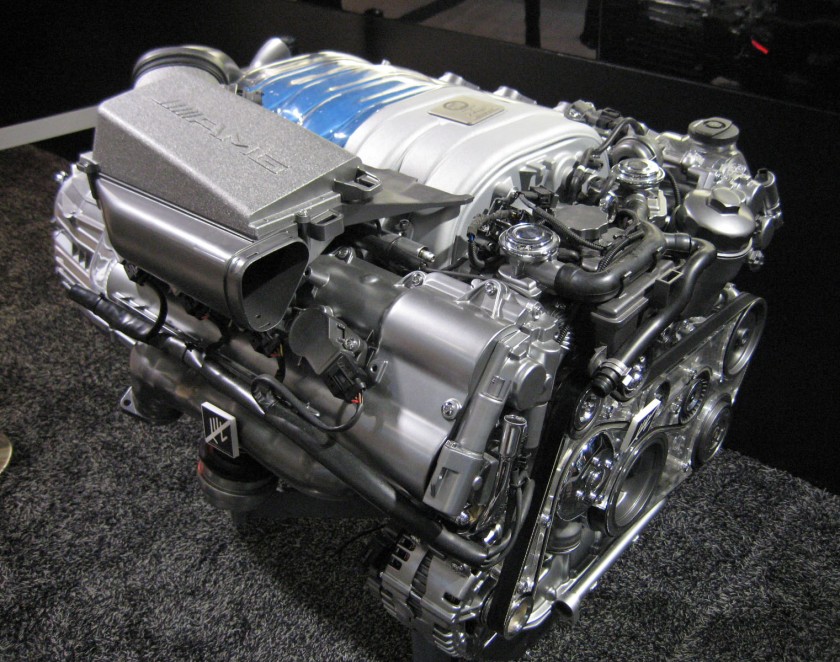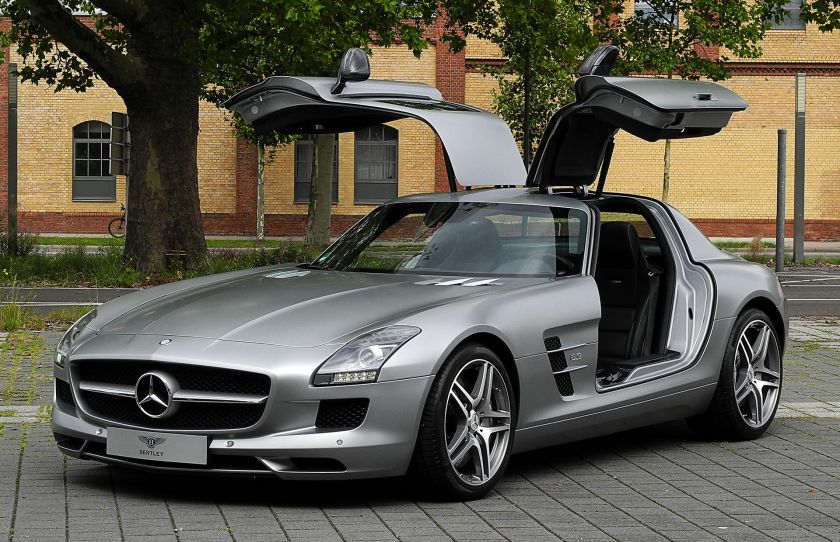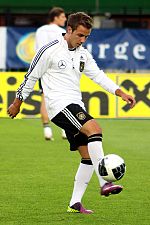Toyota Automobiles, Luxury and commercial Vehicles and engines, Japan
Let’s Go Places (US)
|
|
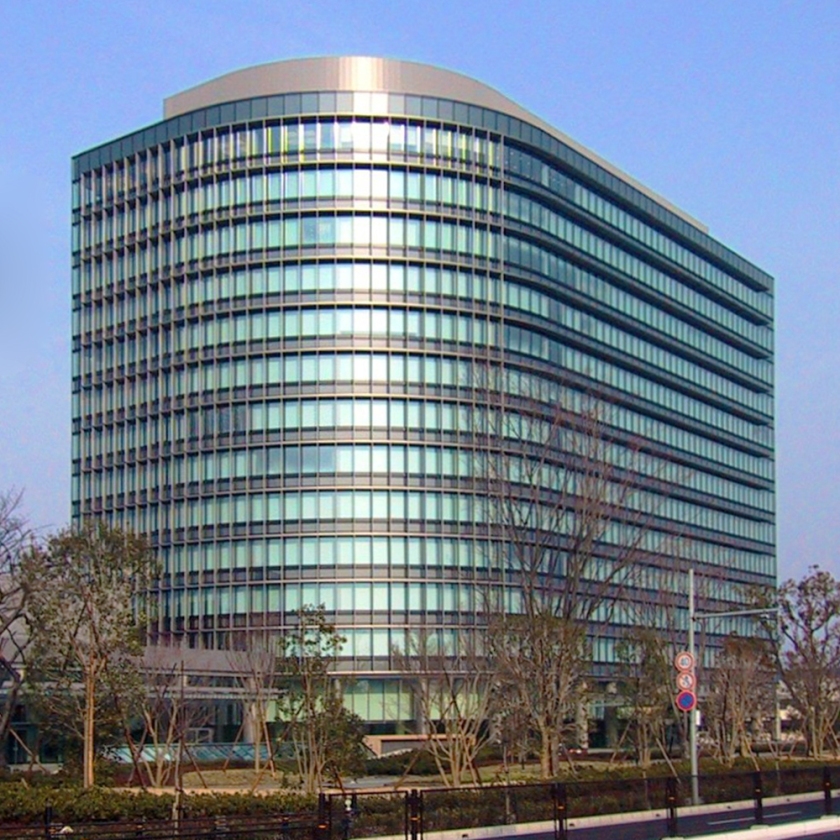 Toyota’s new headquarters building in Toyota City, Japan Toyota’s new headquarters building in Toyota City, Japan |
|
|
Native name
|
トヨタ自動車株式会社 |
|---|---|
|
Romanized name
|
Toyota Jidosha KK |
| Public (K.K.) | |
| Traded as | |
| Industry | Automotive |
| Founded | August 28, 1937 |
| Founder | Kiichiro Toyoda |
| Headquarters | Toyota, Aichi, Japan |
|
Area served
|
Worldwide |
|
Key people
|
|
| Products | Automobiles, luxury vehicles, commercial vehicles, engines |
|
Production output
|
|
| Services | Banking, financing, leasing |
| Revenue | |
| Profit | |
| Total assets | |
| Total equity | |
| Owner |
|
|
Number of employees
|
344,109 (2015) |
| Divisions | |
| Subsidiaries | 545 |
| Slogan |
|
| Website | Toyota Global |
Toyota Motor Corporation (Japanese: トヨタ自動車株式会社Hepburn: Toyota Jidōsha KK?, IPA: [toꜜjota], /tɔɪˈoʊtə/) is a Japanese automotive manufacturer headquartered in Toyota, Aichi, Japan. In March 2014 the multinational corporation consisted of 338,875 employees worldwide and, as of February 2016, is the 13th-largest company in the world by revenue. Toyota was the largest automobile manufacturer in 2012 (by production) ahead of the Volkswagen Group and General Motors. In July of that year, the company reported the production of its 200-millionth vehicle. Toyota is the world’s first automobile manufacturer to produce more than 10 million vehicles per year. It did so in 2012 according to OICA, and in 2013 according to company data. As of July 2014, Toyota was the largest listed company in Japan by market capitalization (worth more than twice as much as #2-ranked SoftBank) and by revenue.
The company was founded by Kiichiro Toyoda in 1937 as a spinoff from his father’s company Toyota Industries to create automobiles. Three years earlier, in 1934, while still a department of Toyota Industries, it created its first product, the Type A engine, and, in 1936, its first passenger car, the Toyota AA. Toyota Motor Corporation produces vehicles under 5 brands, including the Toyota brand, Hino, Lexus, Ranz, and Scion. It also holds a 51.2% stake in Daihatsu, a 16.66% stake in Fuji Heavy Industries, a 5.9% stake in Isuzu, a 3.58% stake in the Yamaha Motor Company, and a 0.27% stake in Tesla, as well as joint-ventures with two in China (GAC Toyota and Sichuan FAW Toyota Motor), one in India (Toyota Kirloskar), one in the Czech Republic (TPCA), along with several “nonautomotive” companies. TMC is part of the Toyota Group, one of the largest conglomerates in the world.
Corporate governance
Toyota is headquartered in Toyota City, Aichi. The main headquarters of Toyota is located in a four-story building in Toyota. As of 2006 the head office has the “Toyopet” Toyota logo and the words “Toyota Motor”. The Toyota Technical Center, a 14-story building, and the Honsha plant, Toyota’s second plant engaging in mass production and formerly named the Koromo plant, are adjacent to one another in a location near the headquarters. Vinod Jacob from The Hindu described the main headquarters building as “modest”. In 2013 company head Akio Toyoda reported that it had difficulties retaining foreign employees at the headquarters due to the lack of amenities in the city.
Its Tokyo office is located in Bunkyo, Tokyo. Its Nagoya office is located in Nakamura-ku, Nagoya. In addition to manufacturing automobiles, Toyota provides financial services through its Toyota Financial Servicesdivision, and also builds robots.
President of Toyota Motor Company:
- Rizaburo Toyoda (1937–1941)
- Kiichiro Toyoda (1941–1950)
- Taizo Ishida (1950–1961)
- Fukio Nakagawa (1961–1967)
- Eiji Toyoda (1967–1981)
In 1981, Toyota Motor Co., Ltd. announced plans to merge with its sales entity Toyota Motor Sales Co., Ltd. Since 1950, the two entities existed as separate companies due to a prerequisite for reconstruction in postwar Japan. Shoichiro Toyoda presided over Toyota Motor Sales in preparation for the consummation of the merger that occurred in 1982. Shoichiro then succeeded his uncle Eiji as the President of the combined organization that then became known as Toyota Motor Corporation.
President of Toyota Motor Corporation:
- Eiji Toyoda (1981)
- Shoichiro Toyoda (1982–1992)
CEO of Toyota Motor Corporation:
- Tatsuro Toyoda (1992–1995)
- Hiroshi Okuda (1995–1999)
- Fujio Cho (1999–2005)
- Katsuaki Watanabe (2005–2009)
- Akio Toyoda (2009–present)
Chairman of Toyota Motor Corporation:
- Shoichiro Toyoda (1992–1999)
- Hiroshi Okuda (1999–2006)
- Fujio Cho (2006–2013)
- Takeshi Uchiyamada (2013–present)
On June 14, 2013, Toyota Motor Corp. announced the appointment of outside board members; the appointment was a first for the corporation and occurred following approval from general shareholders at a meeting on the same day. Additionally, Vice Chairman Takeshi Uchiyamada replaced Fujio Cho as chairman, as the latter became an honorary chairman, while Toyoda remains in the post of President.
Toyota is publicly traded on the Tokyo, Osaka, Nagoya, Fukuoka, and Sapporo exchanges under company code TYO: 7203. In addition, Toyota is foreign-listed on the New York Stock Exchange under NYSE: TM and on the London Stock Exchange under LSE: TYT. Toyota has been publicly traded in Japan since 1949 and internationally since 1999.
As reported on its consolidated financial statements, Toyota has 540 consolidated subsidiaries and 226 affiliates.
- Toyota Motor North America (100% – 2004)
- Toyota Canada Inc. (51% – 2013)
- Toyota Tsusho – Trading company for the Toyota Group
- Daihatsu Motor Company (51.2% – March 31, 2006)
- Hino Motors (50.1% – 2001)
- Lexus 100% (1989)
- Scion 100% (2003)
- DENSO (24.74% – September 30, 2006)
- Toyota Industries (23.51% – March 31, 2006)
- Aisin Seiki Co. (23.0% – September 30, 2006)
- Fuji Heavy Industries (16.66% – June 28, 2008)
- Isuzu Motors (5.9% – November 10, 2006)
- PT Toyota Astra Motor (49% – 2003)
- Noble Automotive (23% – 2014)
- PT Toyota Motor Manufacturing Indonesia (95% – 2003)
Financial results
In 2011, the Toyota Group (including Daihatsu, Hino and Chinese joint ventures) fell to place three with 8,050,181 units produced globally. According to an unofficial count, based on unit production reported by major automakers, Toyota regained its top rank with 9,909,440 units produced globally in calendar year 2012. On May 8, 2013, Toyota announced plans to produce 10.1 million units in fiscal year 2013, which, if achieved, would make it the first auto manufacturer to cross the 10-million-unit threshold.
On May 8, 2009, Toyota reported a record annual net loss of US$4.2 billion, making it the latest automobile maker to be severely affected by the global financial crisis that started in 2007. Toyota’s financial unit had asked for an emergency loan from a state-backed lender on March 16, 2009, with reports putting the figure at more than A$3 billion. It said the international financial situation was squeezing its business, forcing it to ask for an emergency loan from the Japan Bank for International Cooperation. This was the first time the state-backed bank has been asked to lend to a Japanese car manufacturer.
On May 8, 2013, Toyota Motor Corporation announced its financial results for the fiscal year ended March 31, 2013. Net revenues totaled ¥22.0 trillion (+18.7%). Operating income was ¥1.32 trillion (+371%), net income ¥962.1 billion (+239%).
History
1930s
In 1924, Sakichi Toyoda invented the Toyoda Model G Automatic Loom. The principle of jidoka, which means the machine stops itself when a problem occurs, became later a part of the Toyota Production System. Looms were built on a small production line. In 1929, the patent for the automatic loom was sold to a British company, generating the starting capital for the automobile development.
Toyota was started in 1933 as a division of Toyoda Automatic Loom Works devoted to the production of automobiles under the direction of the founder’s son, Kiichiro Toyoda. Its first vehicles were the A1 passenger car and the G1 in 1935. The Toyota Motor Co. was established as an independent company in 1937. In 2008, Toyota’s sales surpassed General Motors, making Toyota number one in the world.
Vehicles were originally sold under the name “Toyoda” (トヨダ), from the family name of the company’s founder, Kiichirō Toyoda. In April 1936, Toyoda’s first passenger car, the Model AA, was completed. The sales price was 3,350 yen, 400 yen cheaper than Ford or GM cars.
In September 1936, the company ran a public competition to design a new logo. Of 27,000 entries, the winning entry was the three Japanese katakana letters for “Toyoda” in a circle. But Risaburō Toyoda, who had married into the family and was not born with that name, preferred “Toyota” (トヨタ) because it took eight brush strokes (a lucky number) to write in Japanese, was visually simpler (leaving off the diacritic at the end), and with avoiceless consonant instead of a voiced one (voiced consonants are considered to have a “murky” or “muddy” sound compared to voiceless consonants, which are “clear”).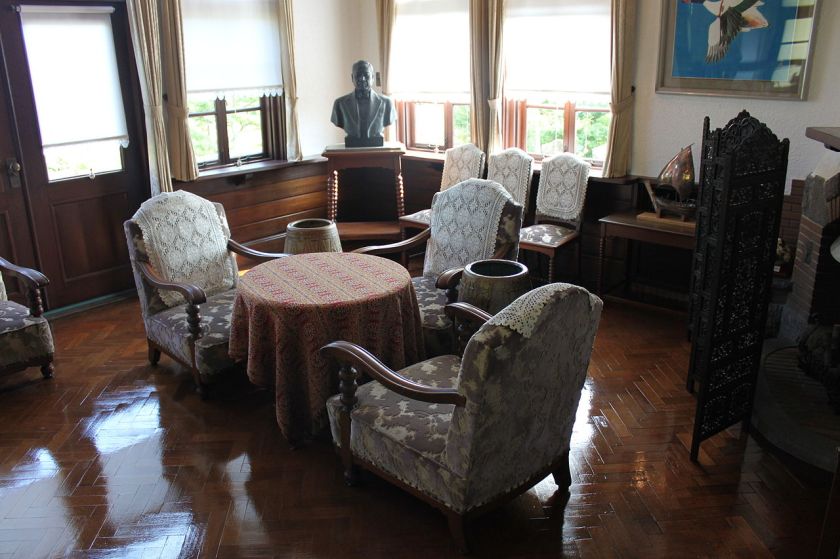 Inside the house of Toyota founder Kiichiro Toyoda, near Toyota City
Inside the house of Toyota founder Kiichiro Toyoda, near Toyota City
Since toyoda literally means “fertile rice paddies”, changing the name also prevented the company from being associated with old-fashioned farming. The newly formed word was trademarked and the company was registered in August 1937 as the Toyota Motor Company.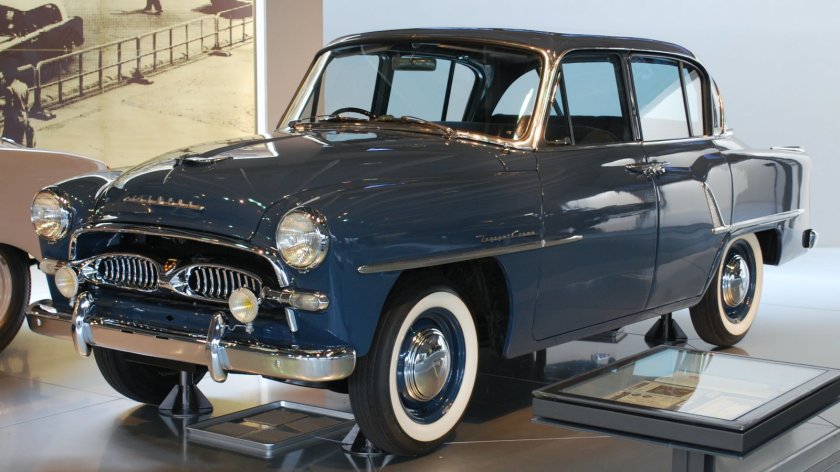 First-generation Toyopet Crown Model RSD (1955/1 – 1958/10)
First-generation Toyopet Crown Model RSD (1955/1 – 1958/10)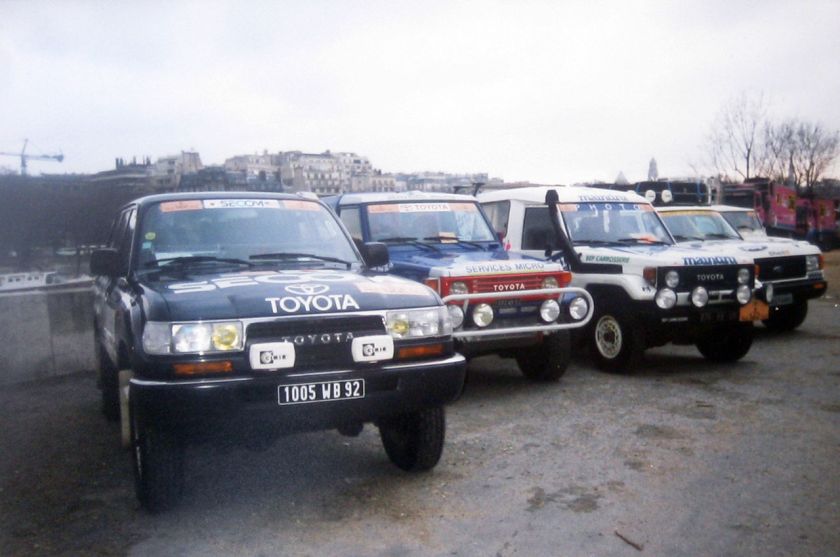 Toyota at the Rally Dakar, 1992
Toyota at the Rally Dakar, 1992
1940s–1950s
From September 1947, Toyota’s small-sized vehicles were sold under the name “Toyopet” (トヨペット). The first vehicle sold under this name was the Toyopet SA, but it also included vehicles such as the Toyopet SB light truck, Toyopet Stout light truck, Toyopet Crown, Toyopet Master, and the Toyopet Corona. The word “Toyopet (Japanese article)” was a nickname given to the Toyota SA due to its small size, as the result of a naming contest the Toyota Company organized in 1947. However, when Toyota eventually entered the American market in 1957 with the Crown, the name was not well received due to connotations of toys and pets. The name was soon dropped for the American market, but continued in other markets until the mid-1960s.
1960s–1970s
By the early 1960s, the US had begun placing stiff import tariffs on certain vehicles. The so-called “chicken tax” of 1964 placed a 25% tax on imported light trucks. In response to the tariff, Toyota, Nissan Motor Co. and Honda Motor Co. began building plants in the US by the early 1980s.
1980s
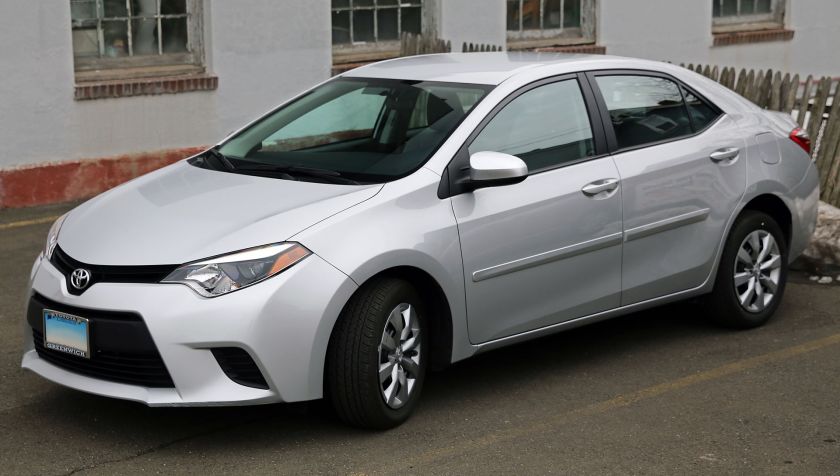 With over 40 million sold, the Corolla is one of the most popular and best selling cars in the world.
With over 40 million sold, the Corolla is one of the most popular and best selling cars in the world.
Toyota received its first Japanese Quality Control Award at the start of the 1980s and began participating in a wide variety of motorsports. Due to the 1973 oil crisis, consumers in the lucrative US market began turning to small cars with better fuel economy. American car manufacturers had considered small economy cars to be an entry-level product, and their small vehicles employed a low level of quality to keep the price low.
In 1982, the Toyota Motor Company and Toyota Motor Sales merged into one company, the Toyota Motor Corporation. Two years later, Toyota entered into a joint venture with General Motors called the New United Motor Manufacturing, Inc, NUMMI, operating an automobile-manufacturing plant in Fremont, California. The factory was an old General Motors plant that had been closed for two years. Toyota then started to establish new brands at the end of the 1980s, with the launch of their luxury division Lexus in 1989.
1990s
In the 1990s, Toyota began to branch out from producing mostly compact cars by adding many larger and more luxurious vehicles to its lineup, including a full-sized pickup, the T100 (and later the Tundra); several lines of SUVs; a sport version of the Camry, known as the Camry Solara; and the Scion brand, a group of several affordable, yet sporty, automobiles targeted specifically to young adults. Toyota also began production of the world’s best-selling hybrid car, the Prius, in 1997.
With a major presence in Europe, due to the success of Toyota Team Europe, the corporation decided to set up Toyota Motor Europe Marketing and Engineering, TMME, to help market vehicles in the continent. Two years later, Toyota set up a base in the United Kingdom, TMUK, as the company’s cars had become very popular among British drivers. Bases in Indiana, Virginia, and Tianjin were also set up. In 1999, the company decided to list itself on the New York and London Stock Exchanges.
2000s
In 2001, Toyota’s Toyo Trust and Banking merged with two other banks to form UFJ Bank, which was accused of corruption by Japan’s government for making bad loans to alleged Yakuza crime syndicates with executives accused of blocking Financial Service Agency inspections. The UFJ was listed among Fortune Magazine’s largest money-losing corporations in the world, with Toyota’s chairman serving as a director. At the time, the UFJ was one of the largest shareholders of Toyota. As a result of Japan’s banking crisis, UFJ merged with the Bank of Tokyo-Mitsubishi to become the Mitsubishi UFJ Financial Group.
In 2002, Toyota managed to enter a Formula One works team and establish joint ventures with French motoring companies Citroën and Peugeot a year after Toyota started producing cars in France.
Toyota ranked eighth on Forbes 2000 list of the world’s leading companies for the year 2005 but slid to 55 for 2011. The company was number one in global automobile sales for the first quarter of 2008.
In 2007, Toyota released an update of its full-sized truck, the Tundra, produced in two American factories, one in Texas and one in Indiana. Motor Trend named the Tundra “Truck of the Year”, and the 2007 Toyota Camry“Car of the Year” for 2007. It also began the construction of two new factories, one to build the RAV4 in Woodstock, Ontario, Canada, and the other to build the Toyota Prius in Blue Springs, Mississippi, USA. This plant was originally intended to build the Toyota Highlander, but Toyota decided to use the plant in Princeton, Indiana, USA, instead. The company has also found recent success with its smaller models—the Corolla and Yaris—as gasoline prices have risen rapidly in the last few years.
2010s
In 2011, Toyota, along with large parts of the Japanese automotive industry, suffered from a series of natural disasters. The 2011 Tōhoku earthquake and tsunami led to a severe disruption of the supplier base and a drop in production and exports. Severe flooding during the 2011 monsoon season in Thailand affected Japanese automakers that had chosen Thailand as a production base. Toyota is estimated to have lost production of 150,000 units to the tsunami and production of 240,000 units to the floods.
The automaker narrowly topped global sales for the first half of 2014, selling 5.1 million vehicles in the six months ending June 30, 2014, an increase of 3.8% on the same period the previous year. Volkswagen AG, which recorded sales of 5.07 million vehicles, was close behind.
In August 2014, Toyota announced it would be cutting its spare-parts prices in China by up to 35%. The company admitted the move was in response to a probe foreshadowed earlier in the month by China’s National Development and Reform Commission of Toyota’s Lexus spare-parts policies, as part of an industry-wide investigation into what the Chinese regulator considers exorbitantly high prices being charged by automakers for spare parts and after-sales servicing.
In November 2015, the company announced that it would invest US$1 billion over the next 5 years into artificial intelligence and robotics research.
Recalls
2009
From November 2009 through 2010, Toyota recalled more than 9 million cars and trucks worldwide in several recall campaigns, and briefly halted production and sales. Toyota initiated the recalls, the first two with the assistance of the U.S. National Highway Traffic Safety Administration (NHTSA), after reports that several vehicles experienced unintended acceleration.
2012
In October 2012, Toyota announced a recall of 7.43 million vehicles worldwide to fix malfunctioning power window switches, the largest recall since that of Ford Motor Company in 1996. The move came after a series of recalls between 2009 and 2011 in which it pulled back around 10 million cars amidst claims of faulty mechanics. In March 2014, Toyota agreed to pay a fine of US$1.2 billion for concealing information and misleading the public about the safety issues behind the recalls on Toyota and Lexus vehicles affected by unintended acceleration.
2014
In early November 2014, Toyota USA enlisted a recall involving defective inflaters and propellant devices that may deploy improperly in the event of a crash, shooting metal fragments into vehicle occupants. More than 7 million vehicles are potentially affected in the United States. This recall only effects vehicles equipped with Takata airbags released after the year 2000 in North America. The airbags were manufactured by Takata automotive manufacturing. Toyota is offering a free repair to all affected vehicles worldwide.The fault in the Takata air bags also affected other North American automobile manufacturers.
Logo and branding
In 1936, Toyota entered the passenger car market with its Model AA and held a competition to establish a new logo emphasizing speed for its new product line. After receiving 27,000 entries, one was selected that additionally resulted in a change of its moniker to “Toyota” from the family name “Toyoda”. The new name was believed to sound better, and its eight-stroke count in the Japanese language was associated with wealth and good fortune. The original logo is no longer found on its vehicles, but remains the corporate emblem used in Japan.
Still, no guidelines existed for the use of the brand name, so “TOYOTA”, which was used throughout most of the world, led to inconsistencies in its worldwide marketing campaigns.
To remedy this, Toyota introduced a new worldwide logo in October 1989 to commemorate the 50th year of the company, and to differentiate it from the newly released luxury Lexus brand. The logo made its debut on the 1989 Toyota Celsior and quickly gained worldwide recognition. The three ovals in the new logo combine to form the letter “T”, which stands for Toyota. The overlapping of the two perpendicular ovals inside the larger oval represent the mutually beneficial relationship and trust between the customer and the company, while the larger oval surrounding both of these inner ovals represents the “global expansion of Toyota’s technology and unlimited potential for the future.”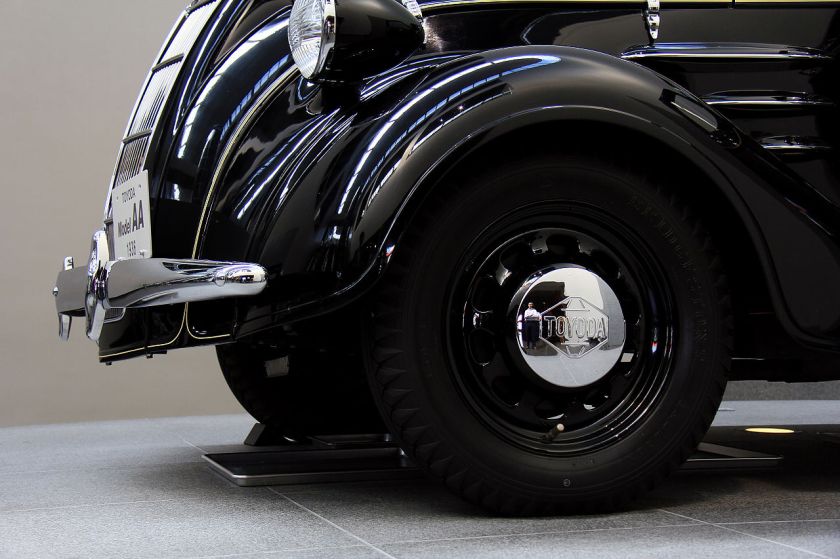 Hubcap of 1936 Toyota AA, with the old “Toyoda” name
Hubcap of 1936 Toyota AA, with the old “Toyoda” name
The new logo started appearing on all printed material, advertisements, dealer signage, and the vehicles themselves in 1990.
In predominantly Chinese-speaking countries or regions using traditional Chinese characters, e.g. Hong Kong and Taiwan, Toyota is known as “豐田”. In Chinese-speaking countries using simplified Chinese characters (e.g. China), Toyota is known as “丰田” (pronounced as Fēngtián in Mandarin Chinese and Hɔng Tshan in Minnanese). These are the same characters as the founding family’s name “Toyoda” in Japanese.
Marketing
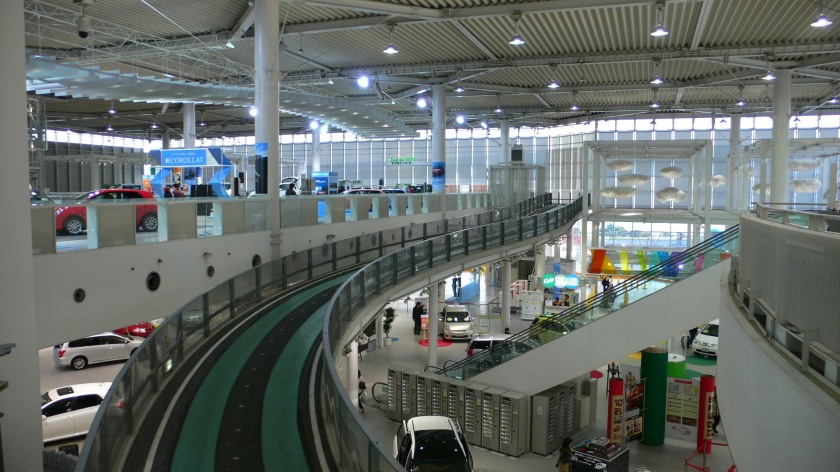 MEGAWEB, Toyota’s permanent exhibition showroom and museum in Odaiba, Tokyo
MEGAWEB, Toyota’s permanent exhibition showroom and museum in Odaiba, Tokyo
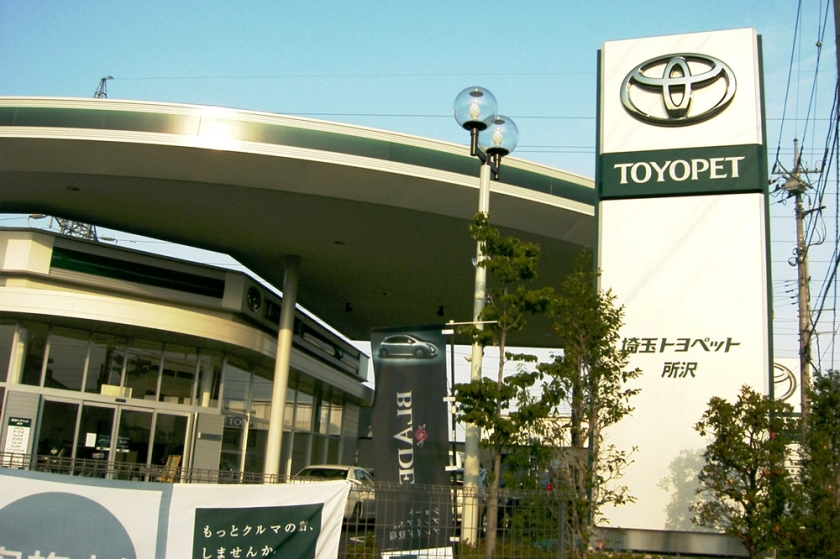 Toyopet Store, Saitama
Toyopet Store, Saitama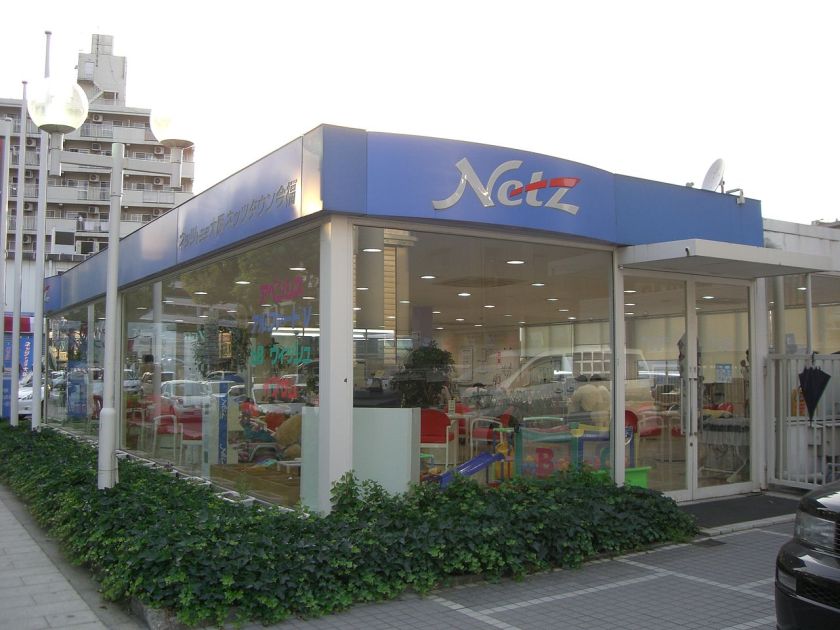 Toyota Netz Store, Tsurumi-ku, Osaka
Toyota Netz Store, Tsurumi-ku, Osaka
Currently, the “Toyota Corolla Store” (トヨタカローラ店 Toyota Karōra-ten) was renamed from the “Toyota Publica Store” (トヨタパブリカ店 Toyota Paburika-ten), which was established to sell the Toyota Publica in 1961, then renamed to sell the Toyota Corolla in 1966.In Japan, Toyota currently maintains separate dealership sales channels. The first sales channel established in 1946 called “Toyota Store” (トヨタ店 Toyota Mise) sells large luxury sedans such as the Toyota Century, and the Toyota Crown. In 1955 the “Toyopet Store” (トヨペット店 Toyopetto-ten) arrived, originally established to sell the Toyota Corona and the Toyopet ToyoAce truck. (Toyota’s five channel dealerships in Japan chronology in Japanese.) Toyota also operated a commercial dealership called Toyota Diesel Shop (トヨタディーゼル店 Toyota Dīzeru-ten) from 1957 until 1988, that sold various commercial platform trucks, buses, and forklifts, such as the Toyota Dyna and the Toyota Coaster. Hino products were sold at specific Hino locations, and shared at Toyota Diesel Store locations after Toyota acquired the company in 1967. Starting in 1980, the Diesel Shop also sold the Starlet, Corolla, Corona, Vista and Crown installed with diesel engines. When the Toyota Diesel Store was disbanded, commercial products were divided between Toyota Store and Toyopet Store locations.
In 1980, the “Toyota Vista Store” replaced the “Toyota Auto Store” (トヨタオート店 Toyota Ōto-ten) sales network that sold the Corolla companion, called the Toyota Sprinter established in 1967. The “Vista” name was used on a new Camry-clone, called the Toyota Vista. The Toyota Vista network was replaced with two networks; “Toyota NETZ” (ネッツ店 Nettsu-ten) in August 1998, and Lexus in 2004. Some former Vista models were rebranded as Lexus (レクサス Rekusasu), such as the Altezza and the Aristo, while other products have been taken over by the “Toyota NETZ”, which was already selling the Toyota ist and the Toyota RAV4. “NETZ” is an acronym for “Network of Energetic Teams for Zenith”.
NETZ locations have been repositioned to resemble the North American Toyota network, called Scion, and sells the Toyota 86. Most models were exclusive to particular retail chains, while some models, like the Prius, are available at all sales channels.
Toyota Slogans
United States
- You asked for it, You got it! (1975-1979)
- Oh What a feeling! (1979-1985)
- Who could ask for anything more? (1985-1989)
- I love what you do for me (1989-1997)
- Everyday (1997-2001)
- Get The Feeling (2001-2004)
- Moving Forward (2004-2012)
- Let’s Go Places (2012-present)
Japan
- ファミリーカーのトヨタ (Roma-ji:Famirika no Toyota, English:Toyota Family Car, 1966-1969)
- 進歩のマーク (Roma-ji:Shinpo no Maku, English:Mark of Progress, 1967-1970)
- 愛される車をめざして (Roma-ji:Aisareru-sha no Mezashite, English:Toward the car be loved, 1971-1980)
- 安全はトヨタの願い (Roma-ji:Anzen wa Toyota no Negai, English:Safety Wish of Toyota, 1978-1982)
- 新技術-時代はTOYOTA (Roma-ji:Shingijutsu jidai wa TOYOTA, English:The New Era of Toyota Technology, 1982-1988)
- Fun To Drive (1984-1990)
- 新しいトヨタが走りはじめます。 (Roma-ji:Atarashi Toyota ga Hashiri Hajimemasu, English:The New Toyota Will Begin Running, 1989-1990)
- シートベルトを忘れずに (Roma-ji:Shītoberuto o wasurezu ni, English:Don’t Forget Your Seatbelt, 1989-1991)
- 人へ。社会へ。地球へ。 (Roma-ji:Hito e, Shakai e, Chikyuu e, English:For People, For Society, For The Earth, 1990-1999)
- BIG CHALLENGE (1993-1996)
- Sedan Innovation (1993-1998)
- ACTION TOYOTA (1997-1998)
- クルマが未来になっていく。 (Roma-ji:Kuruma ga Mirai ni Natte iku, English:The car is Gradually Turned to The Future, 1998-1999)
- Drive Your Dreams. (2000-2011)
- FUN TO DRIVE, AGAIN. (2011-present)
Indonesia
- Choice Of Trust (1984-1989)
- Leads You Ahead (1989-2004)
- Moving Forward (2004-2015)
- Let’s Go Beyond (2015-present)
Malaysia
- Leads You Ahead (1989-2001)
- Passion (2001-2004)
- Get The Feeling (2001-2004)
- Moving Forward (2004-2015)
- Let’s Go Beyond (2015-present)
Singapore & the Philippines
- Leads You Ahead (1989-2001)
- Passion (2001-2004)
- Moving Forward (2004-2012, 2004-present in the Philippines)
- Always Better (2012-present)
Thailand
- Leads You Ahead (1989-2001)
- Passion (2001-2004)
- Moving Forward (2004-2012)
- Mobility Of Happiness (2012-present)
India
- Leads You Ahead (1997-2001)
- Passion (2001-2004)
- Moving Forward (2004-2012)
- Quality Revolution (2012-present)
Toyota Store
- Vehicles sold at Toyota Store (nationally)
The following is a list of all past and present models and where they were available at retail channels nationally, as retail chains in Tokyo and Osaka are different.
Century, Crown Majesta, Crown, Master, SAI, Mirai, Prius, Aqua, Allion, Succeed, Blade, Corolla RunX, Porte, Estima, Isis, FJ Cruiser, Comfort, Land Cruiser, Hilux Surf, Land Cruiser Prado, Dyna, Stout, Coaster, QuickDelivery, 2000GT, Carina, Carina ED, Brevis,Gaia, Cavalier, Classic, MasterAce, Hilux, Mega Cruiser, Soarer, Origin, Caldina.
- Vehicles sold at Toyopet Store (nationally)
Mark X, SAI, Mirai, Premio, Prius, Aqua, Belta, Mark X ZiO, Succeed, Ractis, Blade, Porte, Harrier, Vanguard, Rush, Alphard, Comfort, HiAce, ToyoAce, Pixis Space, Mark II-Mark II Qualis-Mark II Blit, Corona, Corona EXiV, Corona Coupe, Corsa, Opa, Avalon,Progrès, Cami, ist, Platz, Soarer, Hilux, Cynos, Regius, Celsior, Origin, Caldina, Ipsum.
- Vehicles sold at Toyota Corolla Store (starting 1966), formerly Toyota Publica Store (nationally)
SAI, Camry, Prius, Aqua, Corolla Axio, GT-86, Belta, Probox, Corolla Rumion, Ractis, Passo, Sera, Vanguard, Estima, Noah, Sienta, TownAce, all Daihatsu products, Publica, Tercel, Windom, Scepter, Corolla Ceres, Origin, Nadia, WiLL, RAV4, Sports 800, Celica,Supra, Corolla Levin, Celica XX.
- Vehicles sold at Netz Store (starting 1998), formerly Toyota Vista Store (starting 1980), formerly Toyota Auto Store (starting 1967) (nationally)
Vitz, SAI, Prius, Aqua, ist, Auris, bB, Avensis, Raum, Wish, Voxy, RAV4, Kluger, Vellfire, iQ, Allex, Fun Cargo, Altezza, Verossa, Curren, Aristo, MR-S, MR2, Starlet, Vista, Cresta, Sprinter, Voltz, Blizzard, Chaser, Sprinter Marino, Carib, Granvia, Sprinter Trueno,LiteAce, Ipsum, GT-86, WiLL (1999-2004).
Sports
Toyota sponsors several teams and has purchased naming rights for several venues, including:
- Toyota Center, Houston, Texas
- Toyota Center, Kennewick, Washington
- Toyota Field, San Antonio, Texas
- Toyota Park, Bridgeview, Illinois
- Toyota Sports Center, El Segundo, California
- Toyota Stadium, Georgetown, Kentucky
- Toyota Stadium, Frisco, Texas
Company strategy
Toyota’s management philosophy has evolved from the company’s origins and has been reflected in the terms “Lean Manufacturing” and Just In Time Production, which it was instrumental in developing. Toyota’s managerial values and business methods are known collectively as the Toyota Way.
In April 2001, Toyota adopted the “Toyota Way 2001”, an expression of values and conduct guidelines that all Toyota employees should embrace. Under the two headings of Respect for People and Continuous Improvement, Toyota summarizes its values and conduct guidelines with these five principles:
- Challenge
- Kaizen (improvement)
- Genchi genbutsu (go and see)
- Respect
- Teamwork
According to external observers, the Toyota Way has four components:
- Long-term thinking as a basis for management decisions
- A process for problem-solving
- Adding value to the organization by developing its people
- Recognizing that continuously solving root problems drives organizational learning
The Toyota Way incorporates the Toyota Production System.
Operations
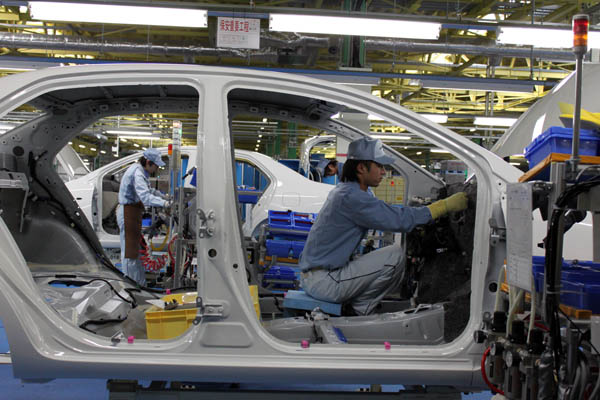 New Toyota factory in Ohira, near Sendai, Miyagi Prefecture, Japan: A month after this picture was taken, the region was devastated by the March 11 earthquake and tsunami. The plant was only lightly damaged, but remained closed for more than a month, mainly due to lack of supplies and energy, in addition to a badly damaged Sendai port.
New Toyota factory in Ohira, near Sendai, Miyagi Prefecture, Japan: A month after this picture was taken, the region was devastated by the March 11 earthquake and tsunami. The plant was only lightly damaged, but remained closed for more than a month, mainly due to lack of supplies and energy, in addition to a badly damaged Sendai port.
Toyota has long been recognized as an industry leader in manufacturing and production. Three stories of its origin have been found, one that they studied Piggly-Wiggly’sjust-in-time distribution system, one that they followed the writings of W. Edwards Deming, and one that they were given the principles from a WWII US government training program (Training Within Industry).
As described by external observers of Toyota, the principles of the Toyota Way are:
- Base your management decisions on a long-term philosophy, even at the expense of short-term goals
- Create continuous process flow to bring problems to the surface
- Use “pull” systems to avoid overproduction
- Level out the workload
- Build a culture of stopping to fix problems, to get quality right the first time
- Standardized tasks are the foundation for continuous improvement and employee empowerment
- Use visual control so no problems are hidden
- Use only reliable, thoroughly tested technology that serves your people and processes
- Grow leaders who thoroughly understand the work, live the philosophy, and teach it to others
- Develop exceptional people and teams who follow your company’s philosophy
- Respect your extended network of partners and suppliers by challenging them and helping them improve
- Go and see for yourself to thoroughly understand the situation (genchi genbutsu)
- Make decisions slowly by consensus, thoroughly considering all options; implement decisions rapidly
- Become a learning organization through relentless reflection and continuous improvement (kaizen)
Toyota has grown from its origins in Japan during the 1930s to become a large multinational corporation. It displaced GM and became the world’s largest automobile maker for the year 2008. It held the title of the most profitable automobile maker (US$11 billion in 2006) along with increasing sales in, among other countries, the United States. The world headquarters of Toyota are located in its home country in Toyota City, Japan. Its subsidiary, Toyota Financial Services sells financing and participates in other lines of business. Toyota brands include Scion and Lexus and the corporation is part of the Toyota Group. Toyota also owns 51% of Daihatsu, and 16.7% of Fuji Heavy Industries, which manufactures Subaru vehicles. They also acquired 5.9% of Isuzu Motors Ltd. on November 7, 2006 and will be introducing Isuzu diesel technology into their products.
Toyota has introduced new technologies, including one of the first mass-produced hybrid gasoline-electric vehicles, of which it says it has sold 2 million globally as of 2010, Advanced Parking Guidance System (automatic parking), a four-speed electronically controlled automatic with buttons for power and economy shifting, and an eight-speed automatic transmission. Toyota, and Toyota-produced Lexus and Scion automobiles, consistently rank near the top in certain quality and reliability surveys, primarily J.D. Power and Consumer Reports although they led in automobile recalls for the first time in 2009.
In 2005, Toyota, combined with its half-owned subsidiary Daihatsu Motor Company, produced 8.54 million vehicles, about 500,000 fewer than the number produced by GM that year. Toyota has a large market share in the United States, but a small market share in Europe. It also sells vehicles in Africa and is a market leader in Australia. Due to its Daihatsu subsidiary it has significant market shares in several fast-growing Southeast Asian countries.
According to the 2008 Fortune Global 500, Toyota is the fifth largest company in the world. Since the recession of 2001, it has gained market share in the United States. Toyota’s market share struggles in Europe where its Lexus brand has 0.3% market share, compared to nearly 2% market share as the US luxury segment leader.
In the first three months of 2007, Toyota together with its half-owned subsidiary Daihatsu reported number one sales of 2.348 million units. Toyota’s brand sales had risen 9.2% largely on demand for Corolla and Camry sedans. The difference in performance was largely attributed to surging demand for fuel-efficient vehicles. In November 2006, Toyota Motor Manufacturing Texas added a facility in San Antonio. Toyota has experienced quality problems and was reprimanded by the government in Japan for its recall practices. In 2007, Toyota maintained over 16% of the US market share and was listed second only to GM in terms of volume. Toyota Century Royal is the official state car of the Japanese imperial family, namely for the current Emperor of Japan.
Toyota was hit by the global financial crisis of 2008 as it was forced in December 2008 to forecast its first annual loss in 70 years. In January 2009, it announced the closure of all of its Japanese plants for 11 days to reduce output and stocks of unsold vehicles.
Akio Toyoda became the new president and CEO of the company on June 23, 2009, by replacing Katsuaki Watanabe, who became the new vice chairman by replacing Katsuhiro Nakagawa.
Worldwide presence
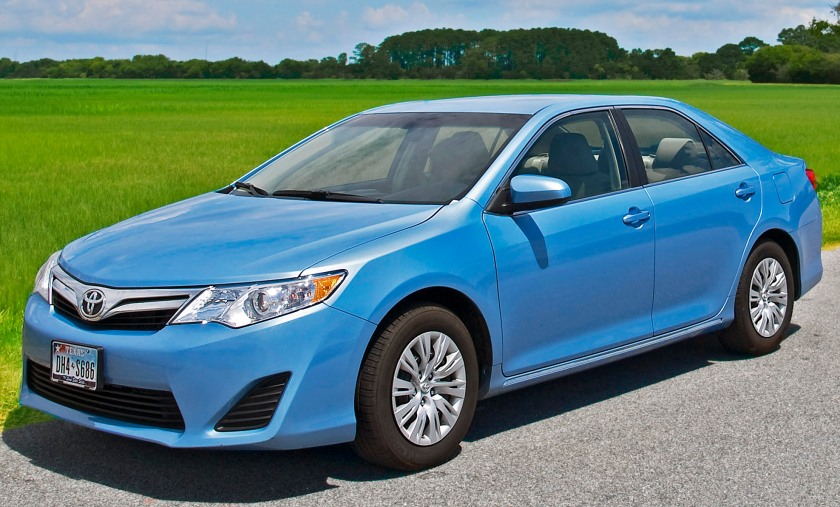 The Toyota Camry is assembled in several facilities around the world including Australia, China, Taiwan, Japan, Malaysia, the Philippines, Pakistan, Russia, Thailand, India, Vietnam and the United States
The Toyota Camry is assembled in several facilities around the world including Australia, China, Taiwan, Japan, Malaysia, the Philippines, Pakistan, Russia, Thailand, India, Vietnam and the United States
Toyota has factories in most parts of the world, manufacturing or assembling vehicles for local markets in Japan, Australia, India, Sri Lanka, Canada, Indonesia, Poland, South Africa, Turkey, Colombia, the United Kingdom, the United States, France, Brazil, Portugal, and more recently, Argentina, Czech Republic, Mexico, Malaysia, Thailand, Pakistan, Egypt, China, Vietnam, Venezuela, the Philippines, and Russia.
Toyota’s net revenue by geographical regions for the year ended March 31, 2007:
| Geographic region | Total sales ( Yen in millions) |
| Japan | 8,152,884 |
| North America | 8,771,495 |
| Europe | 3,346,013 |
| Asia | 1,969,957 |
| Others | 1,707,742 |
In 2002, Toyota initiated the Innovative International Multi-purpose Vehicle project (IIMV) to optimize global manufacturing and supply systems for pickup trucks and multipurpose vehicles, and to satisfy market demand in more than 140 countries worldwide. IIMV called for diesel engines to be made in Thailand, gasoline engines in Indonesia, and manual transmissions in India and the Philippines, for supply to the countries charged with vehicle production. For vehicle assembly, Toyota would use plants in Thailand, Indonesia, Argentina, and South Africa. These four main IIMV production and export bases supply Asia, Europe, Africa, Oceania, Latin America, and the Middle East with three vehicles: The Toyota Hilux (Vigo), the Fortuner, and the Toyota Innova.
North America
Toyota Motor North America headquarters is located in New York City, NY, and operates as a holding company in North America. Its manufacturing headquarters is located in Erlanger, Kentucky, and is known as Toyota Motor Engineering & Manufacturing North America.
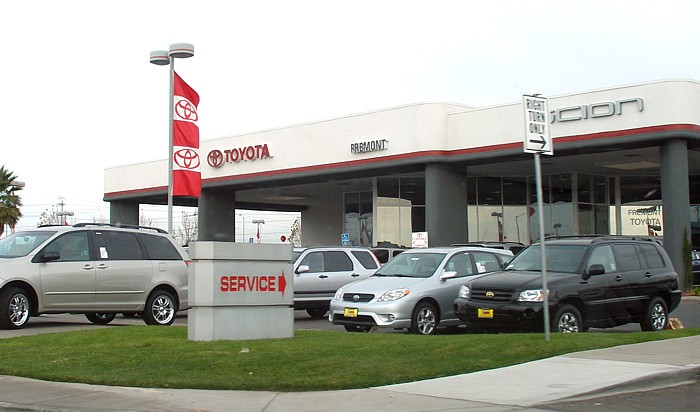 A Toyota dealership in Fremont, California
A Toyota dealership in Fremont, California
Toyota Canada Inc. has been in production in Canada since 1983 with an aluminium wheel plant in Delta, British Columbia, which currently employs a workforce of roughly 260. Its first vehicle assembly plant, in Cambridge, Ontario, since 1988, now produces Corolla compact cars, Matrix crossover vehicles, and Lexus RX 350 luxury SUVs, with a workforce of 4,300 workers. Its second assembly operation in Woodstock, Ontario, began manufacturing the RAV4 late in 2008. In 2006, Toyota’s subsidiary Hino Motors opened a heavy duty truck plant, also in Woodstock, employing 45 people and producing 2000 trucks annually. Toyota Technical Center, Ann Arbor Charter Township, Michigan
Toyota Technical Center, Ann Arbor Charter Township, Michigan
Toyota has a large presence in the United States with six major assembly plants in Huntsville, Alabama, Georgetown, Kentucky, Princeton, Indiana, San Antonio, Texas, Buffalo, West Virginia, and Blue Springs, Mississippi. Toyota had a joint-venture operation with General Motors at New United Motor Manufacturing Inc. in Fremont, California, which began in 1984 and ended in 2009. It still has a joint venture with Subaru at Subaru of Indiana Automotive, Inc. in Lafayette, Indiana, which started in 2006. In these assembly plants, the Camry and theTundra are manufactured, among others.
Toyota marketing, sales, and distribution in the US are conducted through a separate subsidiary, Toyota Motor Sales, U.S.A., Inc. It has started producing larger trucks, such as the new Tundra, to go after the large truck market in the United States. Toyota is also pushing hybrid vehicles in the US such as the Prius, Camry Hybrid, Highlander Hybrid, and various Lexus products. Currently, Toyota has no plans to offer diesel motor options in its North American products, including the light-duty pickup trucks.
Australia
In 1963, Australia was one of the first countries to assemble Toyotas outside Japan. However, in February 2014, Toyota was the last of Australia’s major automakers to announce the end of production in Australia. The closure of Toyota’s Australian plant will be completed by 2017. Before Toyota, Ford and GM’s Holden had announced similar moves, all citing an unfavorable currency and attendant high manufacturing costs.
Product line
Electric technology
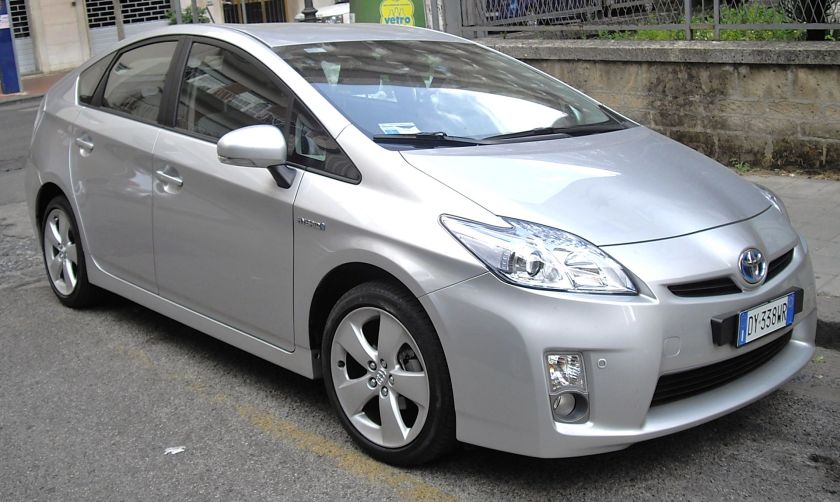 Toyota Prius, flagship of Toyota’s hybrid technology, and the best selling hybrid car in the world
Toyota Prius, flagship of Toyota’s hybrid technology, and the best selling hybrid car in the world
Hybrid electric vehicles
Toyota is one of the largest companies to push hybrid electric vehicles in the market and the first to commercially mass-produce and sell such vehicles, with the introduction of the Toyota Prius in 1997. The company eventually began providing this option on the main smaller cars such as Camry and later with the Lexus divisions, producing some hybrid luxury vehicles. It labeled such technology in Toyota cars as “Hybrid Synergy Drive” and in Lexus versions as “Lexus Hybrid Drive.”
As of July 2015, Toyota Motor Corporation sells 30 Toyota and Lexus hybrid models and one plug-in hybrid in over 90 countries and regions around the world, and the carmaker has plans to introduce other new hybrid models such as the Corolla Hybrid and Levin Hybrid (China only) and RAV4 Hybrid. The Prius liftback is the top selling hybrid gasoline-electric car in world, sales reached the 3 million unit milestone in June 2013, and cumulative sales since 1997 reached 3,527,100 units in July 2015. The Prius liftback ranks as the top selling hybrid car in the U.S. market, and passed the 1 million milestone in April 2011. Cumulative sales of the Prius in Japan reached the 1 million mark in August 2011. As of July 2015, sales of the Prius liftback in both Japan and the U.S. had exceeded the 1.5 million mark. Cumulative TMC hybrid sales since the Prius introduction in Europe in 2000 passed the 1 million unit milestone in November 2015,
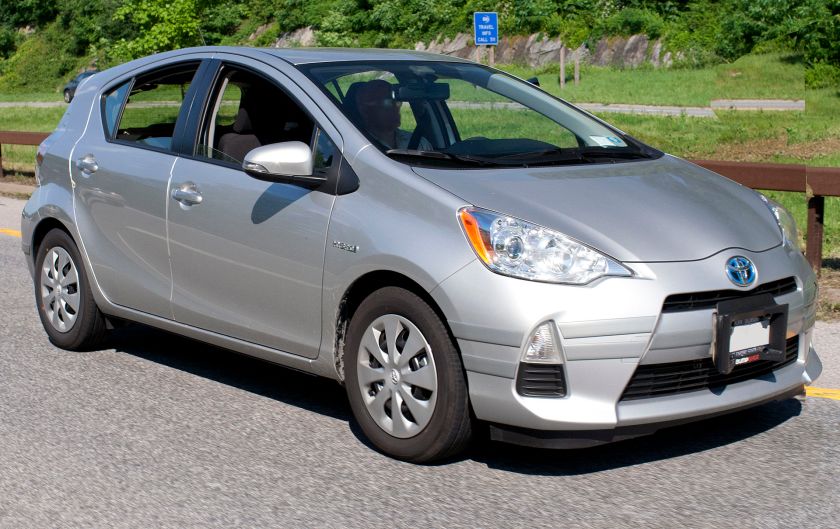 The Toyota Prius c is the second spin-off of the Prius family, and the second most sold TMC hybrid after the Prius liftback.
The Toyota Prius c is the second spin-off of the Prius family, and the second most sold TMC hybrid after the Prius liftback.
Worldwide sales of hybrid vehicles produced by Toyota reached 1 million vehicles by May 31, 2007, and the 2 million mark was reached by August 2009, with hybrids sold in 50 countries. The 5 million hybrid sales milestone was reached in March 2013, During 2012, Toyota and Lexus hybrid models sold more than 1 million units a year for the first time, with 1.219 million units sold. During 2013, TMC sold 1.279 million units, and the 6 million sales milestone was achieved in December 2013, just nine months after its latest million unit milestone. The 7 million sales mark was reached in September 2014, again, selling one million hybrids in ninth months, and the 8 million sales milestone was achieved in July 2015, just 10 months after the previous million-unit milestone. Toyota estimates that up to 31 July 2015, its hybrids have saved about 5.8 billion gallons of gasoline (22 billion liters) compared to the amount used by gasoline-powered vehicles of similar size, and have emitted approximately 58 million fewer tons of carbon dioxide (CO2) emissions than would have been emitted by gasoline-powered vehicles of similar size and driving performance.
As of August 2015, besides the three generations of Prius liftback, Toyota’s hybrid lineup includes the Prius α/Prius v/Prius +, Aqua/Prius c, Camry Hybrid (1st and 2nd generation), Toyota Highlander Hybrid (Kluger Hybrid in Japan), Toyota Avalon Hybrid, Toyota Auris Hybrid, Toyota Yaris Hybrid (Europe only), and the following models sold only in Japan: Alphard Hybrid/Vellfire Hybrid, Estima Hybrid, Toyota Sai, Toyota Harrier, Toyota Crown Hybrid, Toyota Crown Mild Hybrid, Toyota Crown Majesta, Corolla Axio, Corolla Fielder, Toyota Voxy/Noah/Esquire and Toyota Sienta.
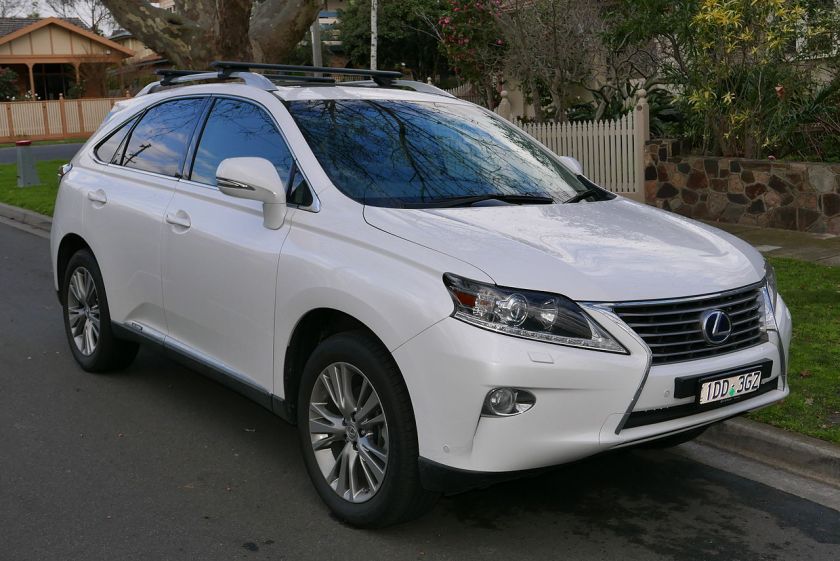 The Lexus RX 450h is the top selling hybrid of the Lexus brand.
The Lexus RX 450h is the top selling hybrid of the Lexus brand.
Beginning in 2011, TMC introduced three new members to the Prius family, the Prius v (Prius α in Japan and Prius + in Europe), the Prius c (Toyota Aqua in Japan), and the Toyota Prius Plug-in Hybrid, released in 2012 in Japan, the U.S. and Europe. With a total of 247,230 vehicles sold during the first quarter of 2012, the Toyota Prius family became the third top selling nameplate in the world in terms of total global sales, after the Toyota Corolla (300,800 units) and the Ford Focus (277,000 units). Until September 2012, the Prius liftback was the top selling new car in Japan for 16 months in a row, until it was surpassed by the Toyota Aqua (Prius c) in October 2012. With 266,567 units sold in Japan in 2012, the Aqua is considered the most successful nameplate launch in the Japanese market in the last 20 years. The Prius c/Aqua model, with global sales of 1,081,332 units through July 2015, is TMC’s second best selling hybrid after the Prius liftback, followed the Prius α/v/+ with 582,379 units, and the two generations of the Camry Hybrid, with 528,217 units sold worldwide. For both Prius family variants Japan is the top selling market, while the U.S. is the top selling Camry market. Ranking next is the Auris with 240,218 units sold in Europe.
Lexus also has their own hybrid lineup, and as of August 2015, consist of the LS 600h/LS 600h L, GS 450h, RX 400h/RX 450h, Lexus HS 250h, Lexus CT 200h, Lexus ES 300h, Lexus IS 300h, Lexus NX 300h, and Lexus RC 300h. Global cumulative sales of Lexus brand hybrids reached the 500 thousand mark in November 2012. As of July 2015, a total of 895,330 Lexus hybrids have been sold worldwide, with the Lexus RX 400h/RX 450h ranking as the top selling Lexus hybrid with 317,560 units, followed by the Lexus CT 200h with 242,003 units.
Plug-in hybrids
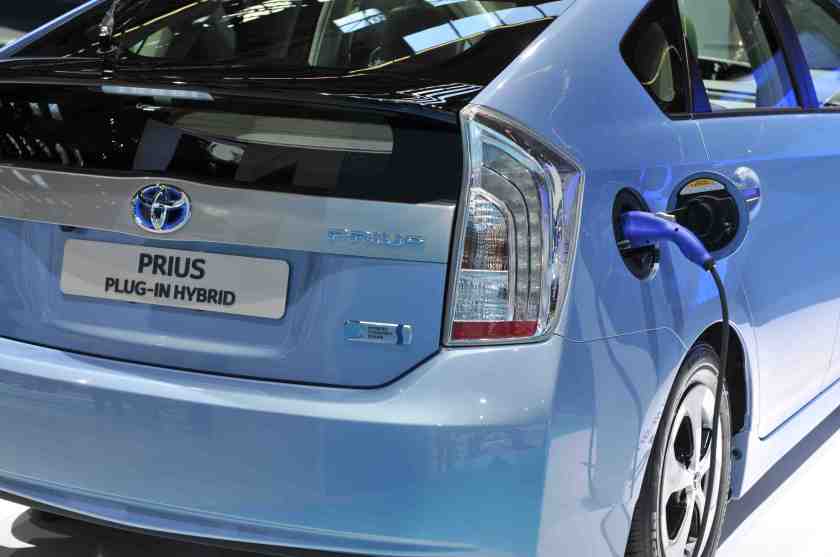 Production version of the 2012 Toyota Prius Plug-in Hybrid.
Production version of the 2012 Toyota Prius Plug-in Hybrid.
Toyota’s plug-in hybrid electric vehicle project began in 2007, with road trials of the prototype vehicle in France and the UK in 2008. Toyota made 600 Prius plug-in demonstration vehicles for lease to fleet and government customers. 230 were delivered in Japan beginning in late December 2009, 125 models released in the U.S. by early 2010, and 200 units in 18 European countries in 2010. France, the UK and Germany had the largest fleets with 150 PHEVs. Canada, China, Australia, and New Zealand also participated in the global demonstration program.
The production version of the Toyota Prius Plug-in Hybrid was released in Japan in January 2012, followed by the United States in late February, and deliveries in Europe began in late June 2012. As of July 2015, about 73,600 Prius PHVs had been sold worldwide since 2012, with North America as the leading regional market with 42,000 units, followed by Japan with about 21,700 units, Europe with around 9,900 units, and only about 100 units in the rest of the world. The United States is the country market leader with 41,576 units delivered. The Netherlands is the leading European market with 4,073 units registered as of July 2015.
During its first year in the market, a total of 27,279 Prius PHVs were sold worldwide, allowing the plug-in version to rank as the second most sold plug-in electric car for 2012. As of May 2015, the Prius Plug-in Hybrid ranked as the world’s second top selling plug-in hybrid after the Volt/Ampera family. Accounting for cumulative sales since its inception, the Prius PHV was the world’s third best selling plug-in electric car by December 2014, but by May 2015 fell to fourth place after the Tesla Model S.
All-electric vehicles
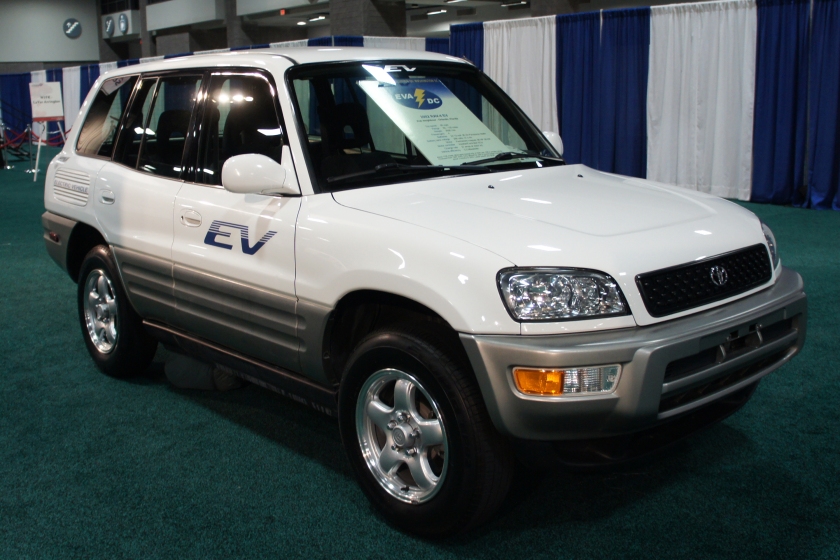
The first generation Toyota RAV4 EV was leased in the United States from 1997 to 2003, and at the lessees’ request, many units were sold after the vehicle was discontinued. A total of 1,484 were leased and/or sold in California to meet the state’s CARB mandate for zero-emissions vehicles. As of mid-2012, there were almost 500 units still in use.
In May 2010, Toyota launched a collaboration with Tesla Motors to create electric vehicles. Toyota agreed to purchase US$50 million of Tesla common stock subsequent to the closing of Tesla’s planned initial public offering. Toyota, with the assistance of Tesla, built 35 converted RAV4s (Phase Zero vehicles) for a demonstration and evaluation program that ran through 2011. The lithium metal-oxide battery and other power train components were supplied by Tesla Motors.
The Toyota RAV4 EV Concept was released in September 2012. The RAV4 EV is assembled at Toyota’s facility in Woodstock, Ontario along with the regular gasoline version. Tesla is building the electric powertrain at its plant at Tesla Factory in Fremont, California, and then ship them to Canada. The RAV4 EV is sold only in California, beginning with the San Francisco Bay Area, Los Angeles/Orange County and San Diego. Production will be limited to 2,600 during the first three years. As of 31 March 2013, a total of 402 RAV4 EVs have been sold in the U.S.
A prototype of the Toyota iQ EV (Scion iQ EV in the US) was exhibited at the 2011 Geneva Motor Show. The Scion iQ EV is the successor to the FT-EV II as an electric vehicle based on the Toyota iQ chassis. Toyota produced three generations of FT-EV concept cars, and the iQ EV is a production version of those concepts, incorporating the technological and design strengths of all three models. The exterior of the production version is based on the FT-EV III concept shown at the 2011 Tokyo Motor Show.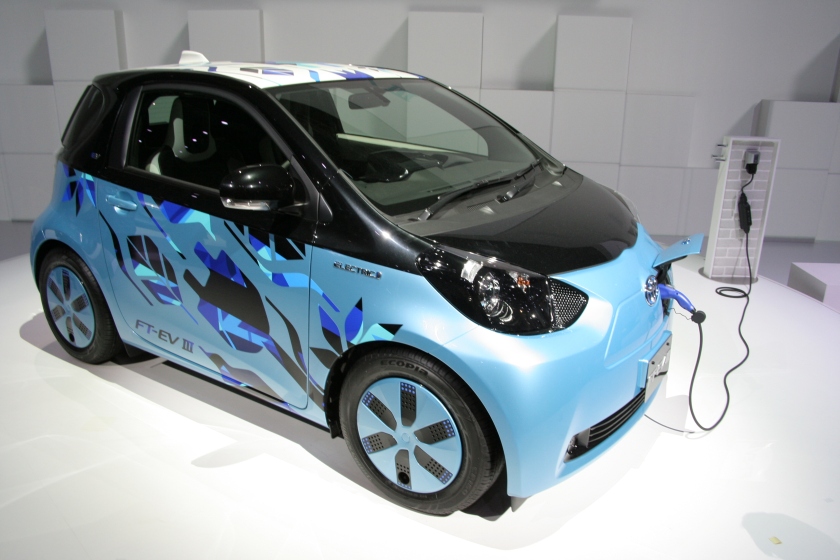 The Toyota iQ/Scion iQ EV is based on Toyota’s three generations of FT-EV concept. Shown the Toyota FT-EV IIIconcept car at the 2011 Tokyo Motor Show.
The Toyota iQ/Scion iQ EV is based on Toyota’s three generations of FT-EV concept. Shown the Toyota FT-EV IIIconcept car at the 2011 Tokyo Motor Show.
The U.S. launch of the Scion iQ EV was announced for 2012, and according to Toyota, for the initial roll-out the iQ EV would not be available to individual consumers, instead the carmaker decided to focus on fleet customers and car sharing programs. The iQ EV was scheduled to be produced at Toyota’s Takaoka Plant in Toyota City beginning in August 2012 and the initial production was planned to be limited to 600 units, with 400 staying in Japan, 100 units destined to the U.S. and the other 100 for Europe. In September 2012 Toyota announced that due to customers’ concerns about range and charging time, the production of the Scion iQ (Toyota eQ in Japan) will be limited to about 100 units for special fleet use in Japan and the U.S. only. The iQ EV/eQ was scheduled to be released in both countries in December 2012.
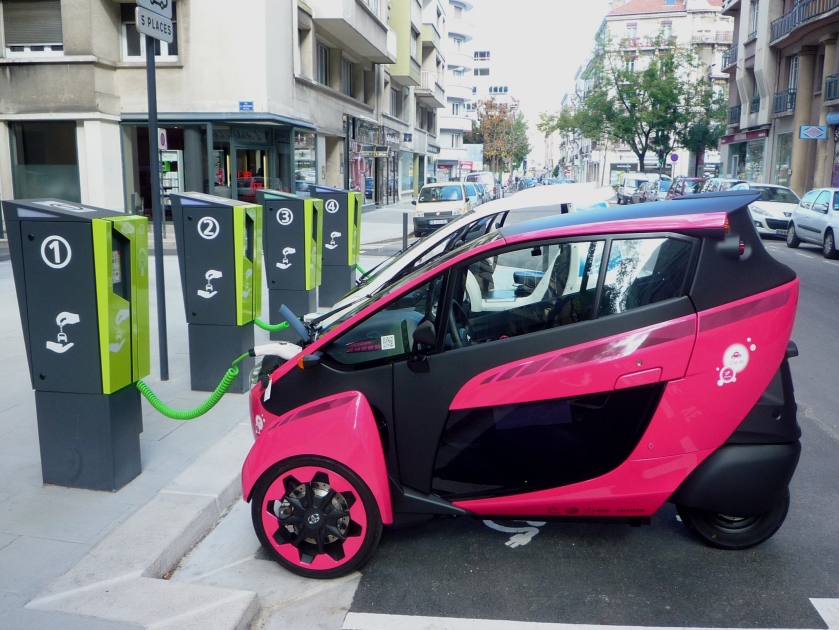 Toyota I-Road in Grenoble
Toyota I-Road in Grenoble
The first 30 iQ EVs were delivered in the U.S. to the University of California, Irvine in March 2013 for use in its Zero Emission Vehicle-Network Enabled Transport (ZEV-NET) carsharingfleet. Since 2002 the ZEV-NET program has been serving the transport needs of the Irvine community with all-electric vehicles for the critical last mile of commutes from the Irvine train station to the UC campus and local business offices.
In addition, Toyota announced that is backing away from fully electric vehicles. The company’s vice chairman, Takeshi Uchiyamada, said “The current capabilities of electric vehicles do not meet society’s needs, whether it may be the distance the cars can run, or the costs, or how it takes a long time to charge.” Toyota’s emphasis would be re-focused on the hybrid concept, and 21 new hybrid gas-electric models scheduled to be on the market by 2015.
Toyota’s project called Ha:mo (Harmonious Mobility Network), is using the Toyota i-Road, an all electric vehicle which combines the potential of both cars and motorbikes. The project is being run in Grenoble, France; Toyota City, Japan; and also Tokyo, Japan.
Hydrogen fuel-cell
In 2002 Toyota began a development and demonstration program to test the Toyota FCHV, a hybridhydrogenfuel cell vehicle based on the Toyota Highlander production SUV. Toyota also built a FCHV bus based on the Hino Blue Ribbon City low-floor bus.Toyota has built several prototypes/concepts of the FCHV since 1997, including the Toyota FCHV-1, FCHV-2, FCHV-3, FCHV-4, and Toyota FCHV-adv. The Toyota FCV-R fuel cell concept car was unveiled at the 2011 Tokyo Motor Show. The FCV-R sedan seats four and has a fuel cell stack including a 70 MPa high-pressure hydrogen tank, which can deliver a range of 435 mi (700 km) under the Japanese JC08 test cycle. Toyota said the car was planned for launch in about 2015.
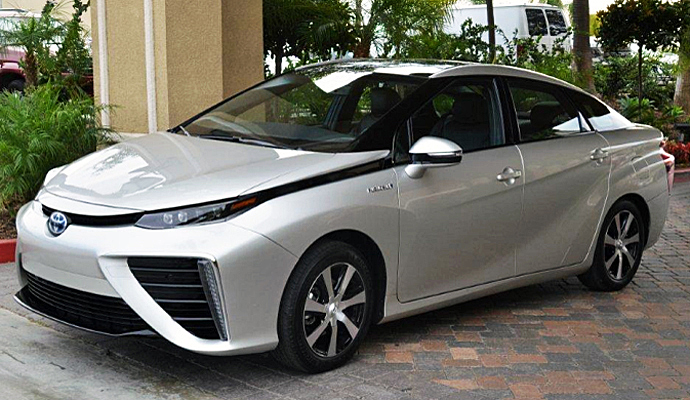 The Toyota Mirai fuel-cell vehicle
The Toyota Mirai fuel-cell vehicle
In August 2012 Toyota announced its plans to start retail sales of a hydrogen fuel-cell sedan in California in 2015. Toyota expects to become a leader in this technology. The prototype of its first hydrogen fuel cell vehicle will be exhibited at the November 2013 Tokyo Motor Show, and in the United States at the January 2014 Consumer Electronics Show.
Toyota’s first hydrogen fuel-cell vehicles to be sold commercially, the Toyota Mirai (Japanese for “future”), was unveiled at the November 2014 Los Angeles Auto Show. In January 2015 it was announced that production of the Mirai fuel cell vehicle would increase from 700 units in 2015 to approximately 2,000 in 2016 and 3,000 in 2017. Sales in Japan began on 15 December 2014 at a price of ¥6.7 million (~US$57,400). The Japanese government plans to support the commercialization of fuel-cell vehicles with a subsidy of ¥2 million (~US$19,600). Retail sales in the U.S. began in August 2015 at a price of US$57,500 before any government incentives. Initially the Mirai will only be available in California. The market release in Europe is slated for September 2015, and initially will be available only in the UK, Germany and Denmark, followed by other countries in 2017. Pricing in Germany starts at €60,000 (~US$75,140) plus VAT (€78,540) .
Cars
As of 2009, Toyota officially lists approximately 70 different models sold under its namesake brand, including sedans, coupes, vans, trucks, hybrids, and crossovers. Many of these models are produced as passenger sedans, which range from the subcompact Toyota Yaris, to compact Corolla, to mid-size Camry, and full-size Avalon. Vans include the Previa/Estima, Sienna, and others. Several small cars, such as the xB and tC, are sold under the Scion brand.
SUVs and crossovers
Toyota crossovers range from the compact Matrix and RAV4, to midsize Venza and Kluger/Highlander. Toyota SUVs range from the midsize 4Runner to full-size Land Cruiser. Other SUVs include the Prado, FJ Cruiser, Fortuner, and Sequoia.
Pickup trucks
Toyota first entered the pickup truck market in 1947 with the SB that was only sold in Japan and limited Asian markets. It was followed in 1954 by the RK (renamed in 1959 as the Stout) and in 1968 by the compact Hilux. With continued refinement, the Hilux (simply known as the Pickup in some markets) became famous for being extremely durable and reliable, and many of these trucks from as early as the late 1970s are still on the road today, some with over 300,000 miles. Extended- and crew-cab versions of these small haulers were eventually added, and Toyota continues to produce them today under various names depending on the market.
Riding on the success of the compact pickups in the US, Toyota decided to attempt to enter the traditionally domestic-dominated full-size pickup market, introducing the T100 for the 1993 US model year, with production ending in 1998. While having a bed at the traditional full-size length of 8 feet, the suspension and engine characteristics were still similar to that of a compact pickup. It proved to be as economical and reliable as any typical Toyota pickup, but sales never became what Toyota brass had hoped for. It was criticized as being too small to appeal to the traditional American full-size pickup buyer. Another popular full-size truck essential, a V8 engine, was never available. Additionally, the truck was at first only available as a regular cab, though Toyota addressed this shortcoming and added the Xtracab version in mid-1995.
In 1999 for the 2000 model year, Toyota replaced the T100 with the larger Tundra. The Tundra addressed criticisms that the T100 did not have the look and feel of a legitimate American-style full-size pickup. It also added the V8 engine that the T100 was criticized for not having. However, the Tundra still came up short in towing capacity as well as still feeling slightly carlike. These concerns were addressed with an even larger 2007 redesign. A stronger V6 and a second V8 engine among other things were added to the option list. As of early 2010, the Tundra has captured 16% of the full-size half-ton market in the US. The all-new Tundra was assembled in San Antonio, Texas, US. Toyota assembled around 150,000 Standard and Double Cabs, and only 70,000 Crew Max’s in 2007. The smaller Tacoma (which traces its roots back to the original Hilux) was also produced at the company’s San Antonio facility.
Outside the United States, Toyota produced the Hilux in Standard and Double Cab, gasoline and diesel engine, and 2WD and 4WD versions. The BBC’s Top Gear TV show featured two episodes of a Hilux that was deemed “virtually indestructible”.
Luxury-type vehicles
As of 2009, the company sold nine luxury-branded models under its Lexus division, ranging from the LS sedan to RX crossover and LX SUV. Luxury-type sedans produced under the Toyota brand included the Century, Crown, and Crown Majesta. A limited-edition model produced for the Emperor of Japan was the Century Royal.
Motorsports
Toyota has been involved in many global motorsports series. They also represent their Lexus brand in other sports car racing categories. Toyota also makes engines and other auto parts for other Japanese motorsports including formula Nippon, Super GT, formula 3 and formula Toyota series. Toyota also runs a driver development programme known as the Toyota Young Drivers Program, which they made for funding and educating future Japanese motorsports talent. Toyota Motorsport GmbH, with headquarters in Cologne, Germany, has been responsible for Toyota’s major motorsports development including Formula One, the World Rally Championship, the Le Mans Series, and most recently the FIA World Endurance Championship. Toyota enjoyed success in all these motorsports categories. In 2002, Toyota entered Formula One as a constructor and engine supplier; however, despite having experienced drivers and a larger budget than many other teams, they failed to match their success in other categories, with five second-place finishes as their best results. On November 4, 2009, Toyota announced they were pulling out of the sport due to the global economic situation.
Toyota’s nationwide driver hunt of drivers for Etios Motor Racing Series ended up with selection of 25 drivers, who will participate in the race in 2013.
TRD
Toyota Racing Development (TRD) was brought about to help develop true high-performance racing parts for many Toyota vehicles. TRD has often had much success with their aftermarket tuning parts, as well as designing technology for vehicles used in all forms of racing. TRD is also responsible for Toyota’s involvement in NASCAR motorsports. TRD also made Lexus’s performance division “F-Sport”.
Nonautomotive activities
Aerospace
Toyota is a minority shareholder in Mitsubishi Aircraft Corporation, having invested US$67.2 million in the new venture which will produce the Mitsubishi Regional Jet, slated for first deliveries in 2017. Toyota has also studied participation in the general aviationmarket and contracted with Scaled Composites to produce a proof of concept aircraft, the TAA-1, in 2002.
Philanthropy
Toyota supports a variety of philanthropic work in areas such as education, conservation, safety, and disaster relief.
Some of the organizations that Toyota has worked with in the US include the American Red Cross, the Boys and Girls Club, Leaders in Environmental Action for the Future (LEAF), and the National Center for Family Literacy.
The Toyota USA Foundation exists to support education in the areas of science, technology, engineering and mathematics.
In addition Toyota works with nonprofits to improve their processes and operations such as the Food Bank For New York City.
Toyota also supports a variety of work in Japan.
The Toyota Foundation takes a global perspective providing grants in the three areas of human and natural environments, social welfare, and education and culture.
Higher education
Toyota established the Toyota Technological Institute in 1981, as Sakichi Toyoda had planned to establish a university as soon as he and Toyota became successful. Toyota Technological Institute founded the Toyota Technological Institute at Chicago in 2003. Toyota is supporter of the Toyota Driving Expectations Program, Toyota Youth for Understanding Summer Exchange Scholarship Program, Toyota International Teacher Program, Toyota TAPESTRY, Toyota Community Scholars (scholarship for high school students), United States Hispanic Chamber of Commerce Internship Program, and Toyota Funded Scholarship. It has contributed to a number of local education and scholarship programs for the University of Kentucky, Indiana, and others.
Robotics
In 2004, Toyota showcased its trumpet-playing robot. Toyota has been developing multitask robots destined for elderly care, manufacturing, and entertainment. A specific example of Toyota’s involvement in robotics for the elderly is the Brain Machine Interface. Designed for use with wheelchairs, it “allows a person to control an electric wheelchair accurately, almost in real-time”, with his or her mind. The thought controls allow the wheelchair to go left, right, and forward with a delay between thought and movement of just 125 milliseconds. Toyota also played a part in the development of Kirobo, the world’s first ‘robot astronaut’.
Agricultural biotechnology
Toyota invests in several small start-up businesses and partnerships in biotechnology, including:
- P.T. Toyota Bio Indonesia in Lampung, Indonesia
- Australian Afforestation Pty. Ltd. in Western Australia and Southern Australia
- Toyota Floritech Co., Ltd. in Rokkasho-Mura, Kamikita District, Aomori Prefecture
- Sichuan Toyota Nitan Development Co., Ltd. in Sichuan, China
- Toyota Roof Garden Corporation in Miyoshi-Cho, Aichi Prefecture
Sewing machine technology
Toyota developed an oekaki-style sewing machine called the Oekaki Renaissance, which, like others of its type, is designed to allow the user to be able to draw ideas directly onto fabric using the art of free-motion embroidery.
Environmental record
Toyota has been a leader in environmentally friendly vehicle technologies, most notably the RAV4 EV (produced from 1997 to 2003) and the Toyota Prius (1997 to present). Toyota is now working on their next generation Prius and second generation RAV4 EV both due out in 2012.
Toyota implemented its fifth Environmental Action Plan in 2005. The plan contains four major themes involving the environment and the corporation’s development, design, production, and sales. The five-year plan is directed at the, “arrival of a revitalized recycling and reduction based society.” Toyota had previously released its Eco-Vehicle Assessment System (Eco-VAS) which is a systematic life cycle assessment of the effect a vehicle will have on the environment including production, usage, and disposal. The assessment includes, “… fuel efficiency, emissions and noise during vehicle use, the disposal recovery rate, the reduction of substances of environmental concern, and CO2 emissions throughout the life cycle of the vehicle from production to disposal.” 2008 marks the ninth year for Toyota’s Environmental Activities Grant Program which has been implemented every year since 2001. Themes of the 2008 program consist of “Global Warming Countermeasures” and “Biodiversity Conservation.”
Since October 2006, Toyota’s new Japanese-market vehicle models with automatic transmissions are equipped with an Eco Drive Indicator. The system takes into consideration rate of acceleration, engine and transmission efficiency, and speed. When the vehicle is operated in a fuel-efficient manner, the Eco Drive Indicator on the instrument panel, lights up. Individual results vary depending on traffic issues, starting and stopping the vehicle, and total distance traveled, but the Eco Drive Indicator may improve fuel efficiency by as much as 4%. Along with Toyota’s eco-friendly objectives on production and use, the company plans to donate US$1 million and five vehicles to the Everglades National Park. The money will be used to fund environmental programs at the park. This donation is part of a program which provides US$5 million and 23 vehicles for five national parks and the National Parks Foundation. However new figures from the United States National Research Council show that the continuing hidden health costs of the auto industry to the US economy in 2005 amounted to US$56 million.
The United States EPA has awarded Toyota Motor Engineering & Manufacturing North America, Inc (TEMA) with an ENERGY STAR Sustained Excellence Award in 2007, 2008 and 2009.
In 2007, Toyota’s Corporate Average Fuel Economy (CAFE) fleet average of 26.69 mpg-US (8.81 L/100 km; 32.05 mpg-imp) exceeded all other major manufacturers selling cars within the United States. Only Lotus Cars, which sold the Elise and Exige (powered by Toyota’s 2ZZ-GE engine), did better with an average of 30.2 mpg-US (7.8 L/100 km; 36.3 mpg-imp).
Current vehicles
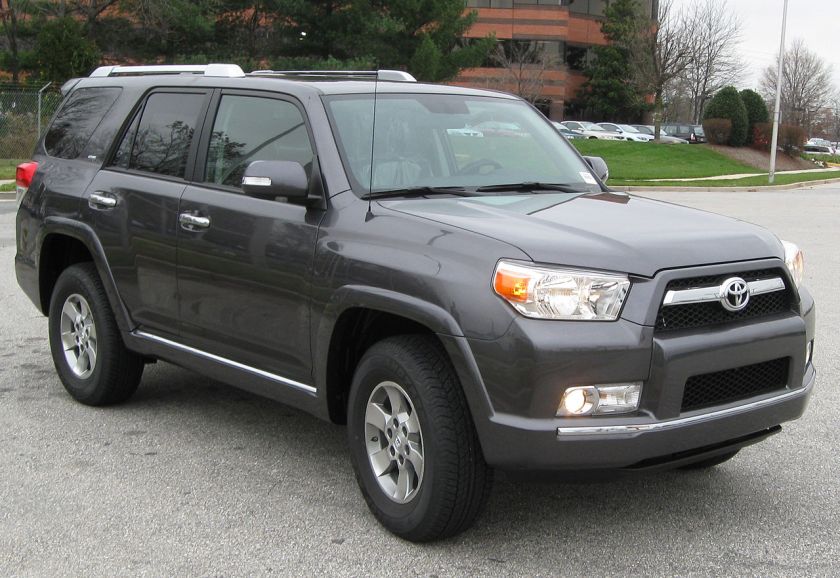 Toyota 4Runner (1984–present, also sold as the Toyota Hilux Surf in Japan)
Toyota 4Runner (1984–present, also sold as the Toyota Hilux Surf in Japan)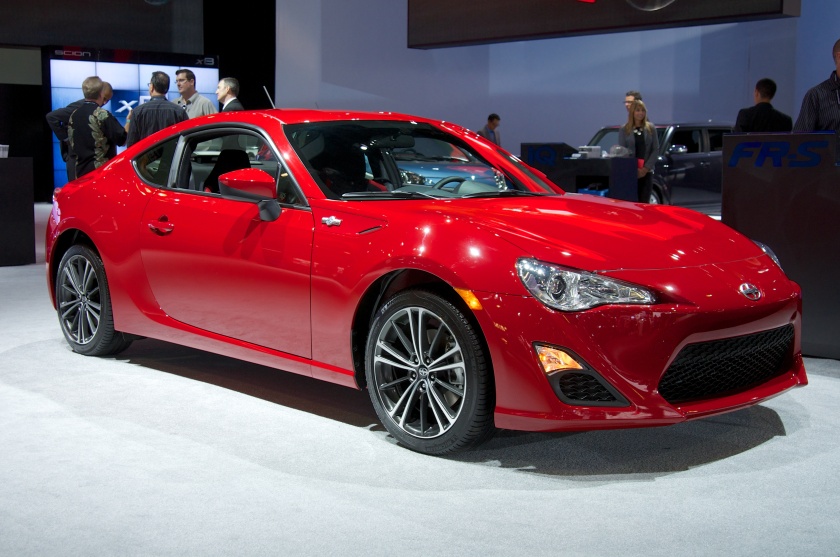 Toyota 86 (2012–present, sold as the Scion FR-S in the United States, as the Toyota GT-86 in Europe and as the Subaru BRZ)
Toyota 86 (2012–present, sold as the Scion FR-S in the United States, as the Toyota GT-86 in Europe and as the Subaru BRZ)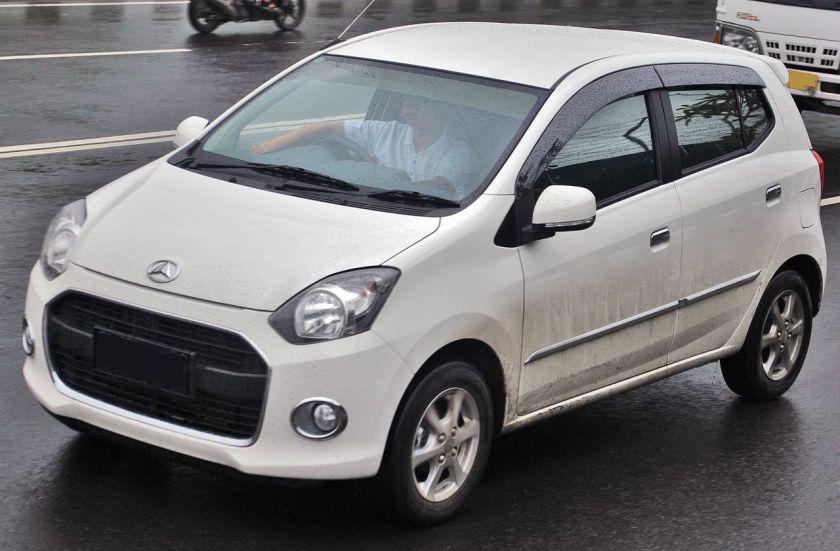 Toyota Agya (2013-present, sold as the Daihatsu Ayla, in Philippines as the Toyota Wigo and in Malaysia as the Perodua Axia)
Toyota Agya (2013-present, sold as the Daihatsu Ayla, in Philippines as the Toyota Wigo and in Malaysia as the Perodua Axia)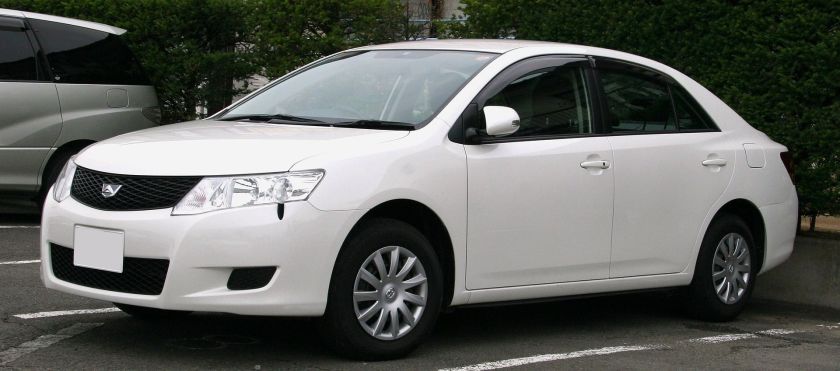 Toyota Allion (2001–present)
Toyota Allion (2001–present)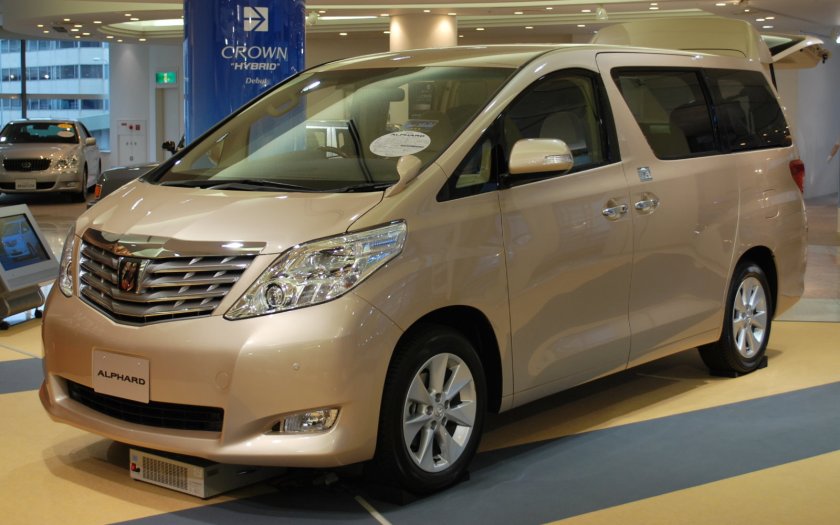 Toyota Alphard (2002–present)
Toyota Alphard (2002–present)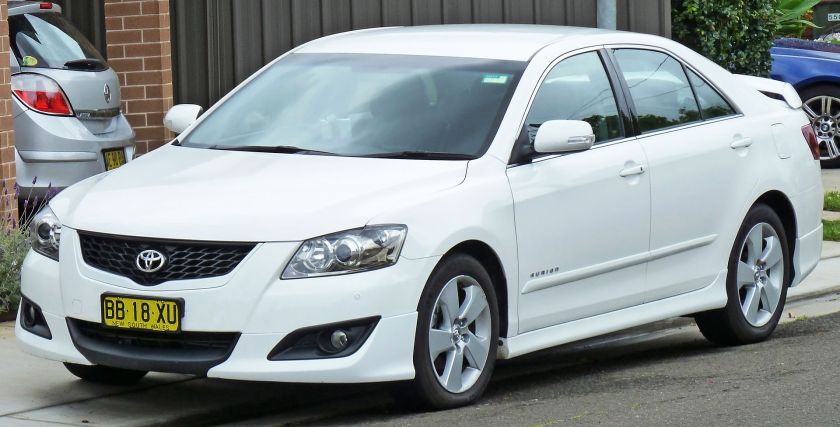 Toyota Aurion (2006–present, Australia)
Toyota Aurion (2006–present, Australia)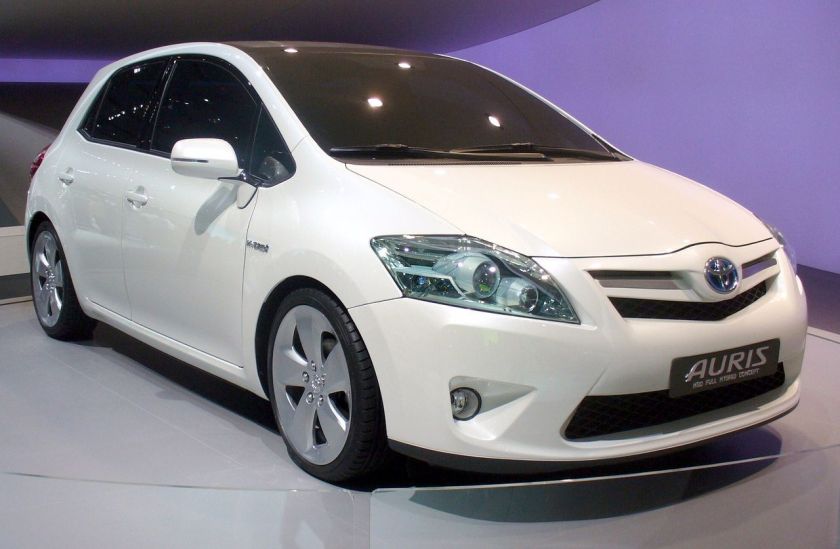 Toyota Auris (2007–present)
Toyota Auris (2007–present)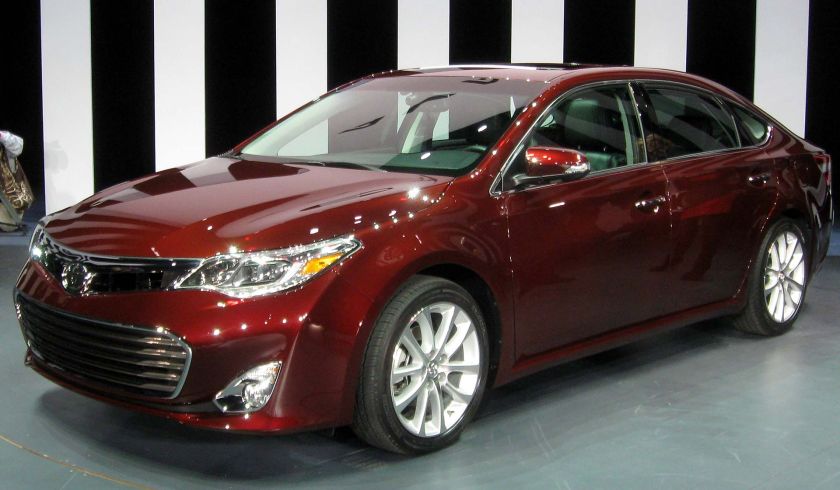 Toyota Avalon (1995–present, previously sold in Japan as the Toyota Pronard)
Toyota Avalon (1995–present, previously sold in Japan as the Toyota Pronard)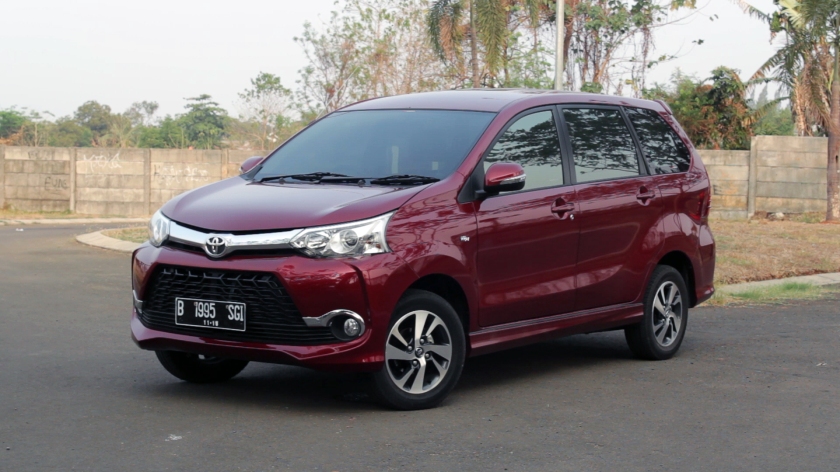 Toyota Avanza (2003–present, sold as the Daihatsu Xenia)
Toyota Avanza (2003–present, sold as the Daihatsu Xenia)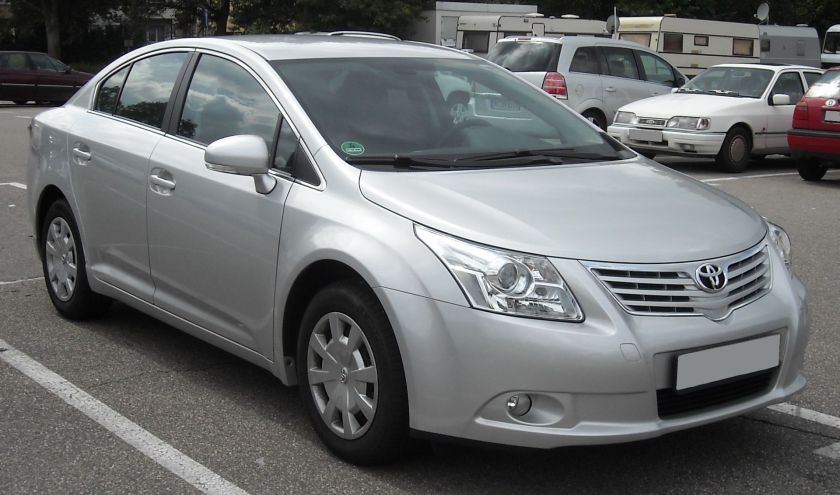 Toyota Avensis (1998–present, shares chassis with the Scion tC)
Toyota Avensis (1998–present, shares chassis with the Scion tC)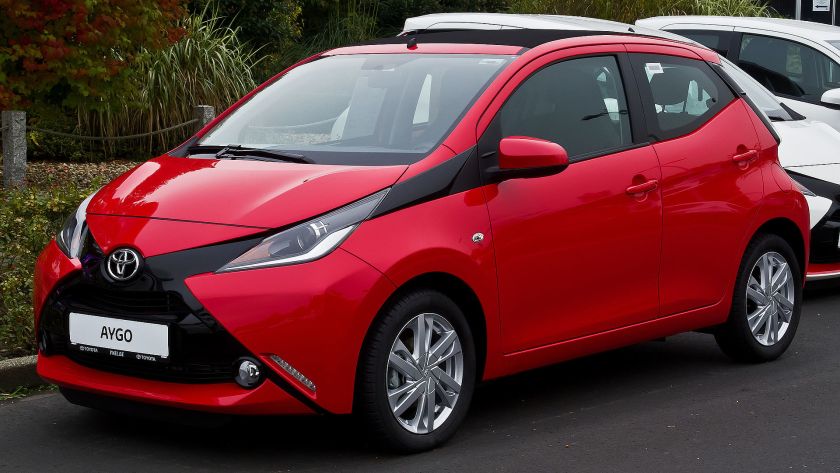 Toyota Aygo (2005–present, Europe only)
Toyota Aygo (2005–present, Europe only)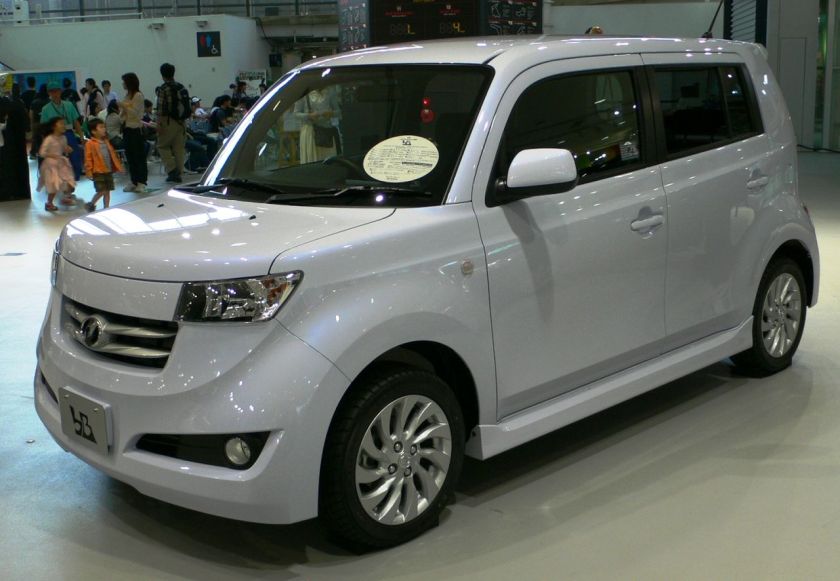 Toyota bB (2000–present, sold as the Scion xB in the United States from 2003-2007)
Toyota bB (2000–present, sold as the Scion xB in the United States from 2003-2007)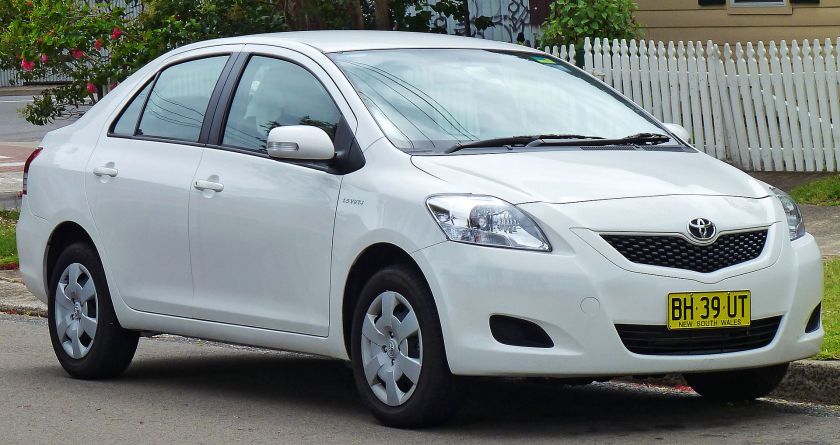 Toyota Belta (2006–present, also sold as the Toyota Yaris)
Toyota Belta (2006–present, also sold as the Toyota Yaris) Toyota Camry (1983–present)
Toyota Camry (1983–present)
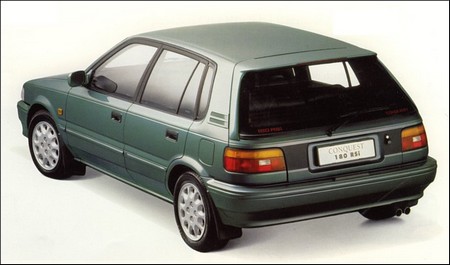
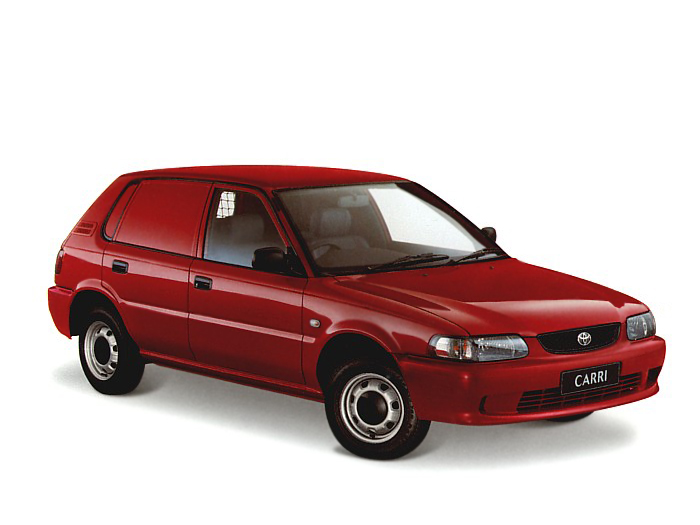 Toyota Carri (1996-, Corolla variant for South Africa)
Toyota Carri (1996-, Corolla variant for South Africa)
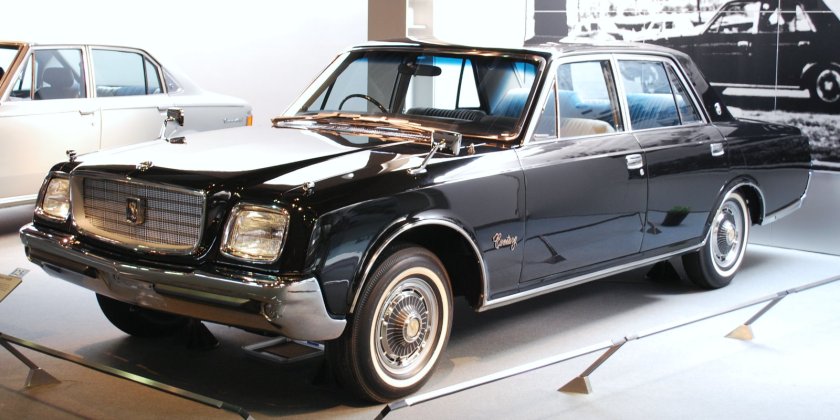 1st generation Toyota_Century Model VG20
1st generation Toyota_Century Model VG20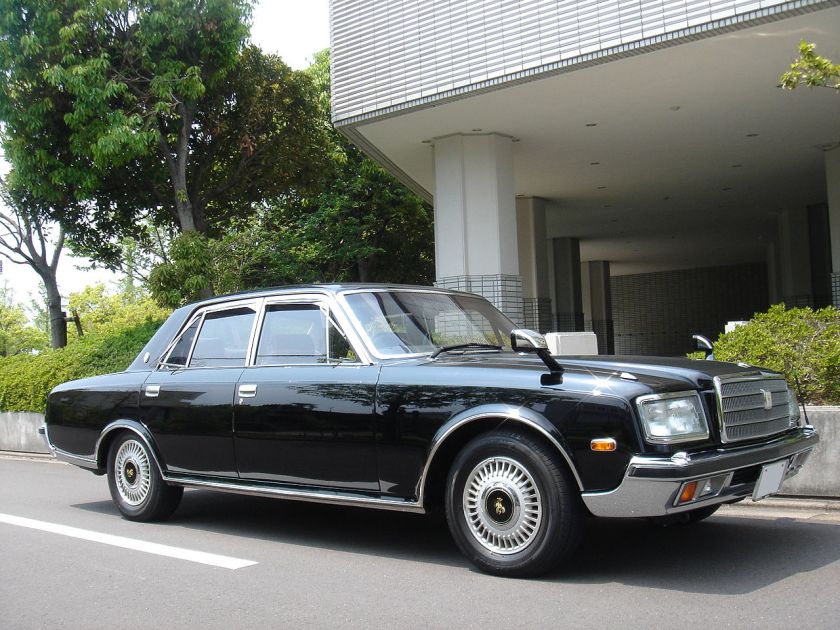 1967 Toyota Century
1967 Toyota Century 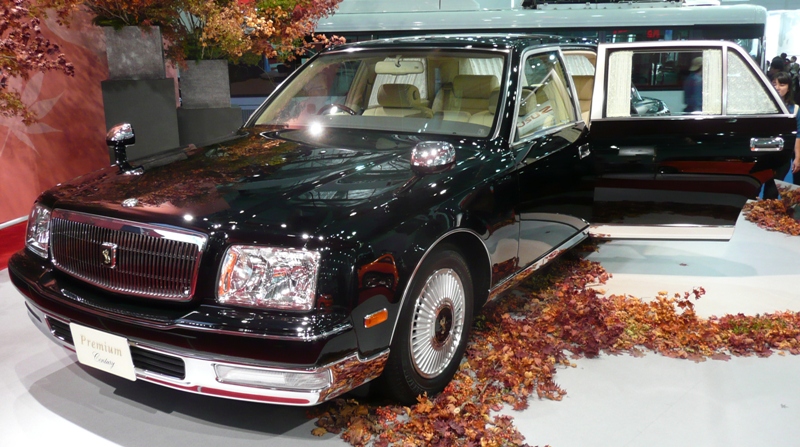 2007 Toyota Premium Century at the 2007 Tokyo Motor Show
2007 Toyota Premium Century at the 2007 Tokyo Motor Show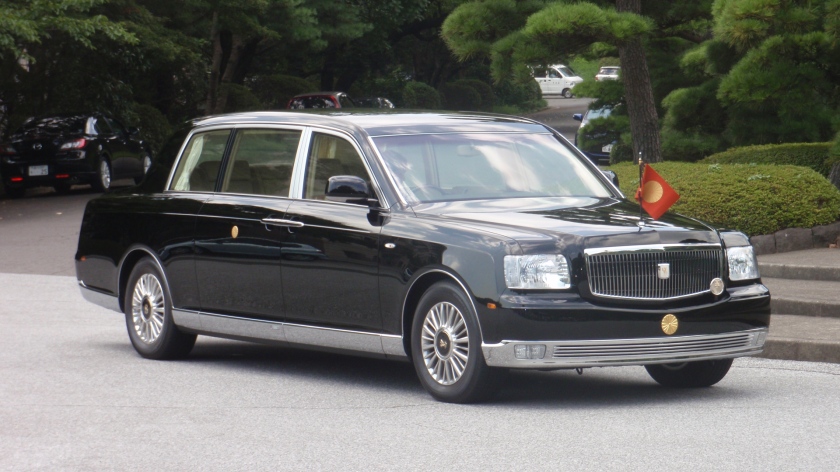 Toyota Century (1967–present) 2011 Imperial Processional Car(Toyota Century Royal)
Toyota Century (1967–present) 2011 Imperial Processional Car(Toyota Century Royal) 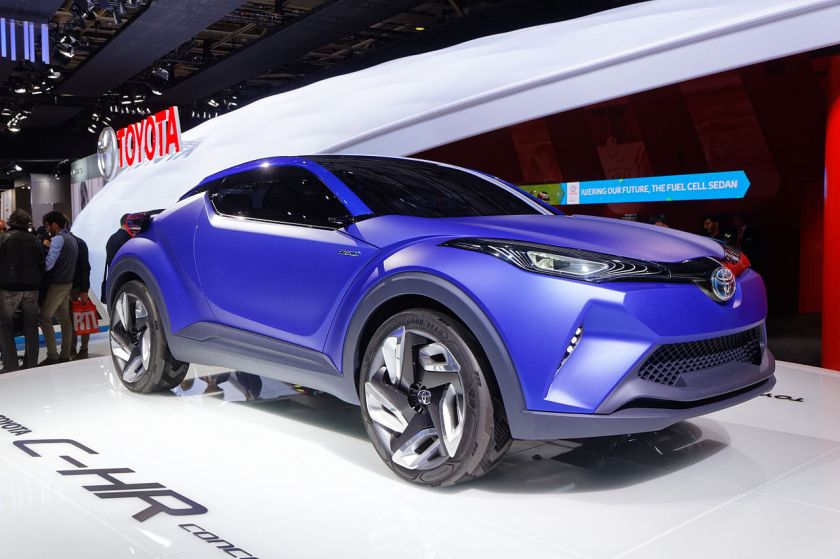 Toyota C-HR (2017-present)
Toyota C-HR (2017-present)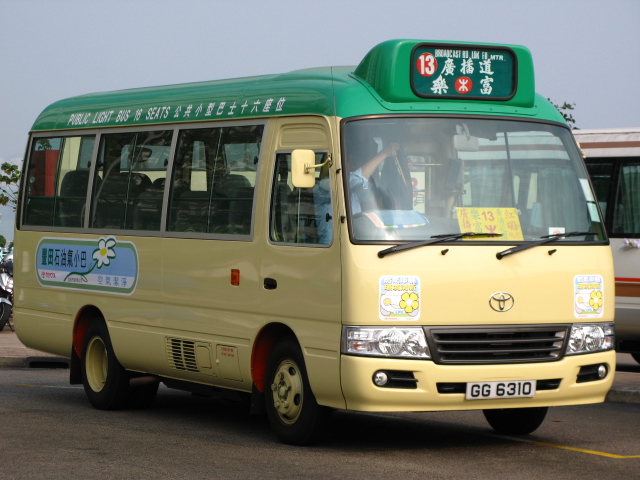 Toyota Coaster (1969–present)
Toyota Coaster (1969–present)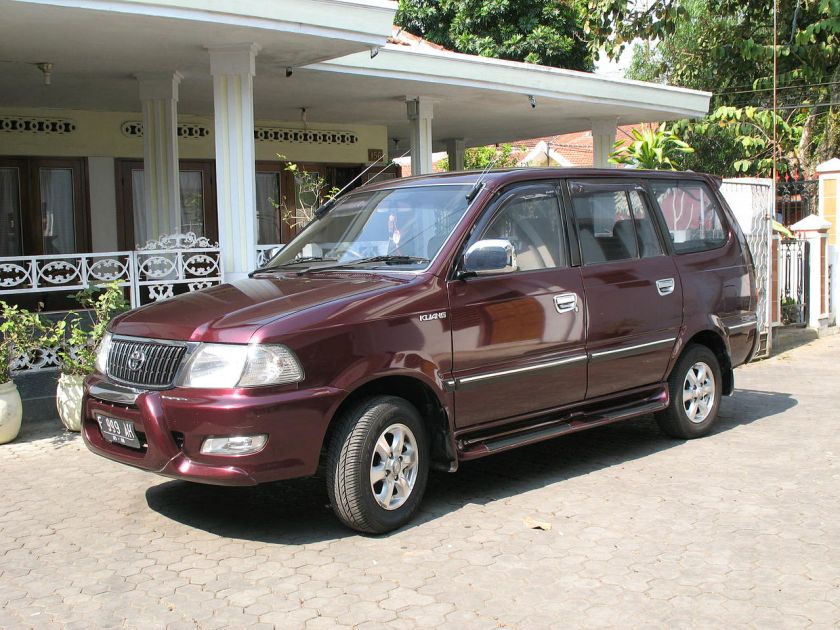 Toyota Condor (South African built version of the Kijang)
Toyota Condor (South African built version of the Kijang)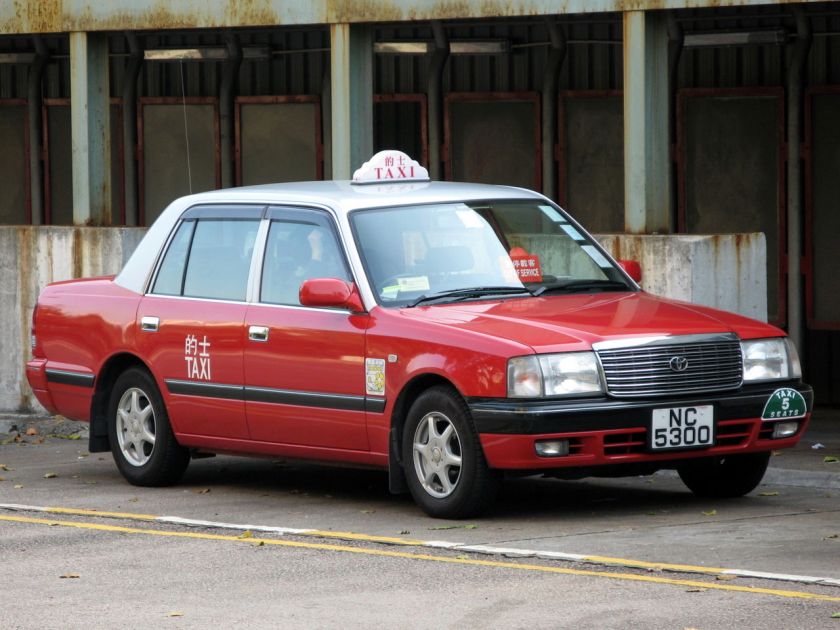 Toyota Comfort (1988–present, also known as the Toyota Crown Comfort)
Toyota Comfort (1988–present, also known as the Toyota Crown Comfort)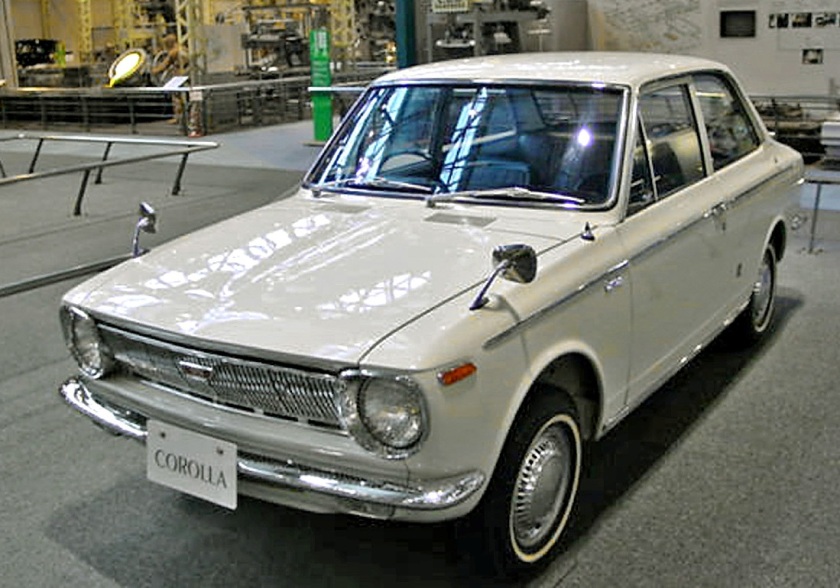
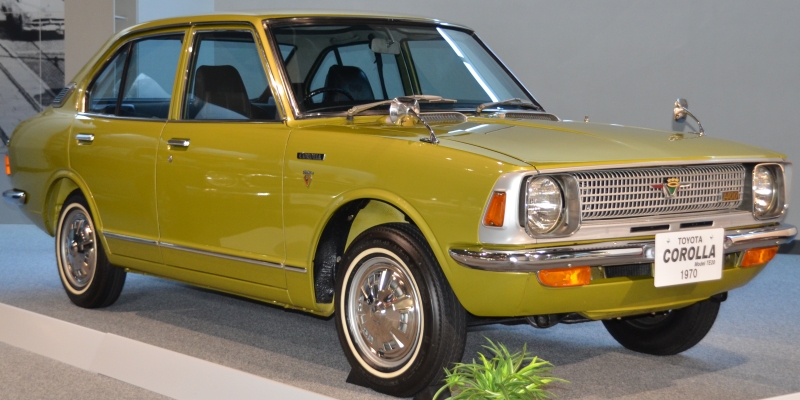
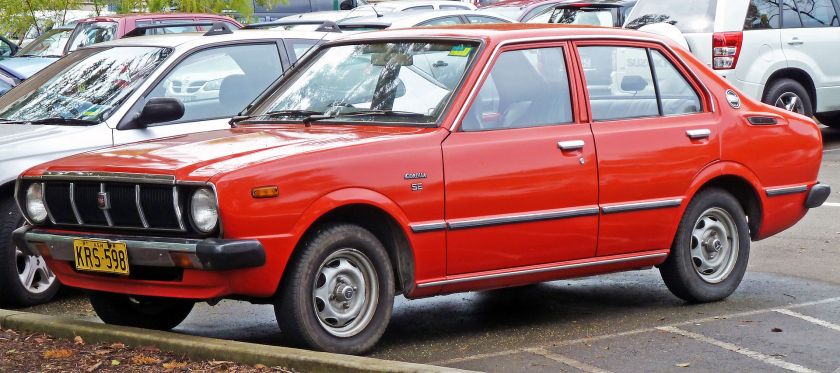
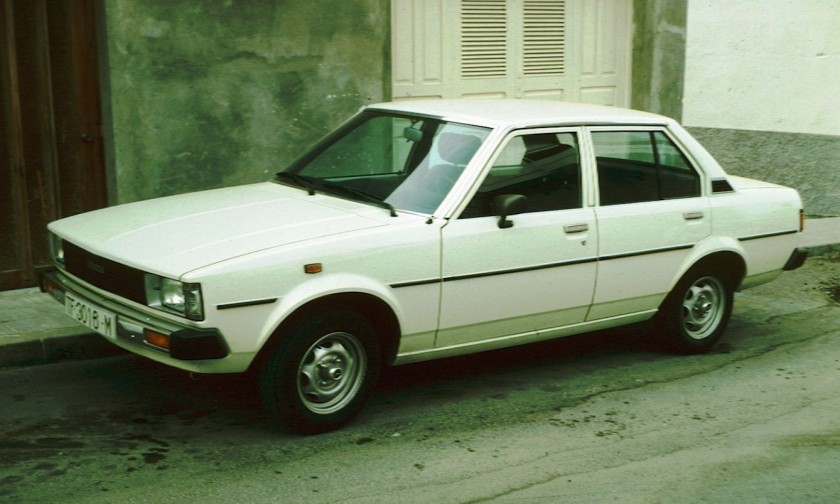
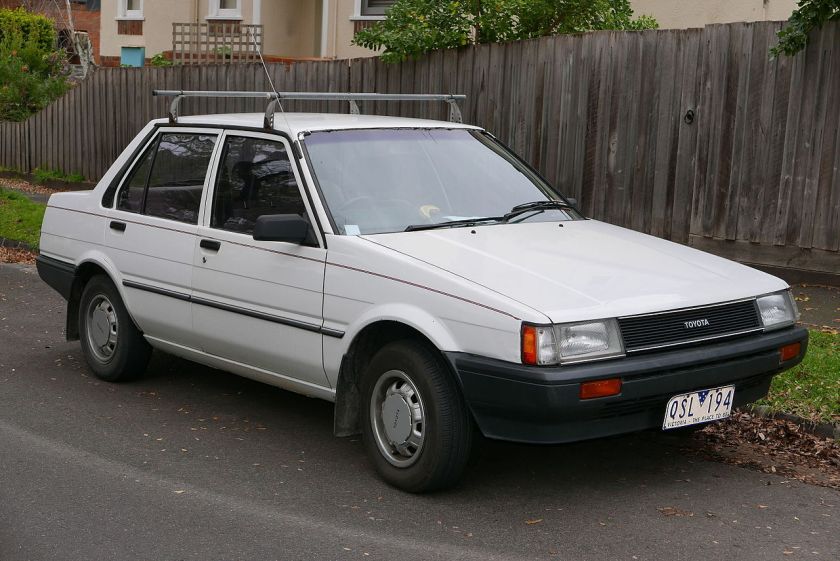
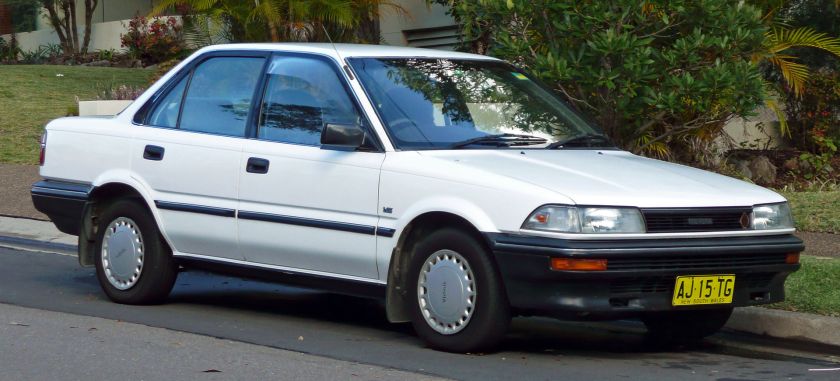
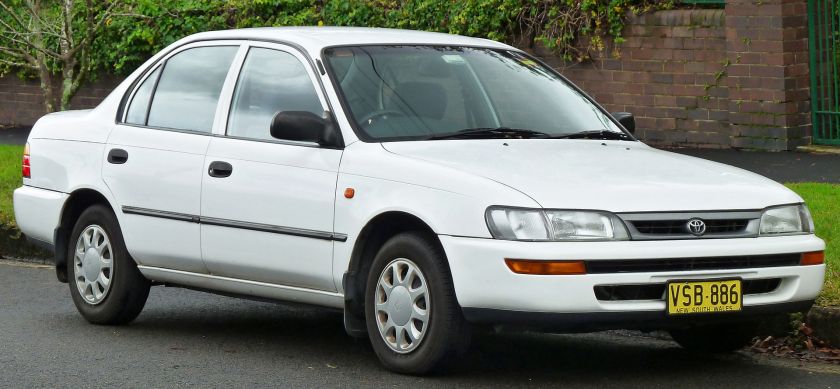
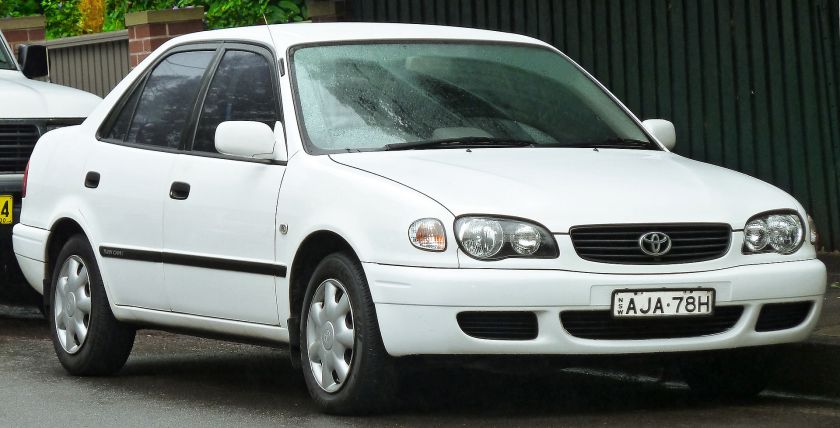
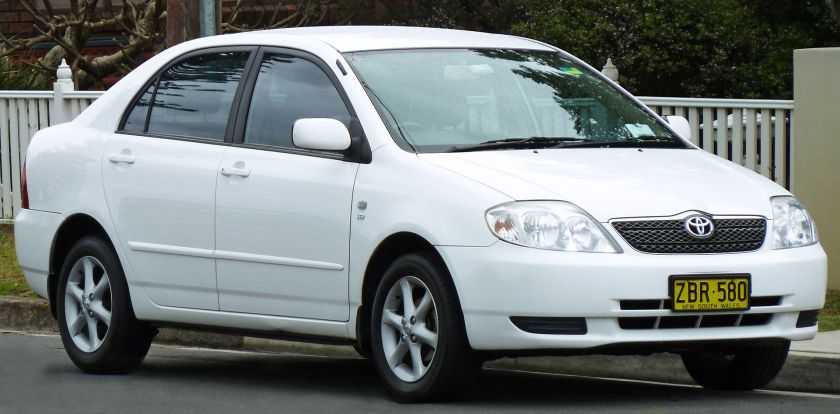
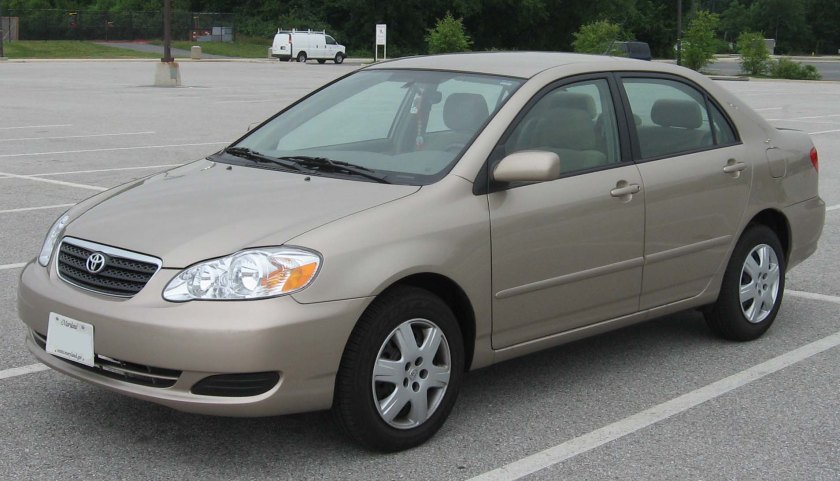

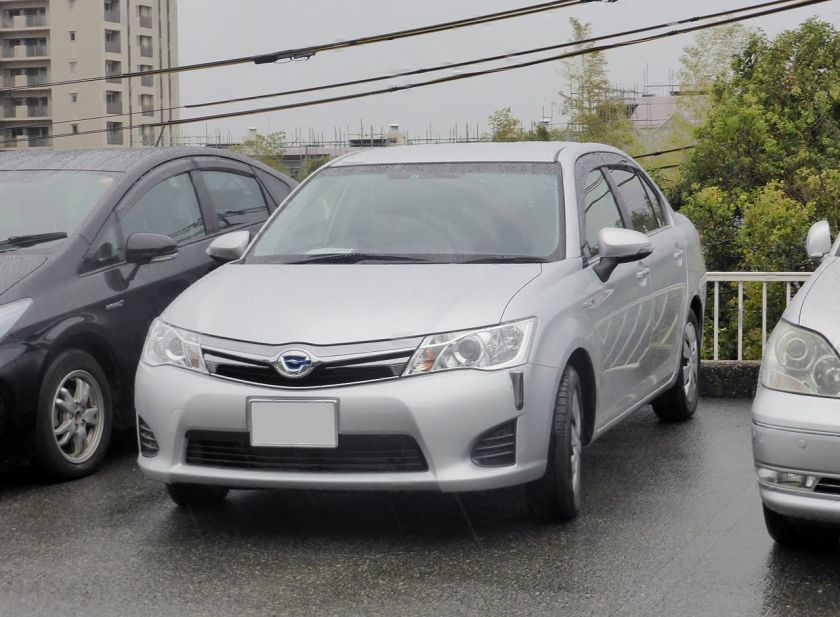
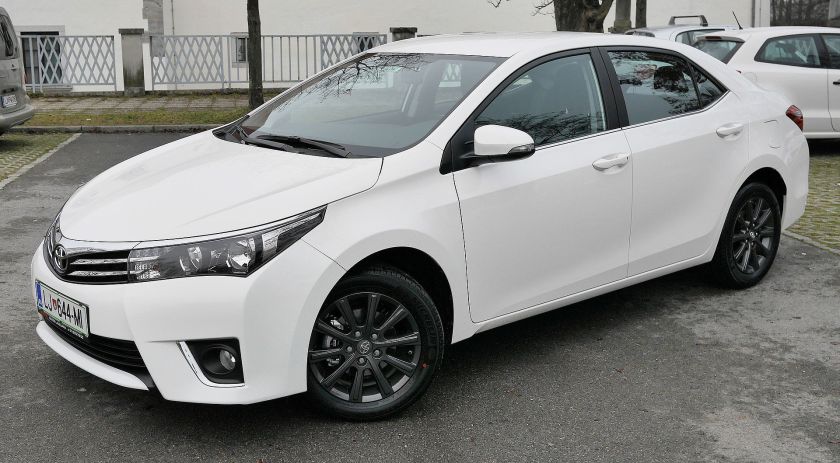 Toyota Corolla/Sprinter (1966–present)
Toyota Corolla/Sprinter (1966–present)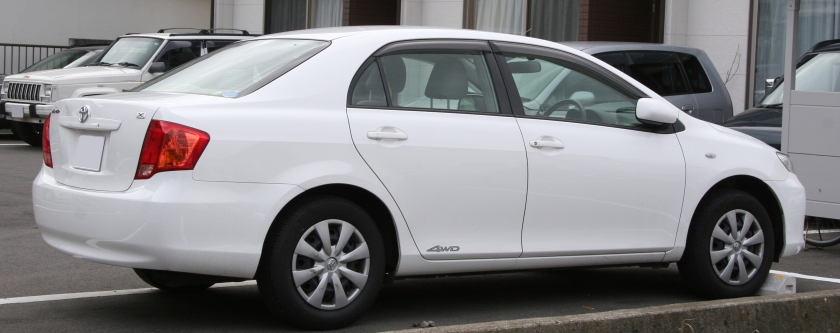 Toyota Corolla Axio (2006–present)
Toyota Corolla Axio (2006–present)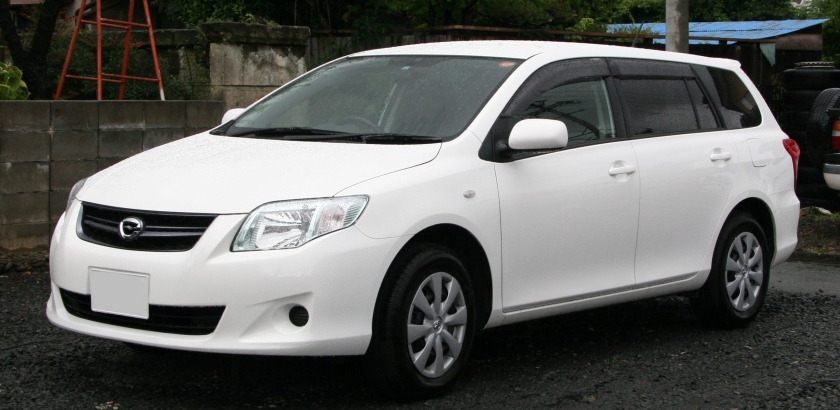 Toyota Corolla Fielder (2000–present)
Toyota Corolla Fielder (2000–present)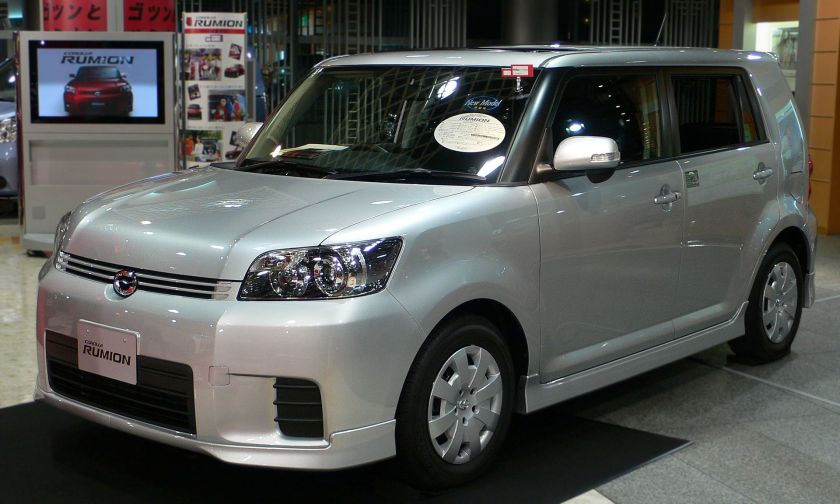 Toyota Corolla Rumion (2007–present, also sold as the Scion xB from 2007)
Toyota Corolla Rumion (2007–present, also sold as the Scion xB from 2007)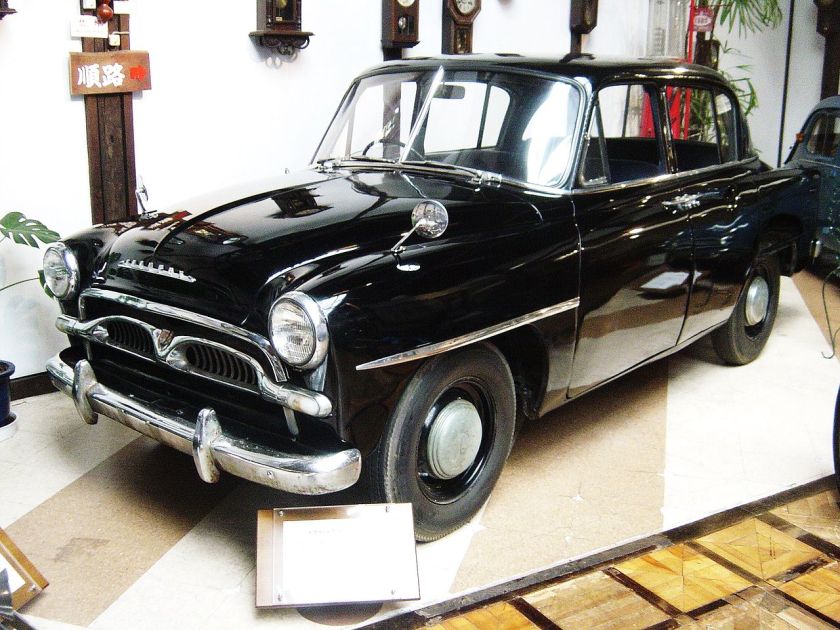 1955 Toyota Crown
1955 Toyota Crown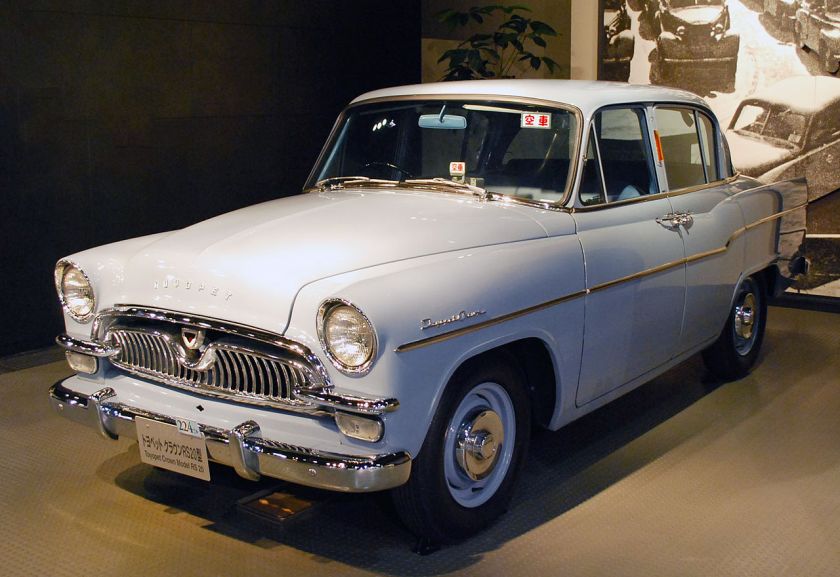 1958 facelift Toyota crown
1958 facelift Toyota crown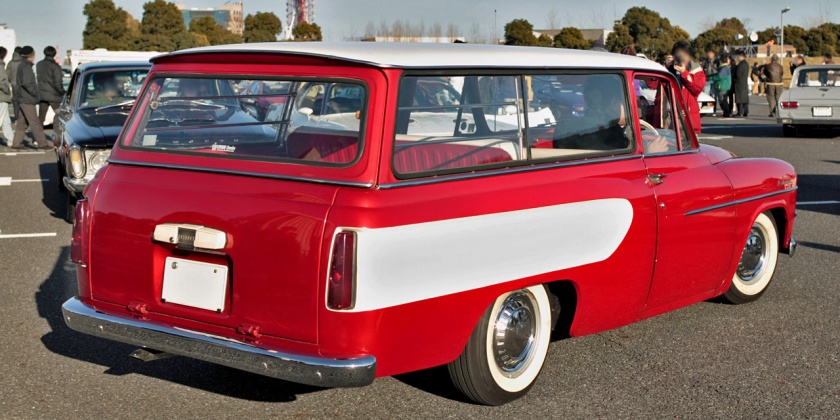 1961 Toyopet Masterline two-door van ( RS26V )
1961 Toyopet Masterline two-door van ( RS26V )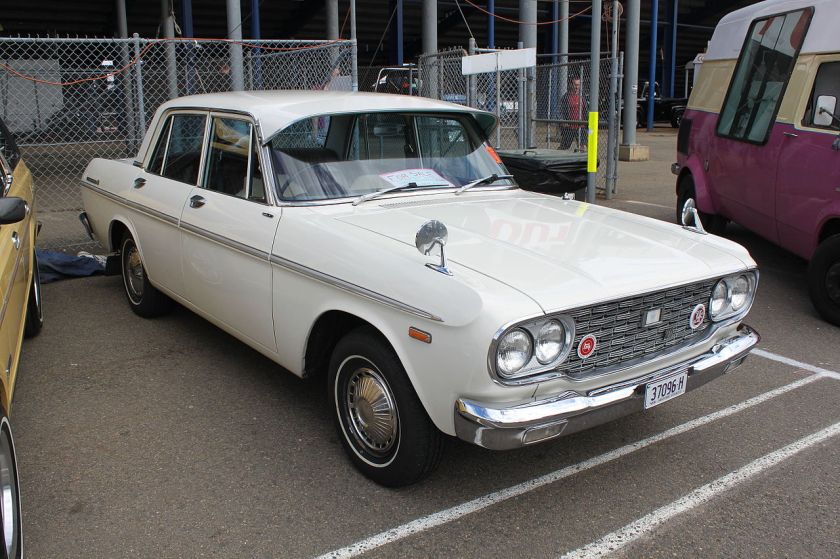 1967 Toyota Crown (MS45) sedan
1967 Toyota Crown (MS45) sedan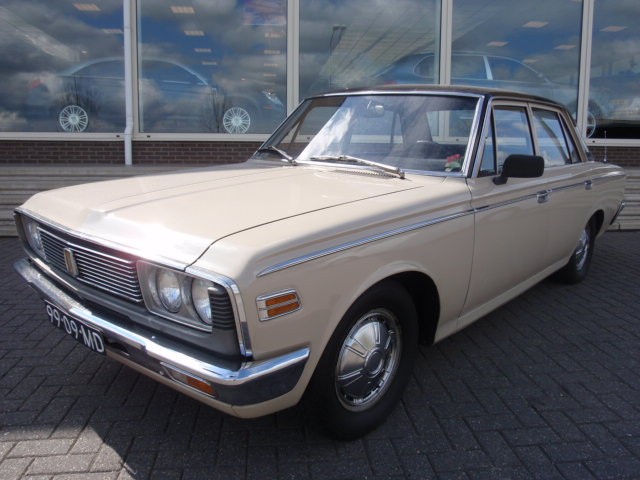 1970 Toyota Crown 2300 Special 99-09-MD
1970 Toyota Crown 2300 Special 99-09-MD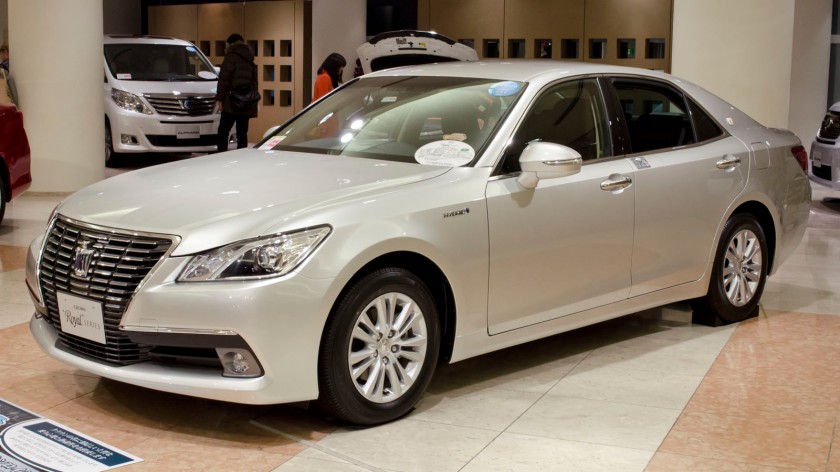 Toyota Crown (1955–present)
Toyota Crown (1955–present)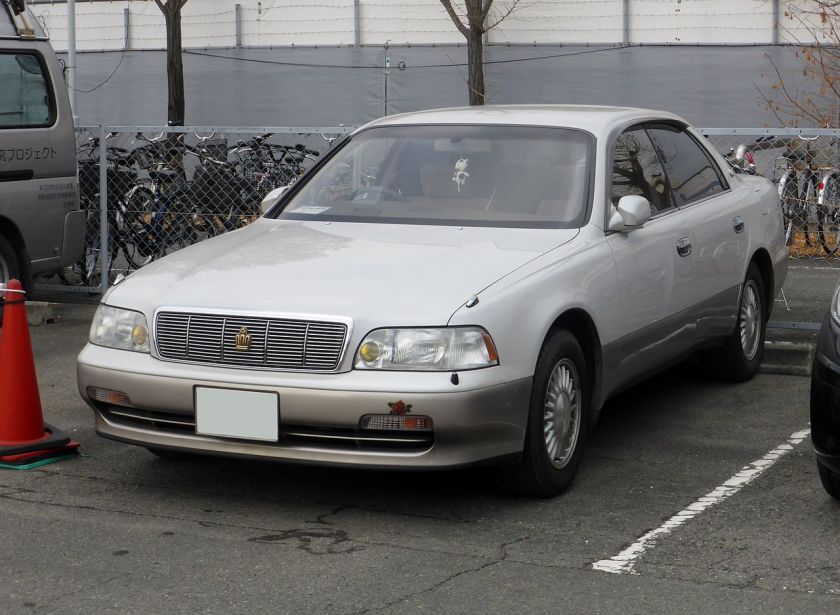
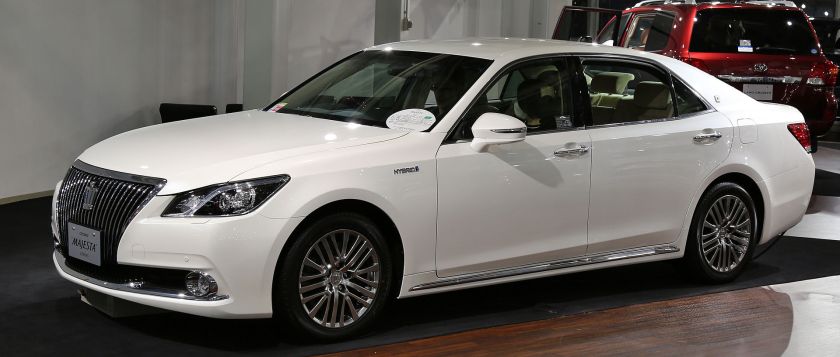 Toyota Crown Majesta (1991–present)
Toyota Crown Majesta (1991–present)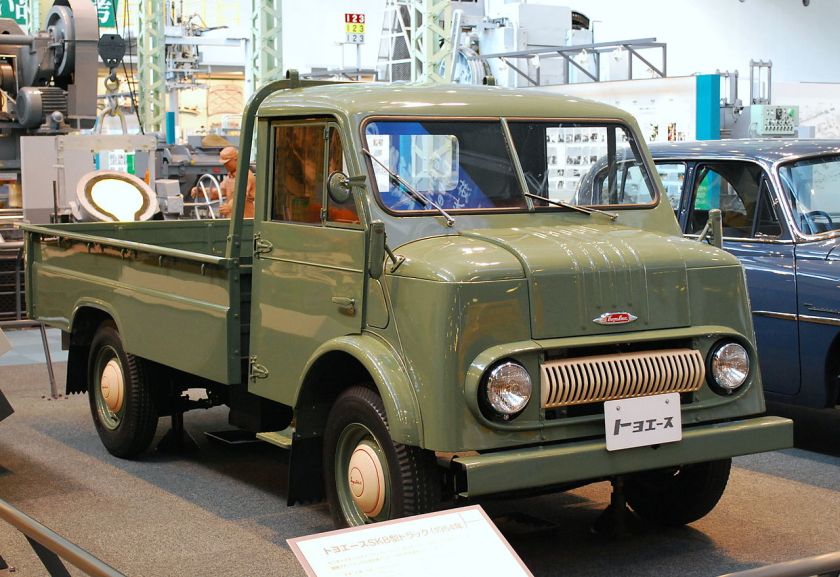
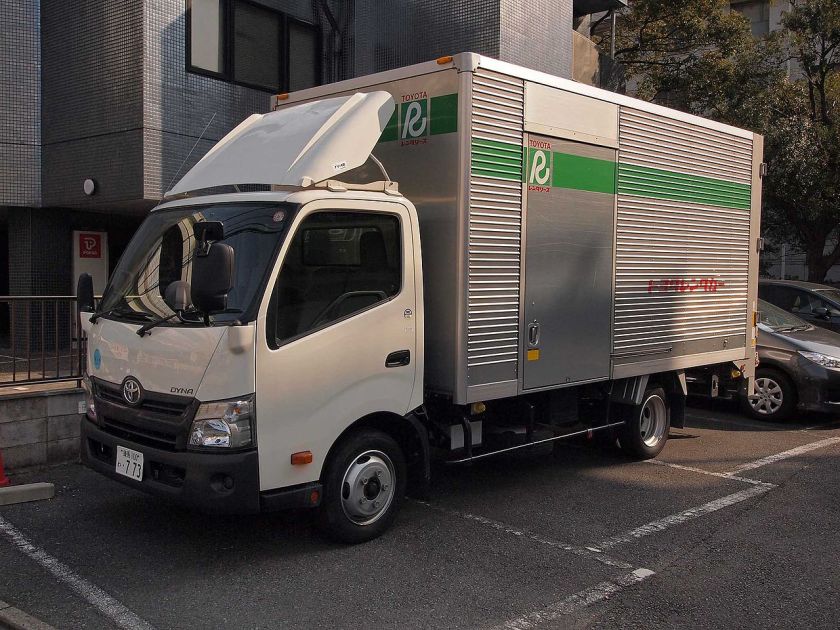 Toyota Dyna (1959–present)
Toyota Dyna (1959–present)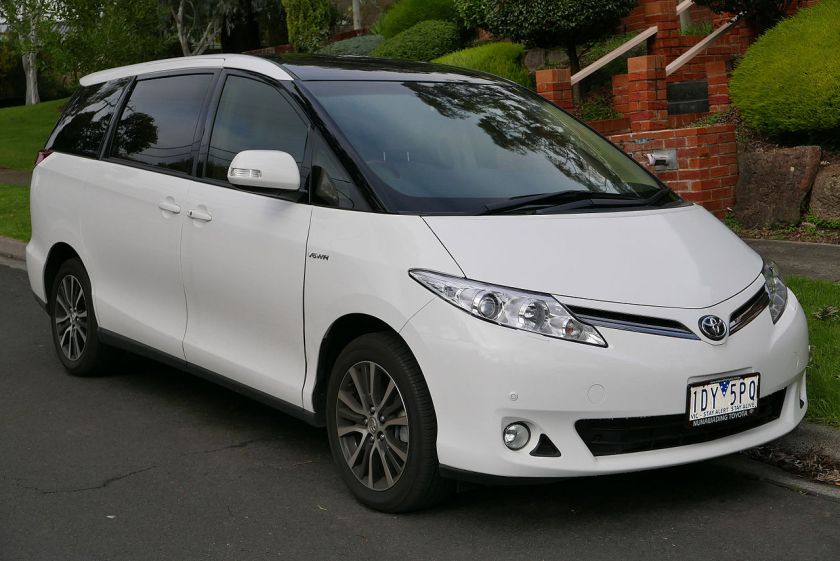 Toyota Estima (1990–present, sold in some markets as the Toyota Previa)
Toyota Estima (1990–present, sold in some markets as the Toyota Previa)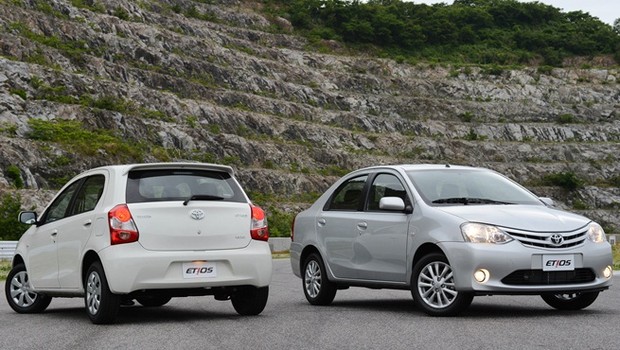 Toyota Etios (2010–present)
Toyota Etios (2010–present)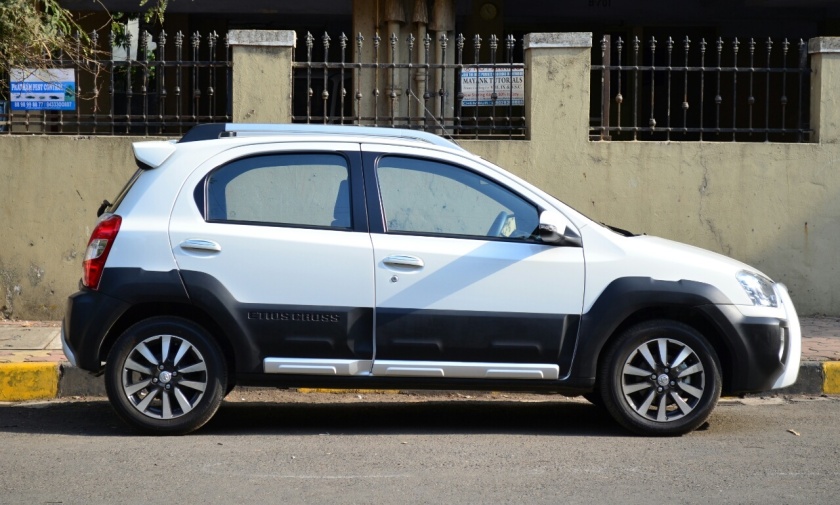 2016 Toyota Etios Cross Side
2016 Toyota Etios Cross Side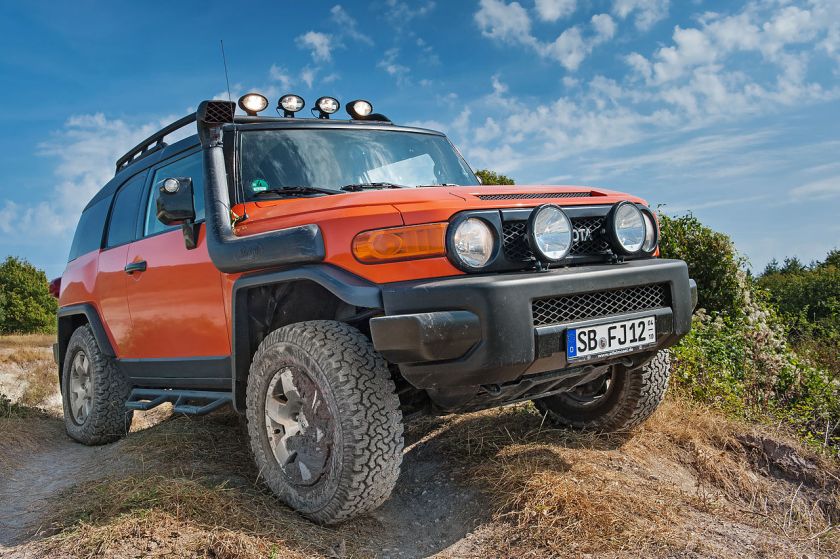 Toyota FJ Cruiser (2006–present)
Toyota FJ Cruiser (2006–present)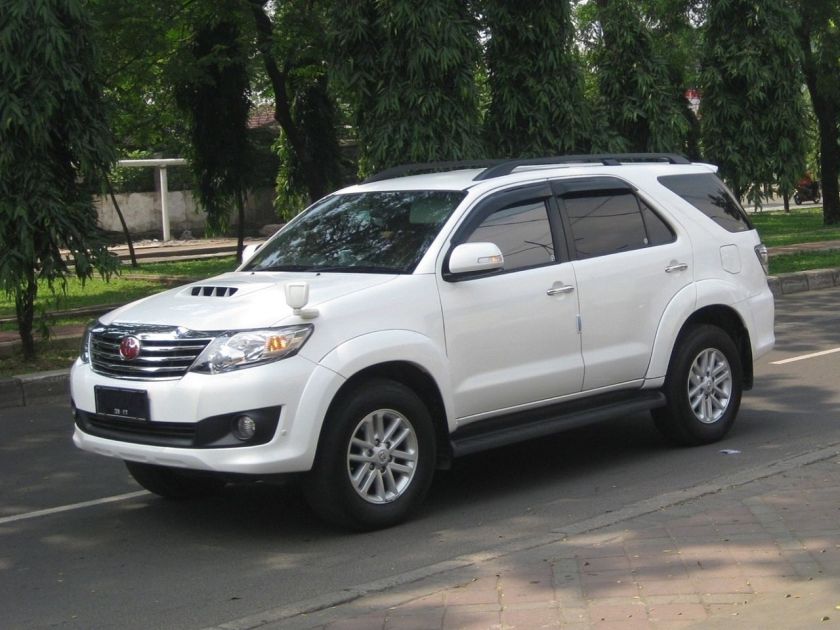 Toyota Fortuner (2005–present)
Toyota Fortuner (2005–present)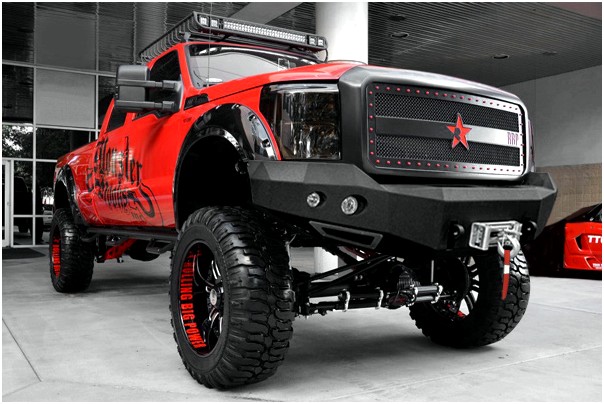
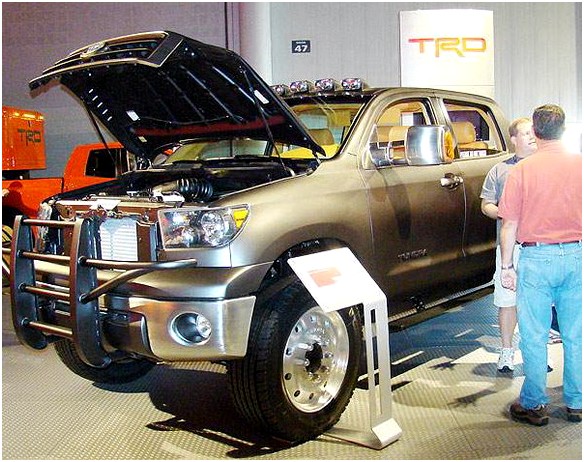
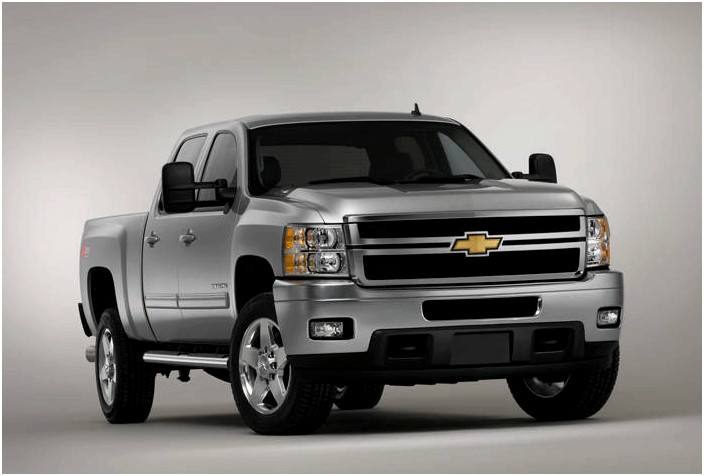 Toyota Heavy Duty Truck (FA and DA Series)
Toyota Heavy Duty Truck (FA and DA Series)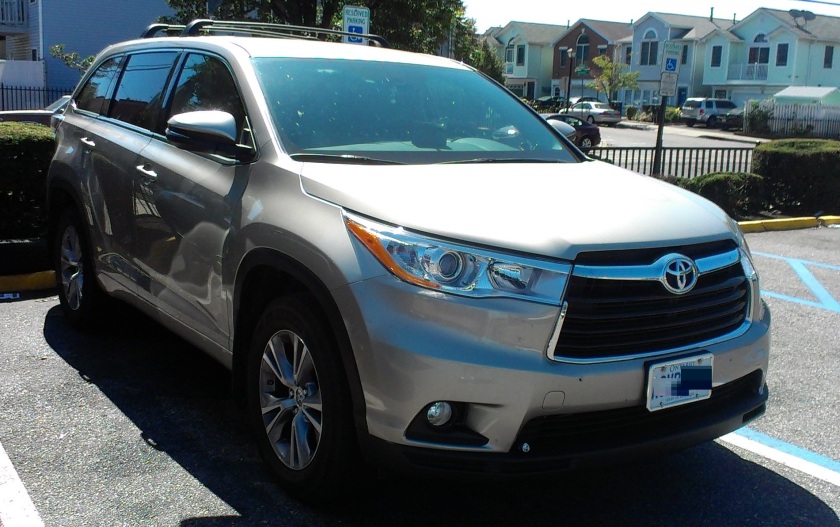
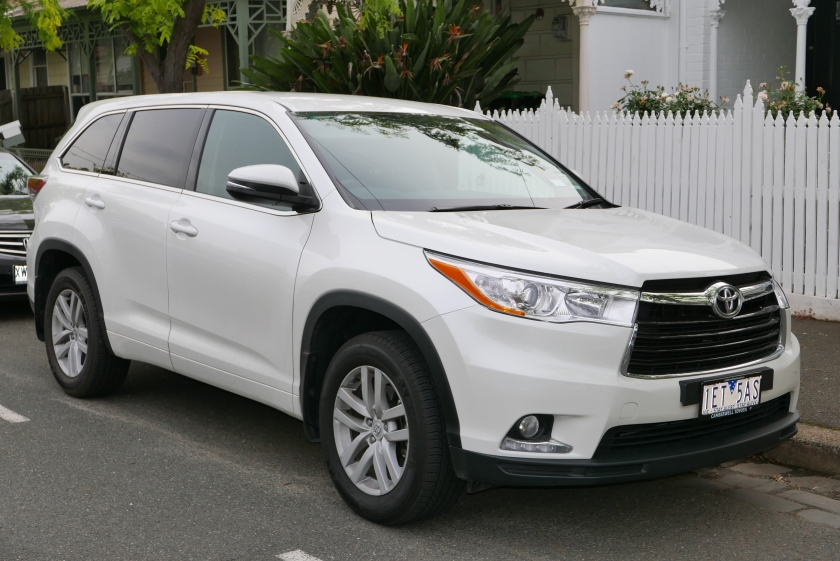 Toyota Highlander (2001–present, also sold as the Toyota Kluger)
Toyota Highlander (2001–present, also sold as the Toyota Kluger)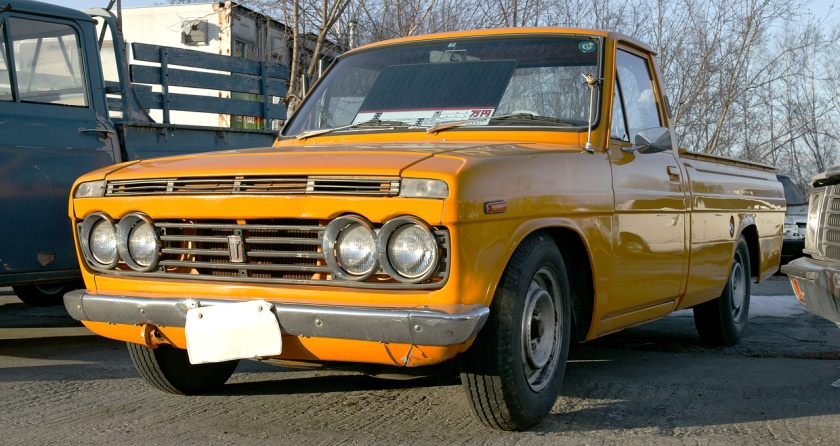
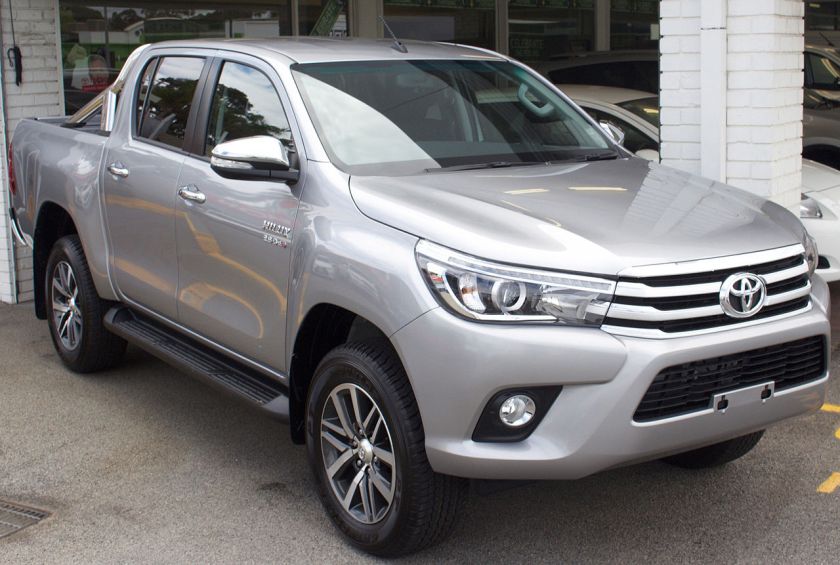 Toyota Hilux (1968–present, also sold as the Toyota Pickup)
Toyota Hilux (1968–present, also sold as the Toyota Pickup)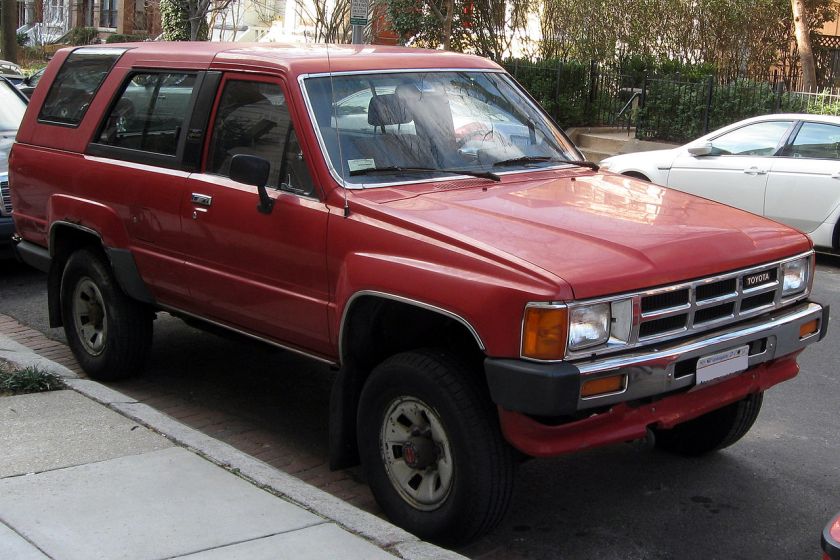
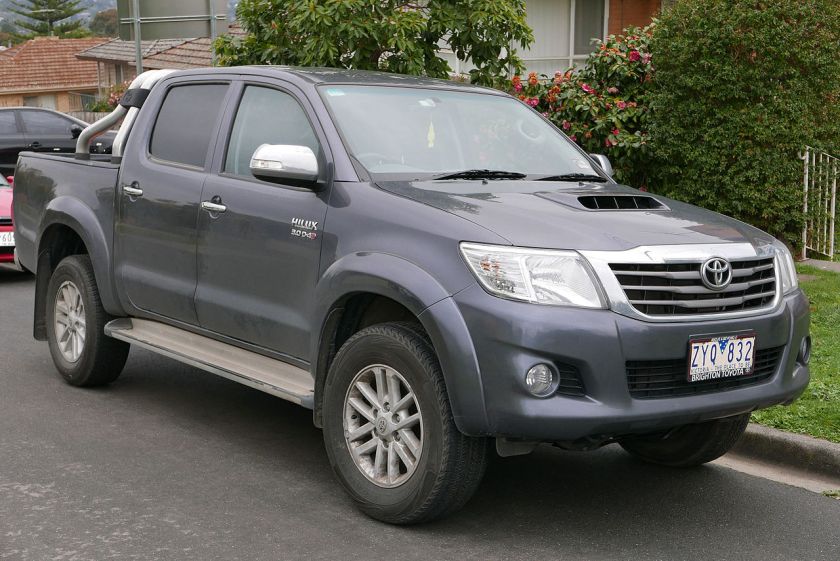 Toyota Hilux Surf (1984–present, sold in the U.S. and other markets as the Toyota 4Runner)
Toyota Hilux Surf (1984–present, sold in the U.S. and other markets as the Toyota 4Runner)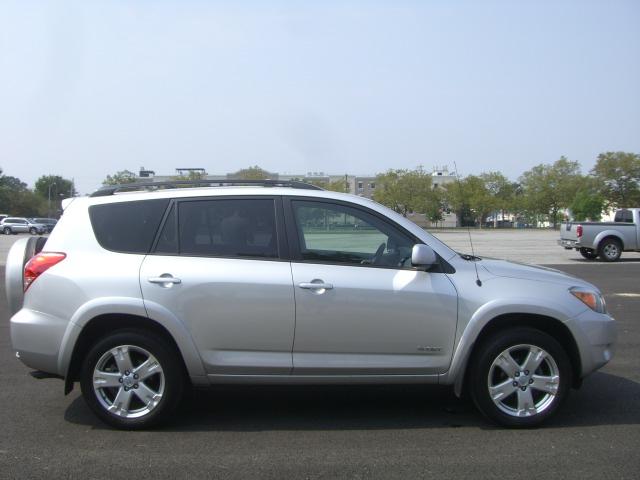 Toyota HiClass
Toyota HiClass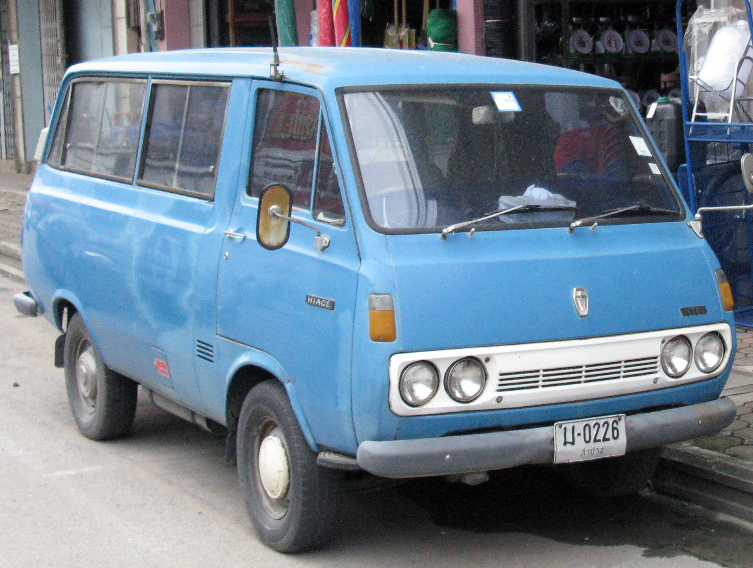
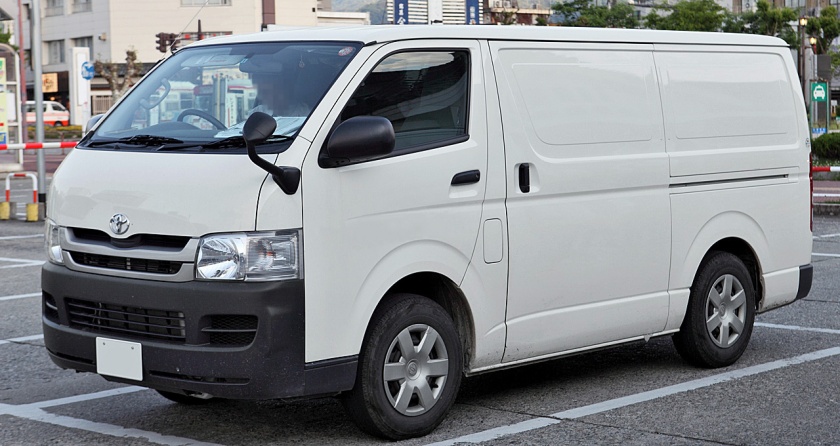 Toyota Hiace (1967–present)
Toyota Hiace (1967–present)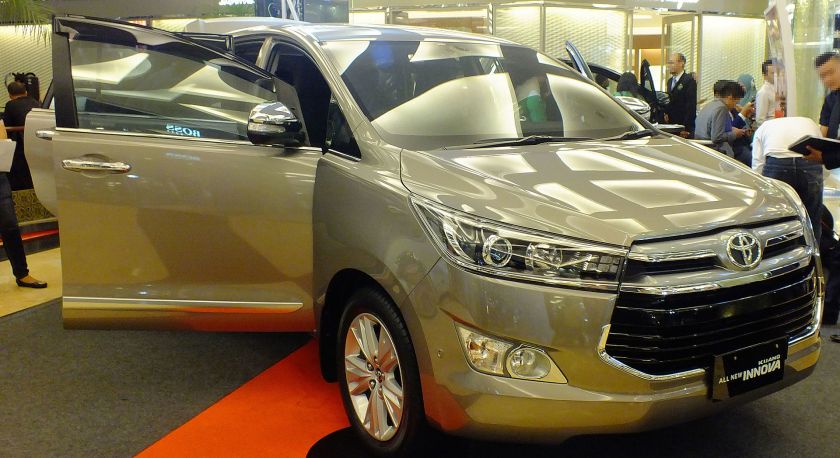 Toyota Innova (2004–present, sold in Indonesia as the Kijang Innova)
Toyota Innova (2004–present, sold in Indonesia as the Kijang Innova)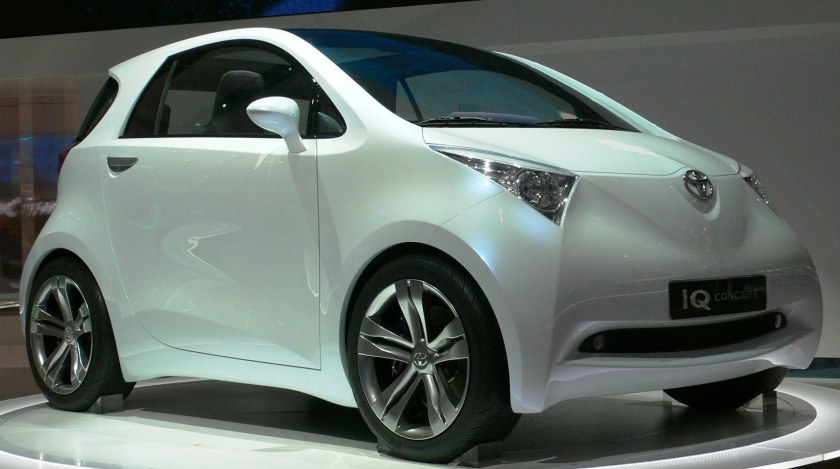
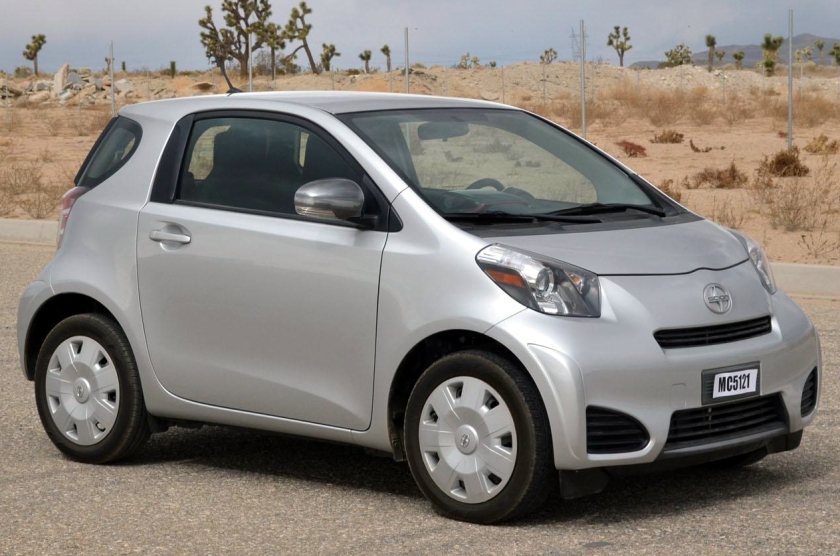 Toyota iQ (2008–present)
Toyota iQ (2008–present)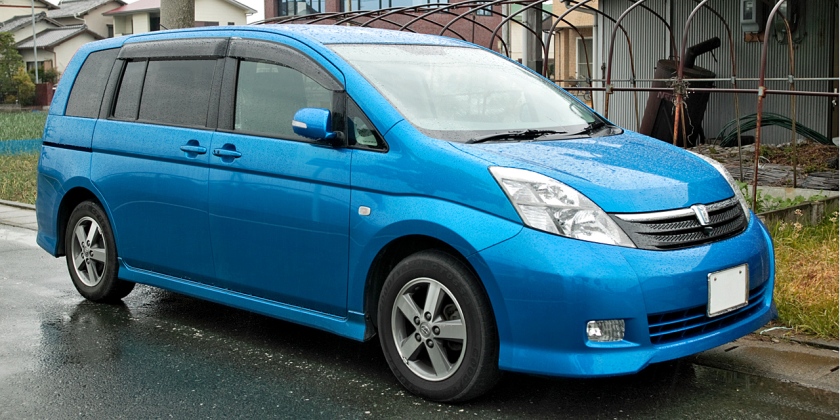 Toyota Isis (2004–present)
Toyota Isis (2004–present)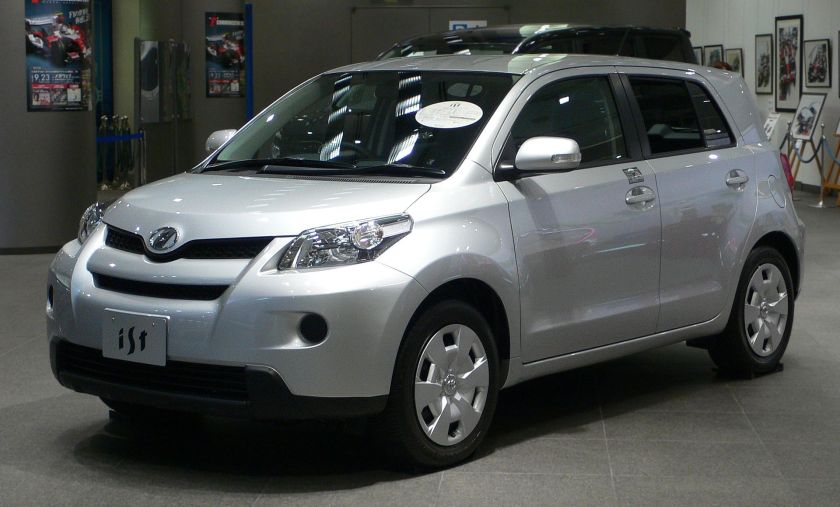 Toyota ist (2002–present, also sold as the Scion xA in the United States and Toyota xA in the Middle East)
Toyota ist (2002–present, also sold as the Scion xA in the United States and Toyota xA in the Middle East)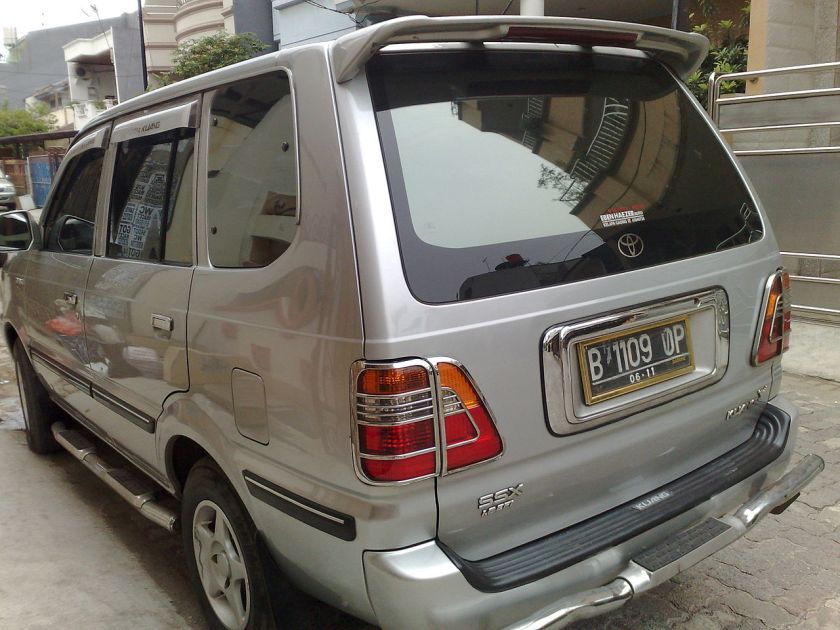
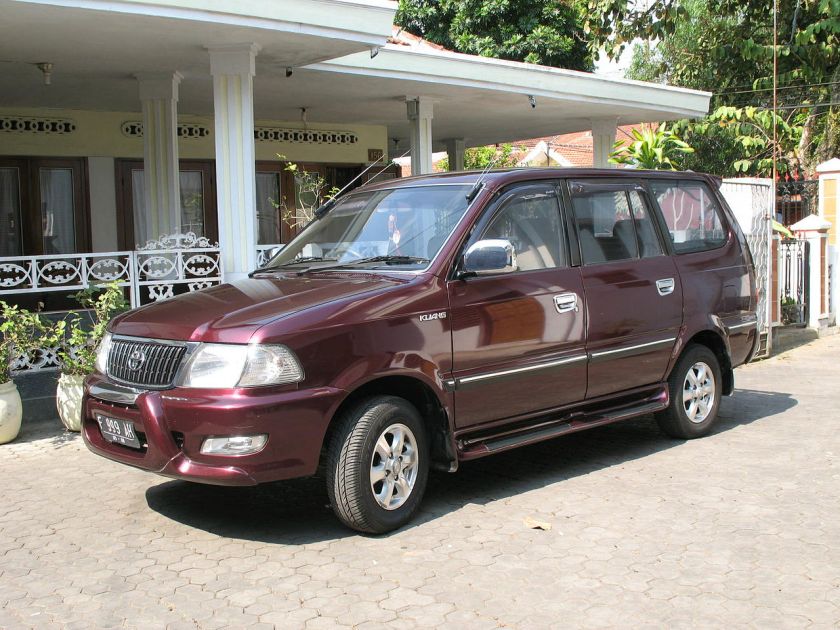 Toyota Kijang (1977–present, known as Condor/Qualis/Revo/Stallion/Tamaraw/Unser/Zace outside Indonesia)
Toyota Kijang (1977–present, known as Condor/Qualis/Revo/Stallion/Tamaraw/Unser/Zace outside Indonesia)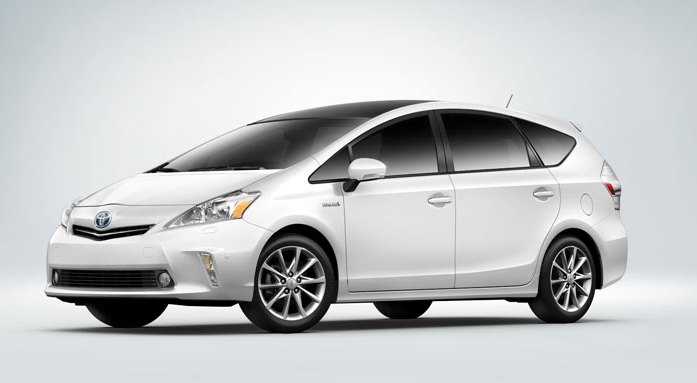 Toyota Kingdom
Toyota Kingdom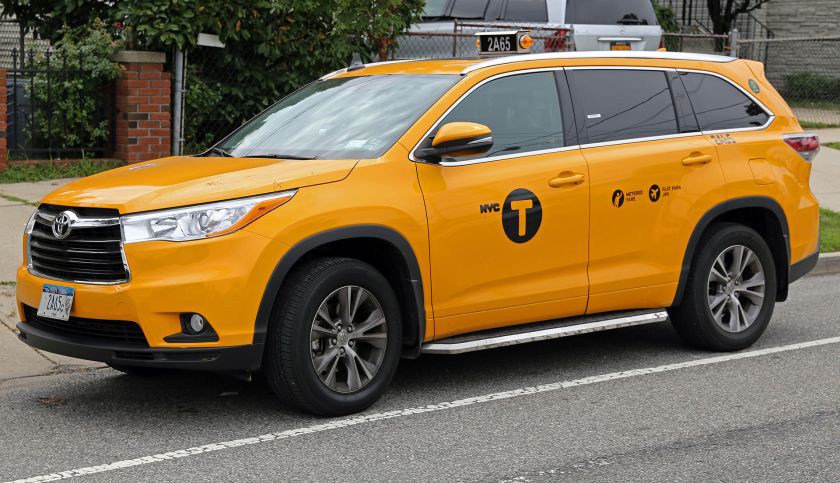 Toyota Kluger (2001–present, also sold as the Toyota Highlander)
Toyota Kluger (2001–present, also sold as the Toyota Highlander)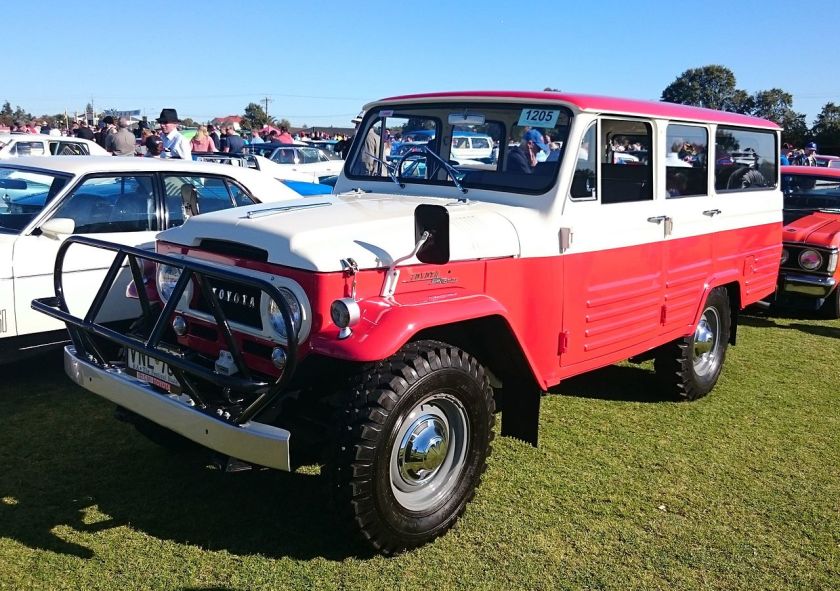
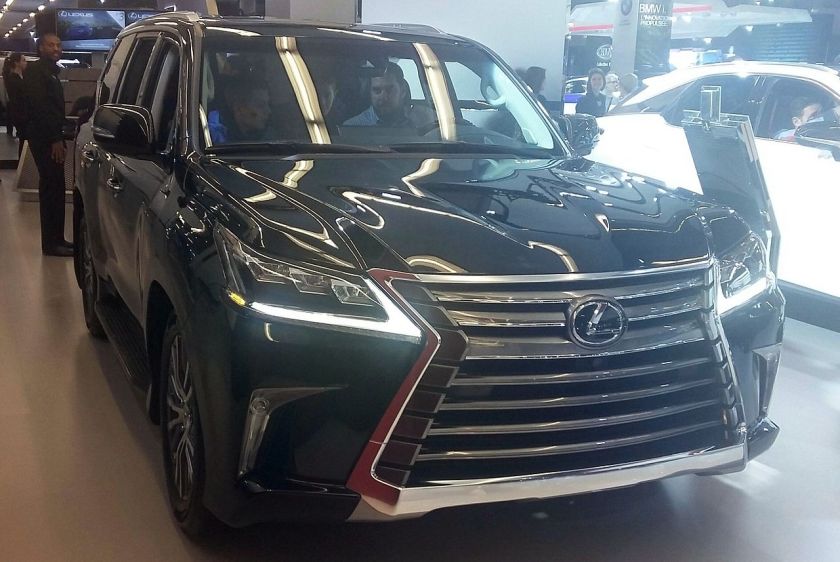 Toyota Land Cruiser (1954–present, also sold as the Lexus LX)
Toyota Land Cruiser (1954–present, also sold as the Lexus LX)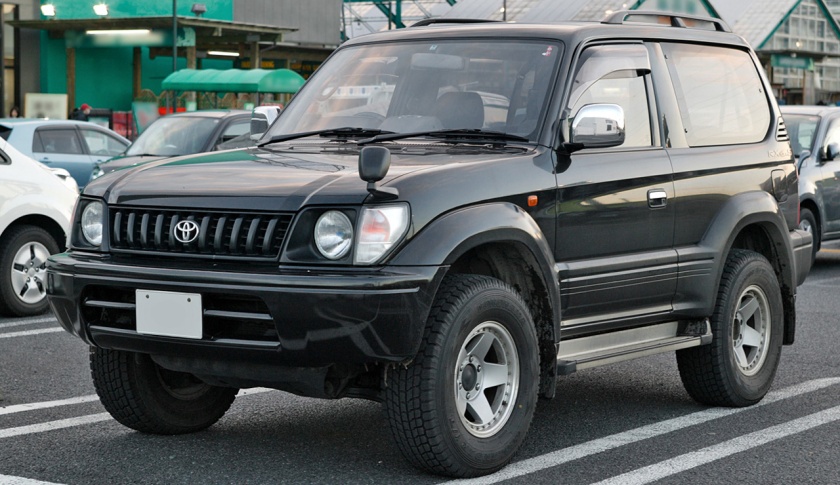
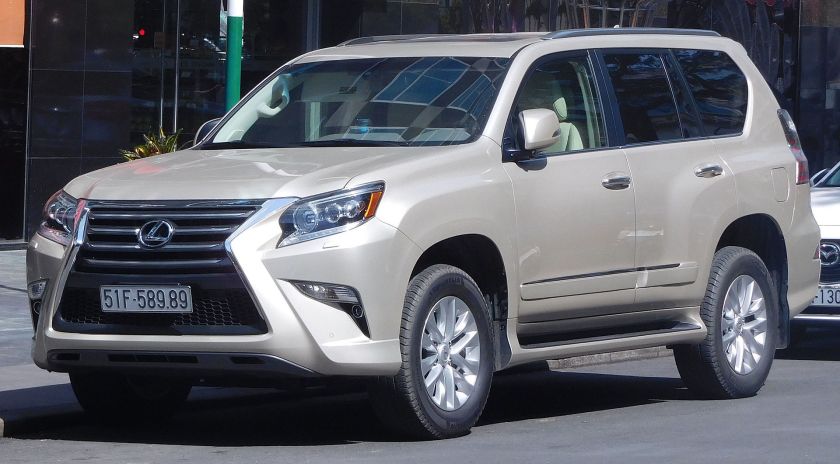 Toyota Land Cruiser Prado (1984–present, also sold as the Lexus GX)
Toyota Land Cruiser Prado (1984–present, also sold as the Lexus GX)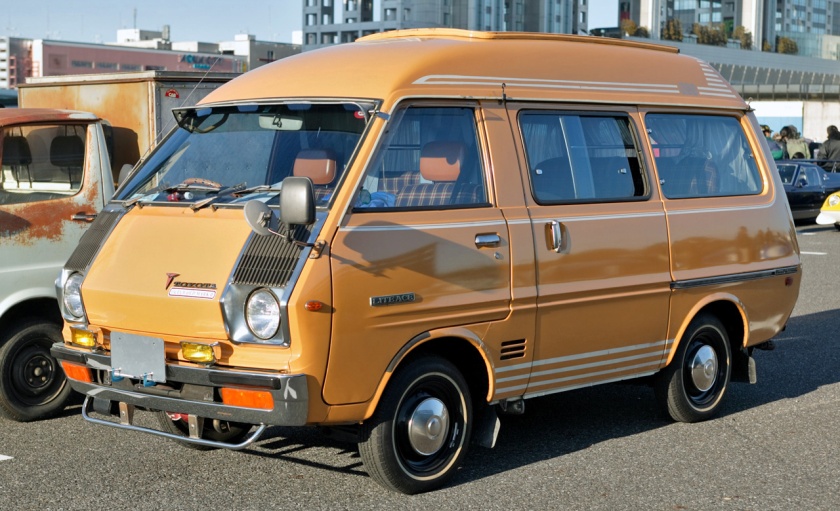
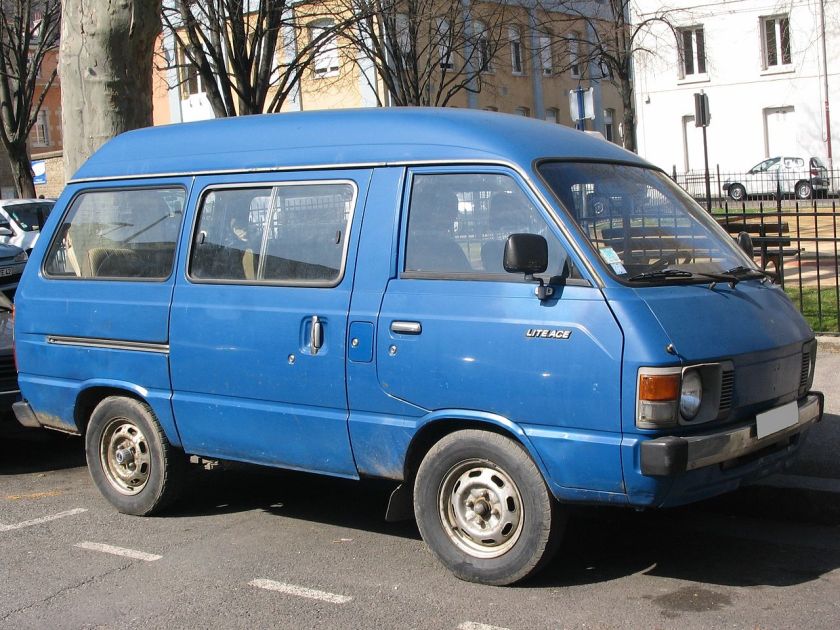
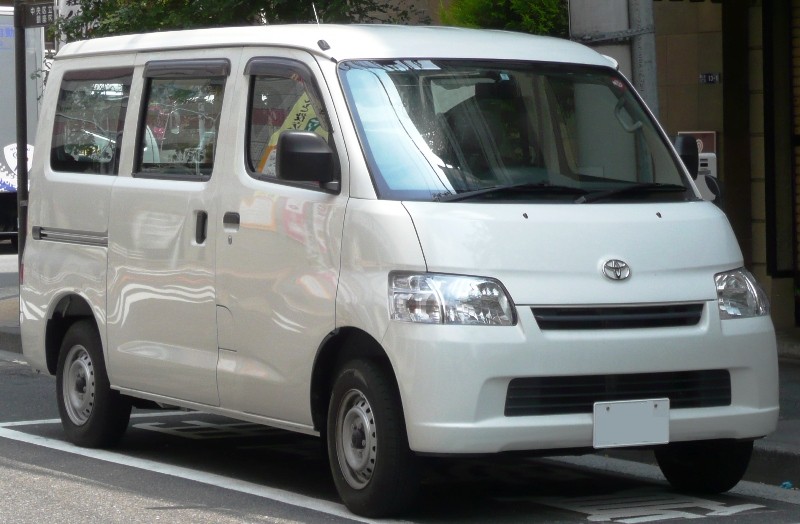 Toyota LiteAce (1970–present)
Toyota LiteAce (1970–present)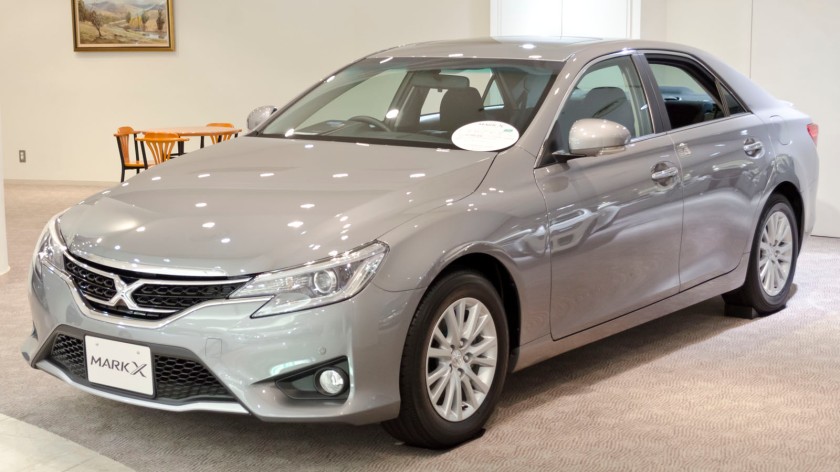 Toyota Mark X (2004–present, sold in China as the Toyota Reiz)
Toyota Mark X (2004–present, sold in China as the Toyota Reiz)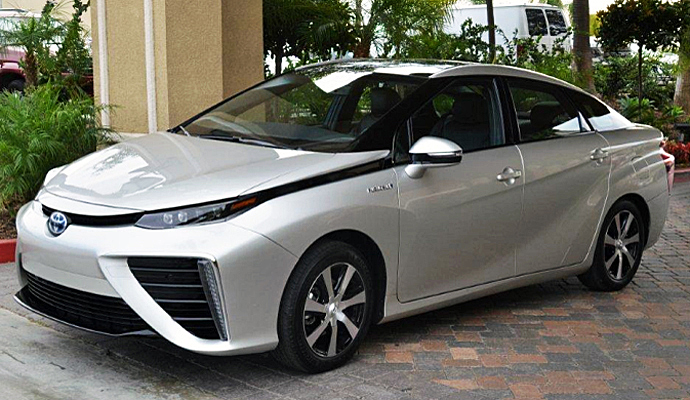 Toyota Mirai (2015-present, based on FCV concept vehicle)
Toyota Mirai (2015-present, based on FCV concept vehicle)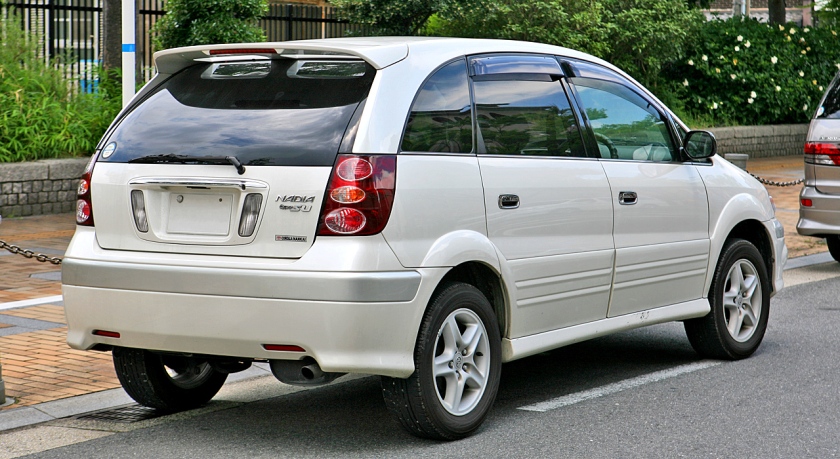

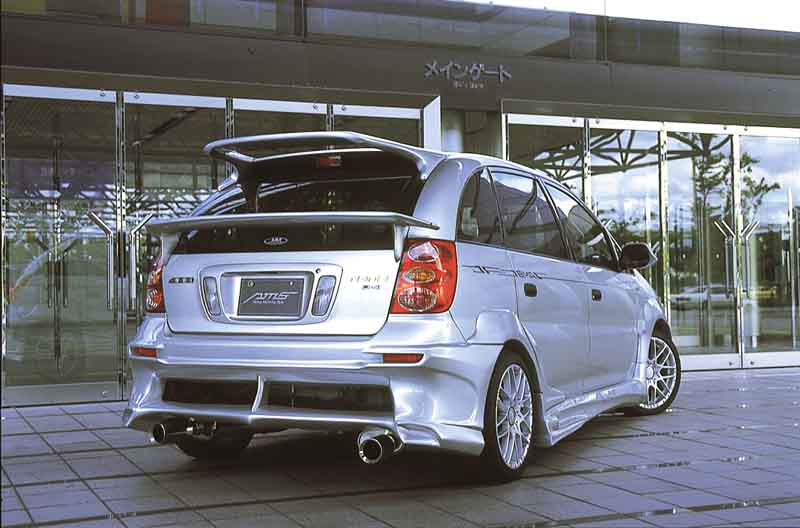
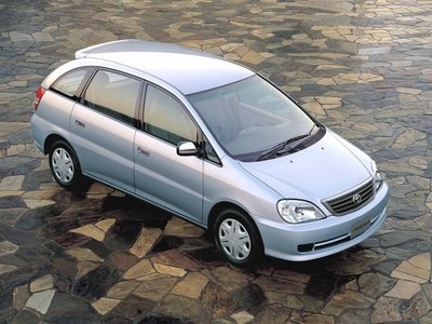
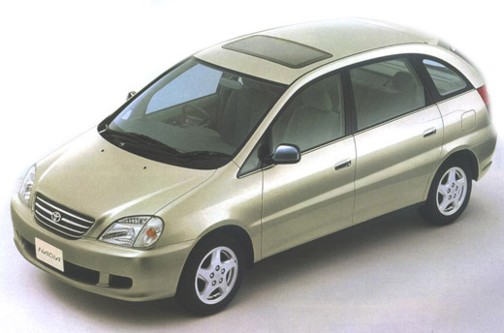 Toyota Nadia (1998-2003)
Toyota Nadia (1998-2003) Toyota NAV1 (2012-present, Variant of the Toyota Noah are sold in Indonesia)
Toyota NAV1 (2012-present, Variant of the Toyota Noah are sold in Indonesia)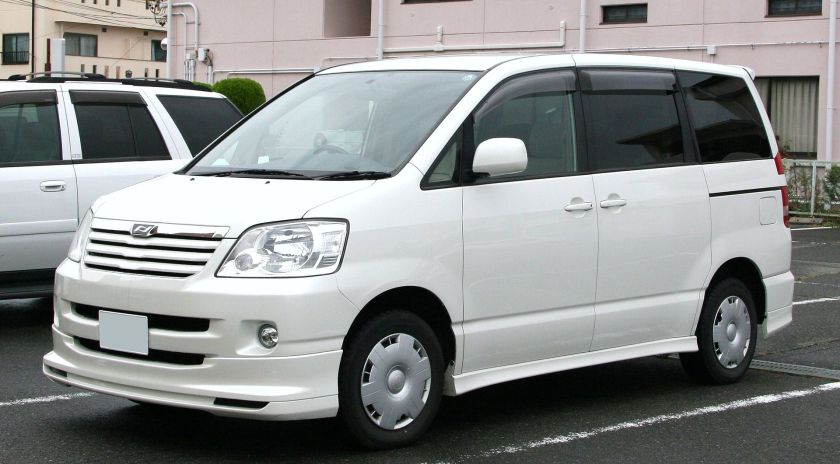 Toyota Noah (2001–present)
Toyota Noah (2001–present)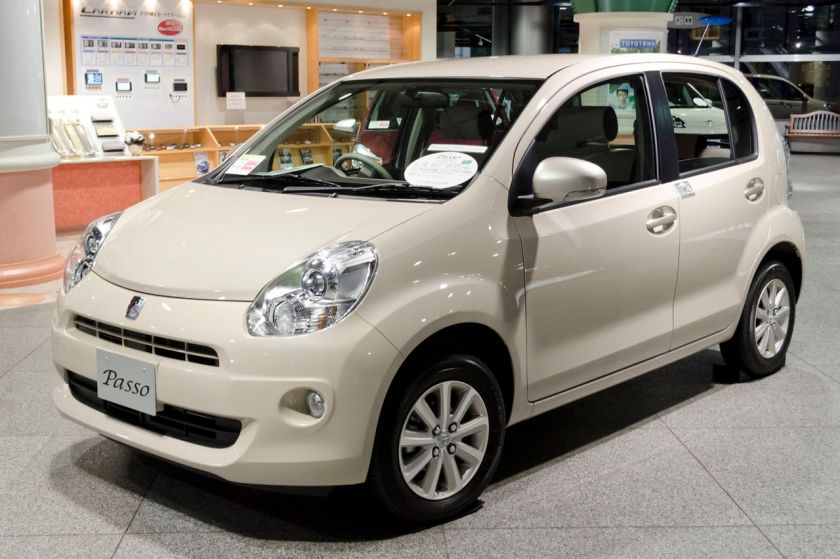
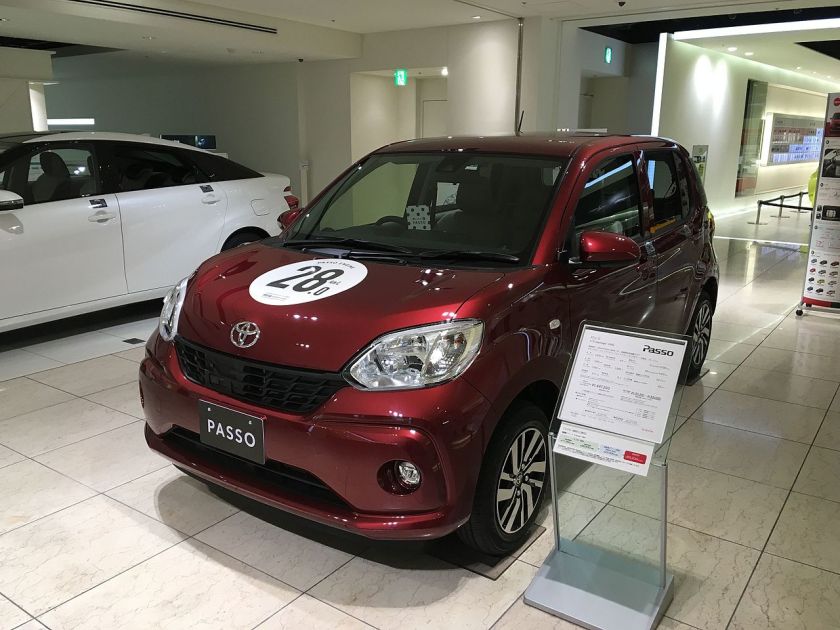 Toyota Passo (2004–present, sold in some markets as the Daihatsu Sirion)
Toyota Passo (2004–present, sold in some markets as the Daihatsu Sirion)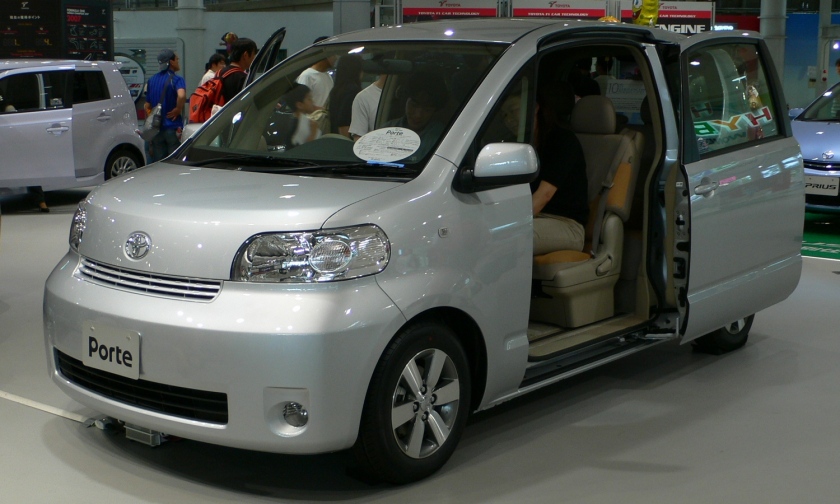
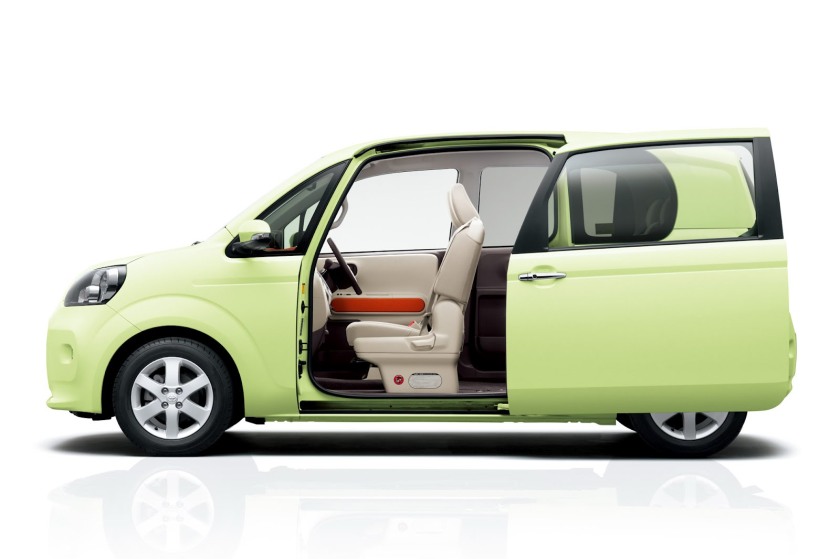
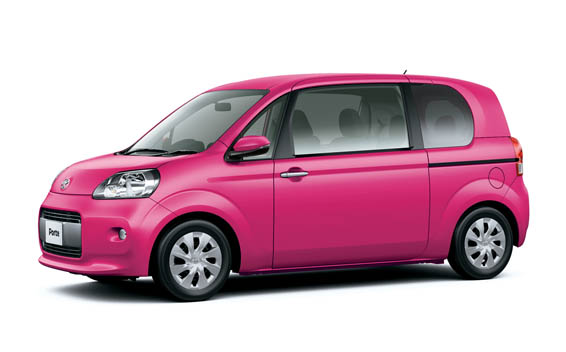
Toyota Porte (2004–present)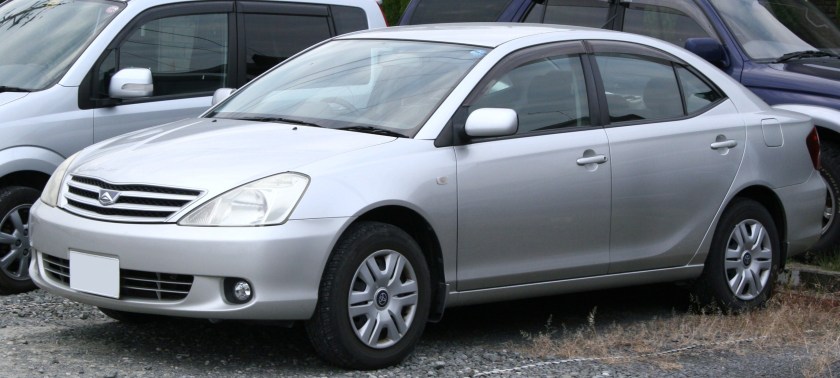
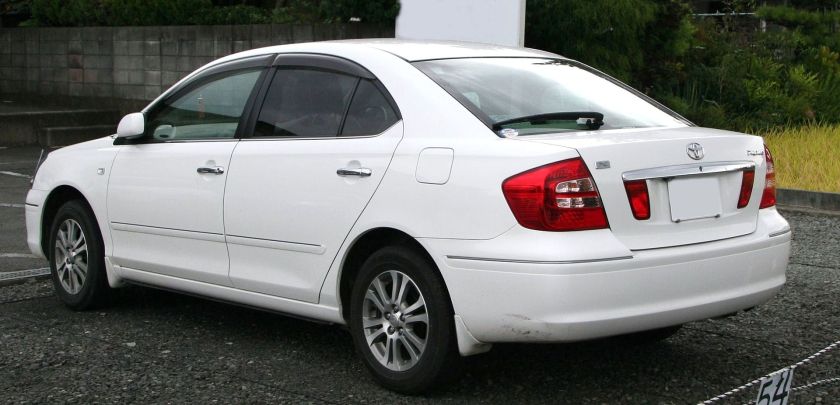
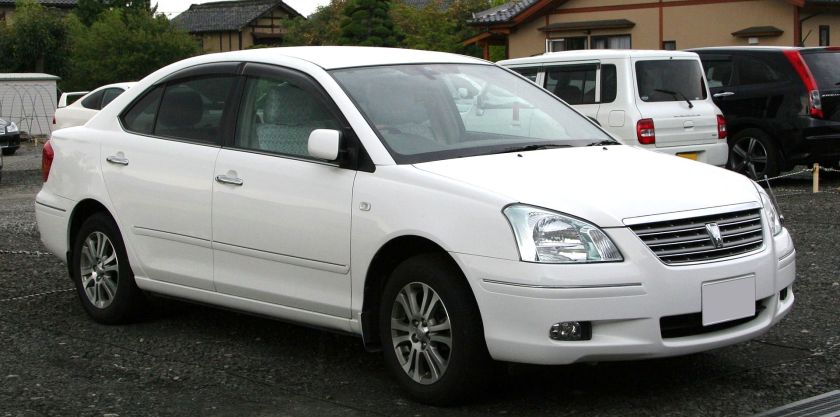
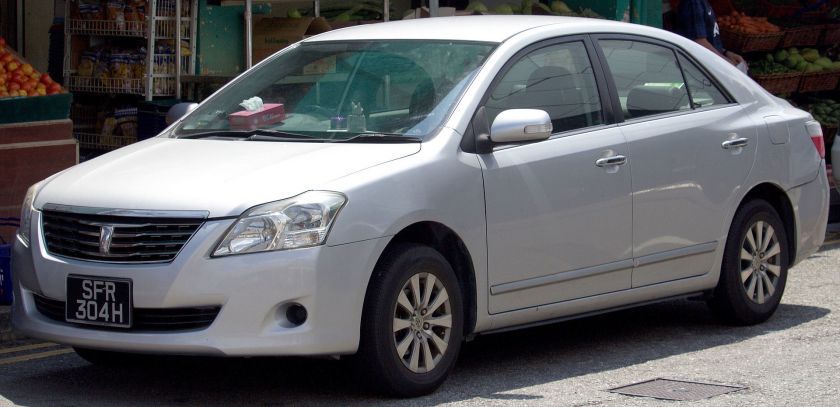
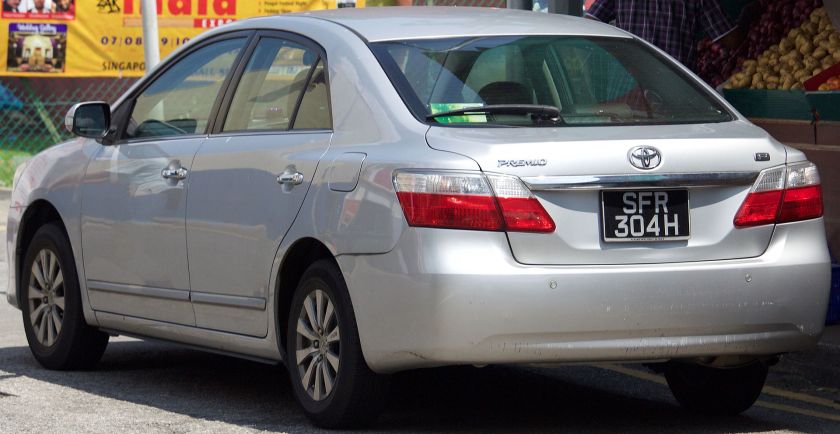
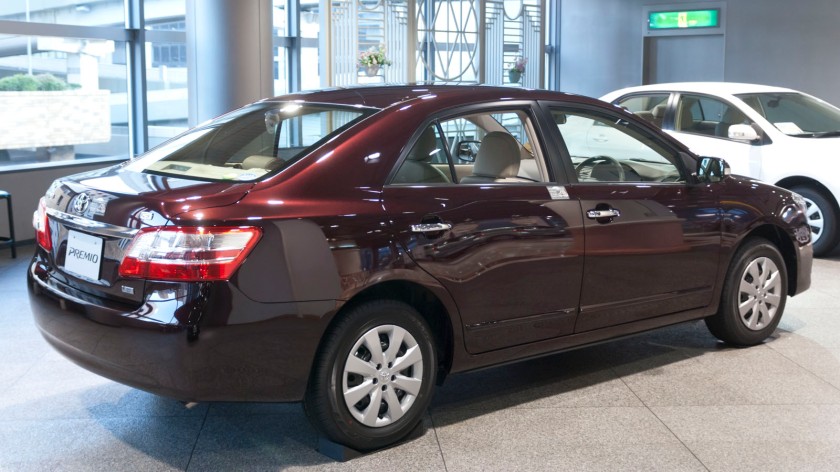
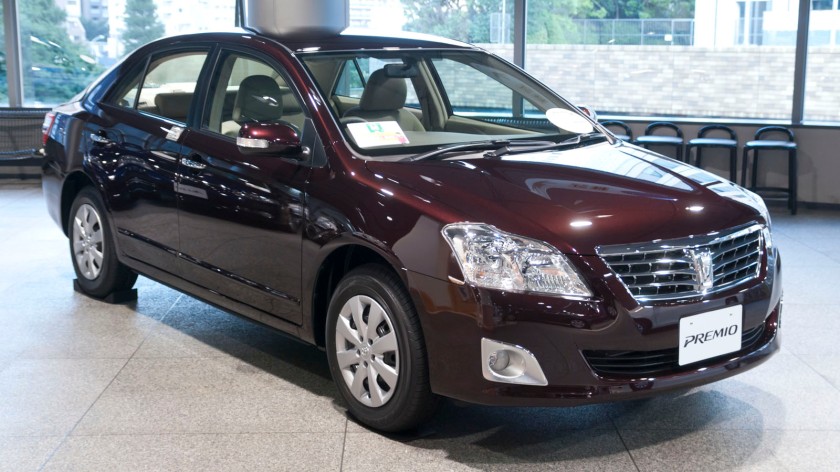 Toyota Premio (2001–present) Allion
Toyota Premio (2001–present) Allion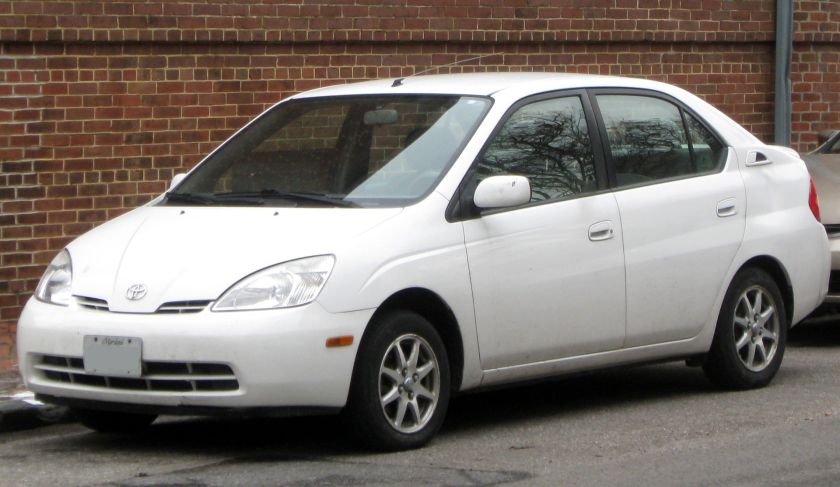
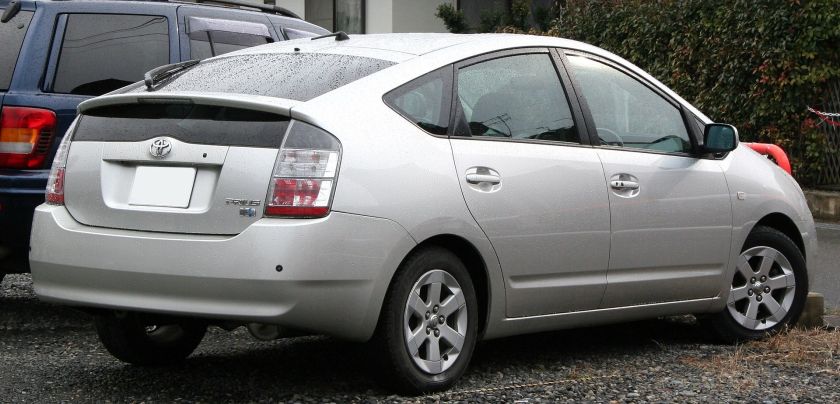
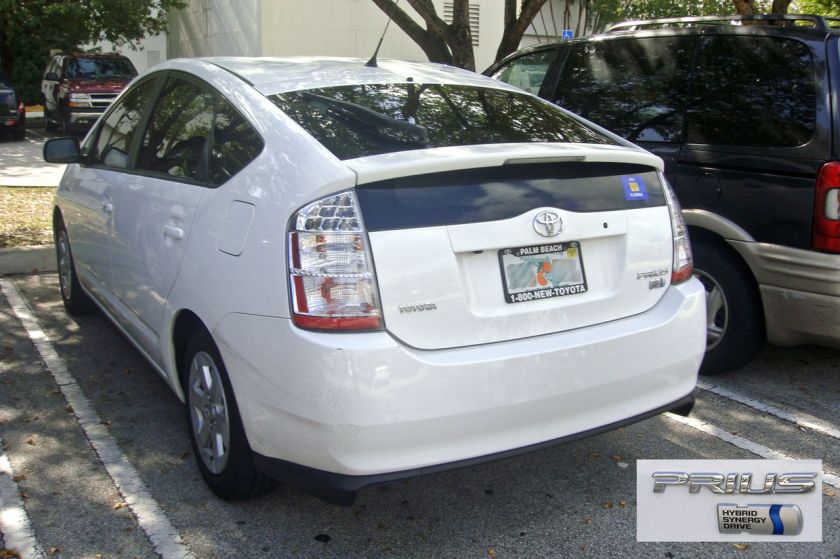
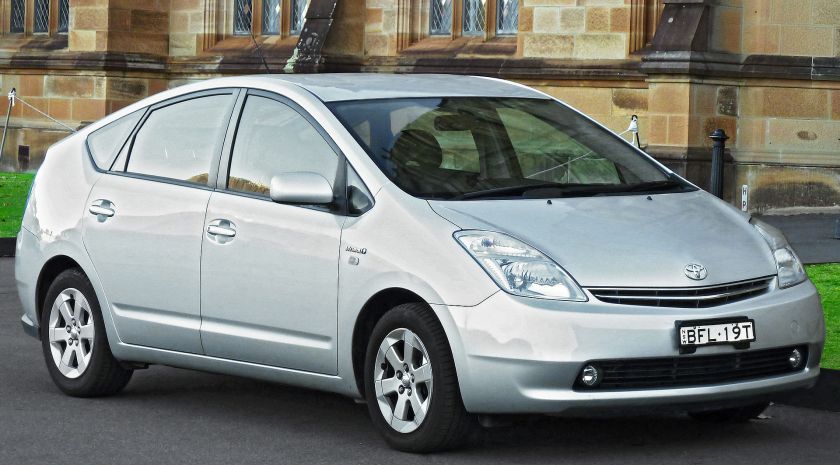
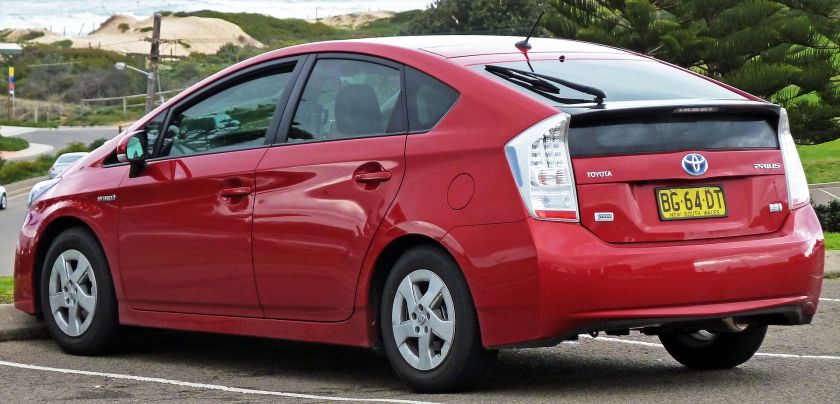
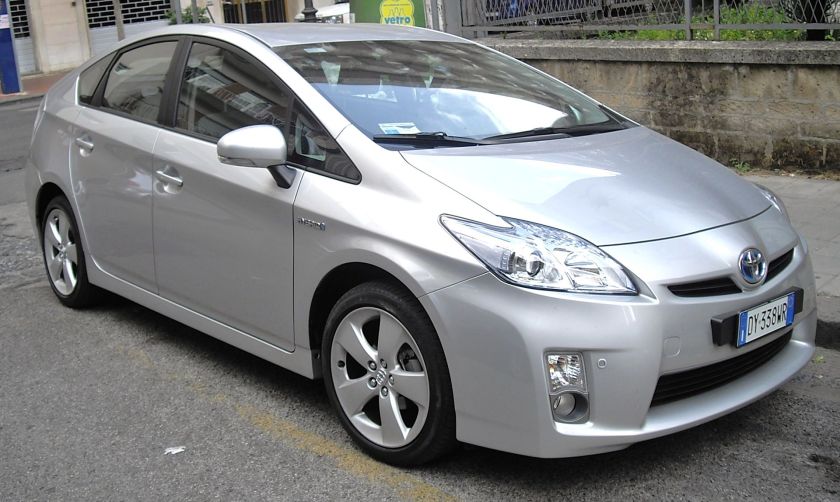
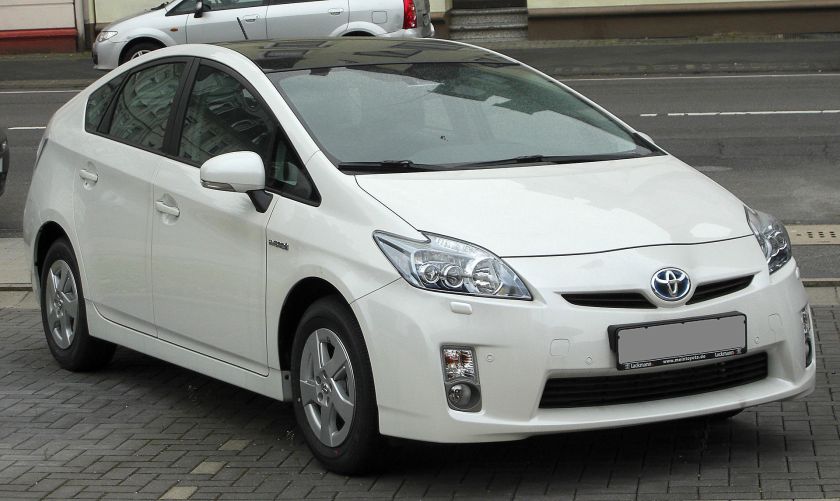
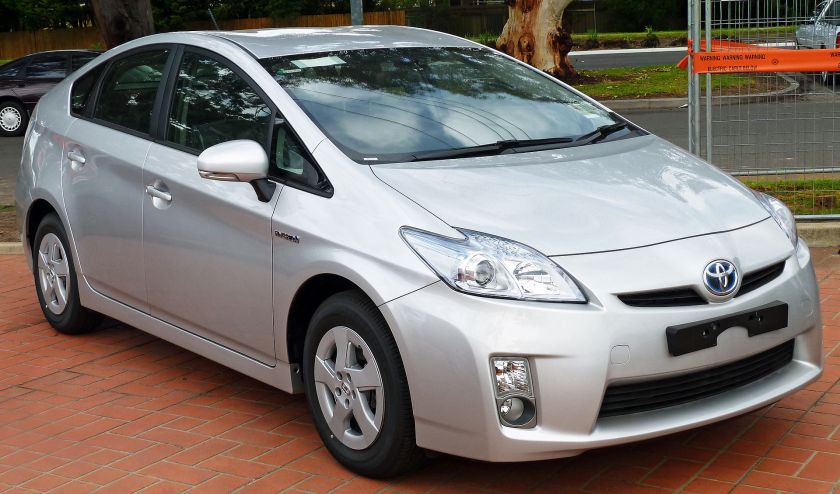
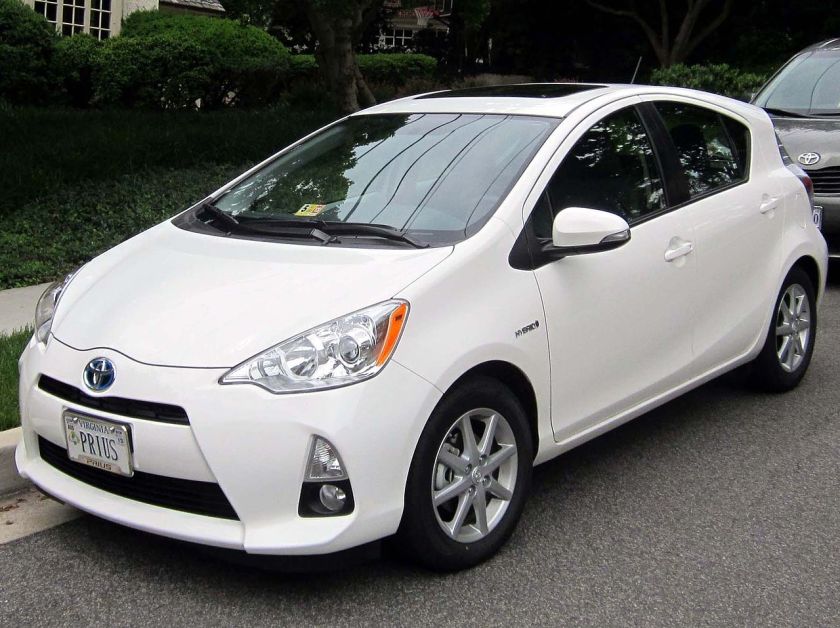
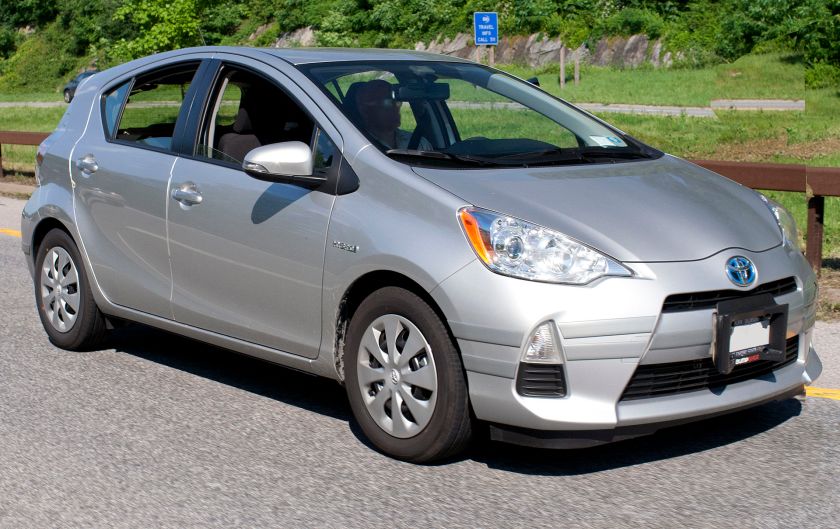
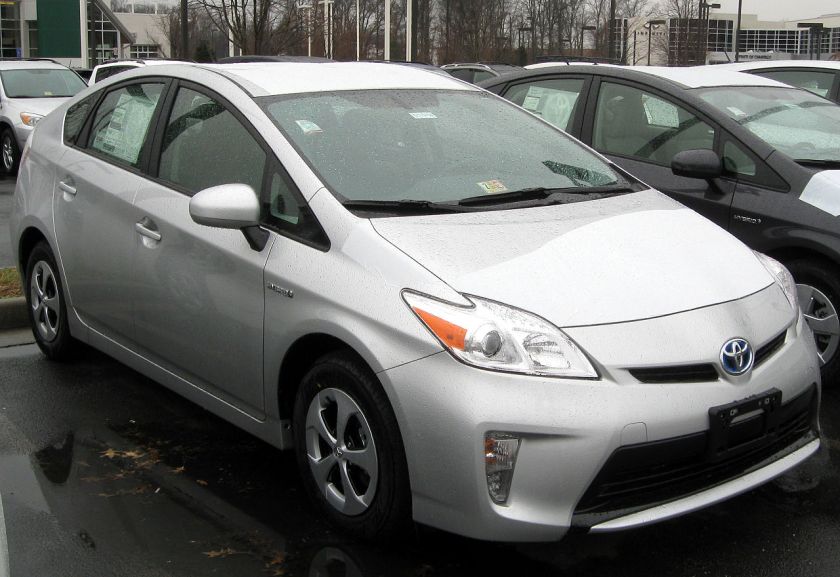
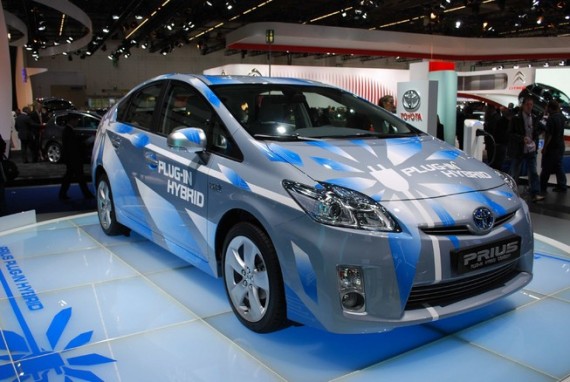
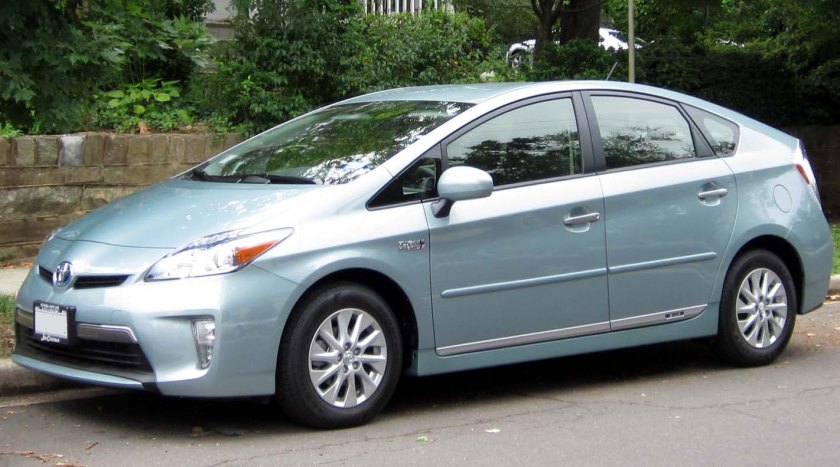
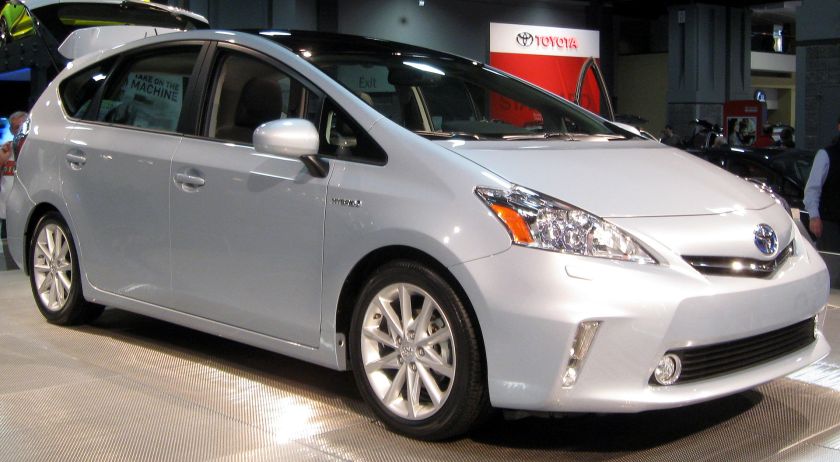
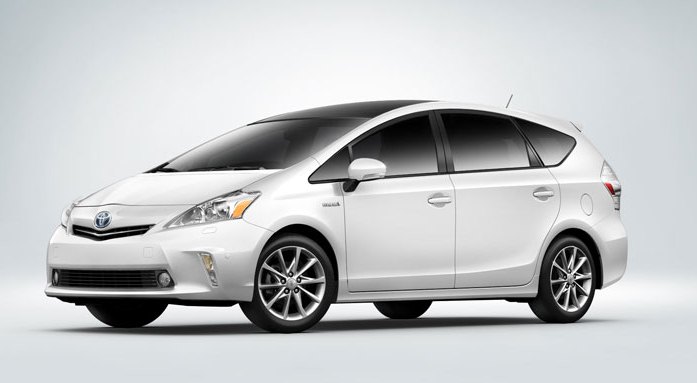
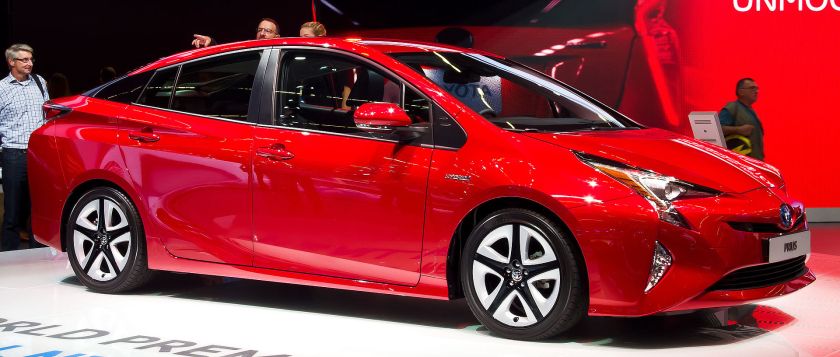
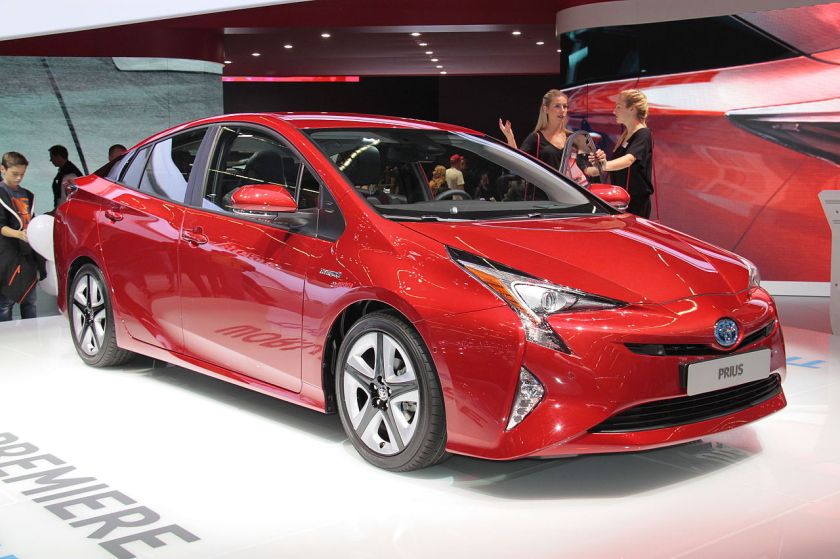 Toyota Prius (1997–present)
Toyota Prius (1997–present)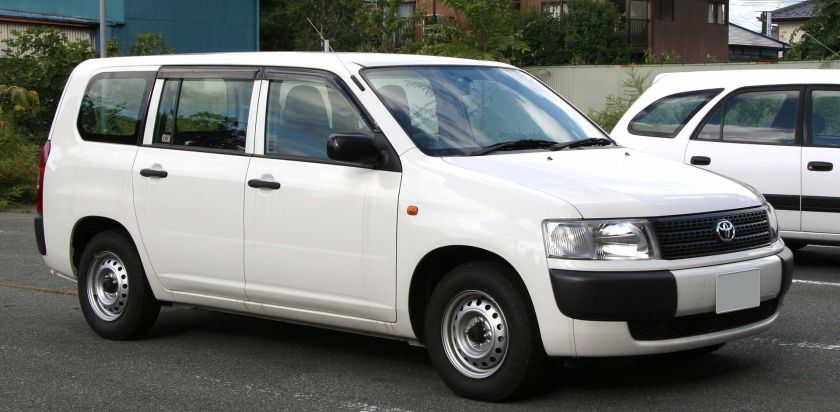 Toyota Probox (2002–present)
Toyota Probox (2002–present)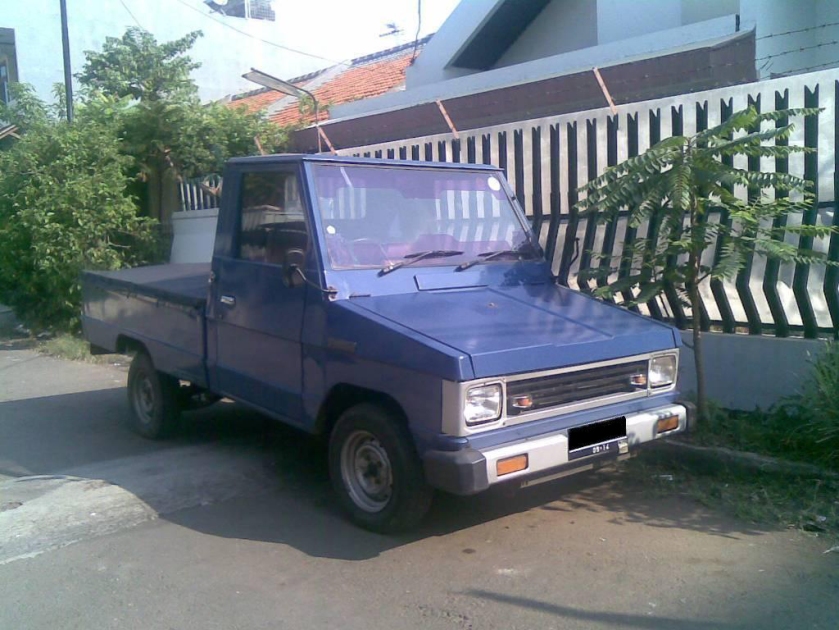
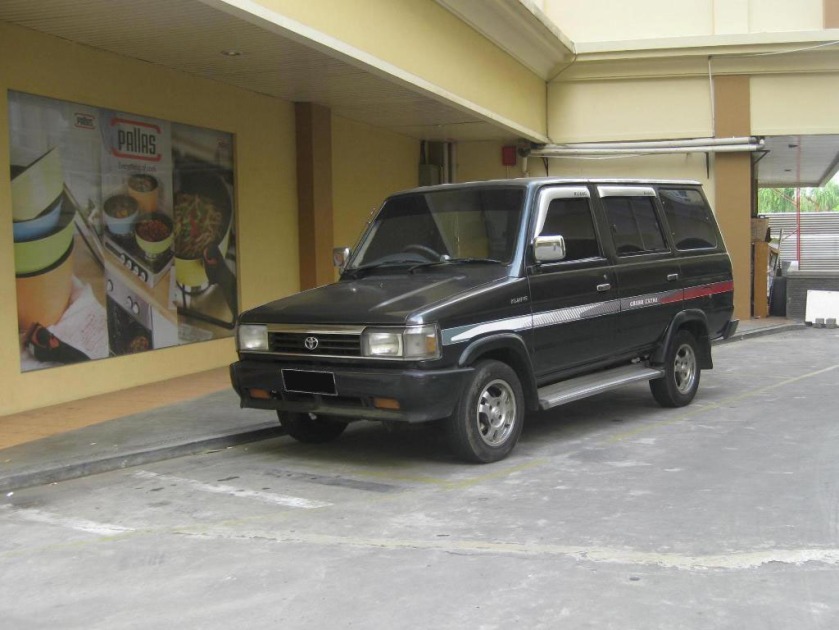
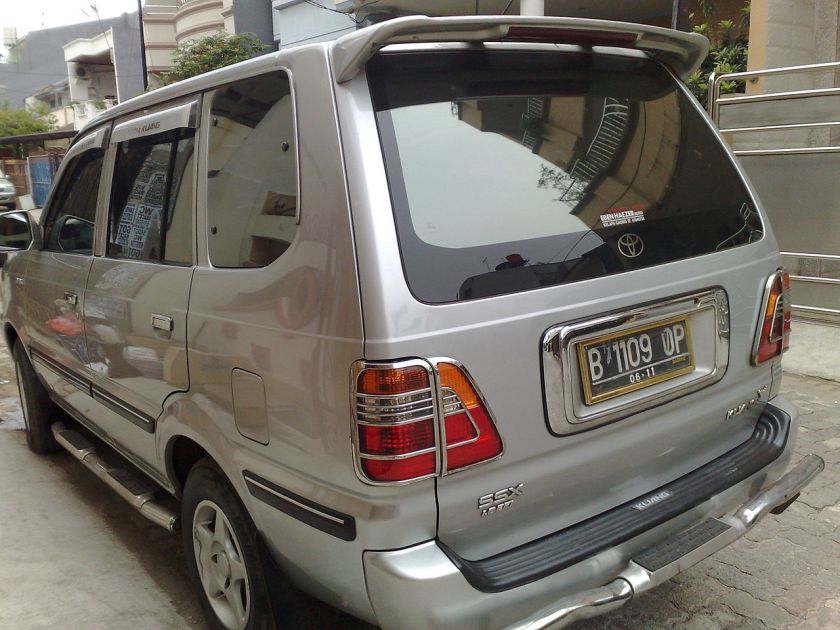
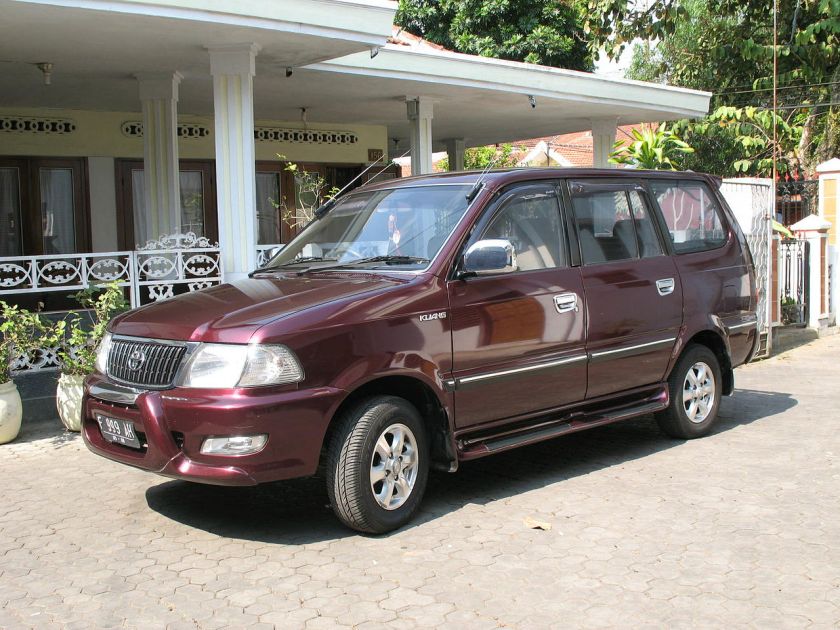
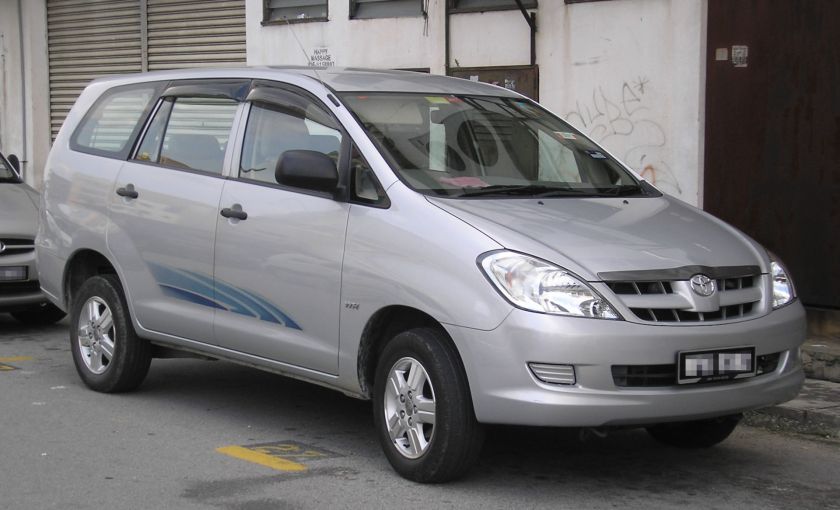
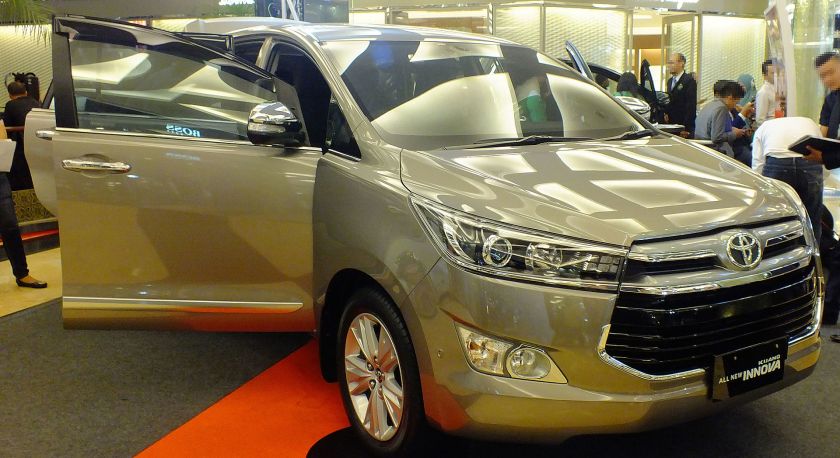 Toyota Qualis (1977–present, Toyota Kijang sold in India)
Toyota Qualis (1977–present, Toyota Kijang sold in India)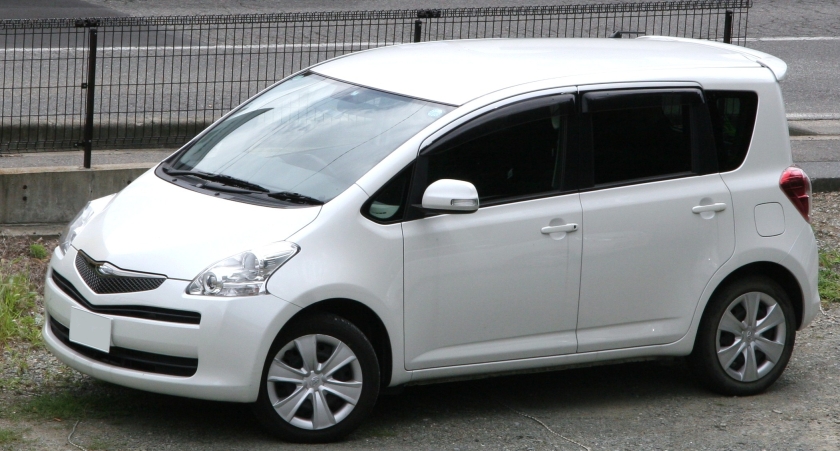 Toyota Ractis (2005–present)
Toyota Ractis (2005–present)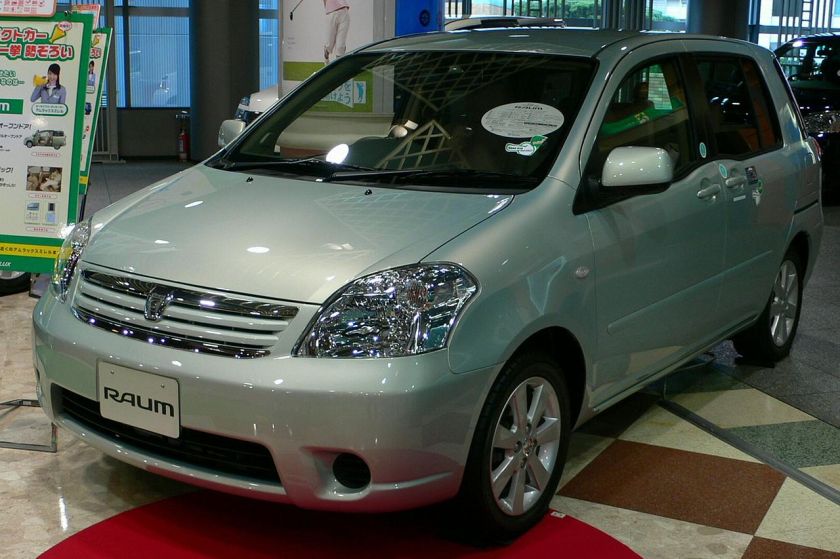
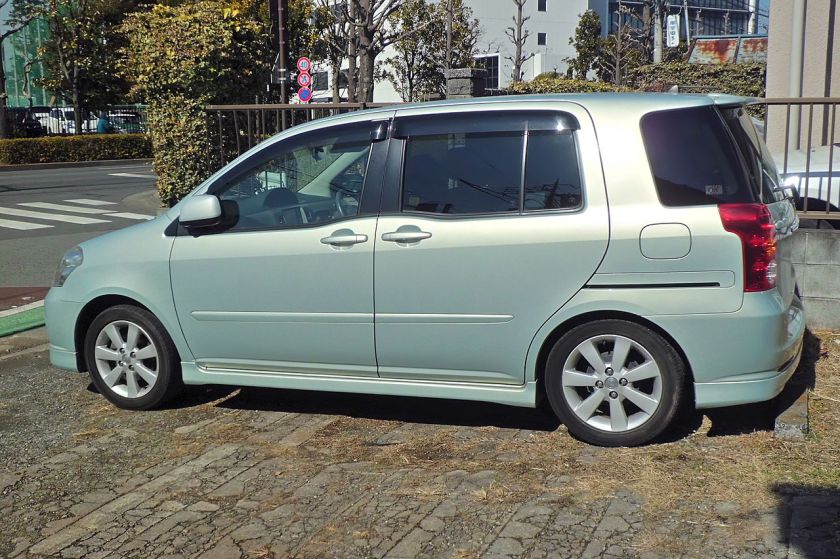
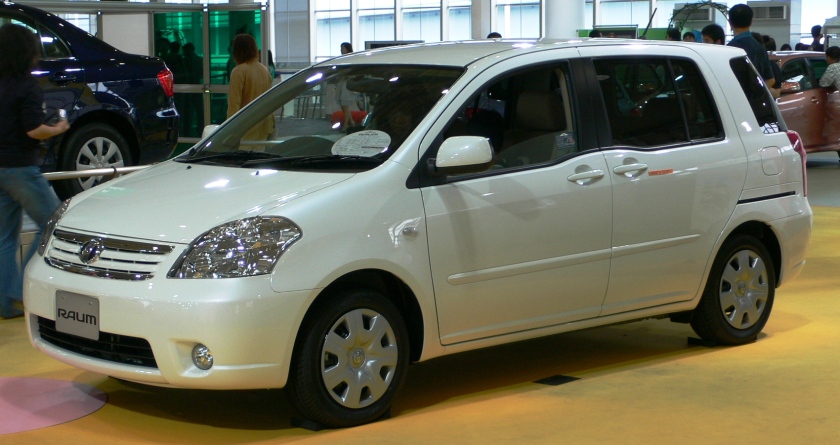 Toyota Raum (1997–present)
Toyota Raum (1997–present)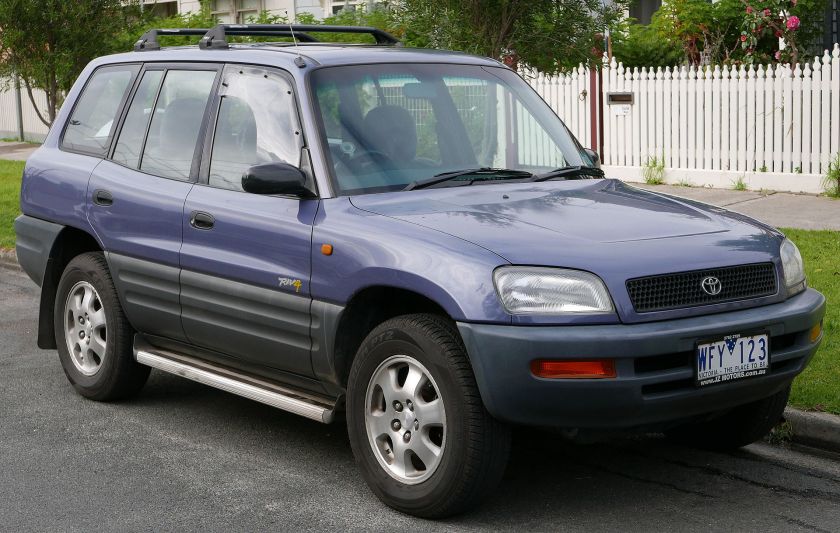
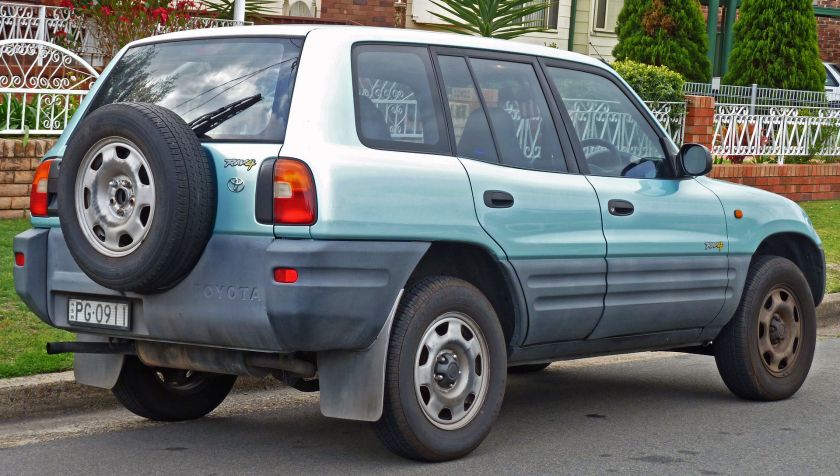
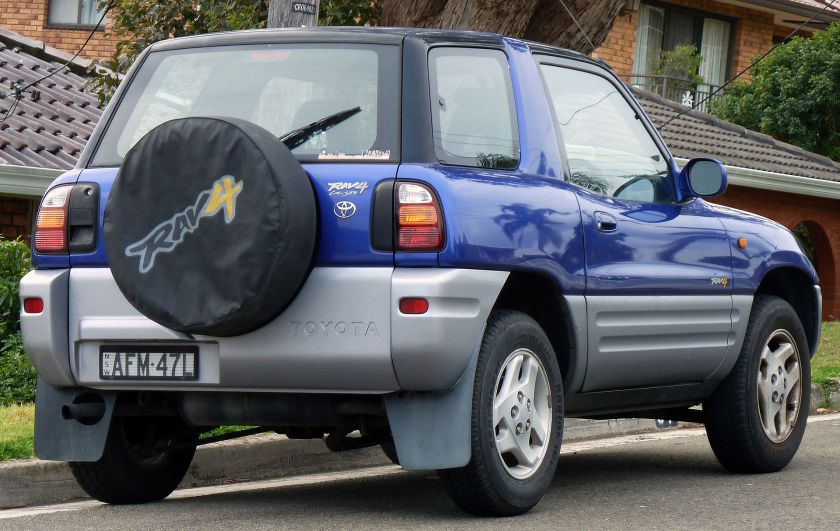
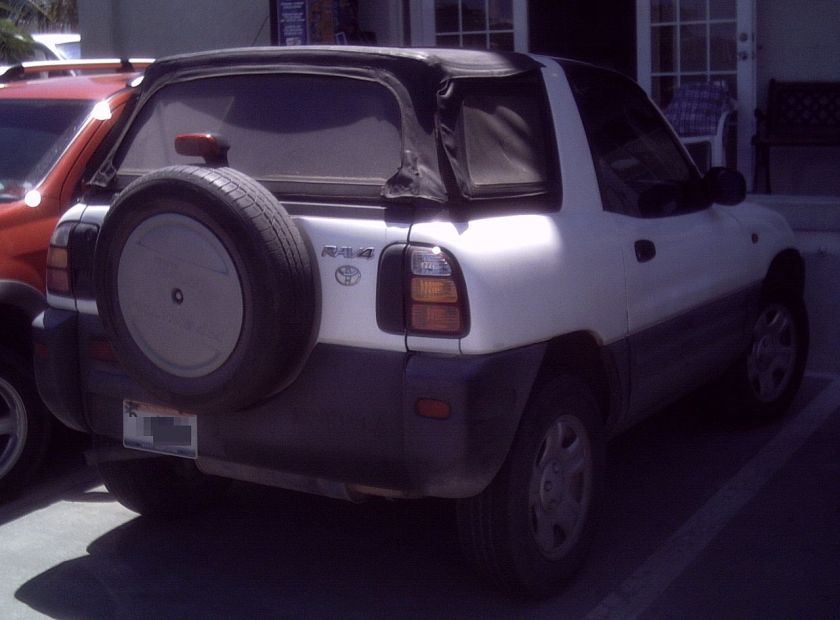
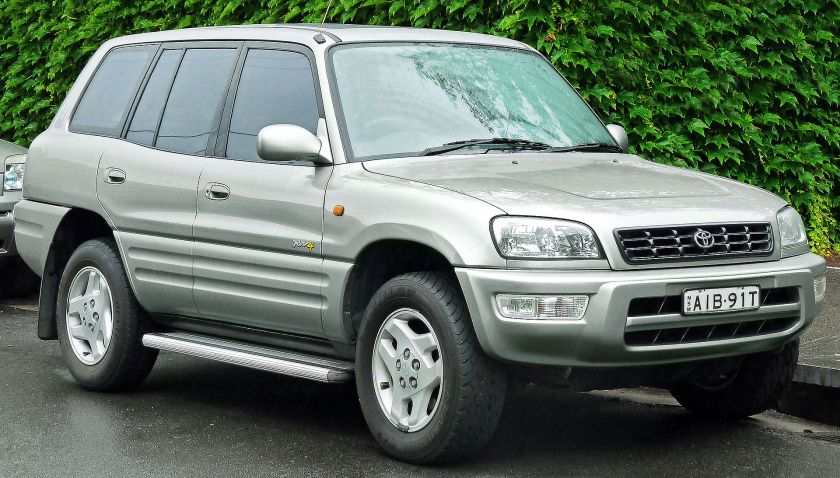
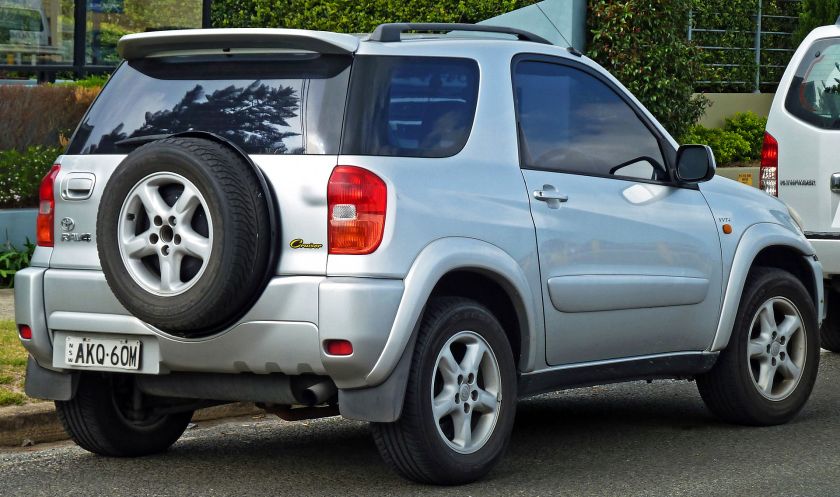
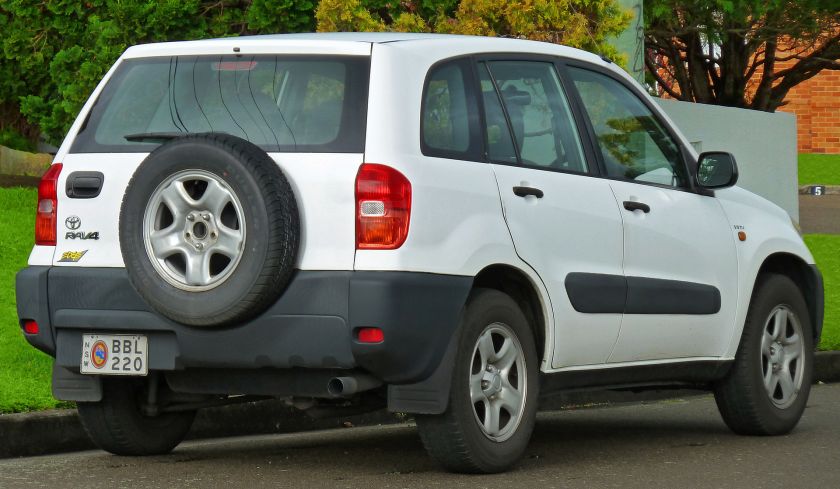
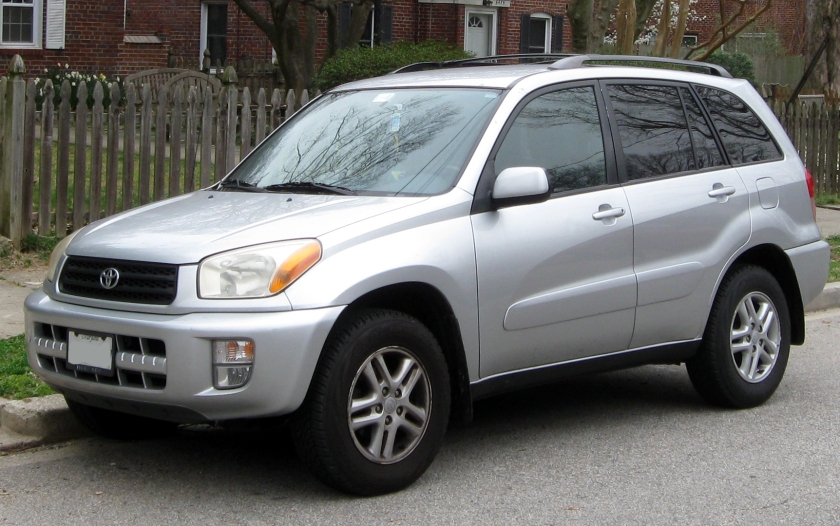
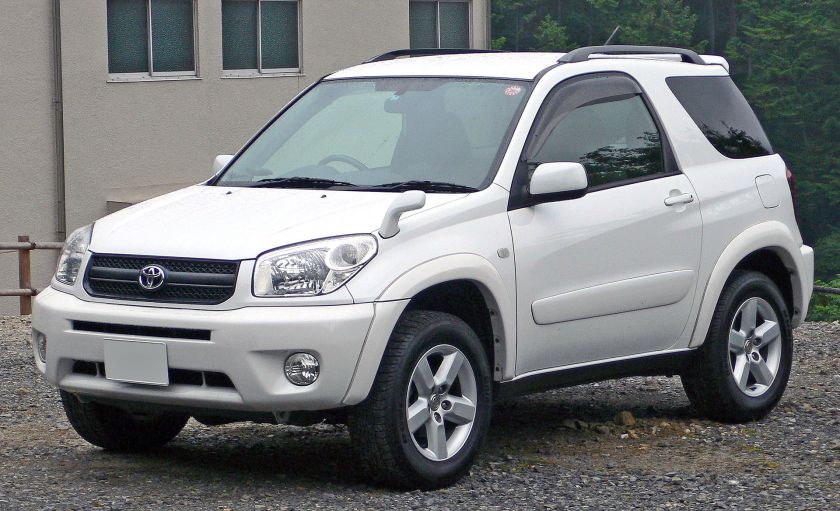
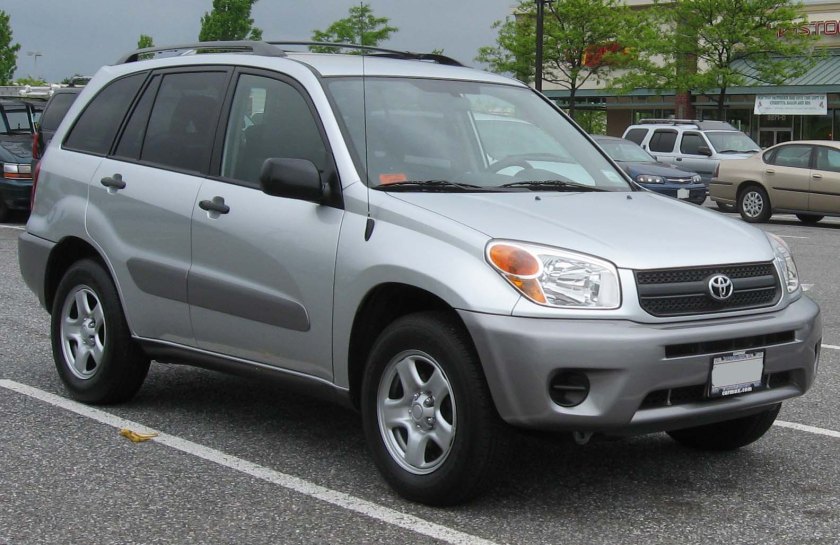
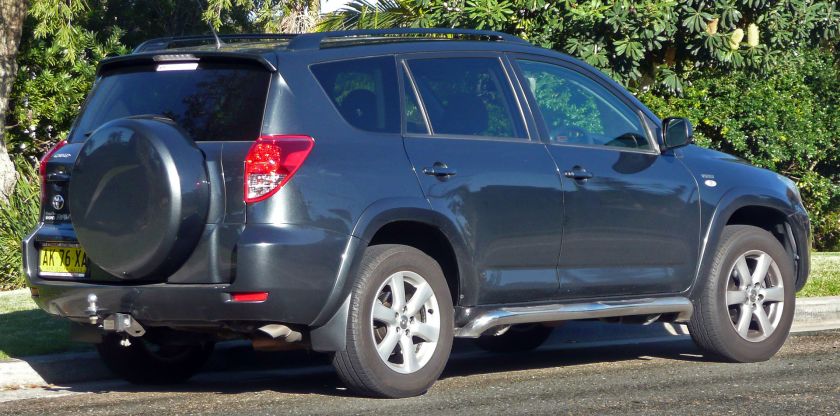
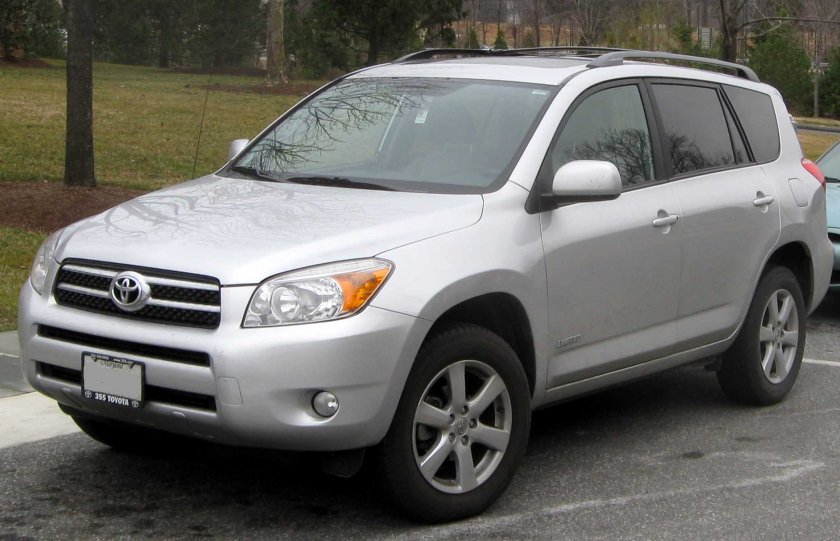
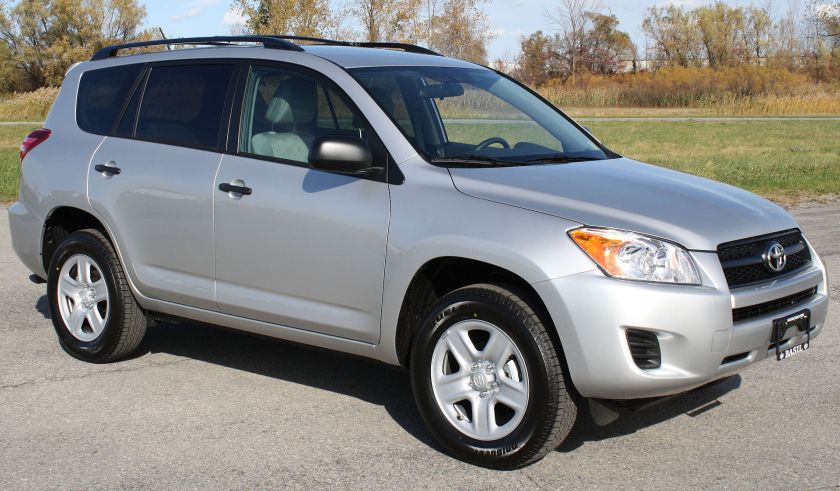
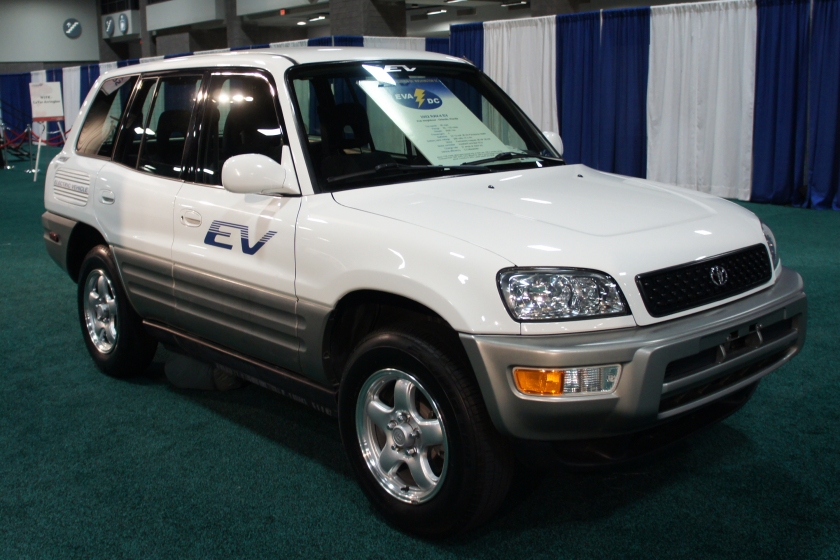
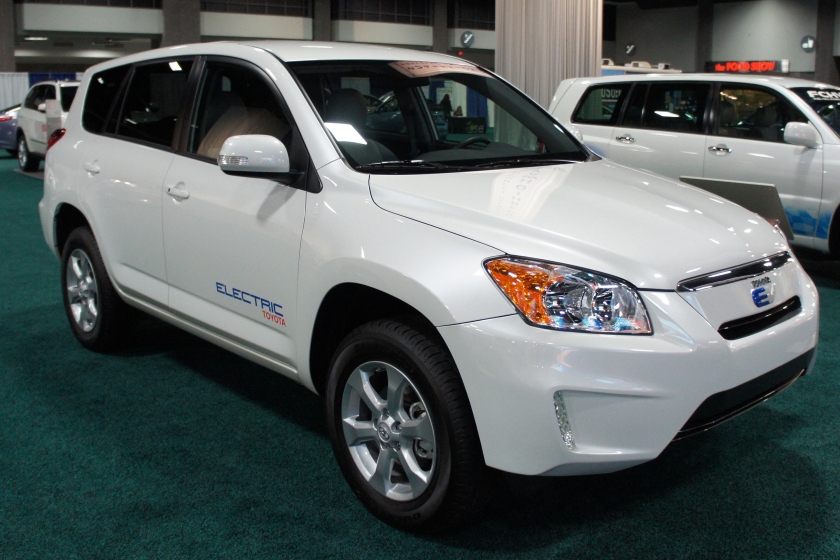
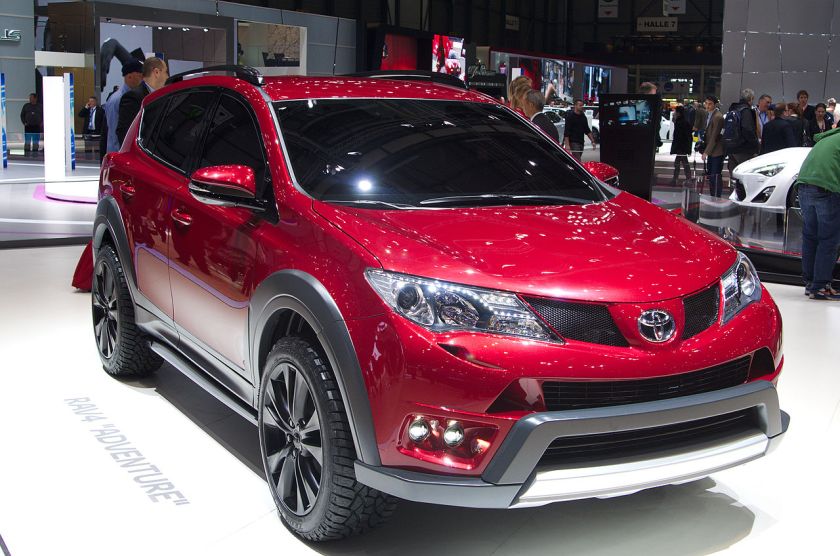
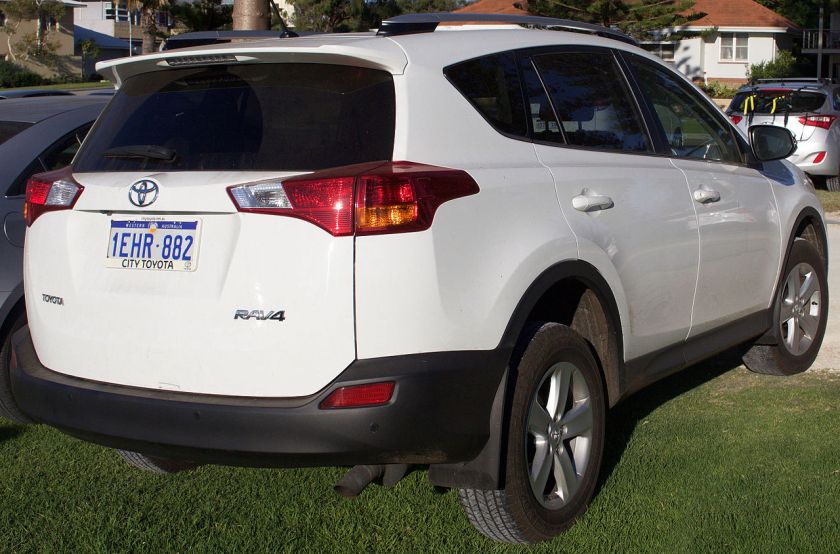
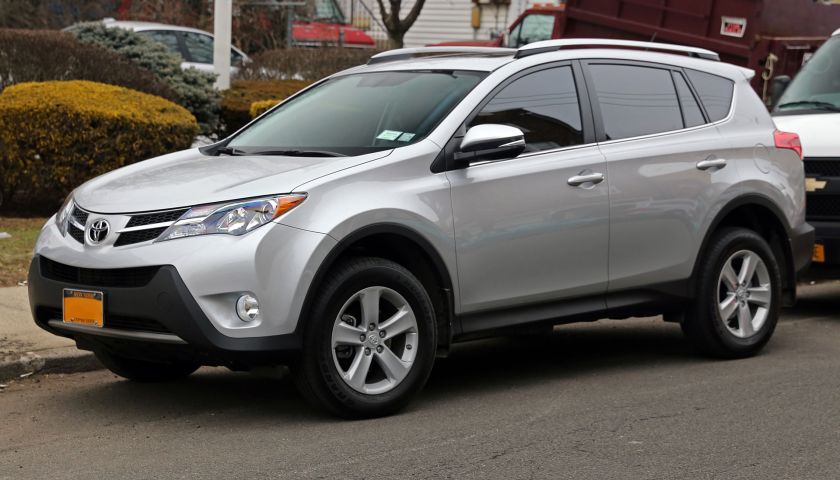
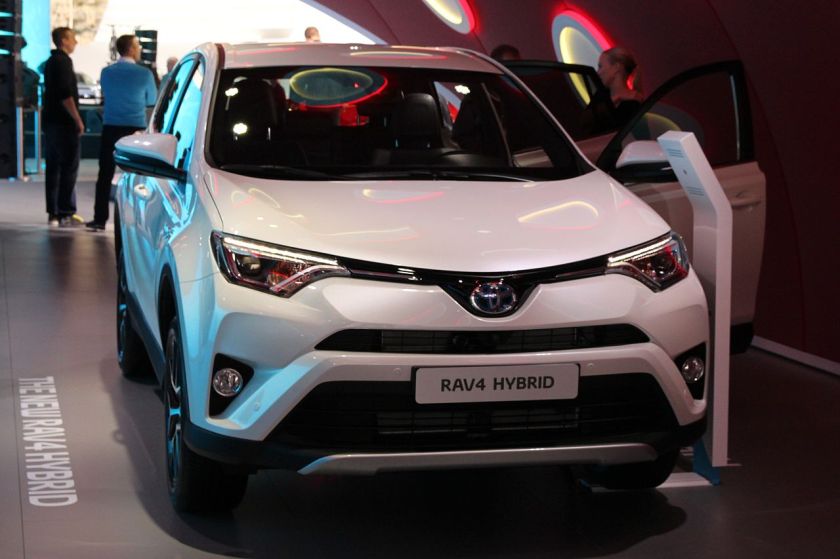
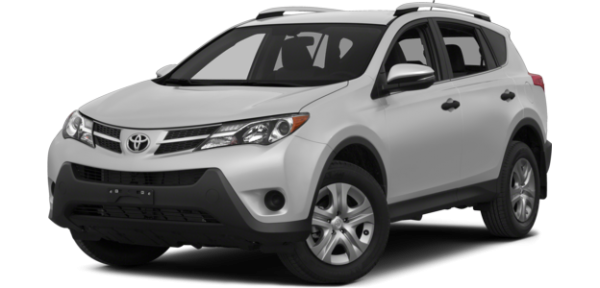
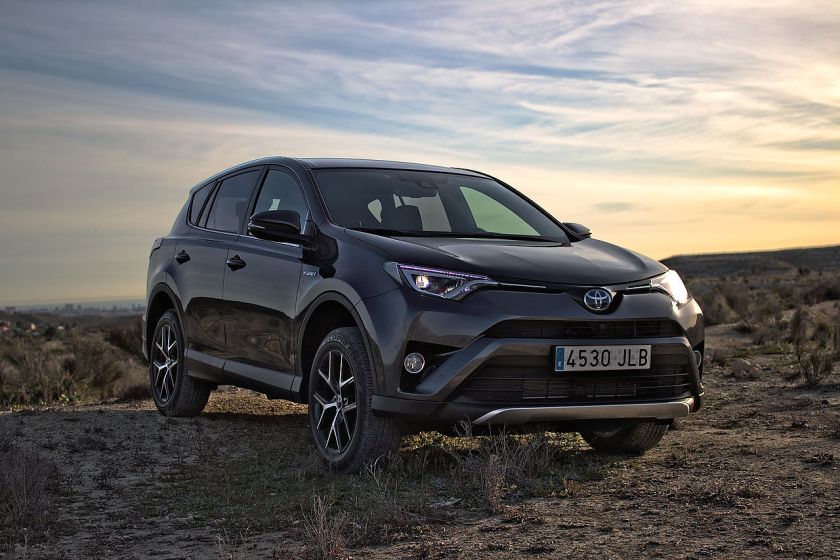
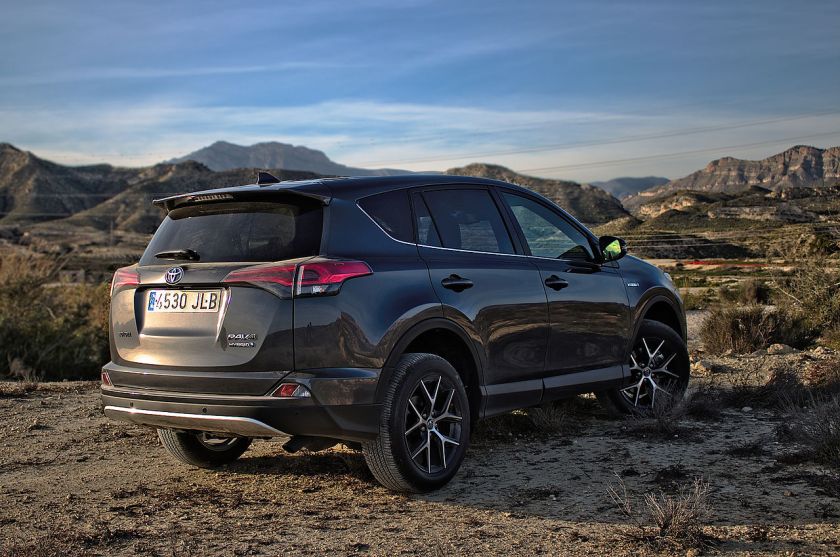 Toyota RAV4 (1994–present)
Toyota RAV4 (1994–present)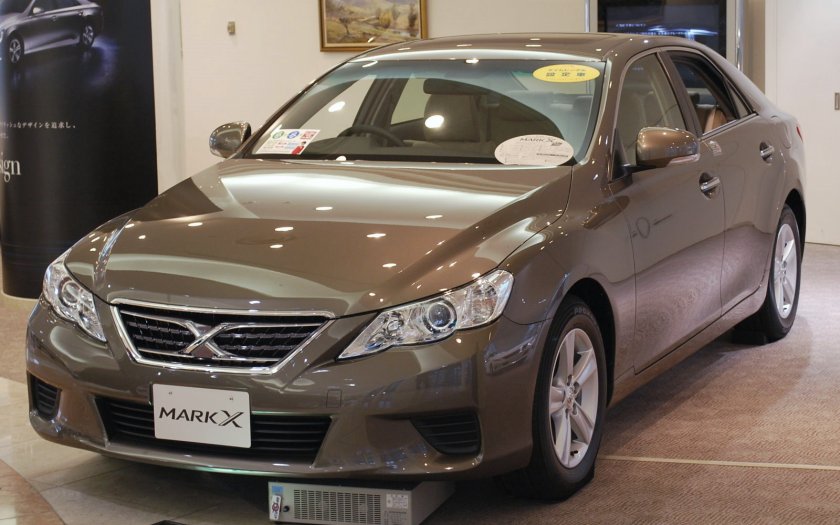
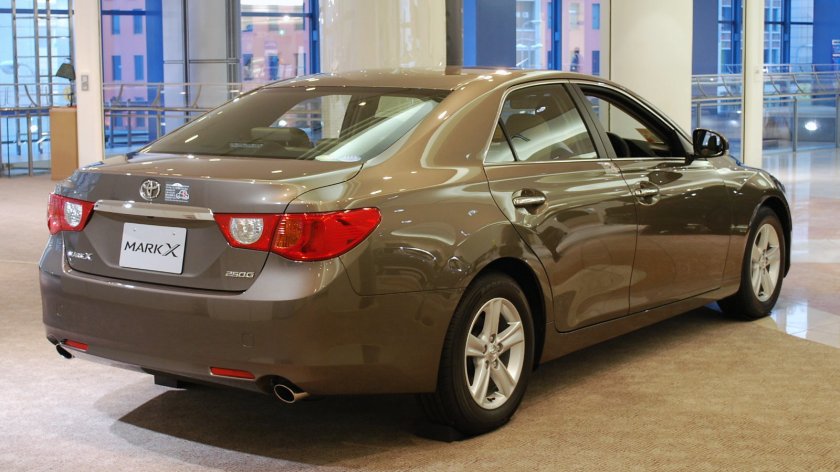
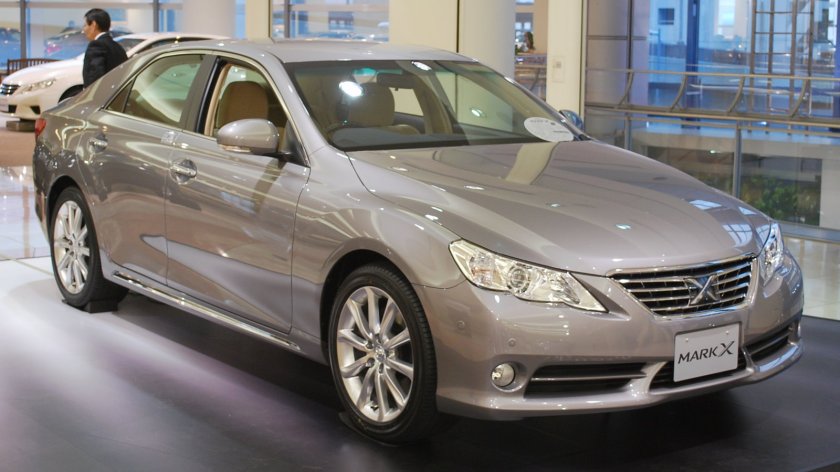
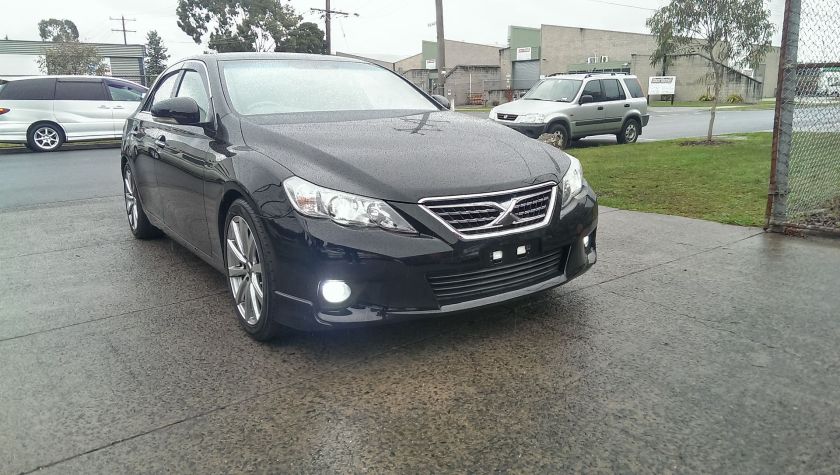
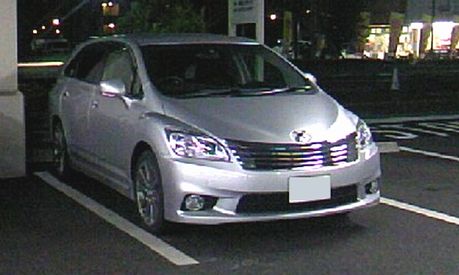
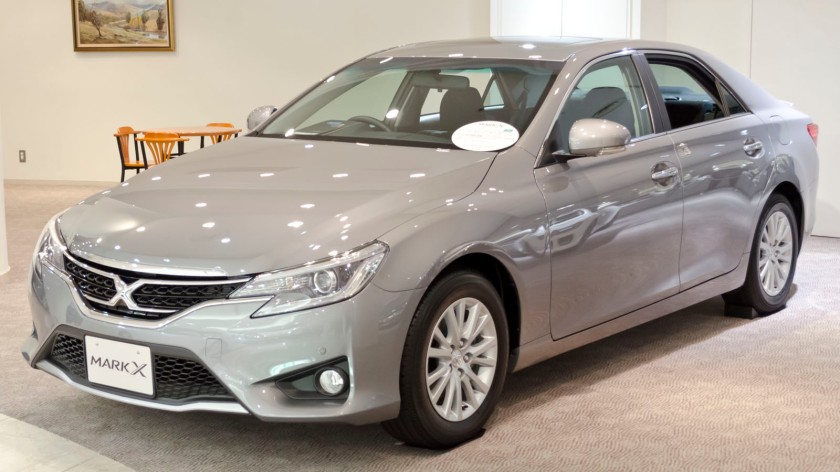
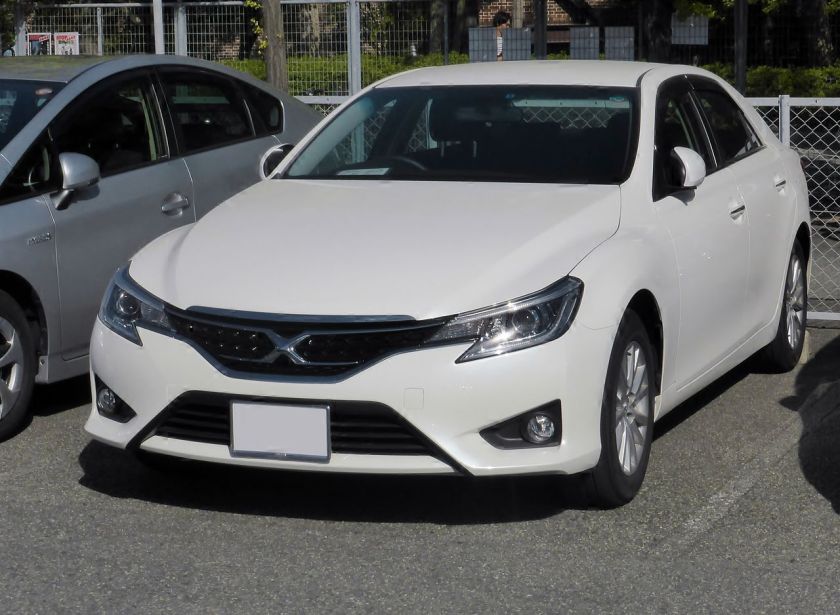
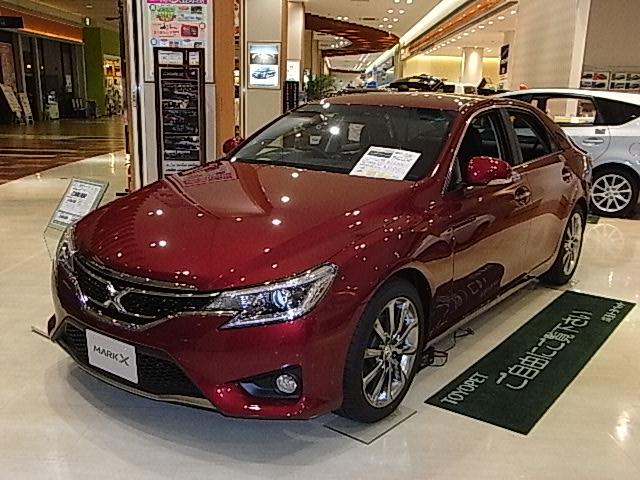
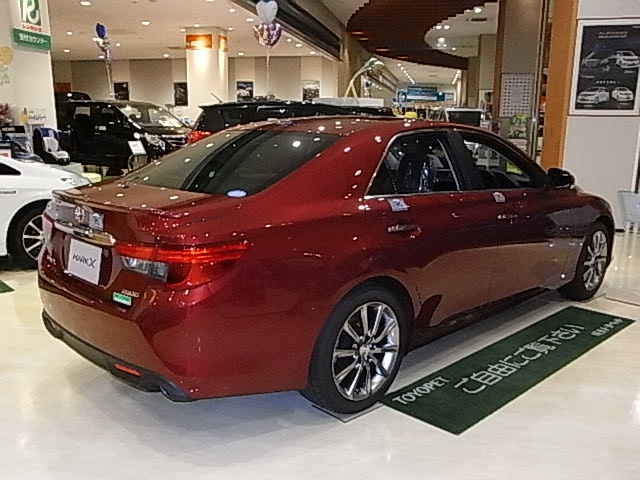
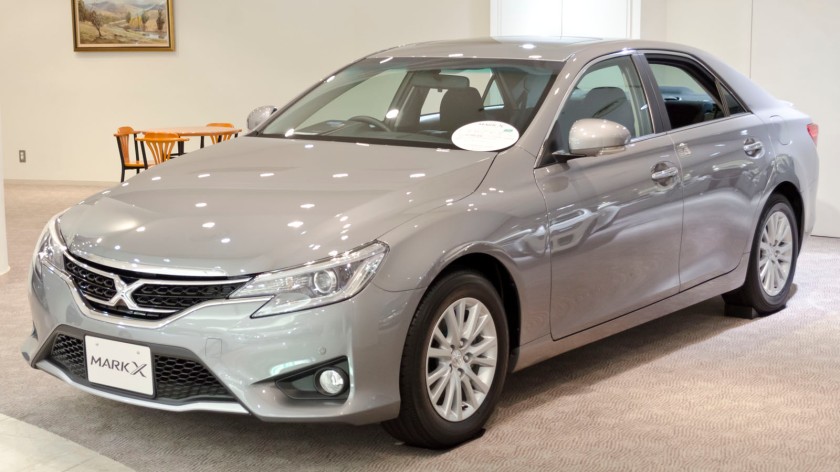
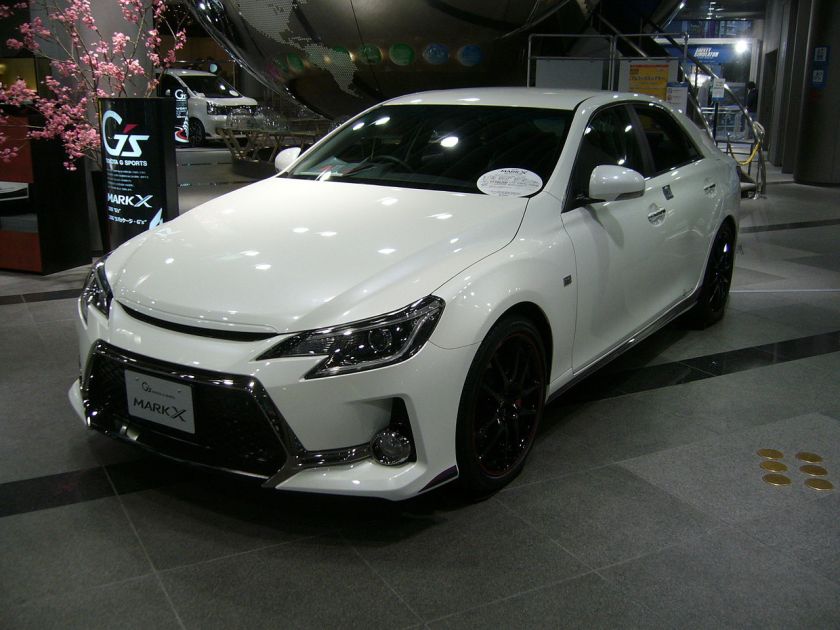
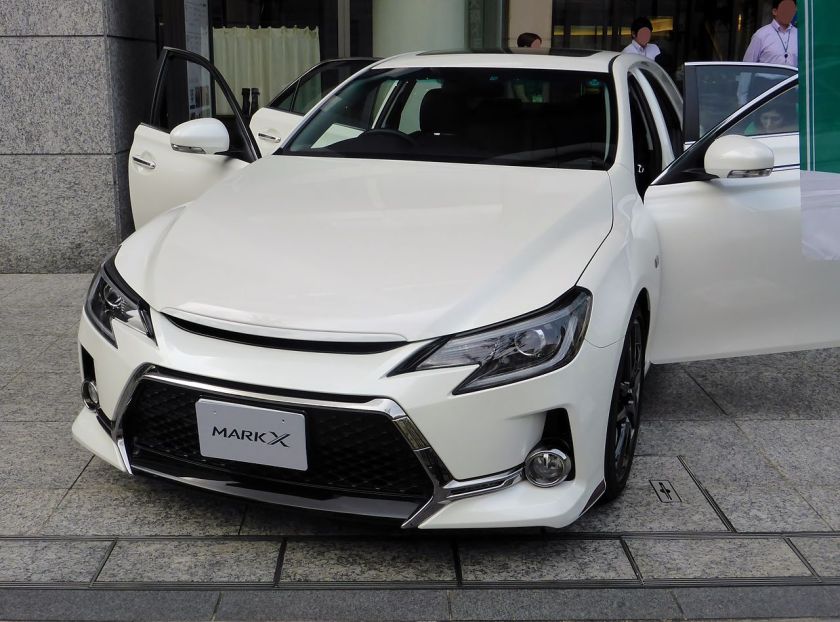 Toyota Reiz (2004–present, Toyota Mark X sold in China)
Toyota Reiz (2004–present, Toyota Mark X sold in China)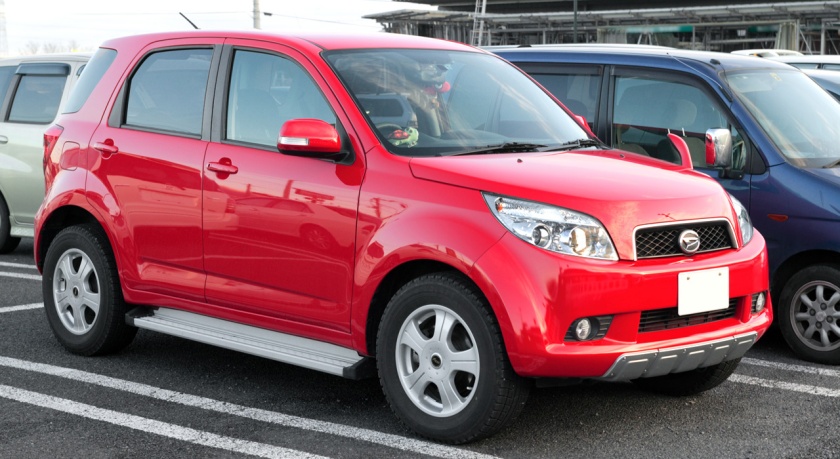
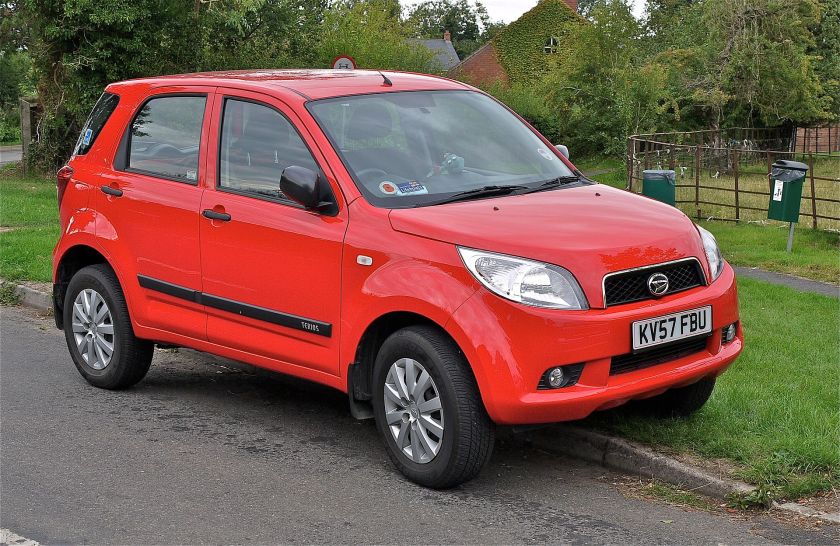
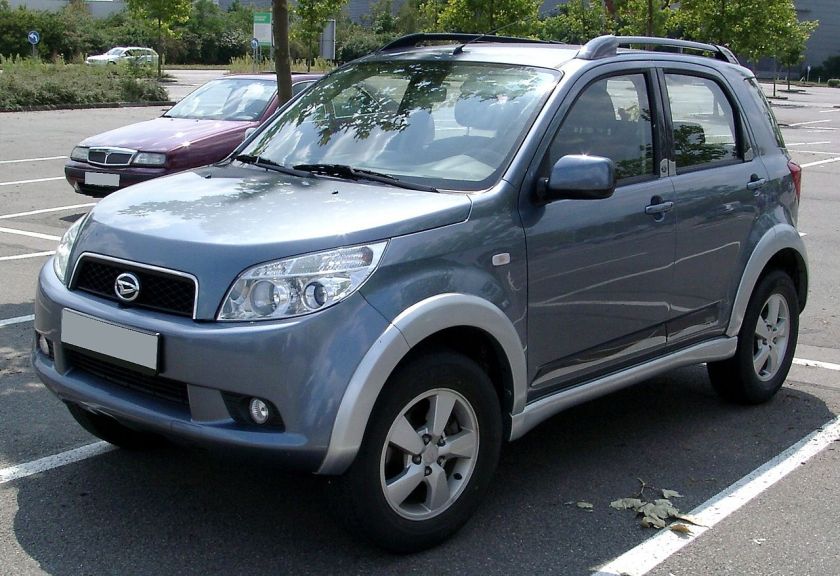
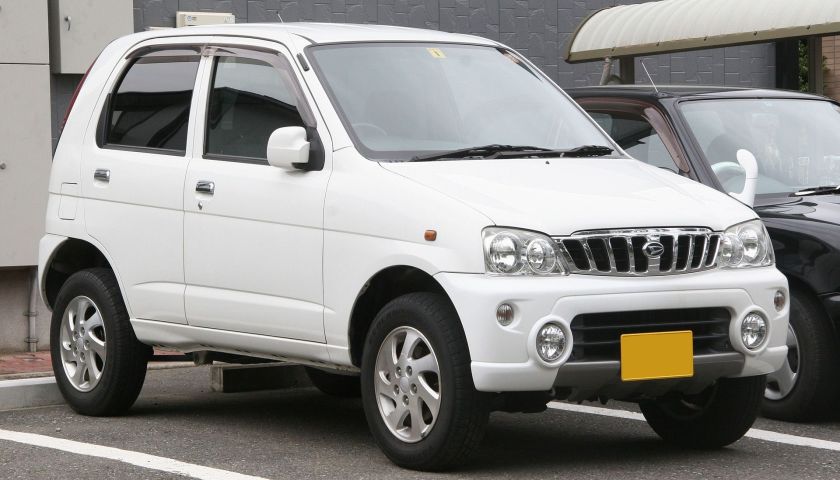
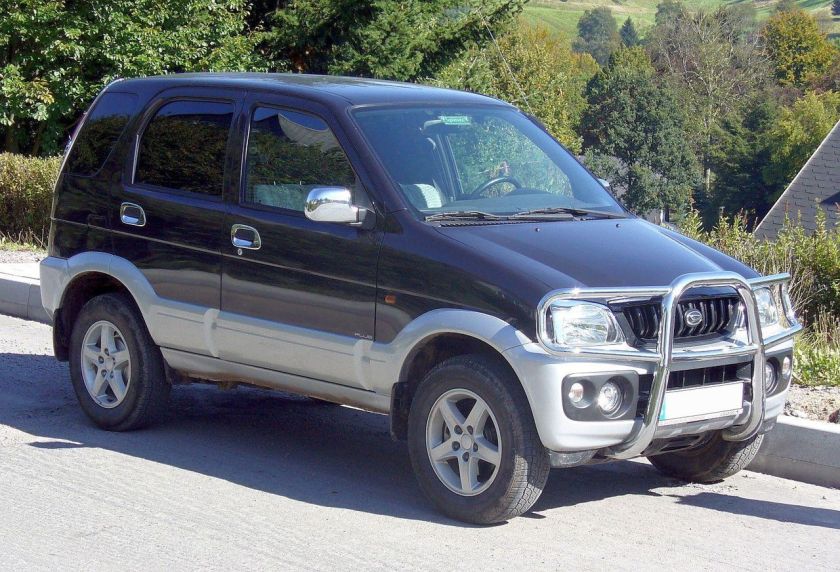
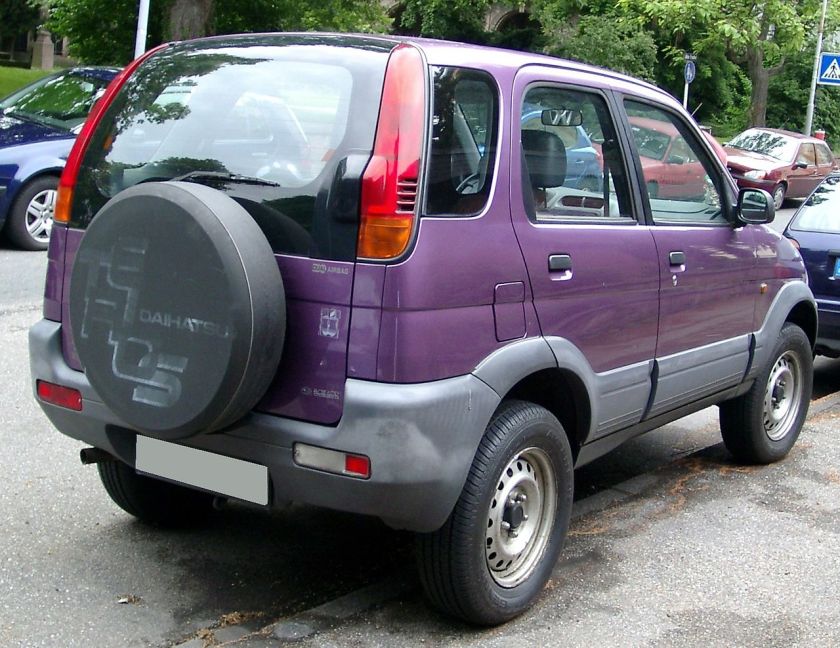
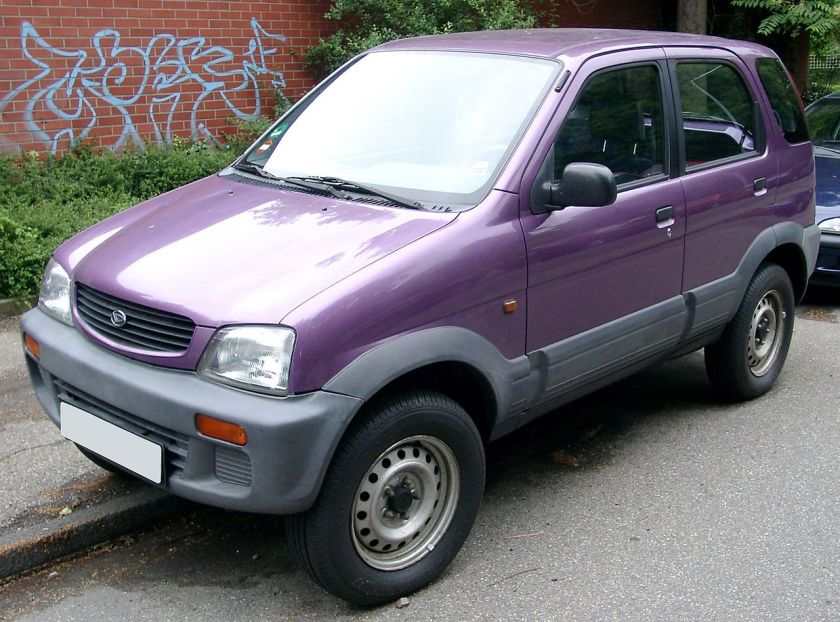 Toyota Rush (2006–present, sold as the Daihatsu Terios)
Toyota Rush (2006–present, sold as the Daihatsu Terios)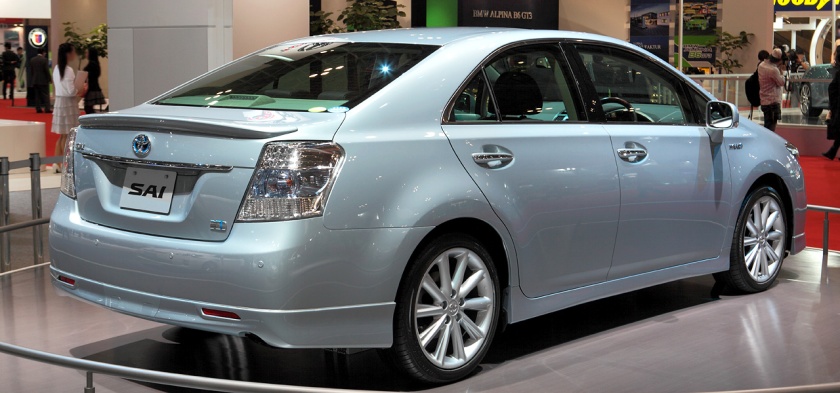
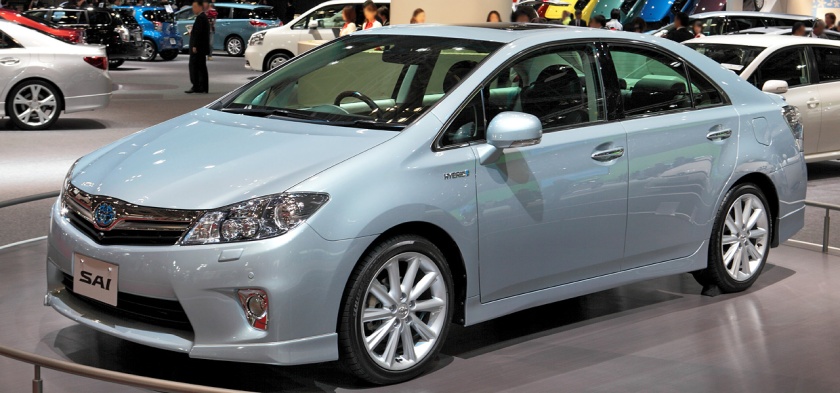 Toyota Sai (2009-present)
Toyota Sai (2009-present)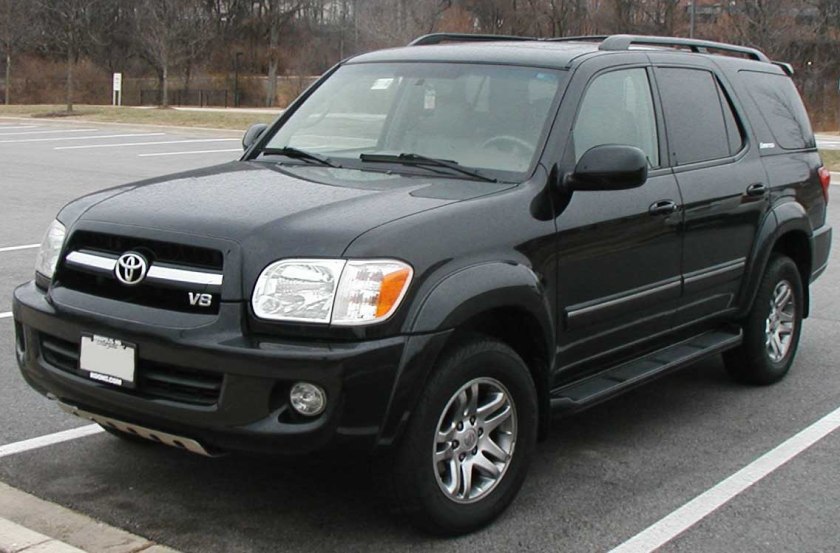
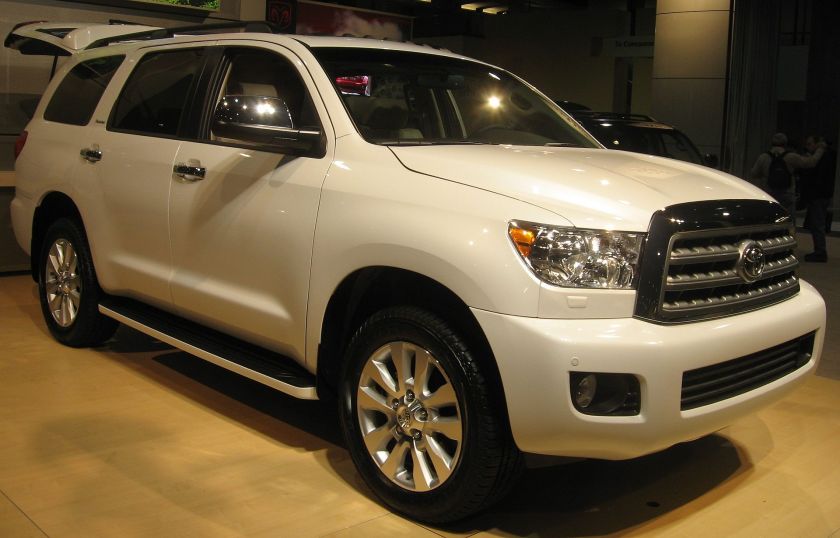
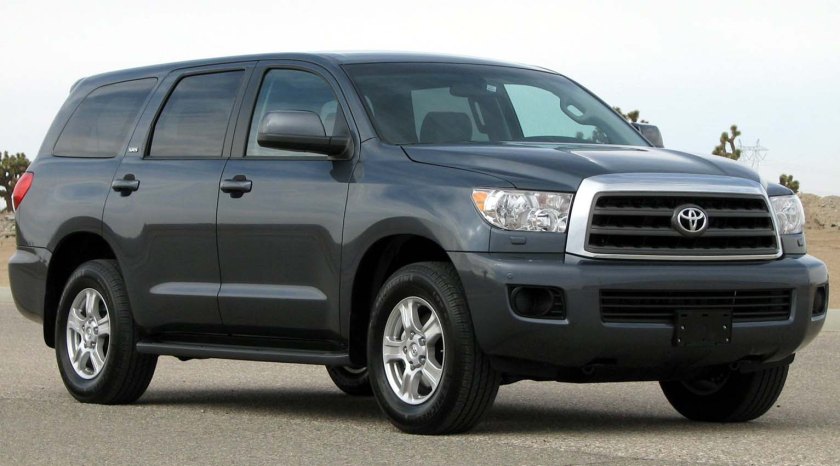
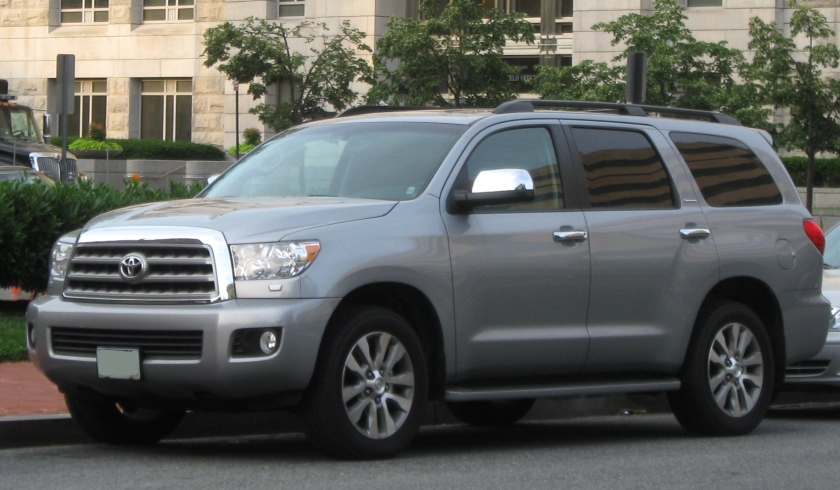
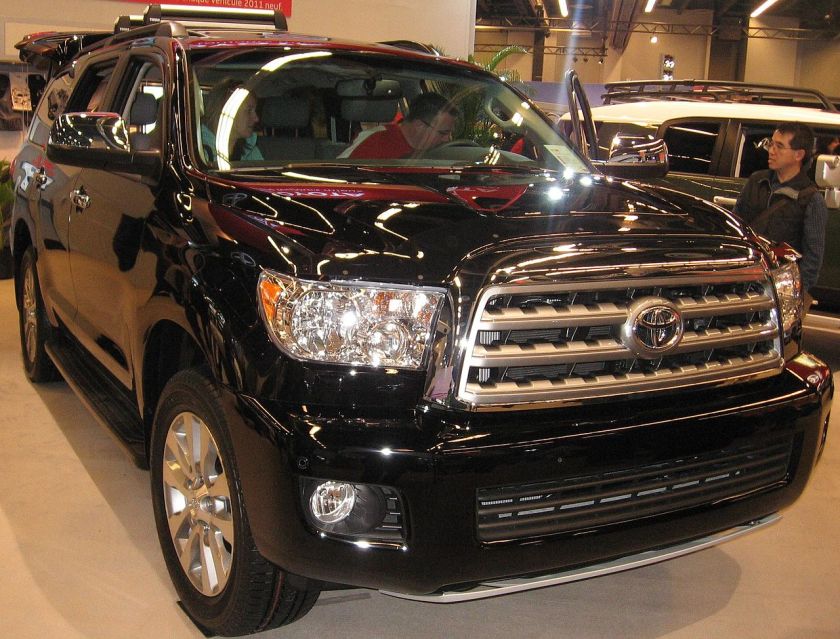
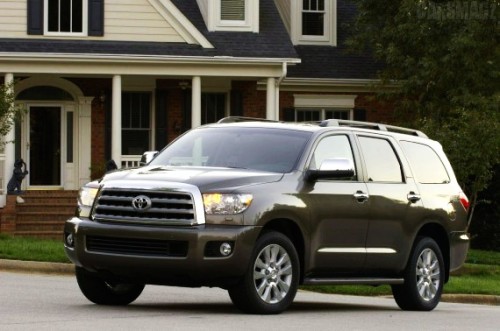
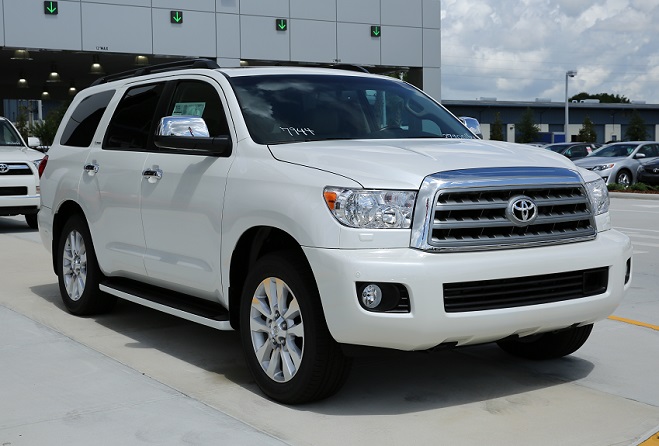 Toyota Sequoia (2000–present)
Toyota Sequoia (2000–present)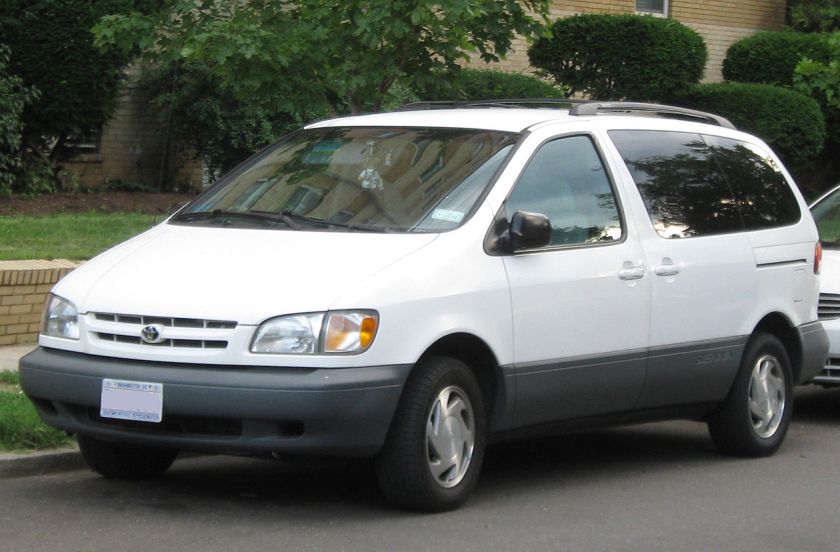
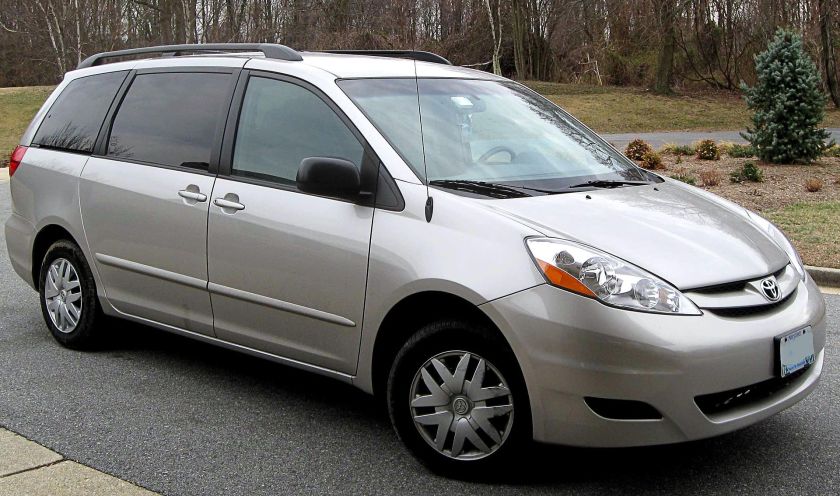
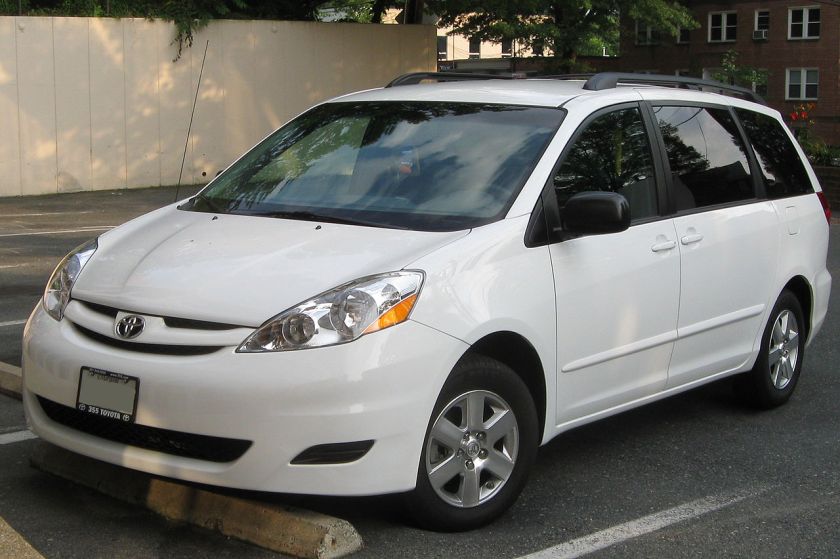

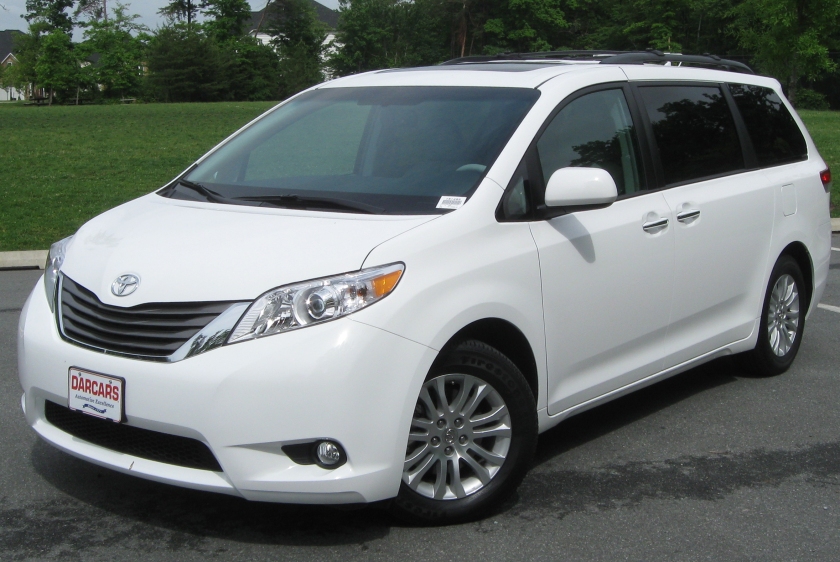
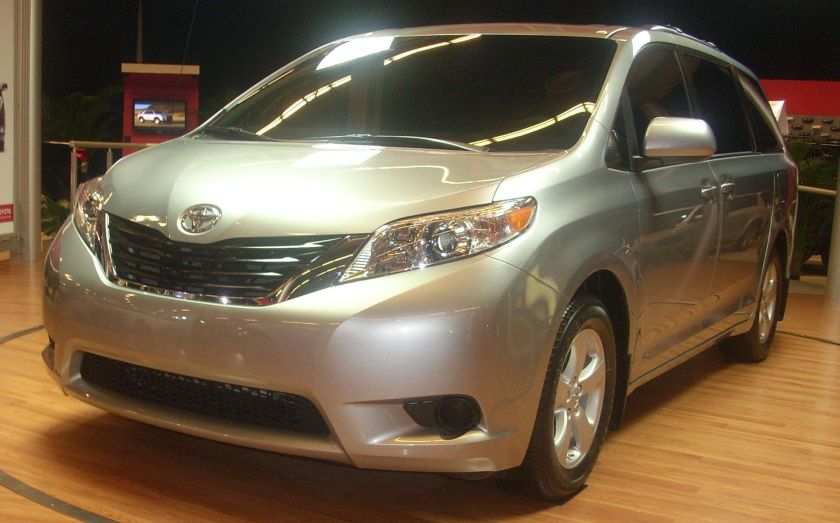
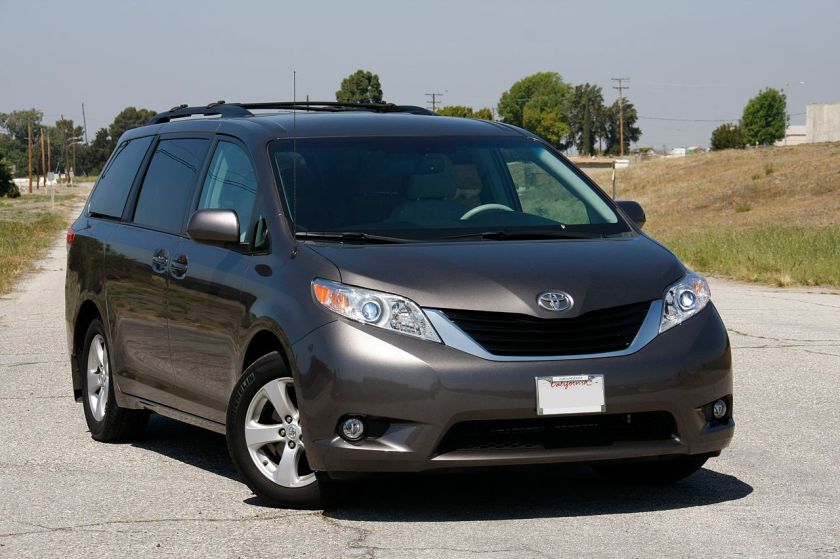 Toyota Sienna (1998–present, North America)
Toyota Sienna (1998–present, North America)
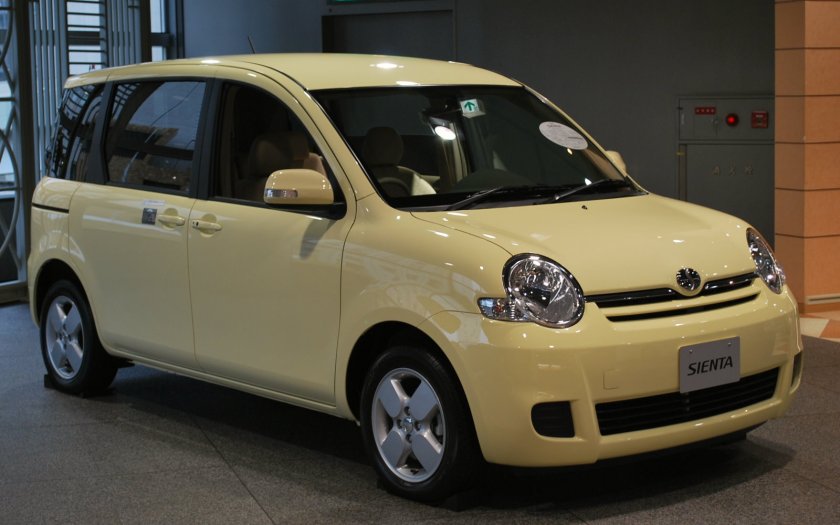
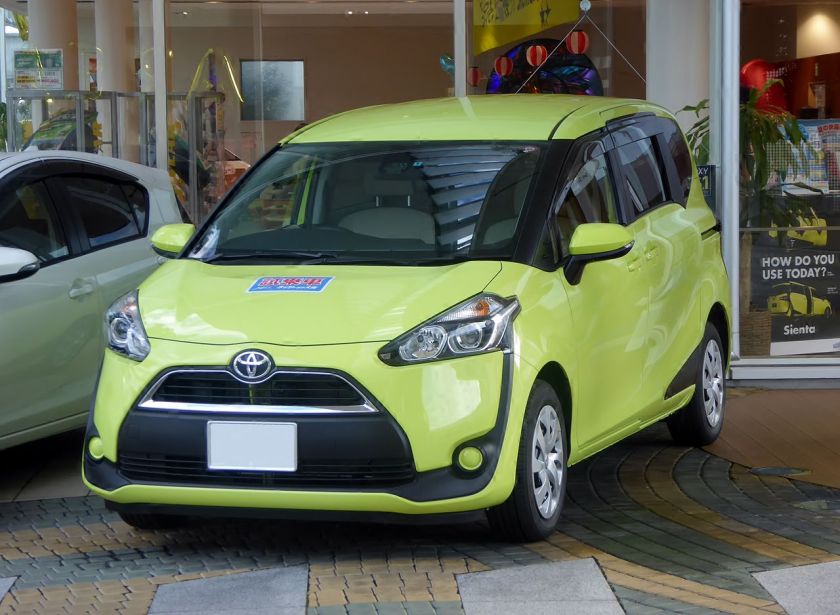
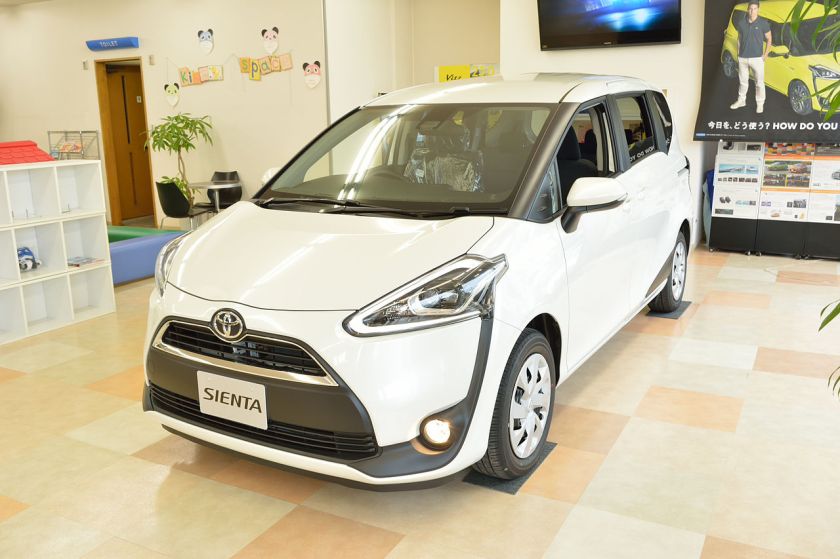 Toyota Sienta (2003–present)
Toyota Sienta (2003–present)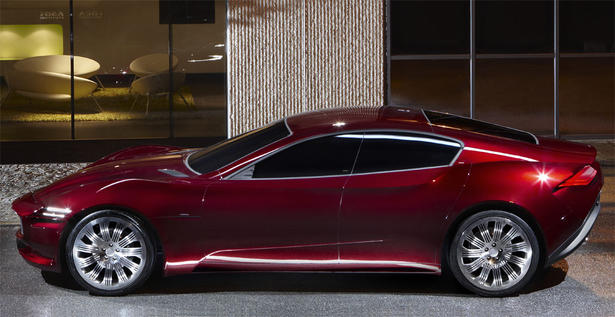
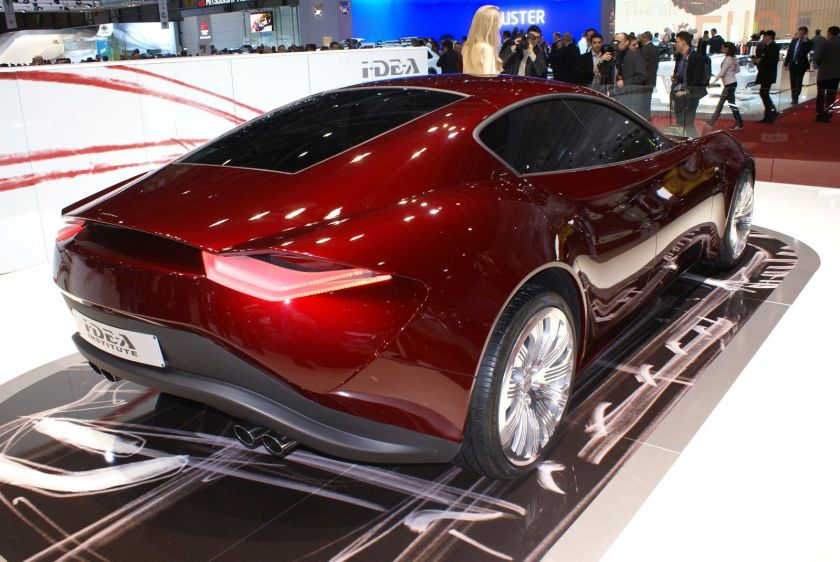 Toyota Sofia (Japan only)
Toyota Sofia (Japan only)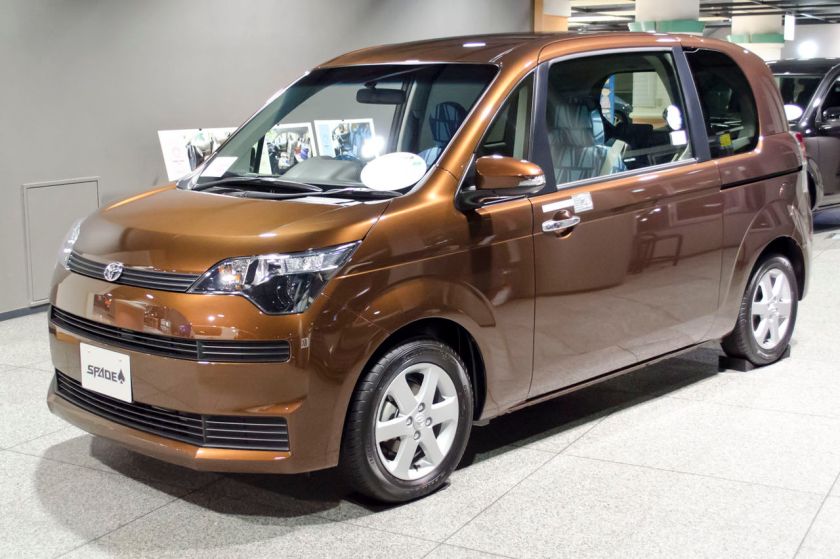
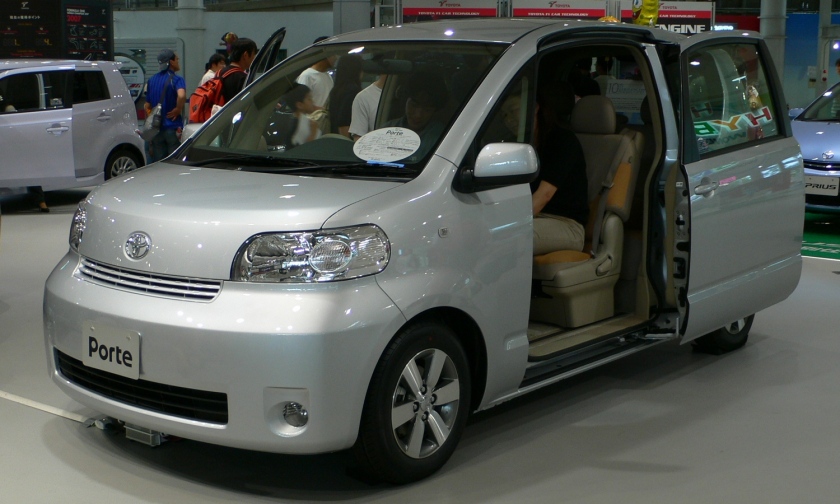
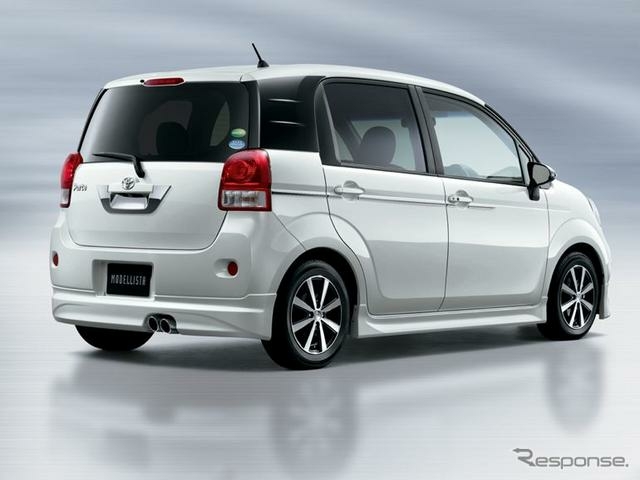 Toyota Spade (2012-present, Japan only)
Toyota Spade (2012-present, Japan only)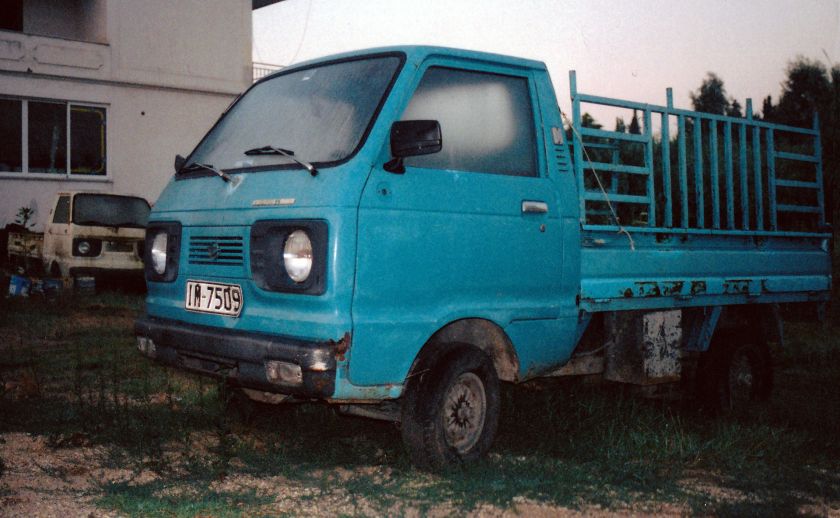
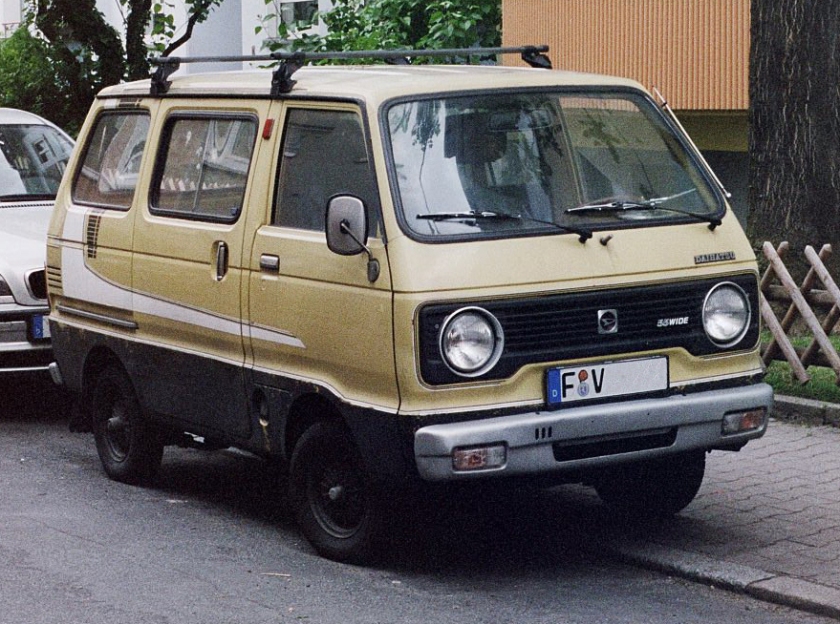
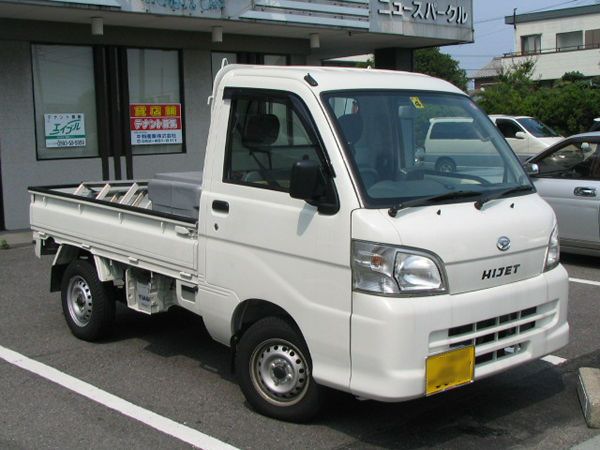
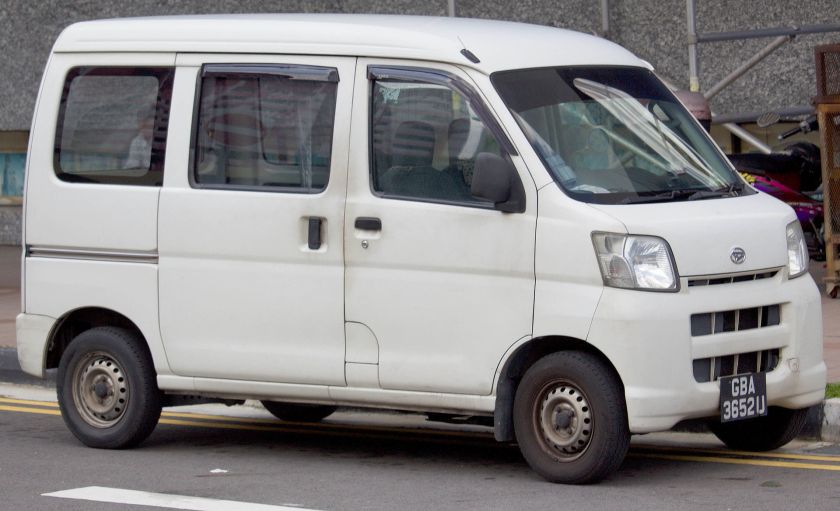
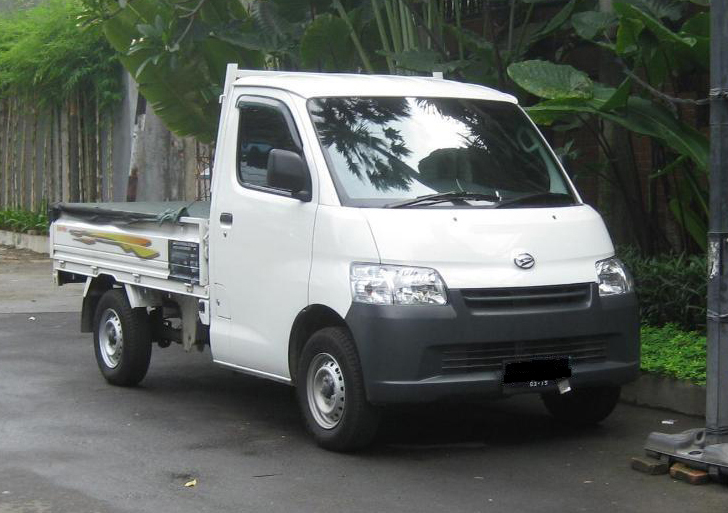
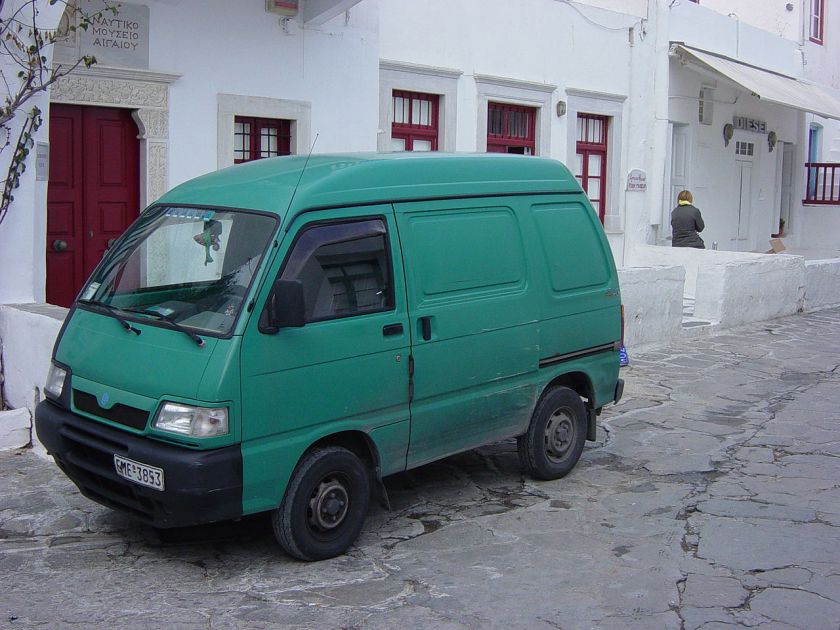
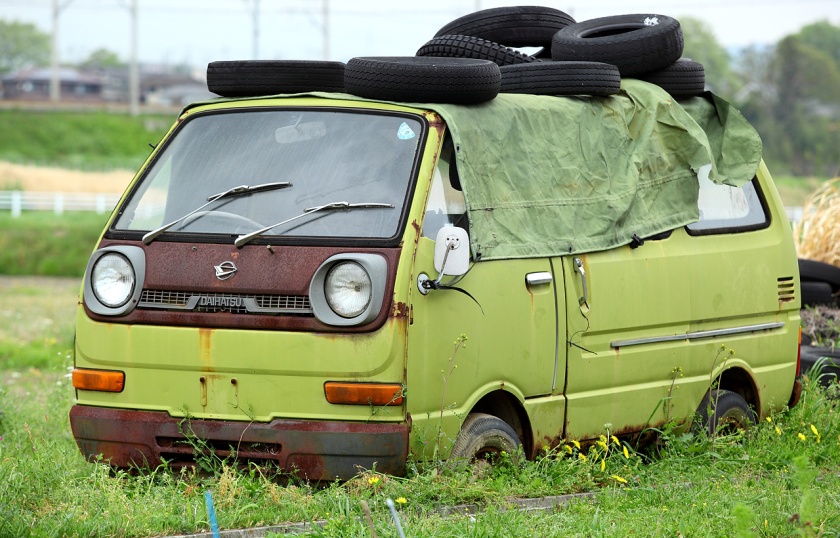
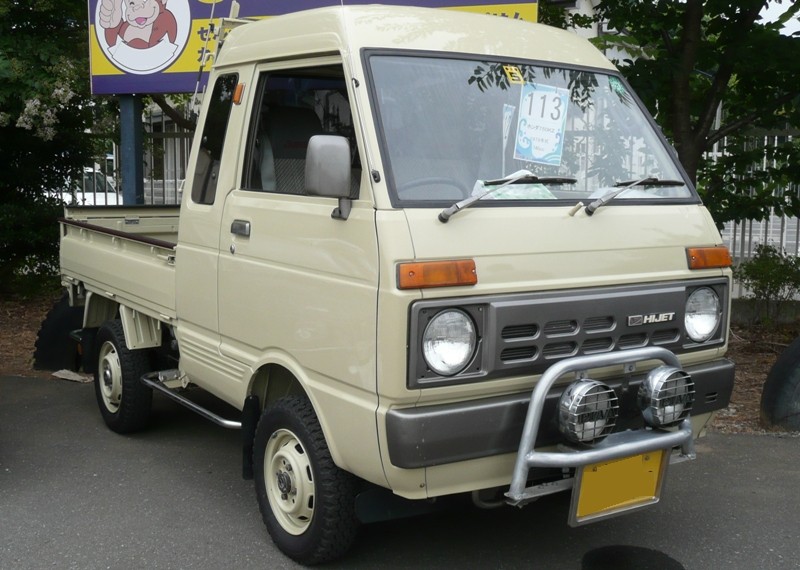
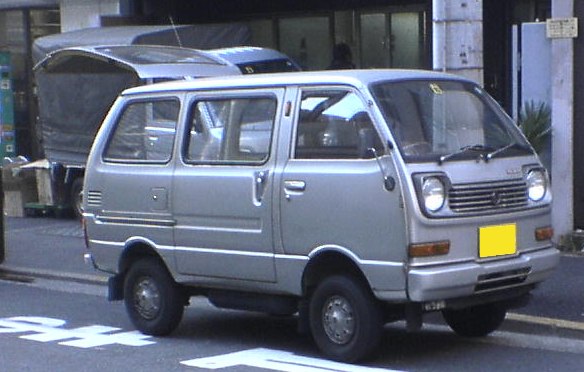
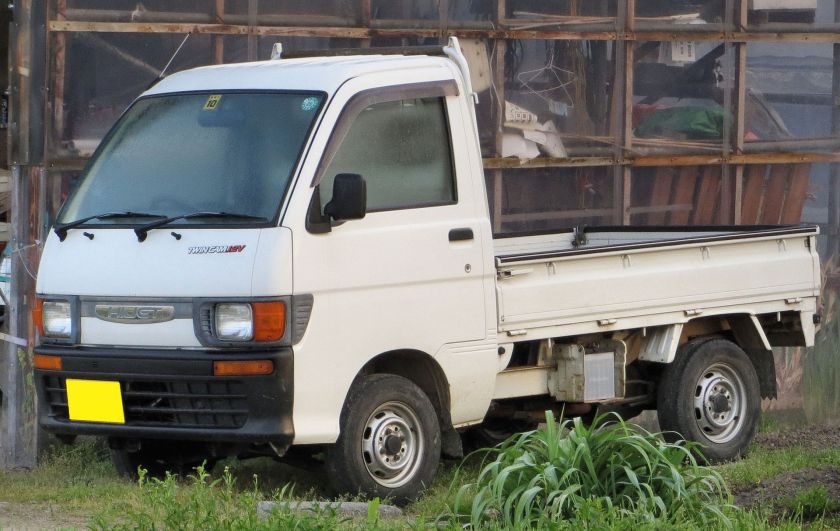
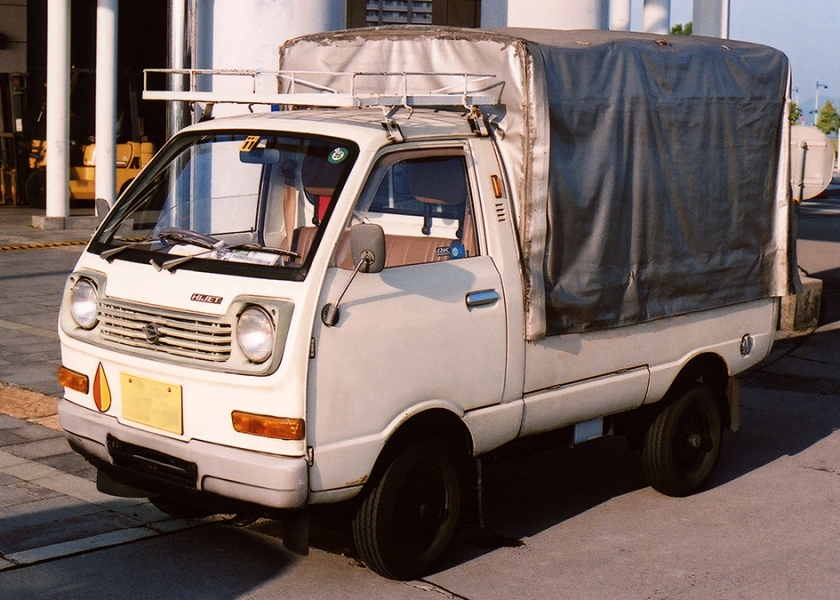
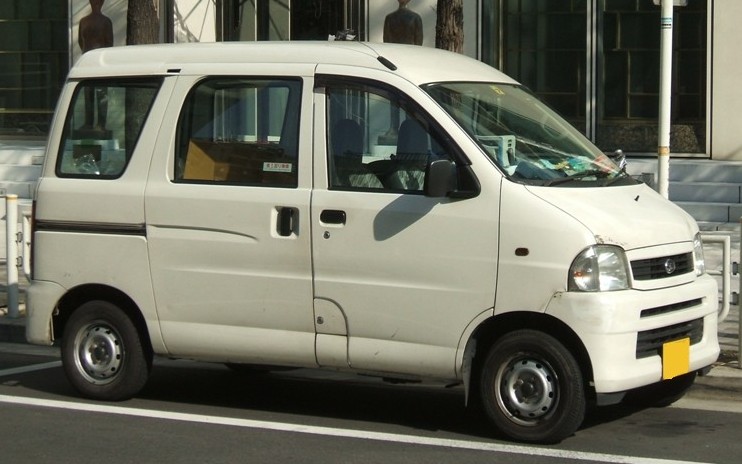
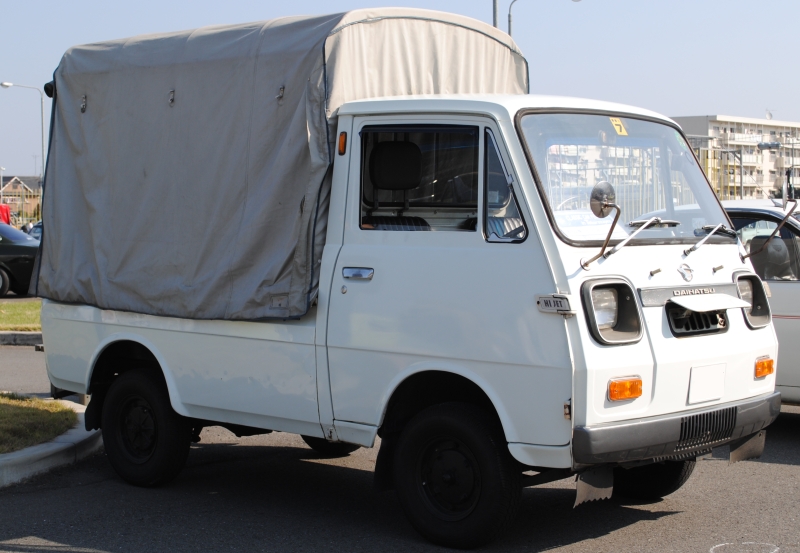
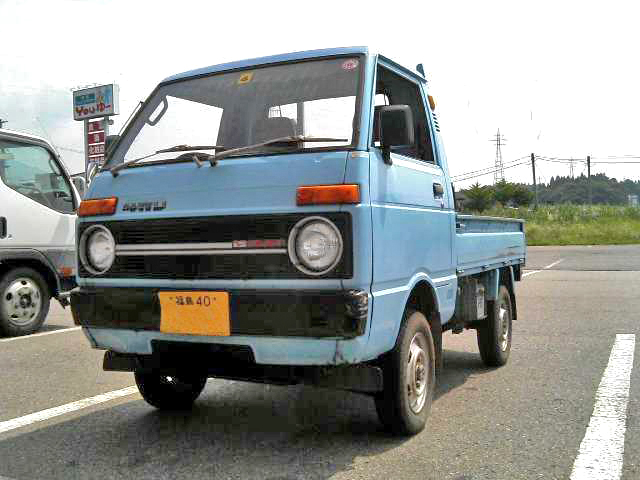
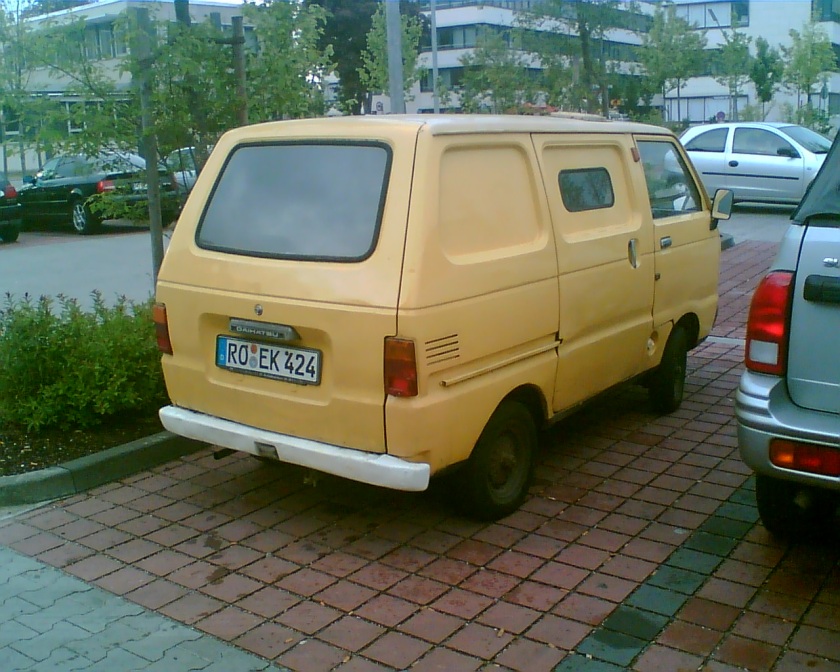
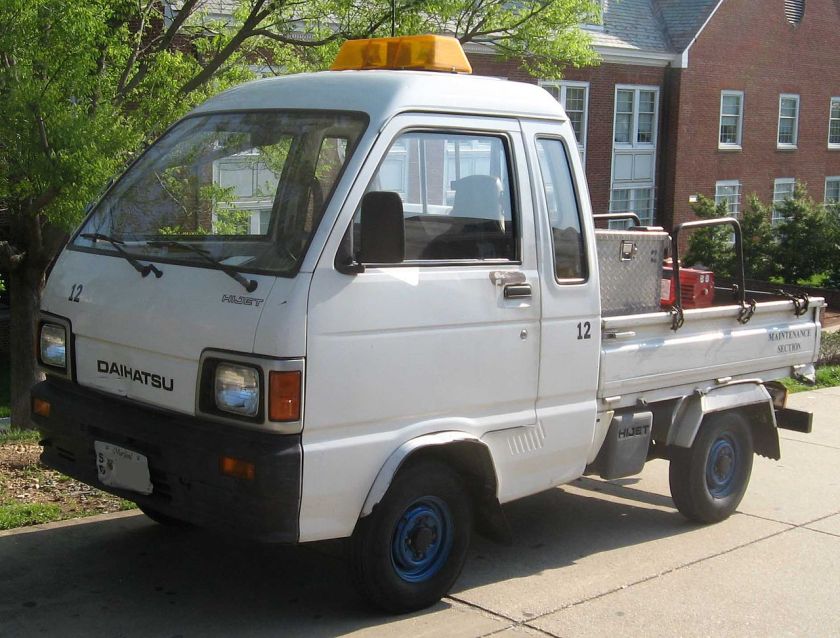 Toyota Sparky (Japan only, rebadged Daihatsu Hijet)
Toyota Sparky (Japan only, rebadged Daihatsu Hijet)
see earlier in this oversite.
Toyota Stallion (South African built version of the Kijang)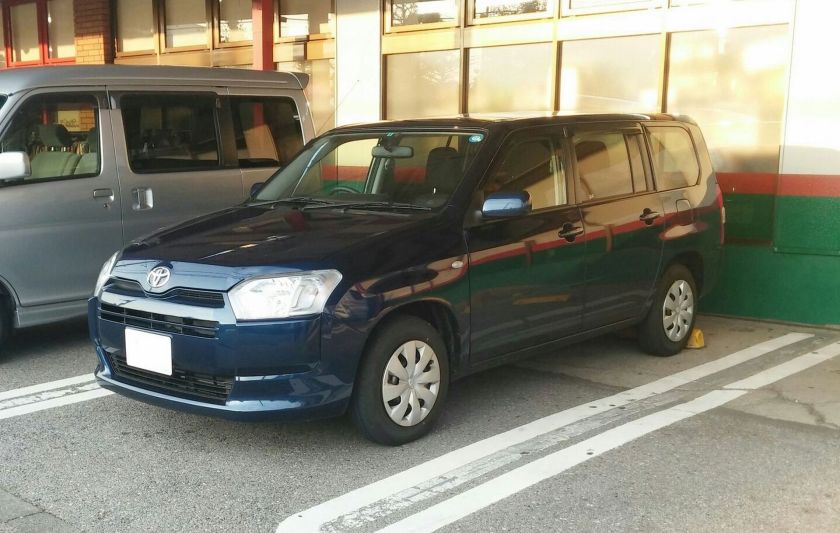 Toyota Succeed (2002–present)
Toyota Succeed (2002–present)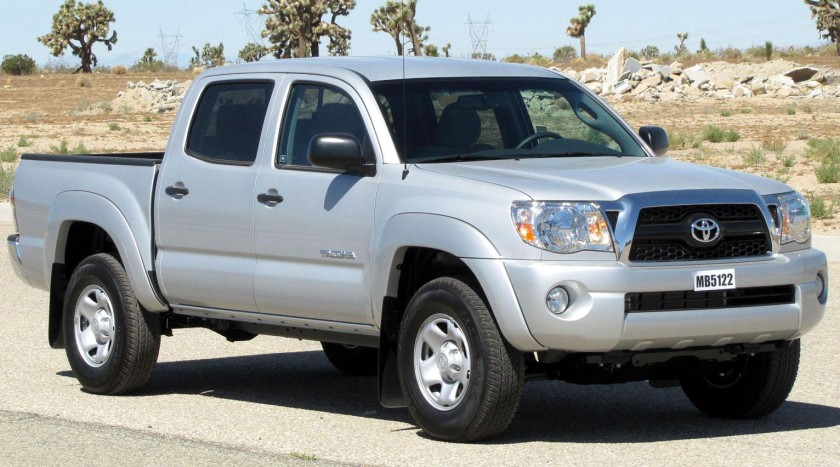

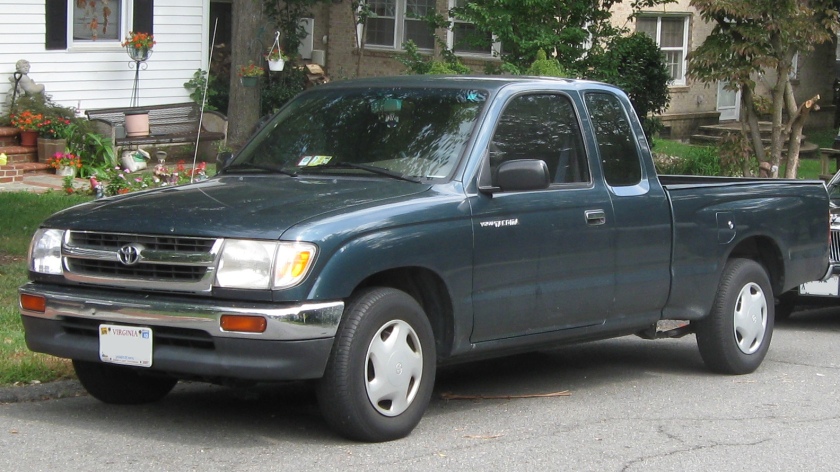
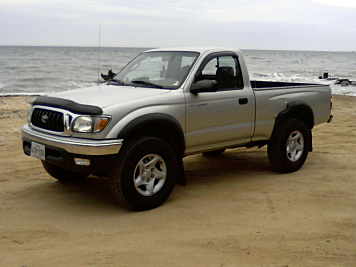
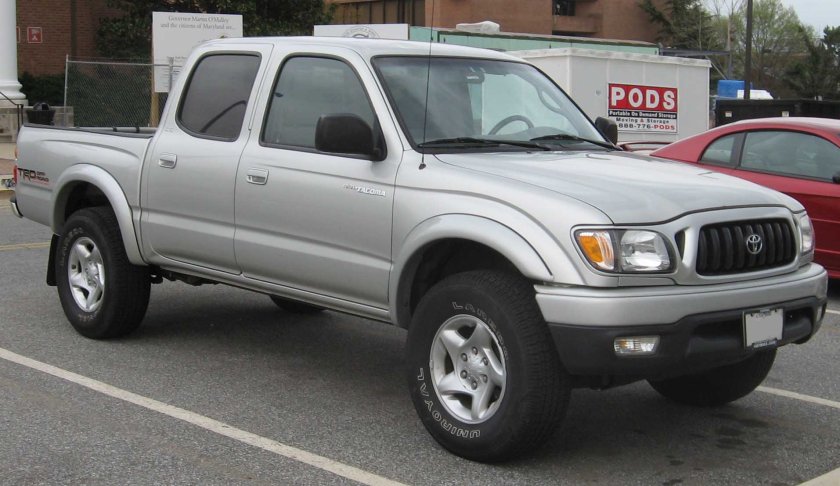

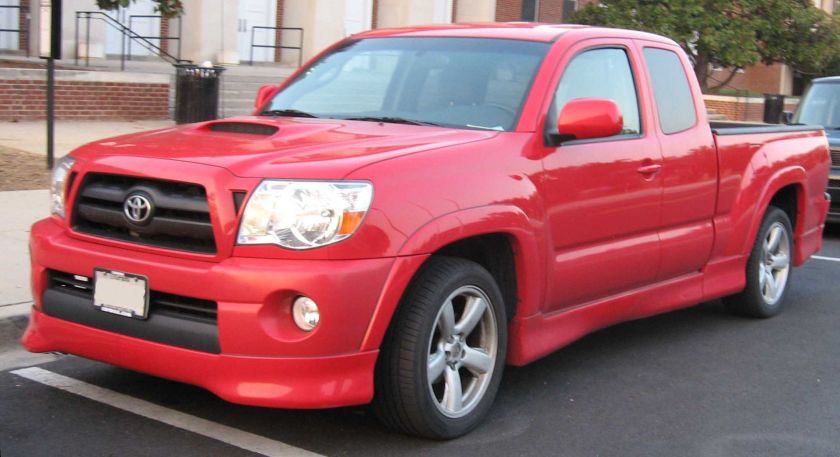
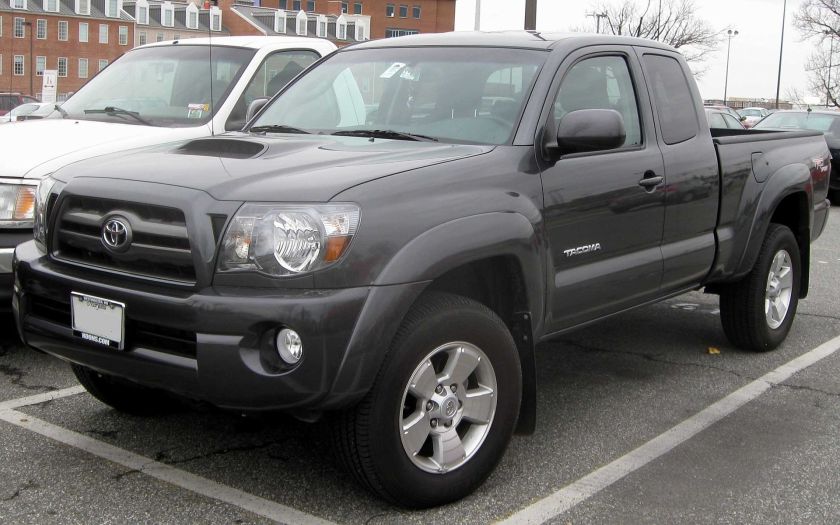
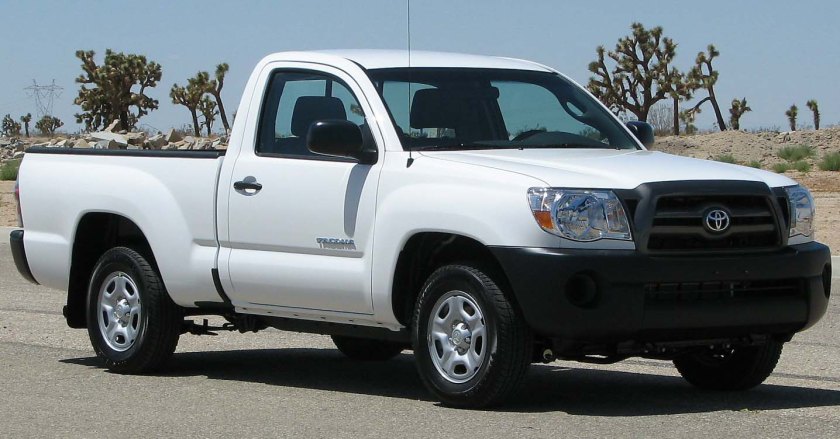
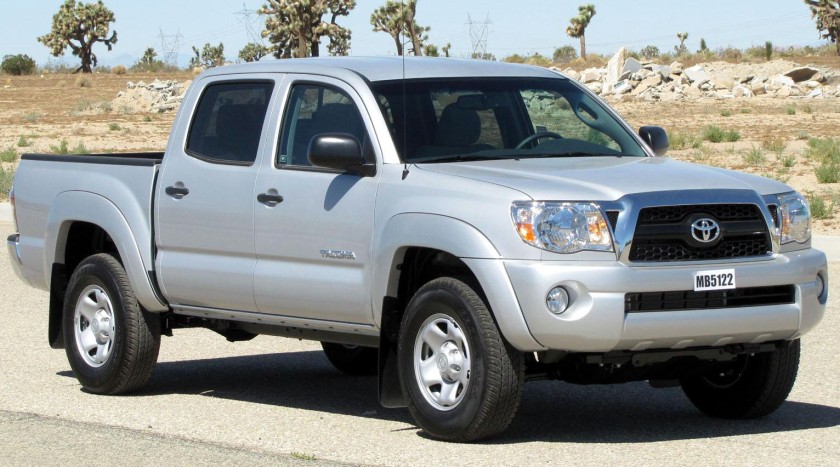
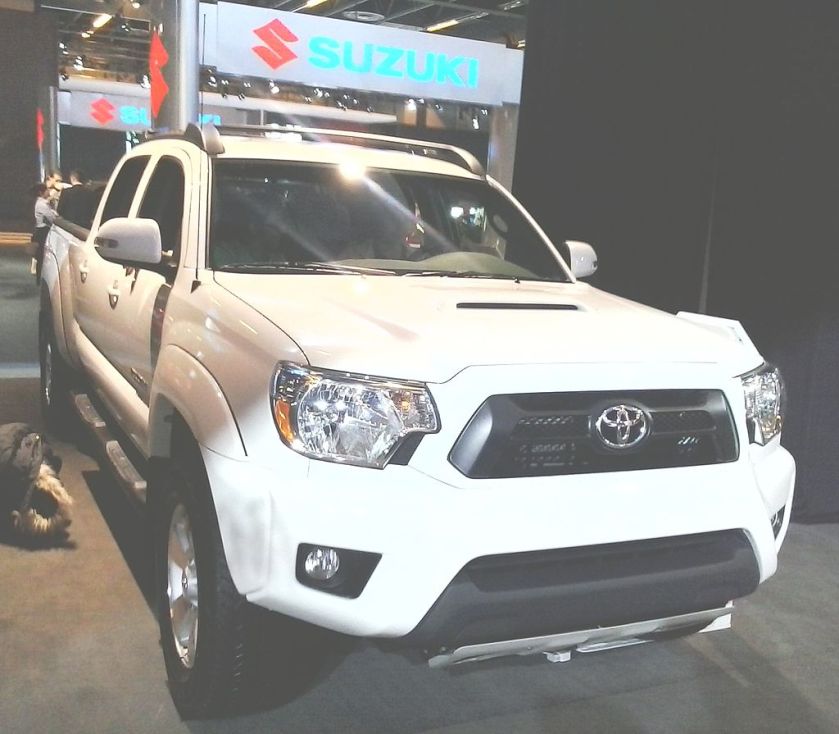
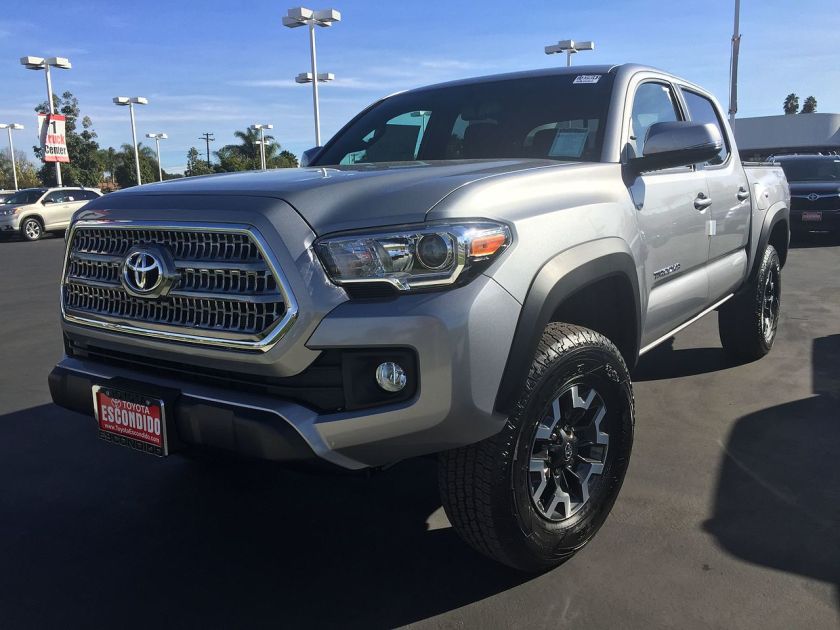 Toyota Tacoma (1995–present, North America)
Toyota Tacoma (1995–present, North America)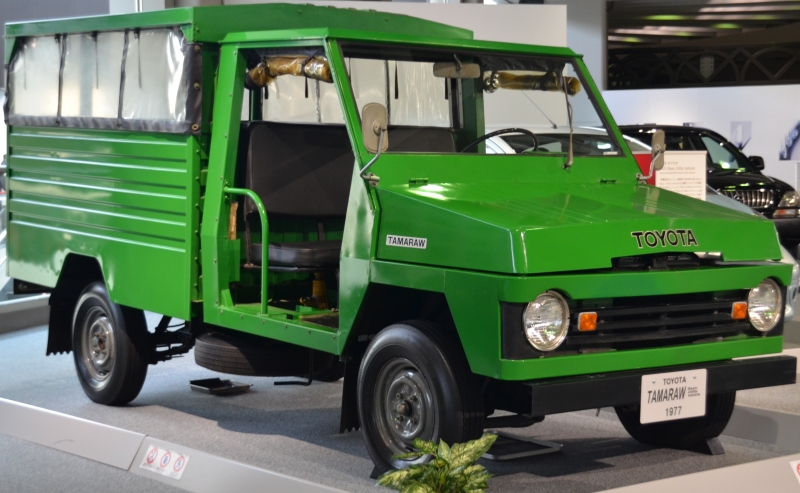 Toyota Tamaraw FX (1977–present, Philippines built version of the Toyota Kijang)
Toyota Tamaraw FX (1977–present, Philippines built version of the Toyota Kijang)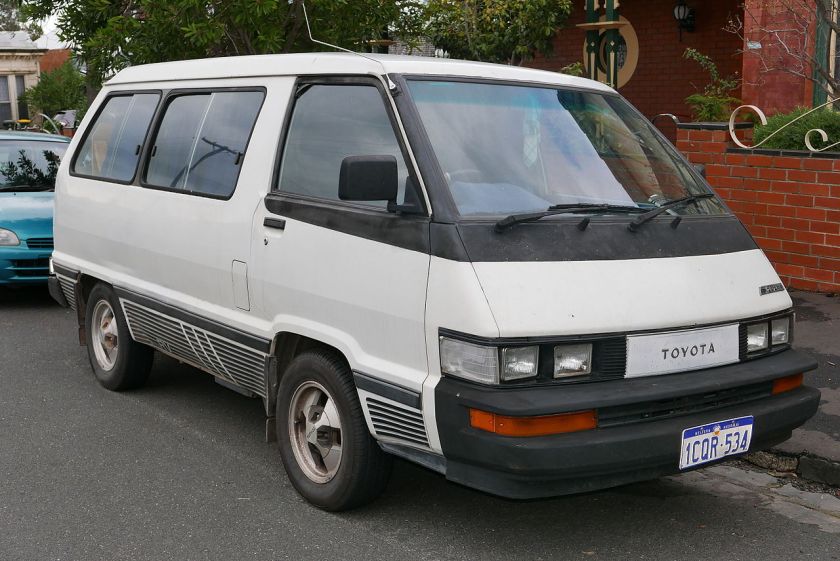
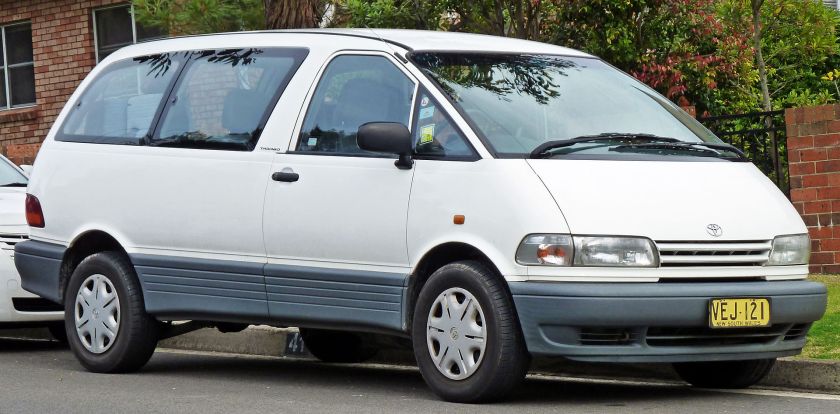
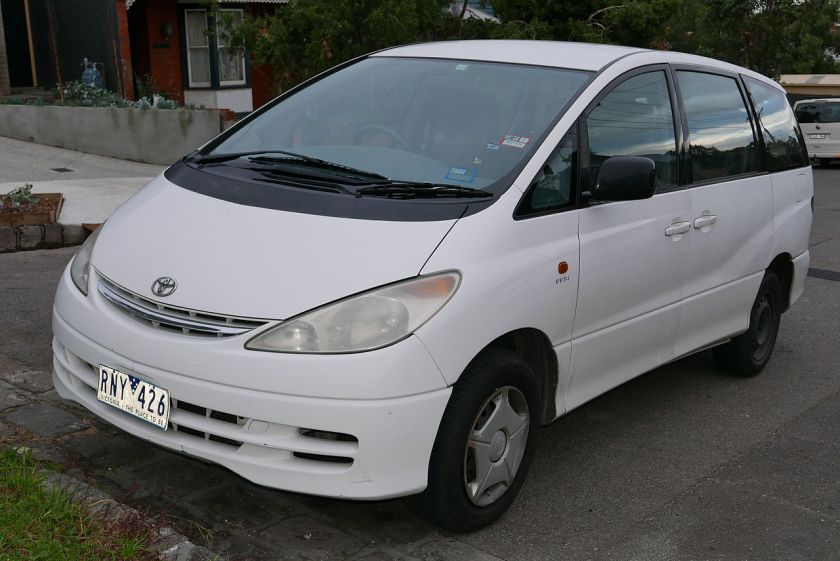
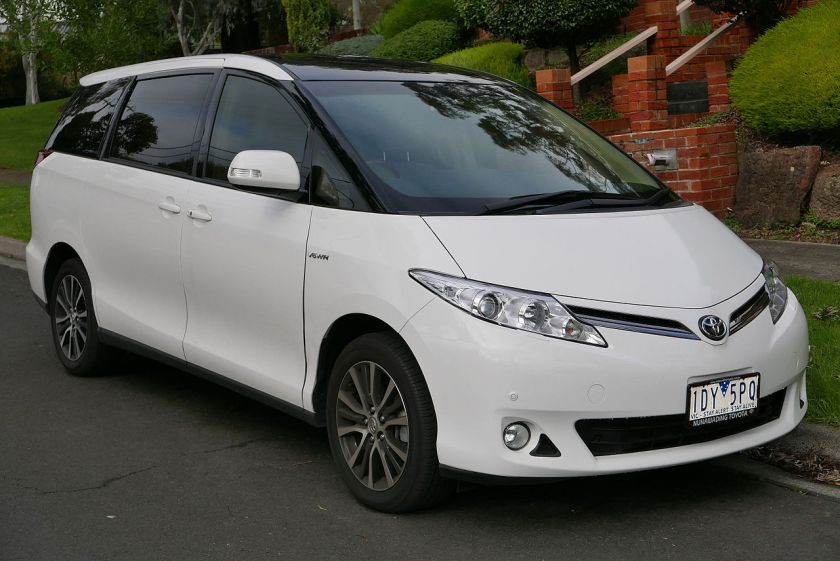 Toyota Tarago (1983–present, Australia, New Zealand, also called Model F/Space Cruiser/Van)
Toyota Tarago (1983–present, Australia, New Zealand, also called Model F/Space Cruiser/Van)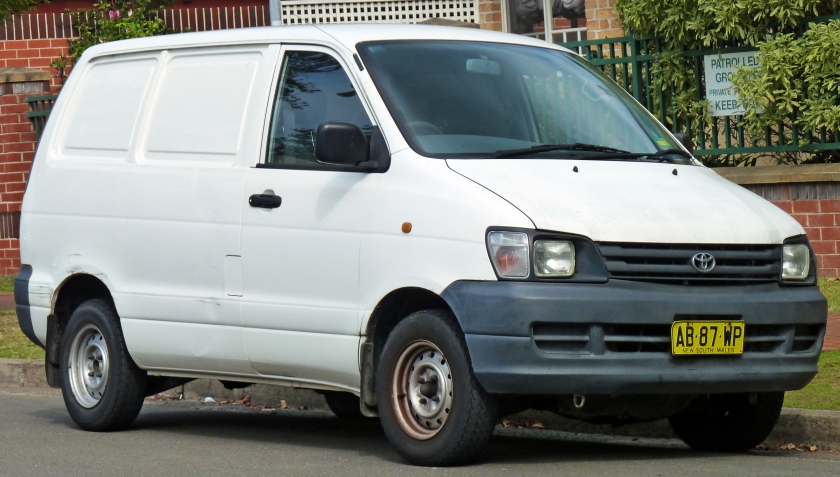
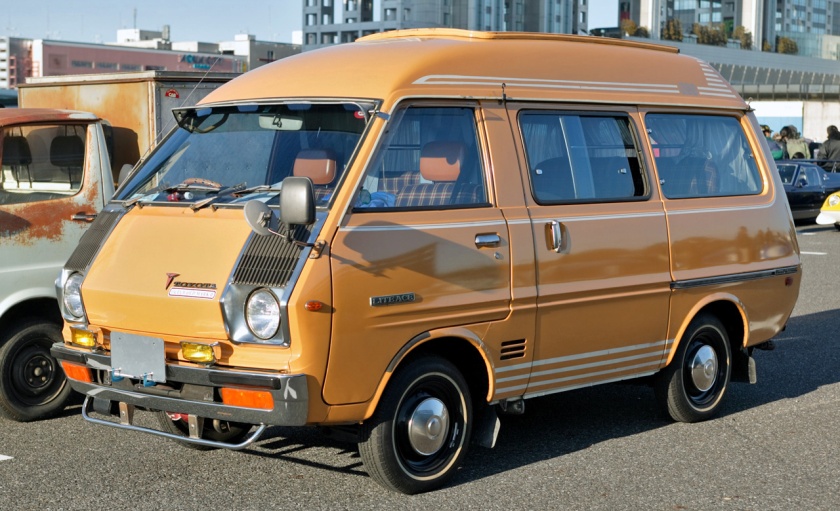
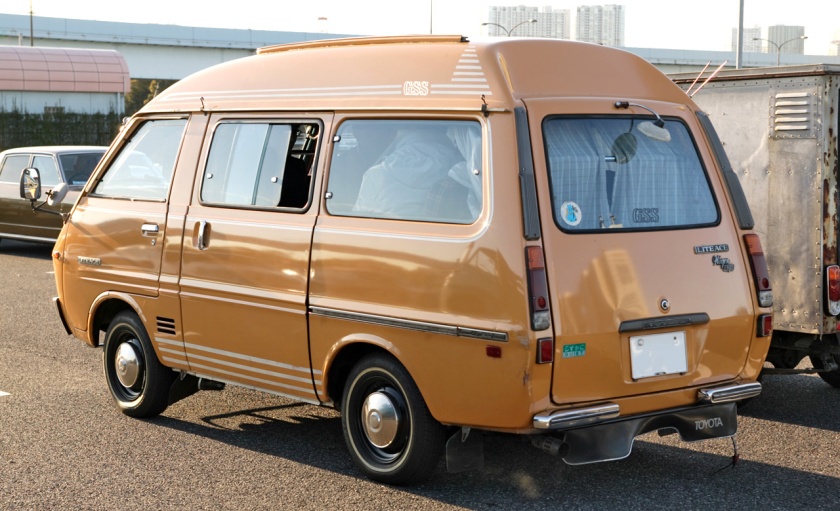
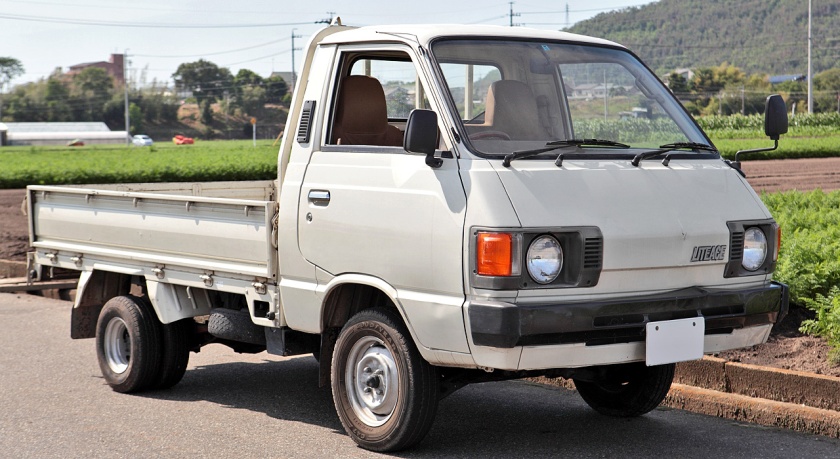
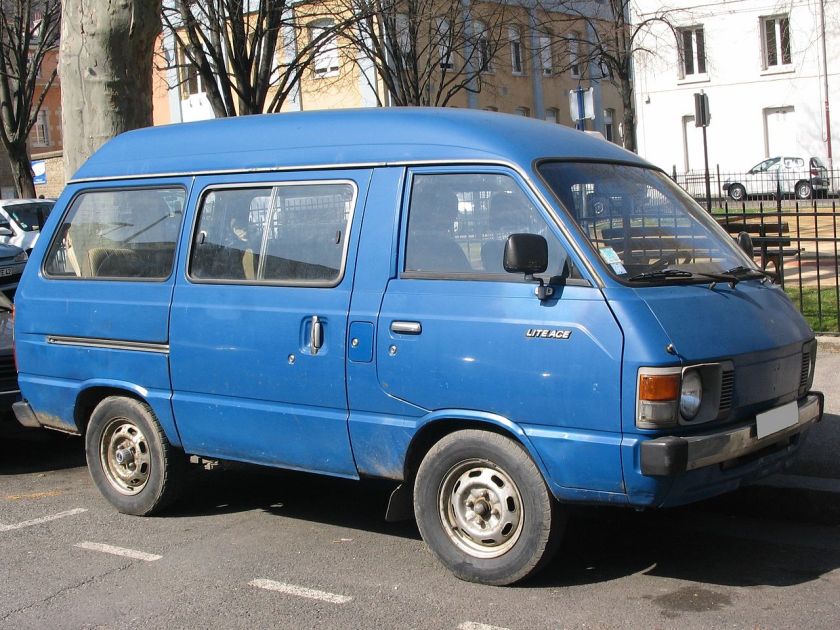
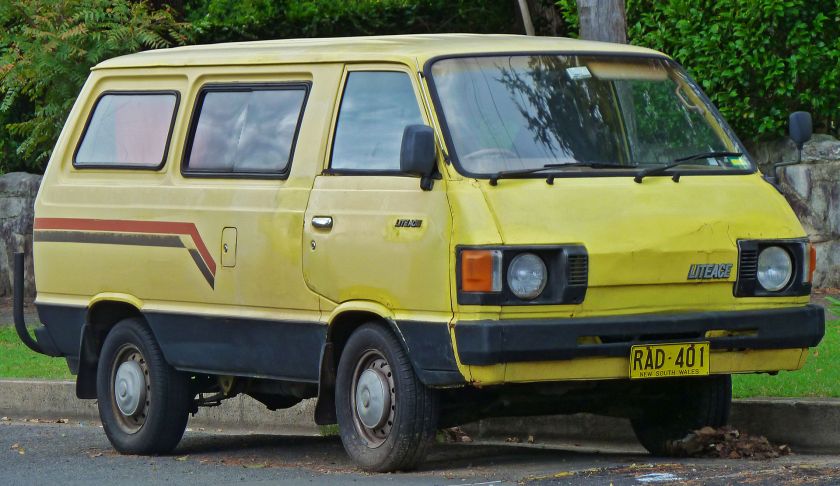
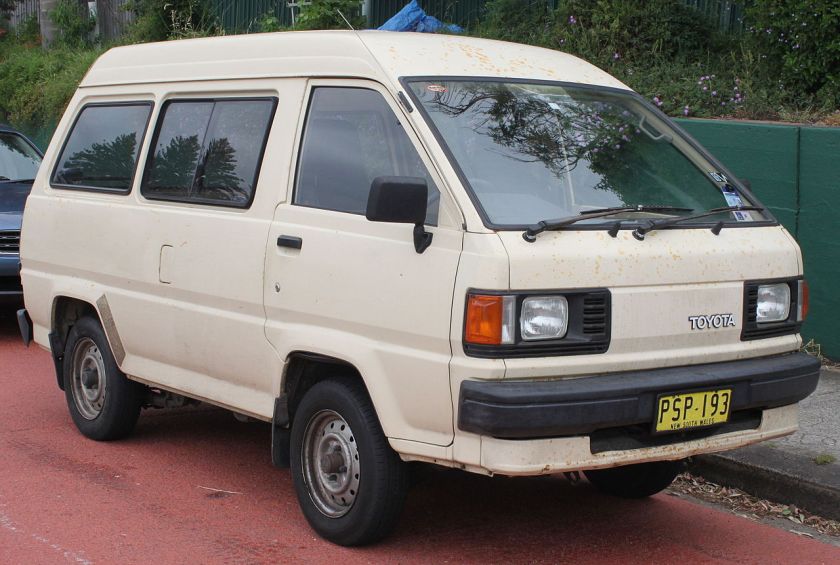
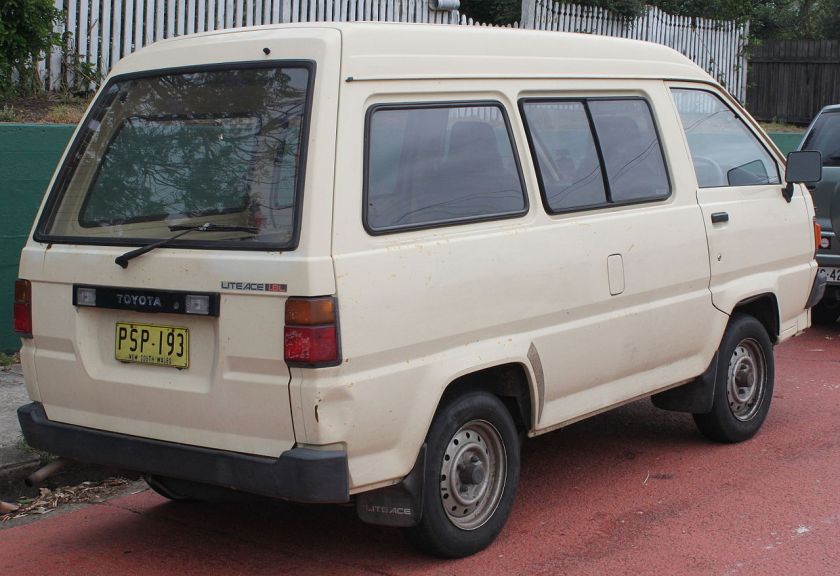
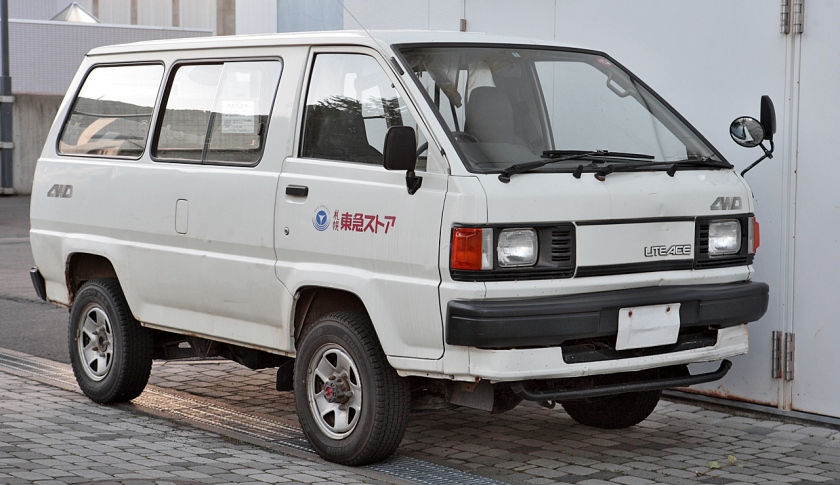
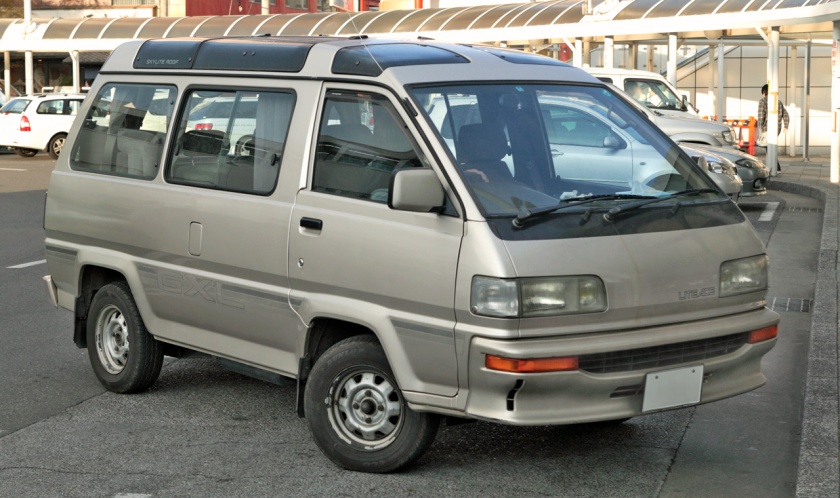
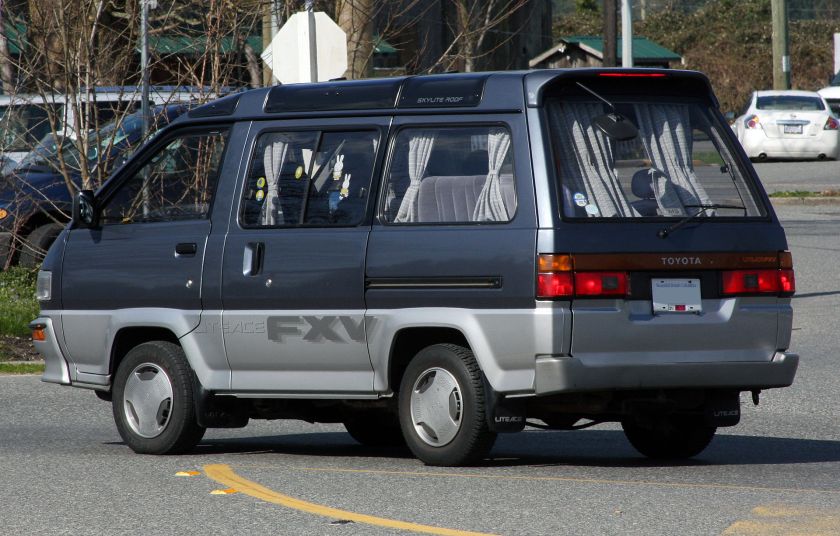
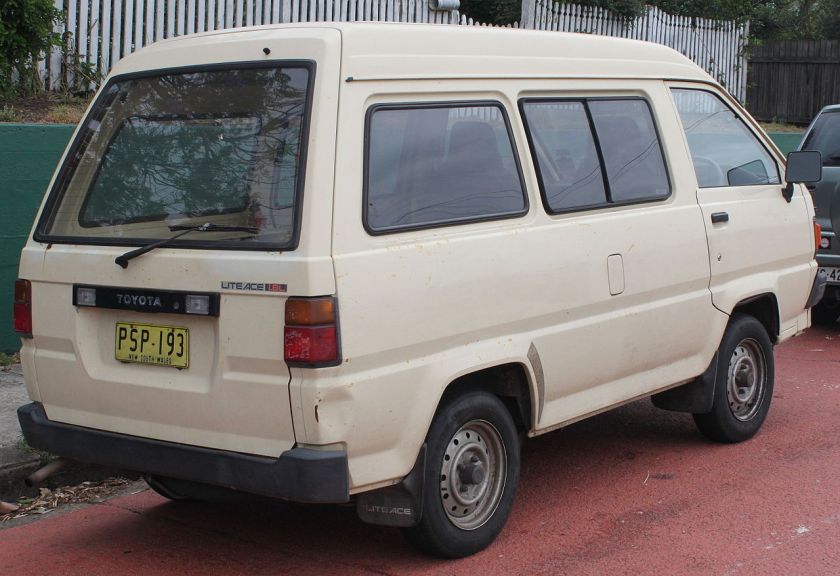
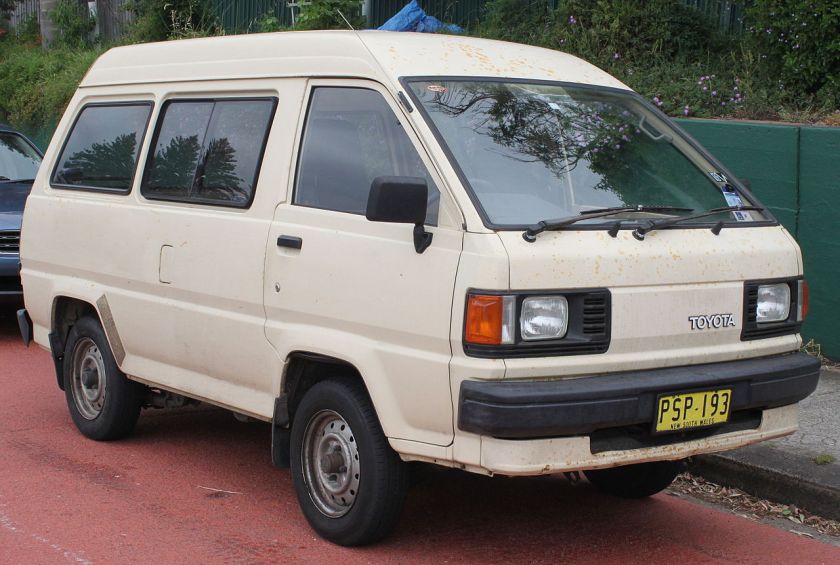
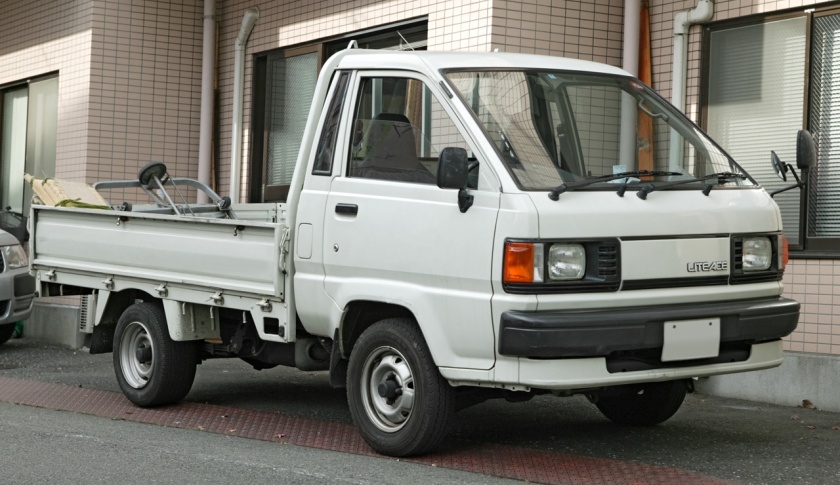
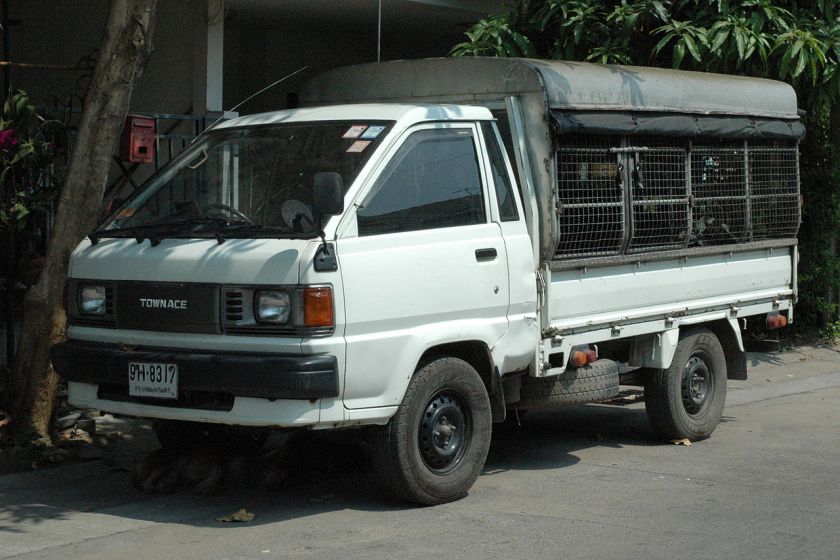
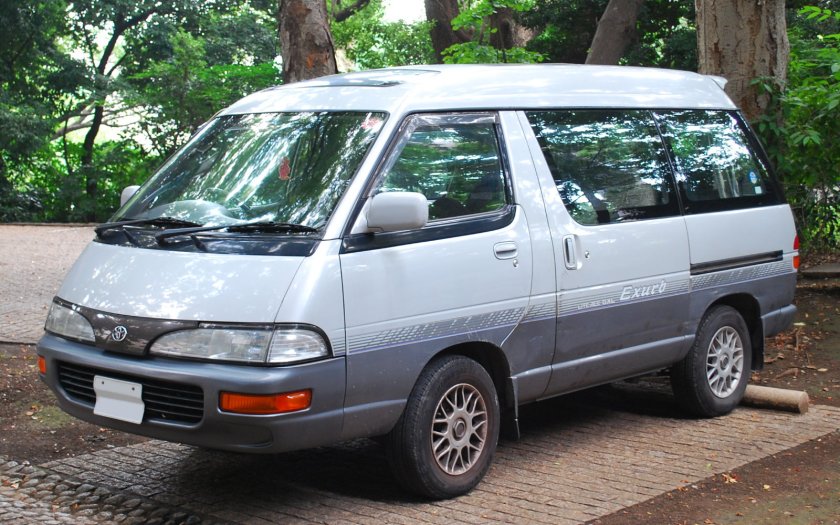
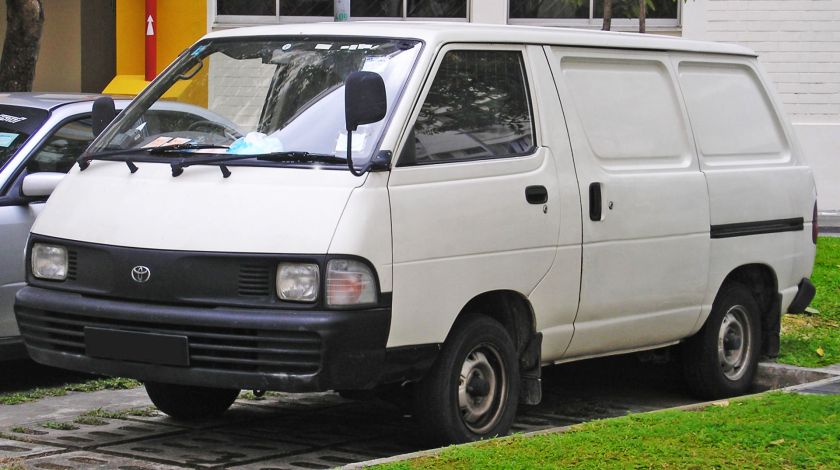
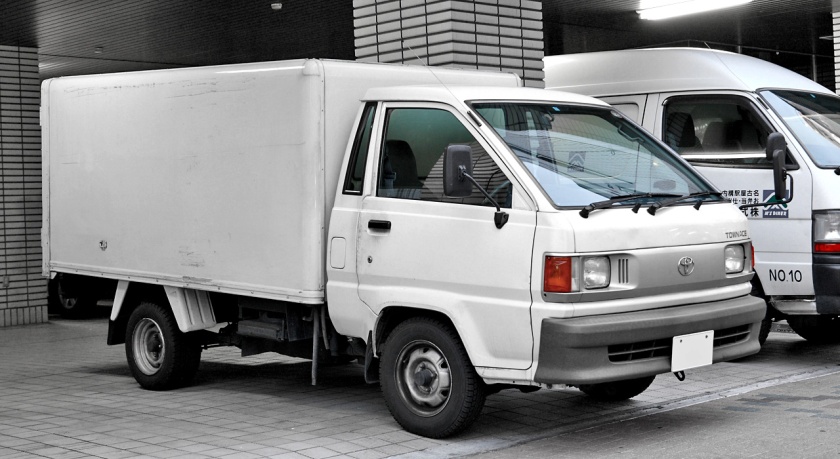
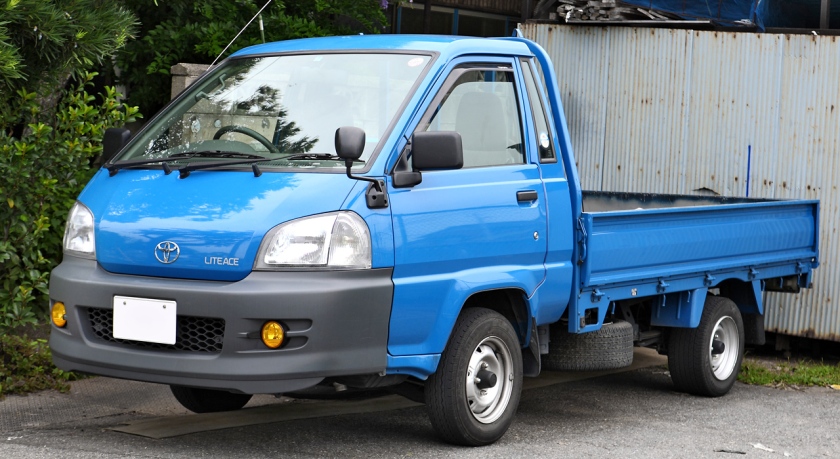
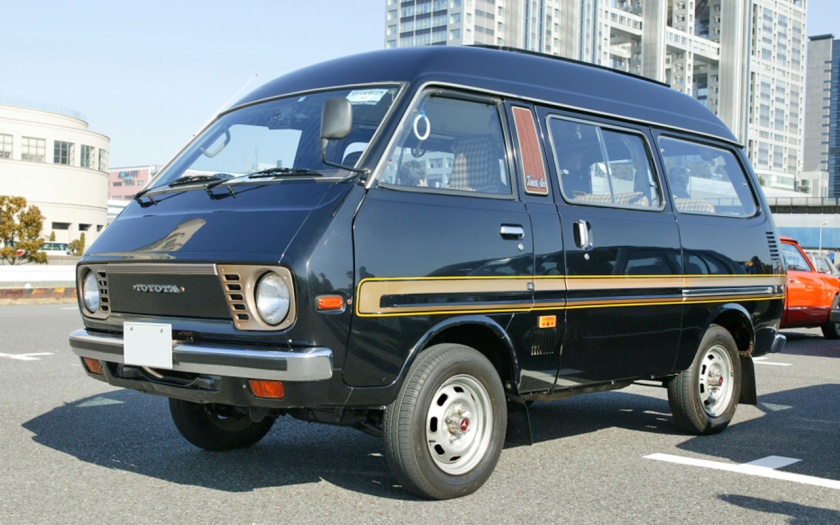
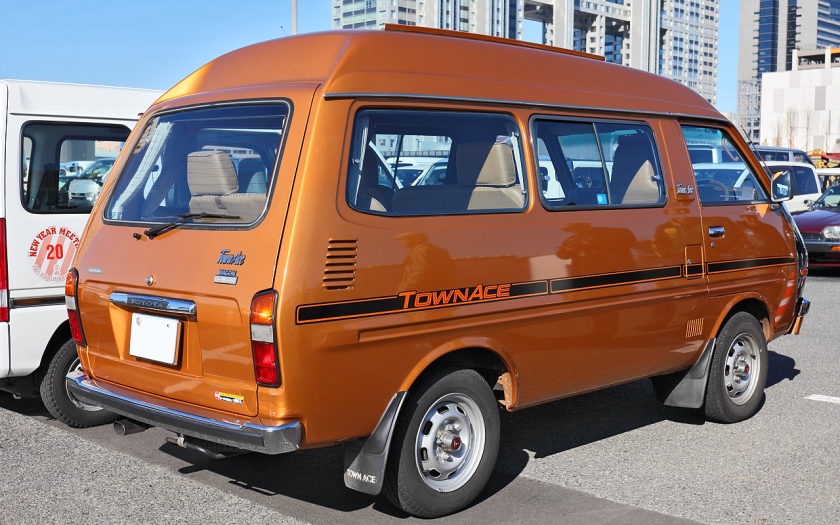
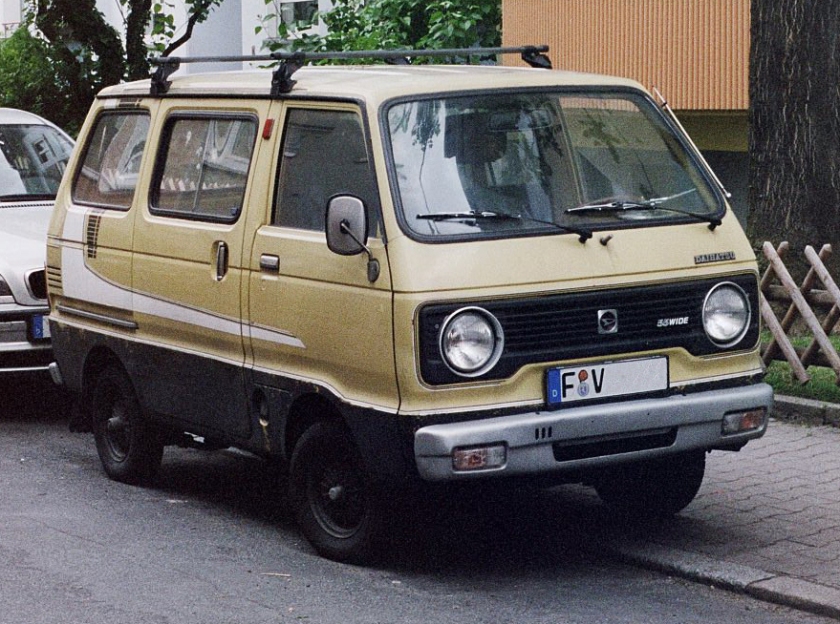
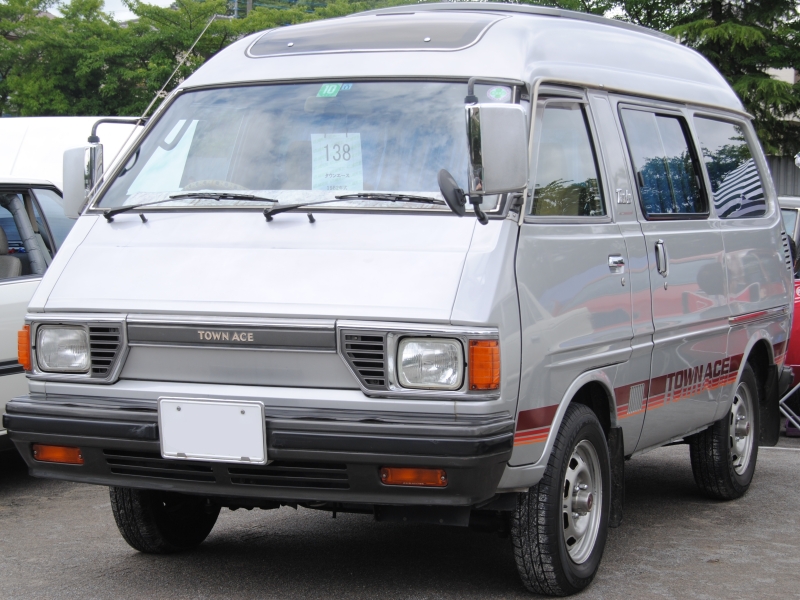
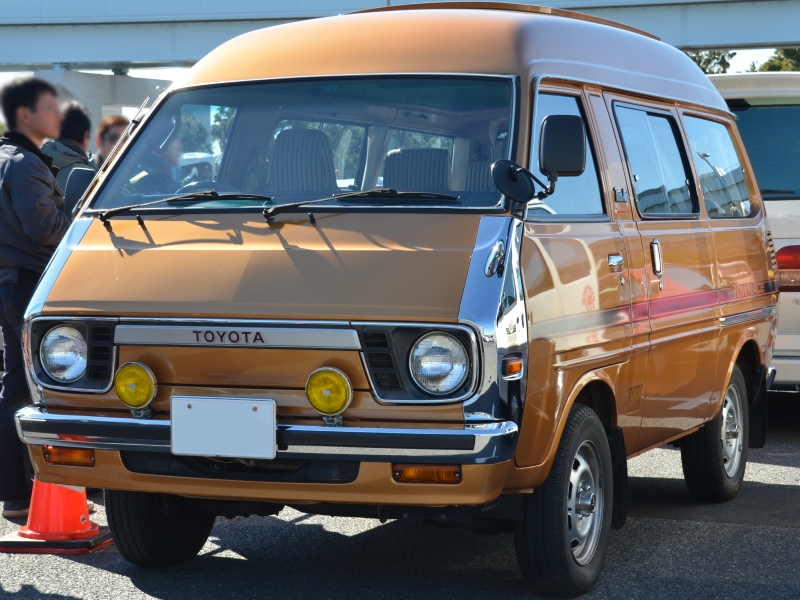
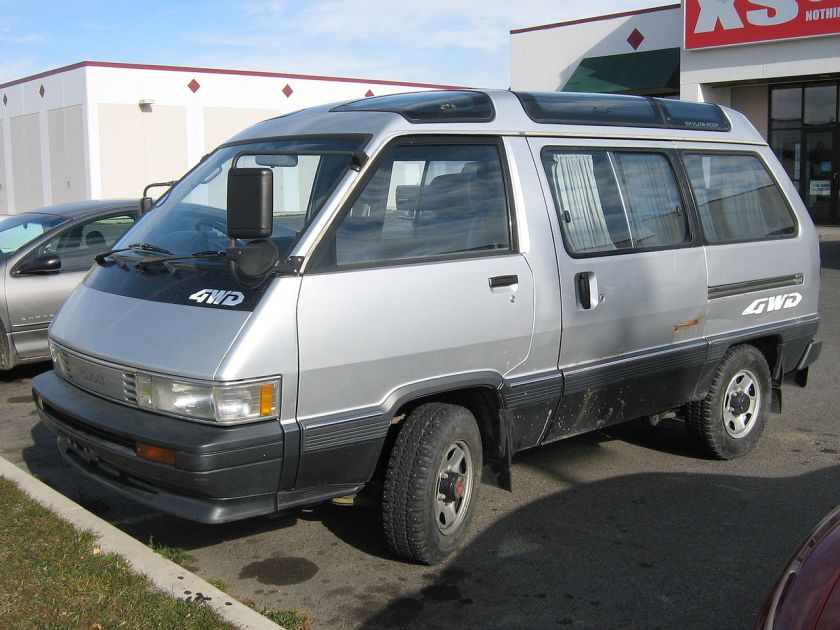
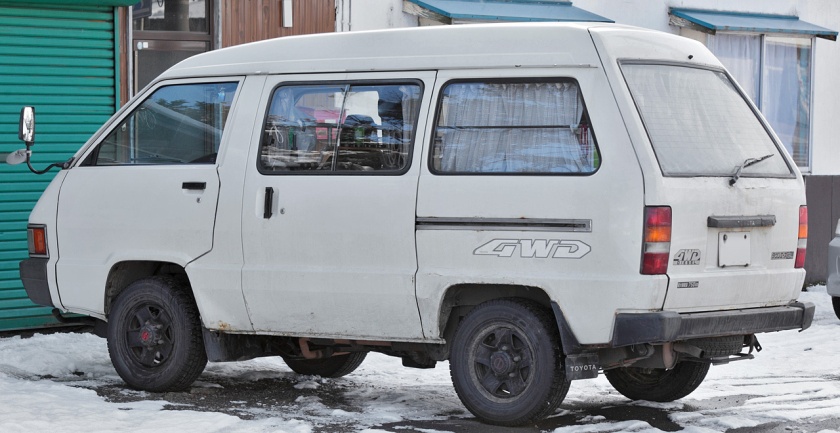
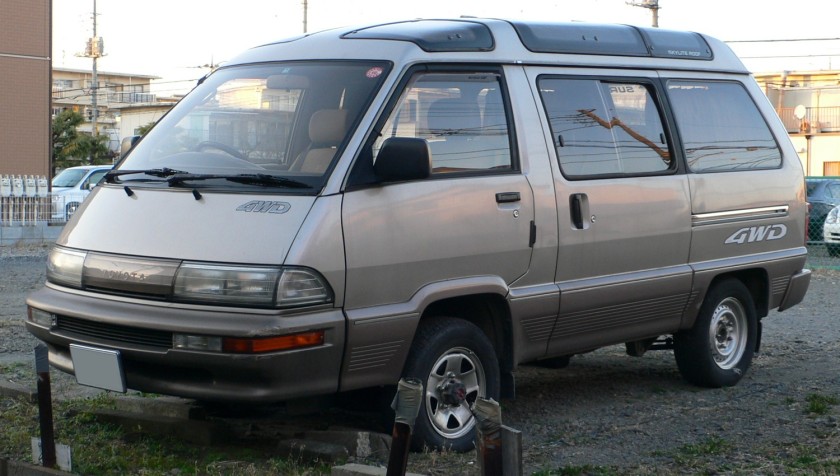
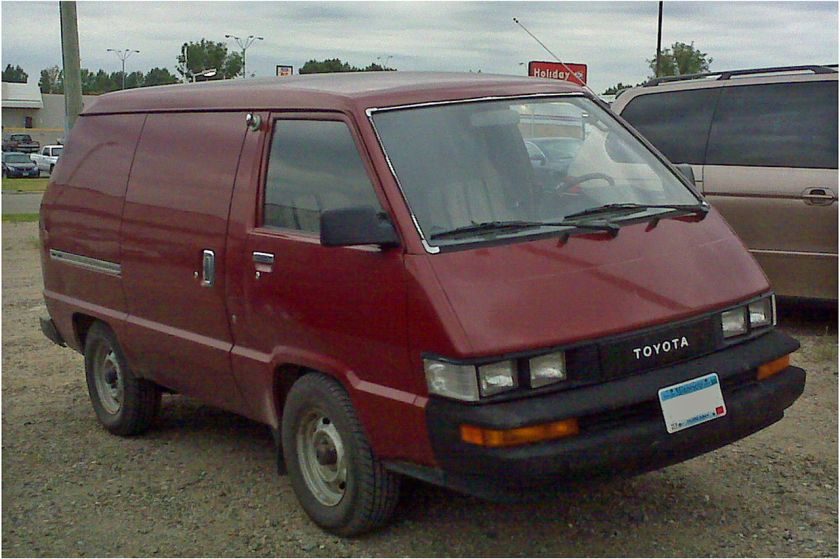
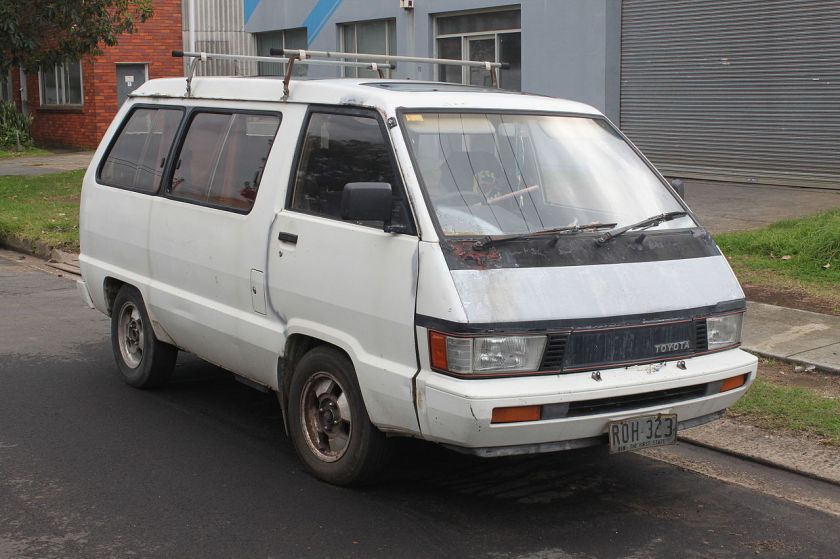
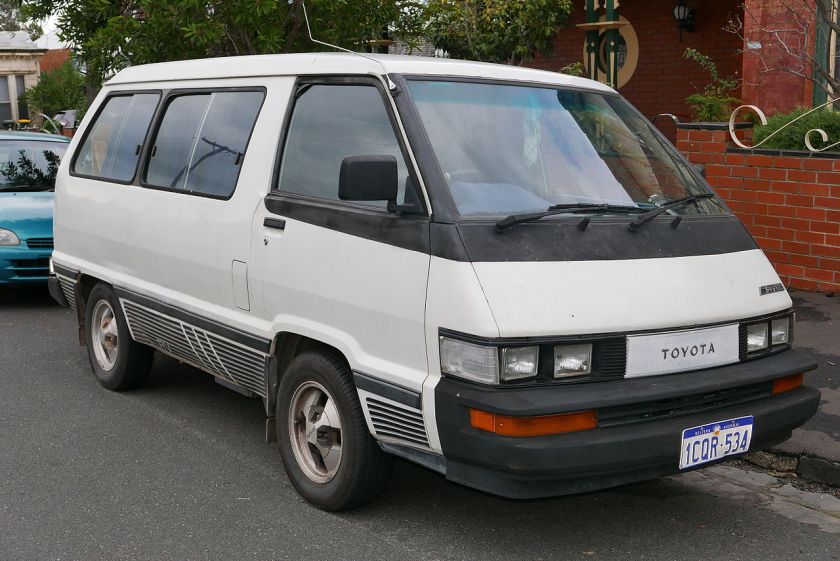
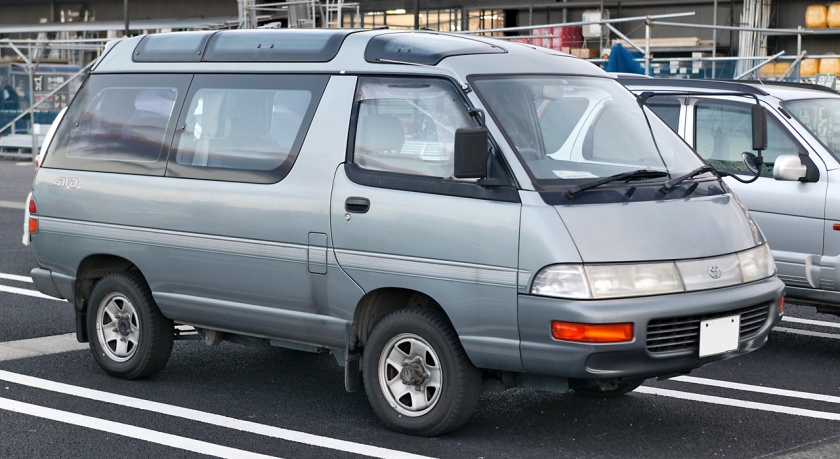
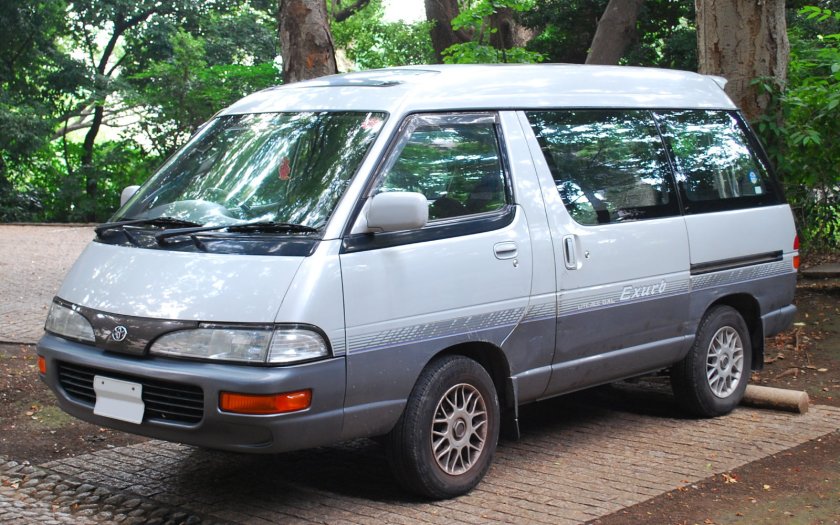
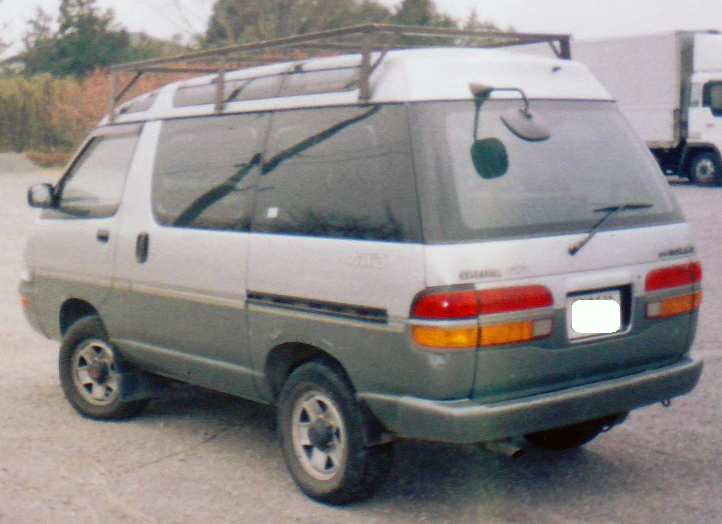
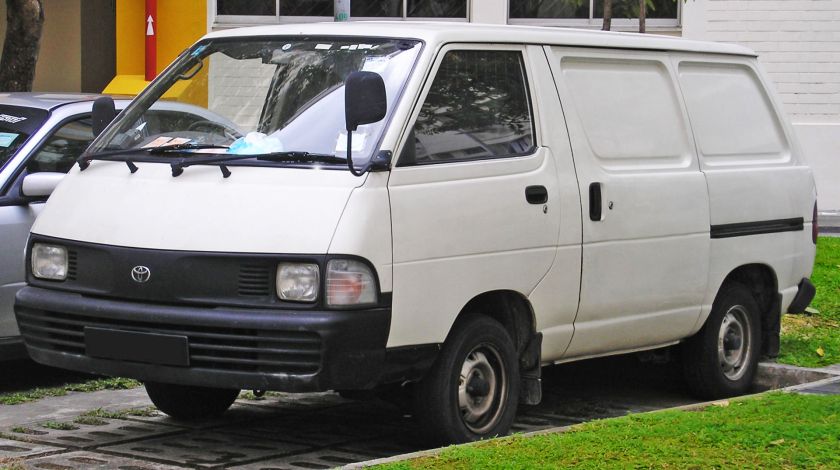
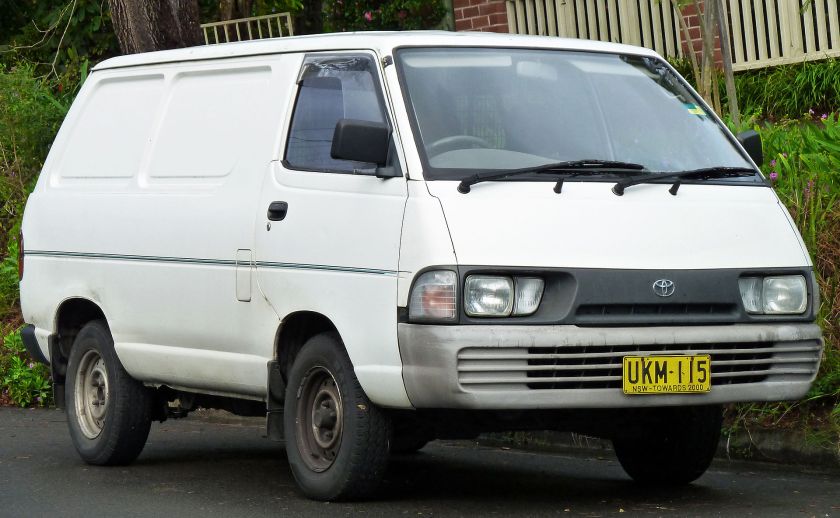
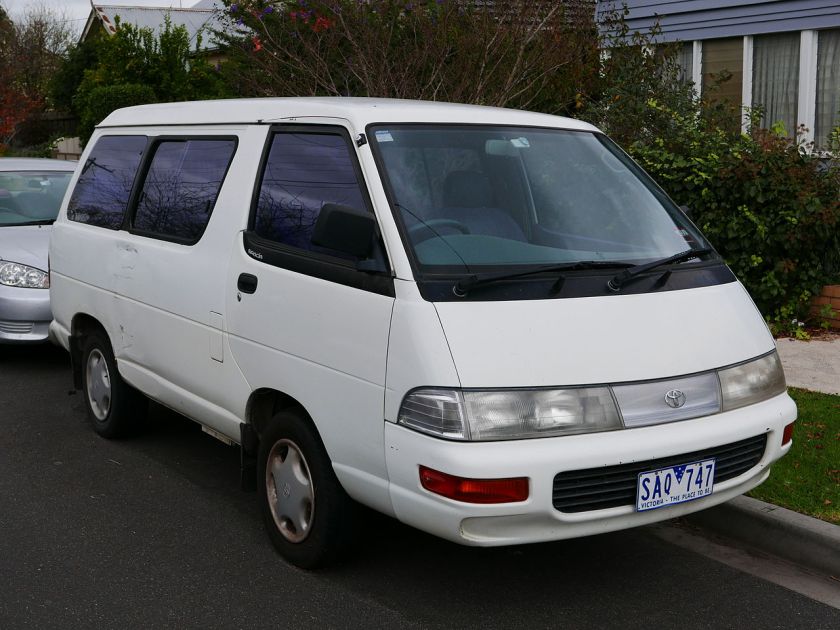
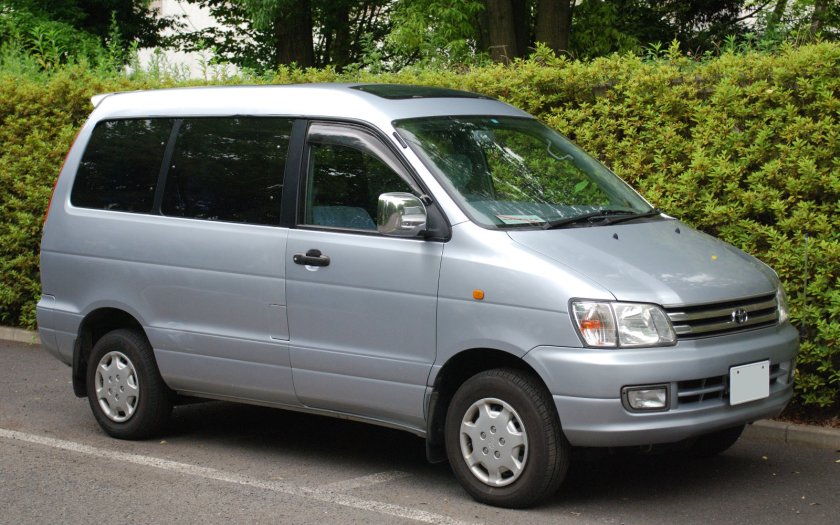
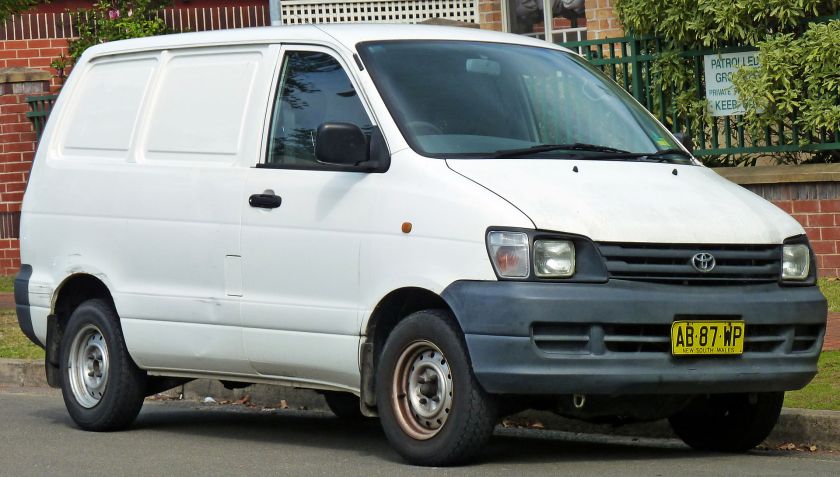
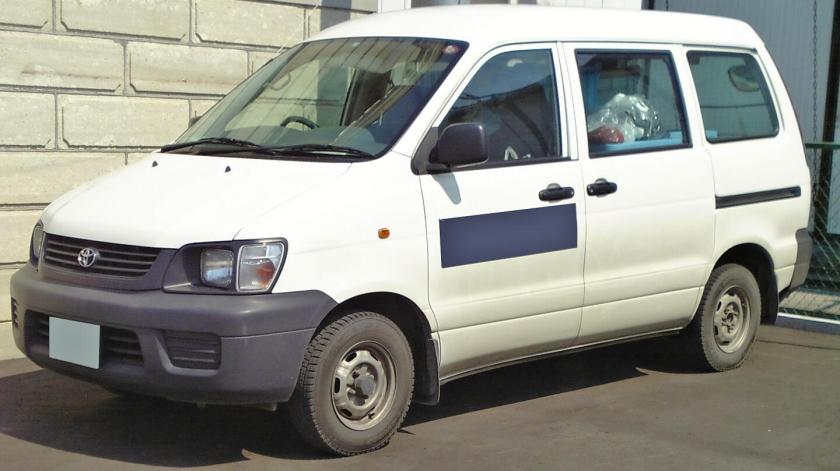
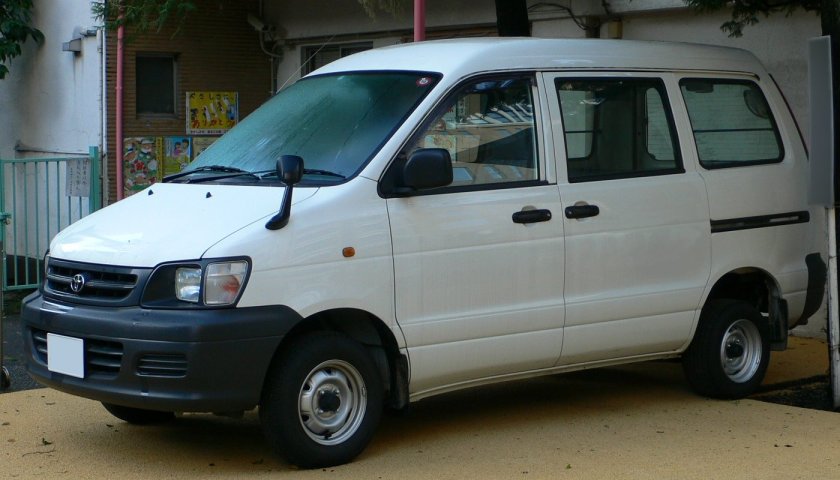
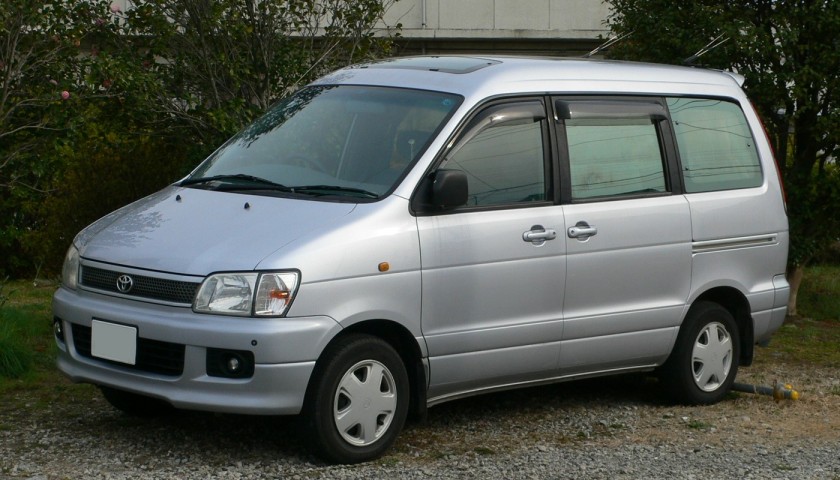
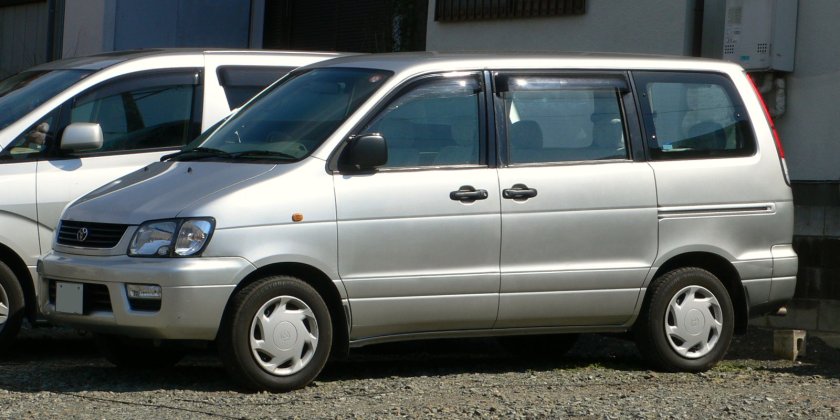

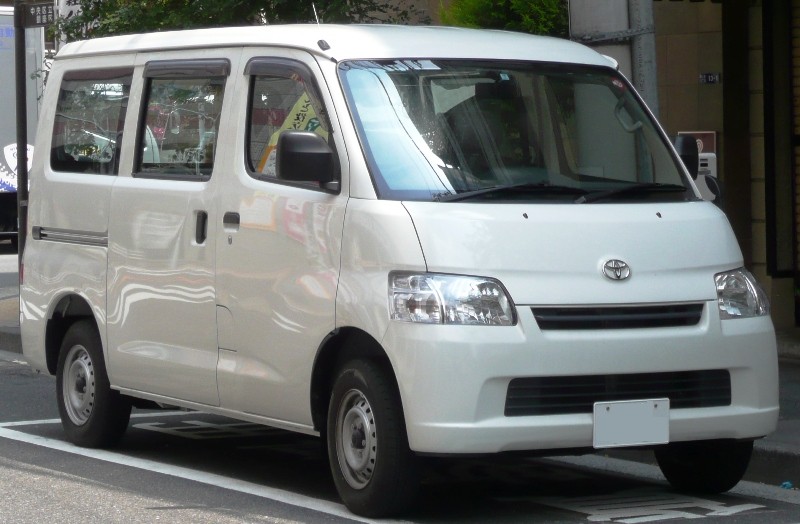
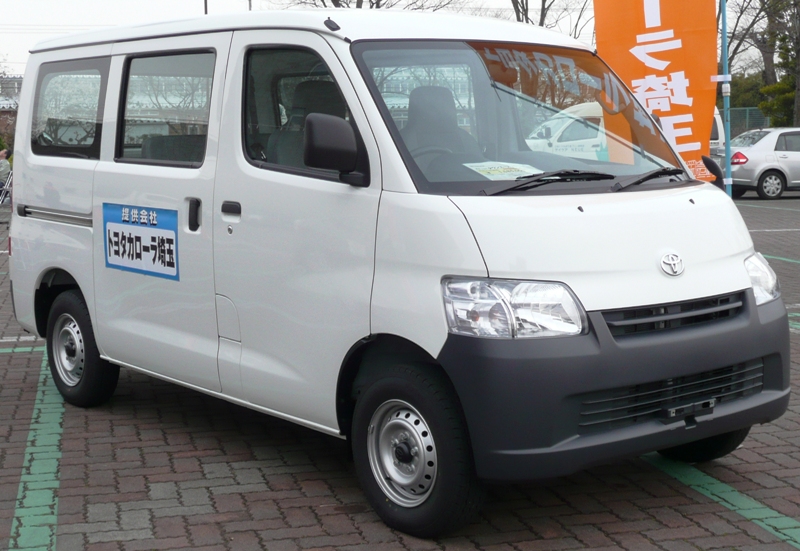
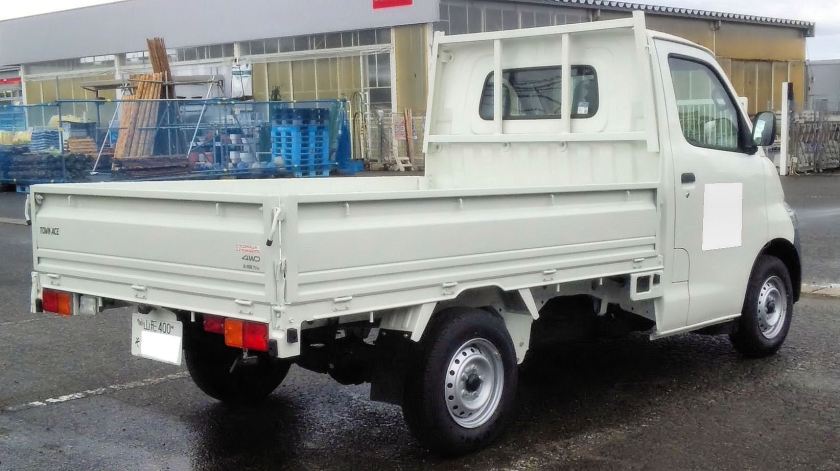
Past production vehicles
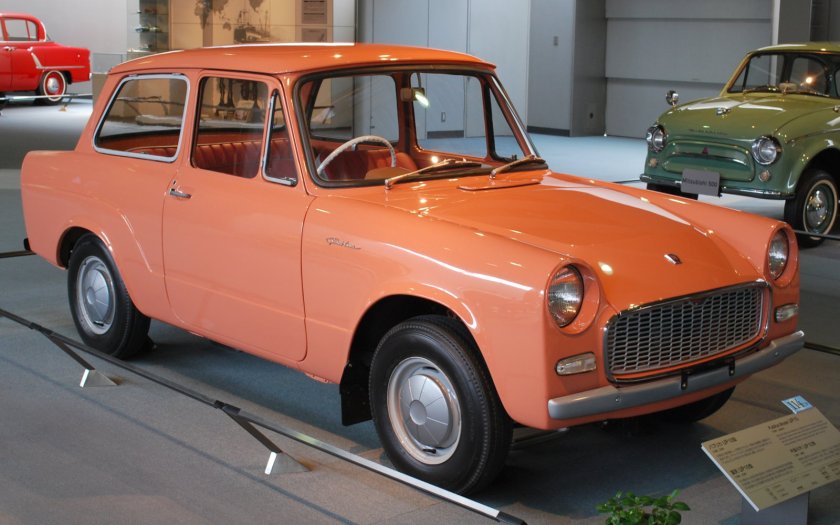
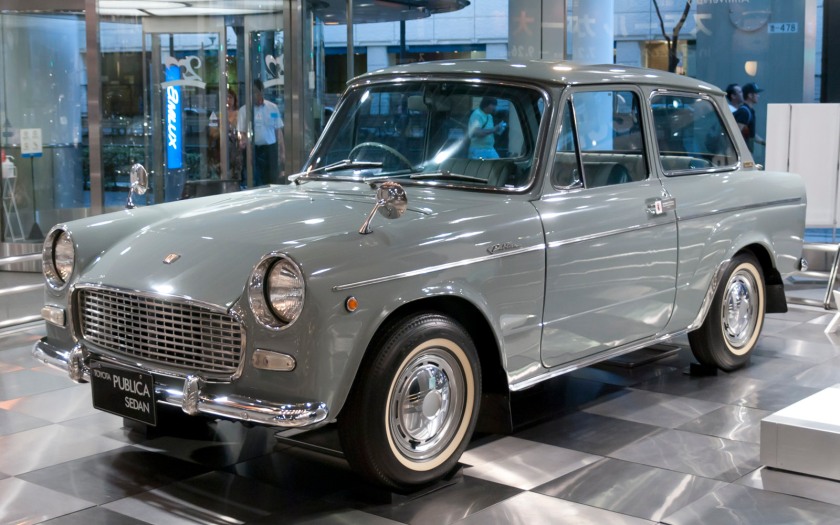
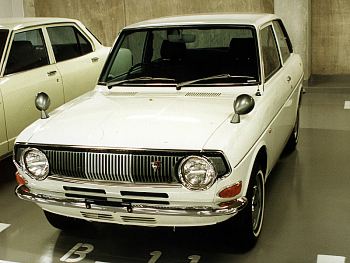
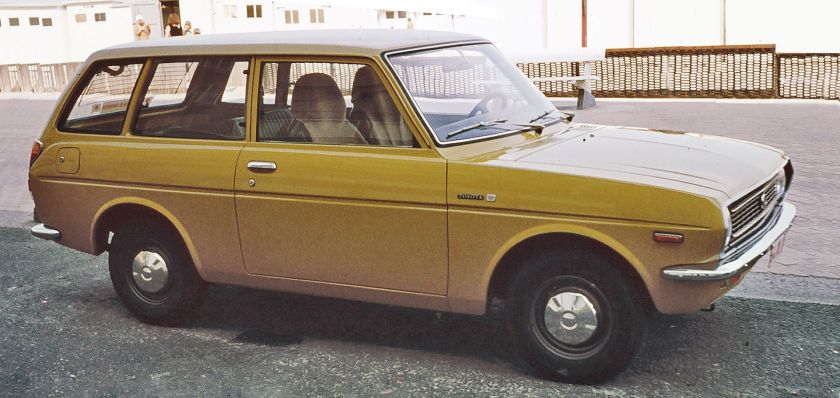 Toyota 1000 (1969–1981, also sold as the Publica in Japan)
Toyota 1000 (1969–1981, also sold as the Publica in Japan)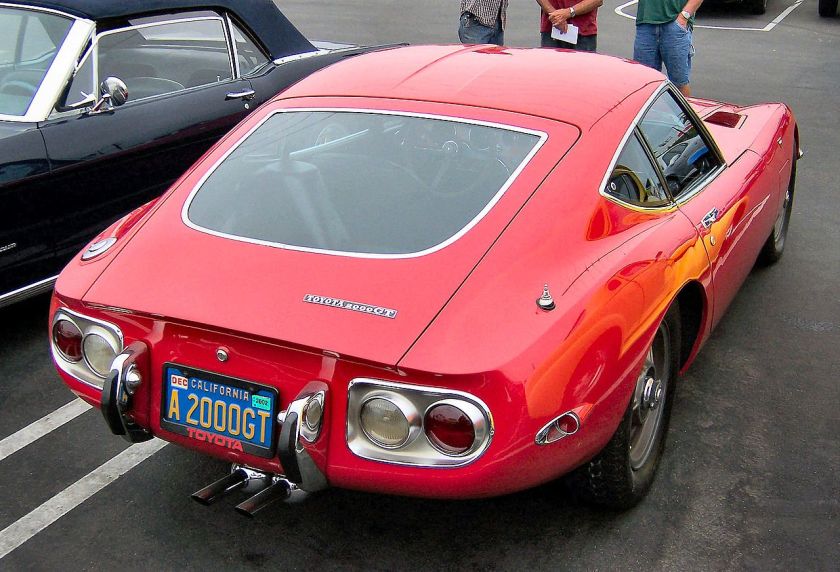
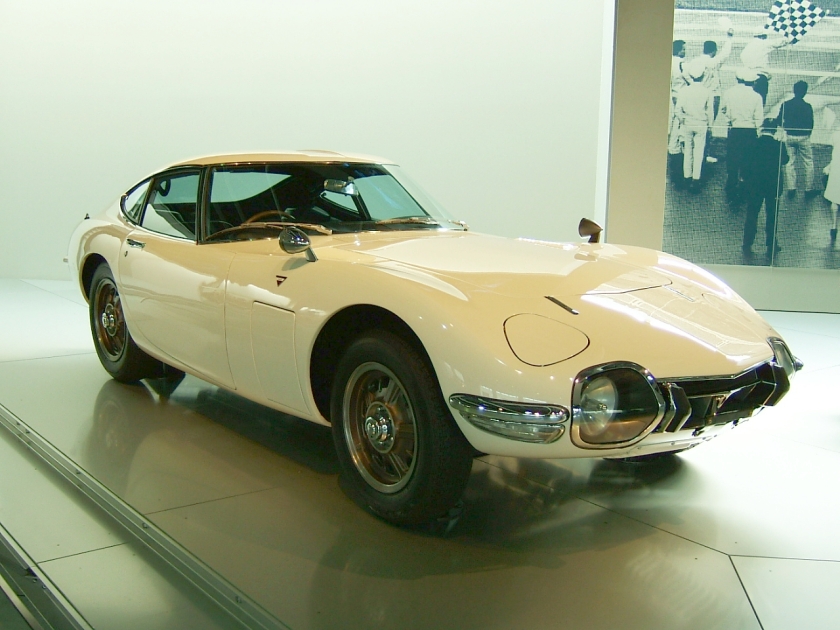
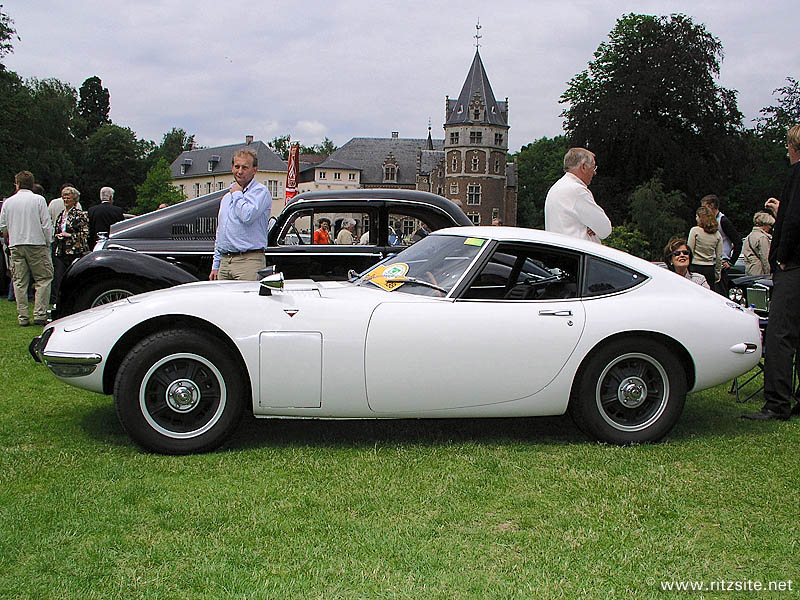
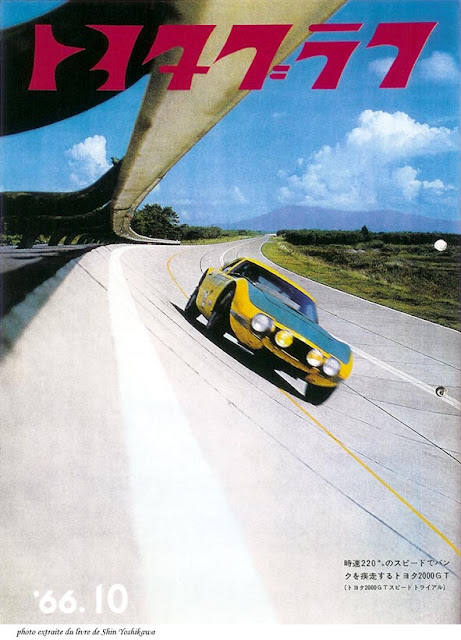
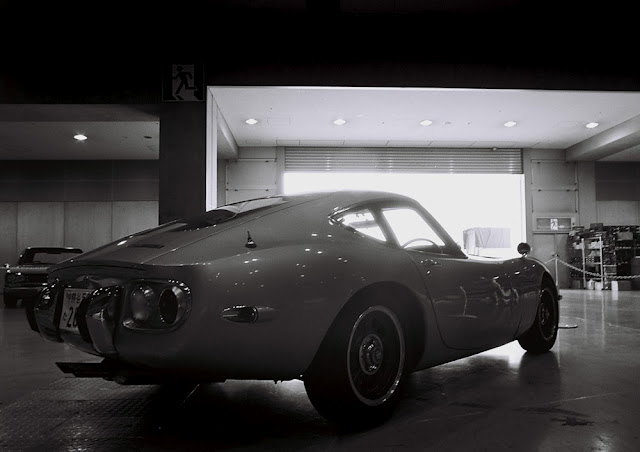
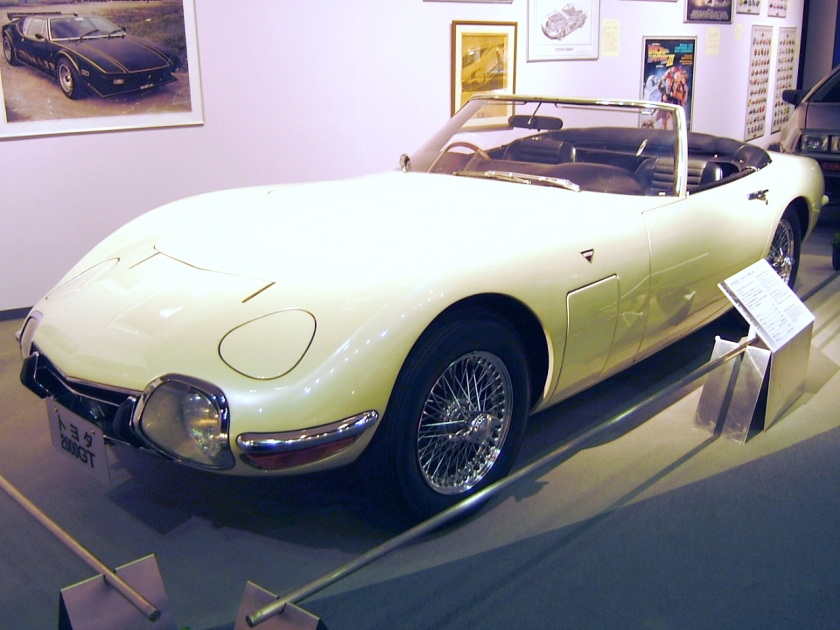 Toyota 2000GT (1967–1970)
Toyota 2000GT (1967–1970)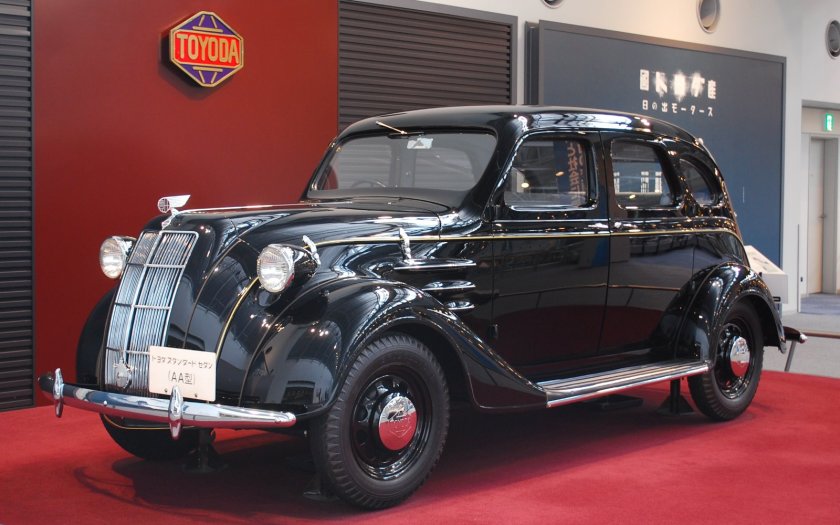
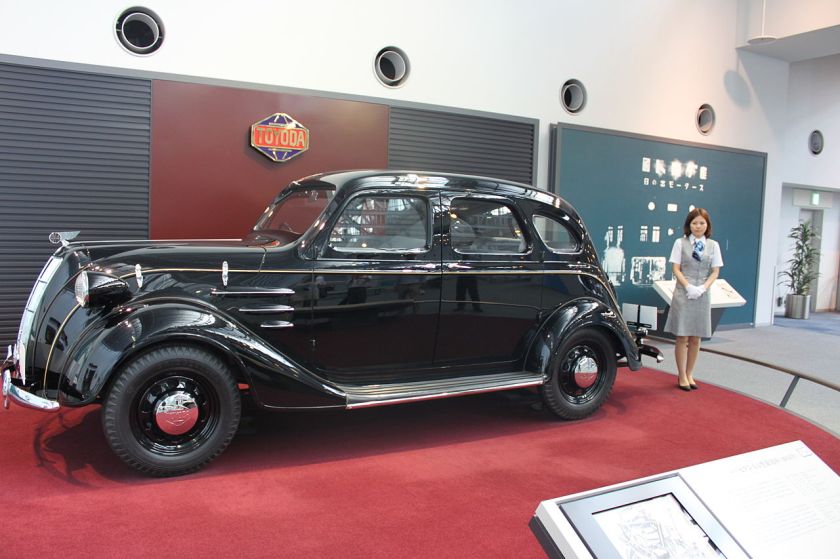
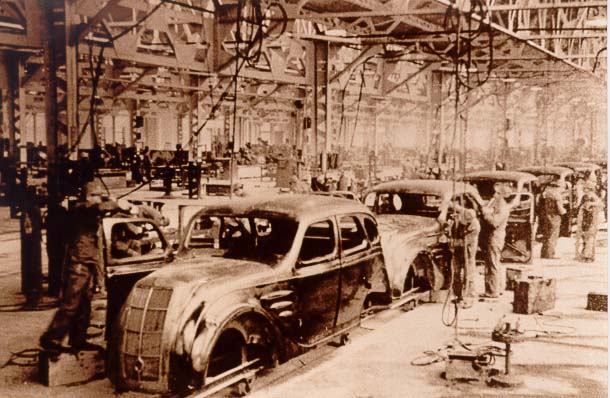
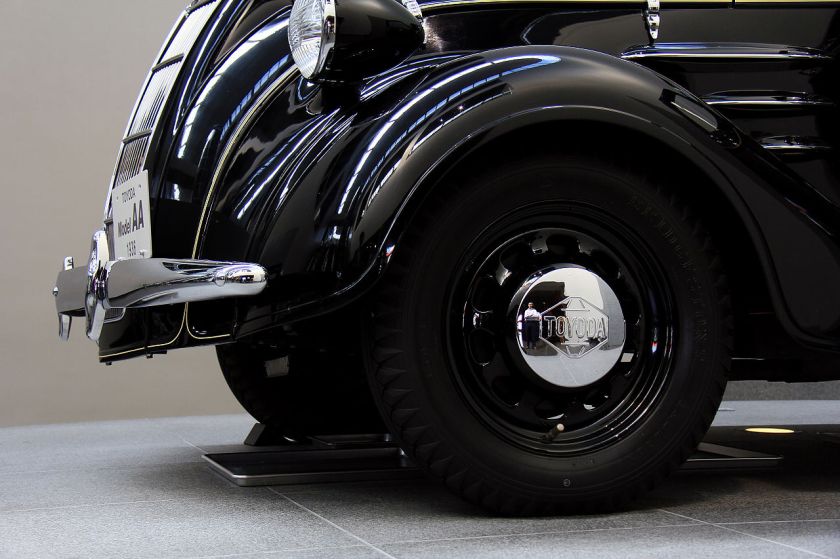
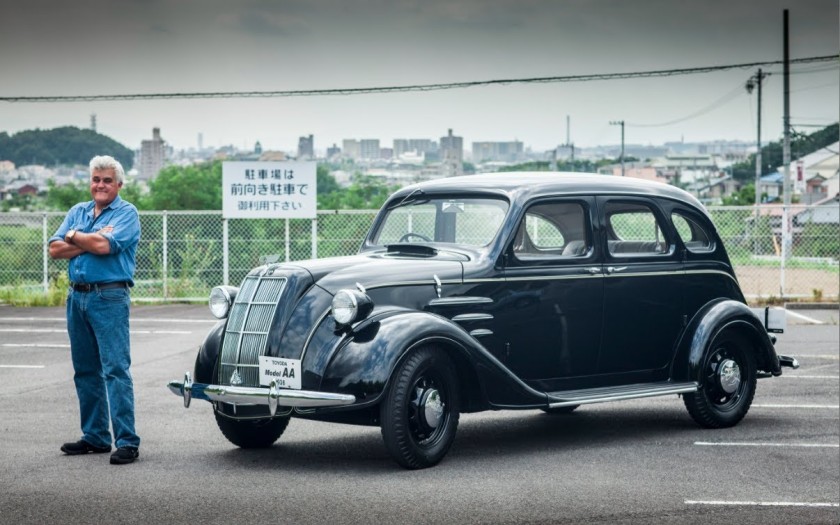
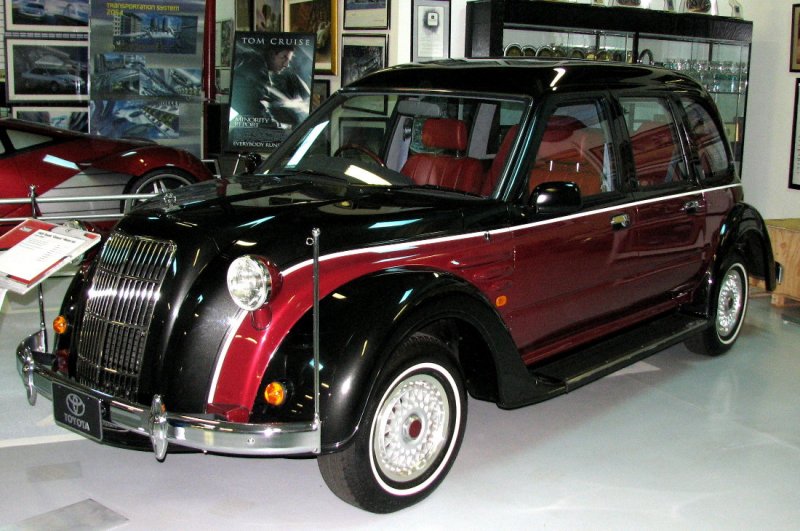
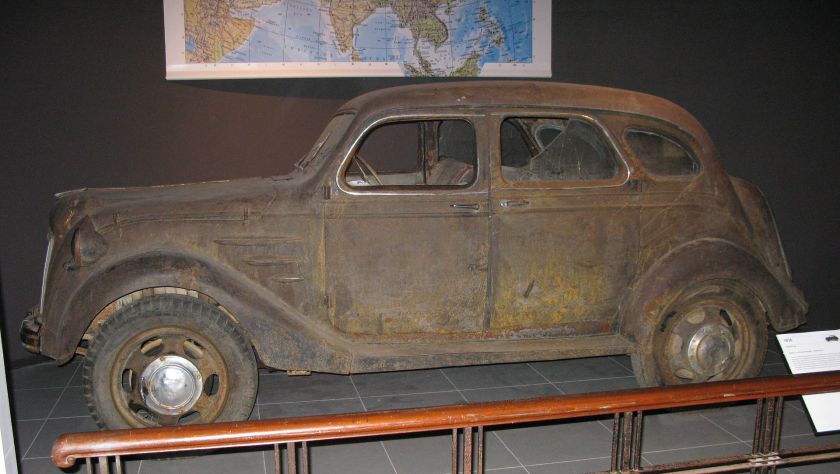
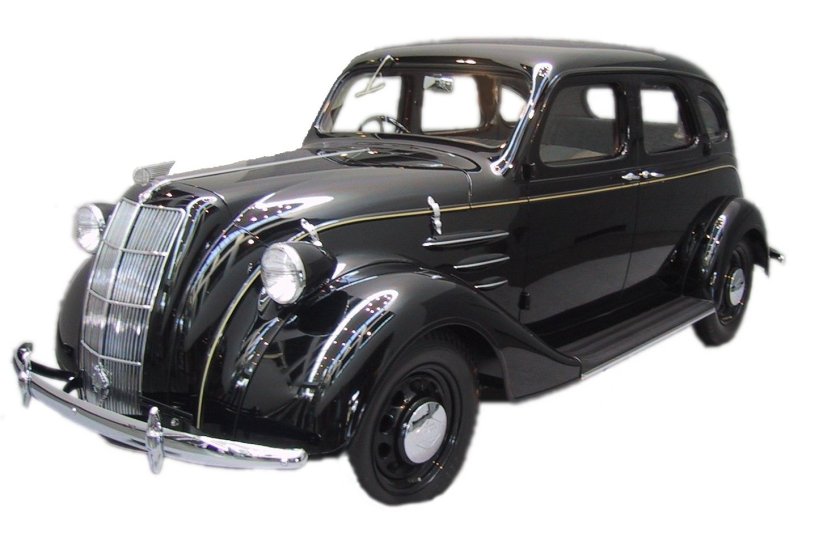 Toyota AA (1936–1943)
Toyota AA (1936–1943)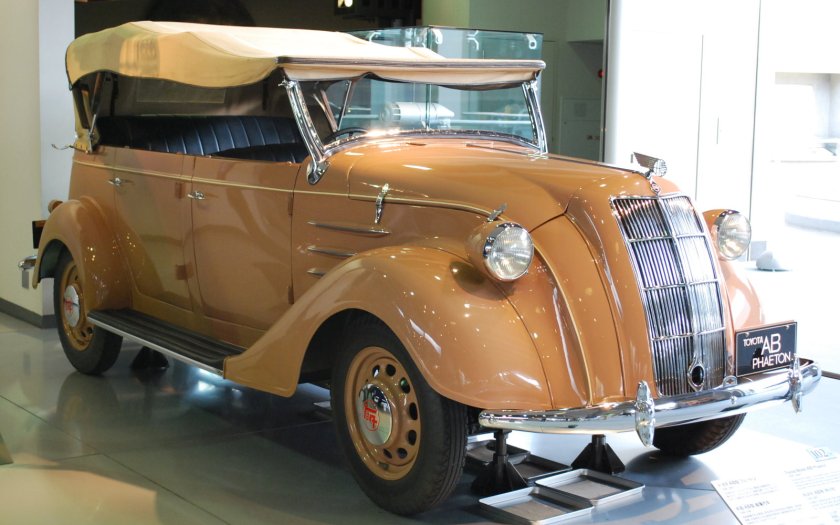
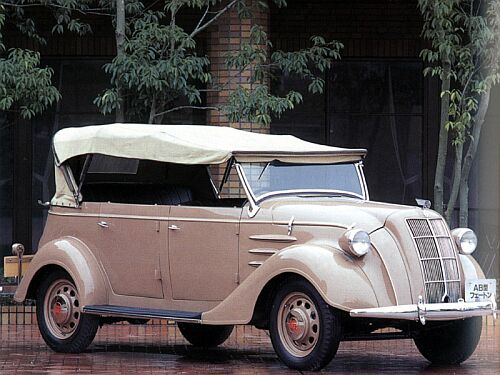
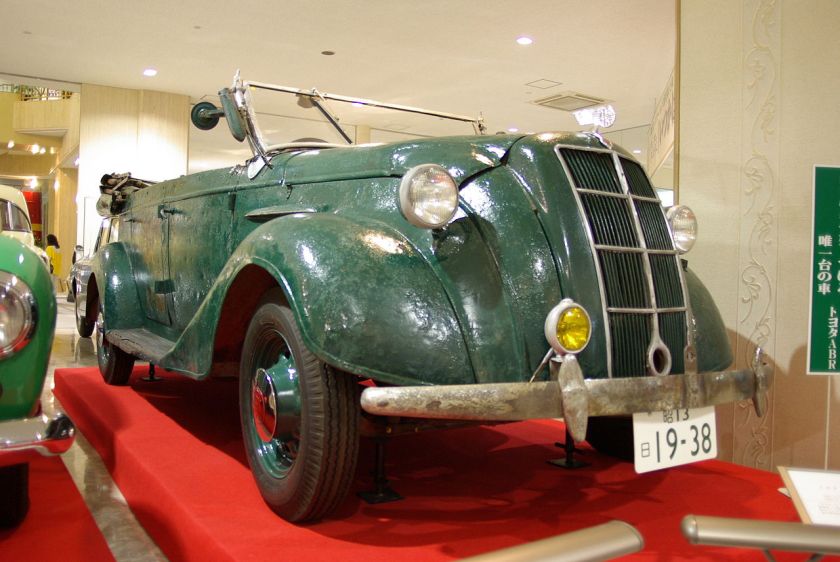 Toyota AB (1936–1943)
Toyota AB (1936–1943)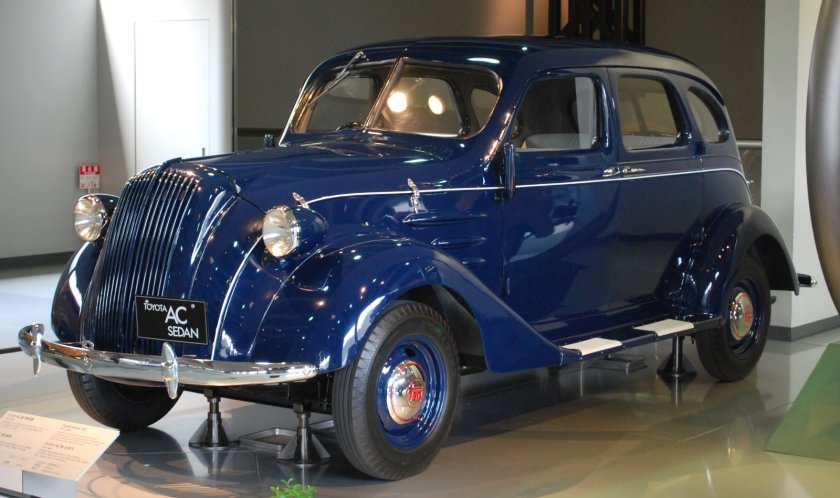 Toyota AC (1943–1947)
Toyota AC (1943–1947)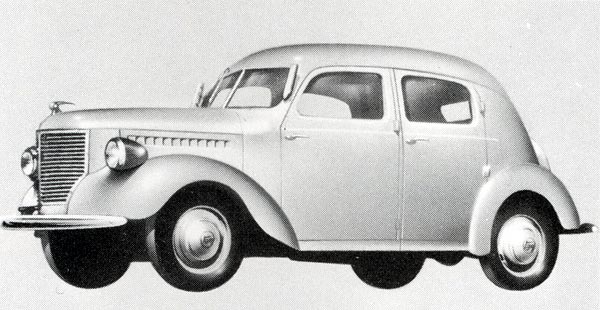
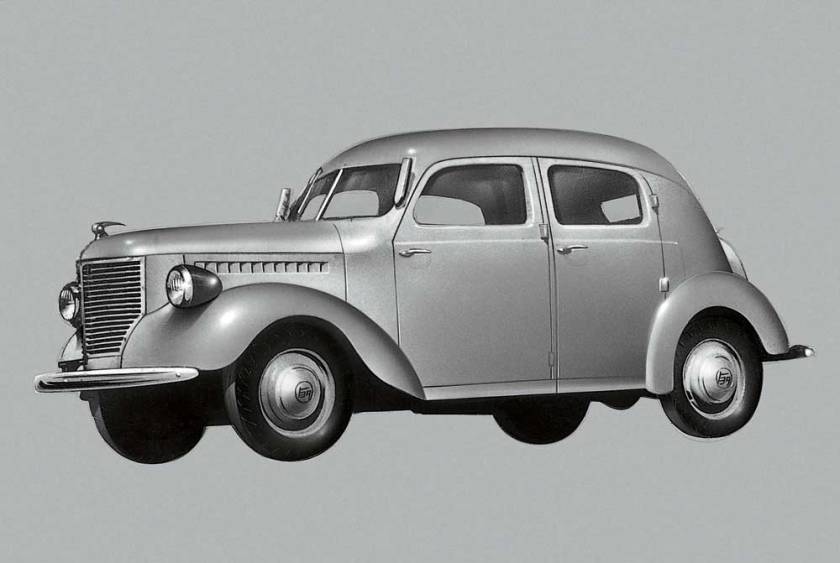
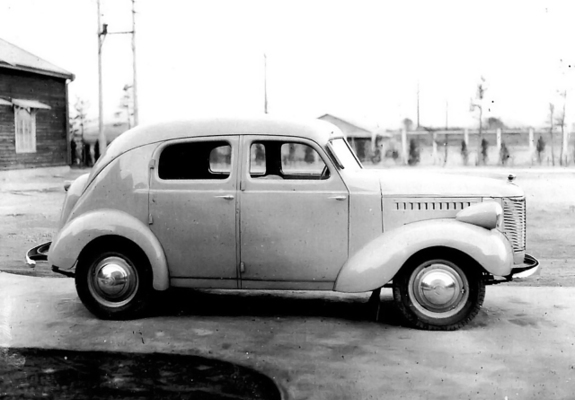
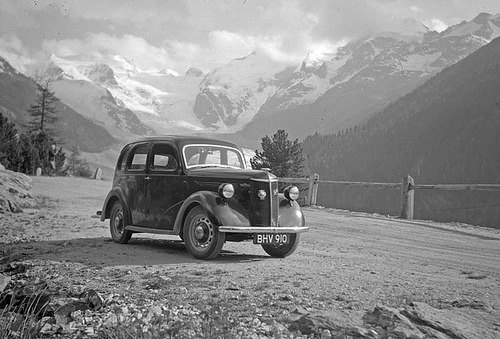
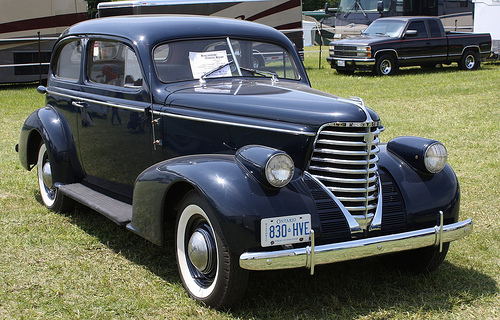 Toyota AE (1941–1943)
Toyota AE (1941–1943)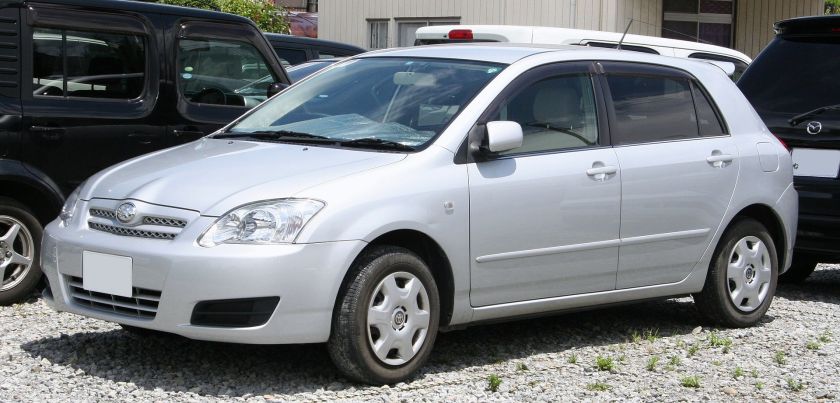 Toyota Allex (2001–2006)
Toyota Allex (2001–2006)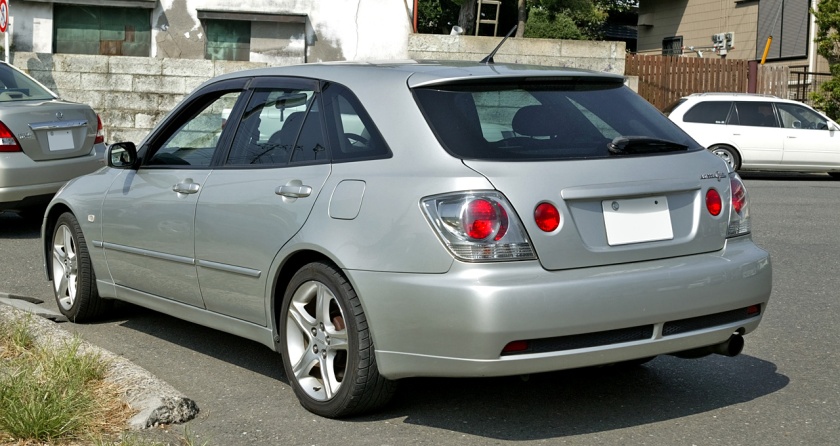 Toyota Altezza (1998–2005, also sold as the Lexus IS)
Toyota Altezza (1998–2005, also sold as the Lexus IS)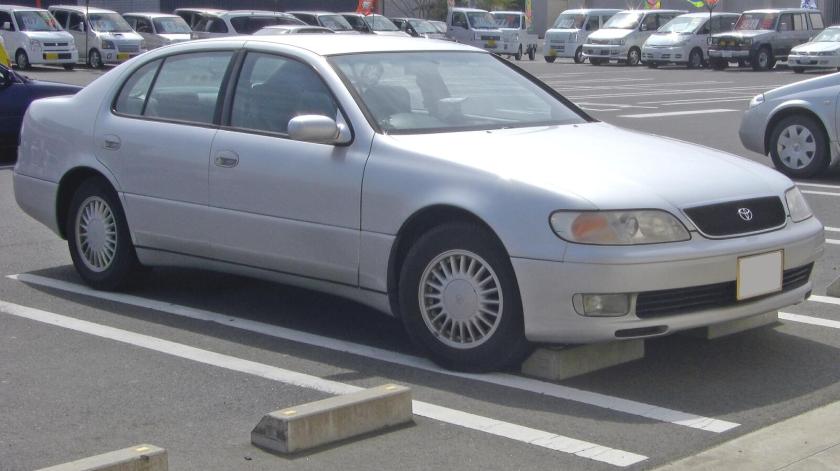
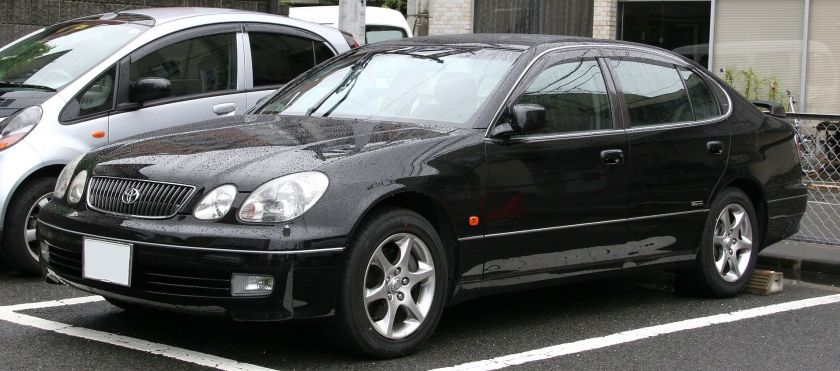 Toyota Aristo (1991–2005, also sold as the Lexus GS)
Toyota Aristo (1991–2005, also sold as the Lexus GS)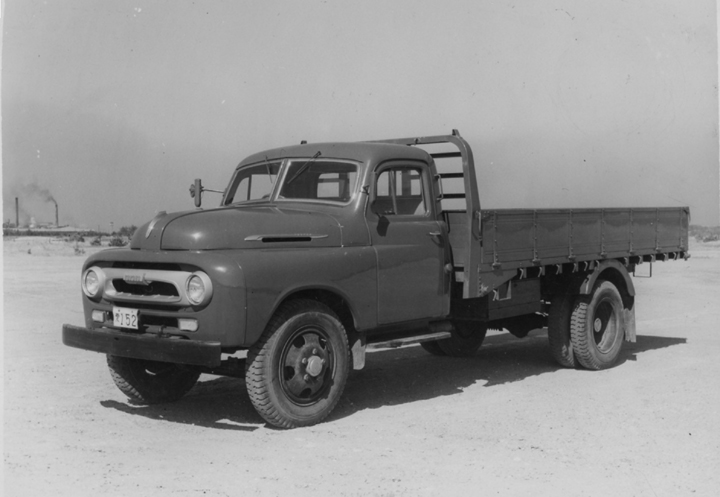 1955, the Toyota 4-ton Model BA truck equipped with an improved B engine (85 hp) and the 4.5-ton Model FA truck equipped with an improved F engine (105 hp) Toyota BA (1940)
1955, the Toyota 4-ton Model BA truck equipped with an improved B engine (85 hp) and the 4.5-ton Model FA truck equipped with an improved F engine (105 hp) Toyota BA (1940)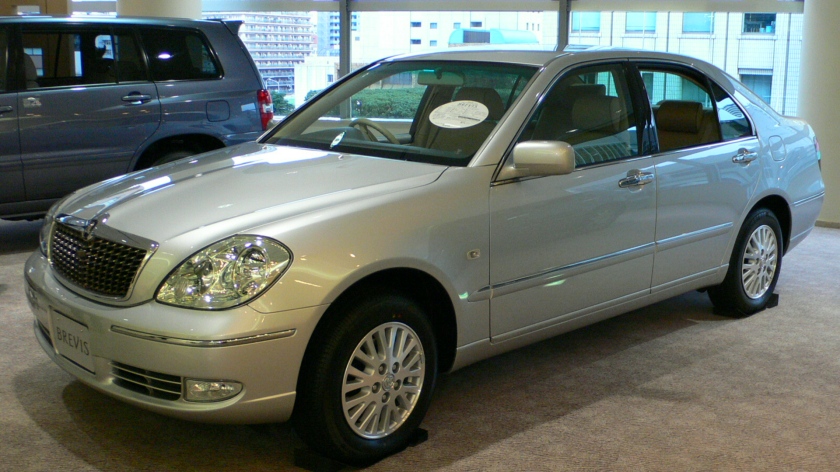 Toyota Brevis (2001–2007)
Toyota Brevis (2001–2007)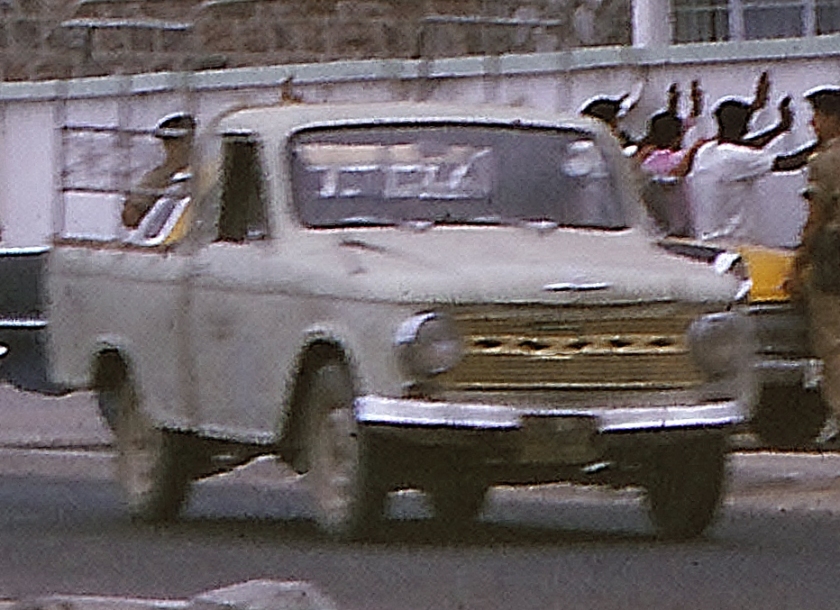
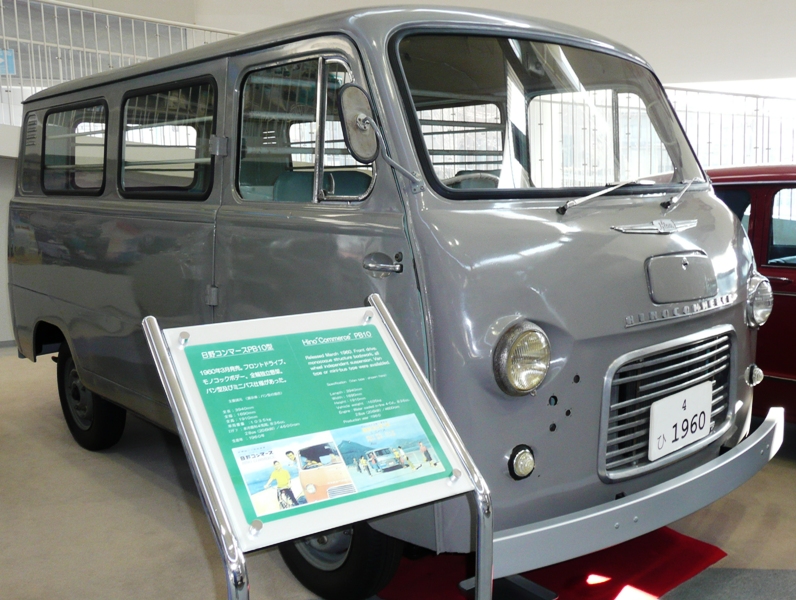 Toyota Briska (1967–1968, pickup truck, continuation of Hino Briska, predecessor to Hilux)
Toyota Briska (1967–1968, pickup truck, continuation of Hino Briska, predecessor to Hilux)
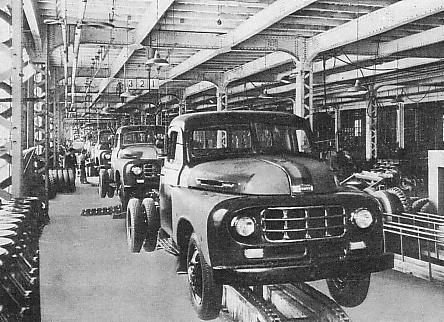
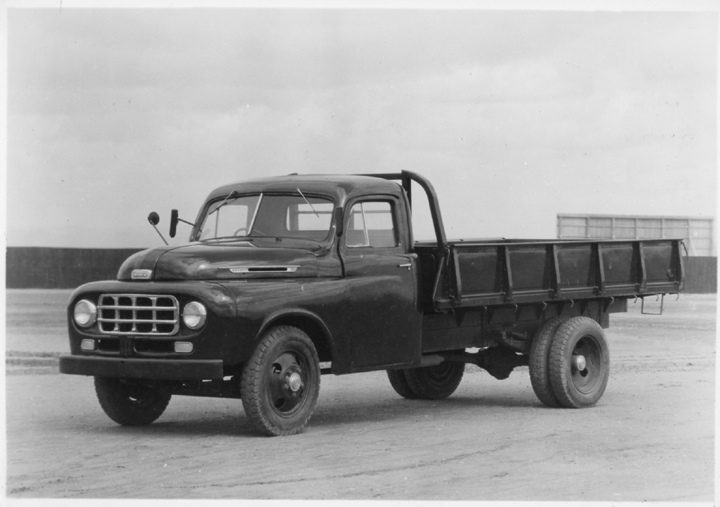
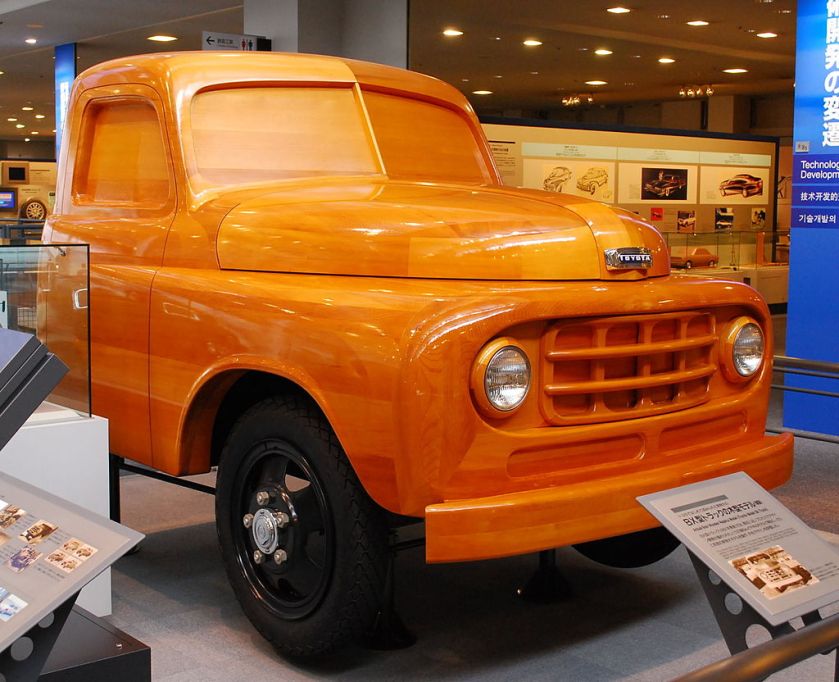 Toyota BX (1951, truck)
Toyota BX (1951, truck)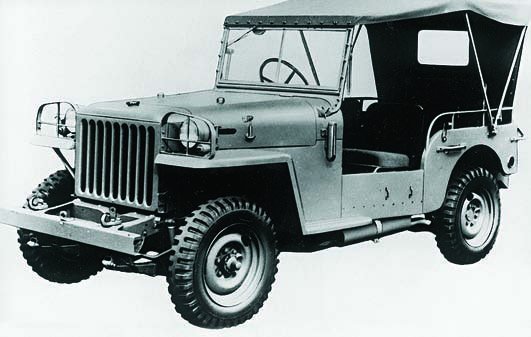 Toyota BJ (1951, Jeep, later called the Land Cruiser)
Toyota BJ (1951, Jeep, later called the Land Cruiser)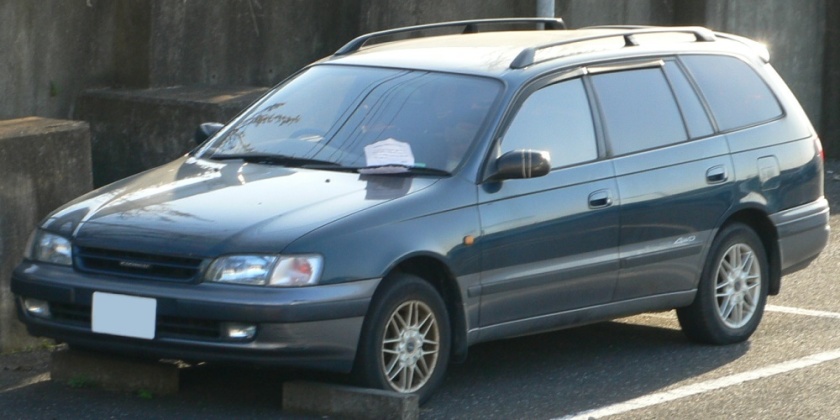
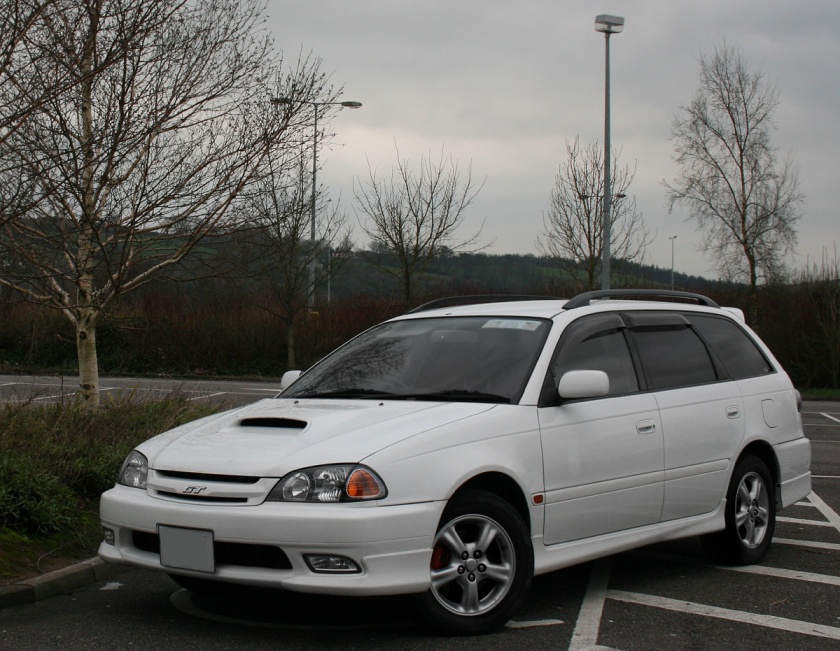
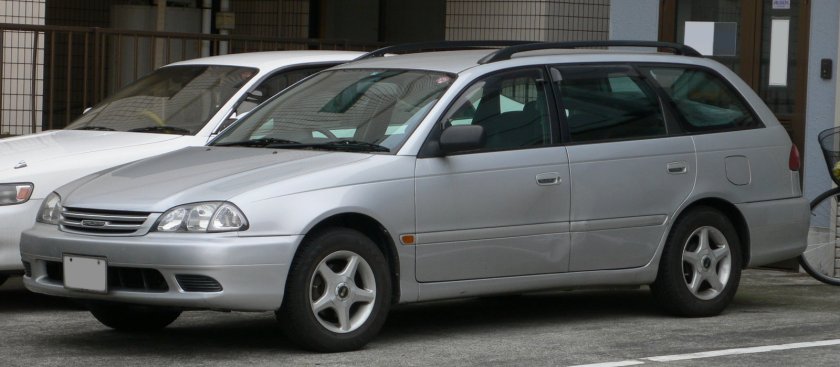
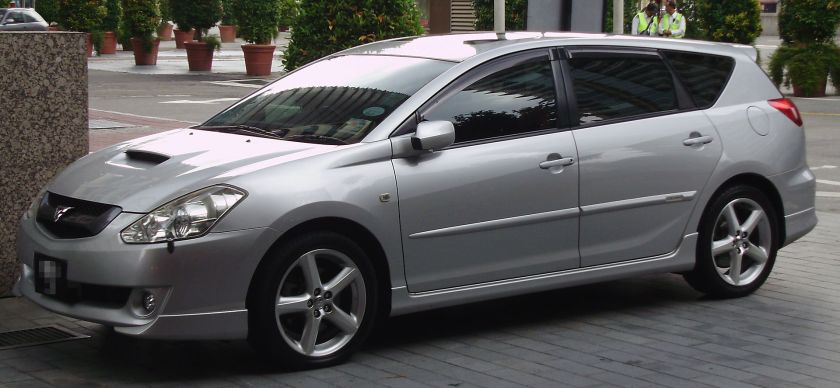
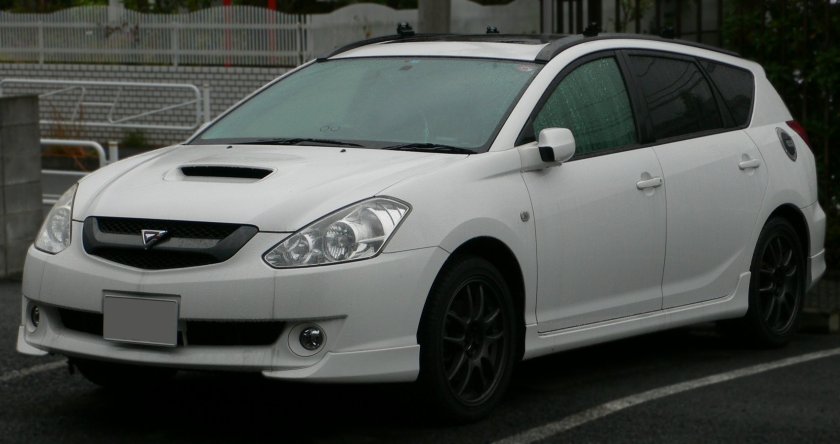 Toyota Caldina (1992–2007)
Toyota Caldina (1992–2007) Toyota Cami (1997-2005, more commonly sold as the Daihatsu Terios)
Toyota Cami (1997-2005, more commonly sold as the Daihatsu Terios)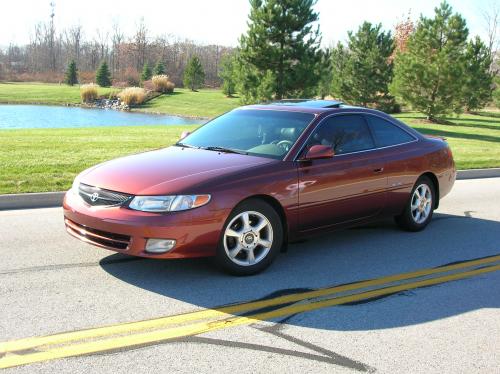
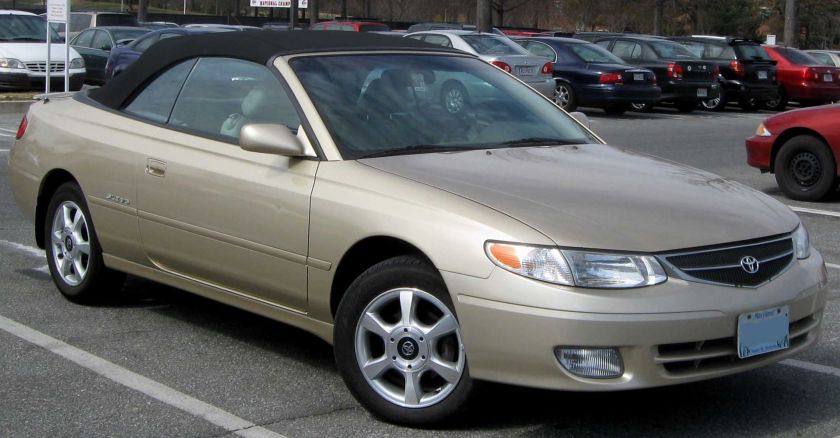
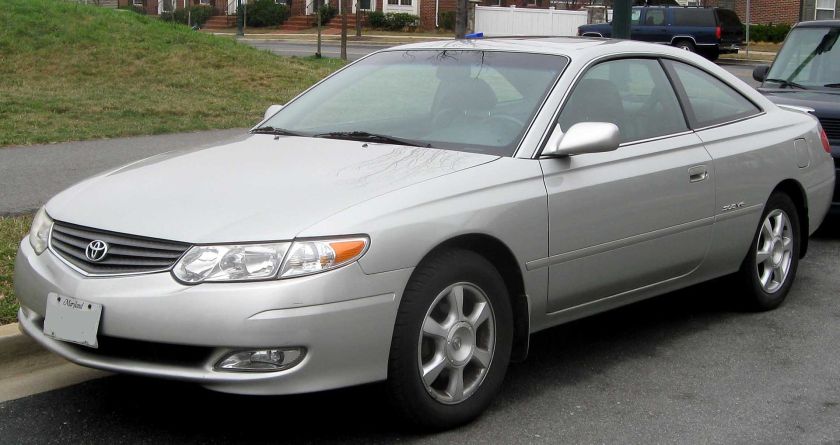
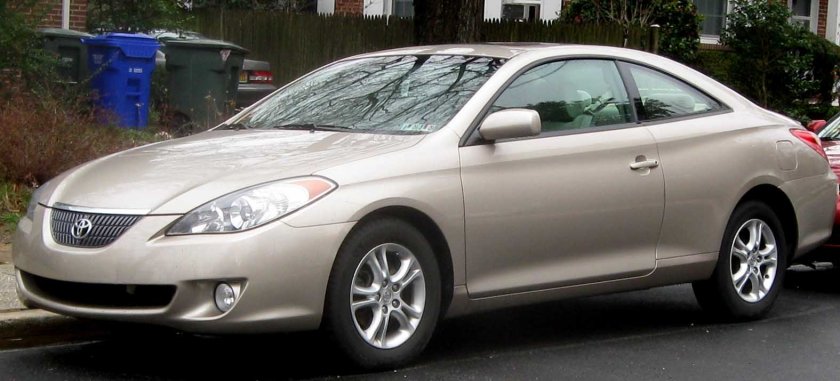
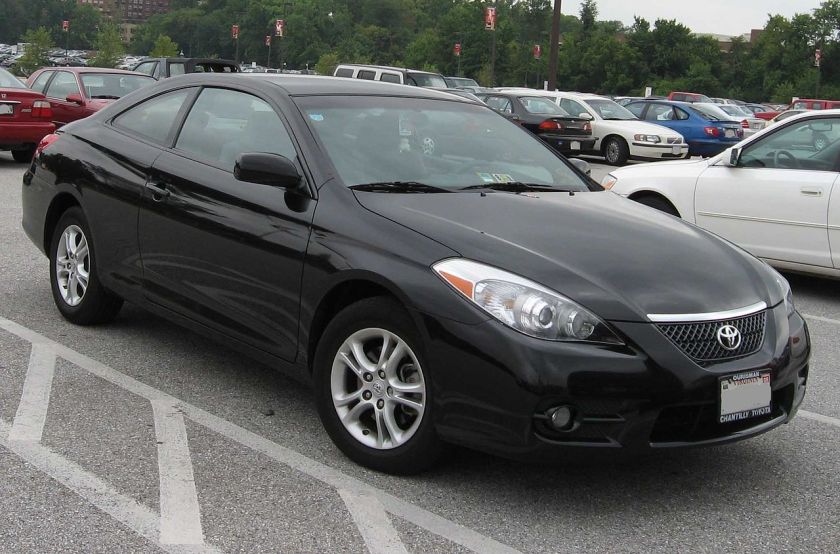 Toyota Camry Solara (1999–2008)
Toyota Camry Solara (1999–2008)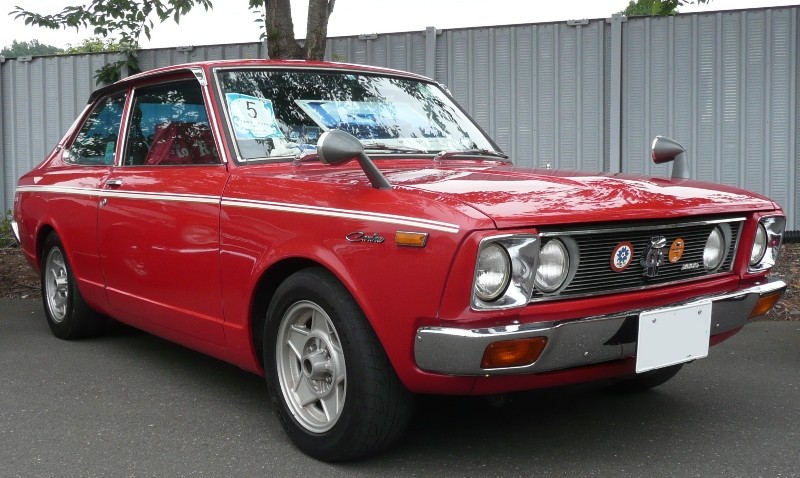
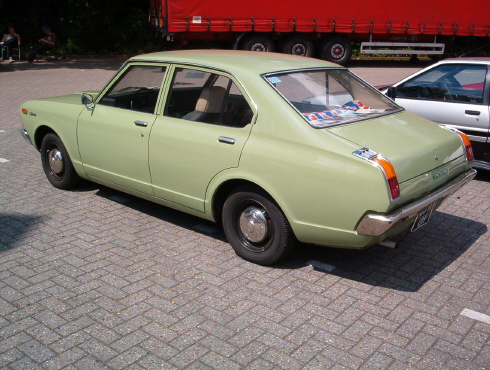
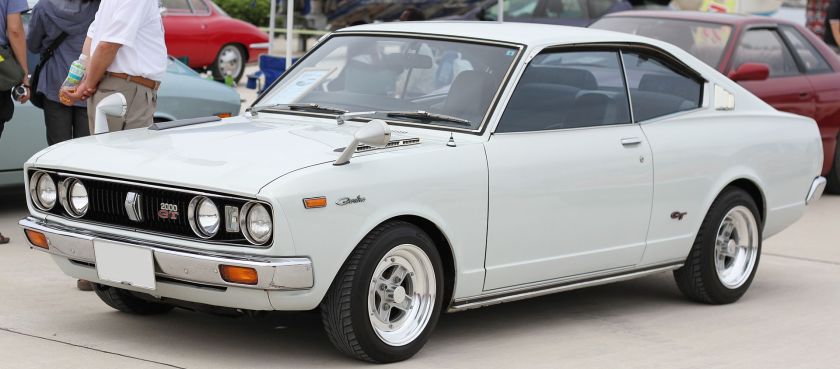
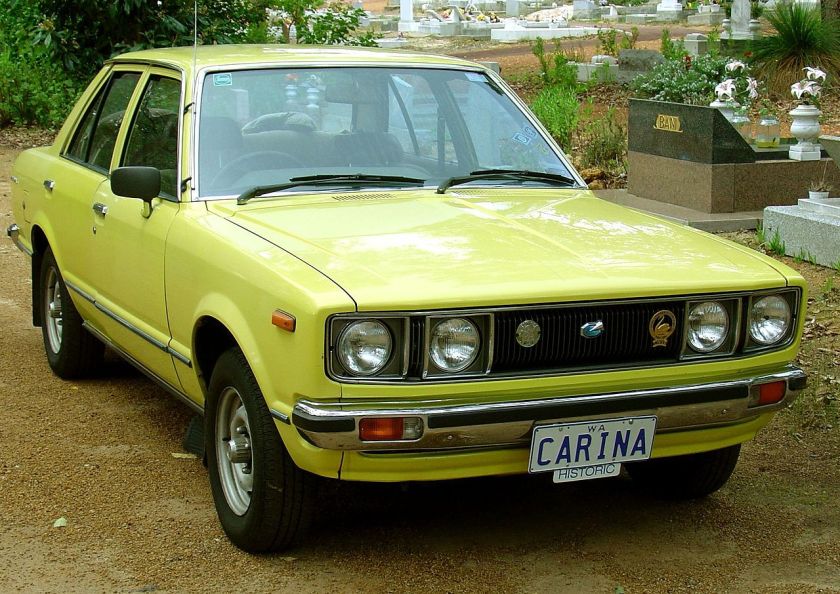
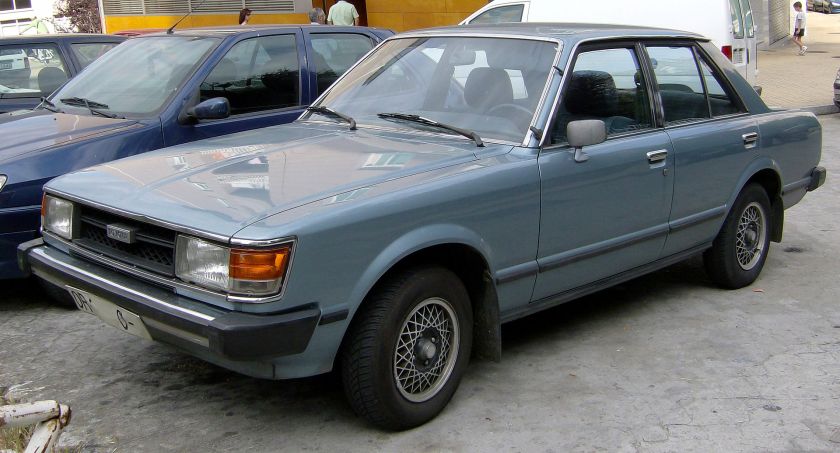
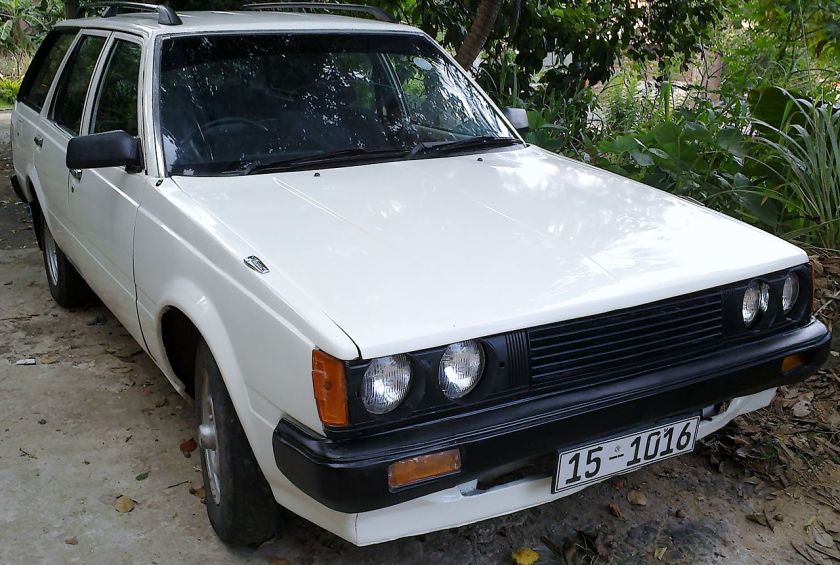
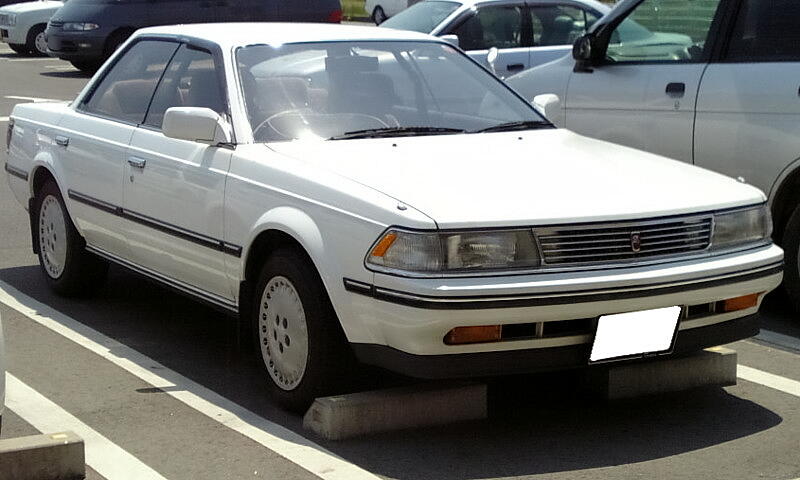

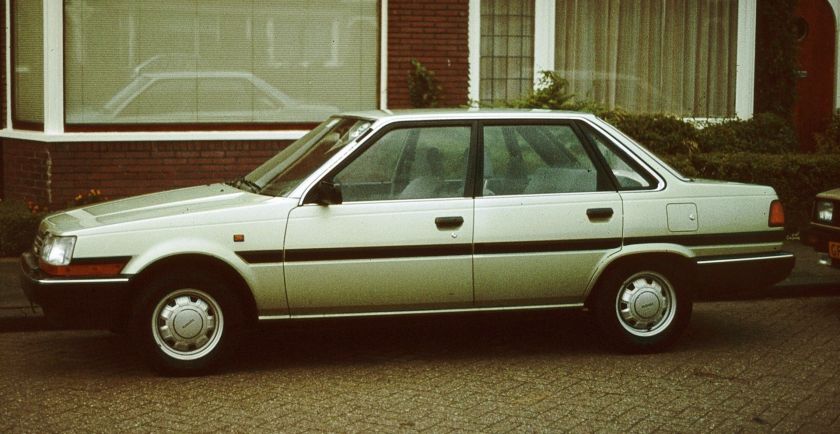
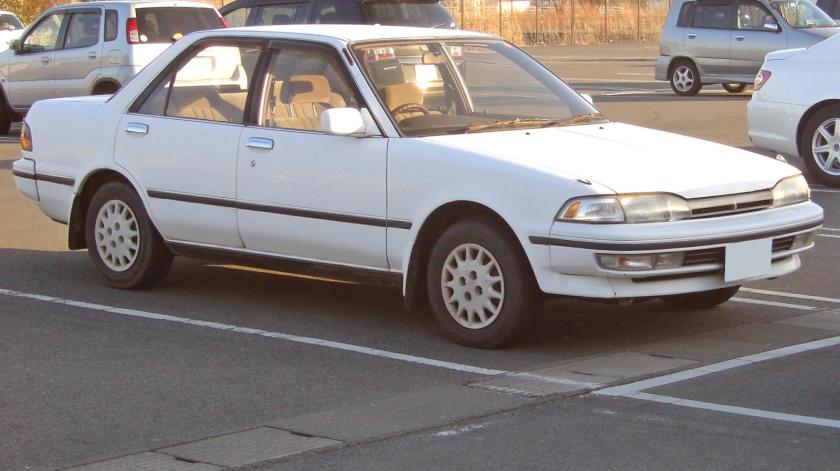
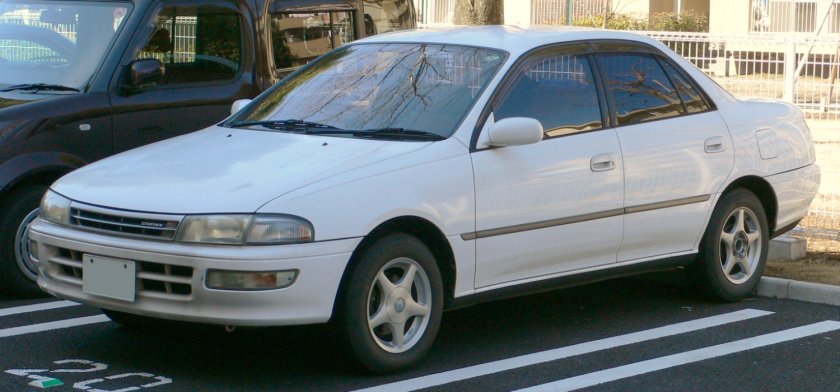
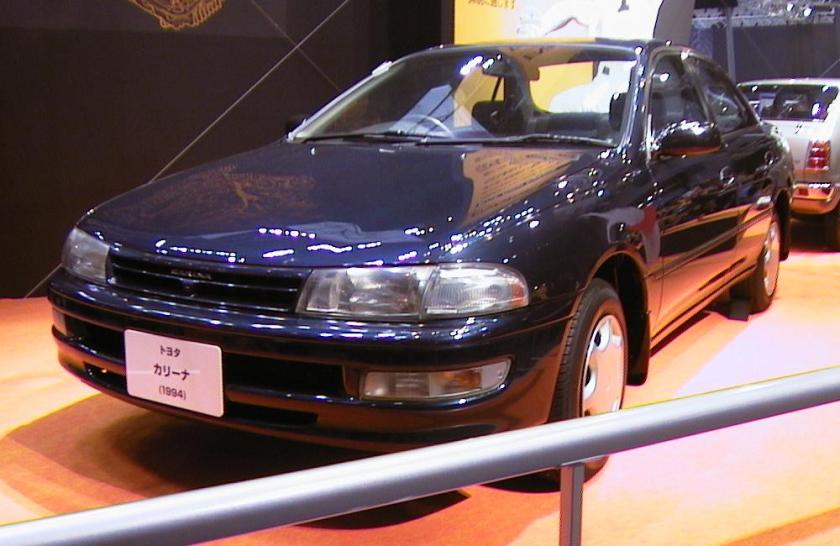
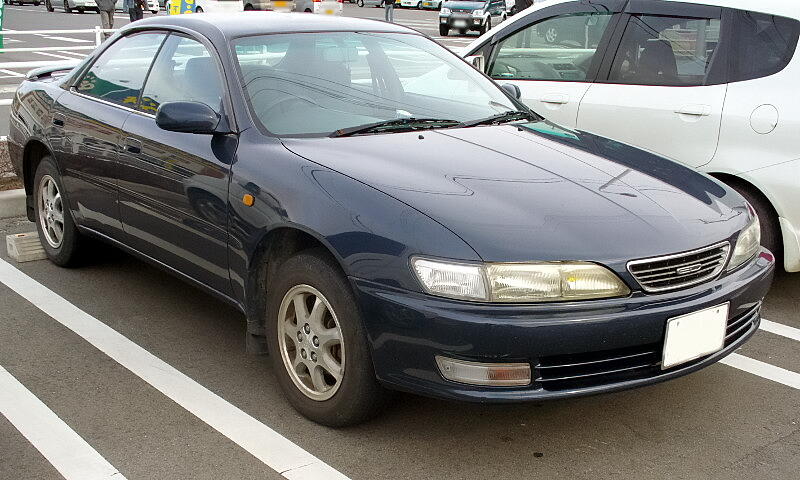
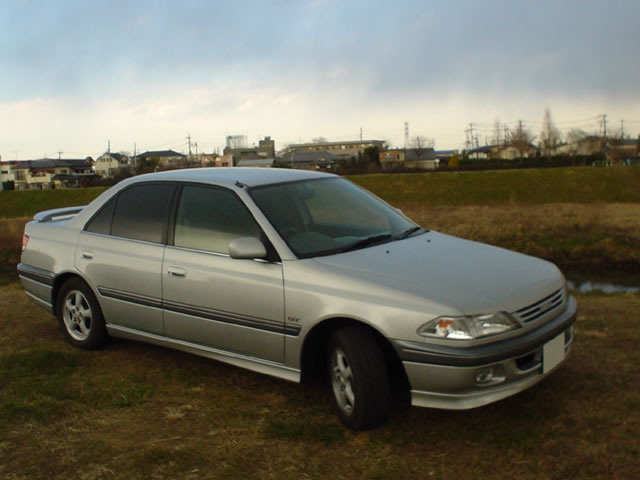
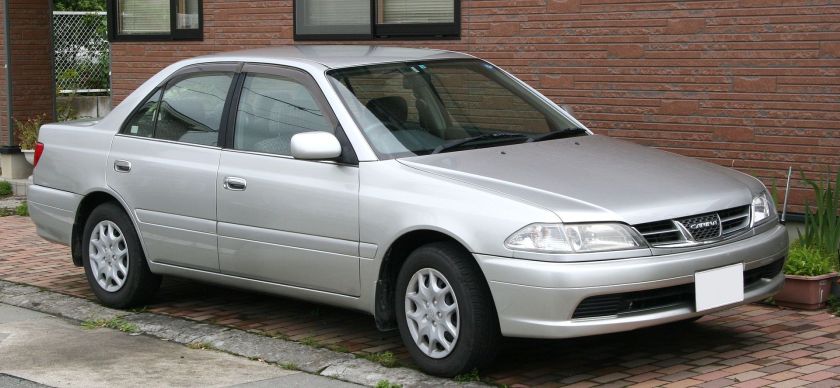
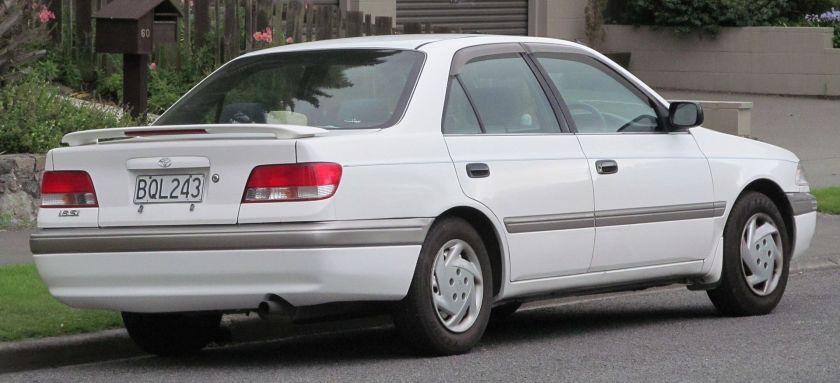
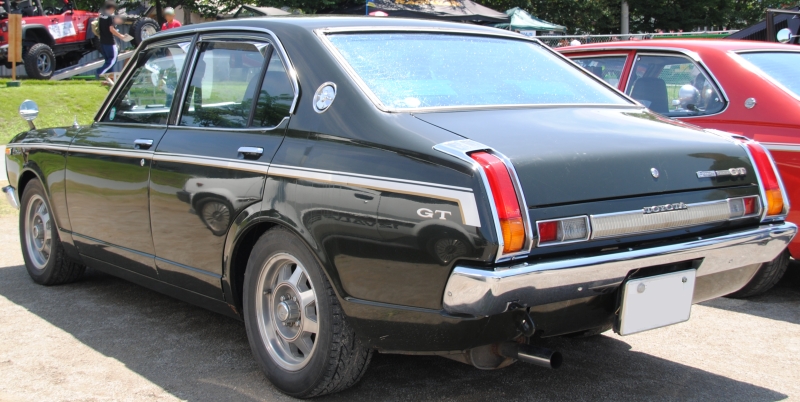
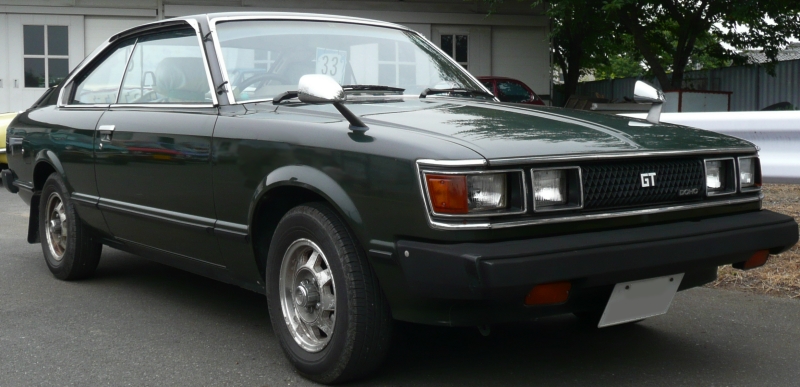
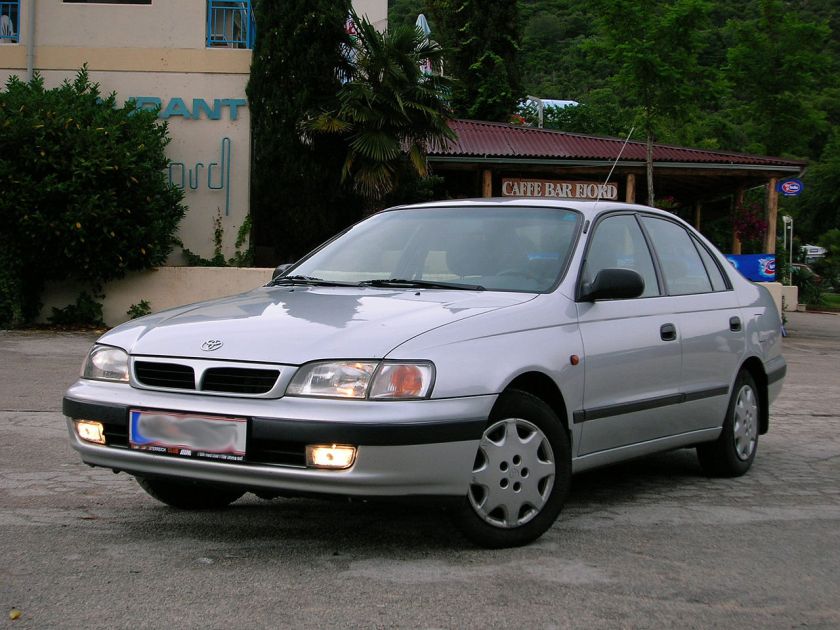
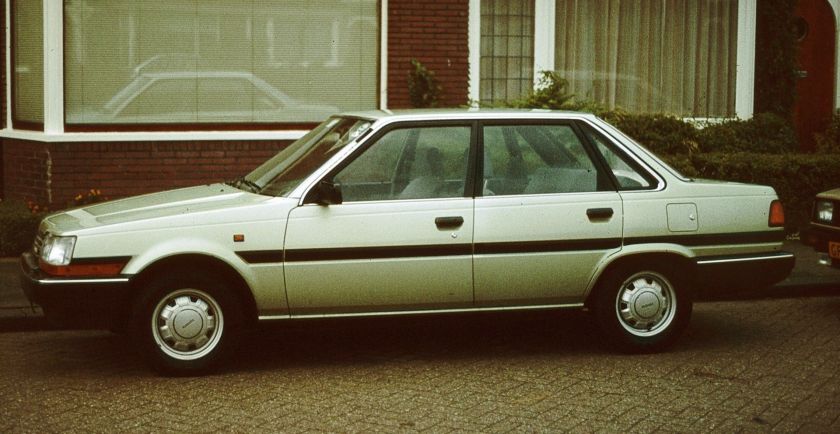
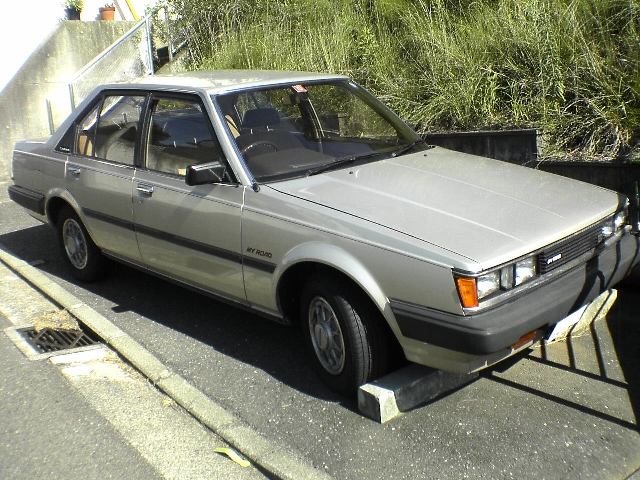
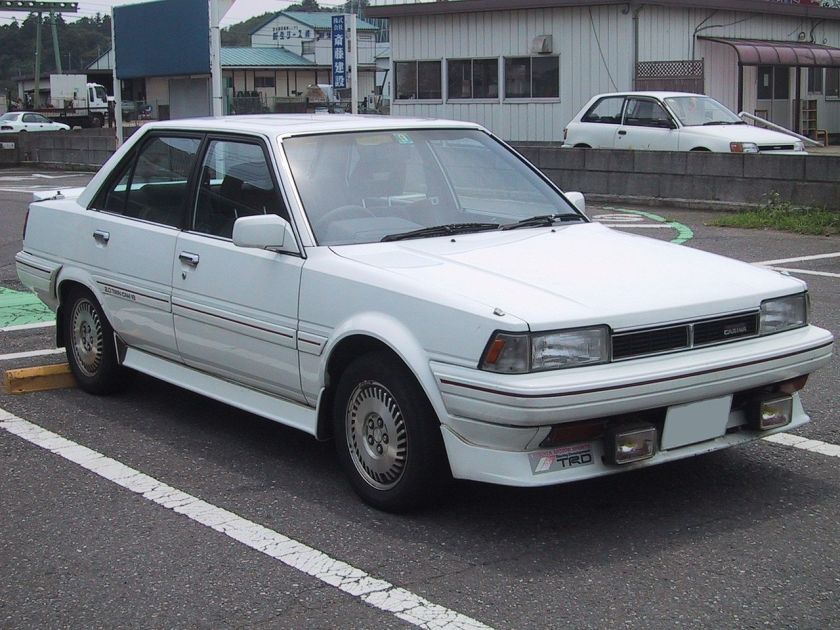
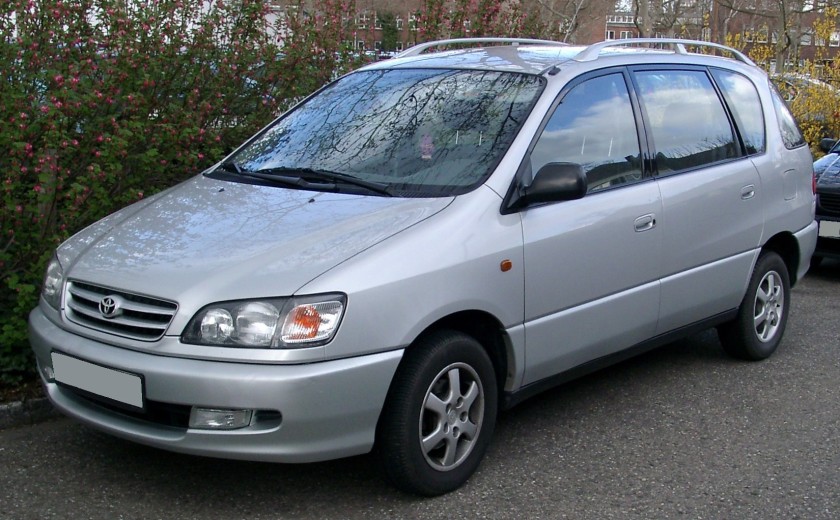 Toyota Carina (1970–2000)
Toyota Carina (1970–2000)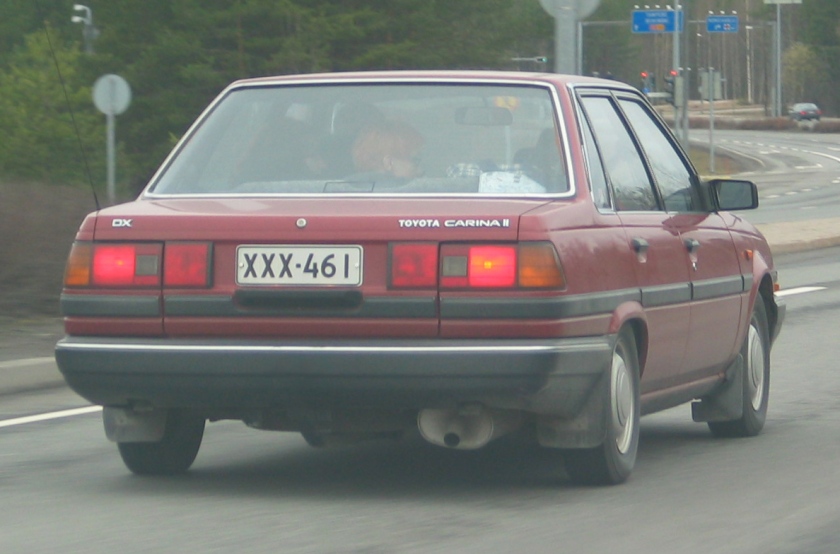
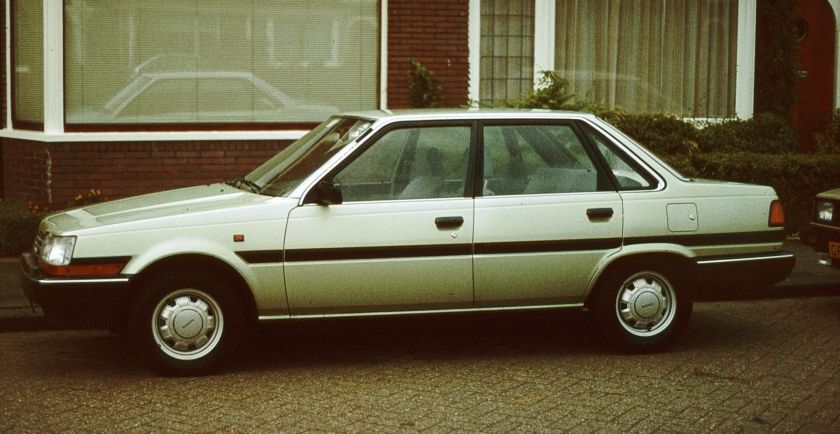
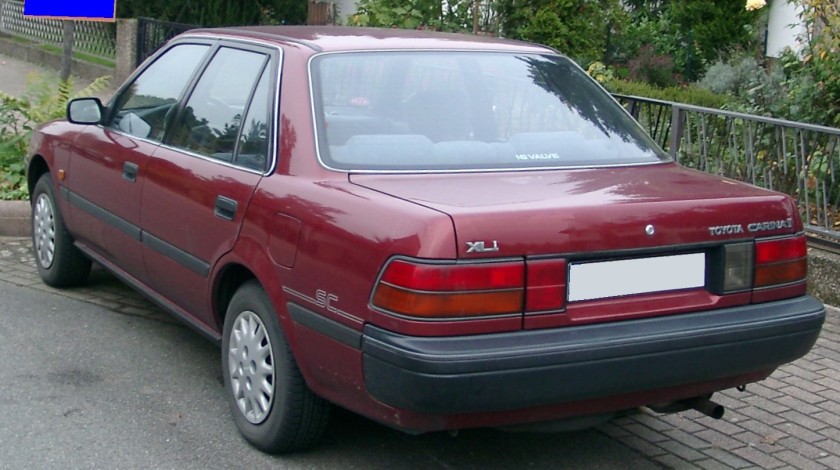
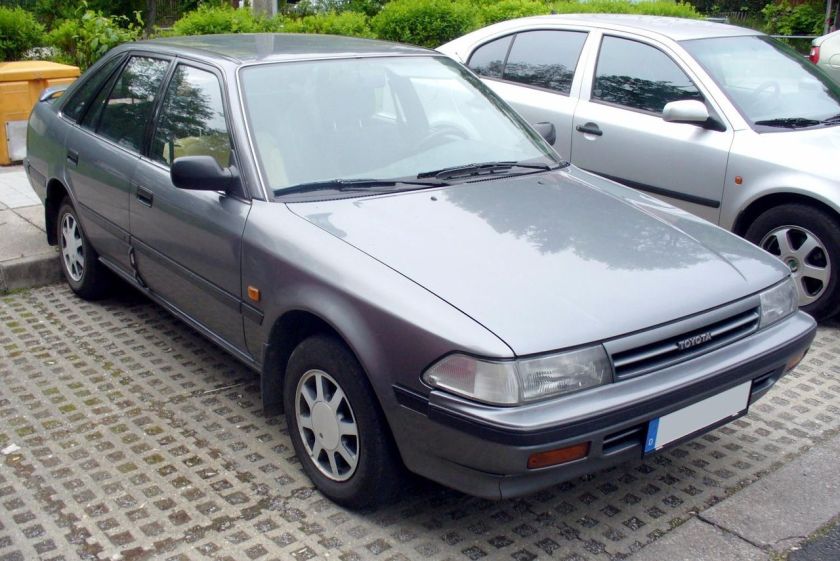
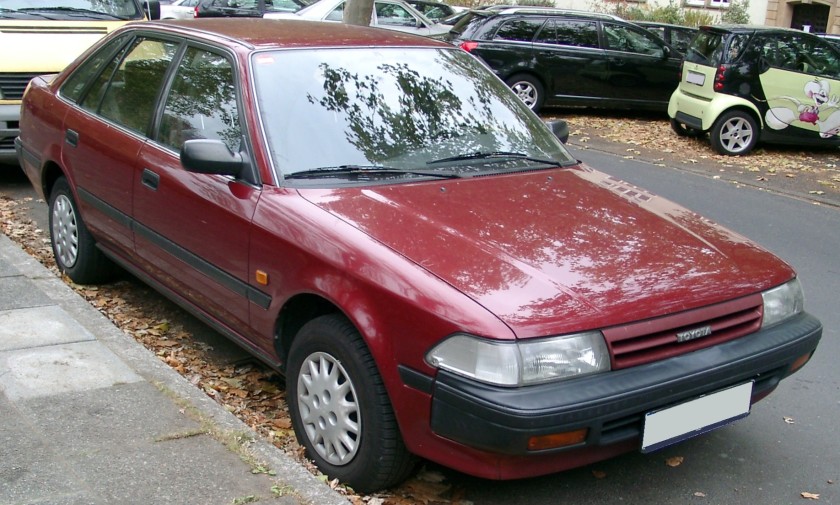 Toyota Carina II (1987–1992)Toyota Carina E (1992–1998)Toyota Carina ED (1985–1998)
Toyota Carina II (1987–1992)Toyota Carina E (1992–1998)Toyota Carina ED (1985–1998)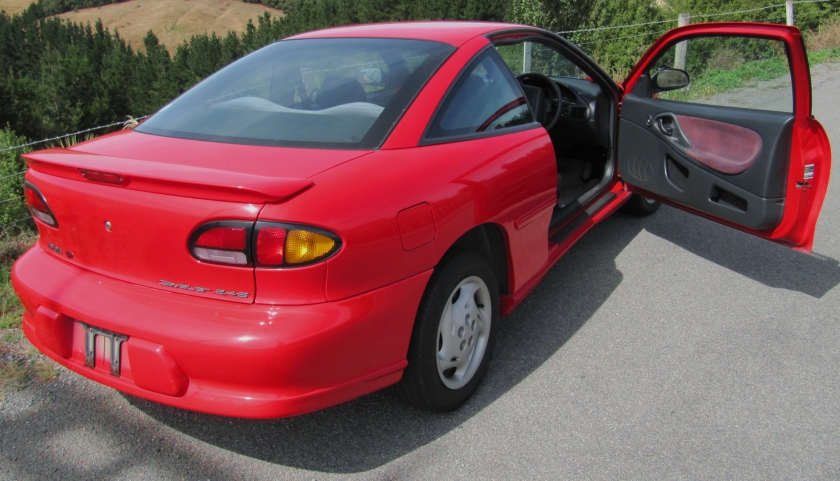
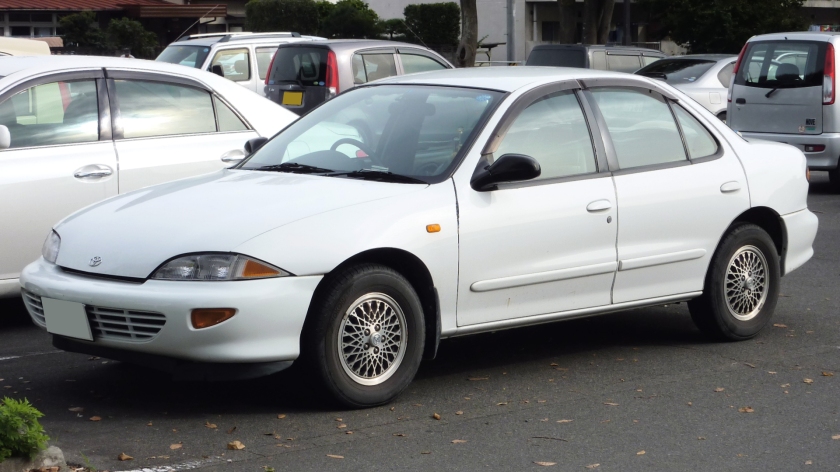
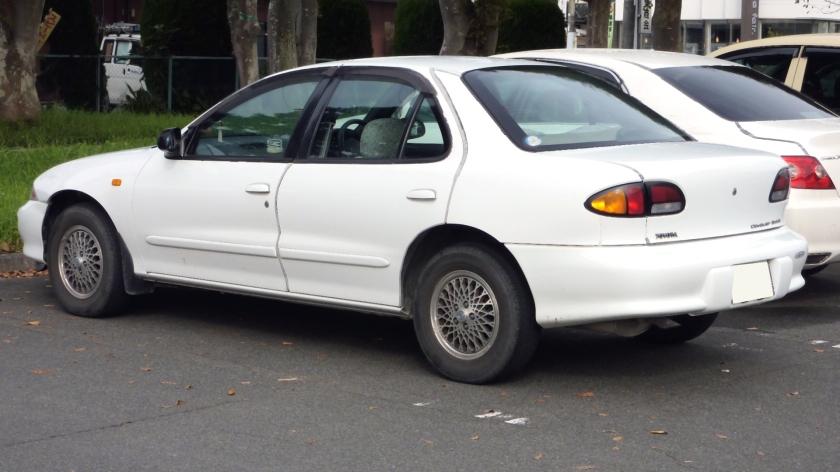
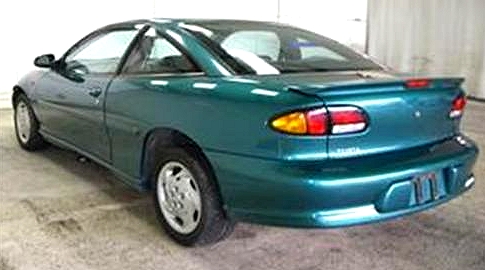 Toyota Cavalier (1995–2000, rebadged Chevrolet Cavalier)
Toyota Cavalier (1995–2000, rebadged Chevrolet Cavalier)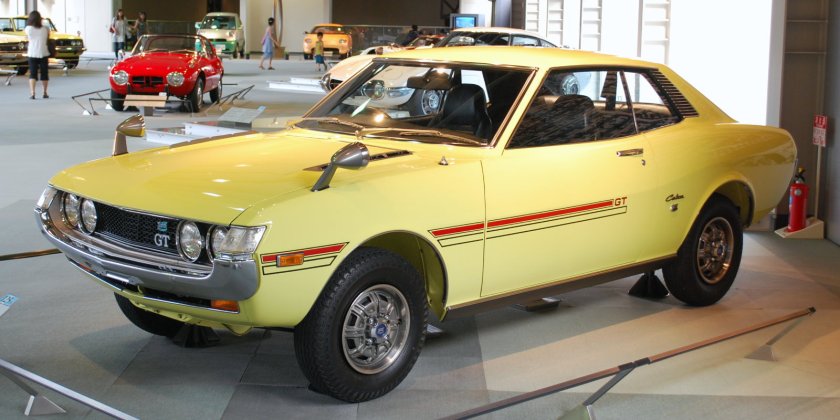
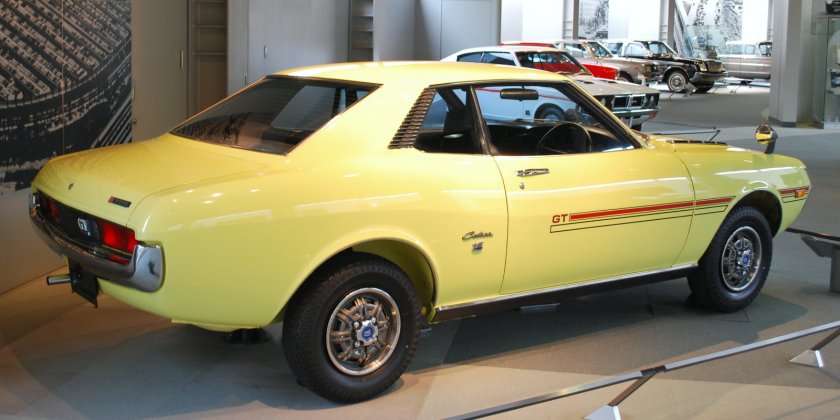
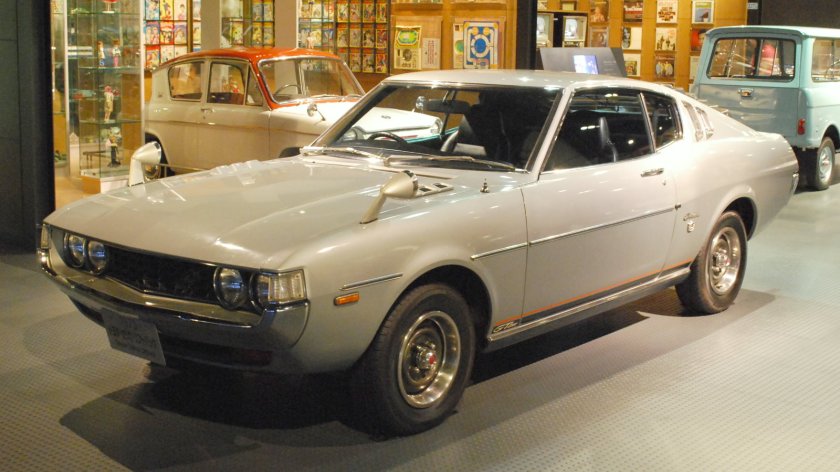
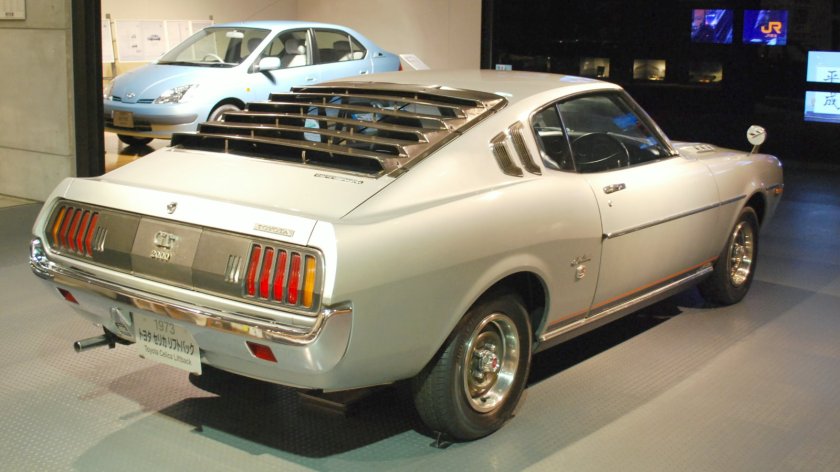
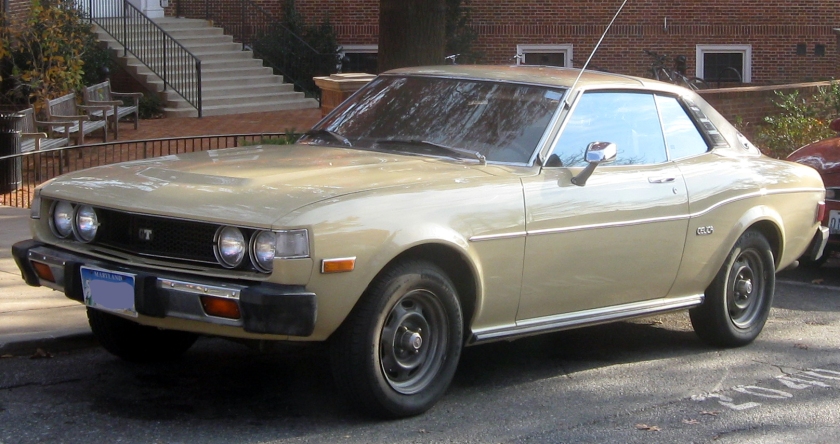
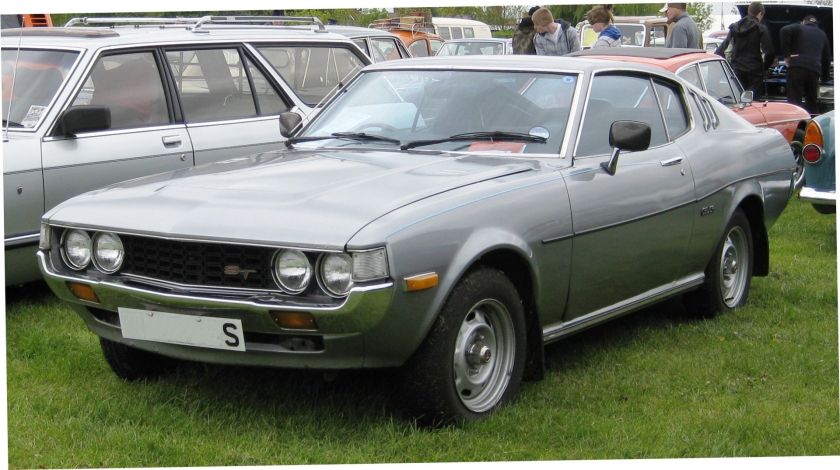
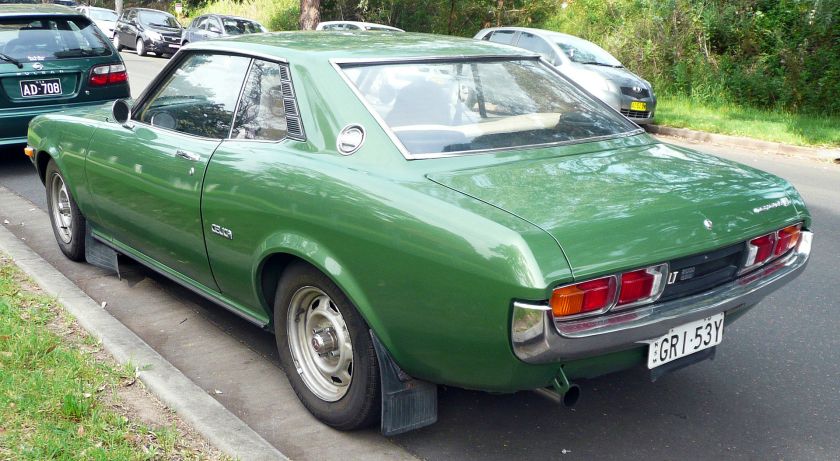
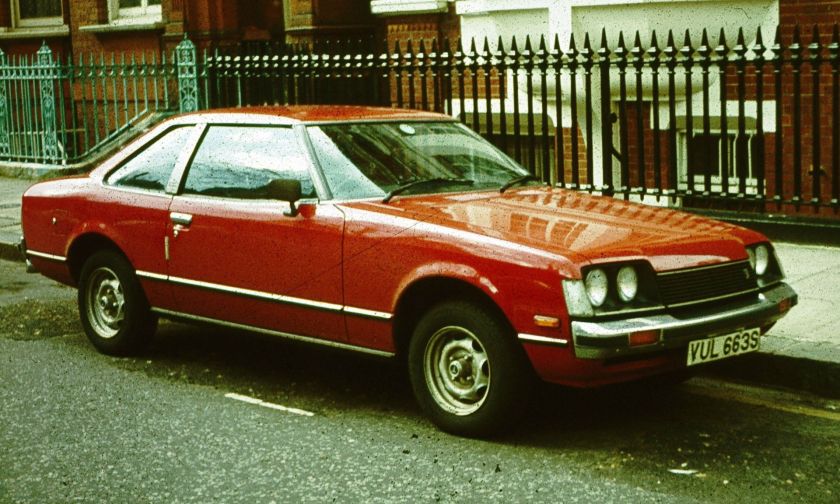
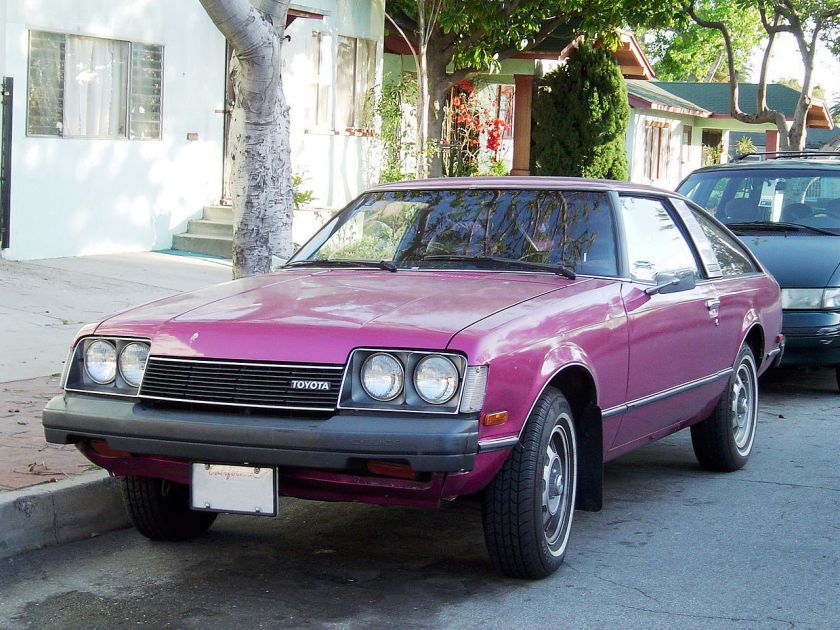
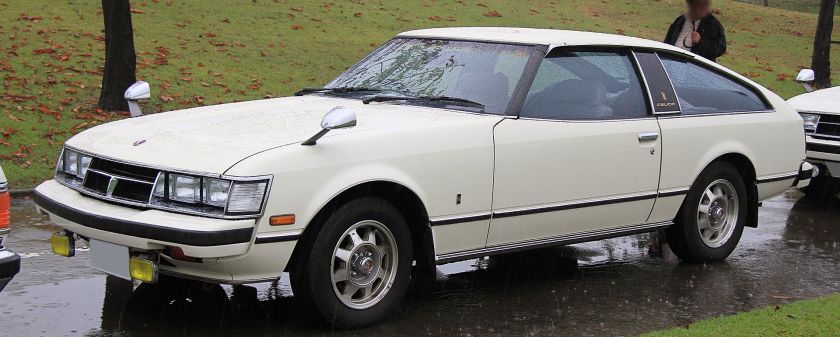
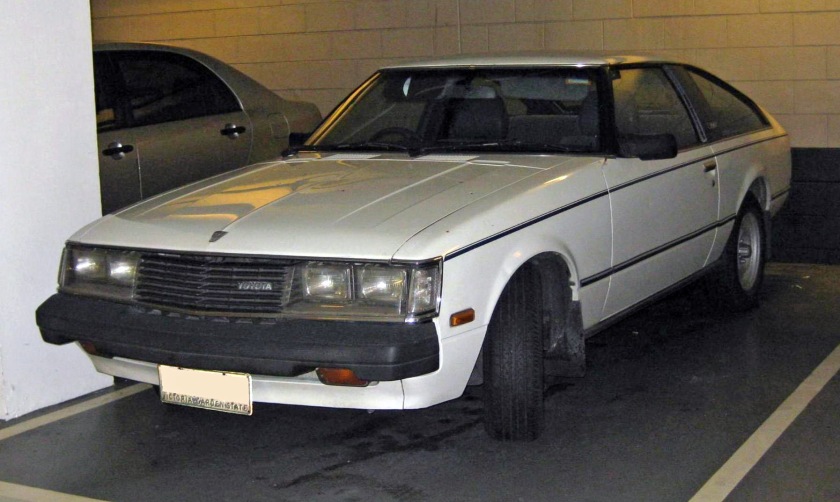
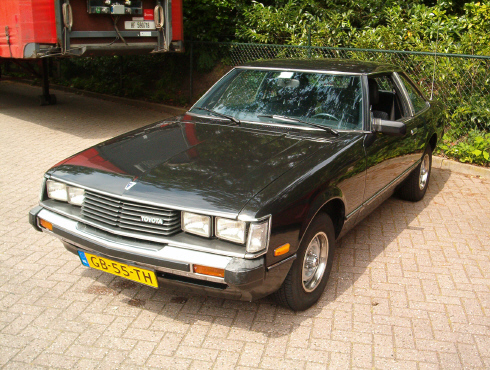
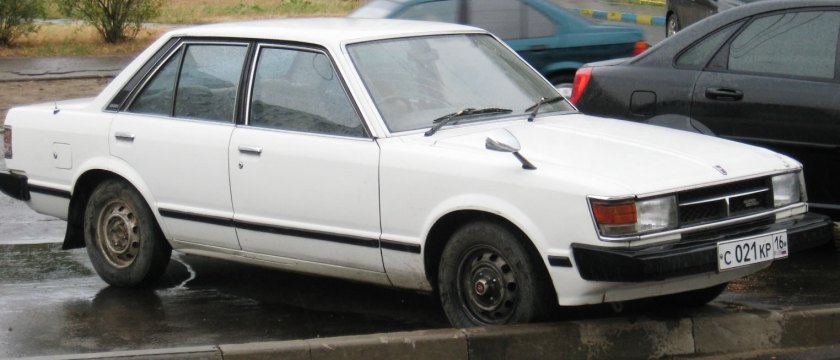
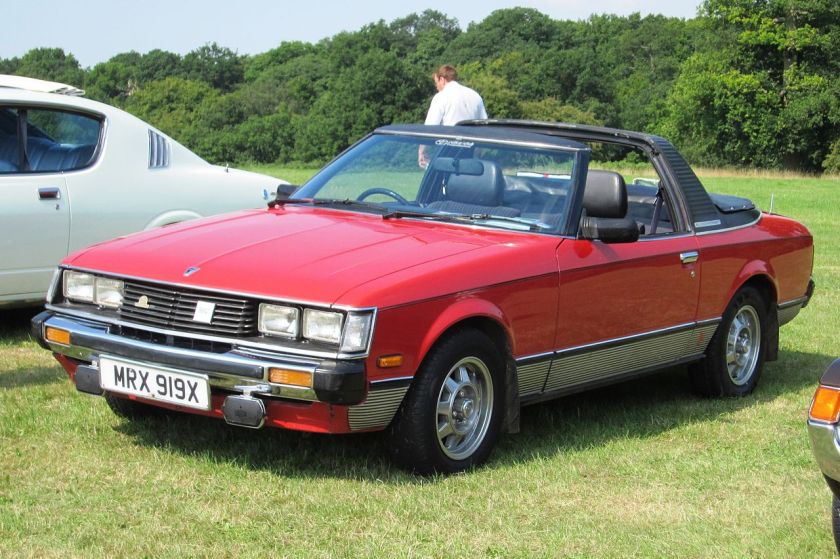
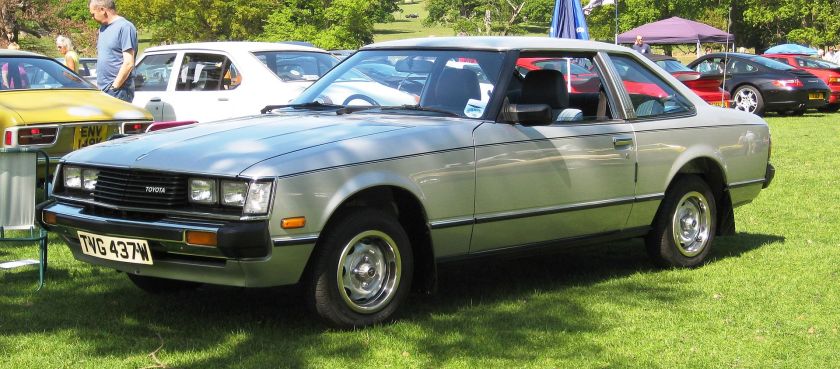
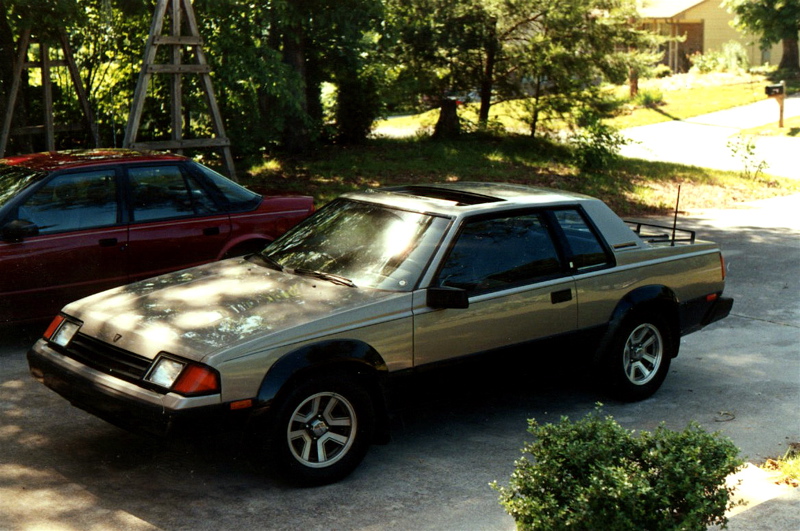
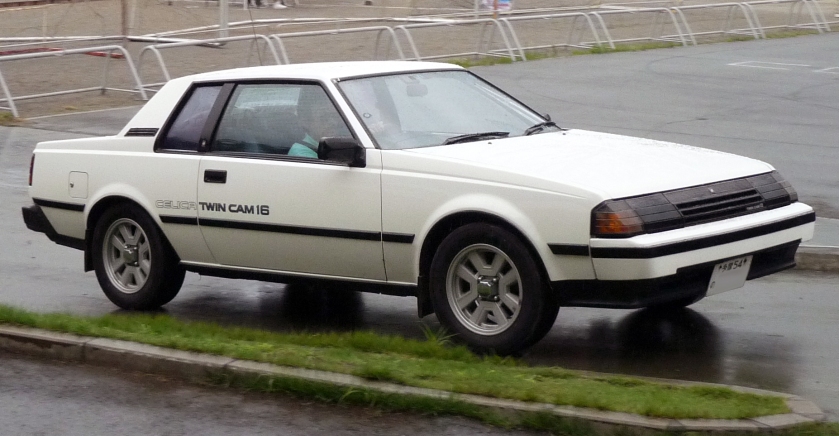
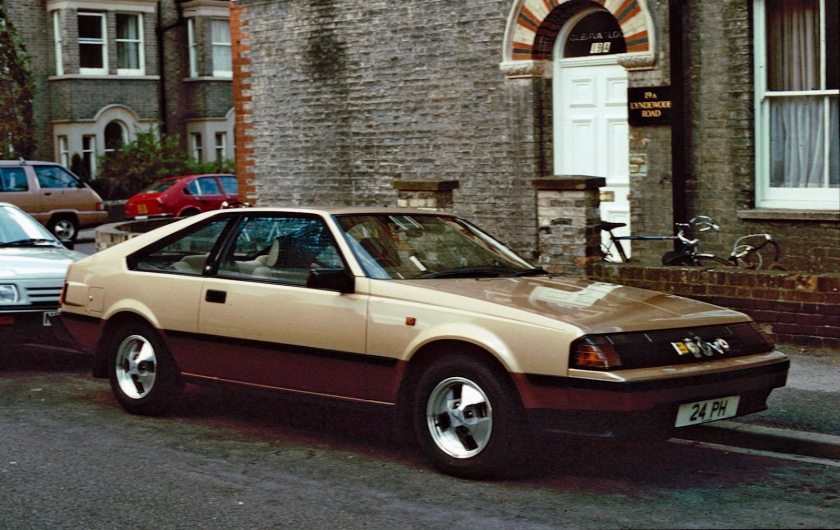
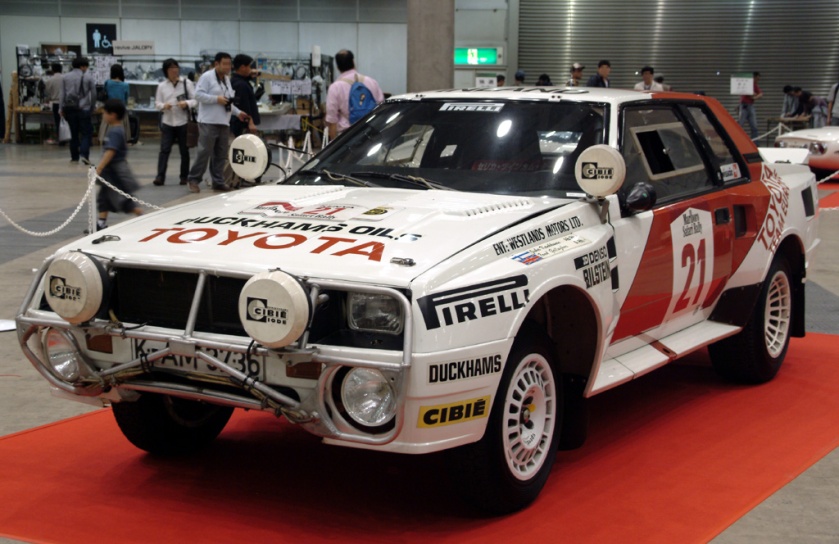
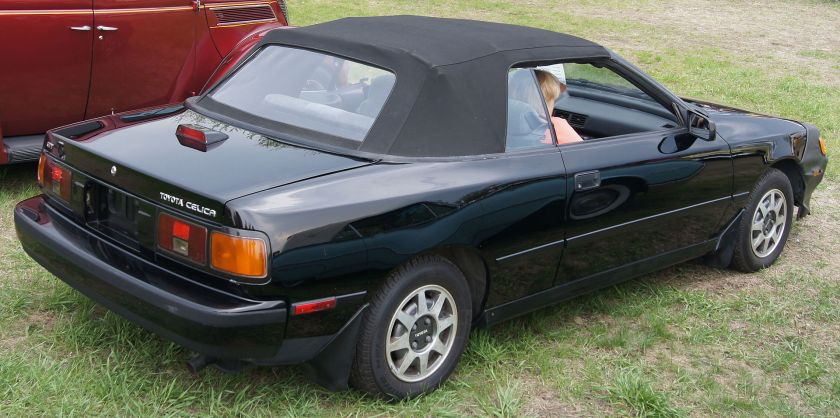
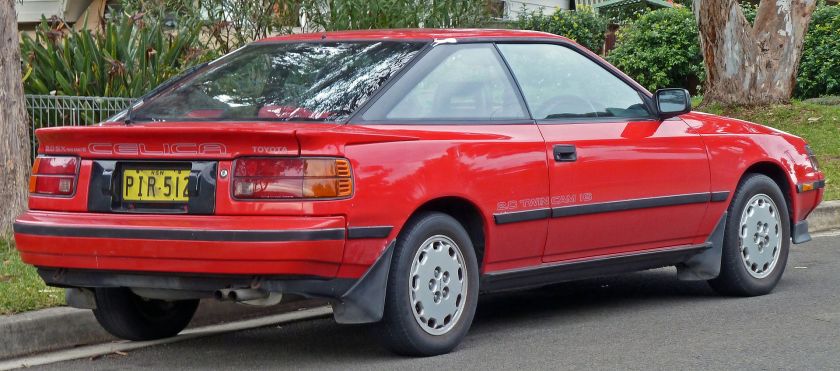
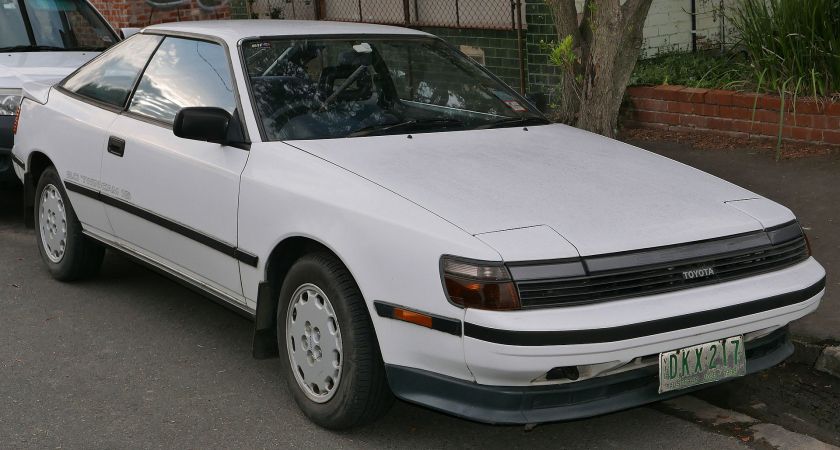
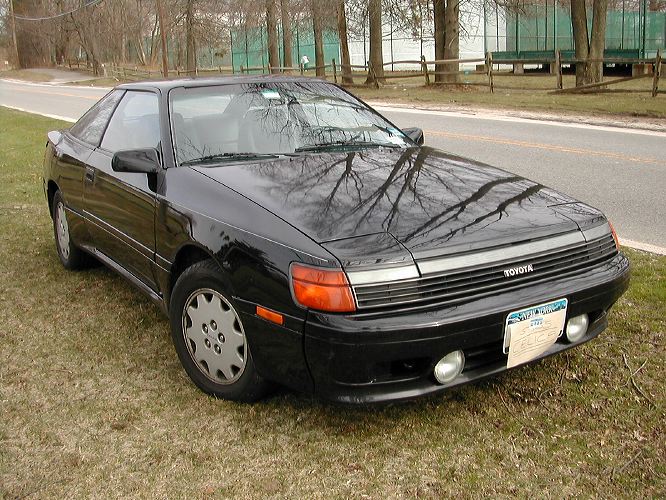
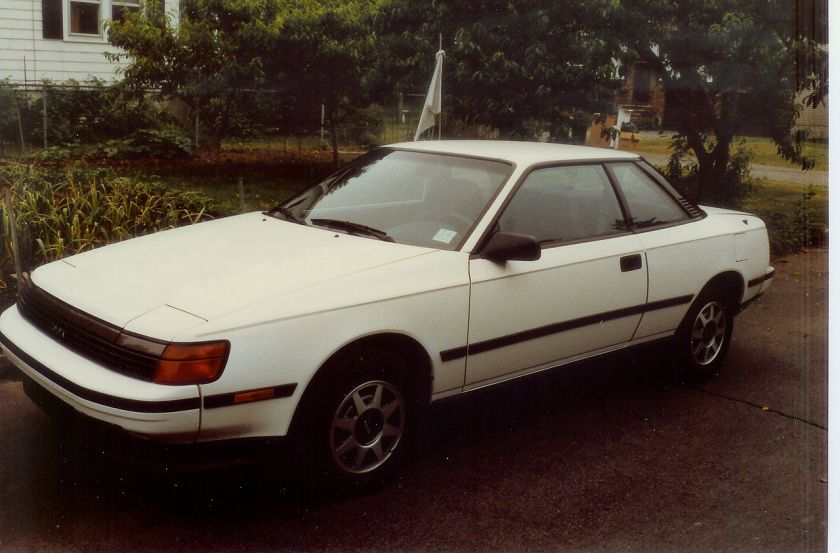
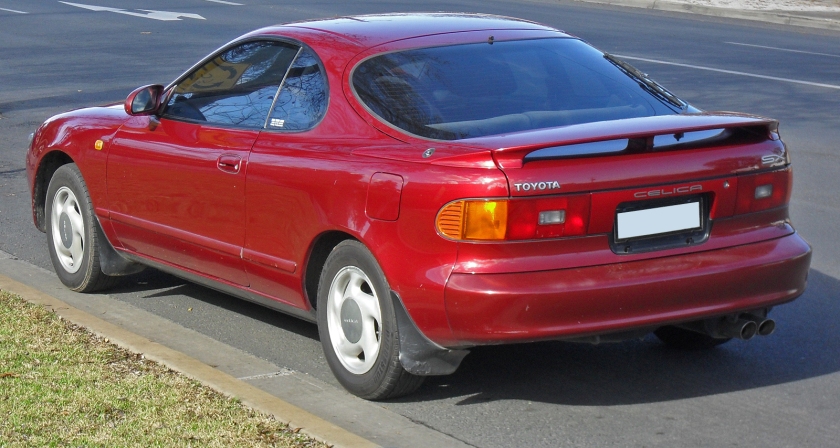
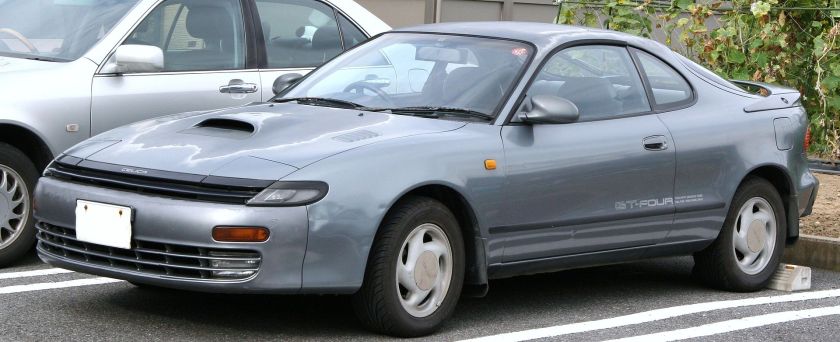
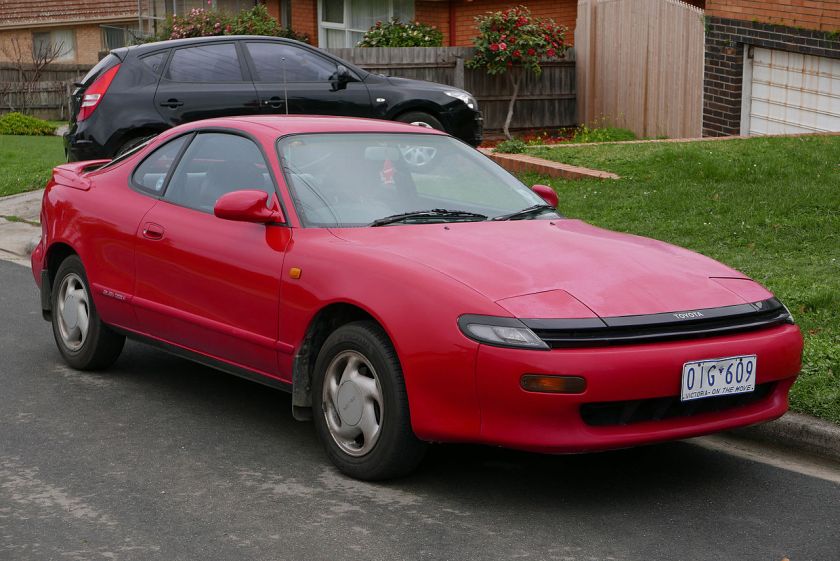
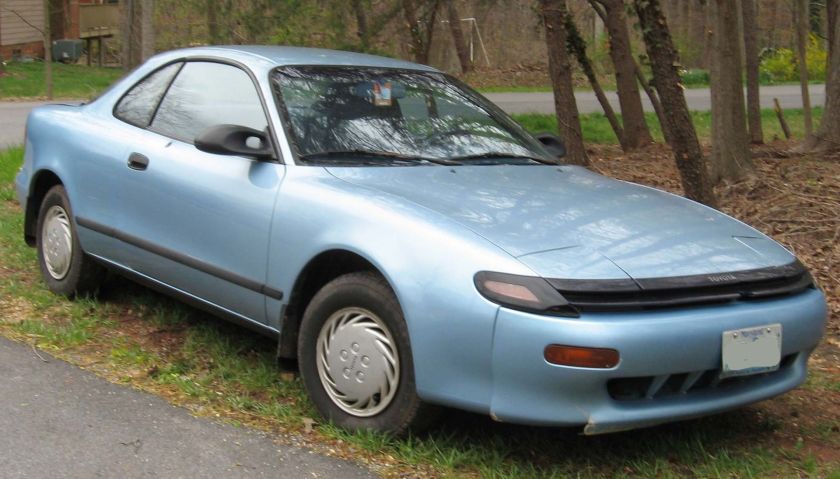
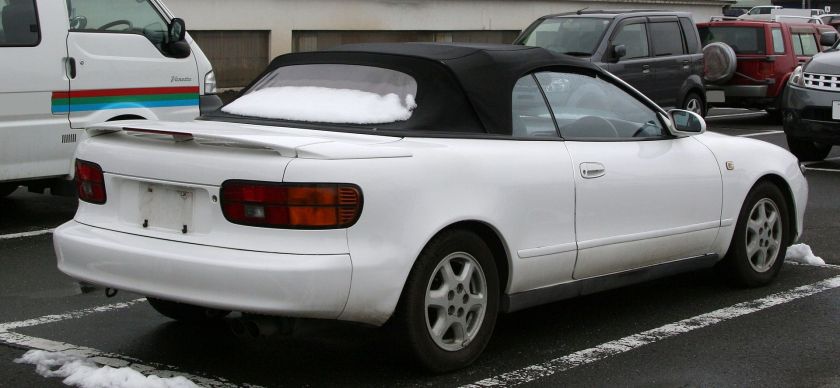
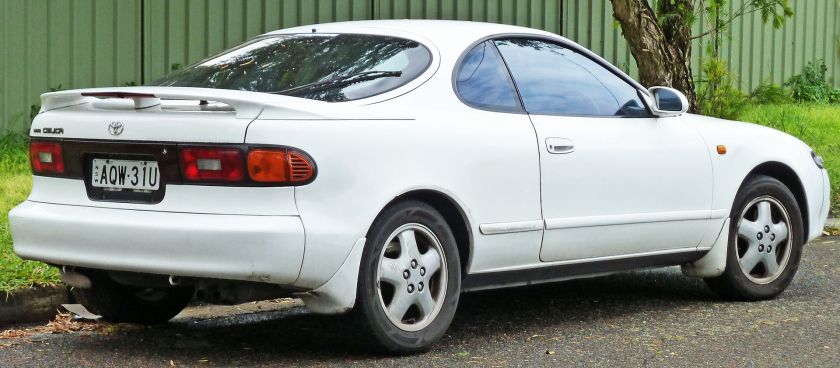
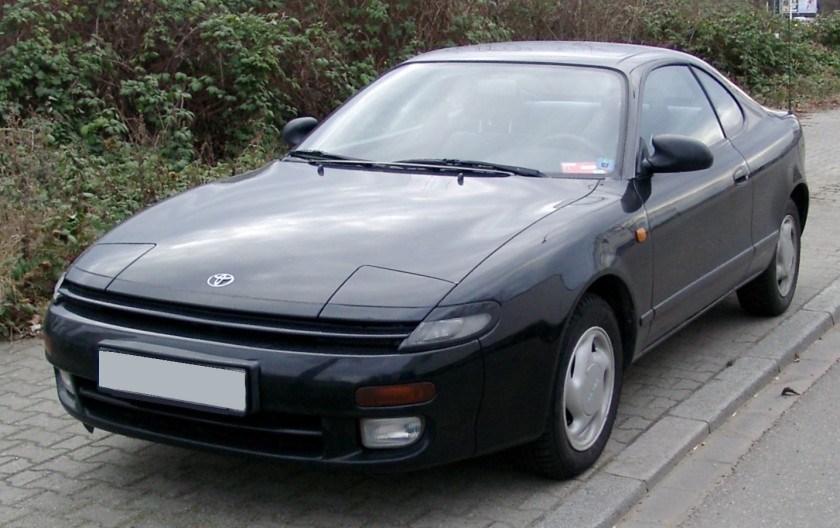

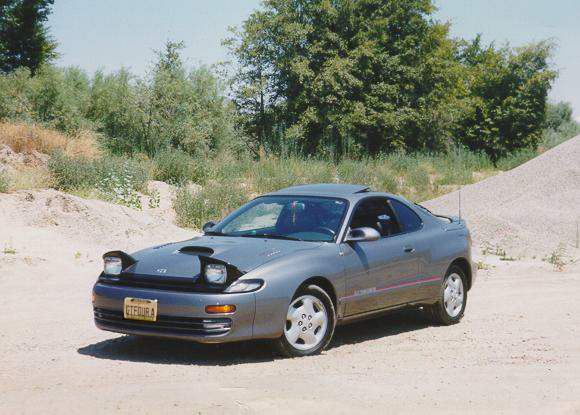
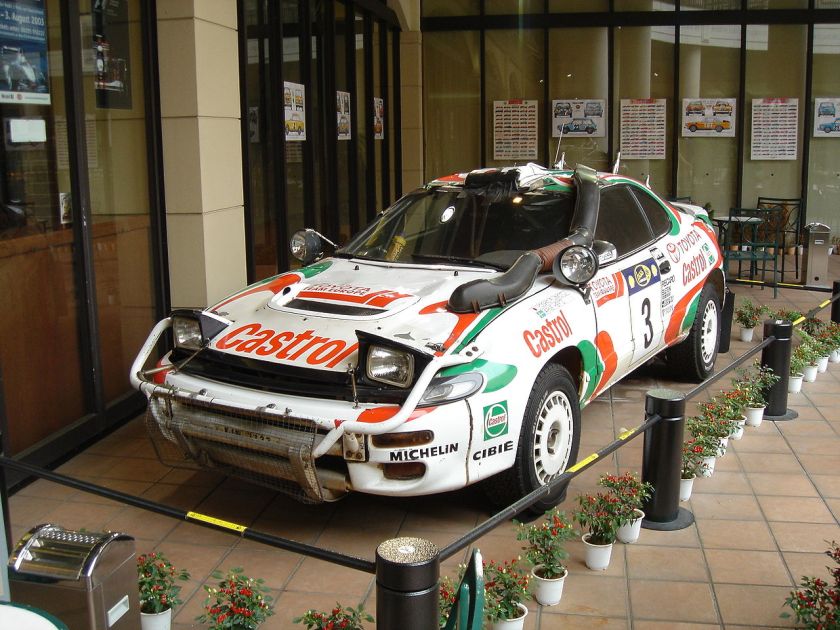
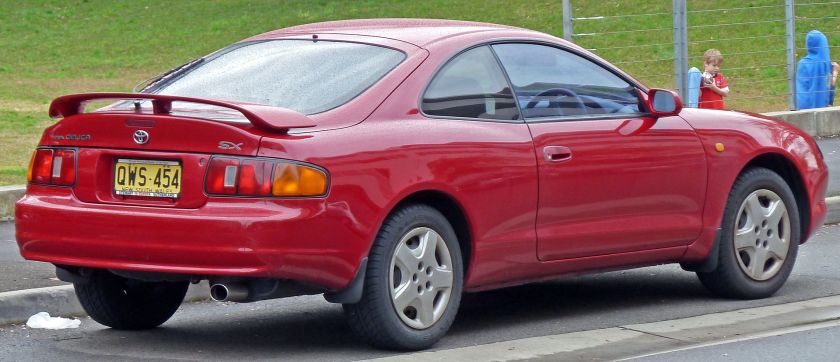
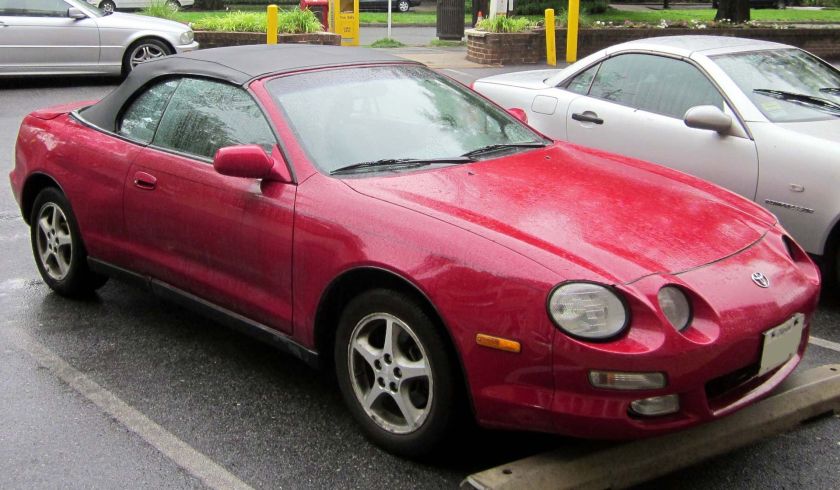
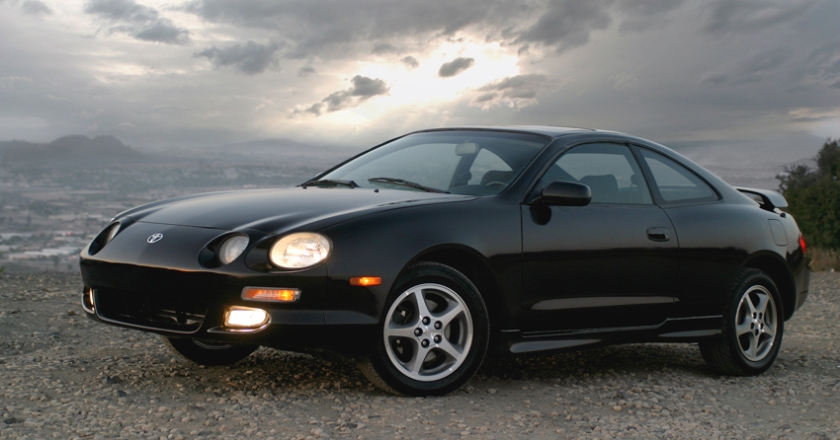
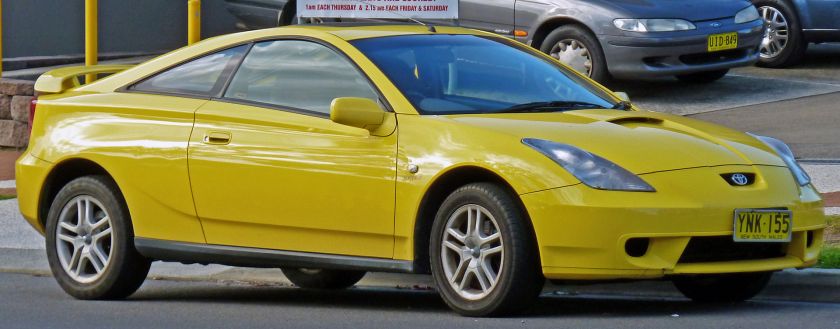
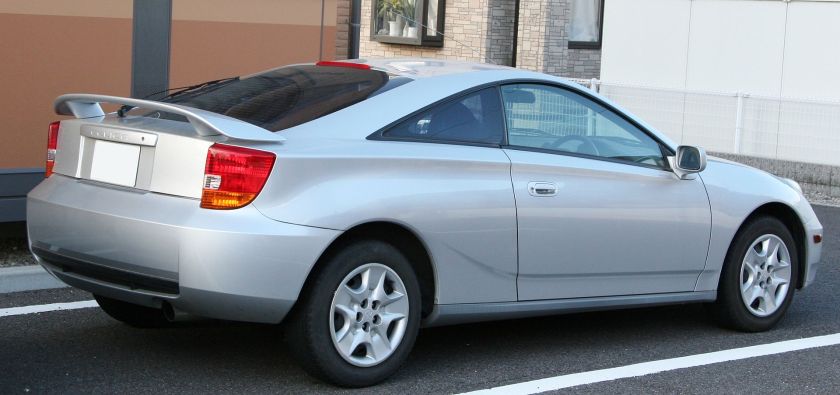
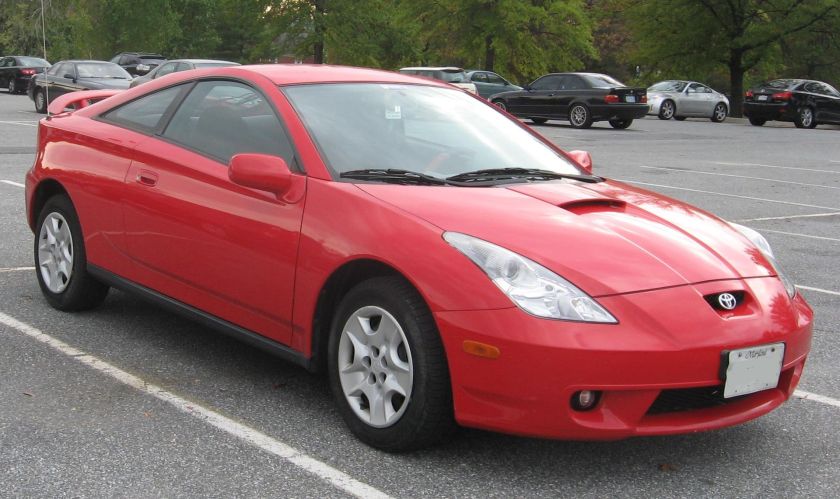
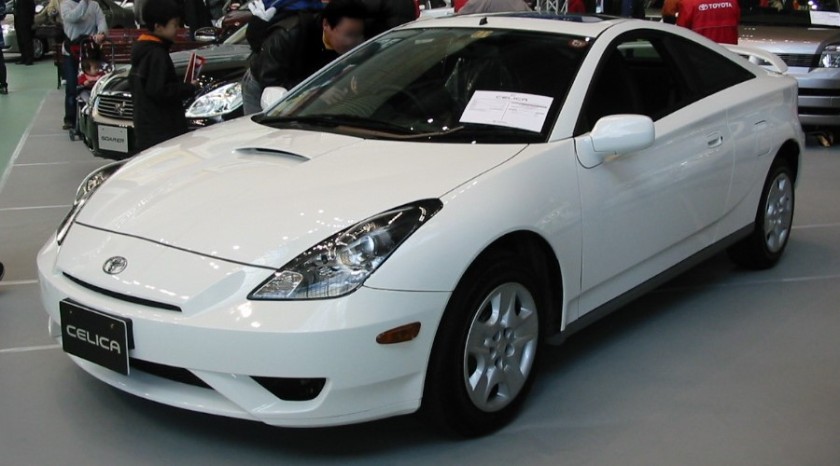
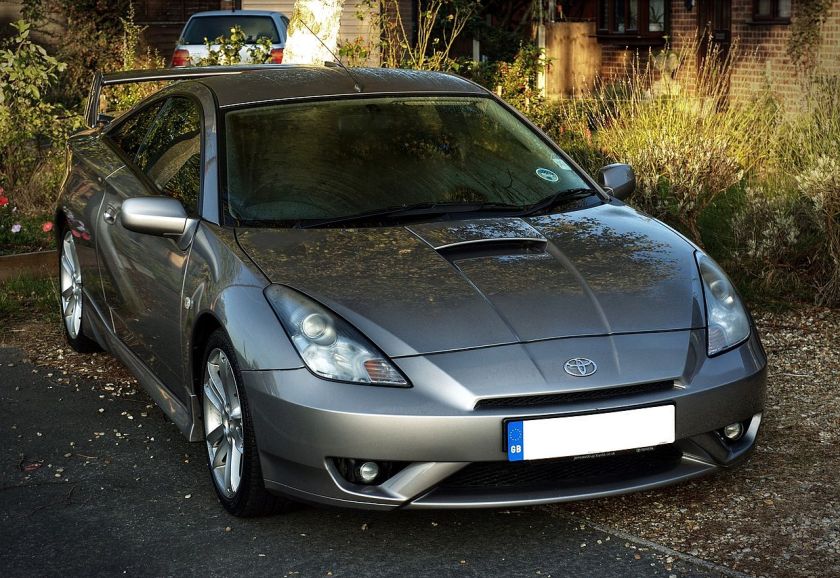
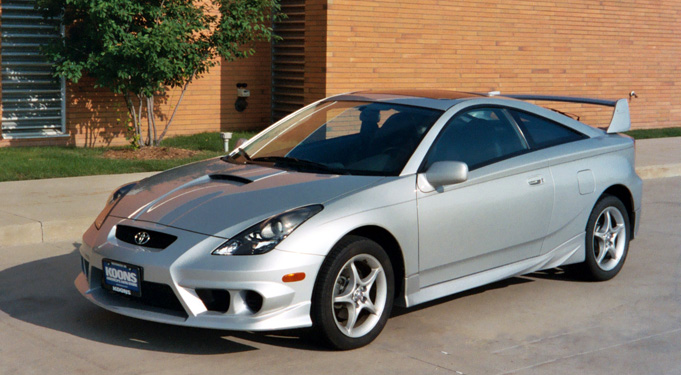
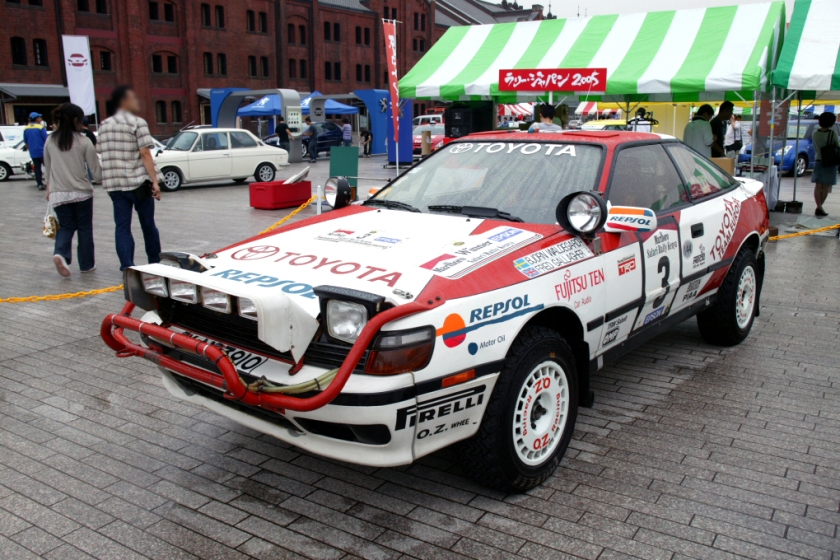 Toyota Celica (1970–2006)
Toyota Celica (1970–2006)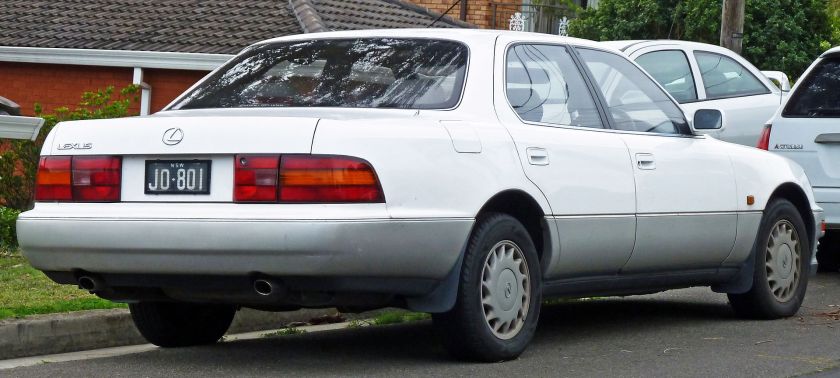
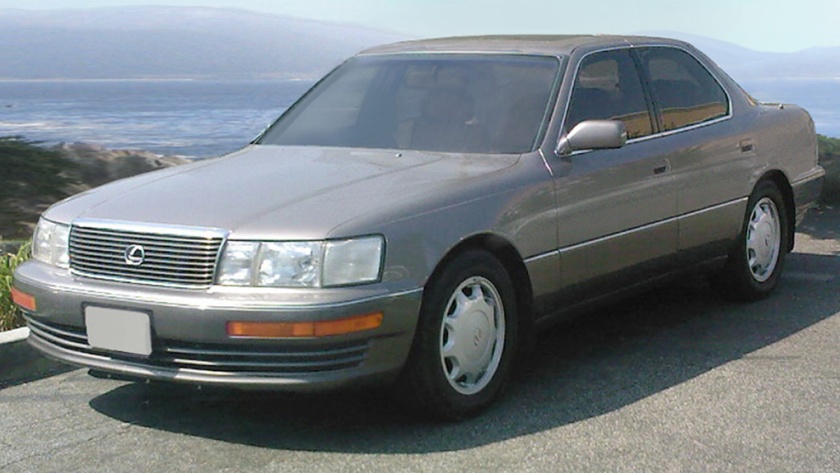
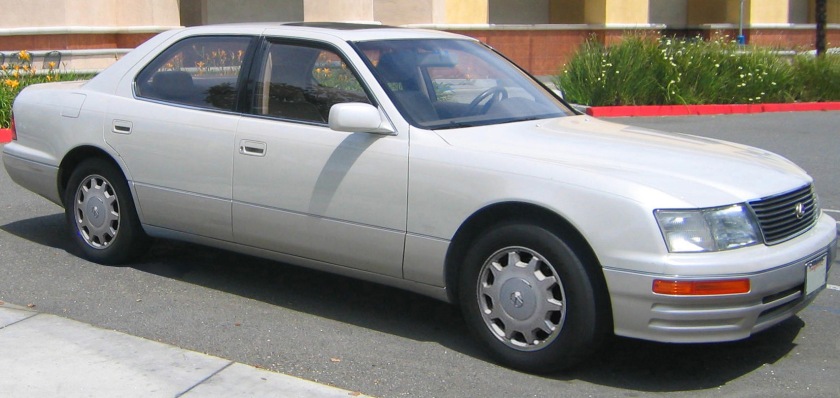
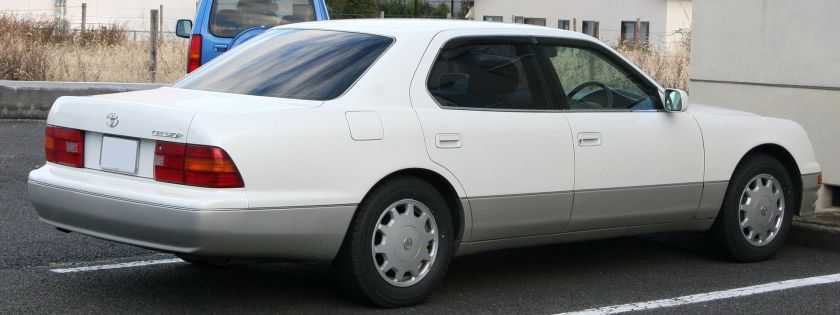
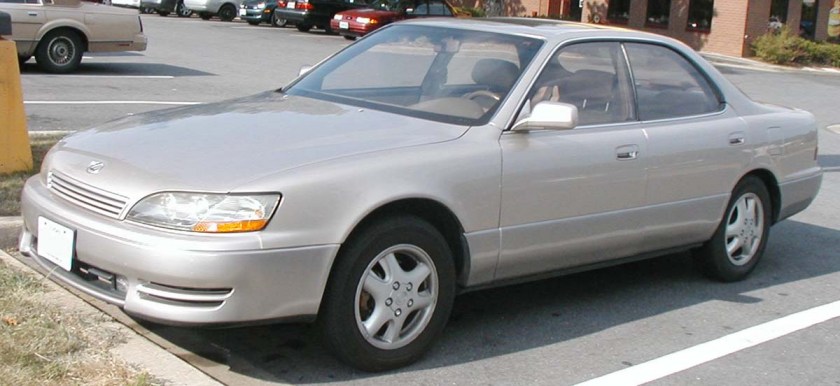
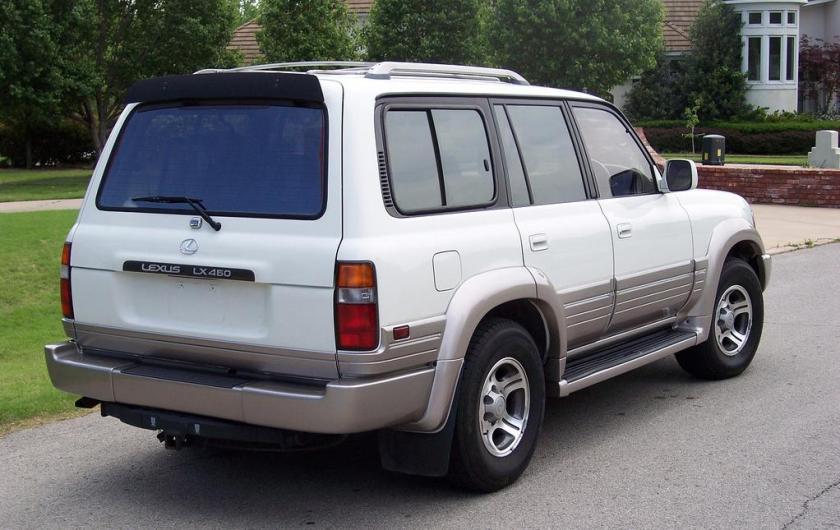
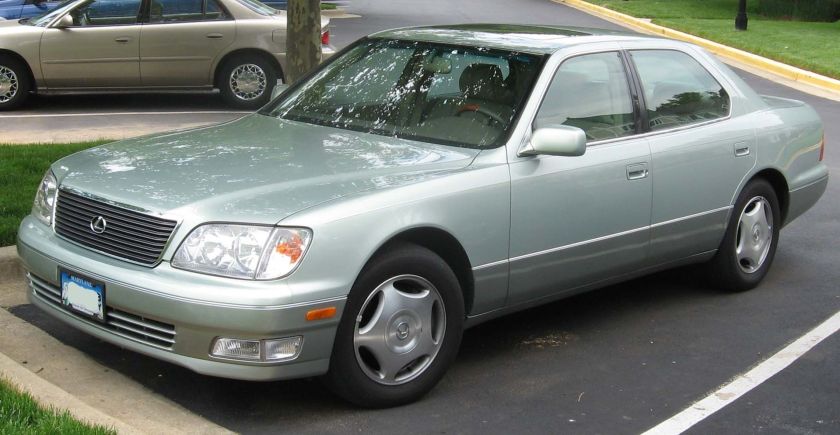
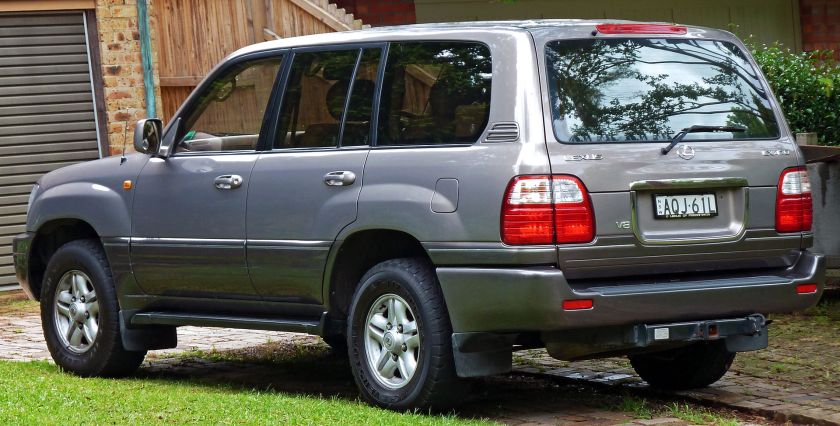
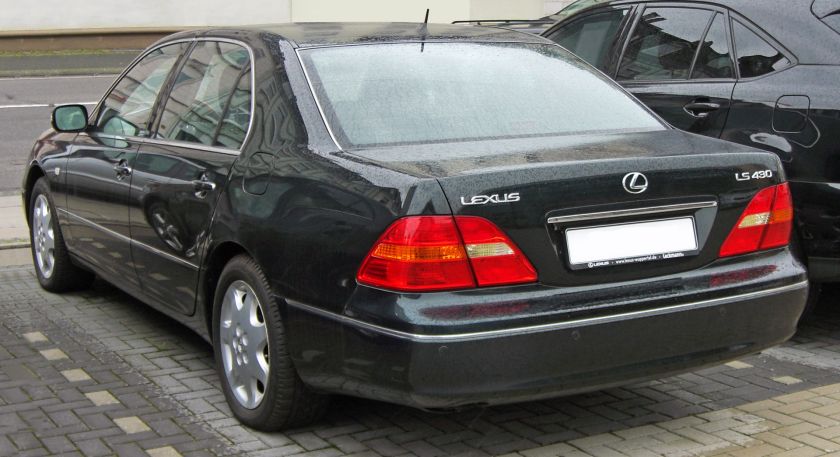
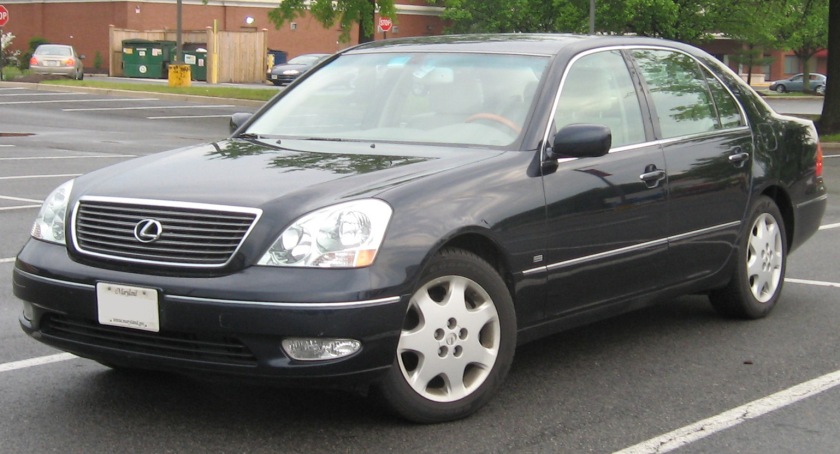
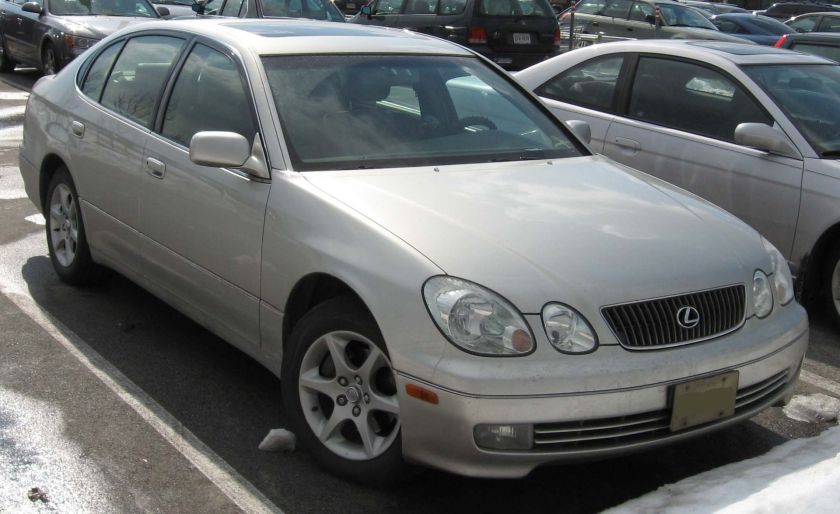
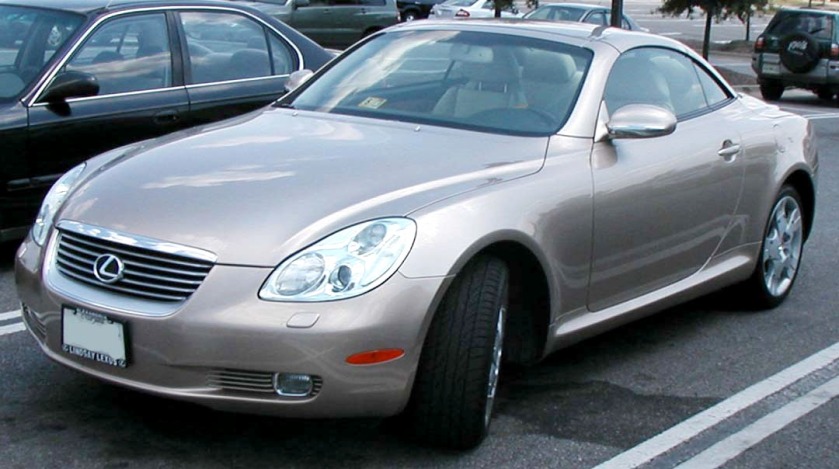
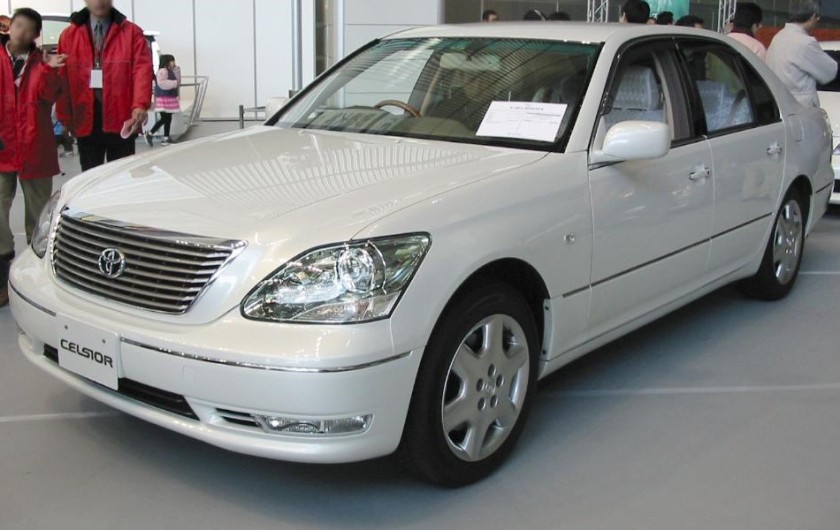
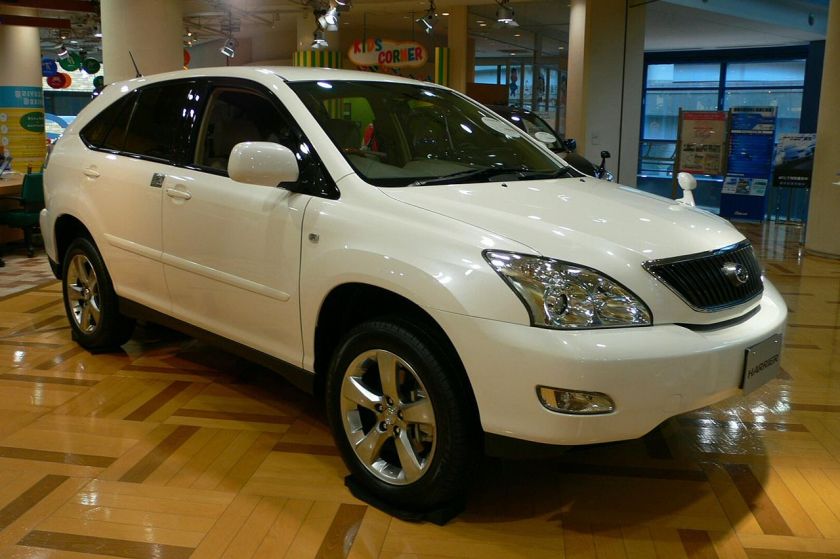
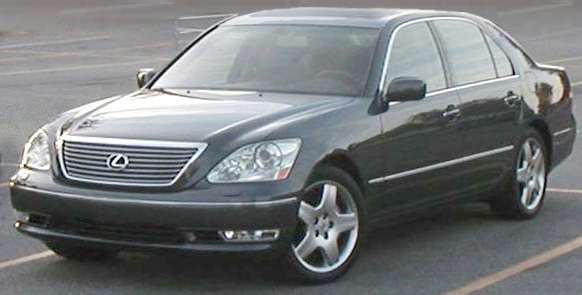
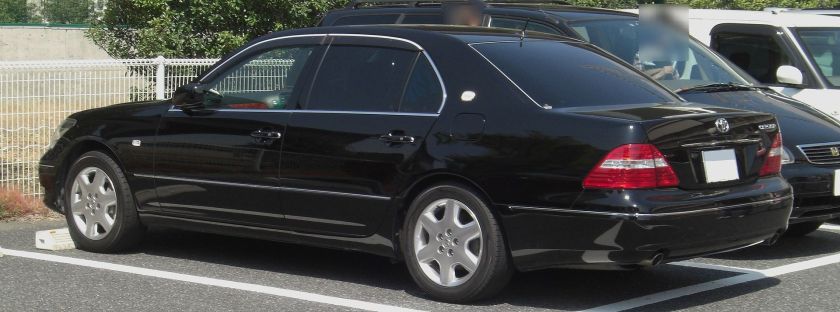
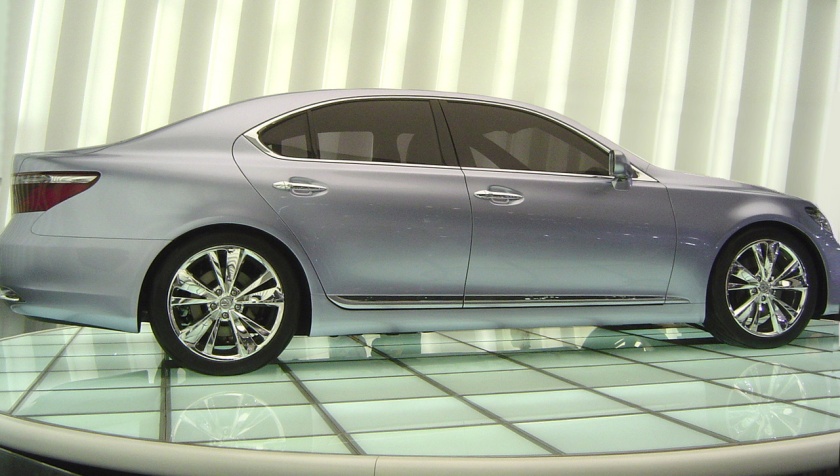
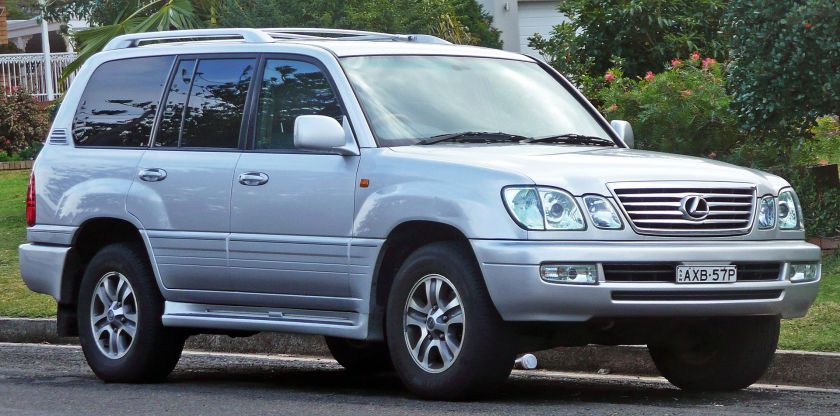
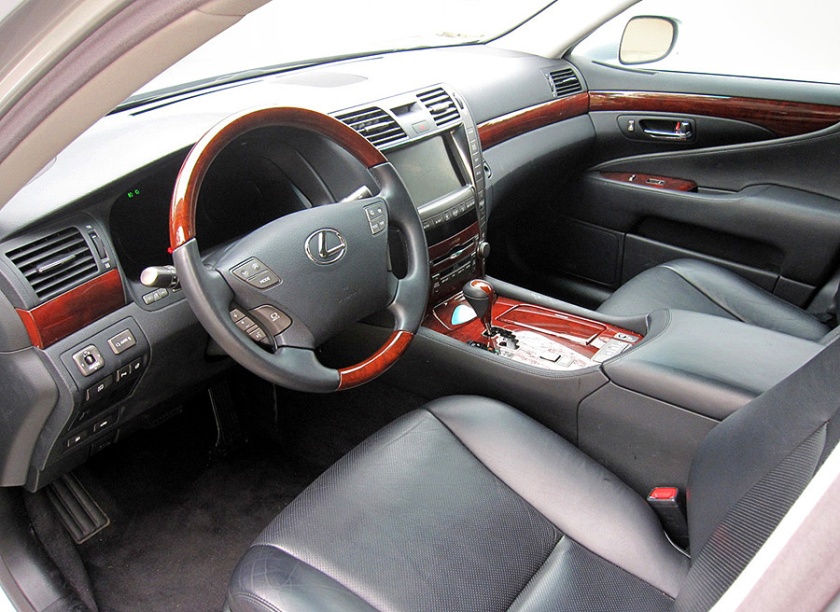
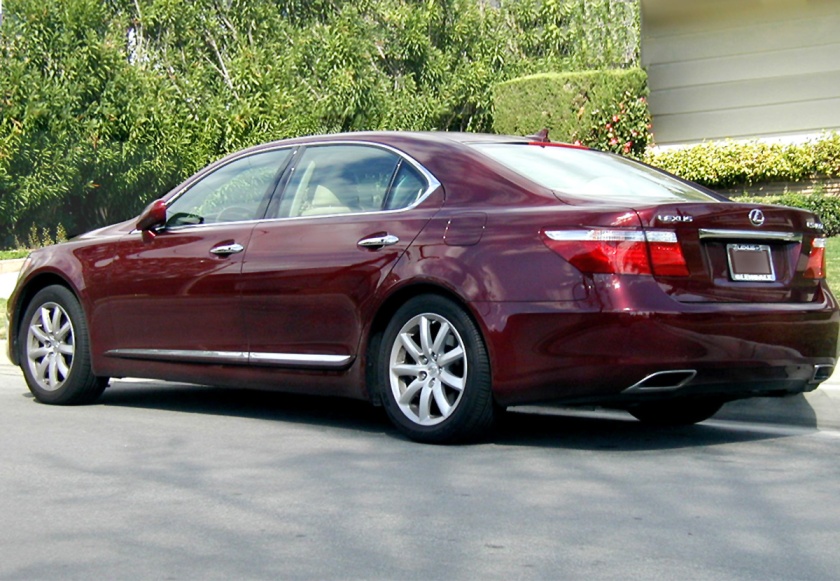
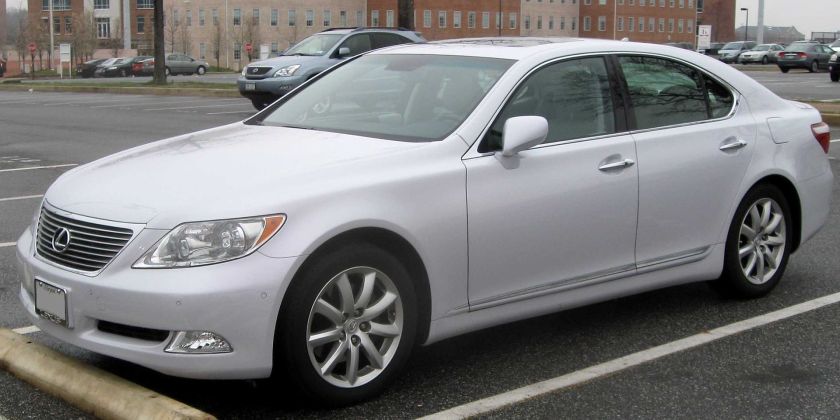
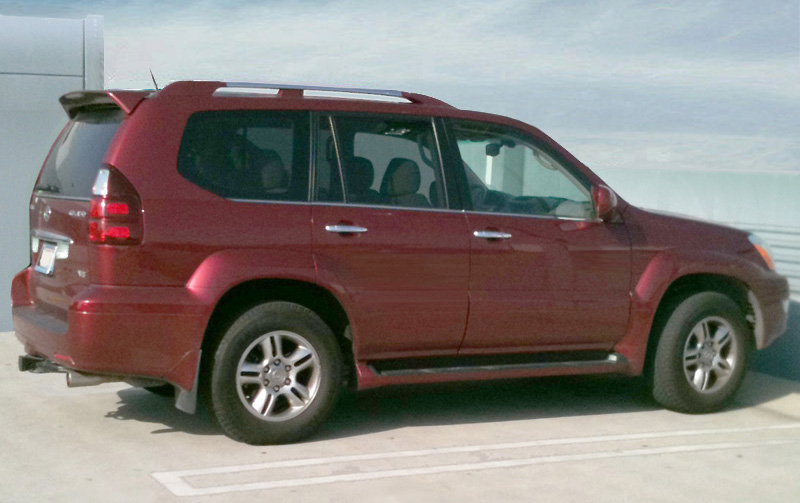
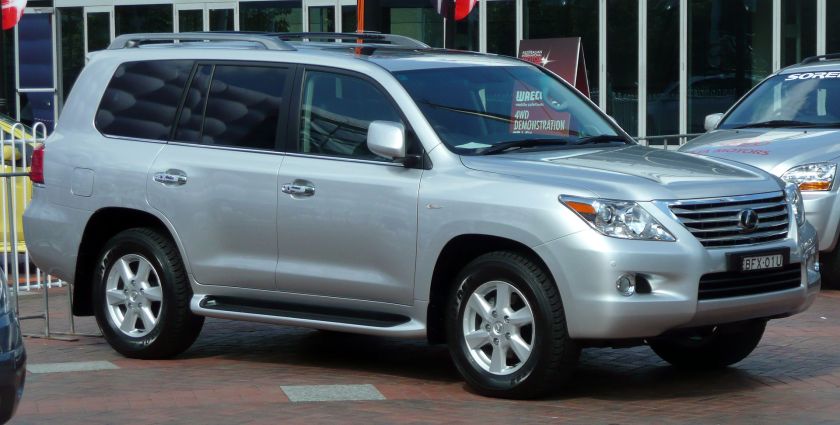
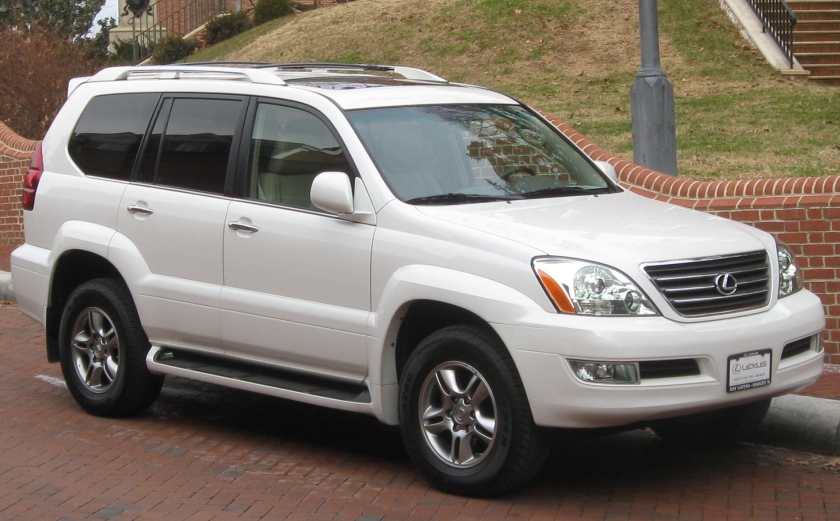
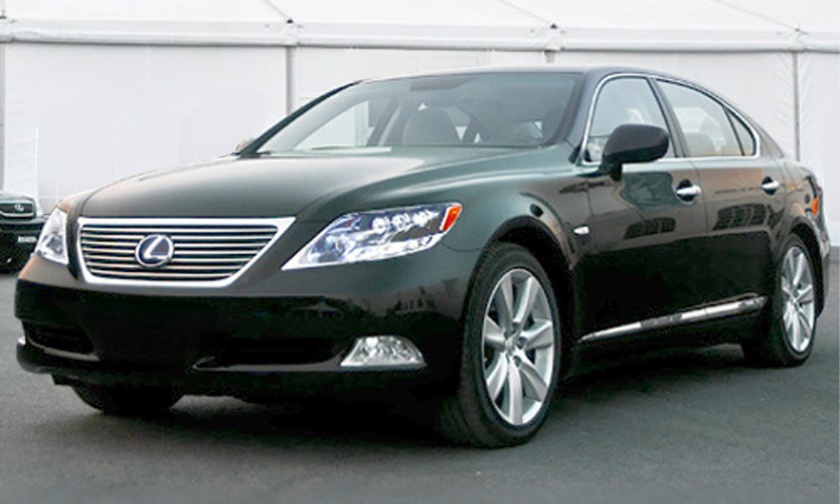
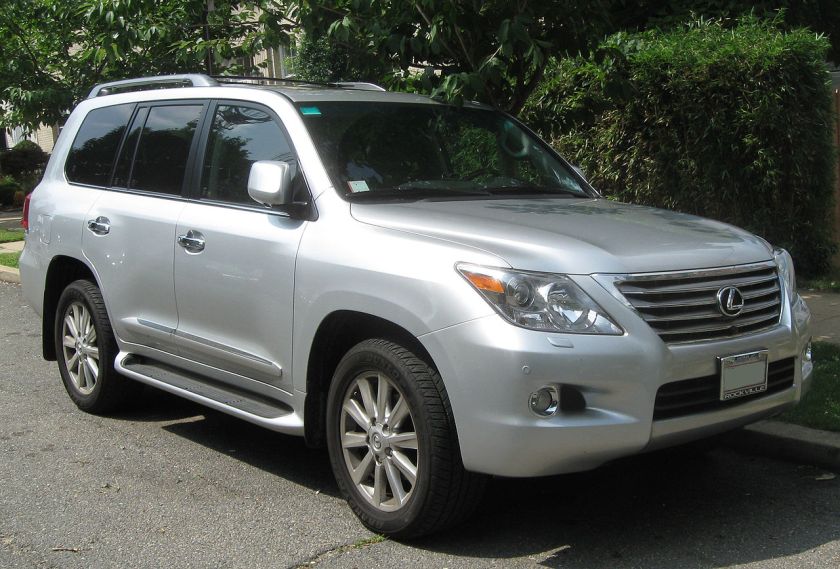
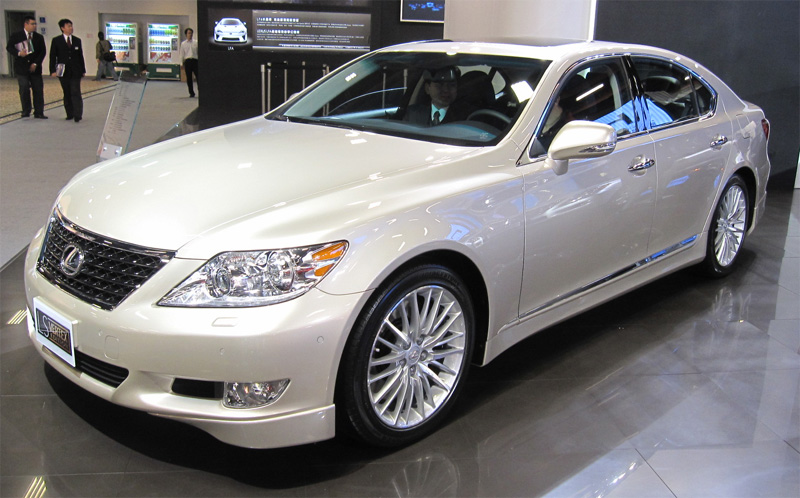
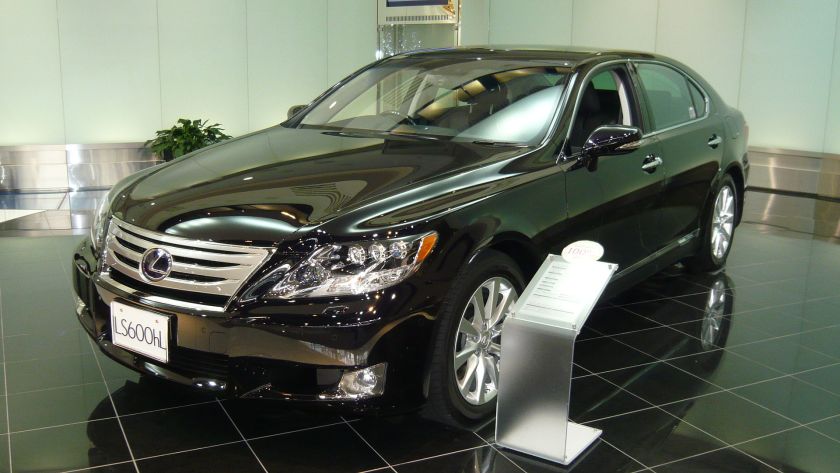
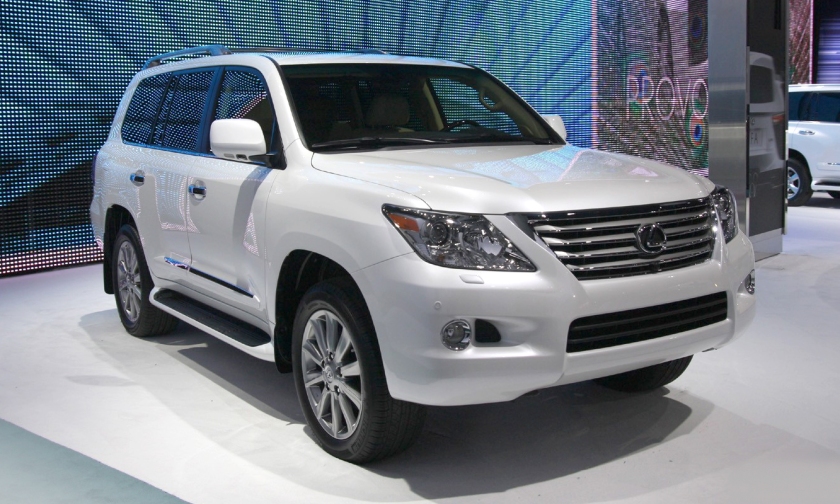
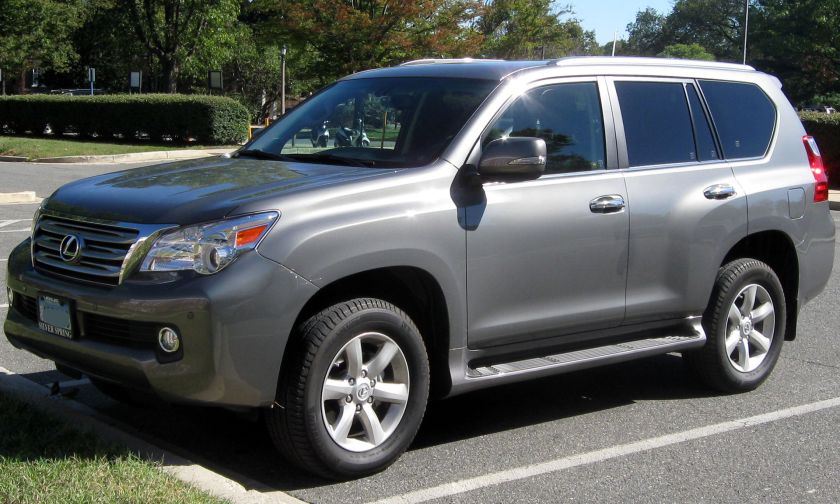
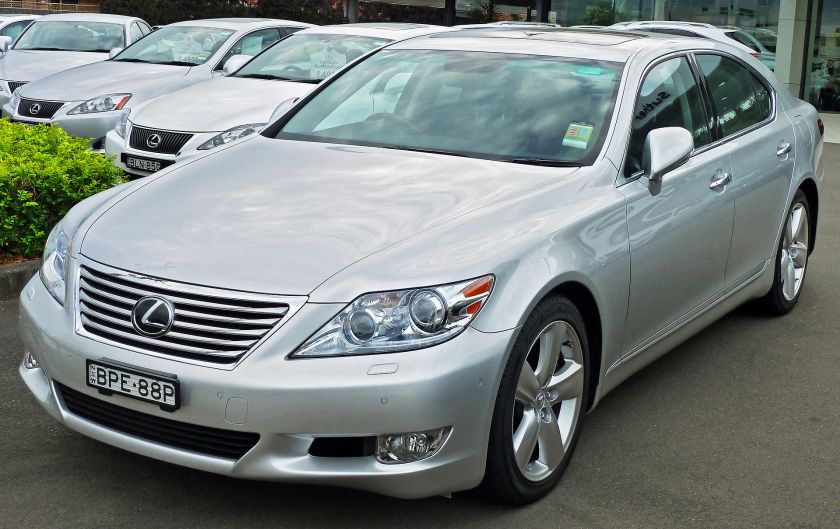
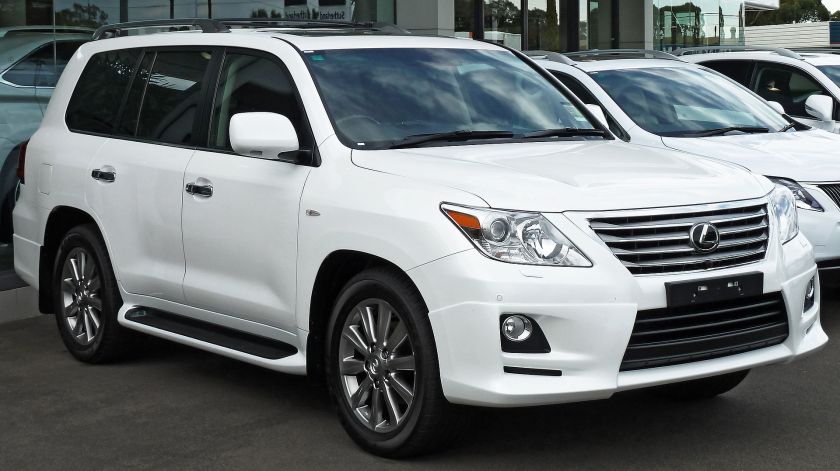
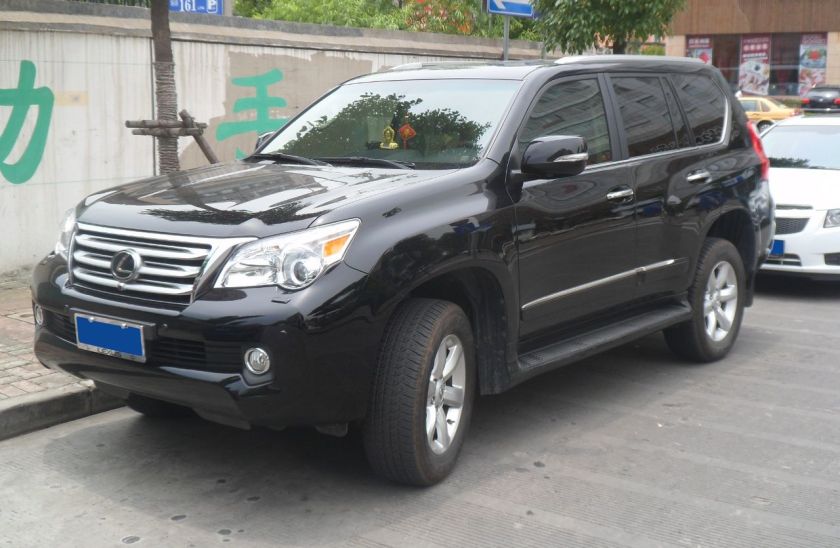
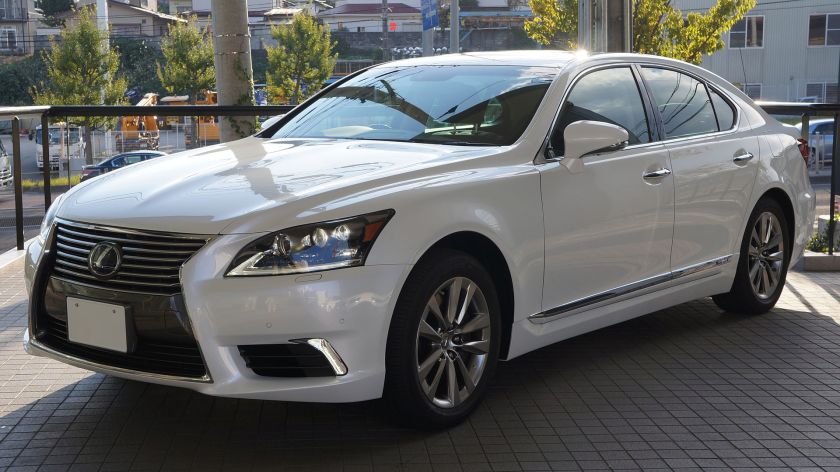
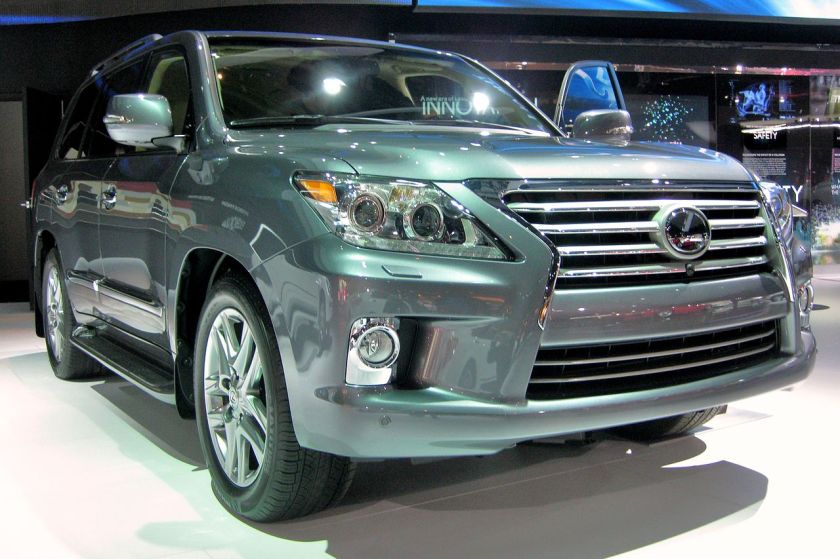
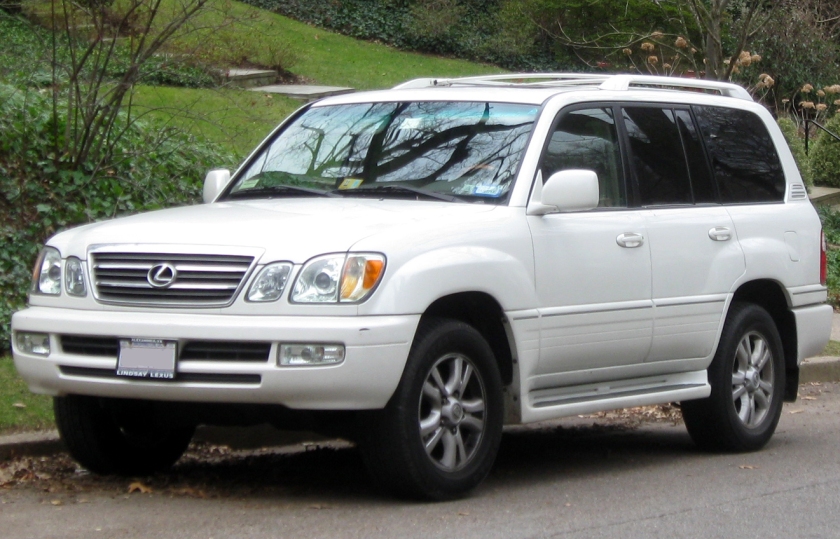
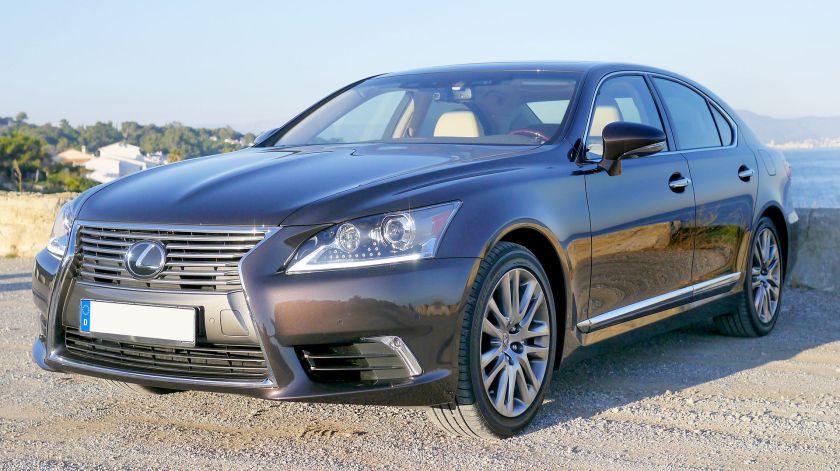
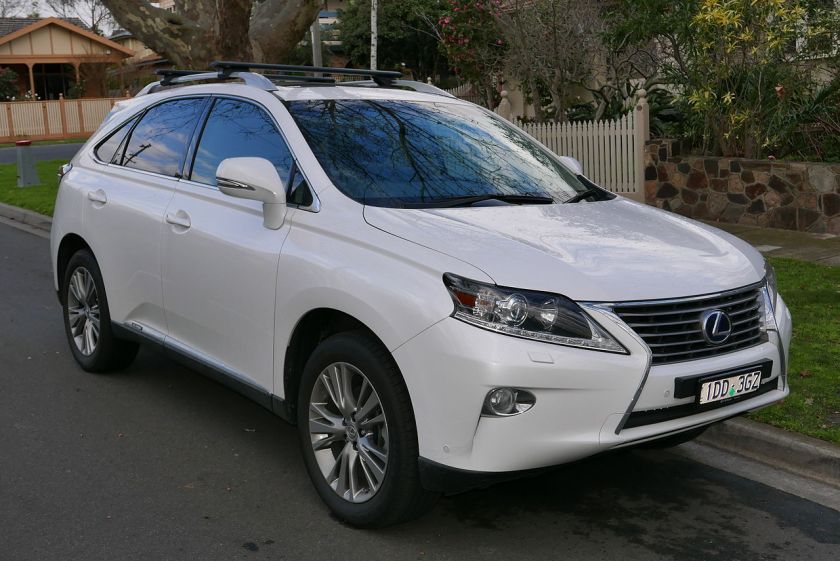
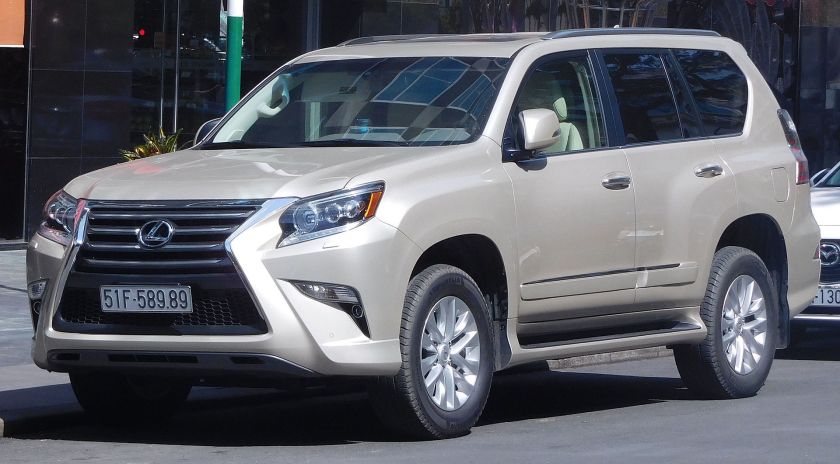
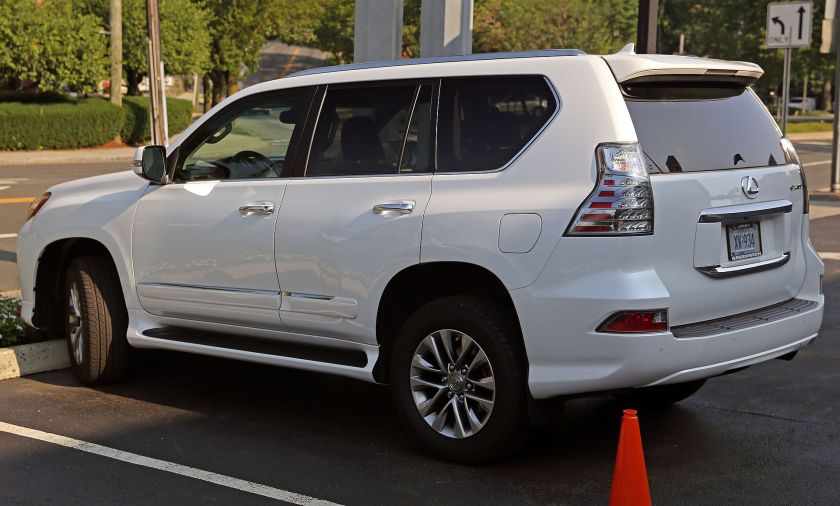
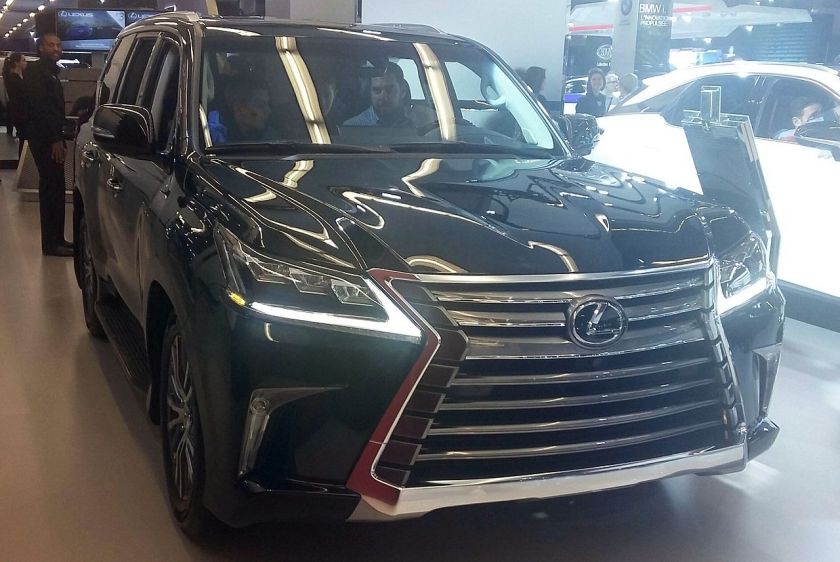
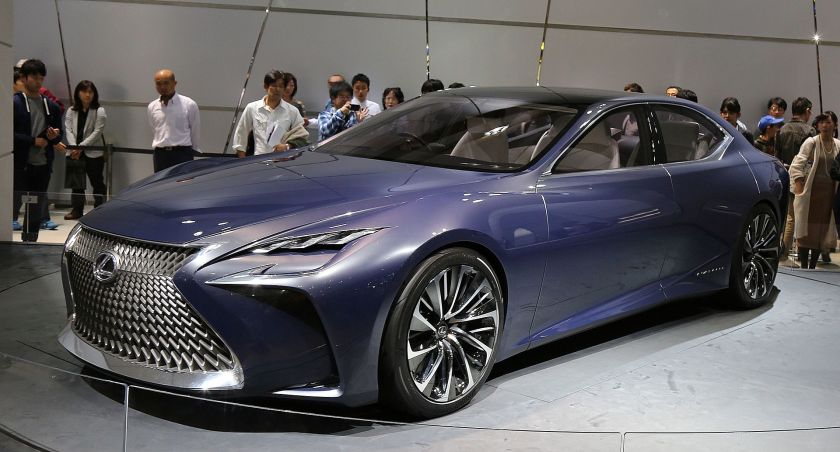
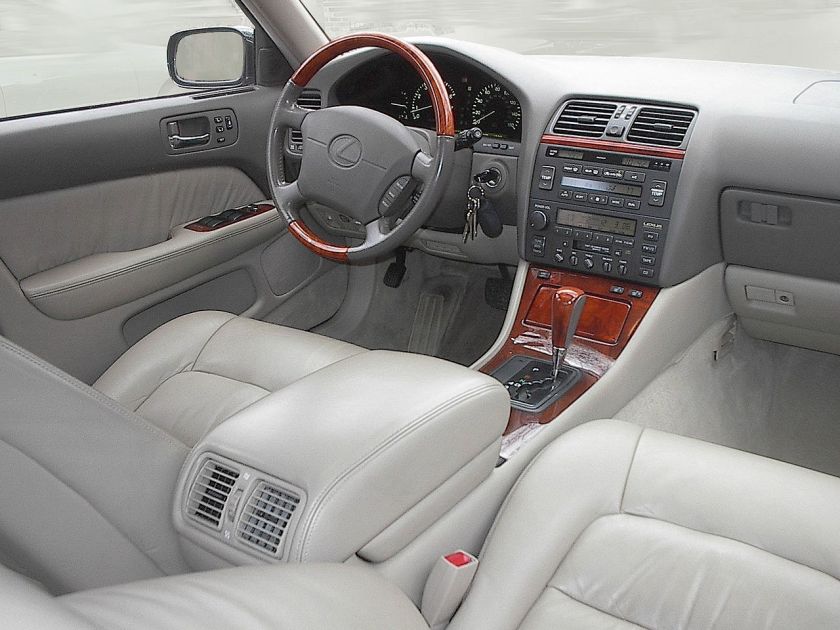
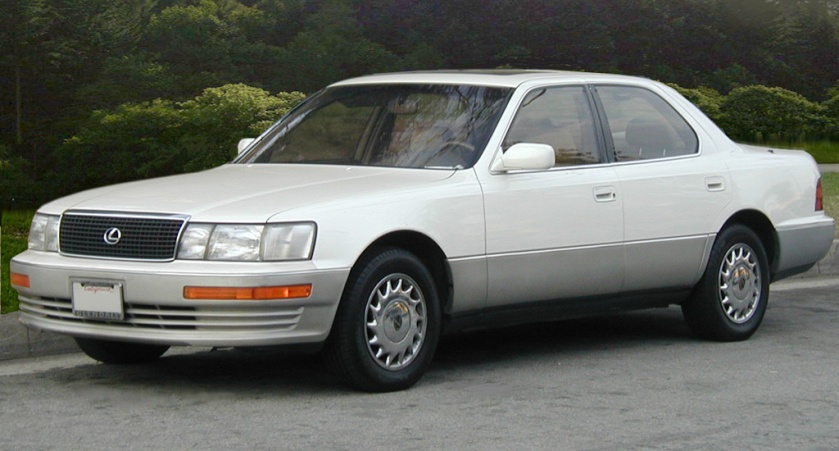
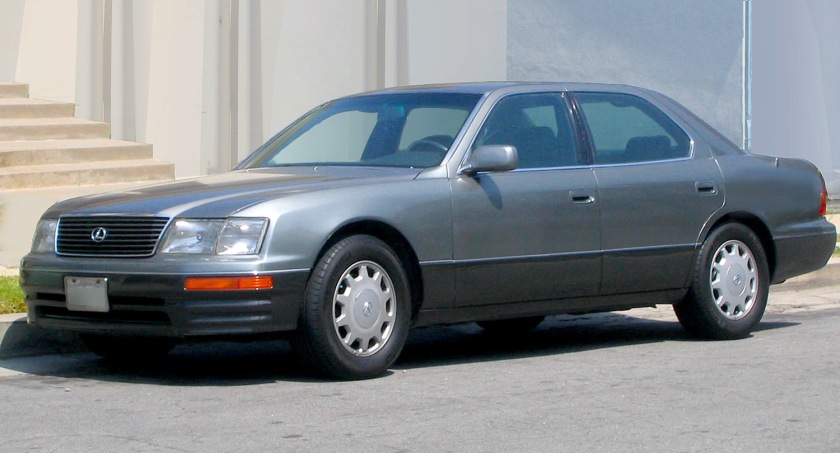
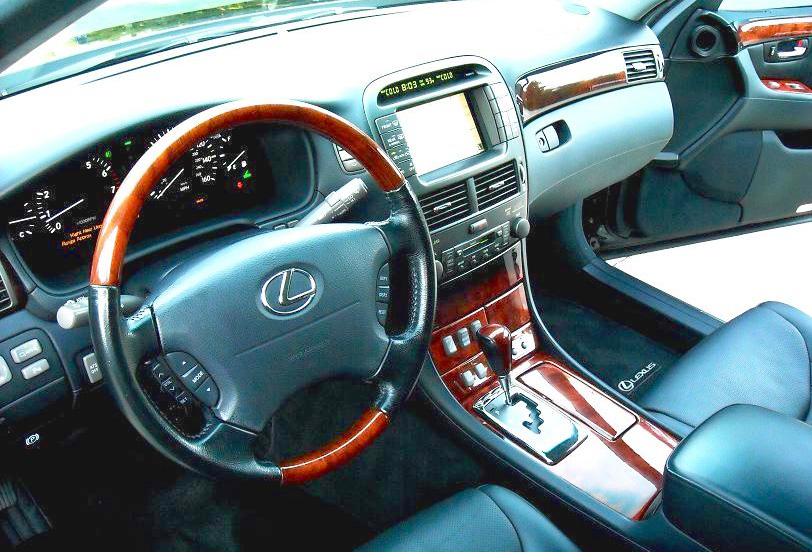
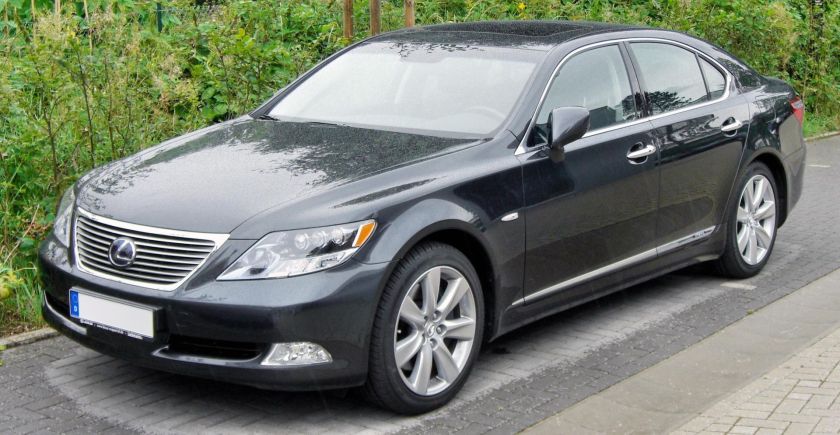
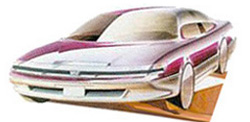
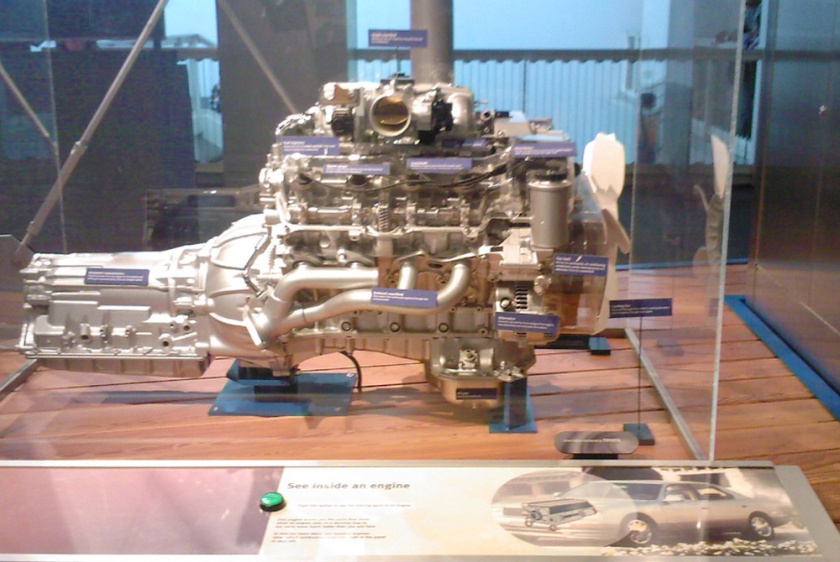 Toyota Celsior (1989–2005, also sold as the Lexus LS)
Toyota Celsior (1989–2005, also sold as the Lexus LS)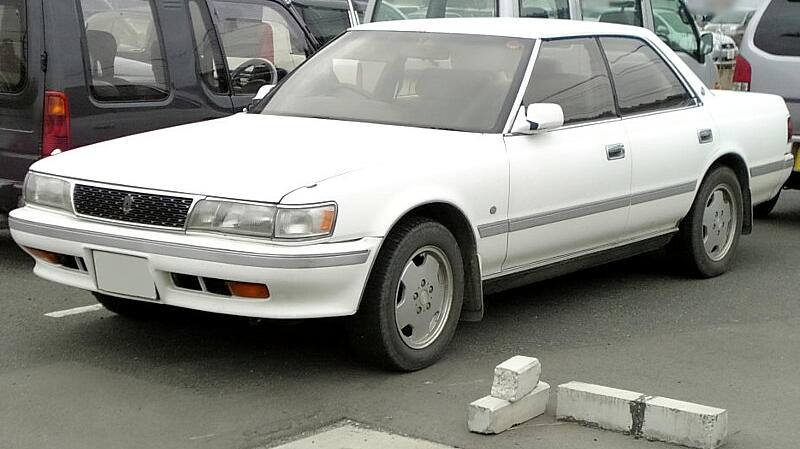
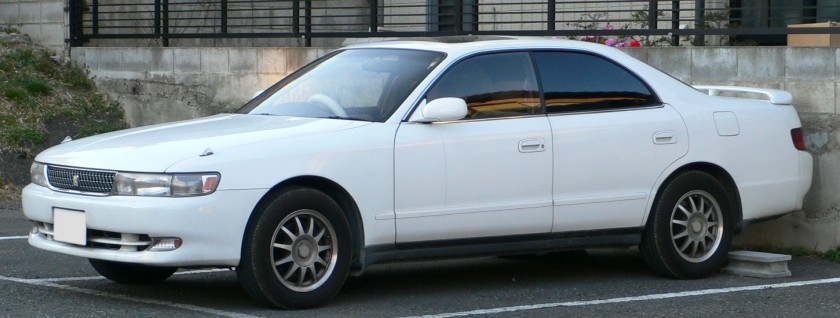
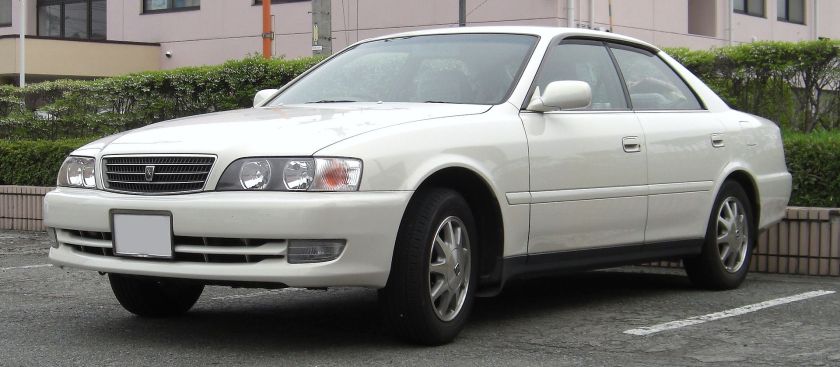
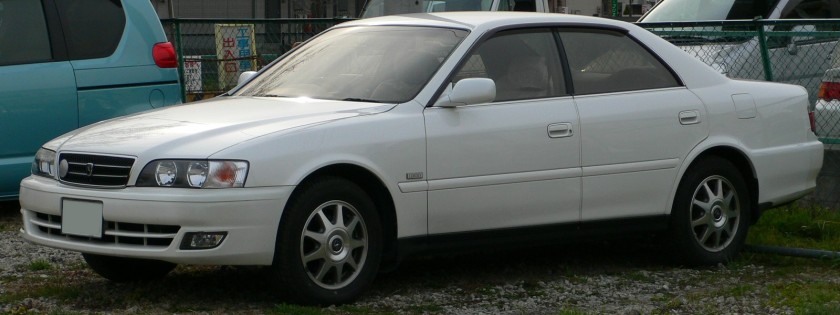
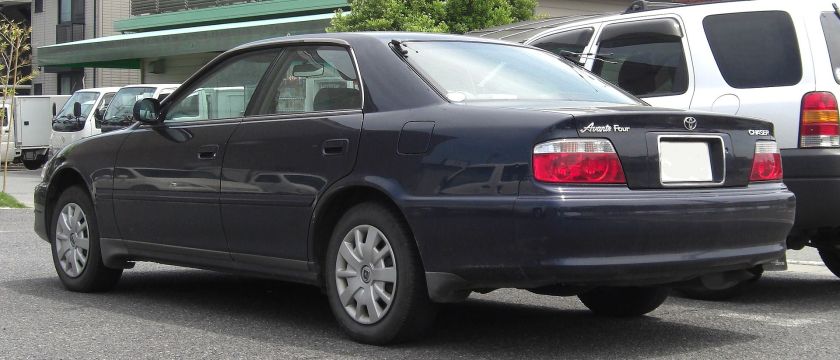
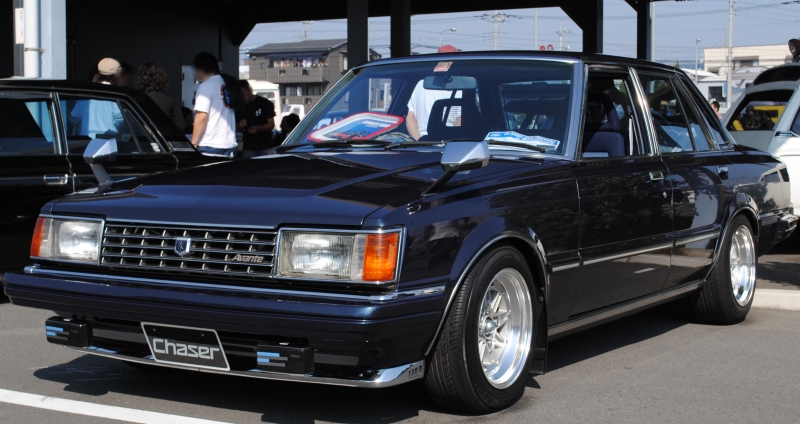
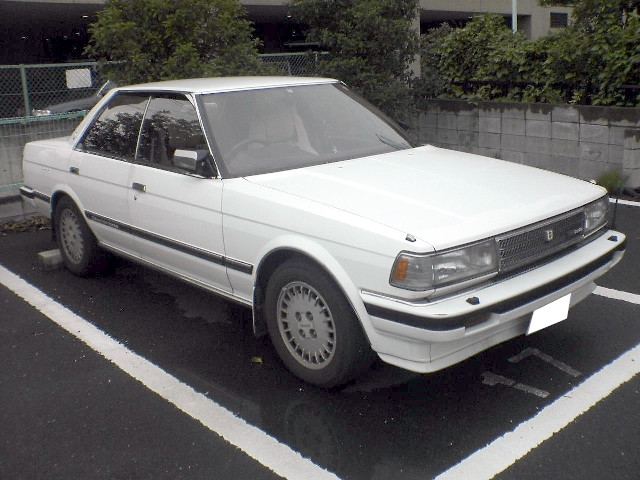 Toyota Chaser (1977–2000)
Toyota Chaser (1977–2000)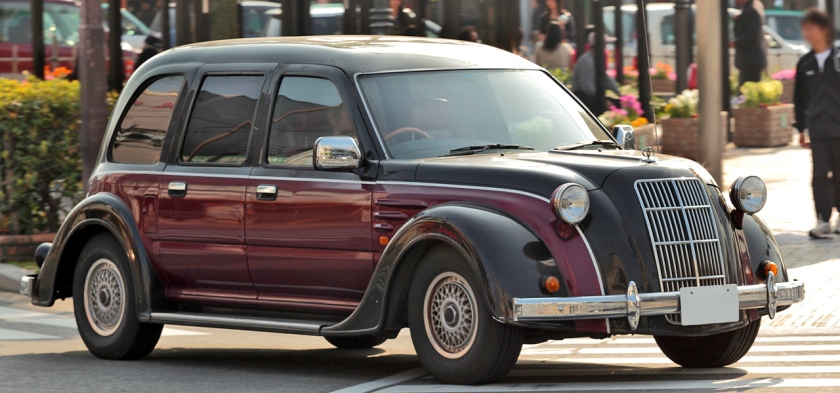
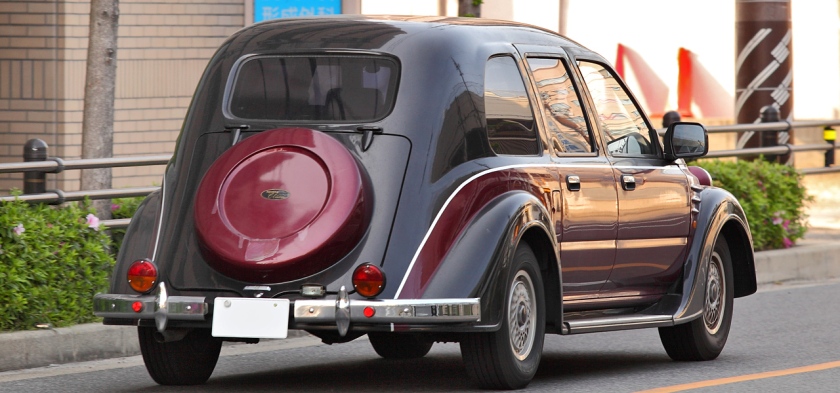 Toyota Classic (1996)
Toyota Classic (1996)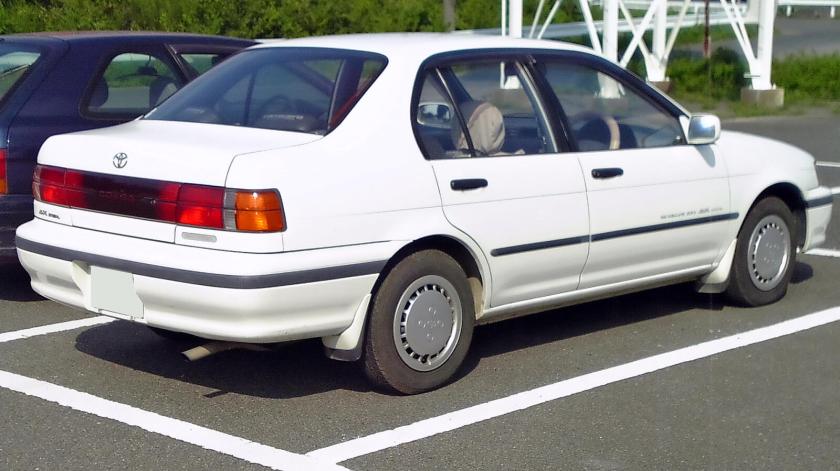
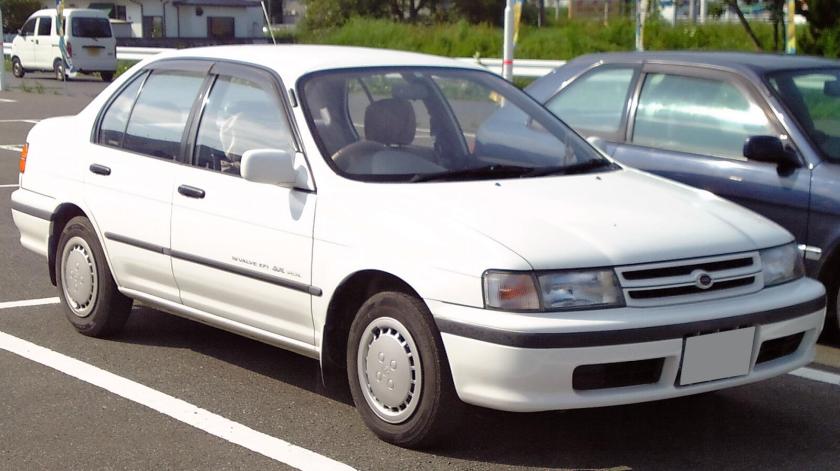
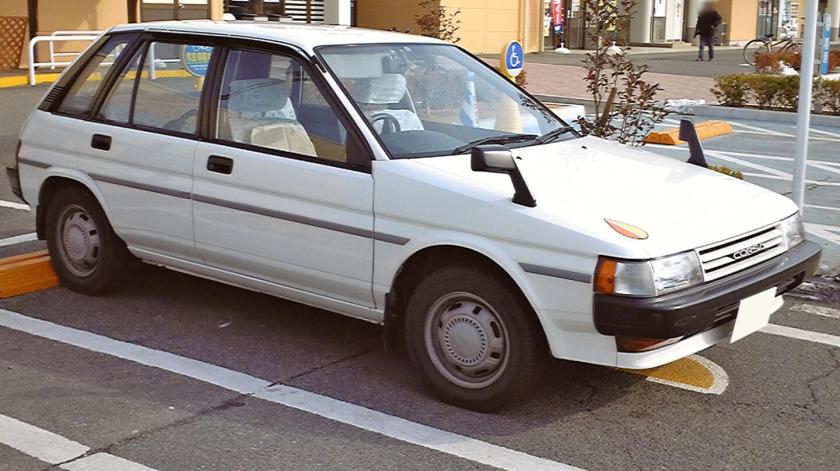
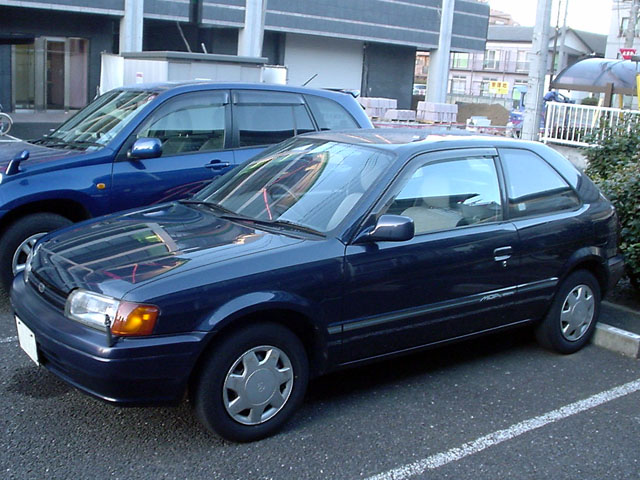 Toyota Corsa (1978–1999)
Toyota Corsa (1978–1999)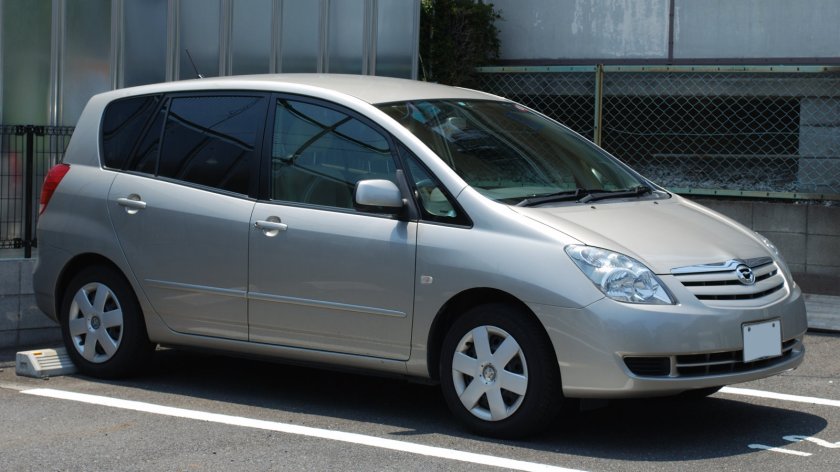
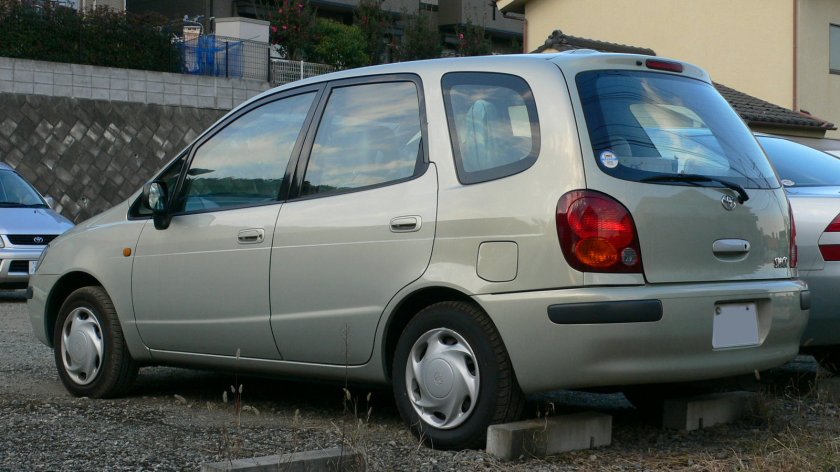 Toyota Corolla Spacio (1997–2005)
Toyota Corolla Spacio (1997–2005)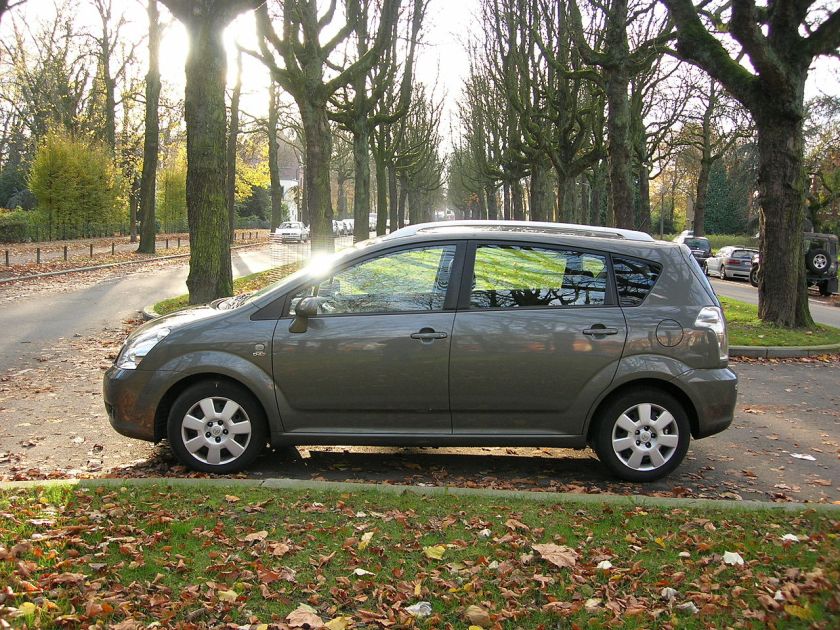
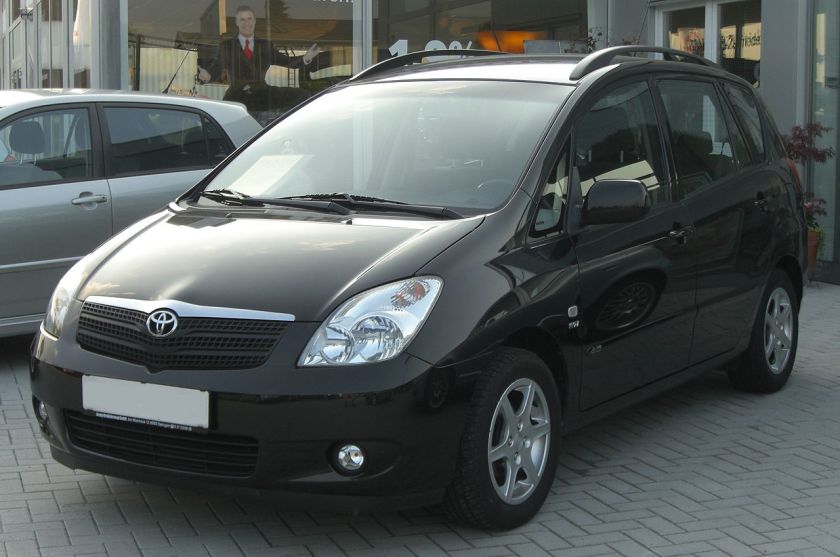
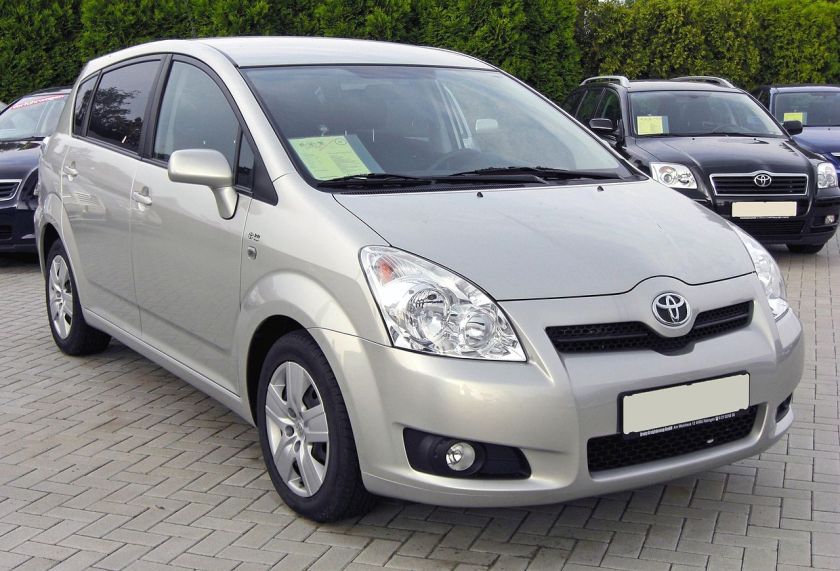
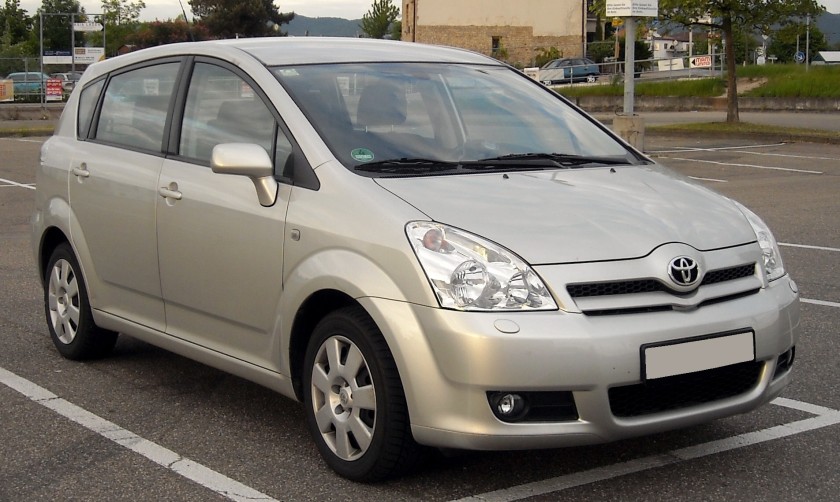 (1997–2009, sold as the Toyota Corolla Spacio in Japan)
(1997–2009, sold as the Toyota Corolla Spacio in Japan)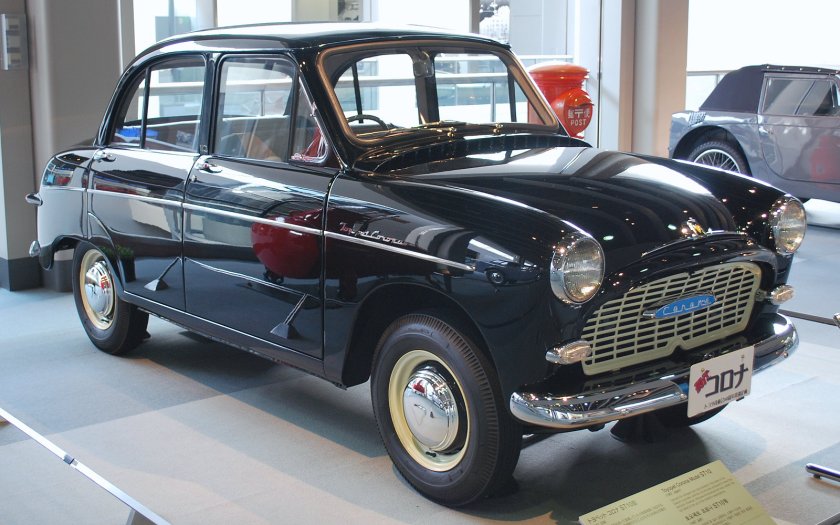

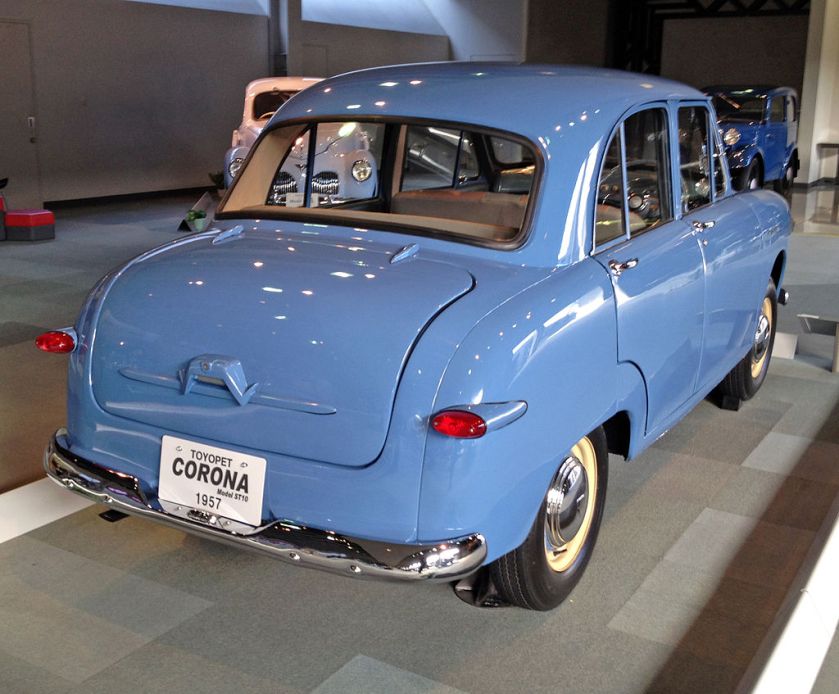
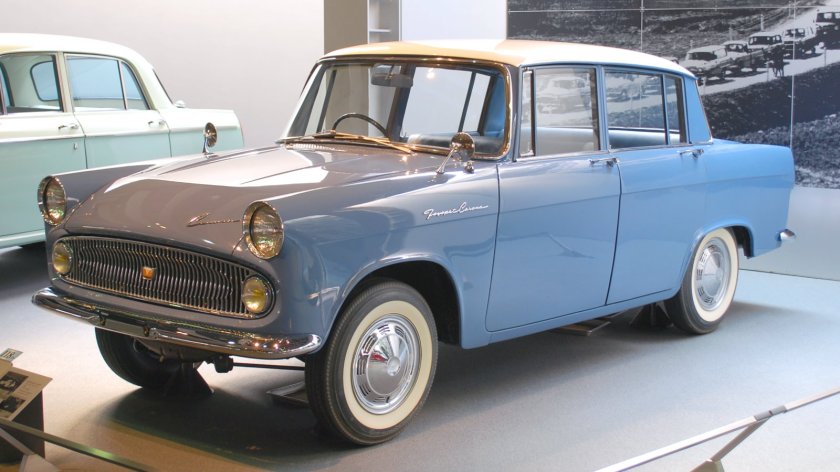
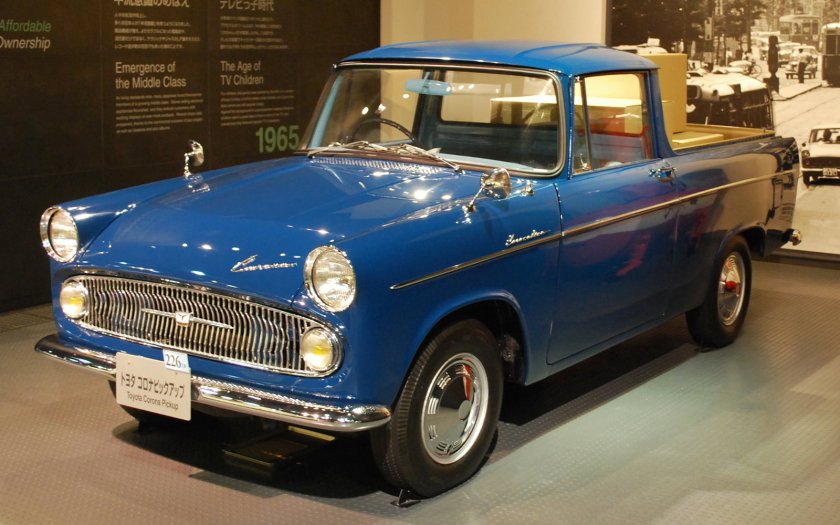
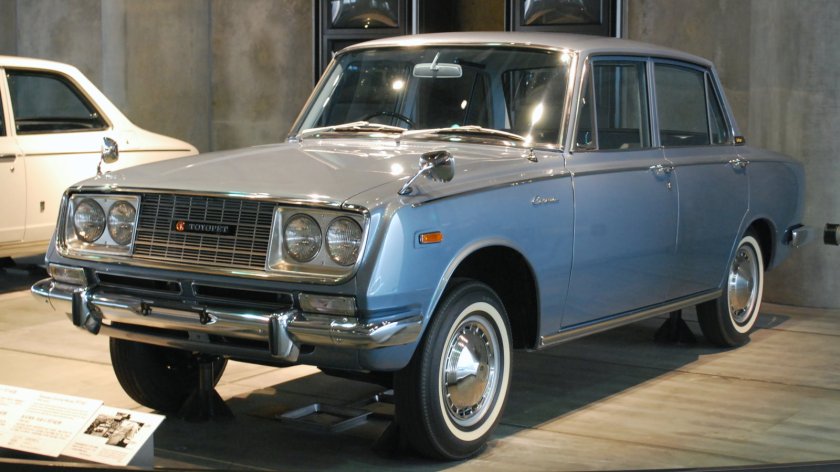
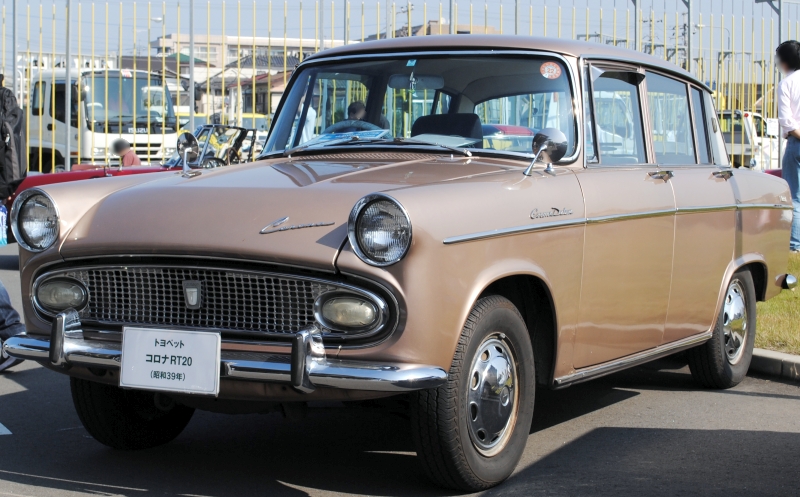
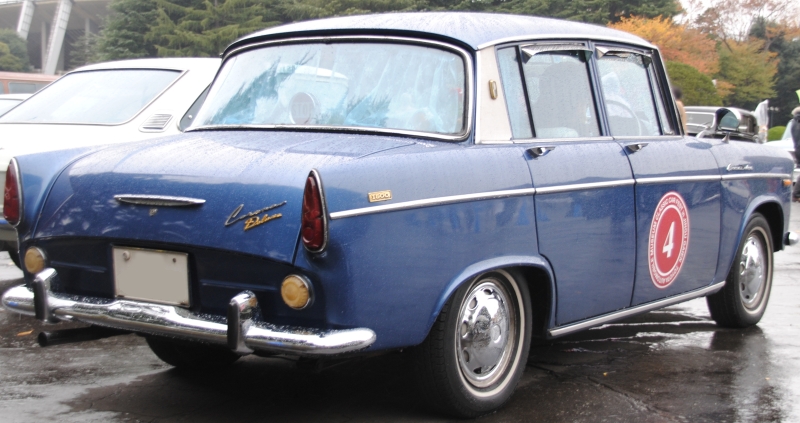
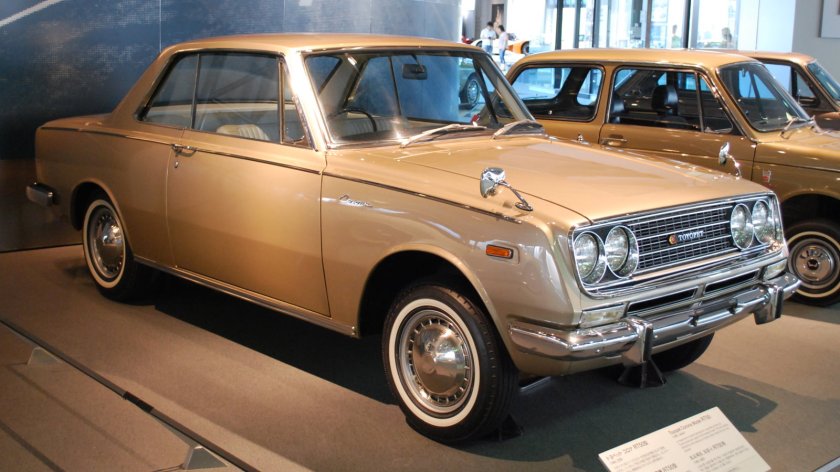
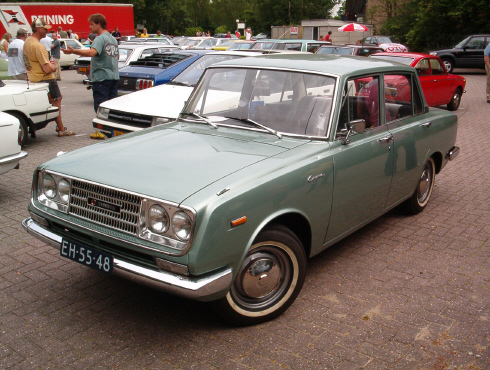
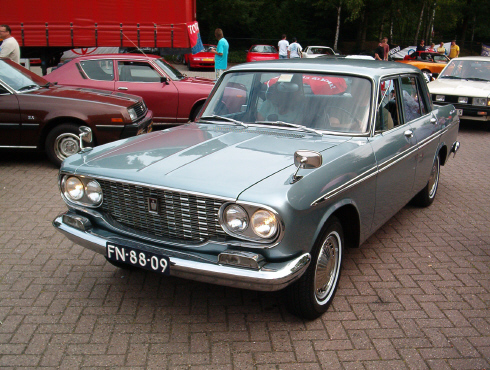
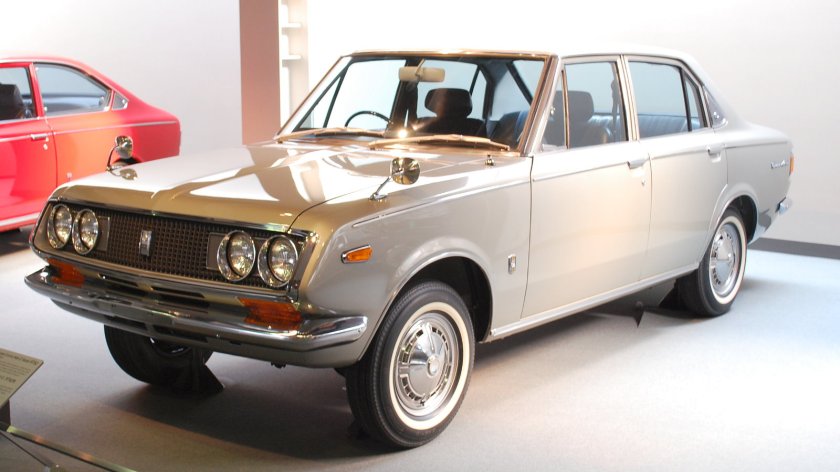
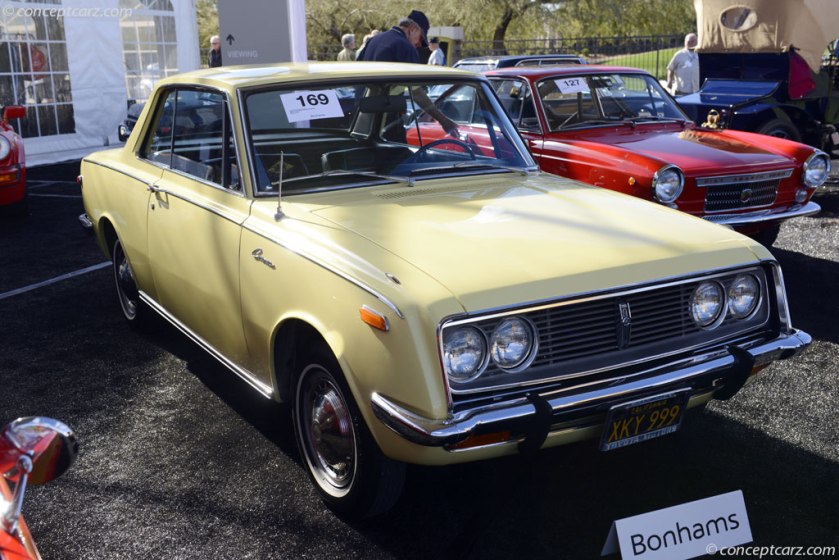
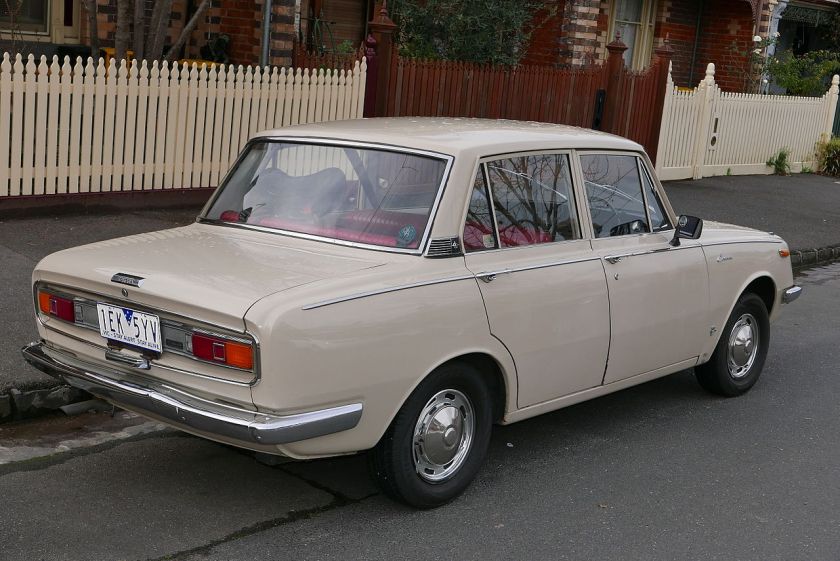
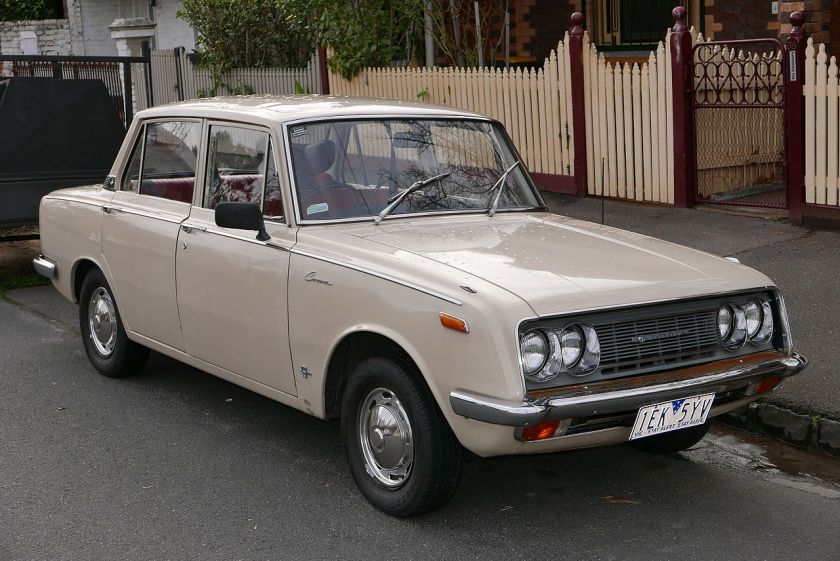

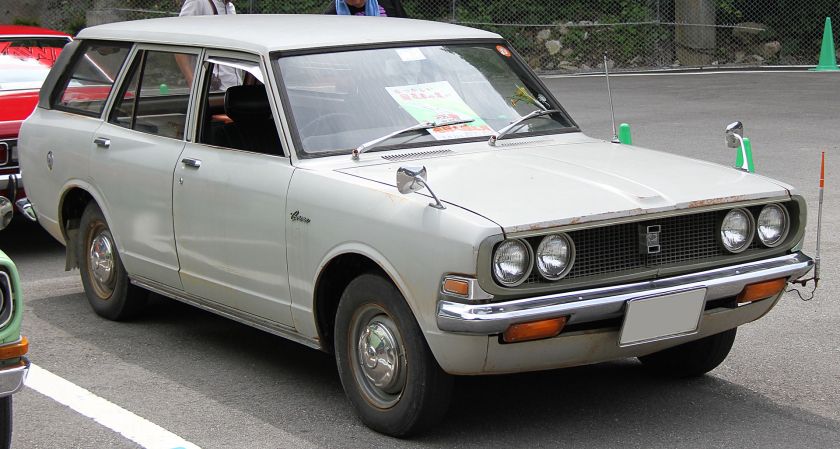
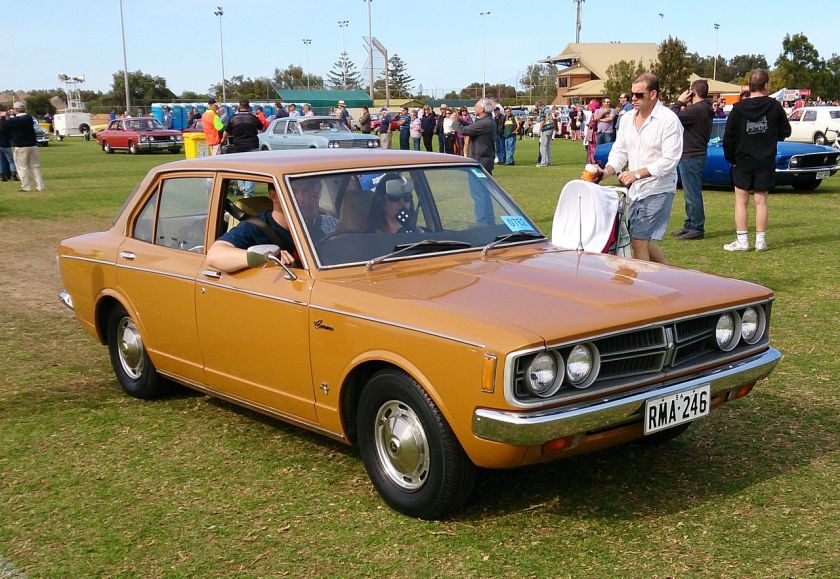
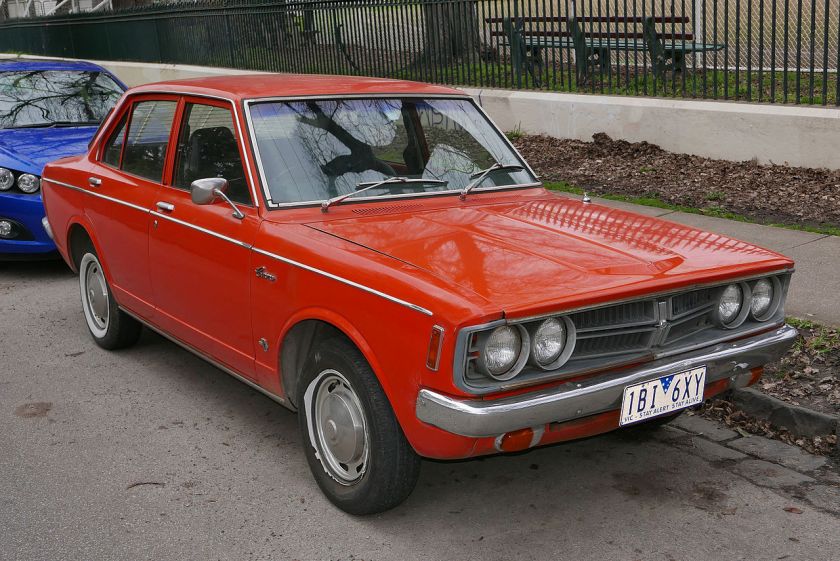
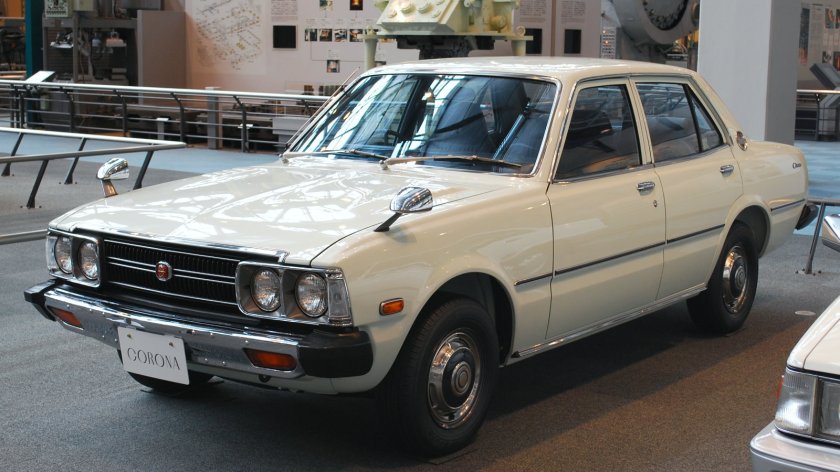
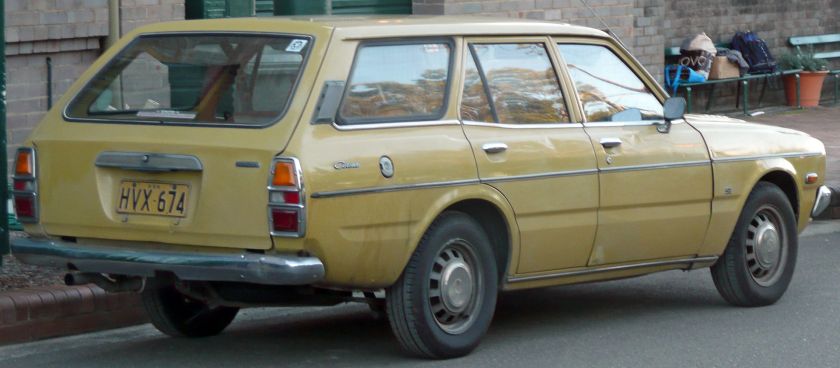
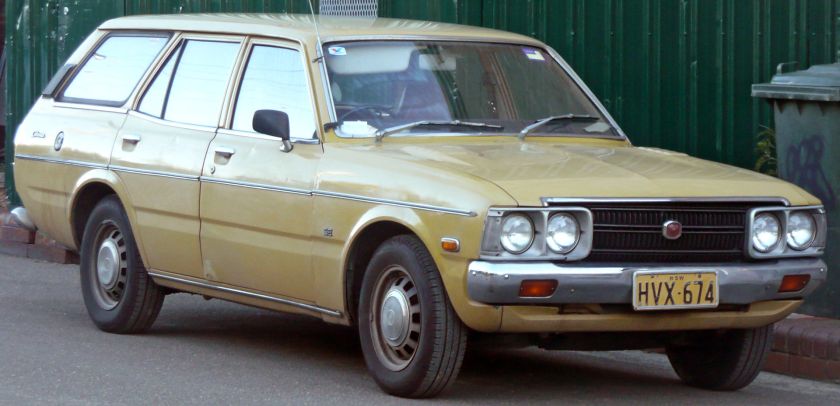
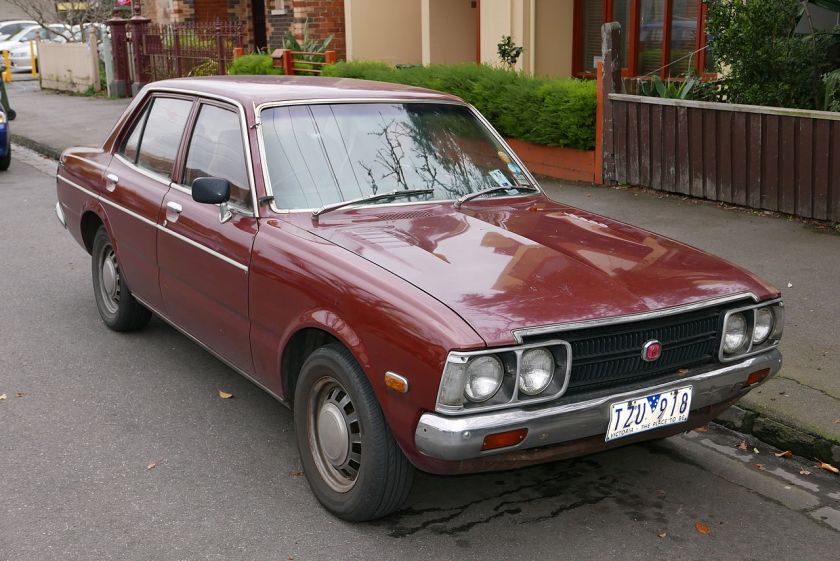
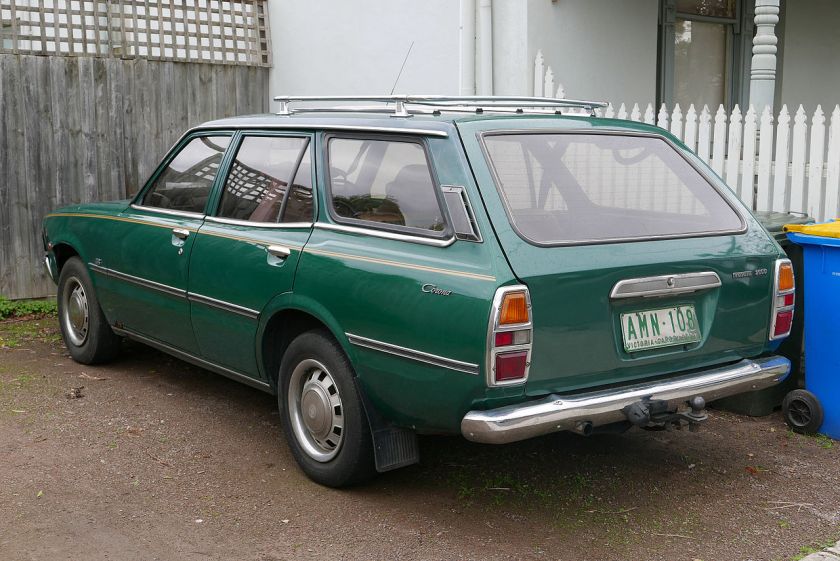
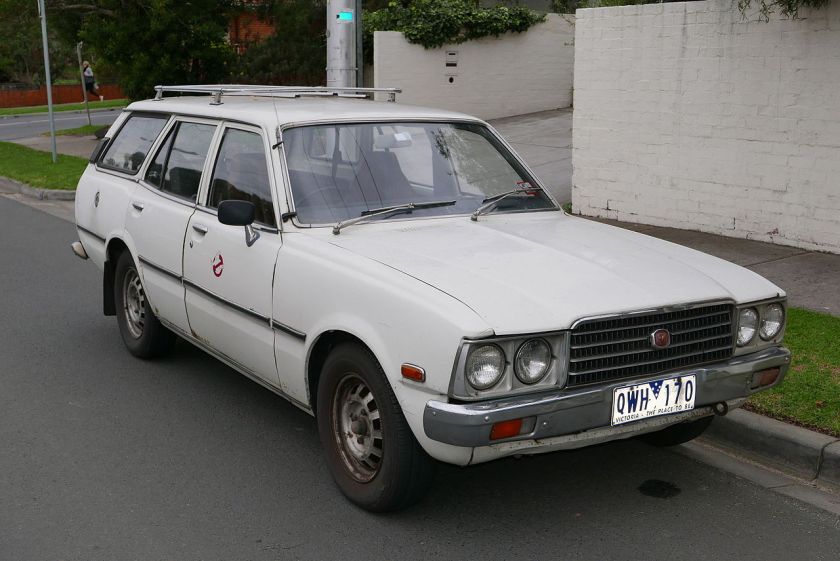
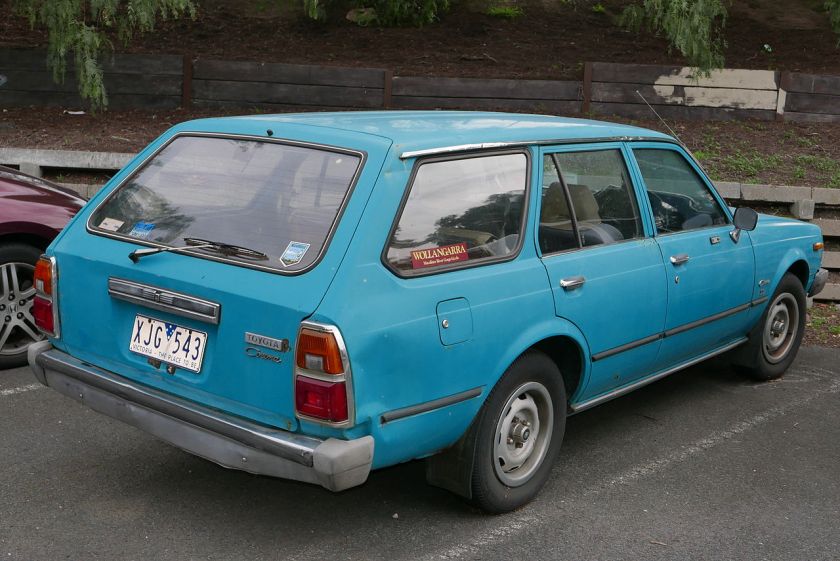
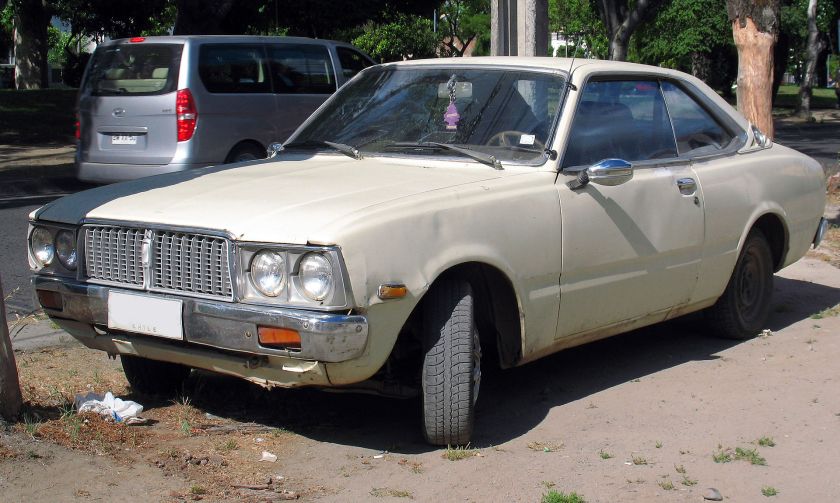
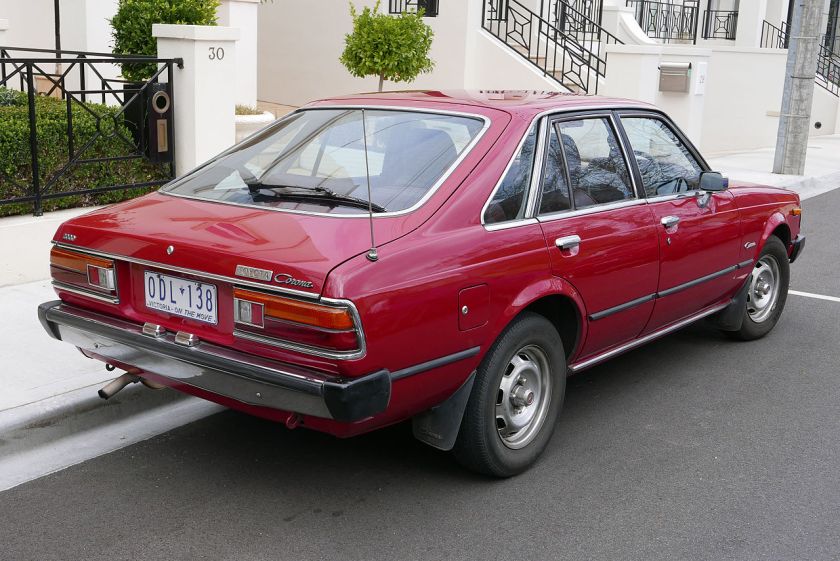
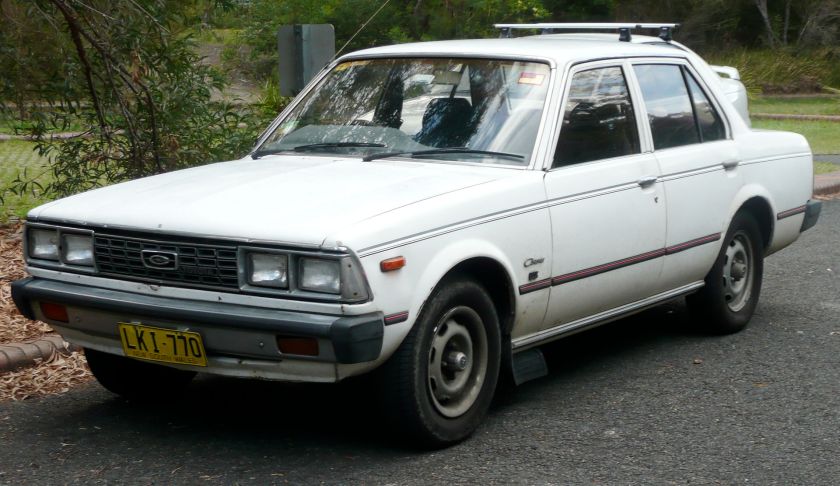
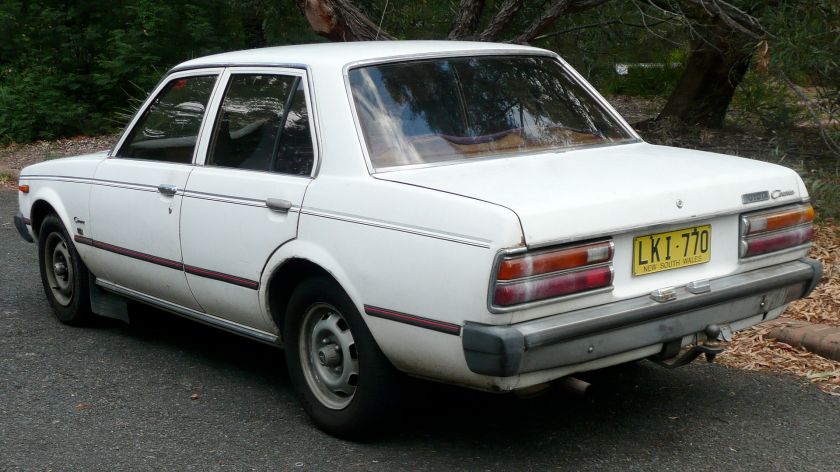
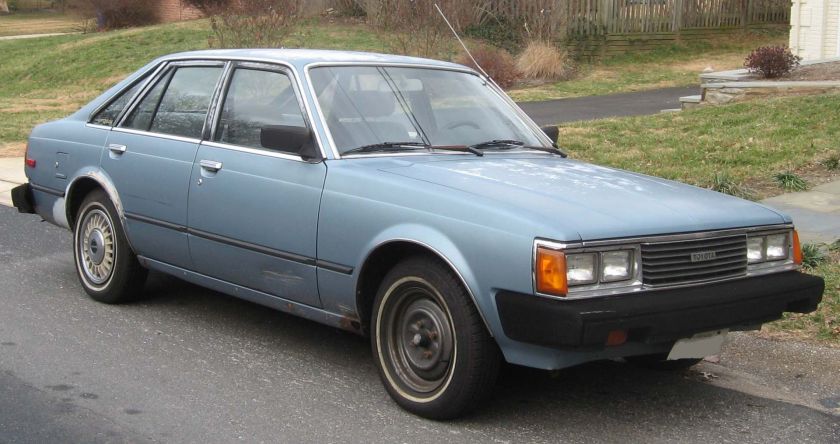
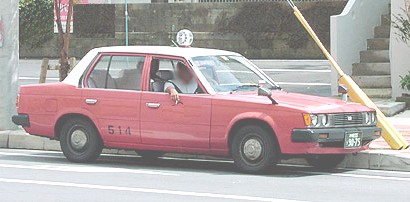
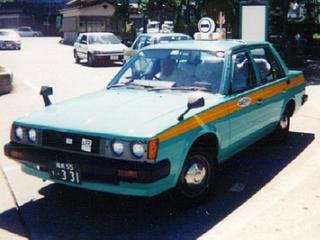
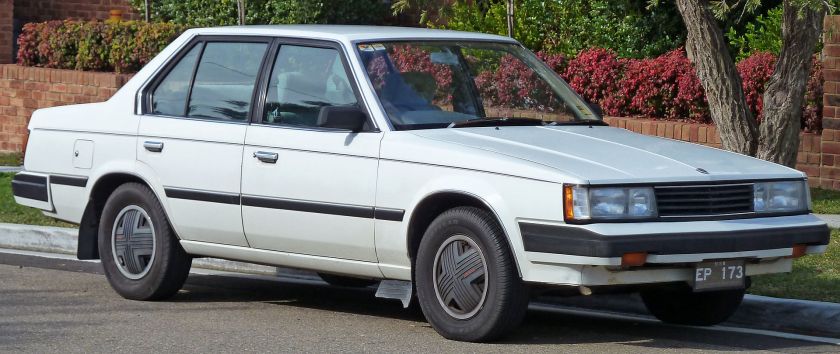
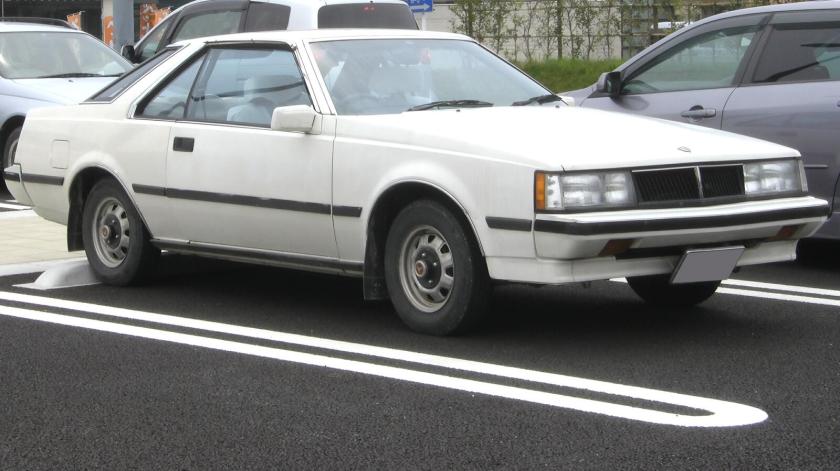
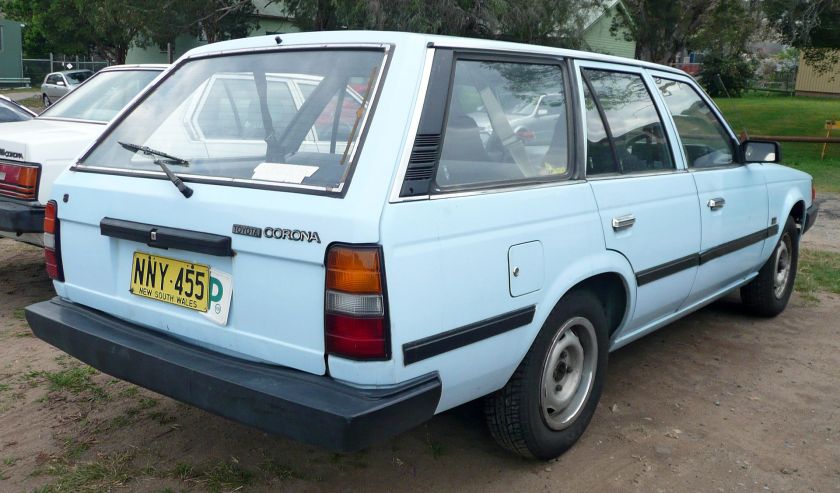
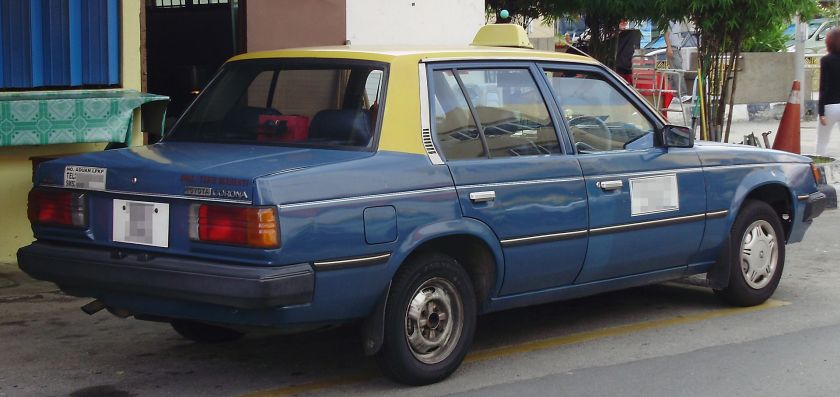

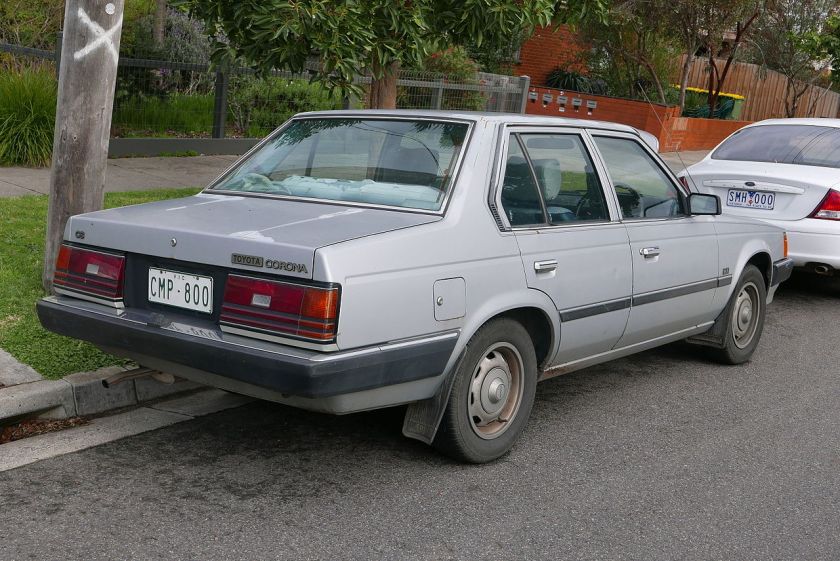
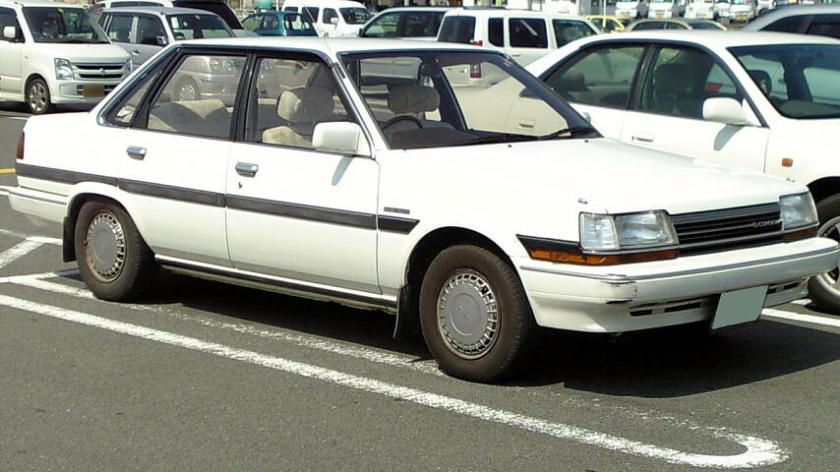
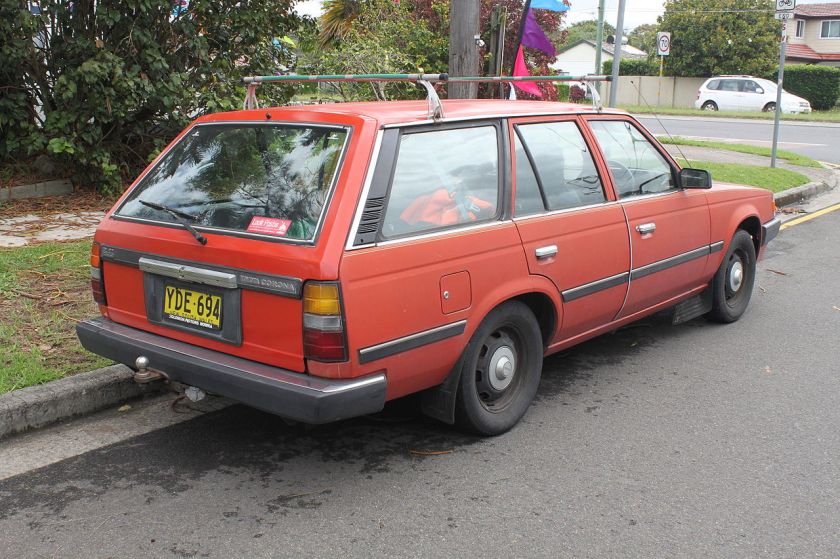
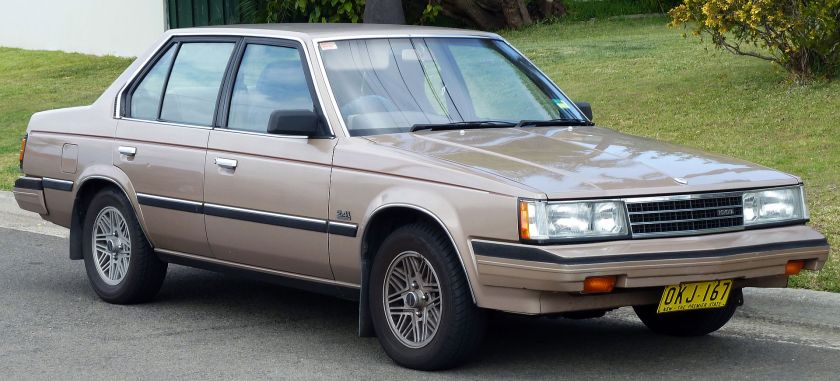
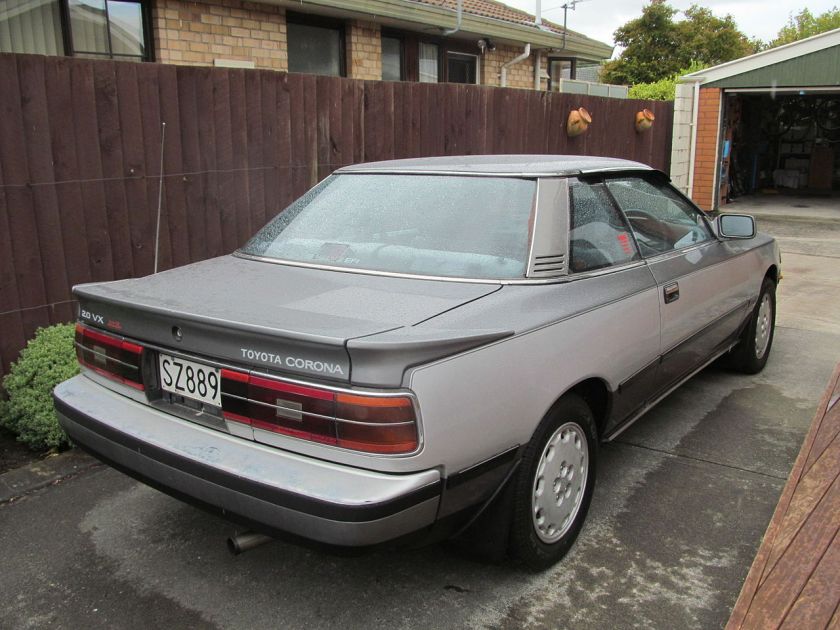
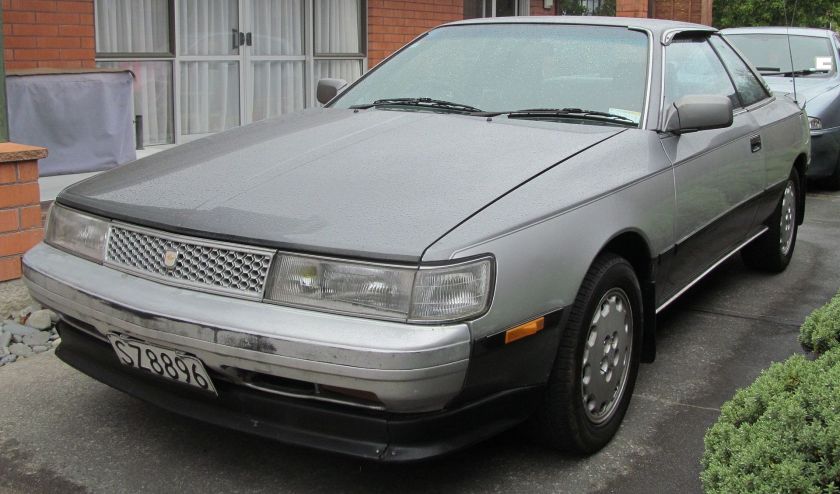
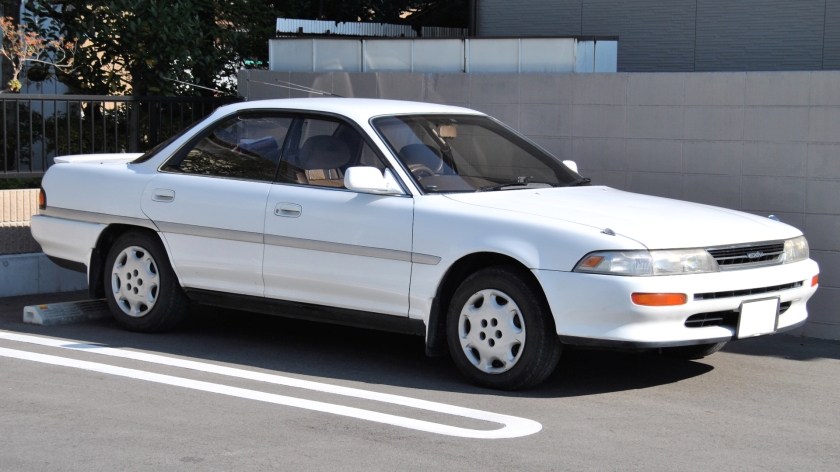
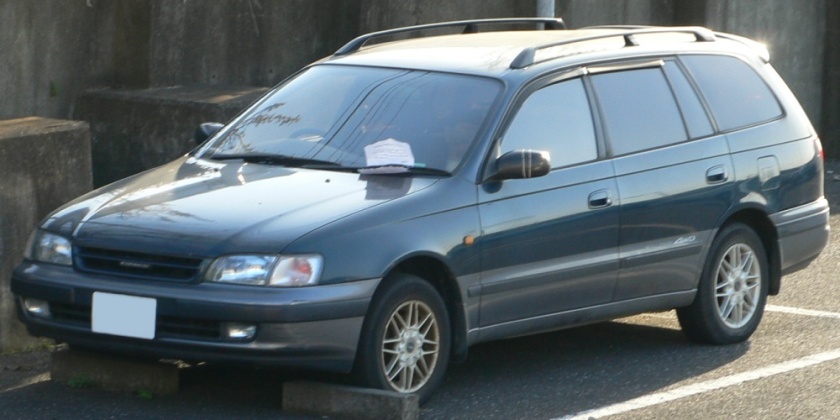
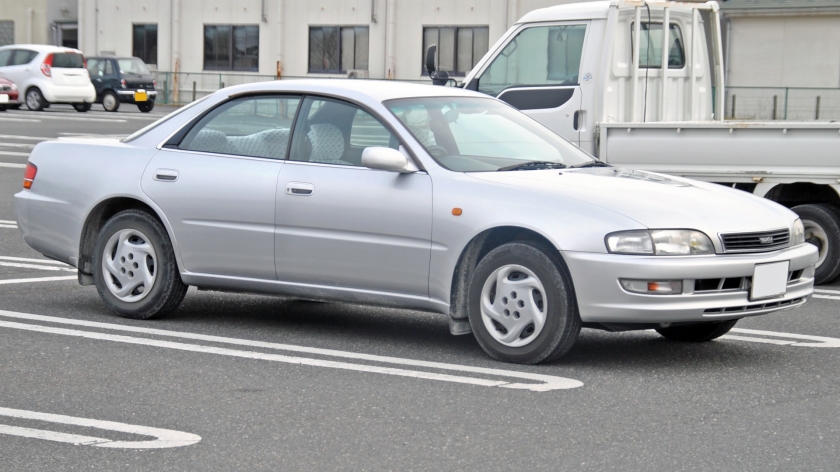
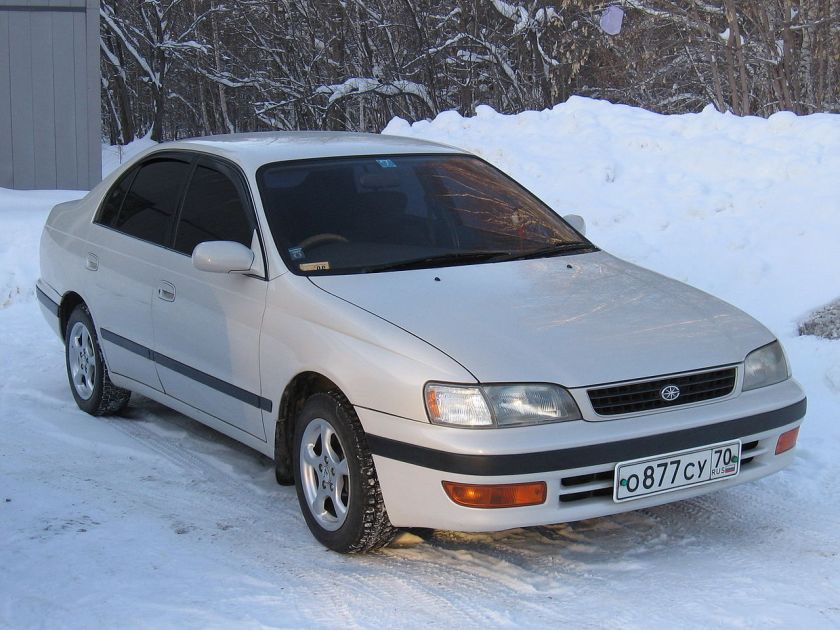
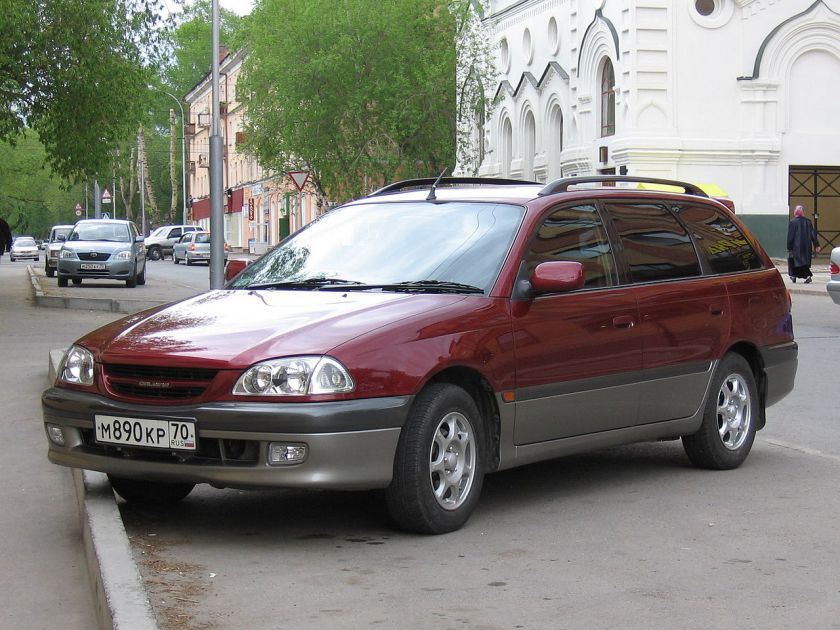
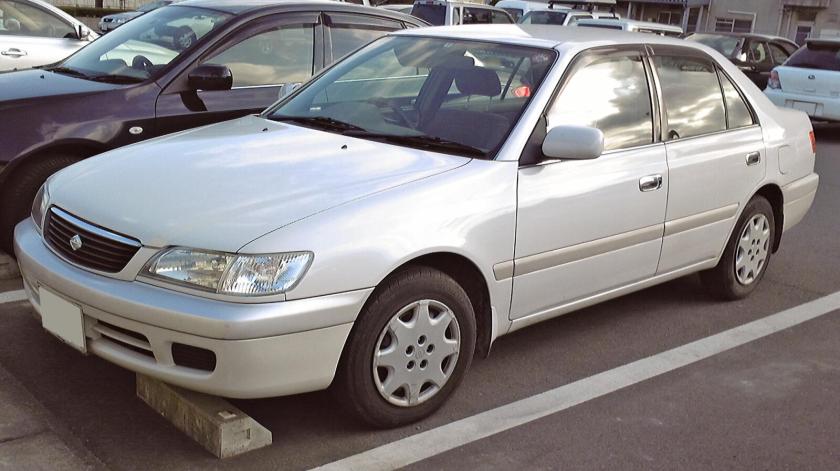
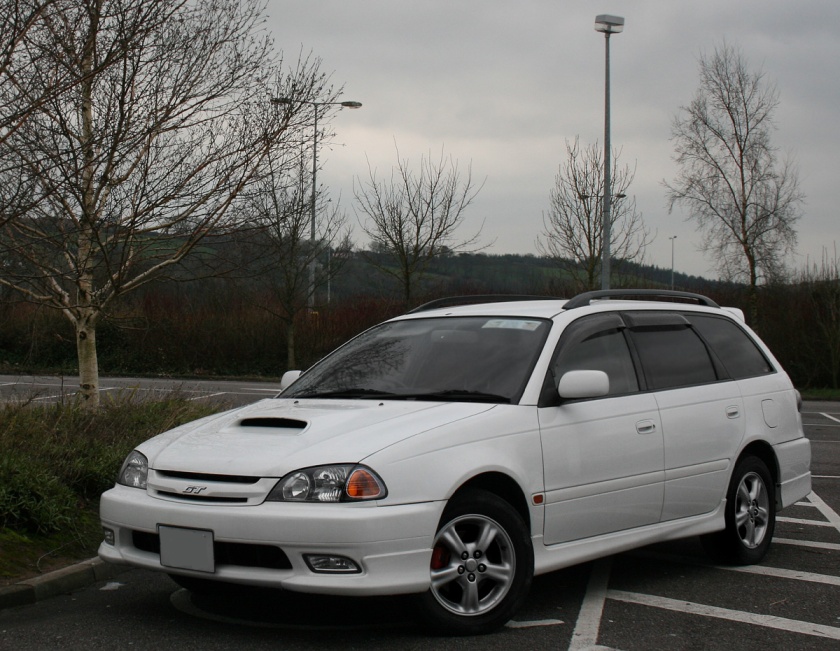
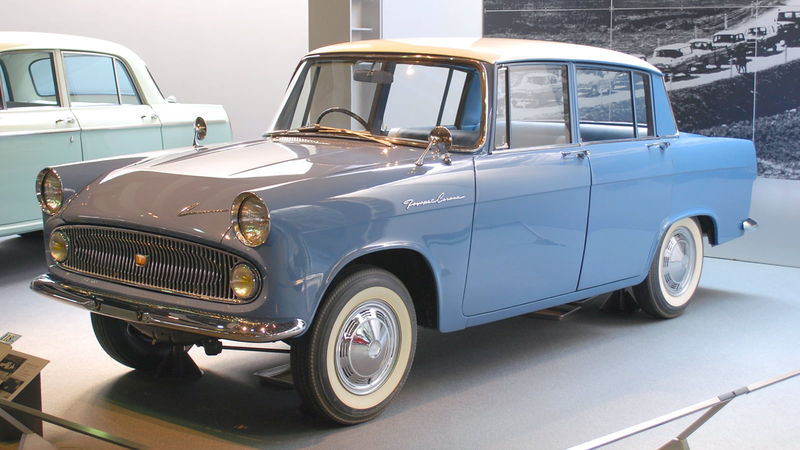
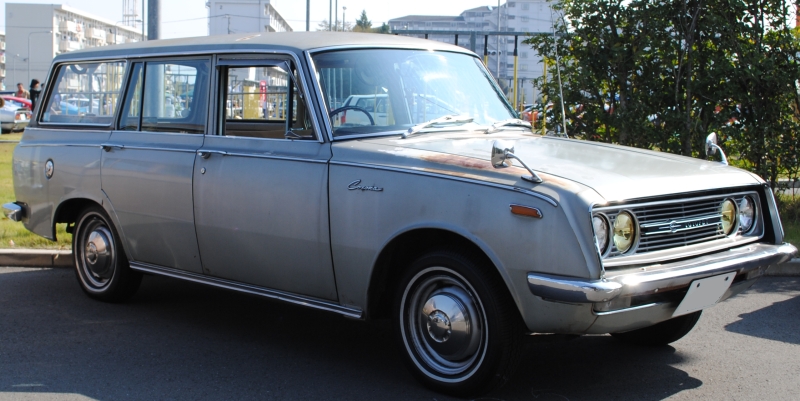
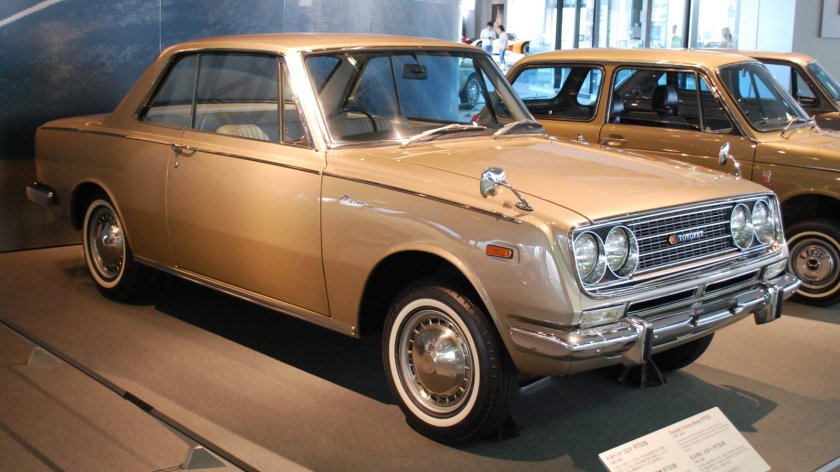
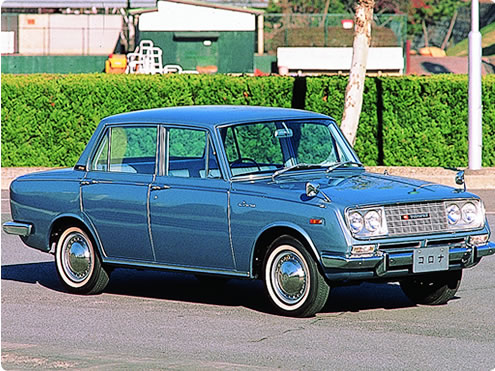
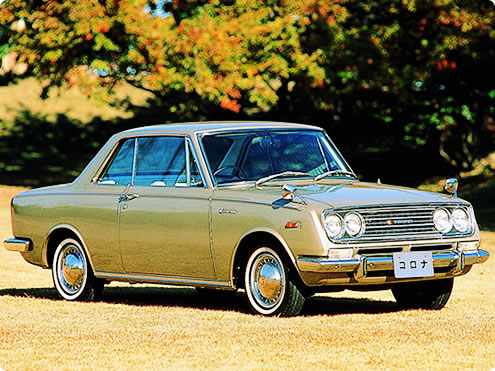
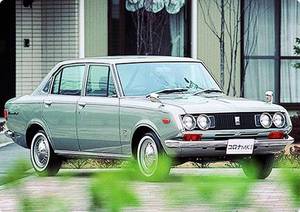
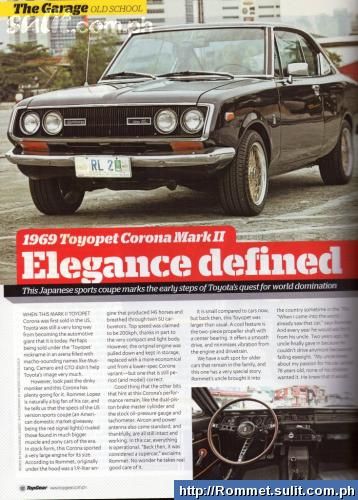
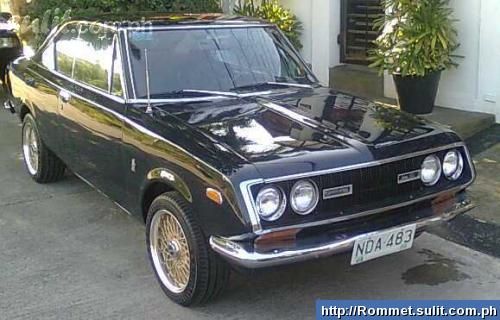
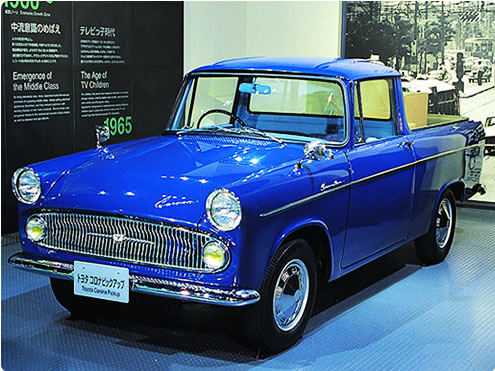
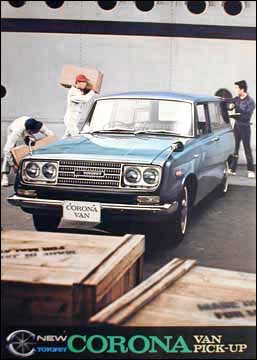
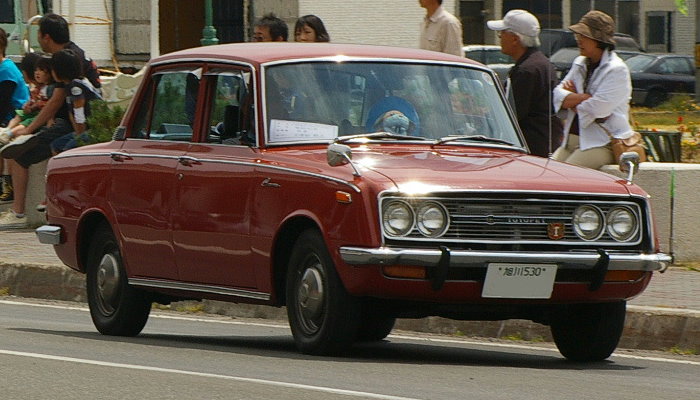
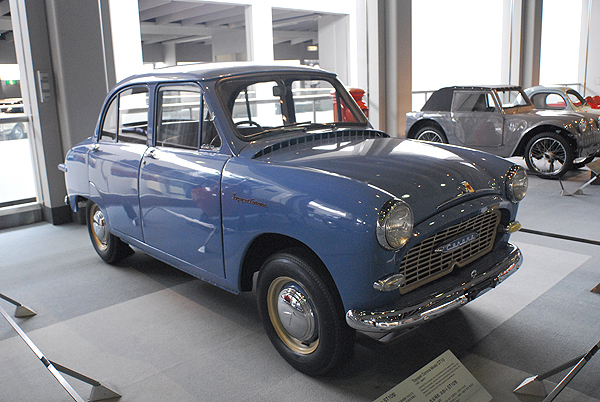
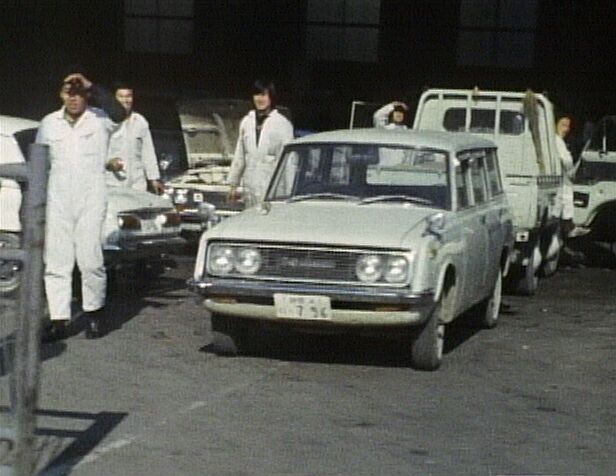
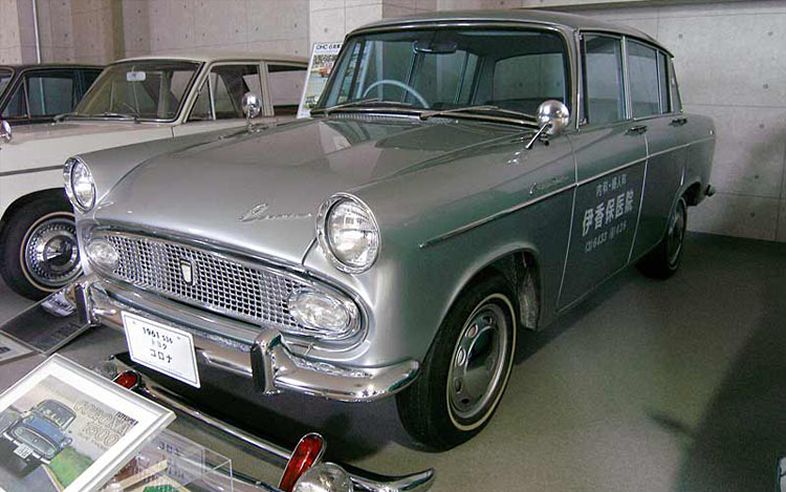
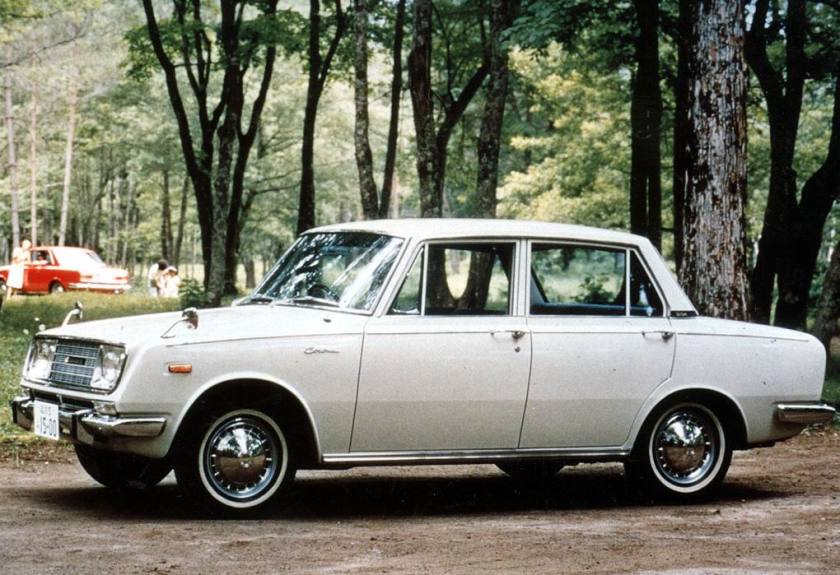
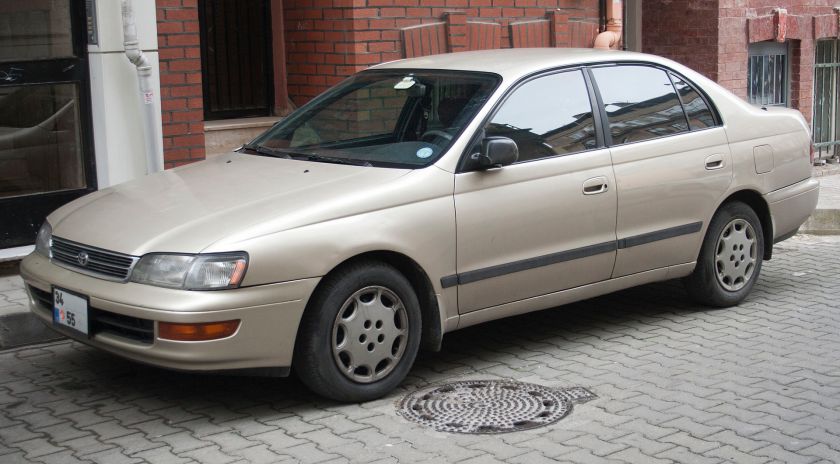
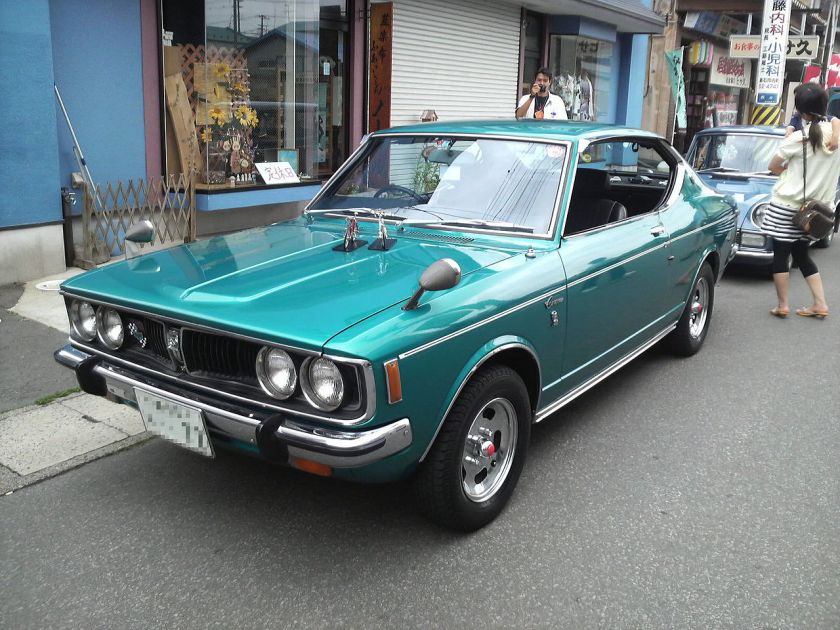
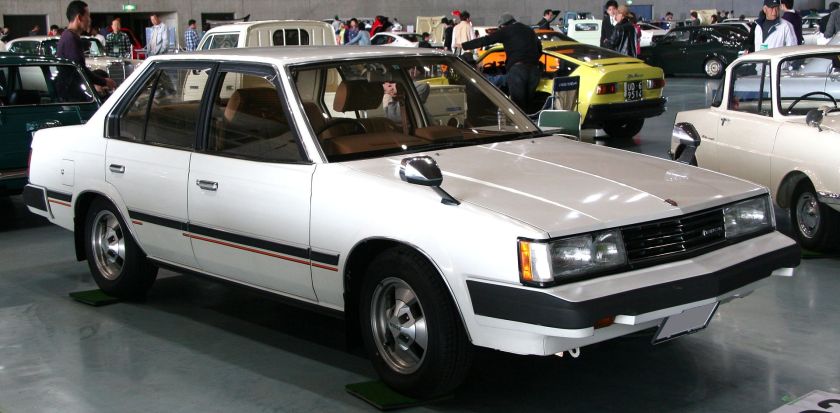
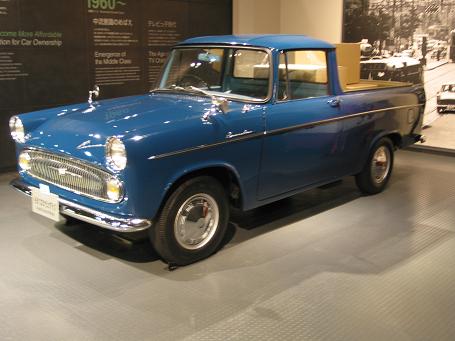
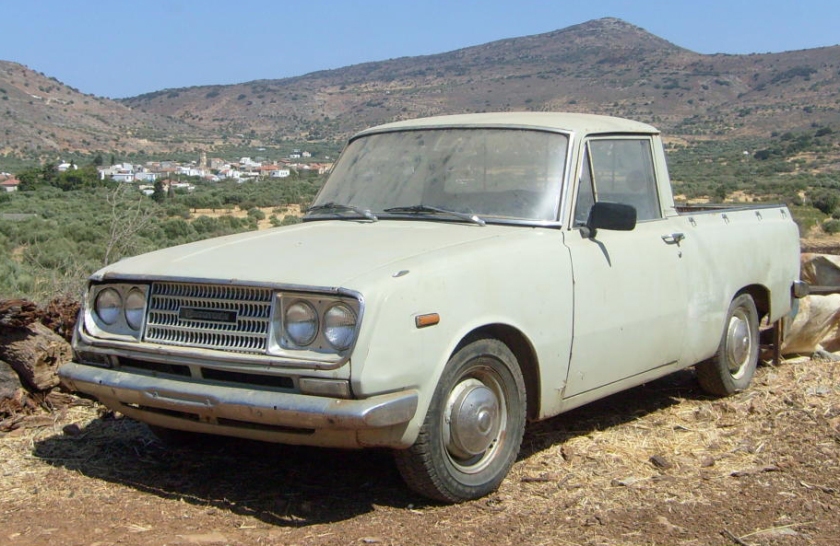
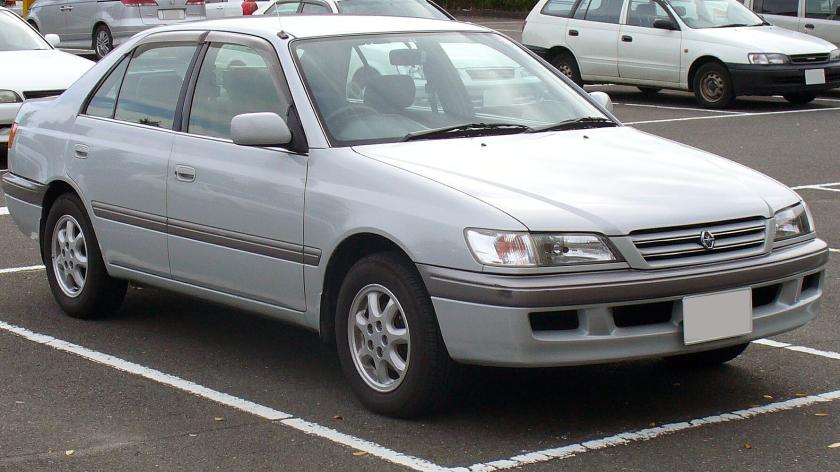
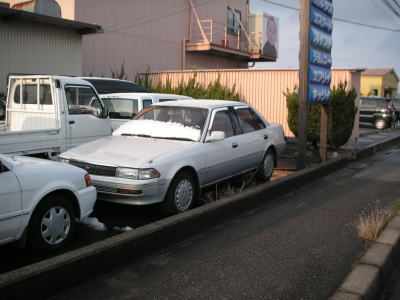
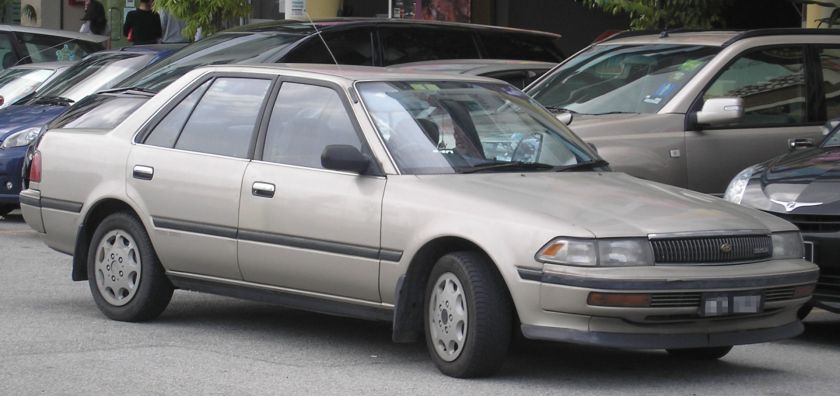
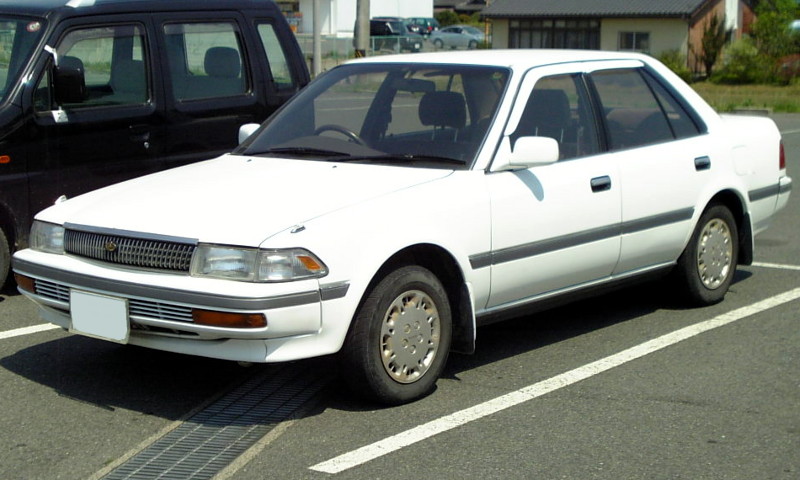
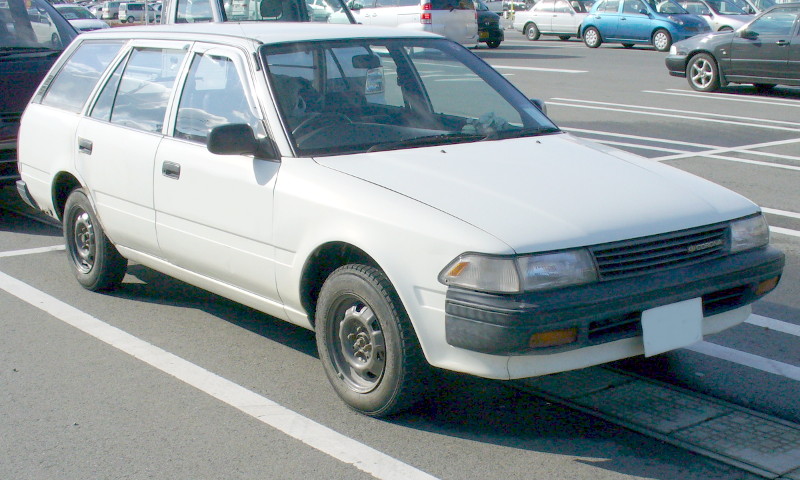 Toyota Corona (1957–2000)Toyota Corona EXiV (1989–1998)Toyota Corona Mark II (1968–2004, also known as the Mark II)
Toyota Corona (1957–2000)Toyota Corona EXiV (1989–1998)Toyota Corona Mark II (1968–2004, also known as the Mark II)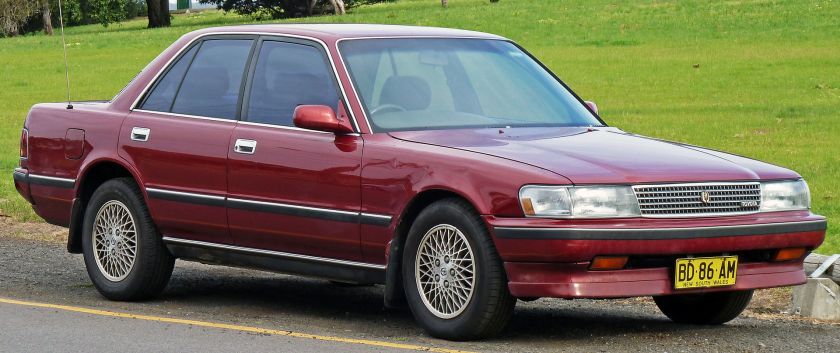
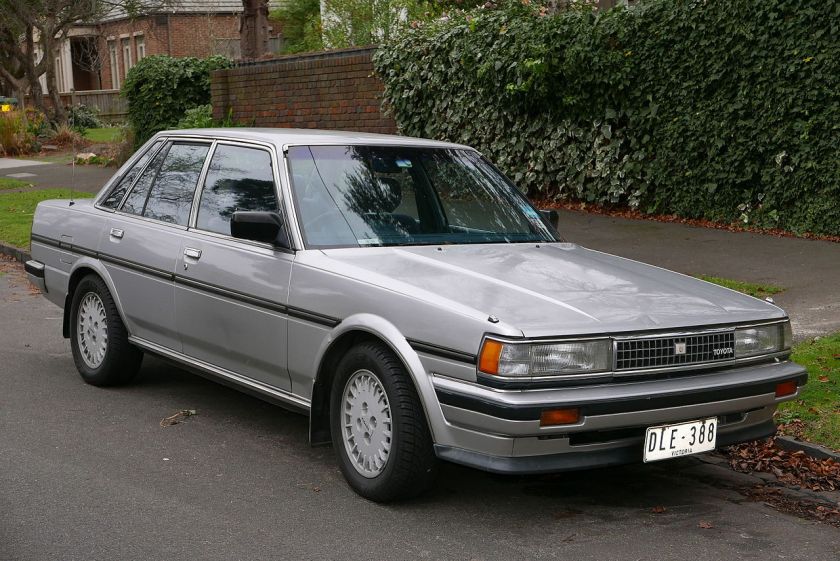
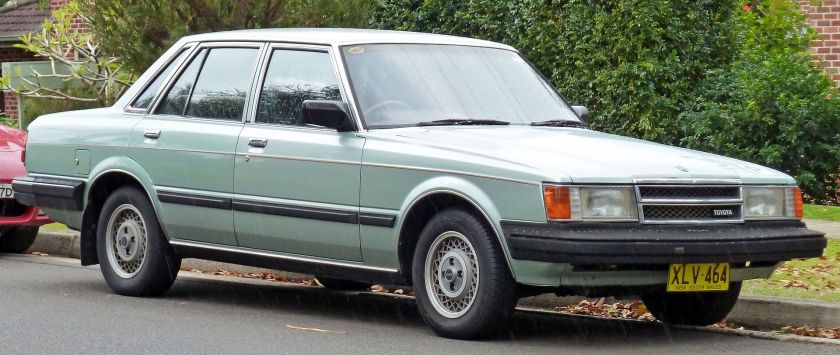
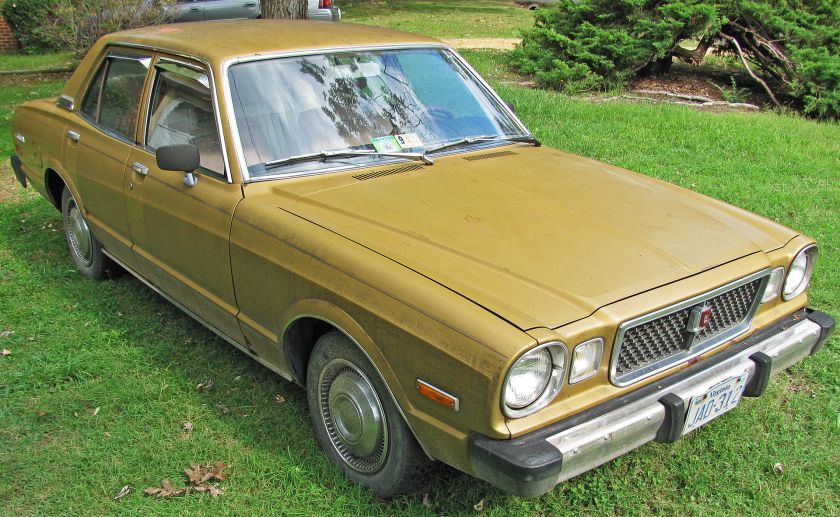
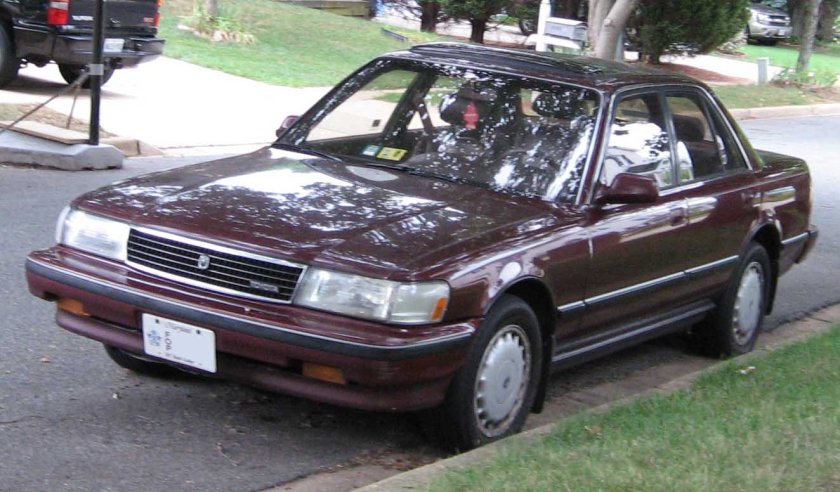 Toyota Cressida (1973–1992)
Toyota Cressida (1973–1992)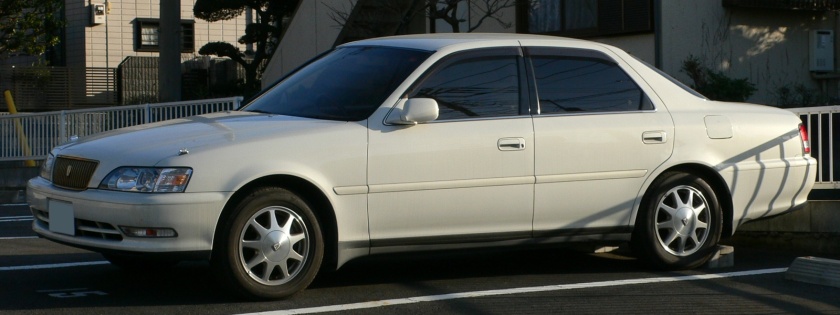
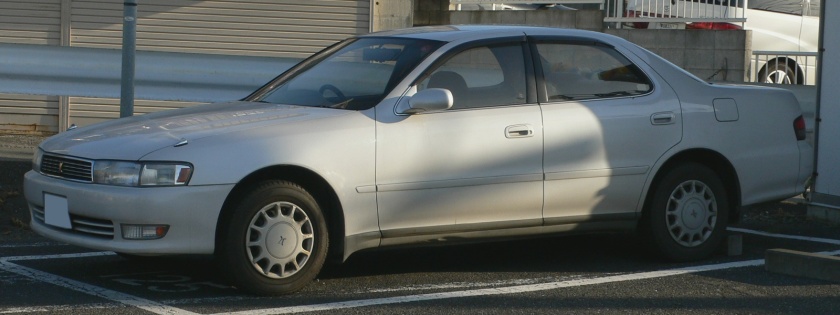
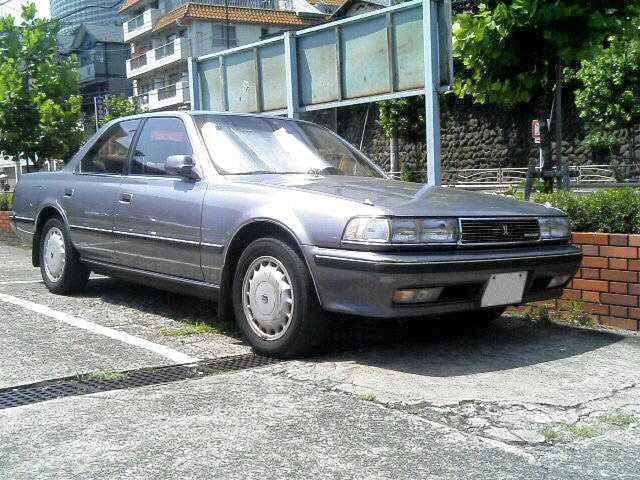
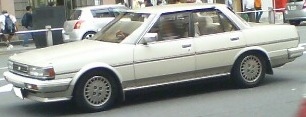
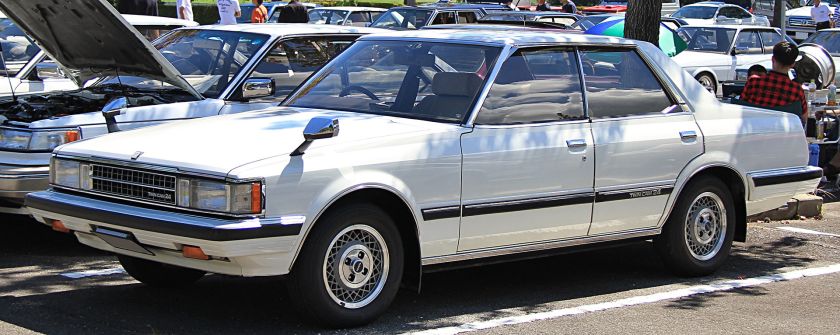
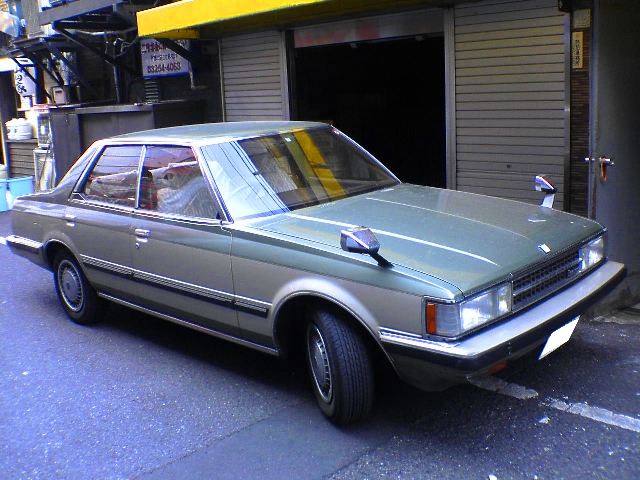
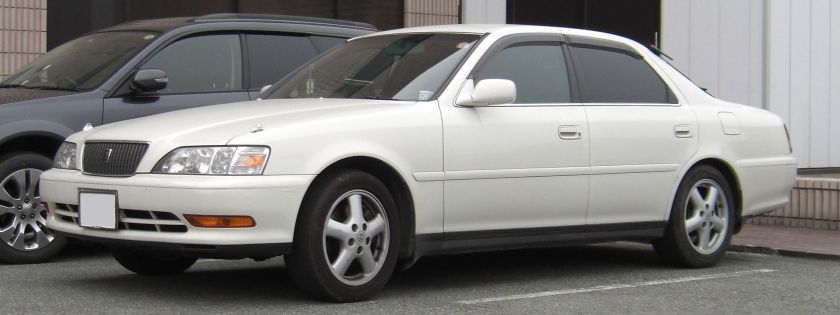
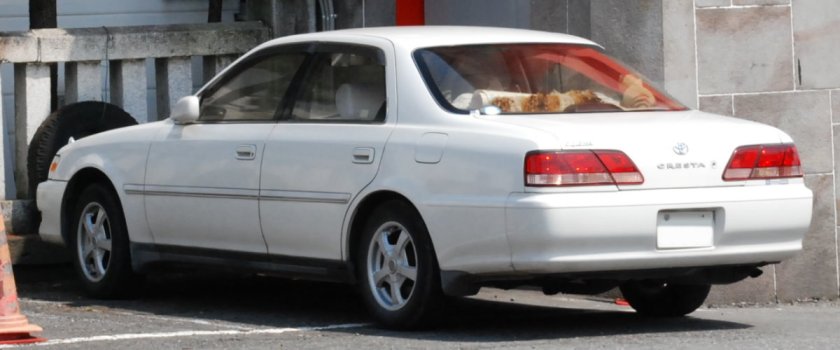 Toyota Cresta (1980–2001)
Toyota Cresta (1980–2001)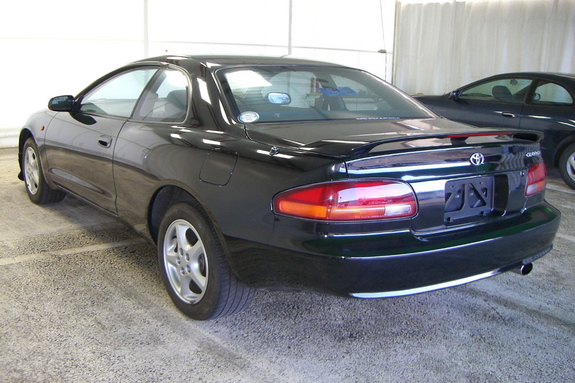
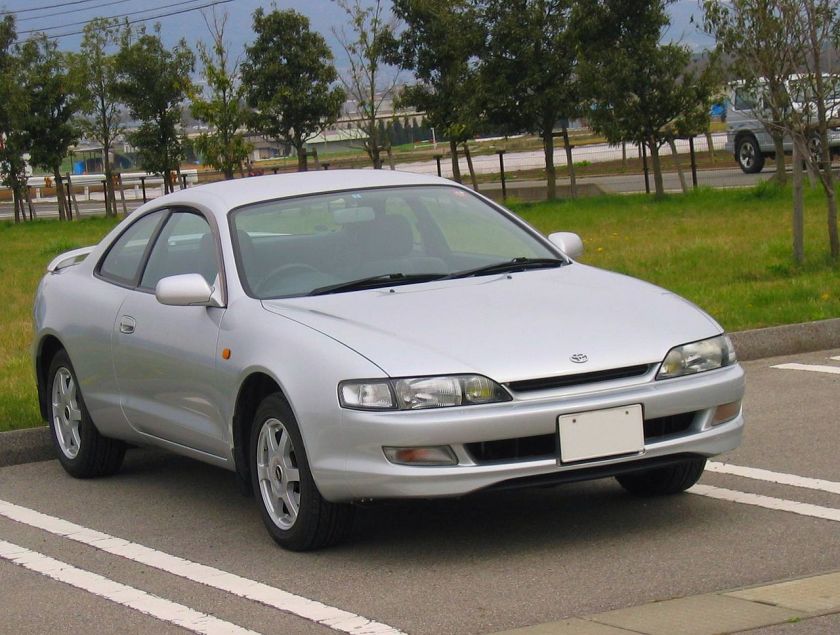
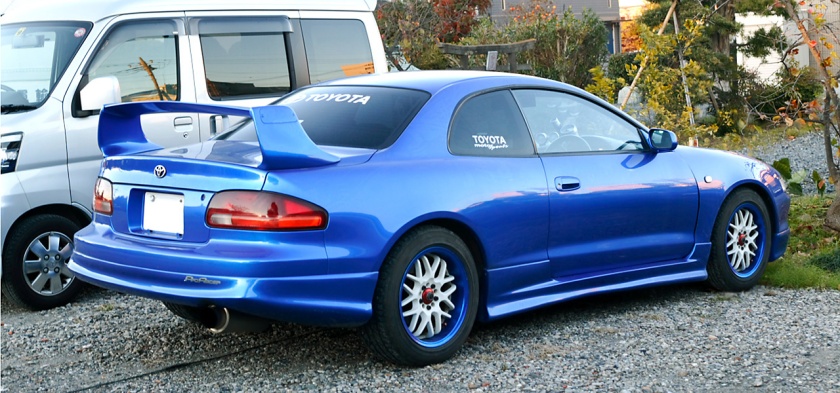
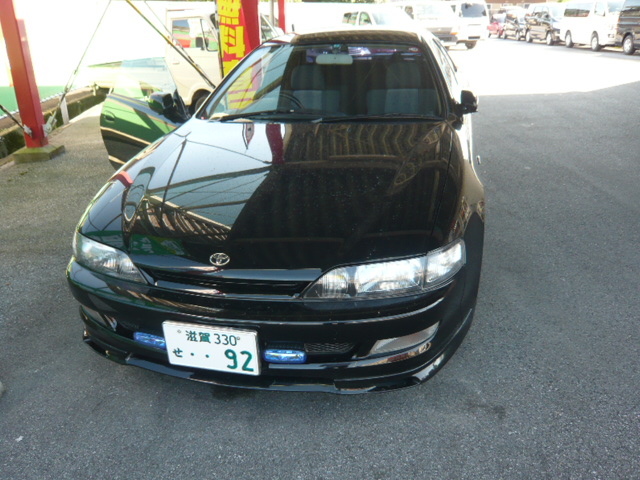 Toyota Curren (1994–1998)
Toyota Curren (1994–1998)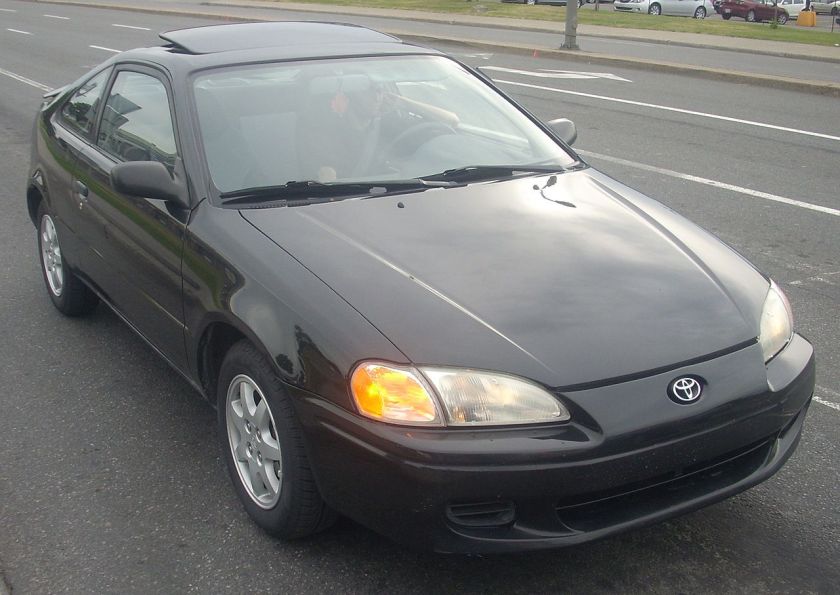
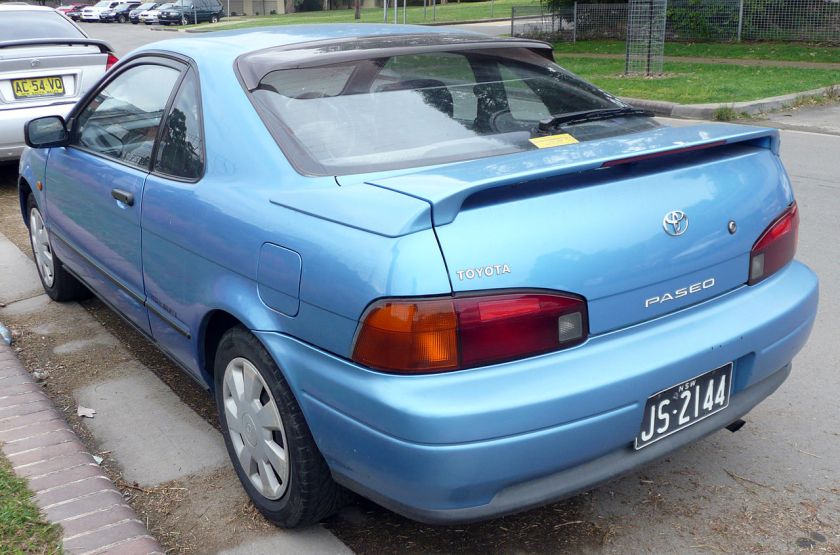
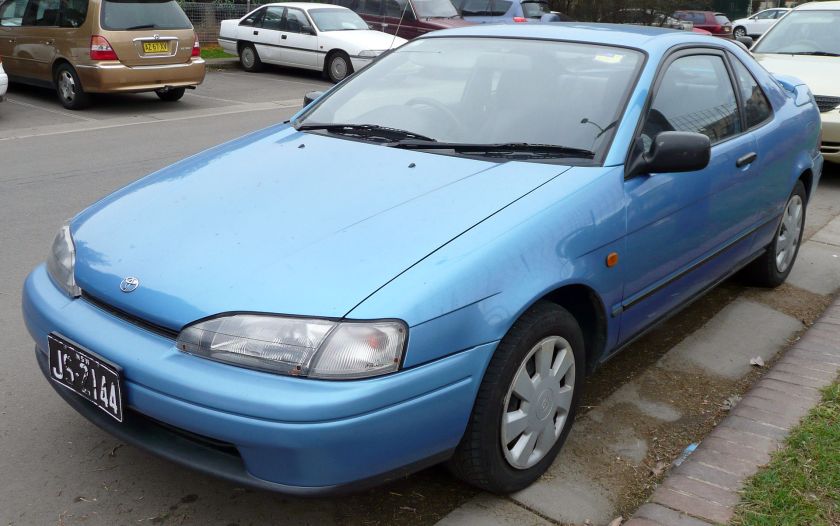
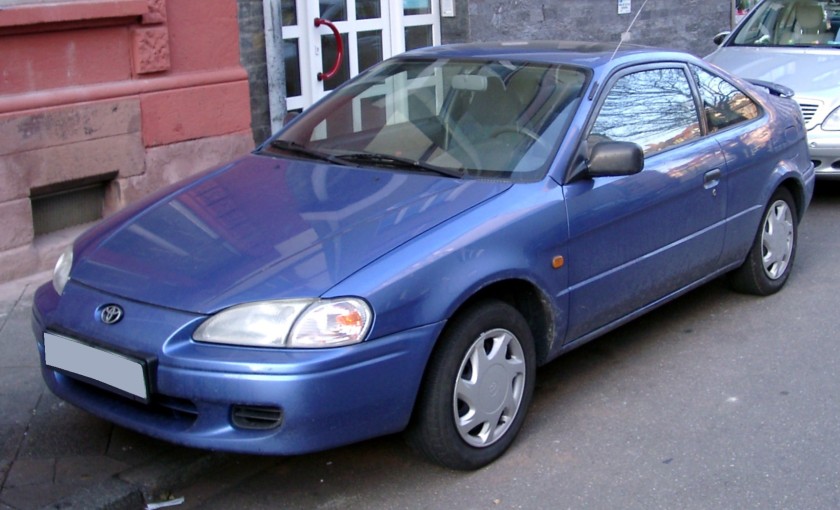
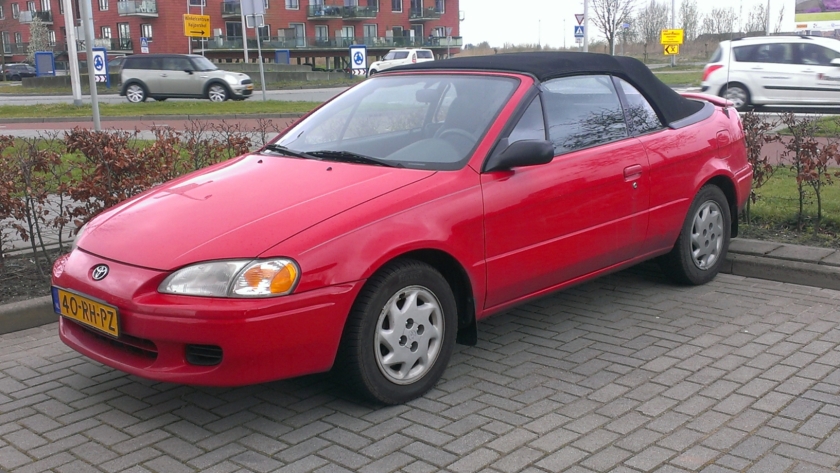
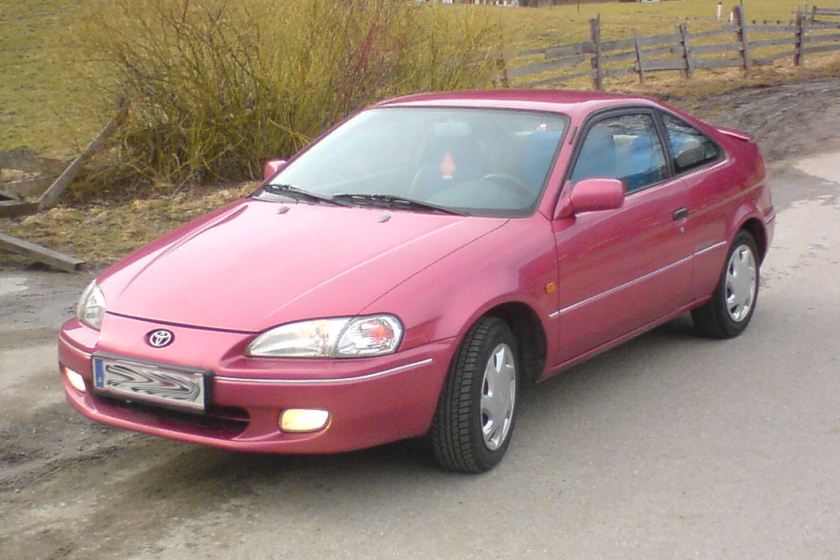
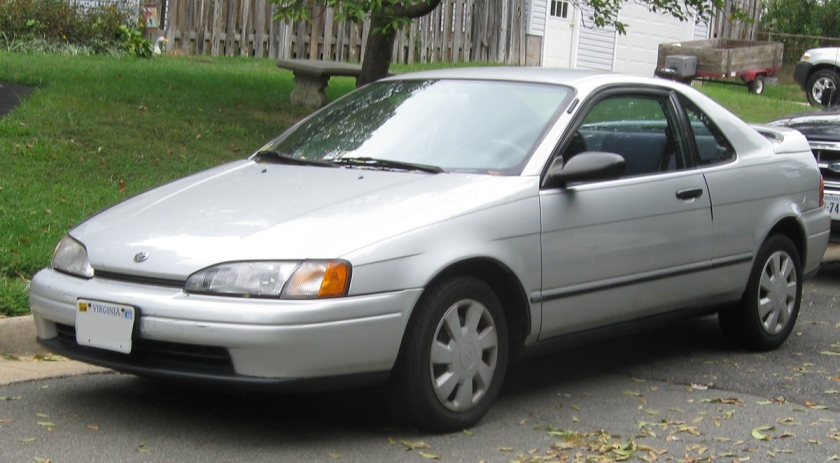
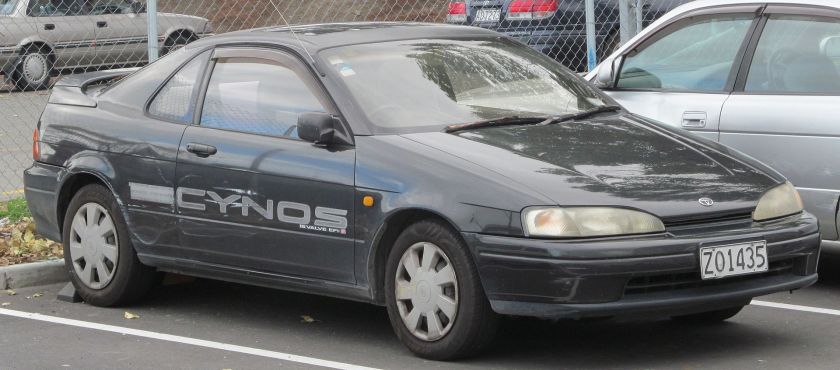
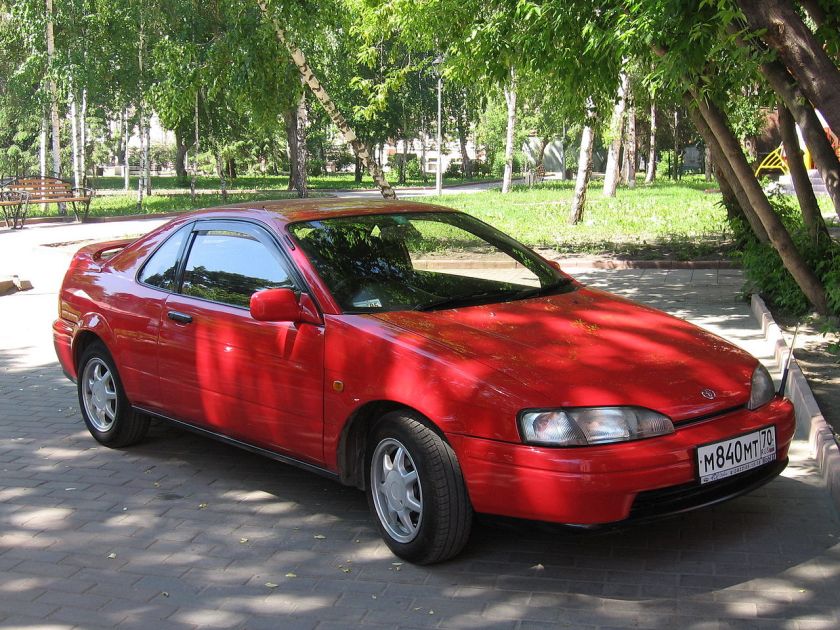 Toyota Cynos (1991–1999)Paseo
Toyota Cynos (1991–1999)Paseo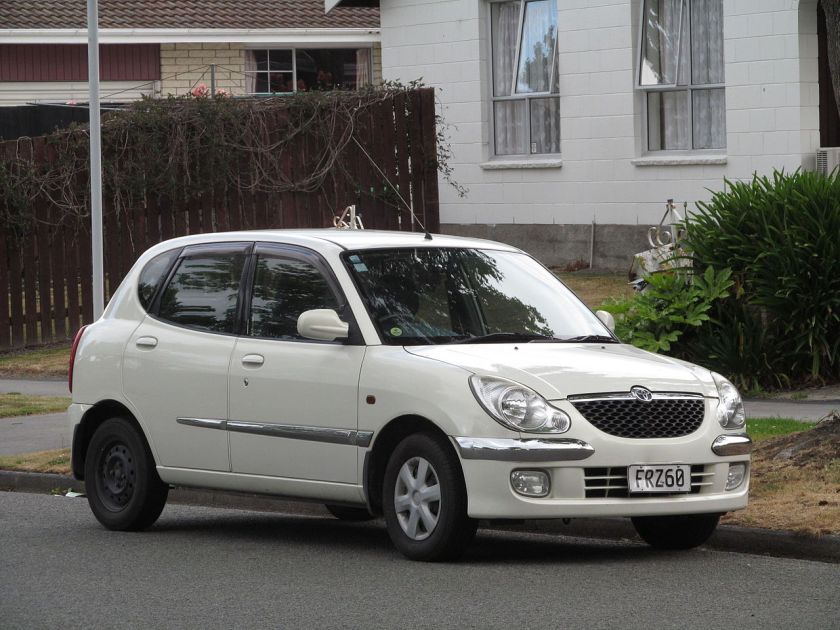 Toyota Duet (1997–2004, rebadged Daihatsu Storia)
Toyota Duet (1997–2004, rebadged Daihatsu Storia)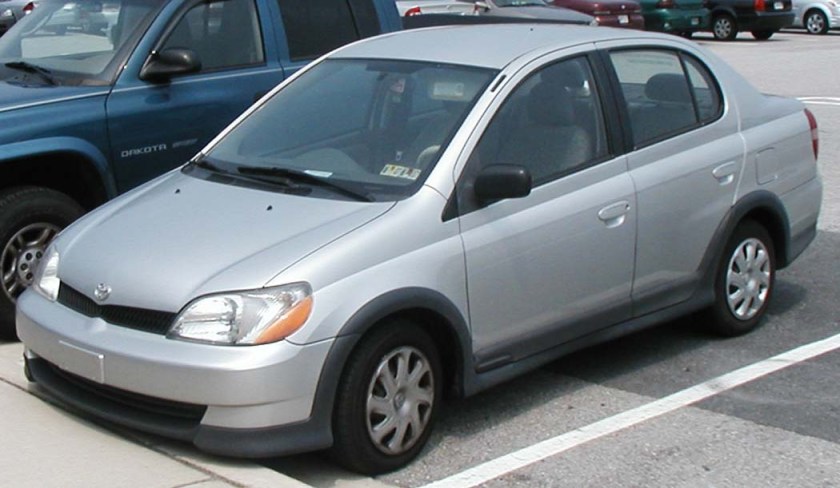 Toyota Echo (2000–2005)
Toyota Echo (2000–2005)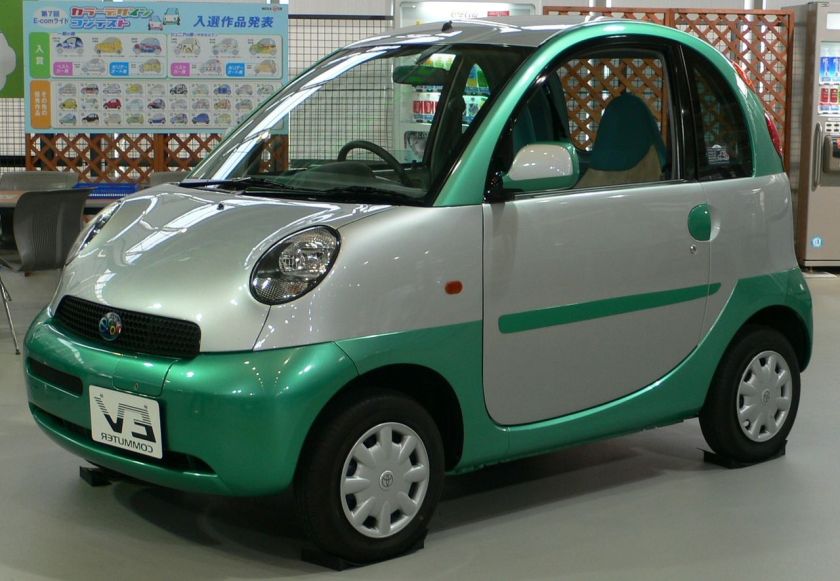 Toyota eCom (1998)
Toyota eCom (1998)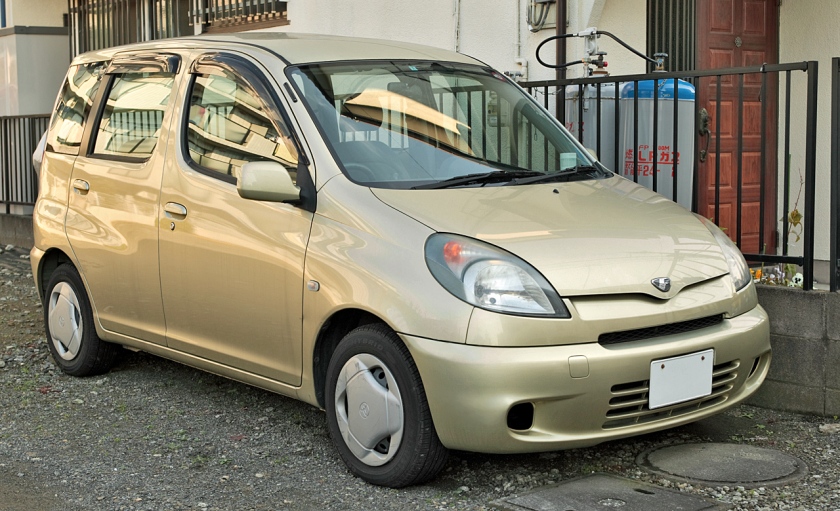 Toyota Fun Cargo (2000–2004)
Toyota Fun Cargo (2000–2004)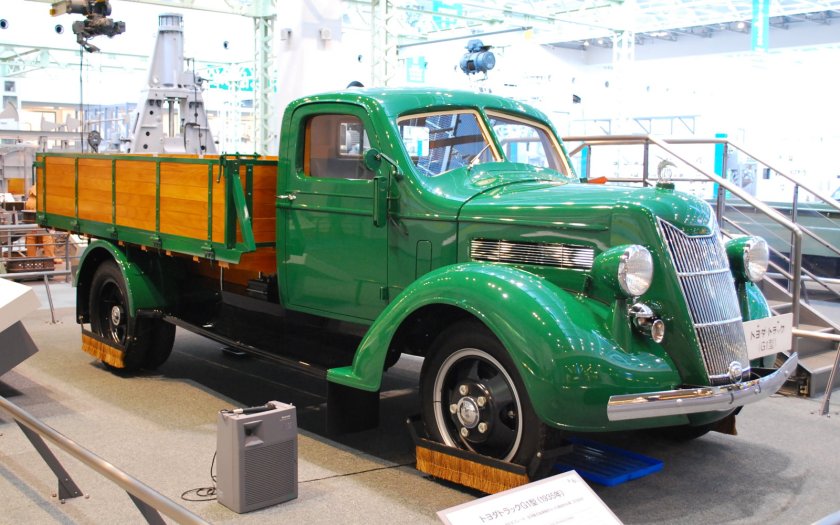
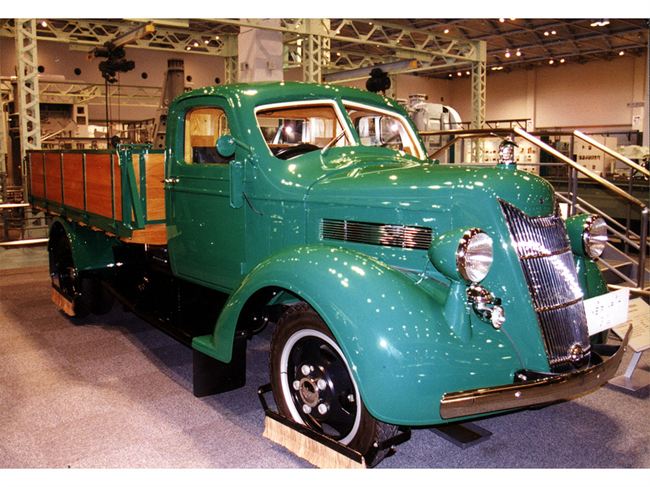
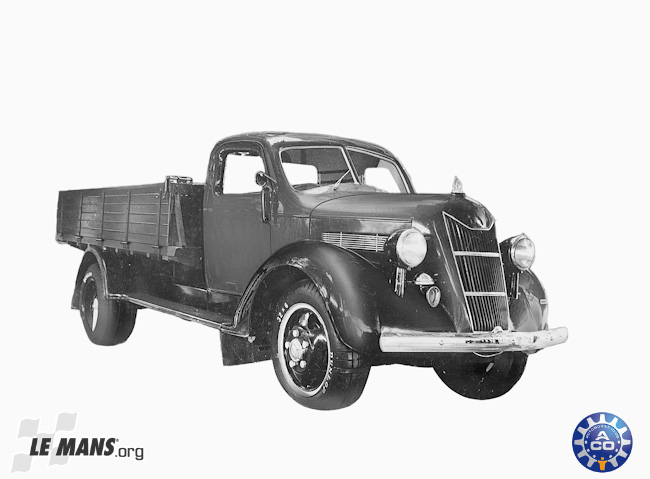 Toyota G1 (1935–1936, truck)
Toyota G1 (1935–1936, truck)
Toyota GA (1936–1938, truck)
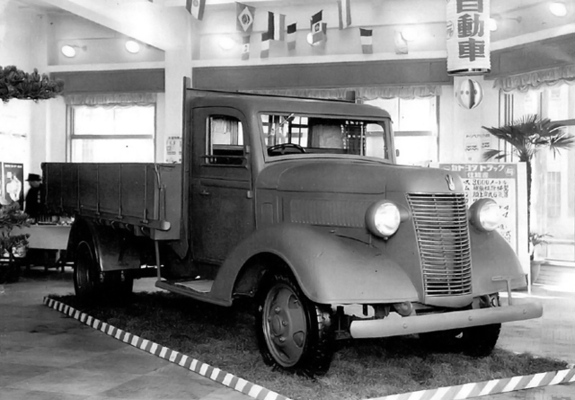 Toyota GB (1938–1942, truck)
Toyota GB (1938–1942, truck)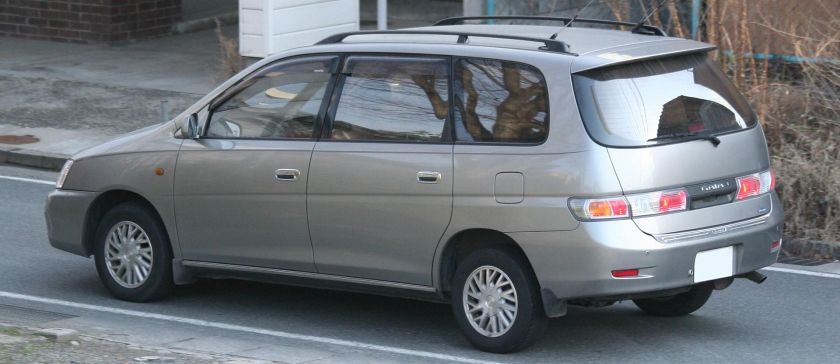
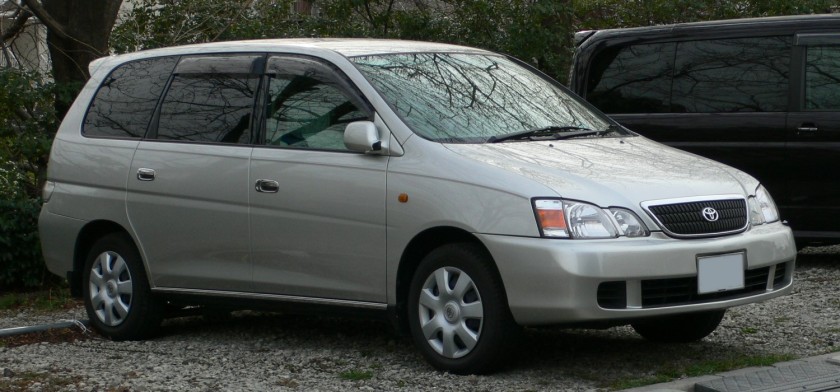
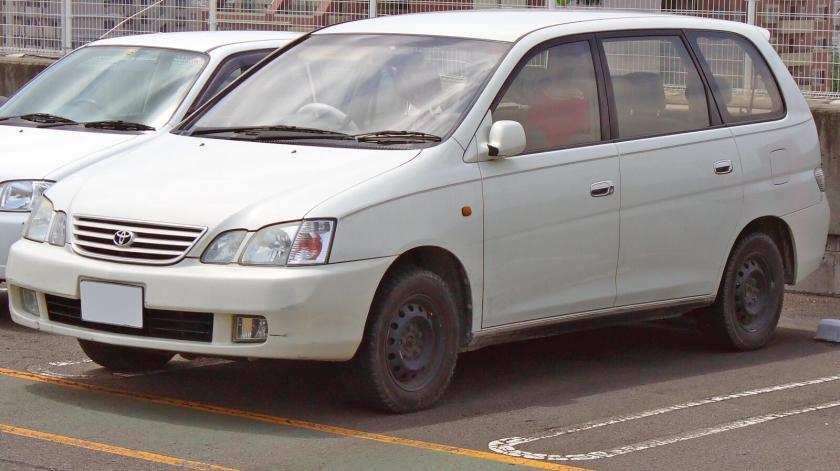 Toyota Gaia (1998–2004)
Toyota Gaia (1998–2004)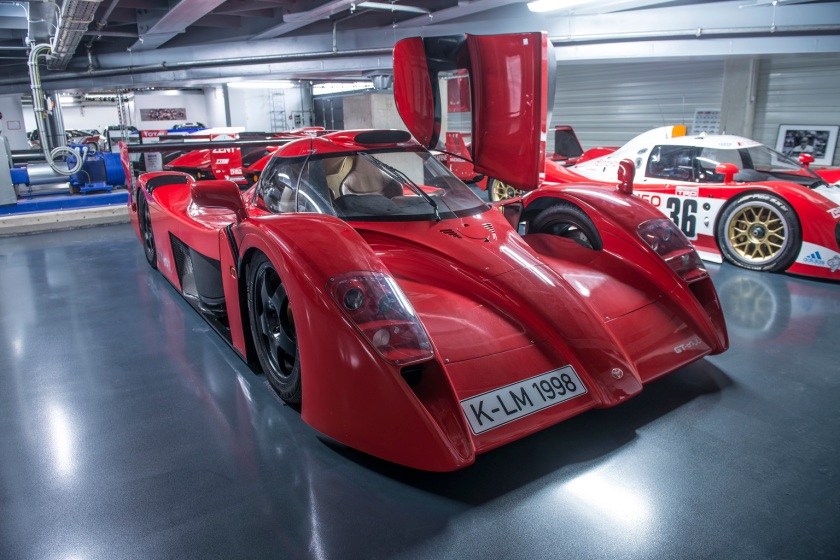 Toyota GT-One Road version (1998)
Toyota GT-One Road version (1998)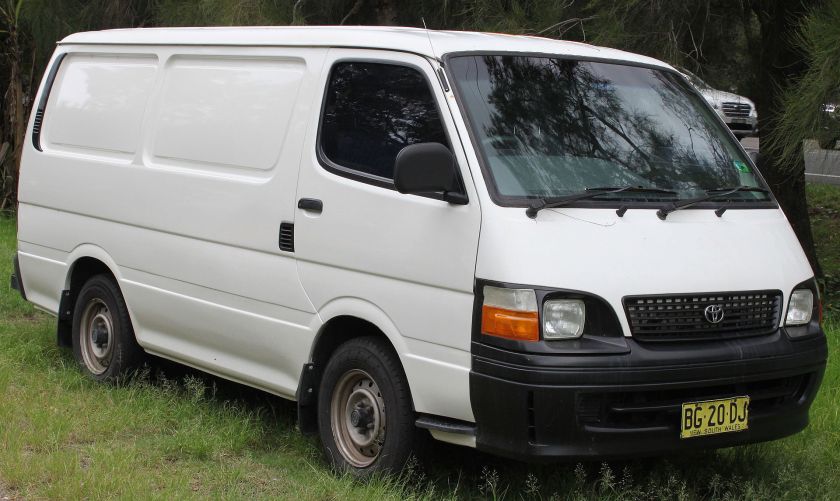
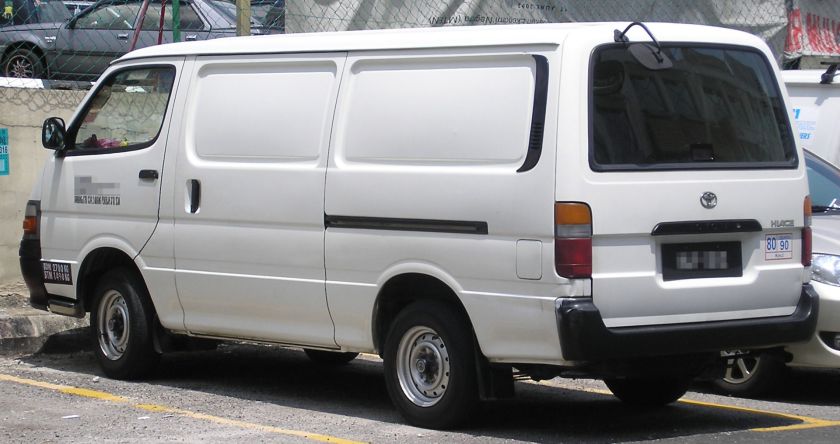
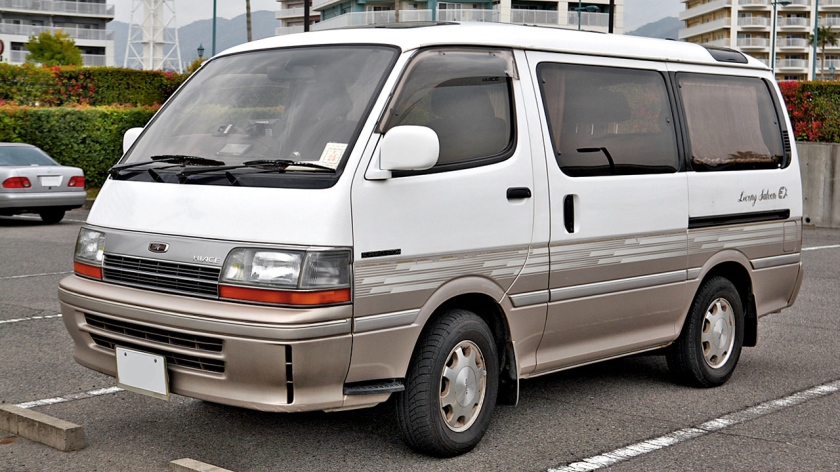 Toyota Grand Hiace (1999–2002)
Toyota Grand Hiace (1999–2002)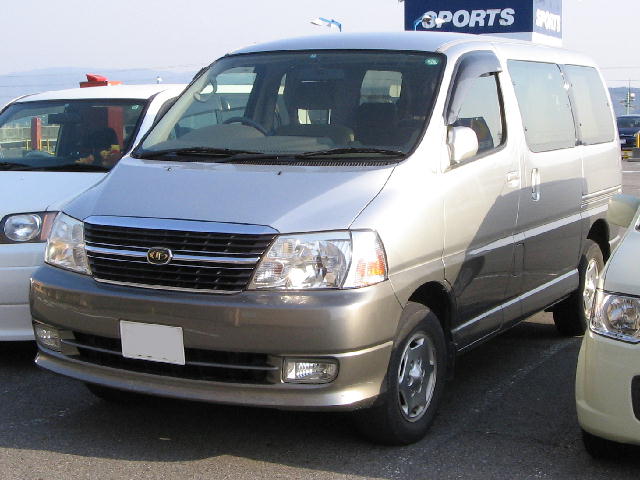 Toyota Granvia (1995–2002)
Toyota Granvia (1995–2002)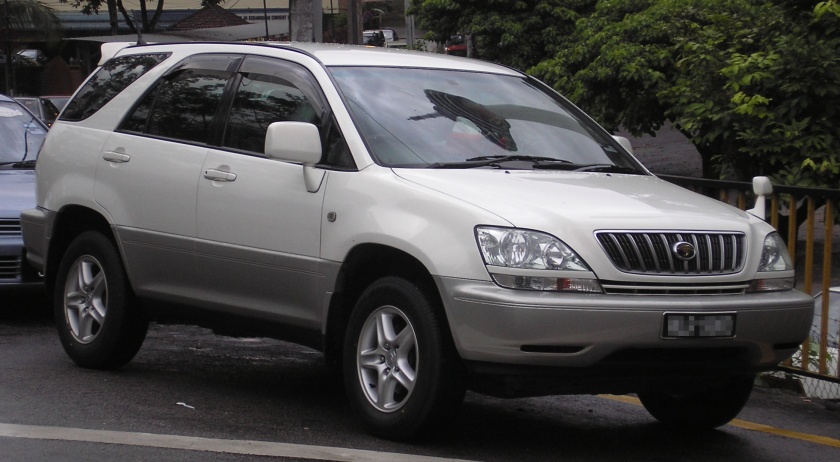
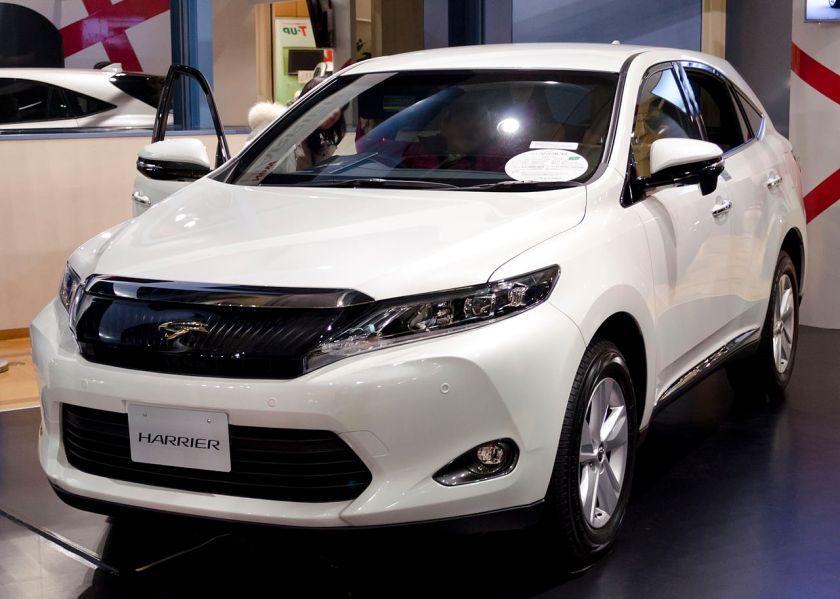 Toyota Harrier (1998–2005, also sold as the Lexus RX) + Harrier 2013
Toyota Harrier (1998–2005, also sold as the Lexus RX) + Harrier 2013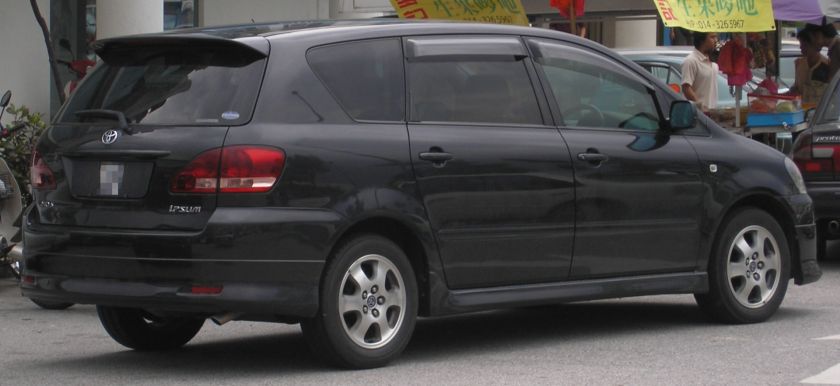
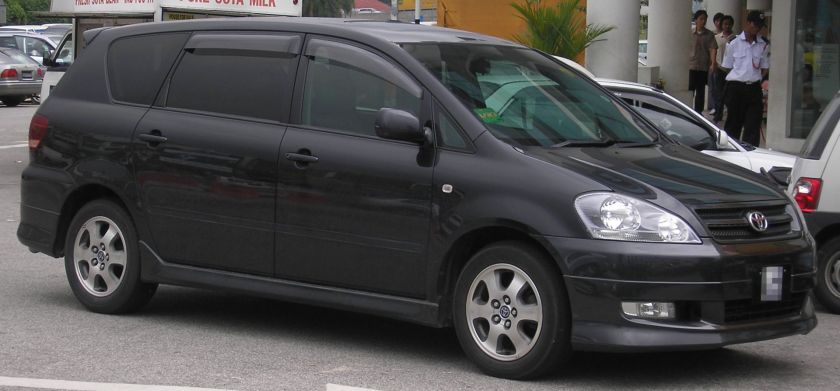
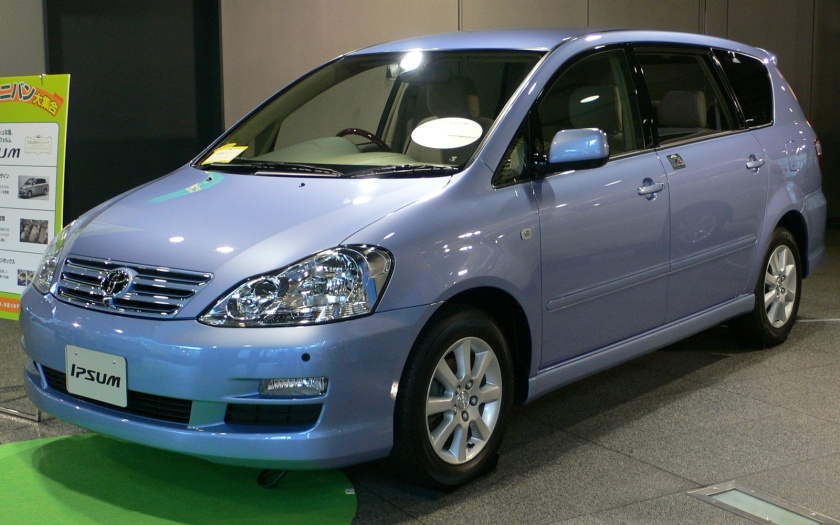 Toyota Ipsum (1995–2009, also sold as the Toyota Picnic from 2001, also sold as the Toyota Avensis Verso)
Toyota Ipsum (1995–2009, also sold as the Toyota Picnic from 2001, also sold as the Toyota Avensis Verso)
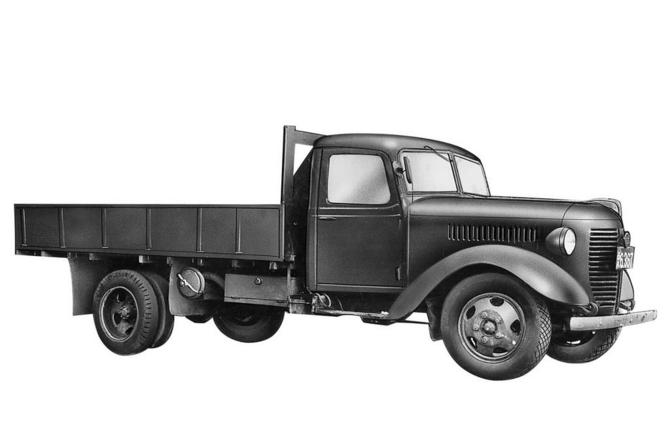 Toyota KB (1942–1944, truck)
Toyota KB (1942–1944, truck)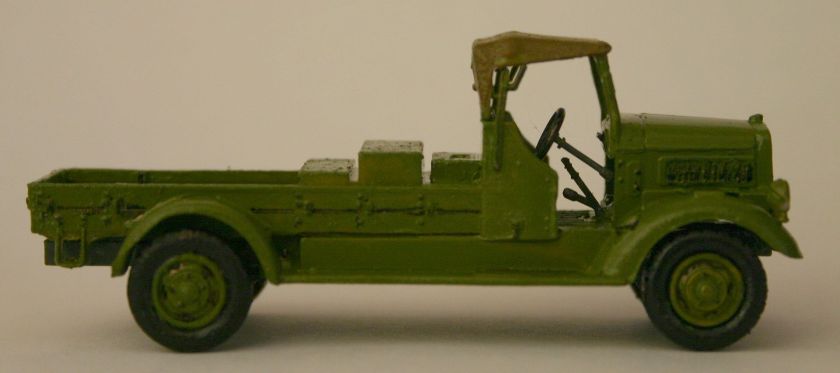 Toyota KC (1943, truck)
Toyota KC (1943, truck)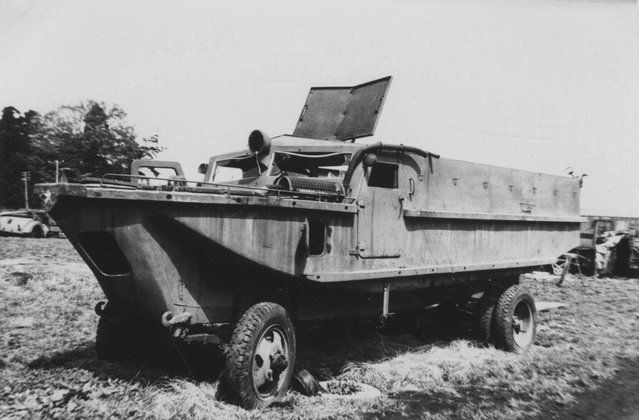
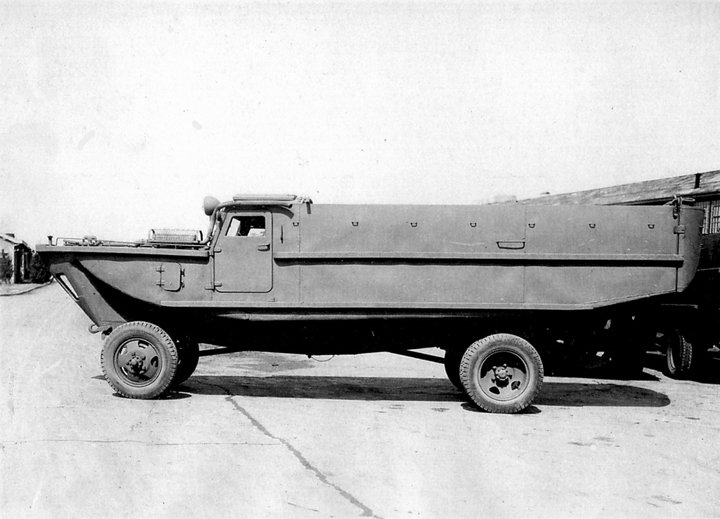 Toyota KCY (1943–1944, amphibian truck)
Toyota KCY (1943–1944, amphibian truck)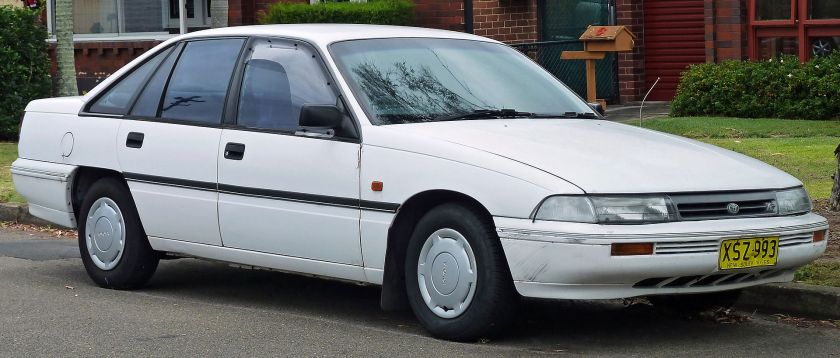 Toyota Lexcen (1989–1992, Australia, rebadged Holden Commodore)
Toyota Lexcen (1989–1992, Australia, rebadged Holden Commodore)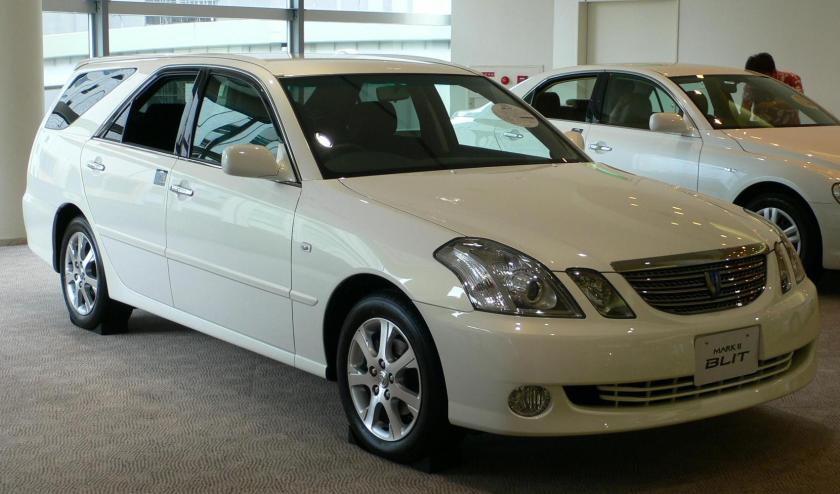
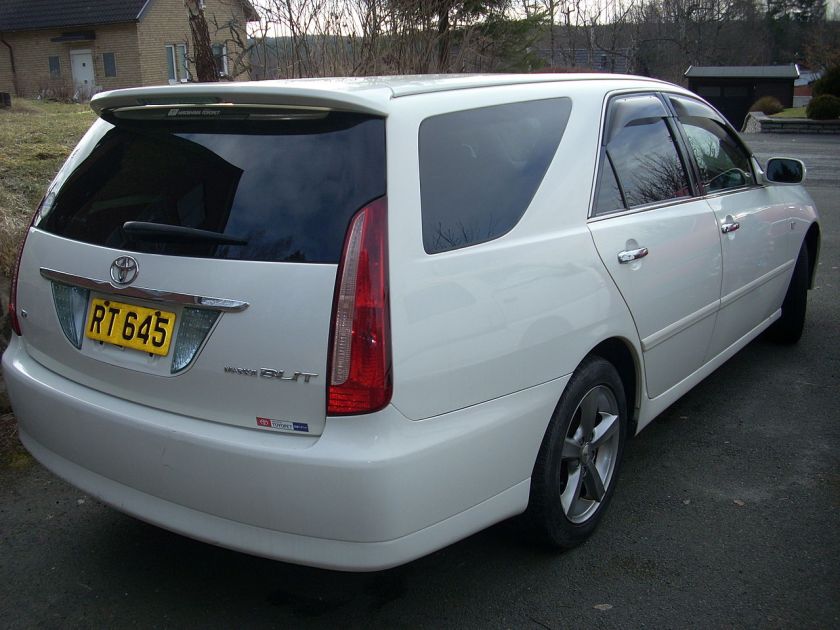 Toyota Mark II Blit (2002–2007)
Toyota Mark II Blit (2002–2007)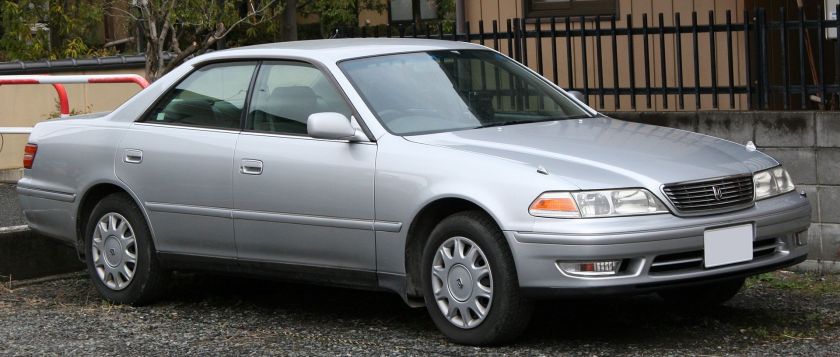
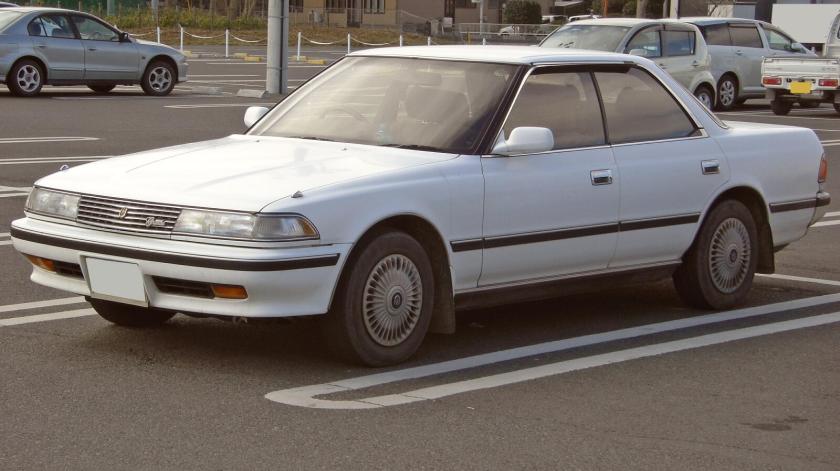
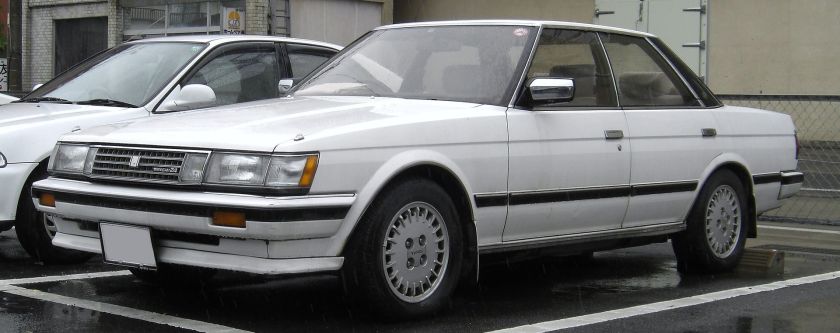
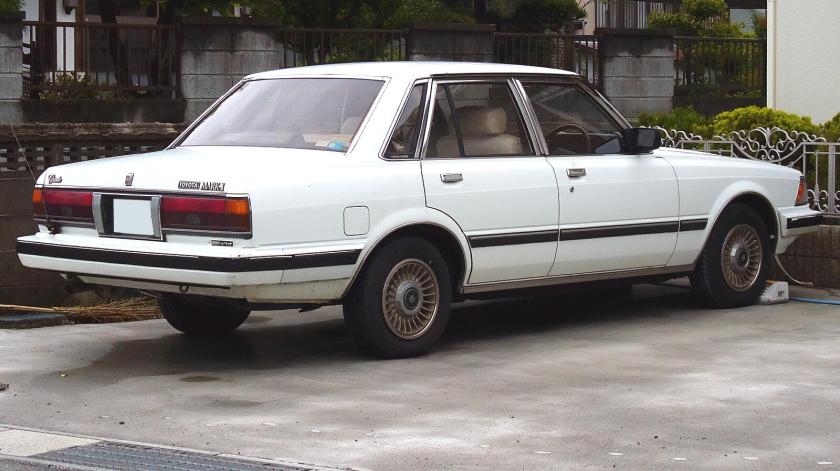
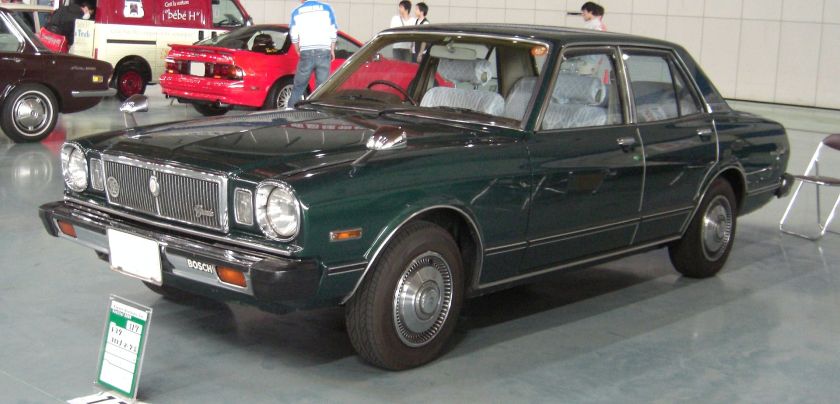
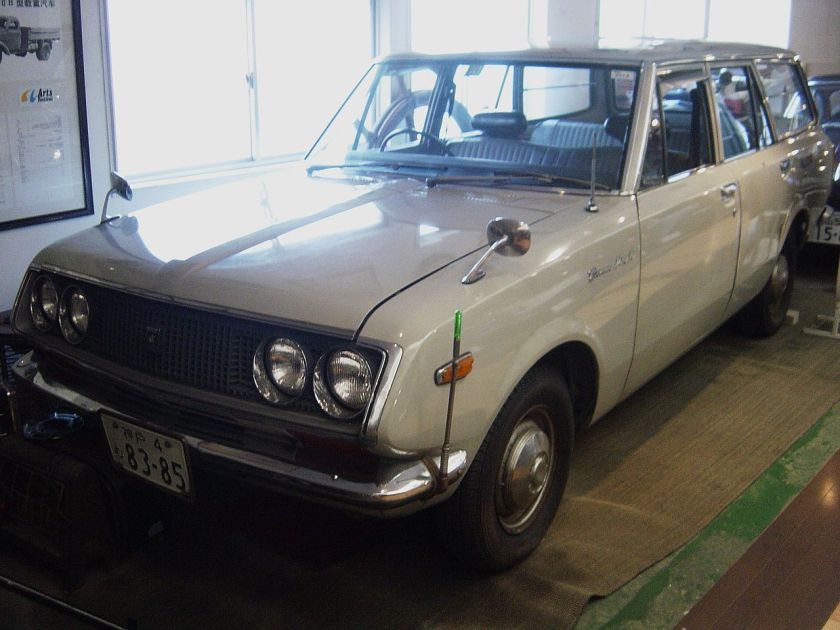
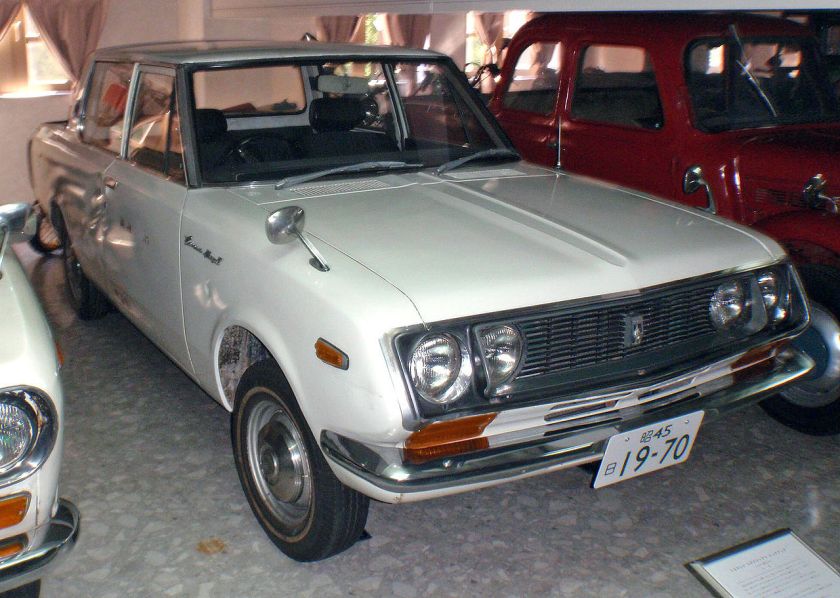
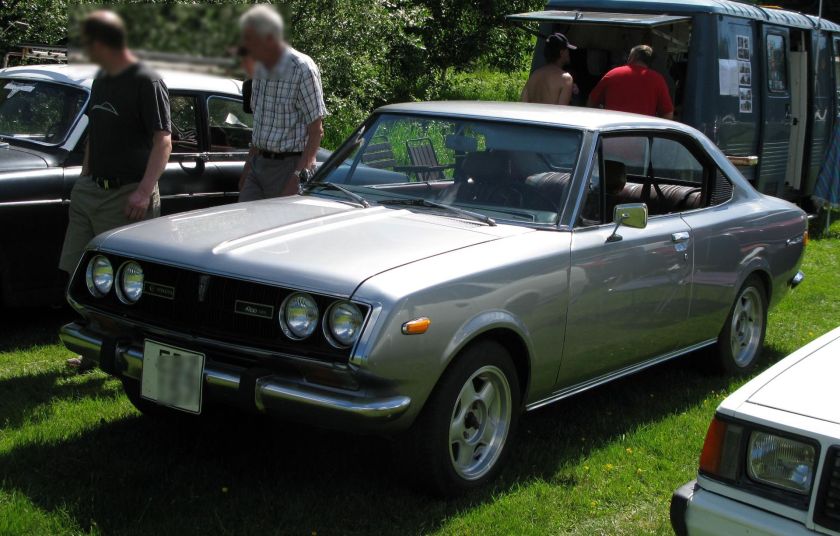
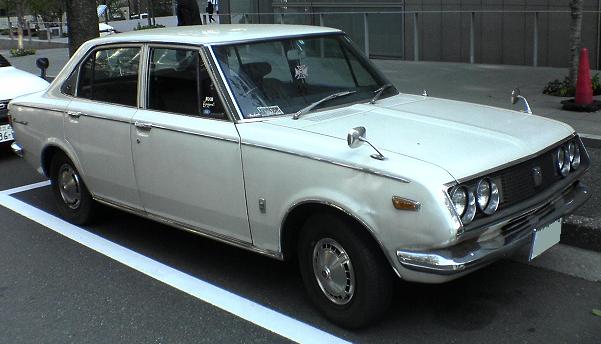






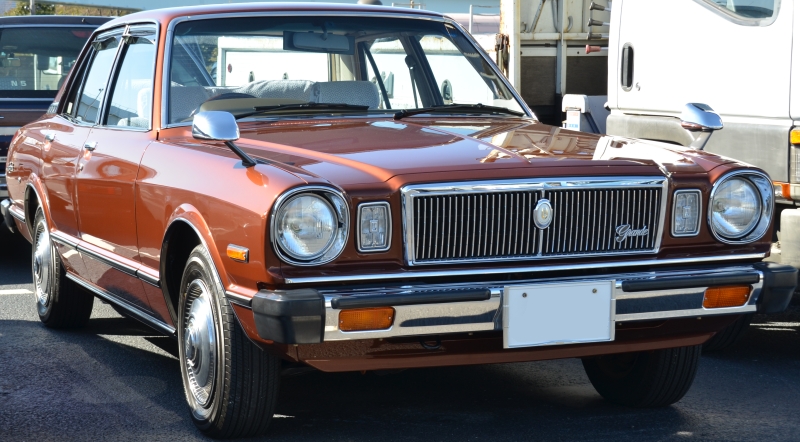


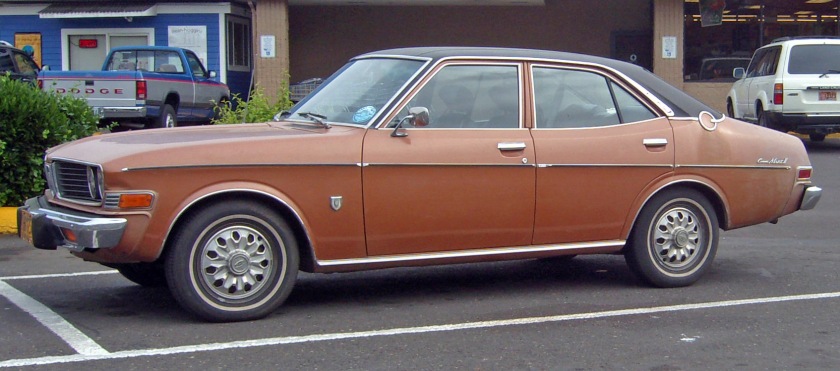
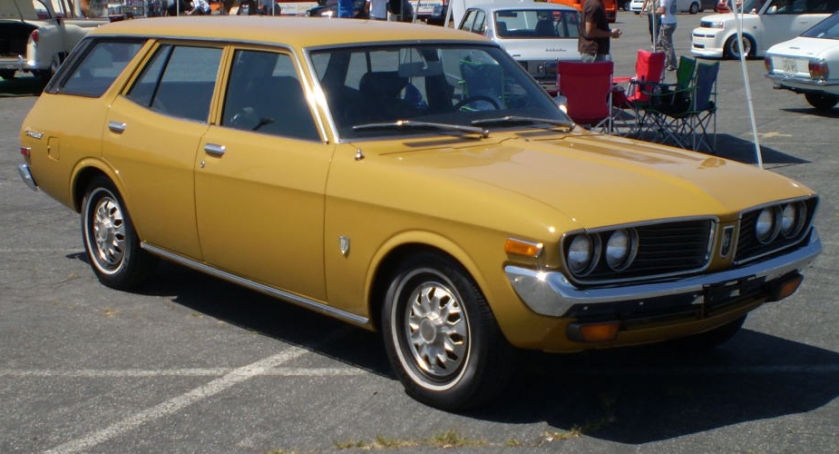
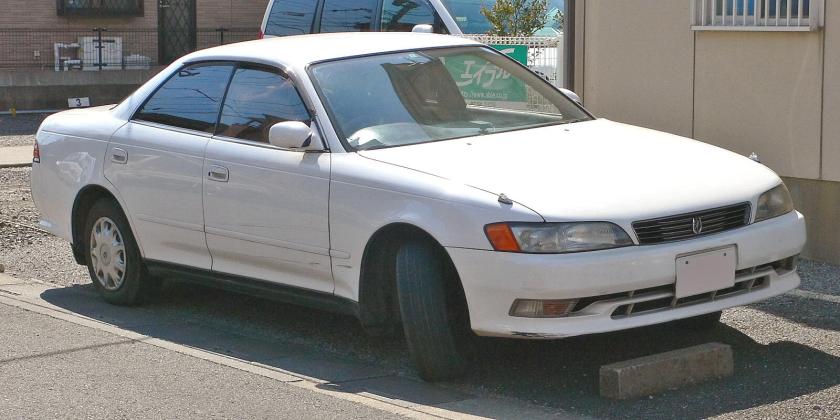
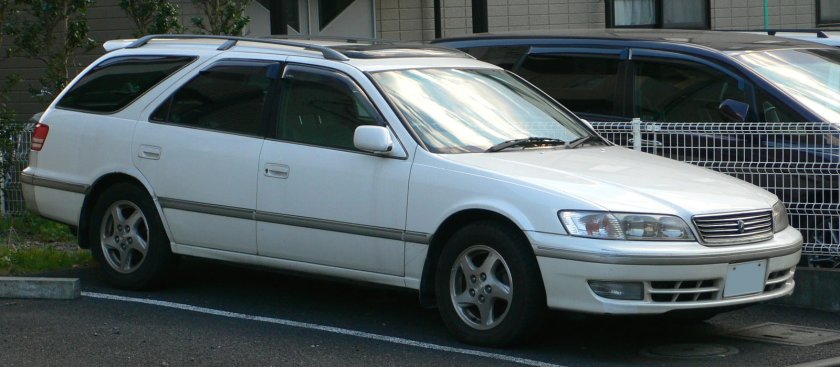

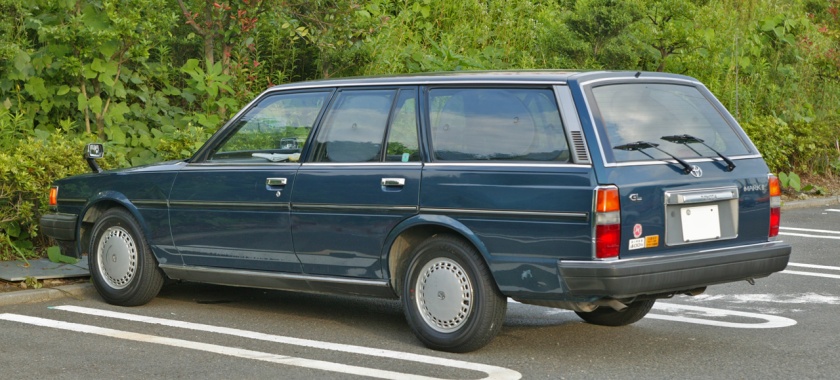 Toyota Mark II (1968–2004, also known as the Corona Mark II)
Toyota Mark II (1968–2004, also known as the Corona Mark II)

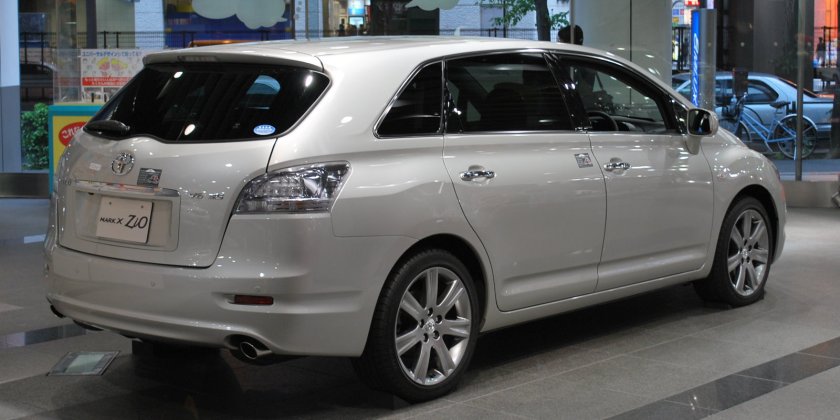
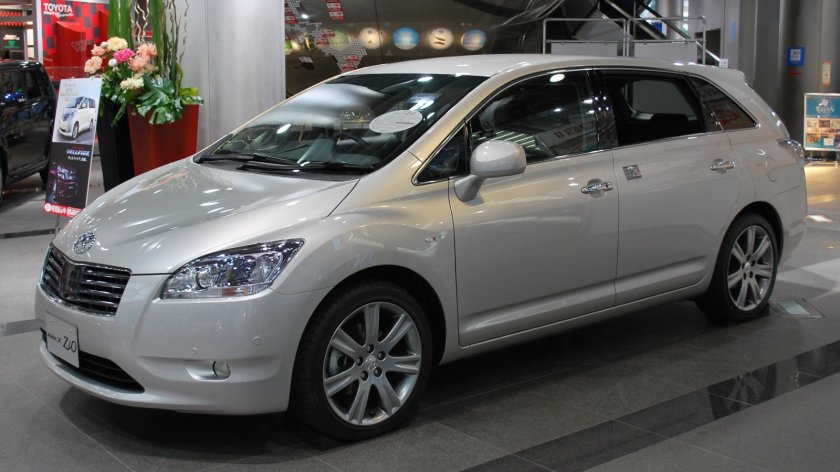
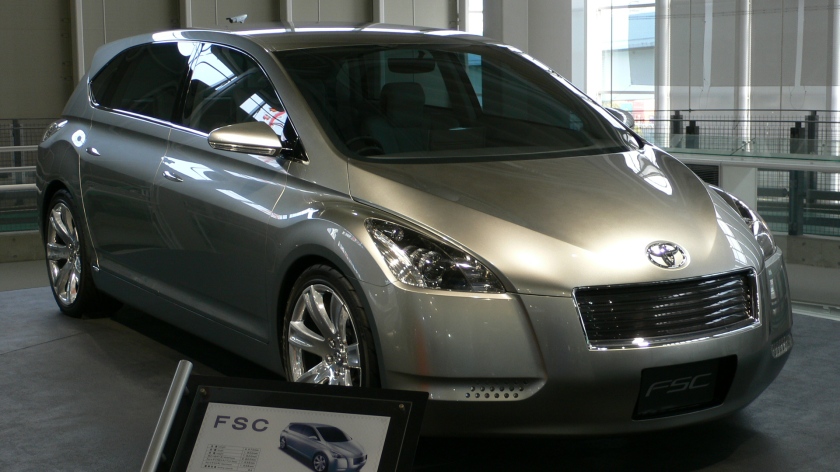 Toyota Mark X ZiO (2007–2013)
Toyota Mark X ZiO (2007–2013)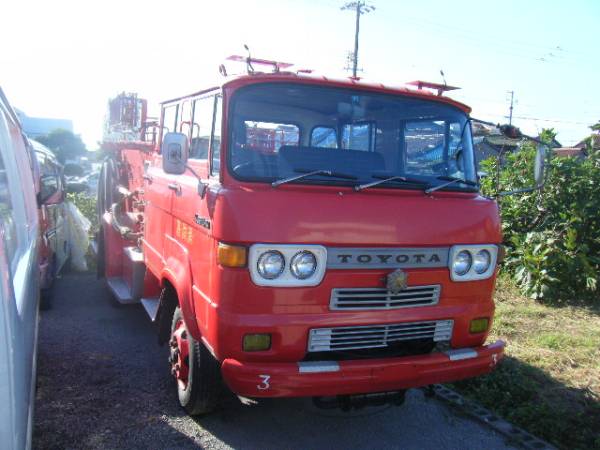

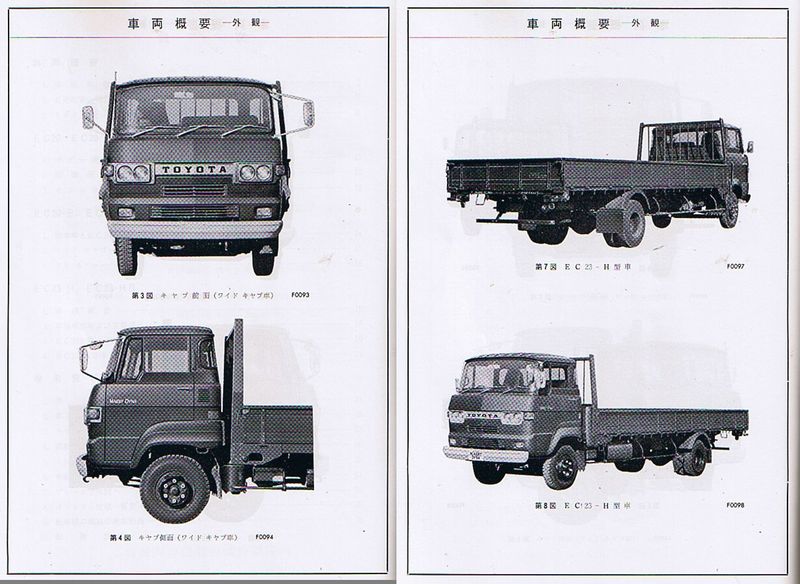
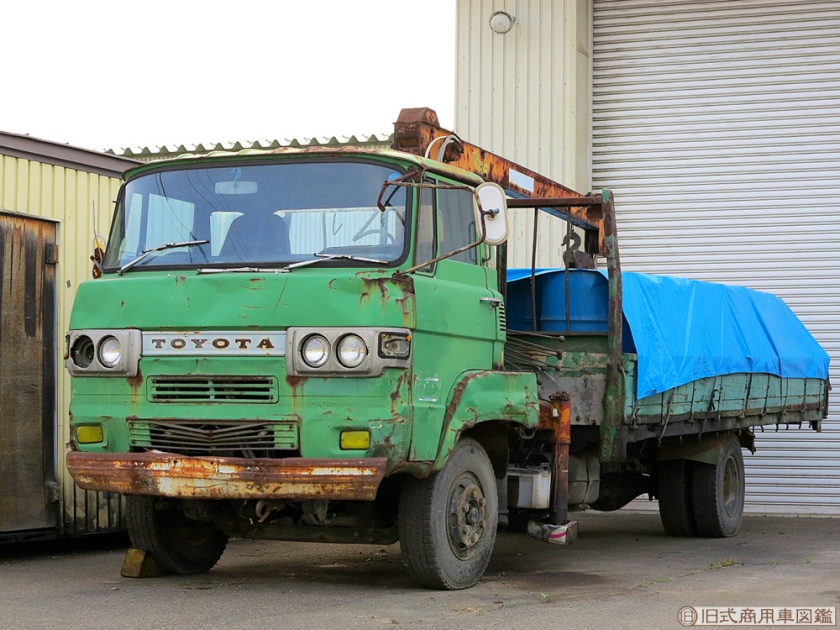 Toyota Massy Dyna (1969-1979, four-ton cab-over truck)
Toyota Massy Dyna (1969-1979, four-ton cab-over truck)
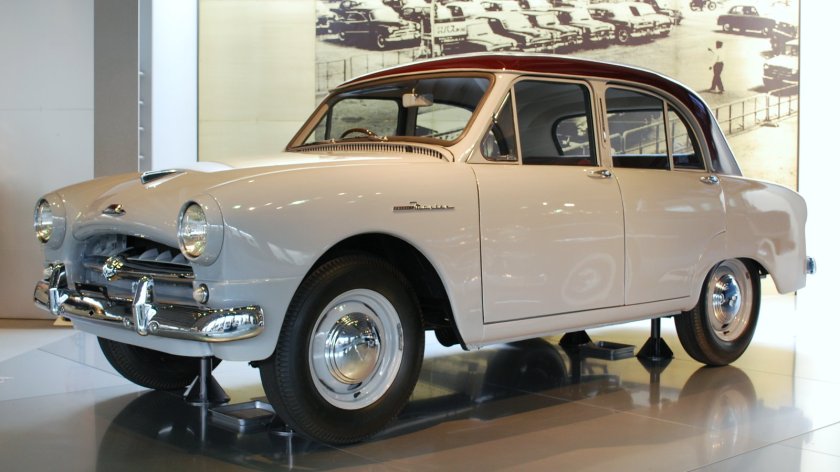 Toyota Master (1955–1956, also called the RR)
Toyota Master (1955–1956, also called the RR)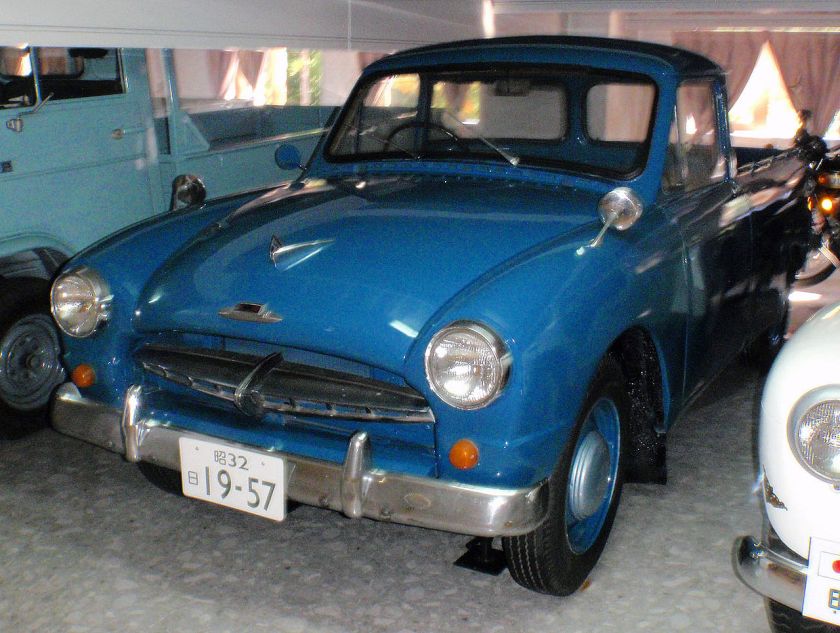
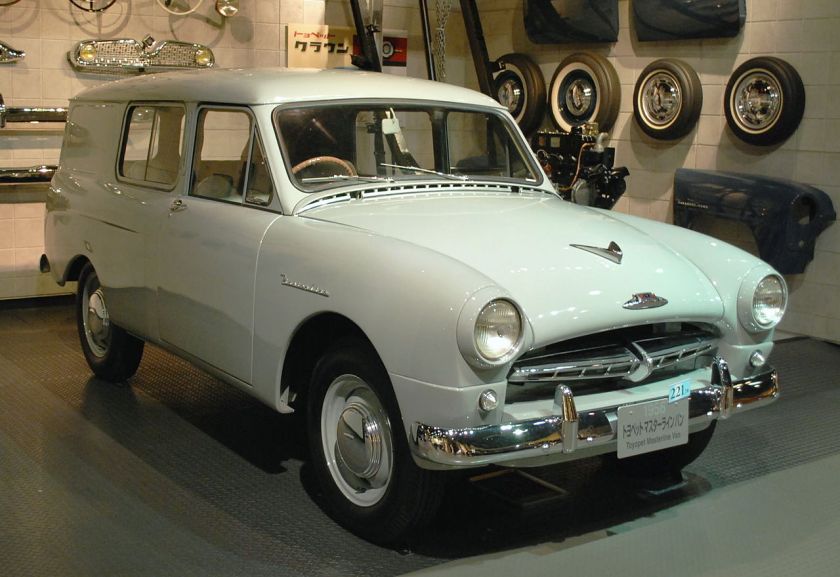

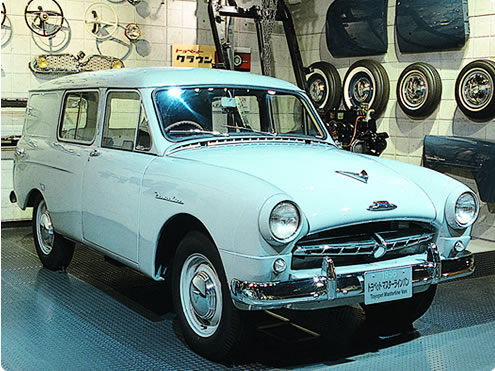
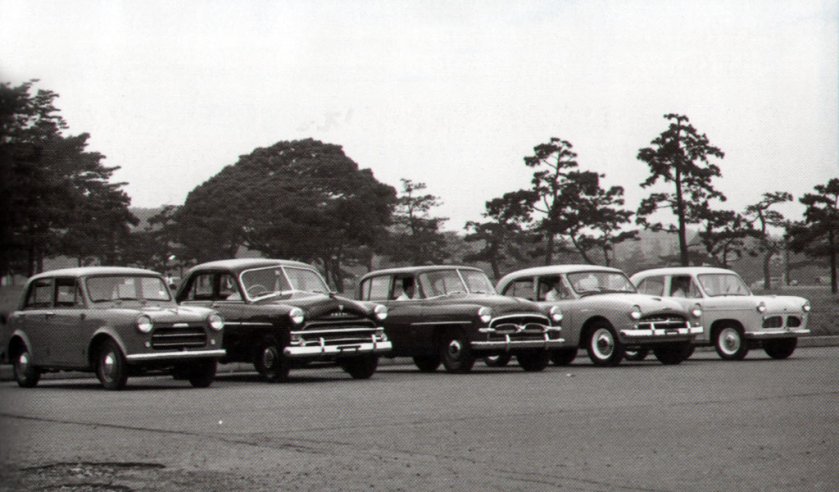
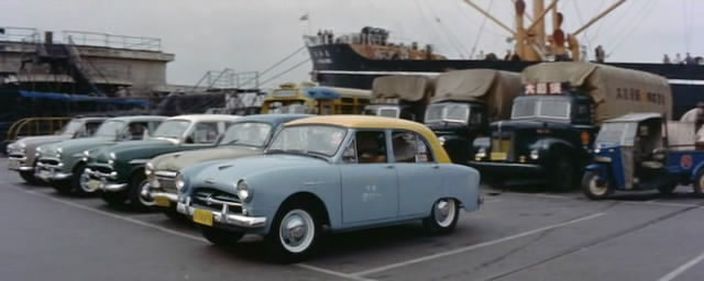
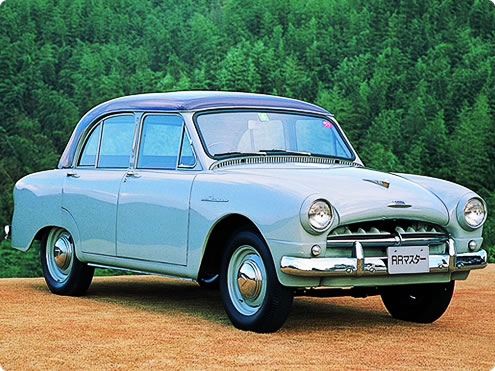
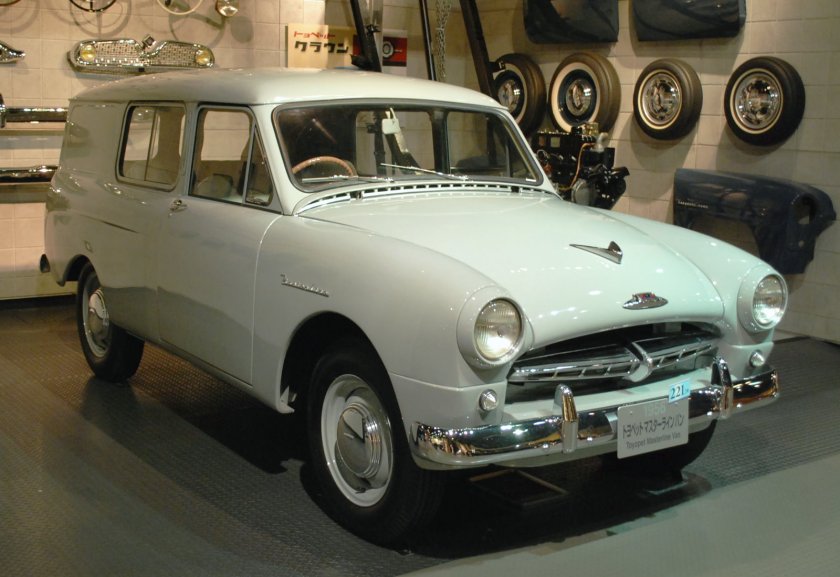
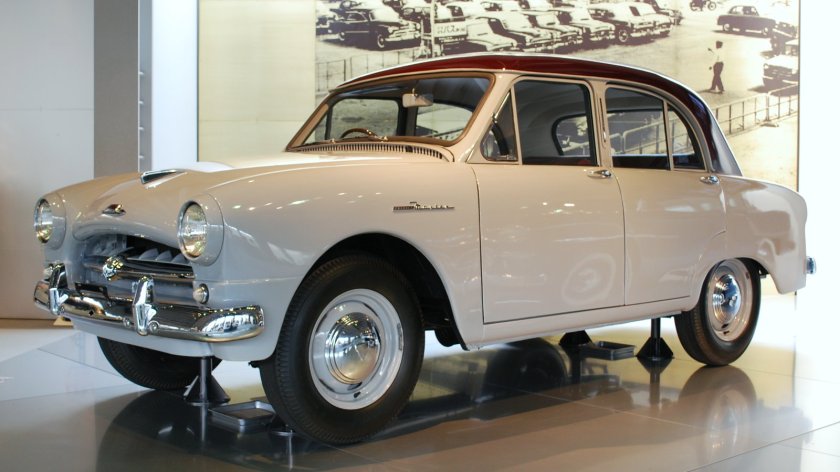

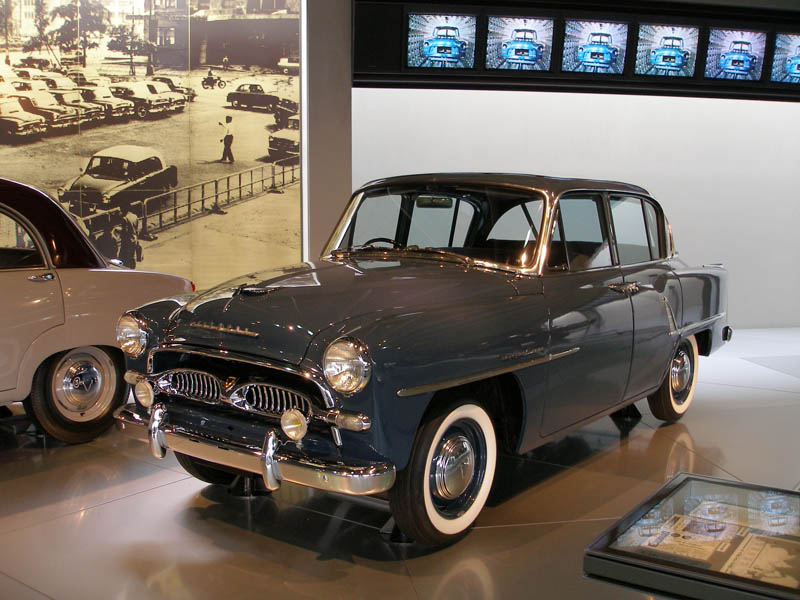
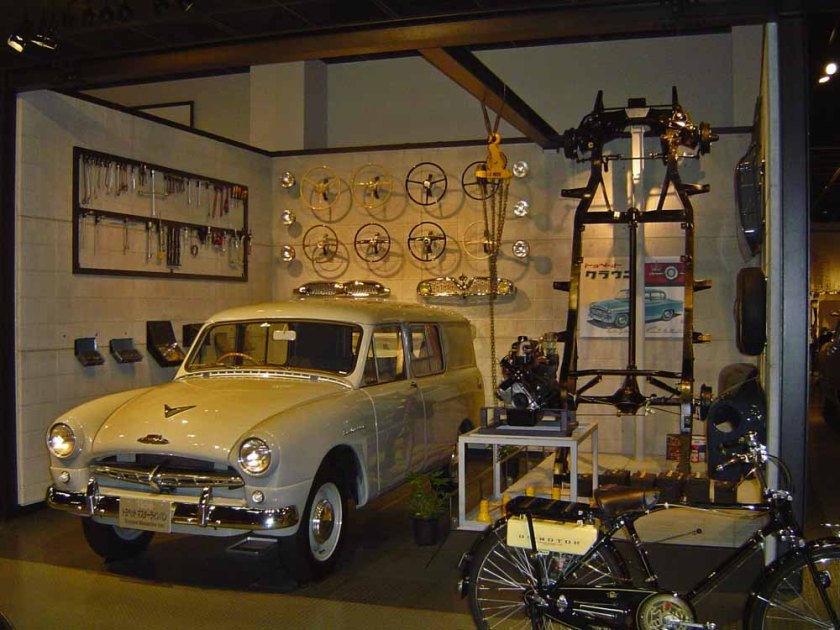 Toyota Masterline (1962–1967)
Toyota Masterline (1962–1967)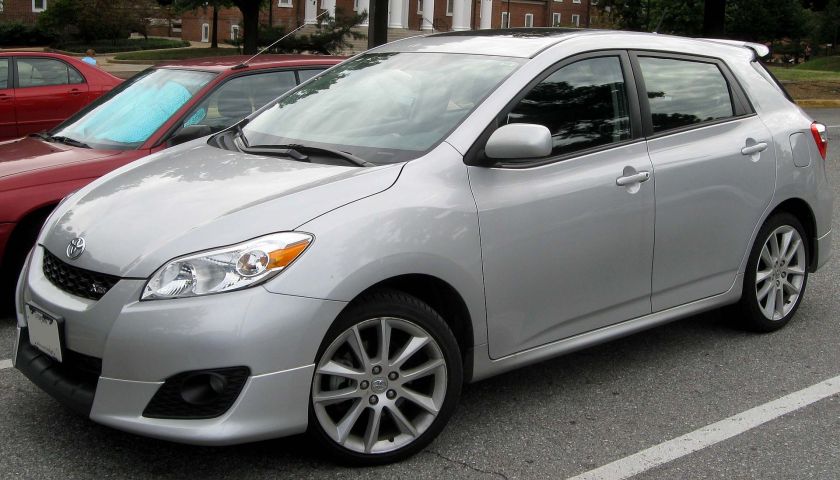
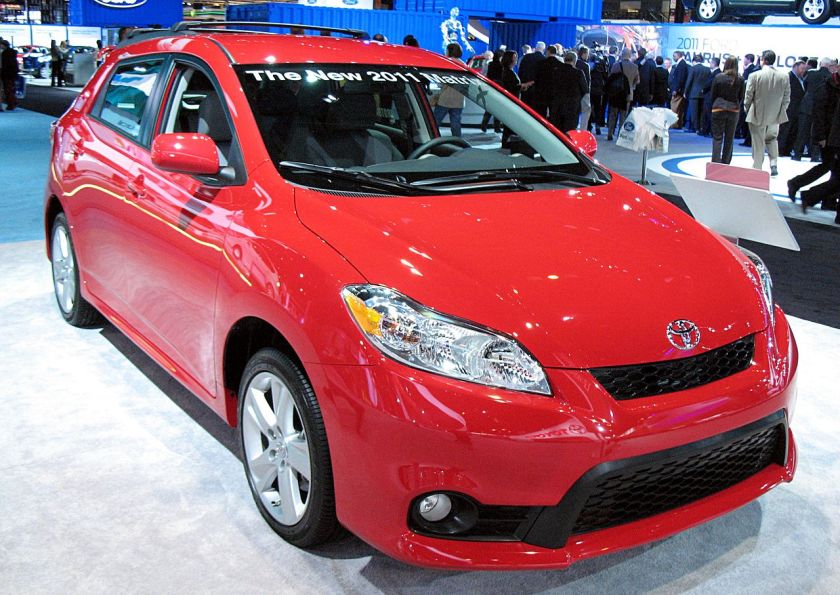
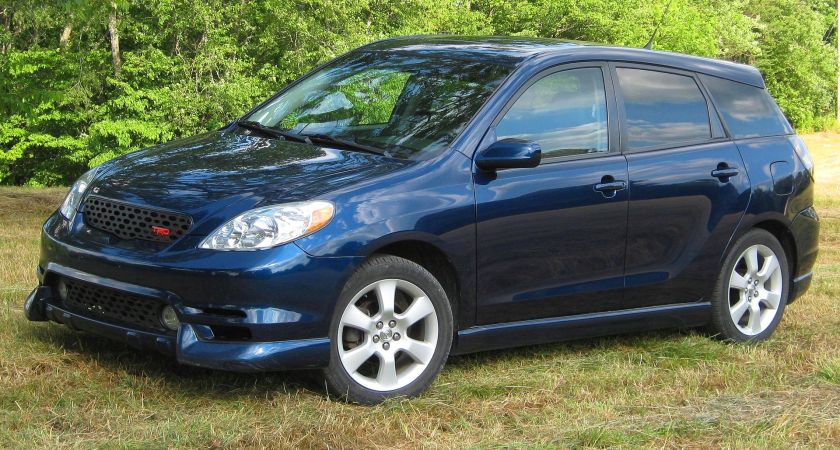
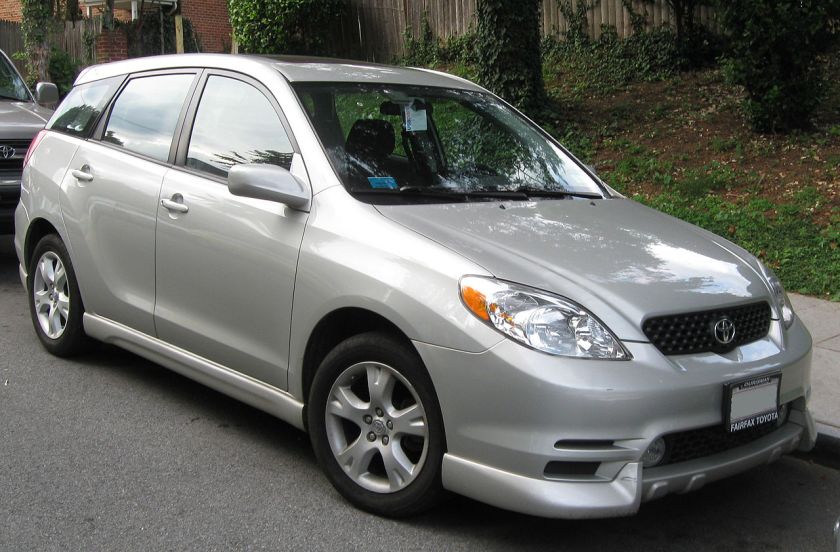
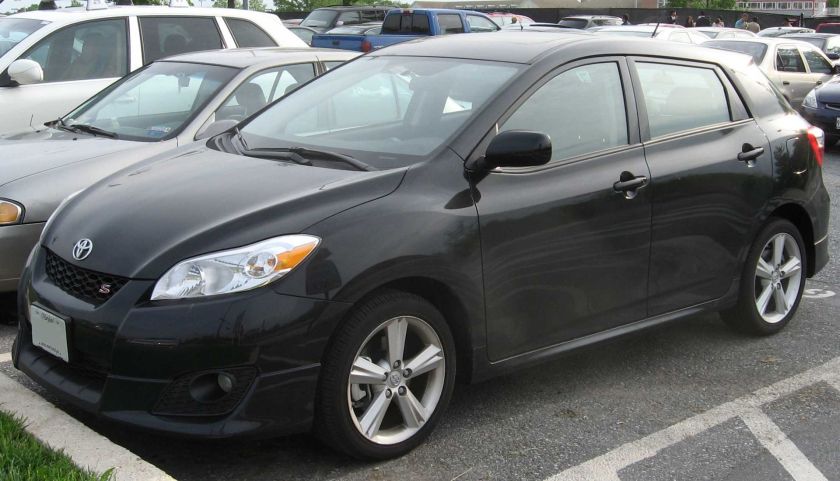
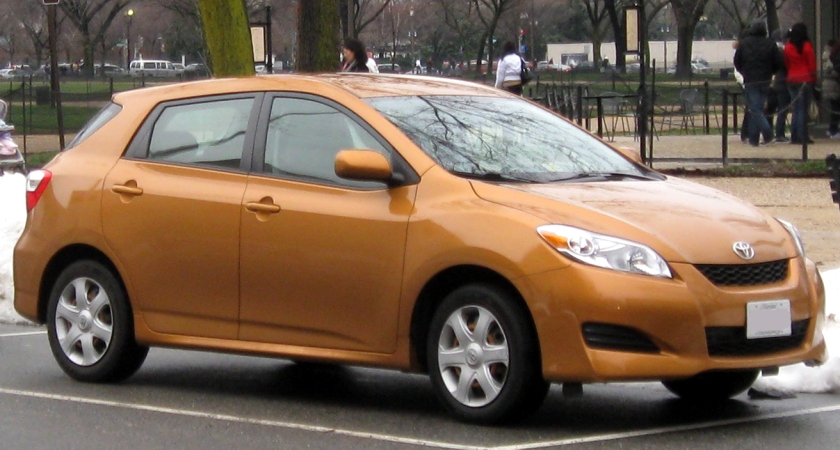
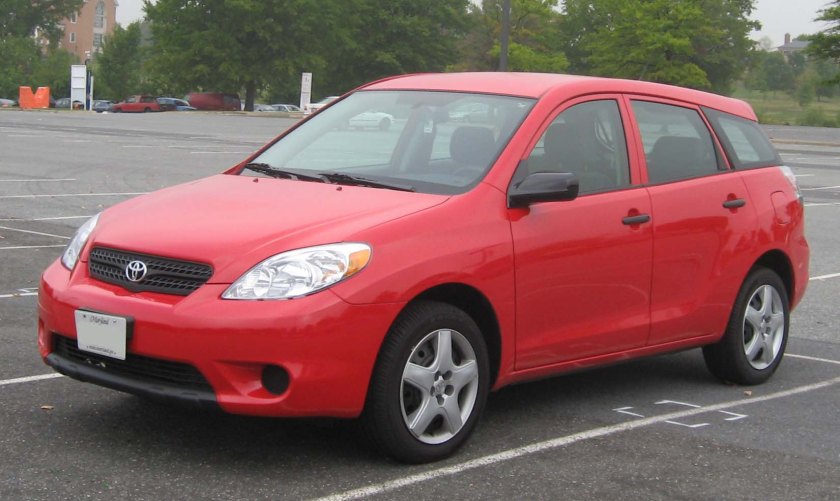 Toyota Matrix (2002-2014)
Toyota Matrix (2002-2014)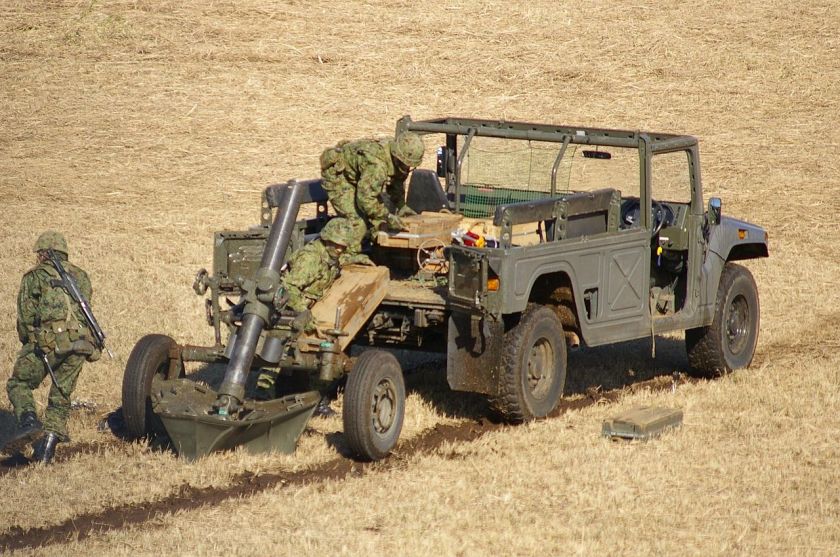
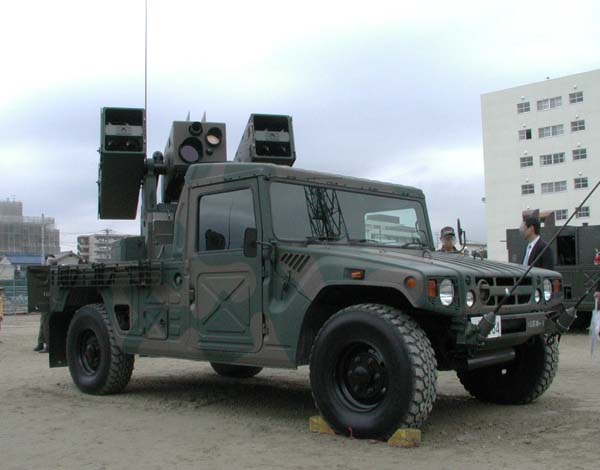
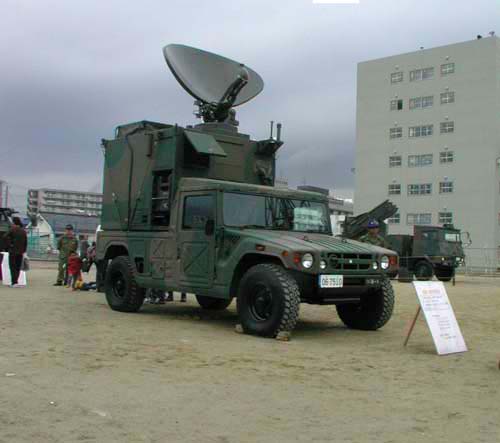
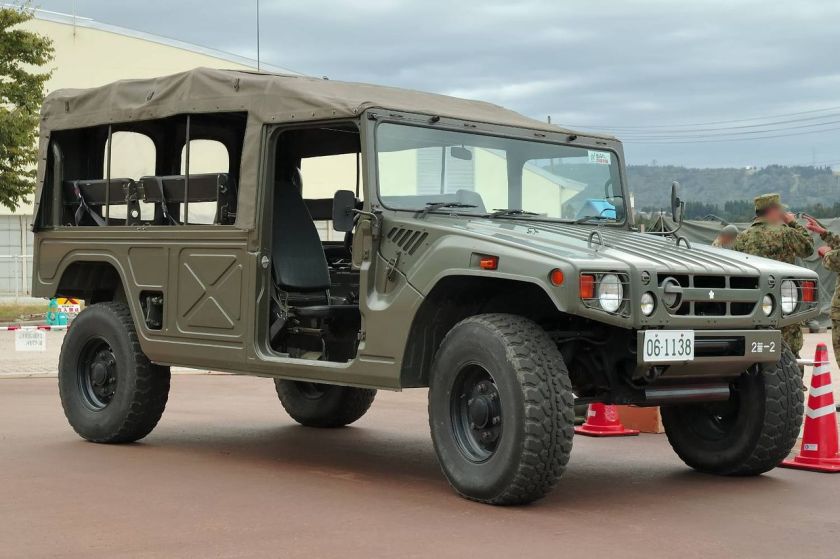
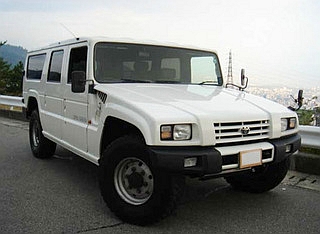
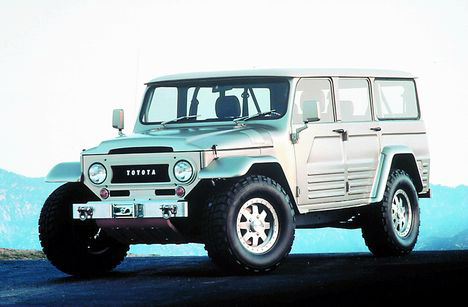
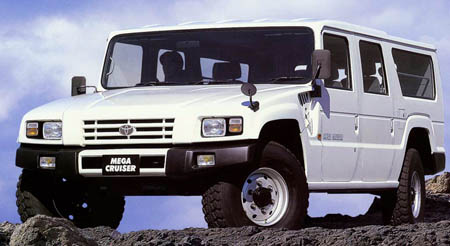 Toyota Mega Cruiser (1996–2002)
Toyota Mega Cruiser (1996–2002)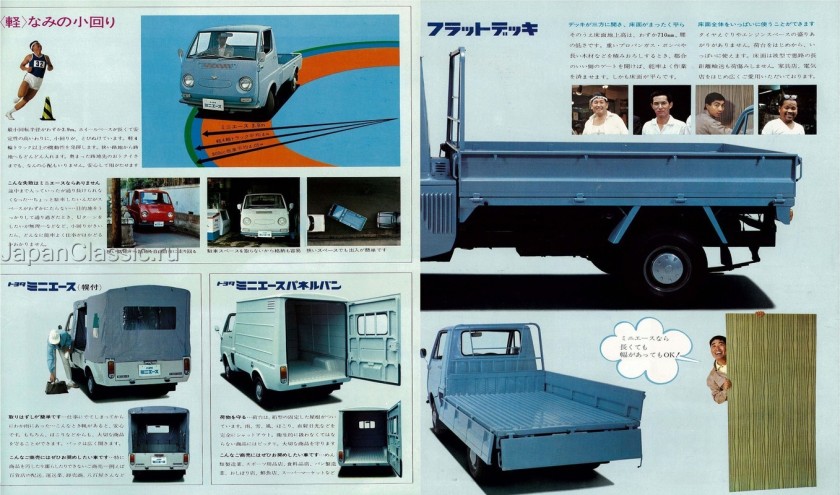
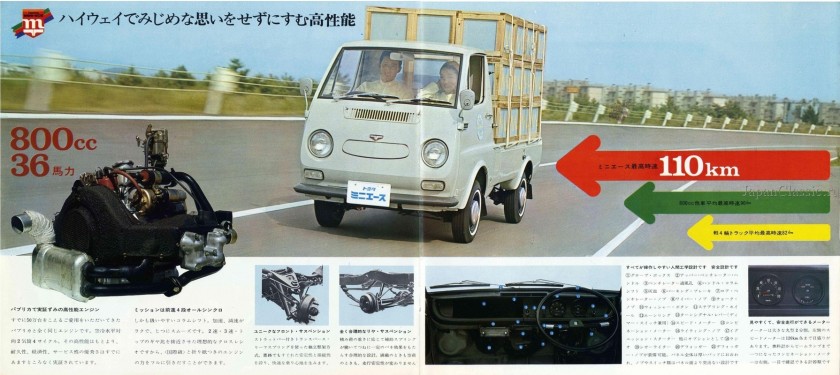
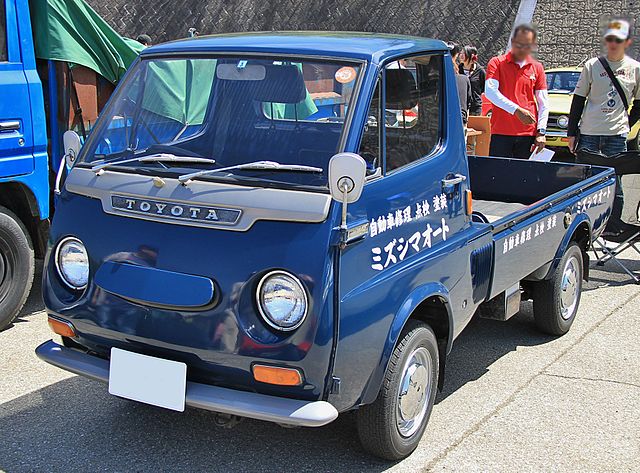
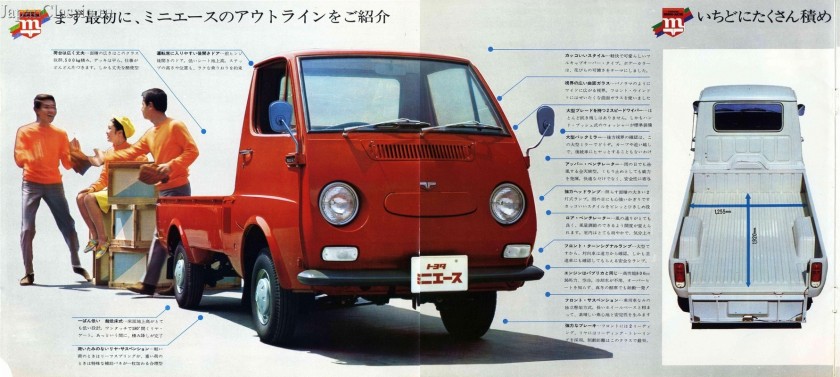
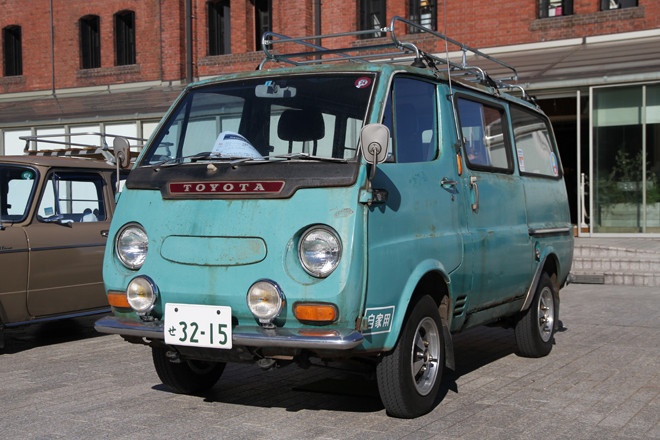
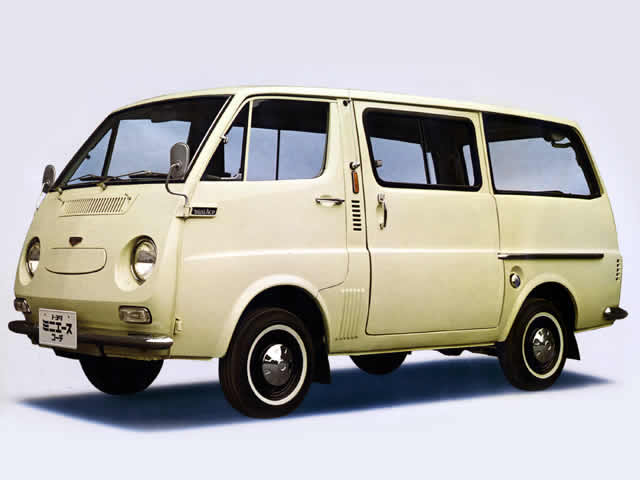
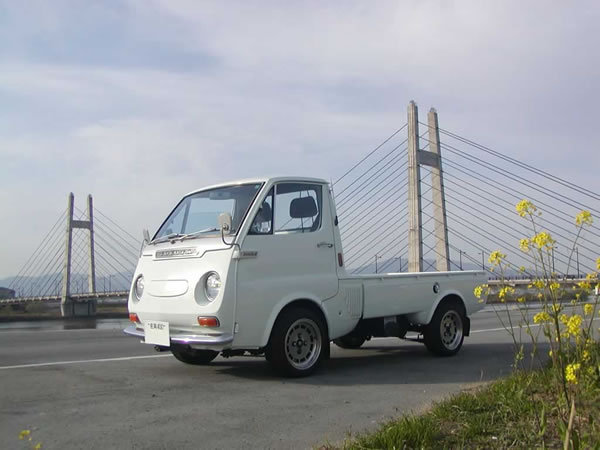
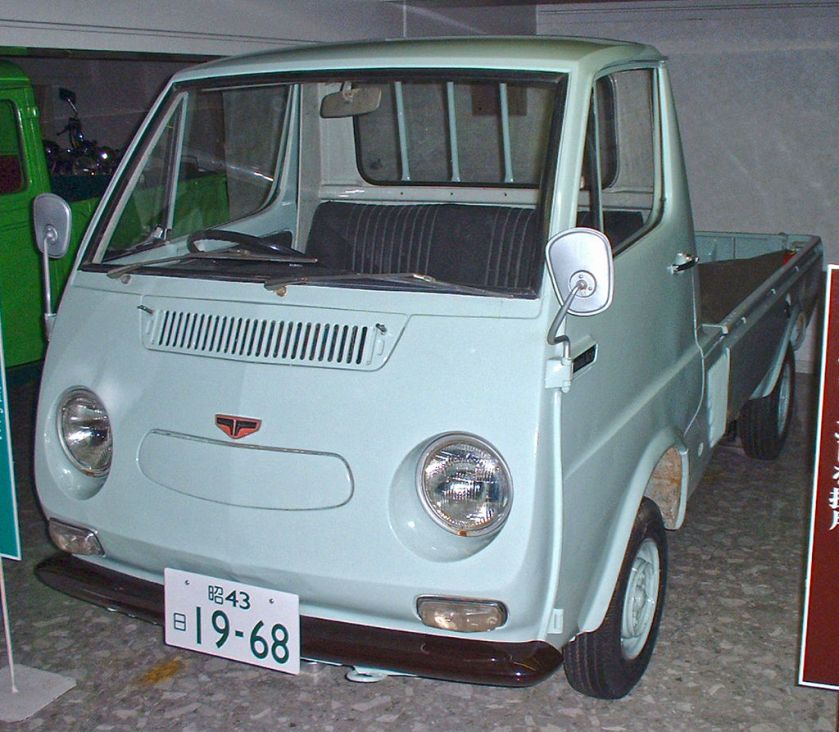 Toyota MiniAce (1967–1975)
Toyota MiniAce (1967–1975)
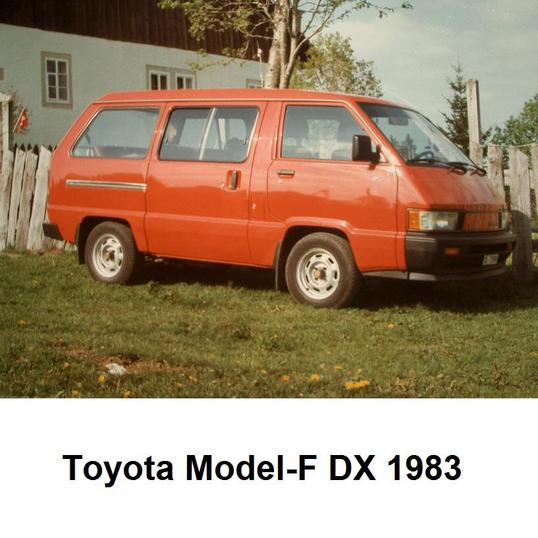
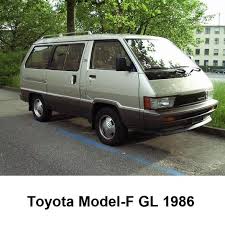
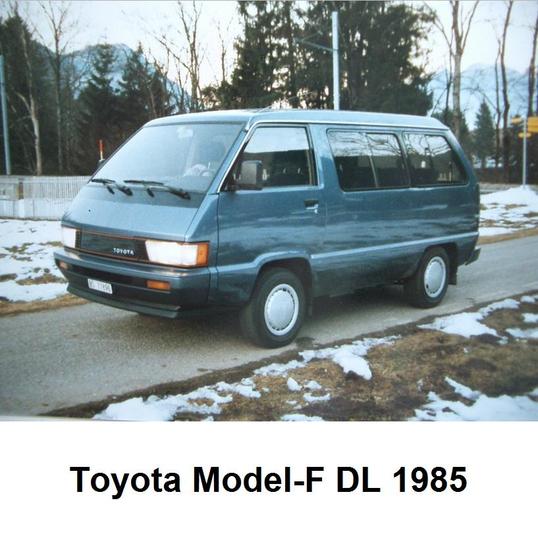
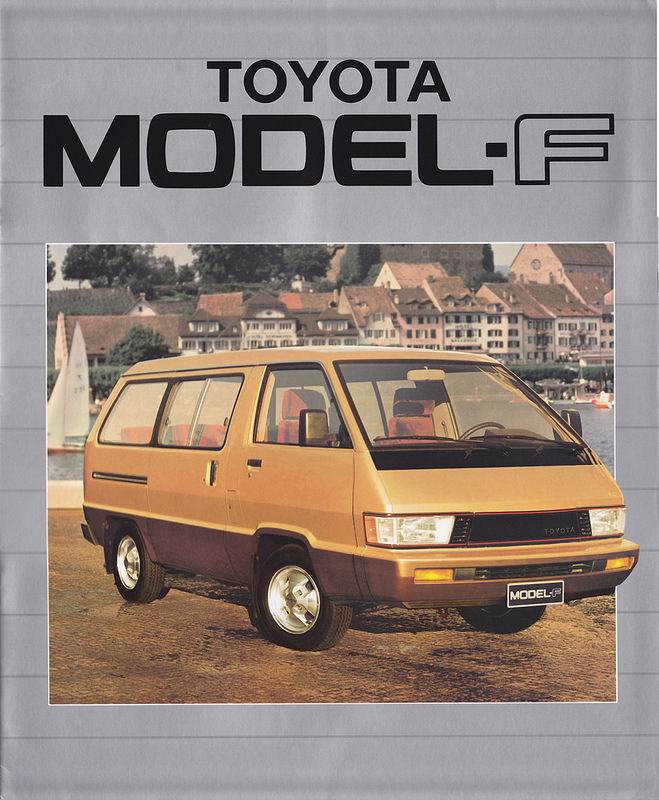
Toyota Model F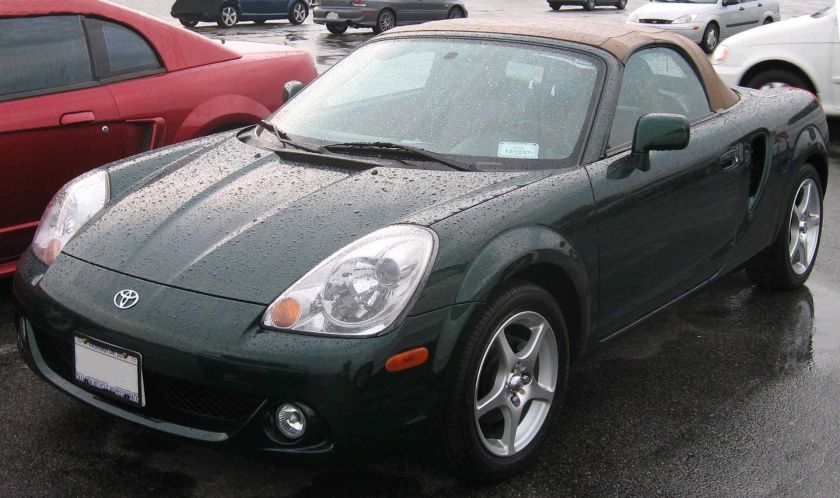
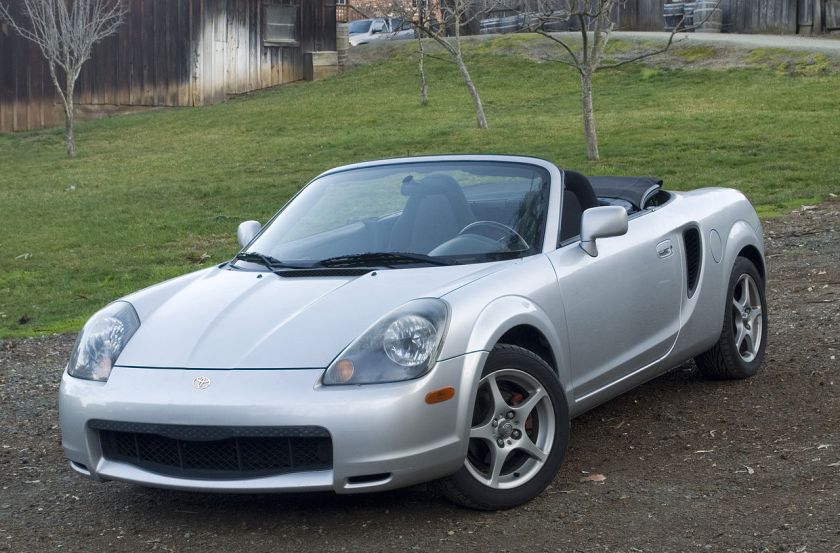
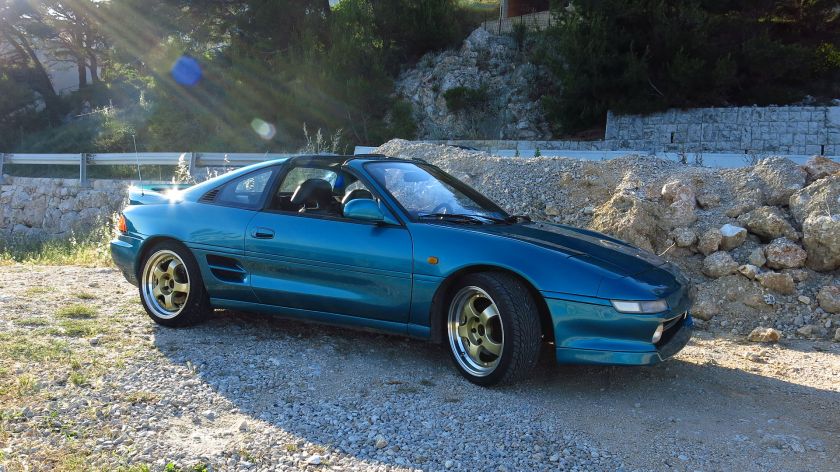
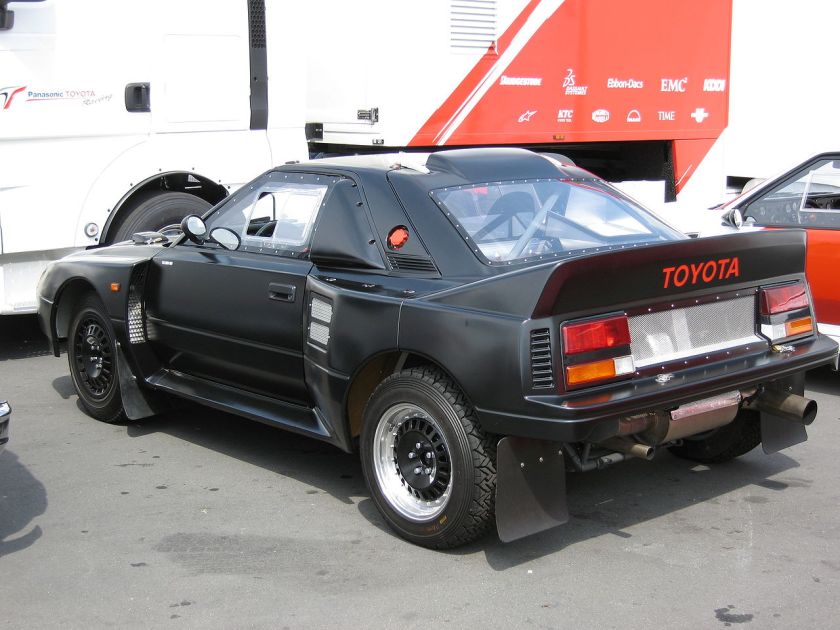
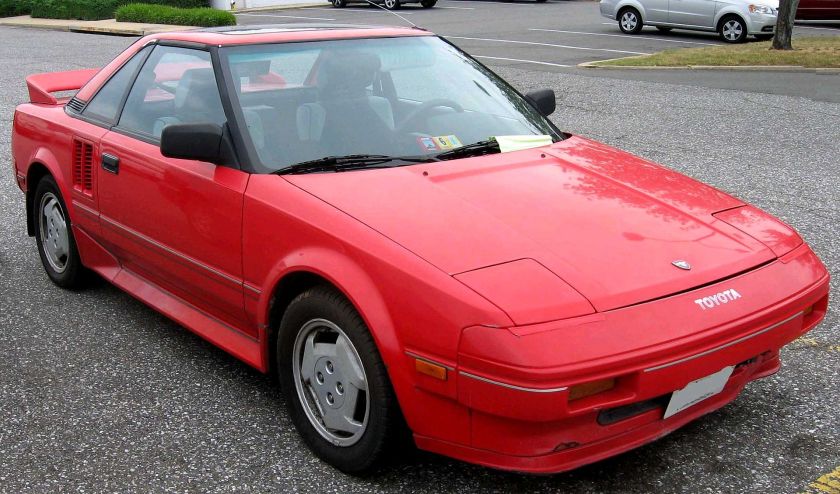

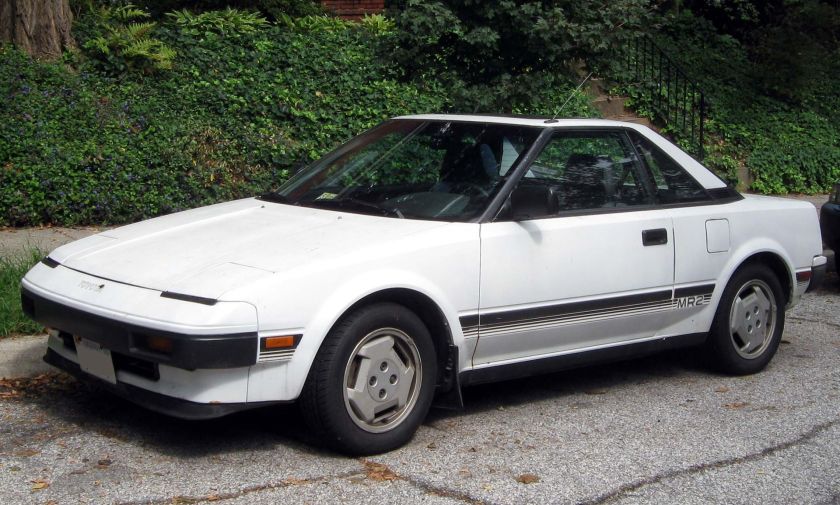
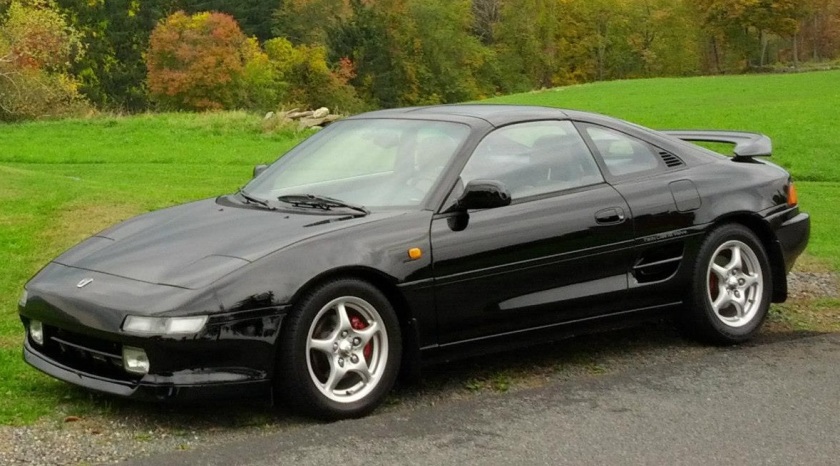
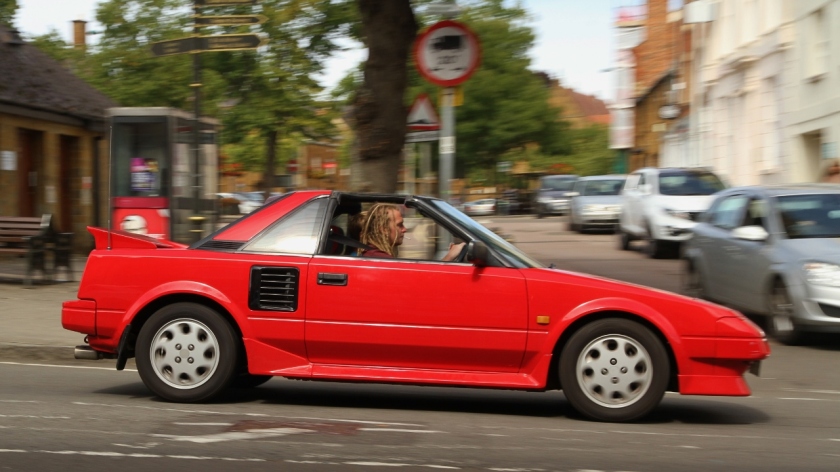
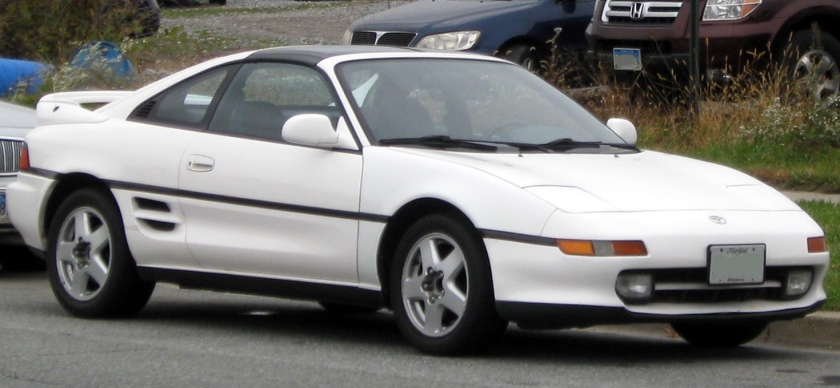
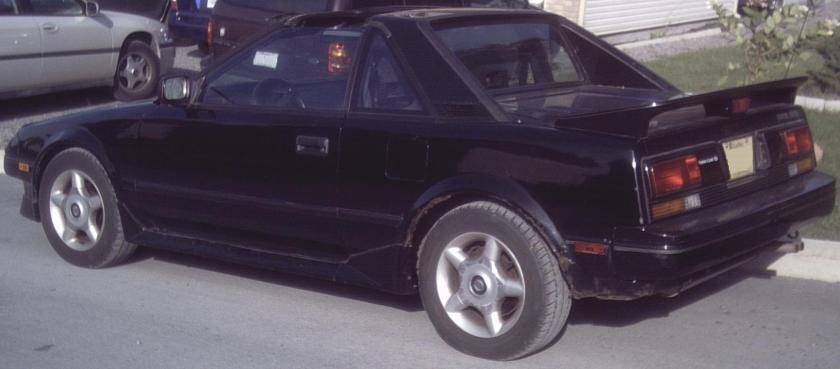

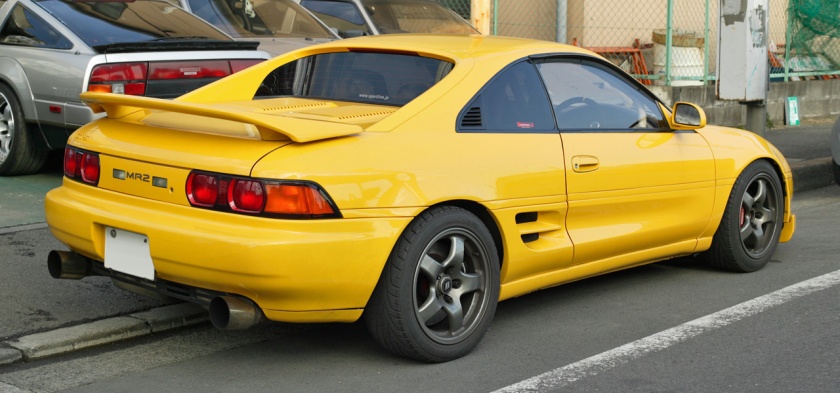

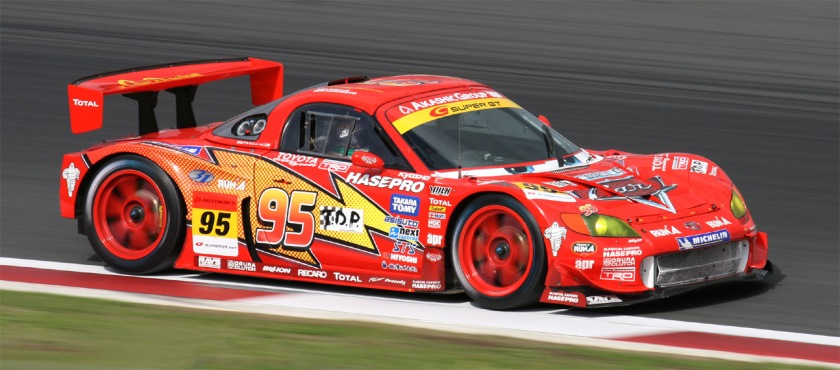
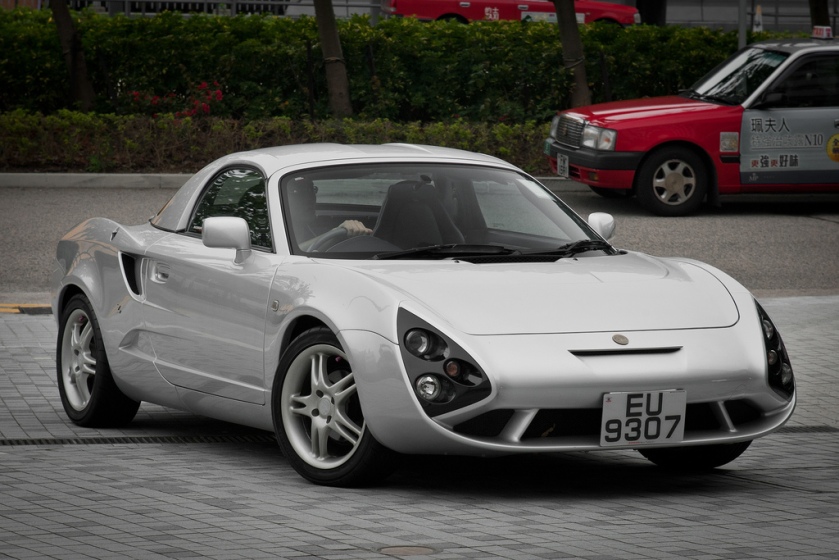 Toyota MR2/MR-S (1984–2005)
Toyota MR2/MR-S (1984–2005)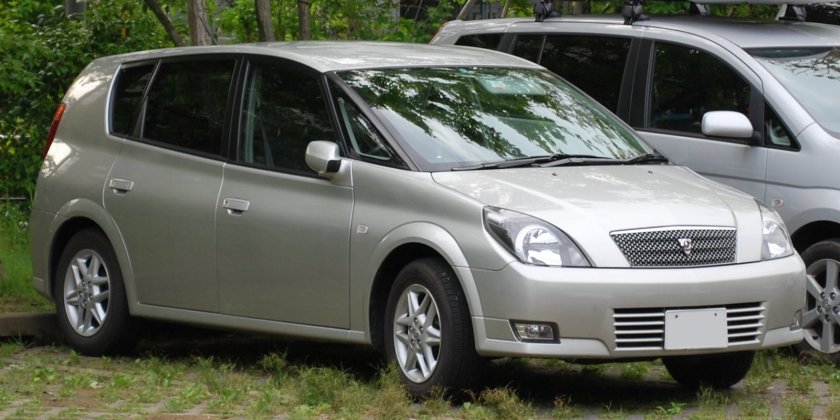
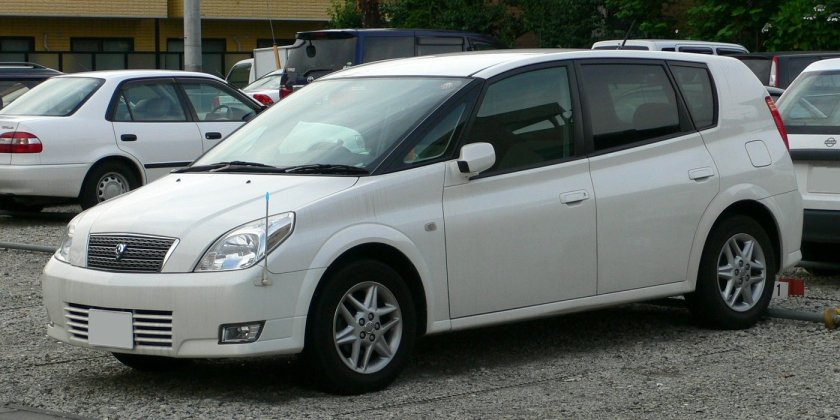 Toyota Opa (2000–2005)
Toyota Opa (2000–2005)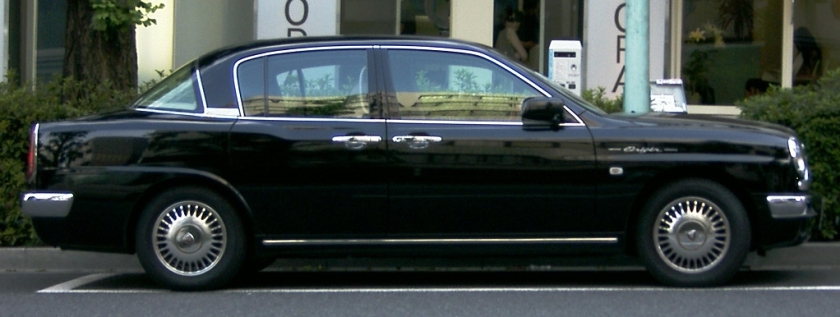
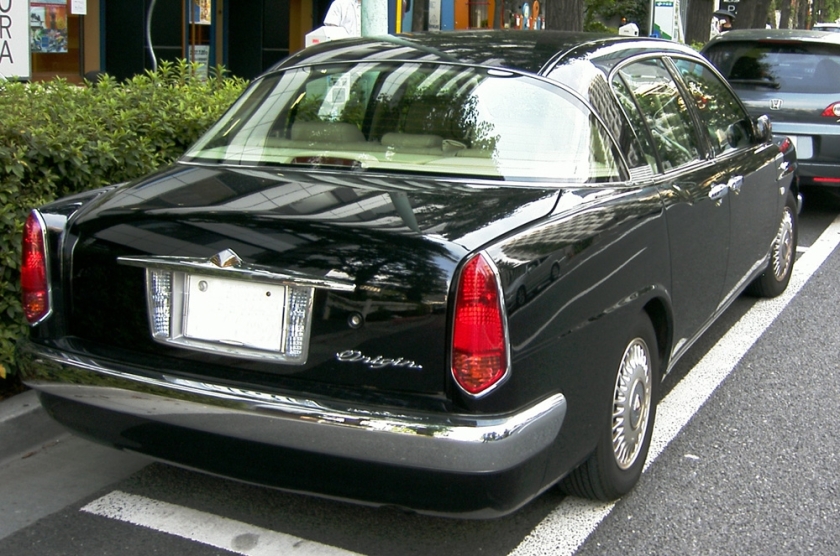
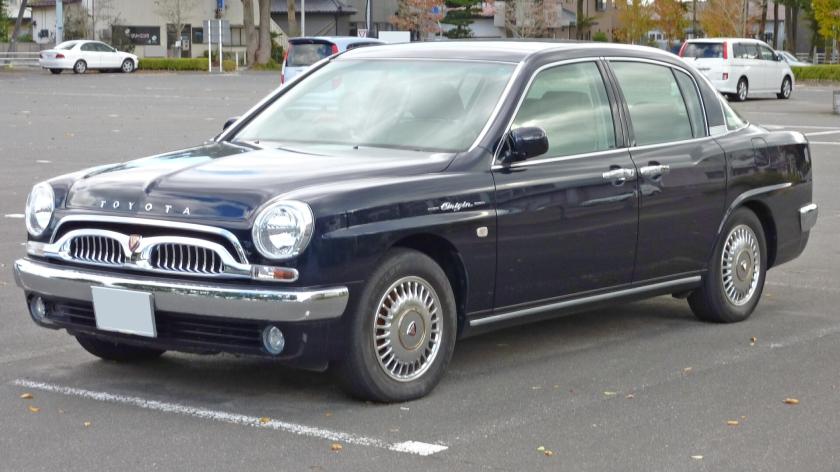
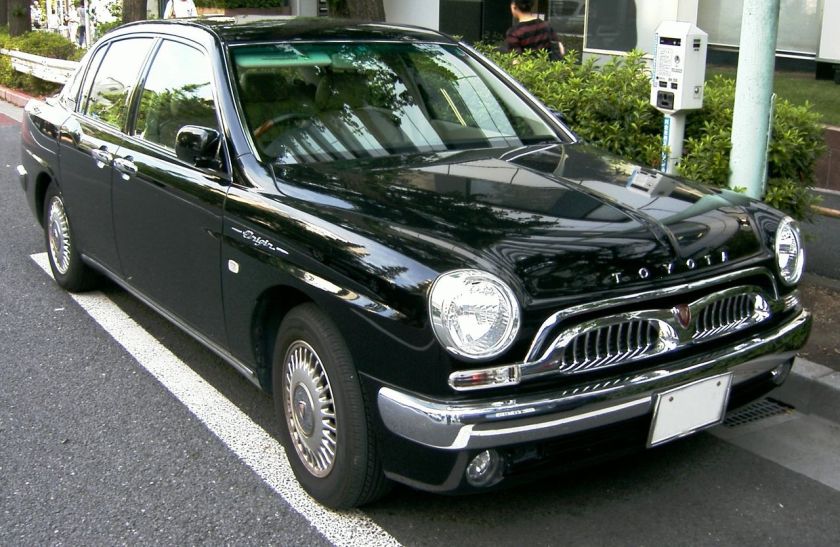 Toyota Origin (2000)
Toyota Origin (2000)![1955 Toyota Patrol Keisatsu [BH26]](https://myntransportblog.wordpress.com/wp-content/uploads/2016/04/1955-toyota-patrol-keisatsu-bh26.jpg?w=840) Toyota Patrol (1955, Police patrol car based on the Super, Master or Crown)
Toyota Patrol (1955, Police patrol car based on the Super, Master or Crown)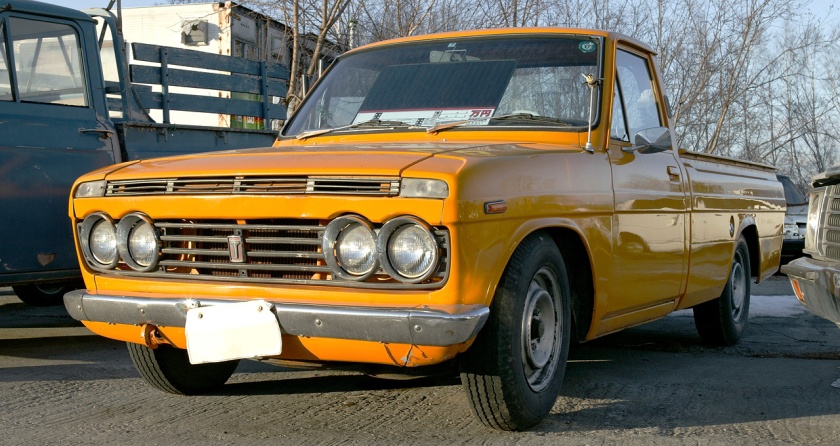
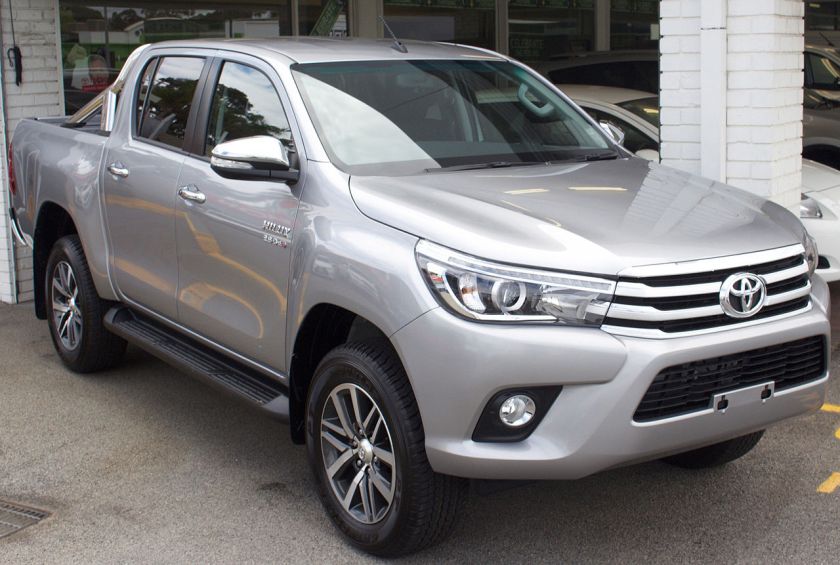 2015 Toyota HiLux (GUN136R) SR5 4-door pickup Toyota Pickup (Pre-Tacoma Years, 1968–1995)
2015 Toyota HiLux (GUN136R) SR5 4-door pickup Toyota Pickup (Pre-Tacoma Years, 1968–1995)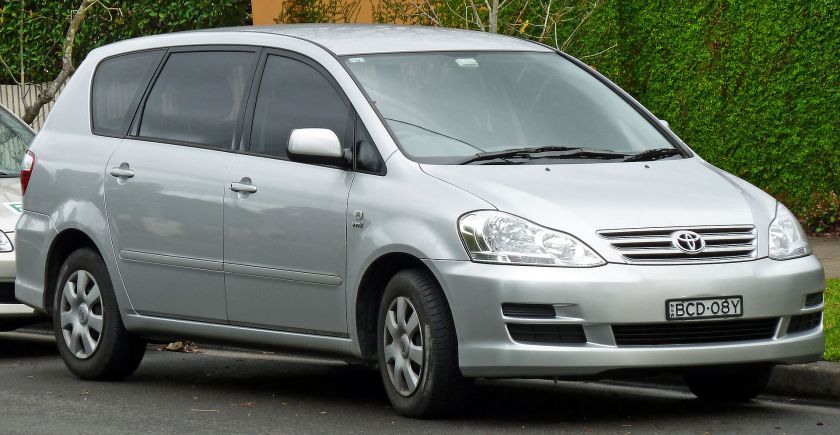
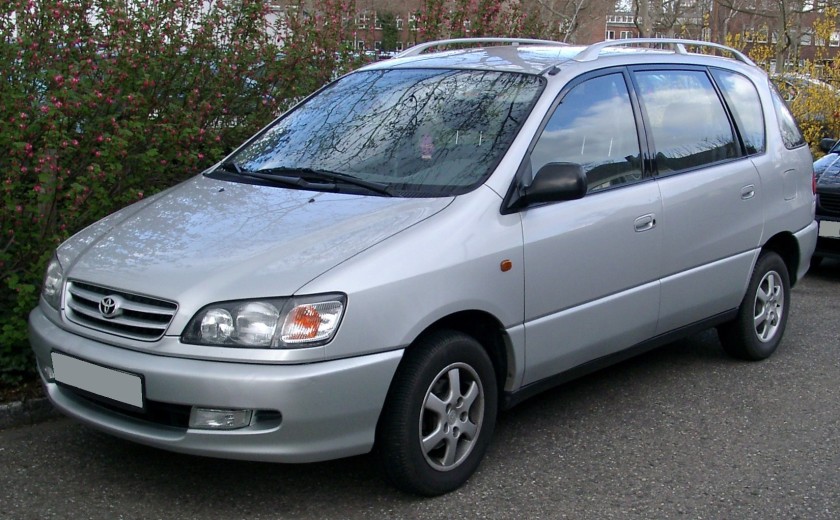 Toyota Picnic (1996–2009, also sold as Toyota Ipsum)
Toyota Picnic (1996–2009, also sold as Toyota Ipsum)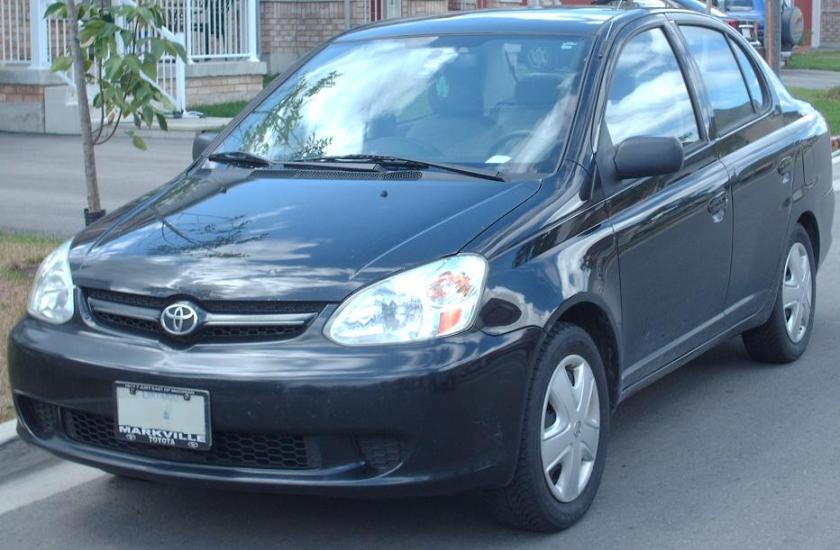
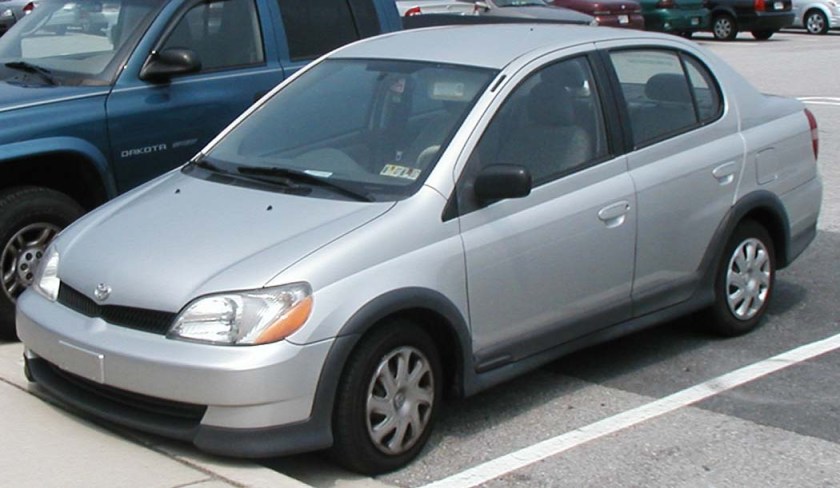
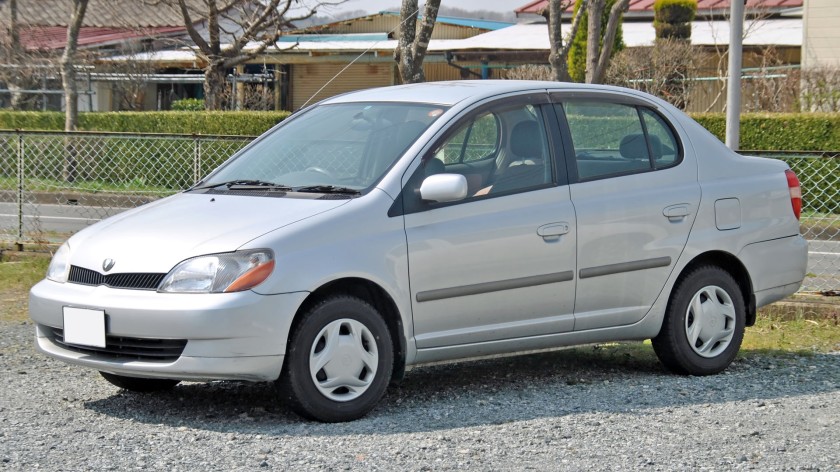
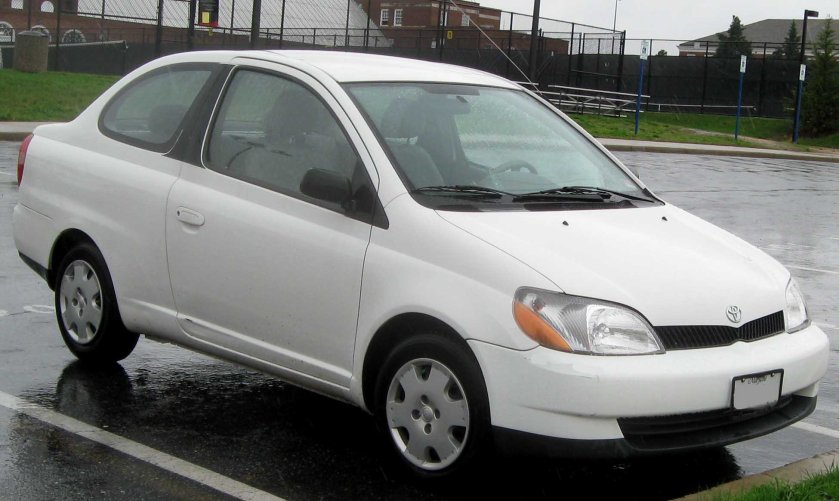
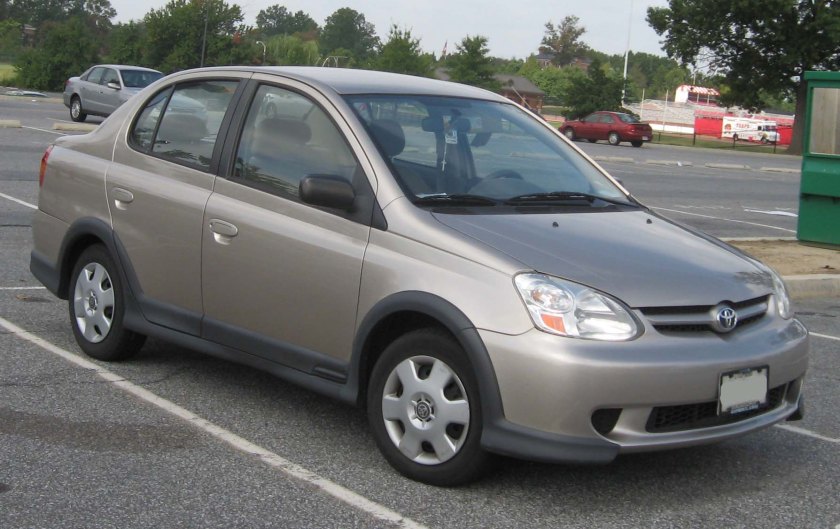 Toyota Platz (1999–2005, also sold as Toyota Echo)
Toyota Platz (1999–2005, also sold as Toyota Echo)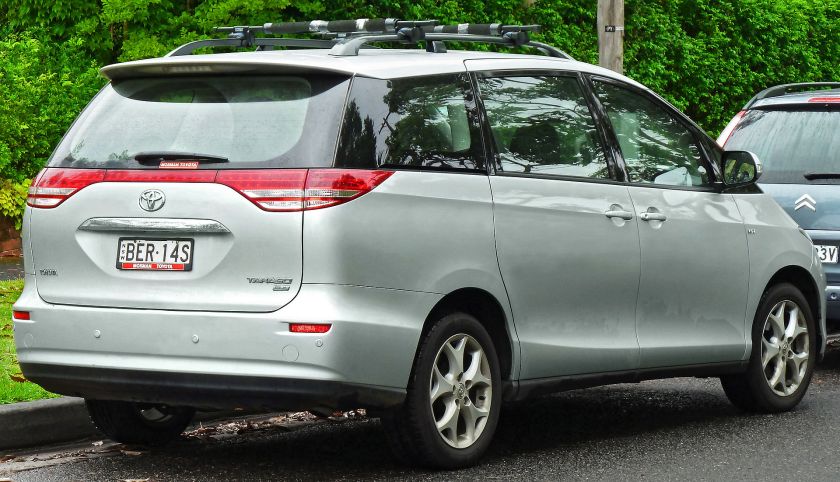
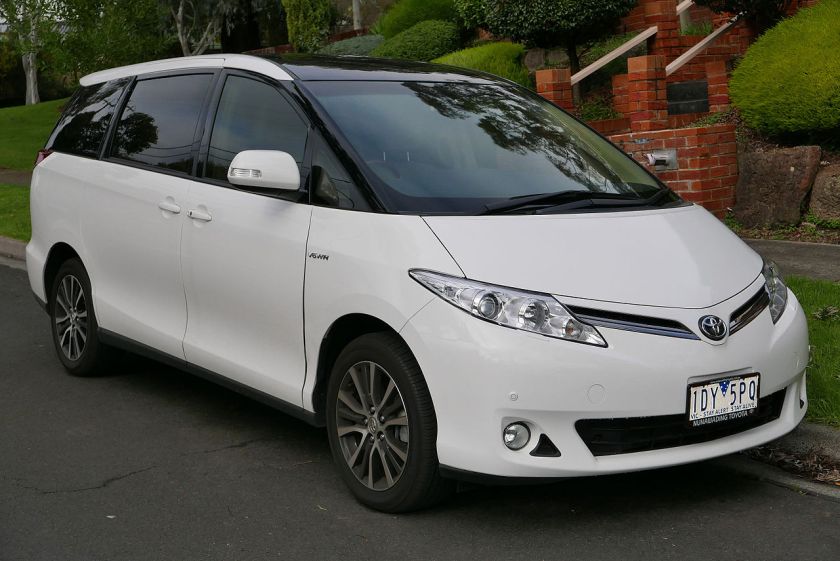
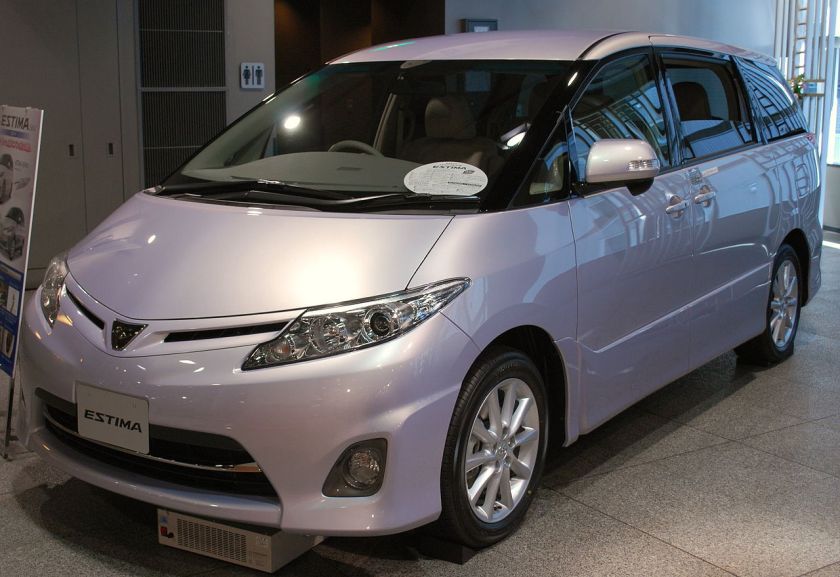
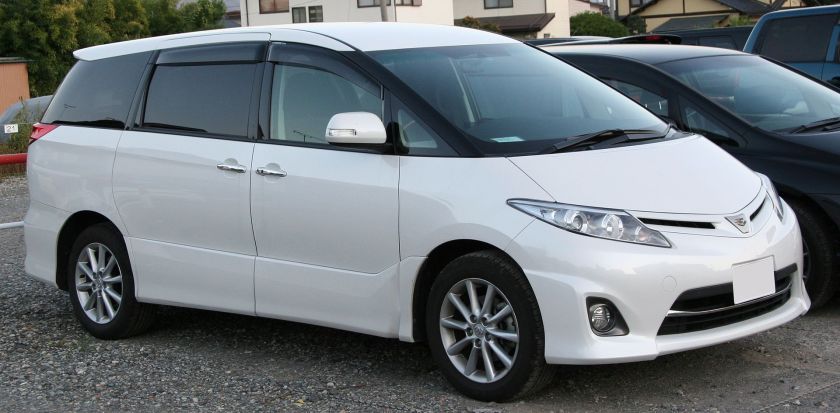
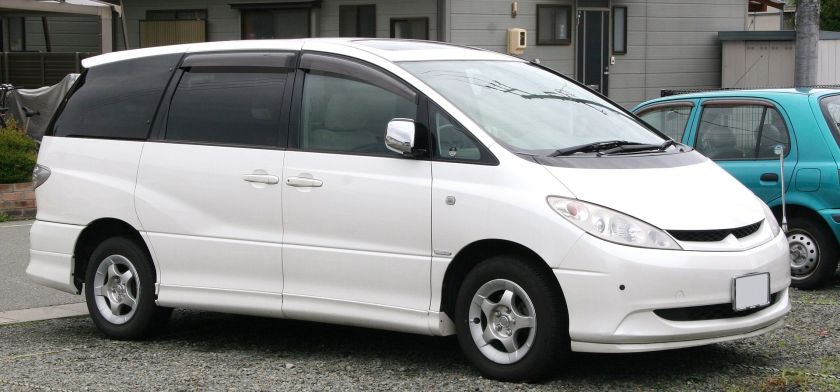
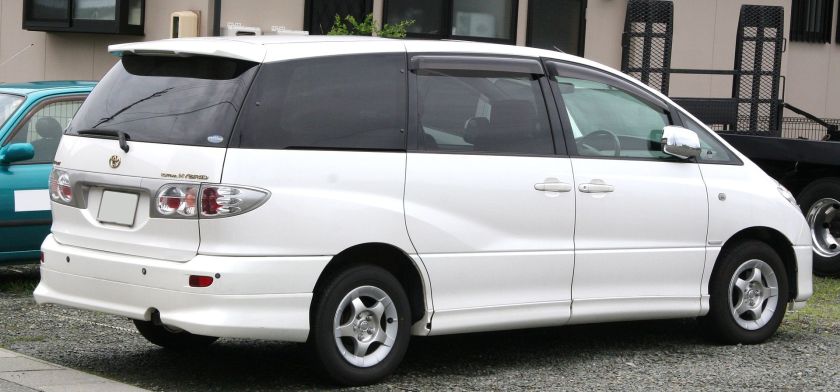

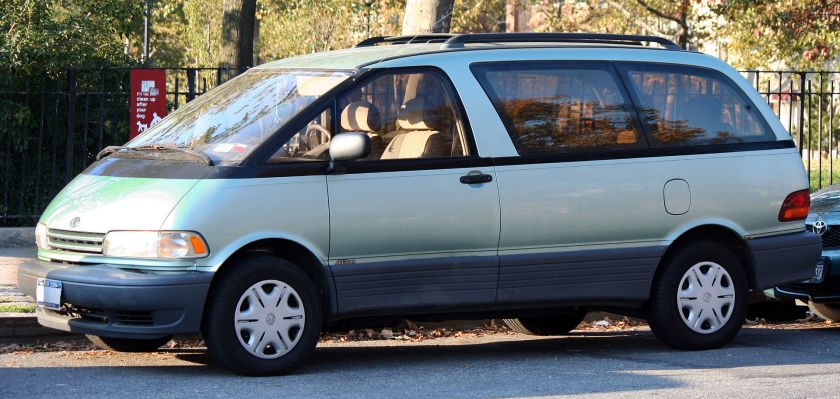
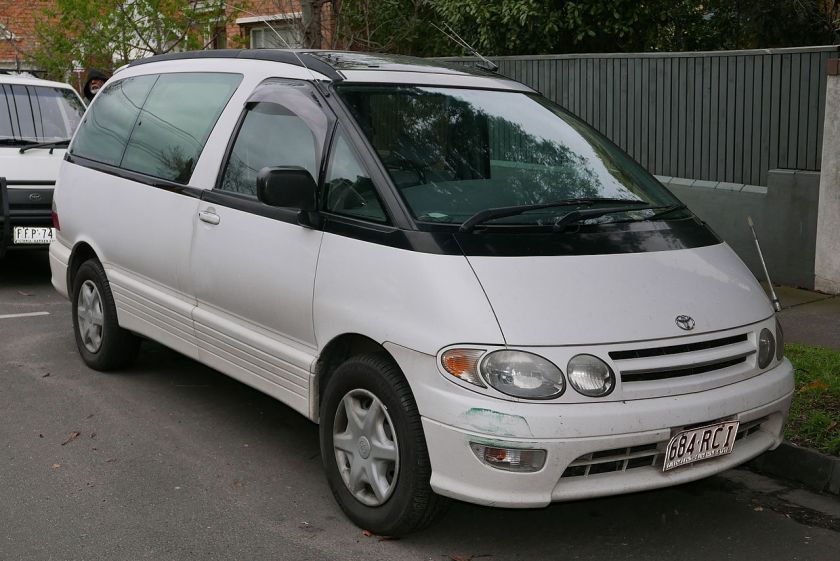
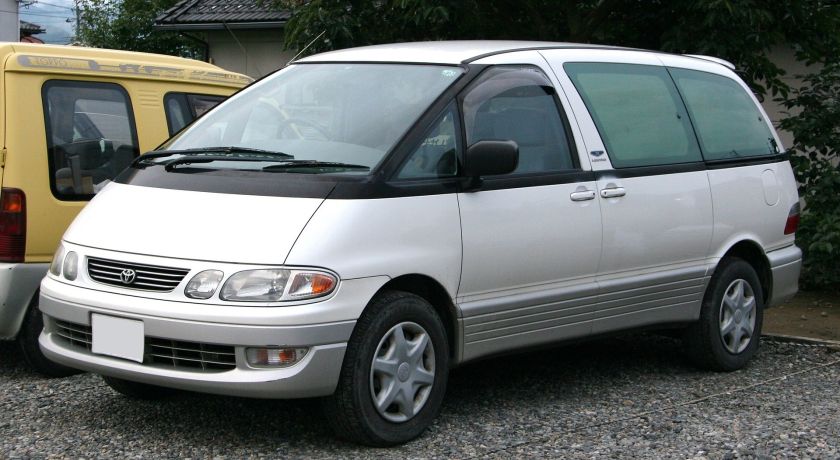
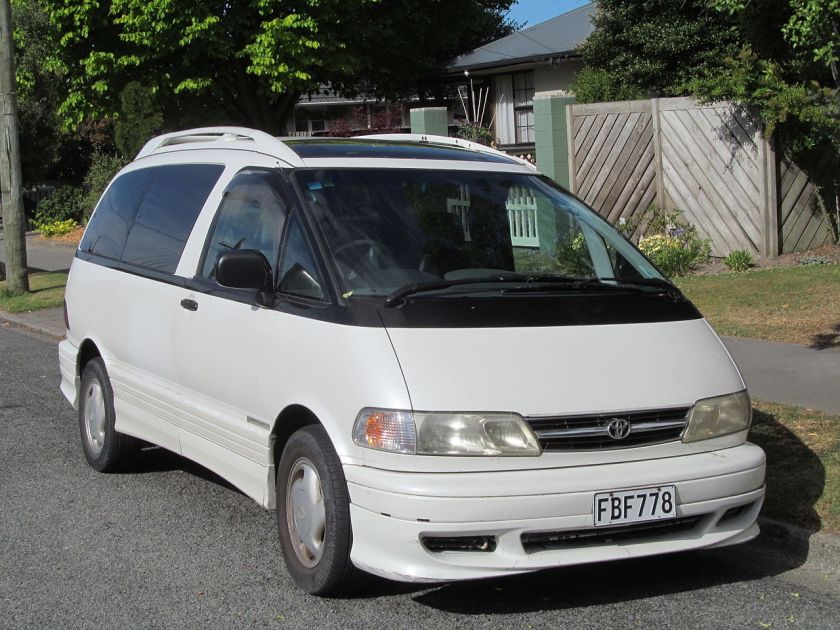
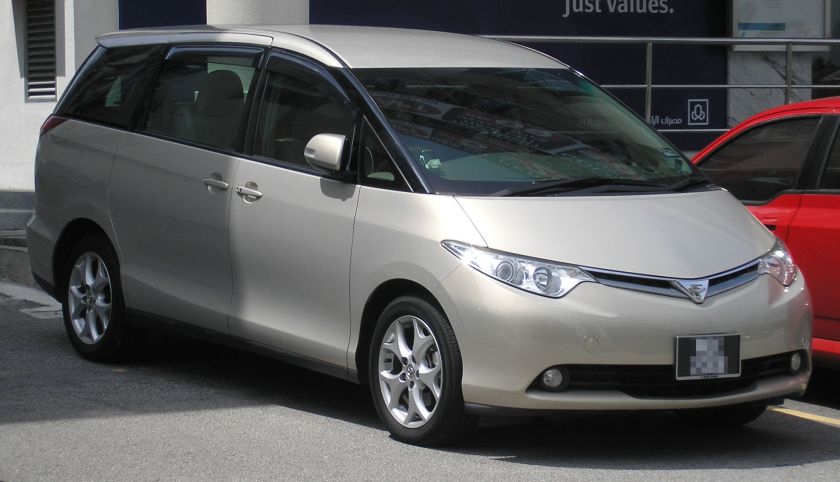
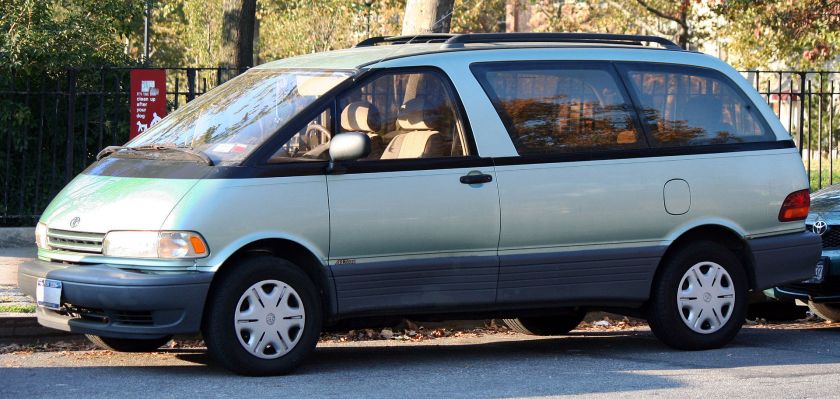
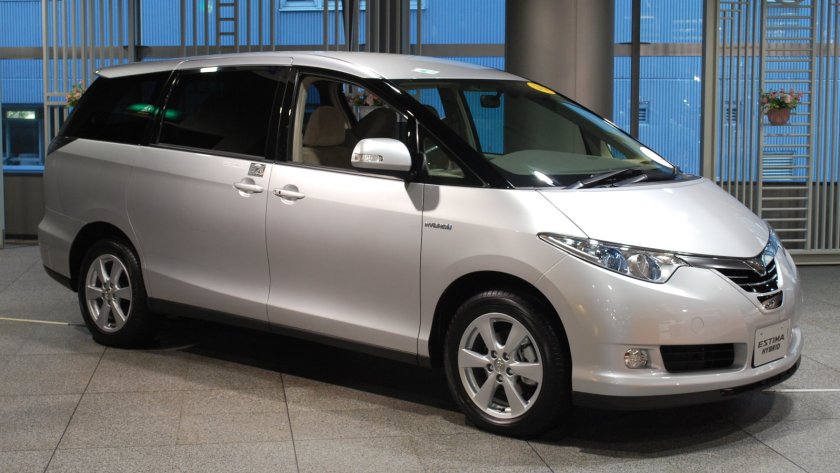
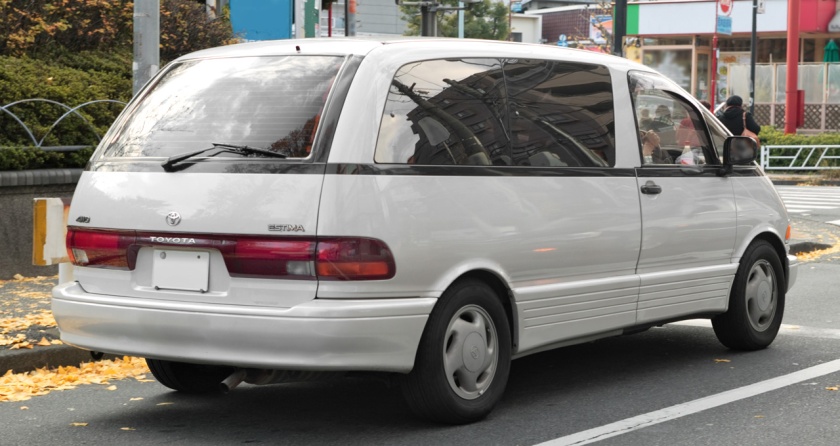 Toyota Previa (1991–1997, sold in some markets as the Toyota Estima)
Toyota Previa (1991–1997, sold in some markets as the Toyota Estima)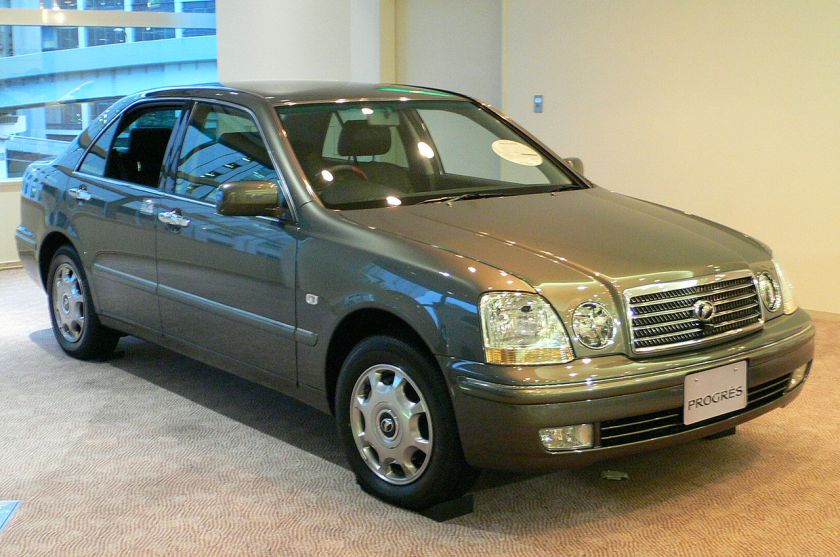 Toyota Progres (1998–2007)
Toyota Progres (1998–2007)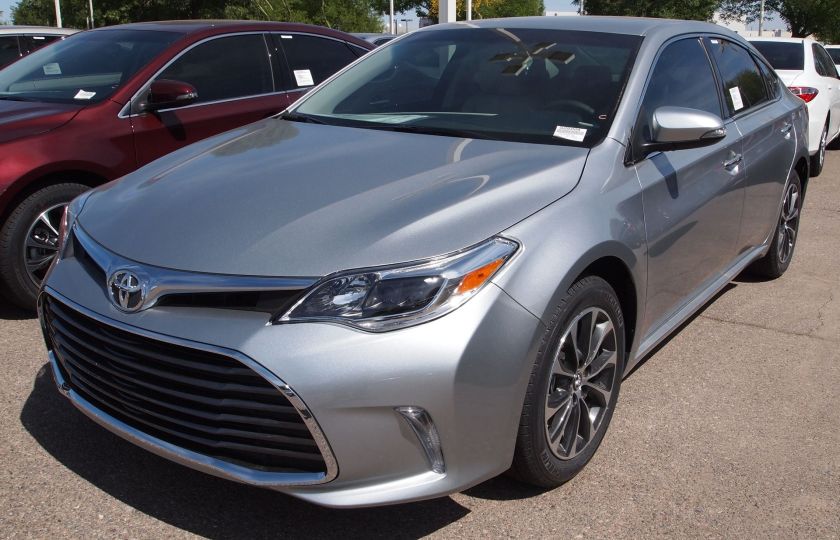
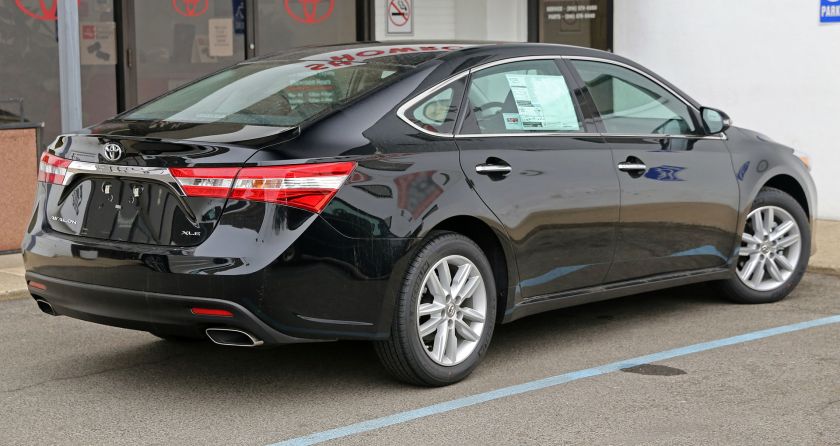
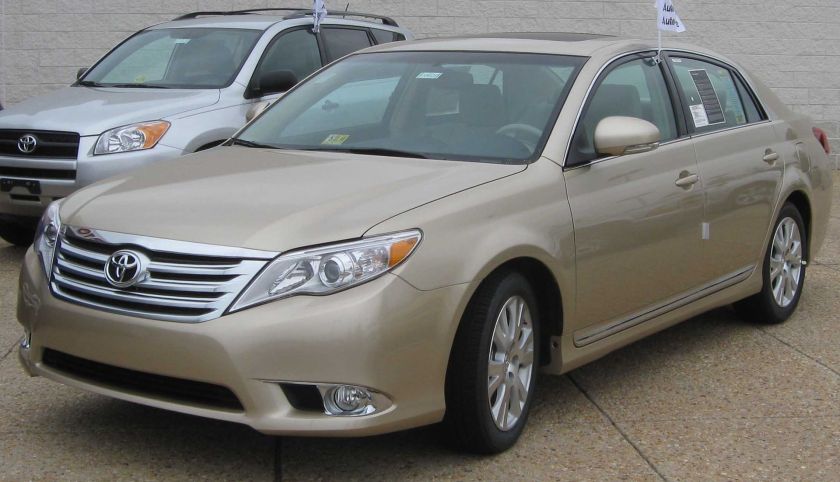
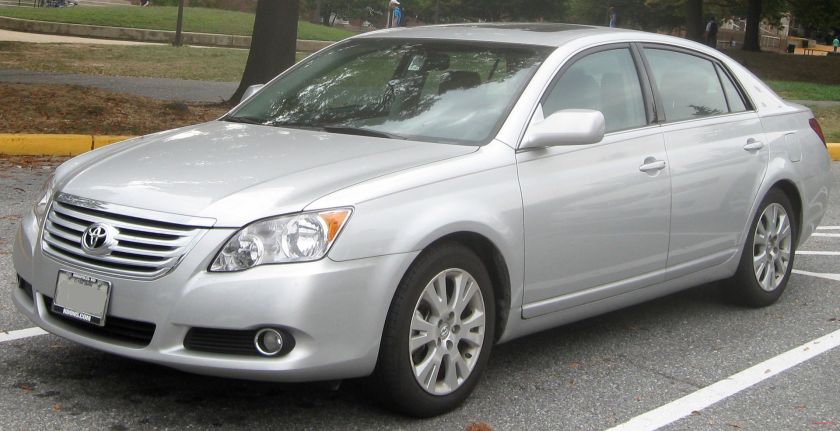
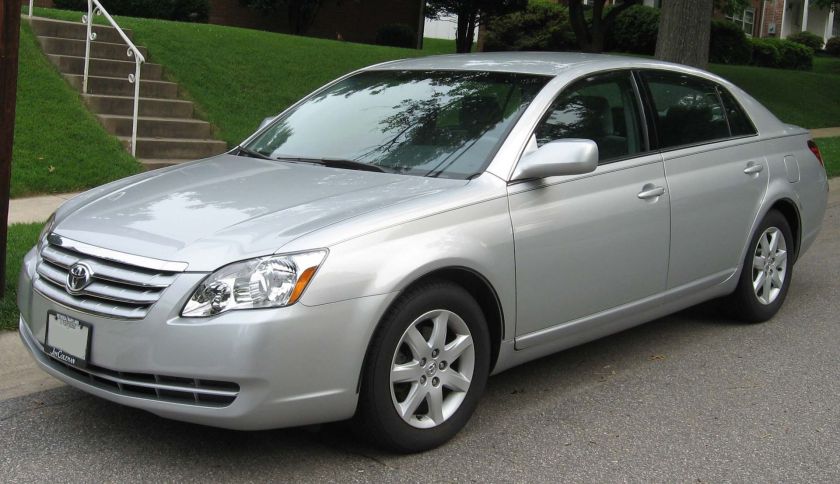
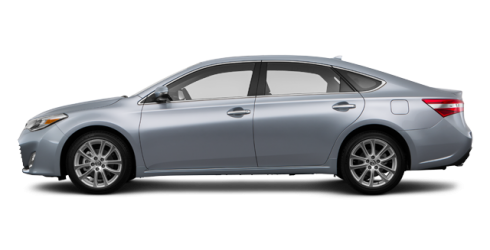

 Toyota Pronard (2002–2004, also called the Toyota Avalon)
Toyota Pronard (2002–2004, also called the Toyota Avalon)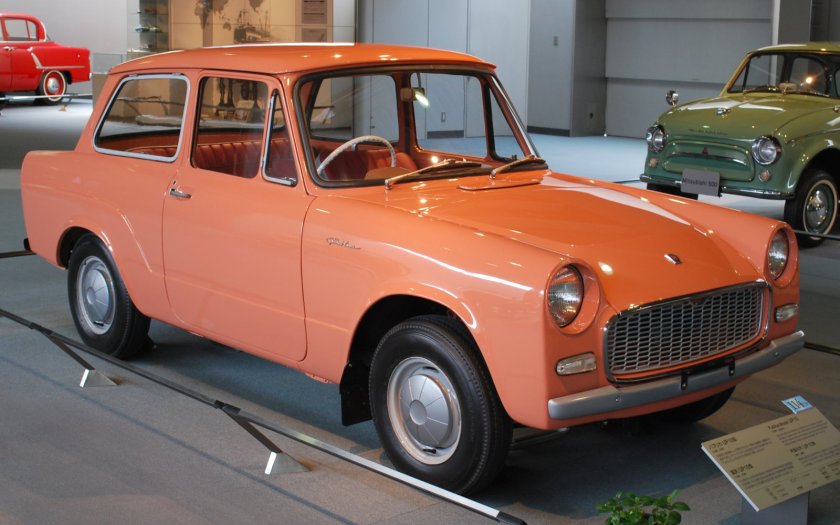 Toyota Publica (1961–1978)
Toyota Publica (1961–1978)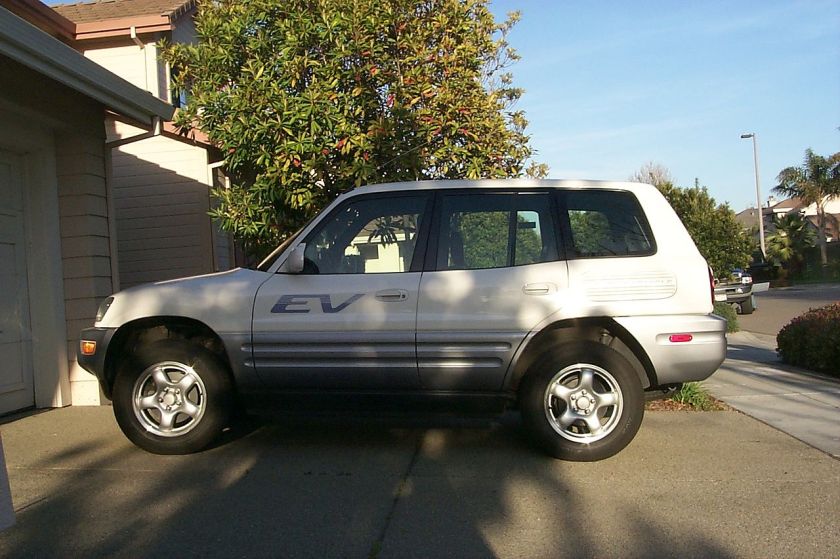
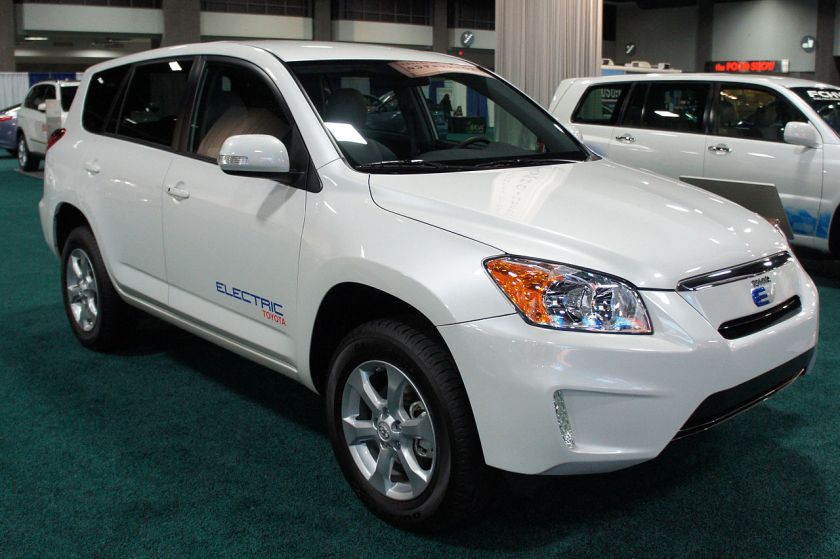
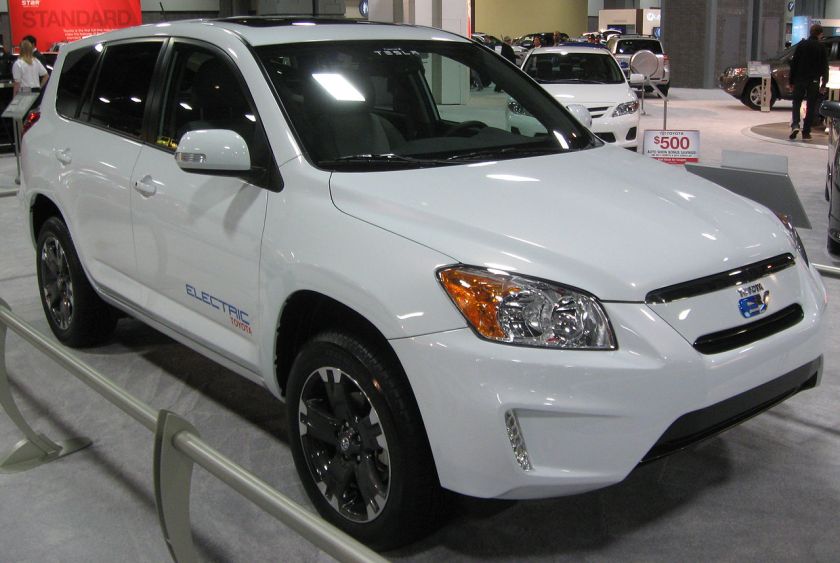

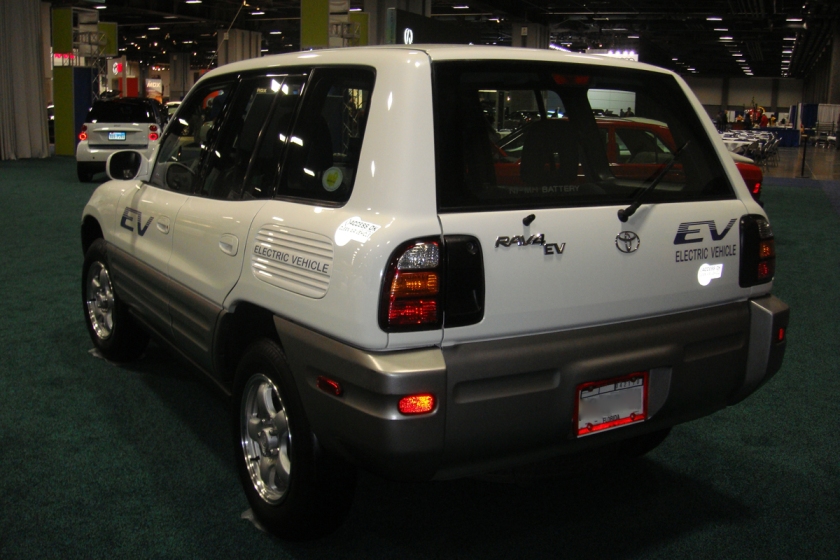 Toyota RAV4 EV 2001
Toyota RAV4 EV 2001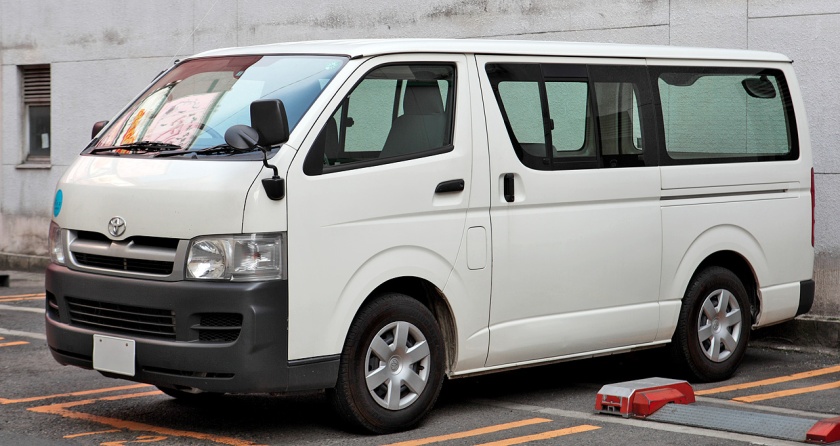 Toyota Regius (1997–2002, same as Toyota Hiace)
Toyota Regius (1997–2002, same as Toyota Hiace)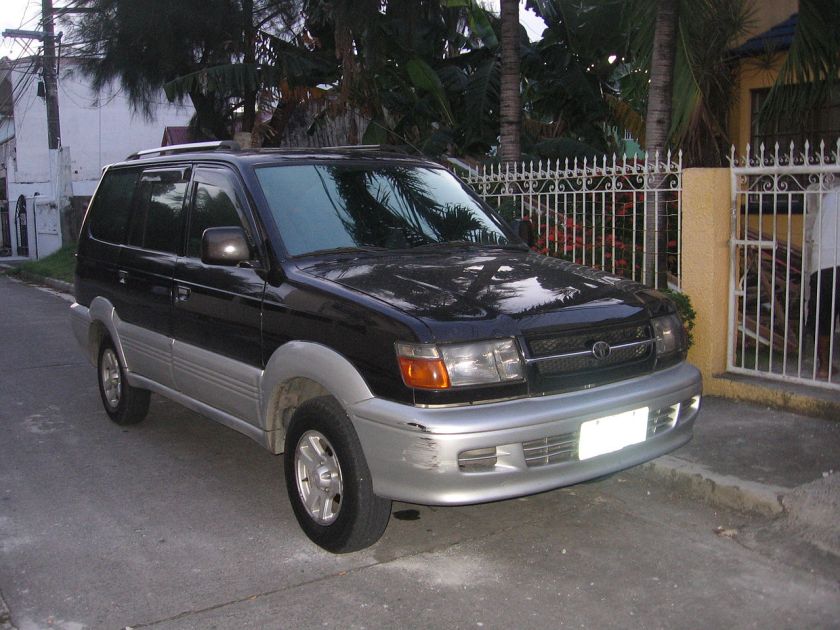 Toyota Revo (1998–2004)
Toyota Revo (1998–2004)
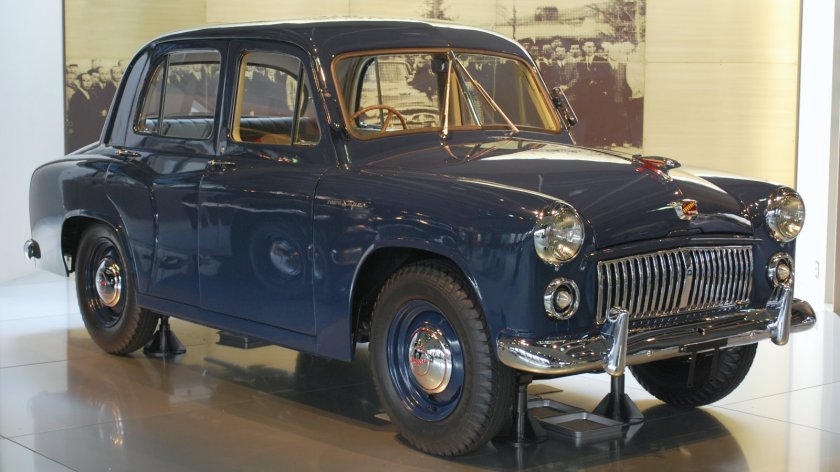 Toyota RH (1953–1955, also called the Super)
Toyota RH (1953–1955, also called the Super)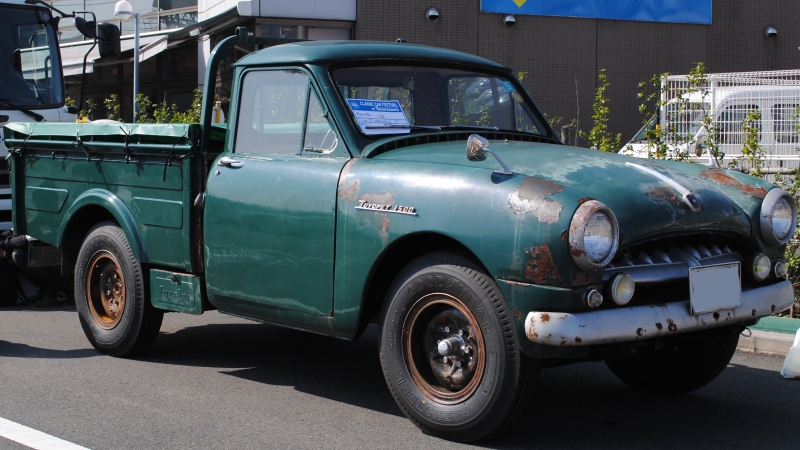 Toyota RK (1953, small truck)
Toyota RK (1953, small truck)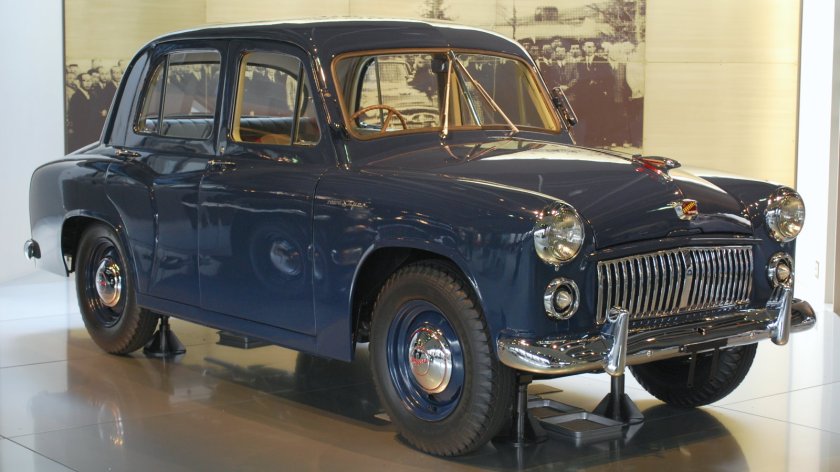 Toyota RR (1955–1956, also called the Master)
Toyota RR (1955–1956, also called the Master)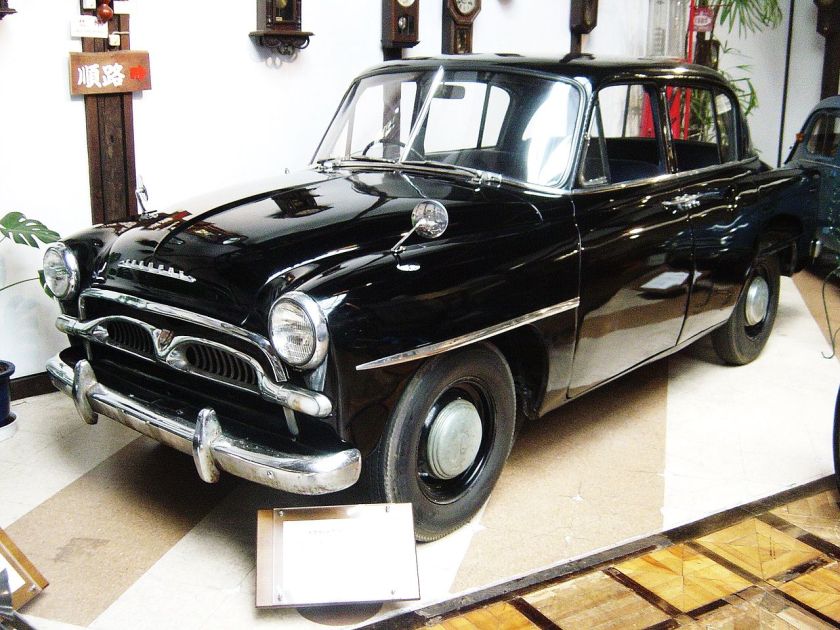
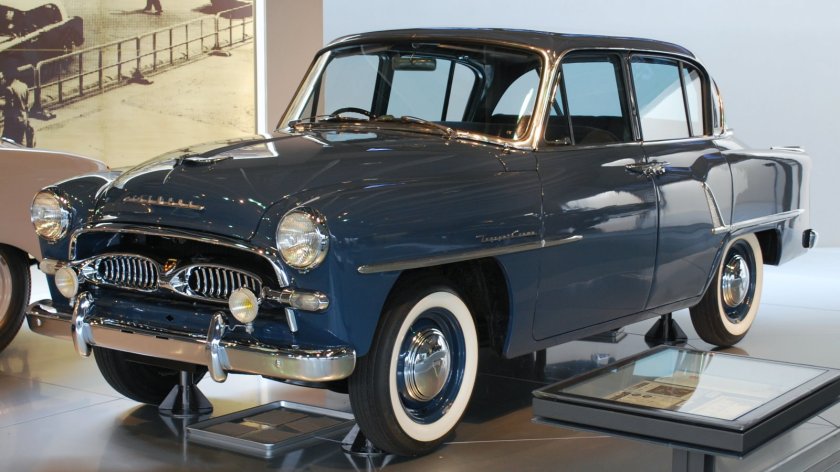 Toyota RS (1955–1962, also called the Crown)
Toyota RS (1955–1962, also called the Crown)
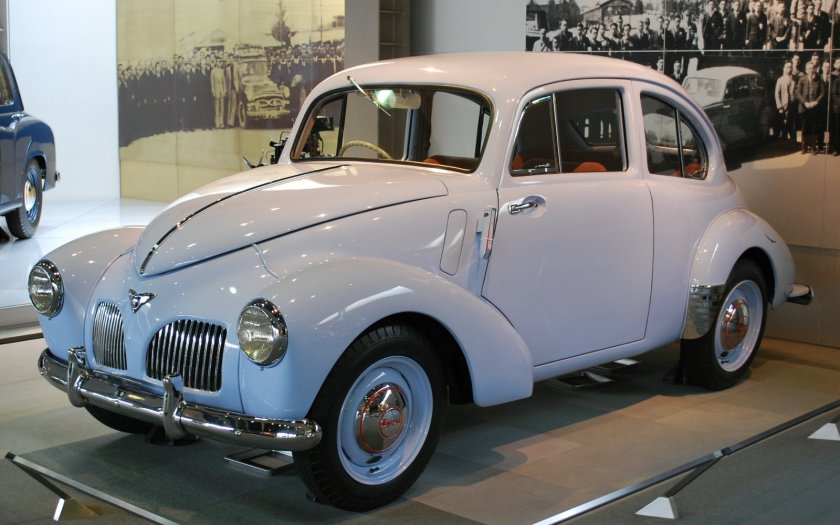 Toyota SA (1947–1952)
Toyota SA (1947–1952)
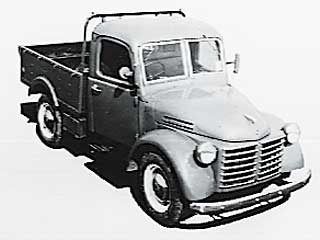
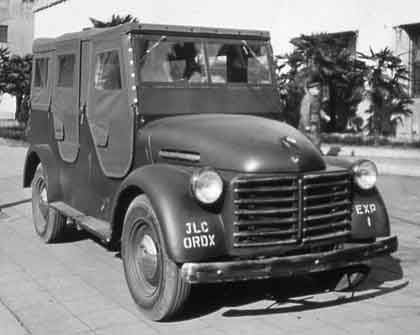 Toyota SB (1947–1952, small truck)
Toyota SB (1947–1952, small truck)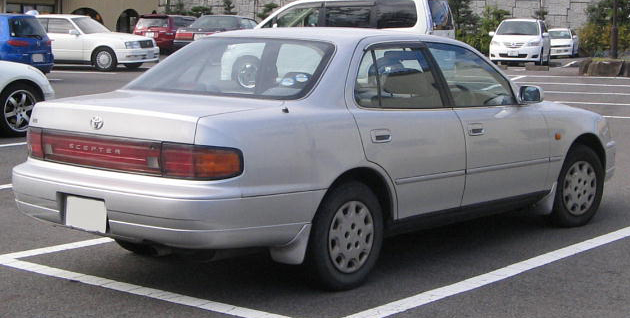
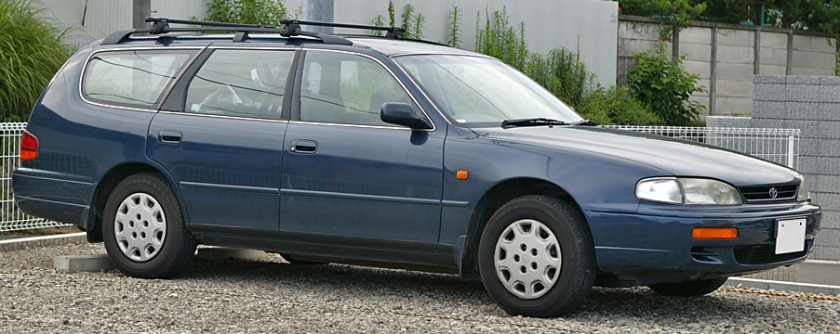 Toyota Scepter (1991–1996, North American Camry sold in Japan)
Toyota Scepter (1991–1996, North American Camry sold in Japan)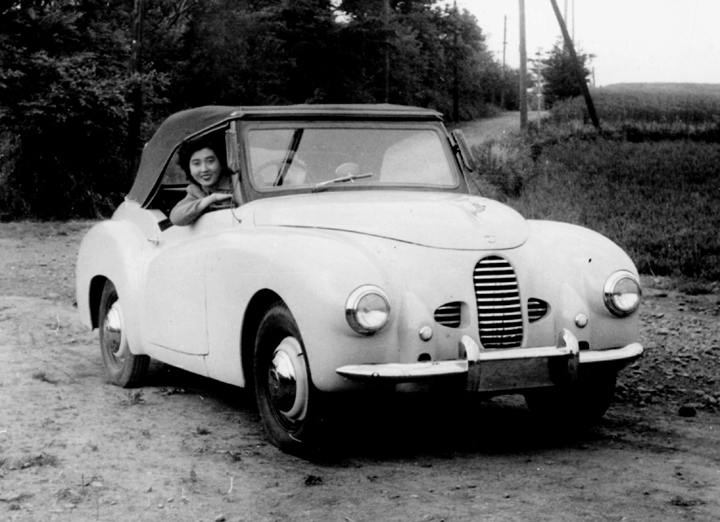 Toyota SD (1949–1951)
Toyota SD (1949–1951)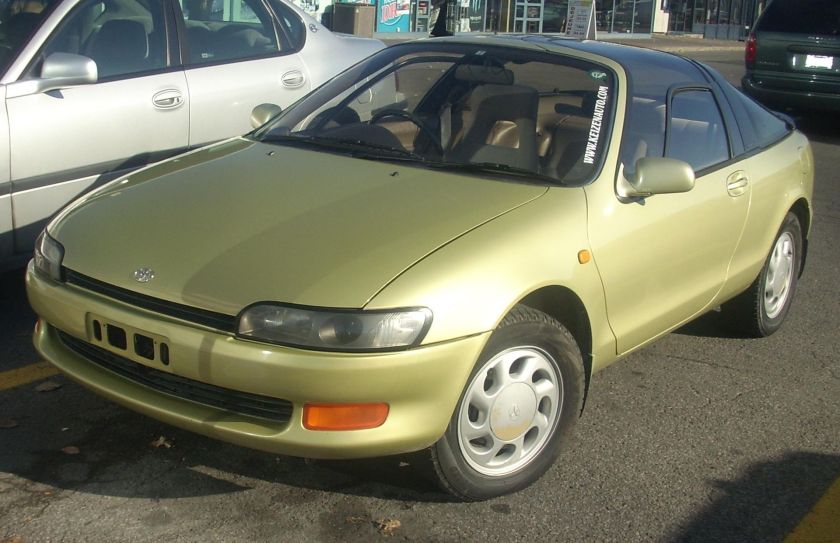
 Toyota Sera (1990–1995)
Toyota Sera (1990–1995)
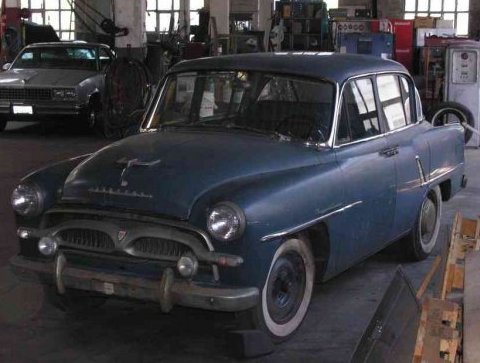
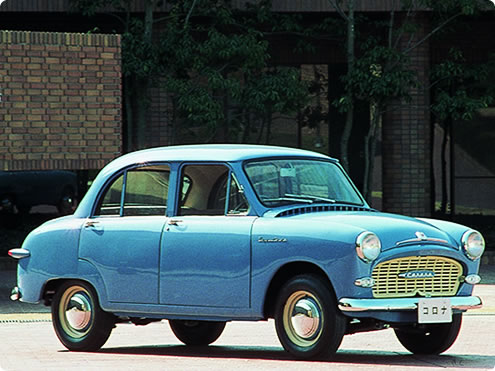
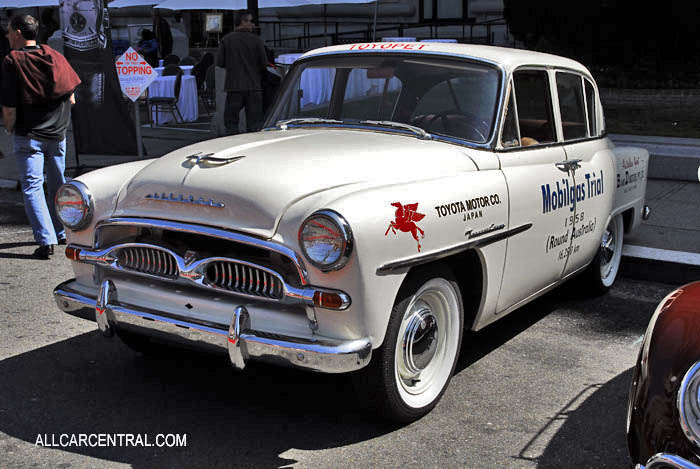 Toyota SF (1951–1953)
Toyota SF (1951–1953)
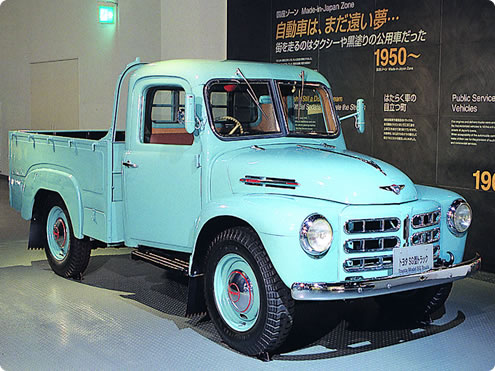 Toyota SG (1952, small truck)
Toyota SG (1952, small truck)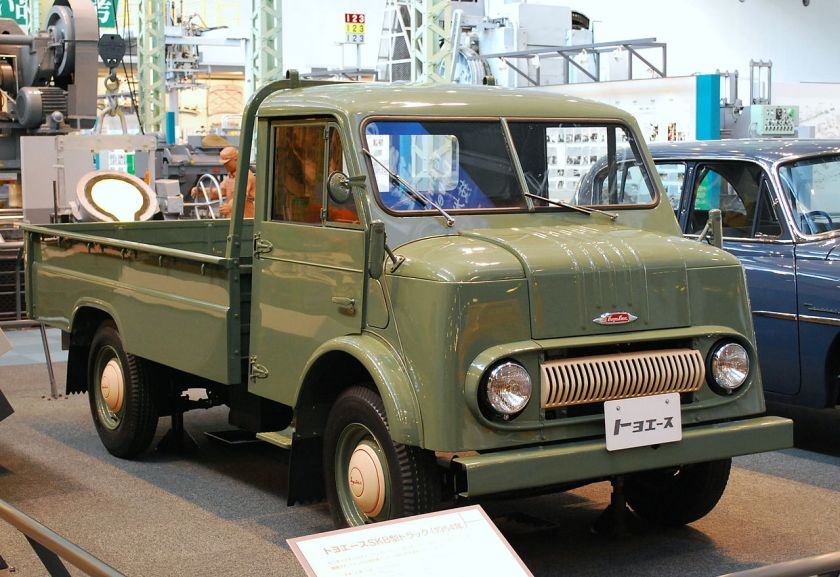 Toyota SKB (1954, small truck, later called the Toyoace)
Toyota SKB (1954, small truck, later called the Toyoace)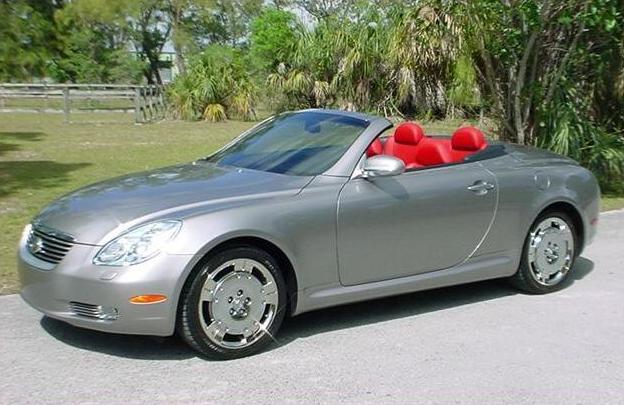
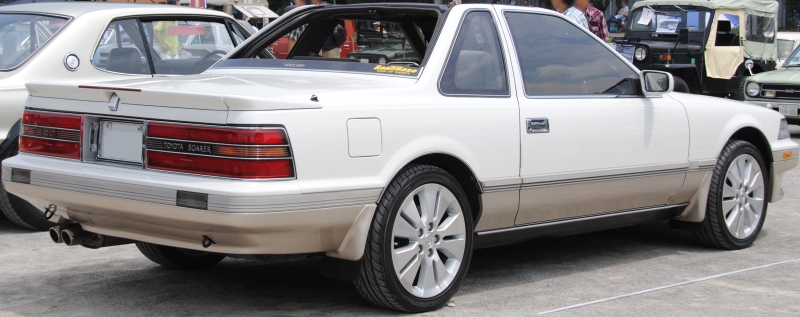
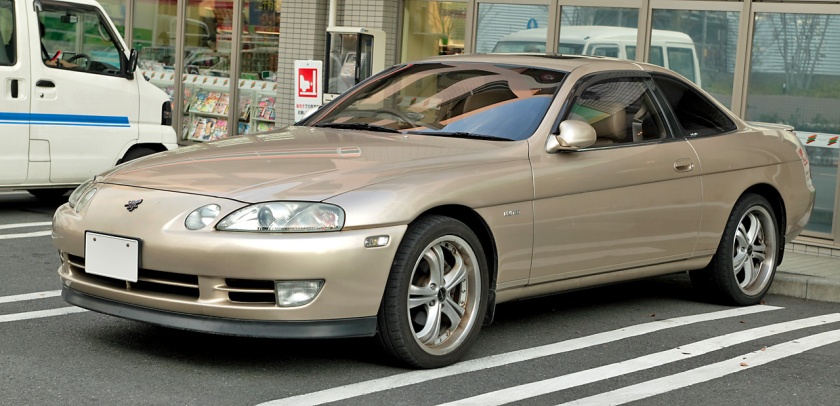
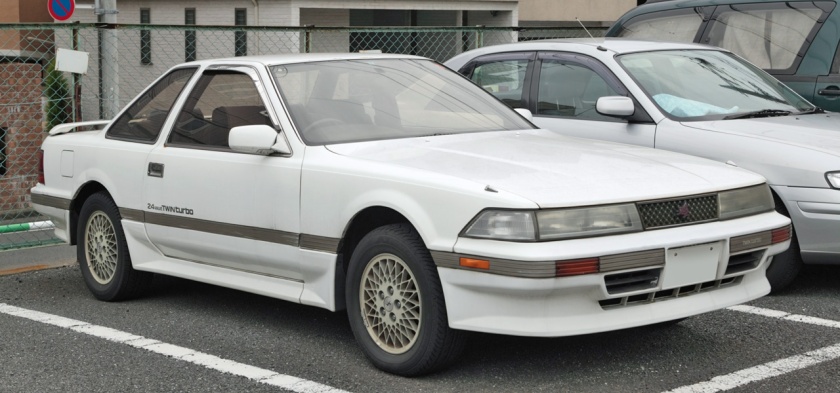
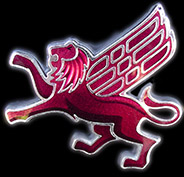
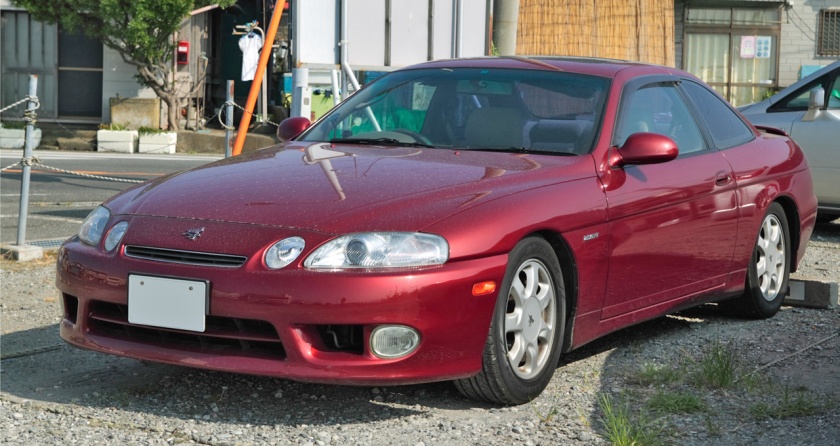
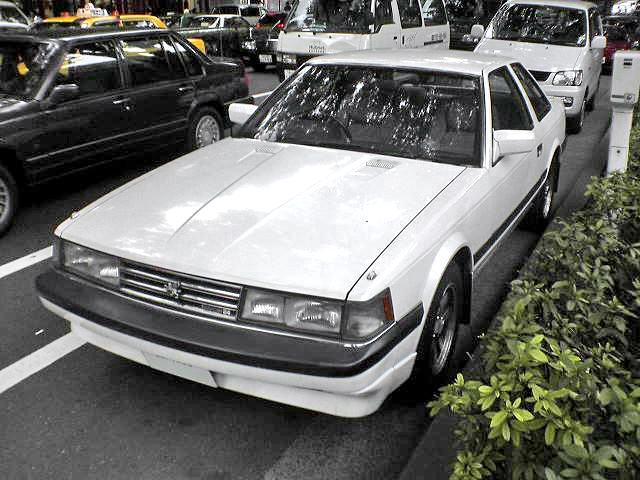 Toyota Soarer (1981–2005, also sold as the Lexus SC)
Toyota Soarer (1981–2005, also sold as the Lexus SC)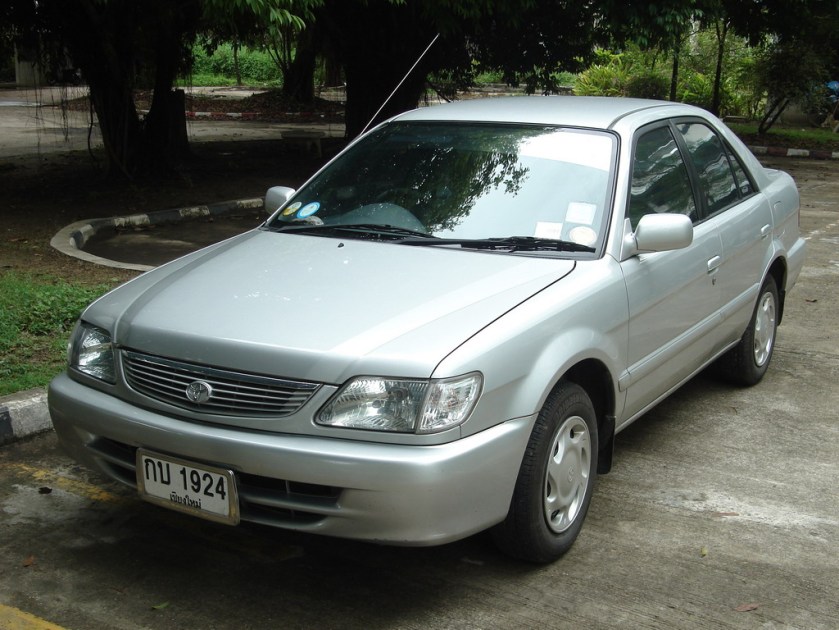 Toyota Soluna (variant of the Tercel made in Thailand and sold in Asia, 1996–2003)
Toyota Soluna (variant of the Tercel made in Thailand and sold in Asia, 1996–2003)



 Toyota Space Cruiser (1984–1989, UK version of the Van/Tarago/Model F)
Toyota Space Cruiser (1984–1989, UK version of the Van/Tarago/Model F)
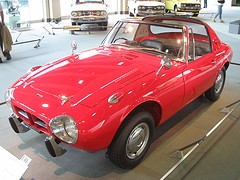
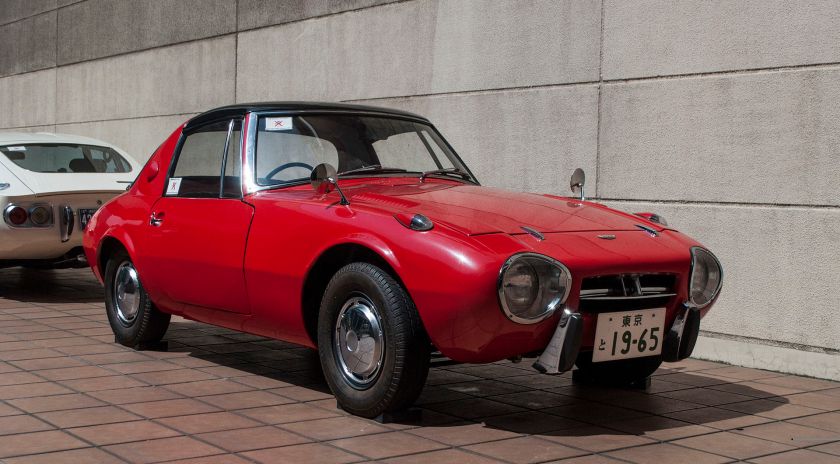 Toyota Sports 800 (1965–1969)
Toyota Sports 800 (1965–1969)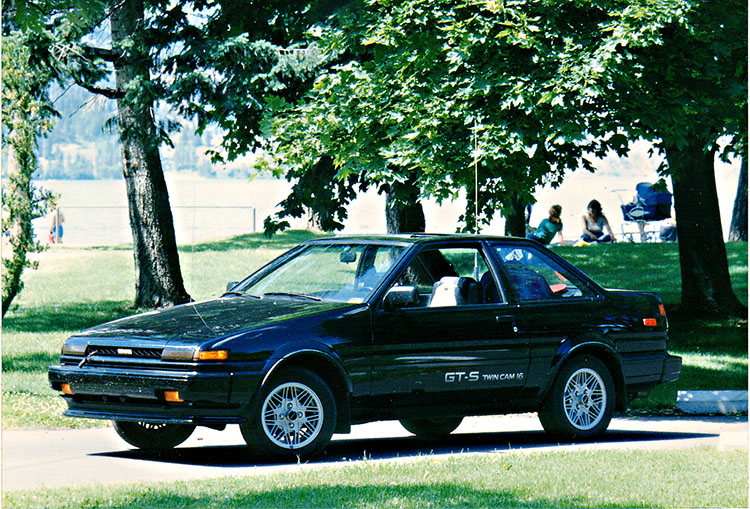 Toyota Sprinter Trueno (1983–1987)
Toyota Sprinter Trueno (1983–1987)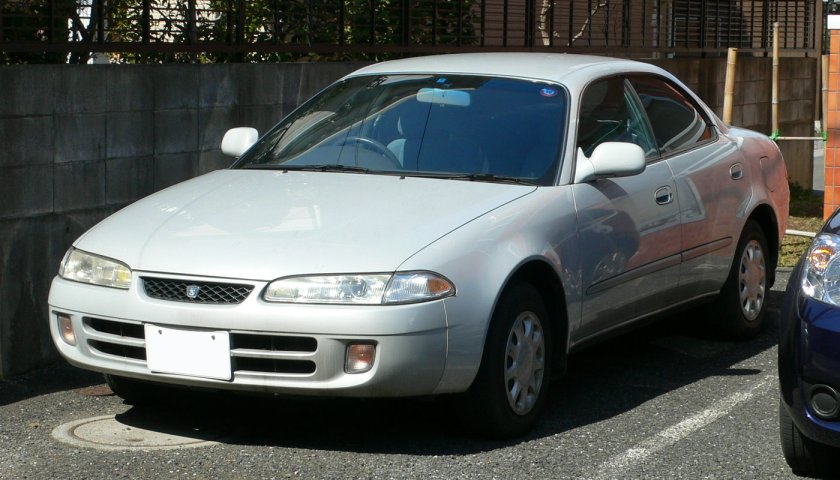 Toyota Sprinter Marino (1991–1998)
Toyota Sprinter Marino (1991–1998)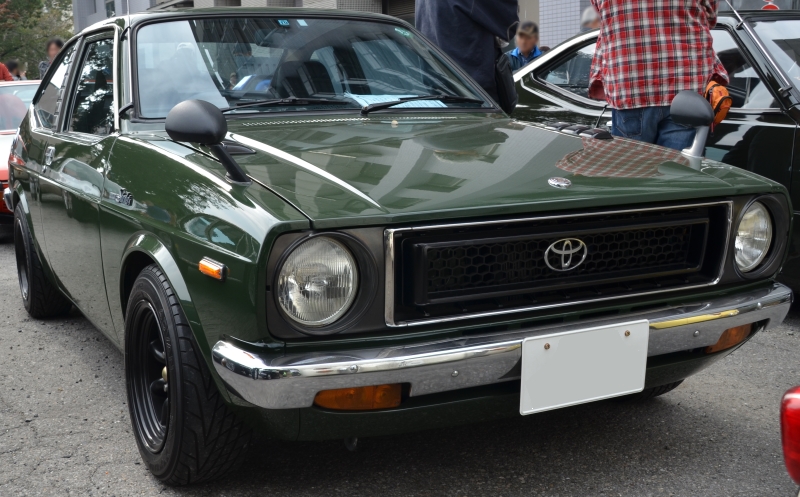
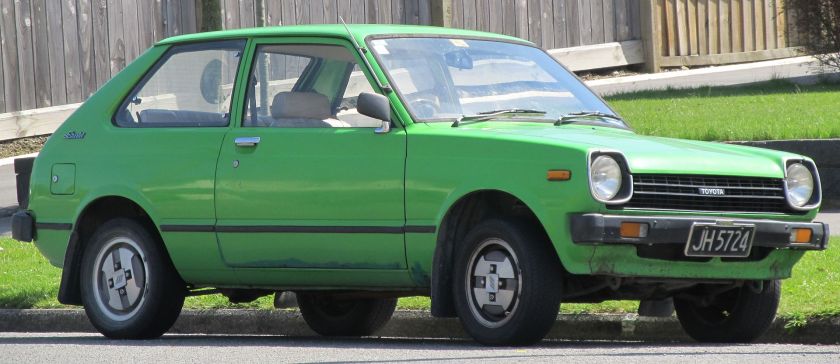
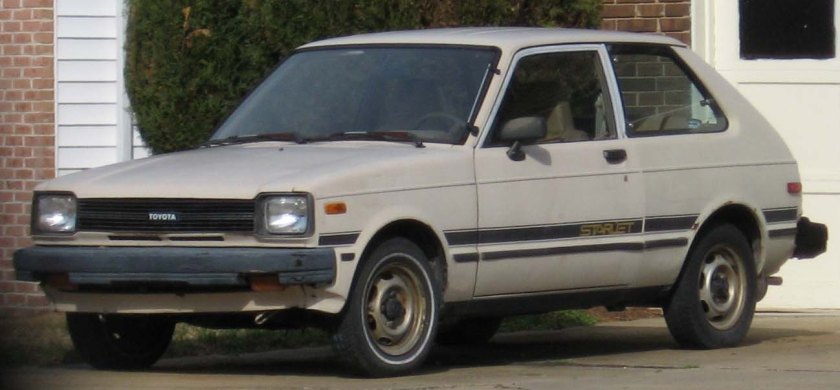
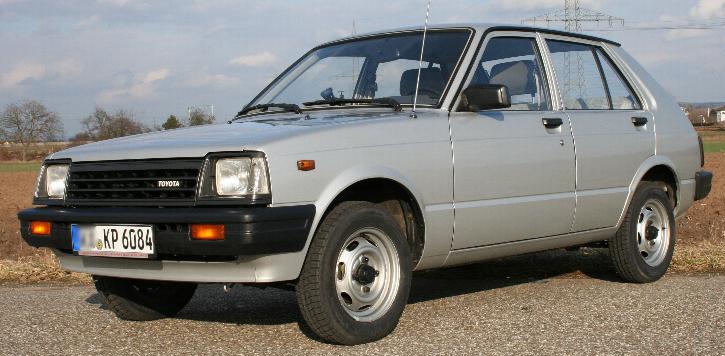
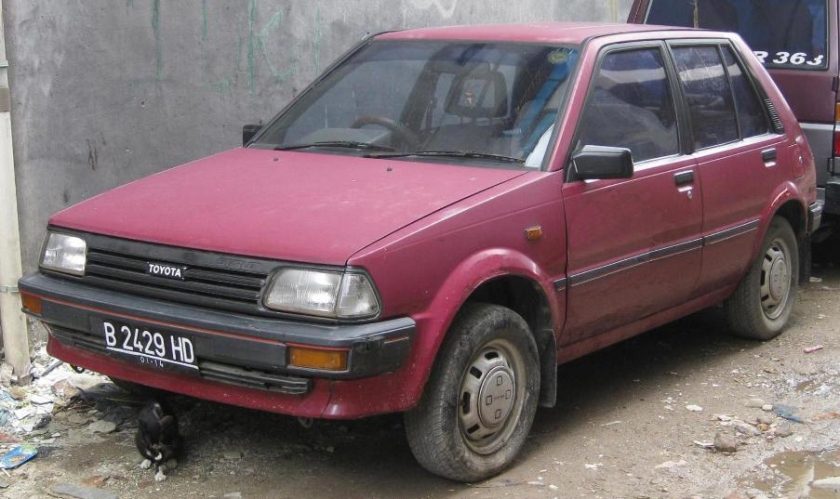
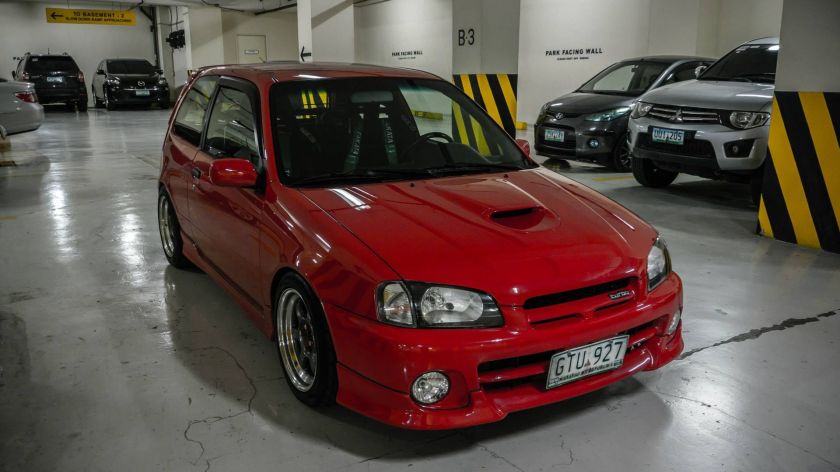 Toyota Starlet (1973–1999)
Toyota Starlet (1973–1999) Toyota Stout (1962-198x)
Toyota Stout (1962-198x)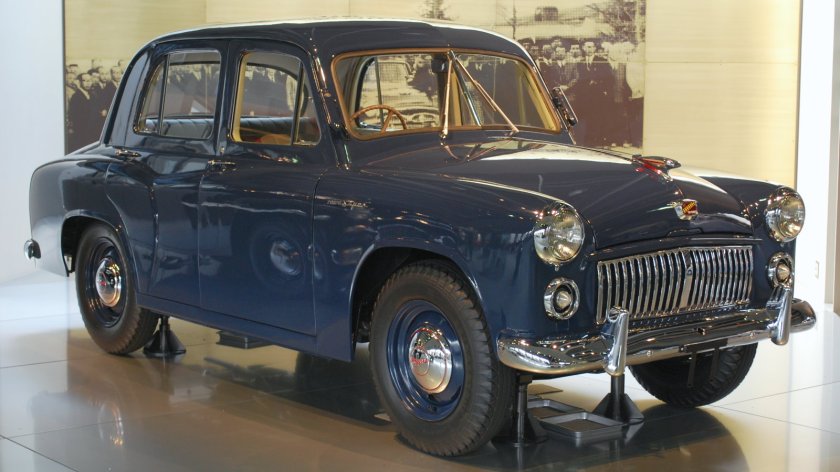 Toyota Super (1953–1955, also called the RH or RHD)
Toyota Super (1953–1955, also called the RH or RHD)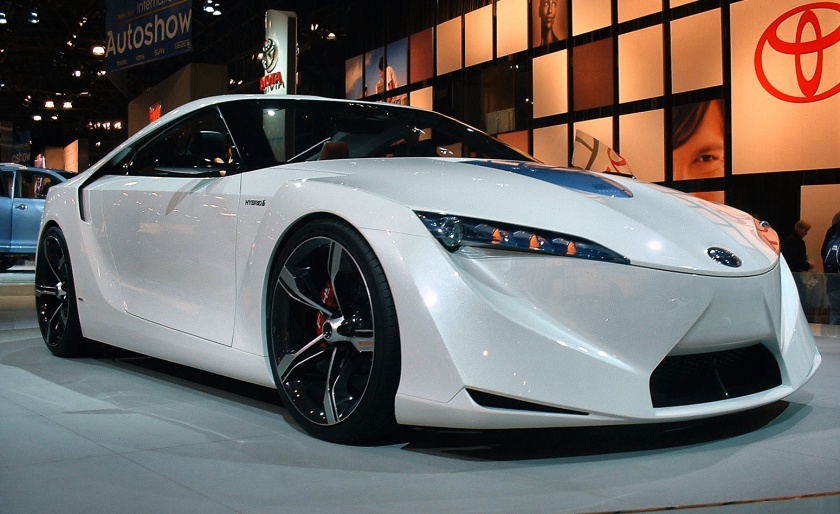
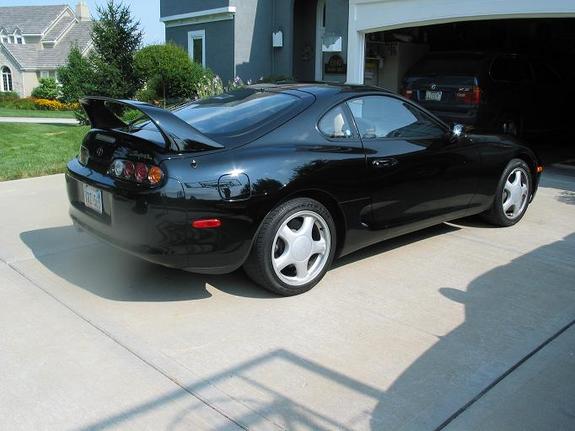
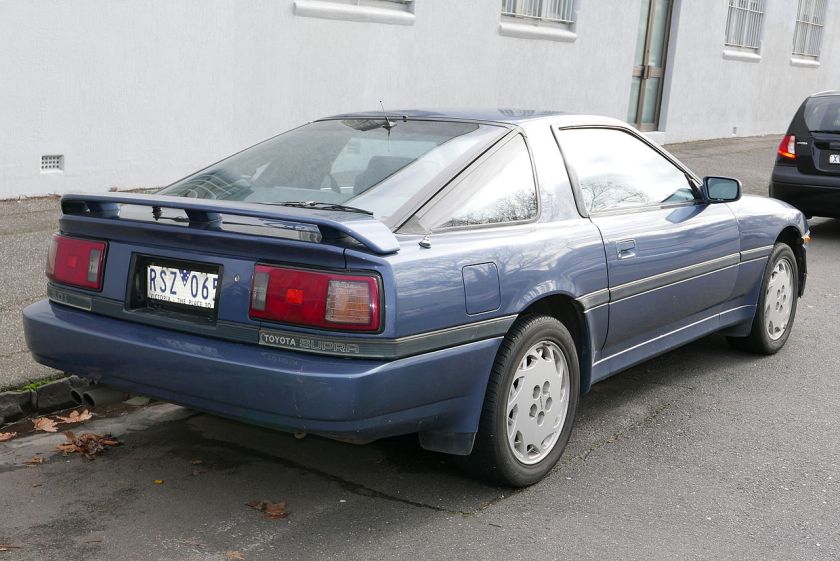
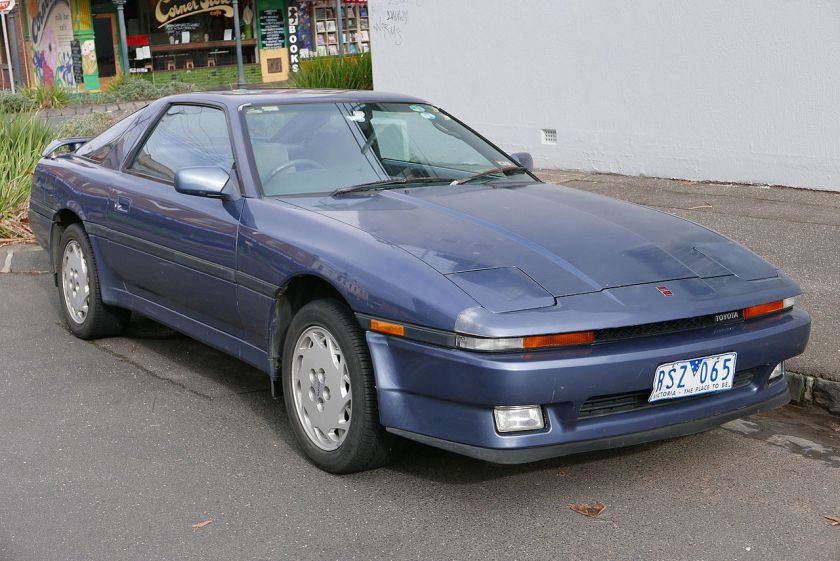
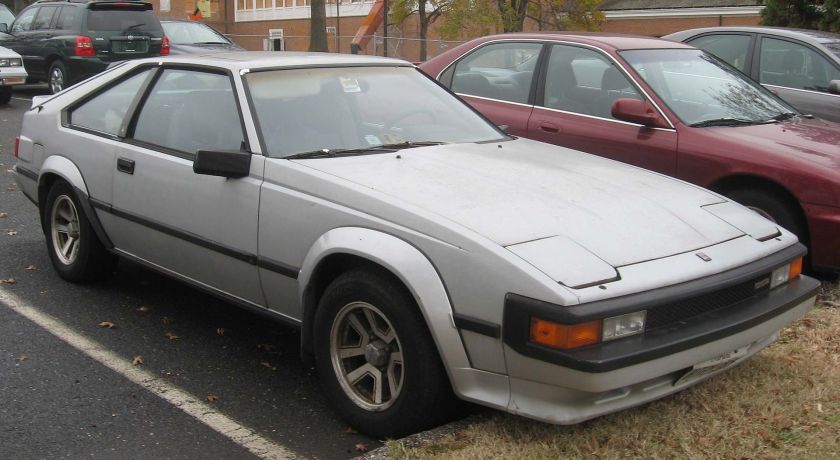
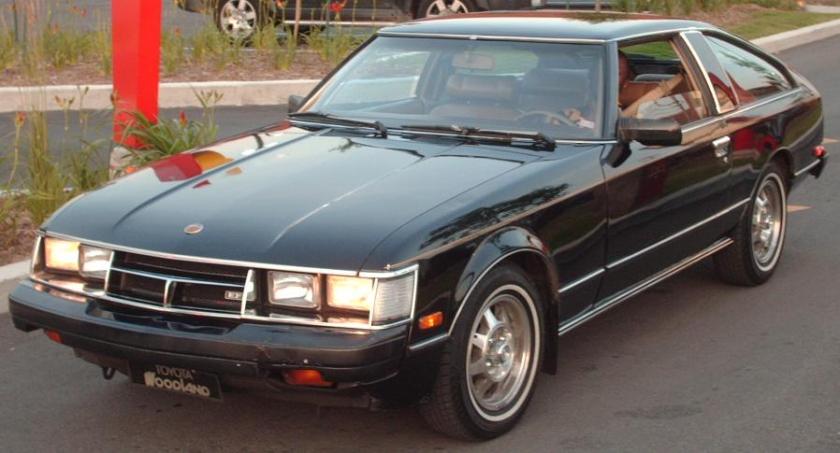
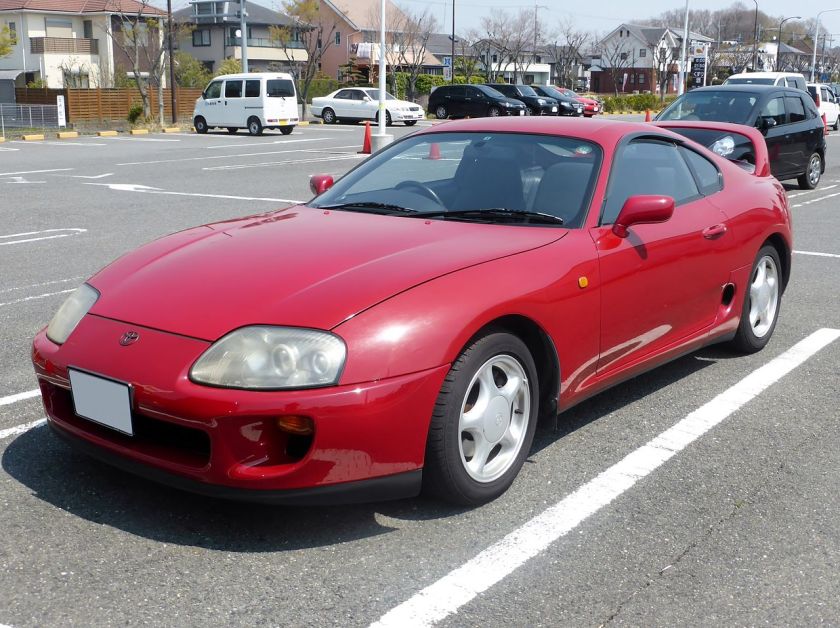
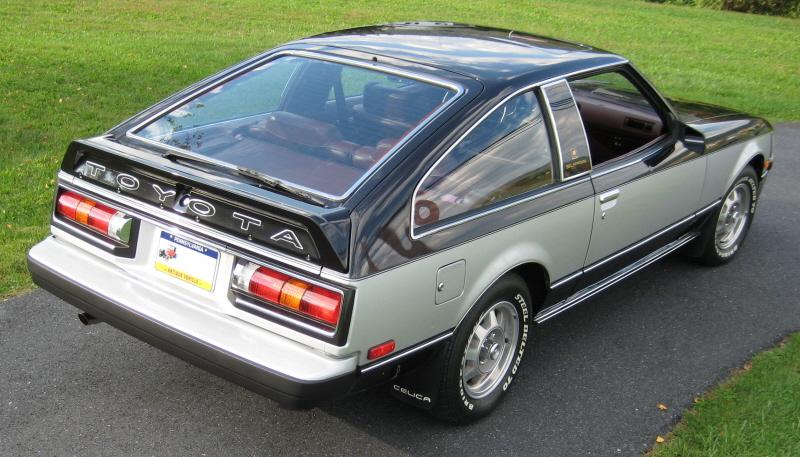
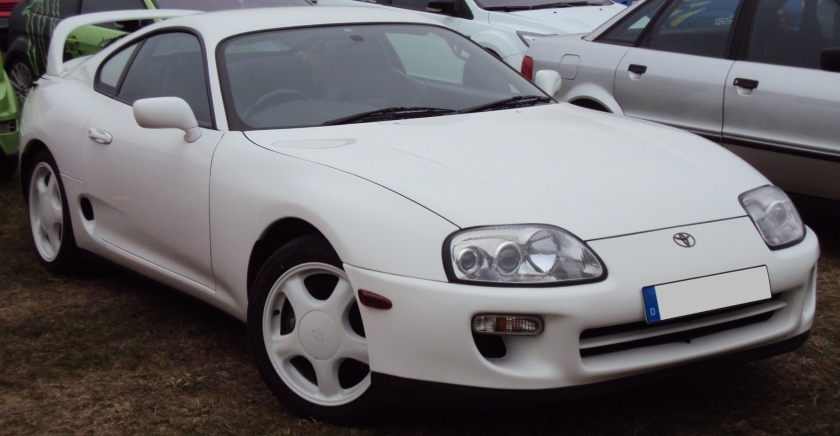

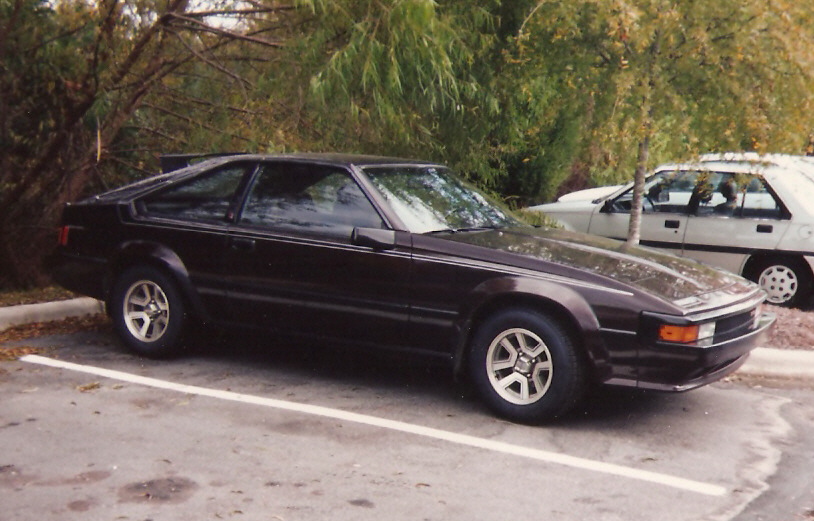
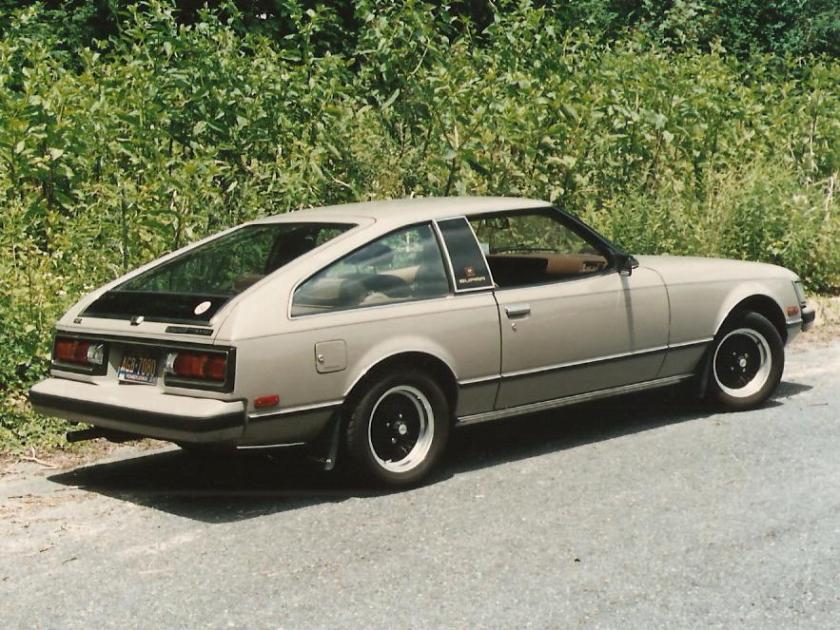
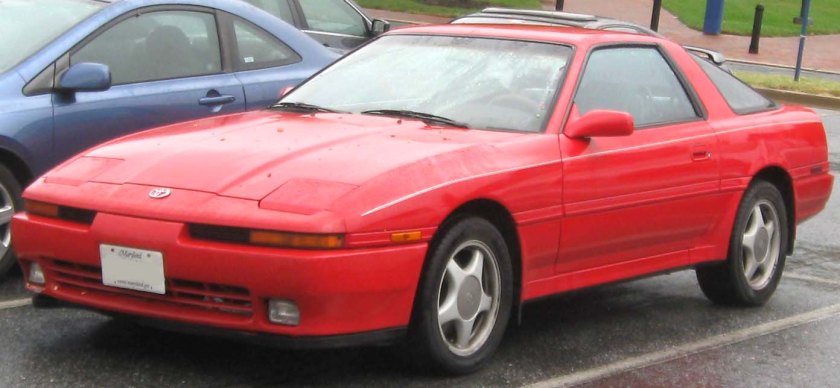
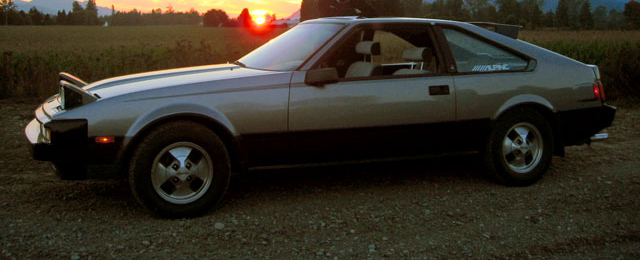 Toyota Supra (1978–2002)
Toyota Supra (1978–2002)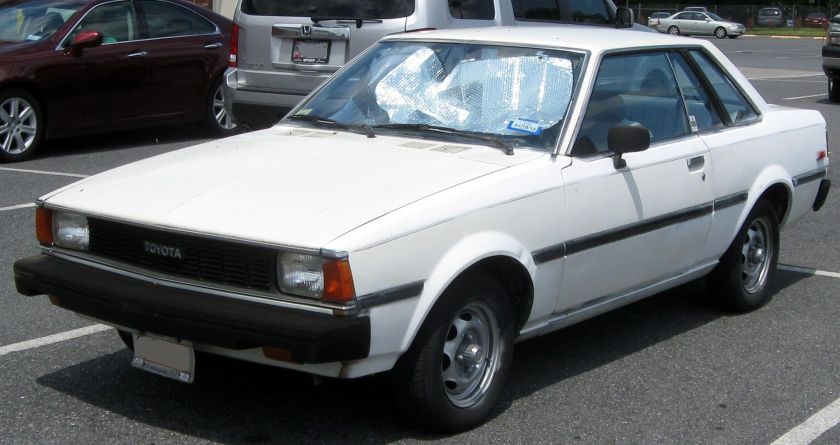 Toyota T-18 (1979-1983, Australian version of the Corolla TE72 hatchback)
Toyota T-18 (1979-1983, Australian version of the Corolla TE72 hatchback)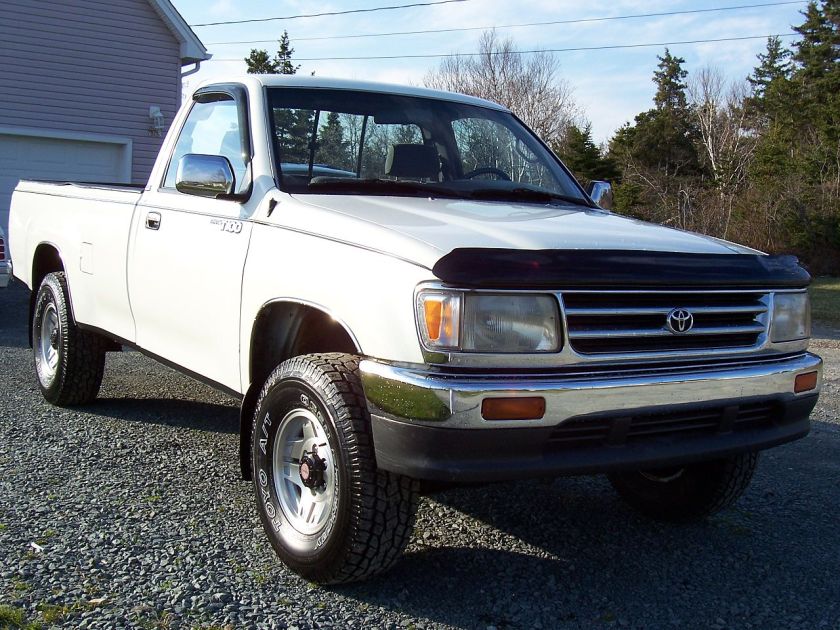
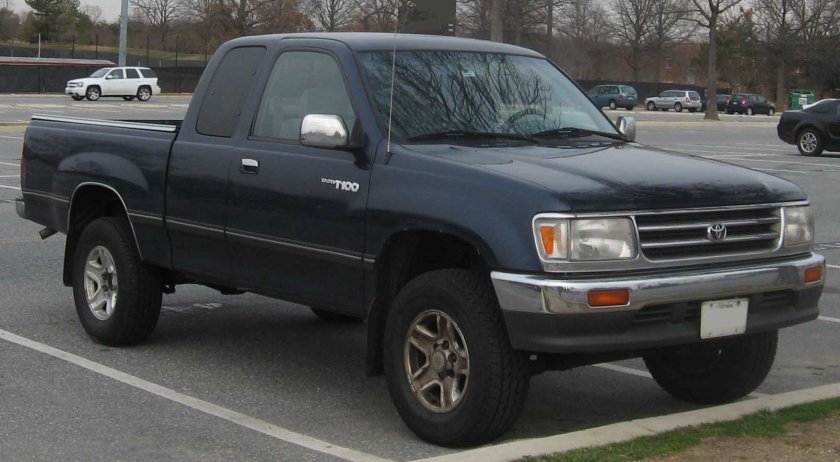
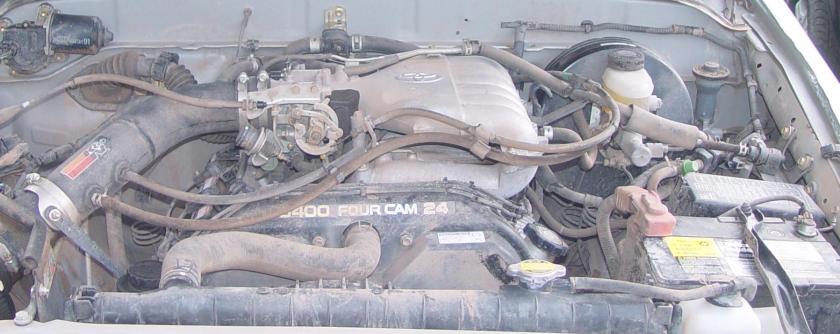 Toyota T100 (1993–1998, North America)Toyota Tazz (1996–2006, Corolla variant for South Africa)
Toyota T100 (1993–1998, North America)Toyota Tazz (1996–2006, Corolla variant for South Africa)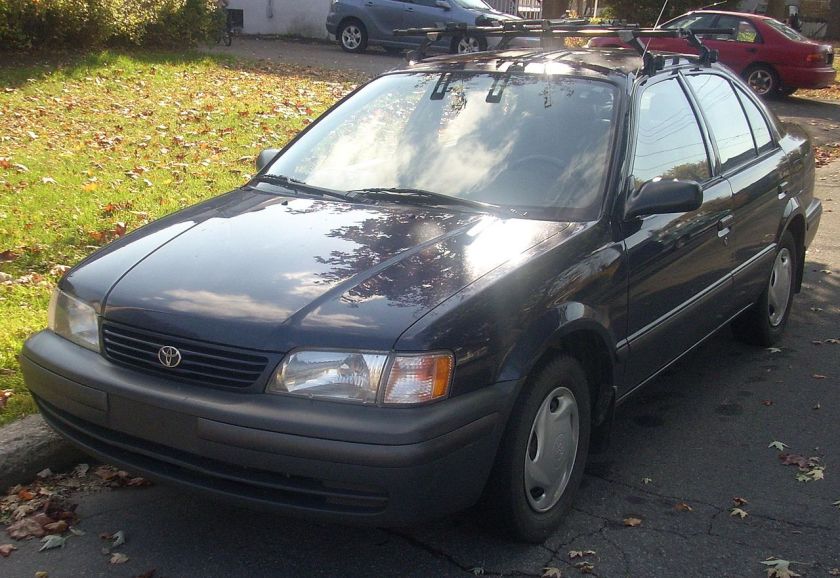
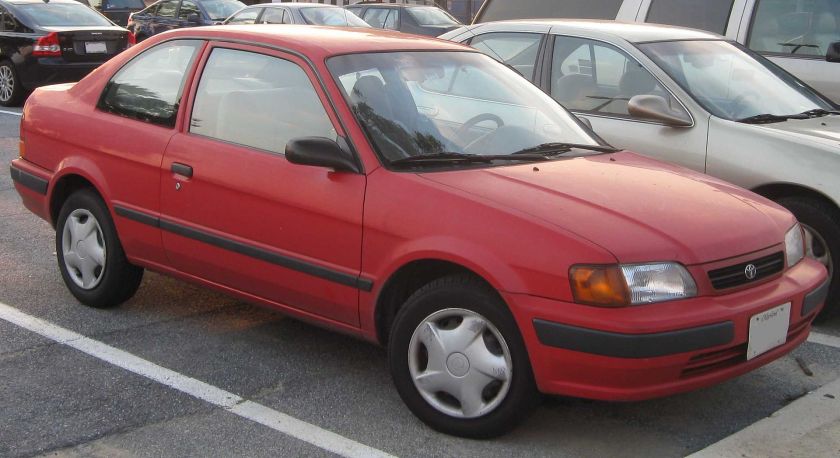

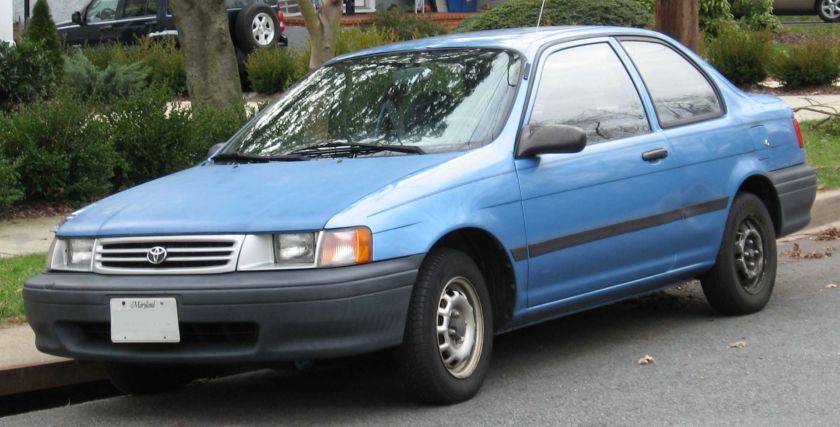
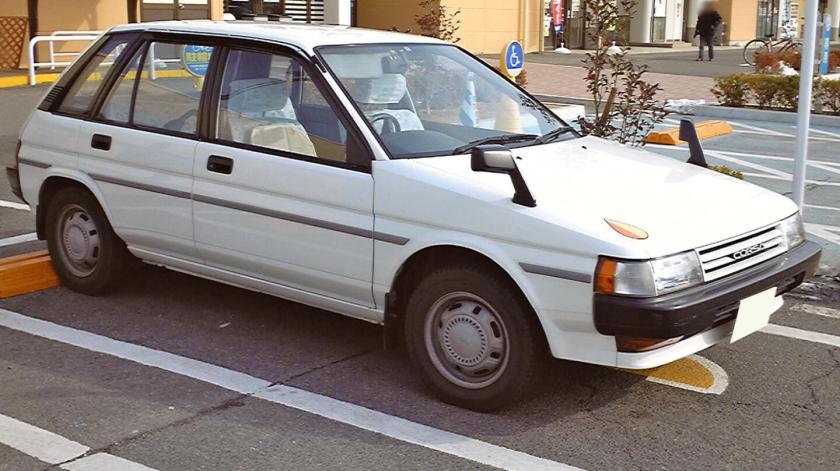
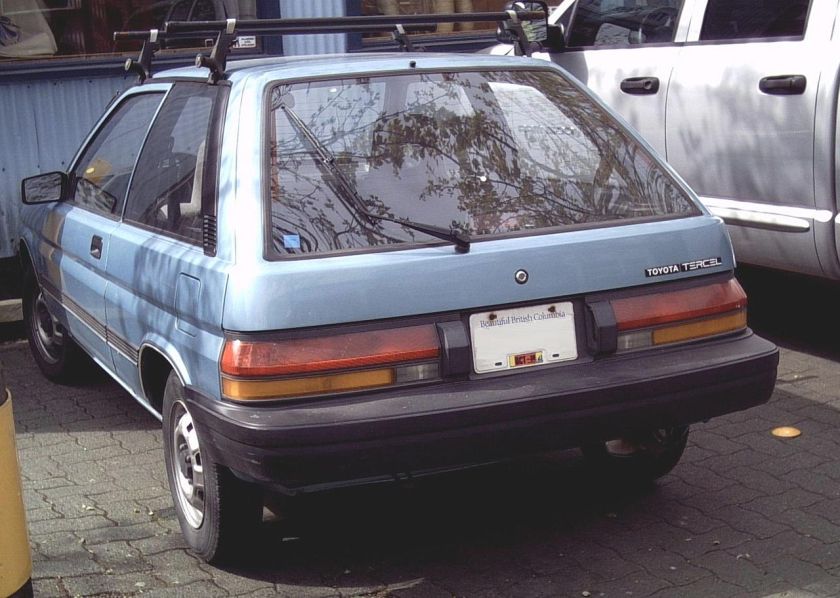
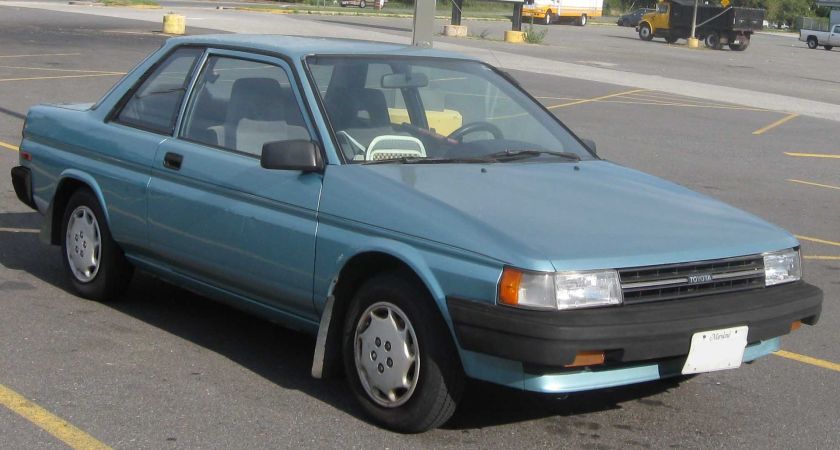
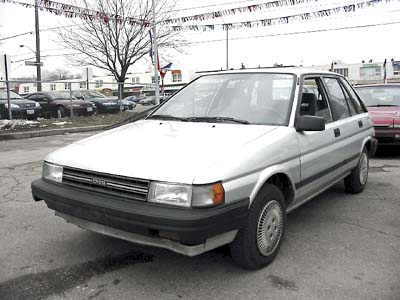
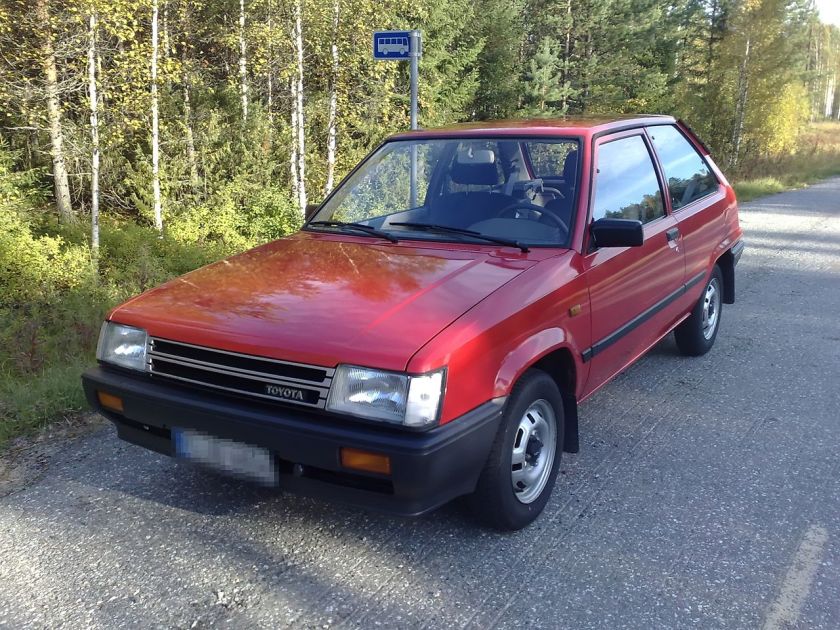
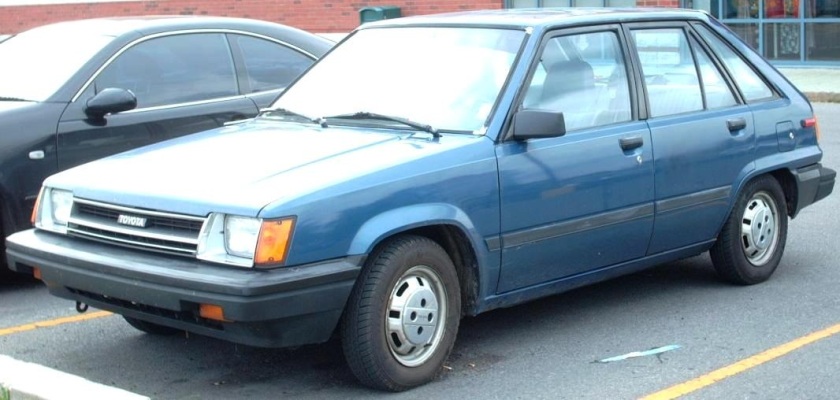
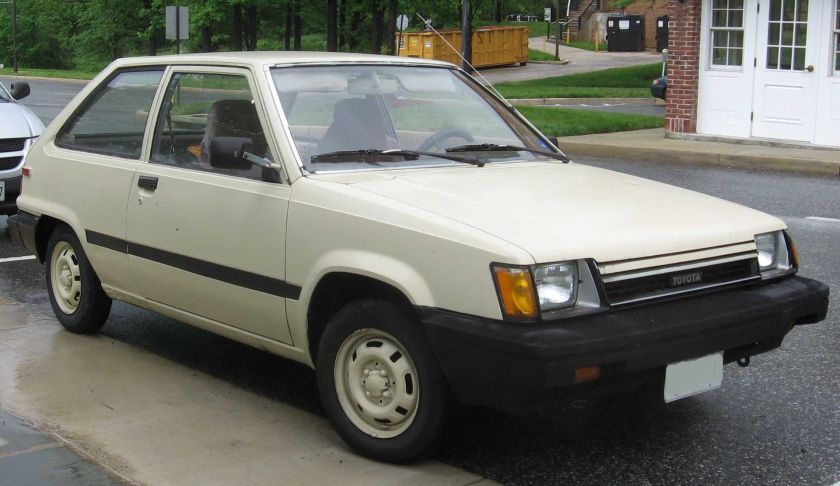
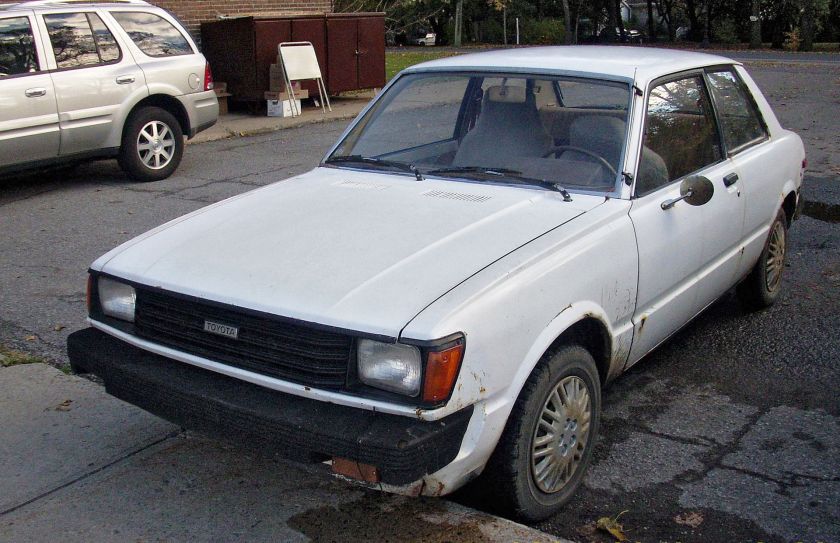
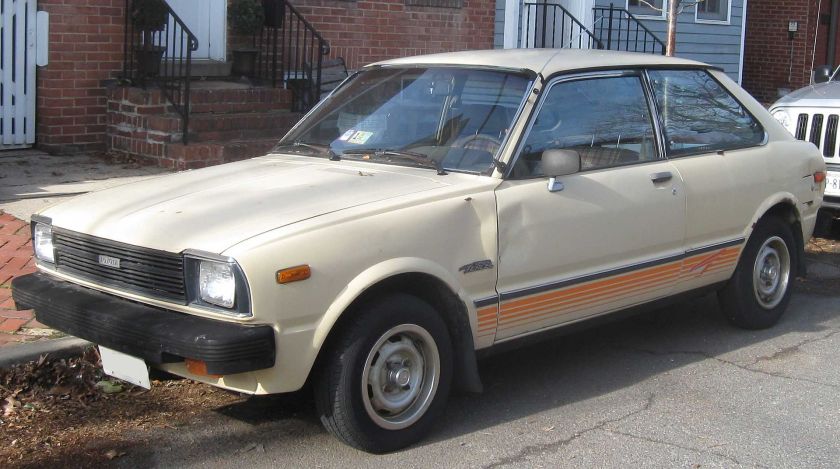
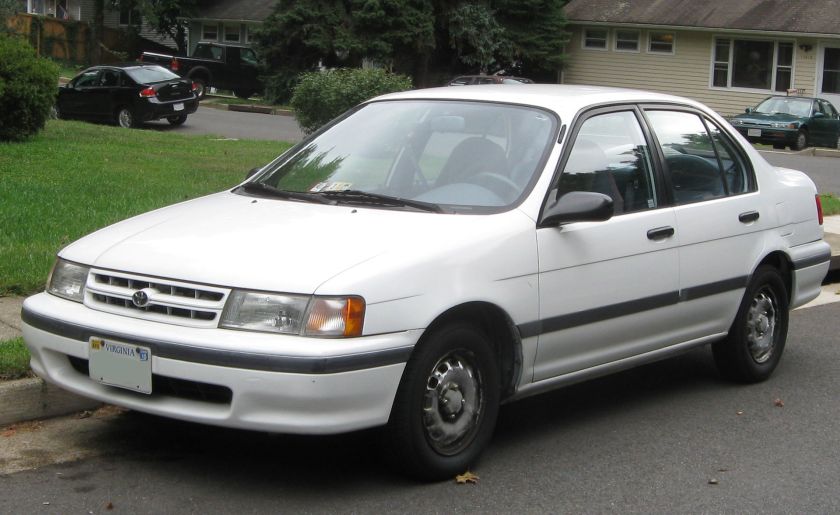
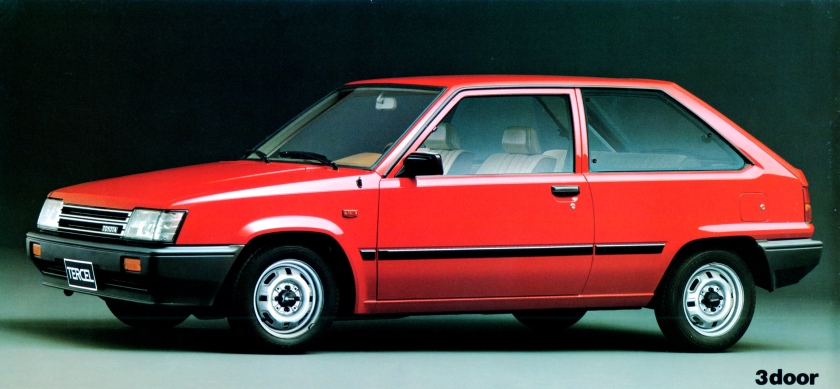
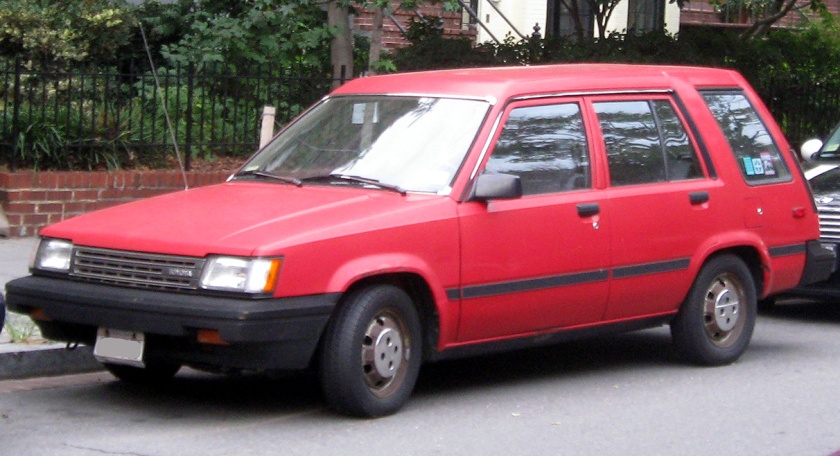
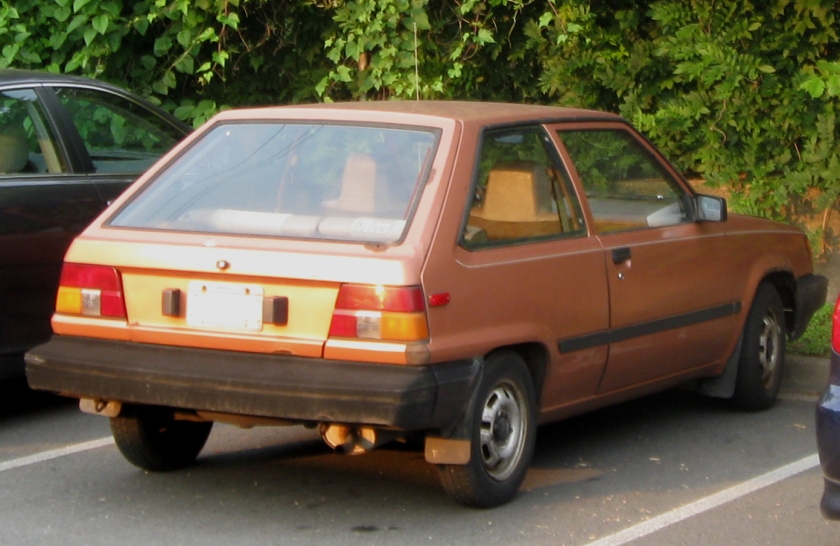
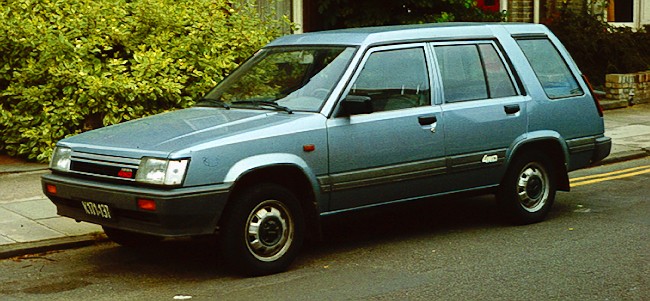 Toyota Tercel (1978–1999)
Toyota Tercel (1978–1999)
Toyota Tiara (1960-1964, name used for the Corona RT20 sold on the international market)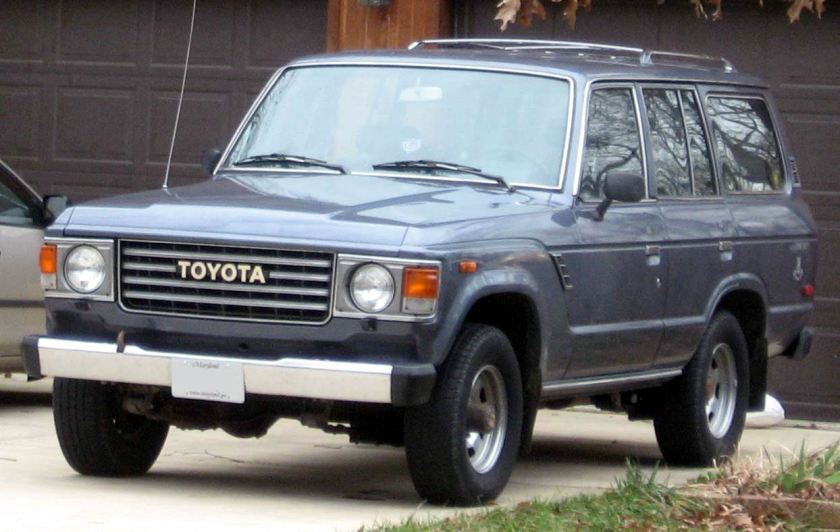
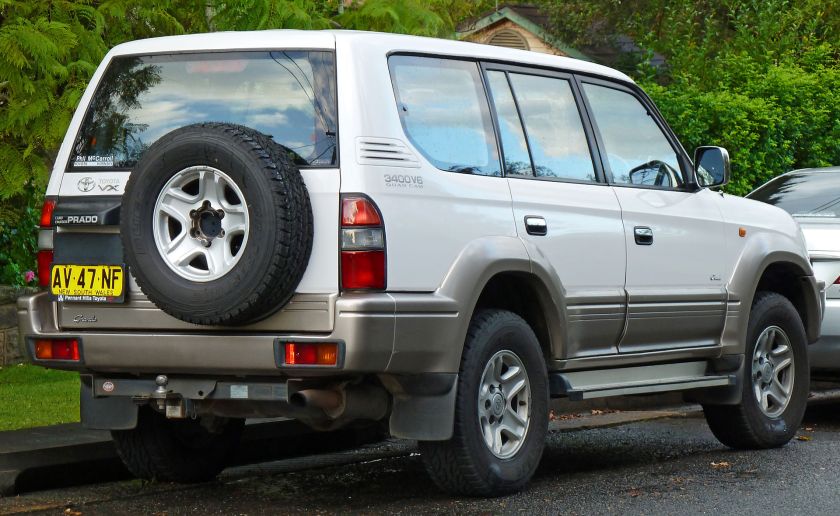
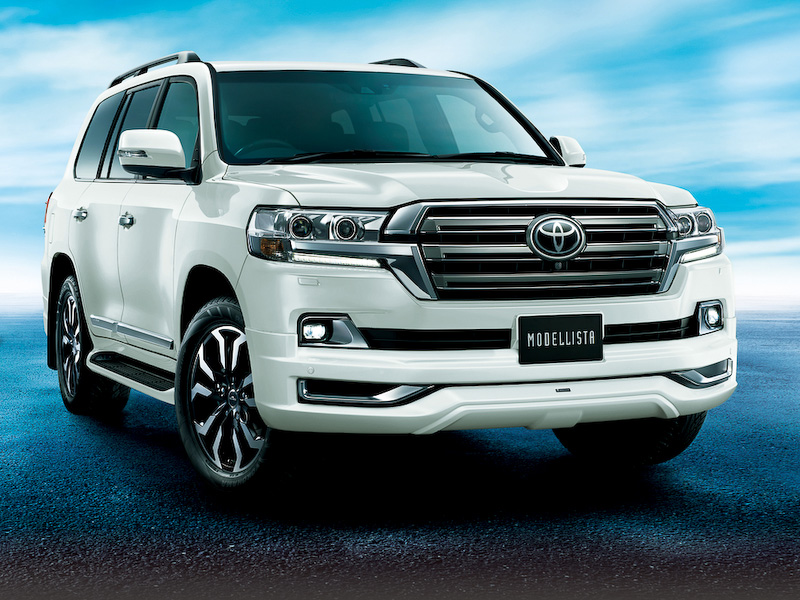
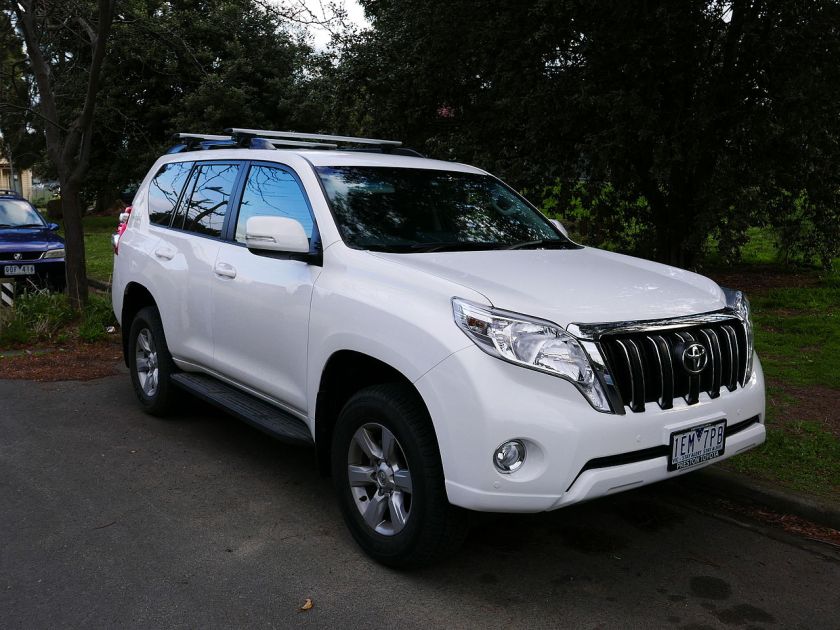
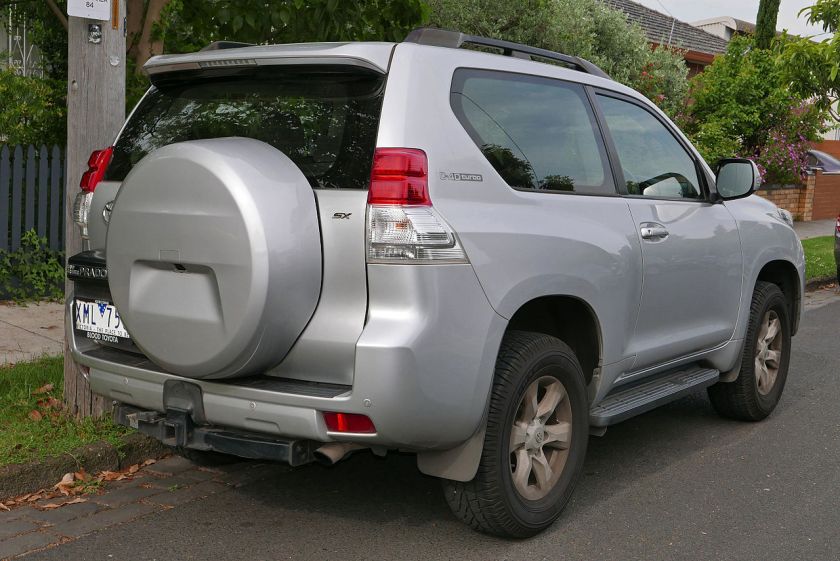
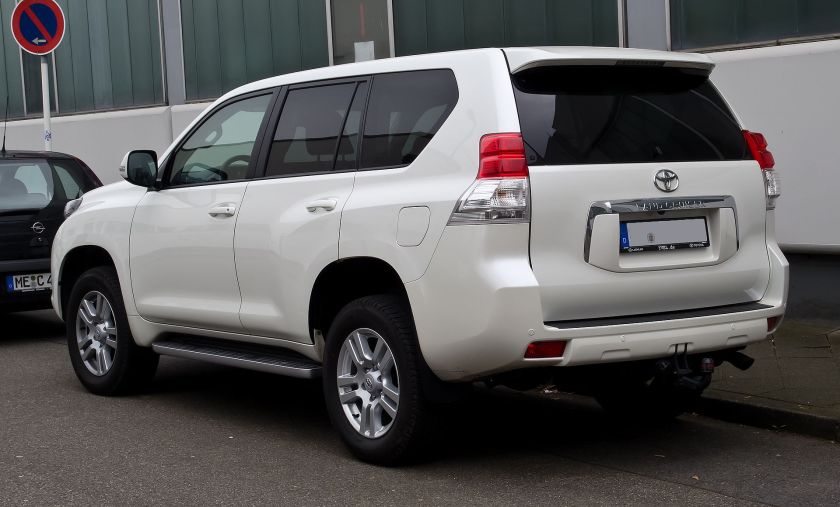
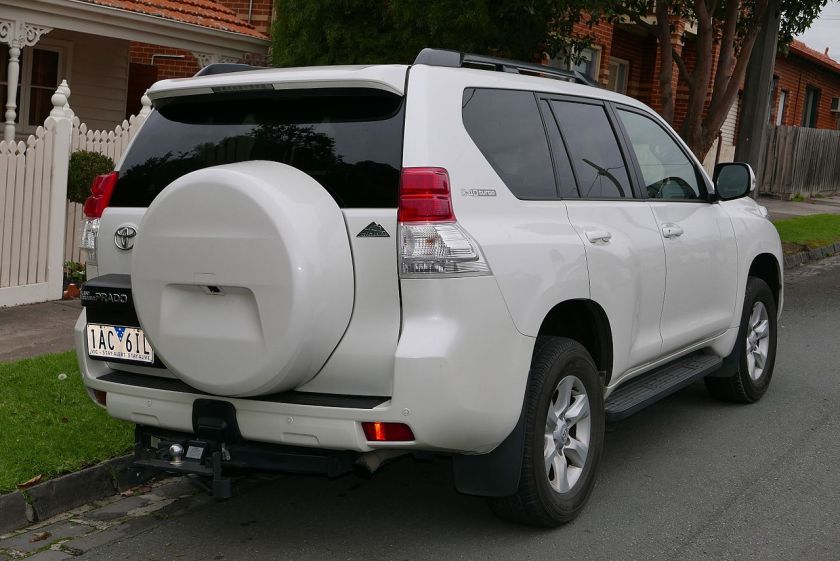
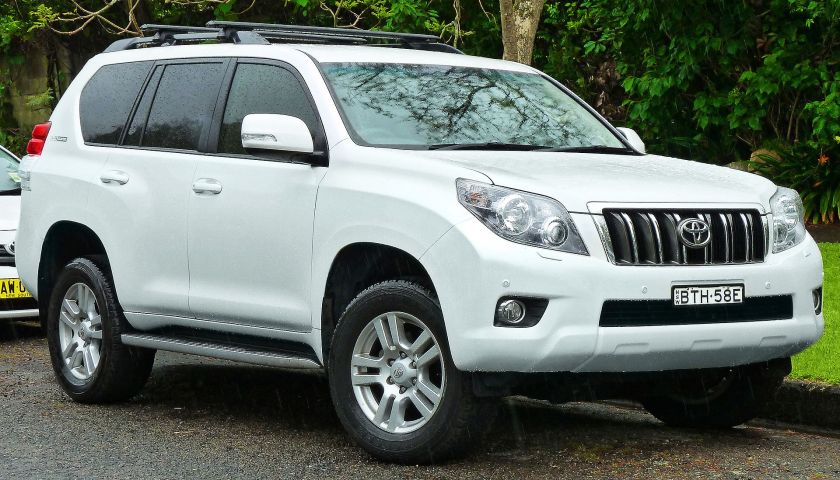
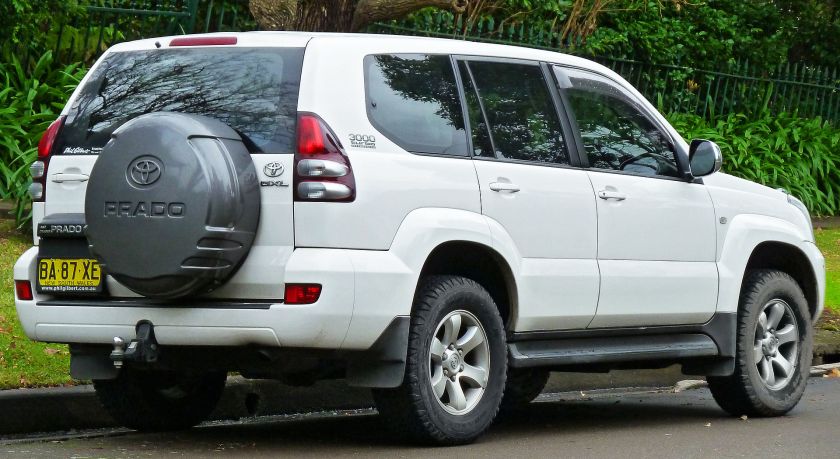
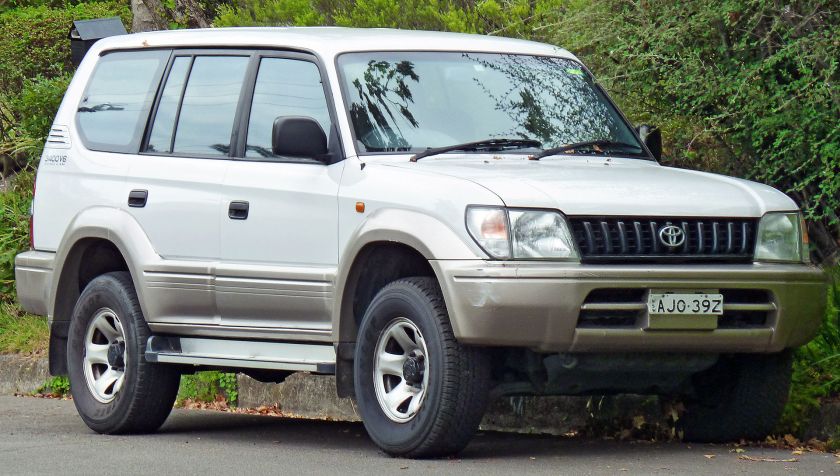
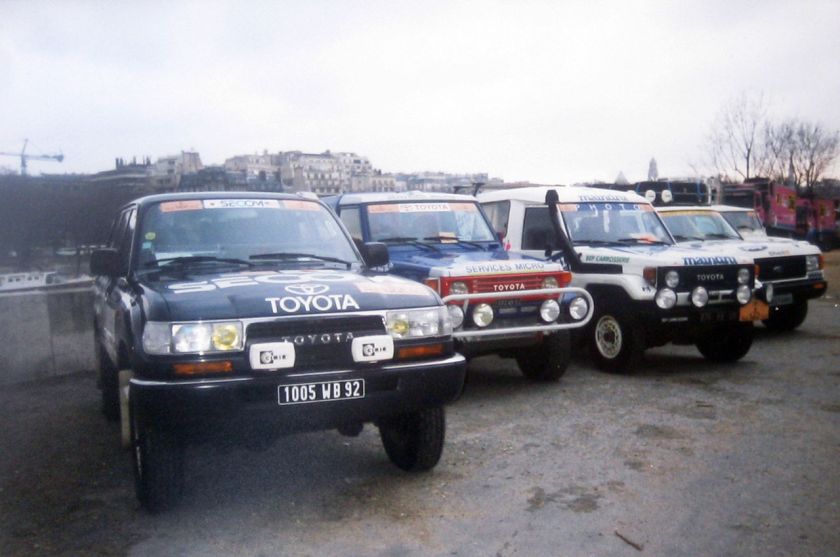
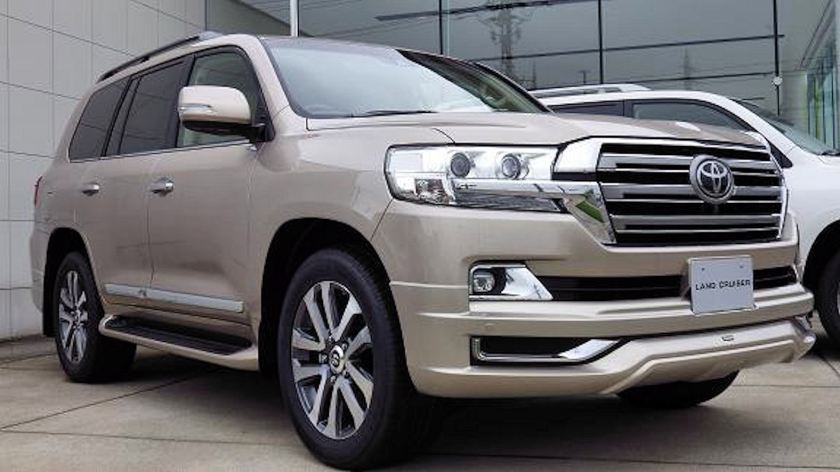
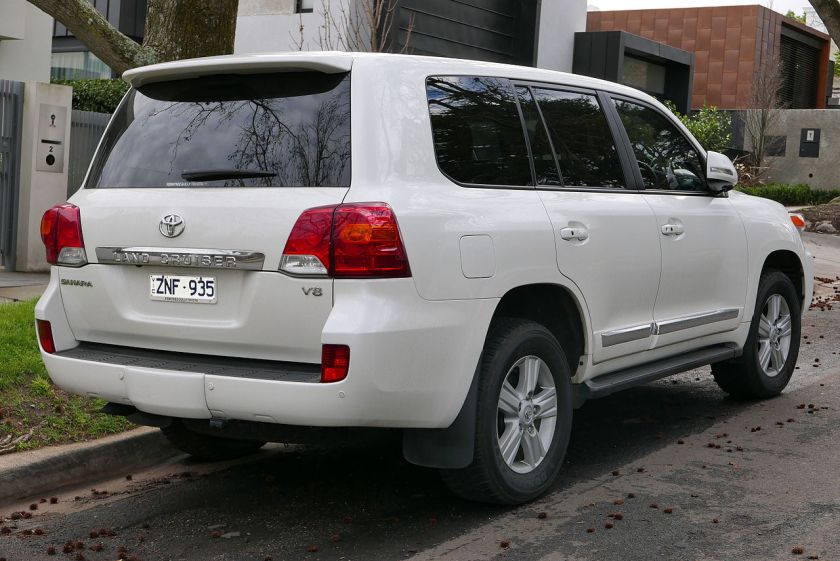
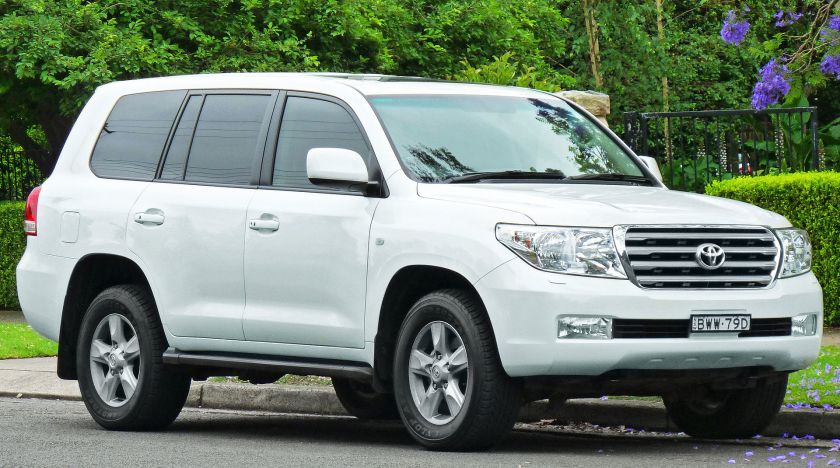
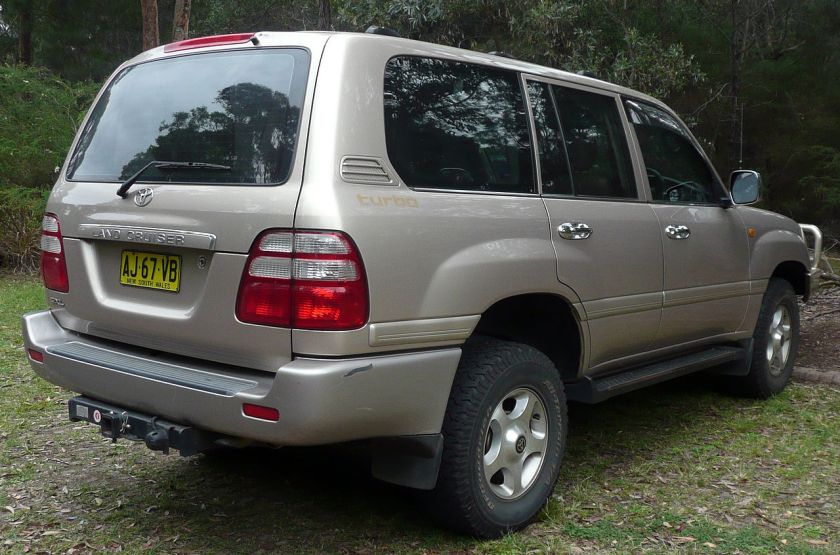
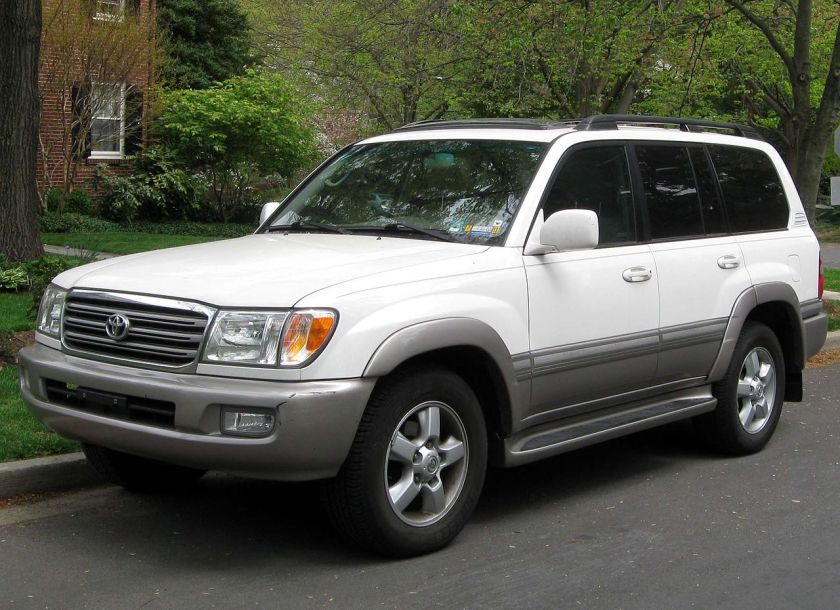
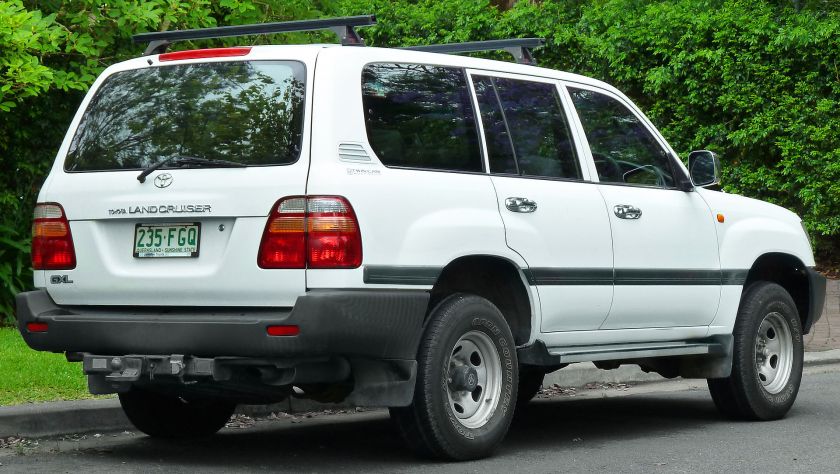
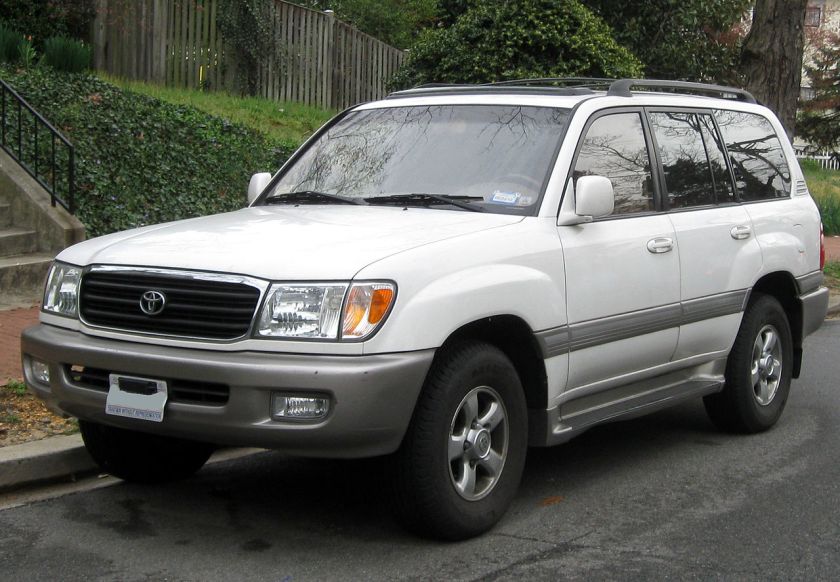
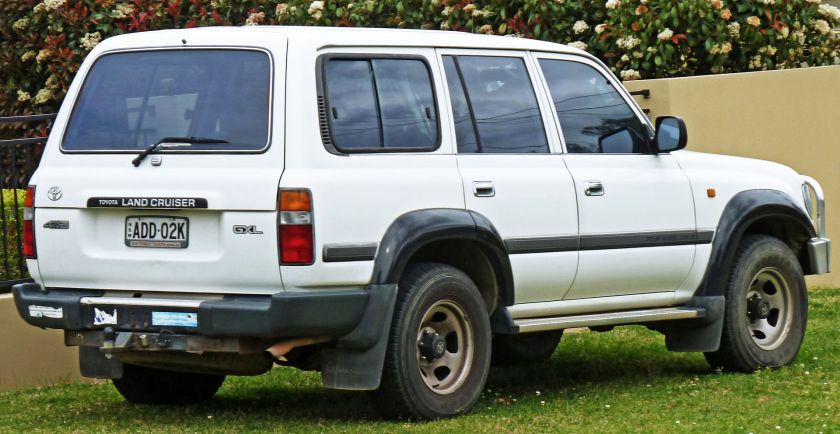
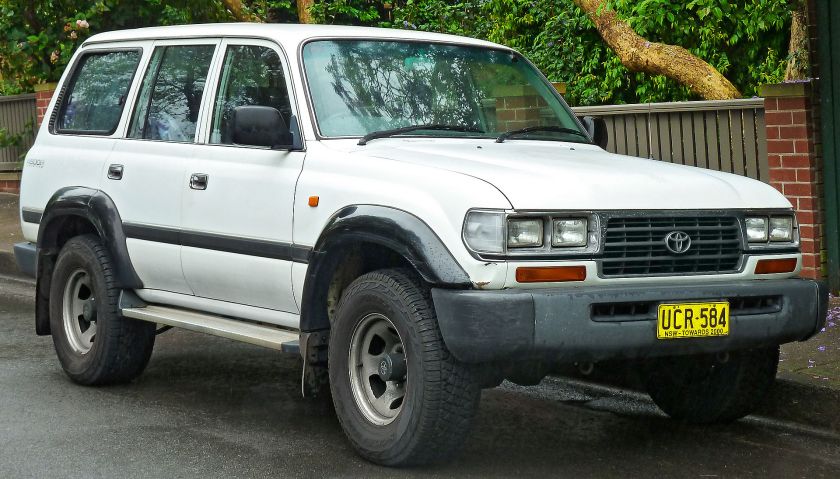
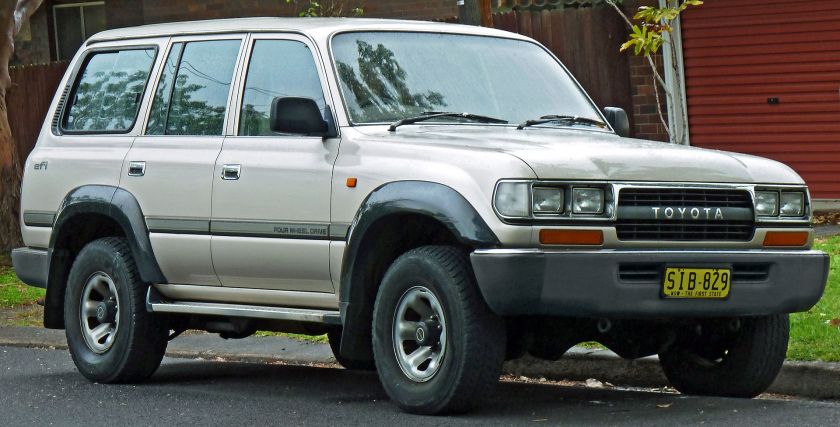
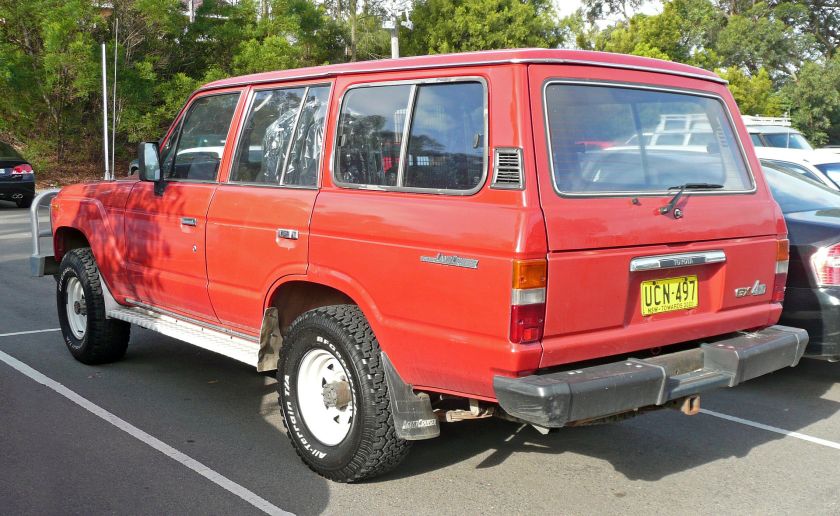
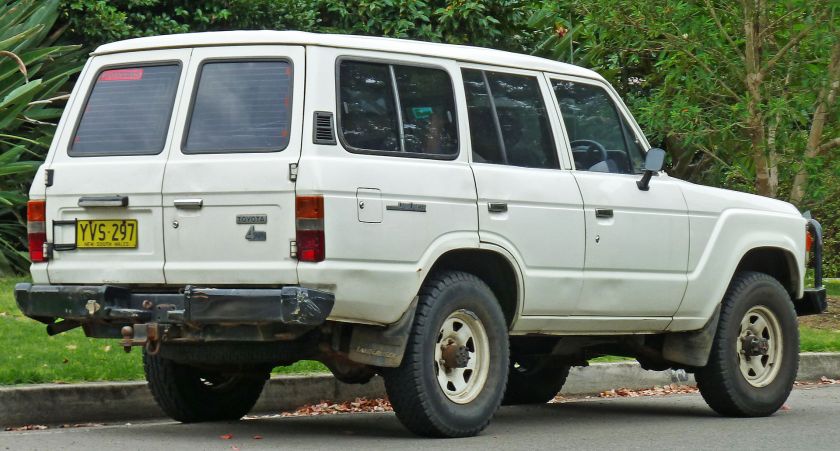
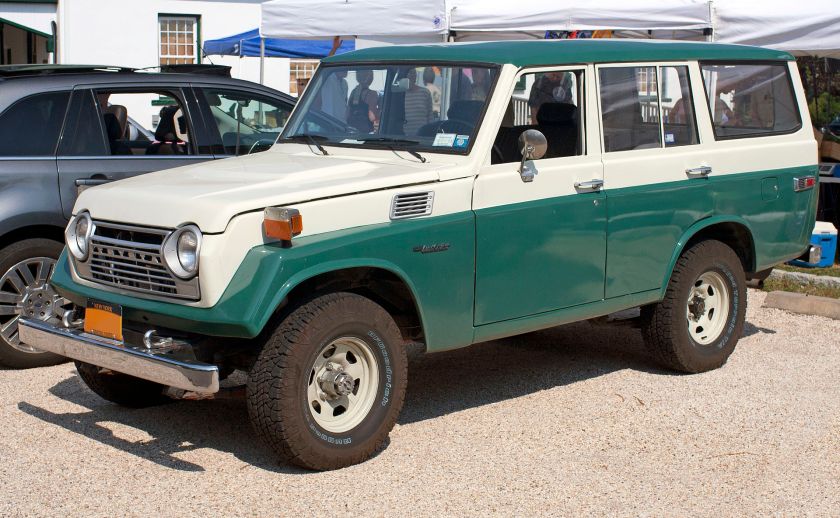
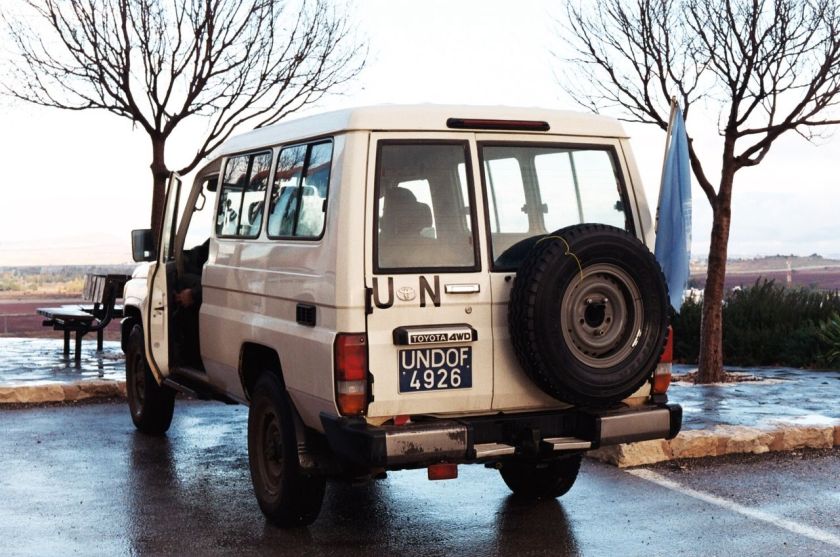
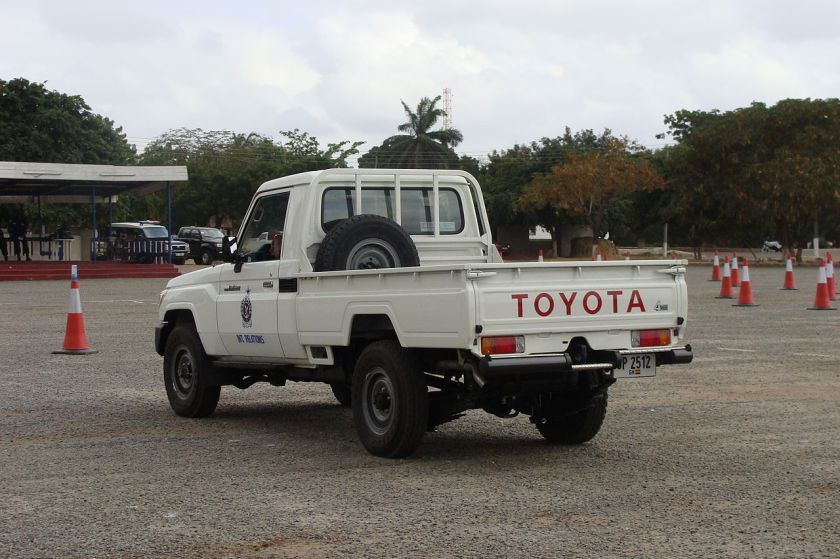
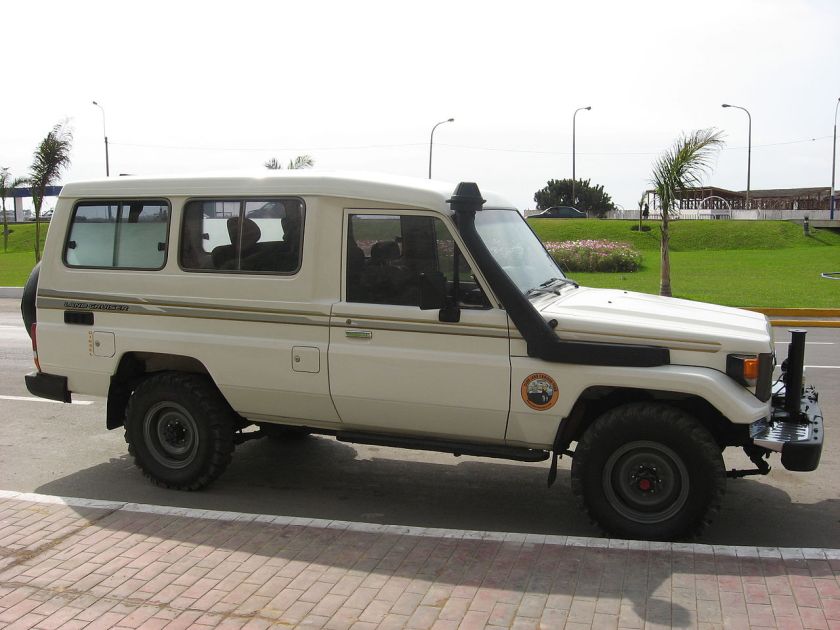
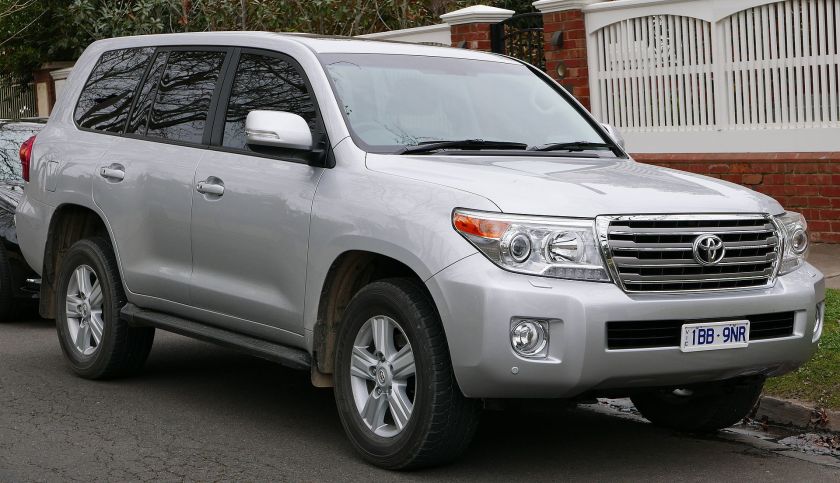
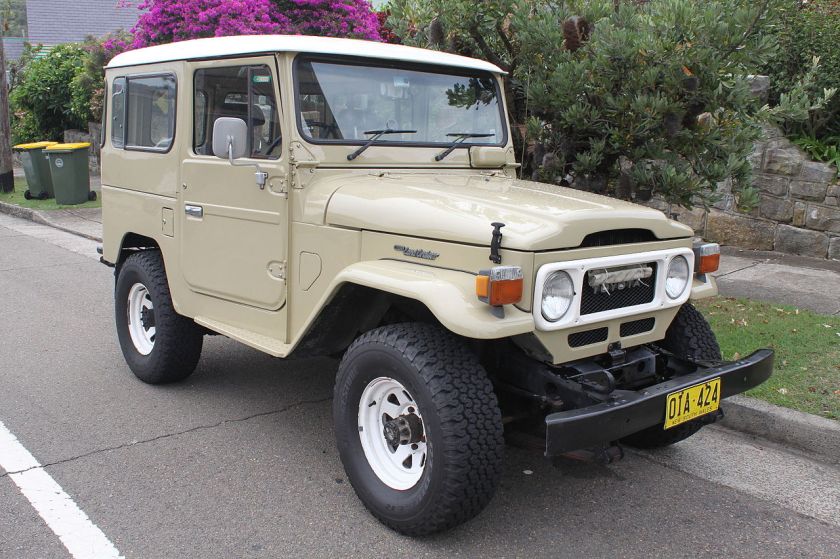
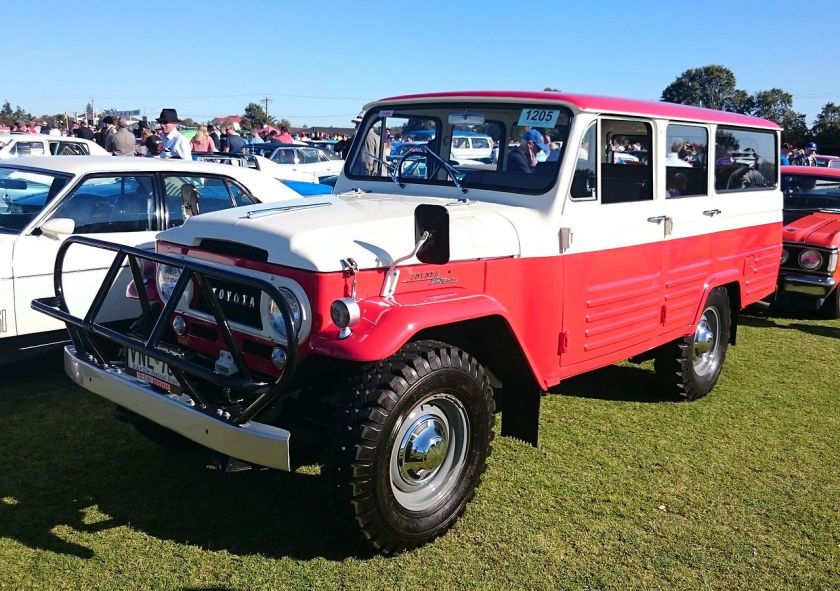
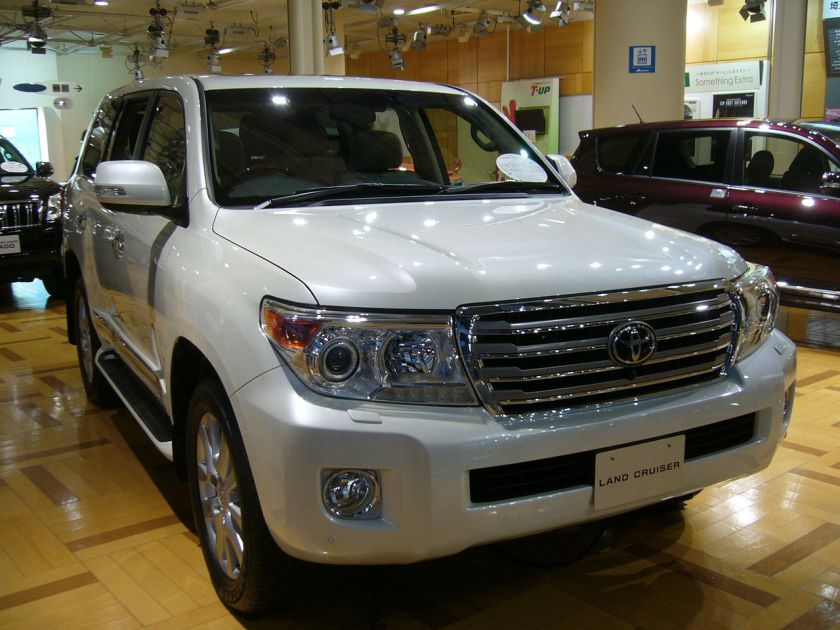
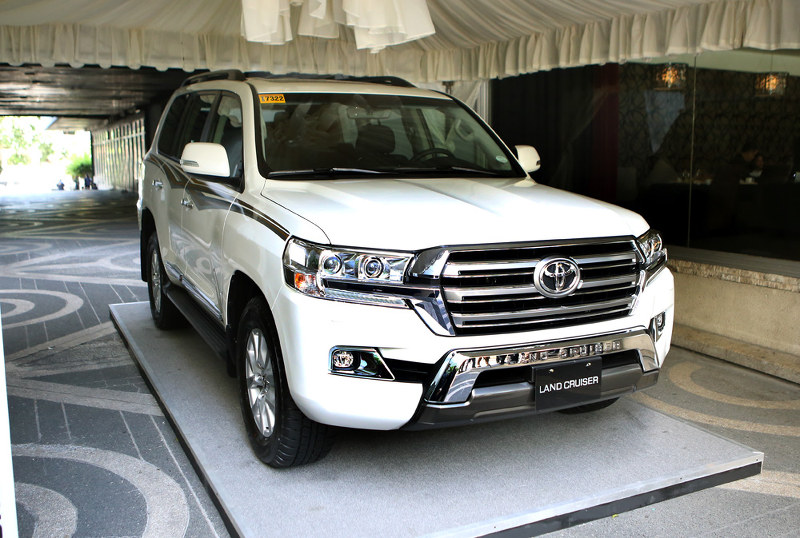
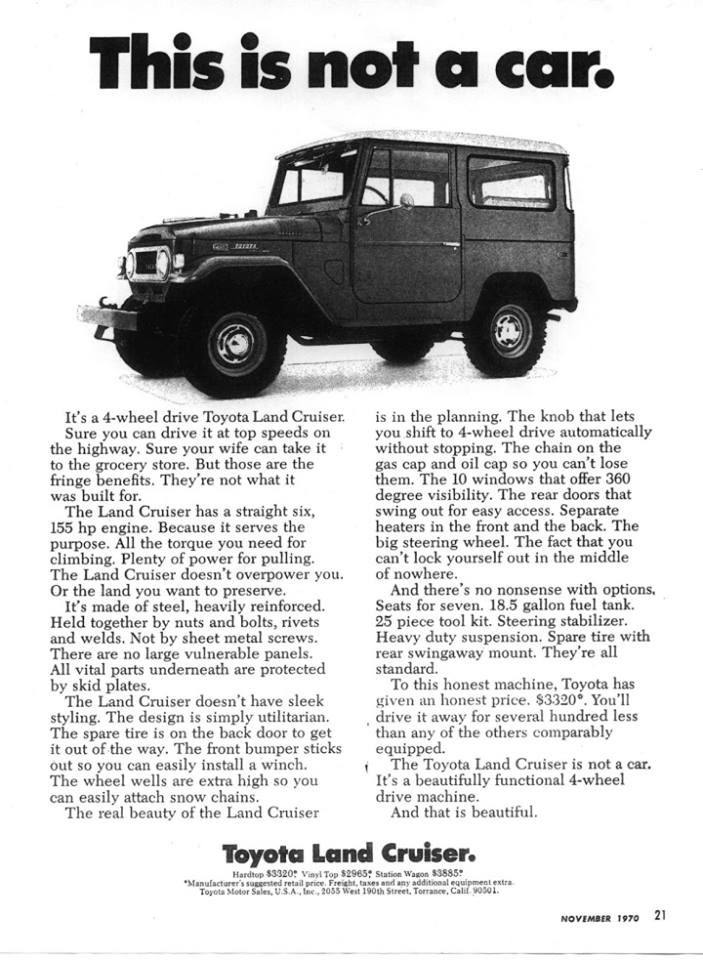
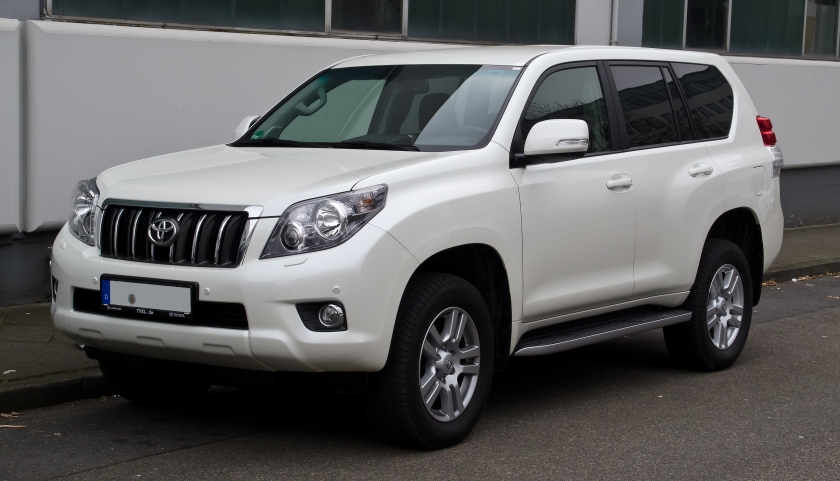
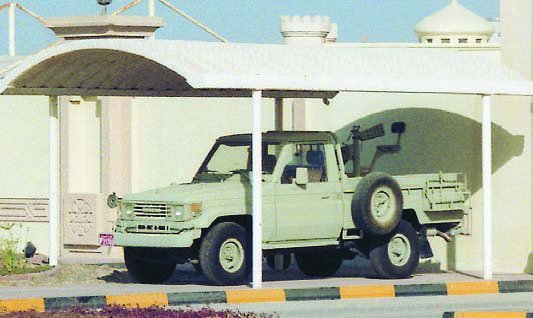
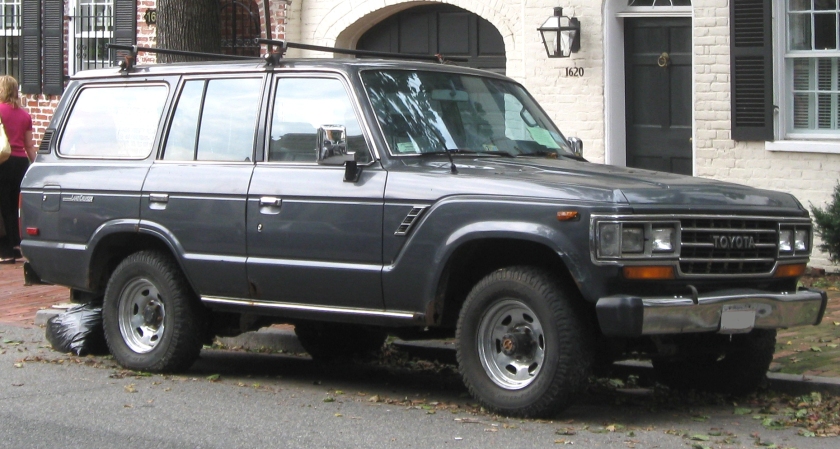
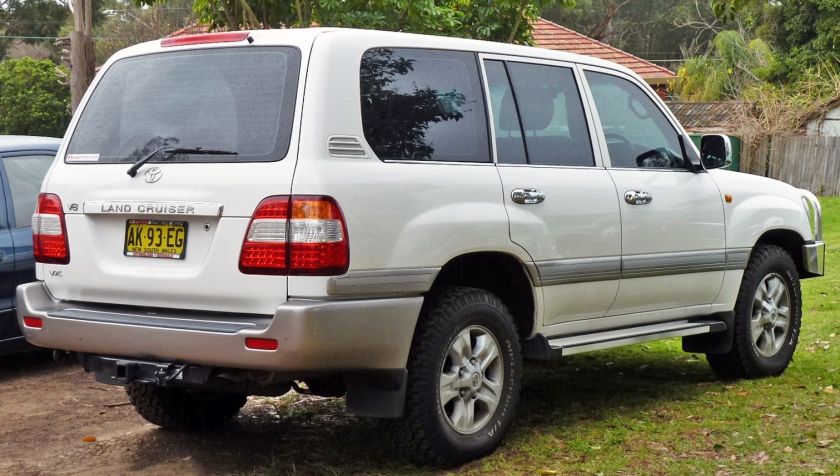
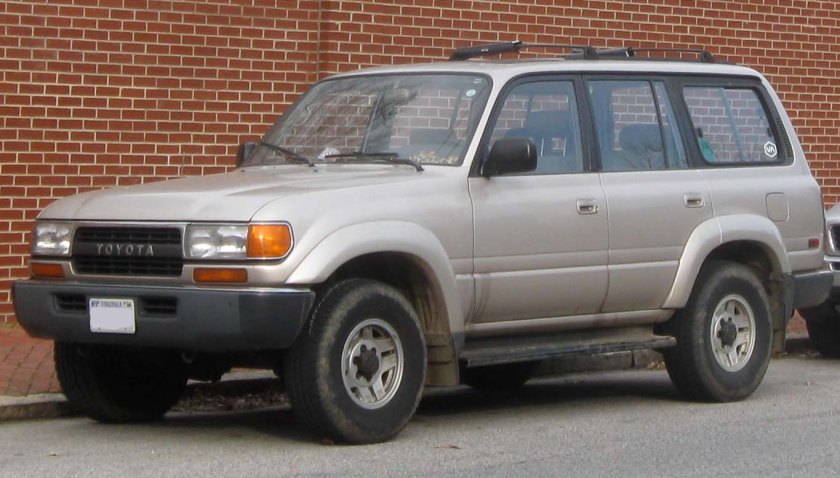
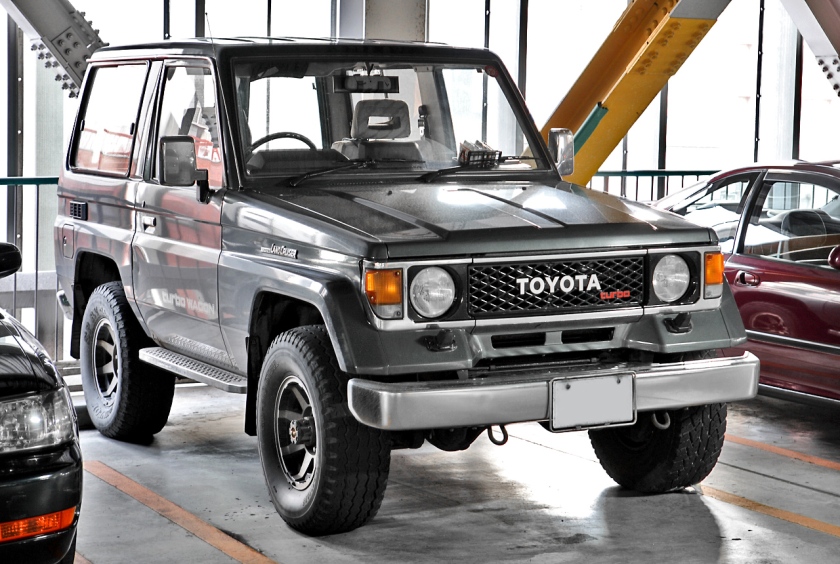
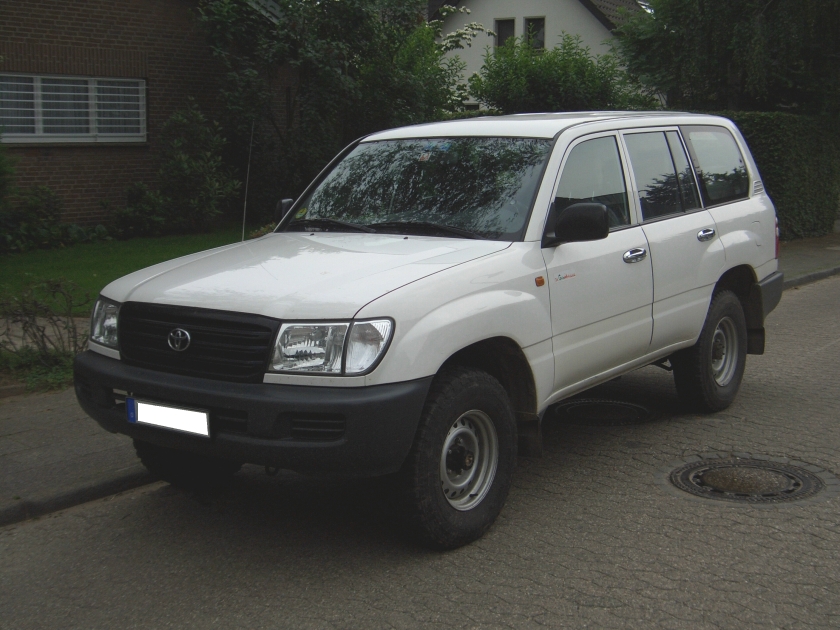
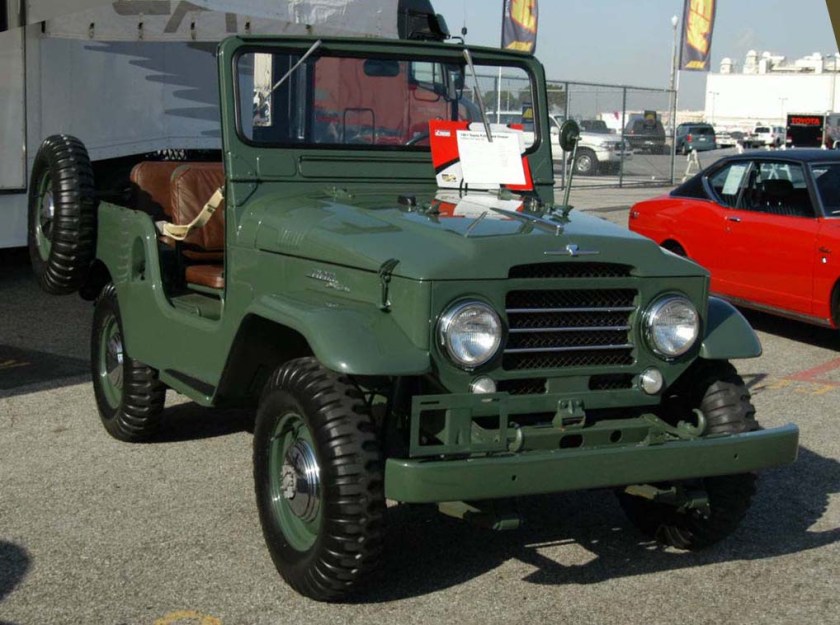
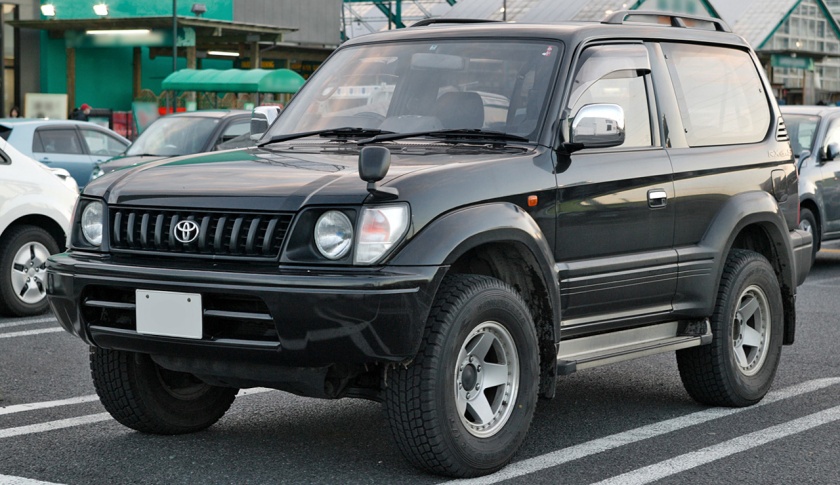
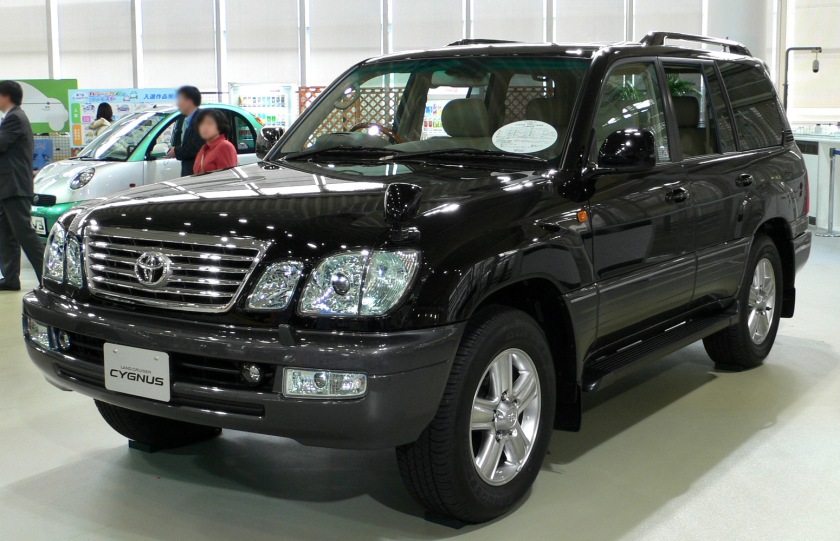
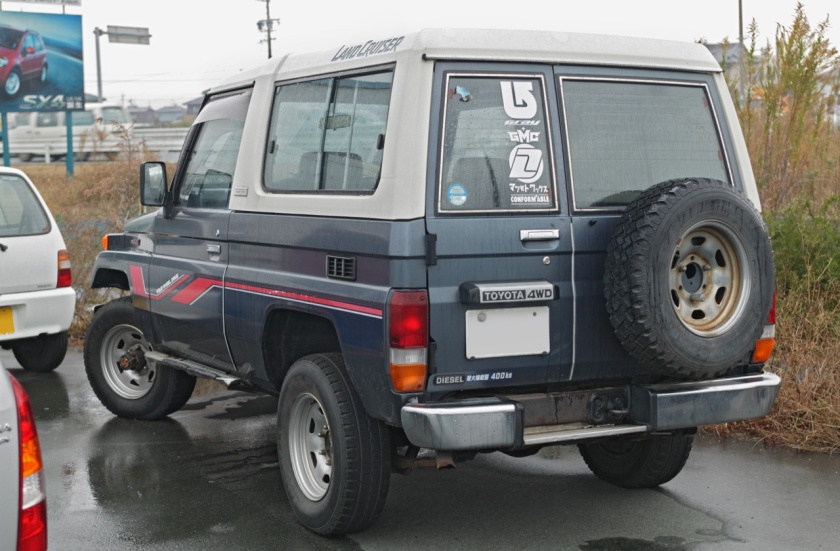
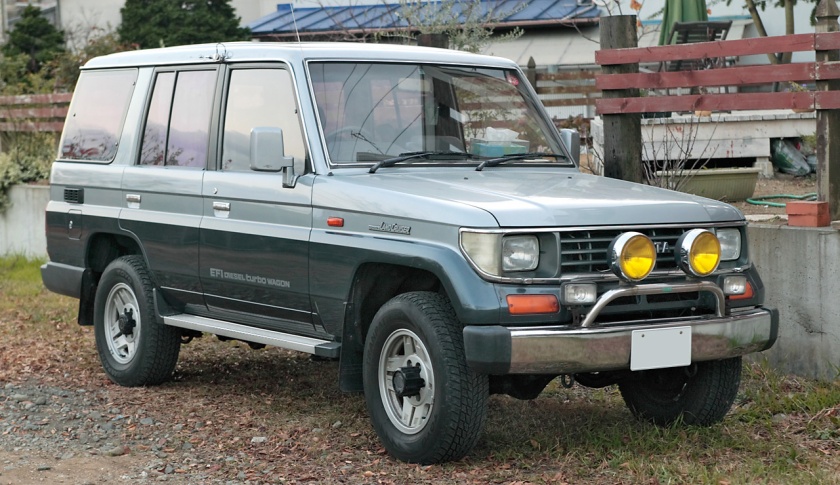
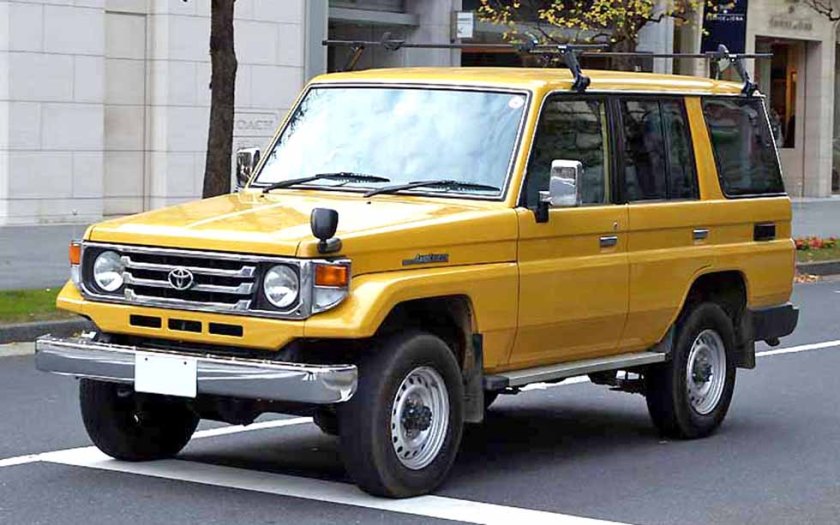
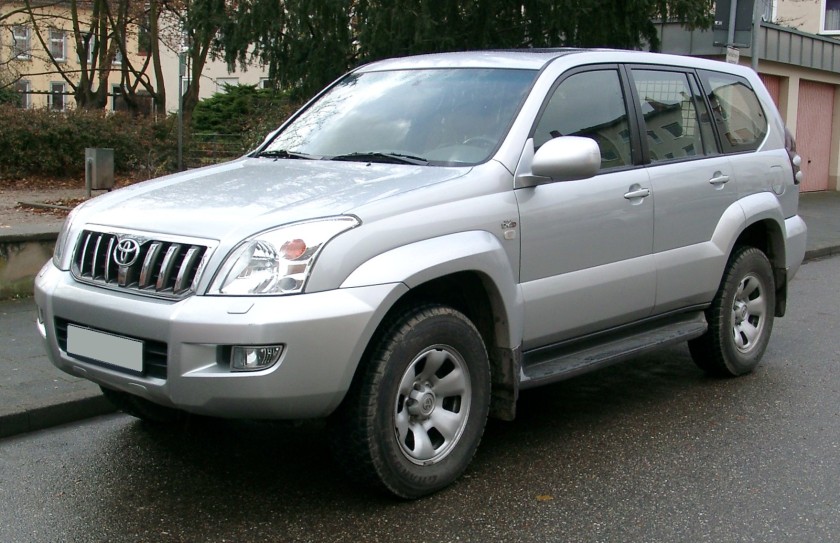 Toyota Trailer T10 (approx 1960, trailer used behind the Landcruiser)
Toyota Trailer T10 (approx 1960, trailer used behind the Landcruiser)
Toyota Van (1984–1989, North America, also called the Model F/Space Cruiser/Tarago)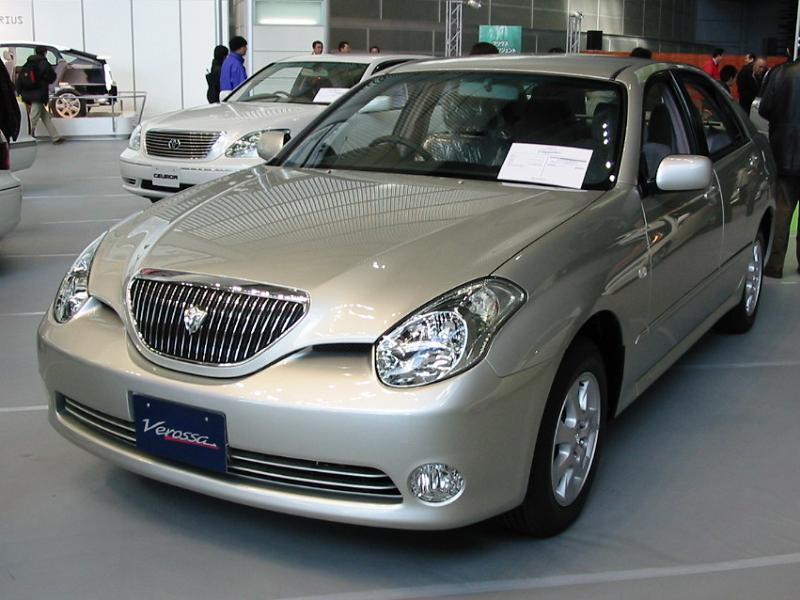 Toyota Verossa (2001–2003)
Toyota Verossa (2001–2003)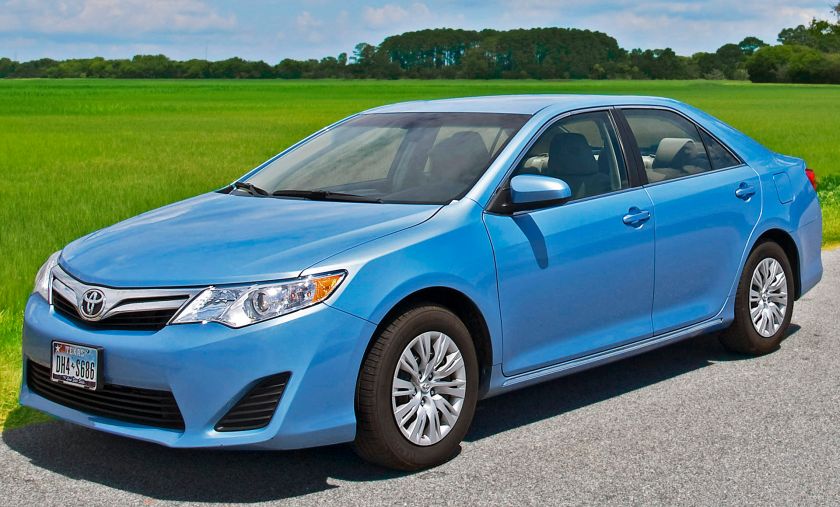 Toyota Vista (1982–2003)
Toyota Vista (1982–2003) Toyota VM180 Zagato (2001, based on the MR-S)
Toyota VM180 Zagato (2001, based on the MR-S)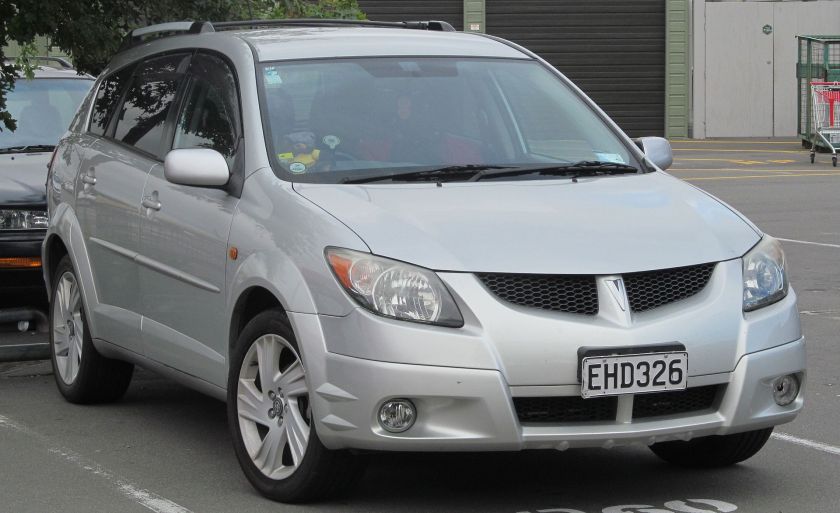 Toyota Voltz (2002–2004 in Japan, sold as the Pontiac Vibe 2002-2009 in the USA)
Toyota Voltz (2002–2004 in Japan, sold as the Pontiac Vibe 2002-2009 in the USA)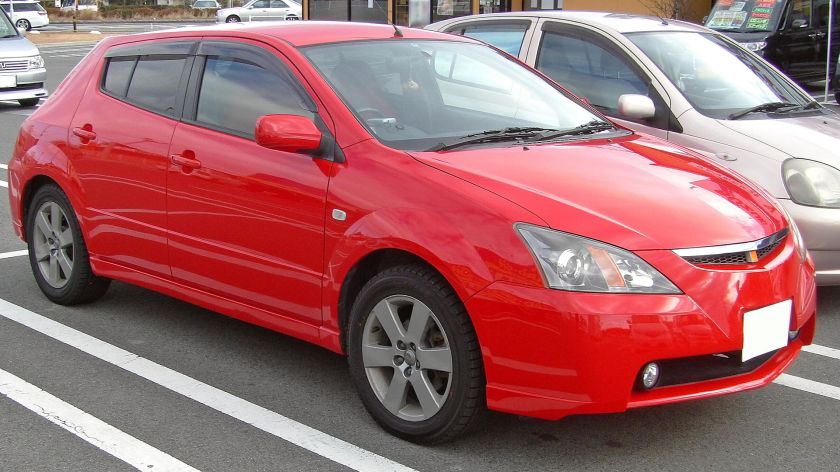
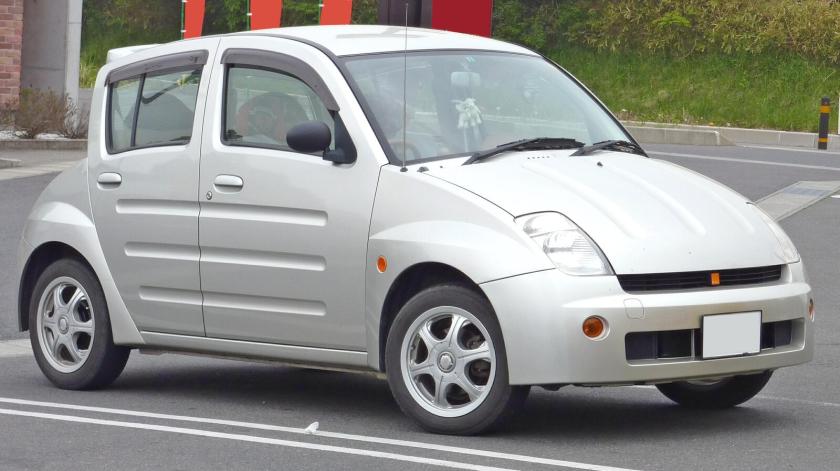
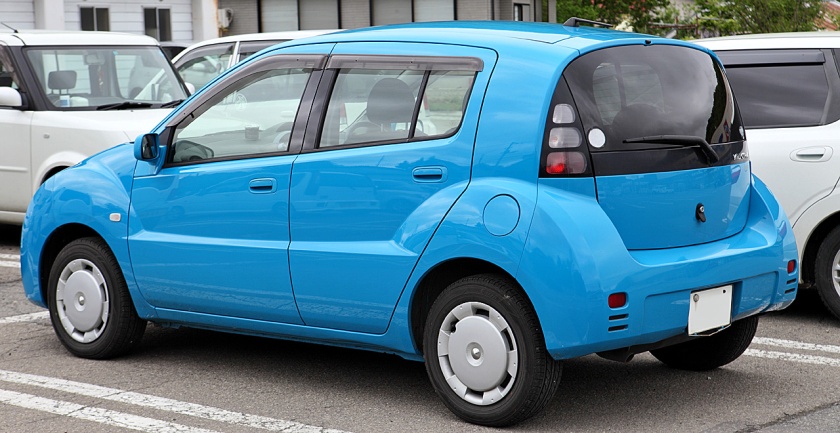
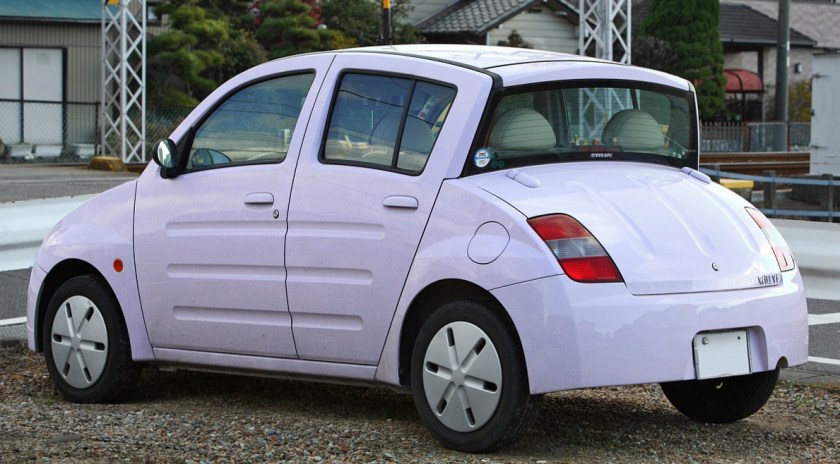
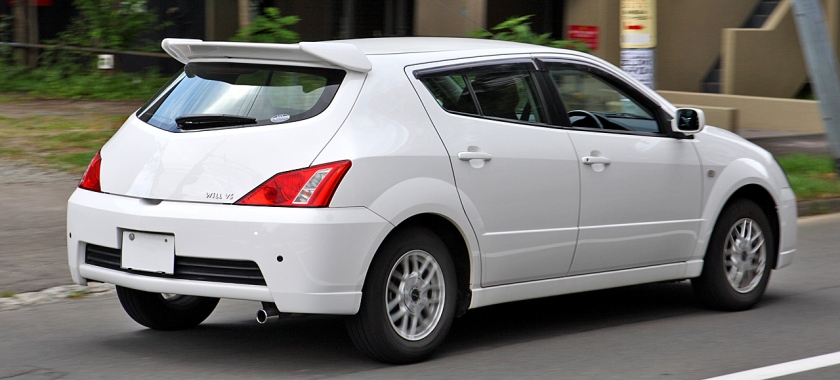
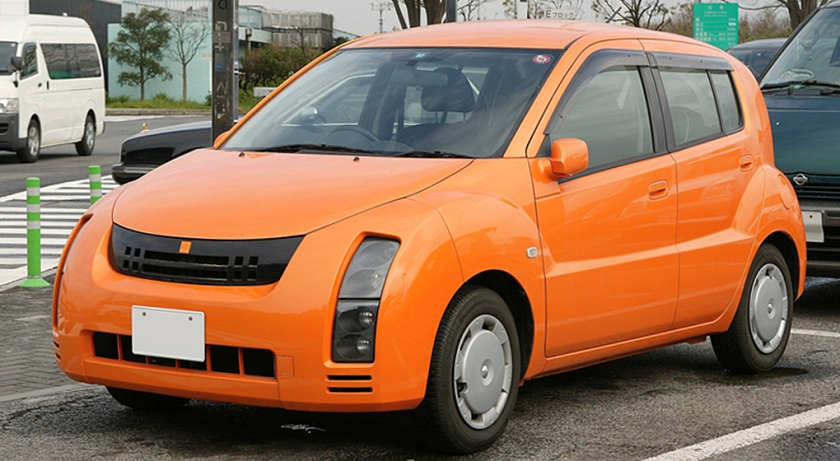 Toyota WiLL (2001?-2005)
Toyota WiLL (2001?-2005)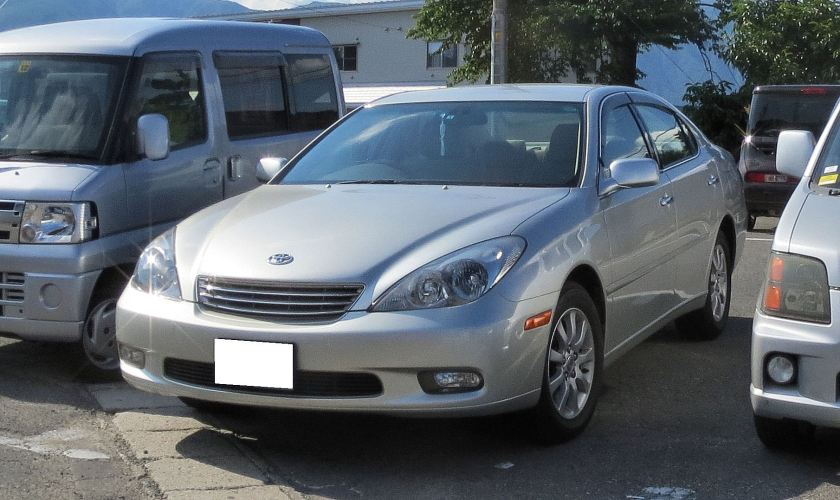
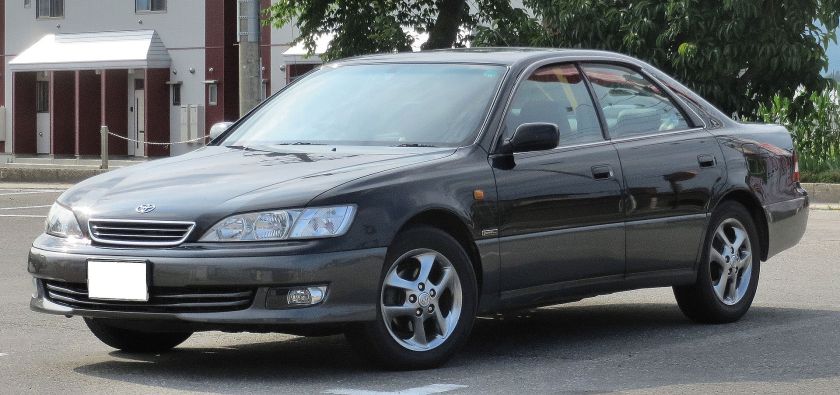
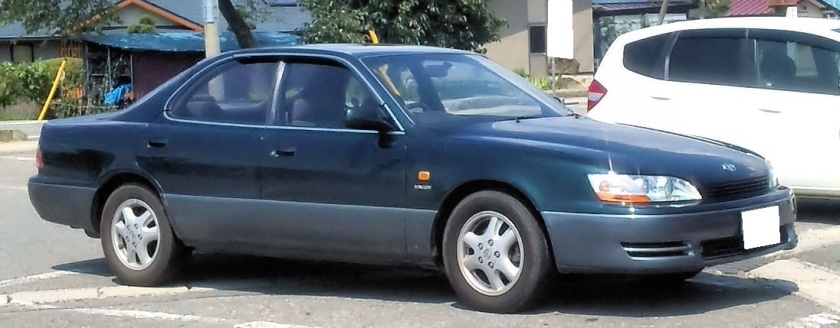
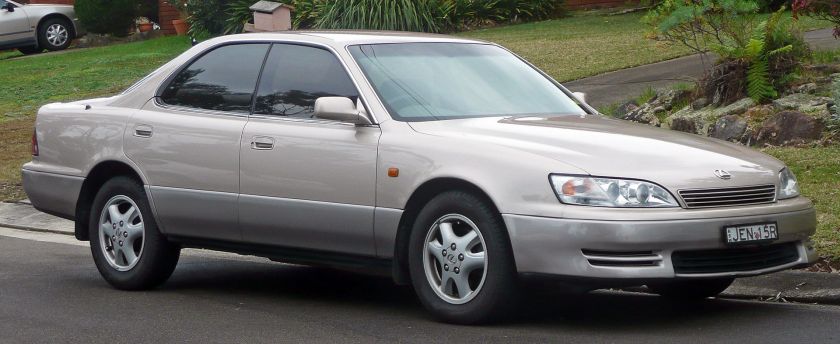
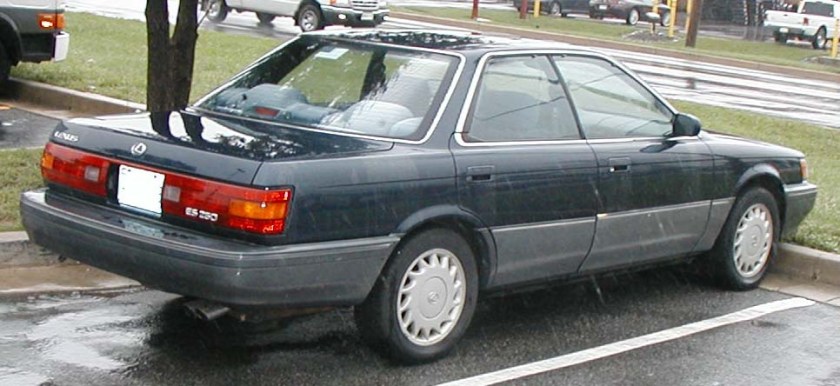
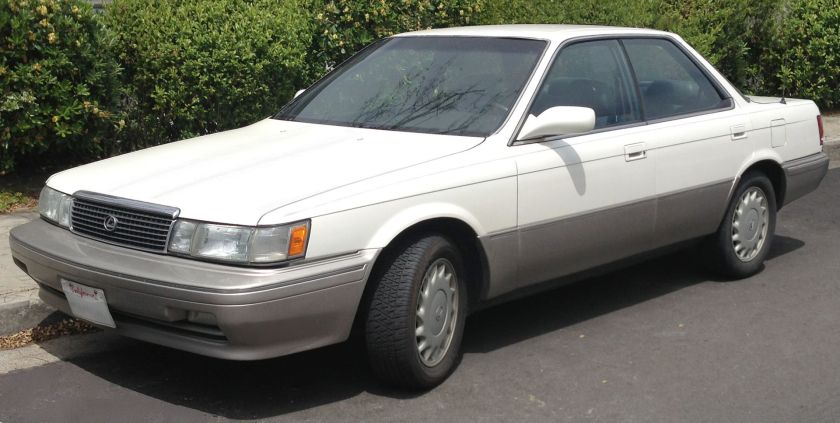
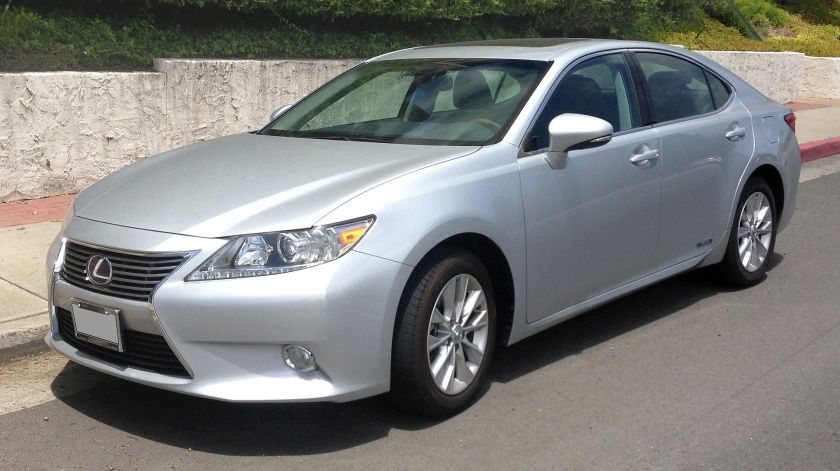 Toyota Windom (1989–2007, also sold as the Lexus ES)
Toyota Windom (1989–2007, also sold as the Lexus ES)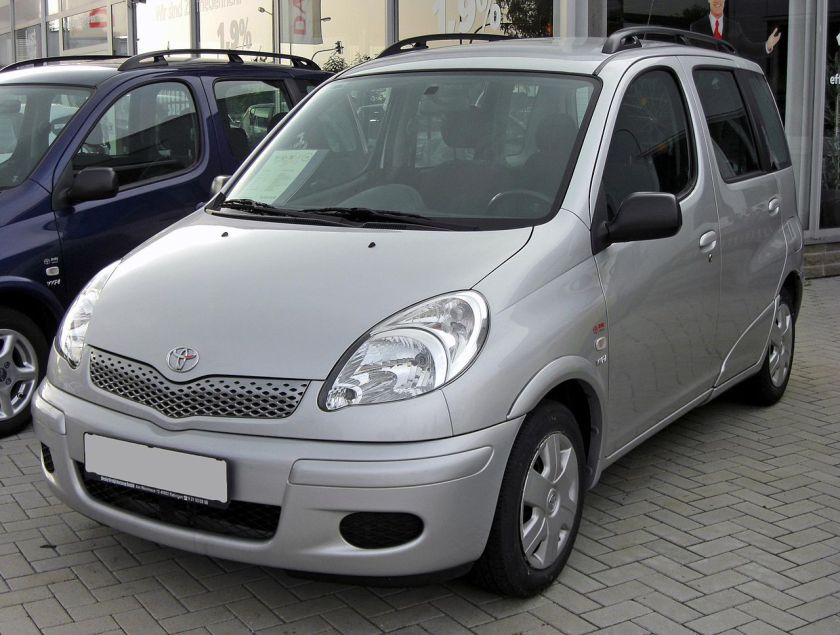
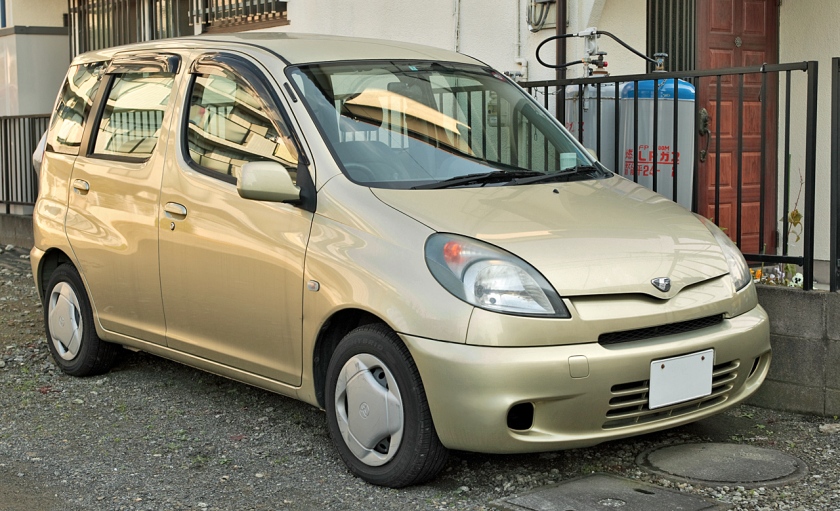
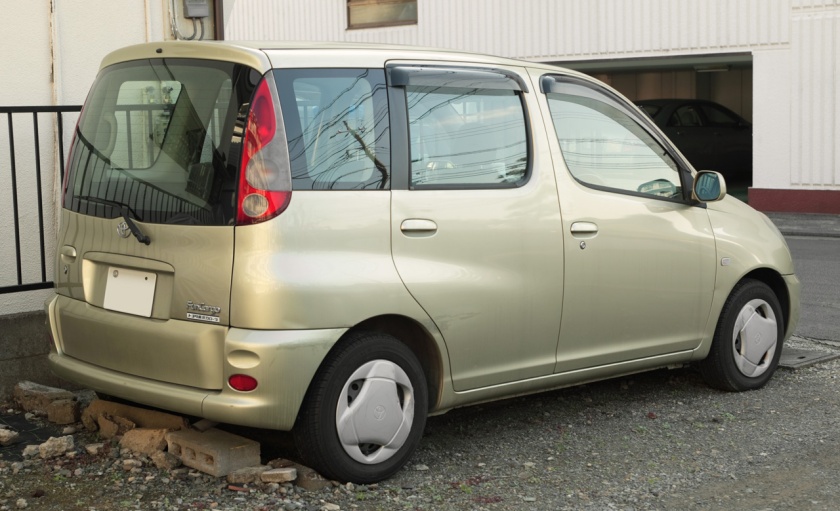 Toyota Yaris Verso (2000–2004)
Toyota Yaris Verso (2000–2004)
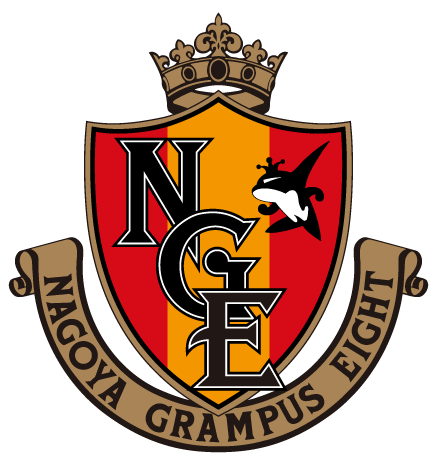 Nagoya Grampus, formerly the company’s football club and still sponsored by them
Nagoya Grampus, formerly the company’s football club and still sponsored by them
 Toyota Verblitz, the company’s rugby team
Toyota Verblitz, the company’s rugby team
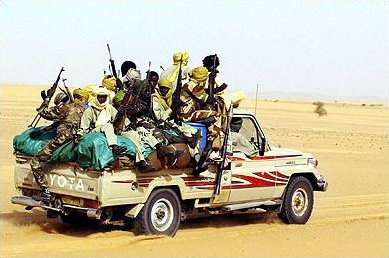 Toyota War, a conflict between Libya and Chad which saw a heavy use of Toyota’s pickup trucks.
Toyota War, a conflict between Libya and Chad which saw a heavy use of Toyota’s pickup trucks. Toyota i-Road, a new concept car shown at March’s 2013 Geneva Motor Show
Toyota i-Road, a new concept car shown at March’s 2013 Geneva Motor Show
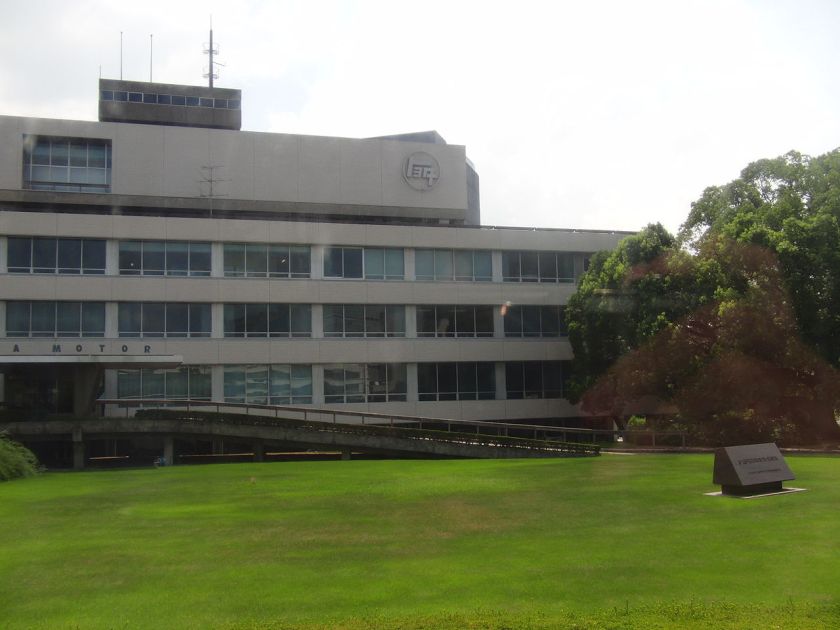
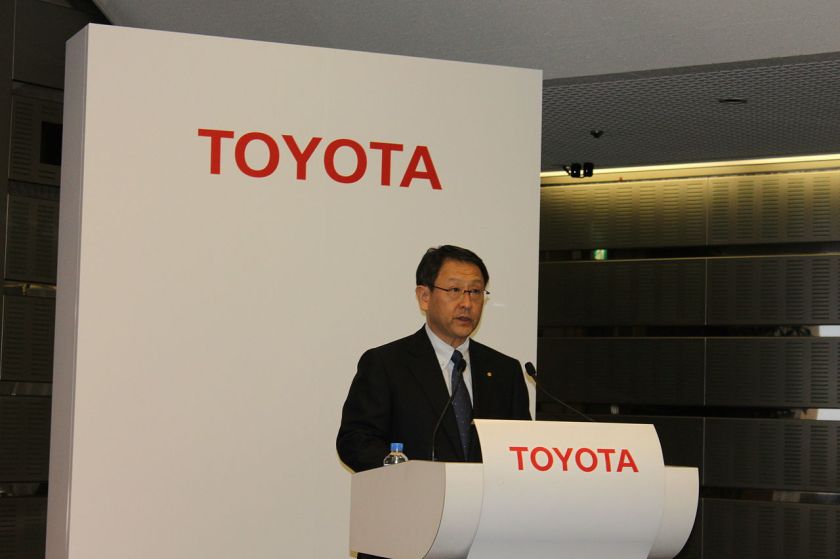
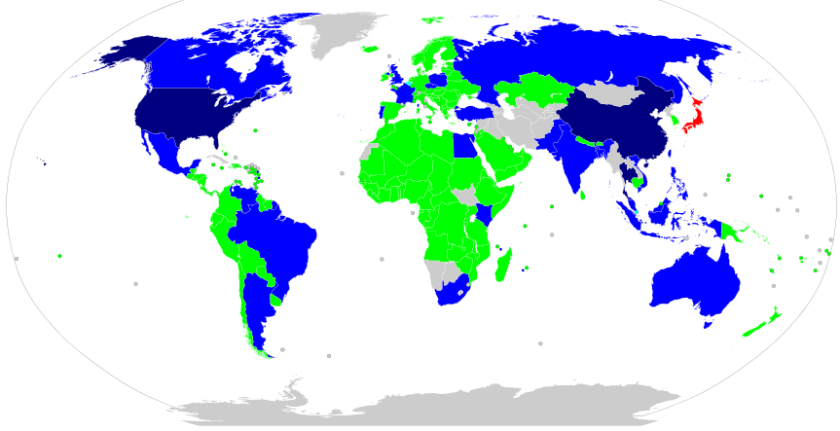
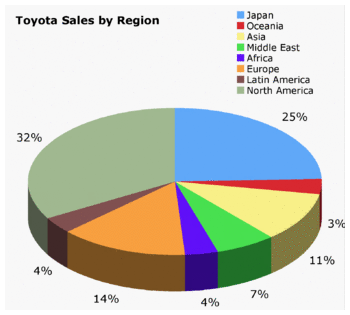
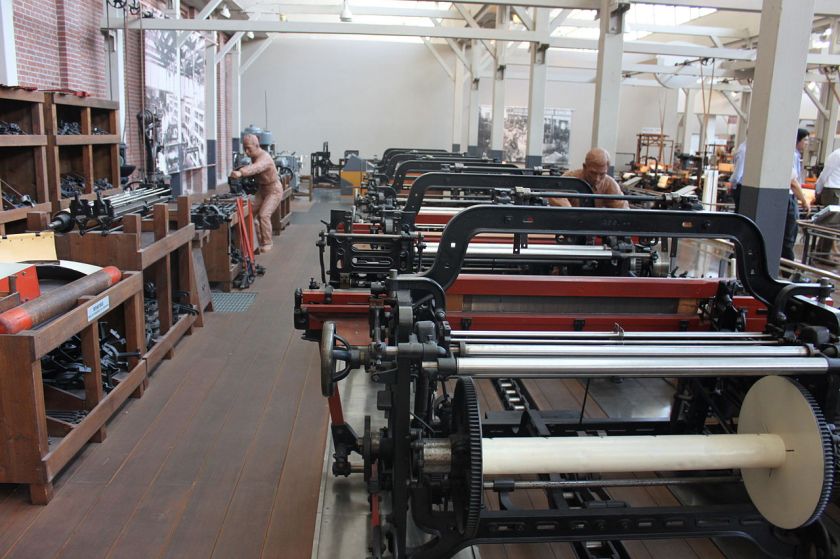
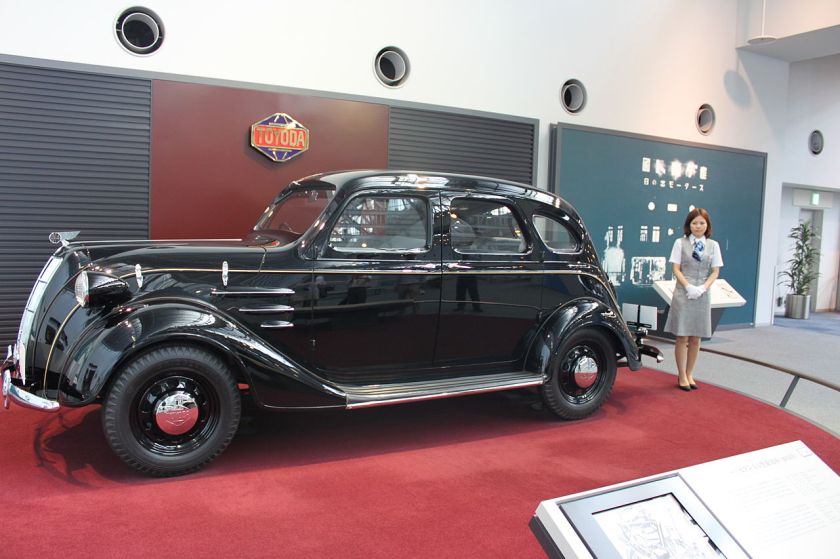
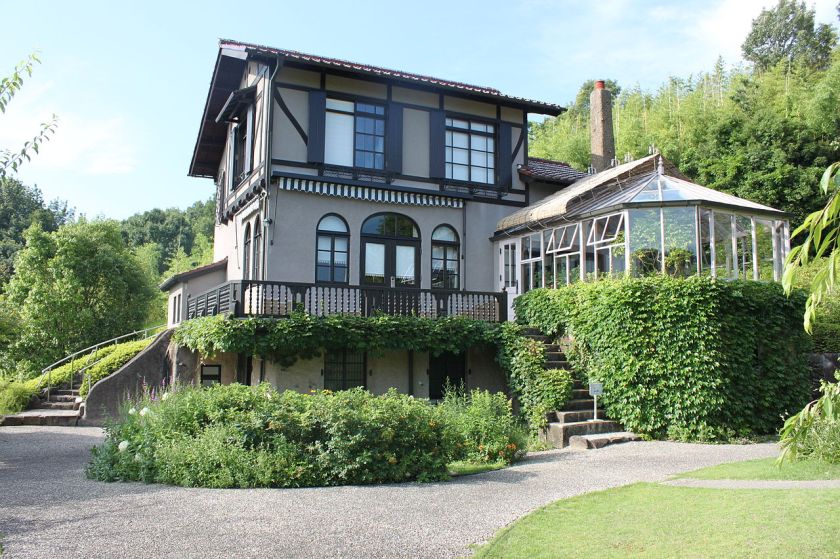
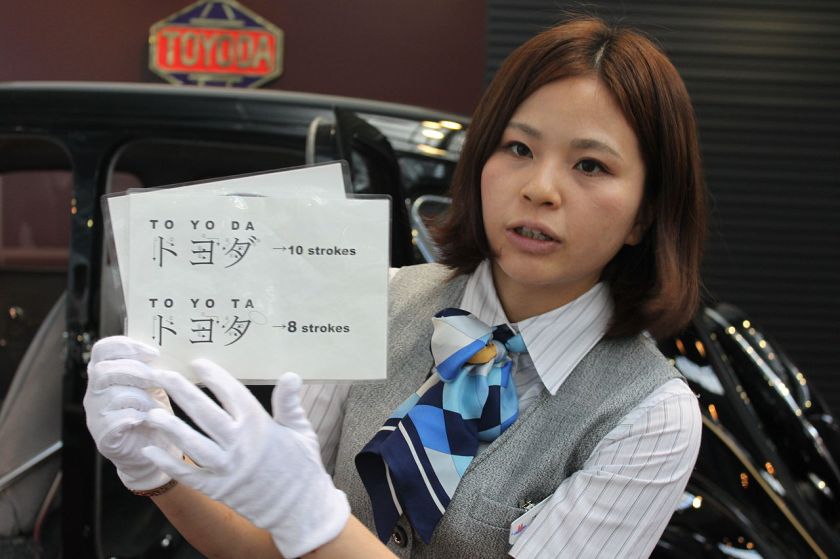
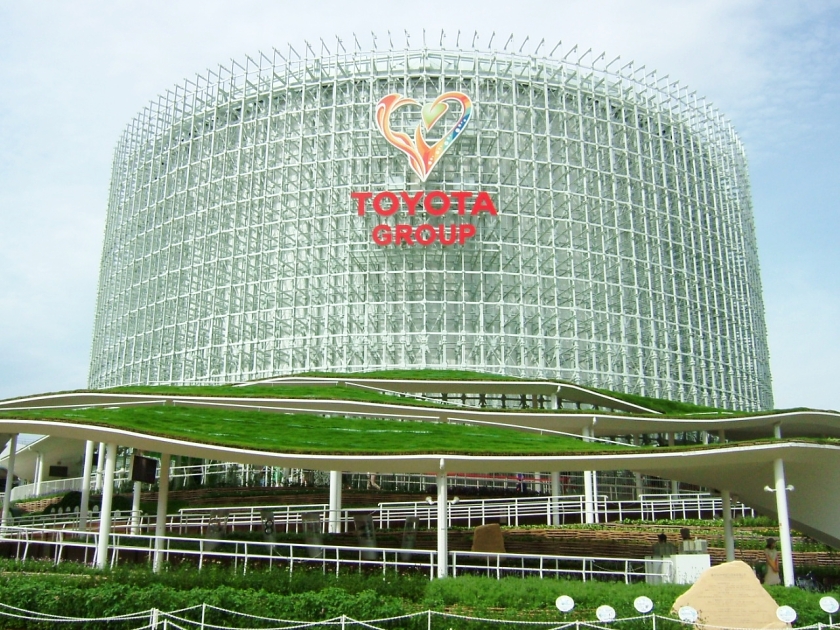
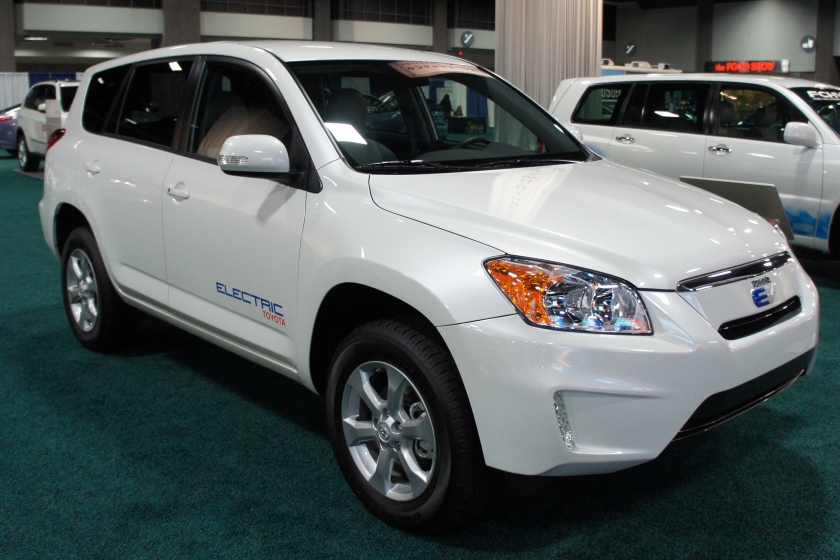
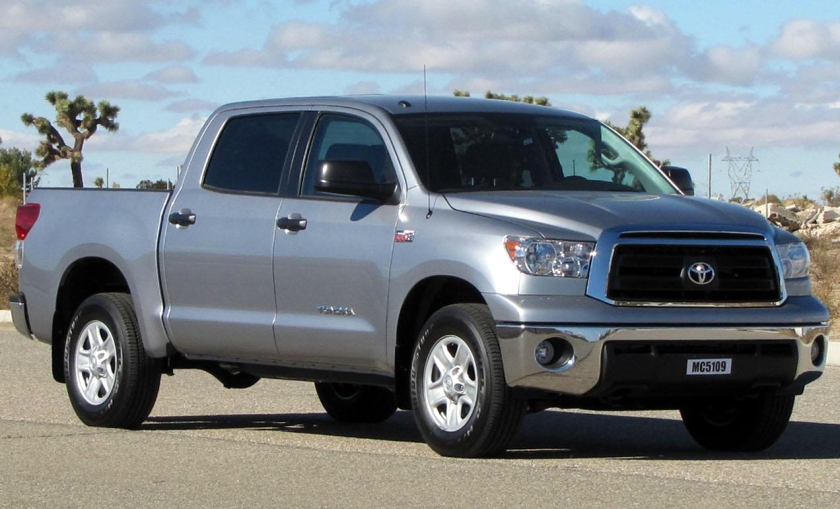
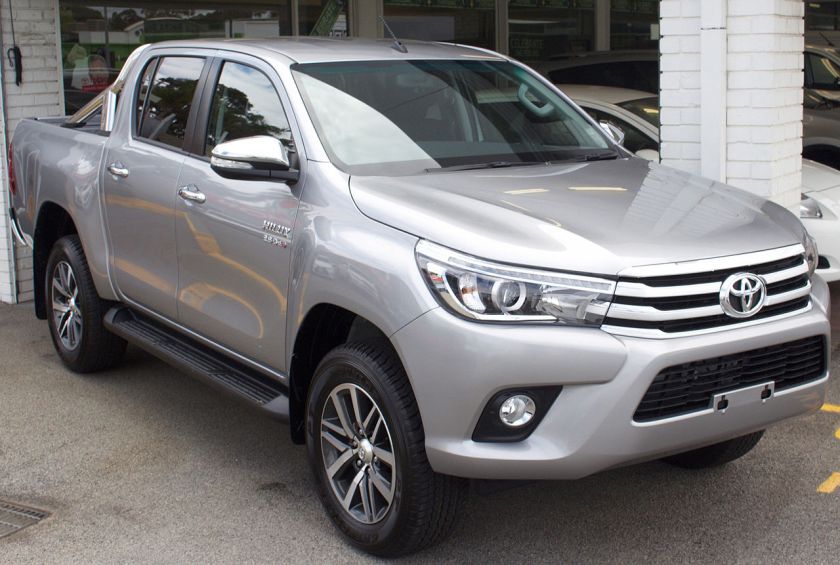

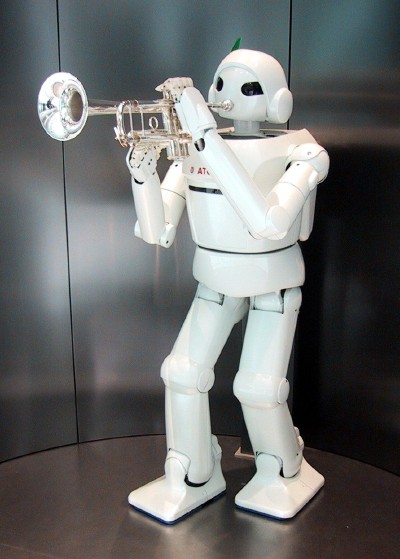
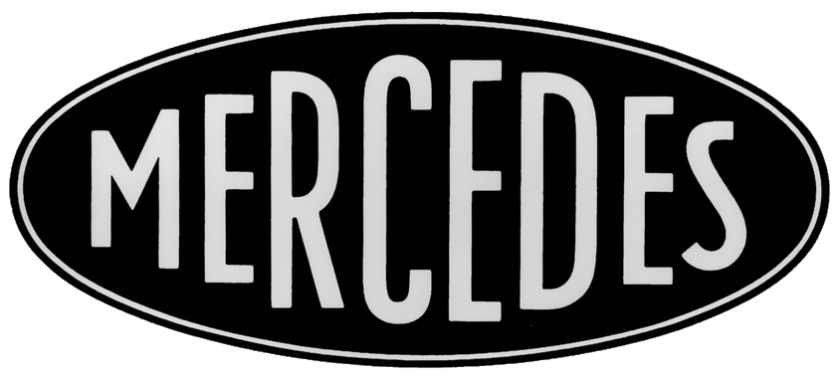
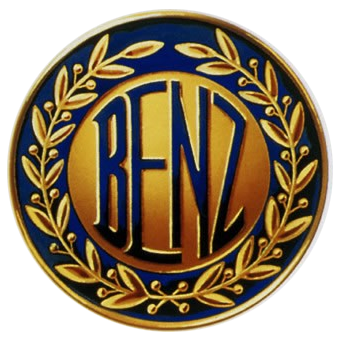

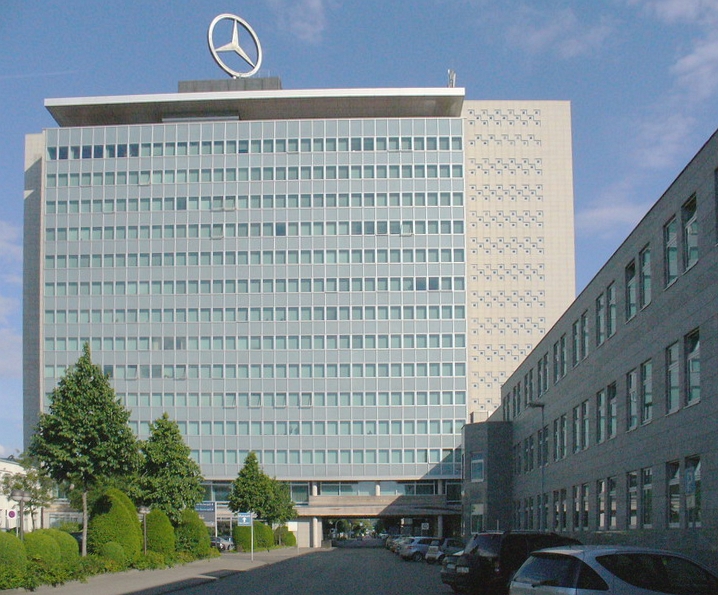
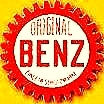
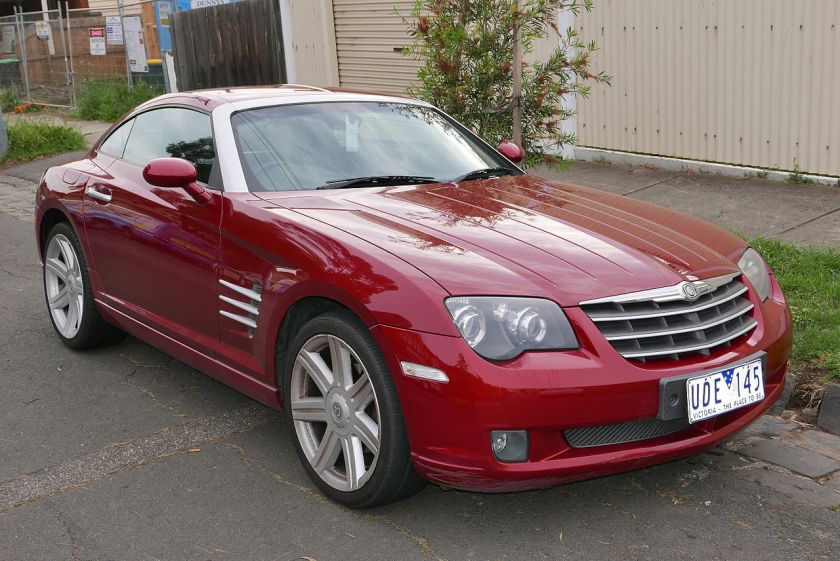 2006 Chrysler Crossfire (ZH MY05) coupe.jpg
2006 Chrysler Crossfire (ZH MY05) coupe.jpg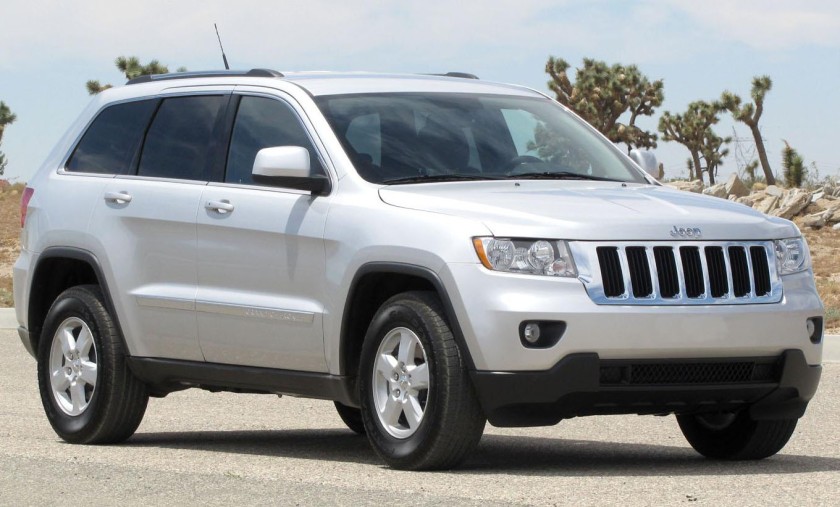 2011 Jeep Grand Cherokee Laredo NHTSA 2
2011 Jeep Grand Cherokee Laredo NHTSA 2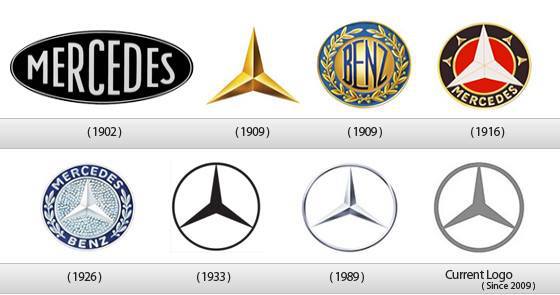
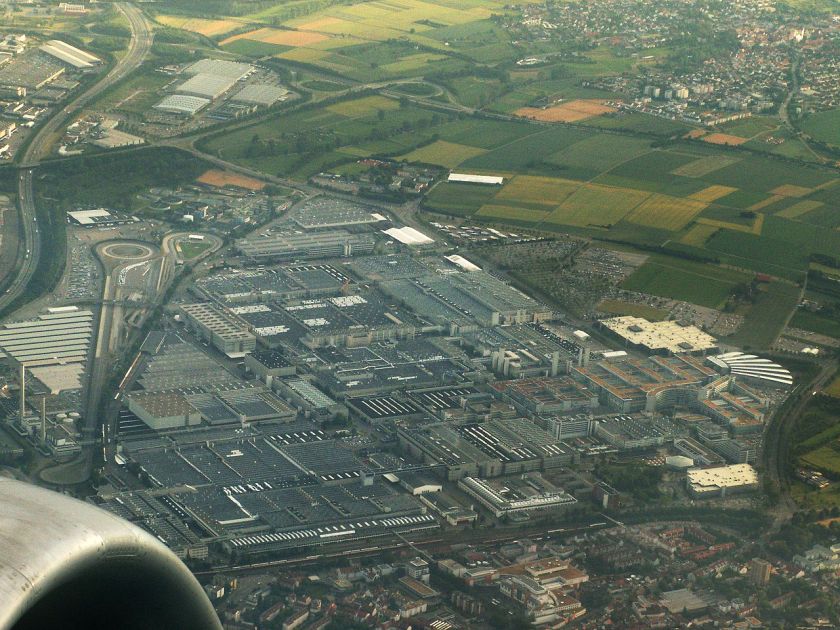
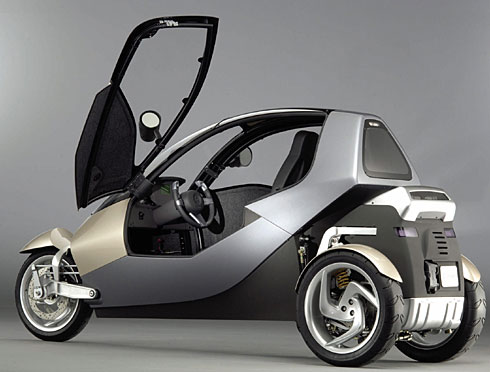

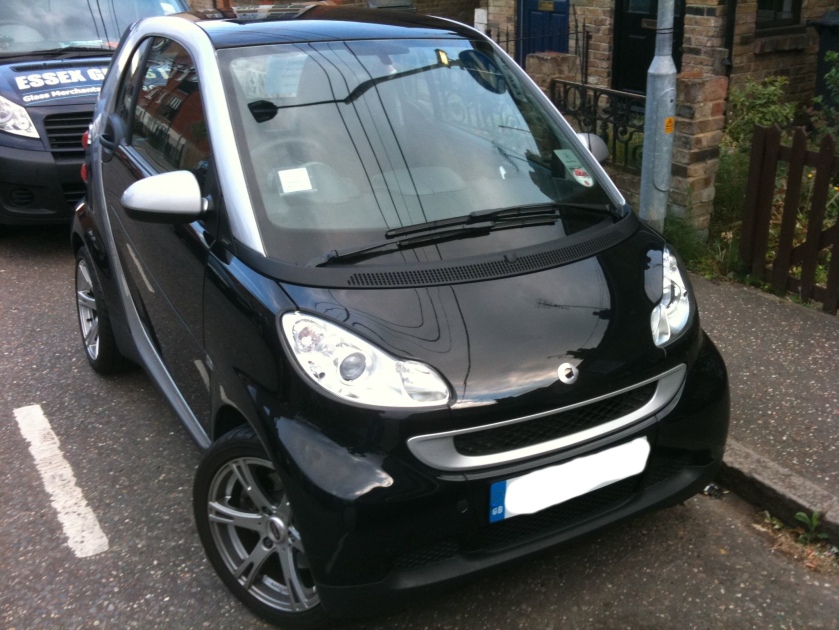
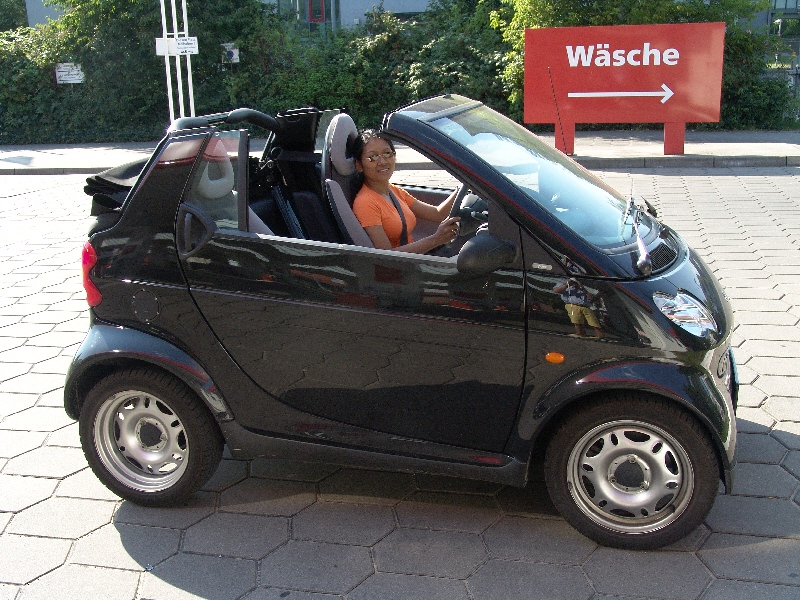
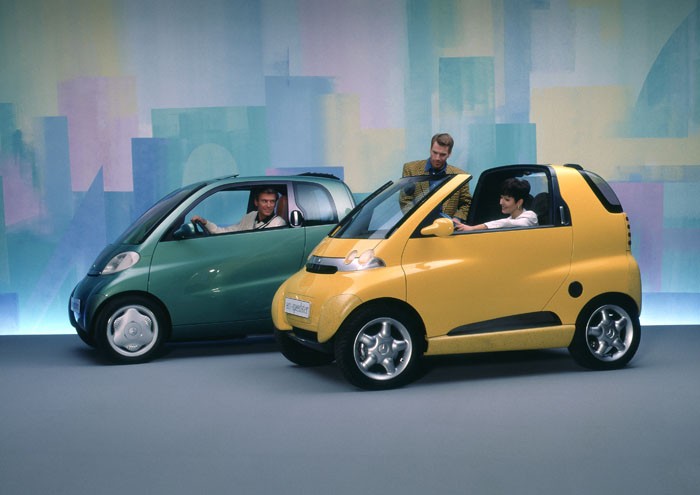
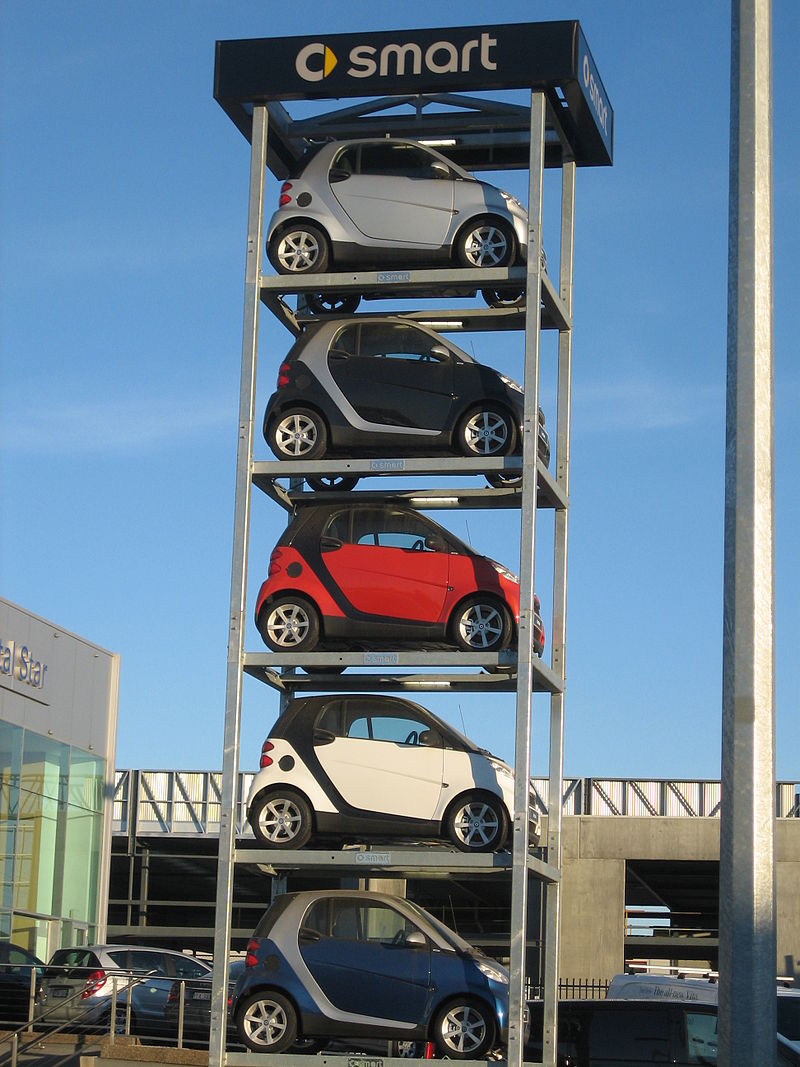
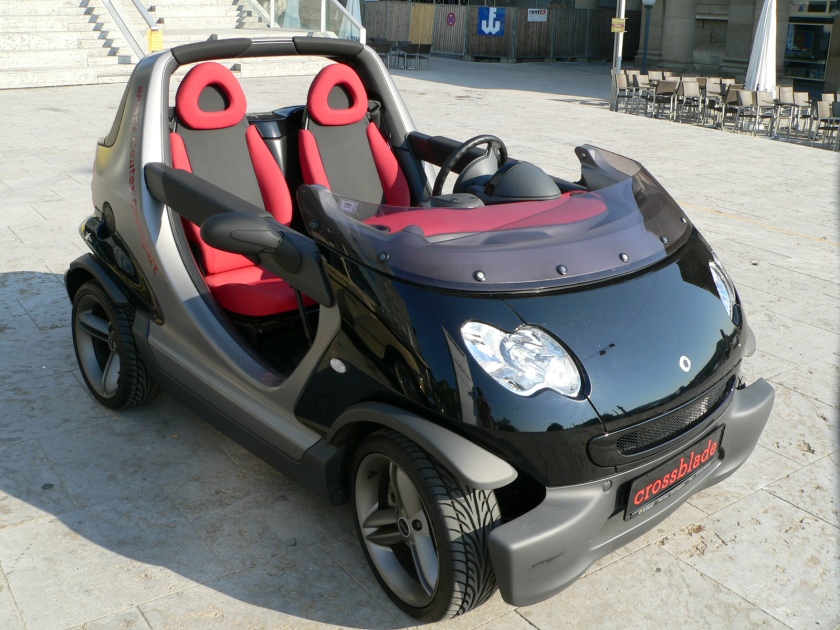
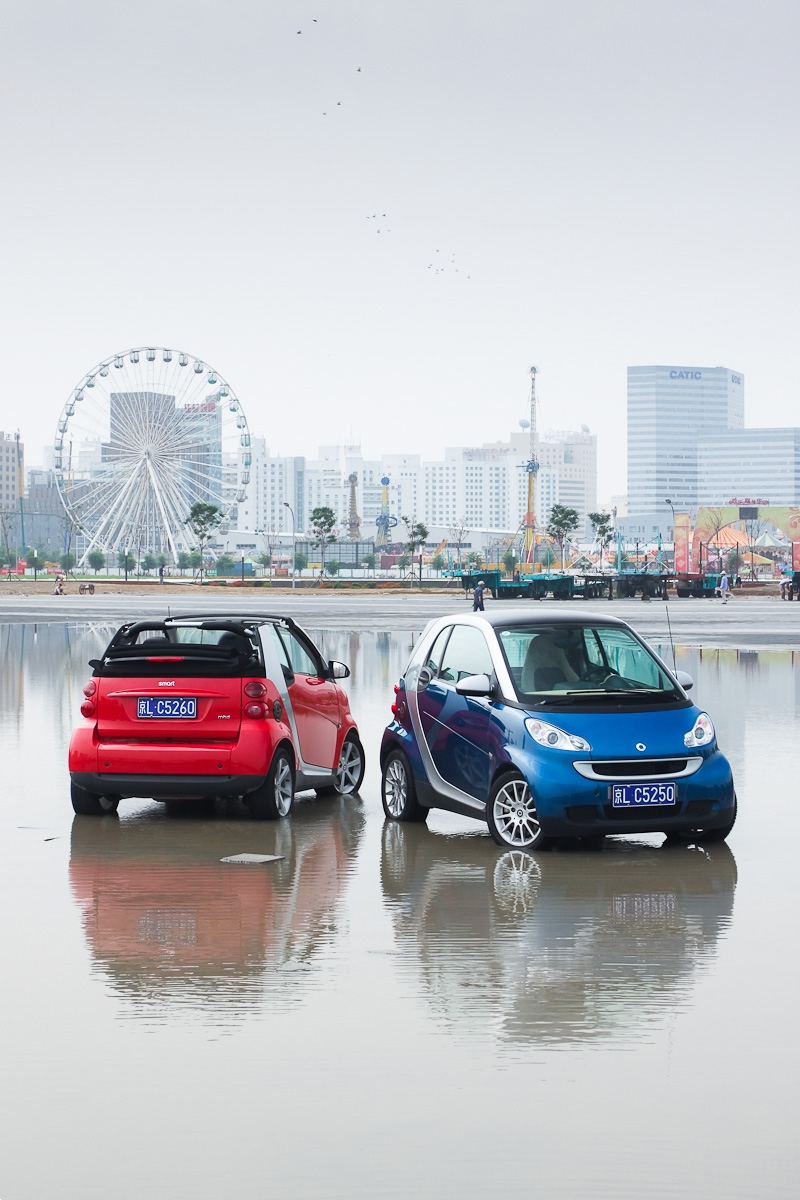
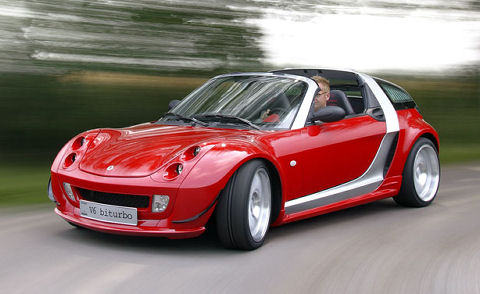 2003 Smart V6 Biturbo
2003 Smart V6 Biturbo
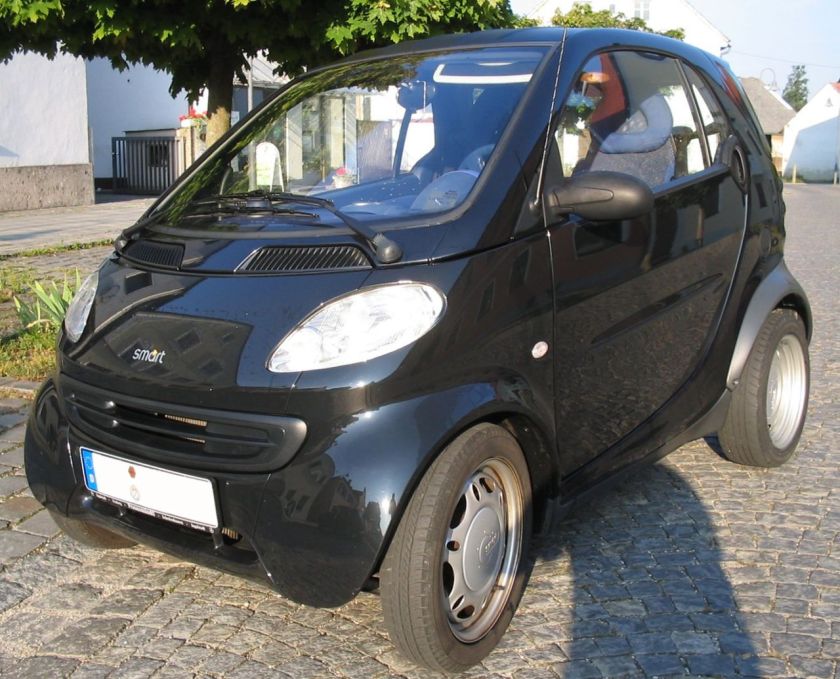 1998–2000 Smart City-Coupé & City-Cabrio* (*from 2000)
1998–2000 Smart City-Coupé & City-Cabrio* (*from 2000)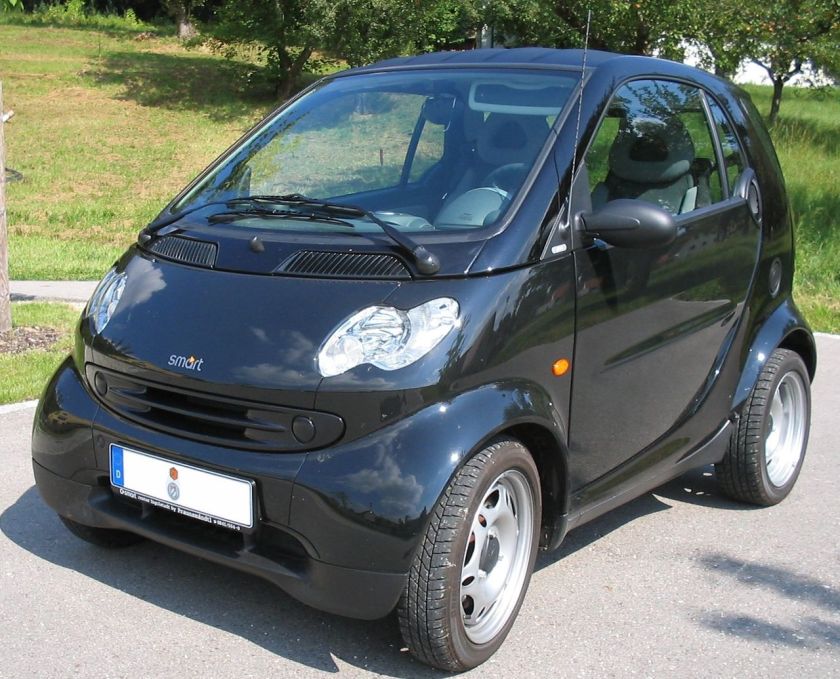 2001-2007 Smart City-C0upé & City Cabrio ( renamed Fortwo in 2004)
2001-2007 Smart City-C0upé & City Cabrio ( renamed Fortwo in 2004)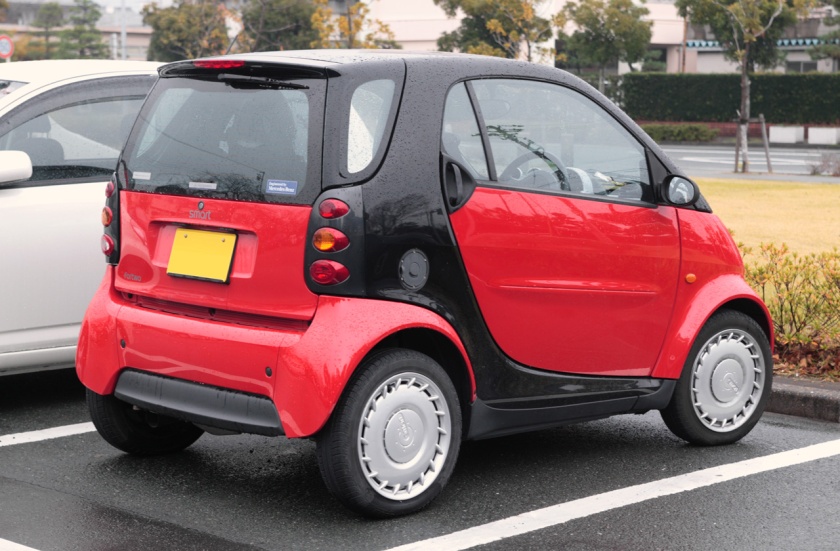 2001-2004 Smart K (Japan only)
2001-2004 Smart K (Japan only)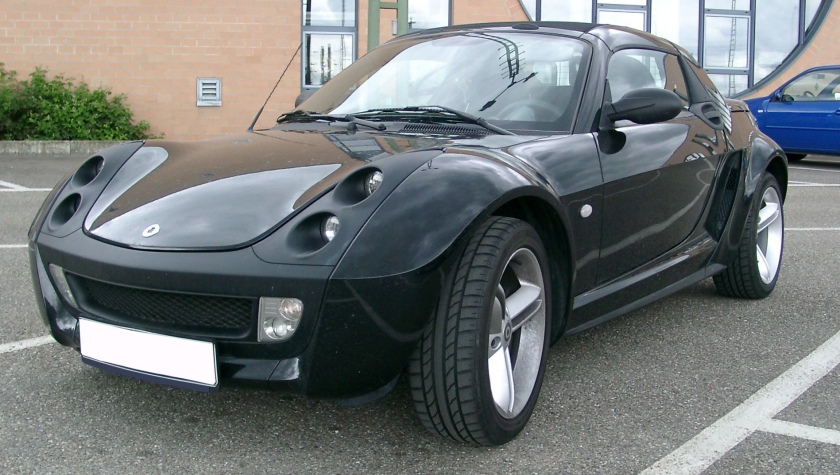 2003-2005 Smart Roadster
2003-2005 Smart Roadster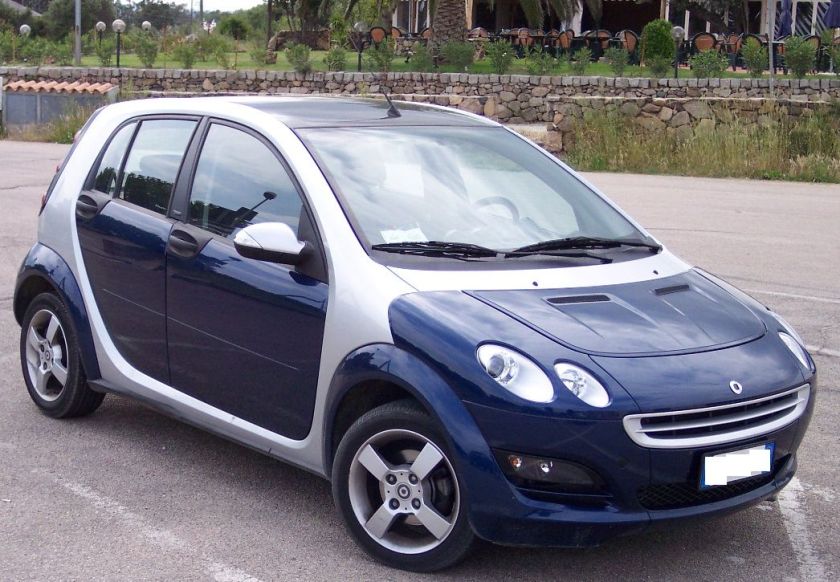 2004-2006 +2014-present Smart Forfour
2004-2006 +2014-present Smart Forfour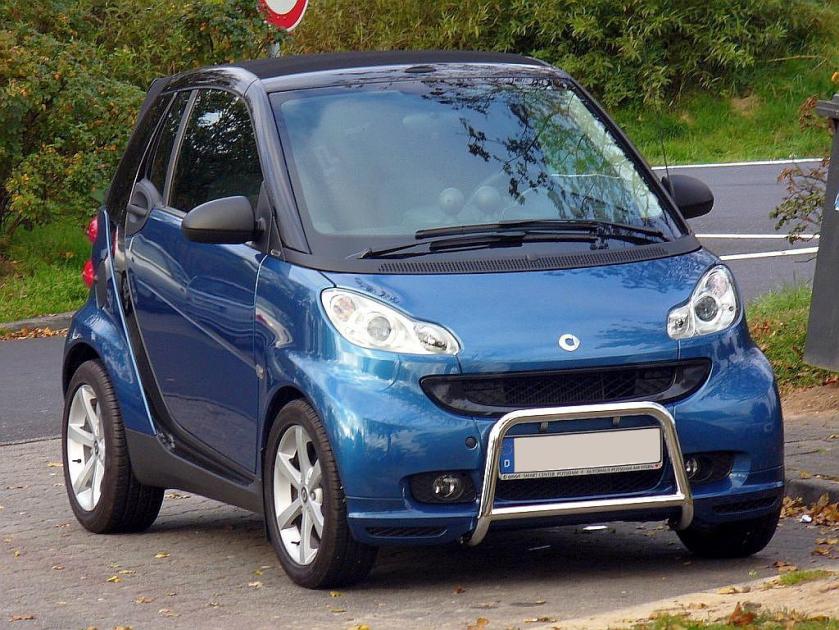 2007-present Smart Fortwo
2007-present Smart Fortwo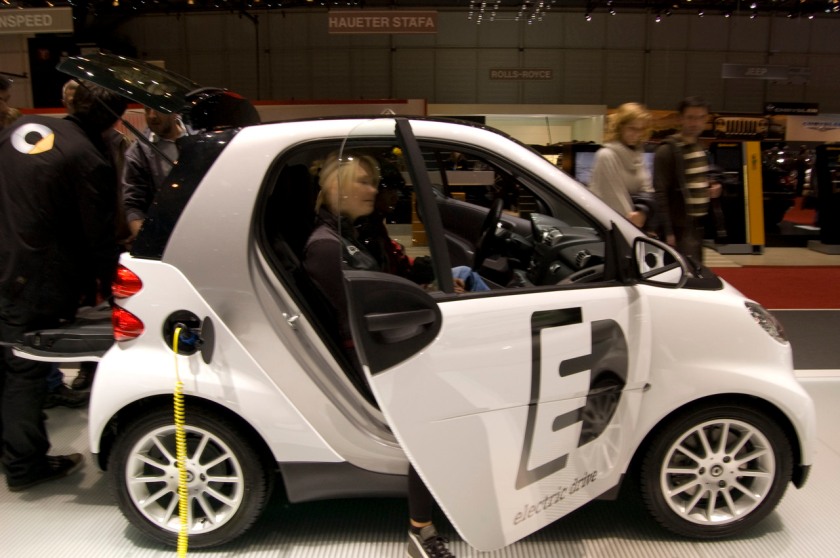 2008–present (in limited trials)
2008–present (in limited trials) 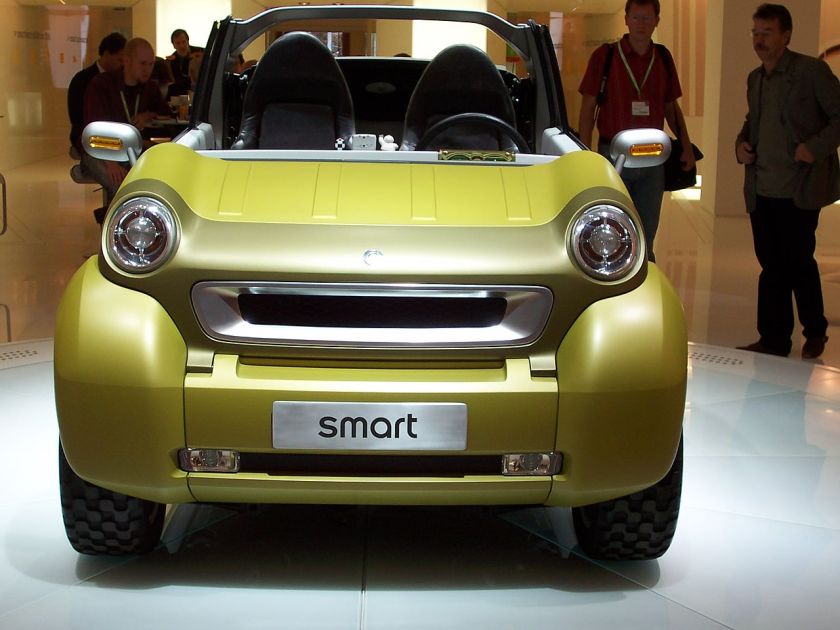
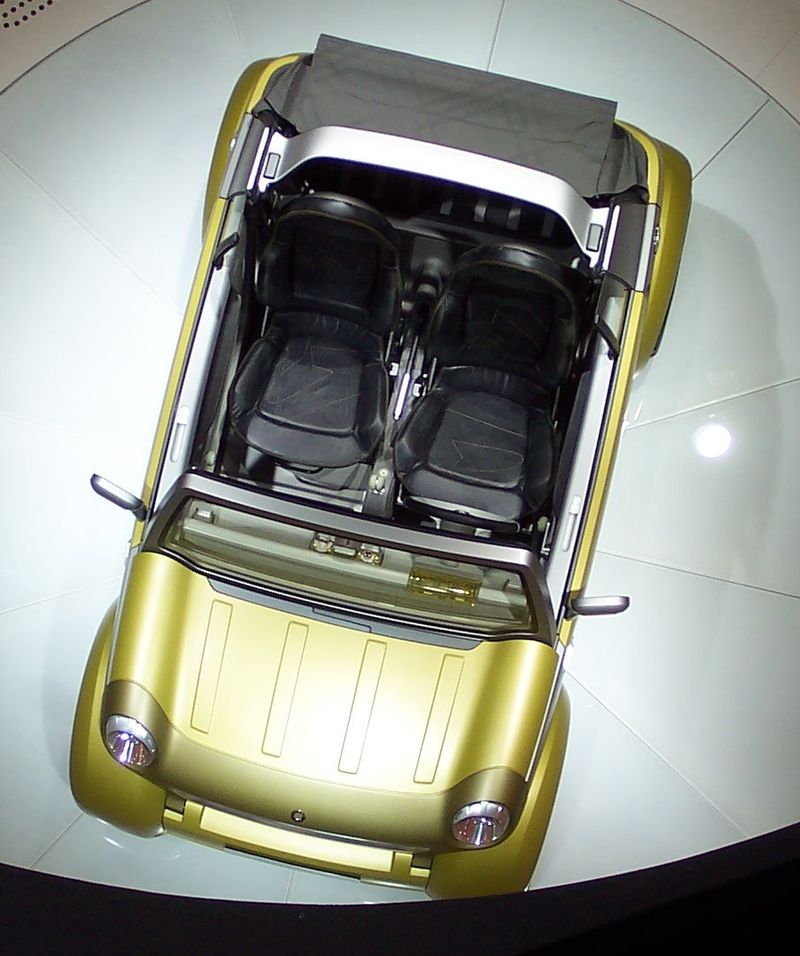
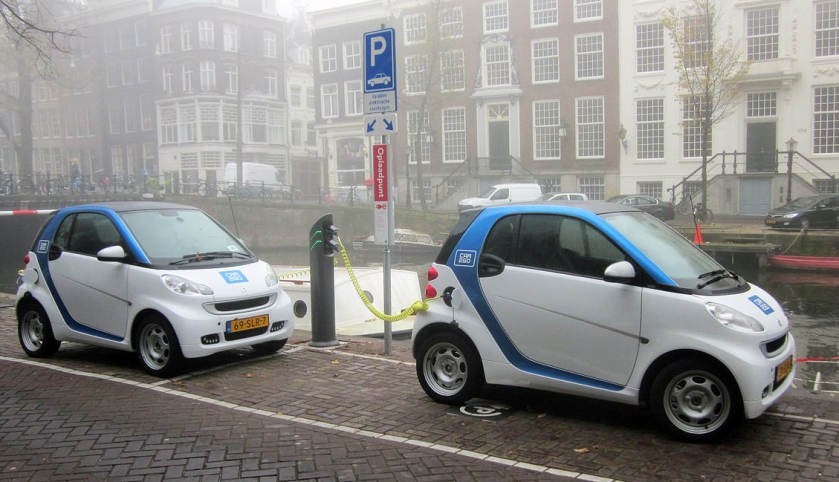
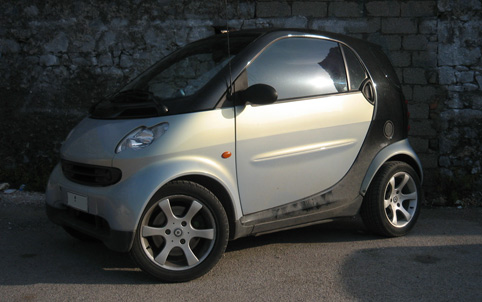
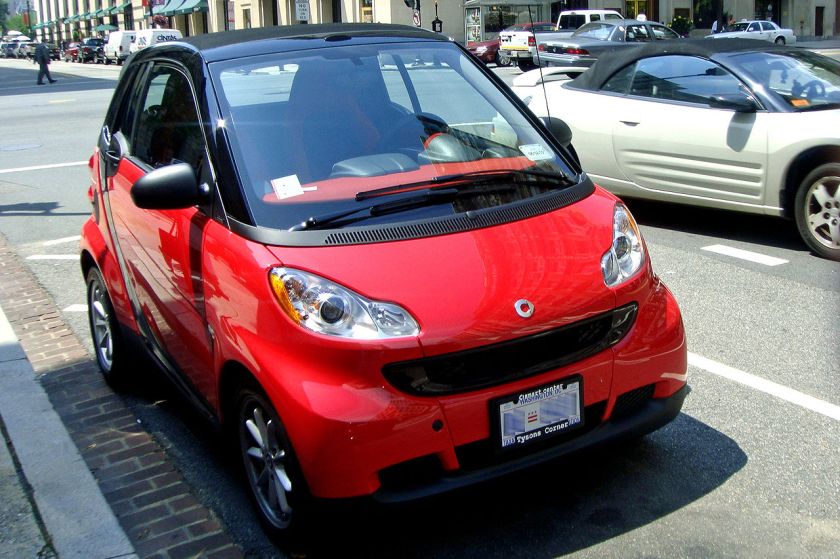
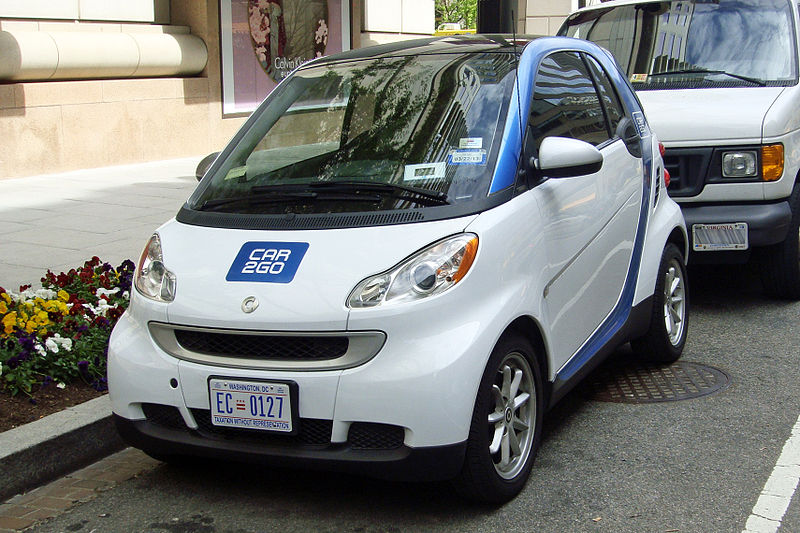
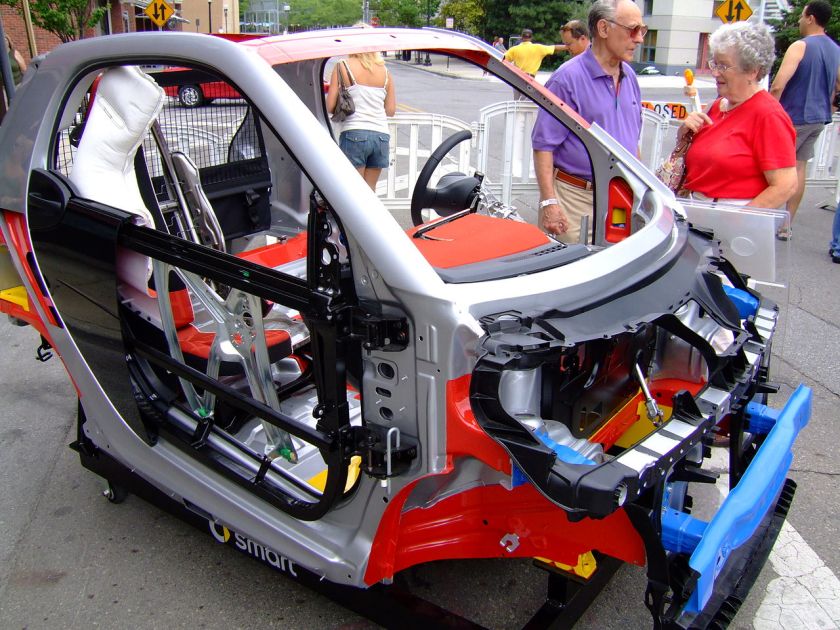
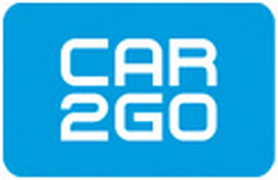
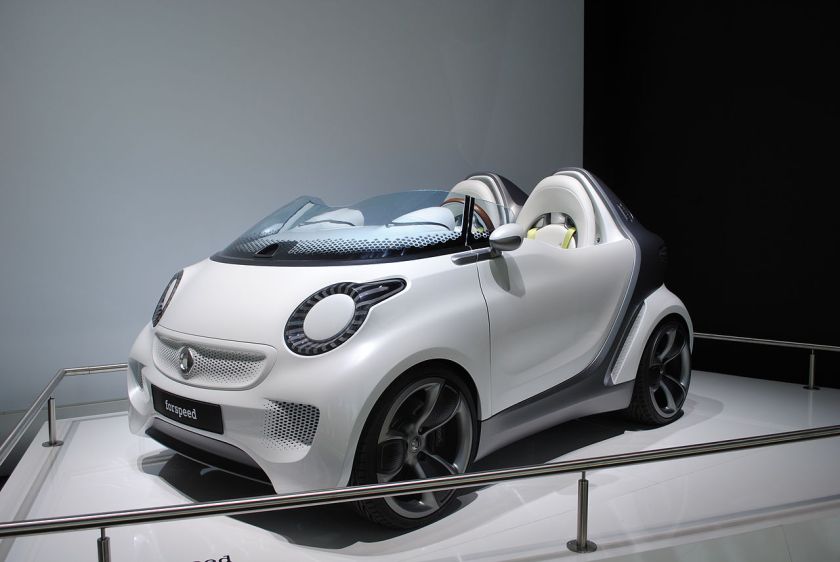 2011 Smart forspeed concept
2011 Smart forspeed concept 
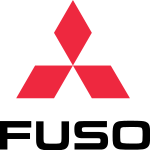
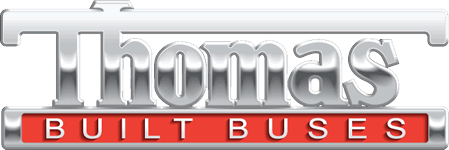
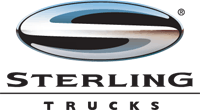
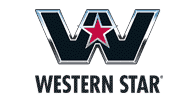
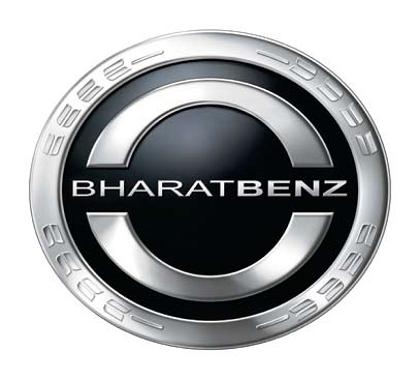

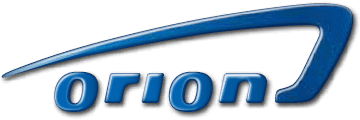





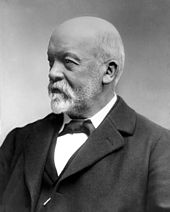
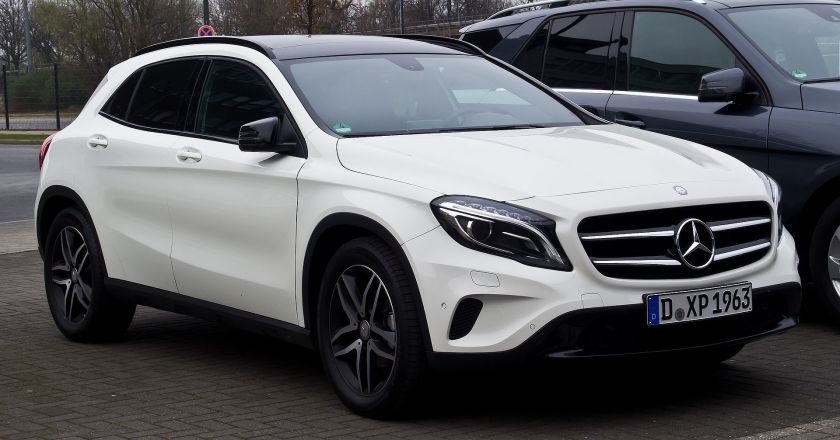
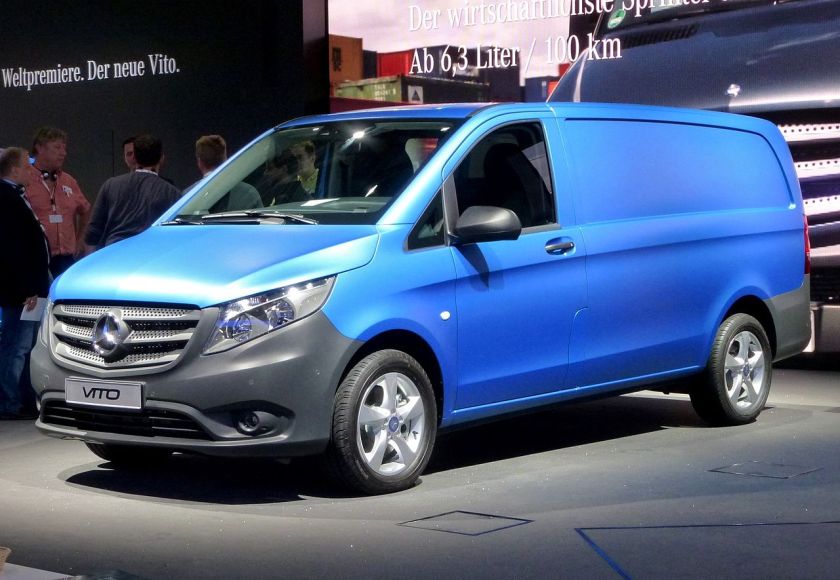
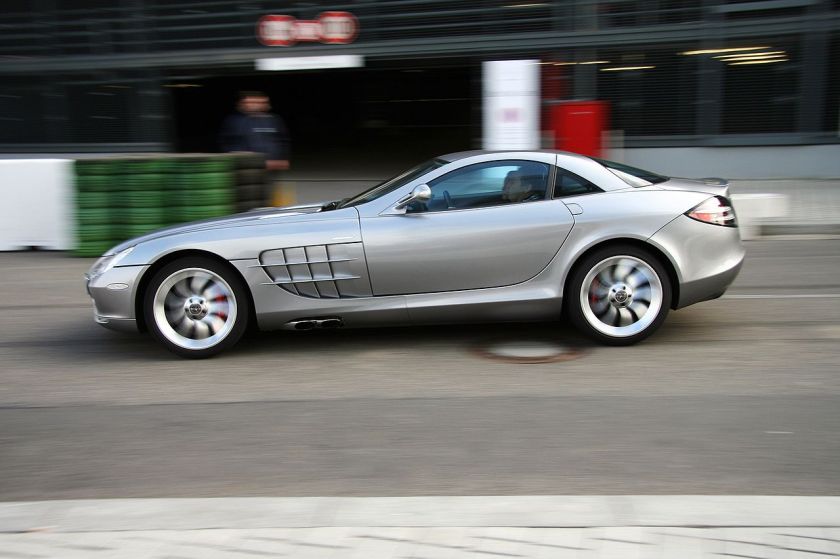
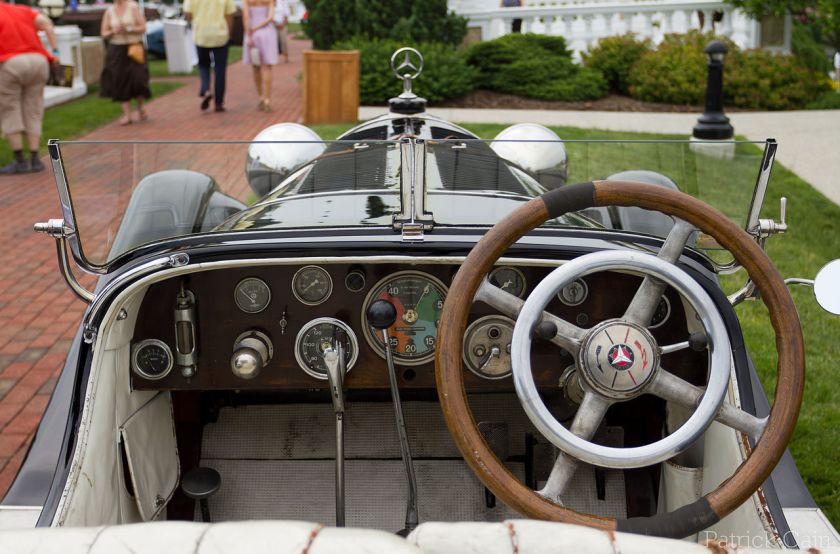
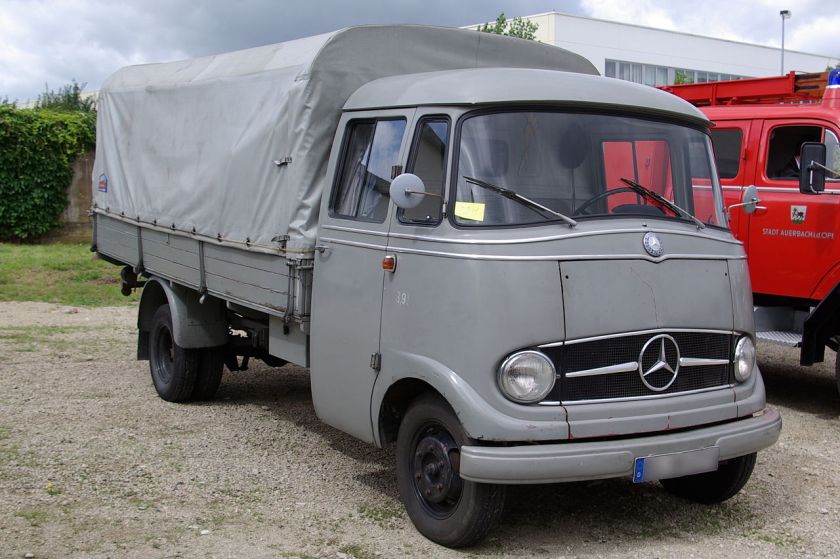
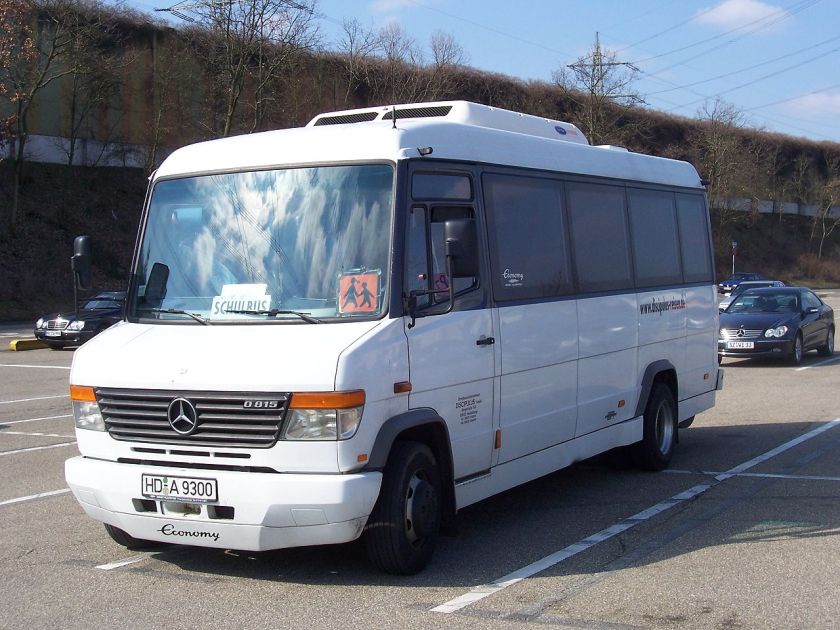 Mercedes Benz Auwärter 815D Vario minibus
Mercedes Benz Auwärter 815D Vario minibus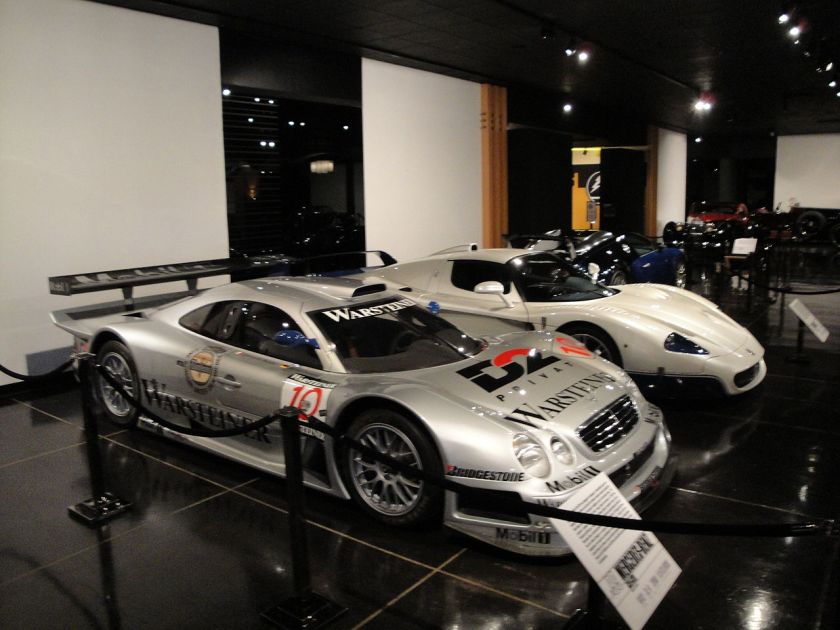
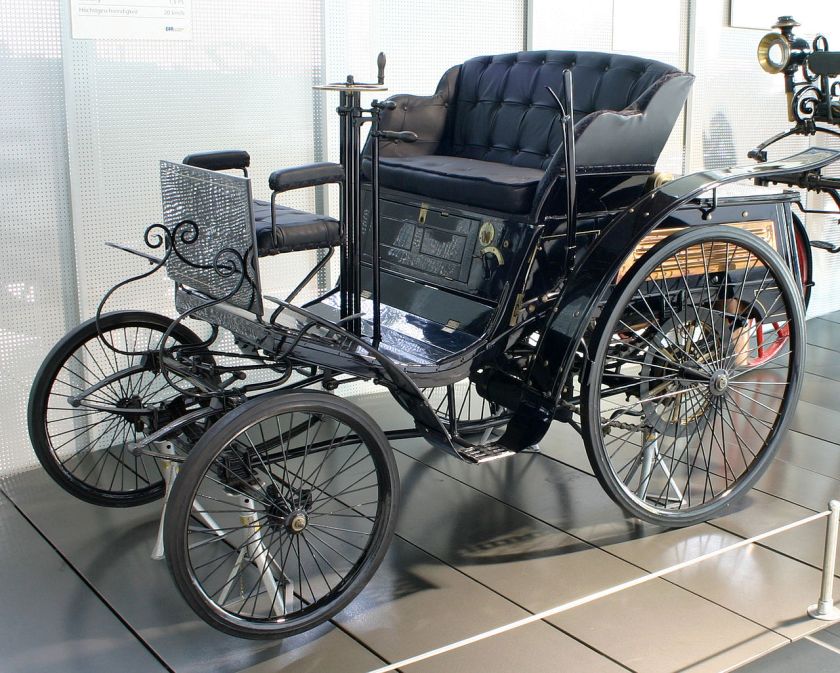
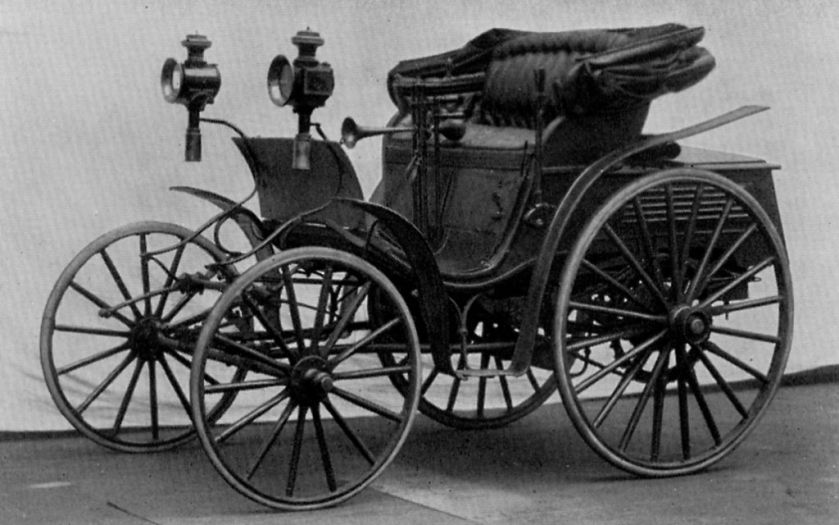 Benz Viktoria 1894-1900 By 1895 1,132 vehicles produced
Benz Viktoria 1894-1900 By 1895 1,132 vehicles produced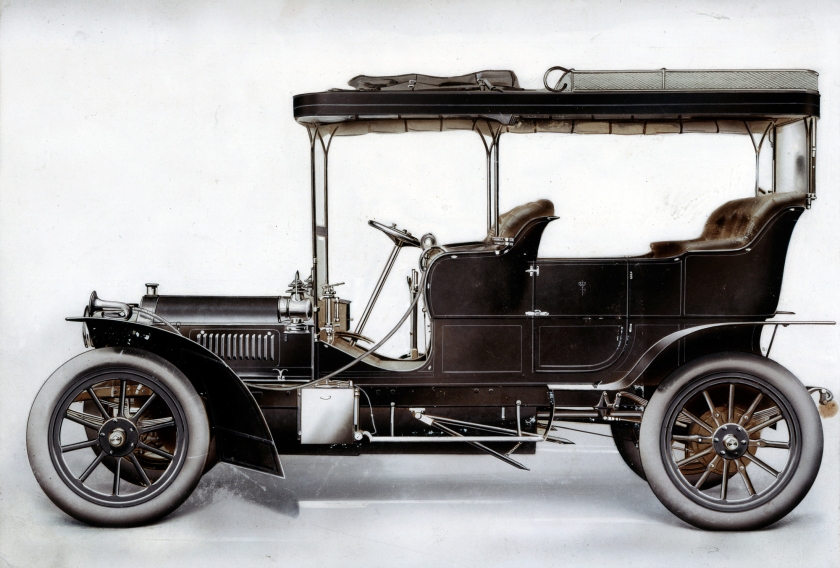 1902 benz parsifal 12 14 hp big
1902 benz parsifal 12 14 hp big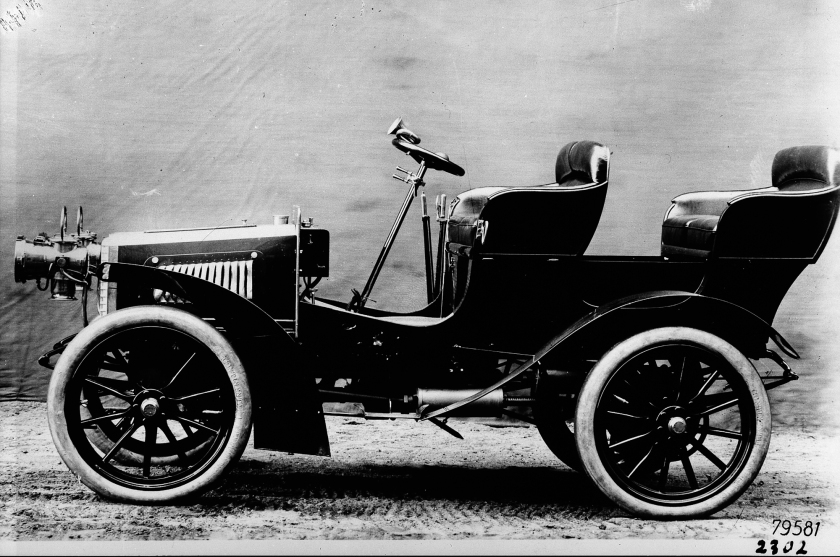 1902 Benz Parsifal 22 hp
1902 Benz Parsifal 22 hp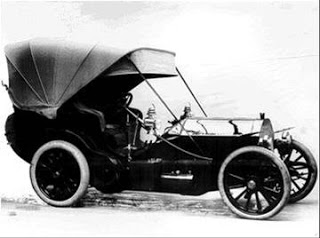 1902-1903 – Benz Parsifal
1902-1903 – Benz Parsifal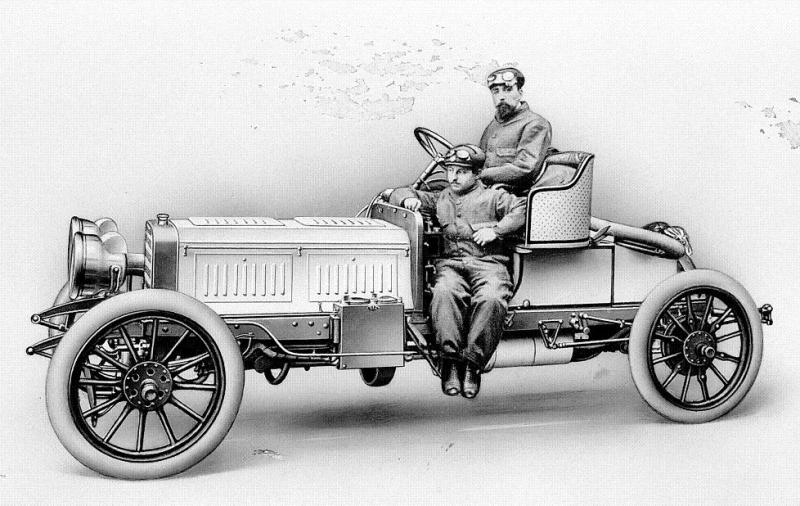 1903 Benz Parsifal 60 horsepower racing car
1903 Benz Parsifal 60 horsepower racing car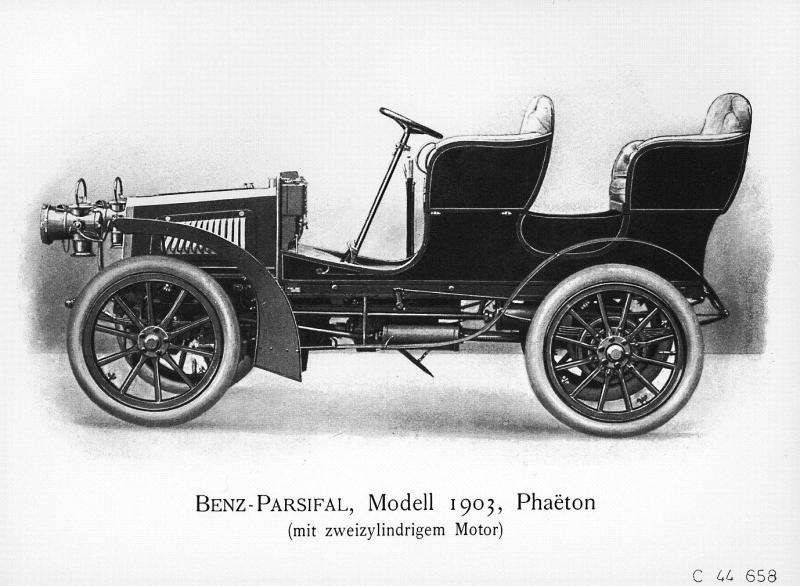 1903 Benz Parsifal Phaeton Benz Parsifil 1902-1908
1903 Benz Parsifal Phaeton Benz Parsifil 1902-1908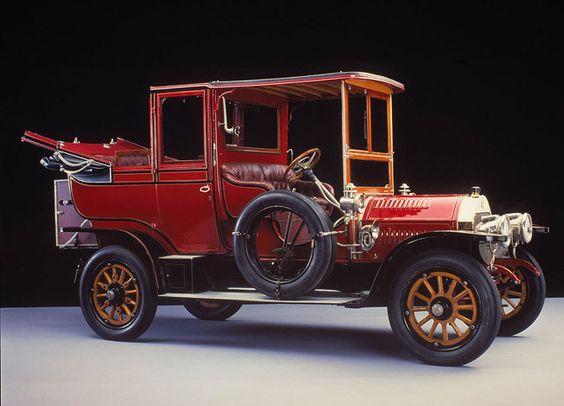
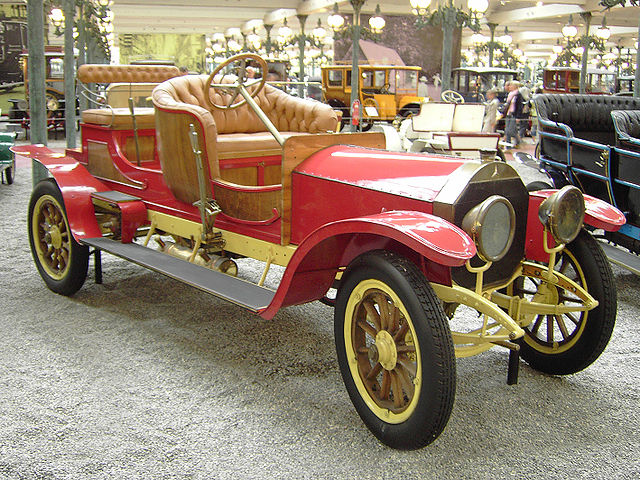
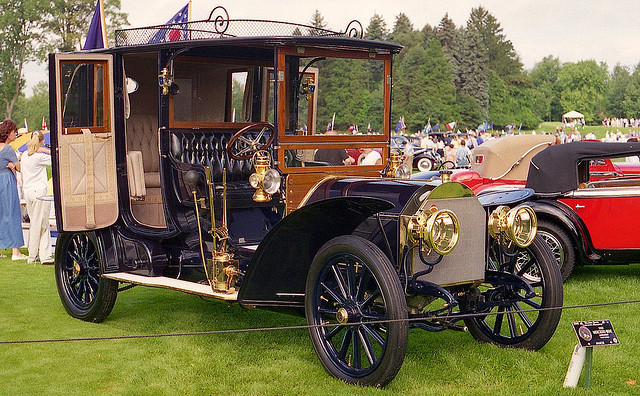 1907 24/40 hp Benz landaulet
1907 24/40 hp Benz landaulet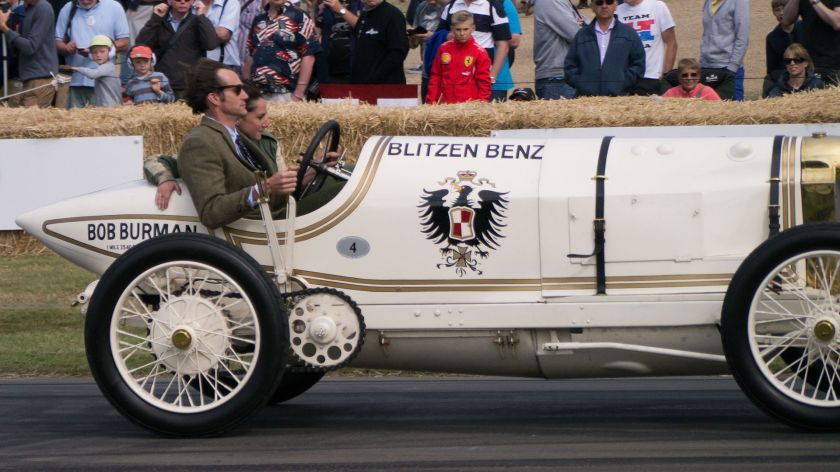
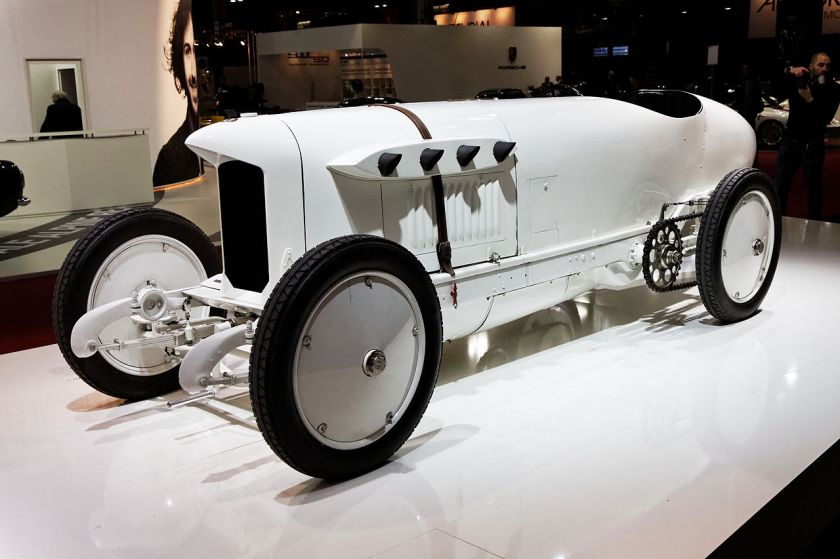
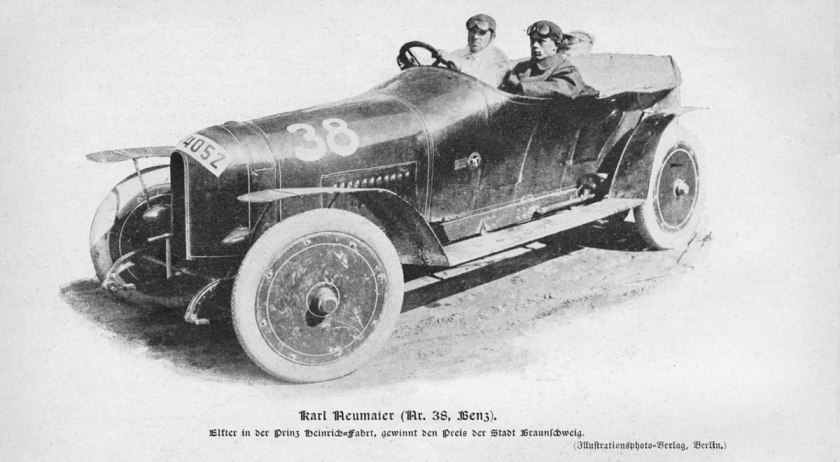
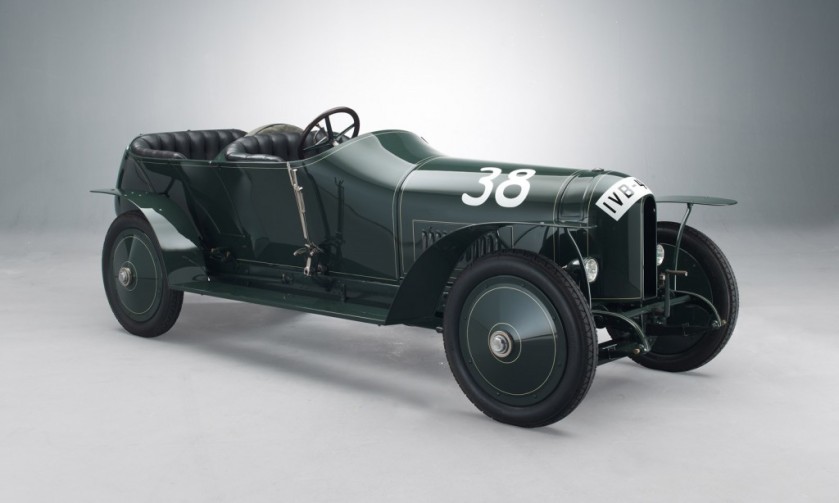 1910 Benz Prinz Heinrich car Benz 1910 ‘Prinz Heinrich’
1910 Benz Prinz Heinrich car Benz 1910 ‘Prinz Heinrich’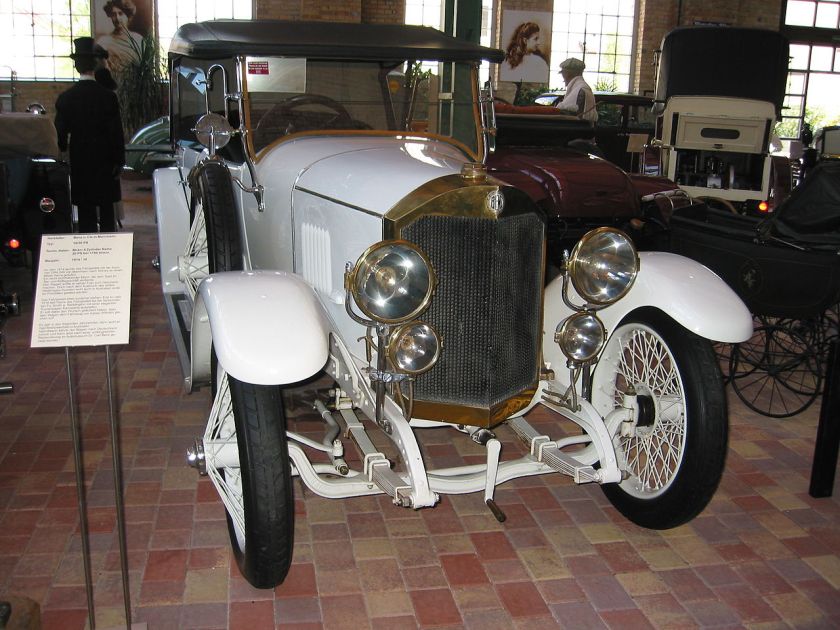 1914 Benz 10-30 PS with Torpedo style bodywork
1914 Benz 10-30 PS with Torpedo style bodywork 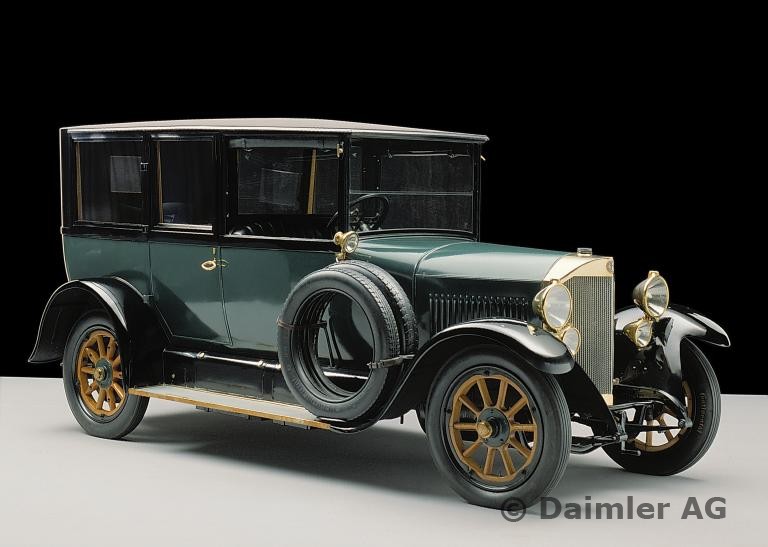 Benz 10/30(35) hp 1921
Benz 10/30(35) hp 1921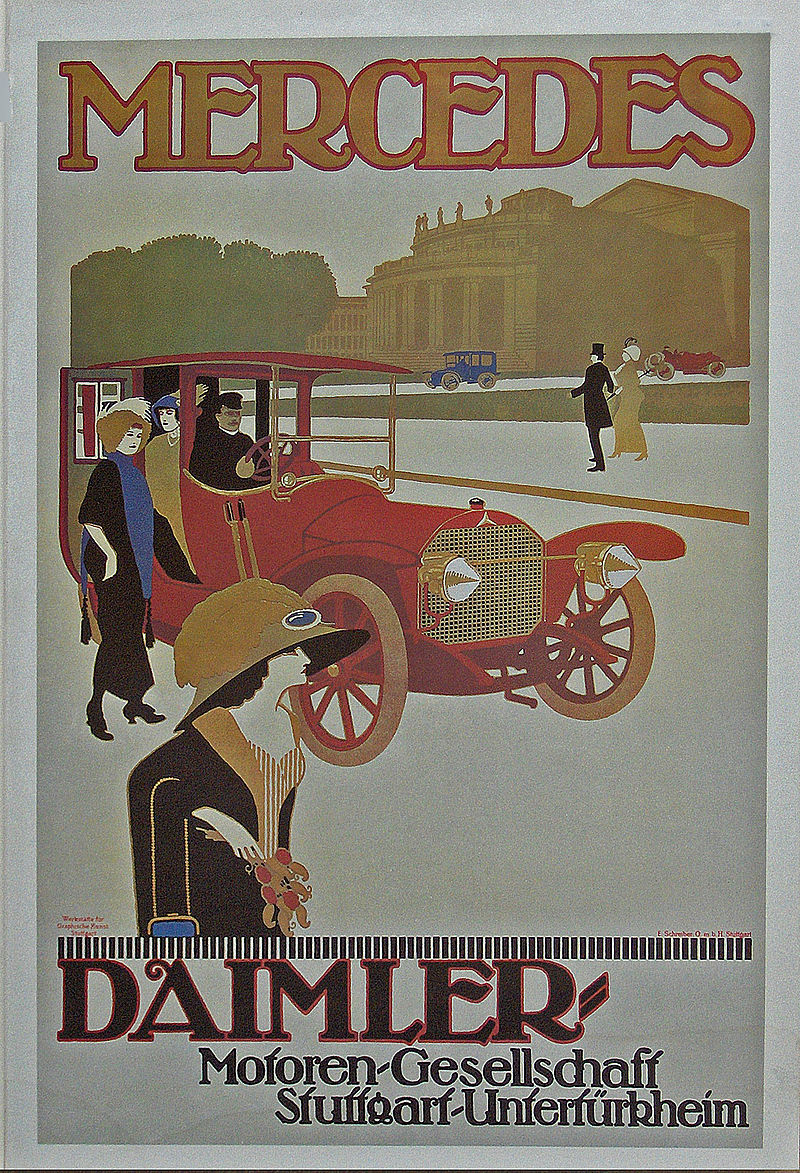
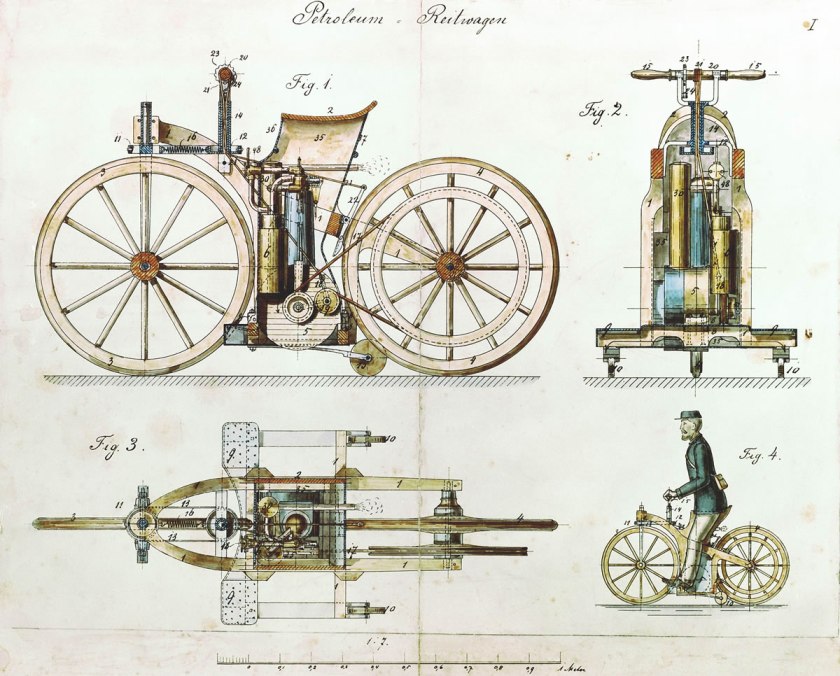
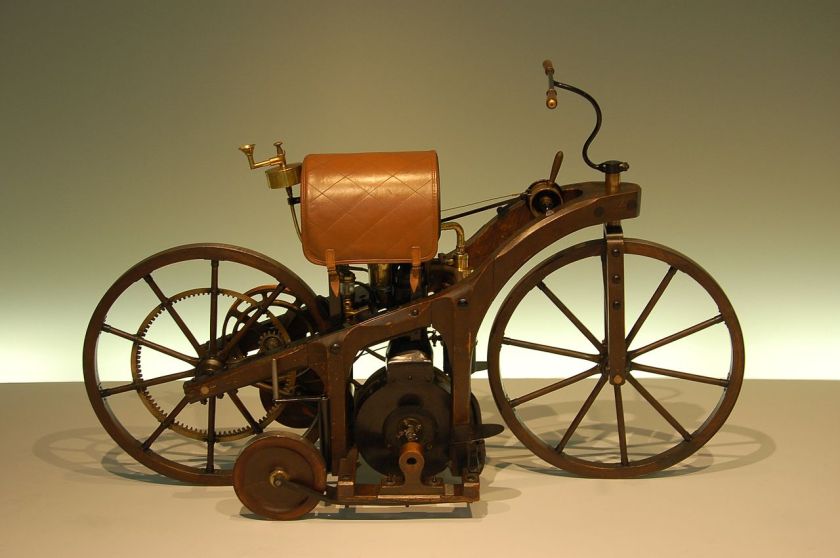
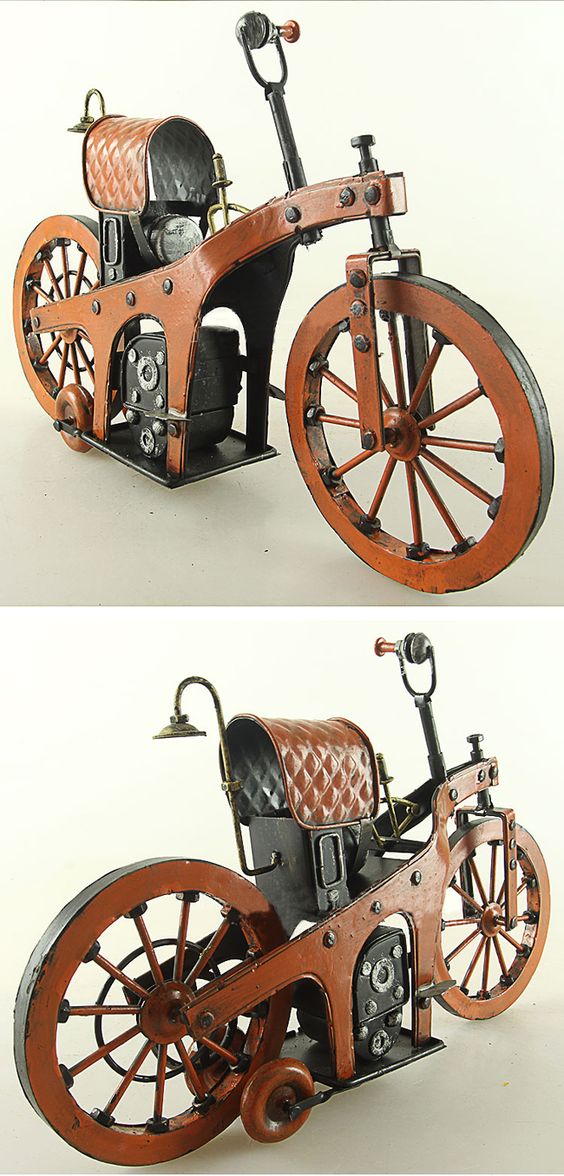



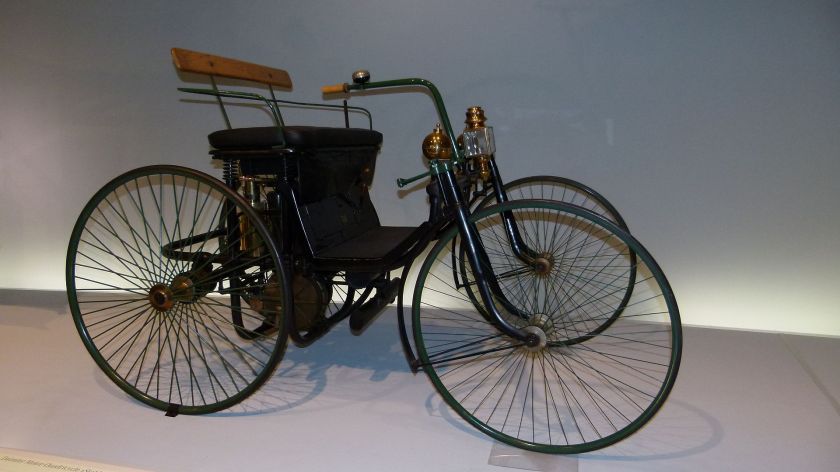 1889 Daimler Stahlradwagen – 1,5 PS, 18 km/h – Mercedes-Benz-Museum, Stuttgart, Bad Cannstatt
1889 Daimler Stahlradwagen – 1,5 PS, 18 km/h – Mercedes-Benz-Museum, Stuttgart, Bad Cannstatt 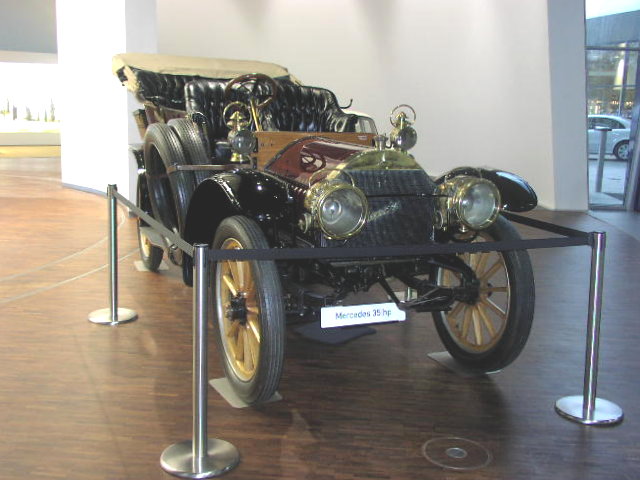
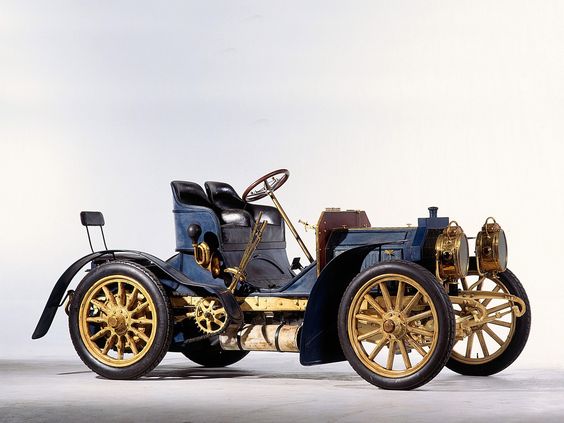



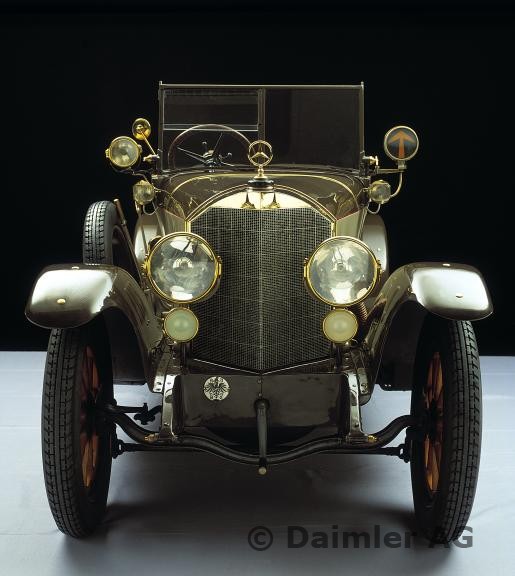
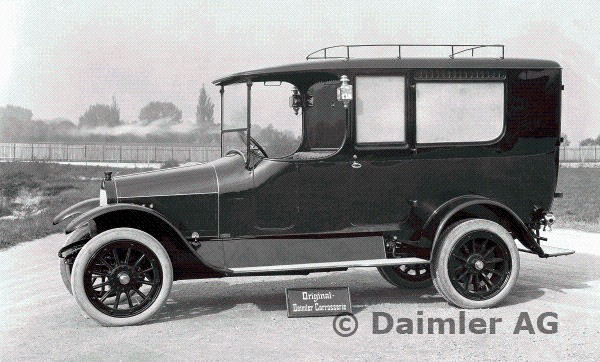 1913 Daimler ambulance Type UK with 10-30 hp Knight engine
1913 Daimler ambulance Type UK with 10-30 hp Knight engine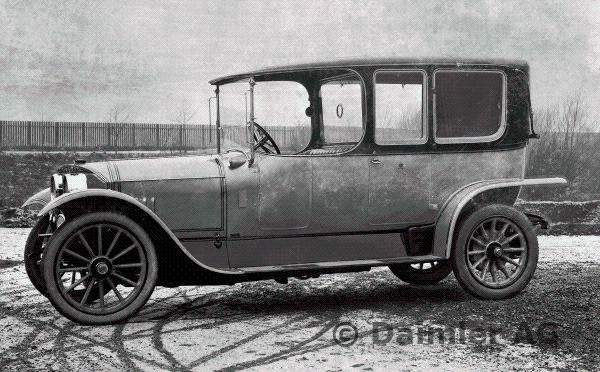 1913-15 Mercedes Knight-2565-PS
1913-15 Mercedes Knight-2565-PS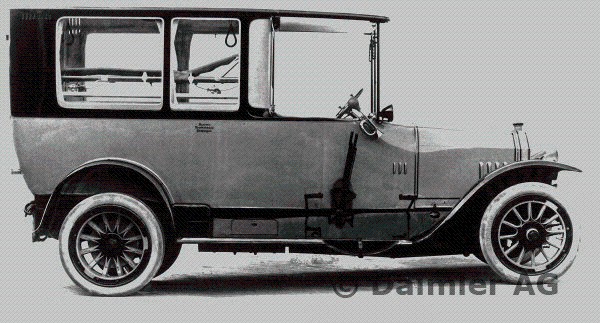 1920-21 Daimler ambulance Type UK with 16-45 hp Knight engine
1920-21 Daimler ambulance Type UK with 16-45 hp Knight engine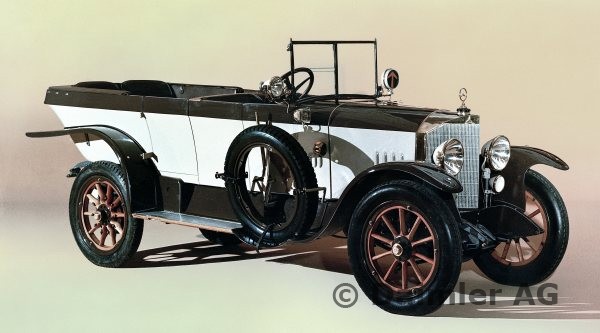 1921 Mercedes Knight 16-40 hp, 16-45 hp, 16-50 hp Mercedes Knight (1910-1924)
1921 Mercedes Knight 16-40 hp, 16-45 hp, 16-50 hp Mercedes Knight (1910-1924)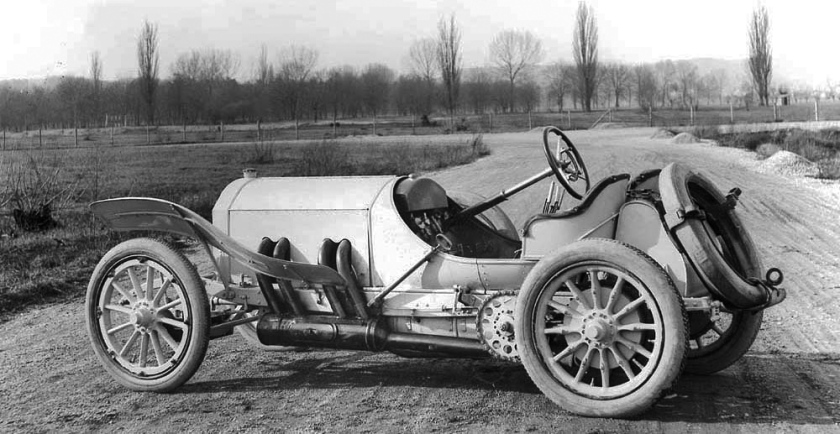 GP Mercedes 1908
GP Mercedes 1908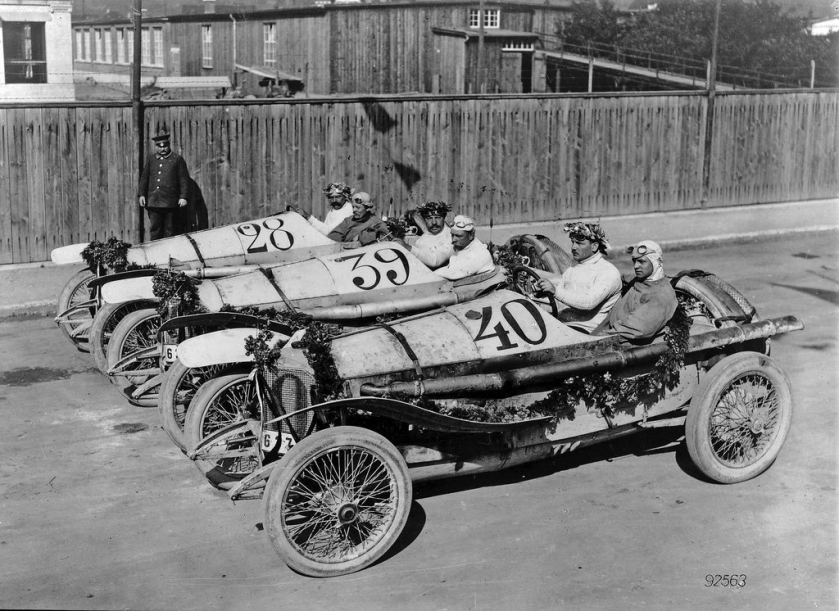
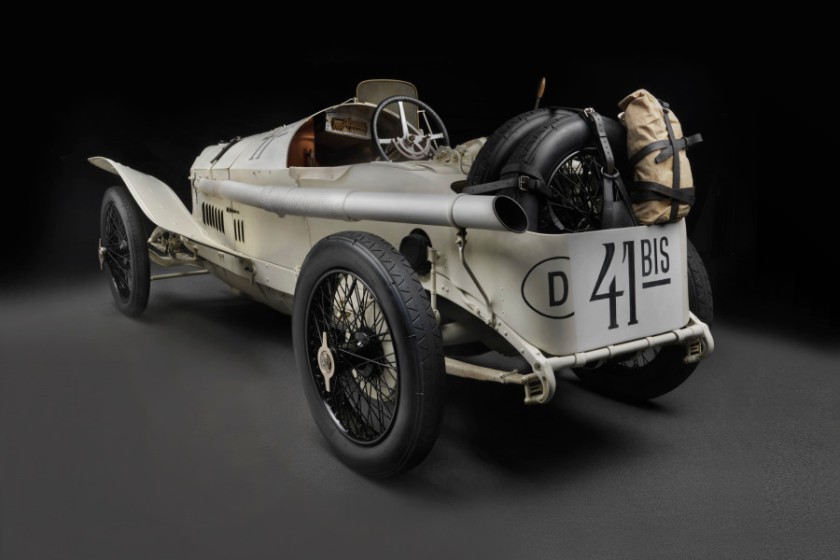 Mercedes Grand Prix Racing Car 1914
Mercedes Grand Prix Racing Car 1914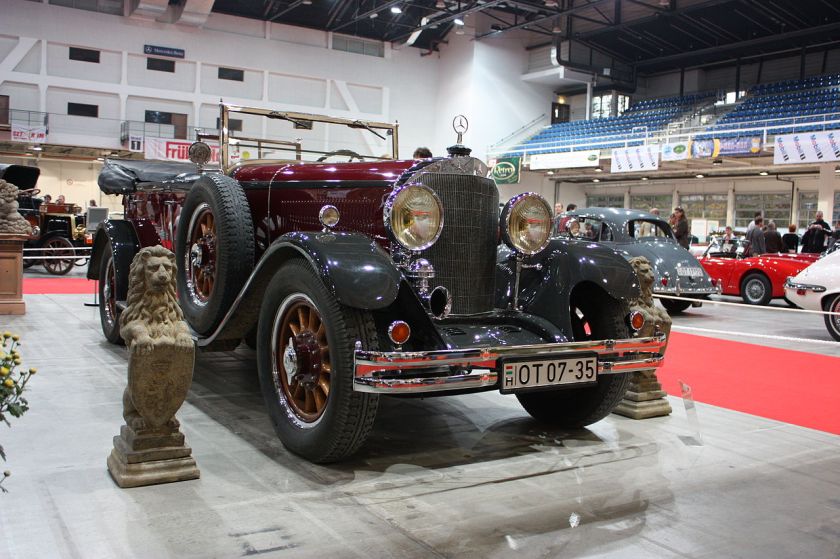 1921-24 Mercedes-Benz 15-70-100 PS Typ 400
1921-24 Mercedes-Benz 15-70-100 PS Typ 400 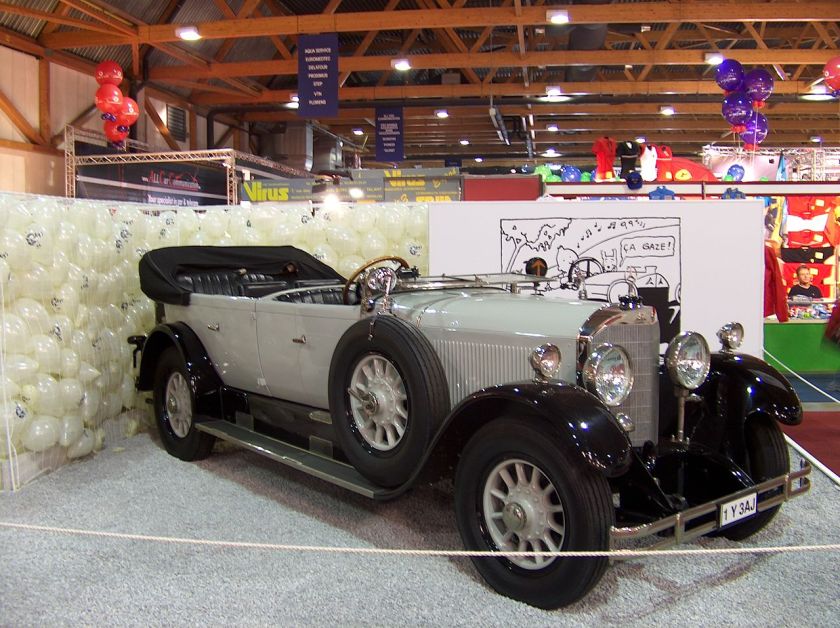
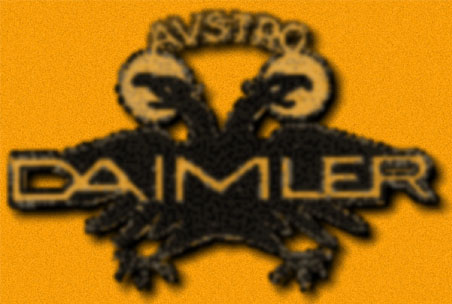
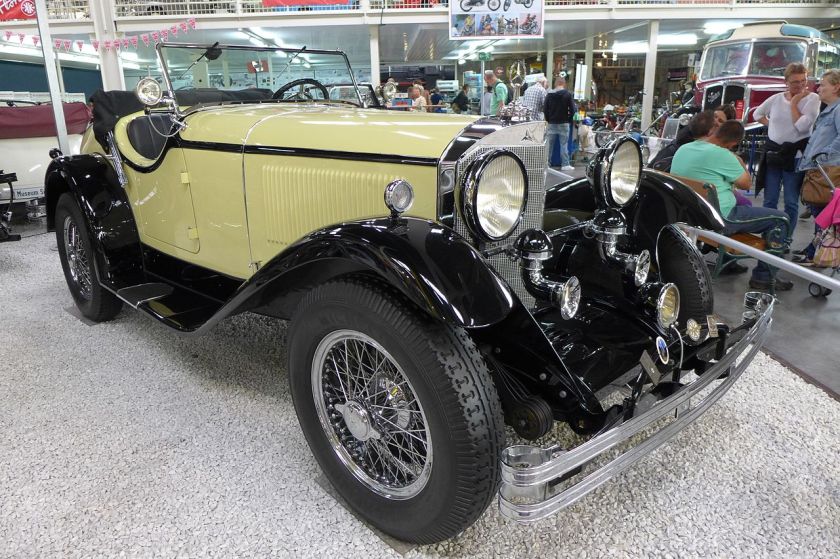
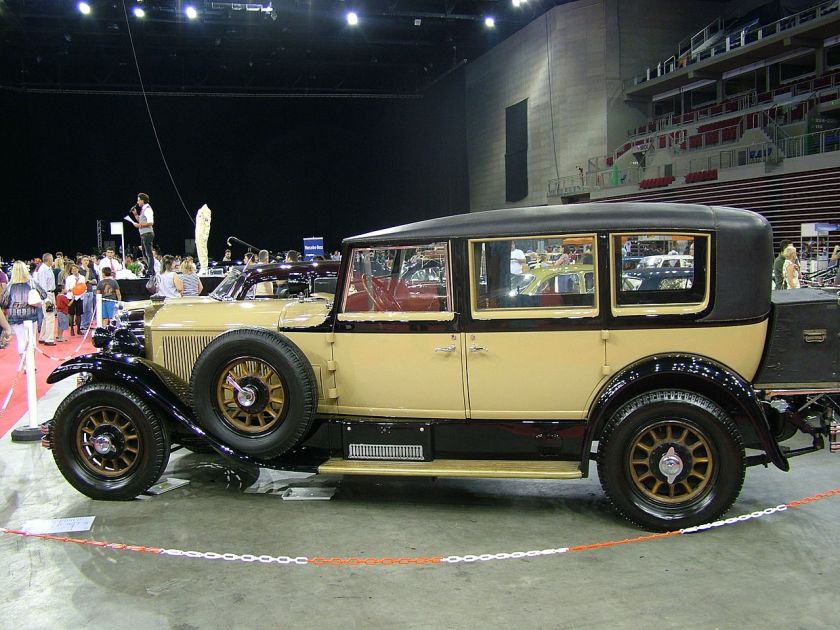 1927 Mercedes Benz 630K Mercedes-Benz 630 K (1926 – 1929)
1927 Mercedes Benz 630K Mercedes-Benz 630 K (1926 – 1929)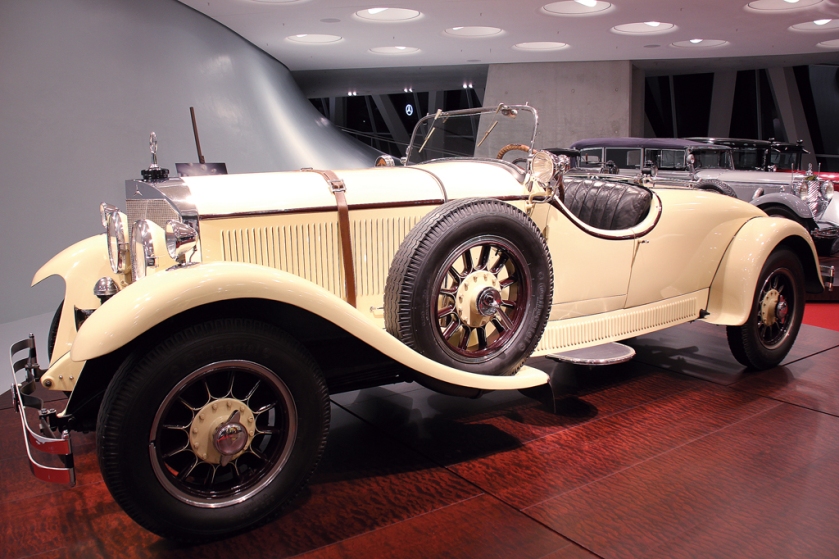 1926 Mercedes Benz 24-100-140 PS Roadster (This was the
1926 Mercedes Benz 24-100-140 PS Roadster (This was the 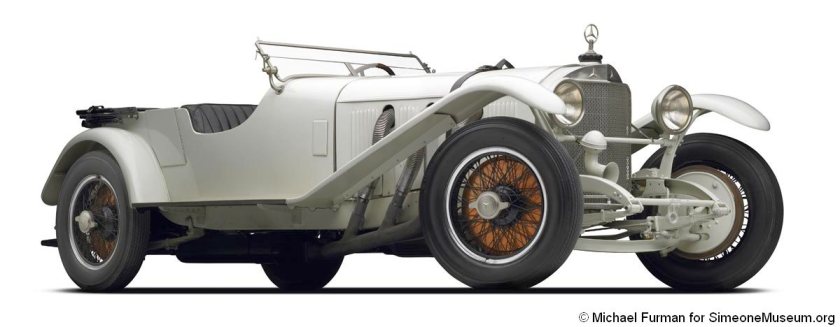
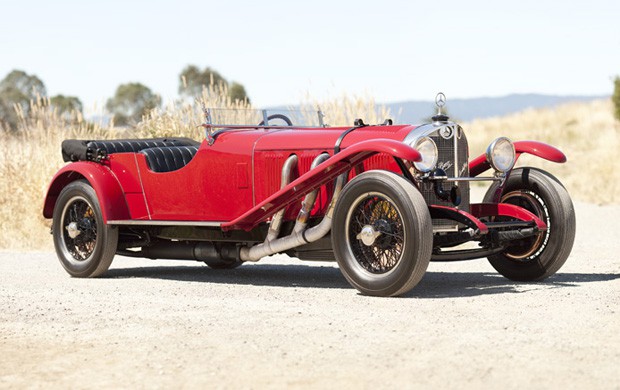 1927 Mercedes-Benz S-Type 26/180 Sportwagen S (Sport)
1927 Mercedes-Benz S-Type 26/180 Sportwagen S (Sport)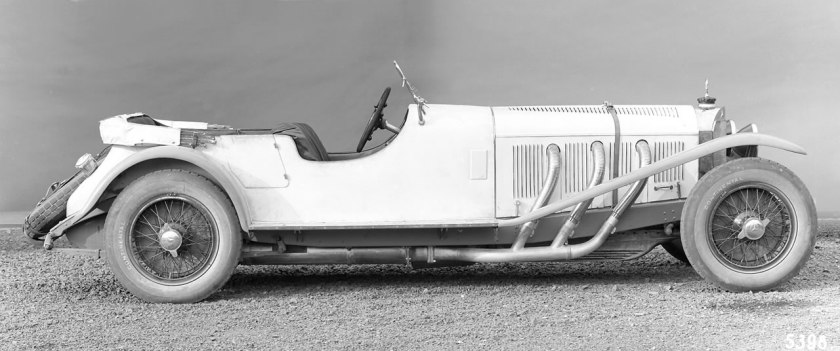 1927 26-170-225 hp Mercedes-Benz SS racing and touring sports car. SS (Super Sport)1928-32 Mercedes-Benz SSK model series W 06 II, SSK (Super Sport Kurz)
1927 26-170-225 hp Mercedes-Benz SS racing and touring sports car. SS (Super Sport)1928-32 Mercedes-Benz SSK model series W 06 II, SSK (Super Sport Kurz) 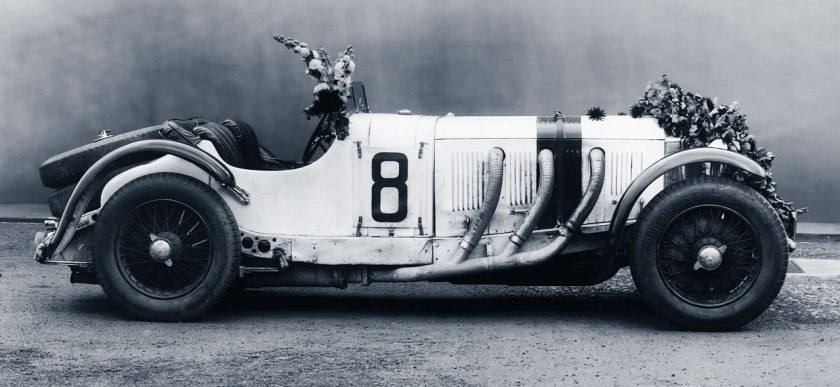 1927 Mercedes Benz SSKL (Super Sport Kurz Leicht) SSKL (Super Sport Kurz Leicht)
1927 Mercedes Benz SSKL (Super Sport Kurz Leicht) SSKL (Super Sport Kurz Leicht)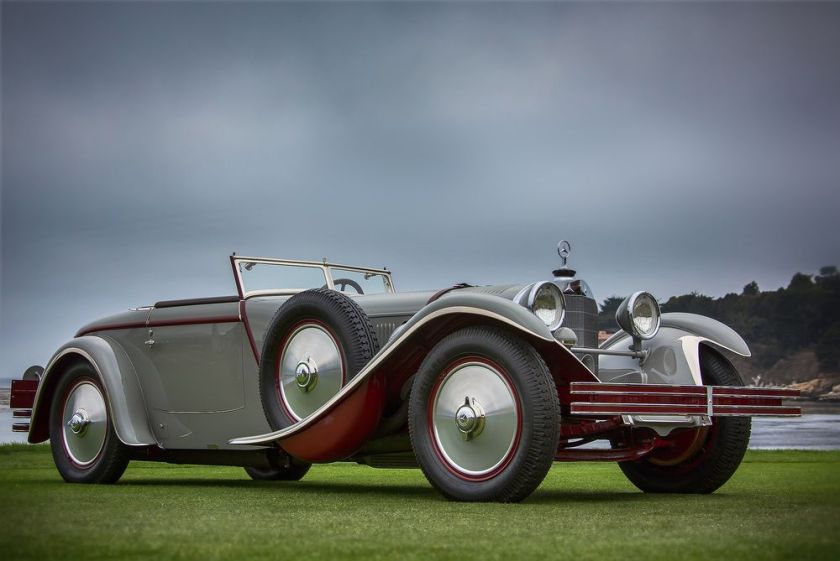 1928 Mercedes-Benz 680S Saoutchik Torpedo
1928 Mercedes-Benz 680S Saoutchik Torpedo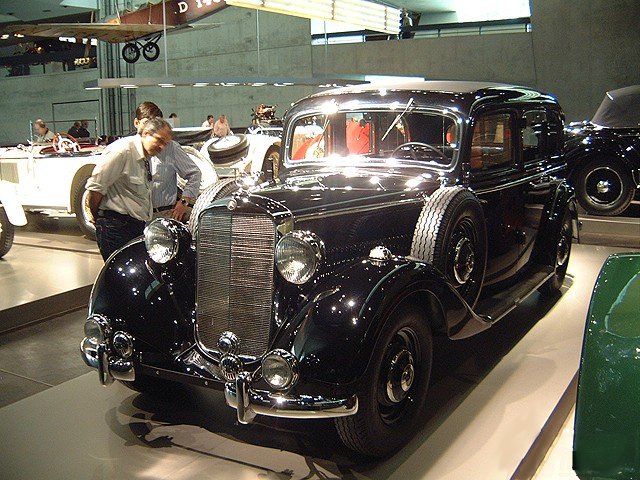
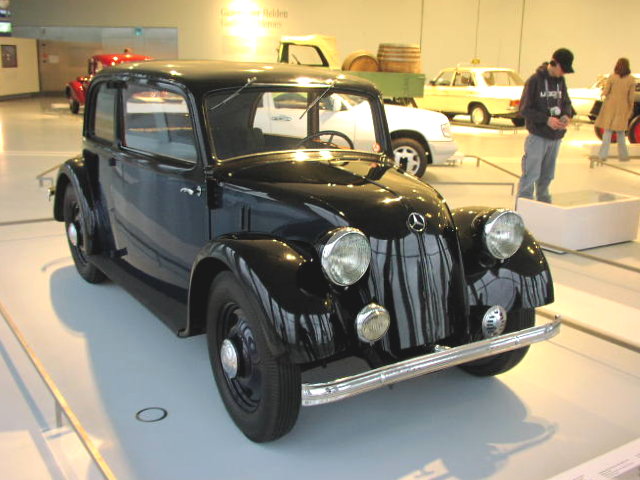
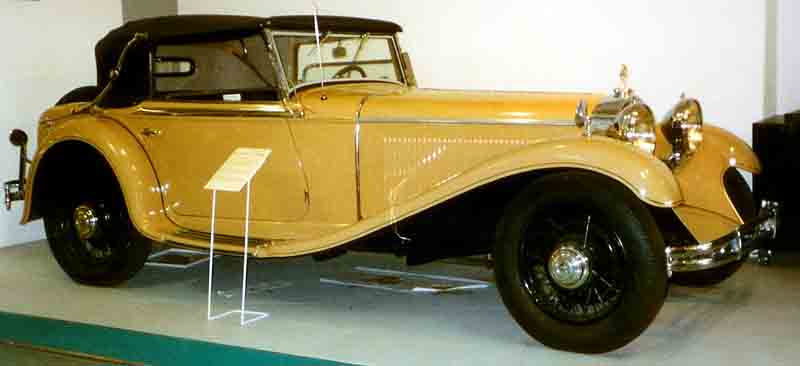 1931 Mercedes Benz Mannheim 370 S Sport-Cabriolet
1931 Mercedes Benz Mannheim 370 S Sport-Cabriolet 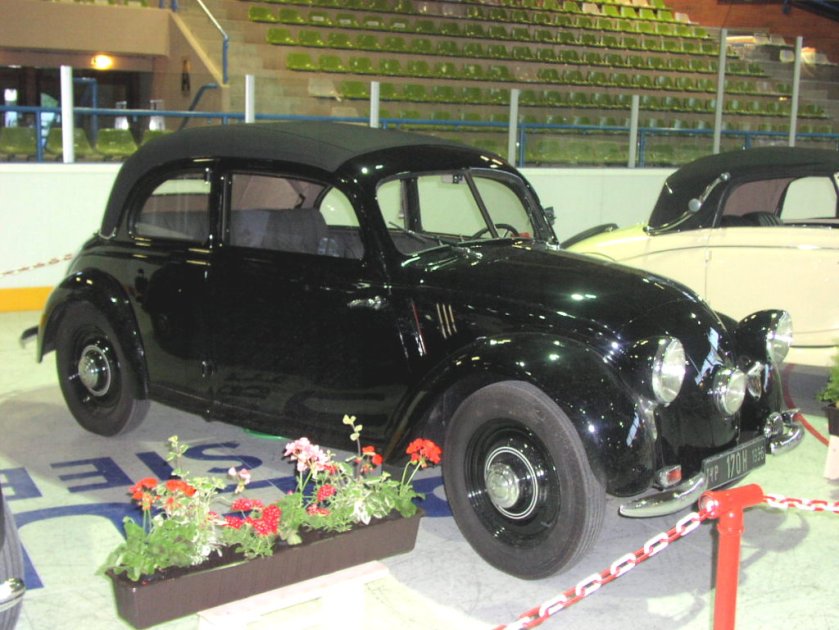 1936 Mercedes Benz 170 W28 H
1936 Mercedes Benz 170 W28 H 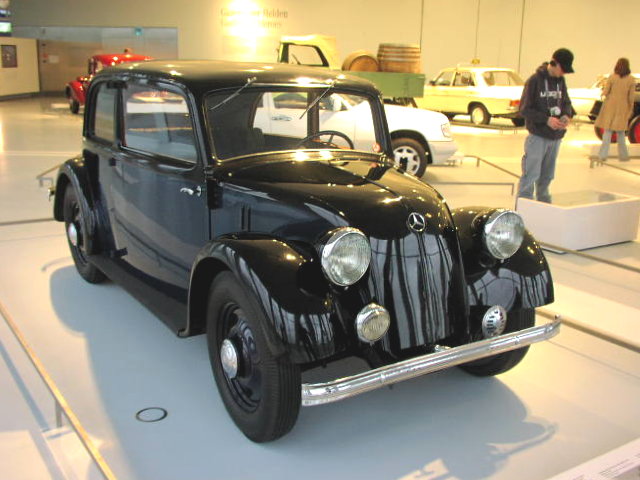
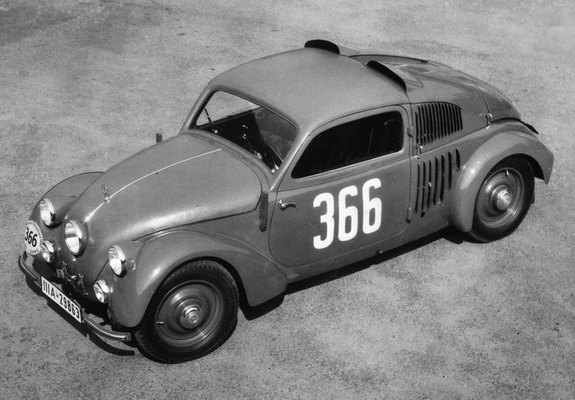 1933-34 Mercedes Benz 150 Sport Saloon (W30)
1933-34 Mercedes Benz 150 Sport Saloon (W30) 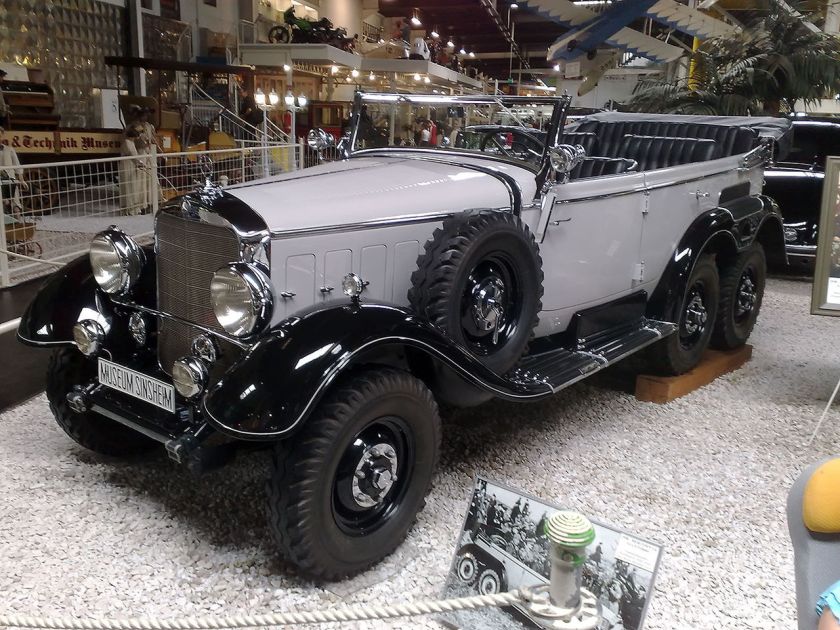 1938 Mercedes Benz W31 typ G4
1938 Mercedes Benz W31 typ G4 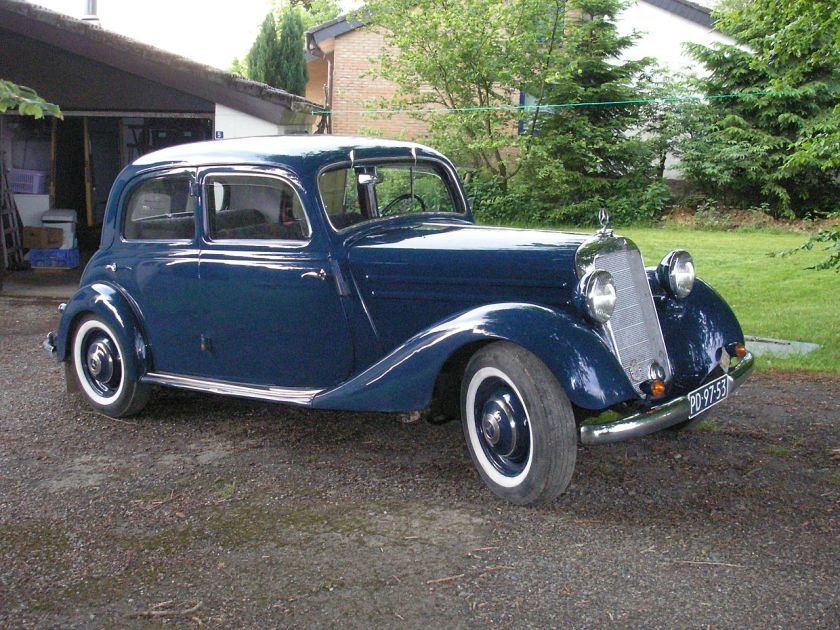 Mercedes Benz
Mercedes Benz 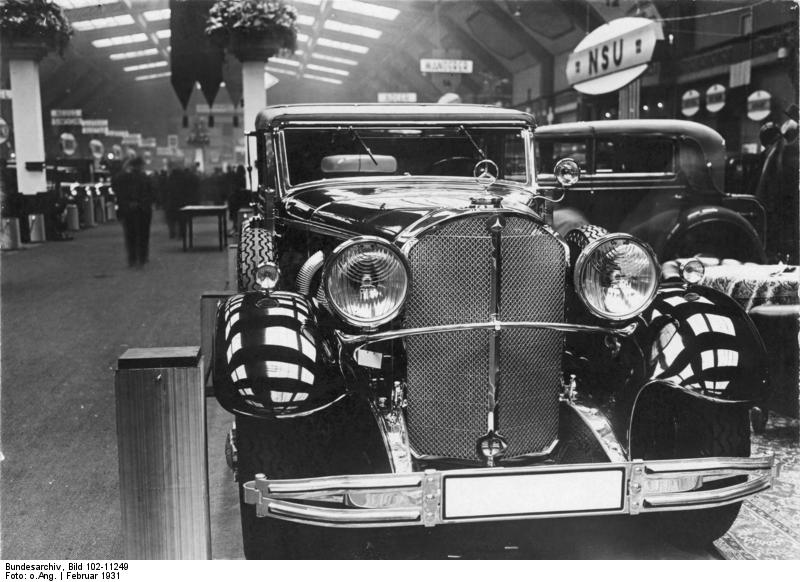
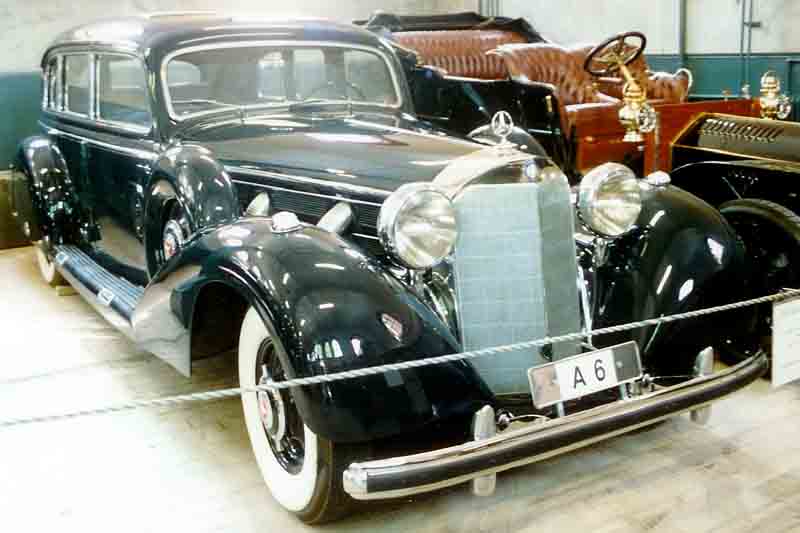 Mercedes-Benz W07-W150 or 770 Pullman-Limousine W150 1938-1943
Mercedes-Benz W07-W150 or 770 Pullman-Limousine W150 1938-1943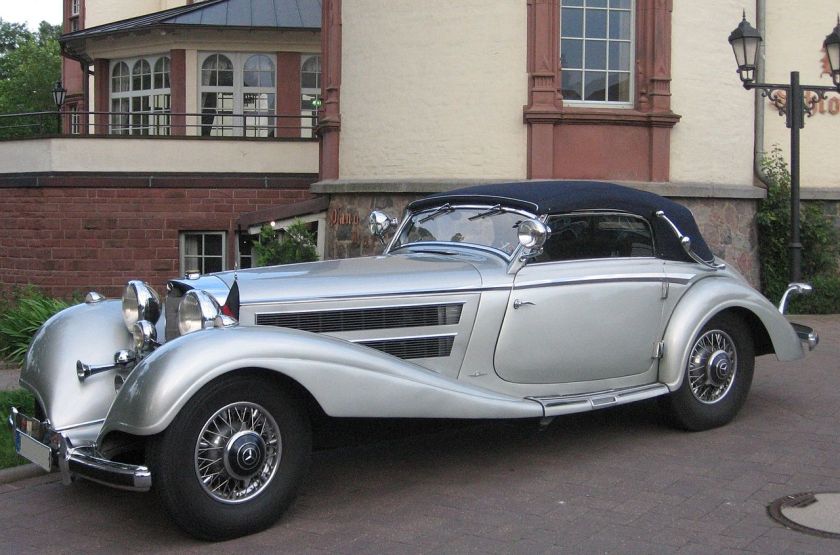 1934-36 Mercedes 500K (type W29) Cabriolet is a grand touring car
1934-36 Mercedes 500K (type W29) Cabriolet is a grand touring car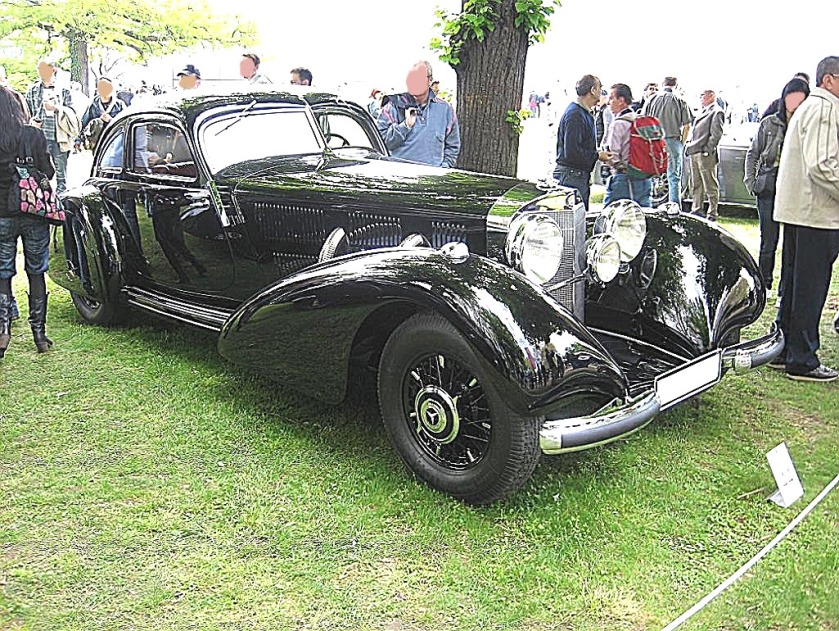
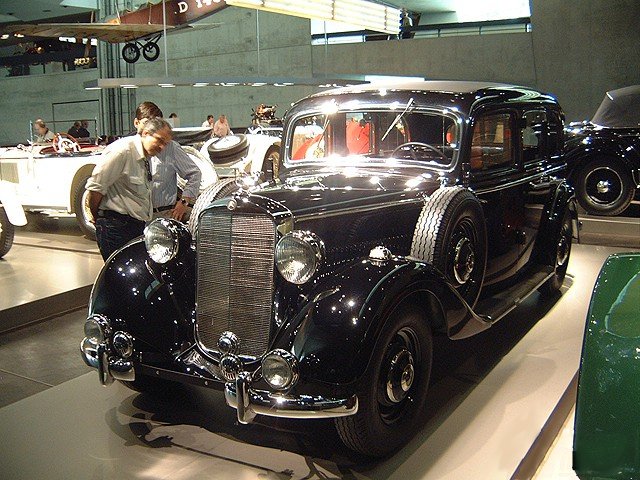
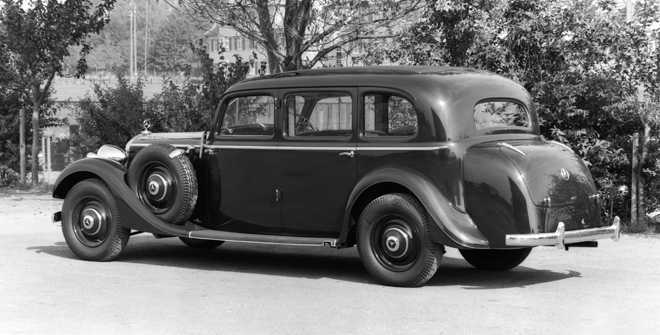 1937 Mercedes-Benz 320 (W 142) Saloon was a modern luxury-class touring car.
1937 Mercedes-Benz 320 (W 142) Saloon was a modern luxury-class touring car.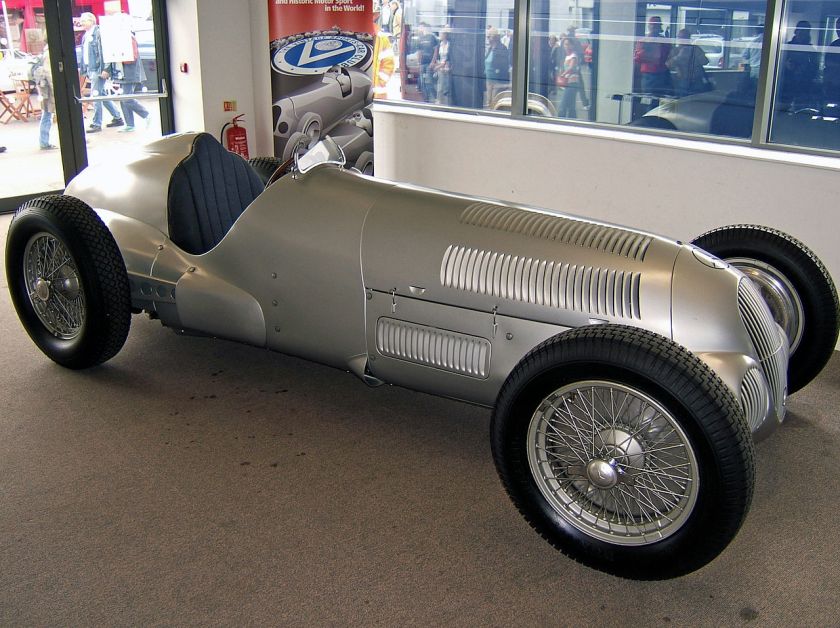 1937 Mercedes Benz W 125 Donington
1937 Mercedes Benz W 125 Donington 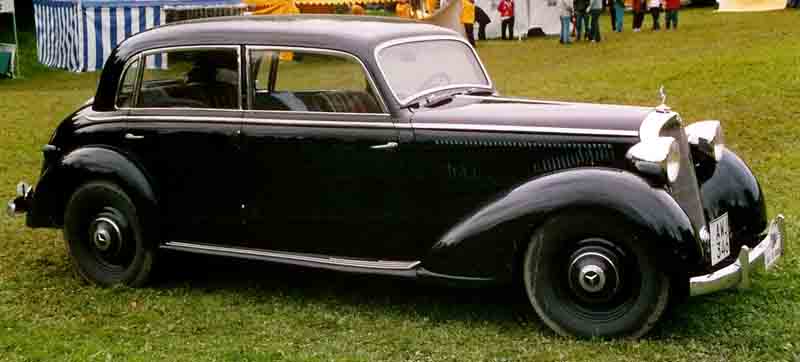 1939 Mercedes Benz 230 Limousine 230 1938
1939 Mercedes Benz 230 Limousine 230 1938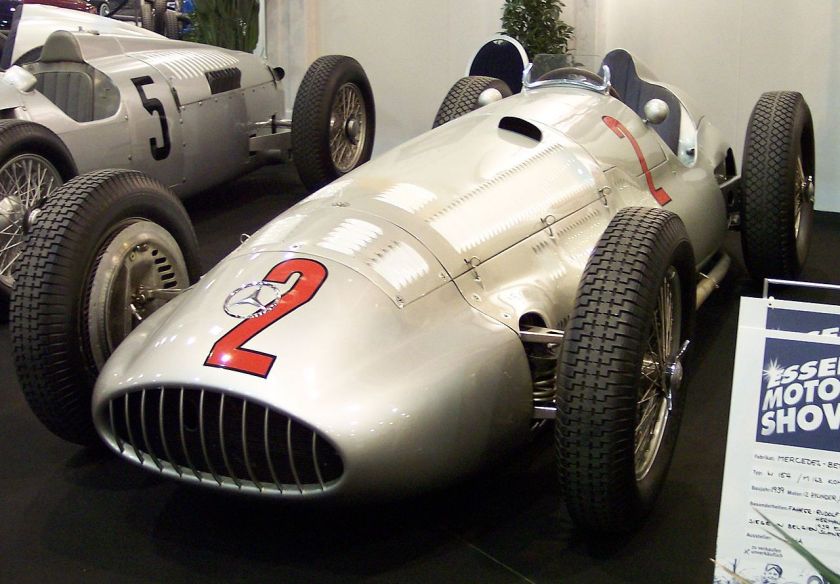 Mercedes Benz
Mercedes Benz 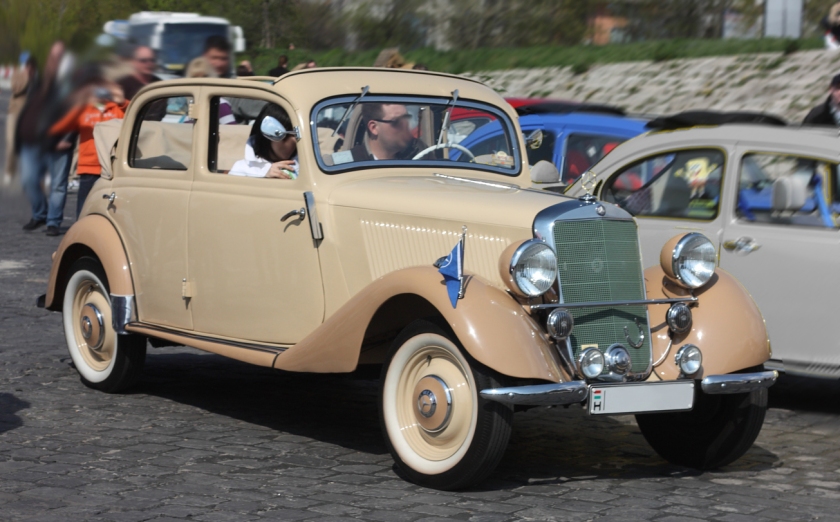
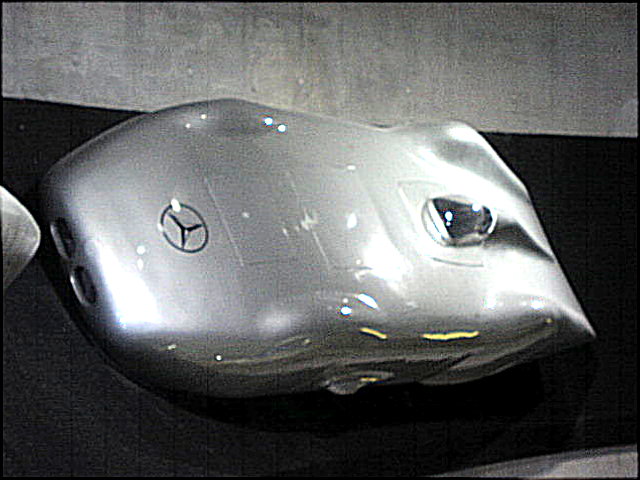




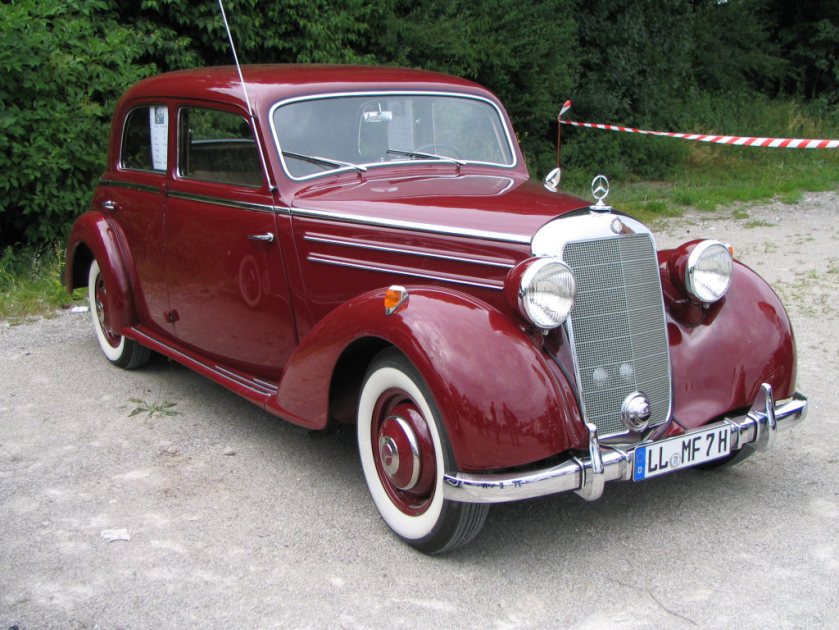
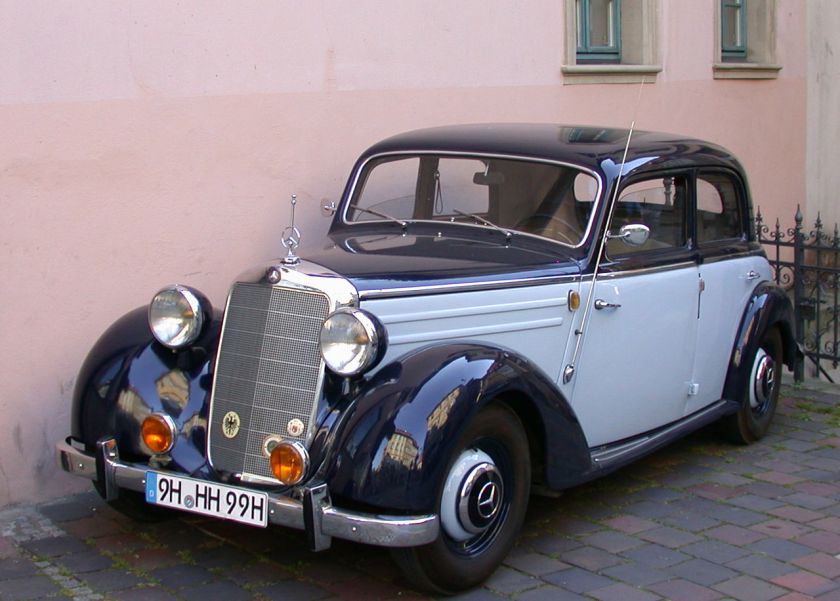 Mercedes Benz
Mercedes Benz 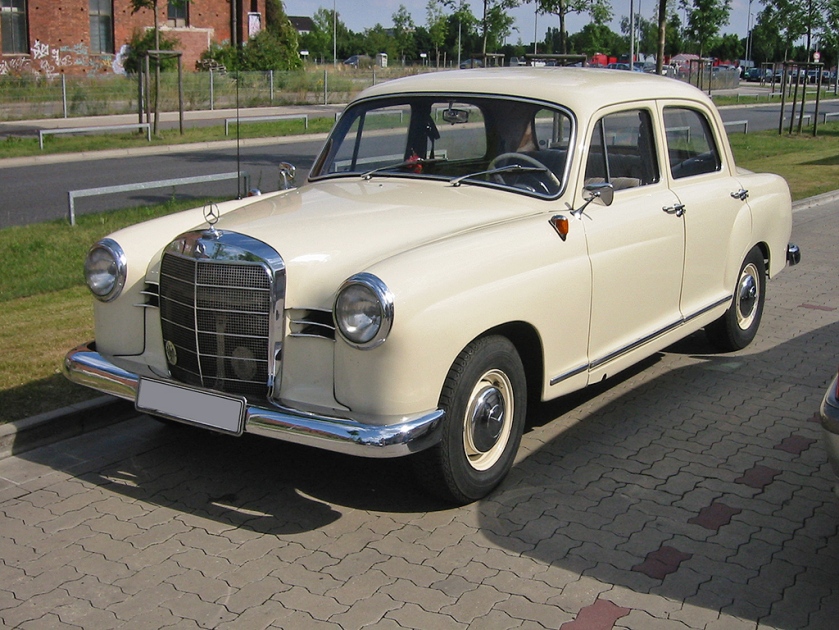
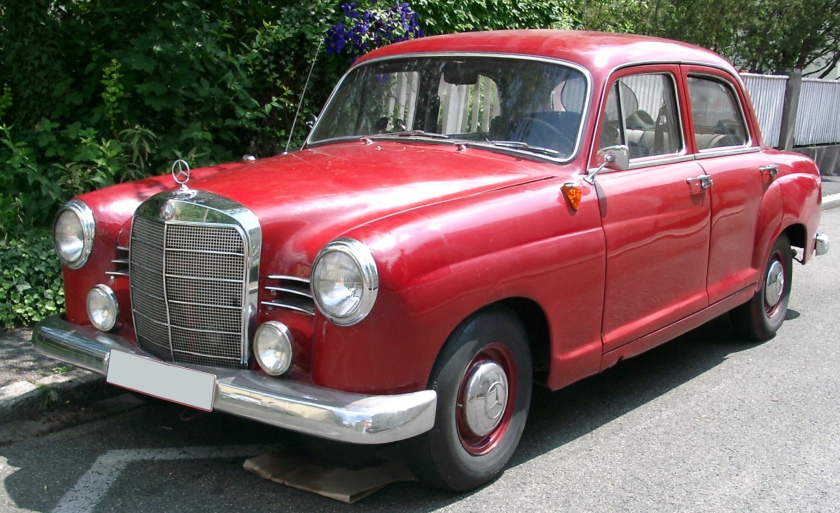
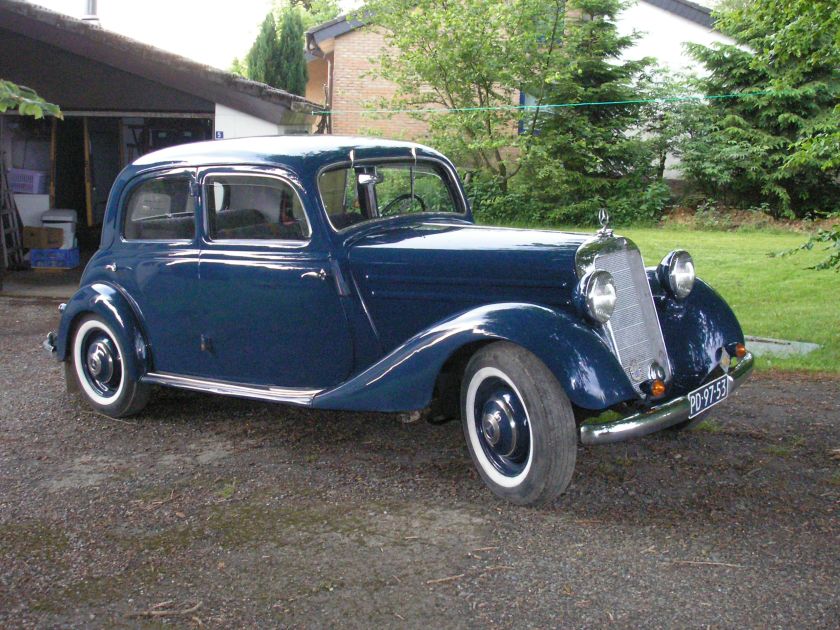
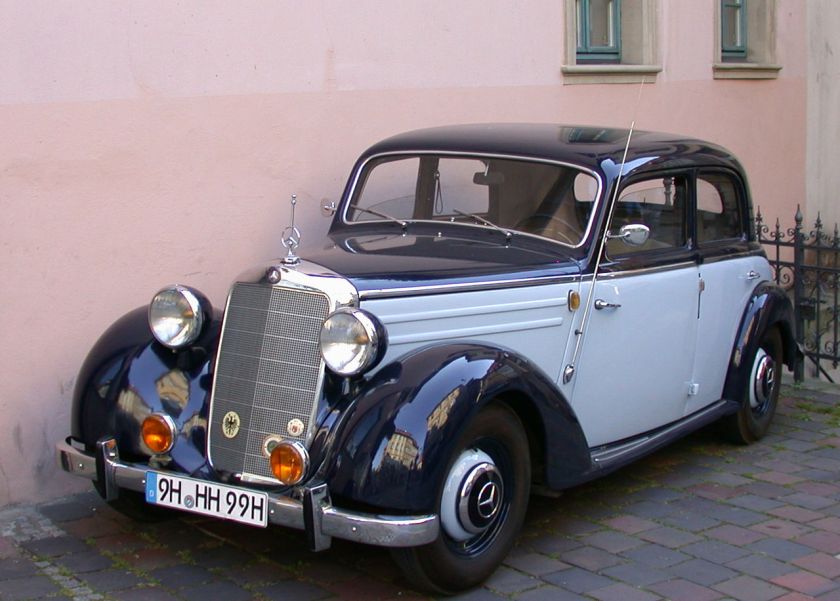 Mercedes Benz
Mercedes Benz 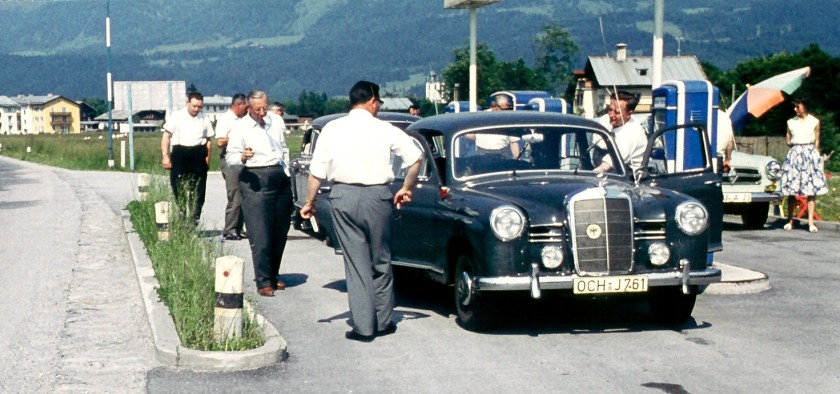 Mercedes Benz 120
Mercedes Benz 120 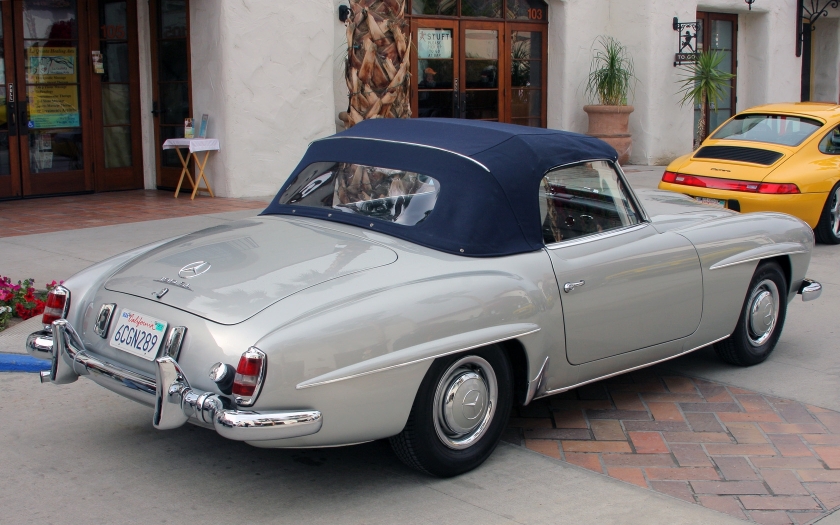 Mercedes Benz
Mercedes Benz 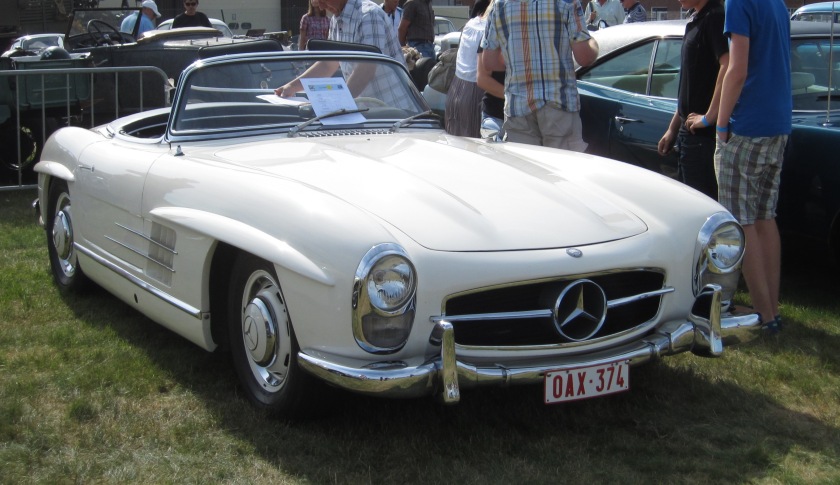
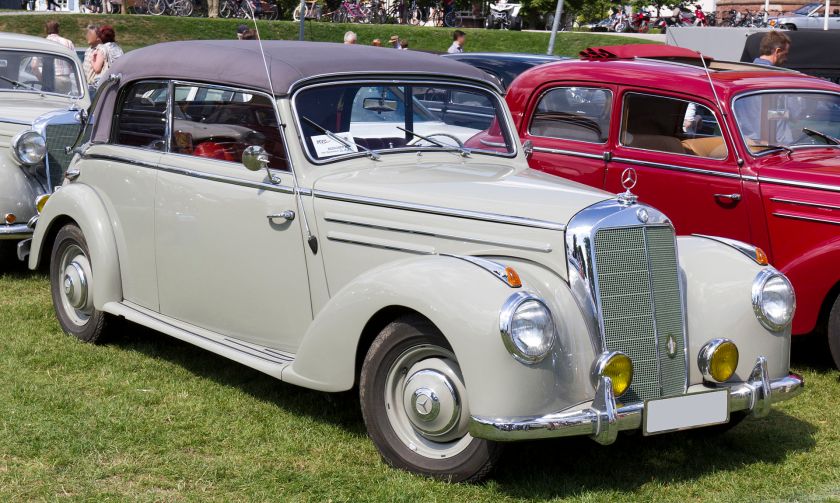 Mercedes Benz
Mercedes Benz 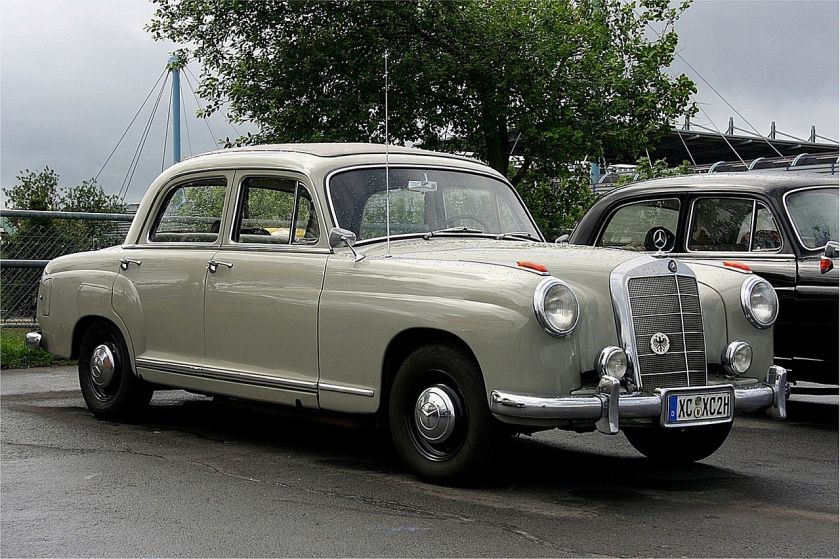 Mercedes Benz
Mercedes Benz 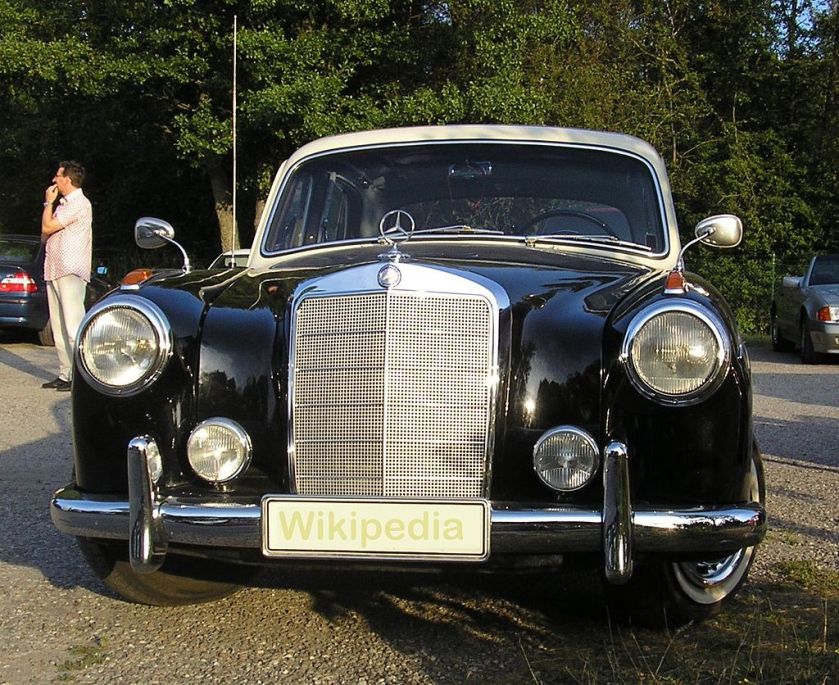 1958 Mercedes Benz
1958 Mercedes Benz 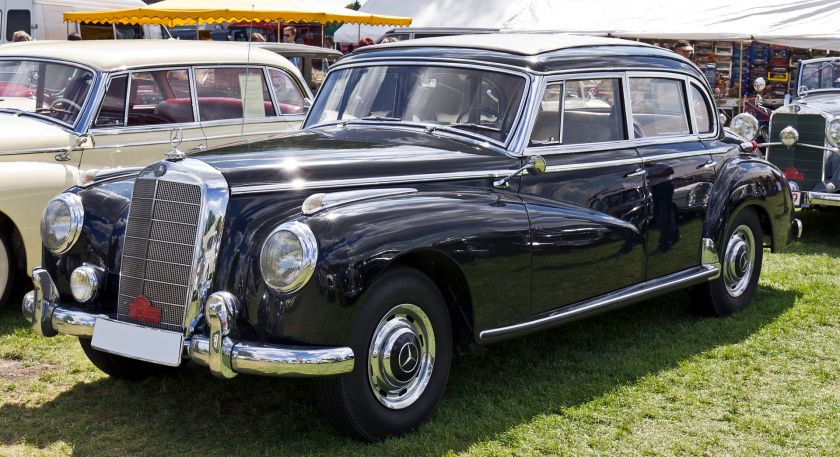 Mercedes Benz Limousine
Mercedes Benz Limousine 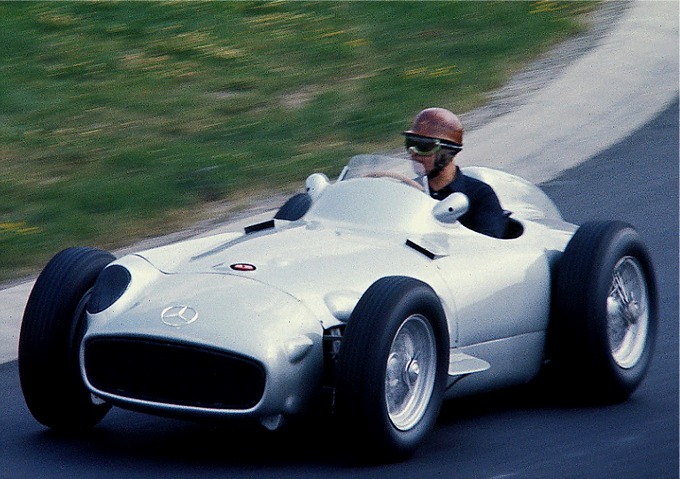 Mercedes Benz
Mercedes Benz 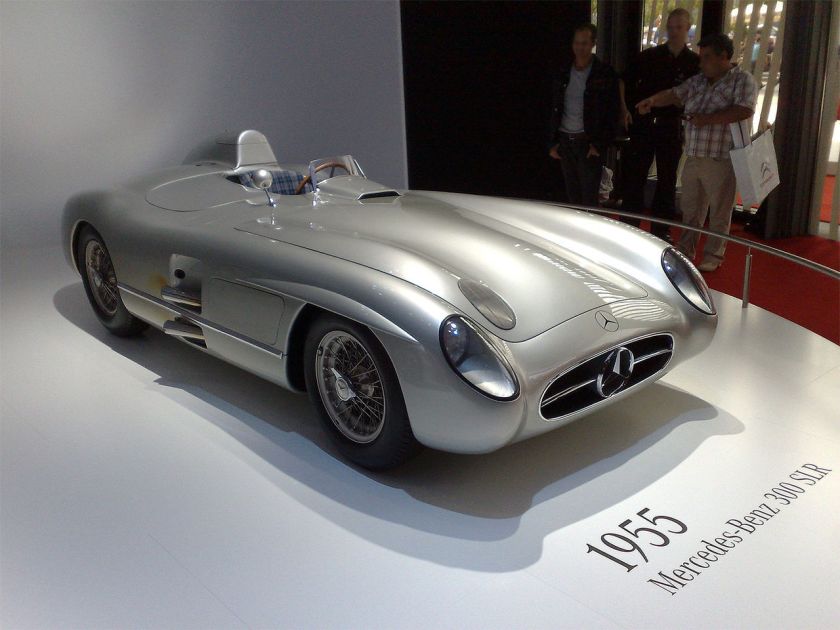 Mercedes Benz
Mercedes Benz 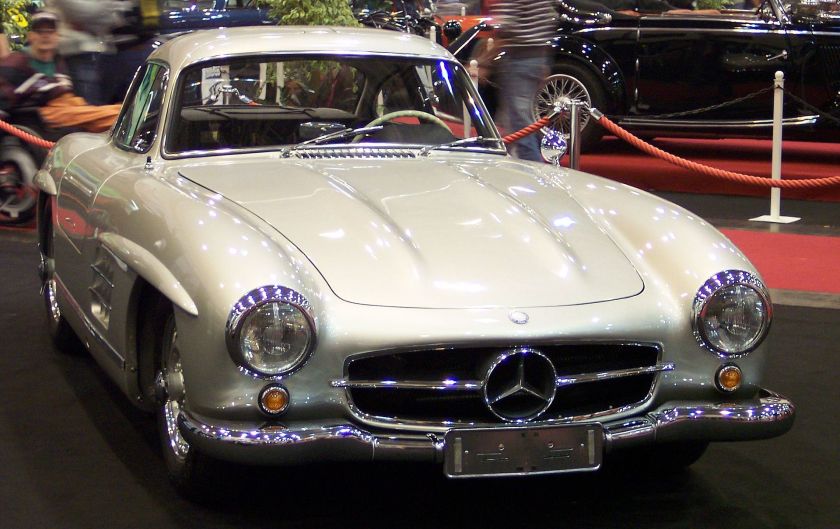 Mercedes Benz
Mercedes Benz 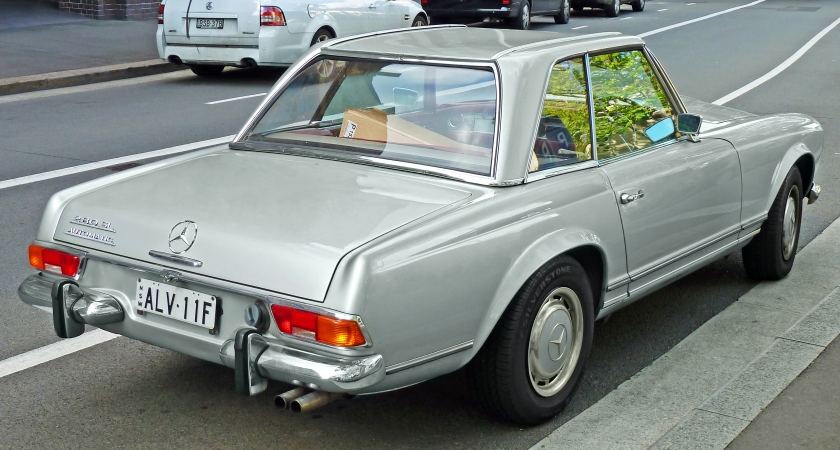
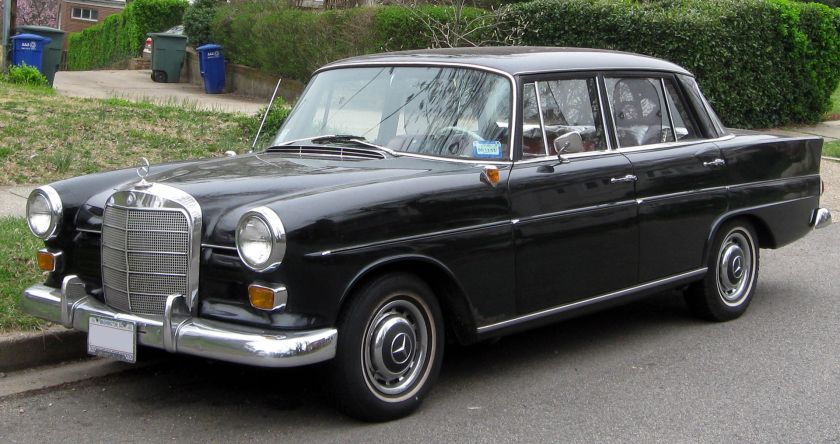 1965 Mercedes Benz
1965 Mercedes Benz 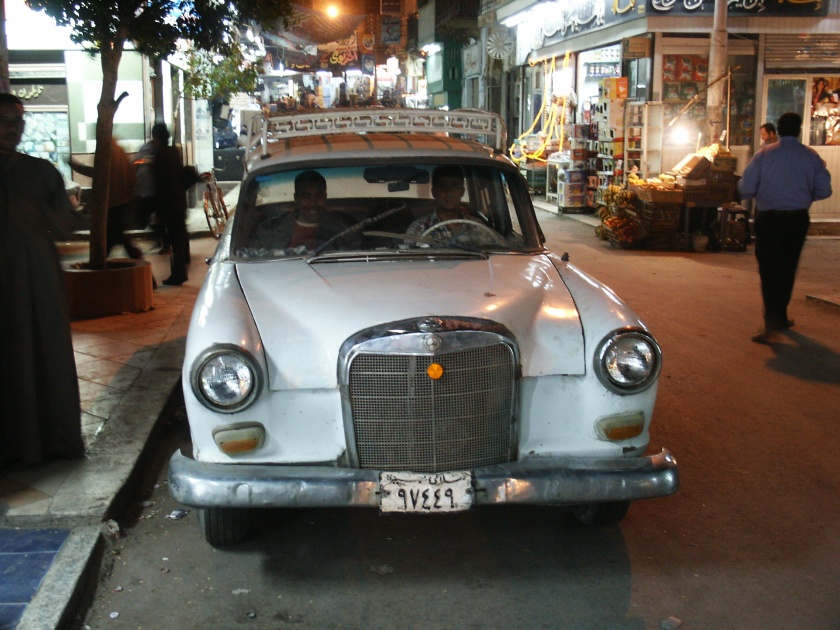
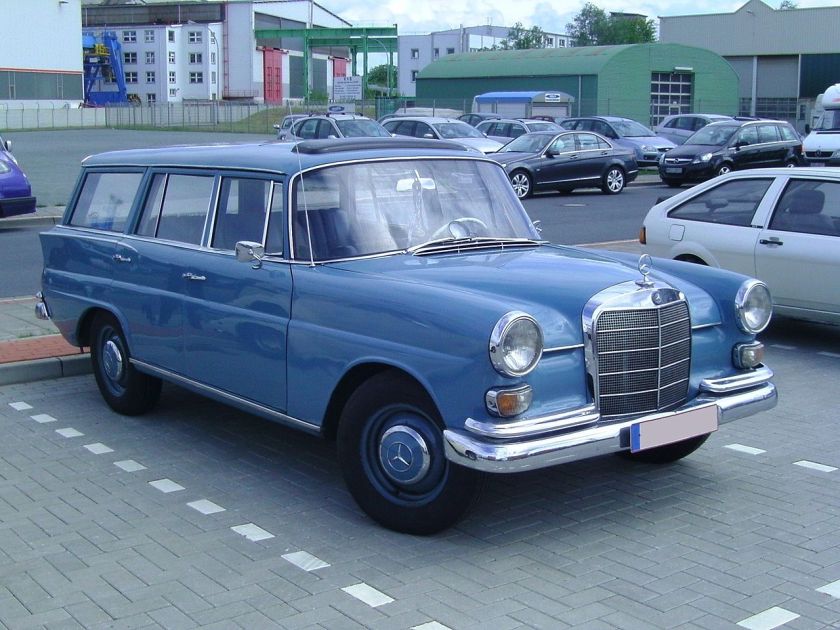 Mercedes Benz
Mercedes Benz 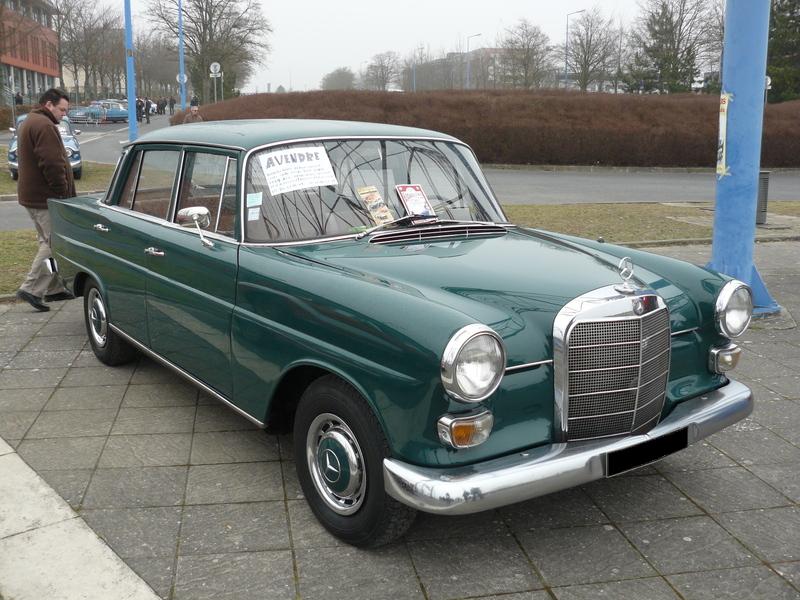 Mercedes Benz
Mercedes Benz 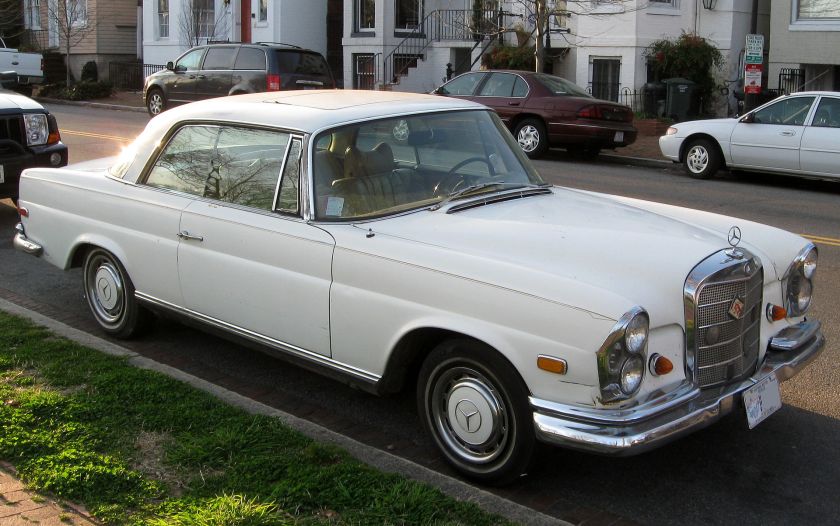
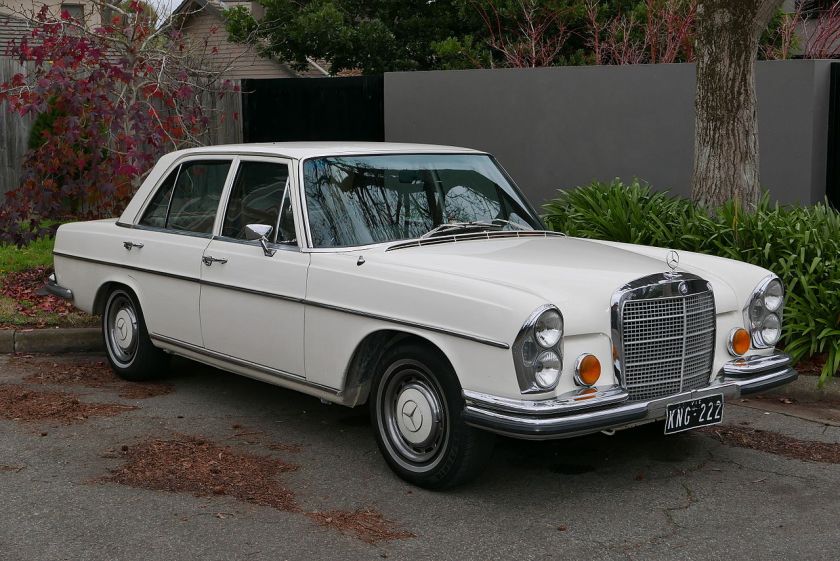 Mercedes Benz
Mercedes Benz 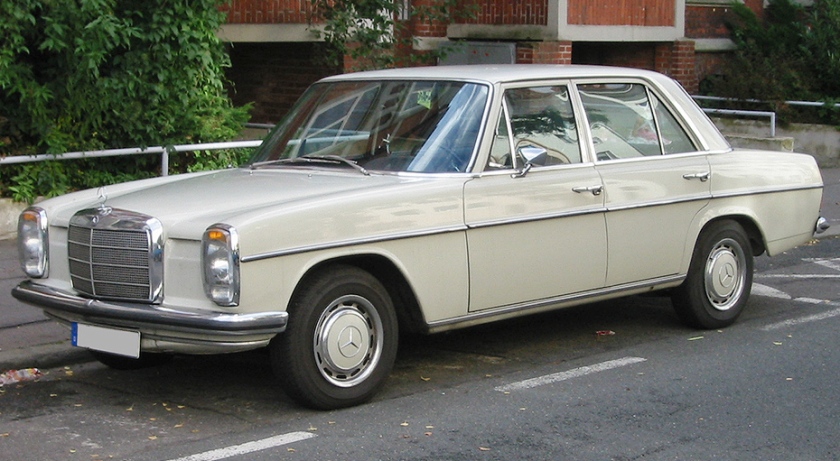 Mercedes Benz
Mercedes Benz 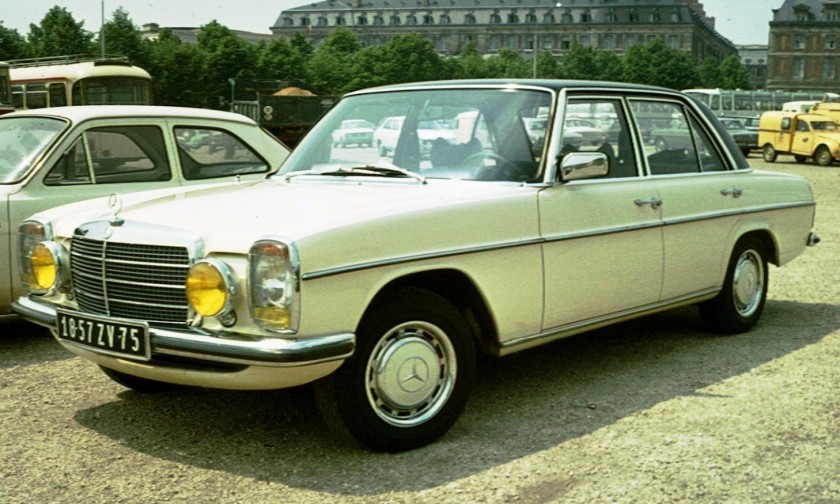 Mercedes Benz
Mercedes Benz 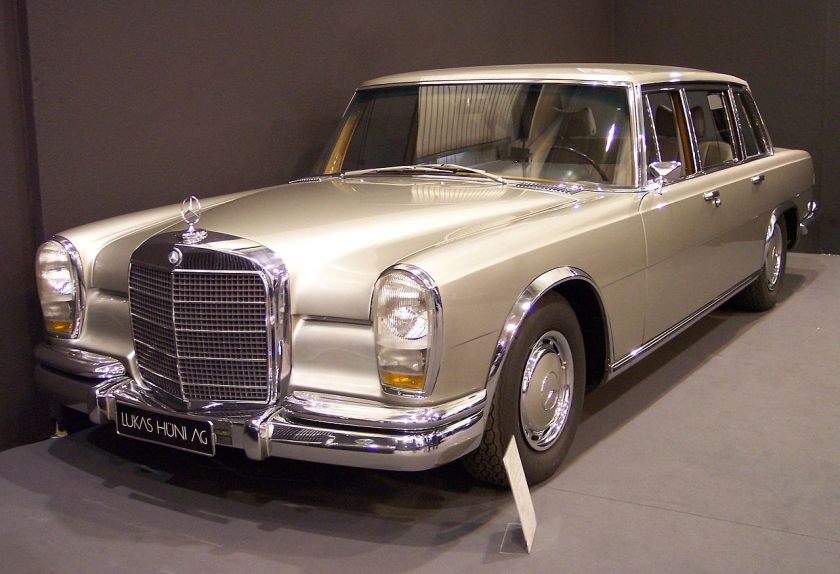 Mercedes Benz
Mercedes Benz 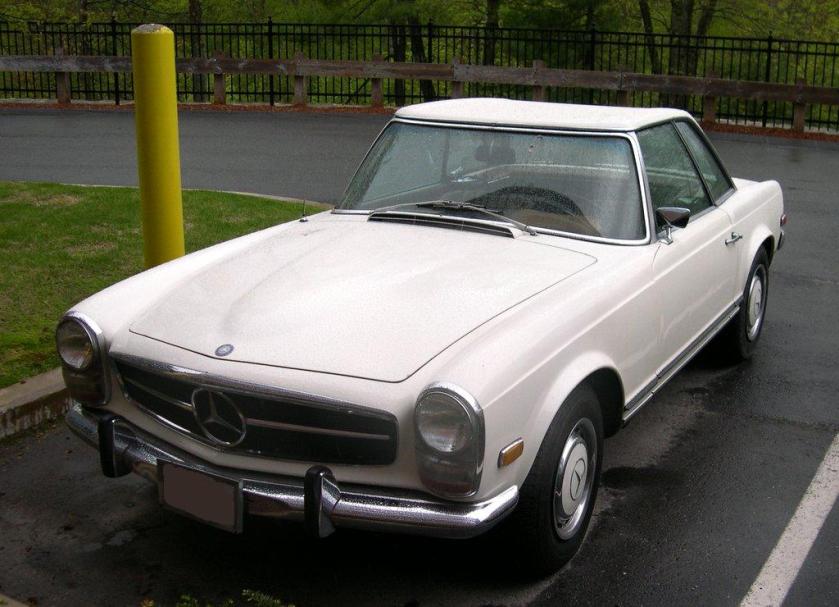 Mercedes Benz
Mercedes Benz 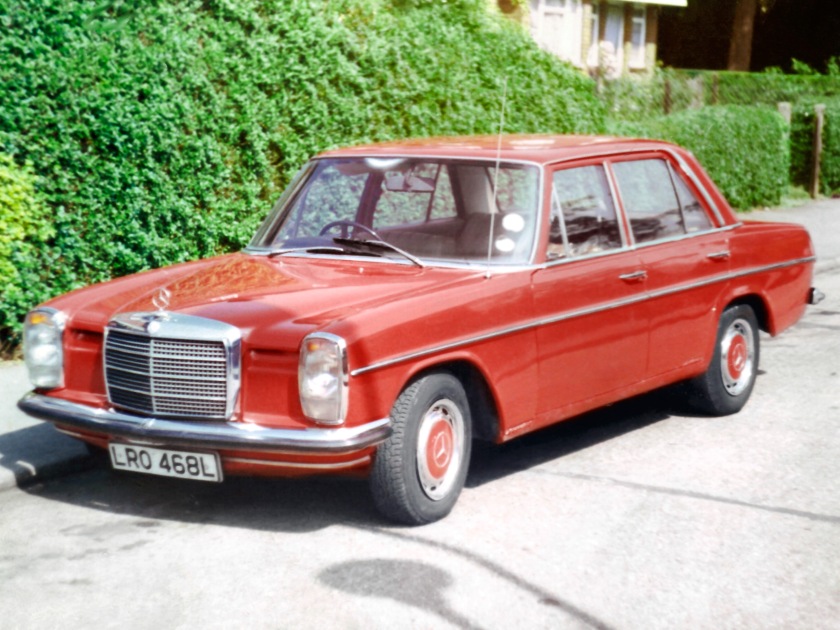
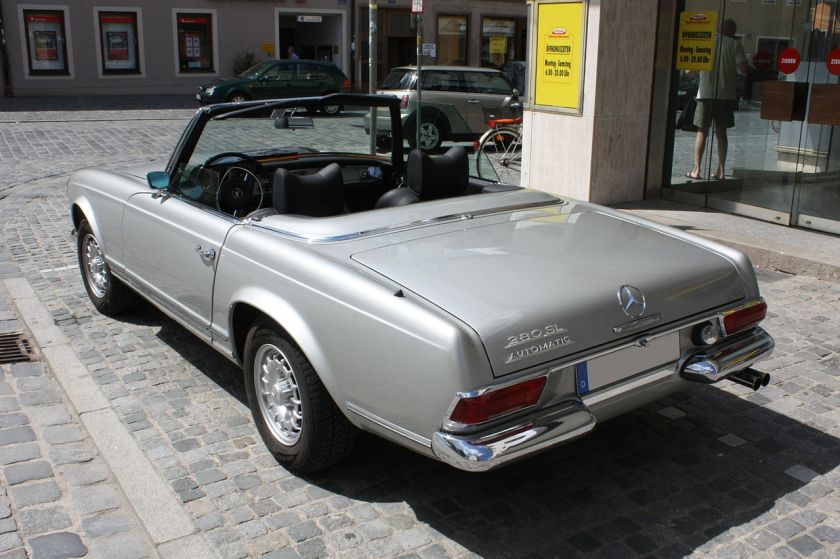
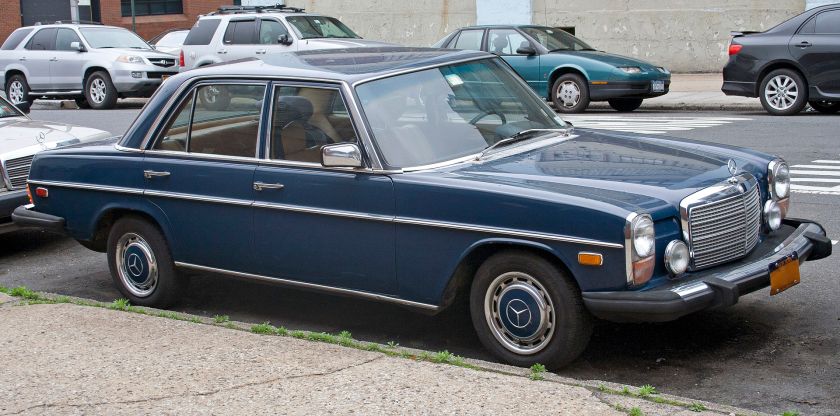
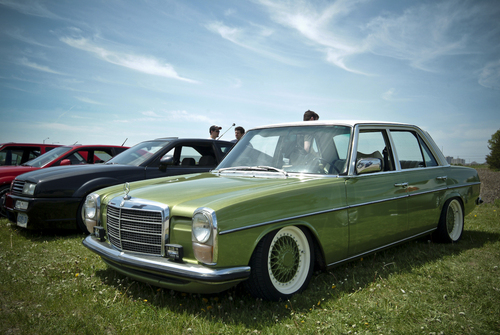
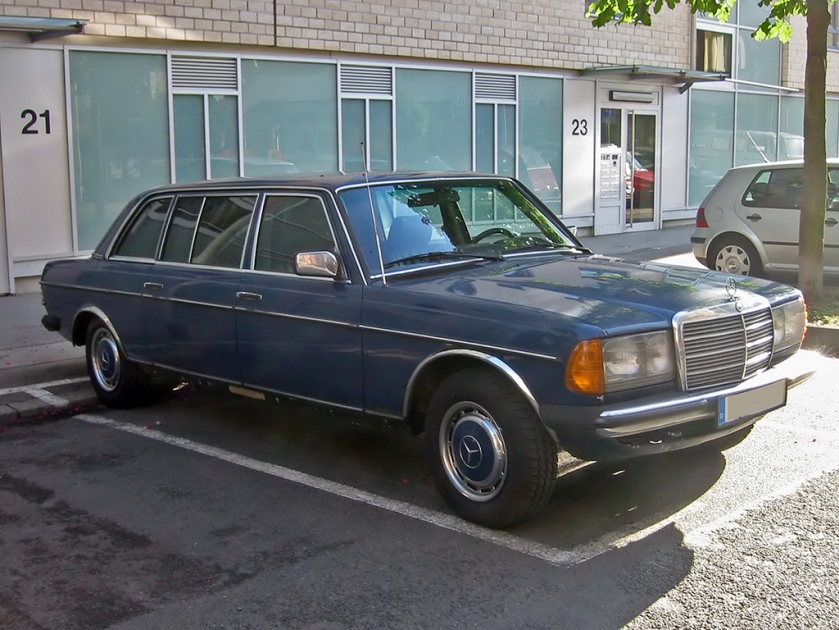
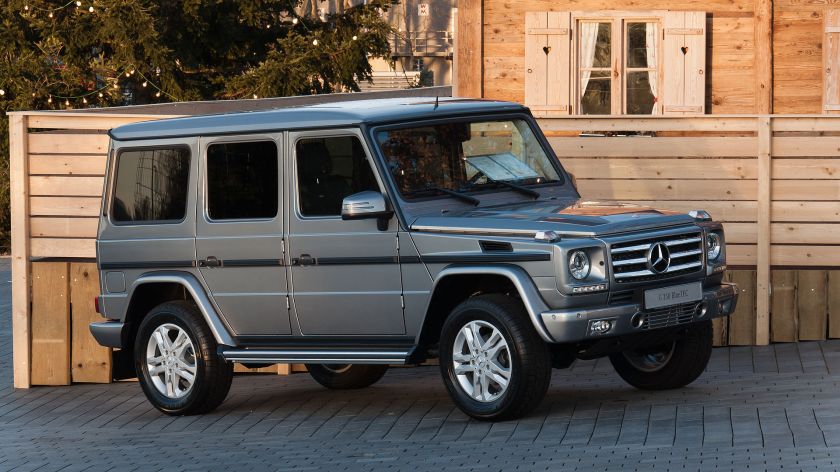
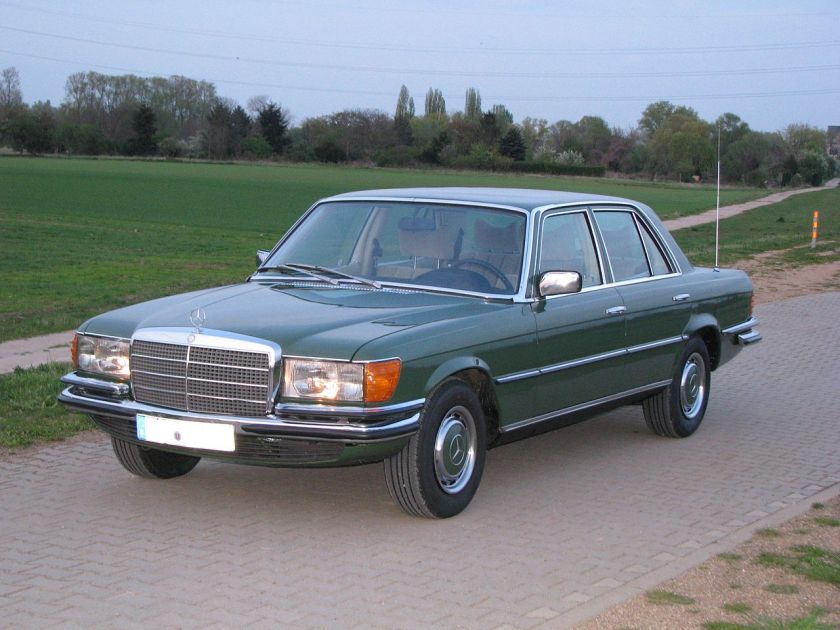

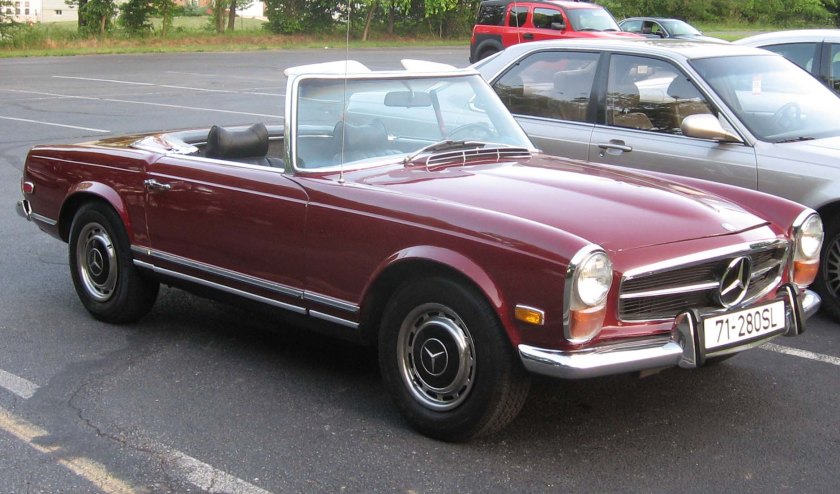
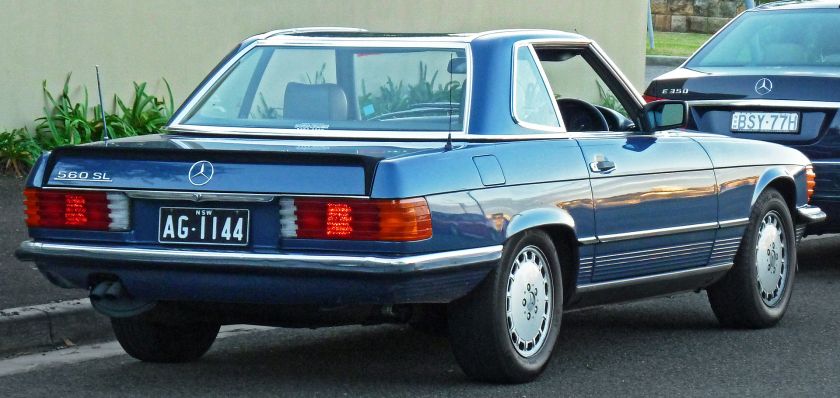
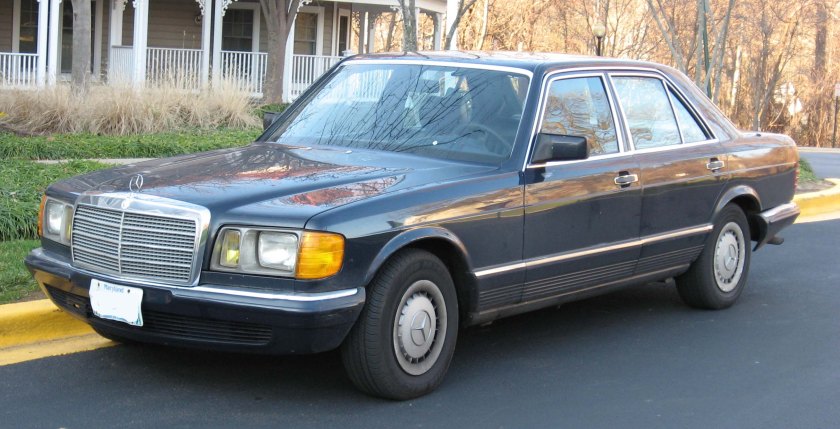
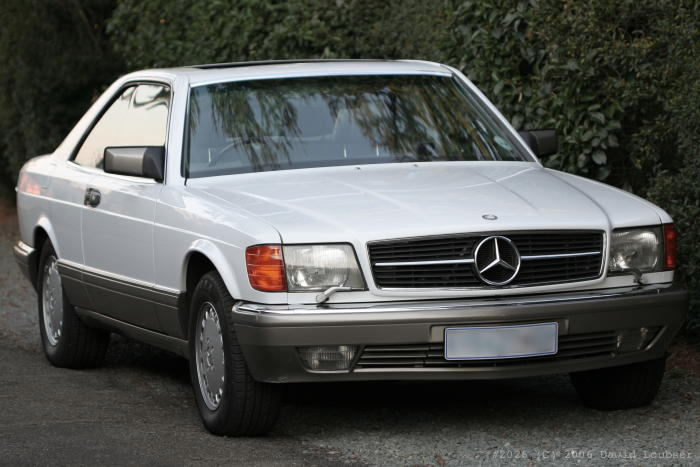
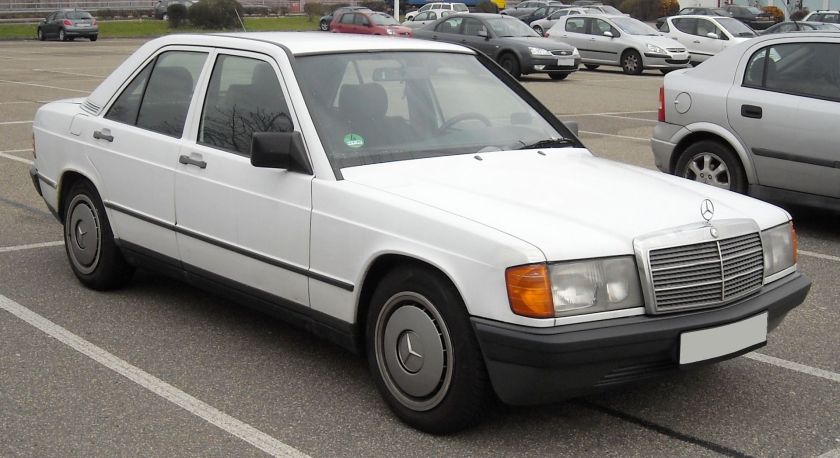
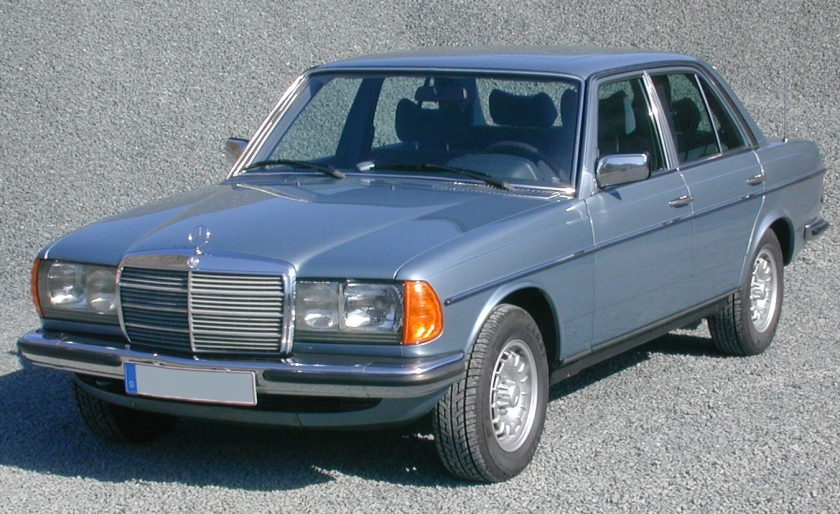 1977 Mercedes Benz 300D W123
1977 Mercedes Benz 300D W123 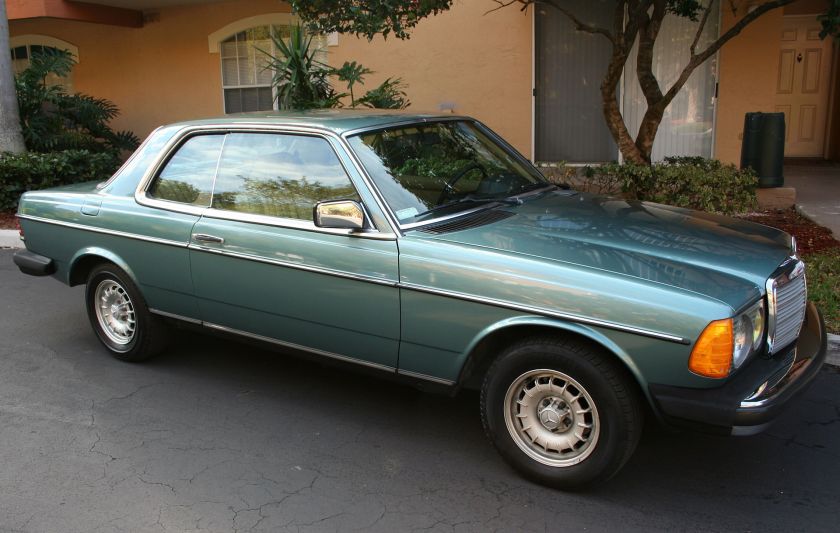 Mercedes Benz 300CD Turbodiesel coupe (US-version)
Mercedes Benz 300CD Turbodiesel coupe (US-version) 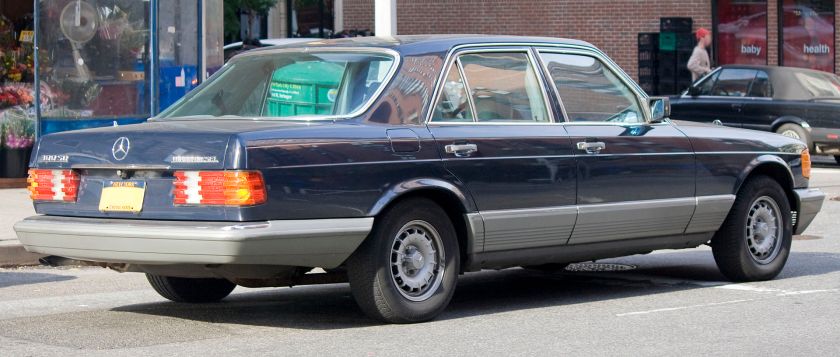 Mercedes Benz
Mercedes Benz 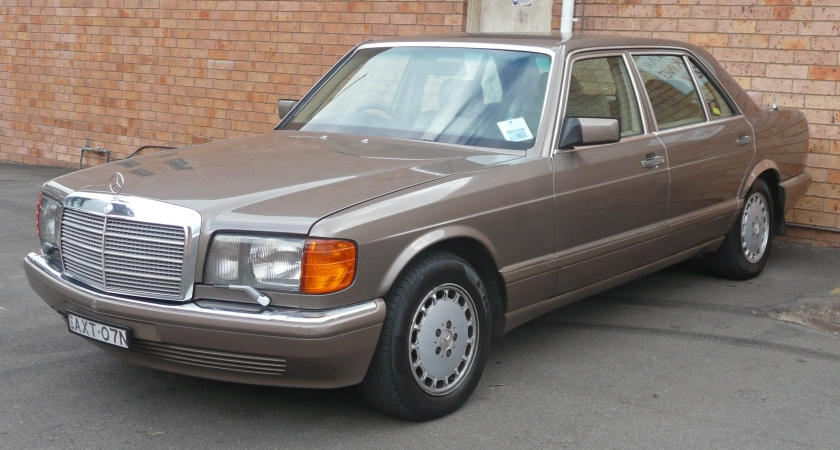 1987-92 Mercedes Benz 300 SEL (W126) sedan
1987-92 Mercedes Benz 300 SEL (W126) sedan 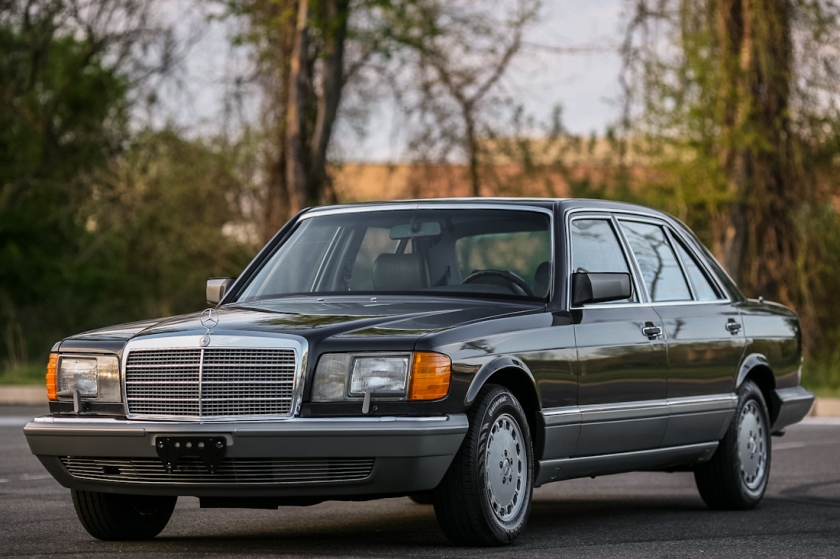 1987 Mercedes Benz 300SDL
1987 Mercedes Benz 300SDL  Mercedes Benz
Mercedes Benz 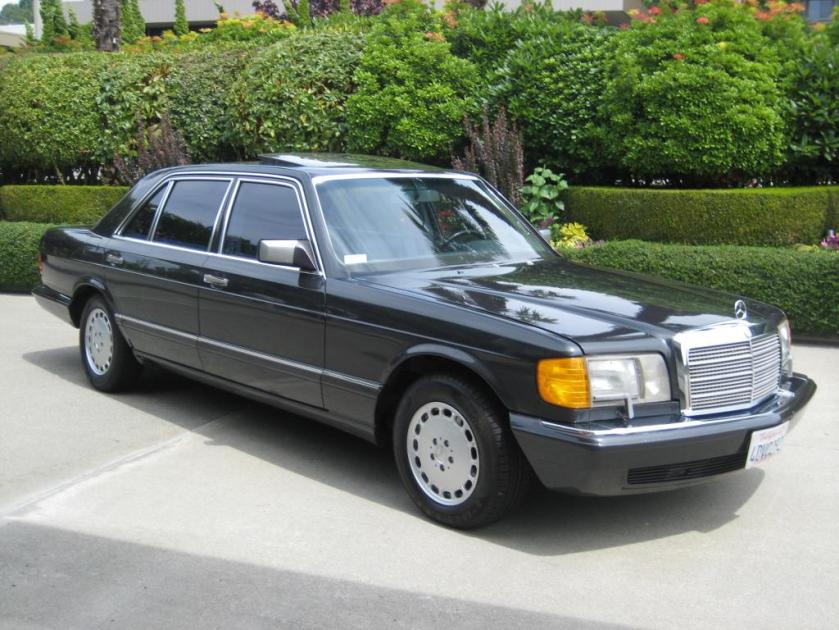 1990 Mercedes Benz
1990 Mercedes Benz 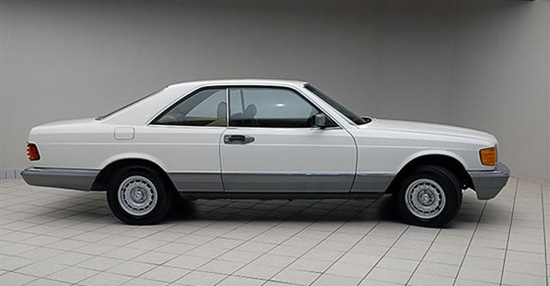 1985 Mercedes Benz
1985 Mercedes Benz 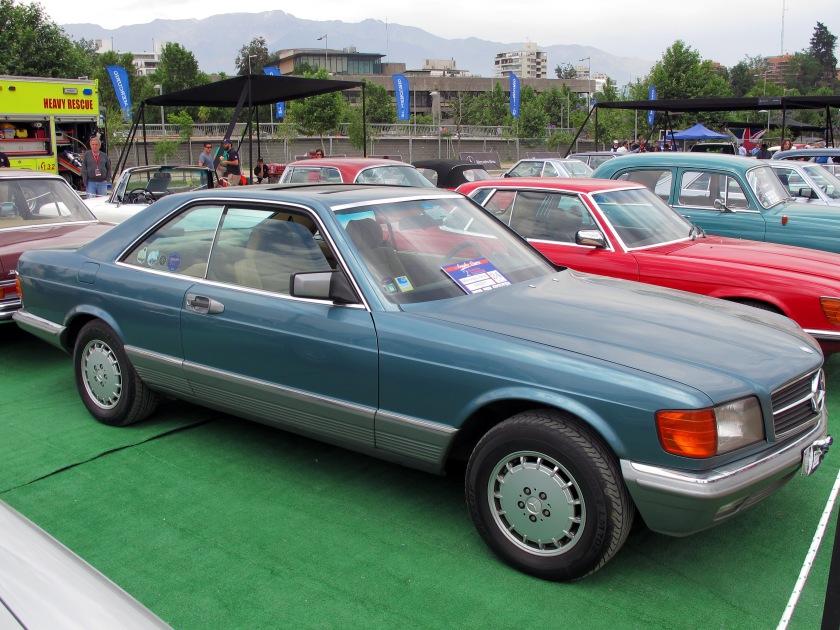 1985 Mercedes Benz
1985 Mercedes Benz 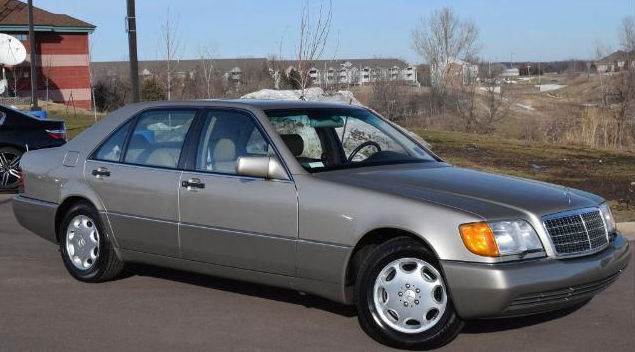 1992 Mercedes Benz
1992 Mercedes Benz 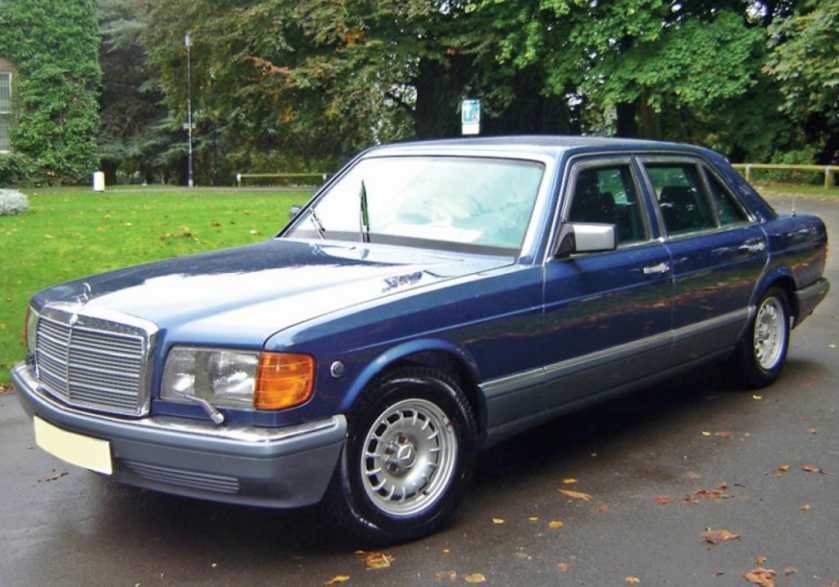 1986 Mercedes Benz
1986 Mercedes Benz 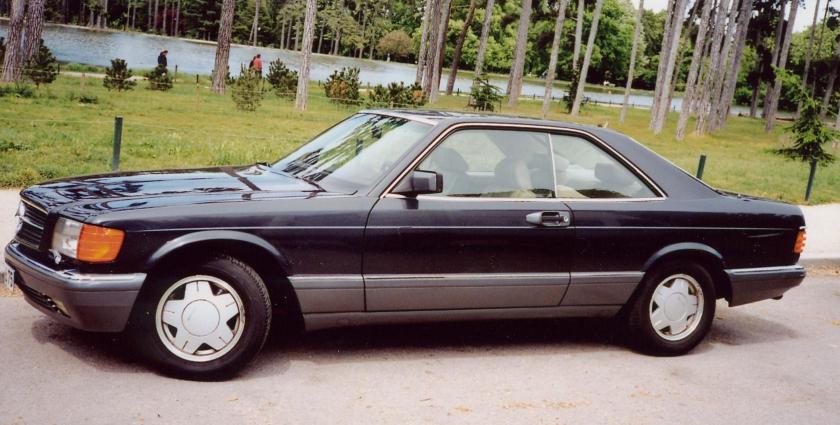 Mercedes Benz
Mercedes Benz 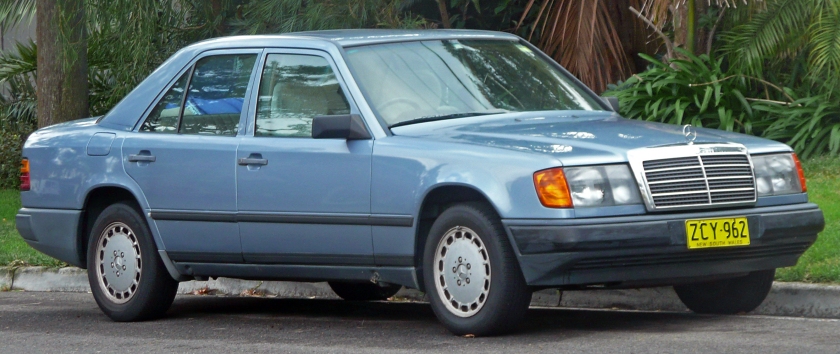 Mercedes Benz
Mercedes Benz 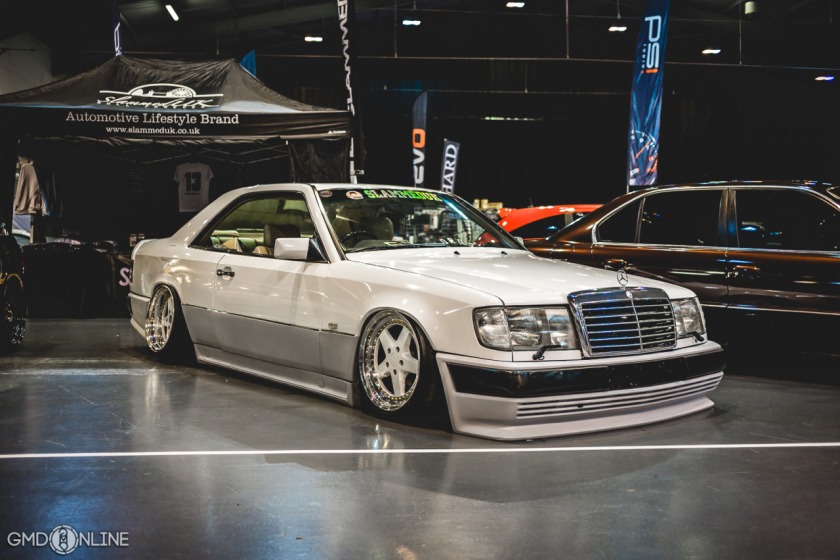 Mercedes Benz 300CE
Mercedes Benz 300CE 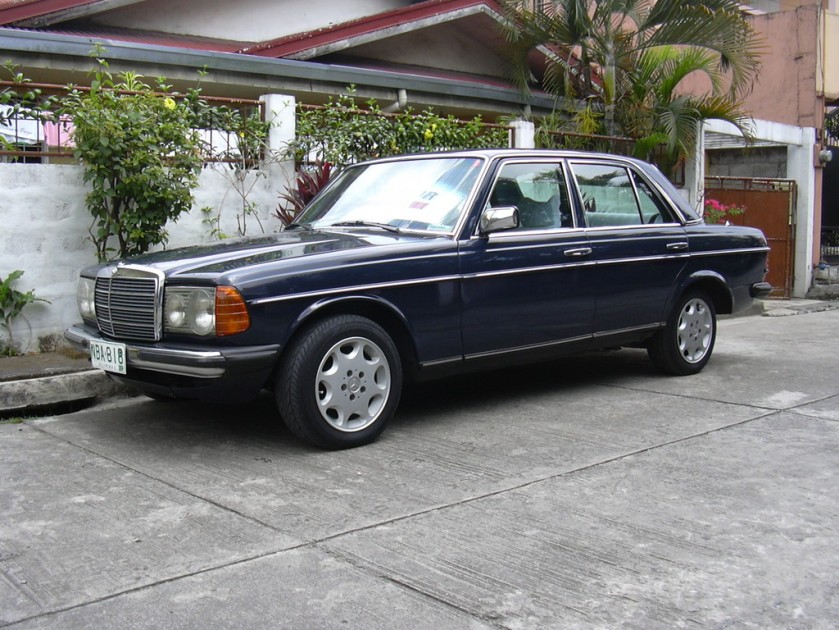
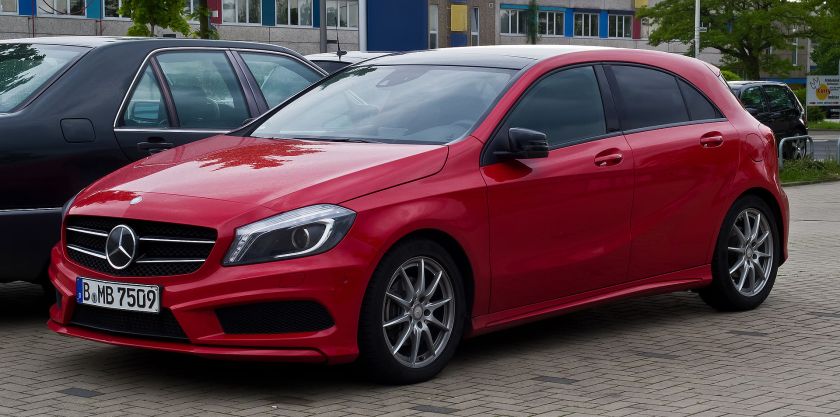
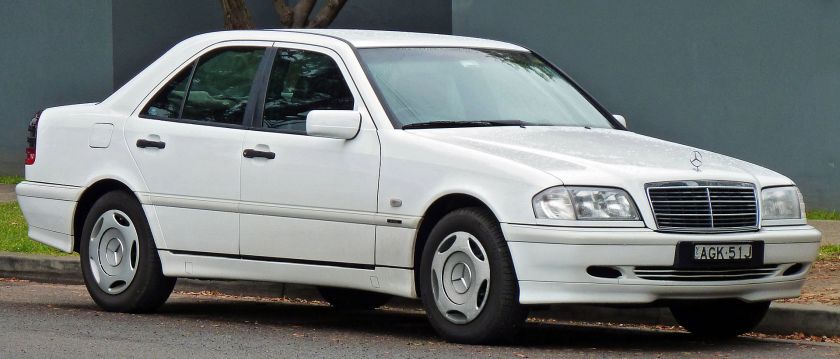
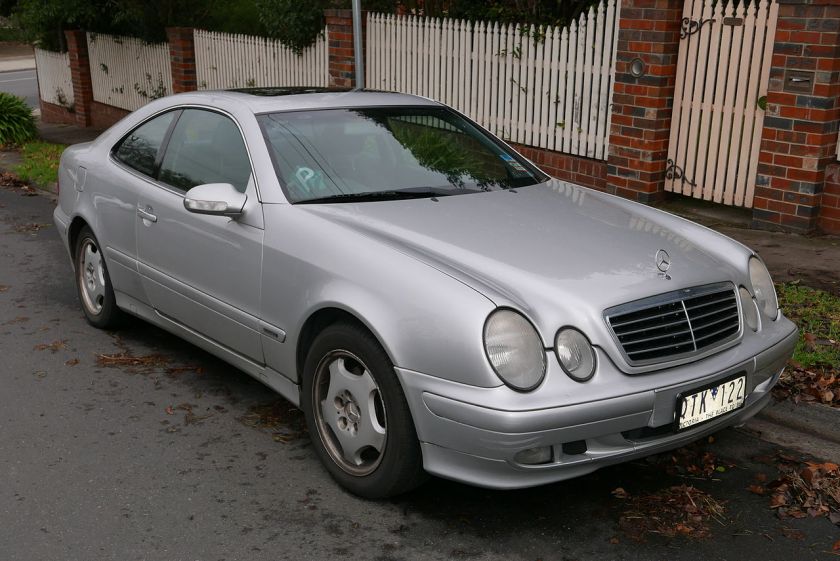
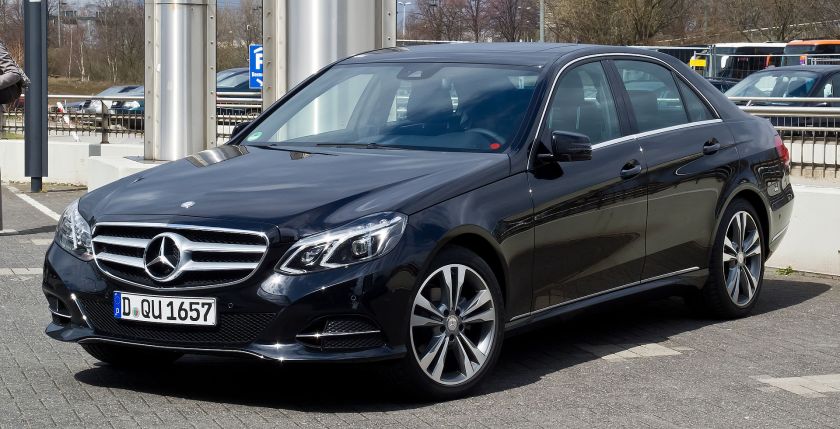
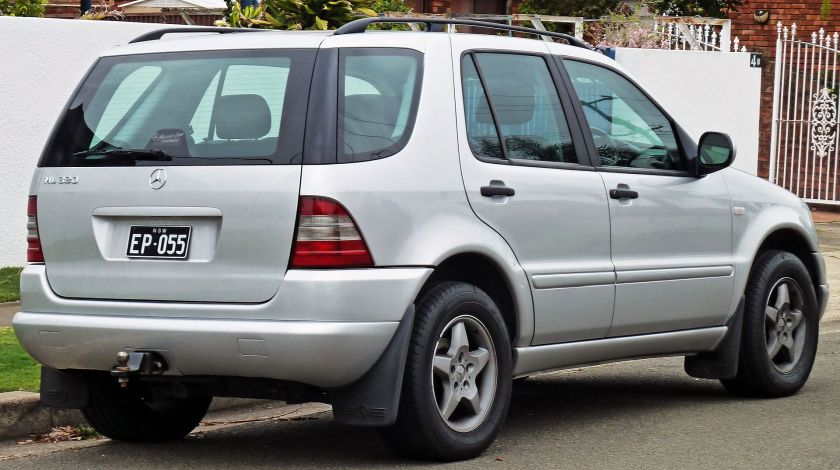
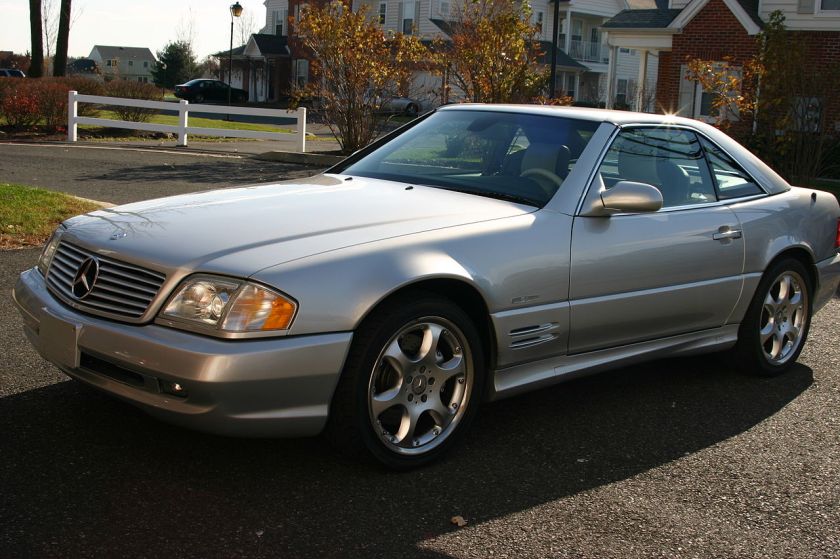
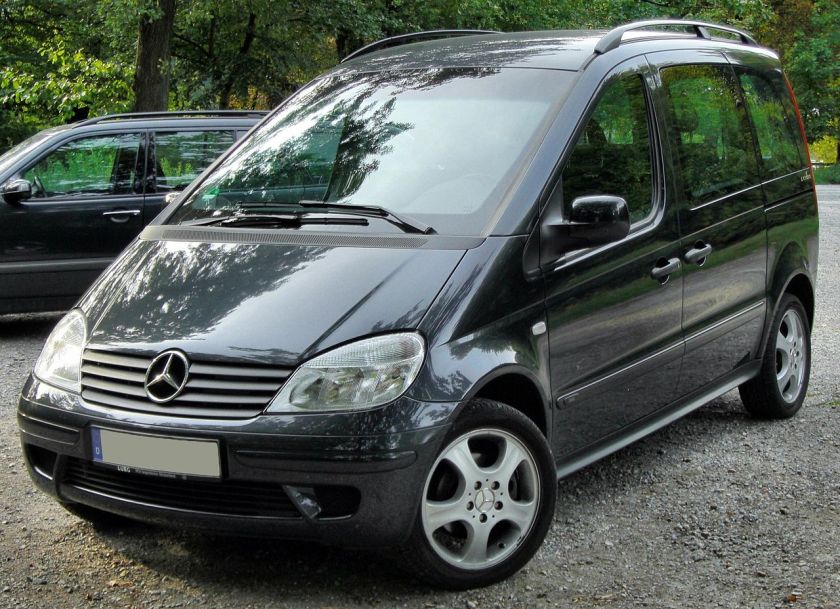
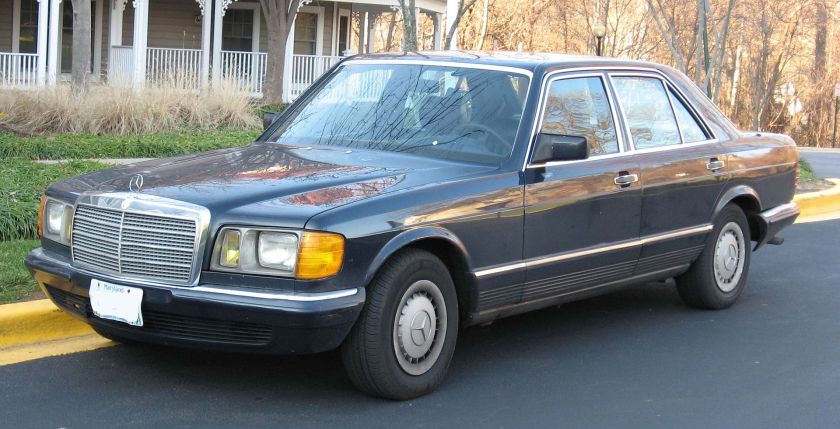

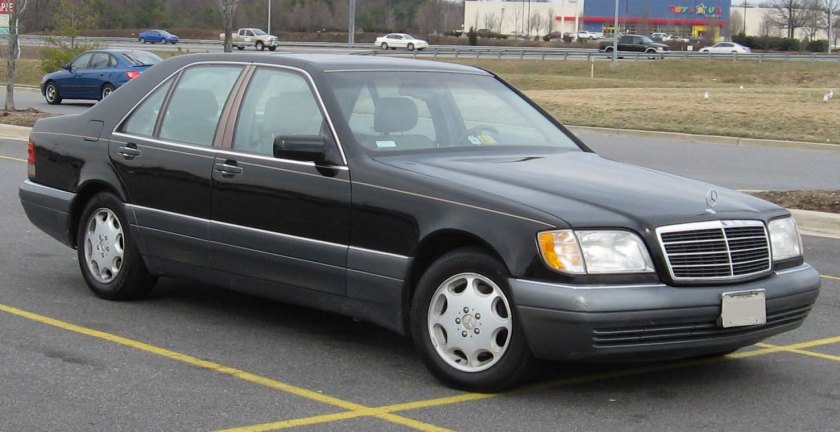
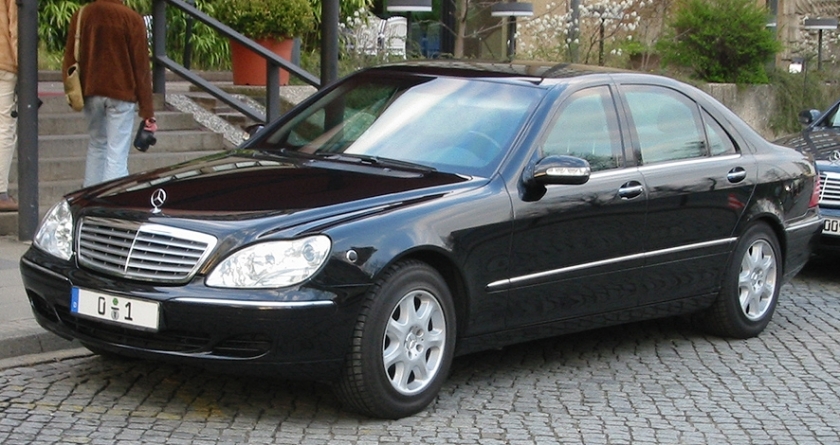
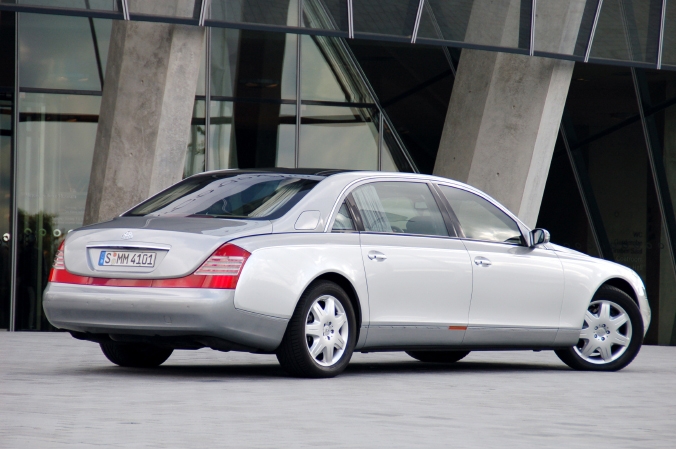
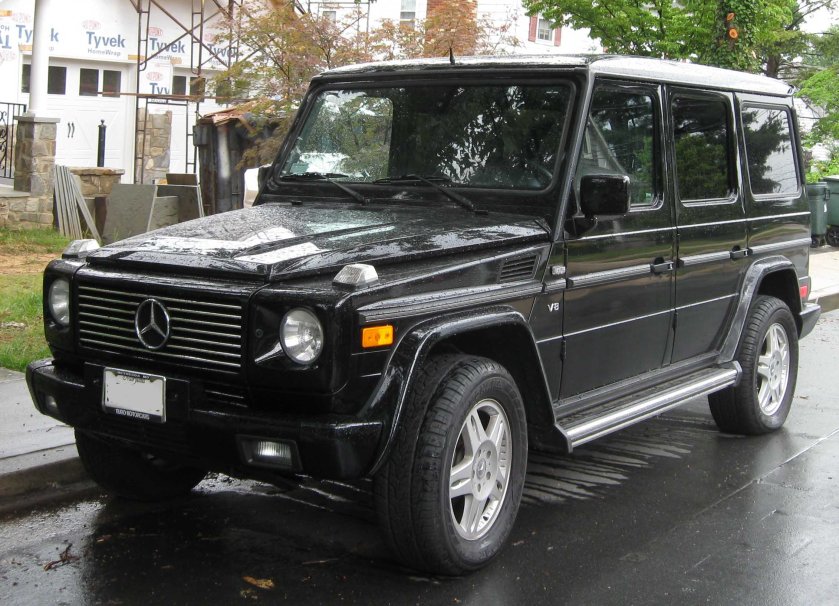
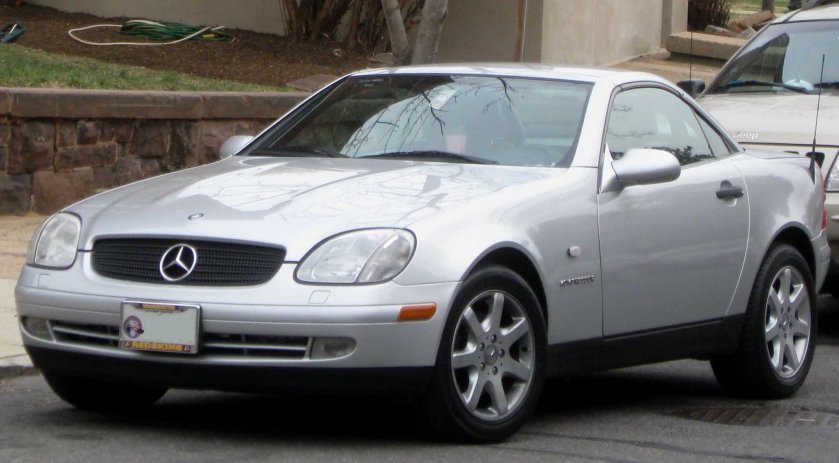

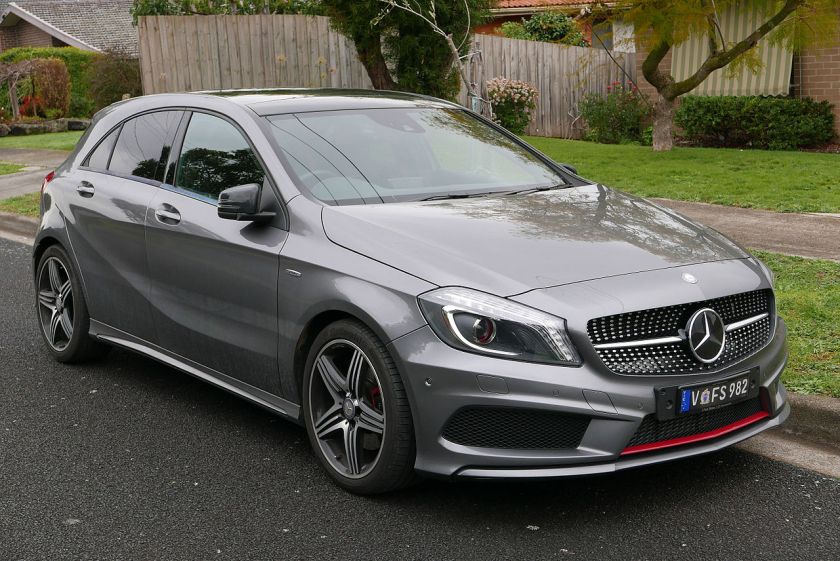
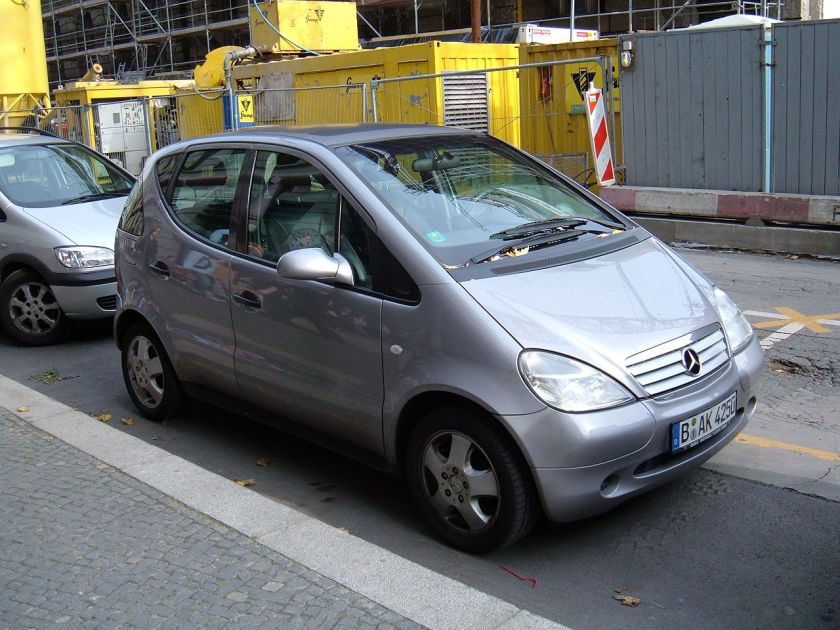
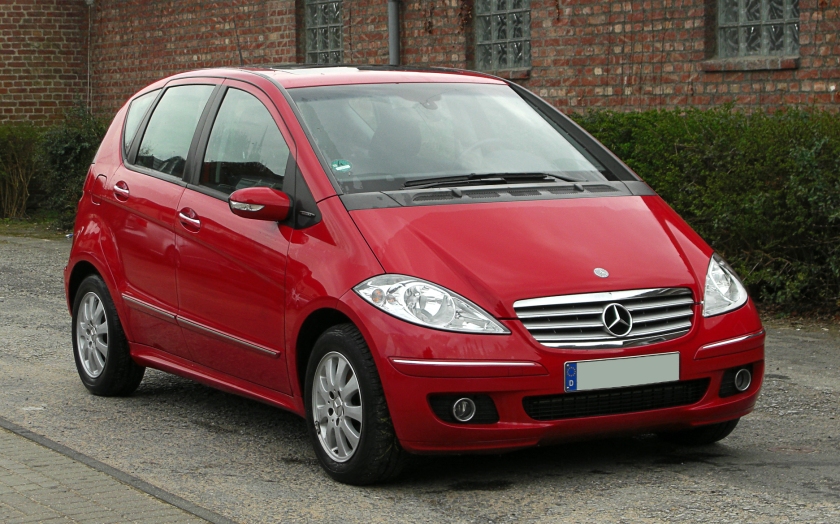
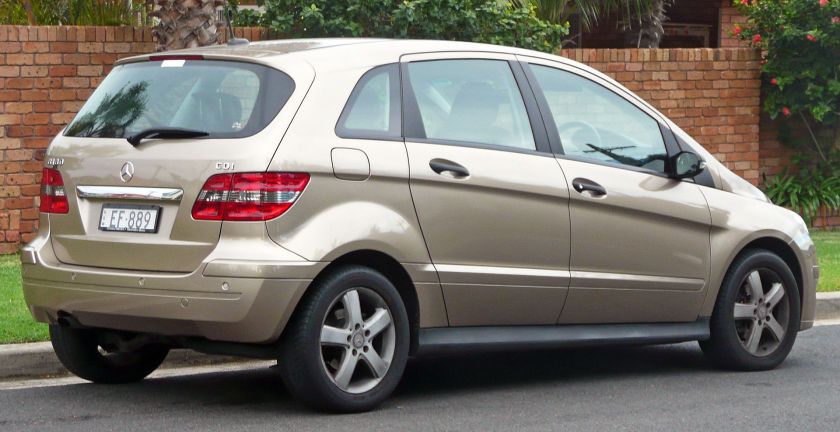
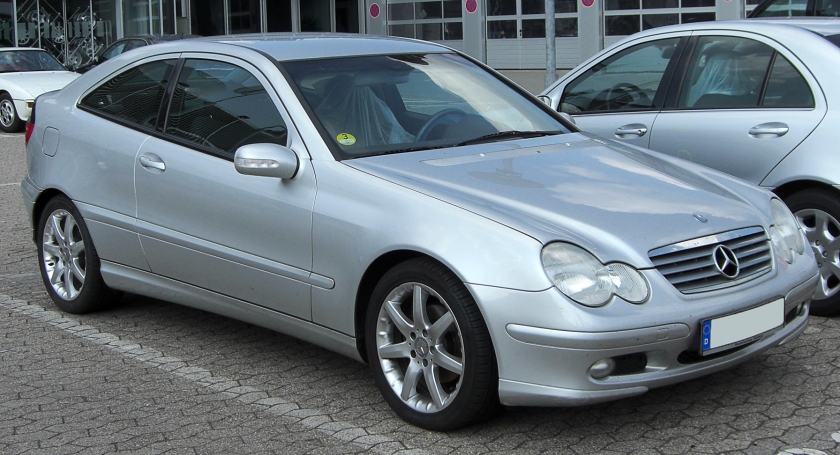
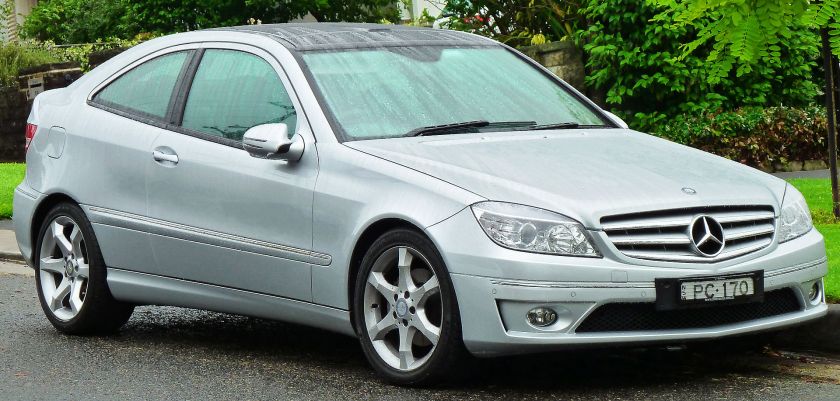

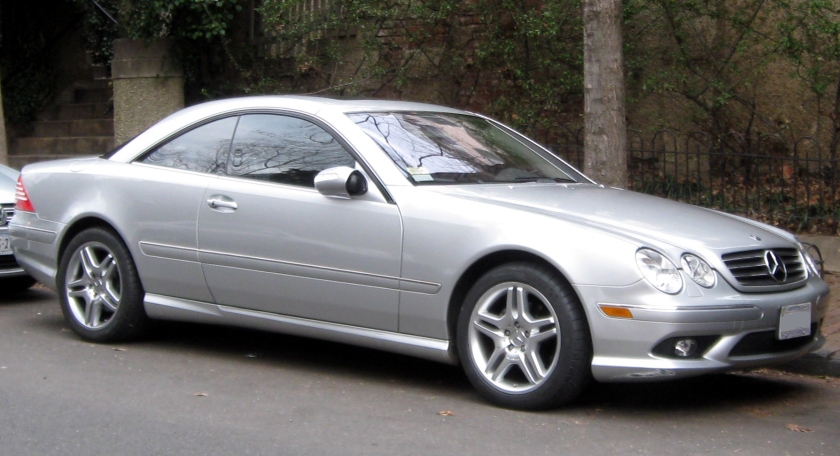
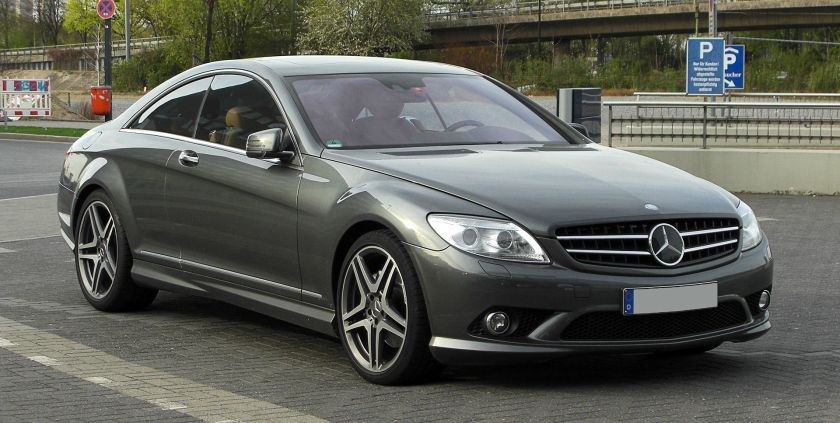
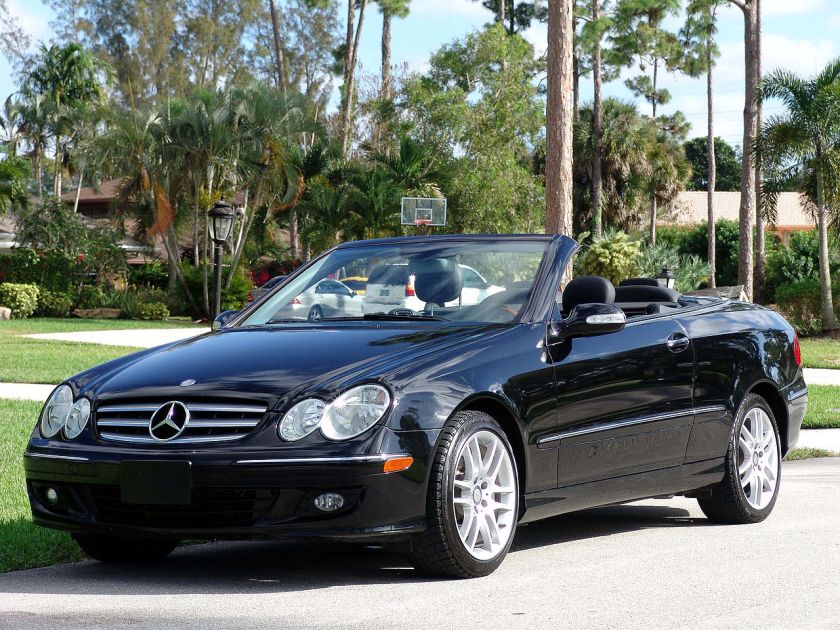
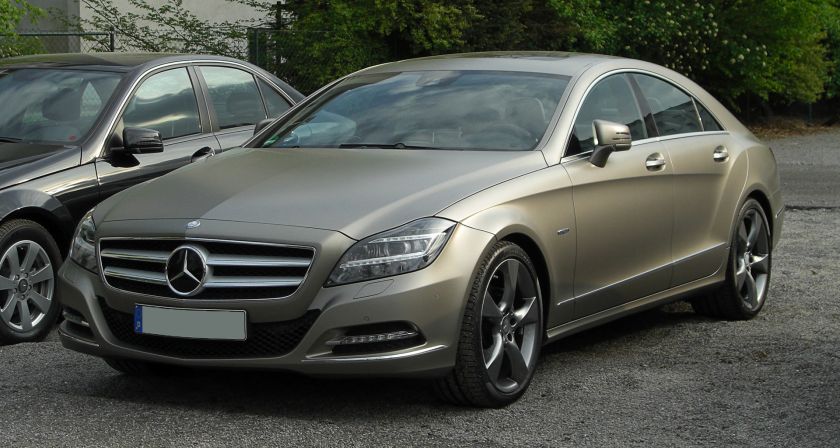
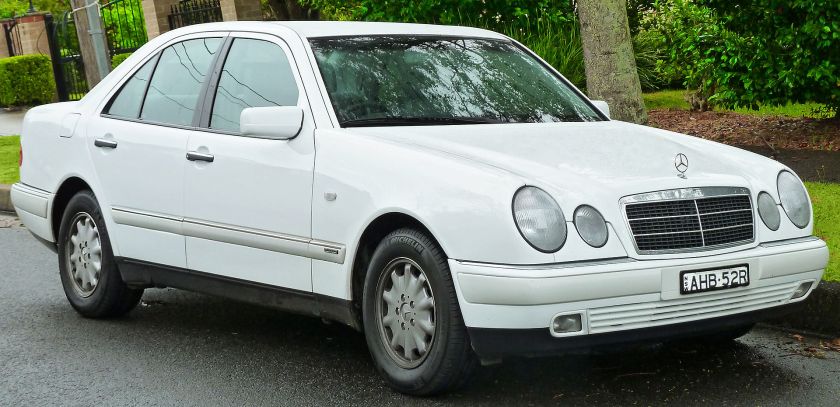
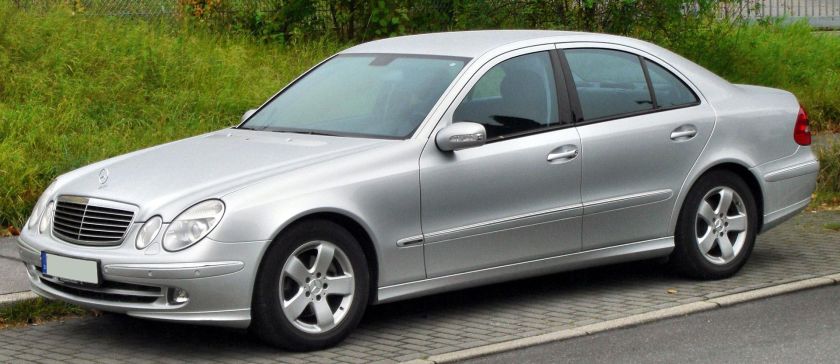
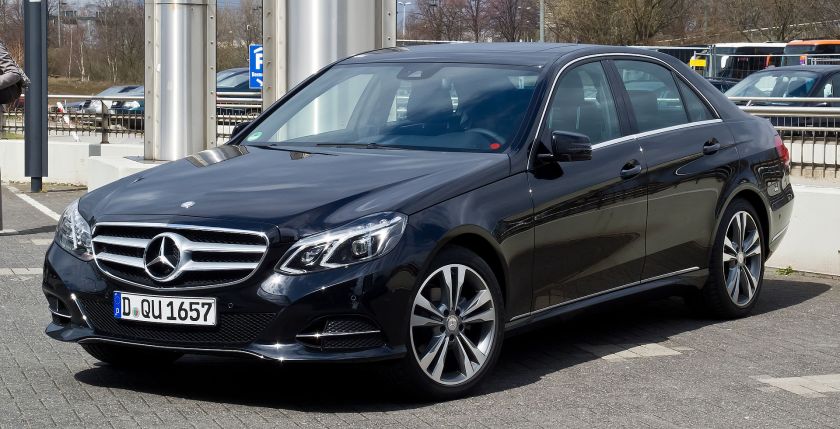
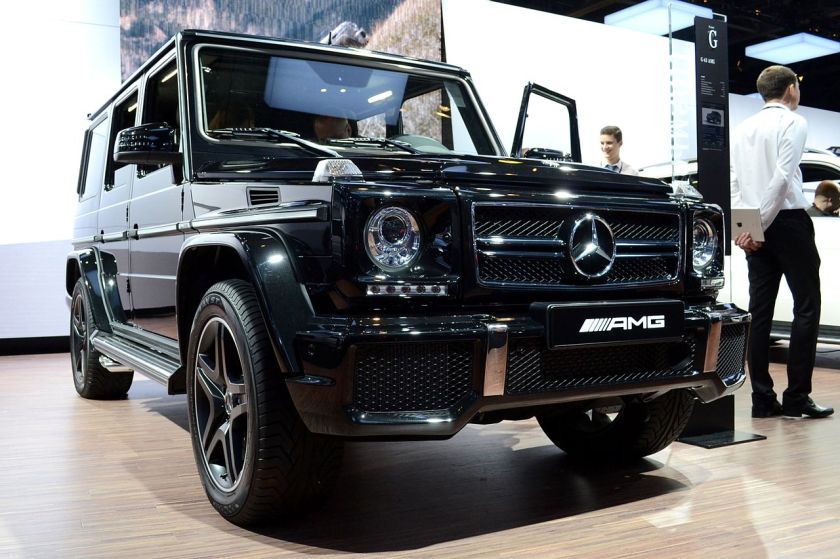
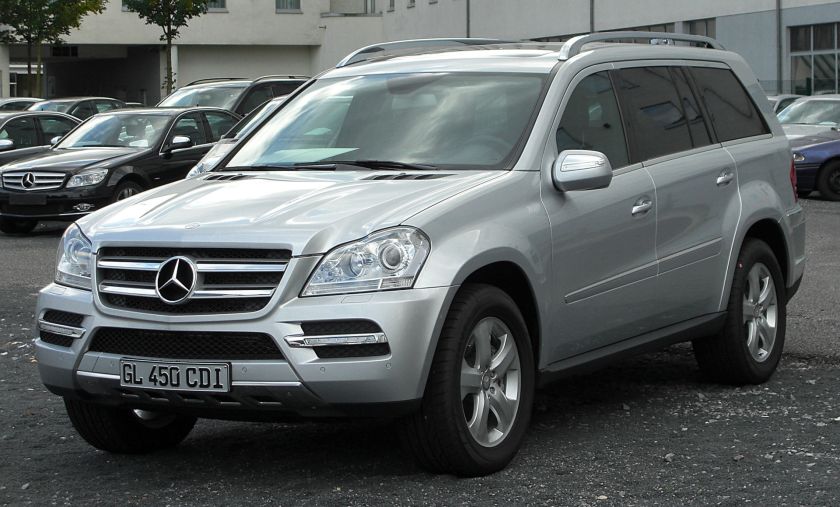
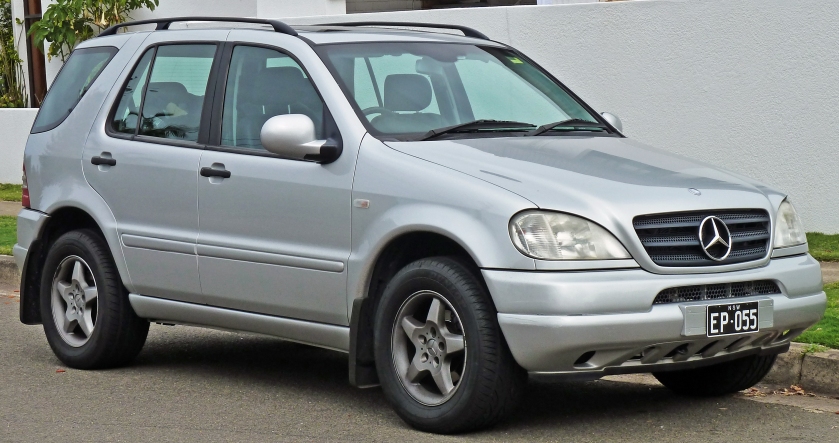
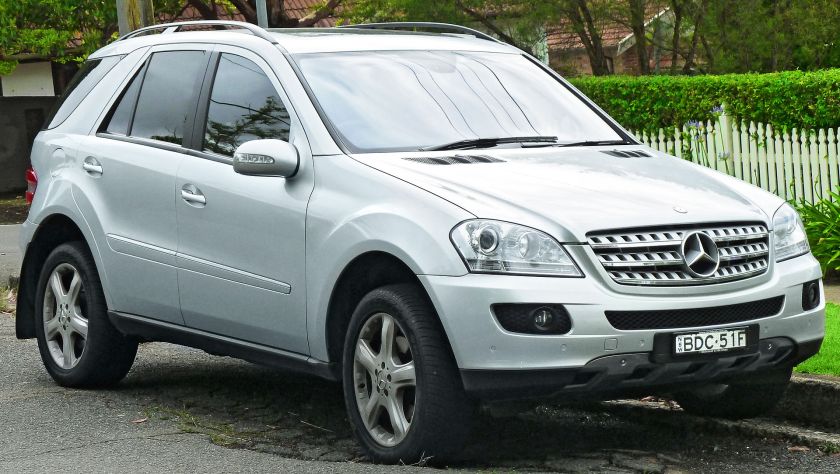
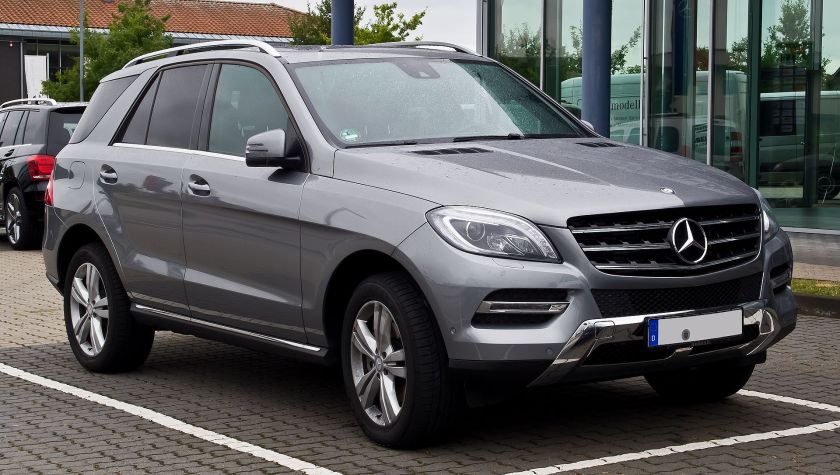
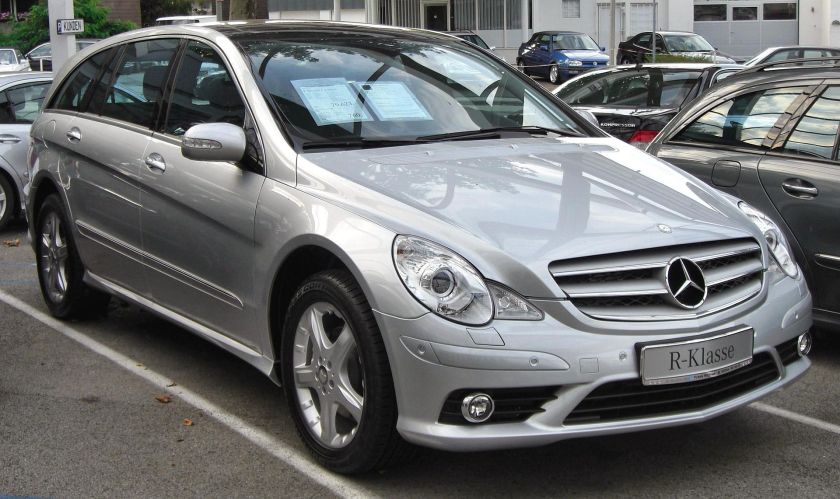
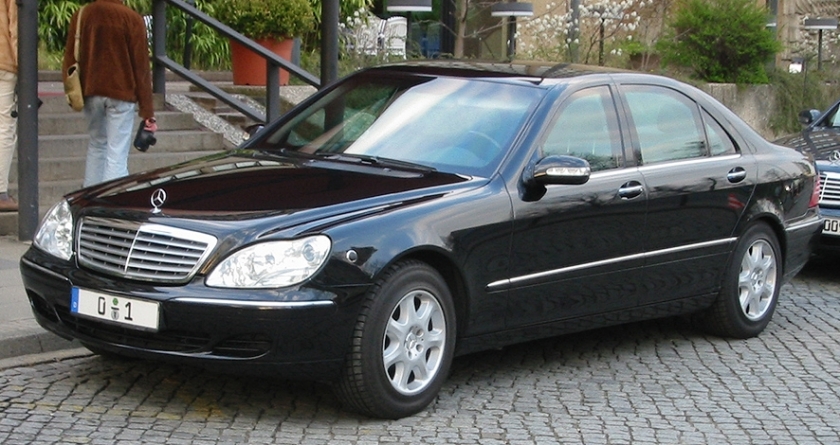
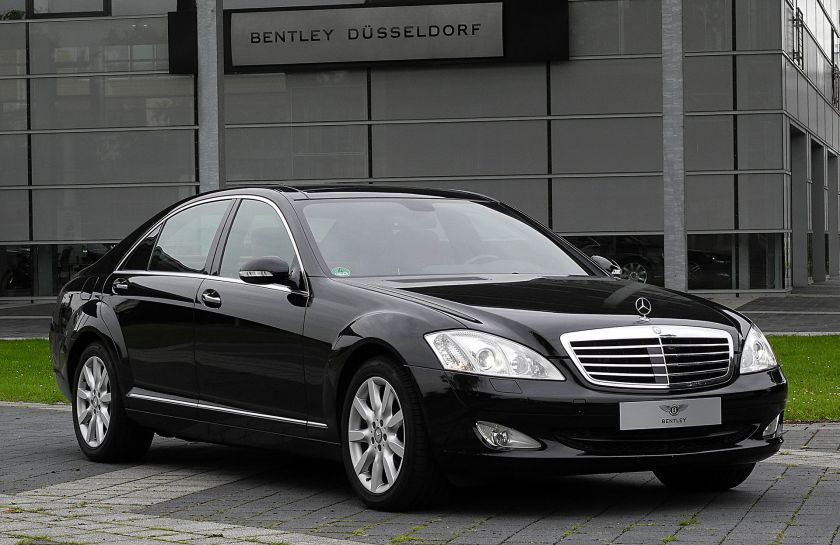
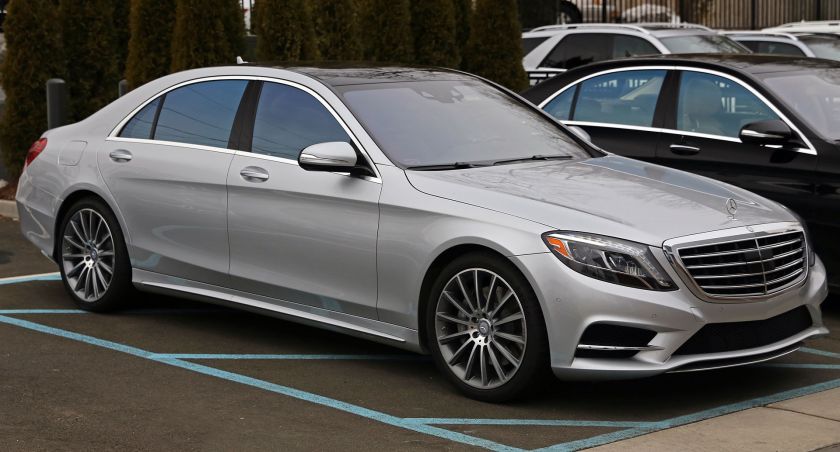
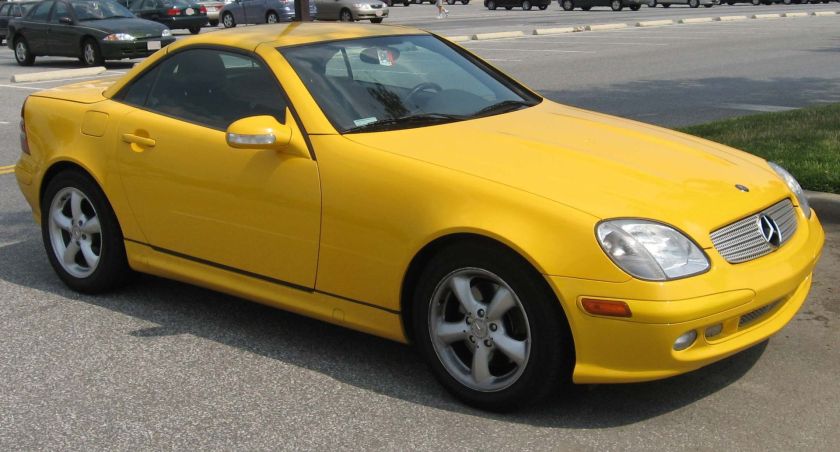
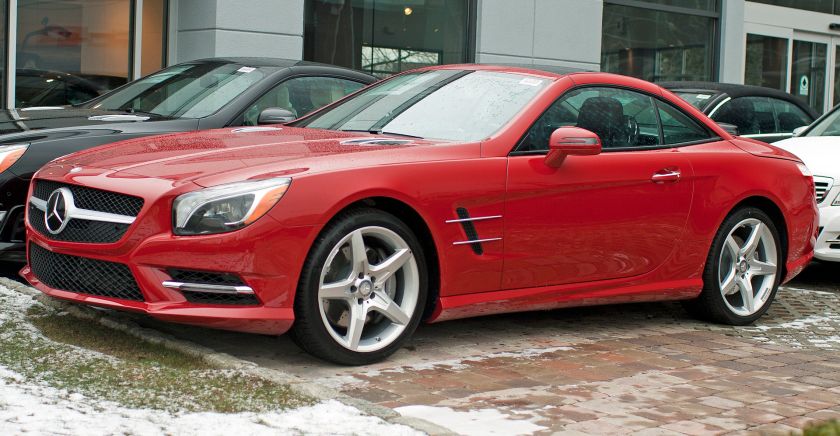 2013 Mercedes Benz SL 550 vf 7-spd automatic.jpg Mercedes-Benz
2013 Mercedes Benz SL 550 vf 7-spd automatic.jpg Mercedes-Benz 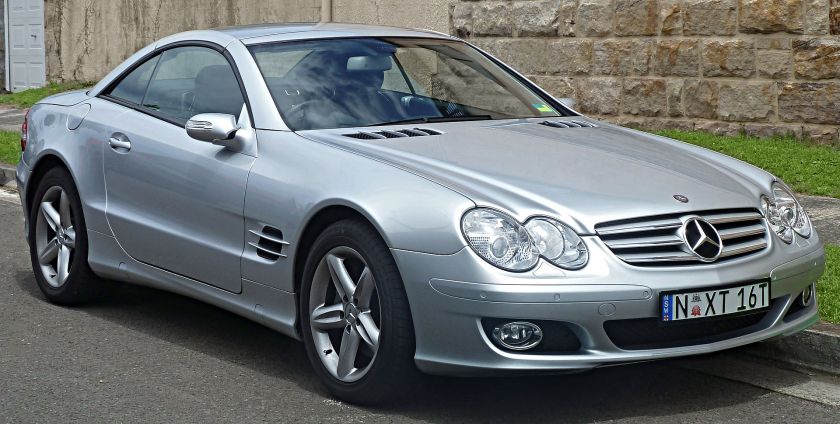 2006-08 Mercedes Benz SL 350 (R230) roadster 5th gen.jpg
2006-08 Mercedes Benz SL 350 (R230) roadster 5th gen.jpg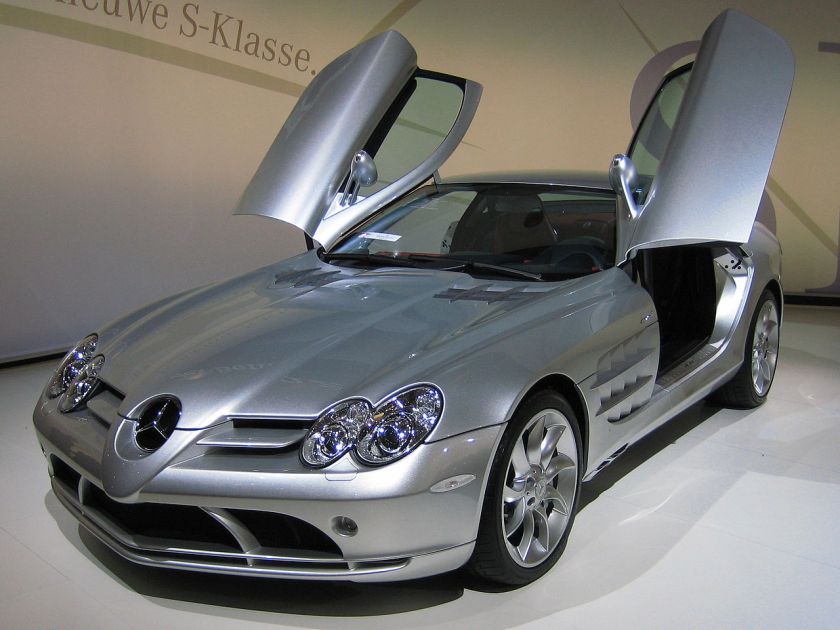 2006 Mercedes-Benz
2006 Mercedes-Benz 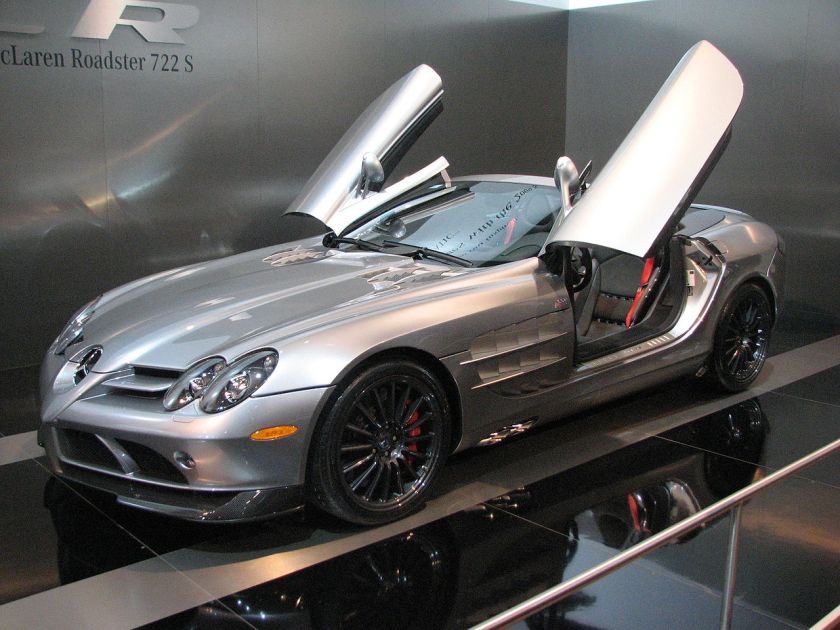
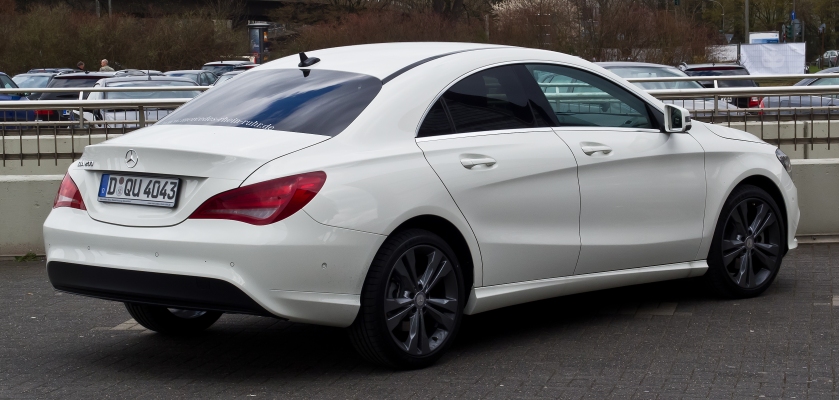
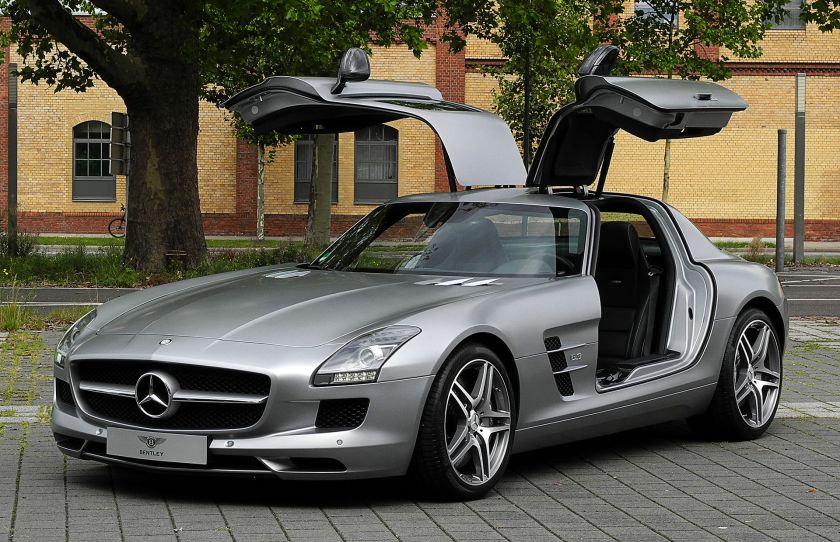 2011 Mercedes Benz SLS AMG C 197 2010-2013
2011 Mercedes Benz SLS AMG C 197 2010-2013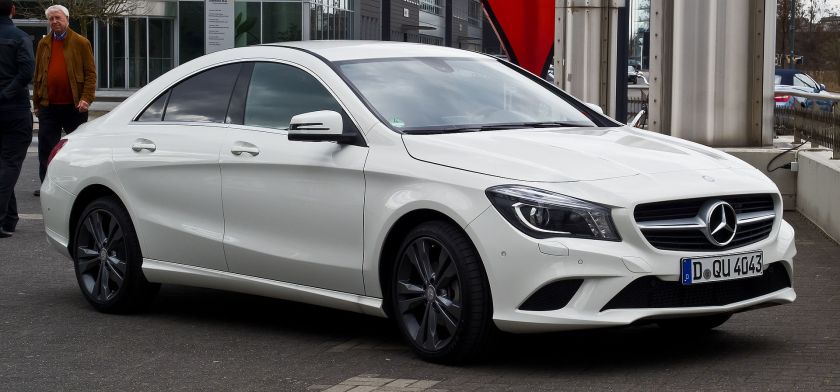 2013 Mercedes-Benz CLA 200-Class C 117 2010-2013
2013 Mercedes-Benz CLA 200-Class C 117 2010-2013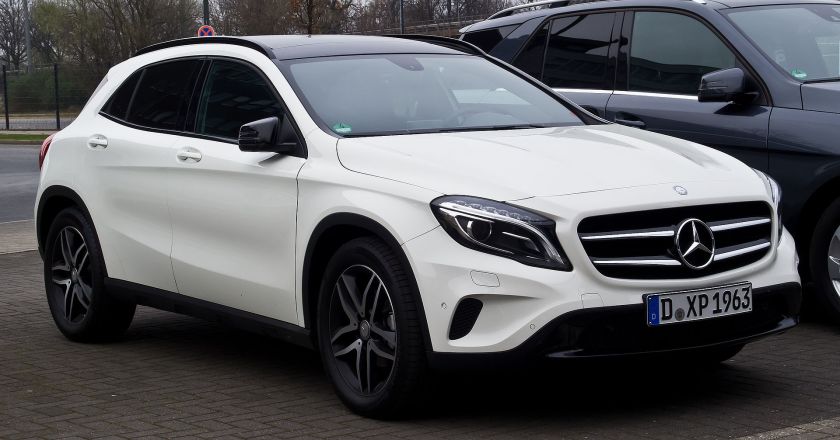 2014 Mercedes Benz GLA 200 CDI Urban (X 156)
2014 Mercedes Benz GLA 200 CDI Urban (X 156)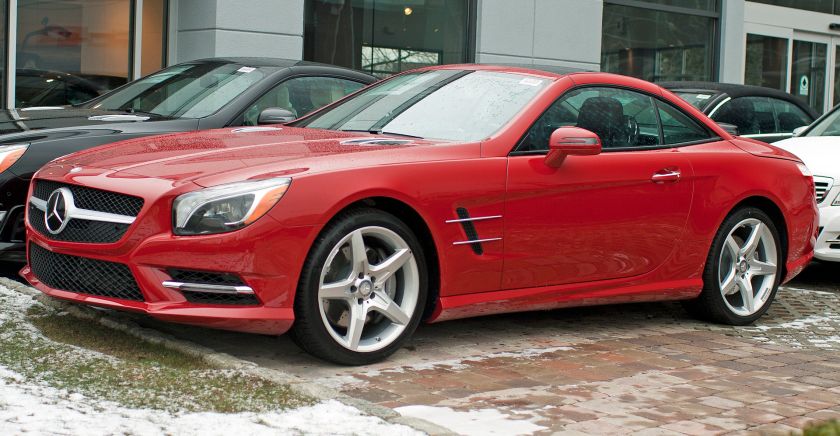 2013 Mercedes Benz SL 550 R231 vf 7spd-automatic R231.jpg
2013 Mercedes Benz SL 550 R231 vf 7spd-automatic R231.jpg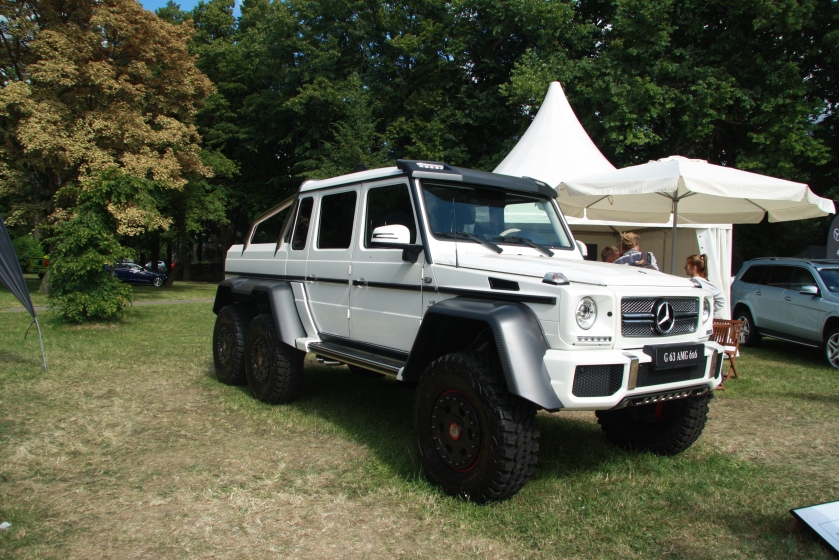
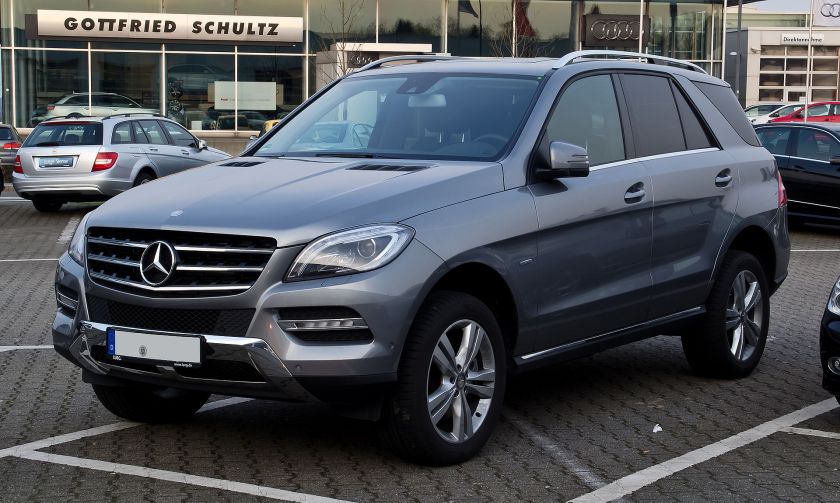
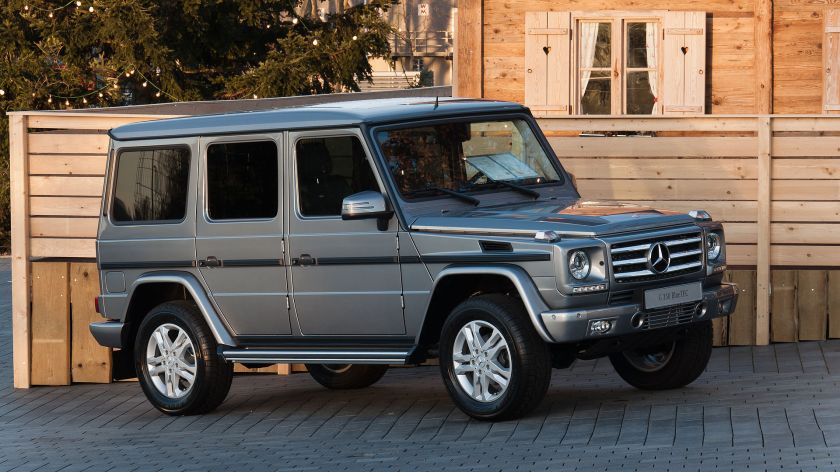
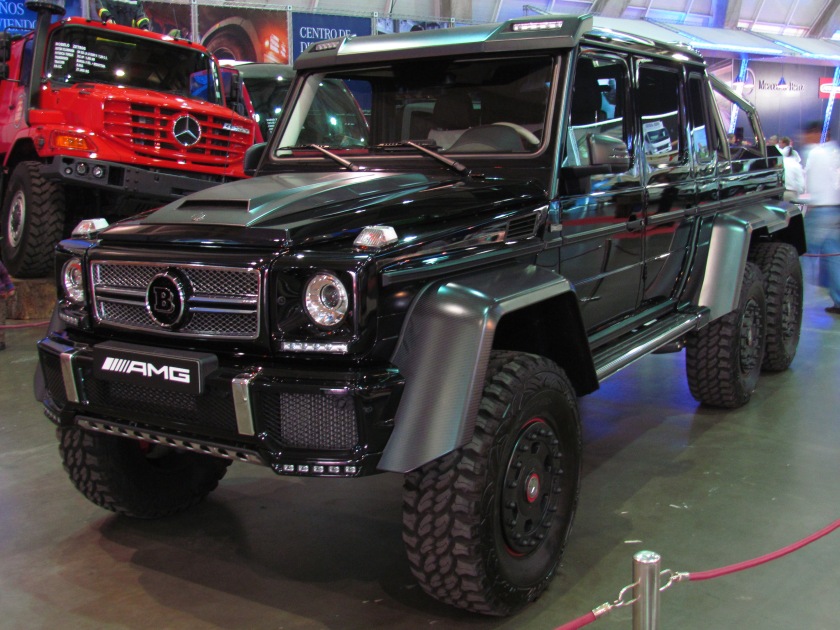
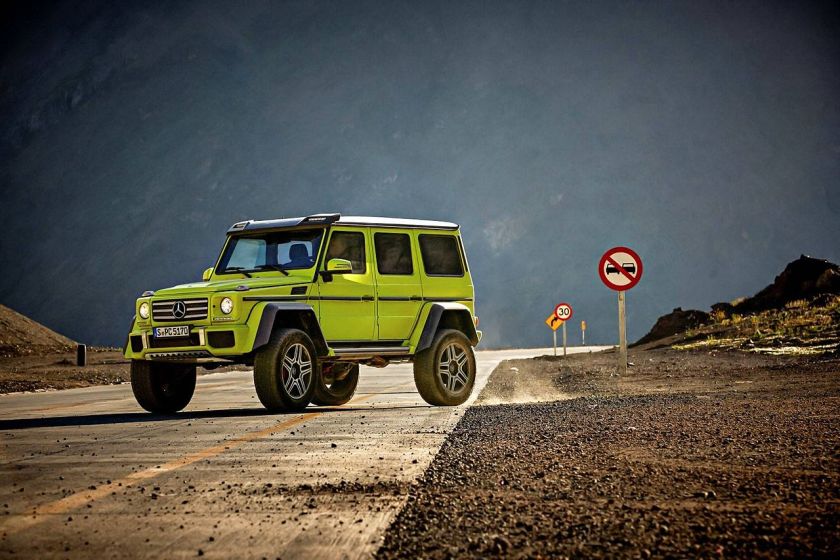
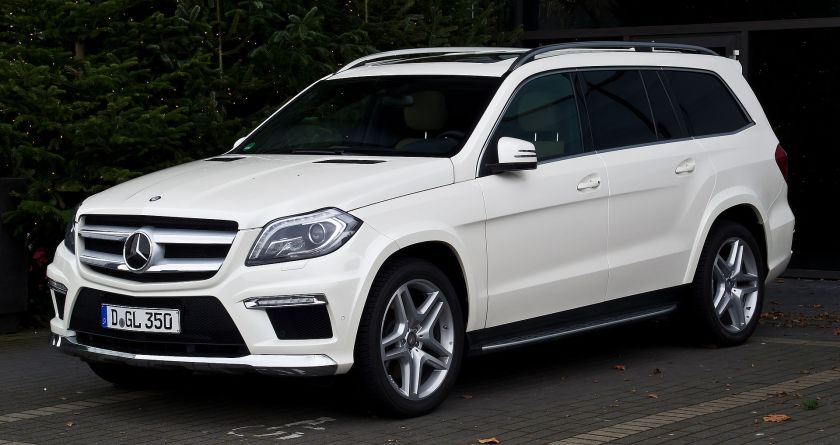 2012 Mercedes Benz GL 350 BlueTEC 4MATIC Sport-Paket AMG (X 166)
2012 Mercedes Benz GL 350 BlueTEC 4MATIC Sport-Paket AMG (X 166) 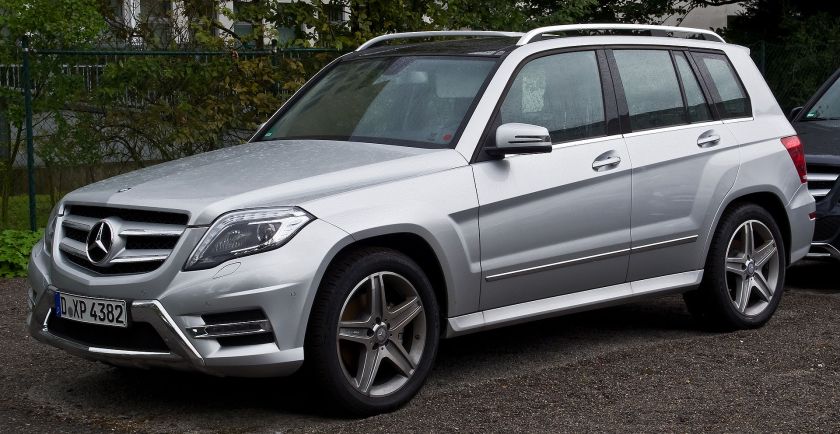 2014 Mercedes Benz GLK 220 CDI 4MATIC Sport-Paket AMG (X 204, Facelift)
2014 Mercedes Benz GLK 220 CDI 4MATIC Sport-Paket AMG (X 204, Facelift) 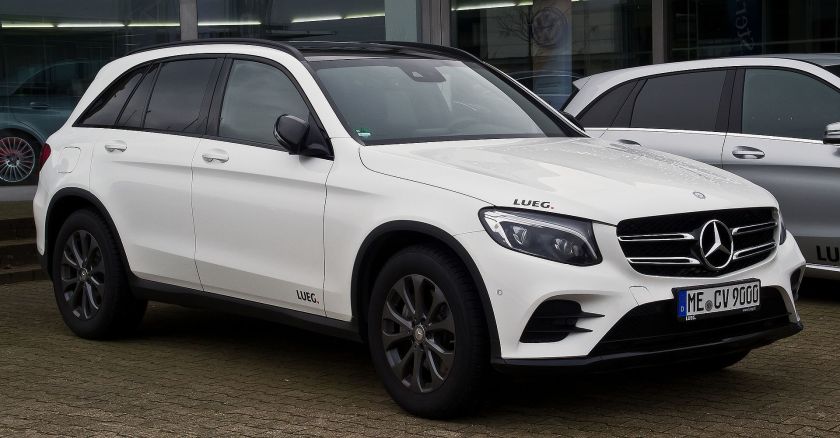 2016 Mercedes Benz GLC 220 d 4MATIC AMG Line (X 253)
2016 Mercedes Benz GLC 220 d 4MATIC AMG Line (X 253) 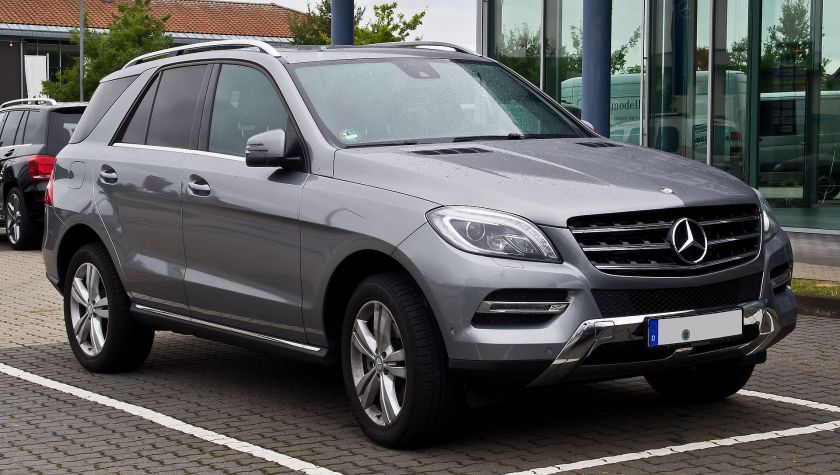 2013 Mercedes-Benz GLE ML 350 BlueTEC 4MATIC (W 166)
2013 Mercedes-Benz GLE ML 350 BlueTEC 4MATIC (W 166) 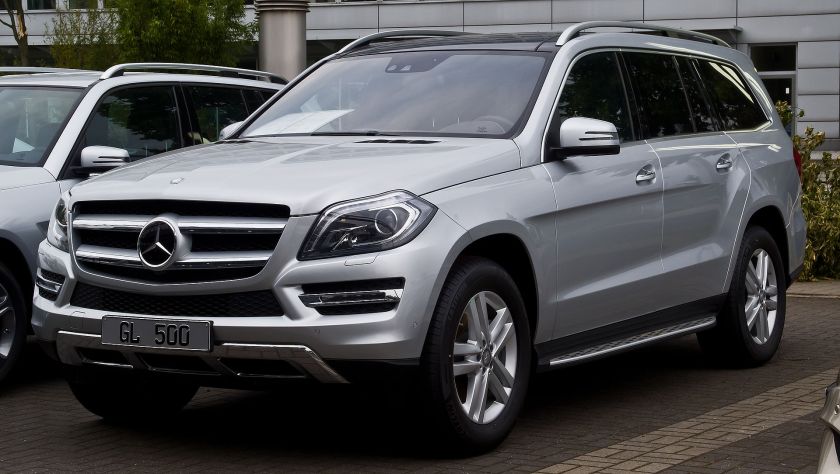 2014 Mercedes Benz GL 500 4MATIC (X 166)
2014 Mercedes Benz GL 500 4MATIC (X 166) 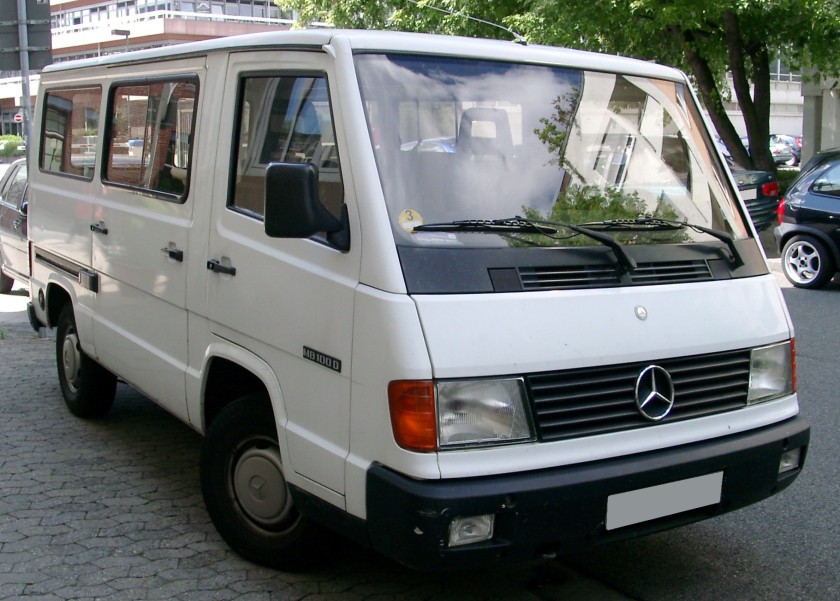
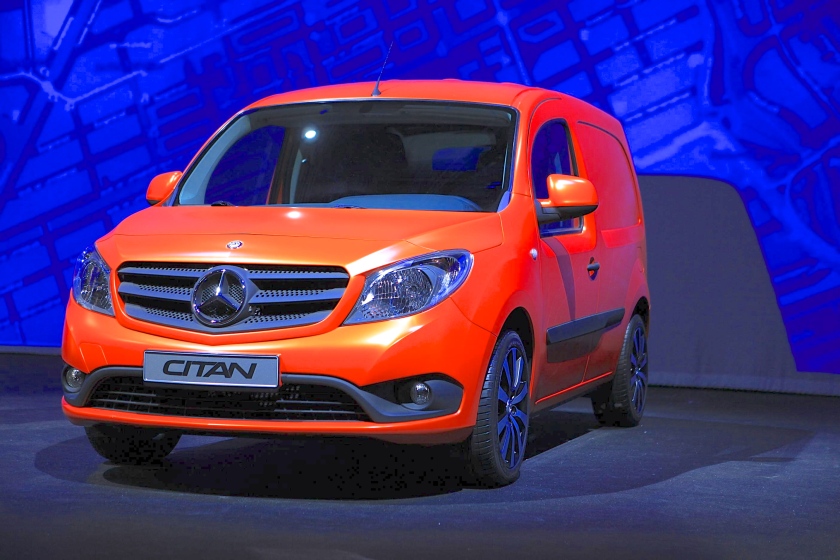
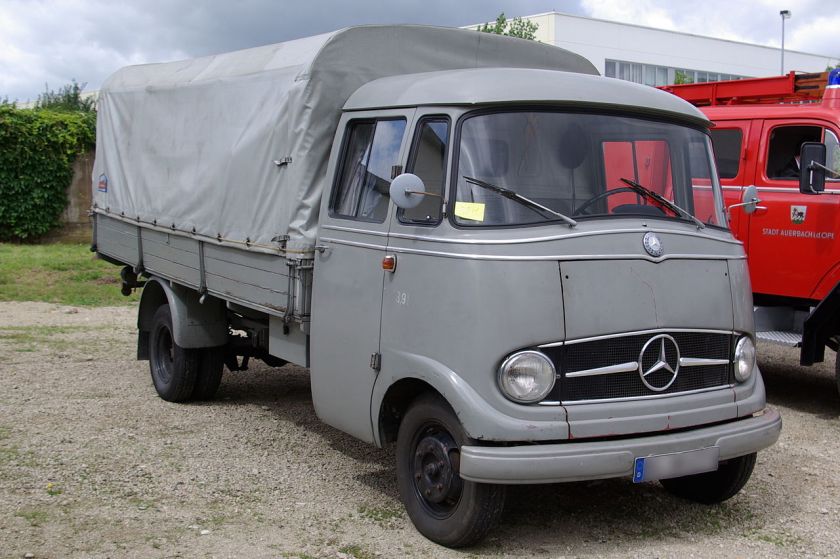
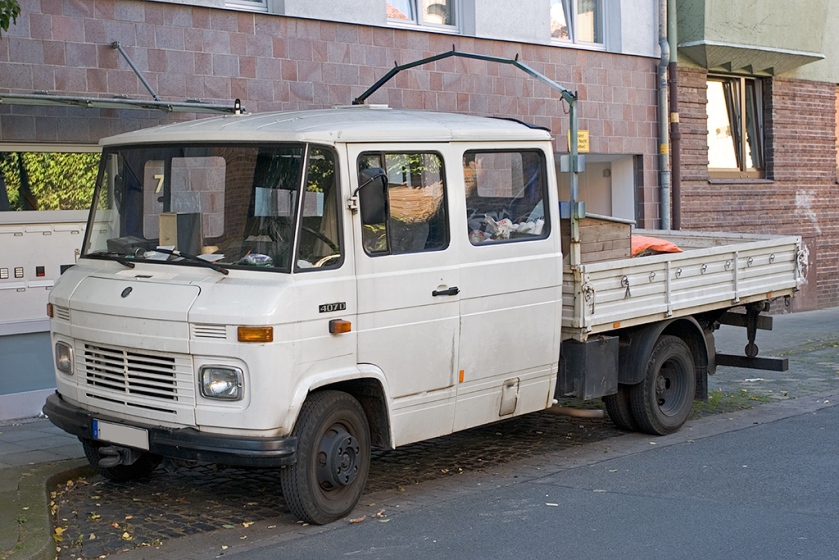
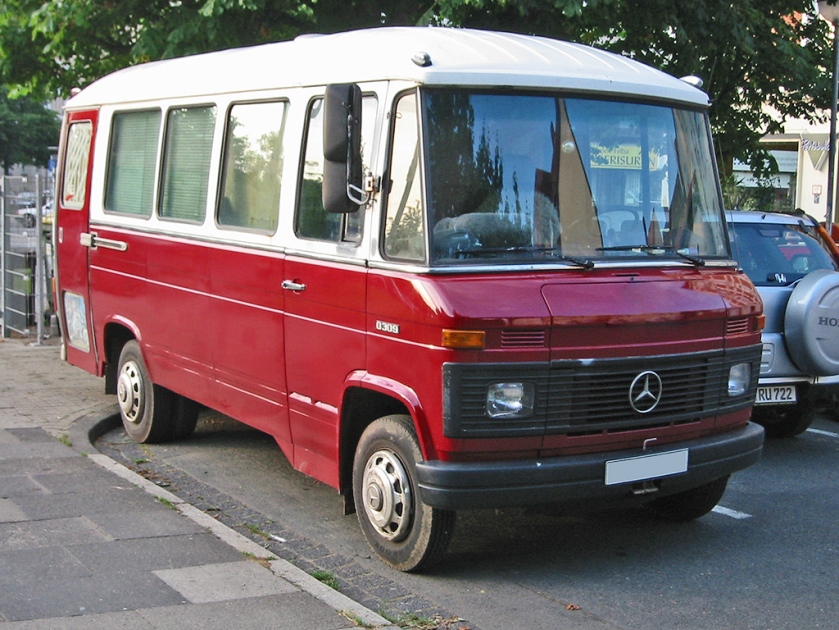
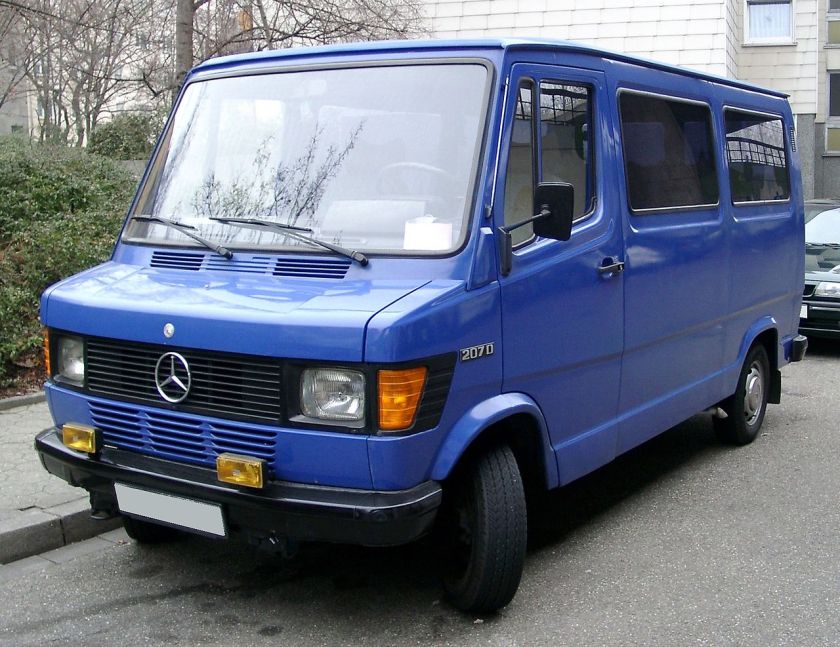
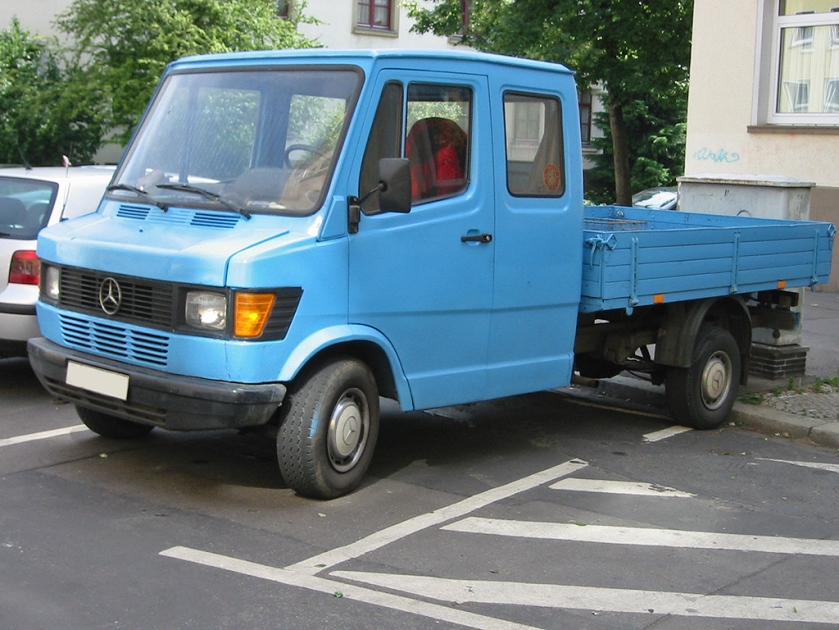 Mercedes Benz T1 Transporter
Mercedes Benz T1 Transporter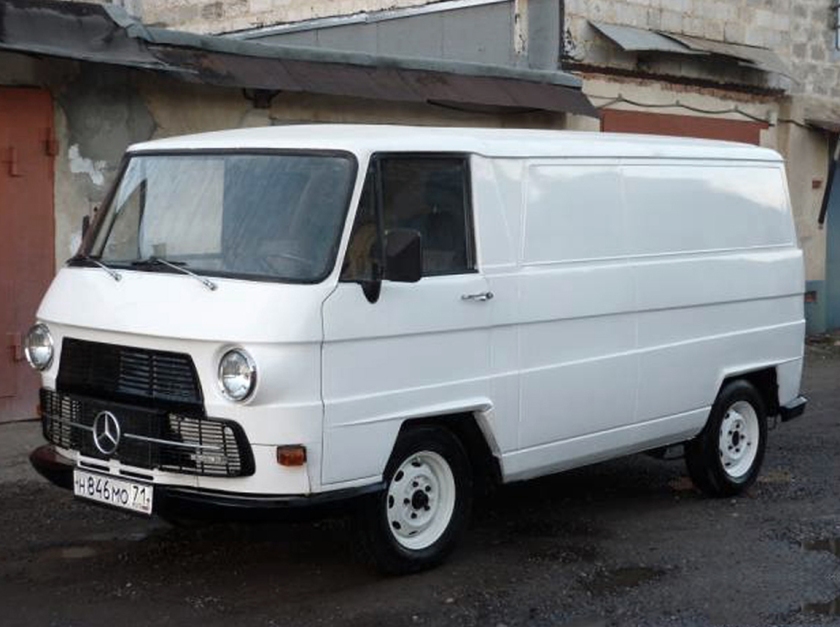 1975 Mercedes Benz N1300 first DKW F1000 L with 3 cyl 981cc 2 stroke DKW engine later with MB1300 Diesel
1975 Mercedes Benz N1300 first DKW F1000 L with 3 cyl 981cc 2 stroke DKW engine later with MB1300 Diesel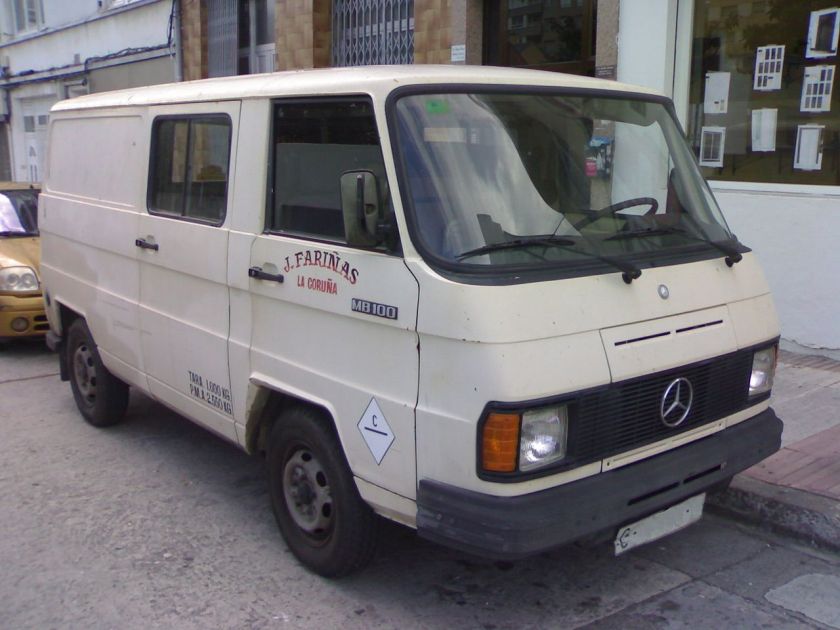 1981-87 Mercedes-Benz MB 100 spanish generación
1981-87 Mercedes-Benz MB 100 spanish generación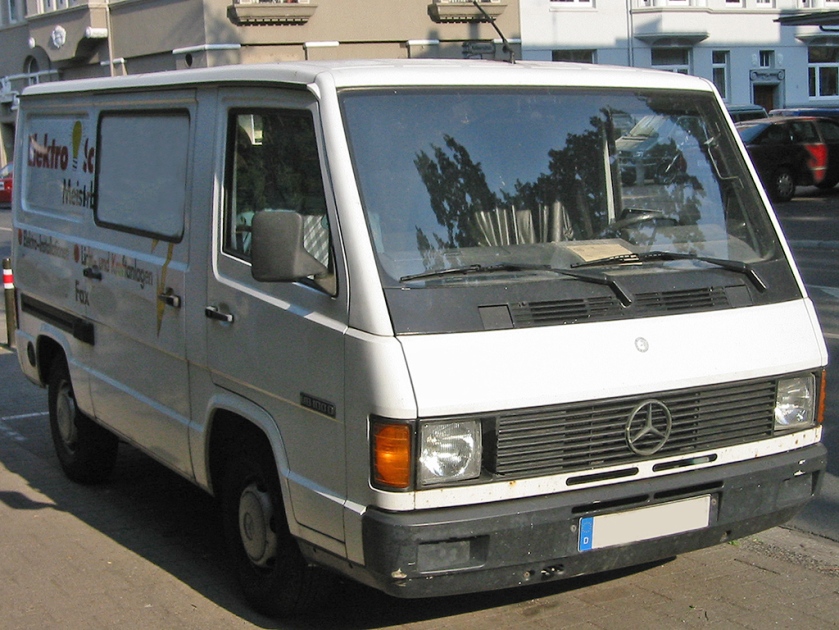 1988-95 Mercedes Benz MB 100 ca. 207.000 Stück
1988-95 Mercedes Benz MB 100 ca. 207.000 Stück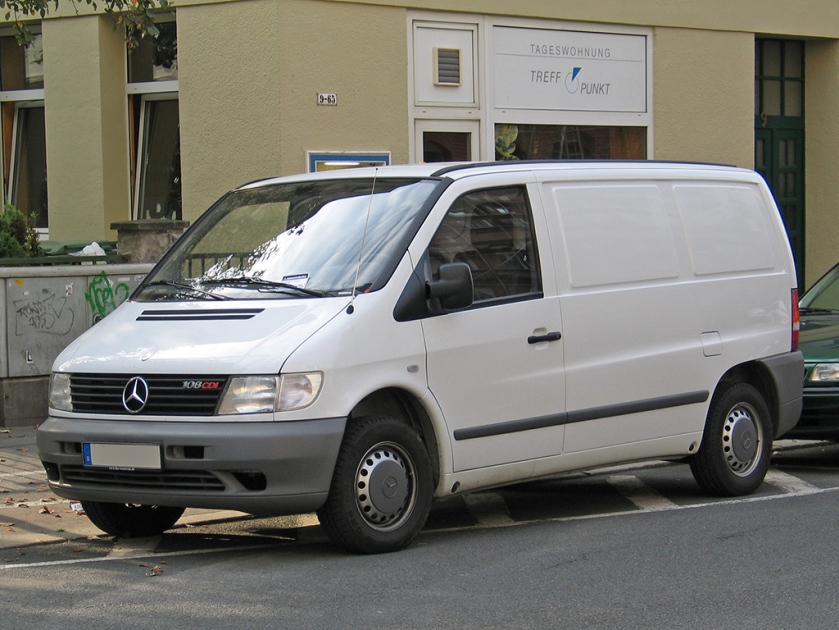 1996-03 First Mercedes Benz Vito W638 Vclass 560.000st(
1996-03 First Mercedes Benz Vito W638 Vclass 560.000st(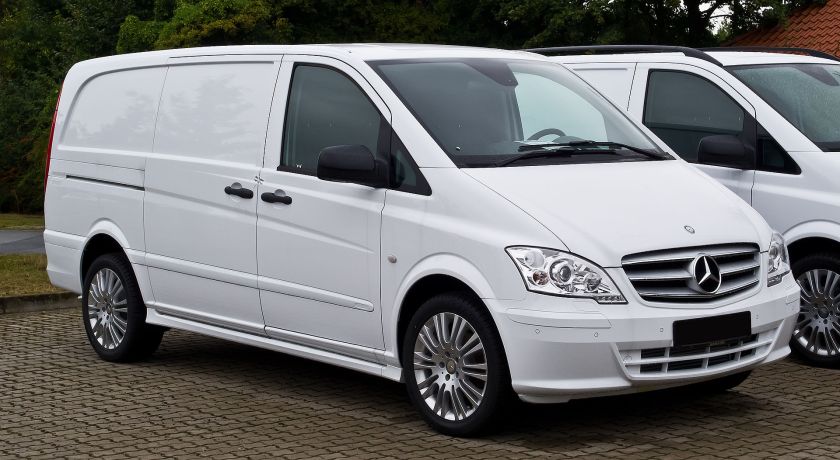 (2013)2003-14 2nd Mercedes Benz Vito(Viano) W/V 639
(2013)2003-14 2nd Mercedes Benz Vito(Viano) W/V 639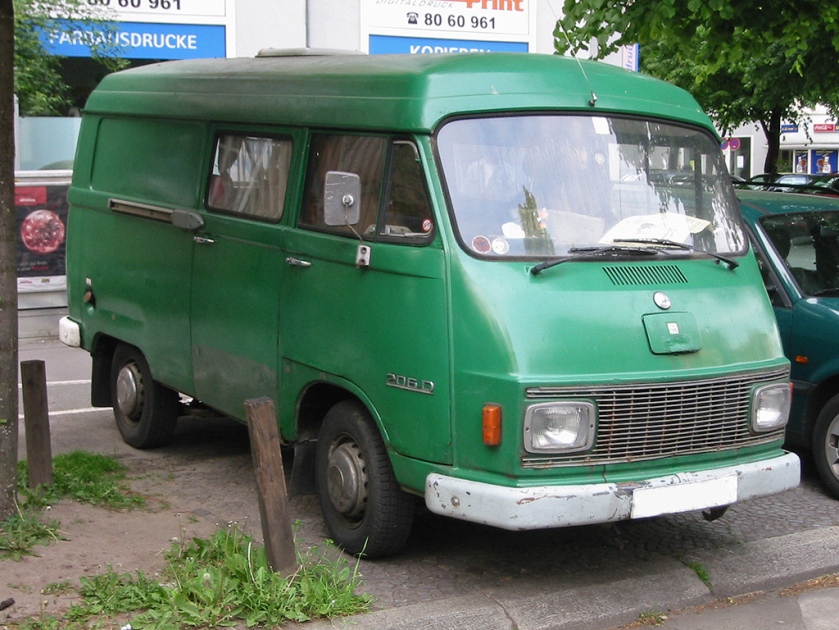 1970-77 Mercedes Benz L206 Harburger Transporter first Hanomag-Henschel 305.000
1970-77 Mercedes Benz L206 Harburger Transporter first Hanomag-Henschel 305.000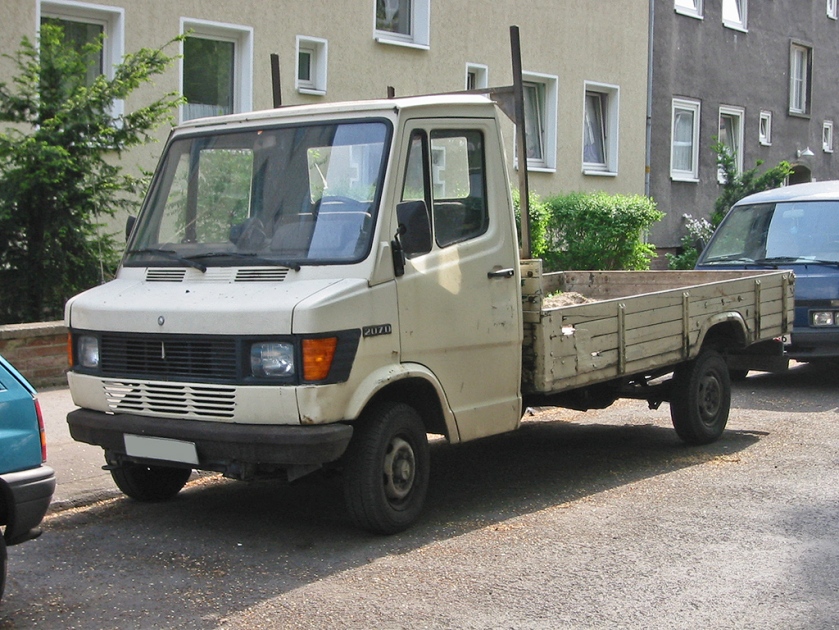 1977-95 Mercedes Benz 207D T1 (601+602 ca. 970.000)
1977-95 Mercedes Benz 207D T1 (601+602 ca. 970.000)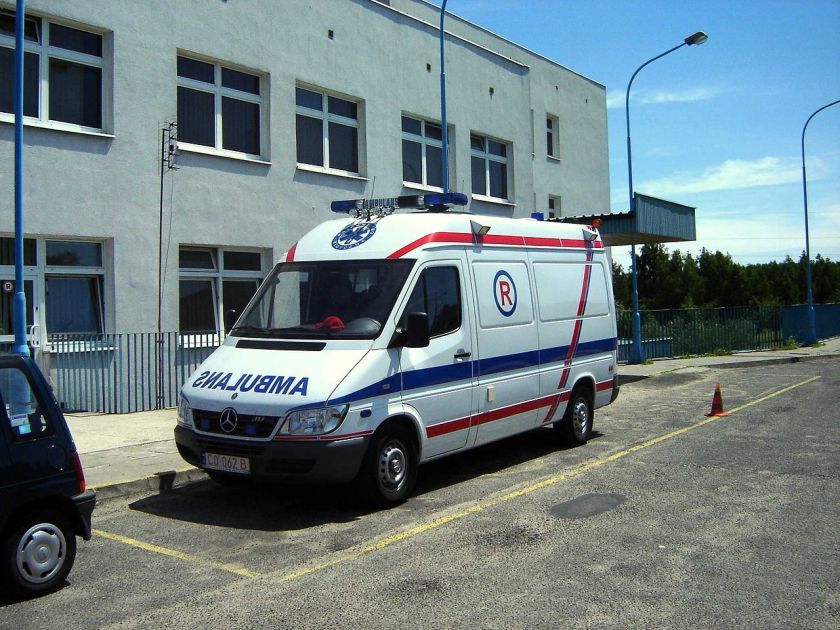 1995-05 Mercedes Benz Sprinter 616CDI 156hp Ambulance (1.3000.000)
1995-05 Mercedes Benz Sprinter 616CDI 156hp Ambulance (1.3000.000)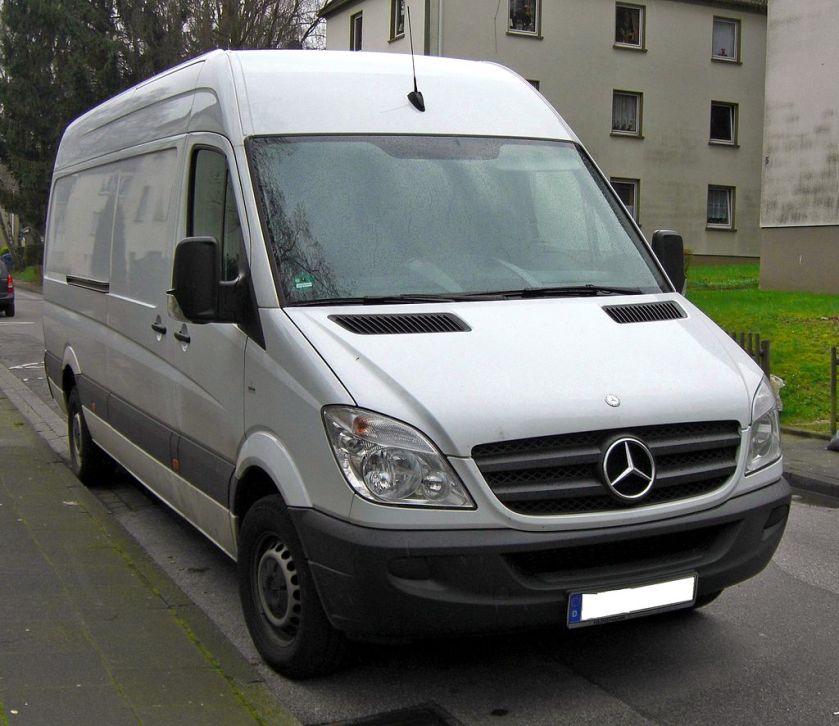 2006-present Mercedes Benz Sprinter W/V 906
2006-present Mercedes Benz Sprinter W/V 906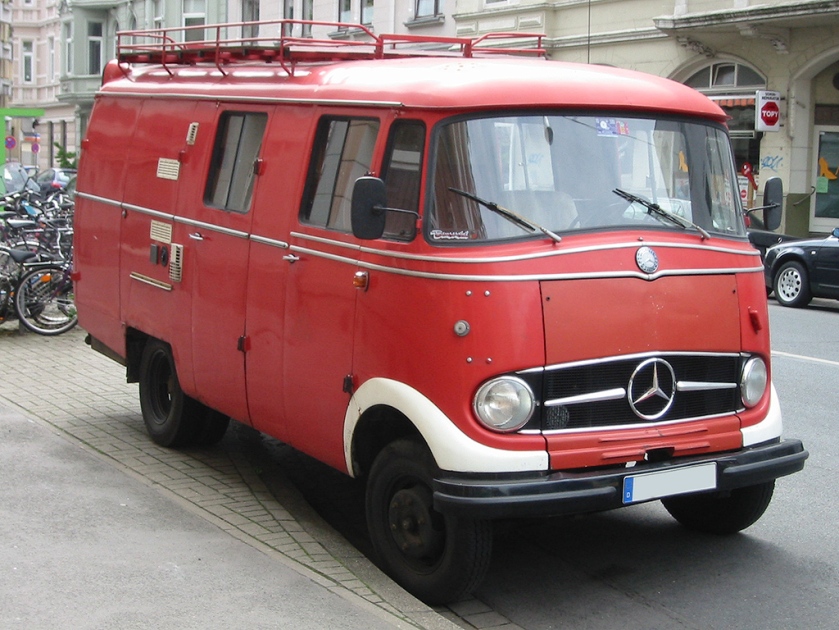 1956-67 ca. 140.000 Mercedes Benz L 319-L 405(diesel) + L 407(petrol)
1956-67 ca. 140.000 Mercedes Benz L 319-L 405(diesel) + L 407(petrol)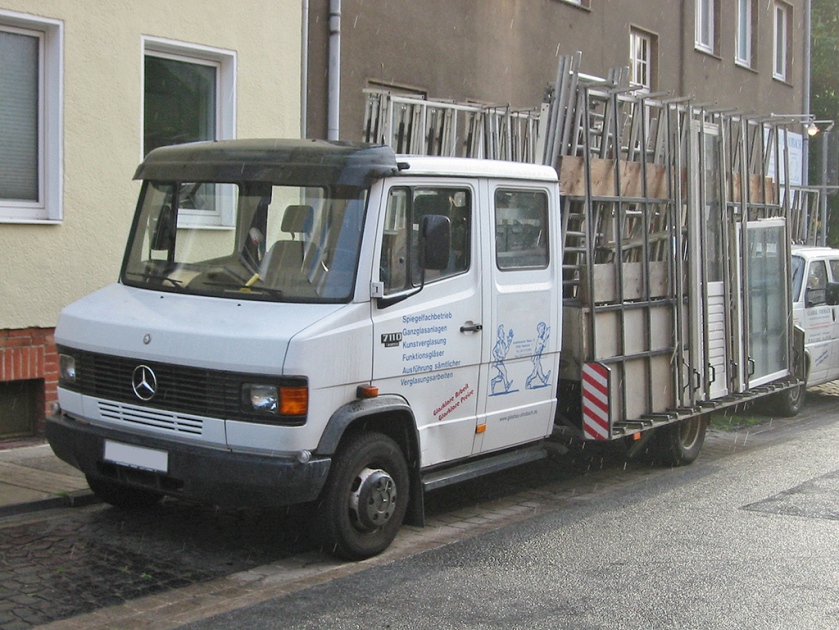 1986-96 138.407 Mercedes Benz T2 2nd gen.
1986-96 138.407 Mercedes Benz T2 2nd gen.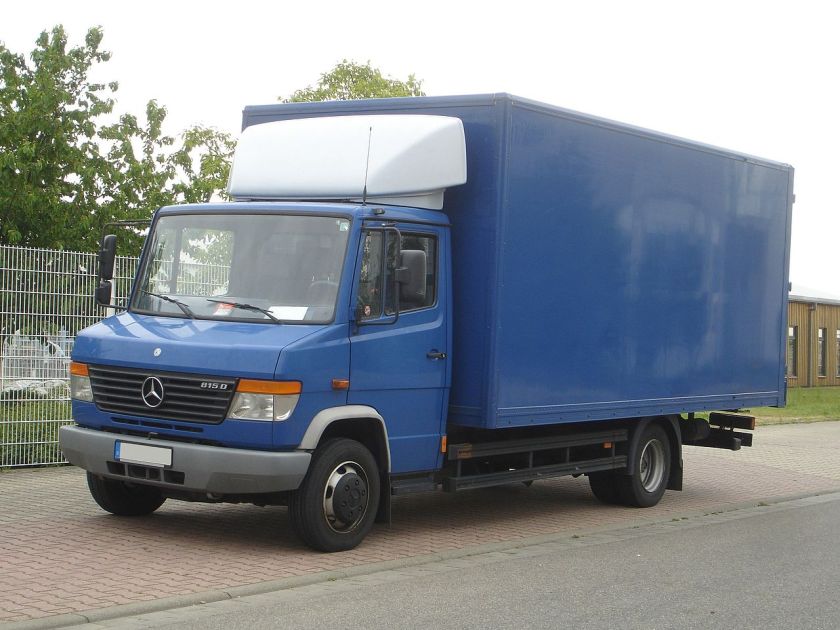 1996-13 90.743 Mercedes Benz Vario 815D
1996-13 90.743 Mercedes Benz Vario 815D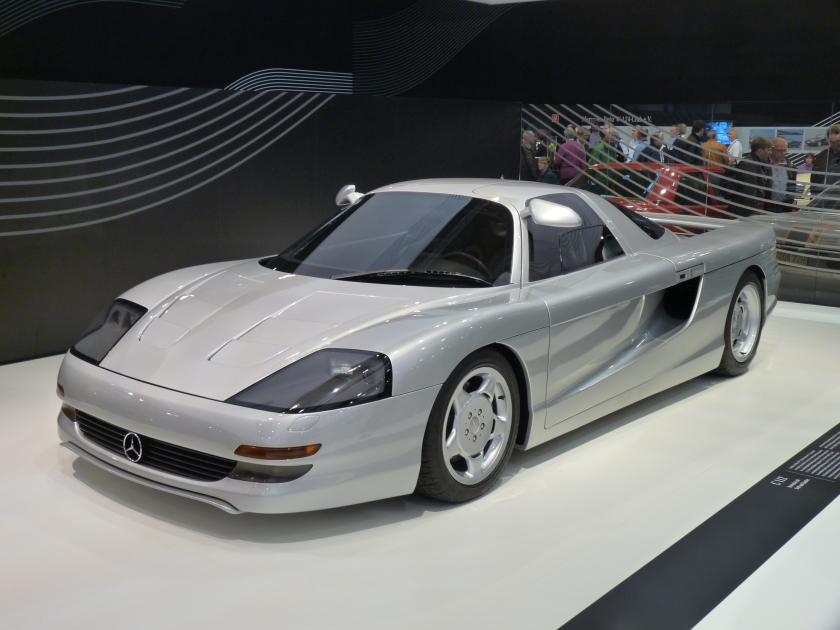


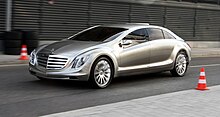
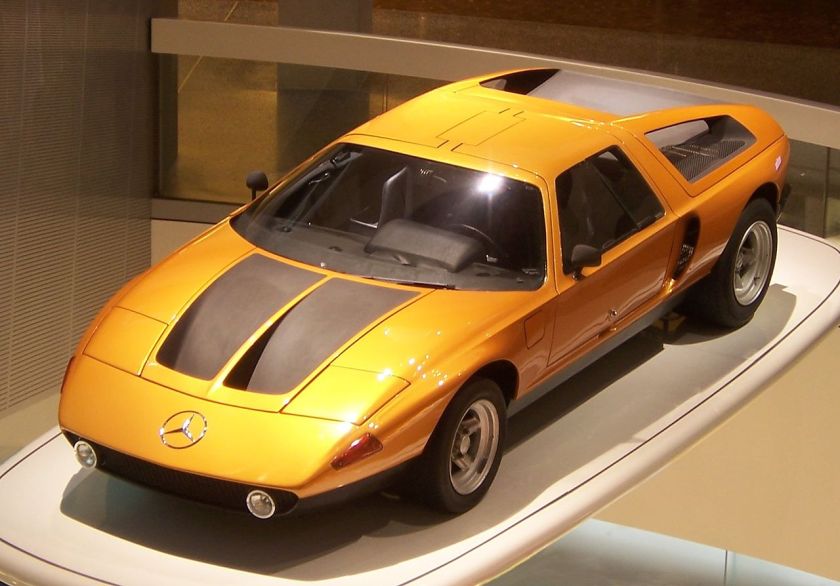
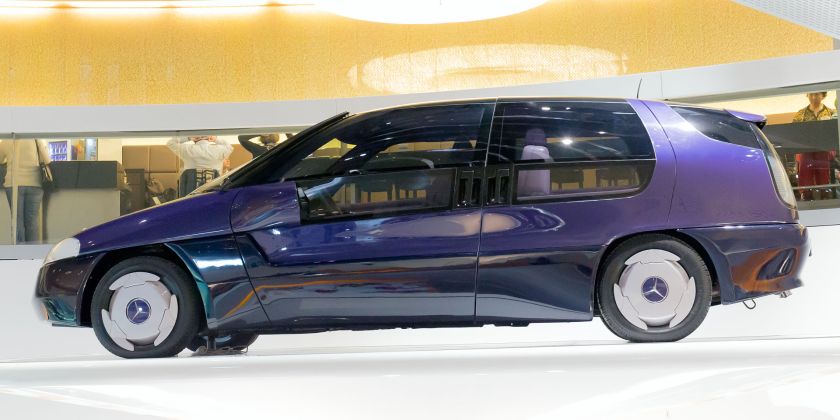
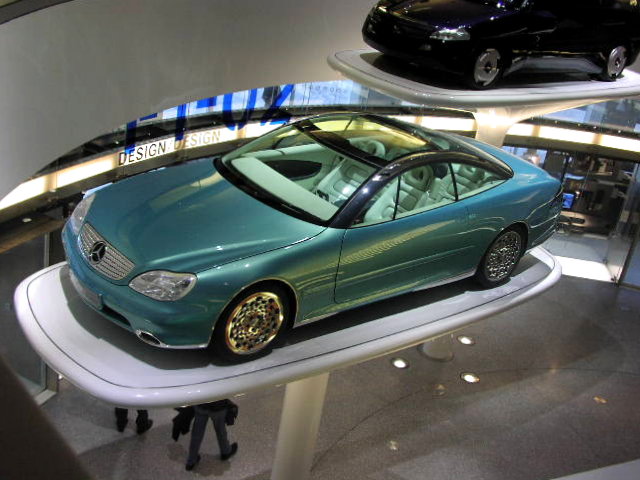
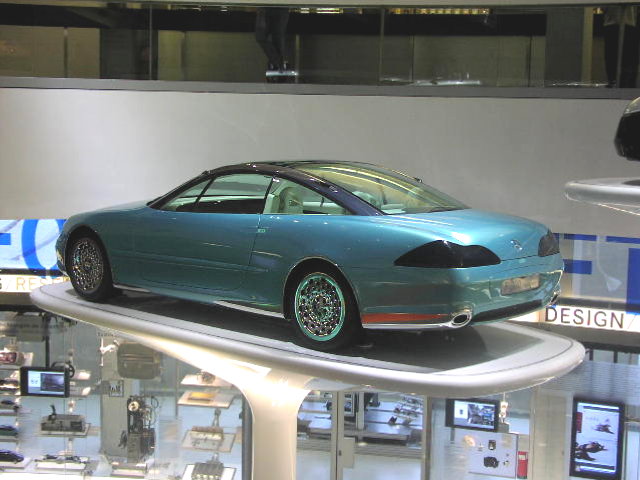
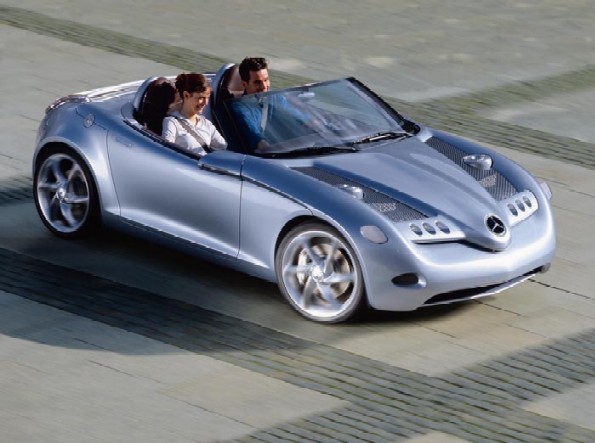
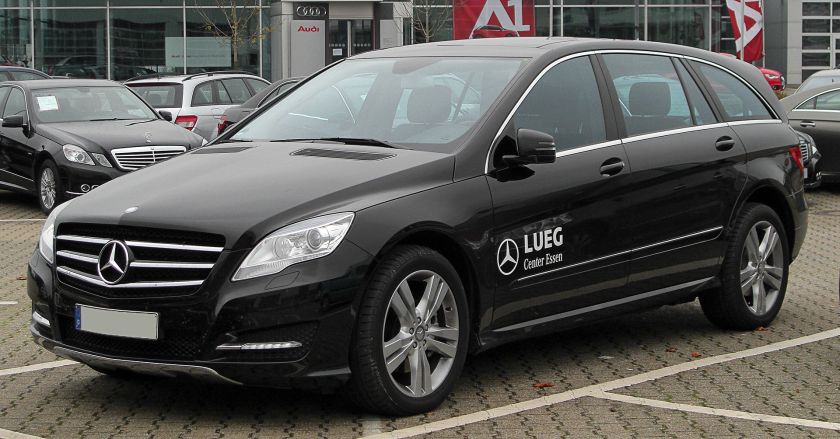
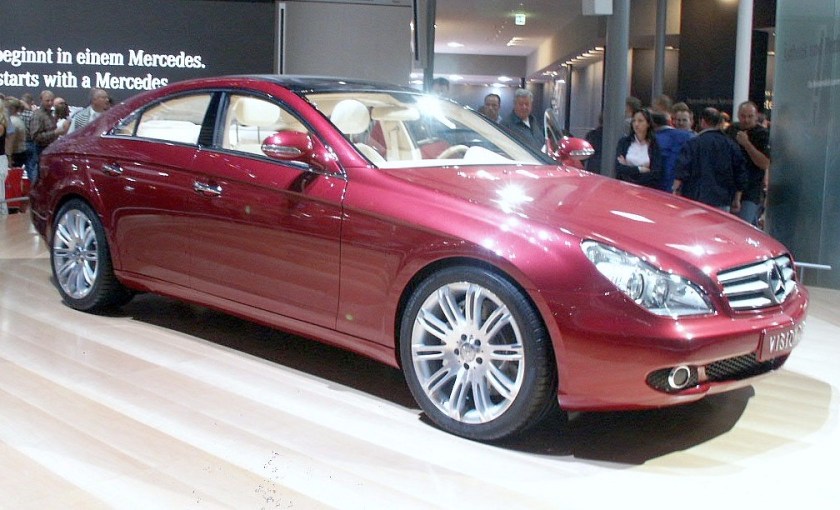
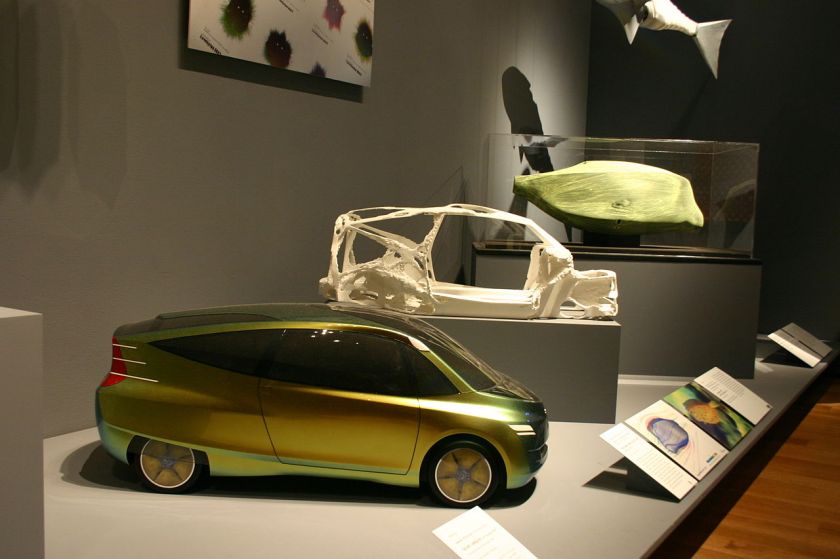
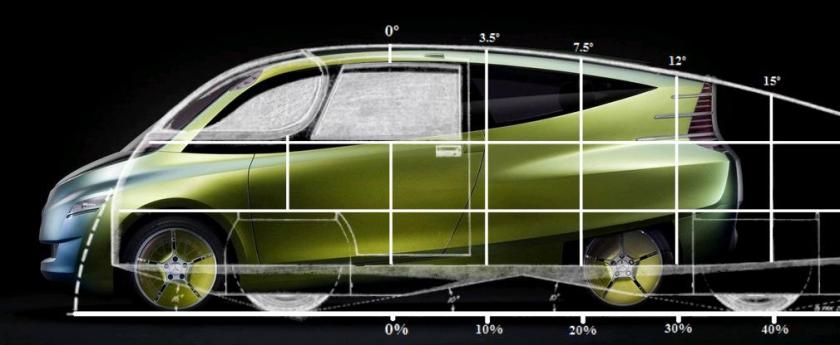
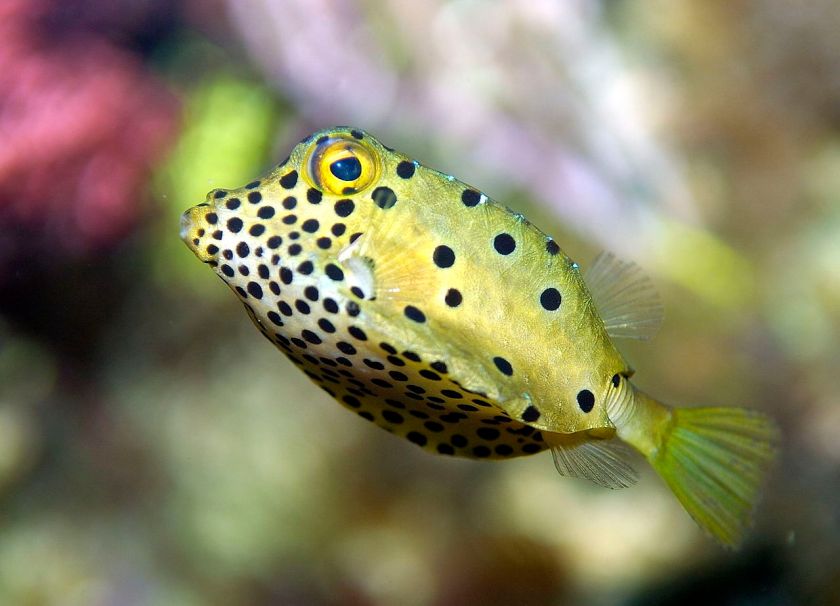
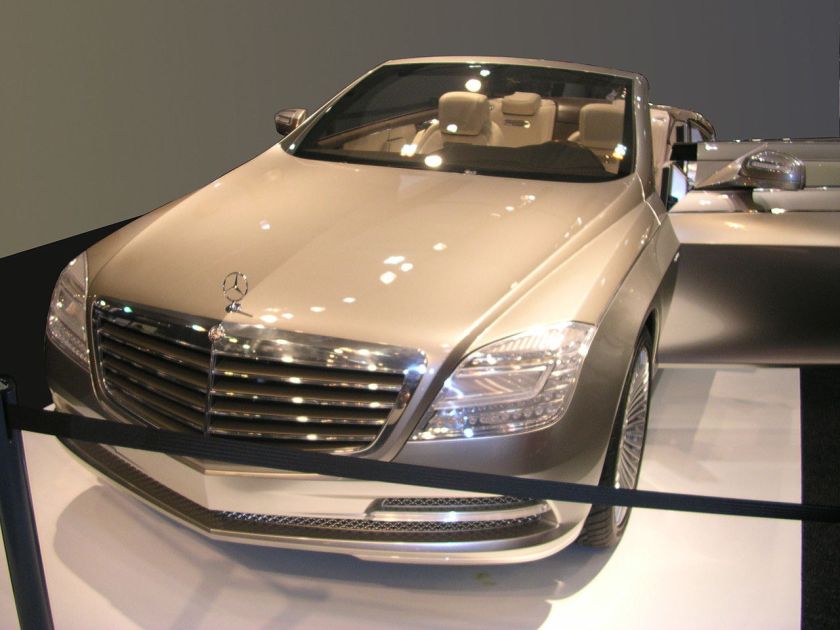
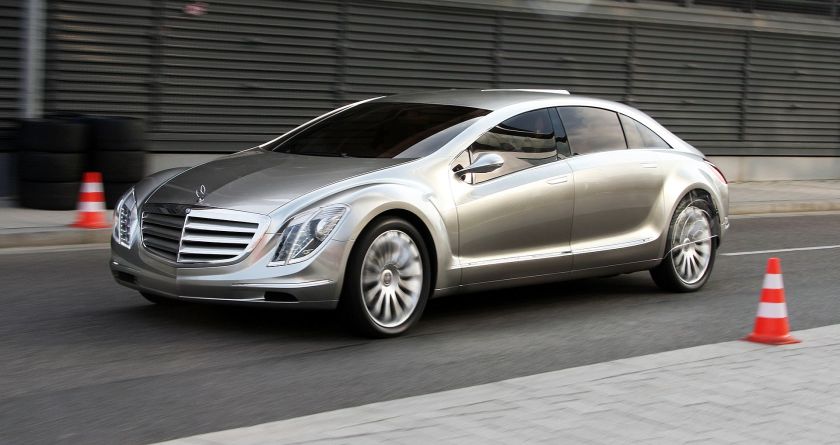
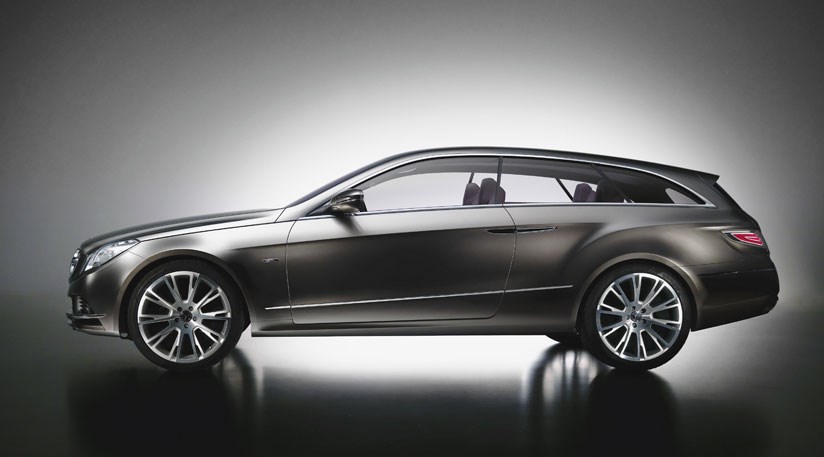
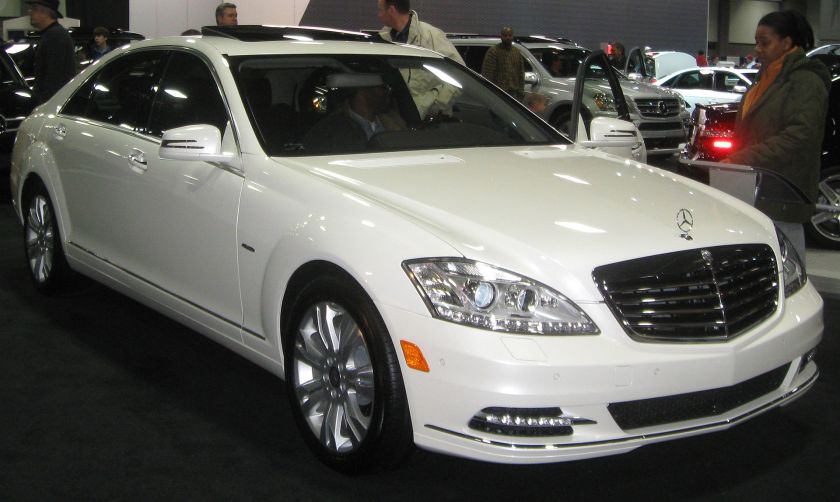
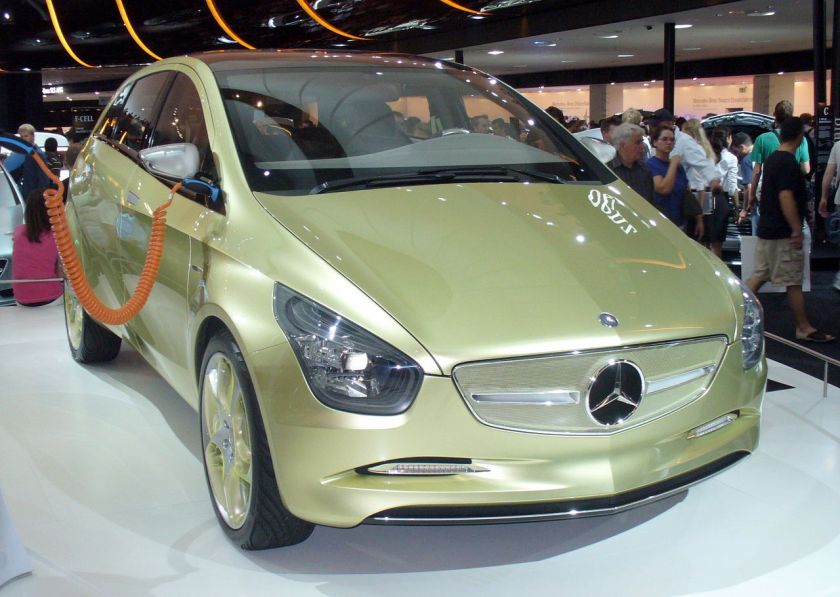
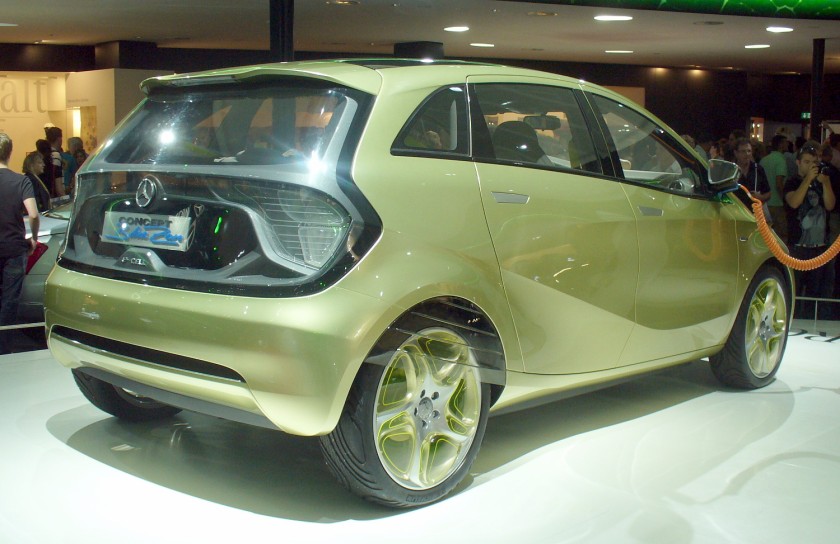
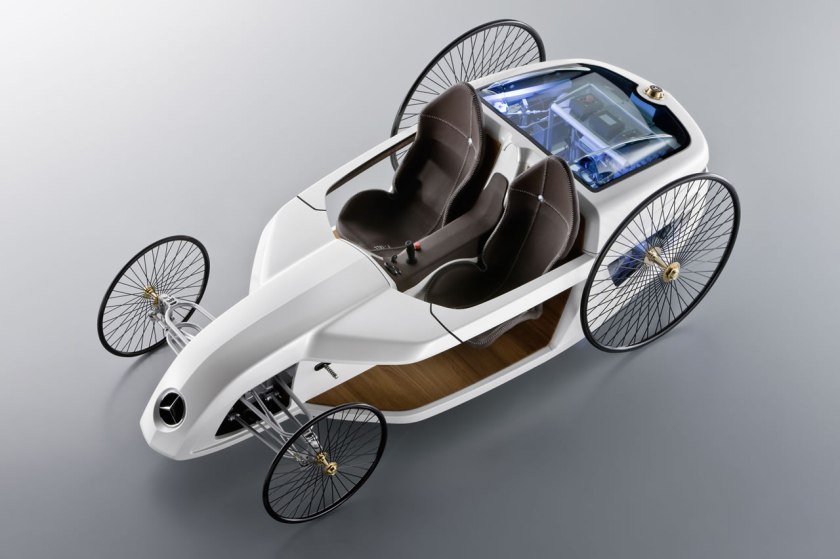
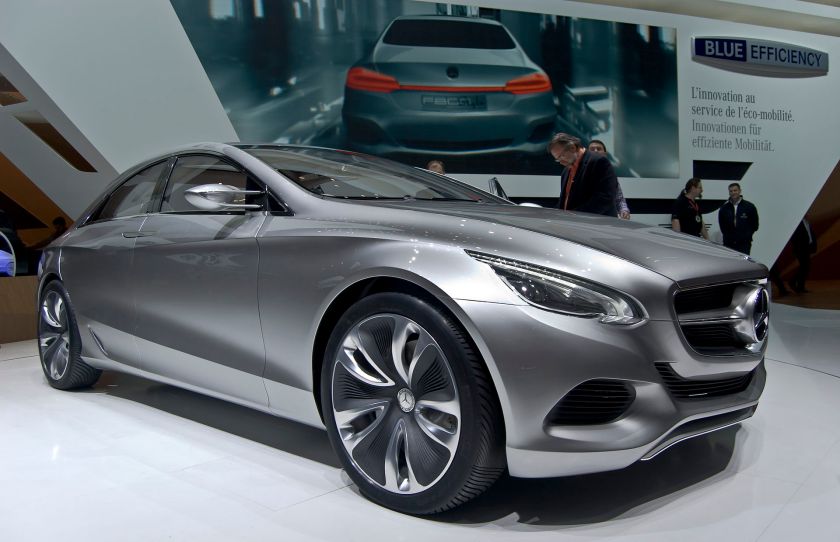
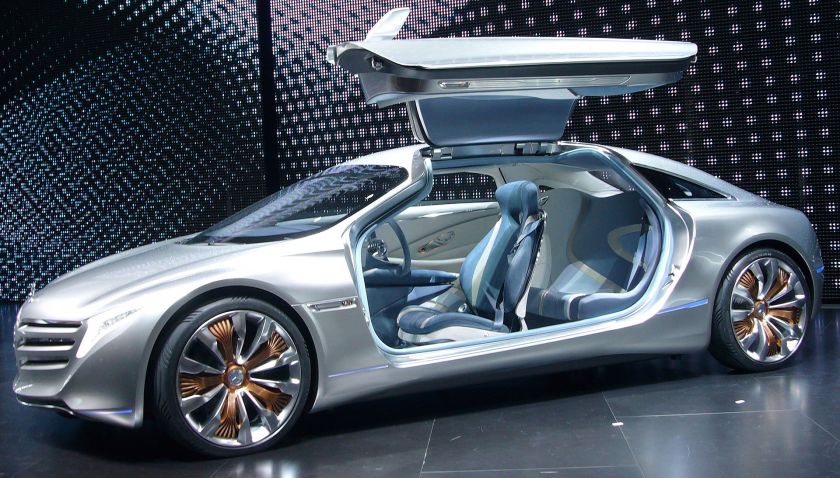
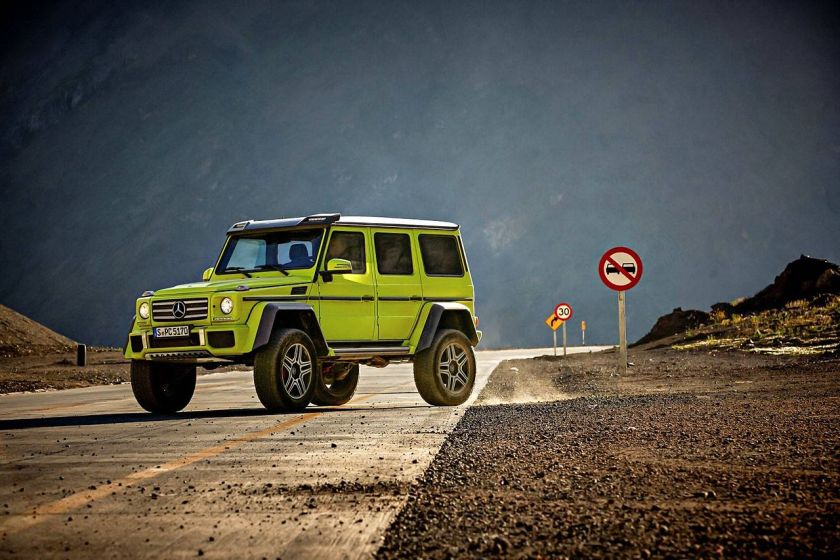
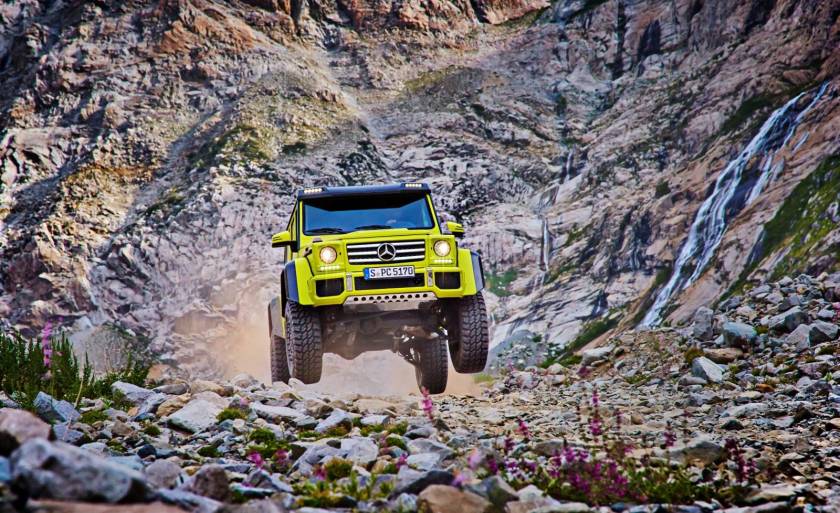
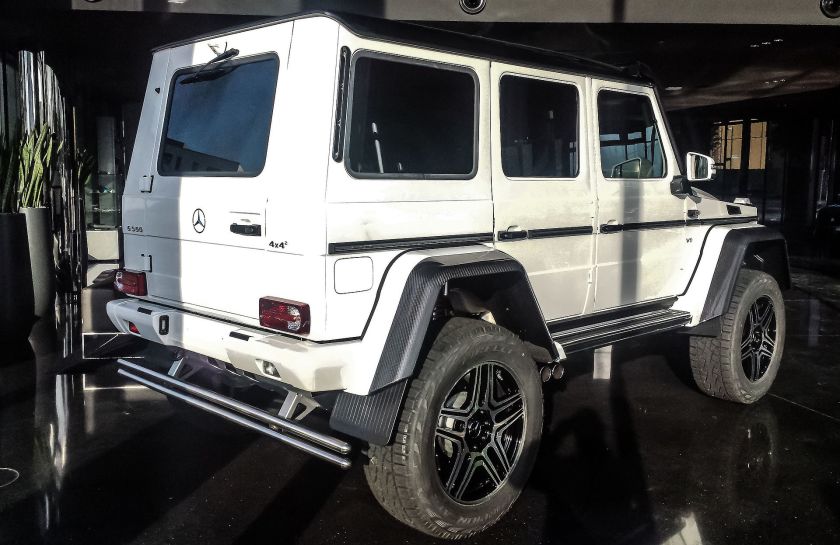
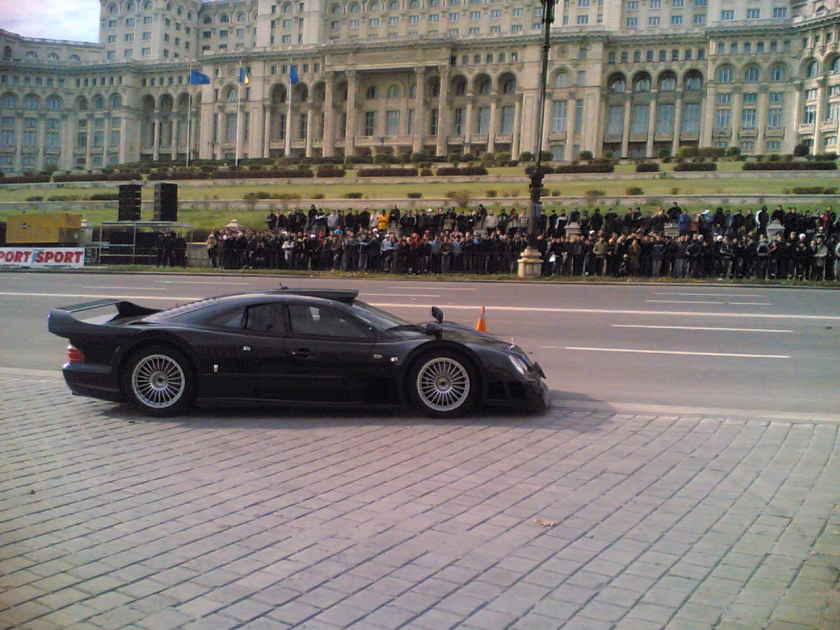
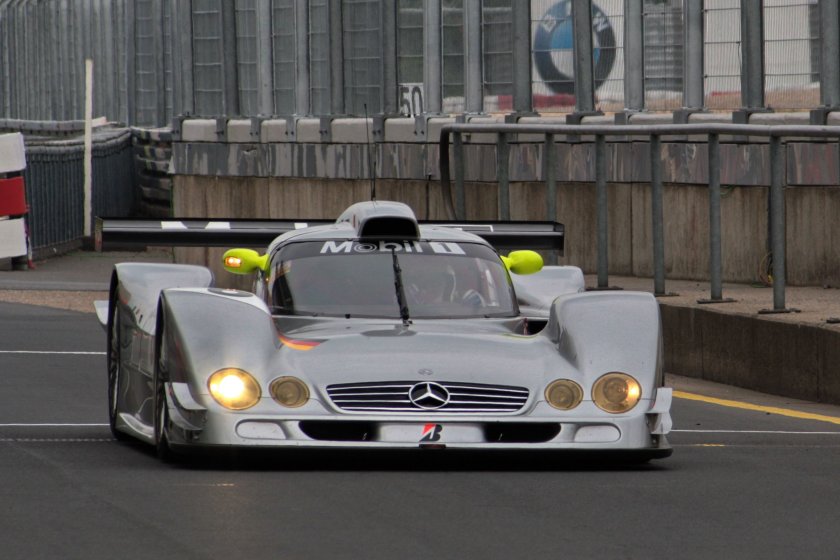
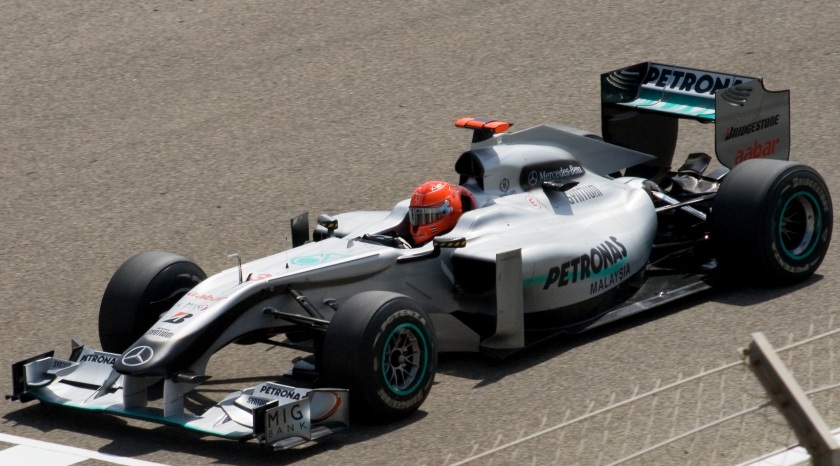
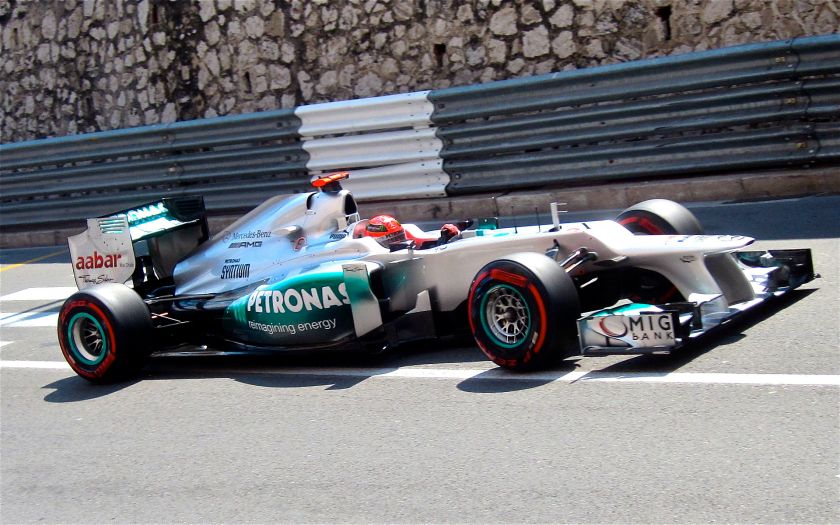 2012 Mercedes F1 W03
2012 Mercedes F1 W03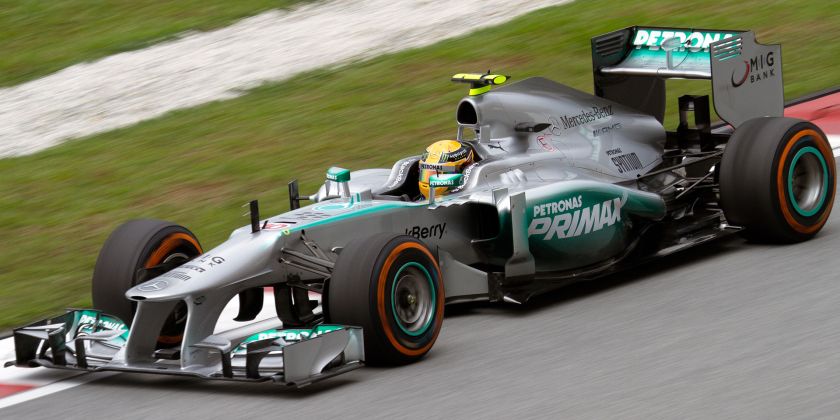 2013 Mercedes F1 W04 Lewis Hamilton Malaysia FP2 1.jpg
2013 Mercedes F1 W04 Lewis Hamilton Malaysia FP2 1.jpg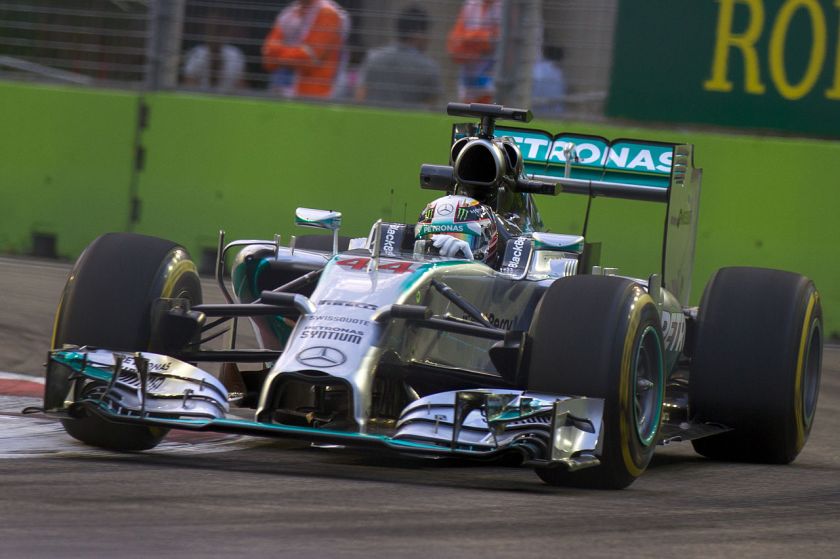 2014 The F1 W05 Hybrid, driven by Lewis Hamilton, during the 2014 Singapore Grand Prix
2014 The F1 W05 Hybrid, driven by Lewis Hamilton, during the 2014 Singapore Grand Prix 2015 The F1 W06 Hybrid, driven by Nico Rosberg, during the 2015 Malaysian Grand Prix
2015 The F1 W06 Hybrid, driven by Nico Rosberg, during the 2015 Malaysian Grand Prix
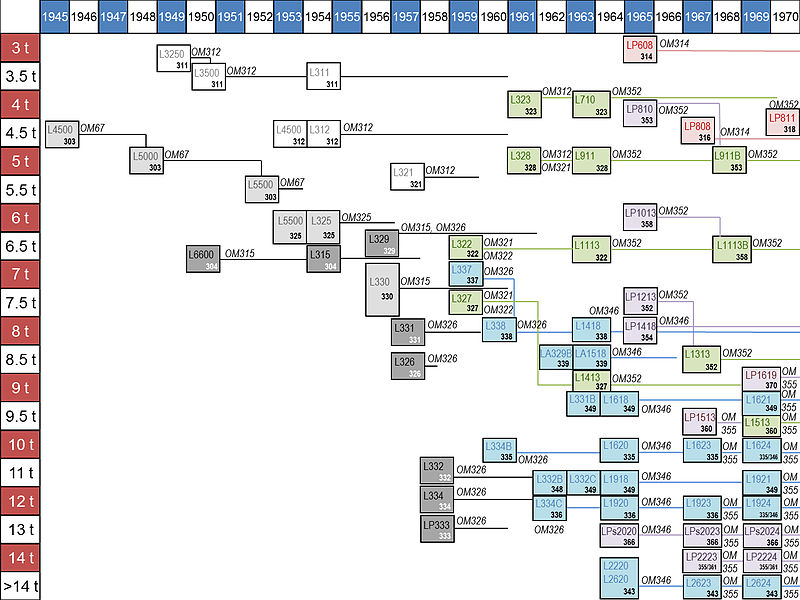
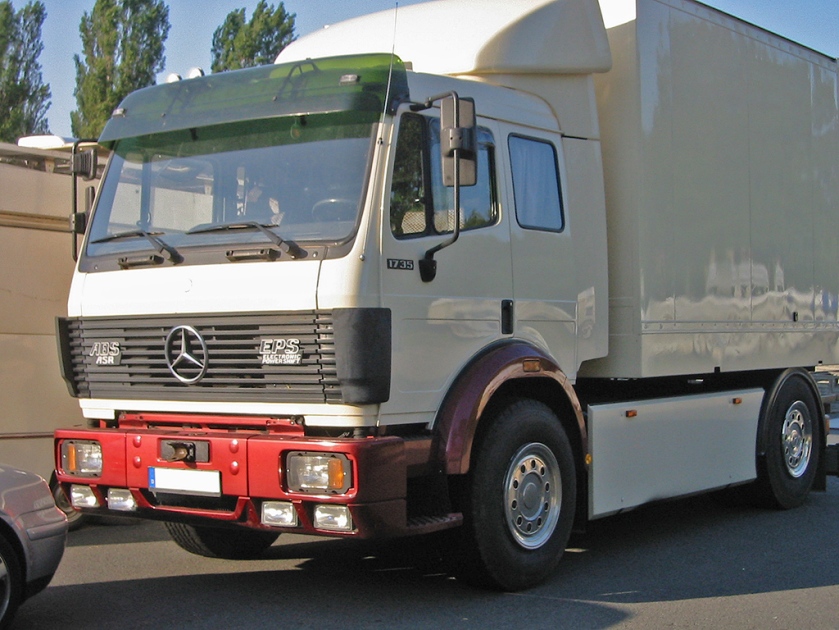
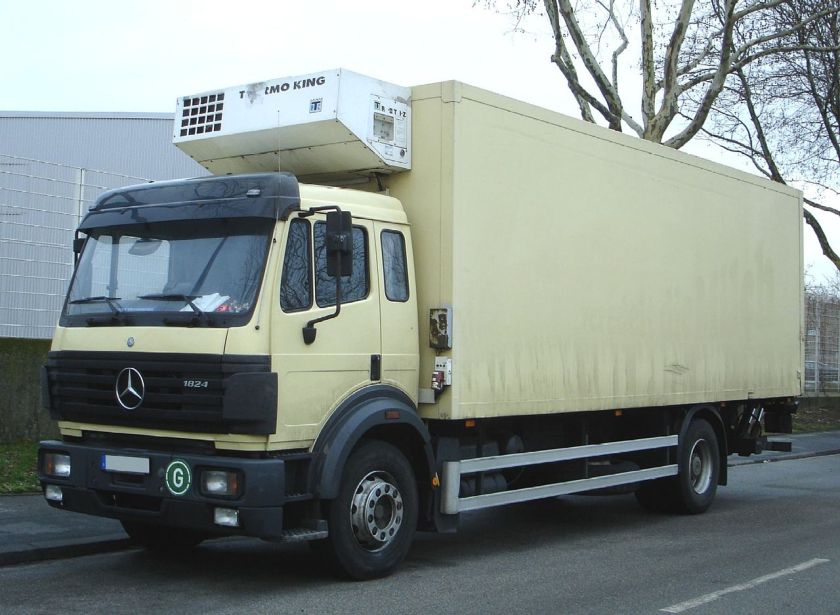
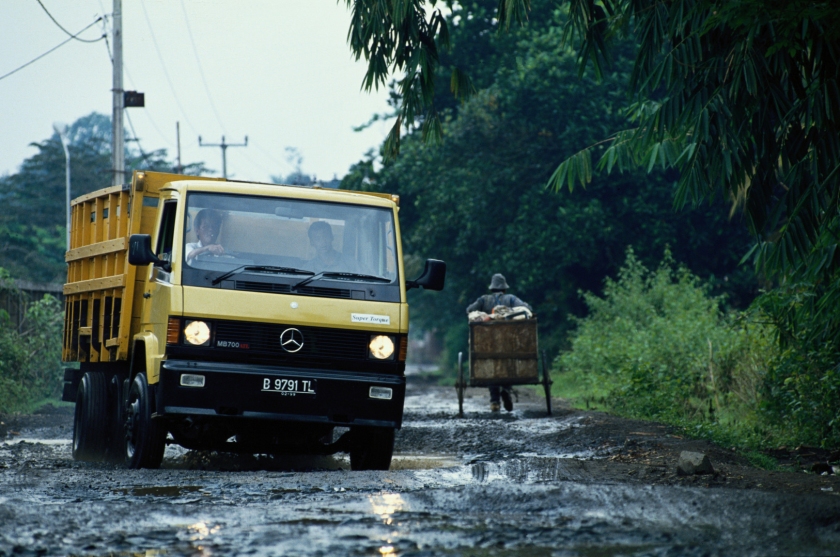
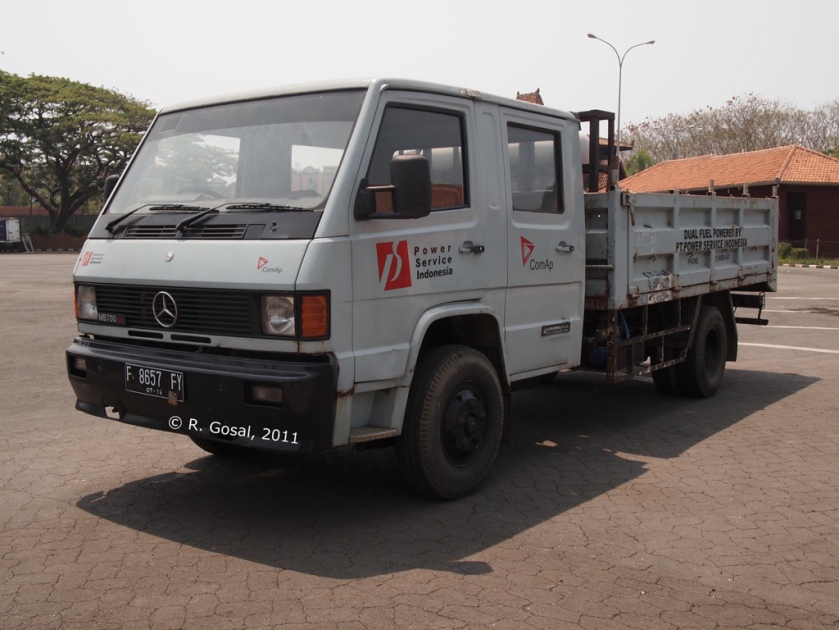
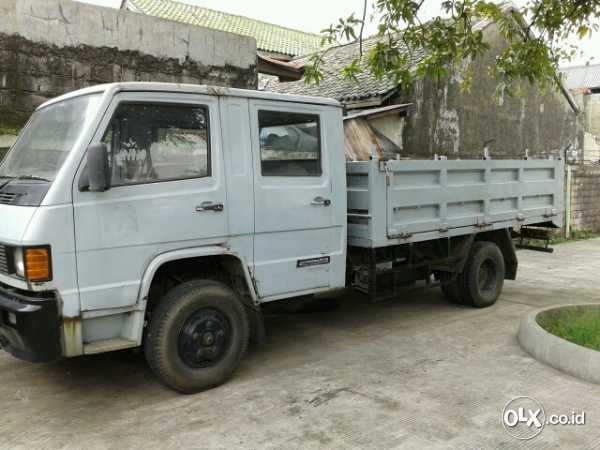
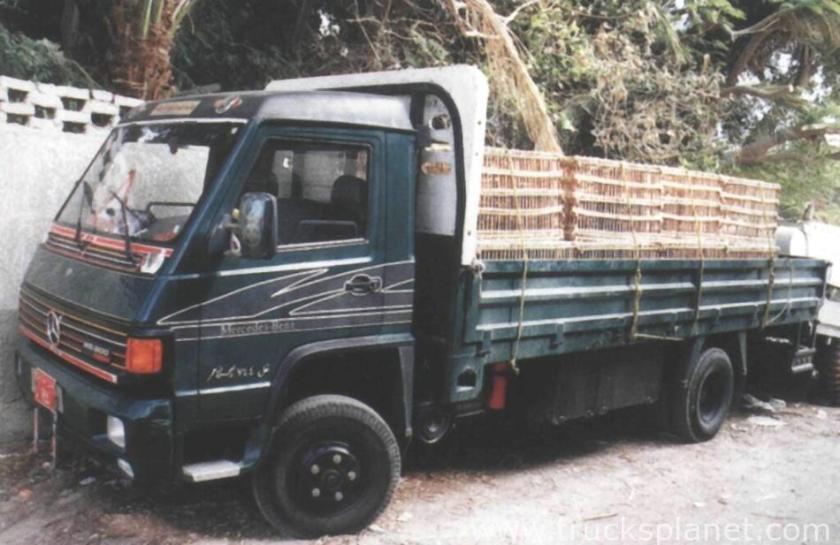
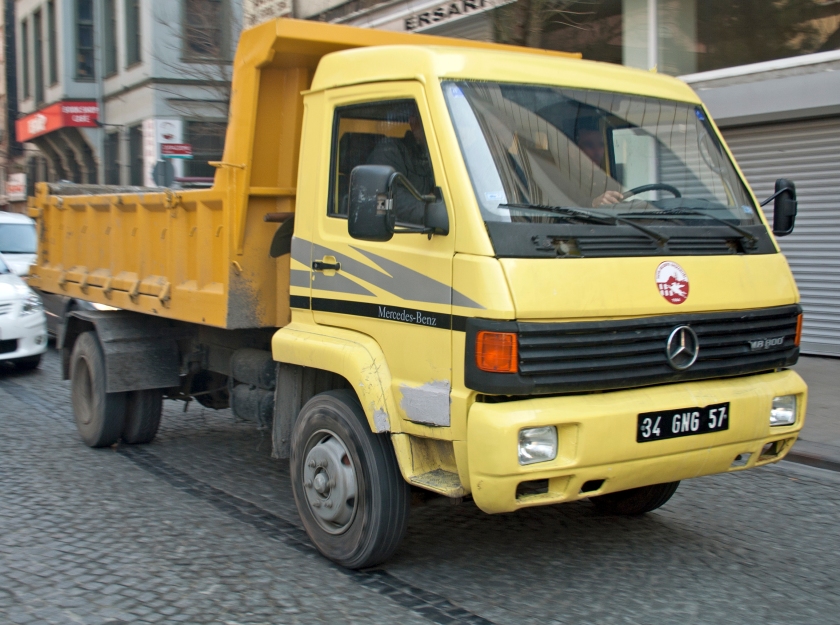
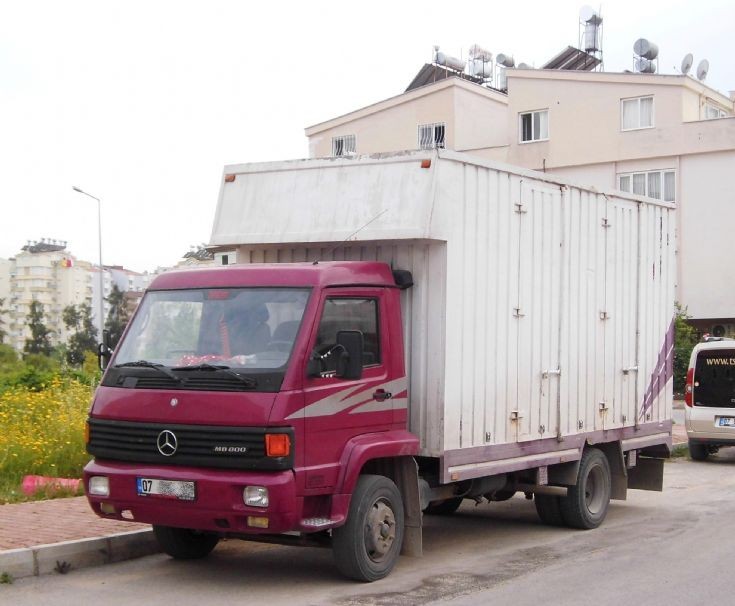
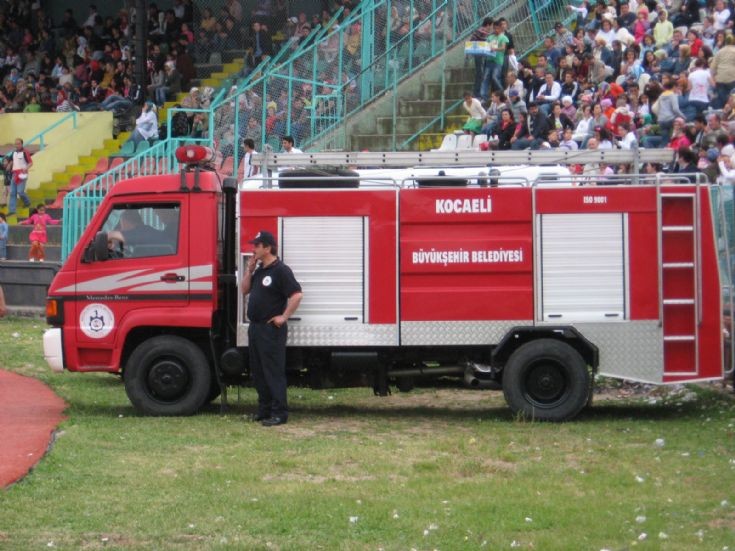
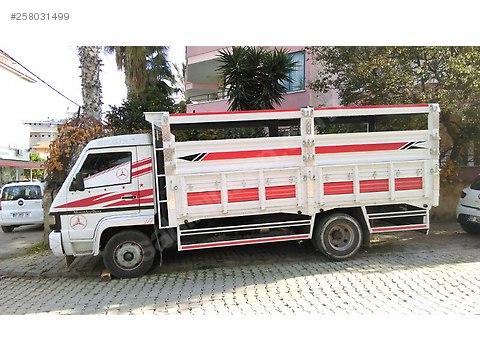
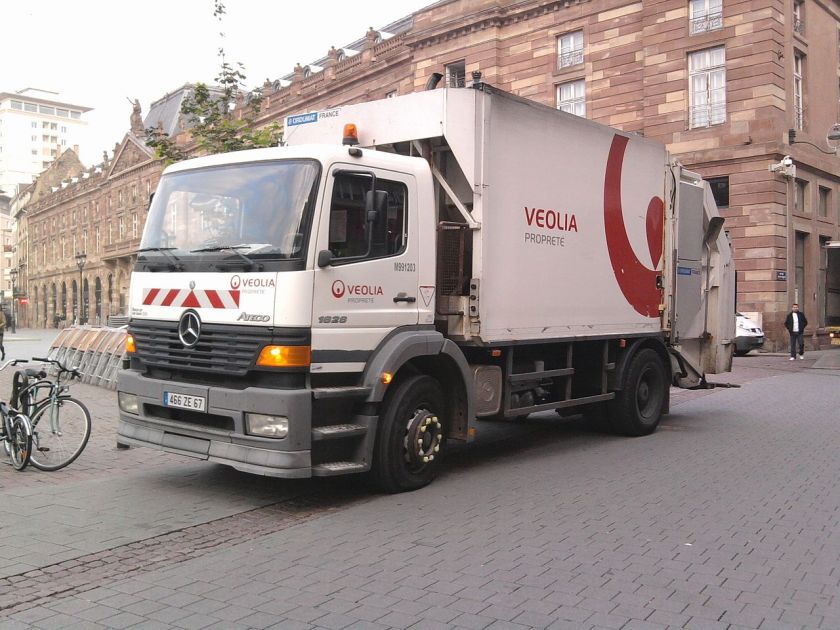 Pre facelift 1997 Mercedes Benz Atego
Pre facelift 1997 Mercedes Benz Atego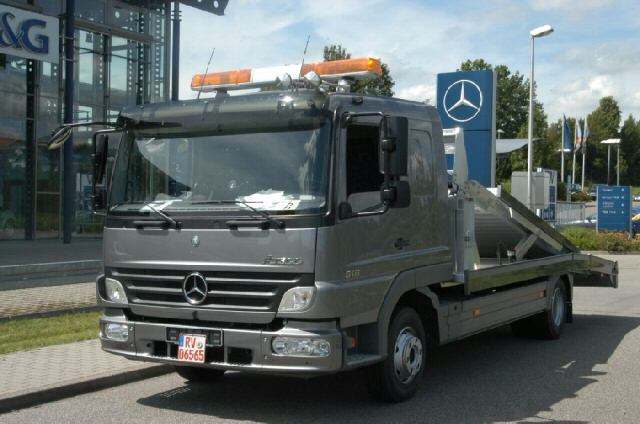 Mercedes Benz Atego Facelift front
Mercedes Benz Atego Facelift front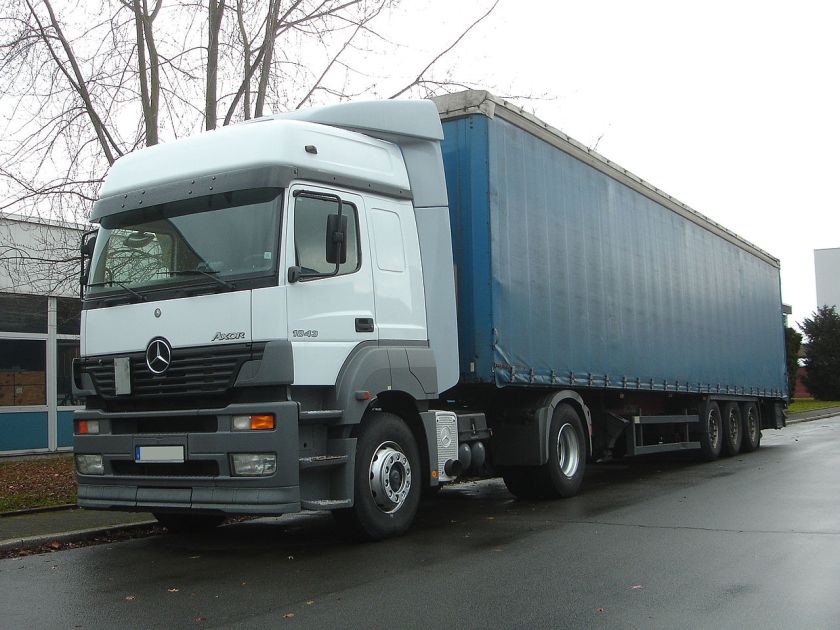
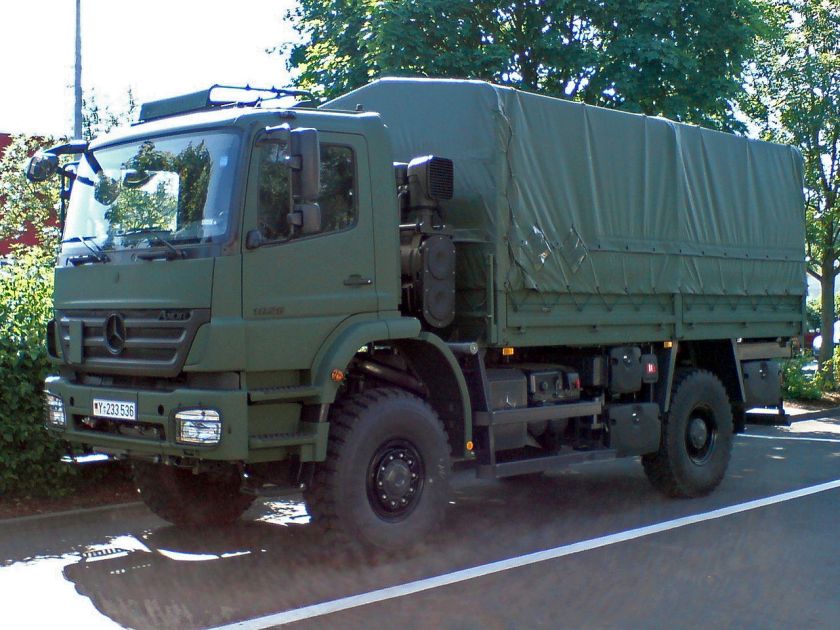
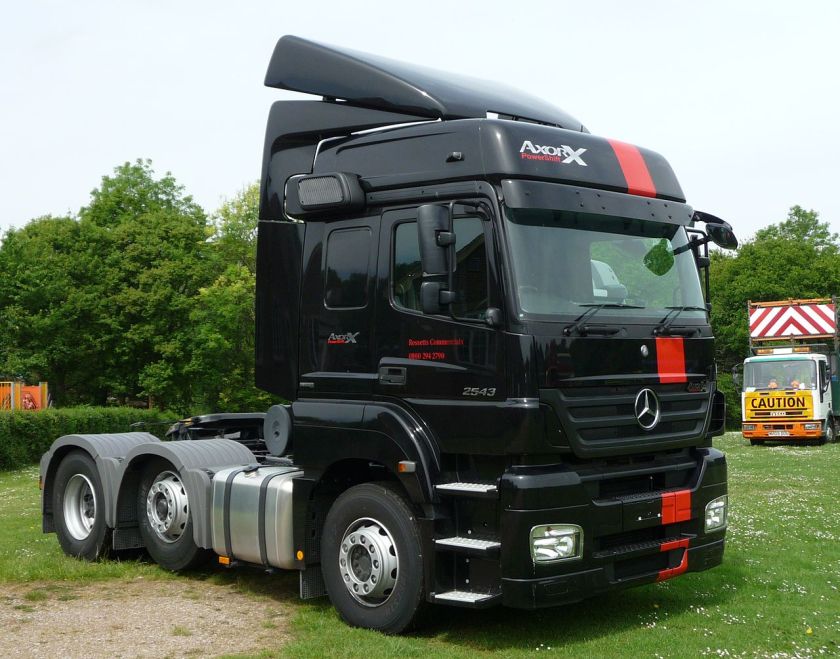
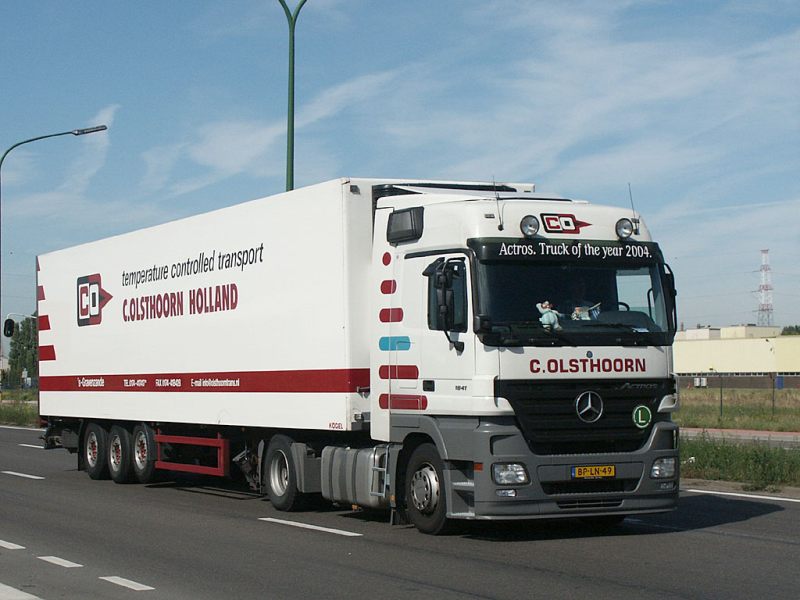
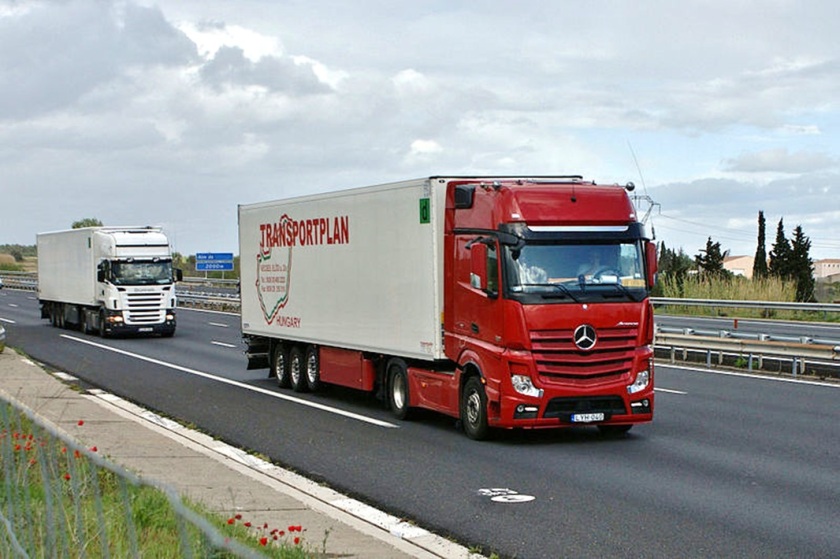
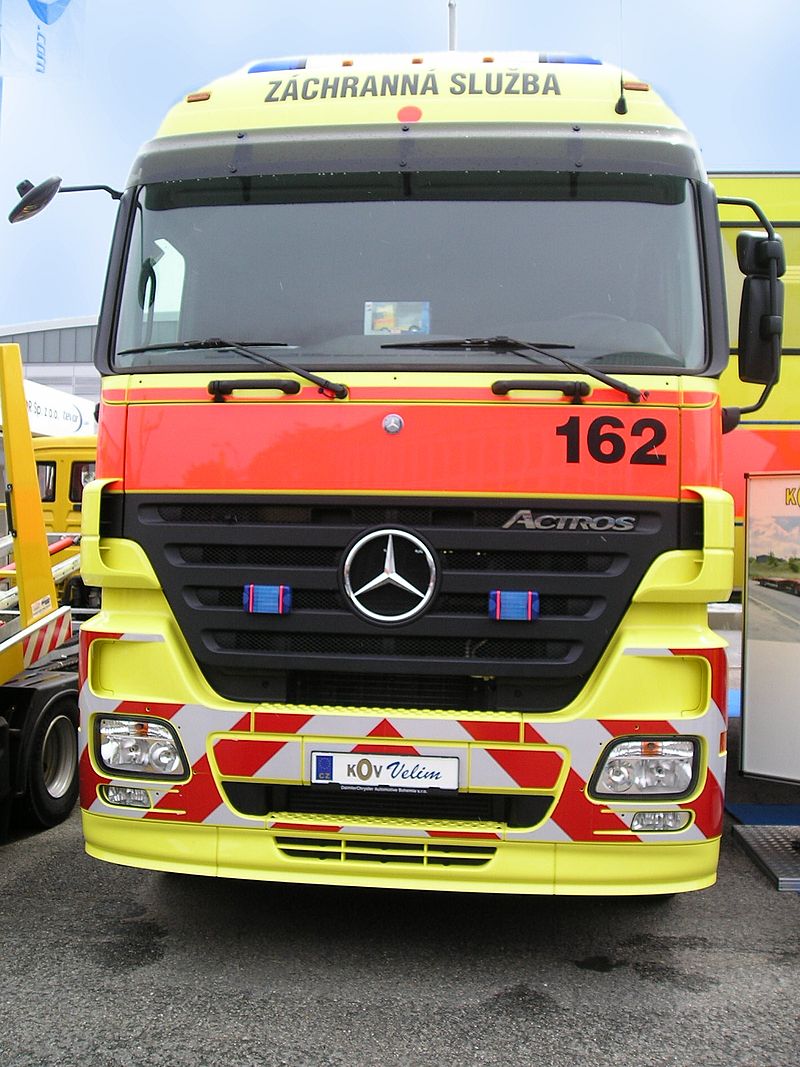
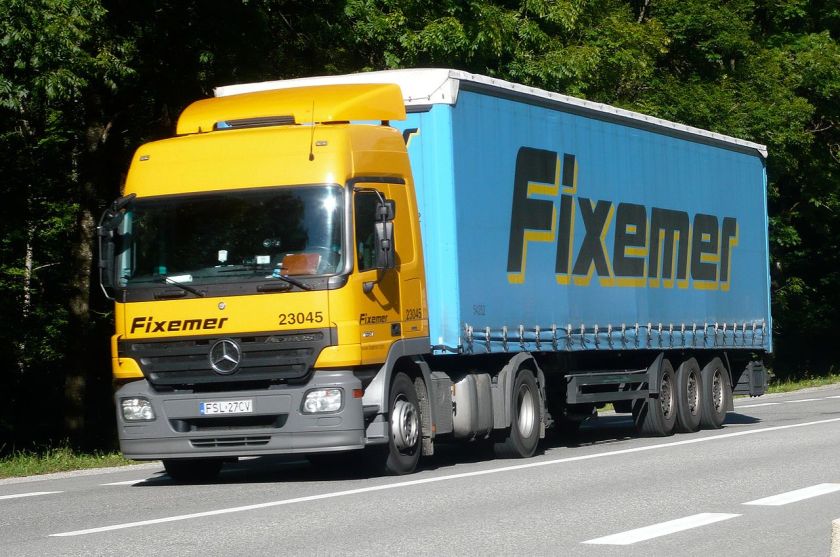
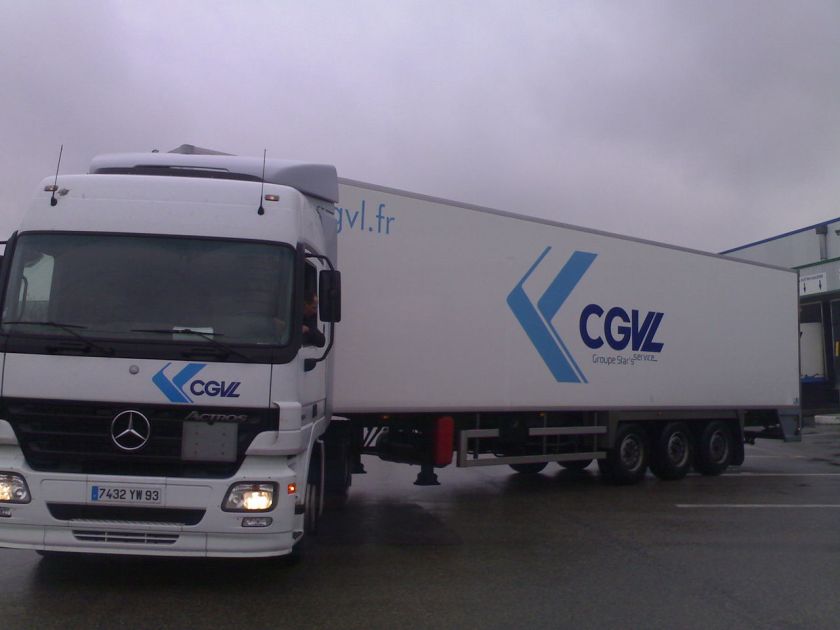
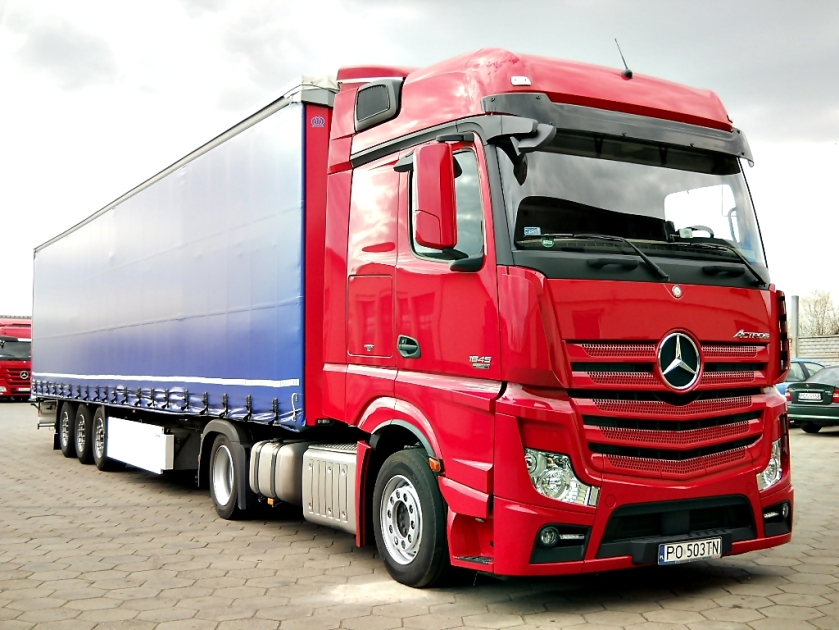
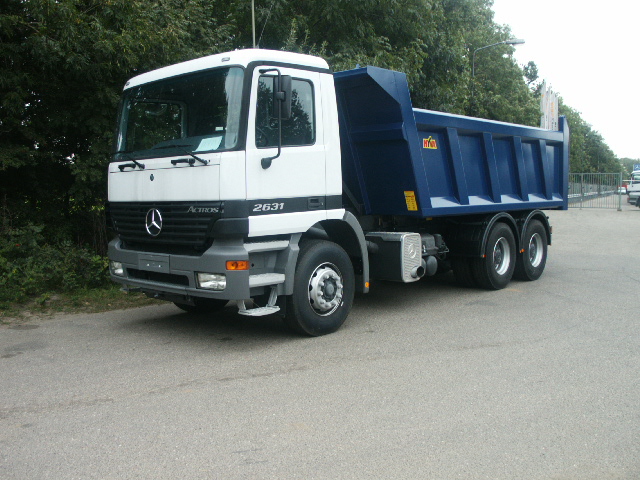
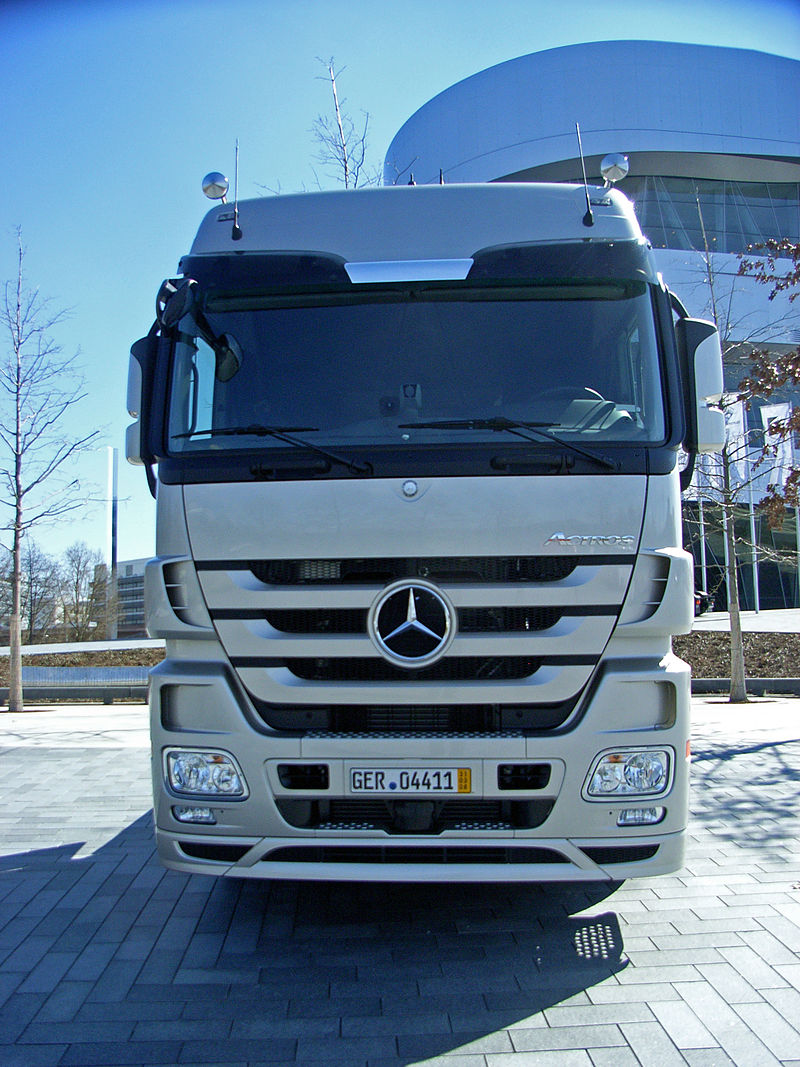
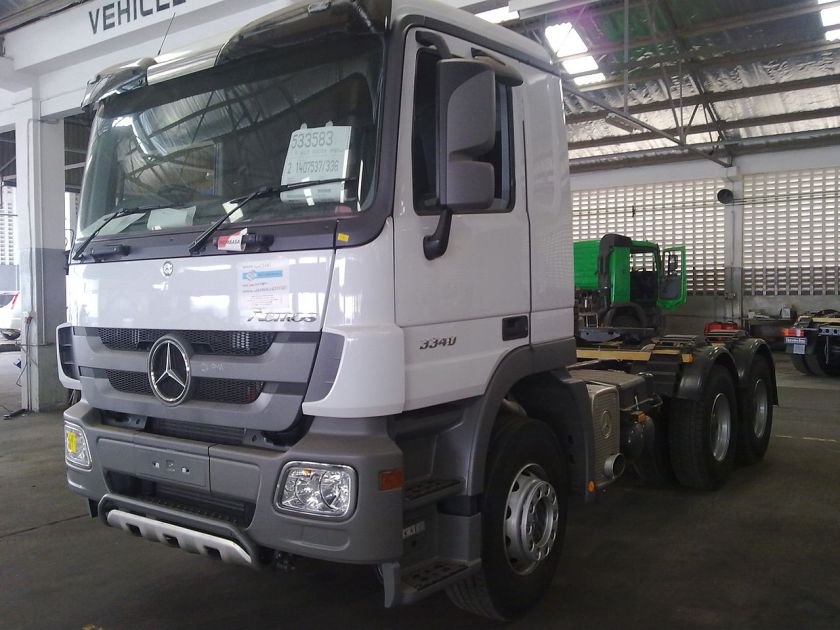
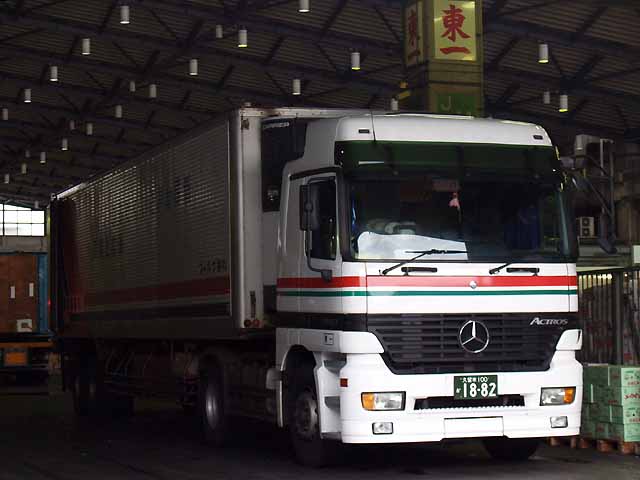
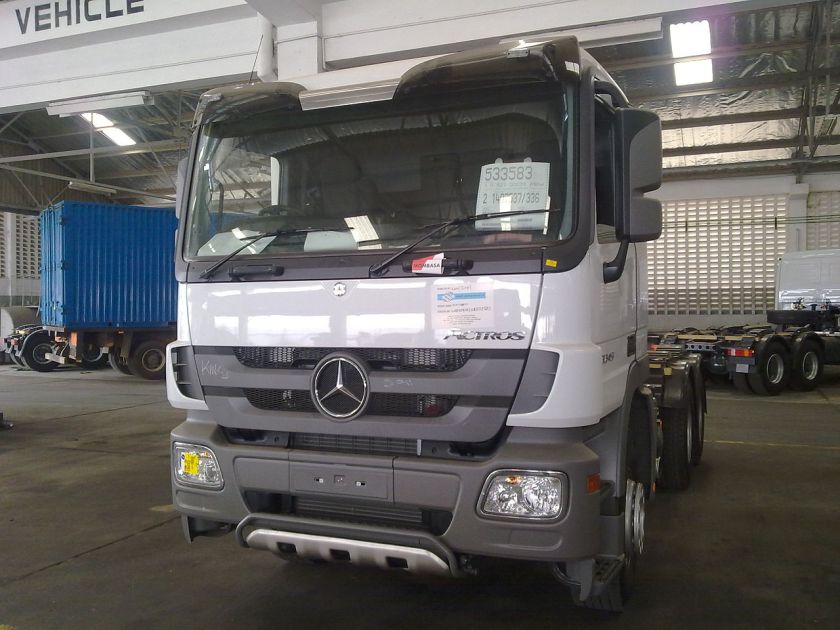
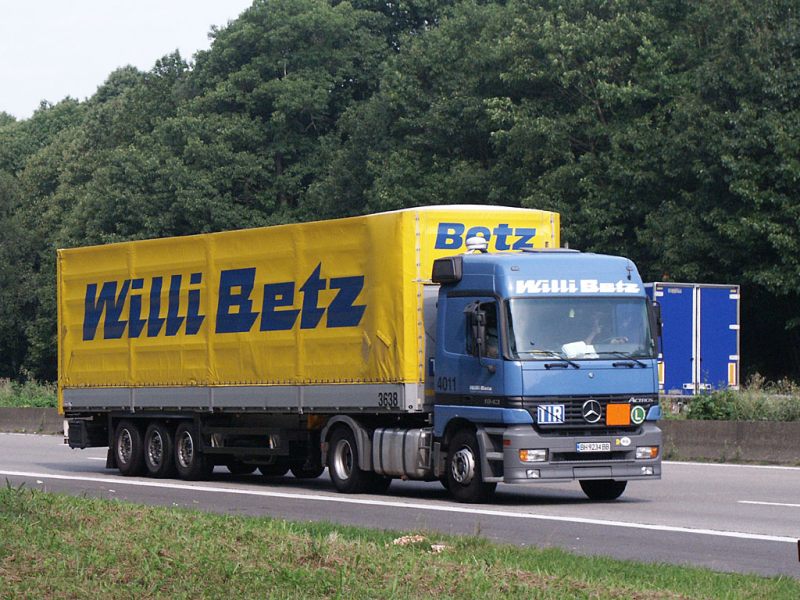
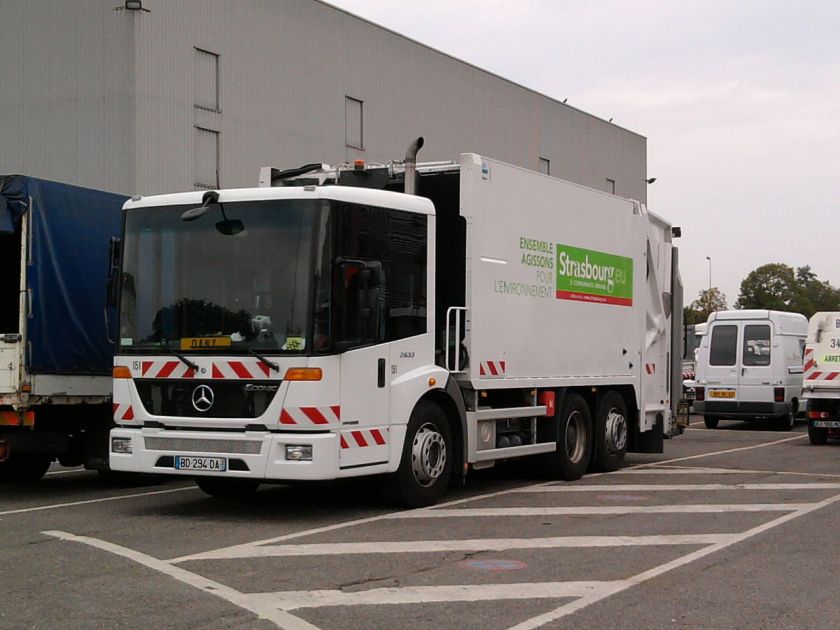
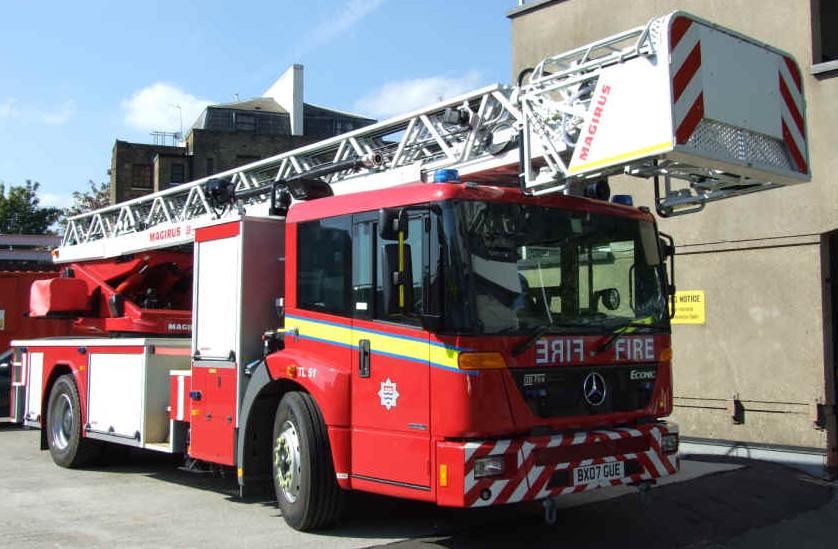
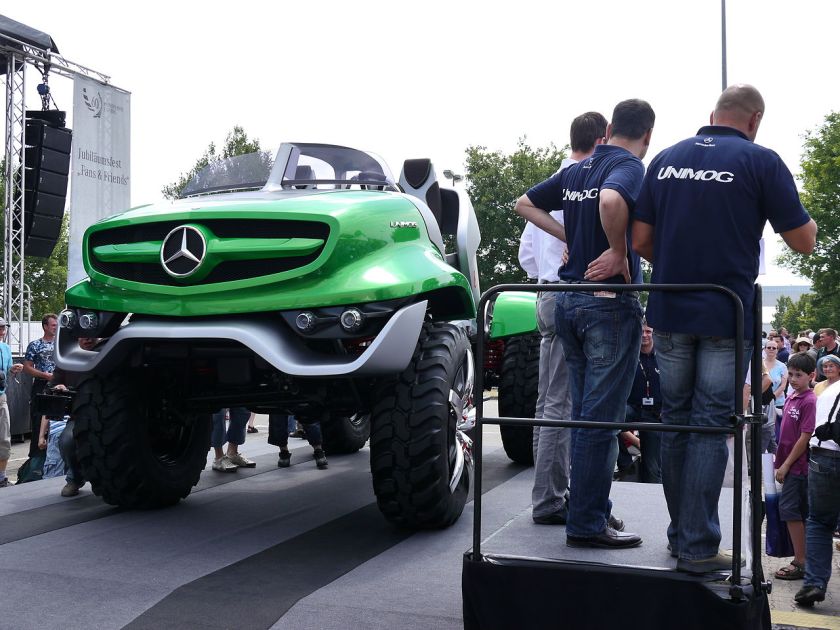
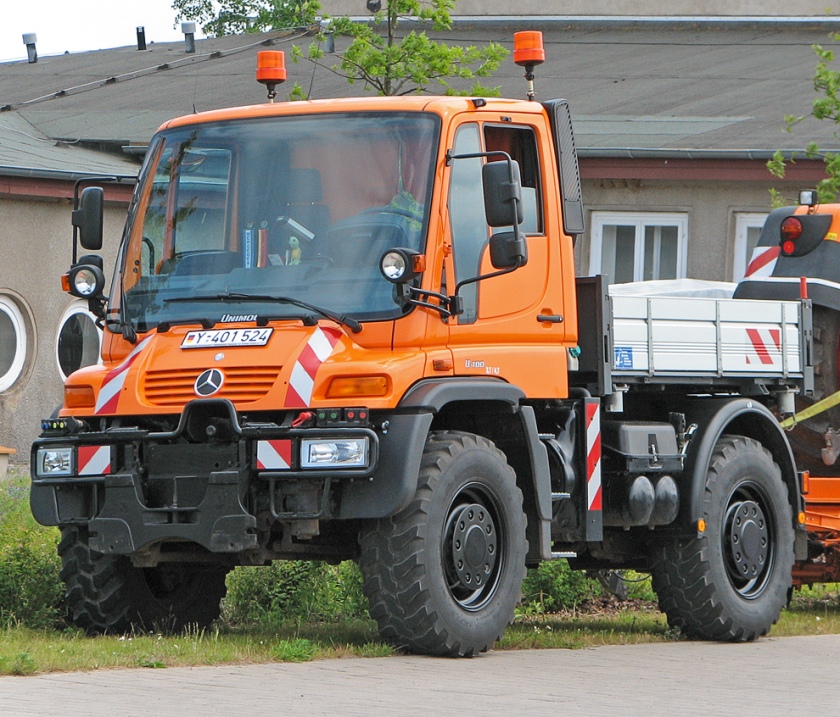
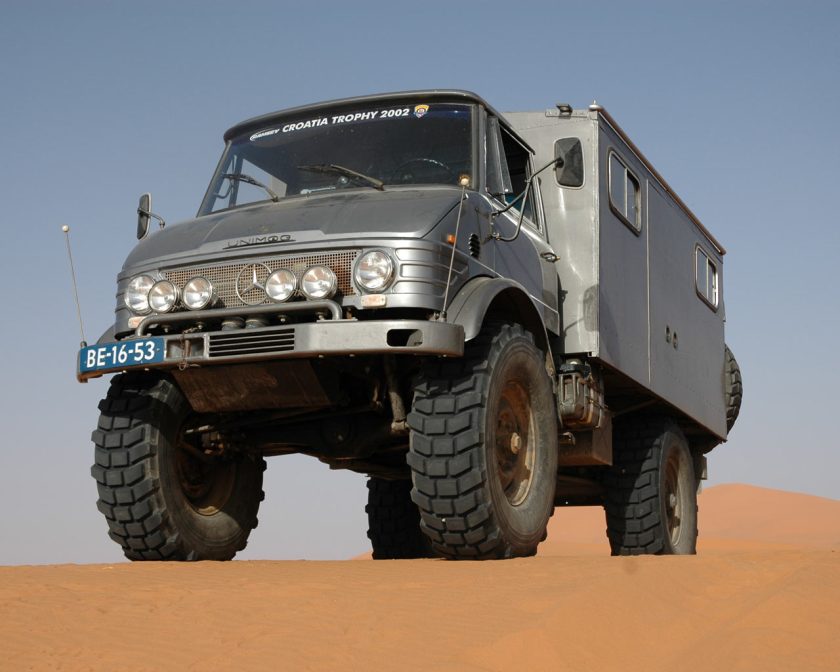
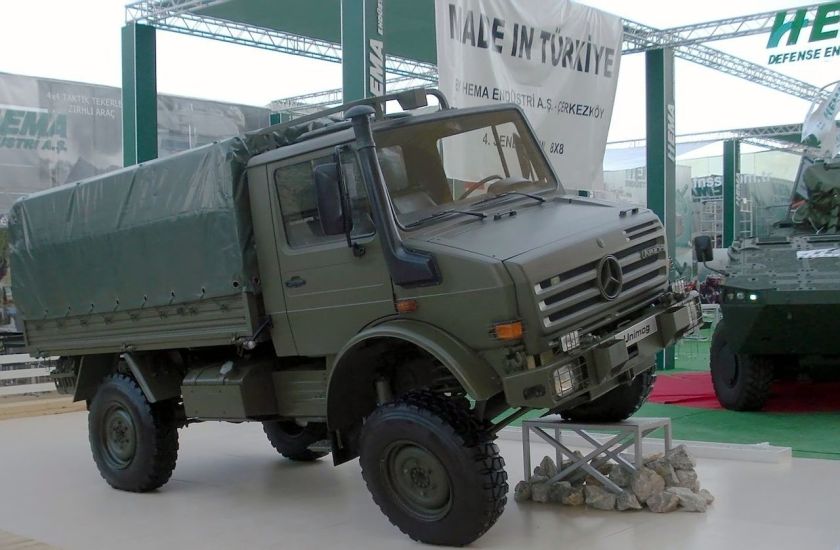
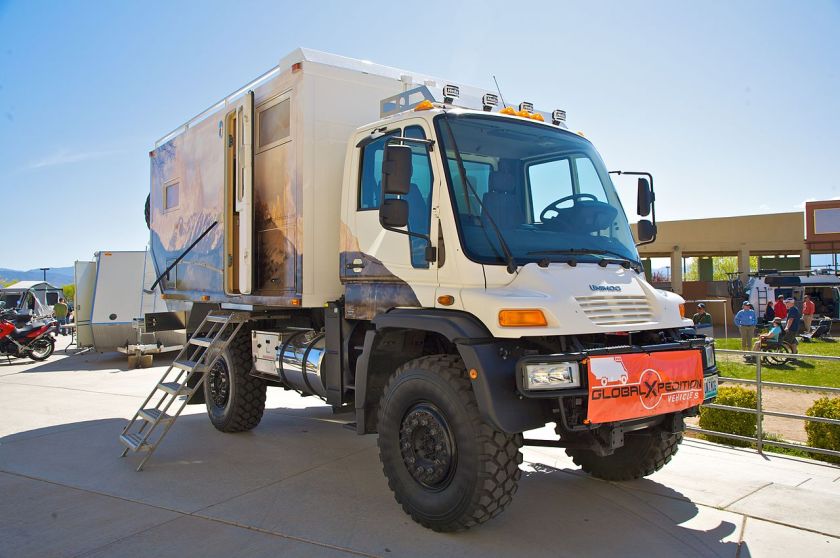
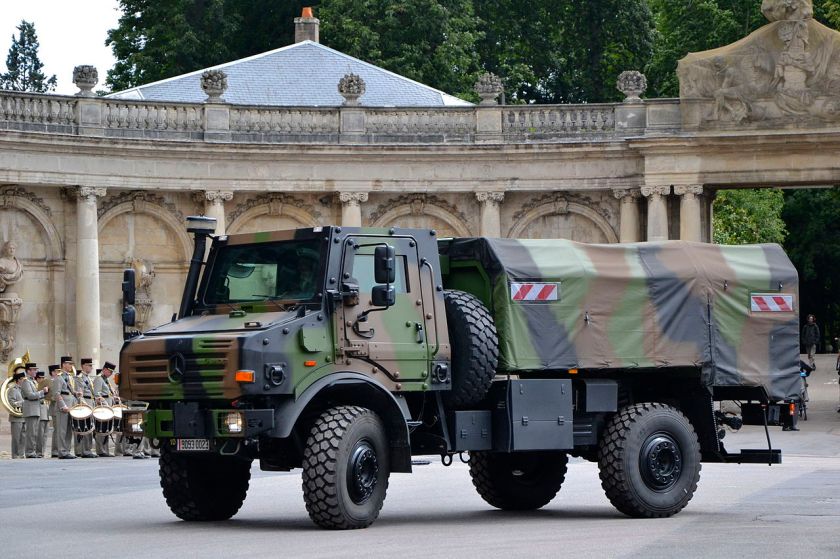
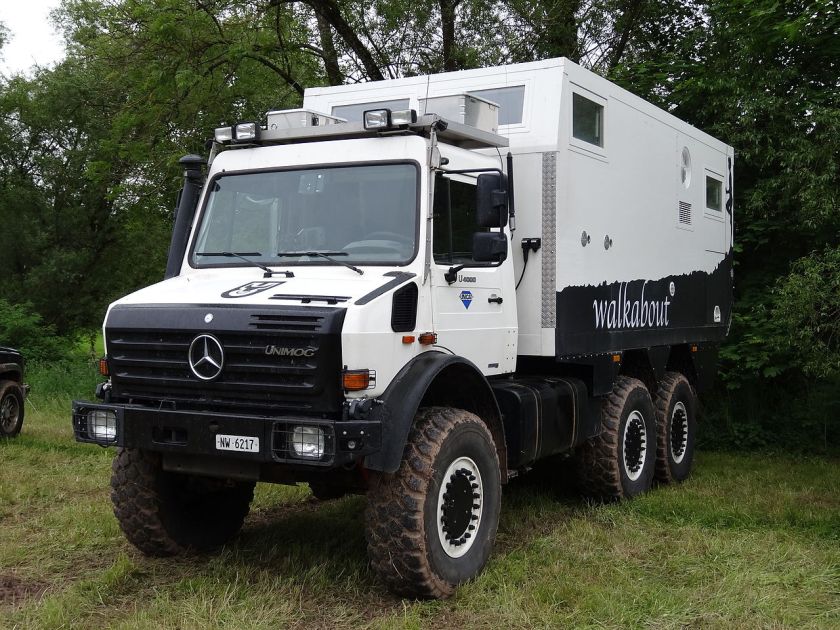
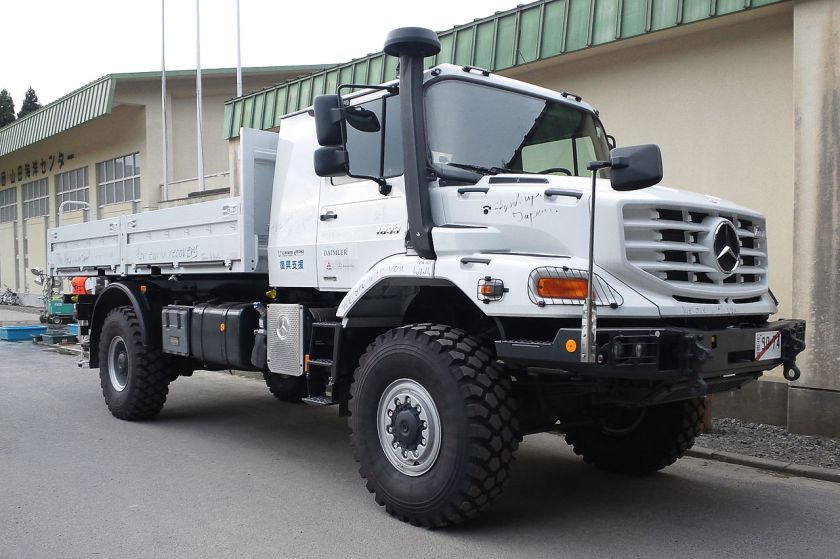
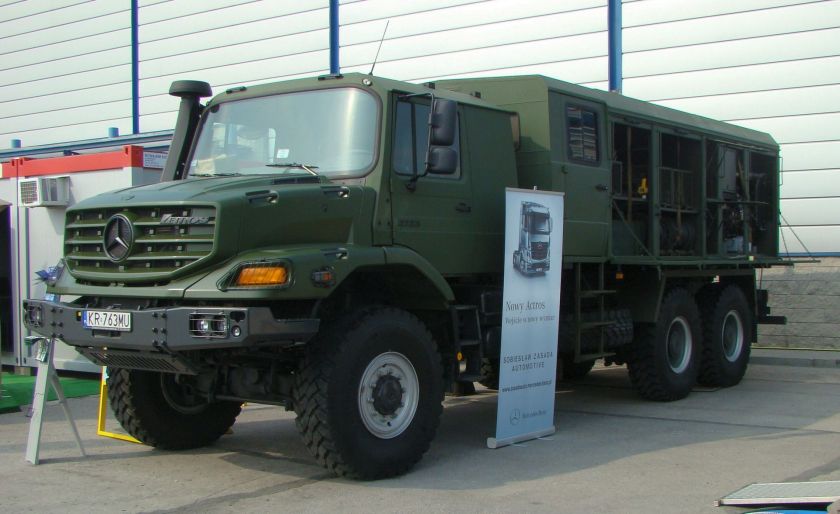
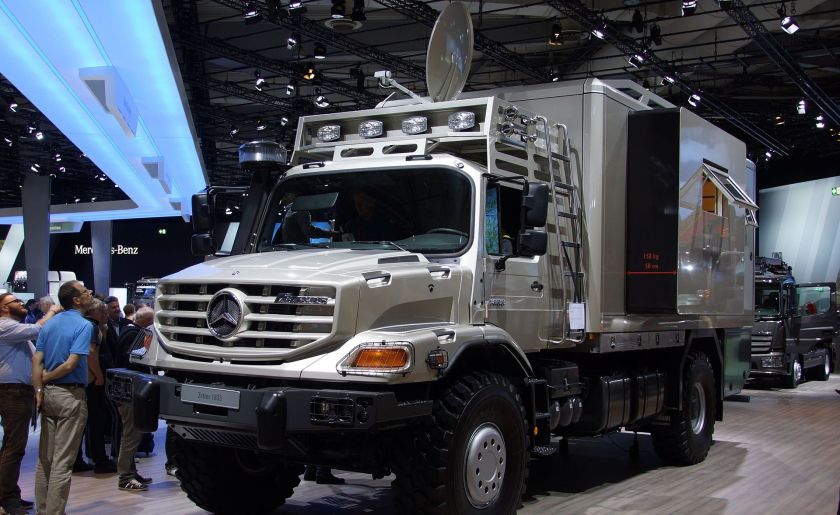
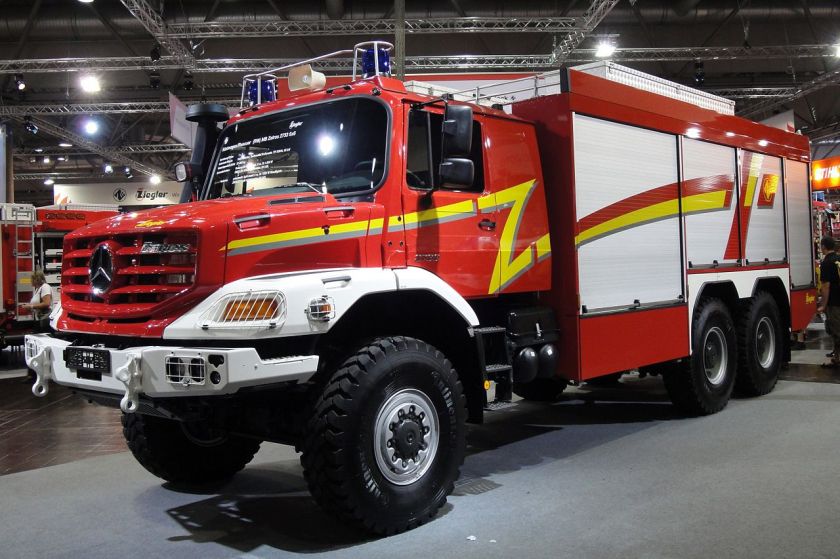

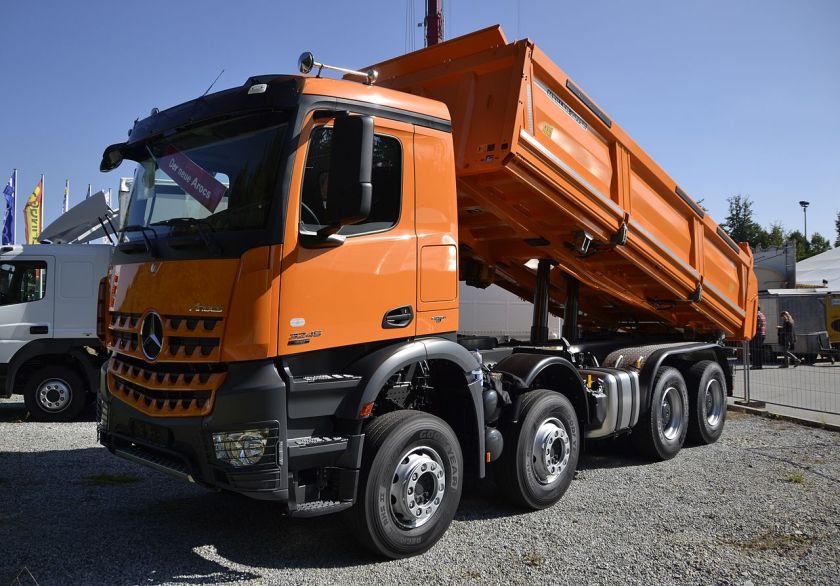
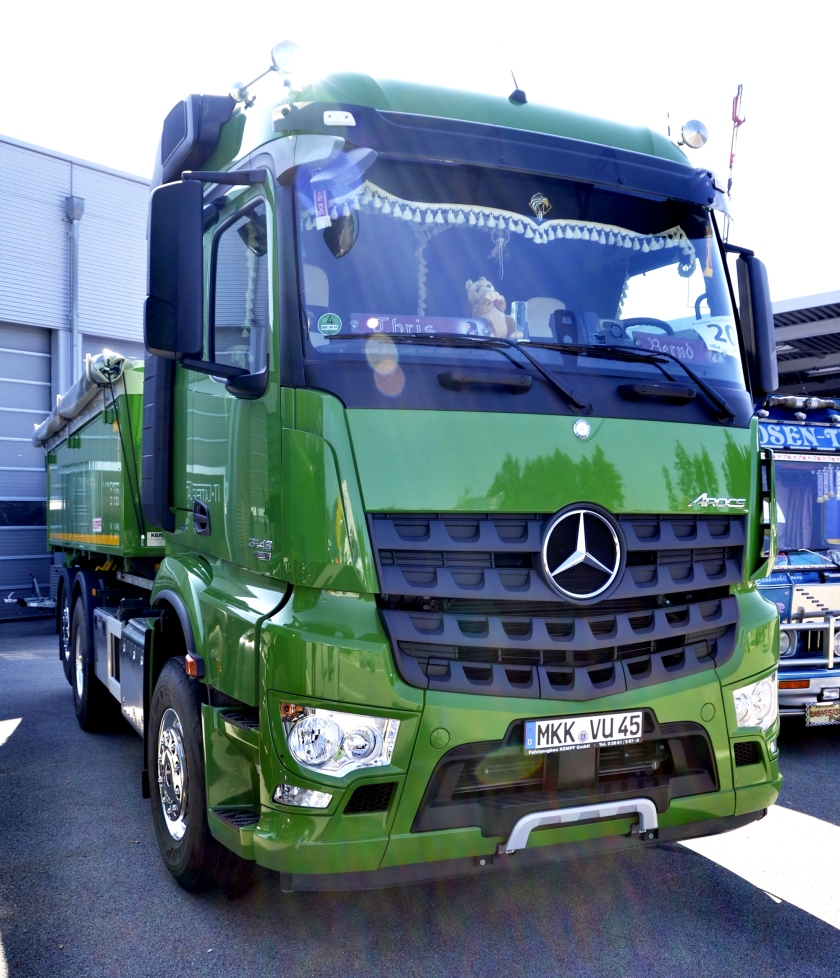
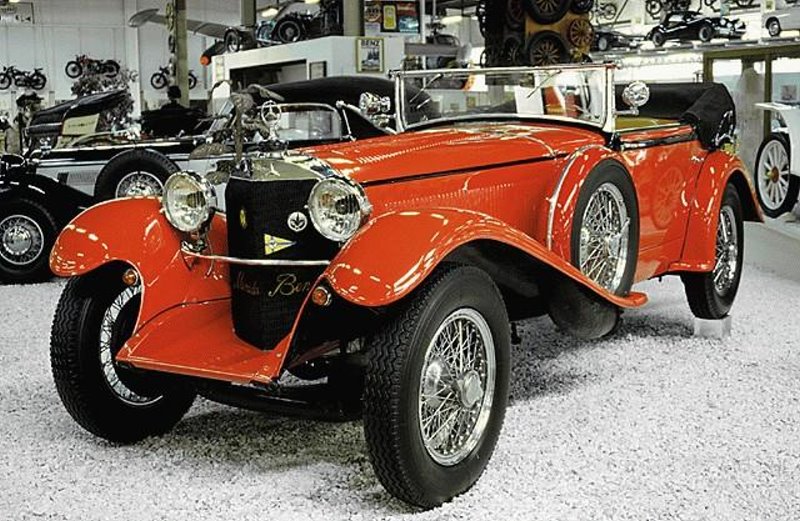 1926-28 Mercedes Benz 5-25 PS (W01 – W14) Typ 140 – 130 W01 1926 typ 140 (prototype)
1926-28 Mercedes Benz 5-25 PS (W01 – W14) Typ 140 – 130 W01 1926 typ 140 (prototype)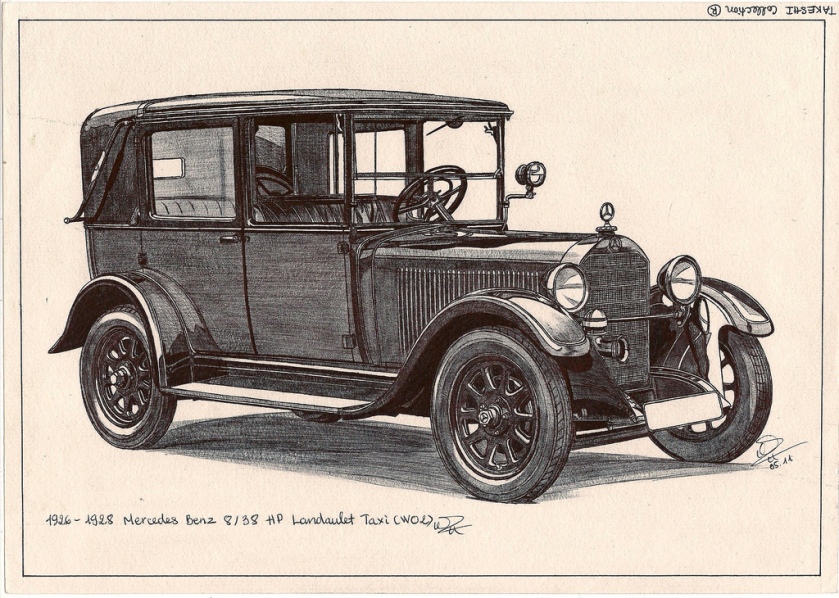 1926-28 Mercedes Benz 8-38 HP Landaulet Taxi (W02)
1926-28 Mercedes Benz 8-38 HP Landaulet Taxi (W02)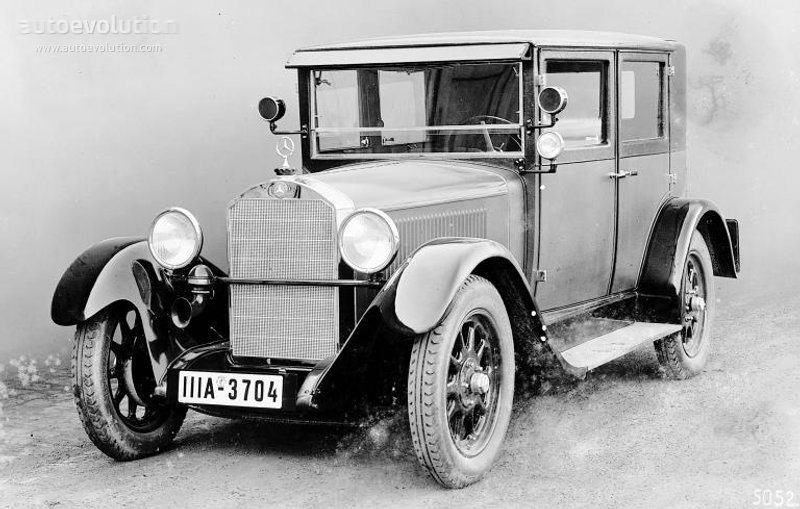 1926-28 MERCEDES BENZ 8-38 Typ 200 (W02)
1926-28 MERCEDES BENZ 8-38 Typ 200 (W02)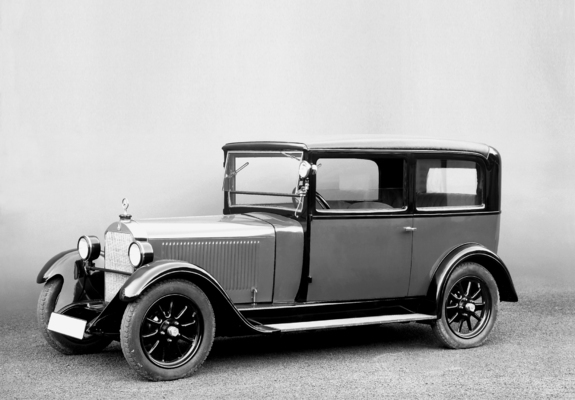 1927 Mercedes Benz 8-38hp (W02) Stuttgart 200
1927 Mercedes Benz 8-38hp (W02) Stuttgart 200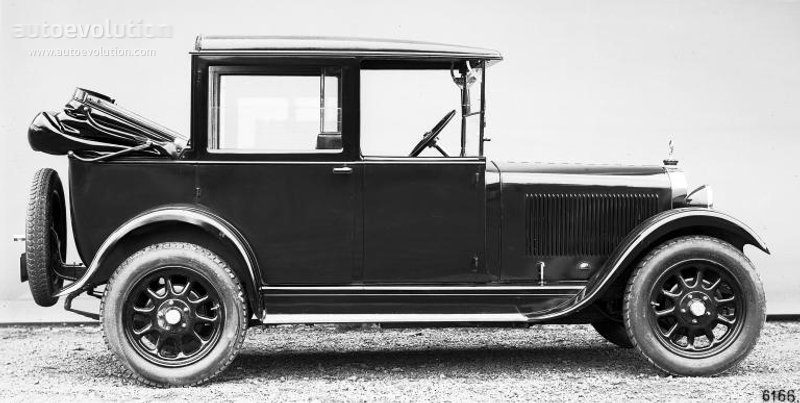 1926-28 MERCEDES BENZ 8-38 Typ 200 (W02)
1926-28 MERCEDES BENZ 8-38 Typ 200 (W02) 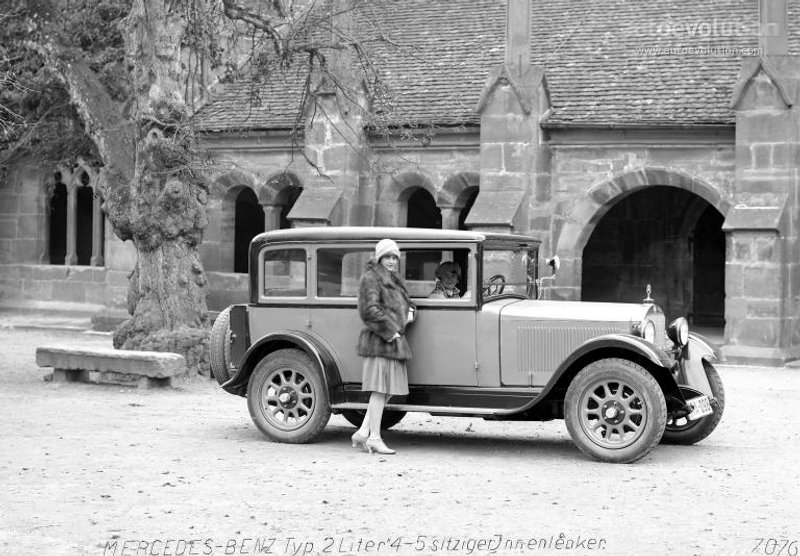 1928-33 MERCEDES BENZ 8-38 Typ Stuttgart 200 (W02)
1928-33 MERCEDES BENZ 8-38 Typ Stuttgart 200 (W02) 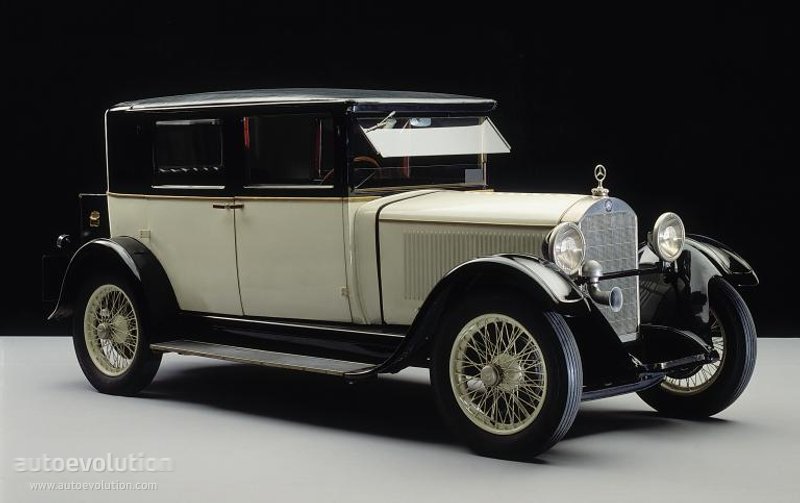 1928-33 MERCEDES BENZ 8-38 Typ Stuttgart 200 (W02) 1926-1936 Stuttgart 200, L3/4
1928-33 MERCEDES BENZ 8-38 Typ Stuttgart 200 (W02) 1926-1936 Stuttgart 200, L3/4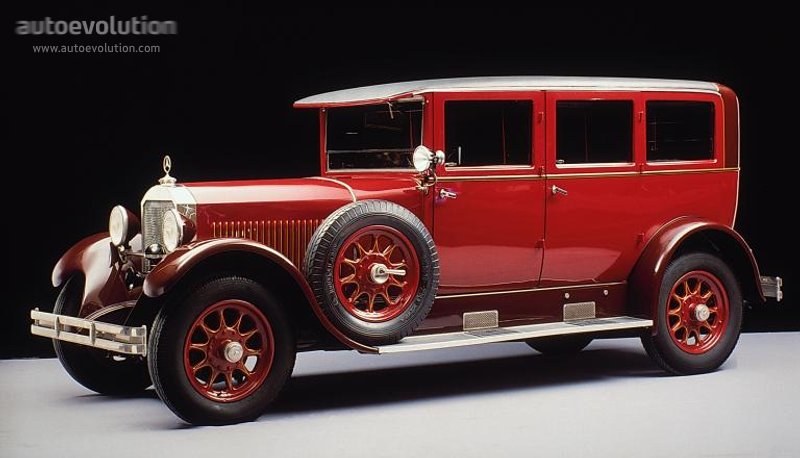 1926 Mercedes Benz W03
1926 Mercedes Benz W03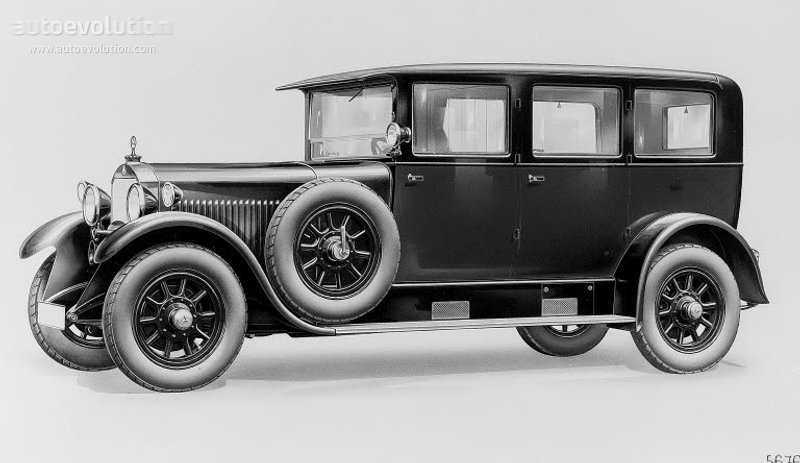 1926 Mercedes-Benz W03 a
1926 Mercedes-Benz W03 a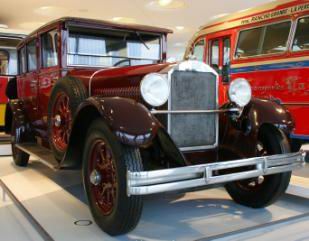
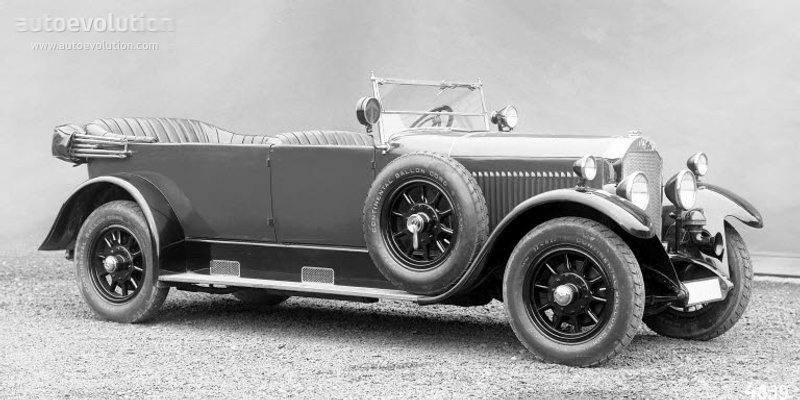 1926-27 Mercedes Benz W03 1926-1927 typ 300
1926-27 Mercedes Benz W03 1926-1927 typ 300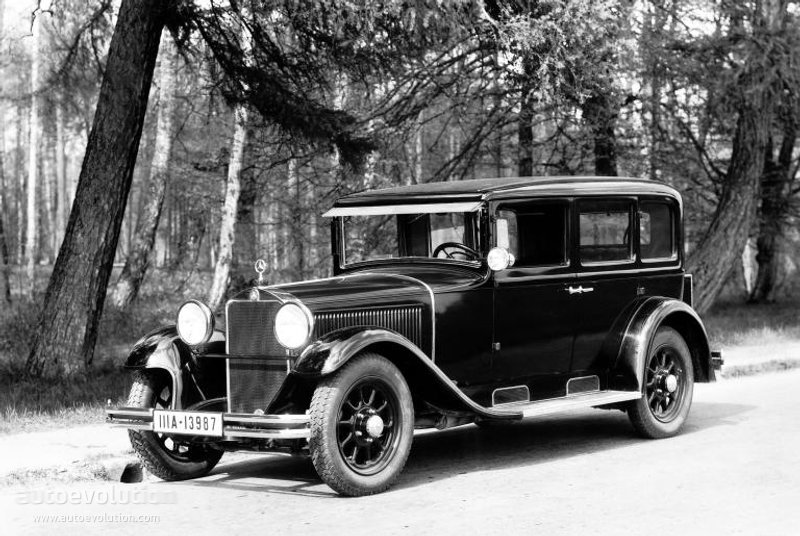 MERCEDES BENZ Typ12-55-14-60-W03-W04-W05–2557 7
MERCEDES BENZ Typ12-55-14-60-W03-W04-W05–2557 7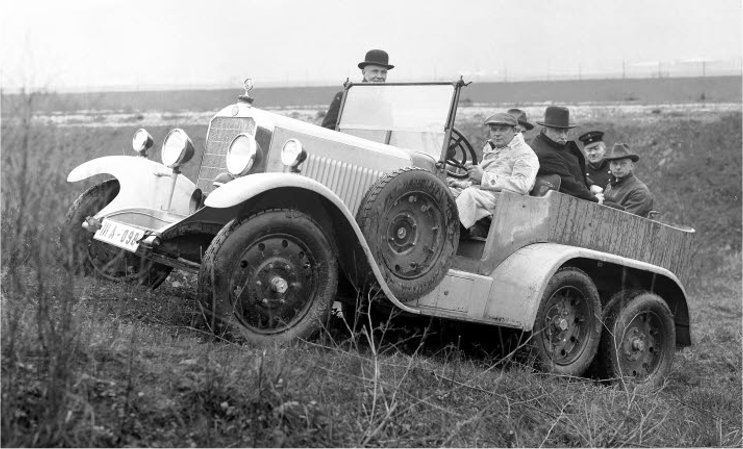 1926-29 Mercedes Benz 12-55 HP (W03+W04) typ 300-320 W04 1927-1928 typ 300, typ 320
1926-29 Mercedes Benz 12-55 HP (W03+W04) typ 300-320 W04 1927-1928 typ 300, typ 320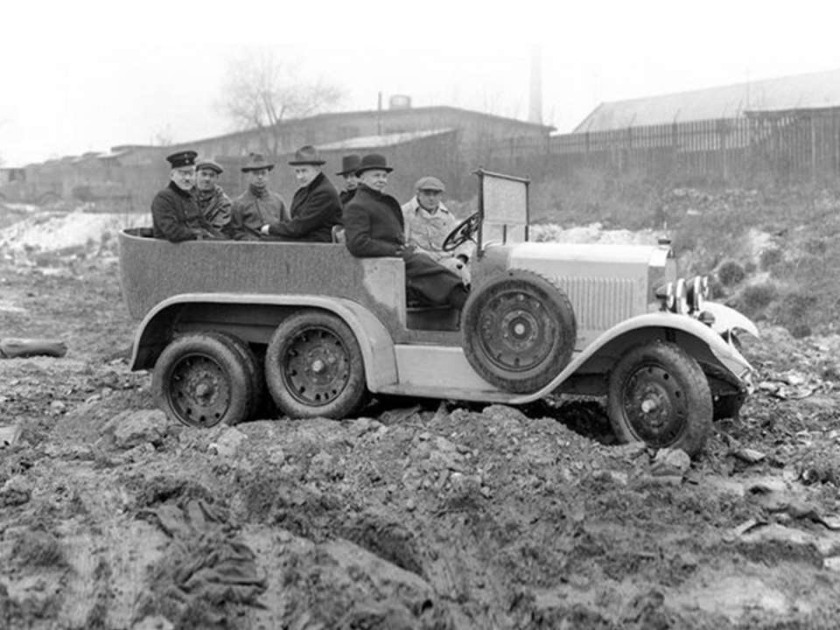 1926 Mercedes Benz 12-55hp WO3 6×6 g1 (Prototype Car)
1926 Mercedes Benz 12-55hp WO3 6×6 g1 (Prototype Car)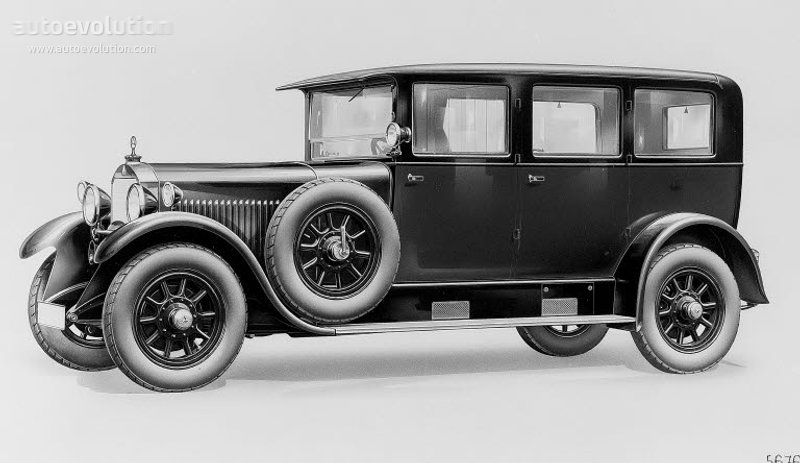 1926-29 MERCEDES BENZ Typ 12-55 – 14-60 (W03+W04+W05)a W05 1928-1929 typ 350
1926-29 MERCEDES BENZ Typ 12-55 – 14-60 (W03+W04+W05)a W05 1928-1929 typ 350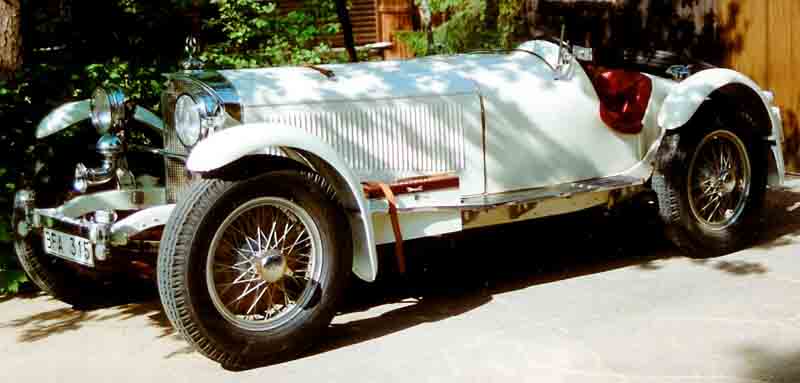 1929 Mercedes Benz W06 1926-1934 S, SS, SSK, SSKL
1929 Mercedes Benz W06 1926-1934 S, SS, SSK, SSKL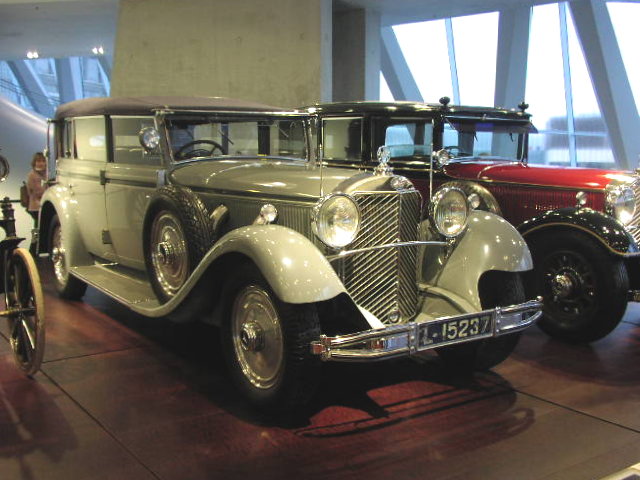 1932 Mercedes Benz W07 770 Cabrio F WilhelmII 01.jpg W07 1930-1938 typ 770 “Grosser”
1932 Mercedes Benz W07 770 Cabrio F WilhelmII 01.jpg W07 1930-1938 typ 770 “Grosser”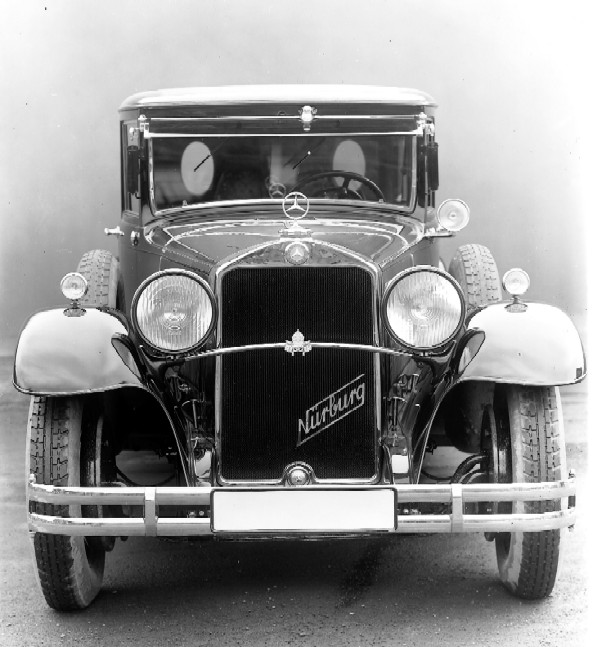 1930 Mercedes Benz Typ Nürburg 460 W08.jpg
1930 Mercedes Benz Typ Nürburg 460 W08.jpg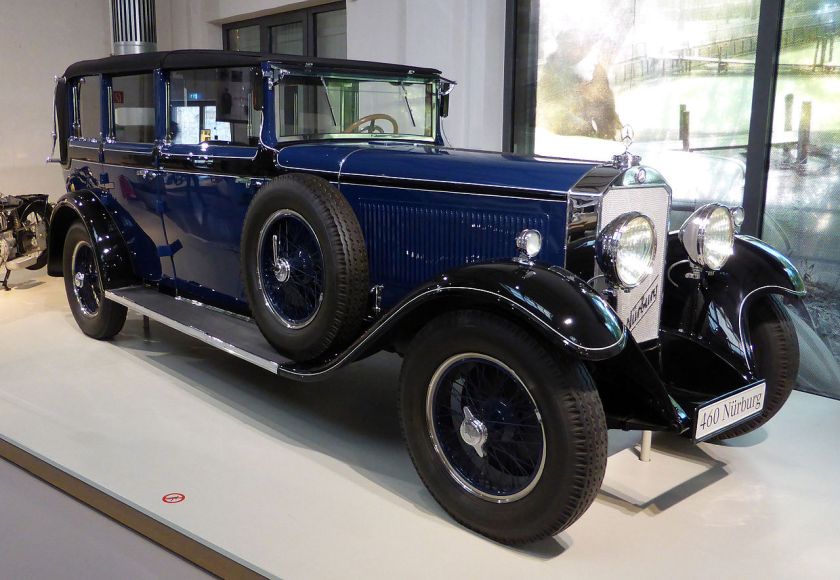 1929 Mercedes Benz Nürburg 460 W08 1928-1939 Nuerburg 460, Nuerburg 500
1929 Mercedes Benz Nürburg 460 W08 1928-1939 Nuerburg 460, Nuerburg 500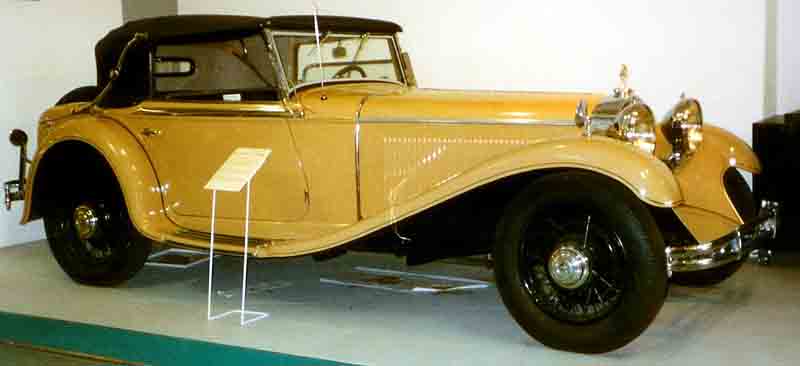 1931 Mercedes Benz 370S W10 Sport Cabriolet Manheim.jpg W10 1929-1935 Mannheim 350, Mannheim 370, Mannheim 380, G3a
1931 Mercedes Benz 370S W10 Sport Cabriolet Manheim.jpg W10 1929-1935 Mannheim 350, Mannheim 370, Mannheim 380, G3a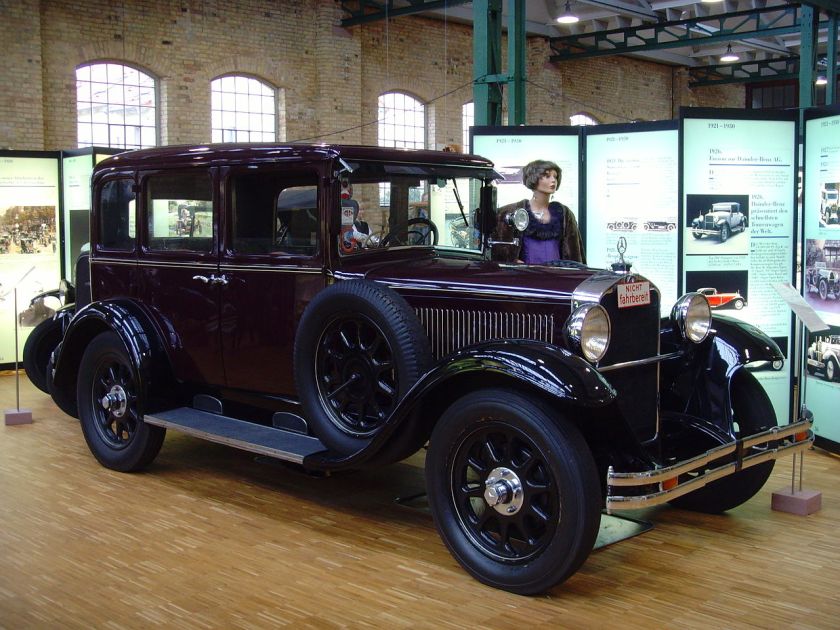 1929-34 Mercedes Benz Typ 10-50 PS W11 1929-1934 Stuttgart 260
1929-34 Mercedes Benz Typ 10-50 PS W11 1929-1934 Stuttgart 260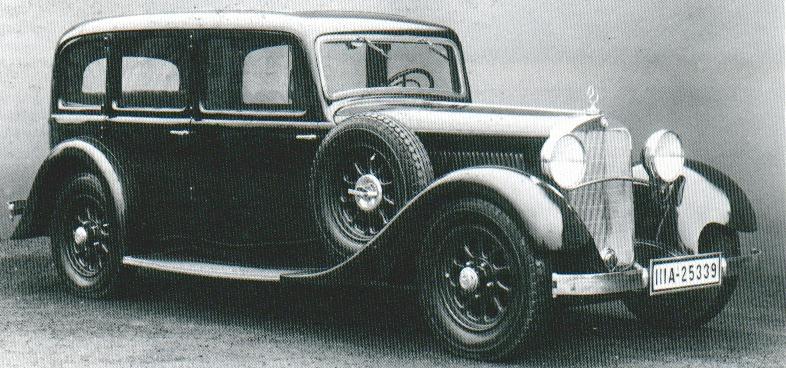 1929-35 Mercedes Benz W12 1930 Mannheim 370 K
1929-35 Mercedes Benz W12 1930 Mannheim 370 K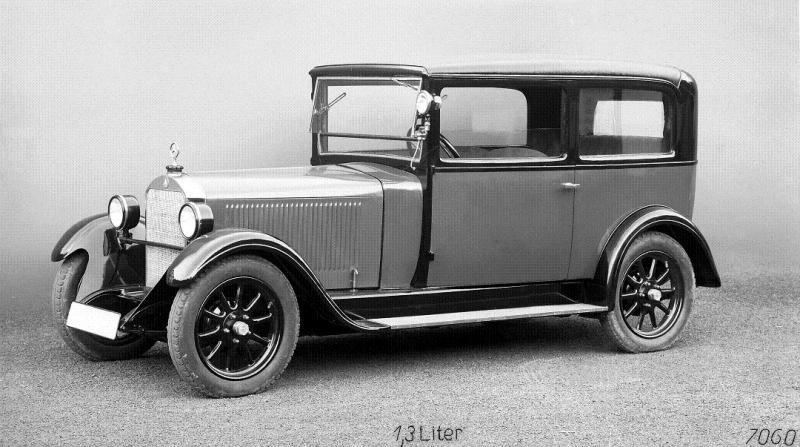 1928 Prototype of the Mercedes-Benz W14 5-25 hp Saloon.1 W14 1928 typ 130 (prototype)
1928 Prototype of the Mercedes-Benz W14 5-25 hp Saloon.1 W14 1928 typ 130 (prototype)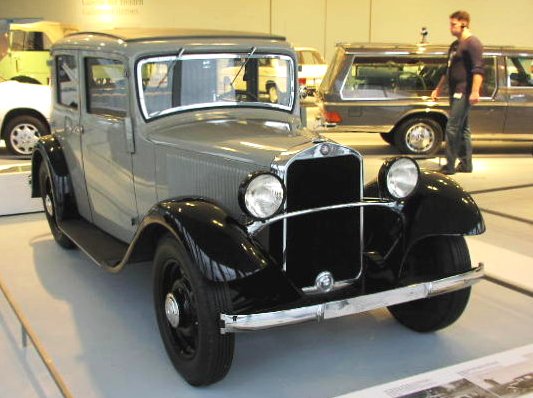 1931 Mercedes Benz Typ 170 W 15 170-6 1931-1936 typ 170, L300
1931 Mercedes Benz Typ 170 W 15 170-6 1931-1936 typ 170, L300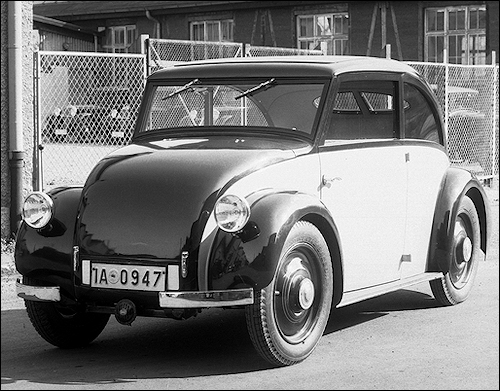 1931 mercedes benz 1931 120h w17 prototype 12 excemp W17 1931 typ 120 (prototype, rearmotor)
1931 mercedes benz 1931 120h w17 prototype 12 excemp W17 1931 typ 120 (prototype, rearmotor)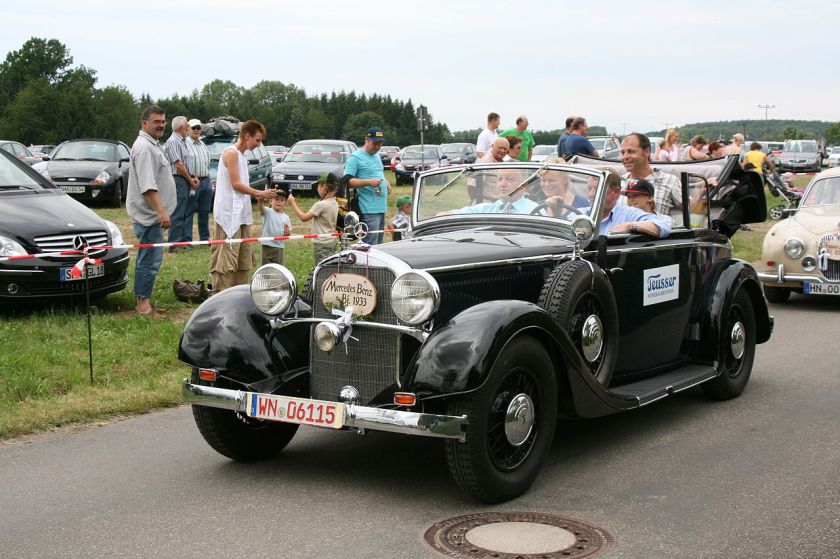 1933 Mercedes Benz Type 290 Cabriolet B W18 1933-1937 typ 290
1933 Mercedes Benz Type 290 Cabriolet B W18 1933-1937 typ 290 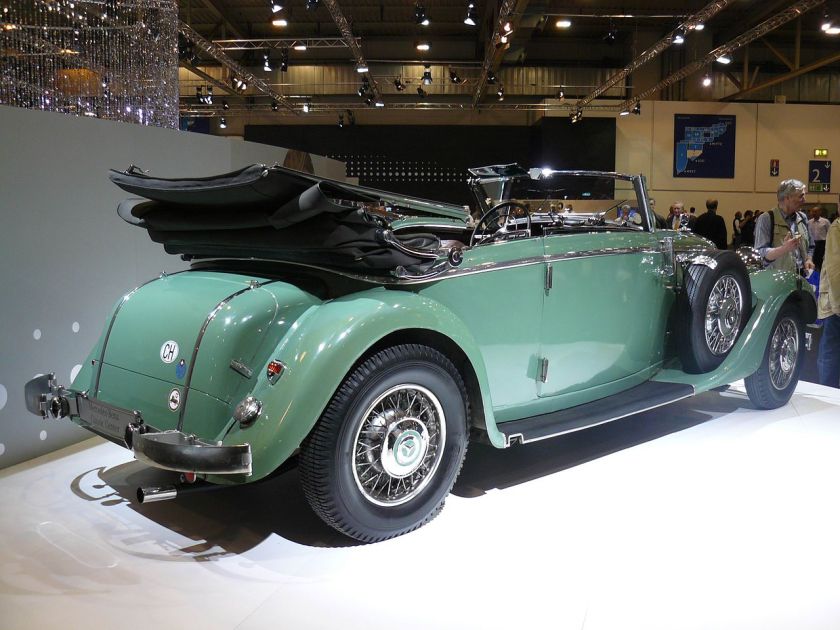 1935 Mercedes Benz W18 290 A Cabriolet.jpg
1935 Mercedes Benz W18 290 A Cabriolet.jpg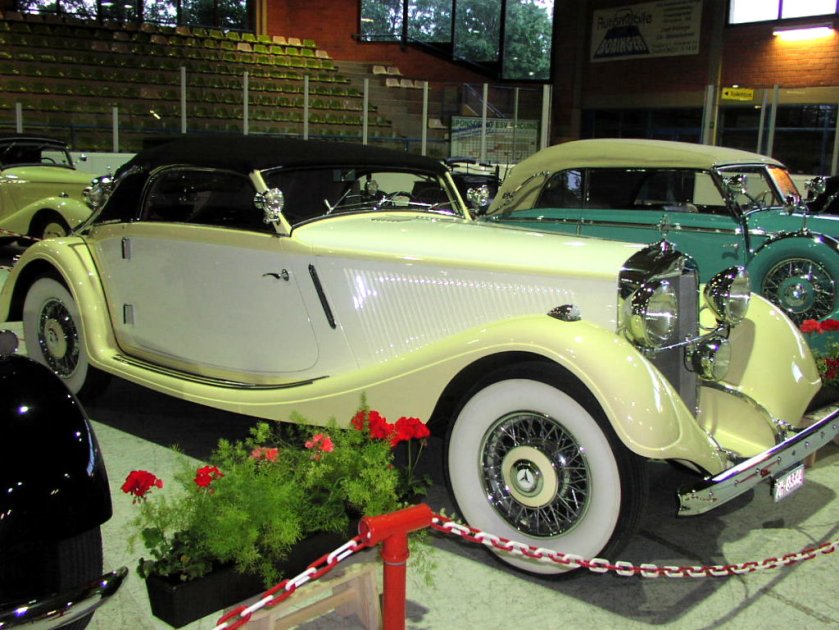 1935 Mercedes Benz W18 290 LWB Cabrio A.jpg
1935 Mercedes Benz W18 290 LWB Cabrio A.jpg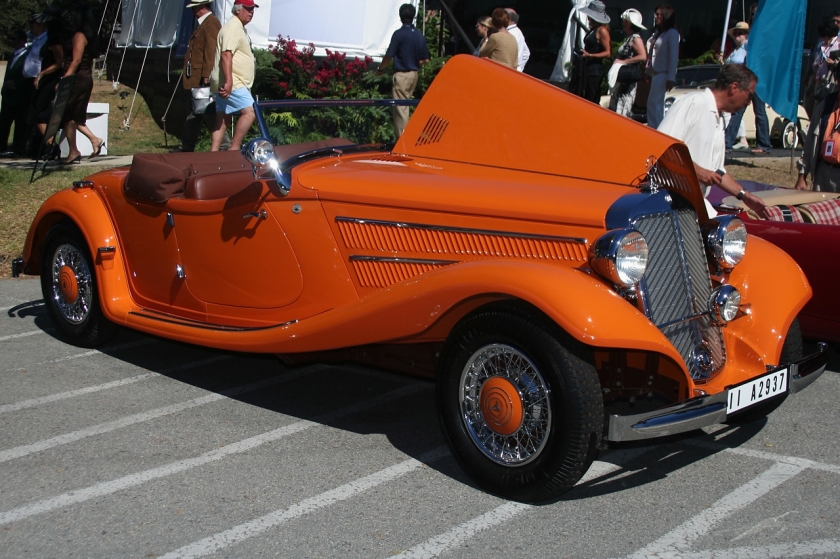 Mercedes Benz Typ 290 Spezial-Roadster W18
Mercedes Benz Typ 290 Spezial-Roadster W18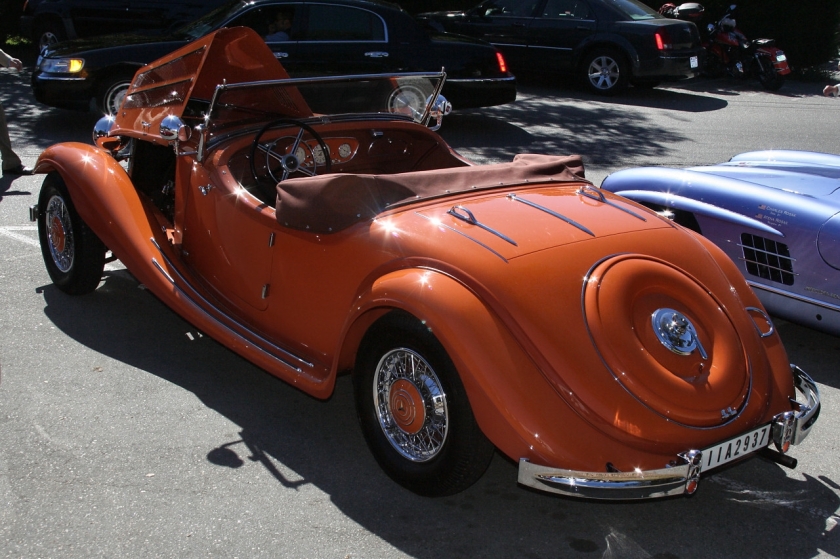 Mercedes Benz Typ 290 Spezial-Roadster W18 rear
Mercedes Benz Typ 290 Spezial-Roadster W18 rear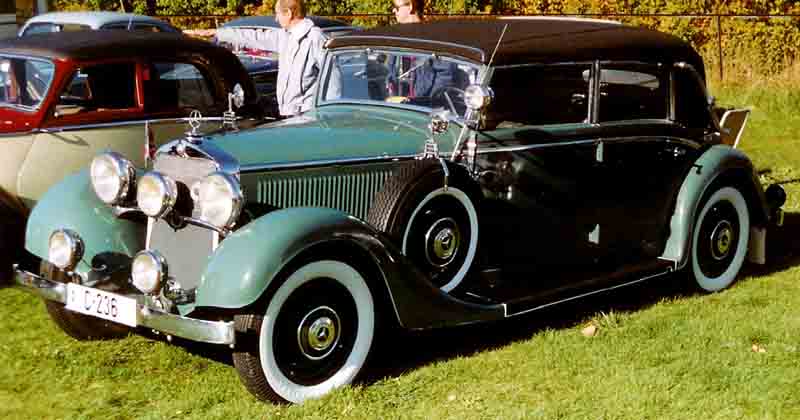 1936 Mercedes Benz 290 Cabriolet D W18
1936 Mercedes Benz 290 Cabriolet D W18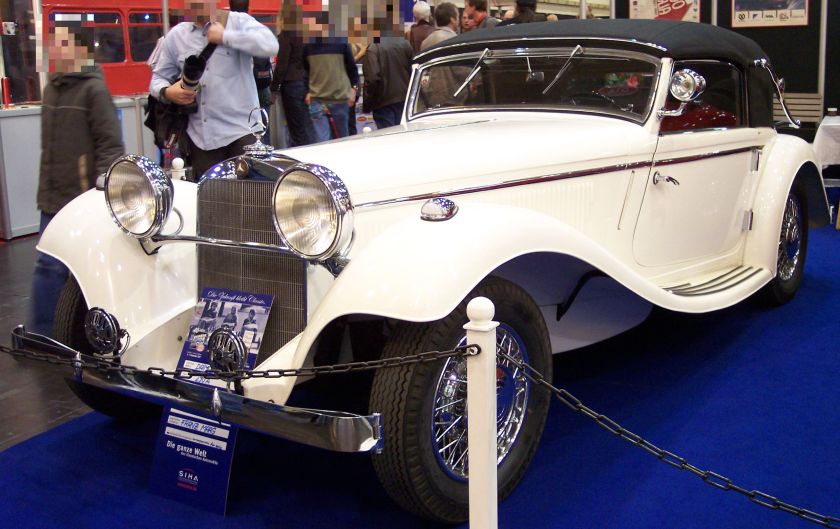 Mercedes Benz 290A W18 white vl TCE
Mercedes Benz 290A W18 white vl TCE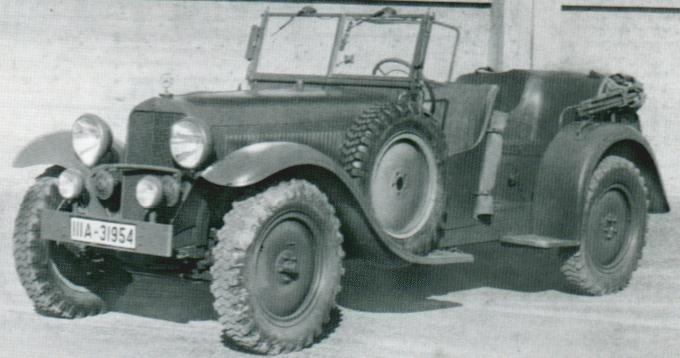 1936-37 Mercedes Benz-290 W18 Wehrmacht-Kübelwagen
1936-37 Mercedes Benz-290 W18 Wehrmacht-Kübelwagen 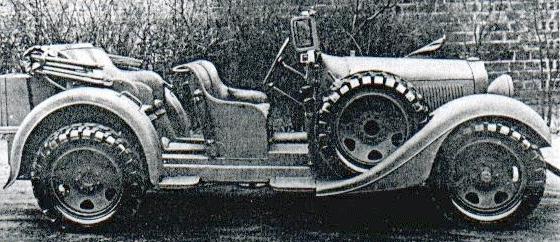 1934 Mercedes Benz 290 W18 Kübelwagen W18 III 1934 typ 290 Kübelwagen I(amphibie)
1934 Mercedes Benz 290 W18 Kübelwagen W18 III 1934 typ 290 Kübelwagen I(amphibie)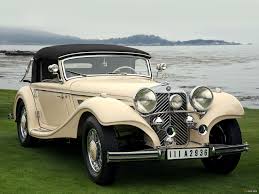
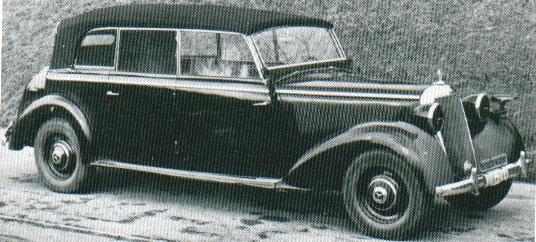 1932-33 Mercedes Benz Mannheim 380S W20 1932-1933 typ 380 S
1932-33 Mercedes Benz Mannheim 380S W20 1932-1933 typ 380 S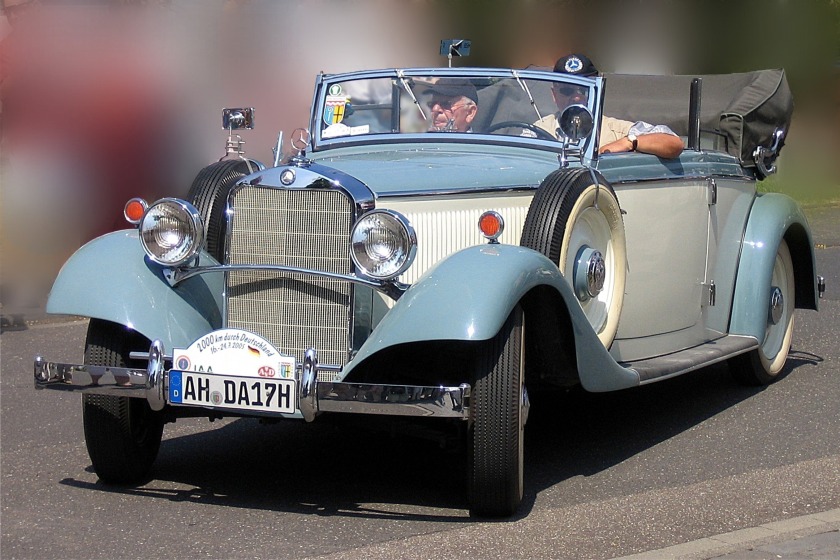 1935 Mercedes Benz 200 W21 1933-1937 typ 200, typ 230
1935 Mercedes Benz 200 W21 1933-1937 typ 200, typ 230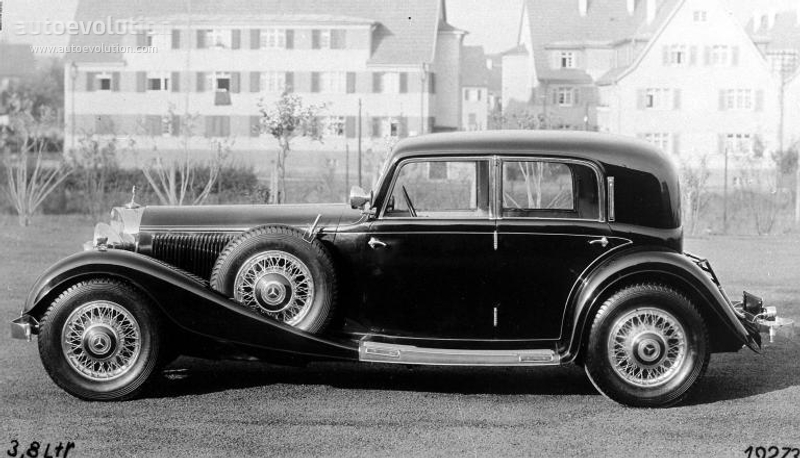 1933-34 MERCEDES BENZ Typ 380 W22 1933-1934 typ 380
1933-34 MERCEDES BENZ Typ 380 W22 1933-1934 typ 380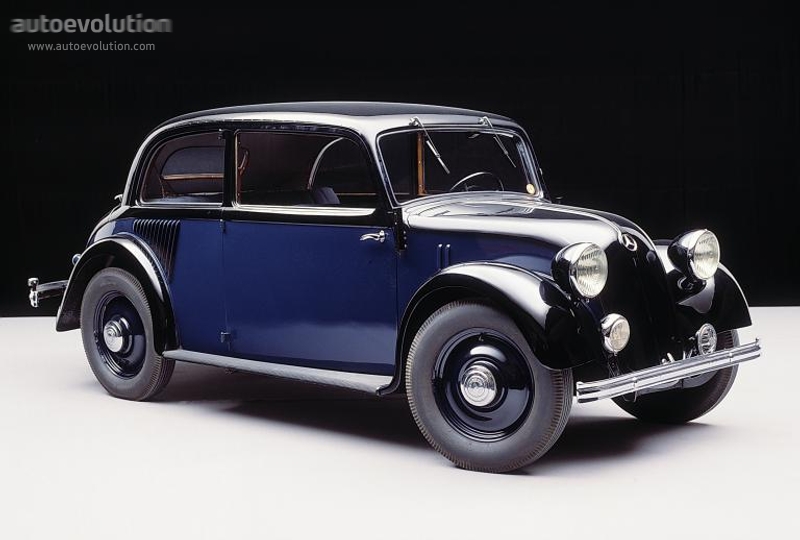
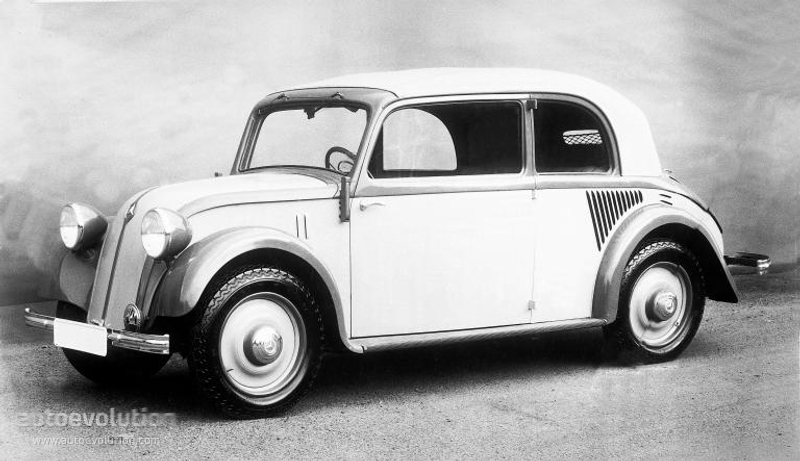
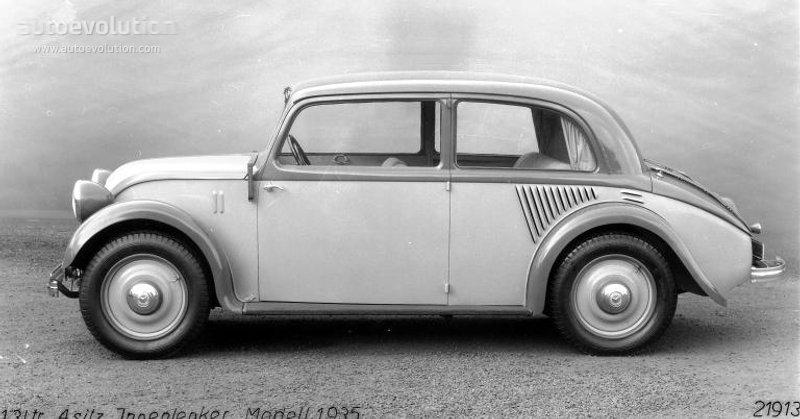 1934-36 MERCEDES BENZ130-W23–2634 1+2+3 W23 1934-1936 typ 130 (rearmotor)
1934-36 MERCEDES BENZ130-W23–2634 1+2+3 W23 1934-1936 typ 130 (rearmotor)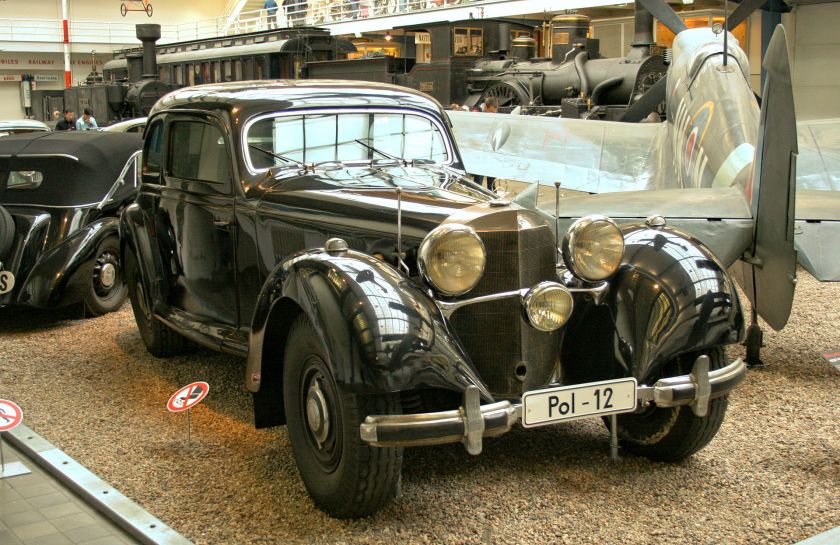 1936+1939-42 Mercedes Benz 540 K W24 1936, 1943 typ 540 K
1936+1939-42 Mercedes Benz 540 K W24 1936, 1943 typ 540 K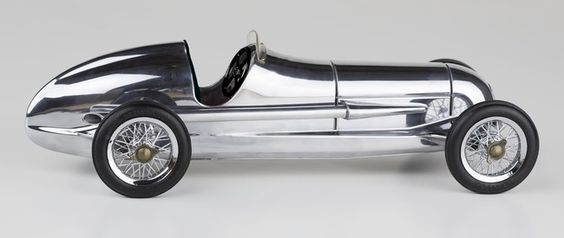
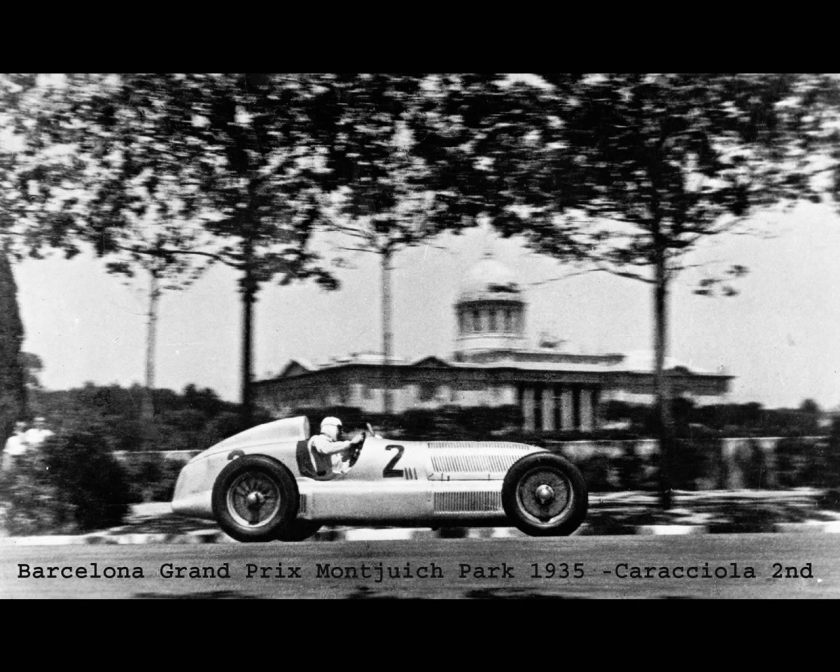 W25 1934-1936 W25 Silver Arrow
W25 1934-1936 W25 Silver Arrow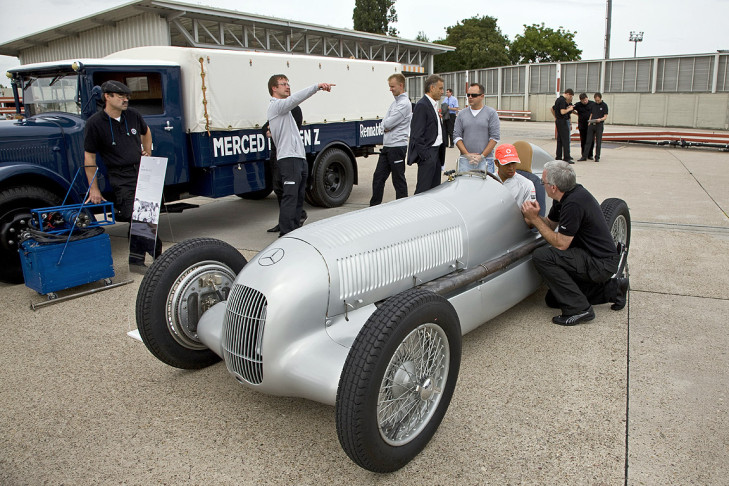 1933 Mercedes Benz Silberpfeile W-25D.jpg W25D 1933 typ 175 (prototype)
1933 Mercedes Benz Silberpfeile W-25D.jpg W25D 1933 typ 175 (prototype)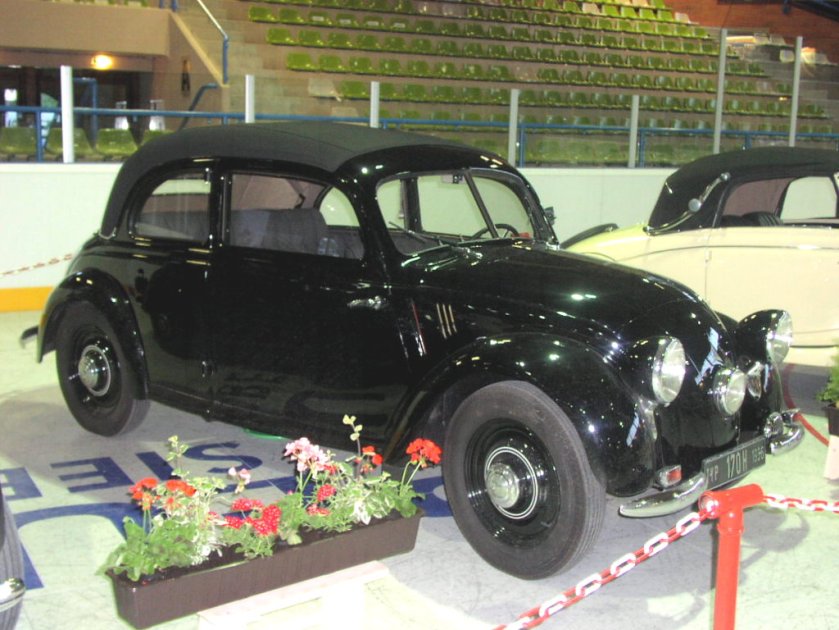 1936 Mercedes Benz W28 170H W28 1936-1939 typ 170 H
1936 Mercedes Benz W28 170H W28 1936-1939 typ 170 H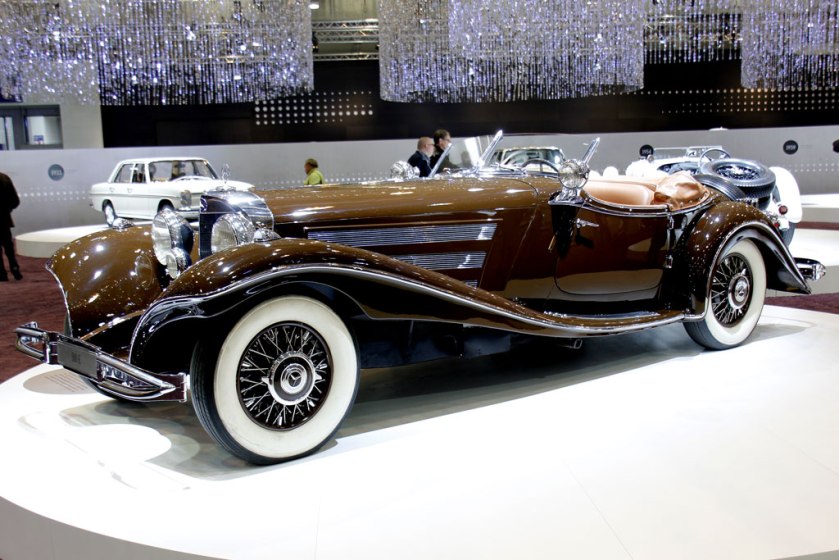 1934 Mercedes Benz 500 K Special Roadster W29 3215 1934-1939 typ 500 K, typ 540 K
1934 Mercedes Benz 500 K Special Roadster W29 3215 1934-1939 typ 500 K, typ 540 K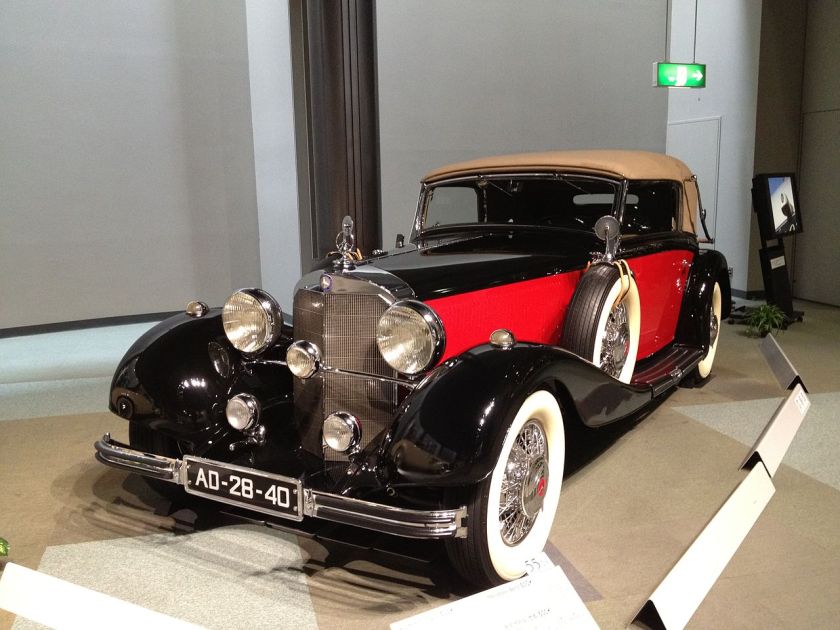 1935 Mercedes-Benz 500K W29
1935 Mercedes-Benz 500K W29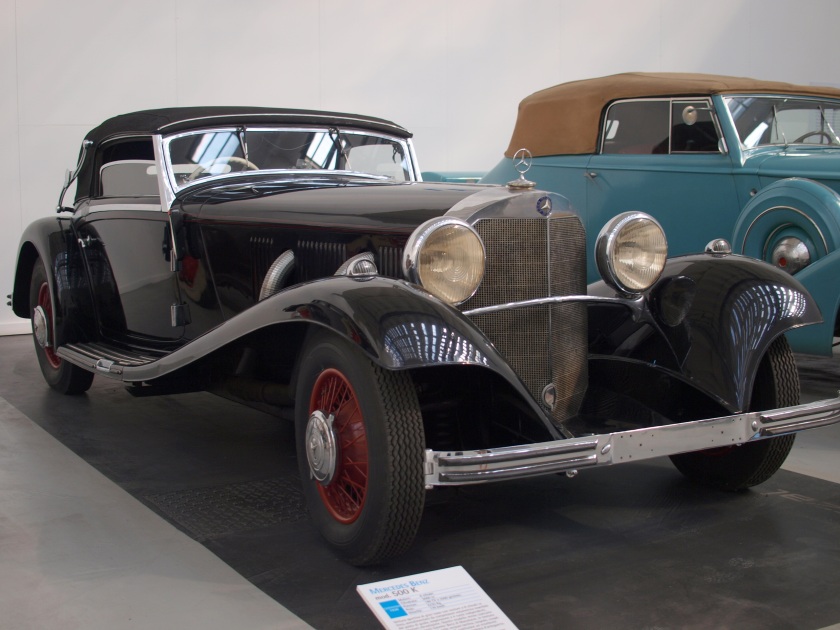
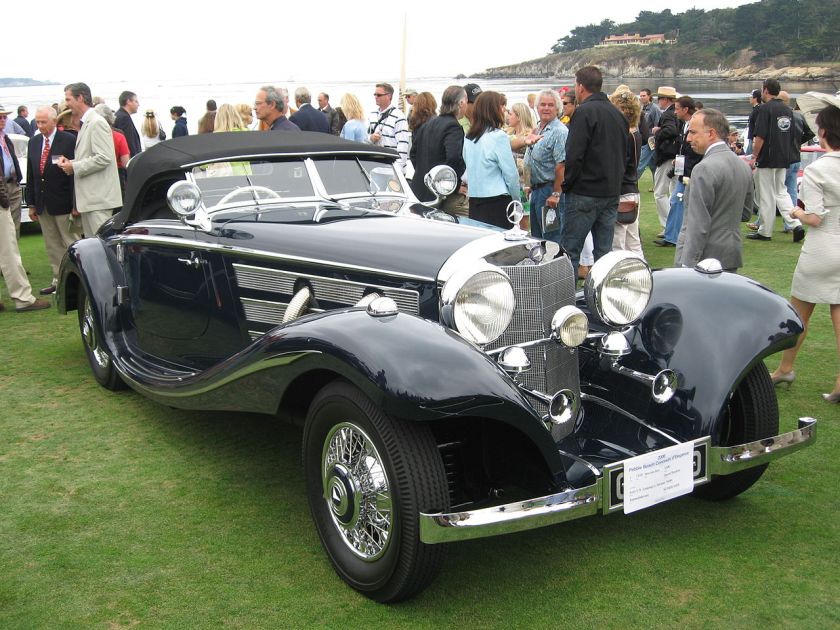 1936 Mercedes Benz 500 K Spezial-Roadster W29
1936 Mercedes Benz 500 K Spezial-Roadster W29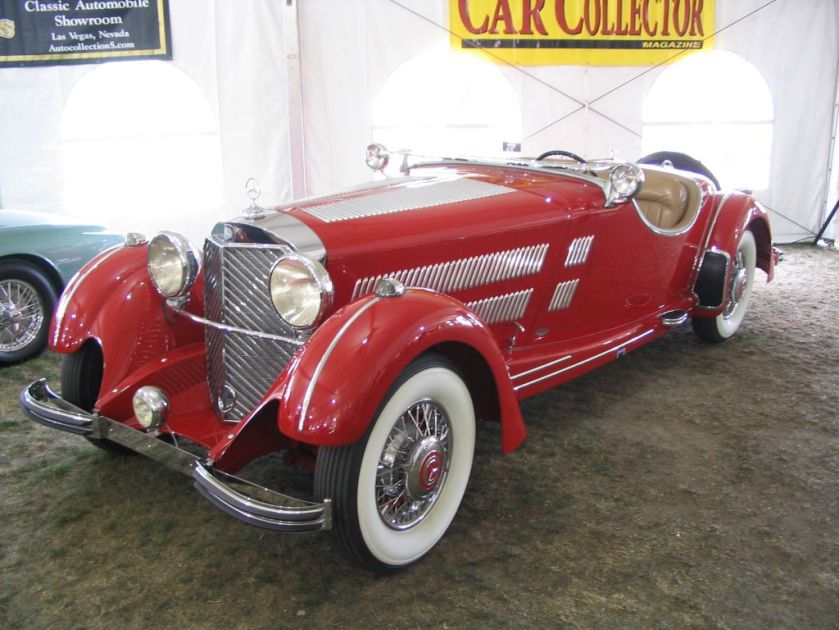 1934 Mercedes-Benz 500 K Sport-Roadster W29
1934 Mercedes-Benz 500 K Sport-Roadster W29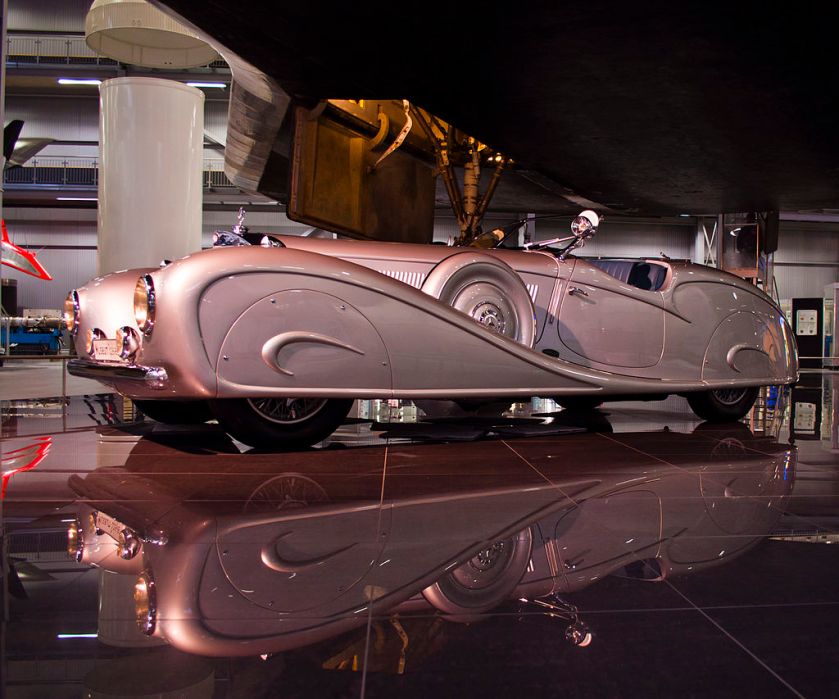 1935 Mercedes Benz 500 K W29 mit Erdmann-&-Rossi-Karosserie für den König des Irak
1935 Mercedes Benz 500 K W29 mit Erdmann-&-Rossi-Karosserie für den König des Irak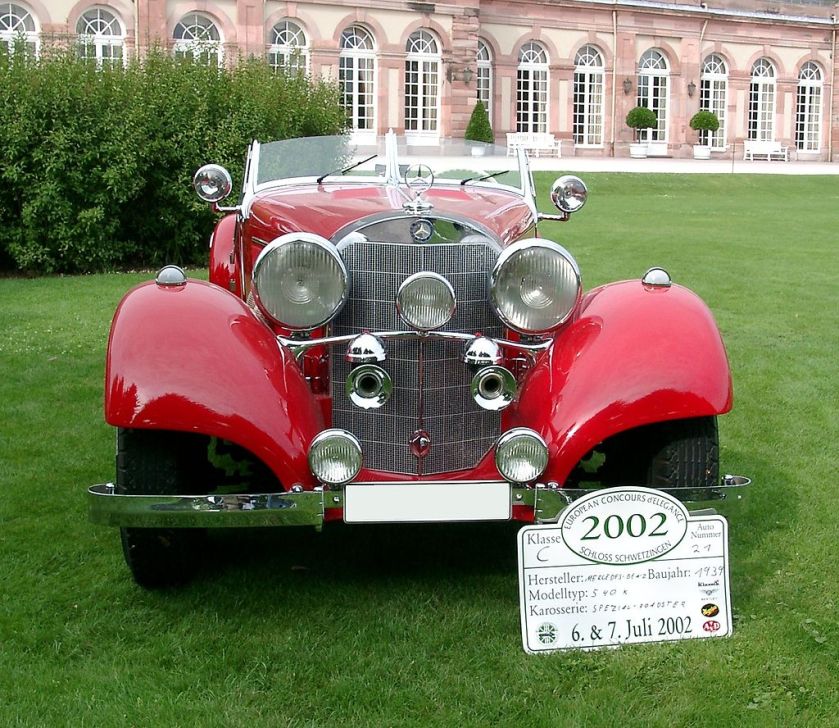 1939 Mercedes-Benz W29K540K Cabriolet, Baujahr 1939
1939 Mercedes-Benz W29K540K Cabriolet, Baujahr 1939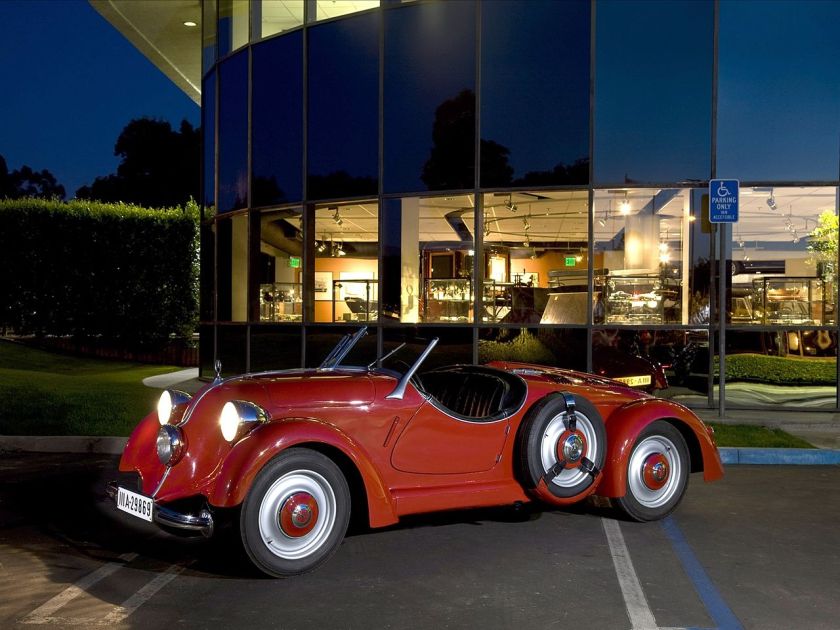 1935 Mercedes Benz 150 Roadster W30 1935-1936 typ 150 (rearmotor)
1935 Mercedes Benz 150 Roadster W30 1935-1936 typ 150 (rearmotor)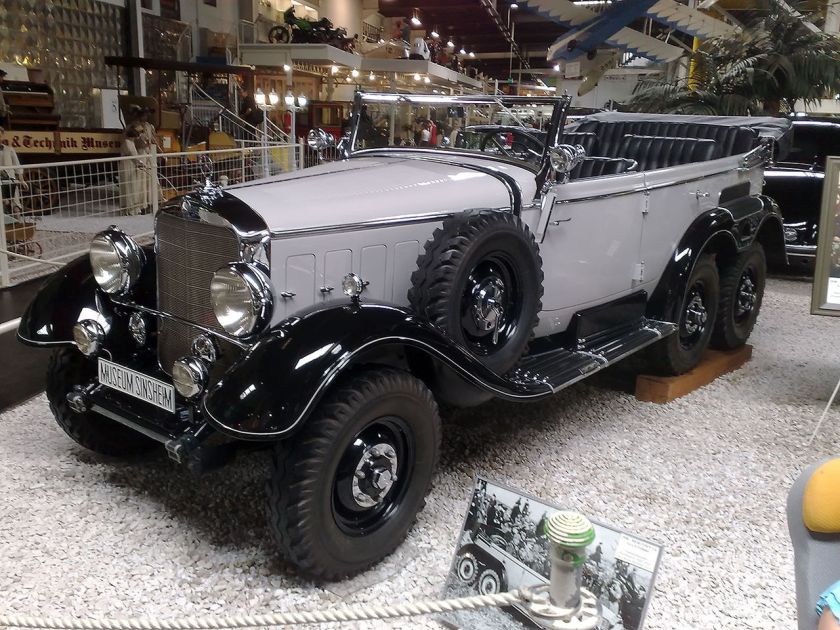 1938 Mercedes Benz G4 W31 1934-1939 typ G4
1938 Mercedes Benz G4 W31 1934-1939 typ G4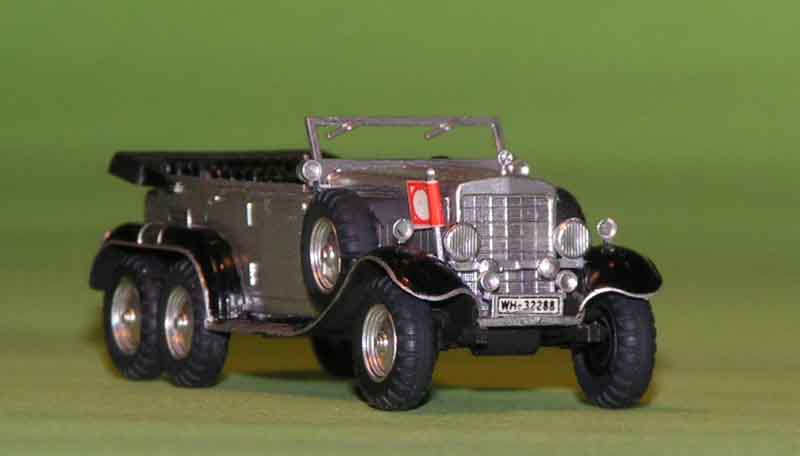 W34 1934 typ 150 (rearmotor)
W34 1934 typ 150 (rearmotor)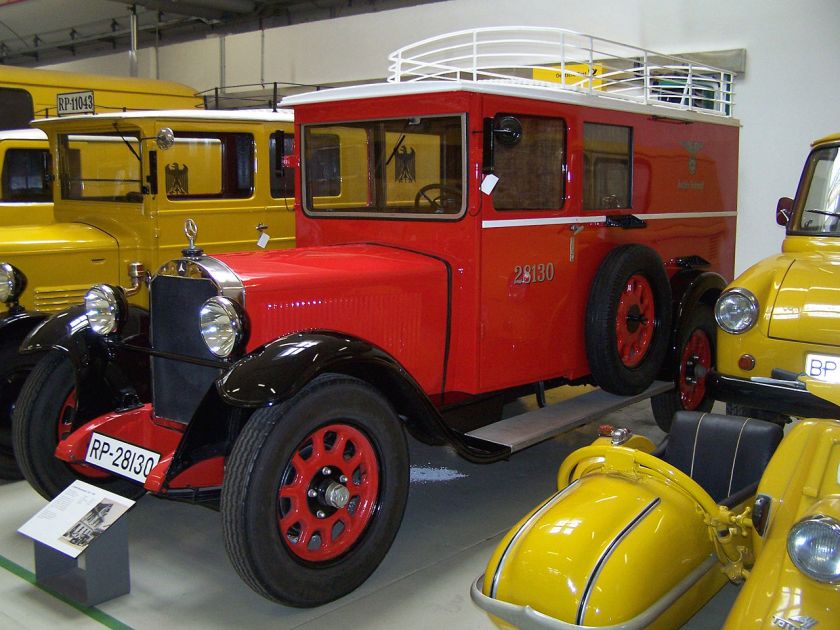 Daimler-Benz L 1000 W37 Heusenstamm. W37 1929-1936 L1000 (Stuttgart 260 based)
Daimler-Benz L 1000 W37 Heusenstamm. W37 1929-1936 L1000 (Stuttgart 260 based)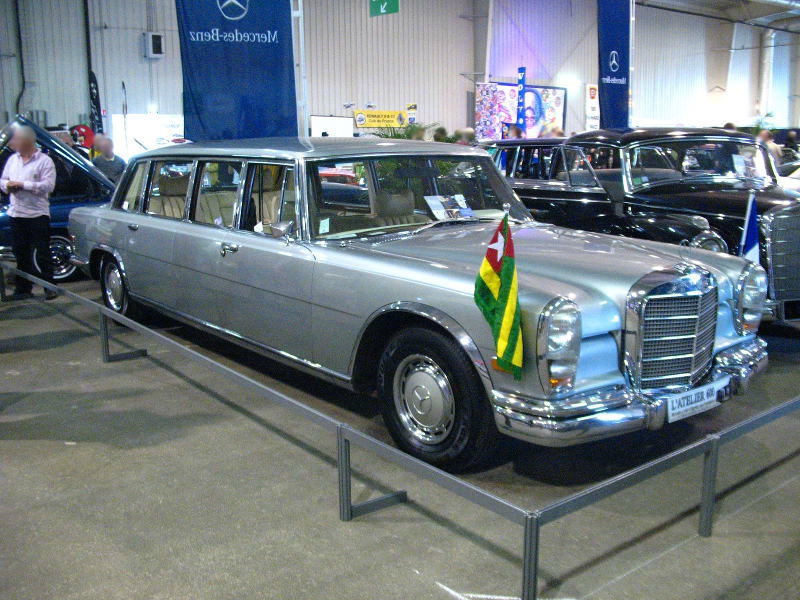
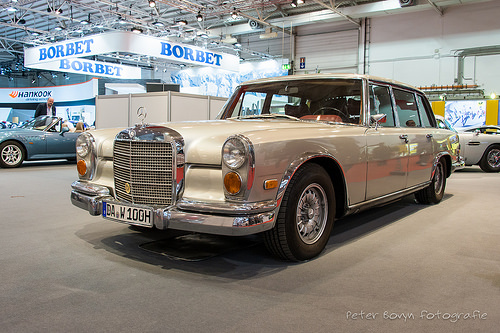
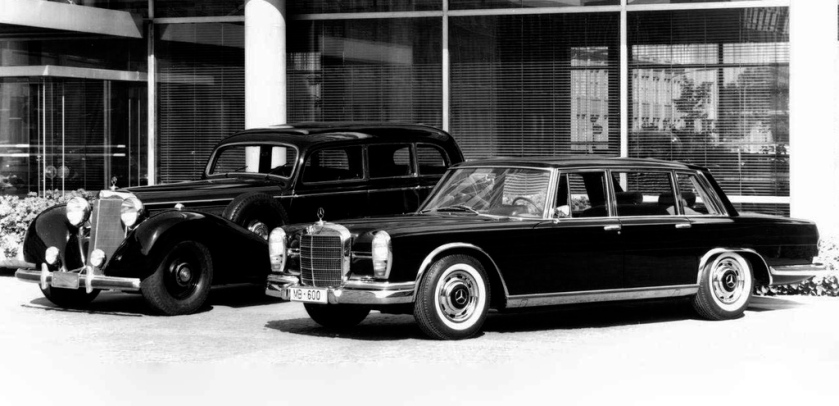
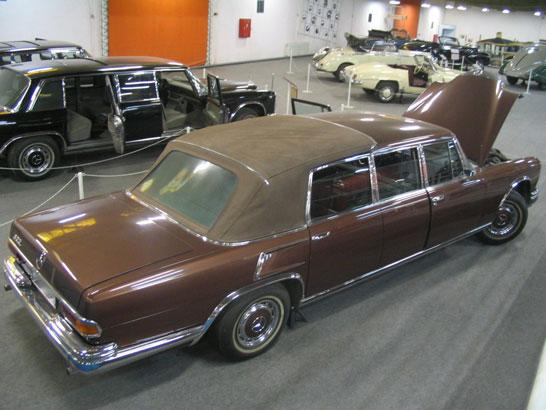
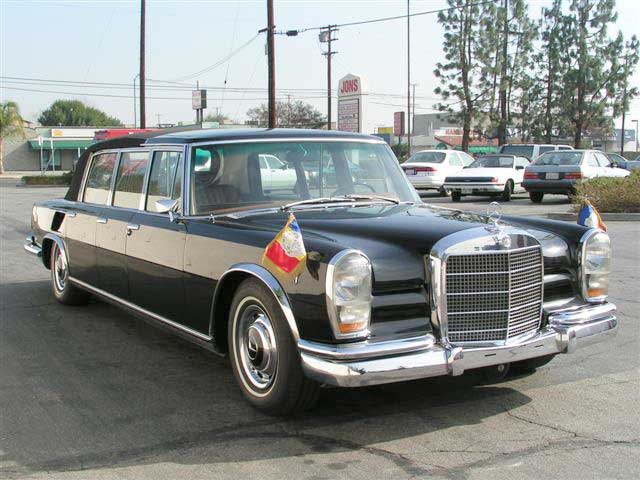
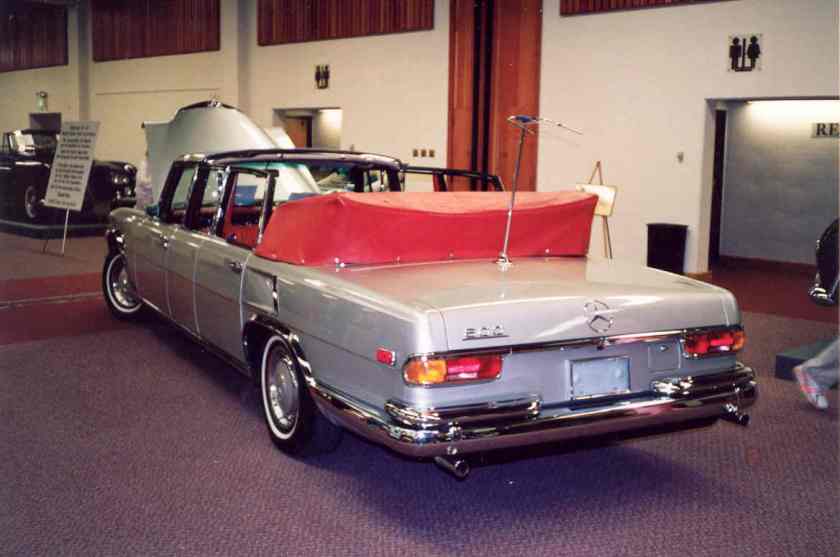
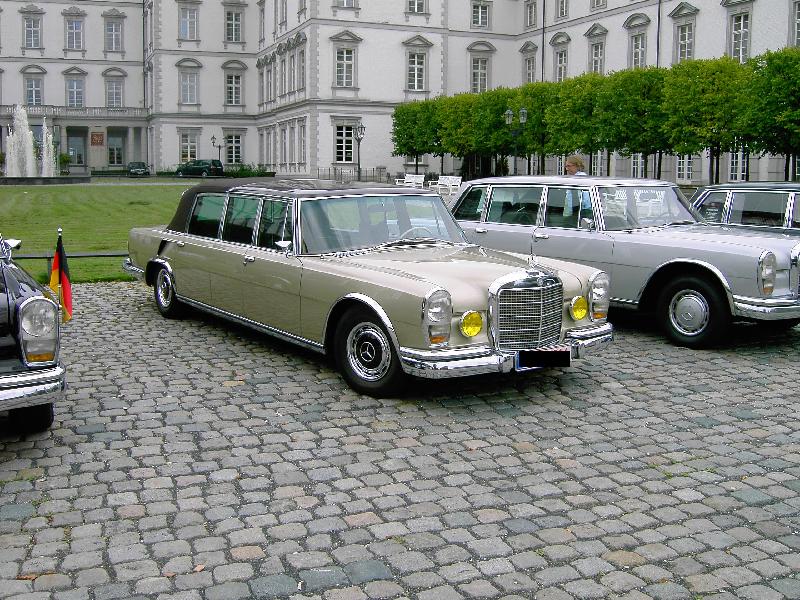
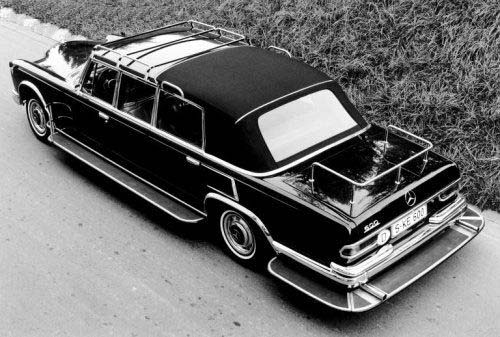
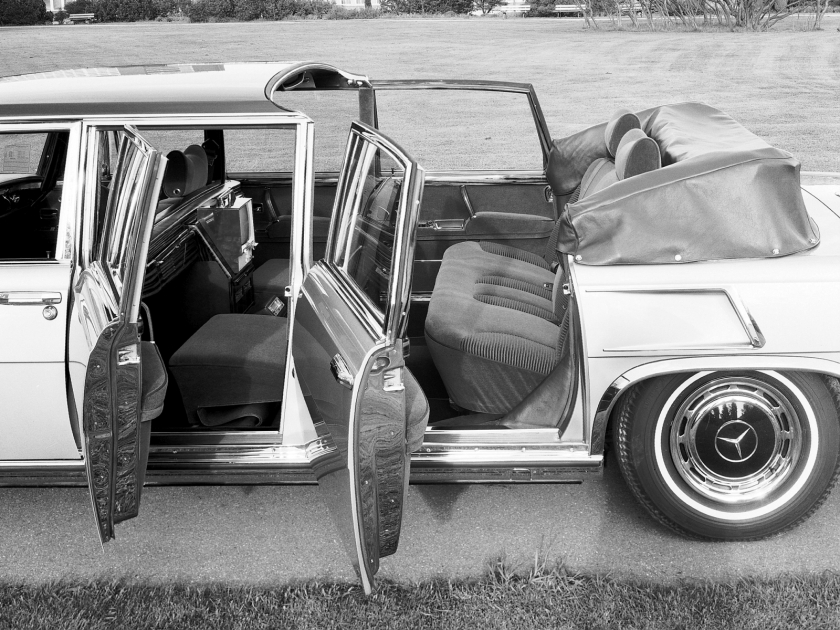
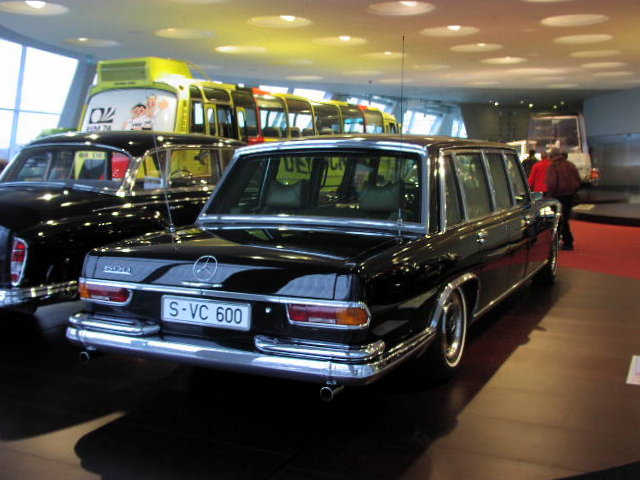
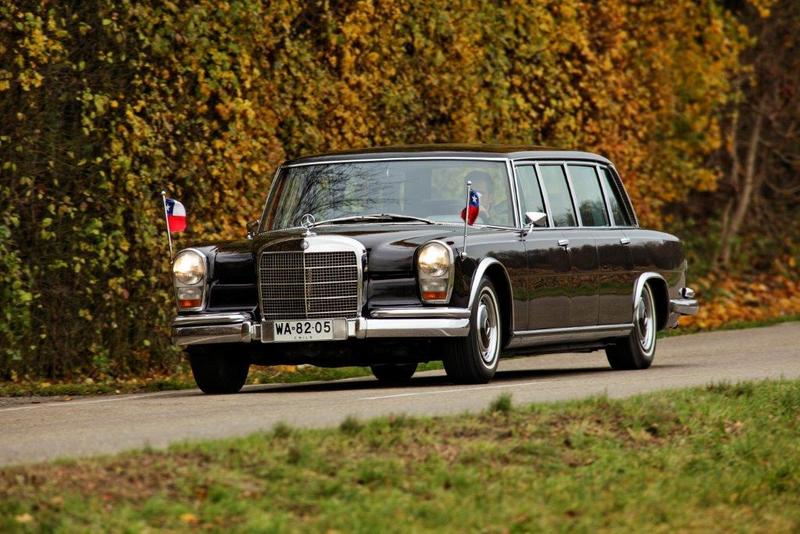
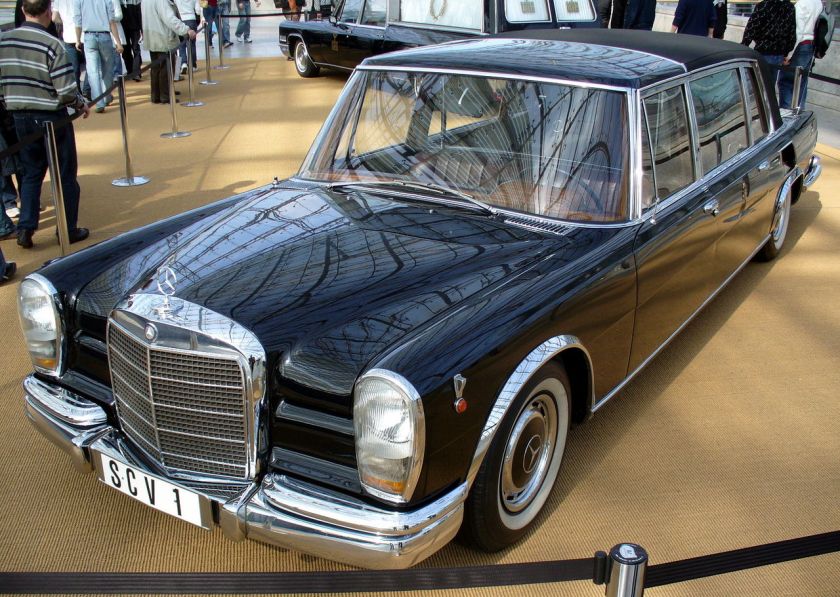
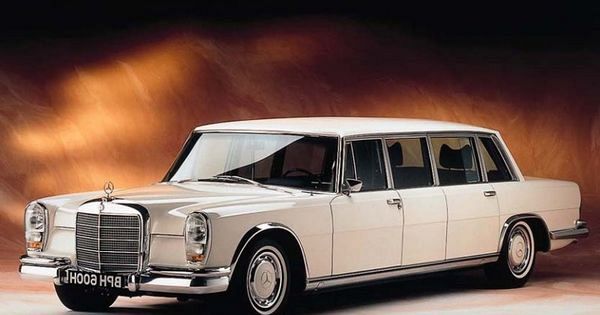
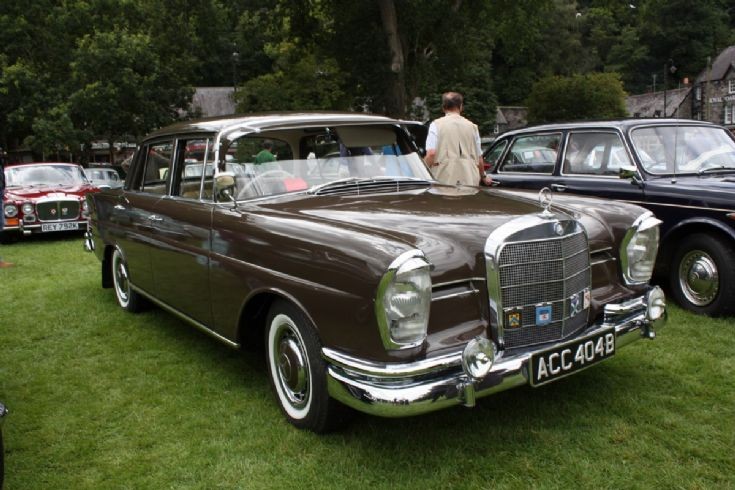
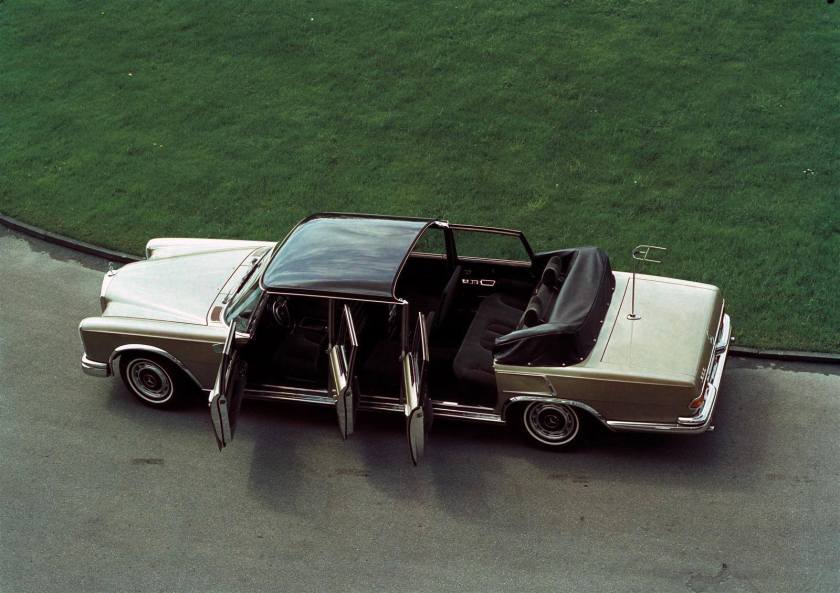
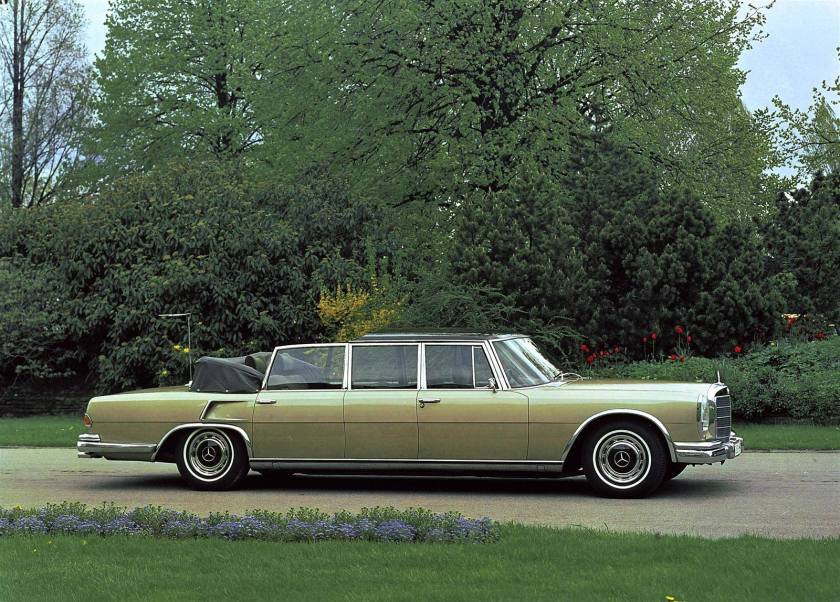
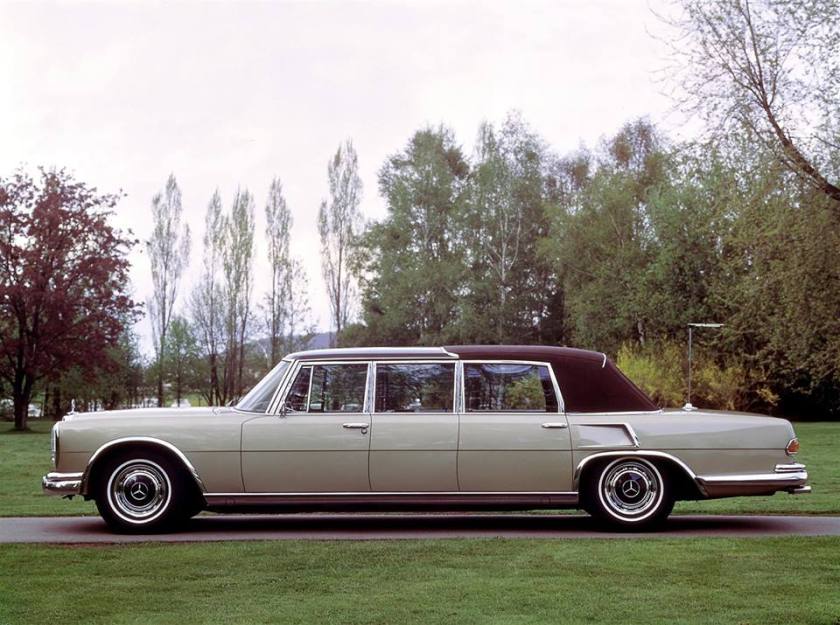
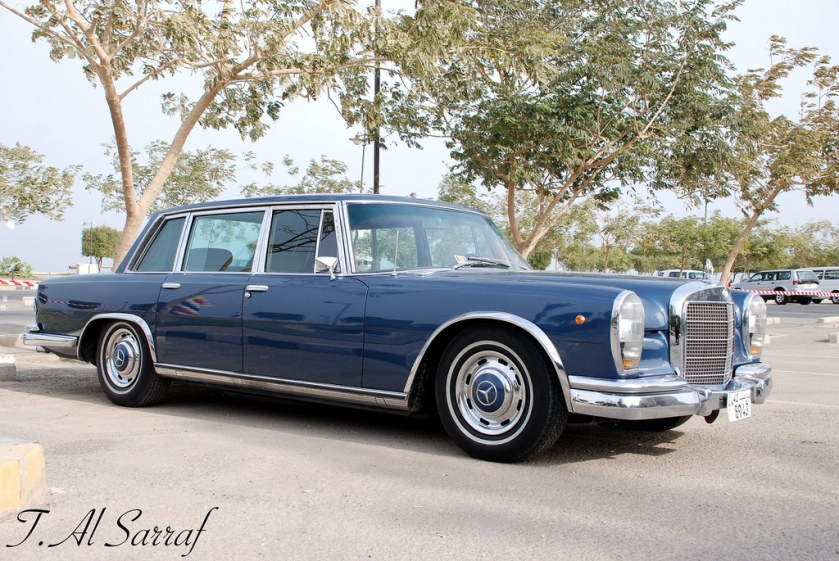
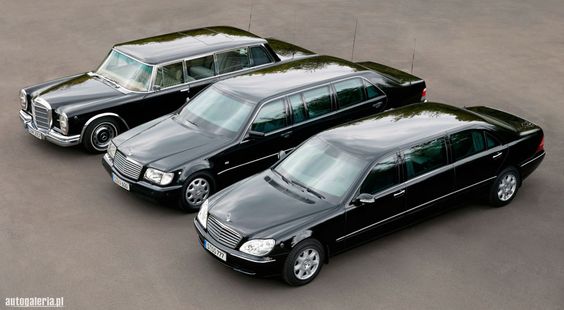
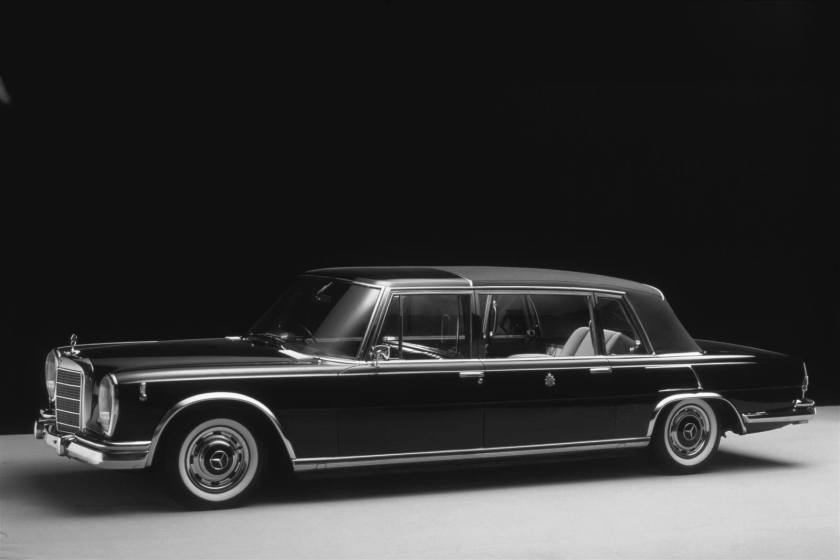
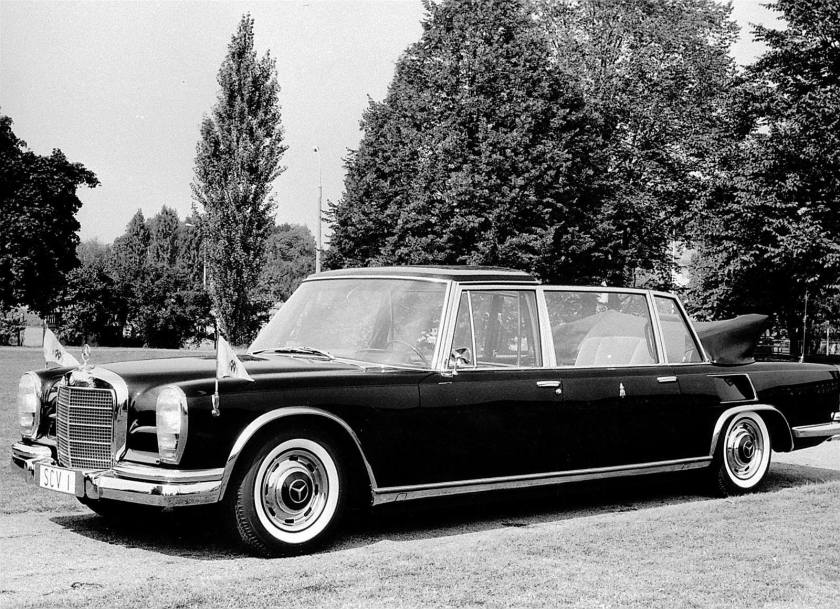
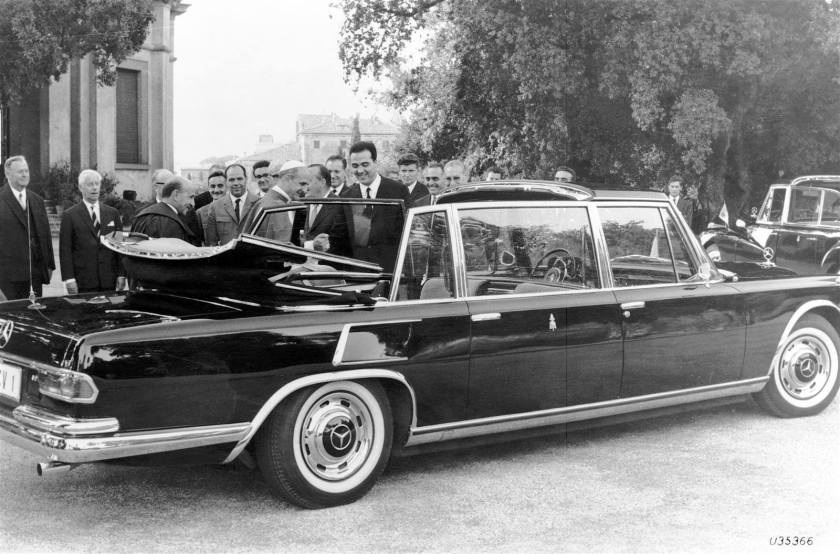
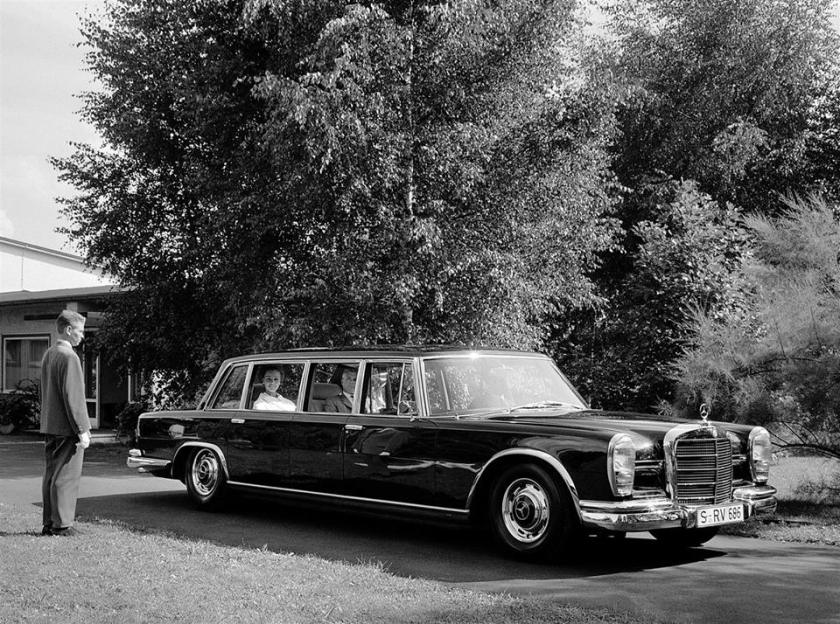
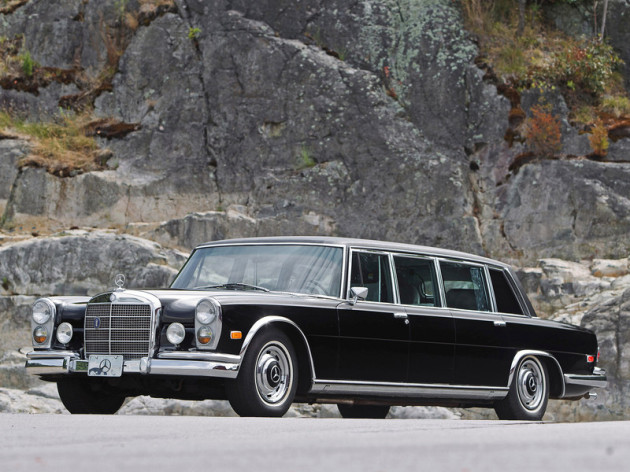
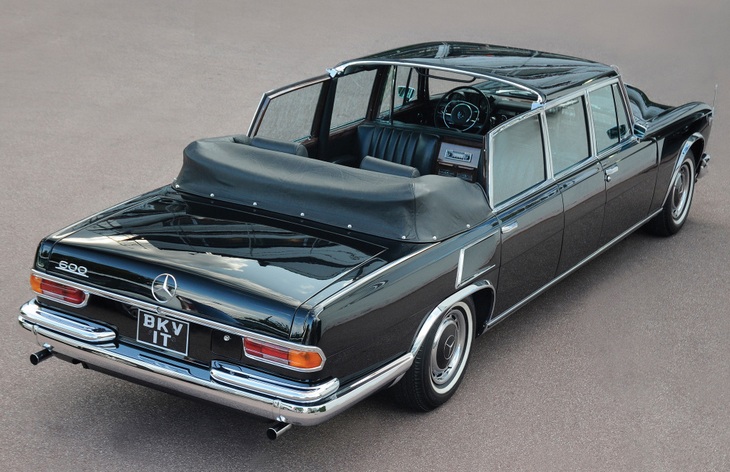
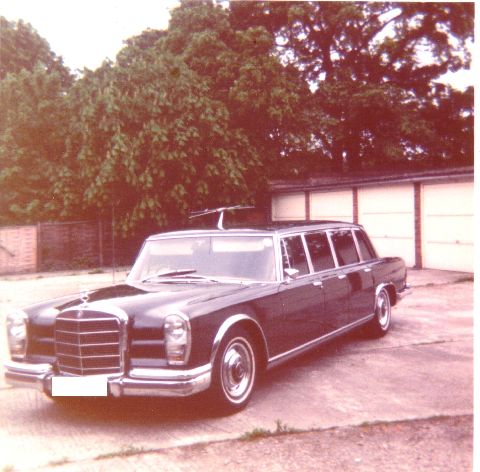
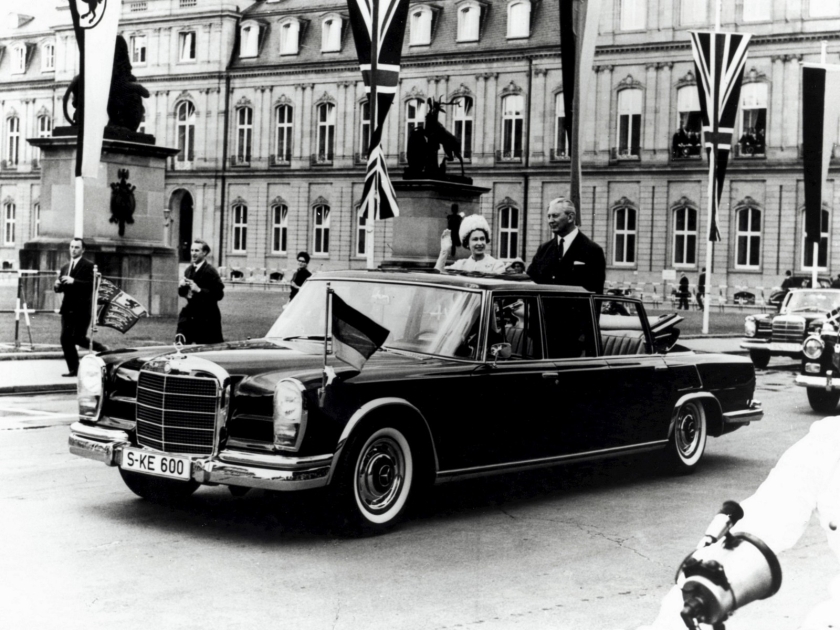
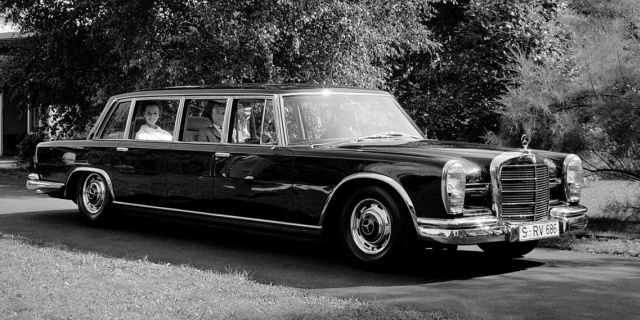
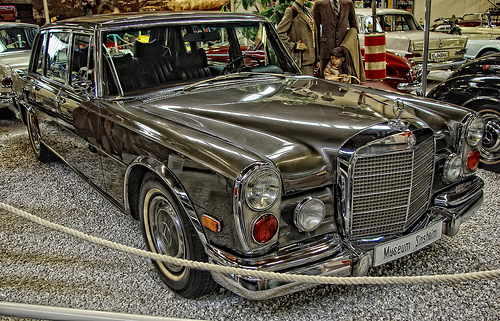
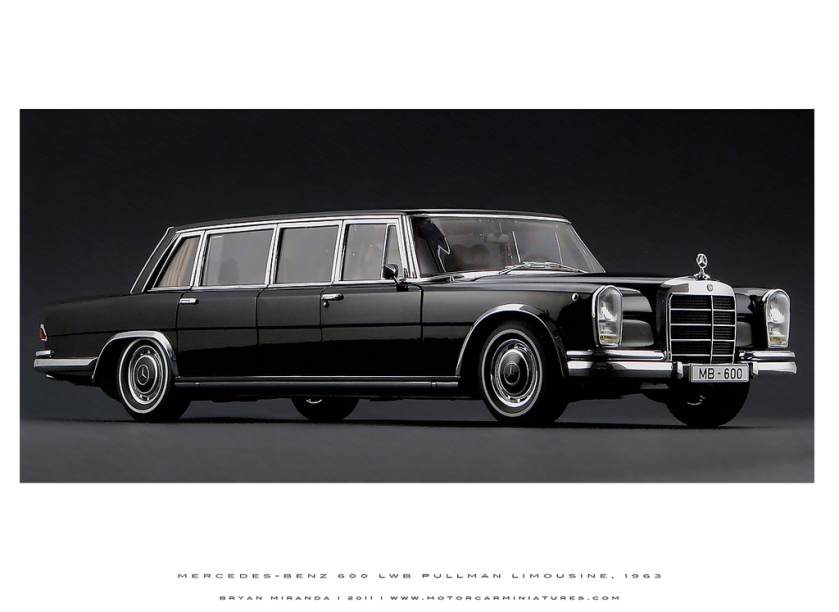
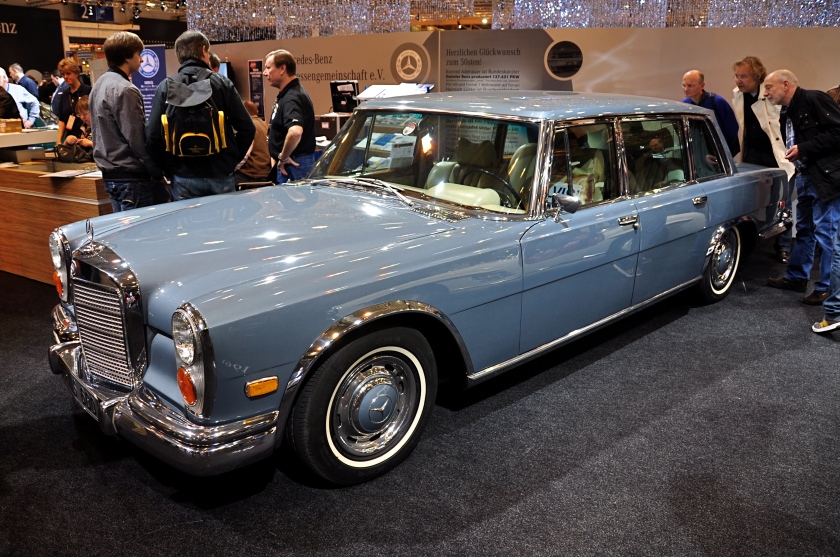
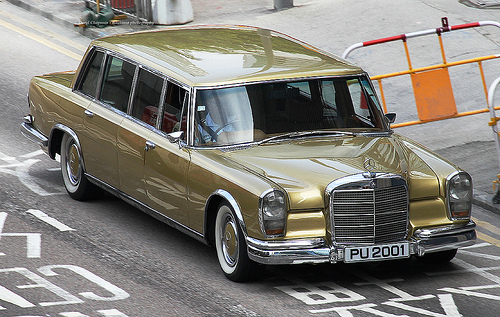
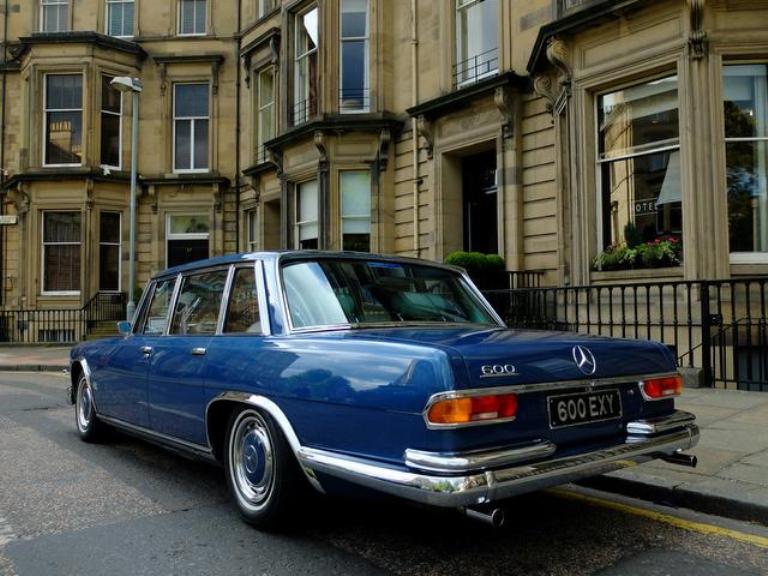
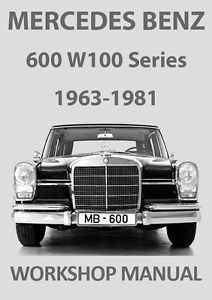
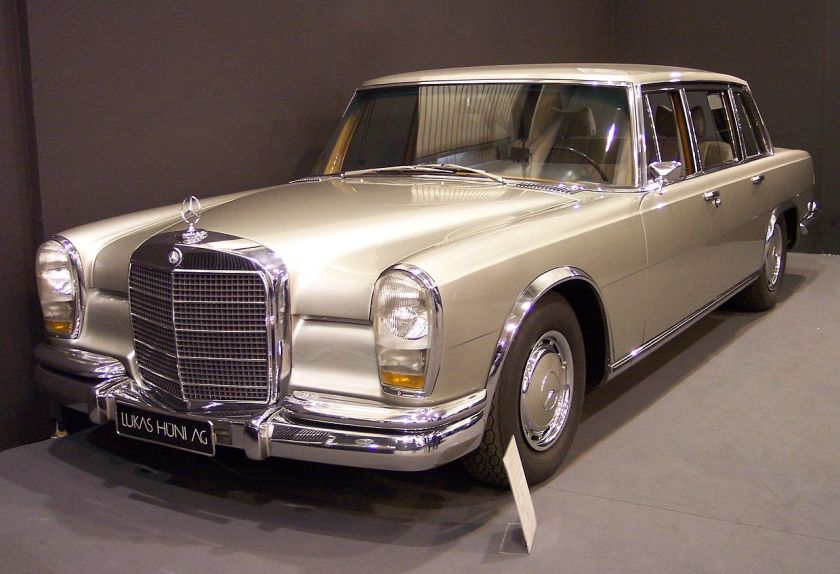
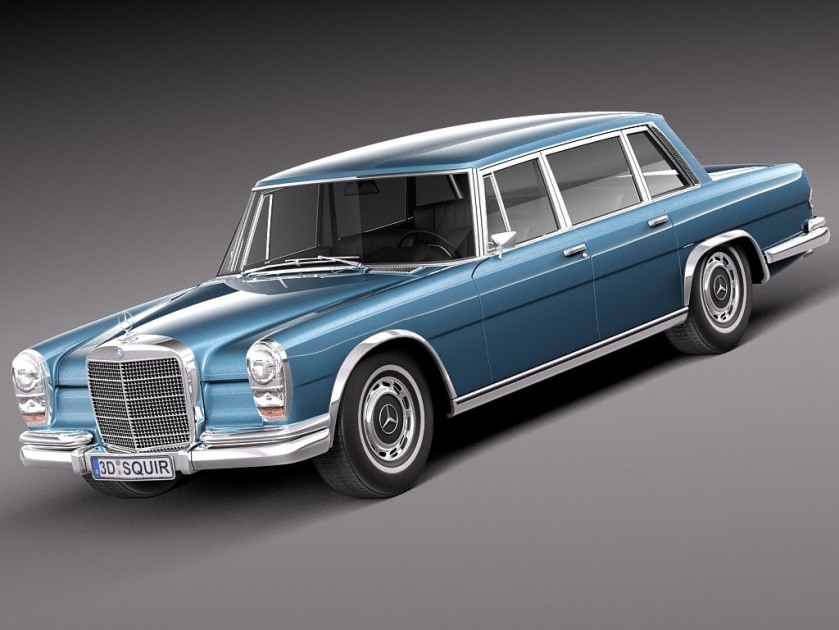
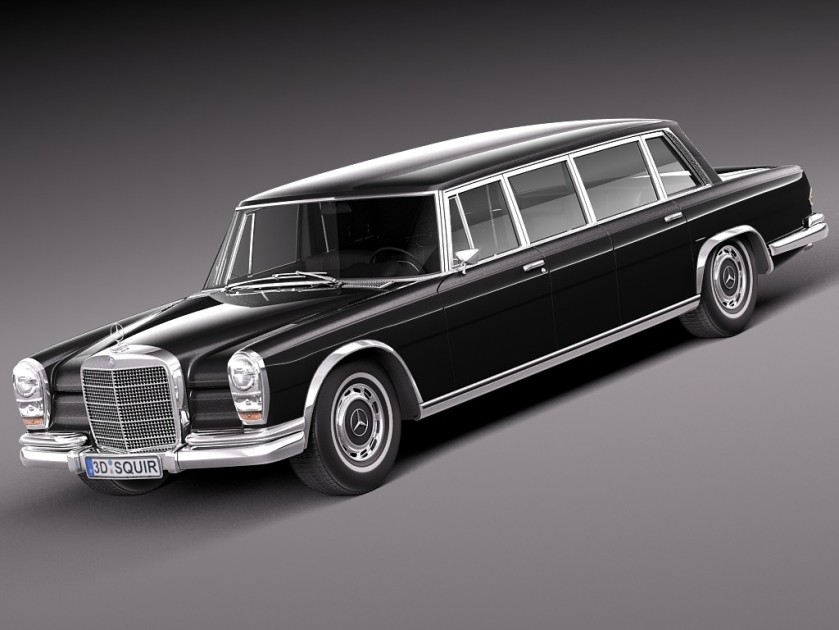
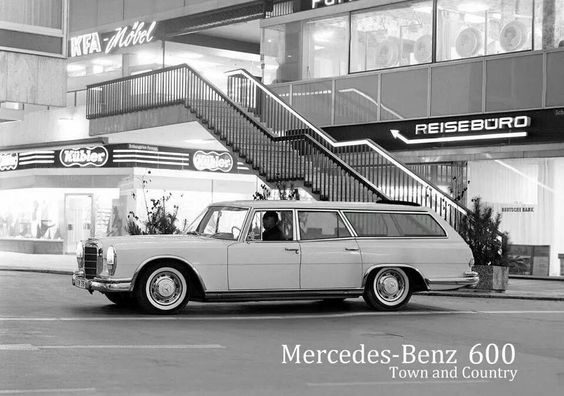
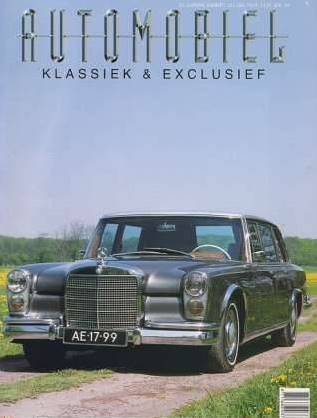
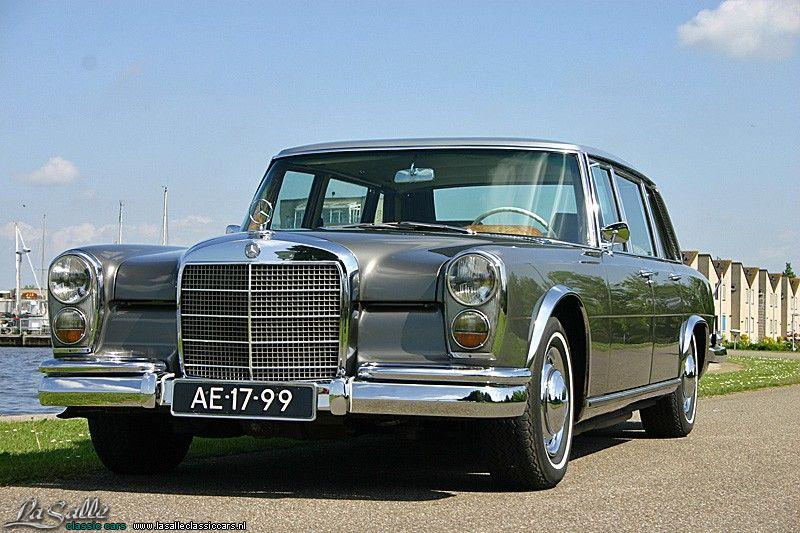
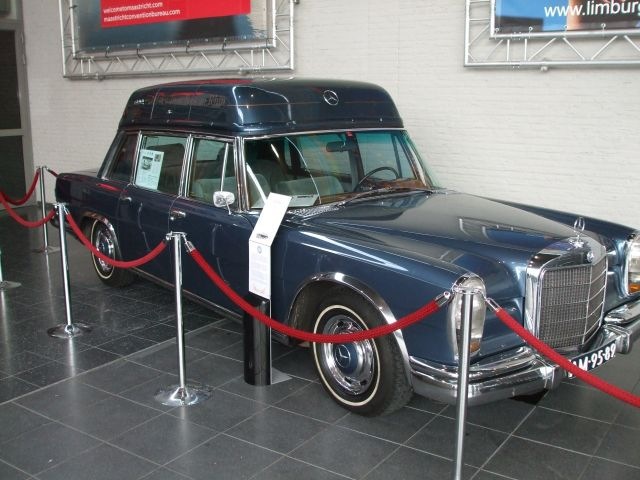
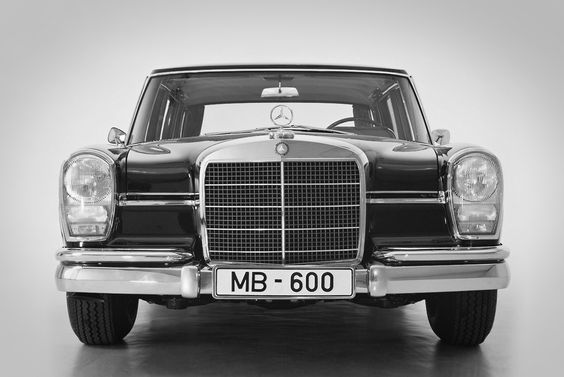
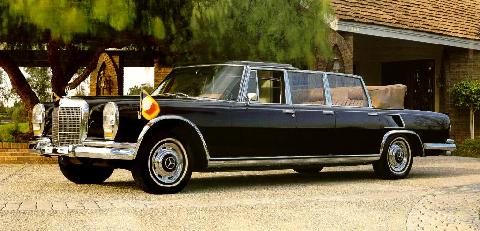
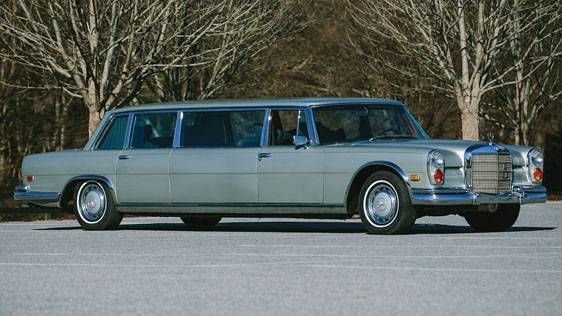
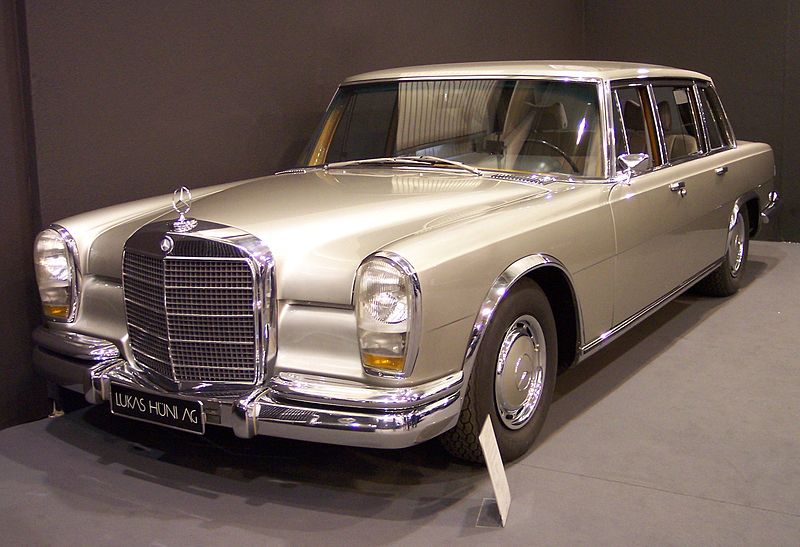
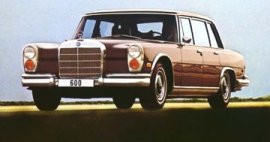
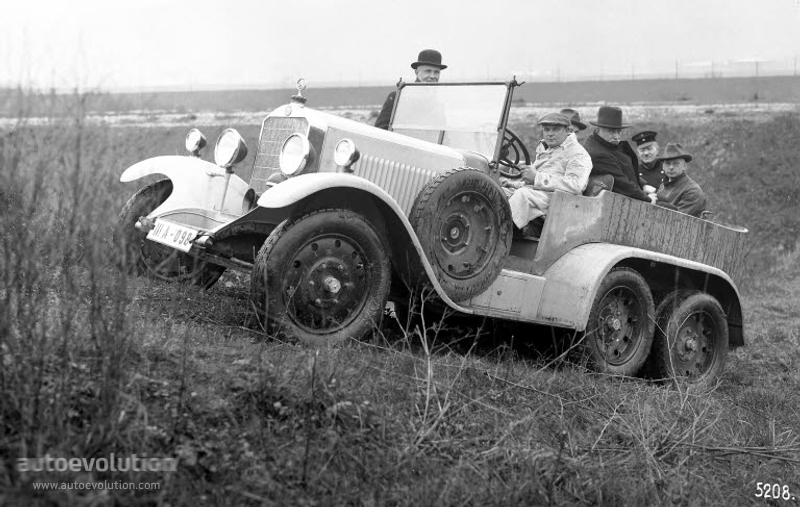 1926-28 MERCEDES BENZ G1 (W103).jpg
1926-28 MERCEDES BENZ G1 (W103).jpg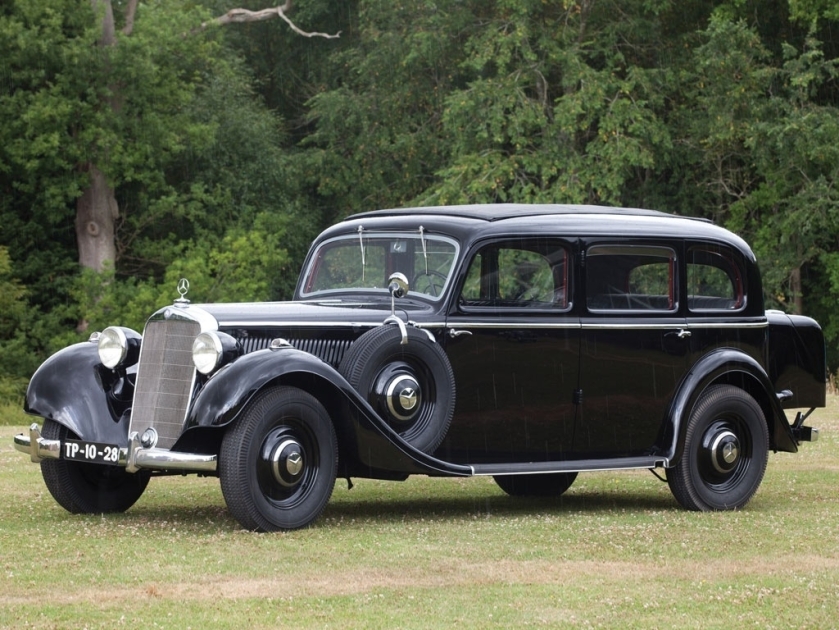
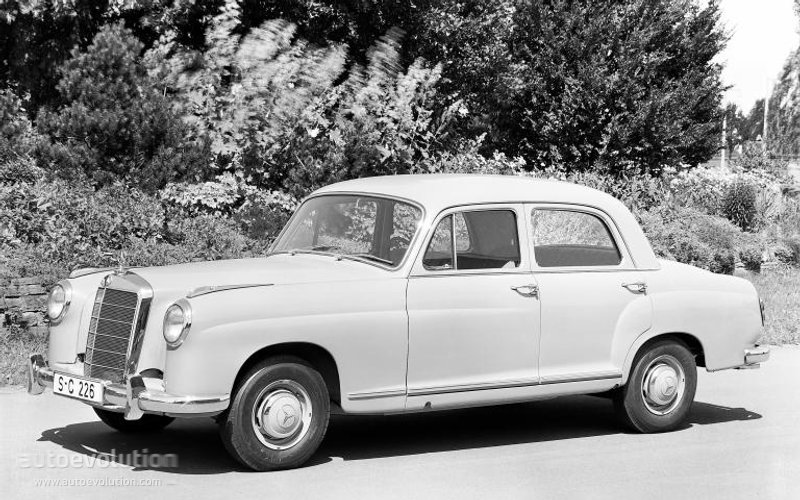 1954-59 MERCEDES BENZ S-KLASSE PONTON (W180-W105-W128) 219 W105 1956-1959 219
1954-59 MERCEDES BENZ S-KLASSE PONTON (W180-W105-W128) 219 W105 1956-1959 219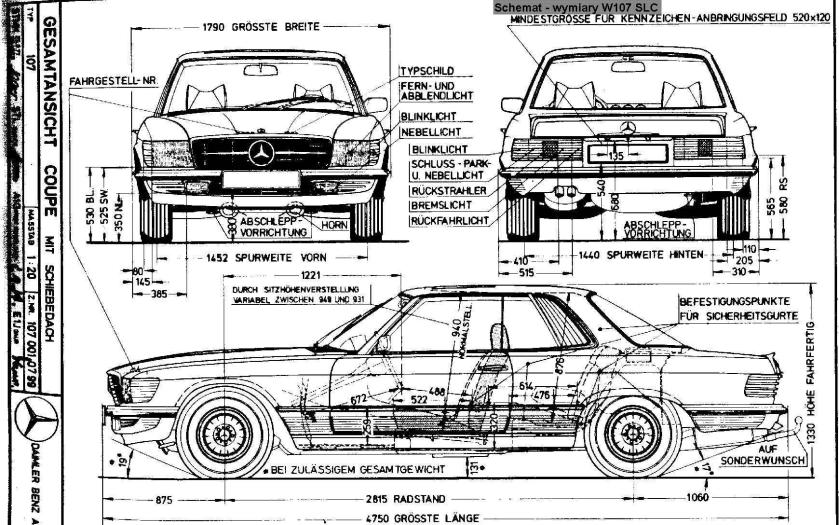 W107 1971-1989 280 SL – 560 SLC
W107 1971-1989 280 SL – 560 SLC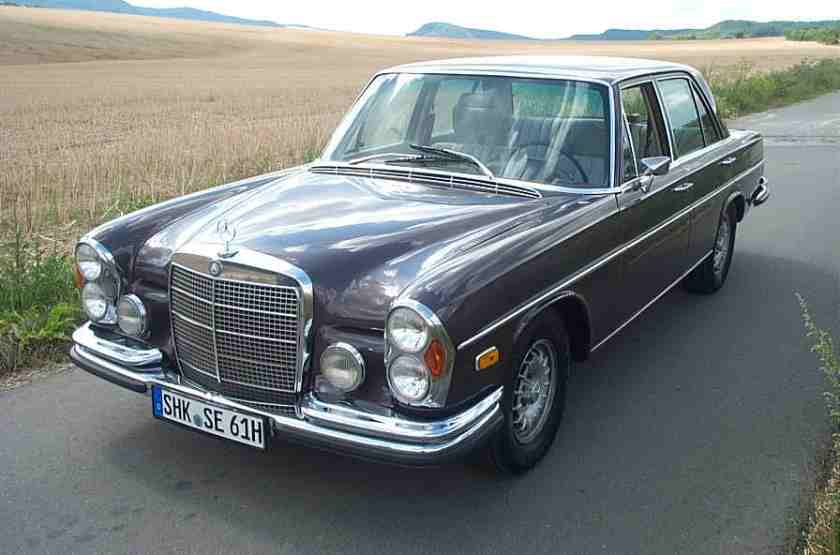 1972 Mercedes Benz 280 SE W108 1965-1972 250 S – 280 SEL
1972 Mercedes Benz 280 SE W108 1965-1972 250 S – 280 SEL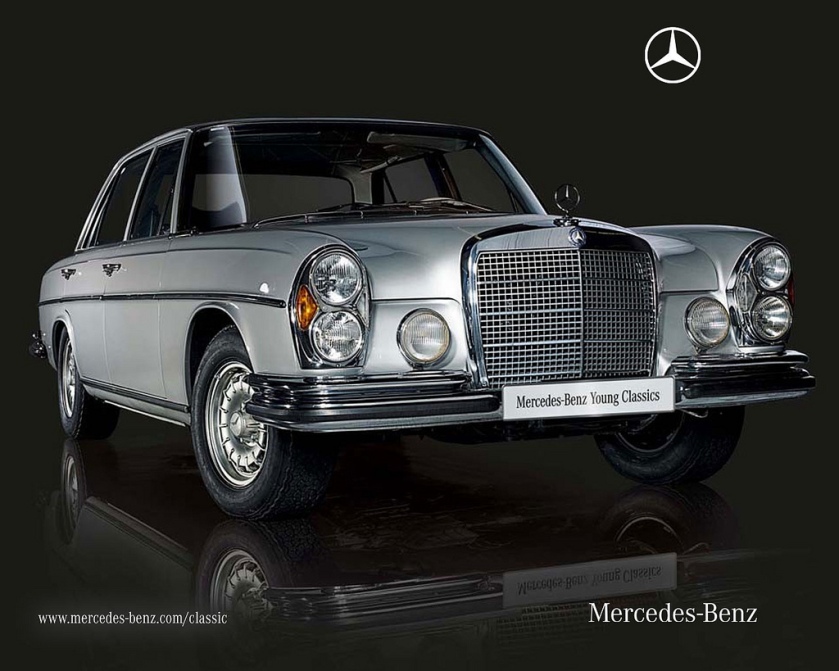 1968 Mercedes-Benz 300SEL 6.3 W109 1965-1972 300 SEL
1968 Mercedes-Benz 300SEL 6.3 W109 1965-1972 300 SEL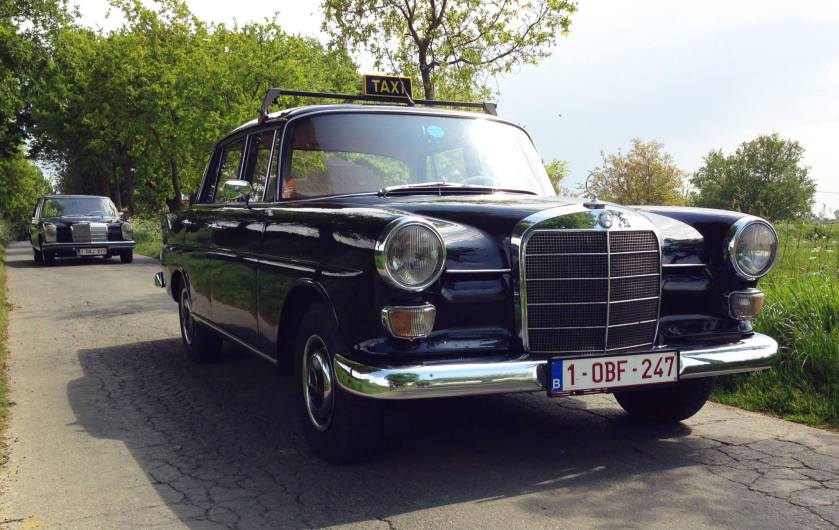 W110 1961-1968 190, 200, 230
W110 1961-1968 190, 200, 230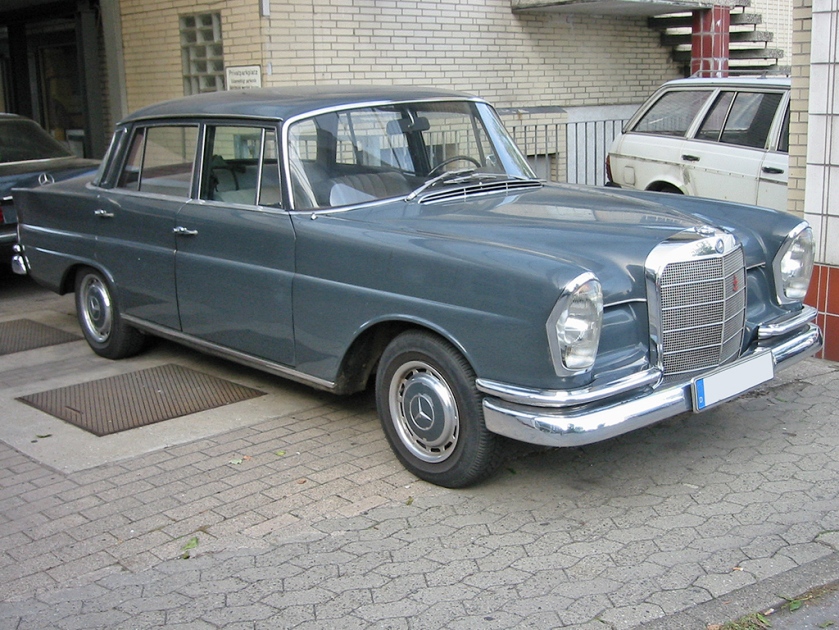 W111 1959-1971 220, 250, 280 /S/SE
W111 1959-1971 220, 250, 280 /S/SE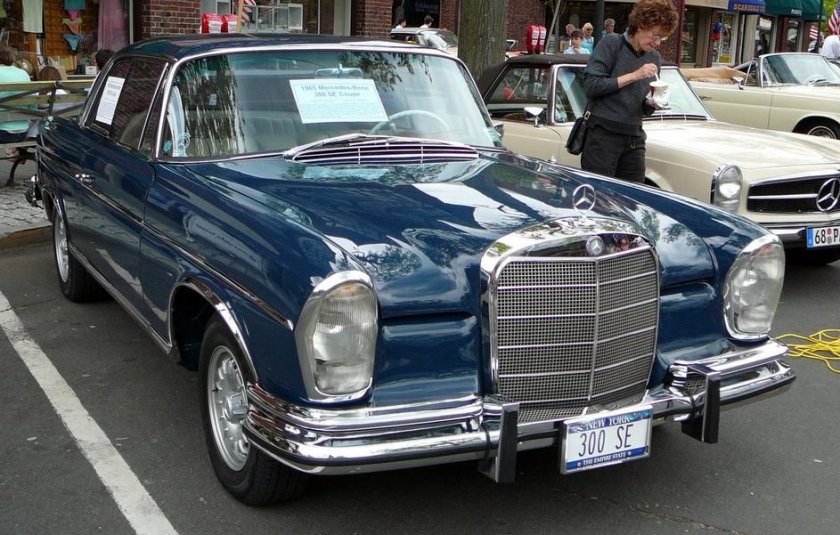 1965 Mercedes Benz W112 300SE 1961-1967 300 SE
1965 Mercedes Benz W112 300SE 1961-1967 300 SE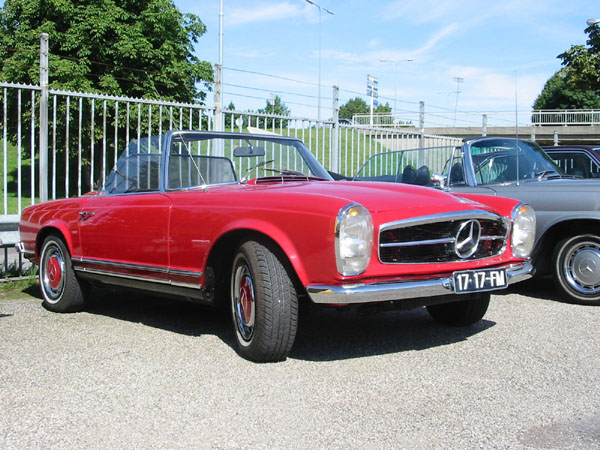 1968 Mercedes Benz W113 280Sl.W113 1963-1971 230 SL, 250 SL, 280 SL
1968 Mercedes Benz W113 280Sl.W113 1963-1971 230 SL, 250 SL, 280 SL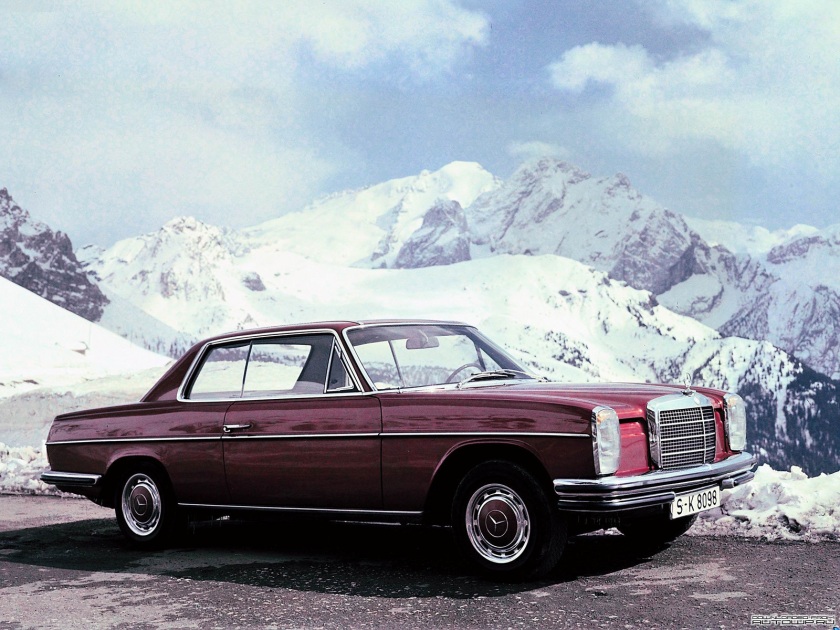 Mercedes Benz-E Class W114 W115.jpg
Mercedes Benz-E Class W114 W115.jpg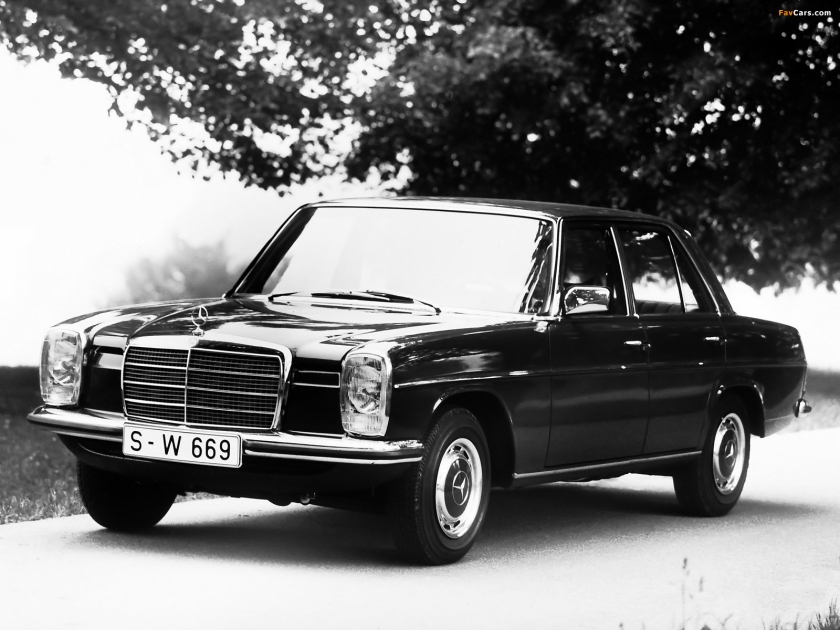 1967-76 Mercedes-Benz E-Klasse (W114/115) W114 1968-1976 230.6, 250, 250C, 280, 280E, 280C, 280CE
1967-76 Mercedes-Benz E-Klasse (W114/115) W114 1968-1976 230.6, 250, 250C, 280, 280E, 280C, 280CE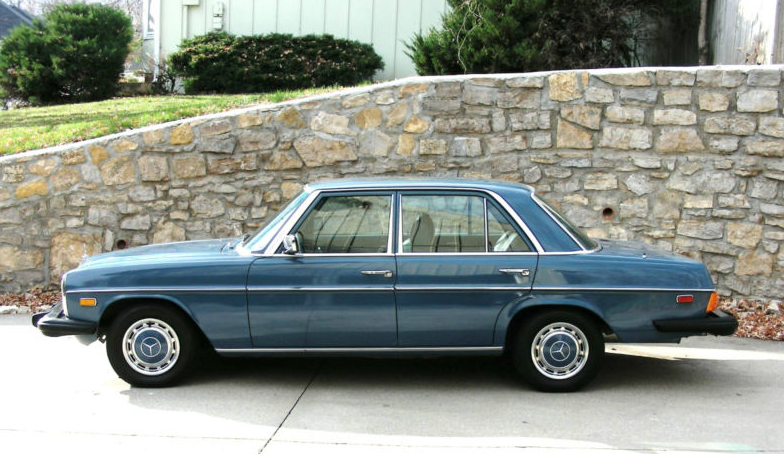 1975 Mercedes-Benz 240D W115 1968-1976 200, 200D, 220, 220D, 230, 240D, 240D 3.0, 300D
1975 Mercedes-Benz 240D W115 1968-1976 200, 200D, 220, 220D, 230, 240D, 240D 3.0, 300D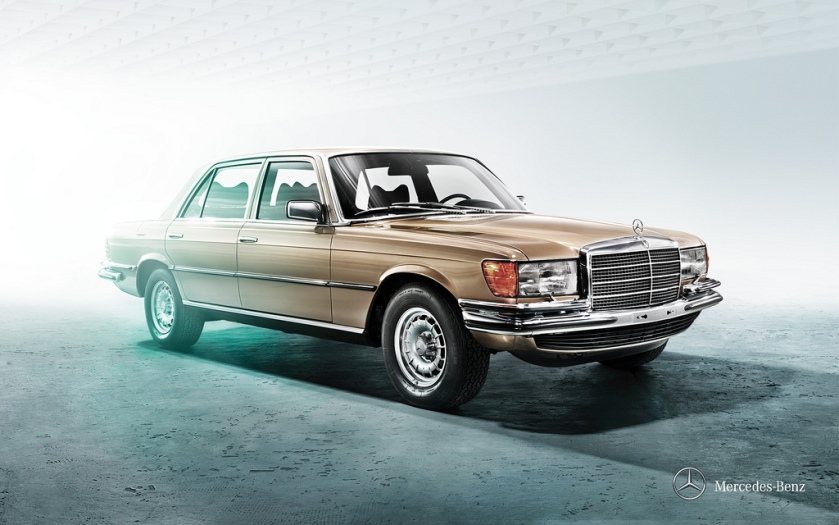 Mercedes-Benz 450 SEL 6.9 W116 1972-1980 280 S – 450 SEL
Mercedes-Benz 450 SEL 6.9 W116 1972-1980 280 S – 450 SEL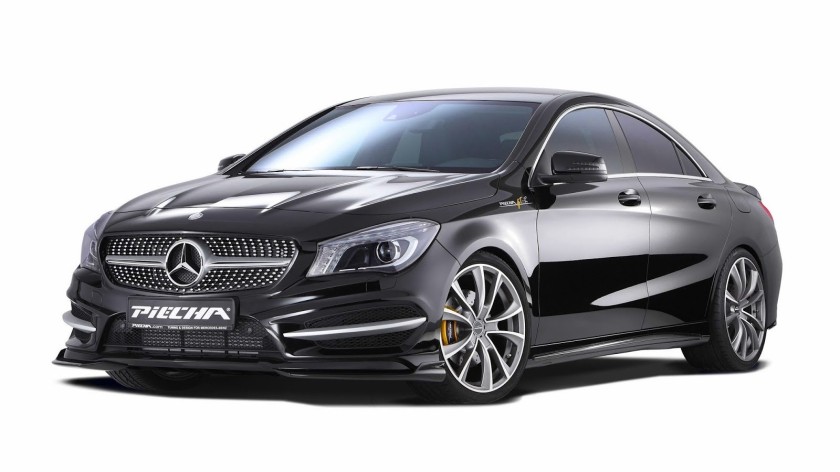 2013 Piecha Design Mercedes-Benz CLA 250 W117 2013 aro 19 2.0 Turbo 211 cv 2013- CLA
2013 Piecha Design Mercedes-Benz CLA 250 W117 2013 aro 19 2.0 Turbo 211 cv 2013- CLA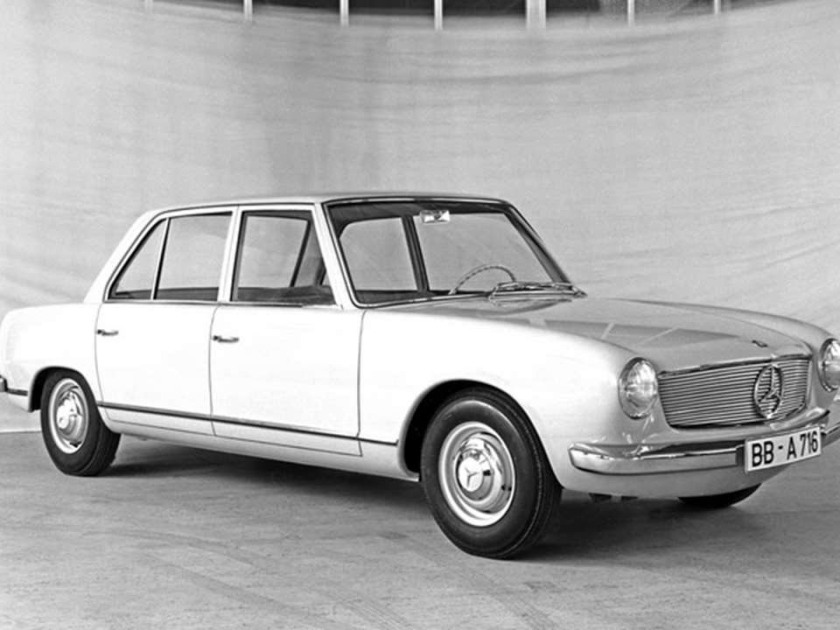 1960 Mercedes Benz w118 (Prototype Car)
1960 Mercedes Benz w118 (Prototype Car)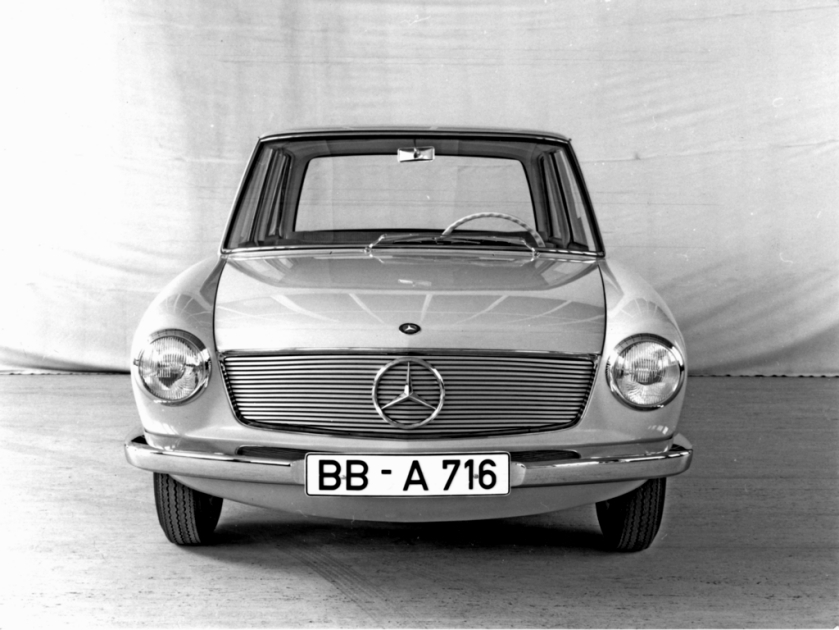 1960 Mercedes-Benz W118-W119 Prototype
1960 Mercedes-Benz W118-W119 Prototype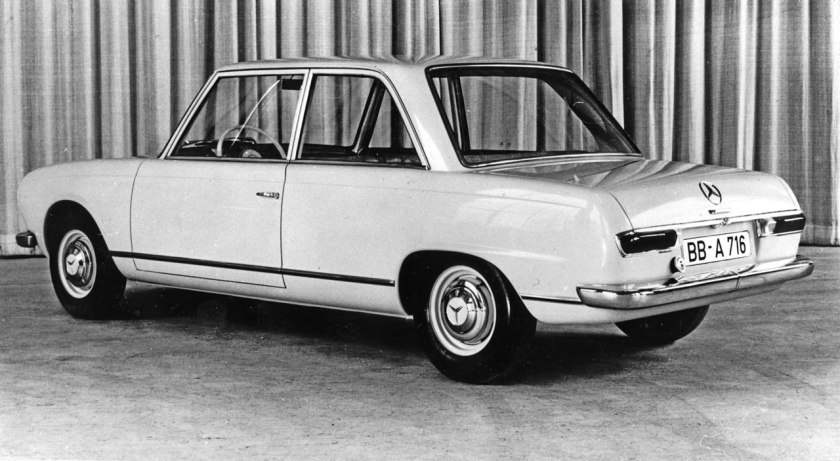 1960 Prototype of a compact Mercedes-Benz dating from around 1960 W118
1960 Prototype of a compact Mercedes-Benz dating from around 1960 W118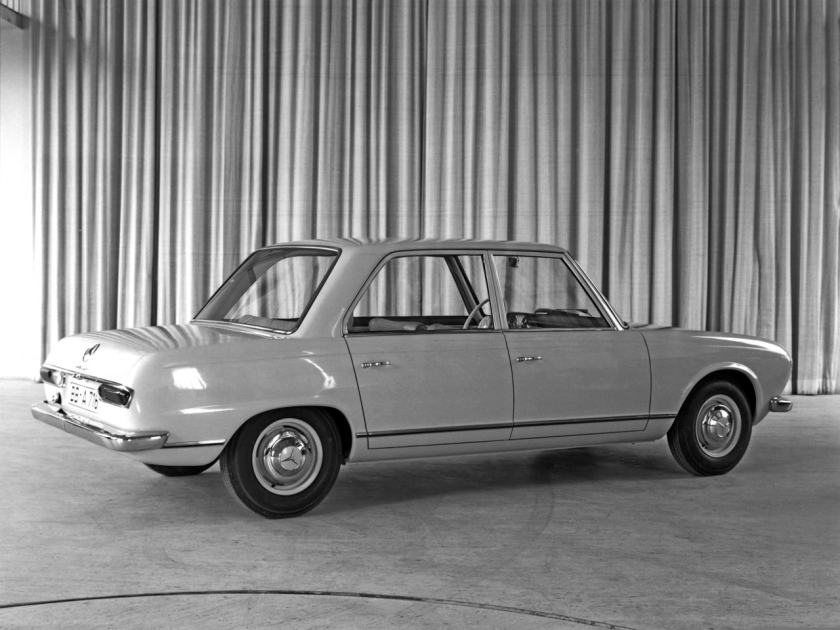 1960 Mercedes-Benz W118-W119 Prototype a W118 1960 prototype
1960 Mercedes-Benz W118-W119 Prototype a W118 1960 prototype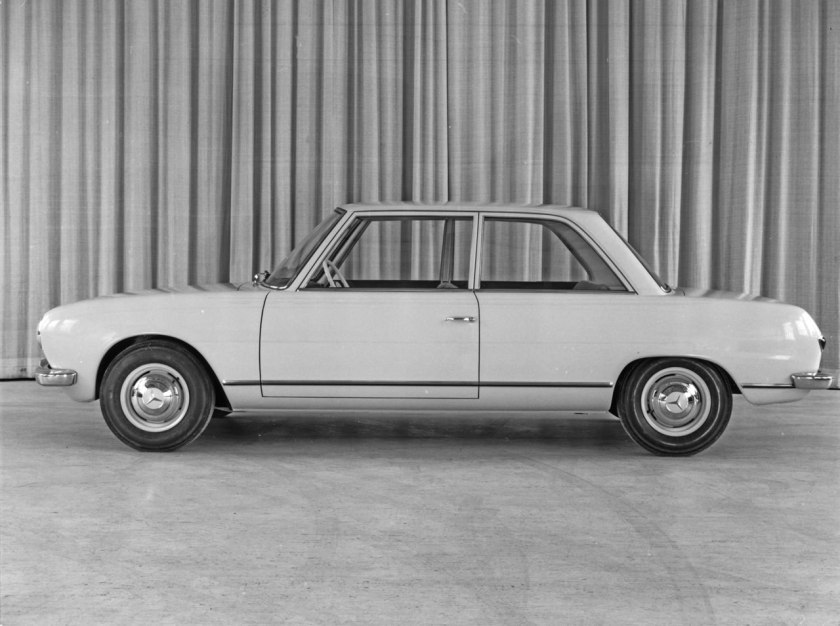 W119 1960 prototype
W119 1960 prototype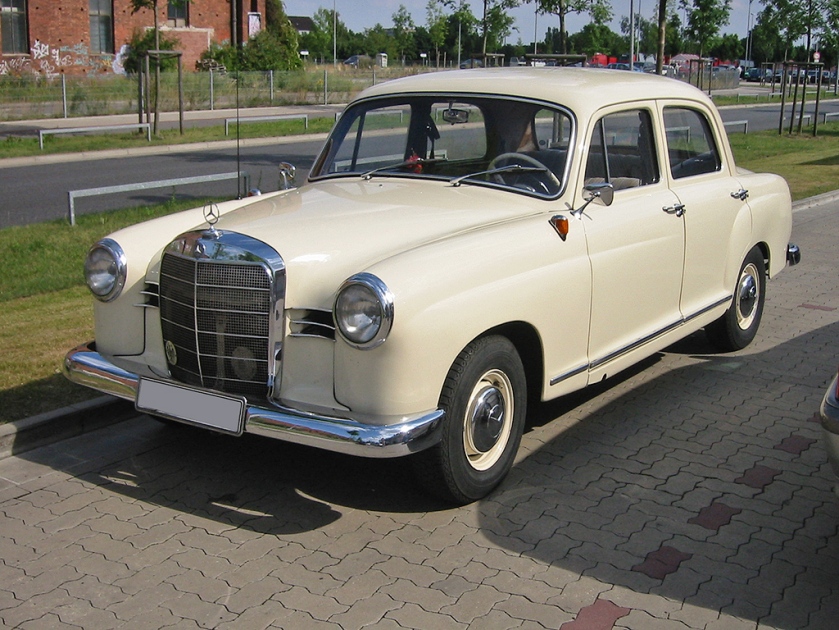 Mercedes Benz 180 2 v sst W120 1953-1962 180, 180D
Mercedes Benz 180 2 v sst W120 1953-1962 180, 180D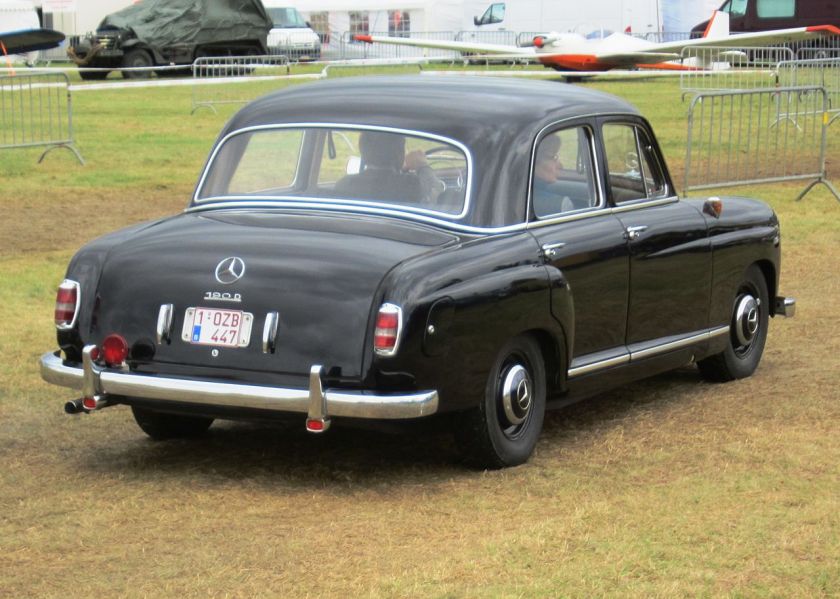 Mercedes-Benz 190D W121 1956-1961 190, 190D
Mercedes-Benz 190D W121 1956-1961 190, 190D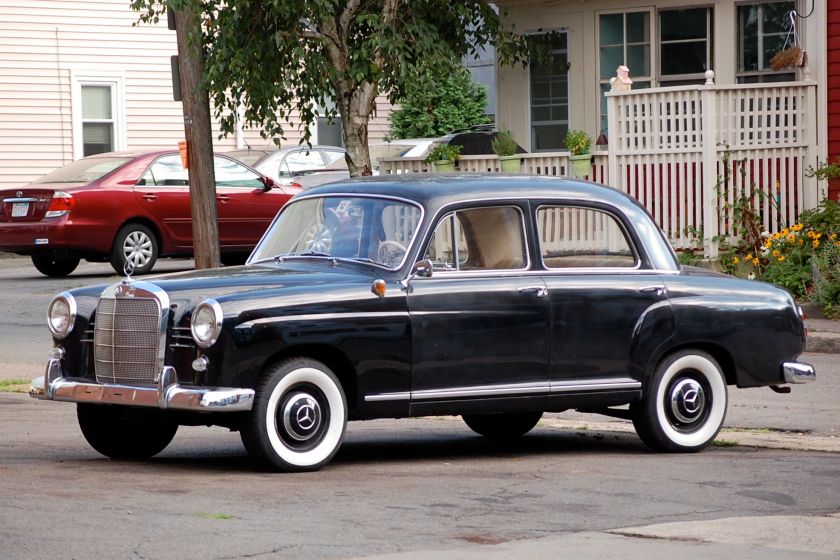
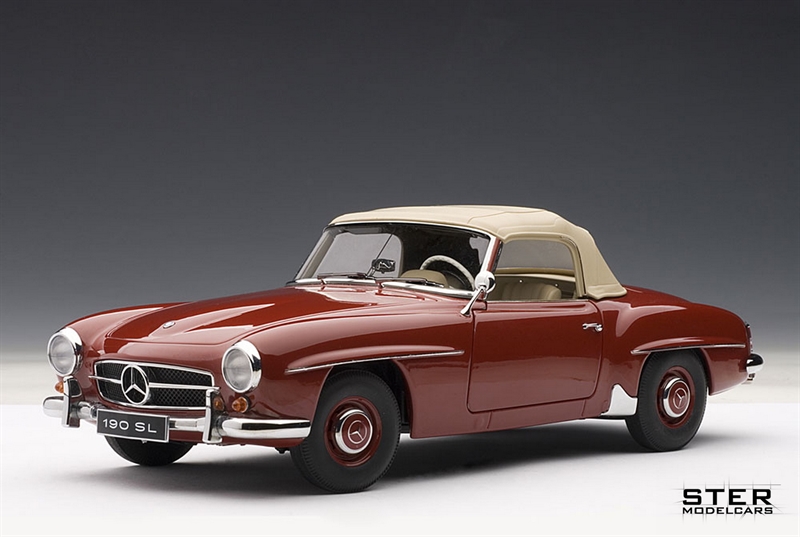 1955-63 Mercedes-Benz 190 SL (R121) R121 1955-1963 190 SL
1955-63 Mercedes-Benz 190 SL (R121) R121 1955-1963 190 SL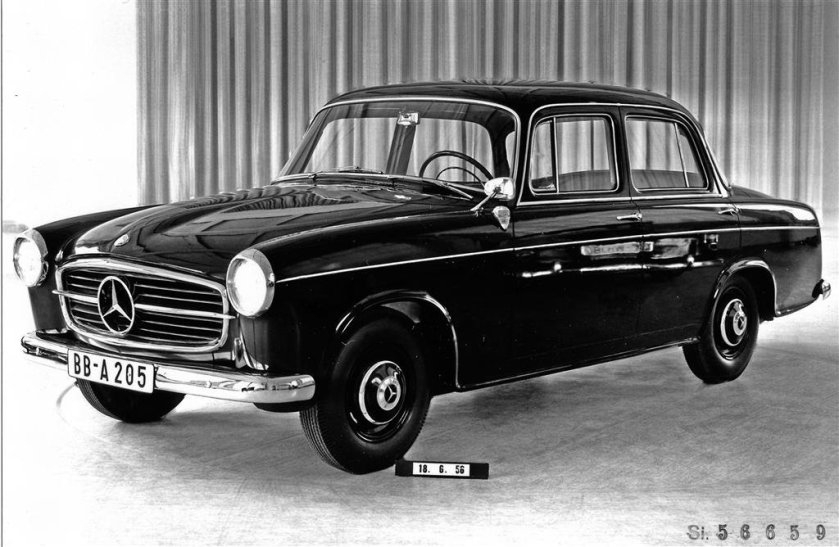 1956 Mercedes Benz W122 prototype 03.jpg W122 1956 prototype
1956 Mercedes Benz W122 prototype 03.jpg W122 1956 prototype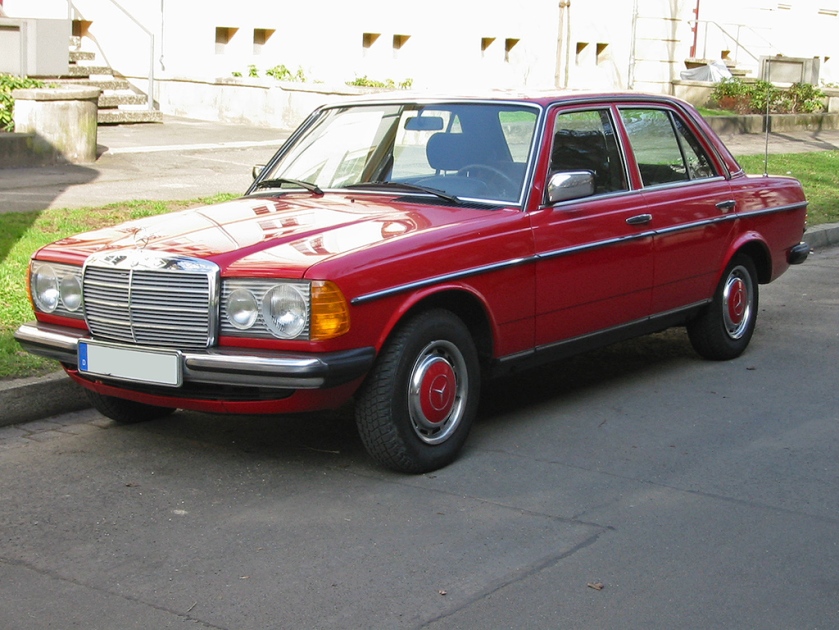 Mercedes W123 1976-1985 200, 230, 230E, 250, 280E, 300E
Mercedes W123 1976-1985 200, 230, 230E, 250, 280E, 300E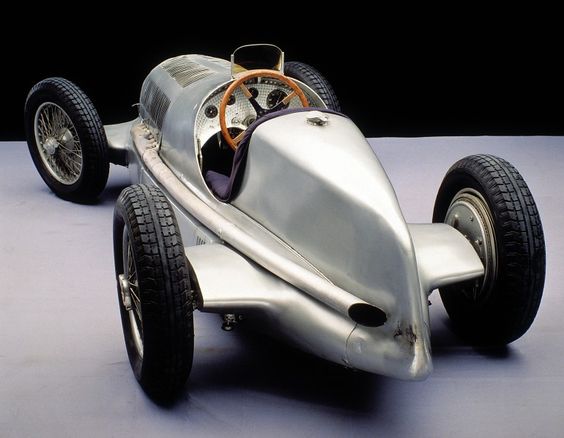
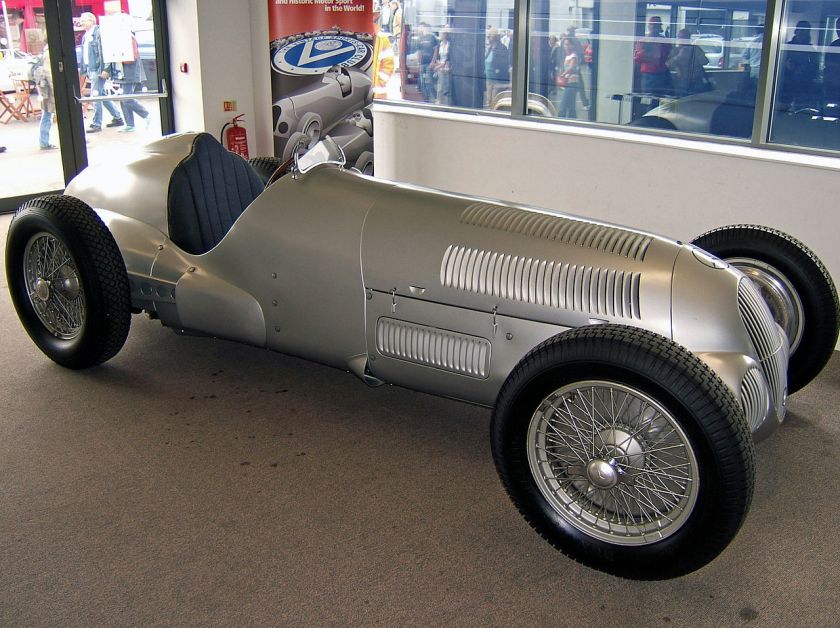 Mercedes Benz W125 1936-1938 W125 Silver Arrow
Mercedes Benz W125 1936-1938 W125 Silver Arrow Mercedes Benz W124 1985-1996 200 – 500E
Mercedes Benz W124 1985-1996 200 – 500E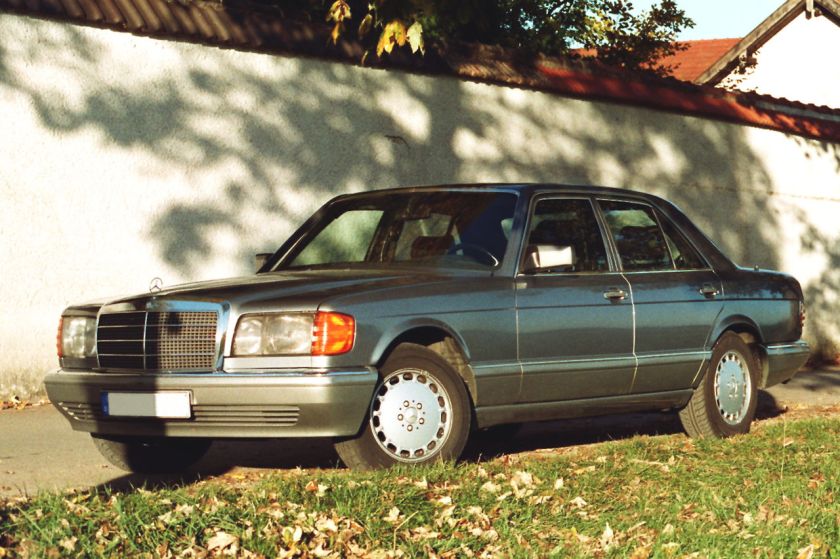 1987 Mercedes Benz 500 SE W126 1979-1993 260SE – 560SEL
1987 Mercedes Benz 500 SE W126 1979-1993 260SE – 560SEL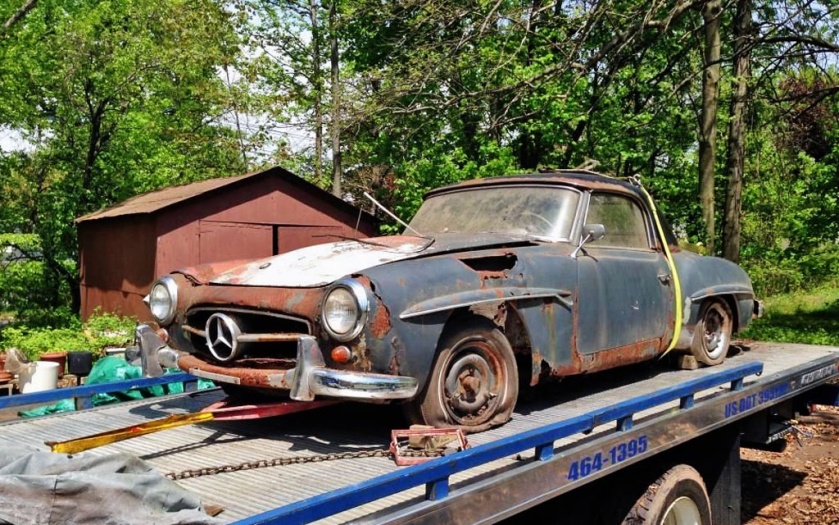 1960 Mercedes 190sl W127.jpg
1960 Mercedes 190sl W127.jpg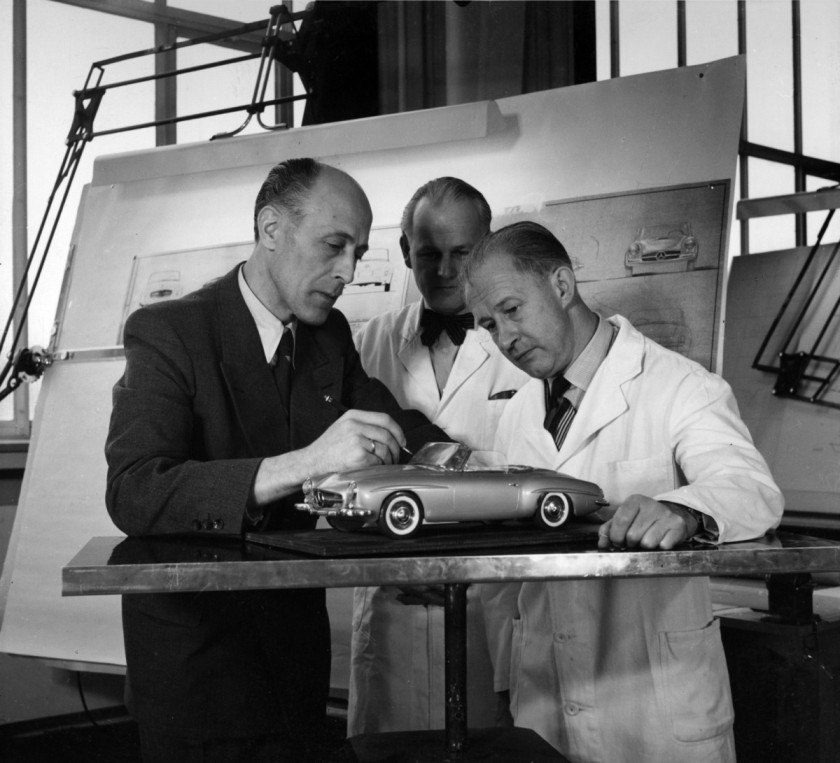 1955 mercedes-benz-190-sl-w-121-1955-1963-1955-3.jpg
1955 mercedes-benz-190-sl-w-121-1955-1963-1955-3.jpg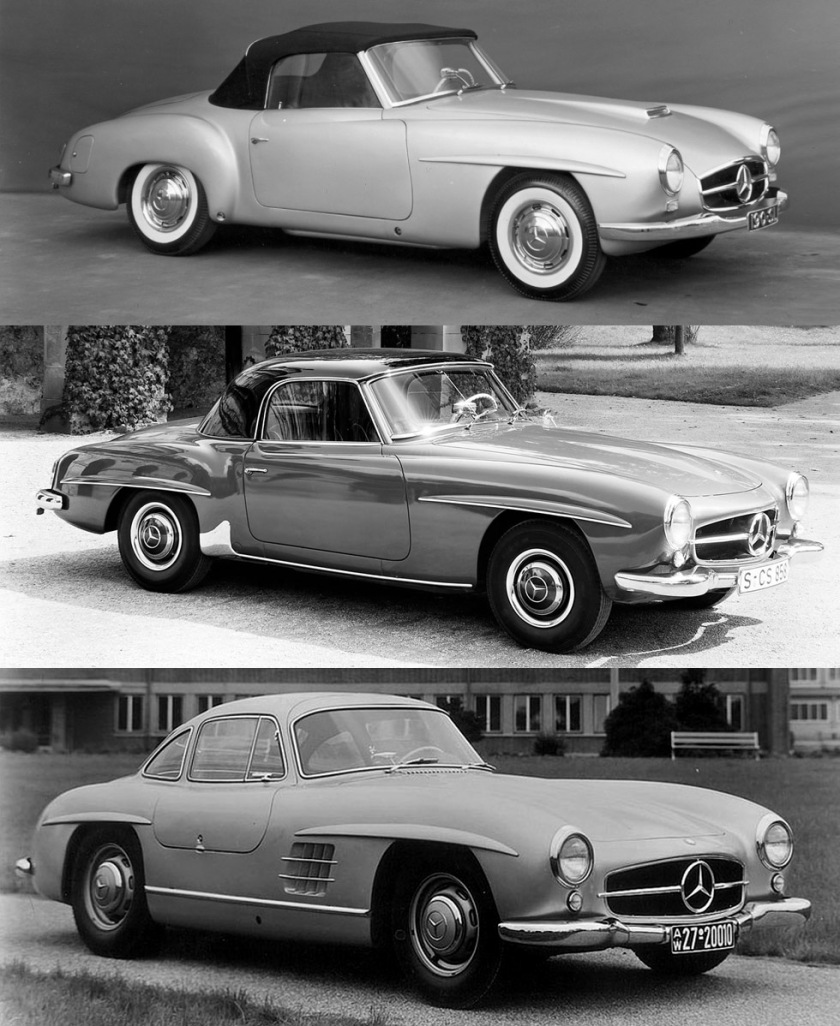 1955 Mercedes Benz oldnew190sl.jpg
1955 Mercedes Benz oldnew190sl.jpg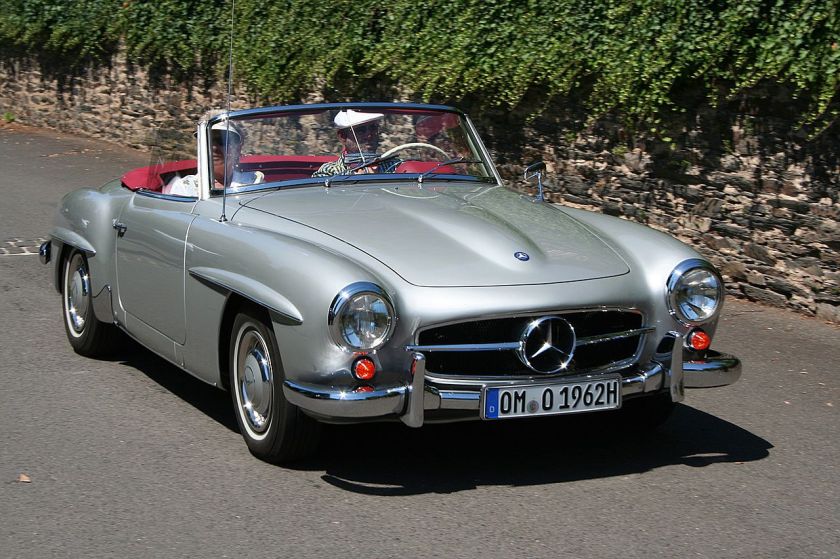 1955 Mercedes-Benz 190 SL W127 1955 190 SL (prototype)
1955 Mercedes-Benz 190 SL W127 1955 190 SL (prototype)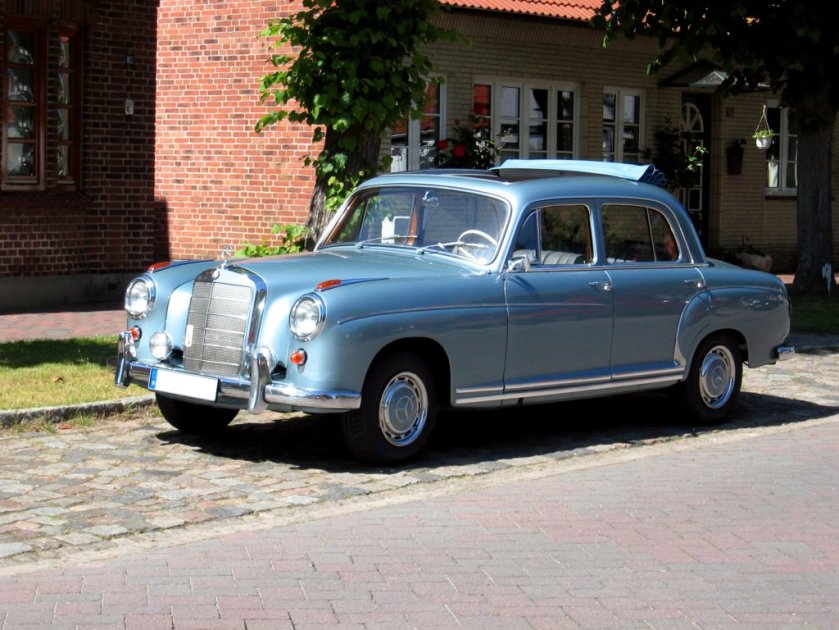 1959 Mercedes Benz 220SE W128 1958-1960 220 SE
1959 Mercedes Benz 220SE W128 1958-1960 220 SE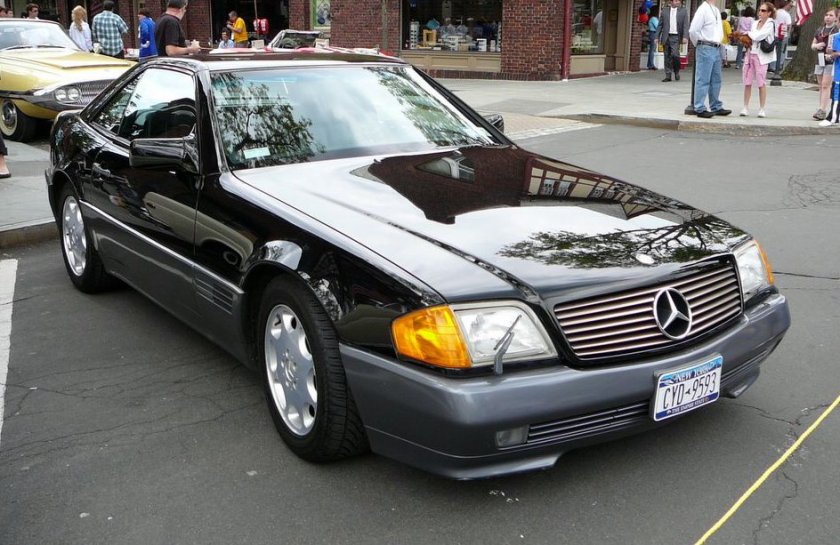 1989 Mercedes-Benz R129 SL SC06.
1989 Mercedes-Benz R129 SL SC06.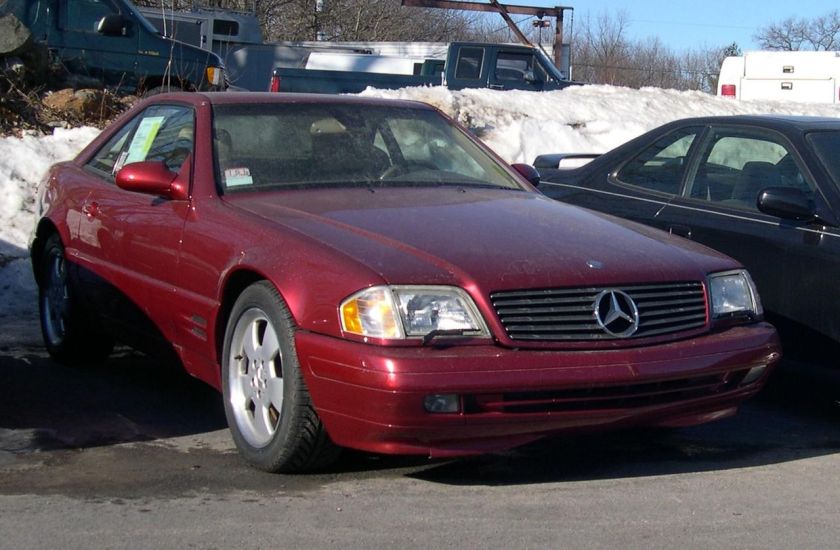 1999 Mercedes-Benz R129 SL500 R129 1989-2001 280 SL – 600 SL
1999 Mercedes-Benz R129 SL500 R129 1989-2001 280 SL – 600 SL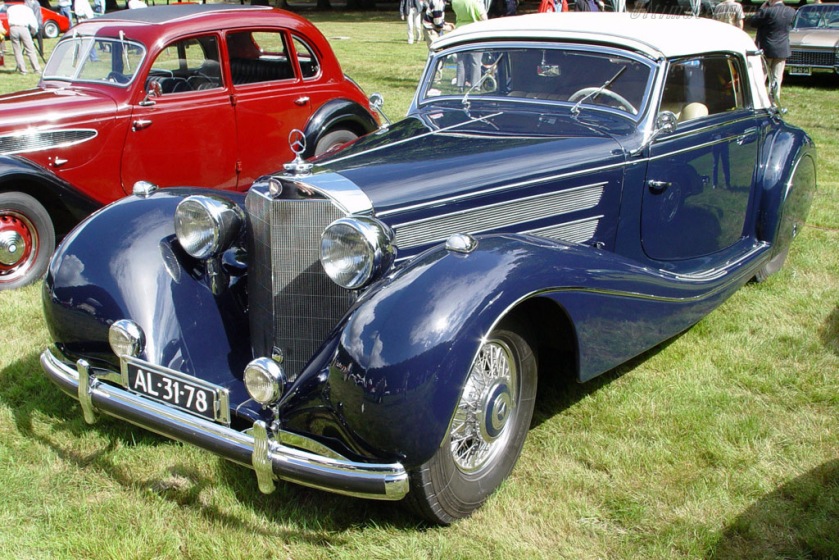 1939 Mercedes-Benz-580-K W129-Sport-Roadster W129 1939-1940 typ 540 K, 580 K
1939 Mercedes-Benz-580-K W129-Sport-Roadster W129 1939-1940 typ 540 K, 580 K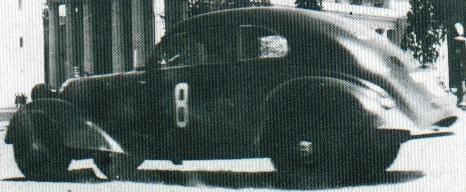 1935-36 Mercedes-Benz-150 Heckmotor Sport W130
1935-36 Mercedes-Benz-150 Heckmotor Sport W130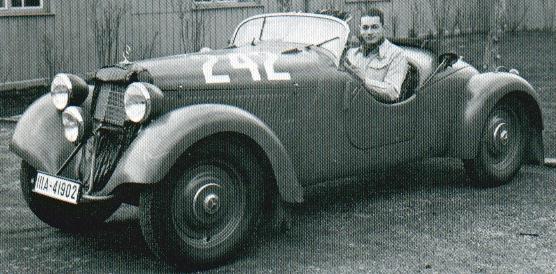 1935-36 Mercedes-Benz-150 Heckmotor Sport W130 open
1935-36 Mercedes-Benz-150 Heckmotor Sport W130 open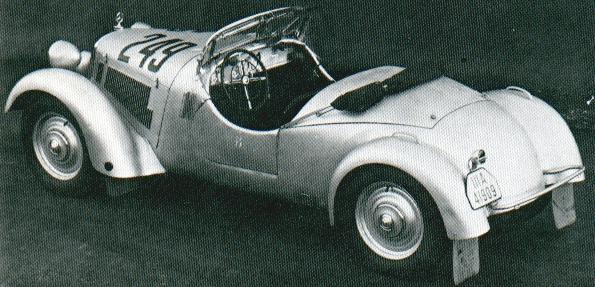 1935-36 Mercedes Benz 150 Heckmotor Sport W130
1935-36 Mercedes Benz 150 Heckmotor Sport W130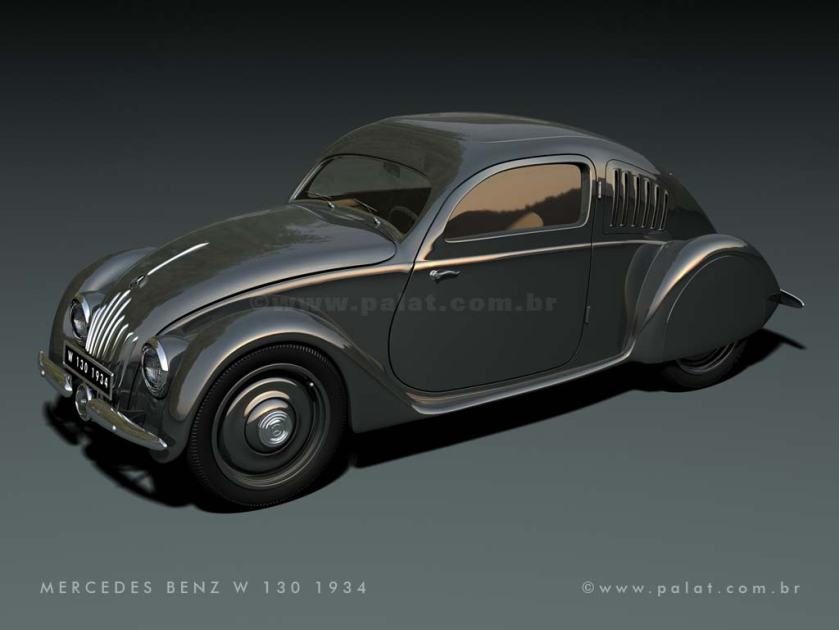
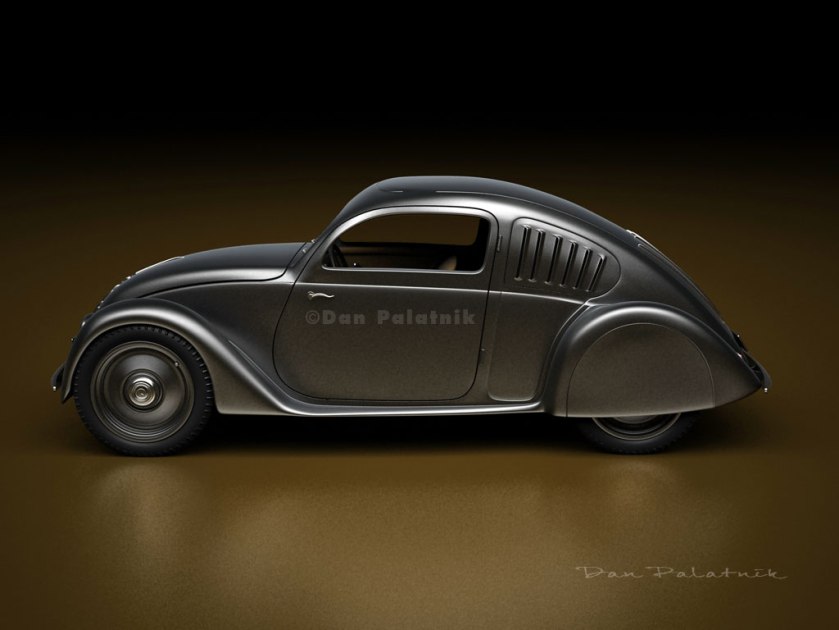 1934 Mercedes-Benz-W-130-Production-5-1934-2 W130 1935 typ 150 (rearmotor)
1934 Mercedes-Benz-W-130-Production-5-1934-2 W130 1935 typ 150 (rearmotor)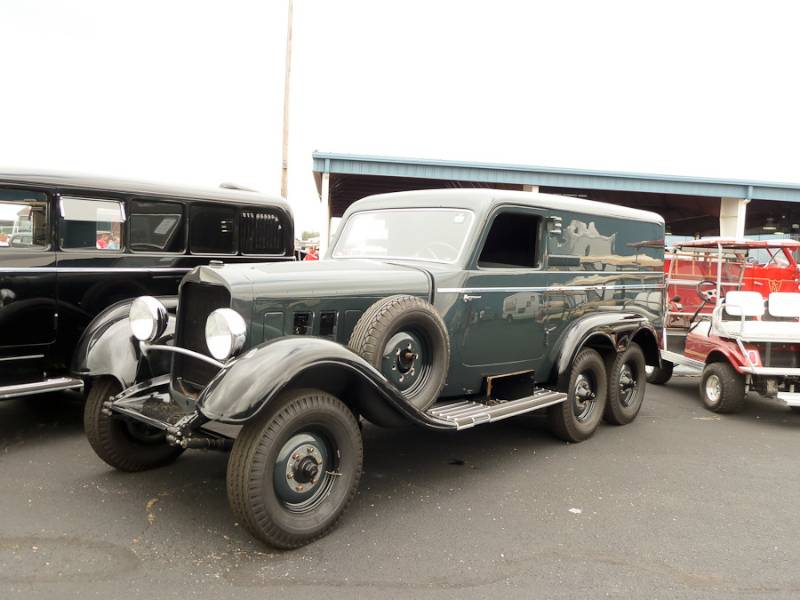 Mercedes-Benz Replica G-4 W131 Grosser Six Luggage Carrier S-N 440891E Black-Black
Mercedes-Benz Replica G-4 W131 Grosser Six Luggage Carrier S-N 440891E Black-Black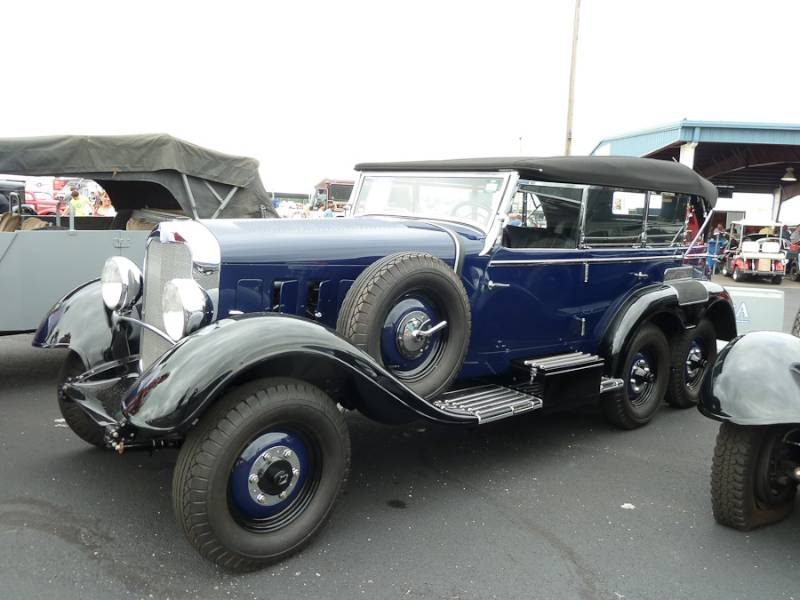 Mercedes-Benz Replica G-4 W131 Grosser Six Seven-Passenger Convertible Sedan
Mercedes-Benz Replica G-4 W131 Grosser Six Seven-Passenger Convertible Sedan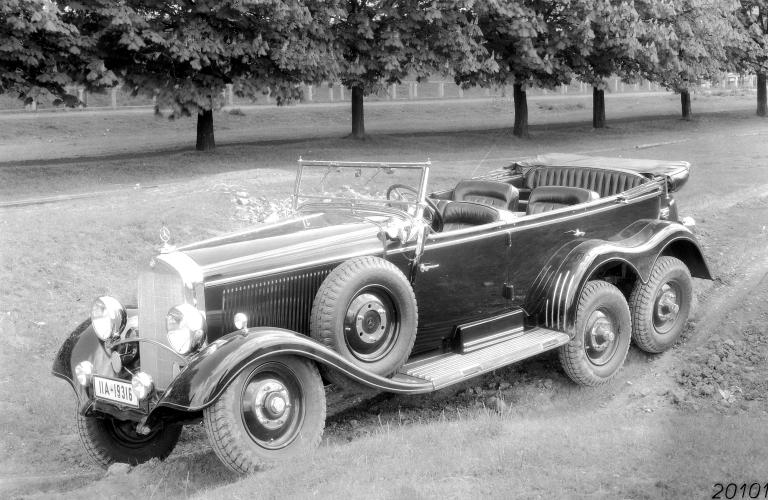 1934 mercedes benz 520 540 g 4 W131.jpg
1934 mercedes benz 520 540 g 4 W131.jpg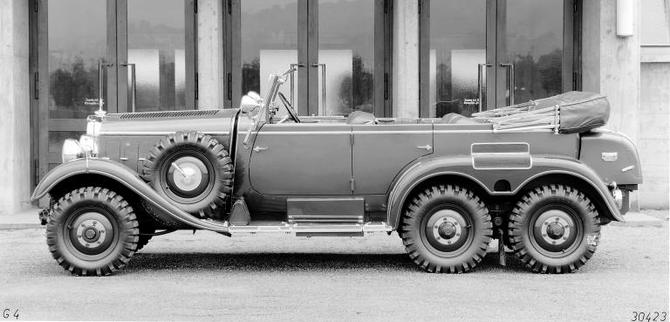 1934 mercedes benz 520 540 g 4 W131a.jpg W131 1934 G 4
1934 mercedes benz 520 540 g 4 W131a.jpg W131 1934 G 4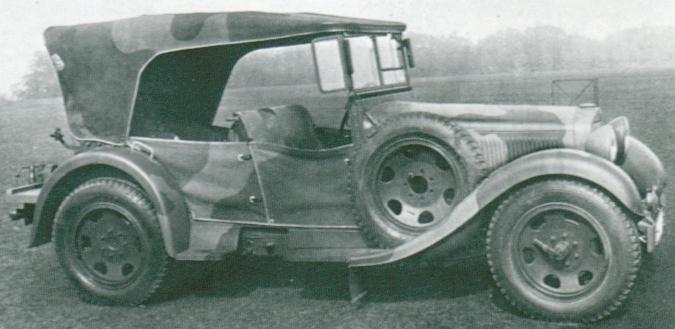 1935 Mercedes-Benz-170VG W133 III W133 III 1935 typ 170 VG Kuebelsitzer 4×4
1935 Mercedes-Benz-170VG W133 III W133 III 1935 typ 170 VG Kuebelsitzer 4×4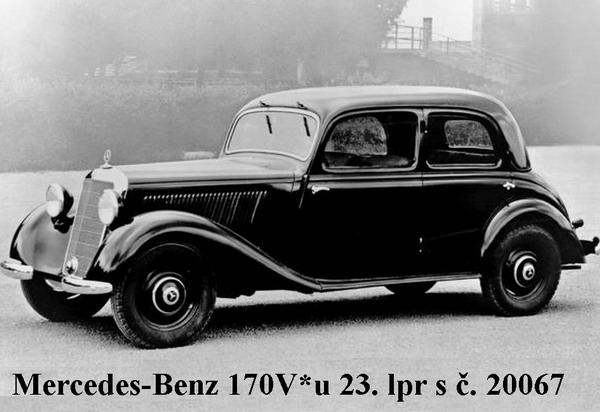 1935 mercedes-benz-05 170VG (W133 III).jpg
1935 mercedes-benz-05 170VG (W133 III).jpg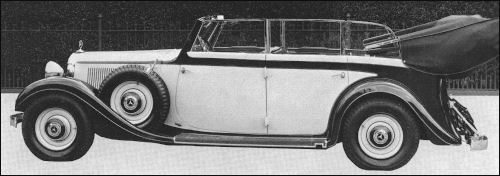 1936 mercedes benz 1936 W135 cabrio papler W135 1936-1937 typ 290 Kübelwagen II
1936 mercedes benz 1936 W135 cabrio papler W135 1936-1937 typ 290 Kübelwagen II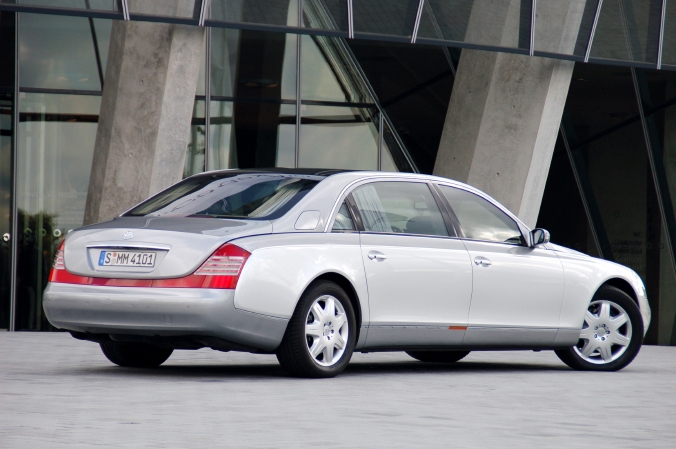
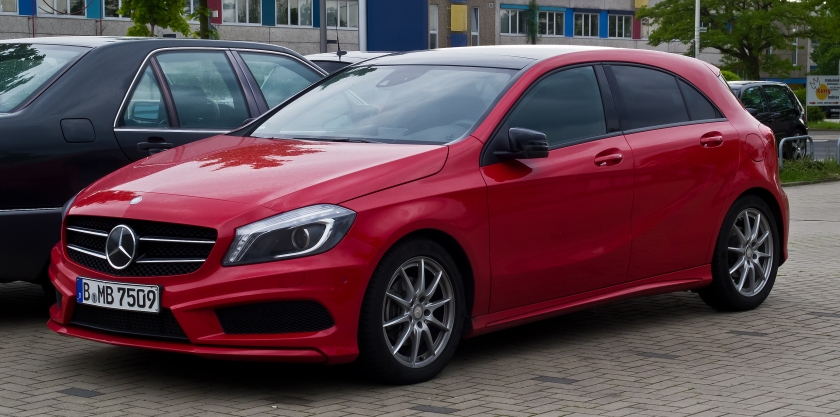
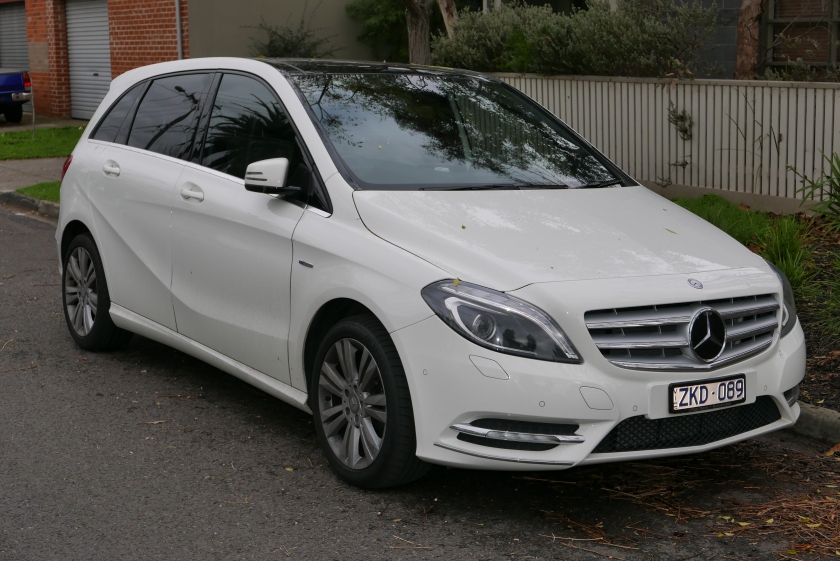
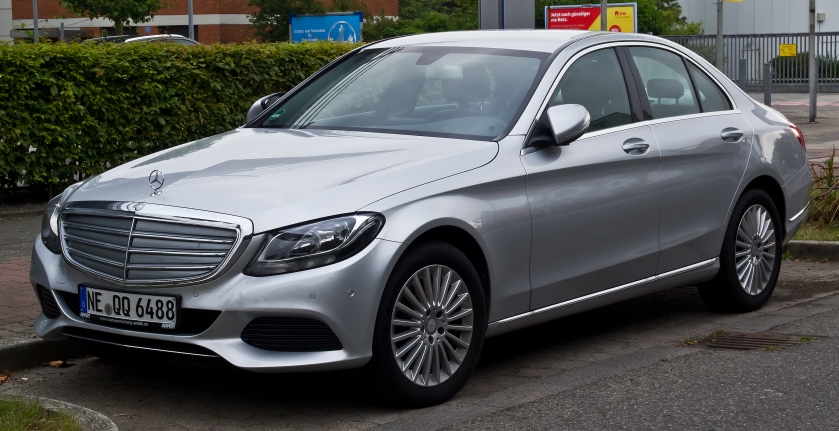
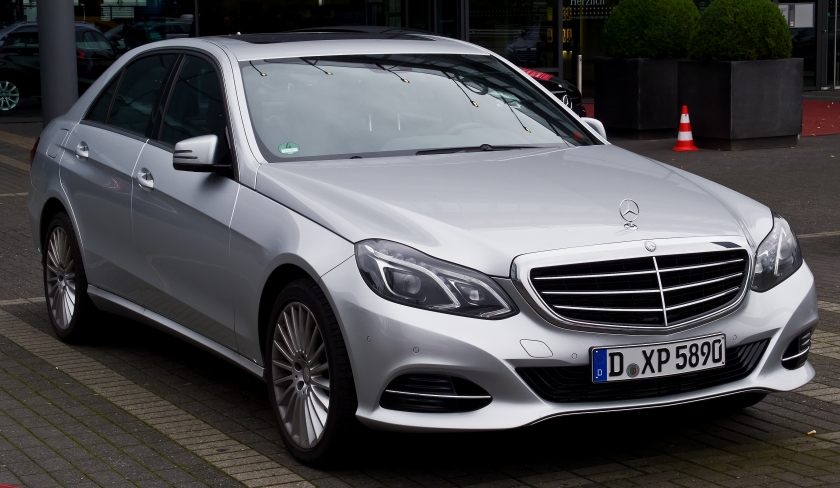
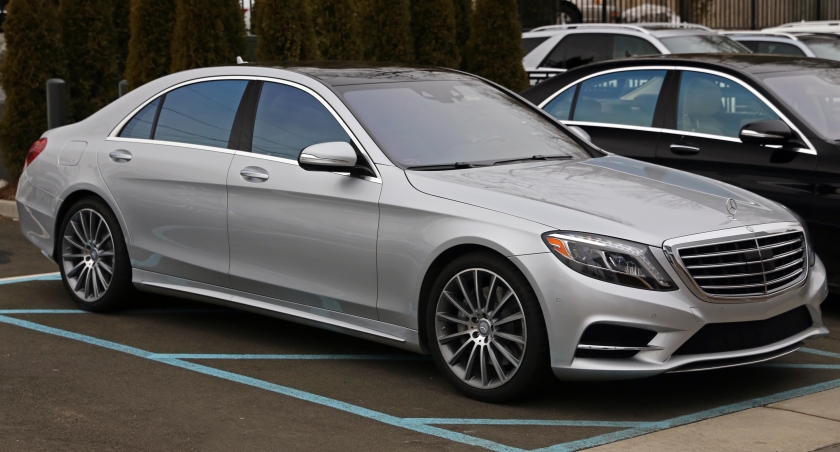
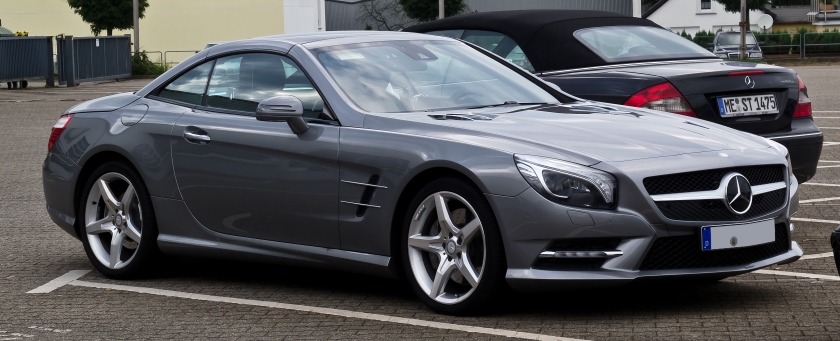
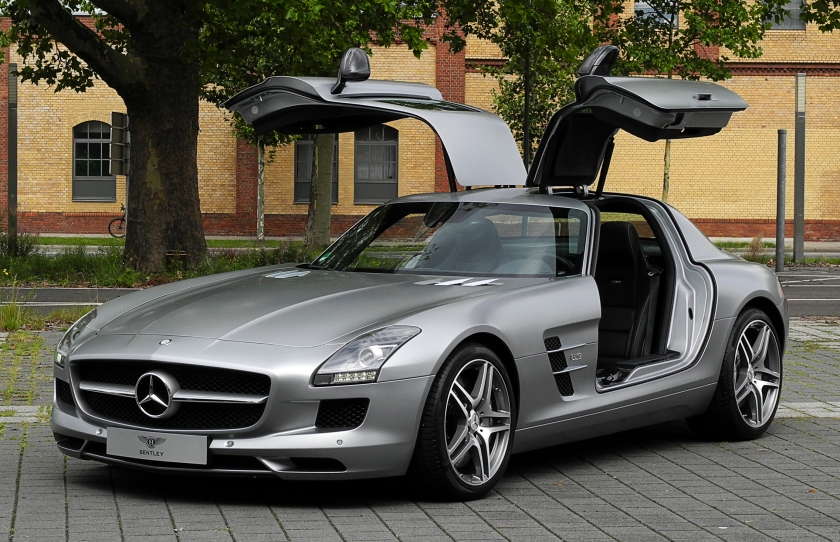
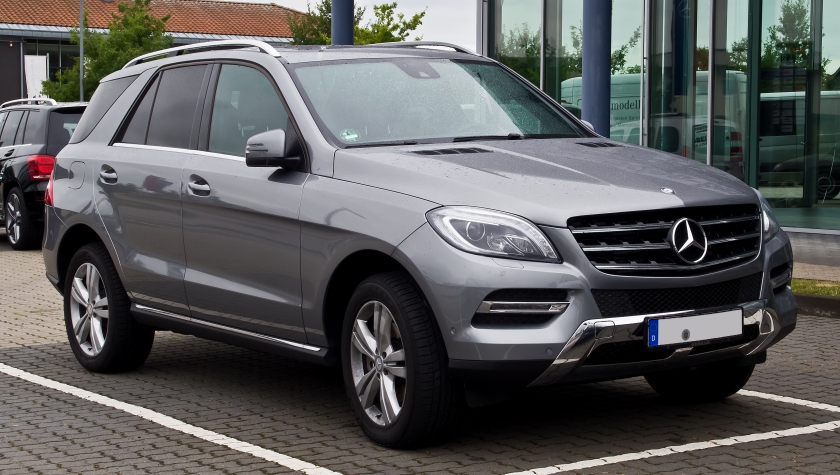
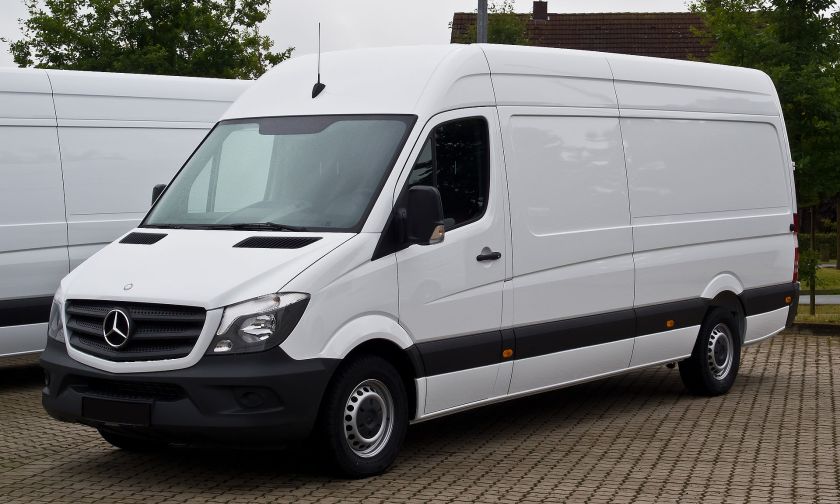
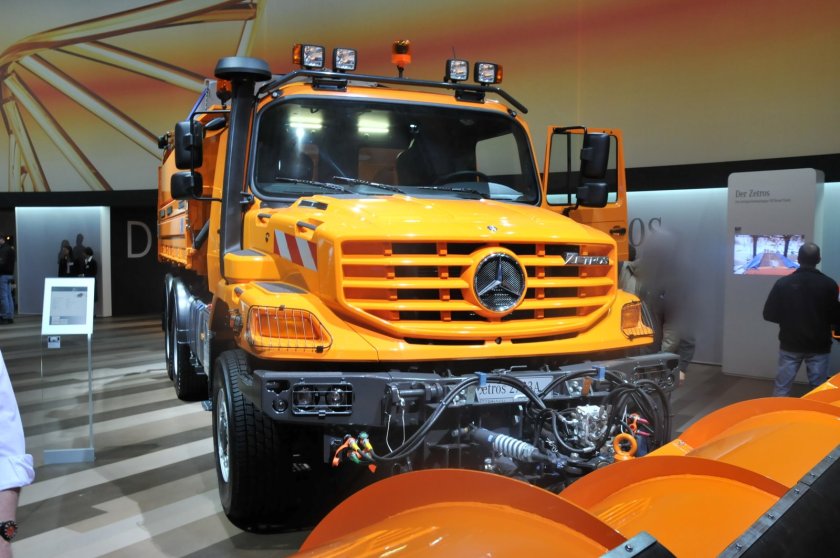
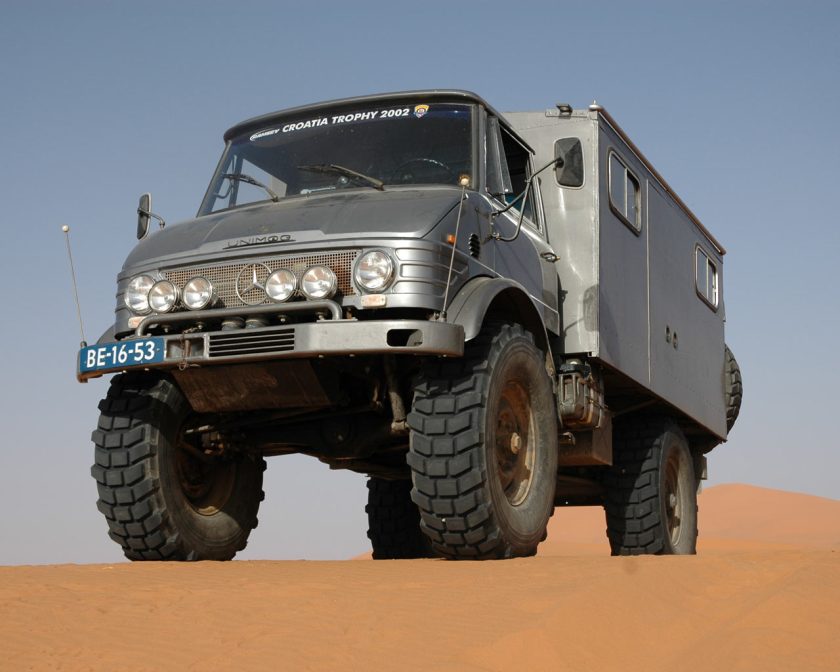
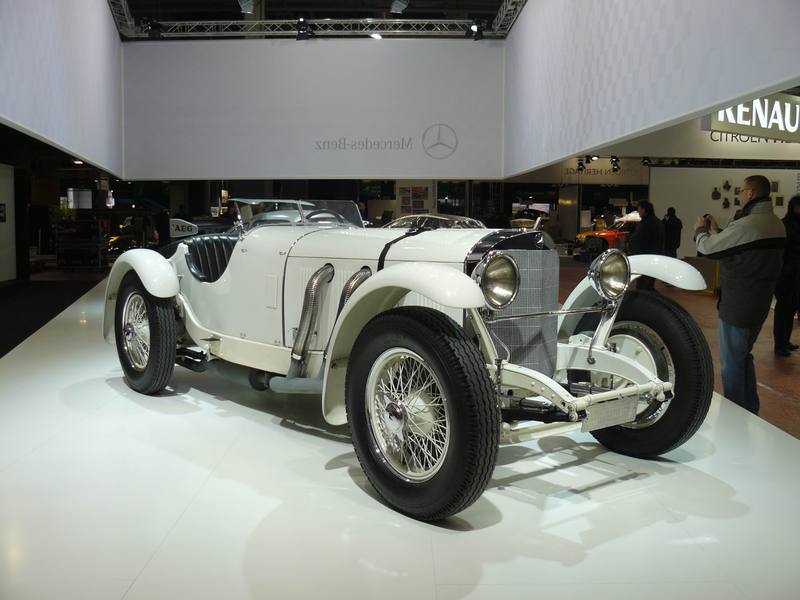 1928:
1928: 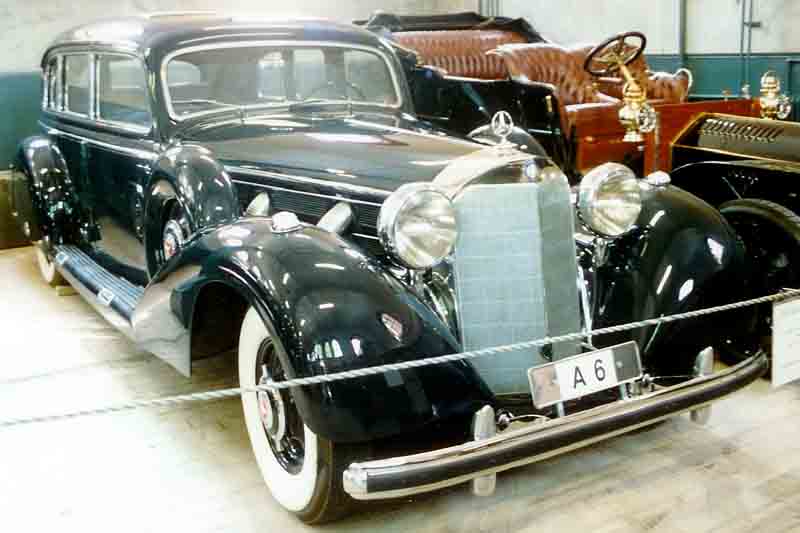 1930:
1930: 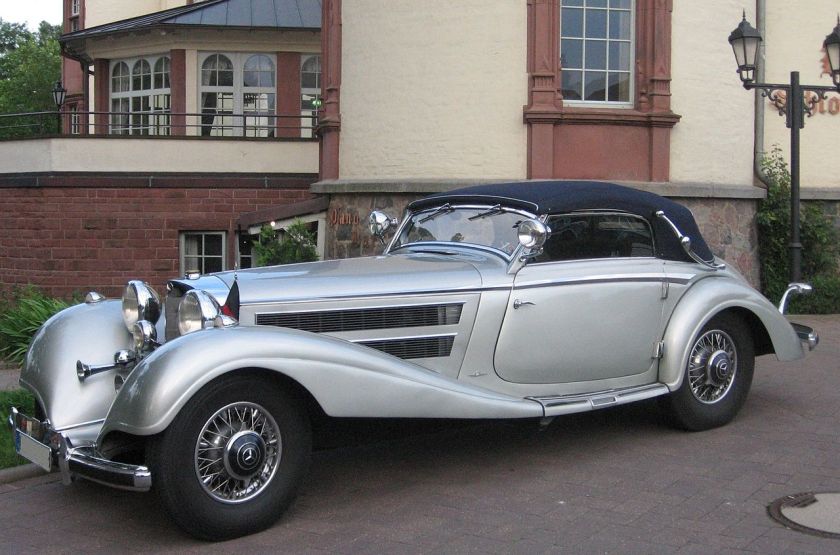 Mercedes Benz 500K 1934:
Mercedes Benz 500K 1934: 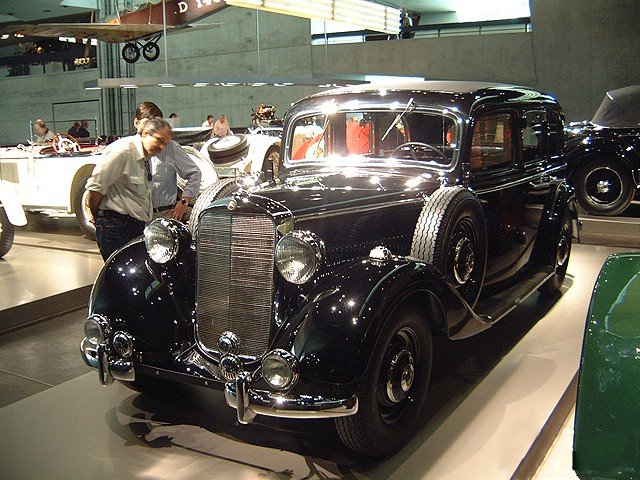 1936:
1936: 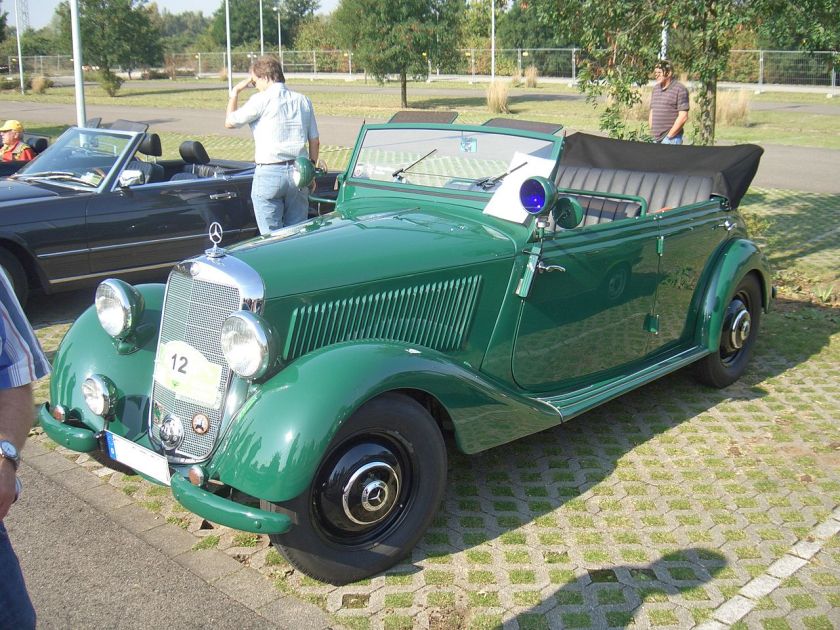 1936:
1936: 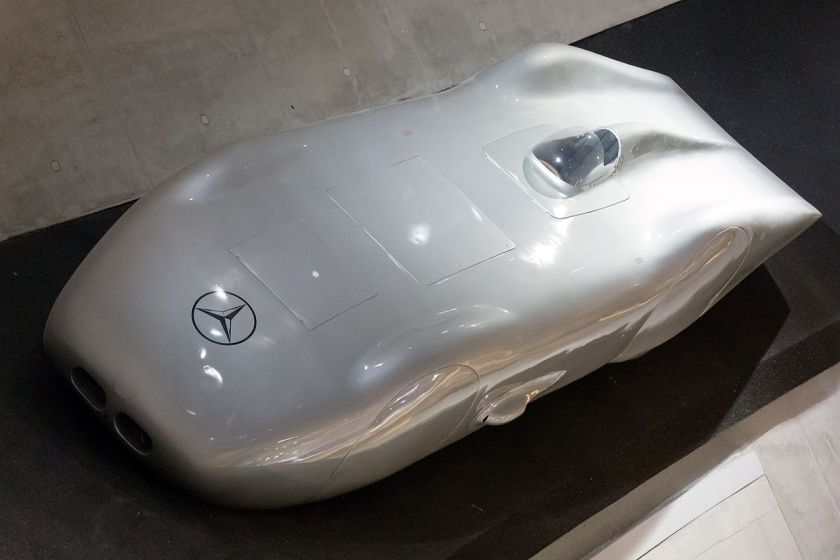 1938:
1938: 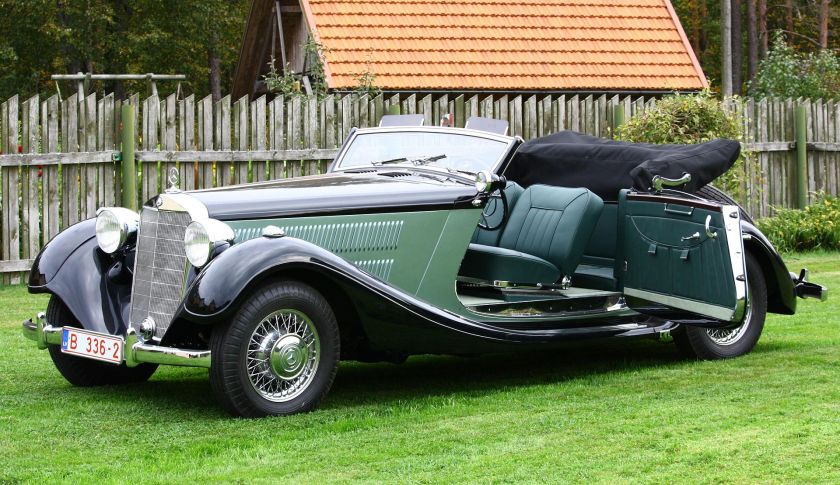 1939:
1939: 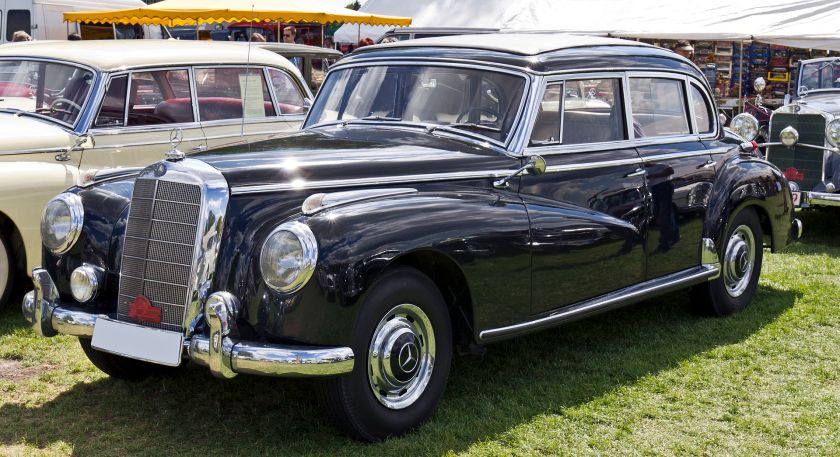 1951:
1951: 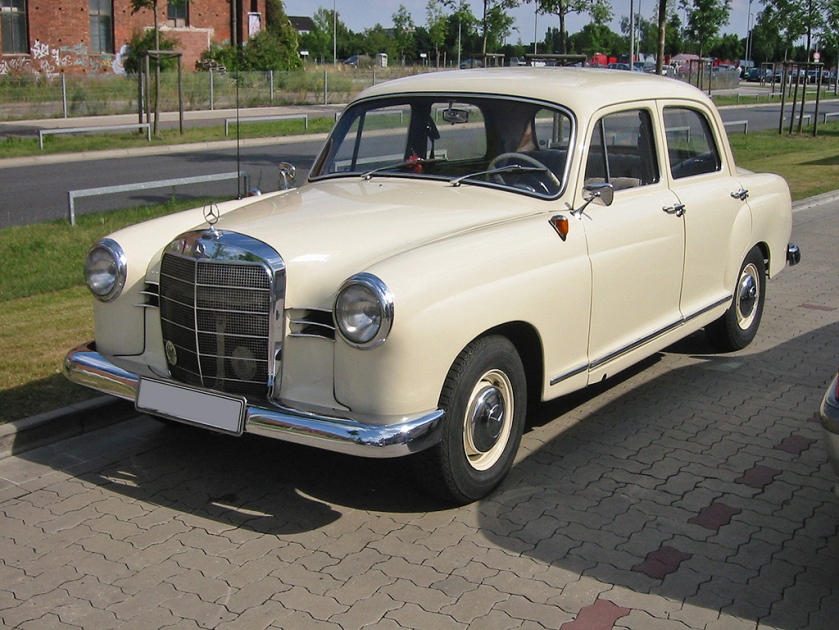 1953:
1953: 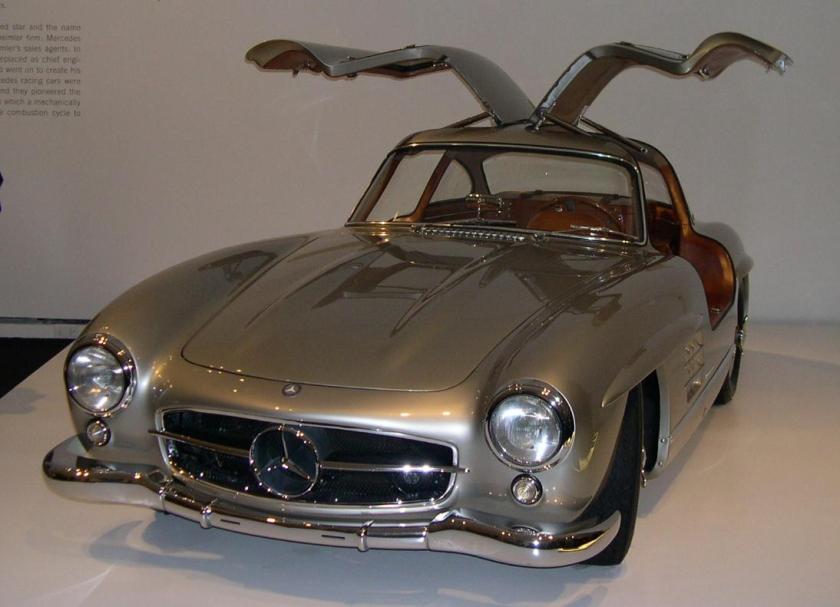 1954:
1954: 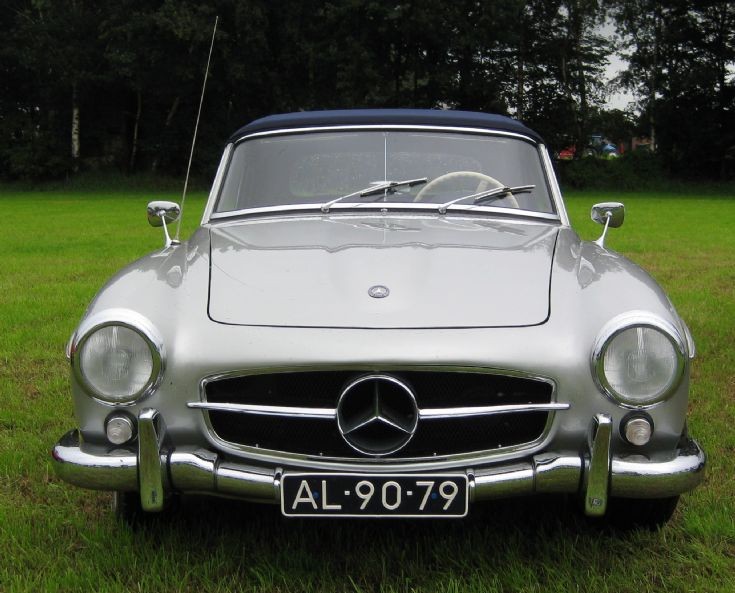 1956:
1956: 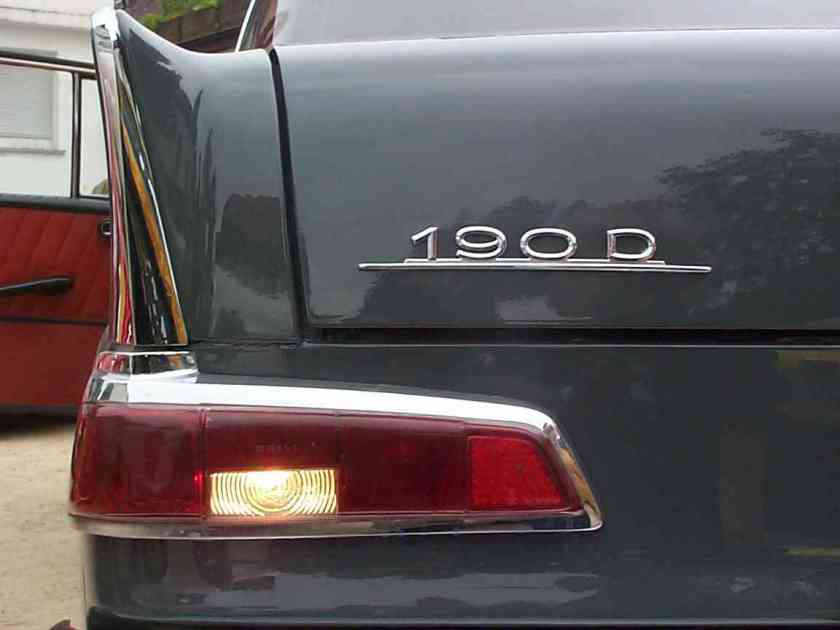 1959:
1959: 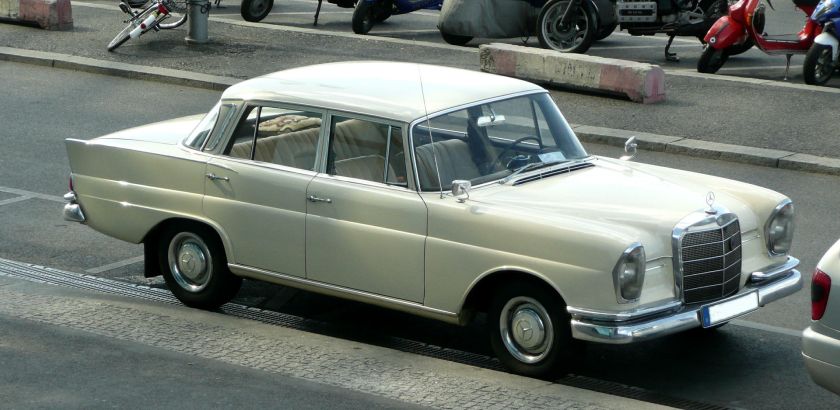 1960:
1960: 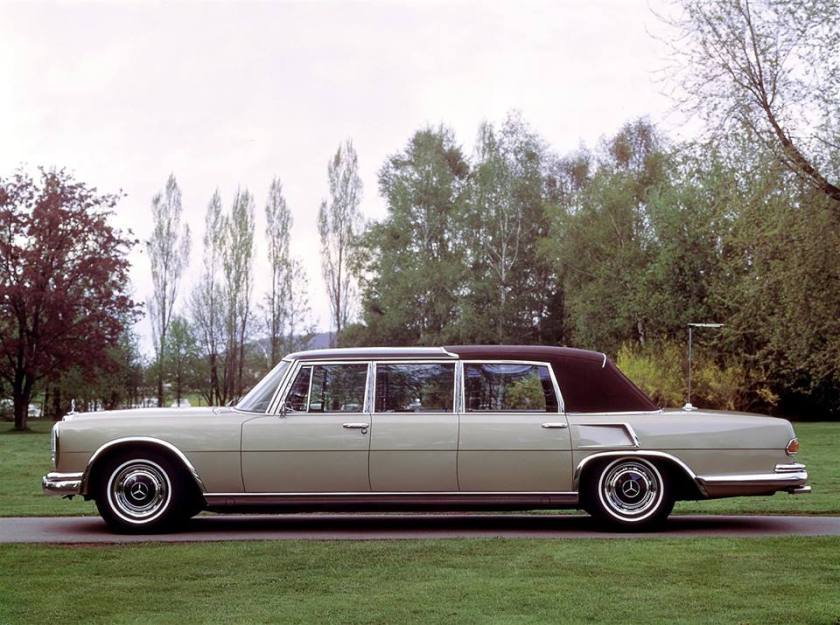 1963:
1963: 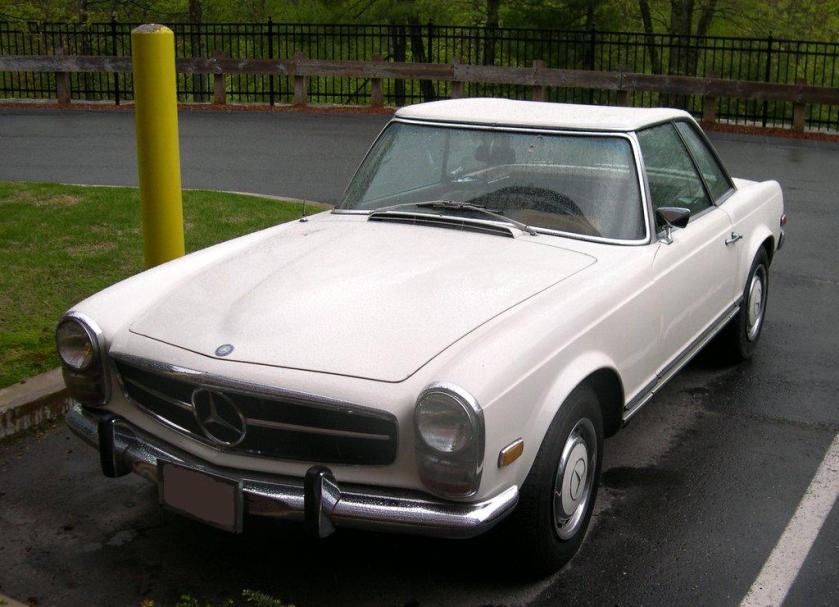 1963:
1963: 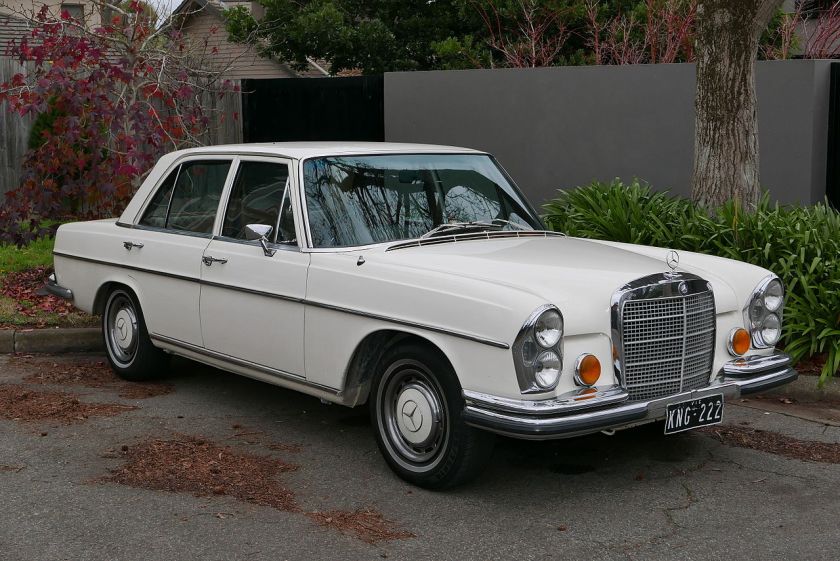 1965:
1965: 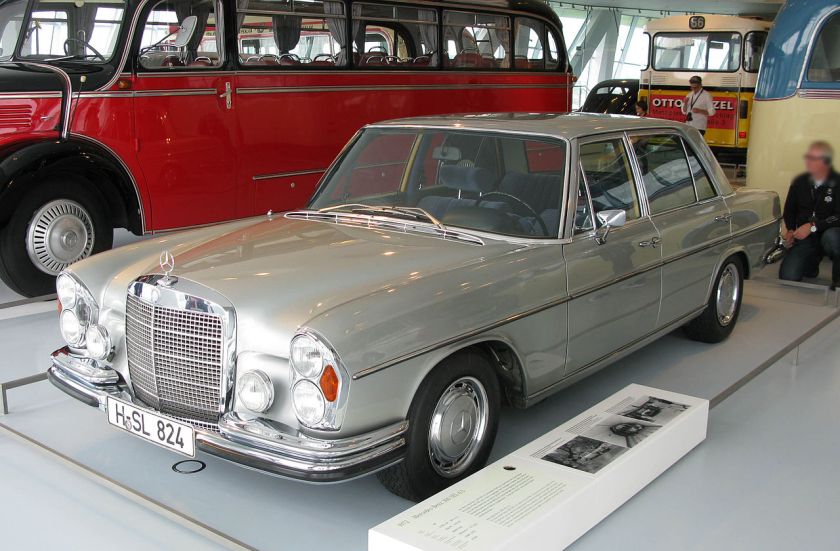 1966:
1966: 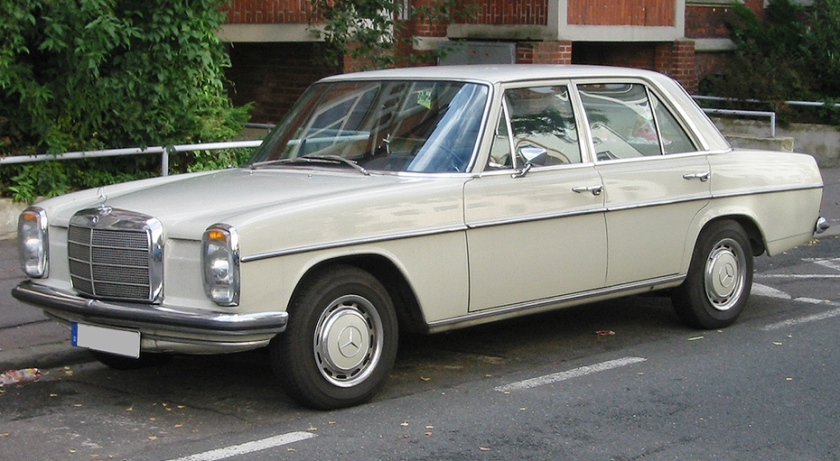 1968:
1968: 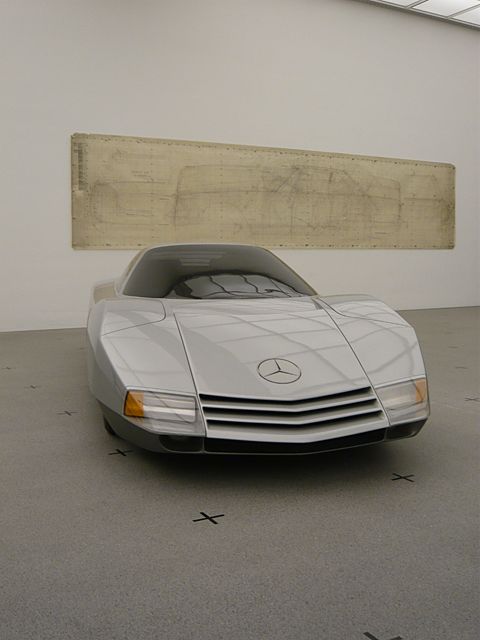 1969:
1969:  1972:
1972: 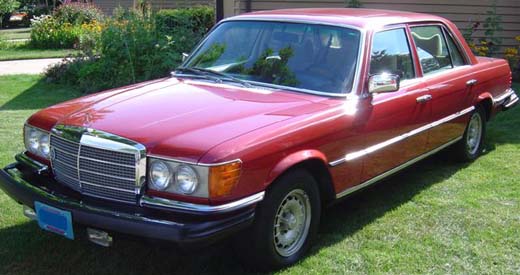 1974:
1974: 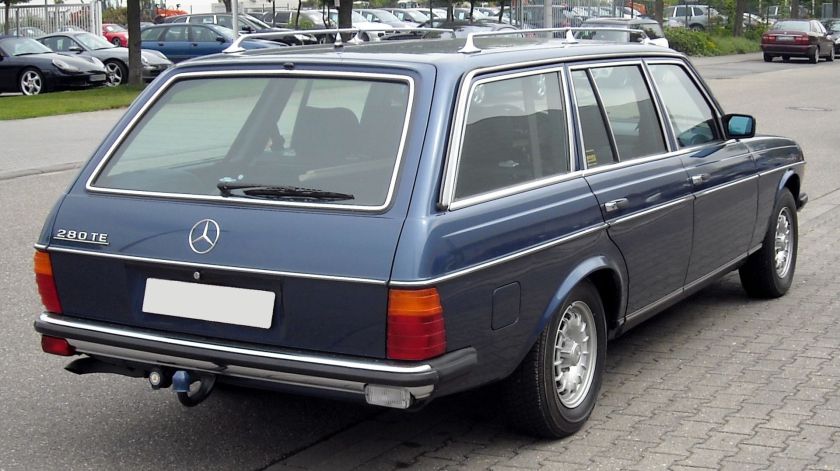 1977:
1977: 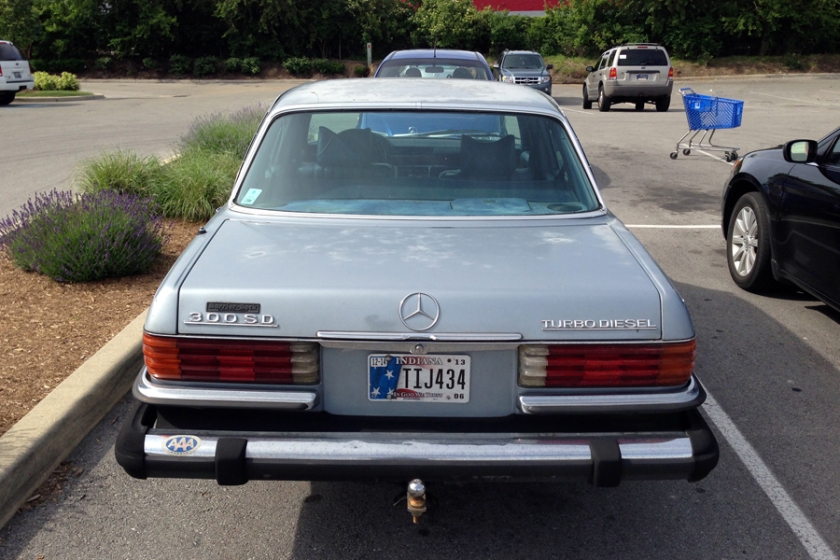 1978:
1978:  1979:
1979: 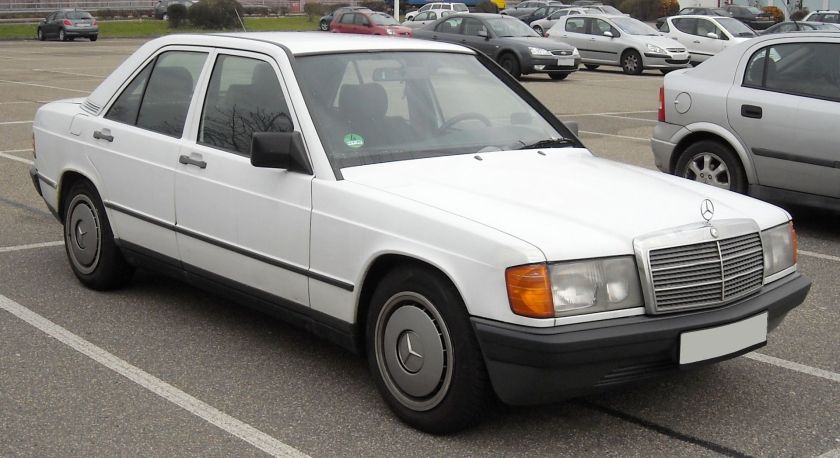 1983:
1983: 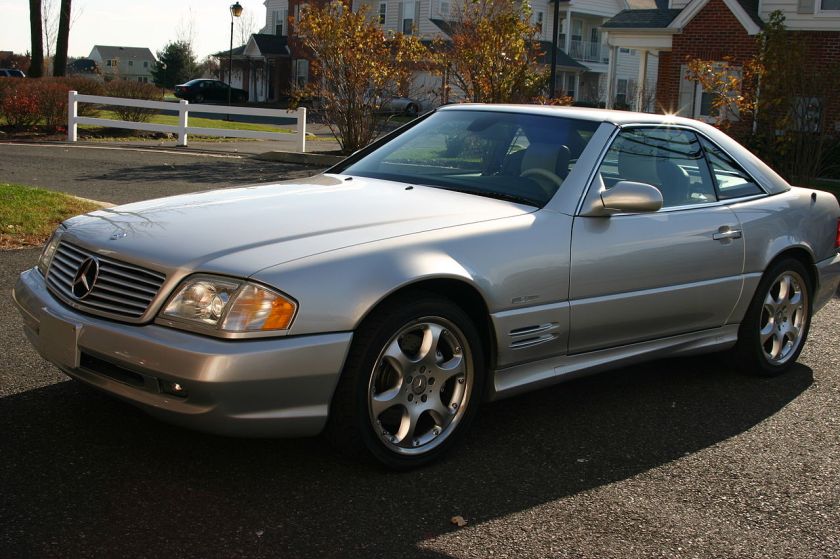 1989:
1989: 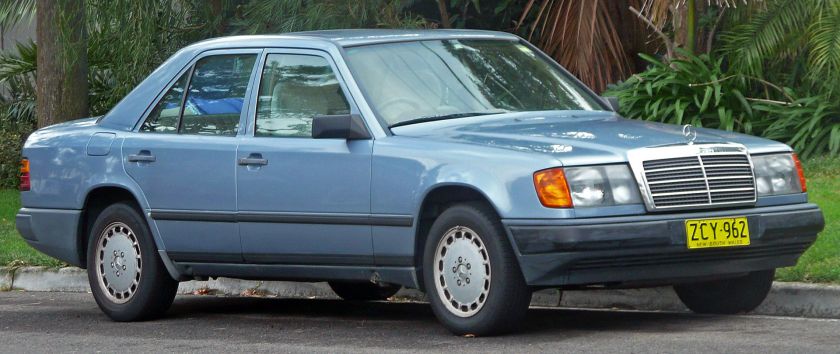 1990:
1990: 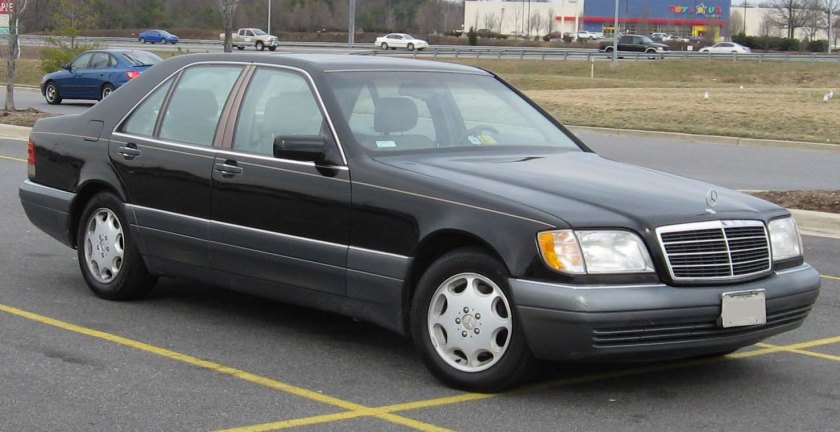 1991:
1991: 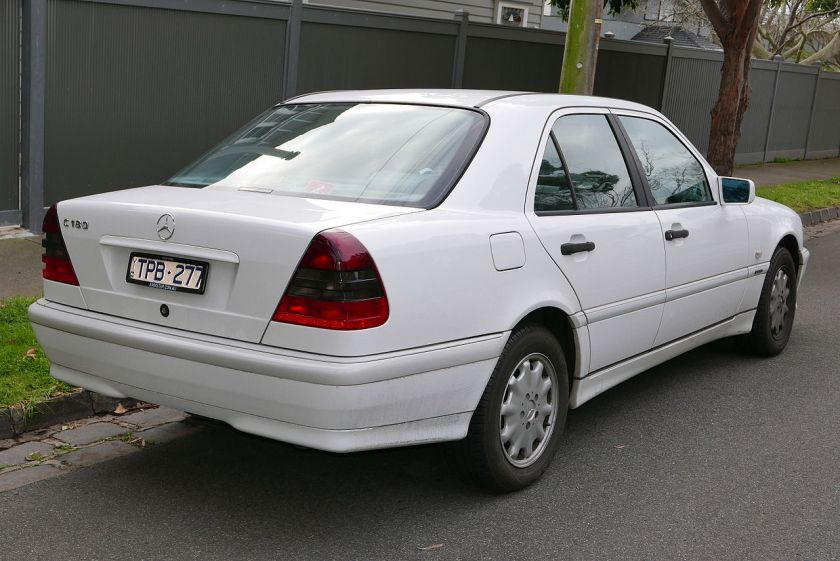 1993:
1993: 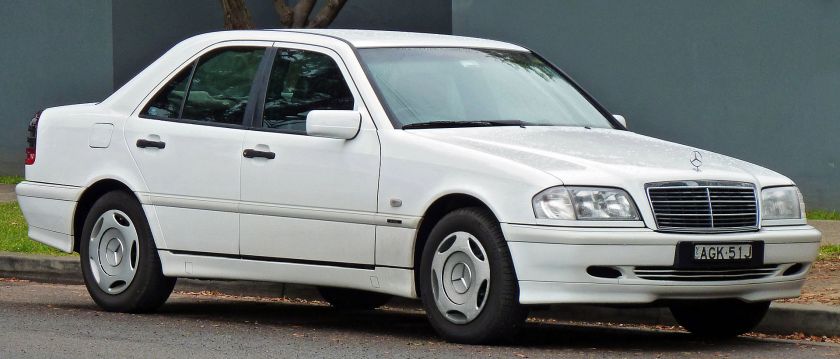 1995:
1995: 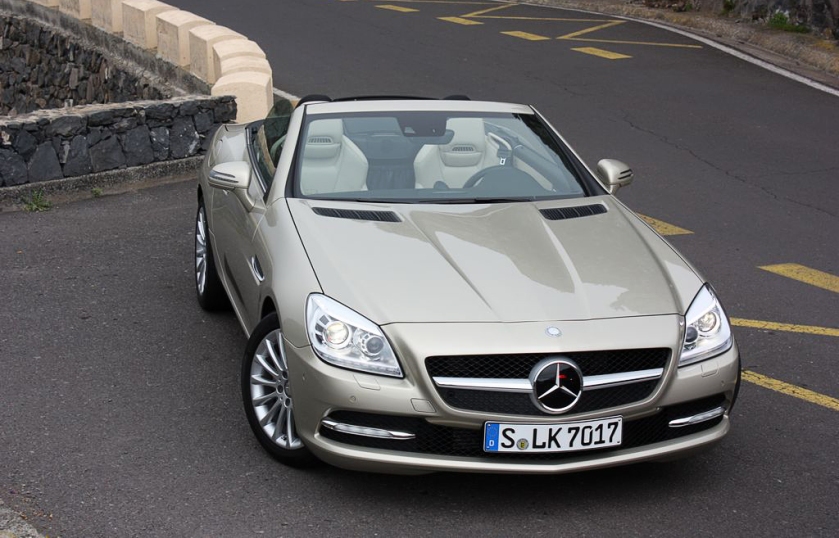 1996:
1996: 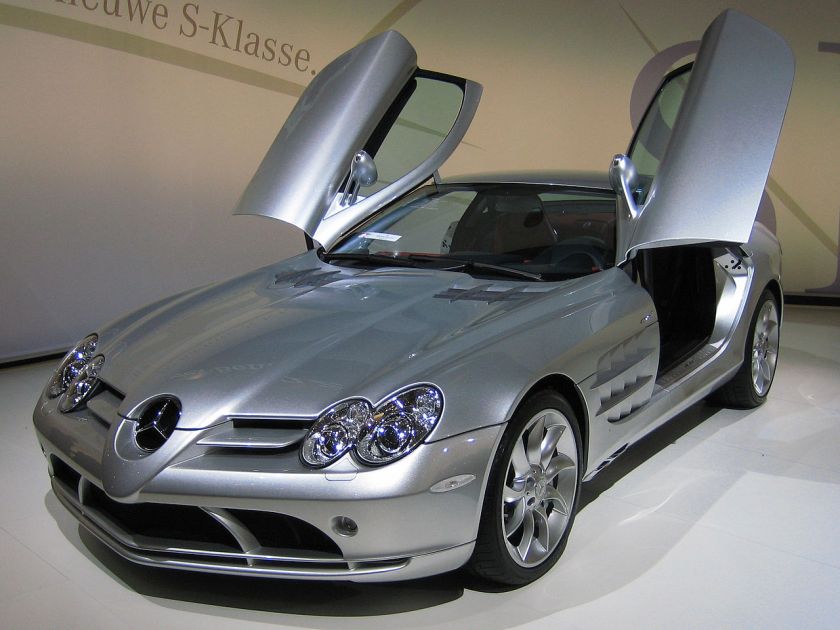 2004:
2004: 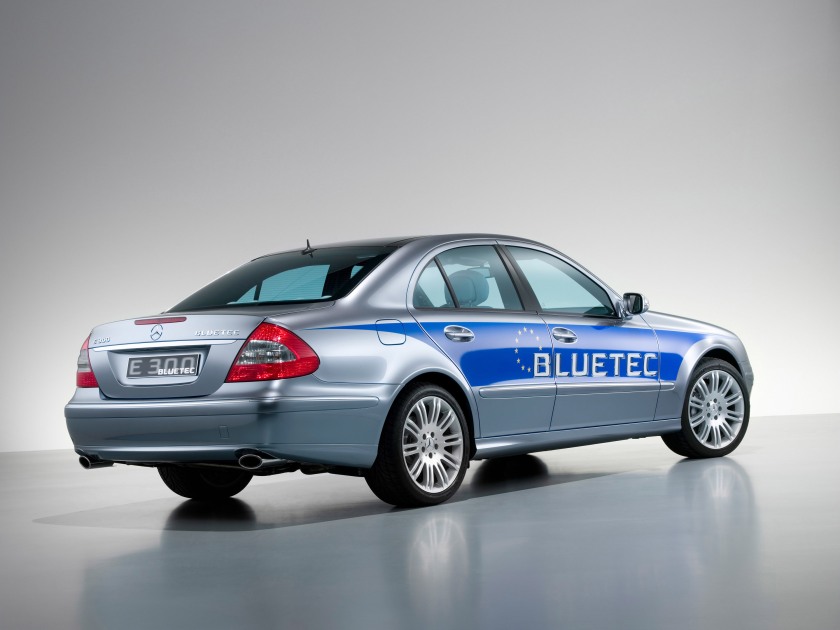
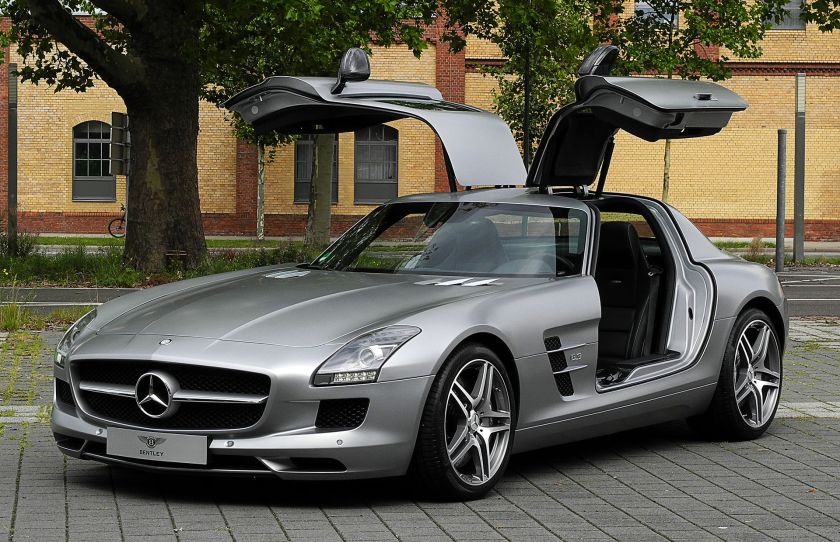 2010:
2010: 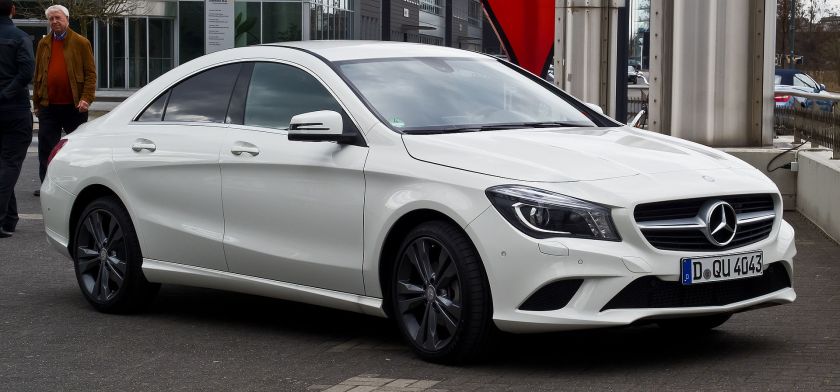 2013:
2013: 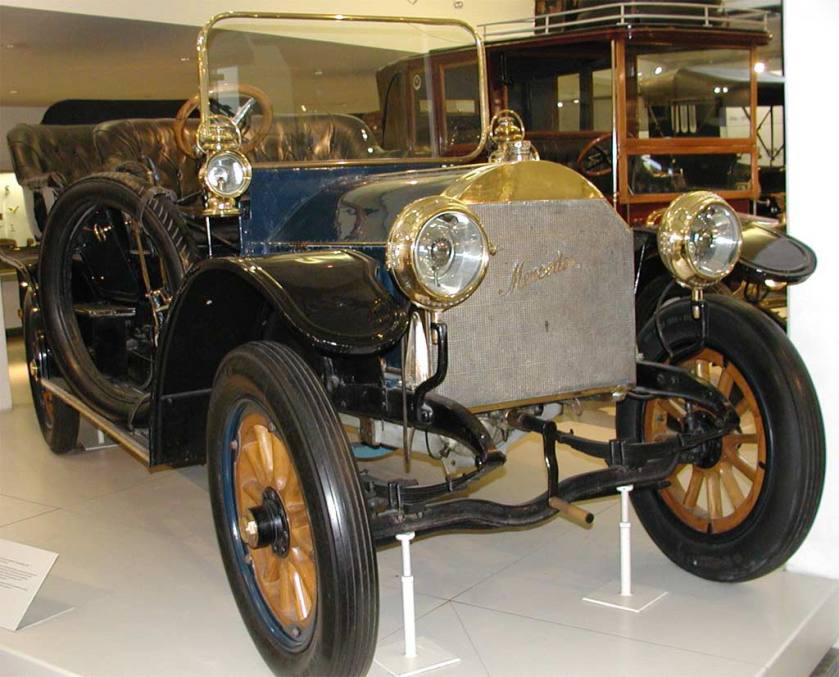
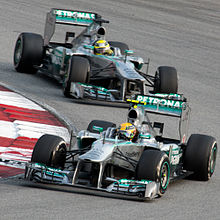


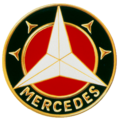



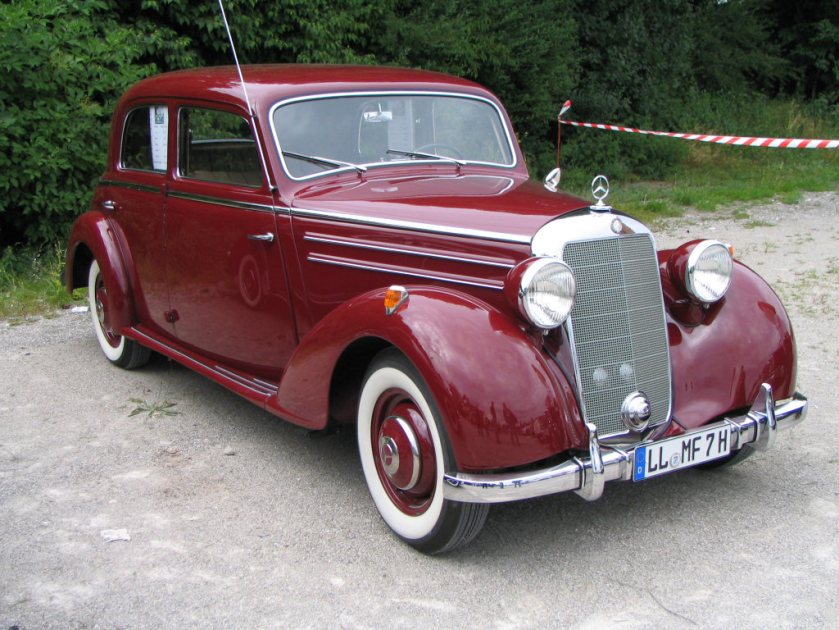
 1938 (1936-40) Mercedes Benz 260D W138 In 1936, the
1938 (1936-40) Mercedes Benz 260D W138 In 1936, the 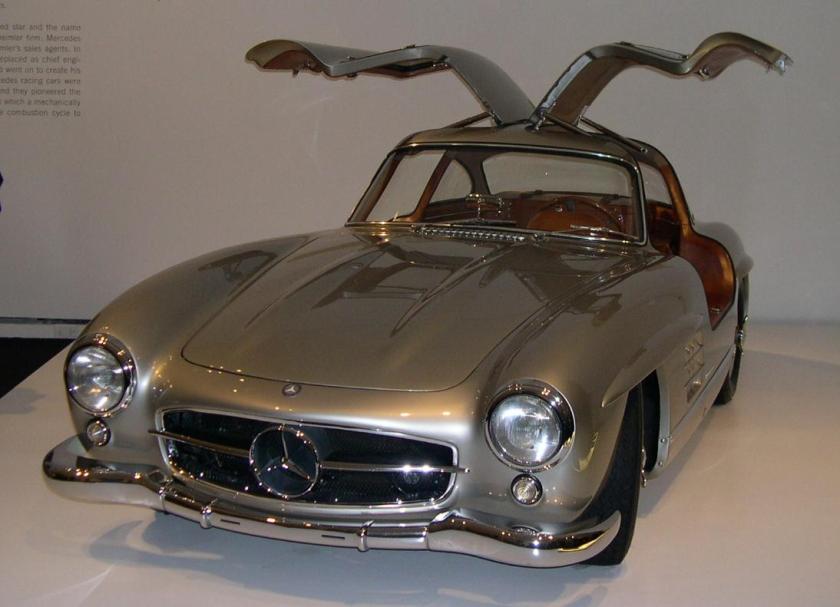 Mercedes-Benz were the first to offer direct fuel injection on the (1955)
Mercedes-Benz were the first to offer direct fuel injection on the (1955)